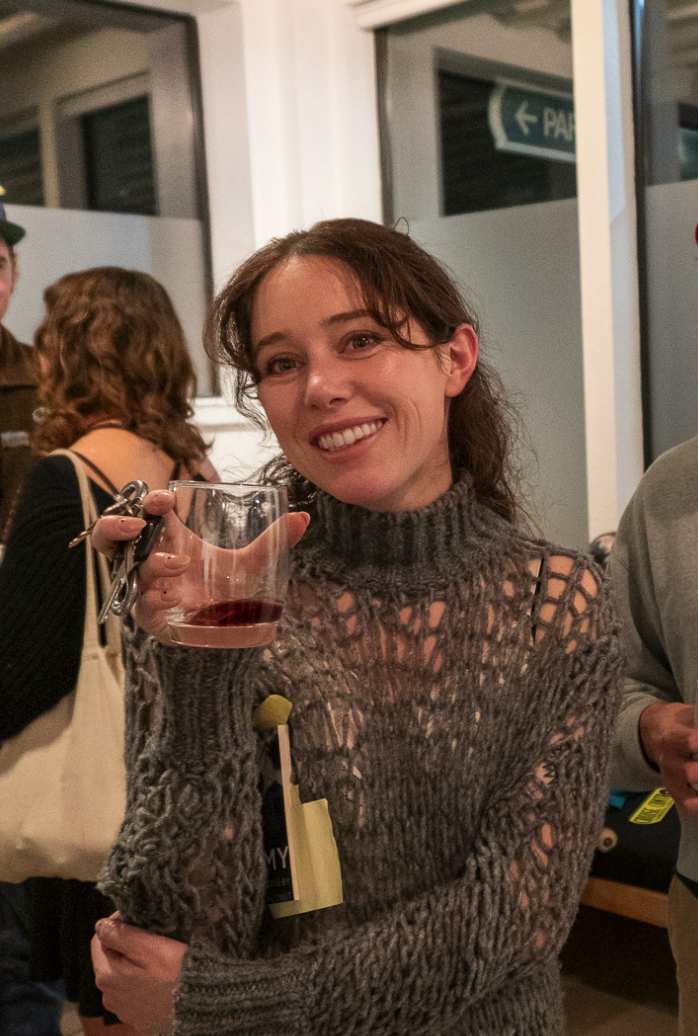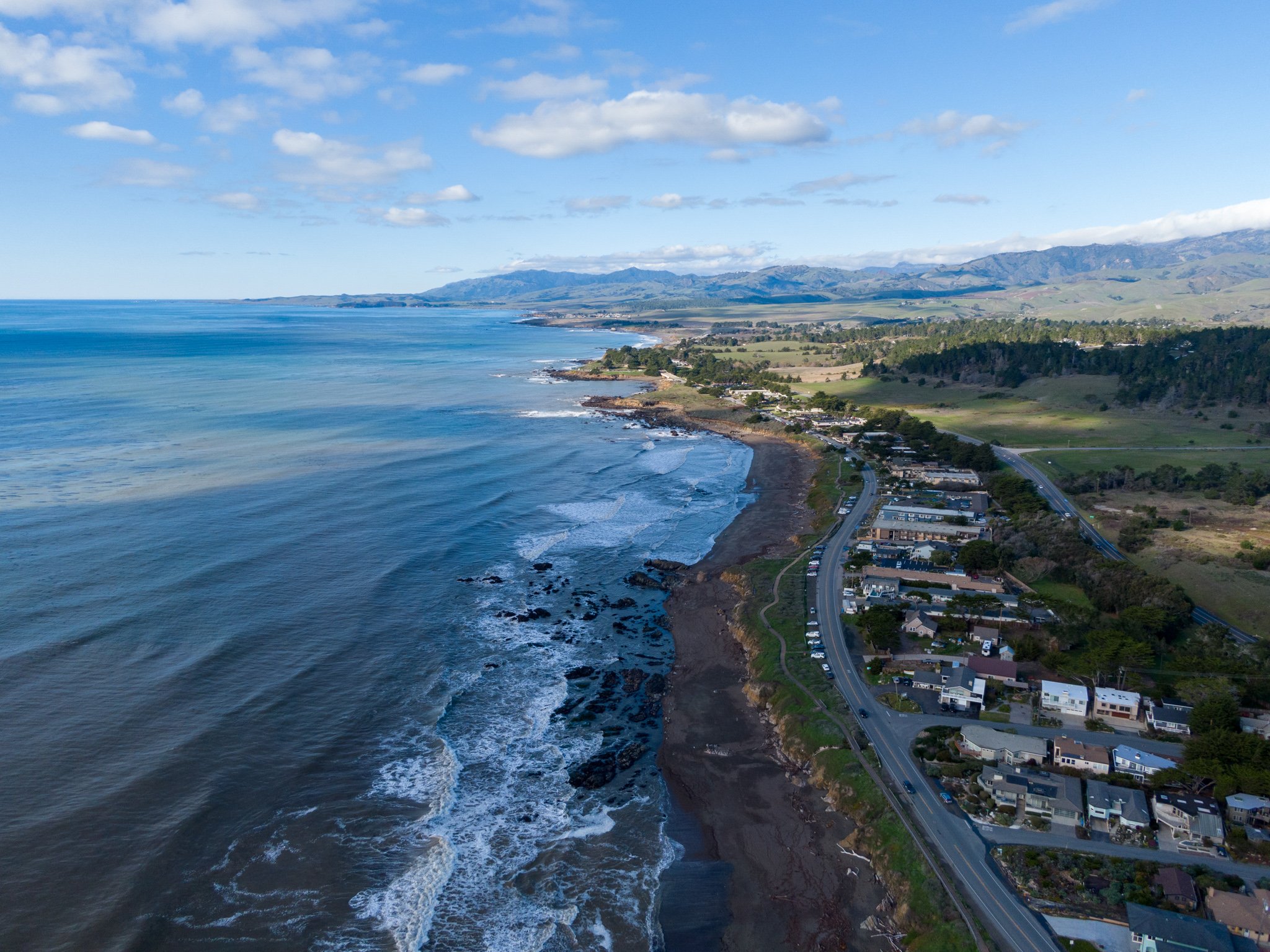
a casual coastal contemporary art gallery
1075 Main Street, Cambria
scroll to the bottom for every show in reverse chronological order
PAINTED IN GRAYSCALE WASHES THAT WAVER BETWEEN CLARITY AND FOG, IDLE HEART FEELS LIKE MEMORY RENDERED VISIBLE. TRUCKS IDLE ON DESERT ROADS. BILLBOARDS STAND BLANK AGAINST MOUNTAIN RANGES. A HORIZON SOFTENS AND SLIPS AWAY. THE PAPER ITSELF, WEATHERED AND UNEVEN, CARRIES THE WEIGHT OF TIME – INVITING VIEWERS TO SLOW DOWN, TO LOOK LONGER, TO SENSE THE IMPERMANENCE IN THE EVERYDAY. THESE ARE NOT SCENES OF NOSTALGIA SO MUCH AS MEDITATIONS ON THE PASSAGE OF THINGS: PHOTOGRAPHS FADING, ENGINES COOLING, LIGHT CHANGING ACROSS A WINDSHIELD.
FROM HER STUDIO IN MORRO BAY – ROCK SHOP, A STOREFRONT TURNED EXPERIMENTAL SPACE, FUSCO CULTIVATES A PRACTICE THAT FOLDS ART-MAKING INTO THE DAILY RHYTHMS OF HER COASTAL LIFE. BETWEEN MORNING WALKS WITH HER DOG AND EVENINGS BY THE PACIFIC, SHE BRINGS PEOPLE TOGETHER AT ROCK SHOP FOR SHARED HOURS OF MAKING, WRITING, AND CONVERSATION. THAT SAME QUIET GENEROSITY THREADS THROUGH IDLE HEART: THE BELIEF THAT ATTENTION ITSELF CAN BE AN ACT OF CARE, AND THAT ART CAN HOLD THE SPACE FOR IT.
ROOTED IN THE LANDSCAPE AND TEMPERAMENT OF THIS PLACE, IDLE HEART ASKS WHAT REMAINS WHEN SPEED FADES. THE SHOW RUNS THROUGH THE END OF THE YEAR AT CRUISE CONTRO CONTEMPORARY IN CAMBRIA, CA – A FITTING FINALE TO A YEAR DEFINED BY REFLECTION, RETURN, AND RENEWAL. SHE IS THE FIRST ARTIST RETURNING FOR A SECOND SOLO SHOW HERE AT CCC.
JOANNA FUSCO B. 1989 ROME ITALY
BACKGROUND IN PRINTMAKING AND LITHOGRAPHY
FINE ARTS DEGREE FROM PRATT INSTITUTE BK
ARTIST, WRITER, INTERNET CARETAKER
LIVES IN A TRAILER WITH HER DOG ZEN ON CA'S CENTRAL COAST
LOVES WEARING HATS AND BEING ALONE.
THIS IS HER FOURTH SOLO SHOW.


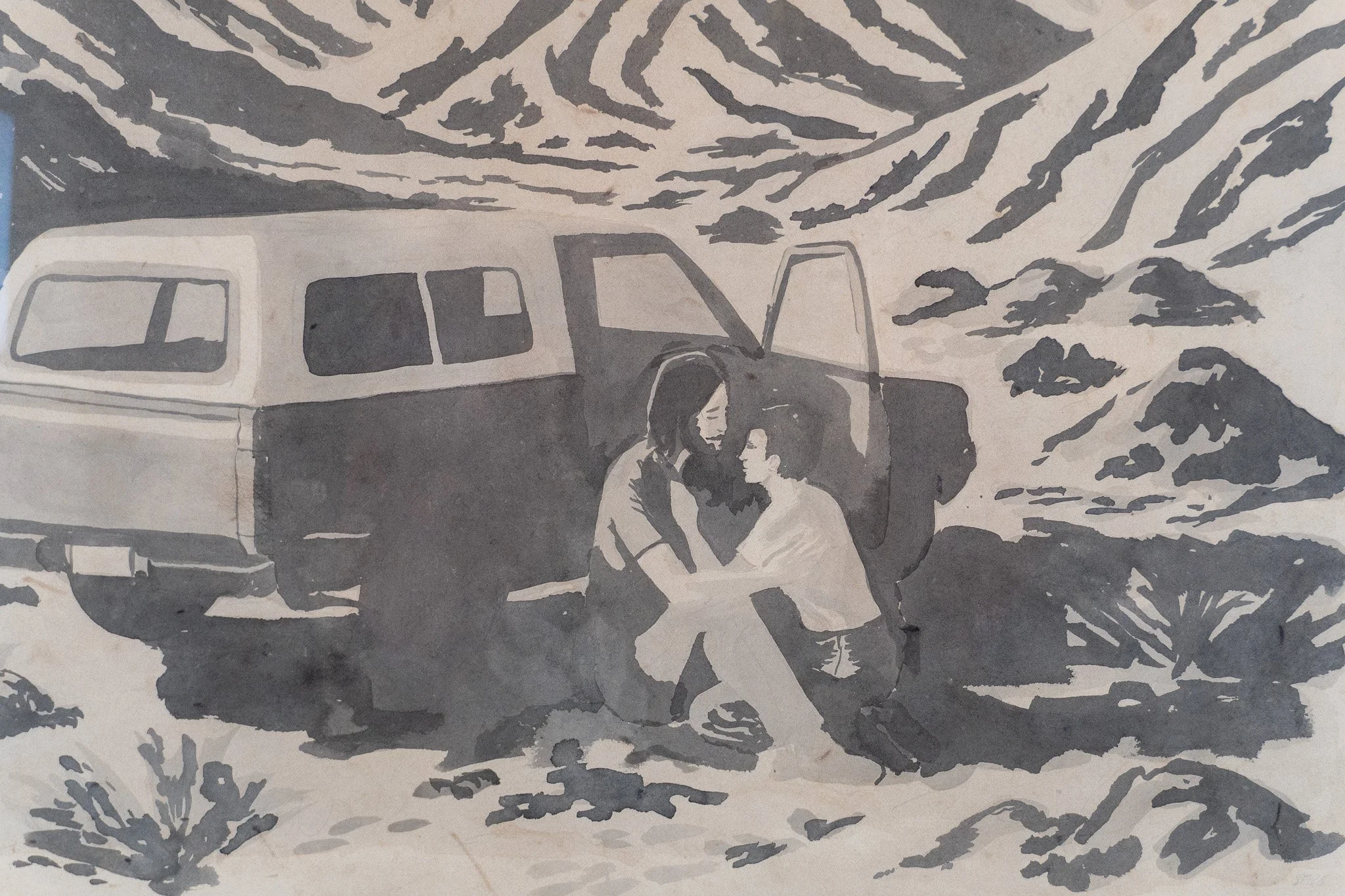


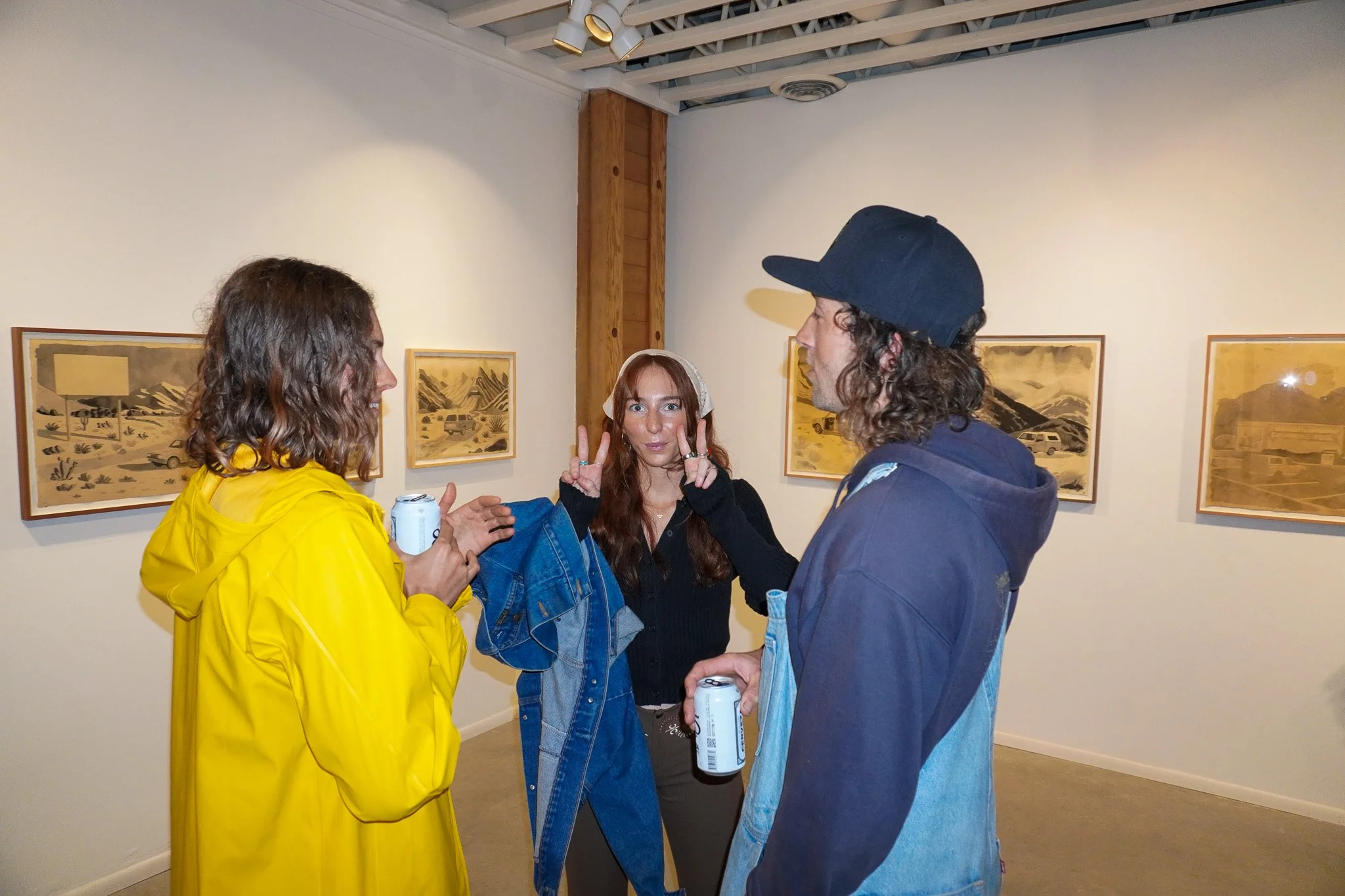

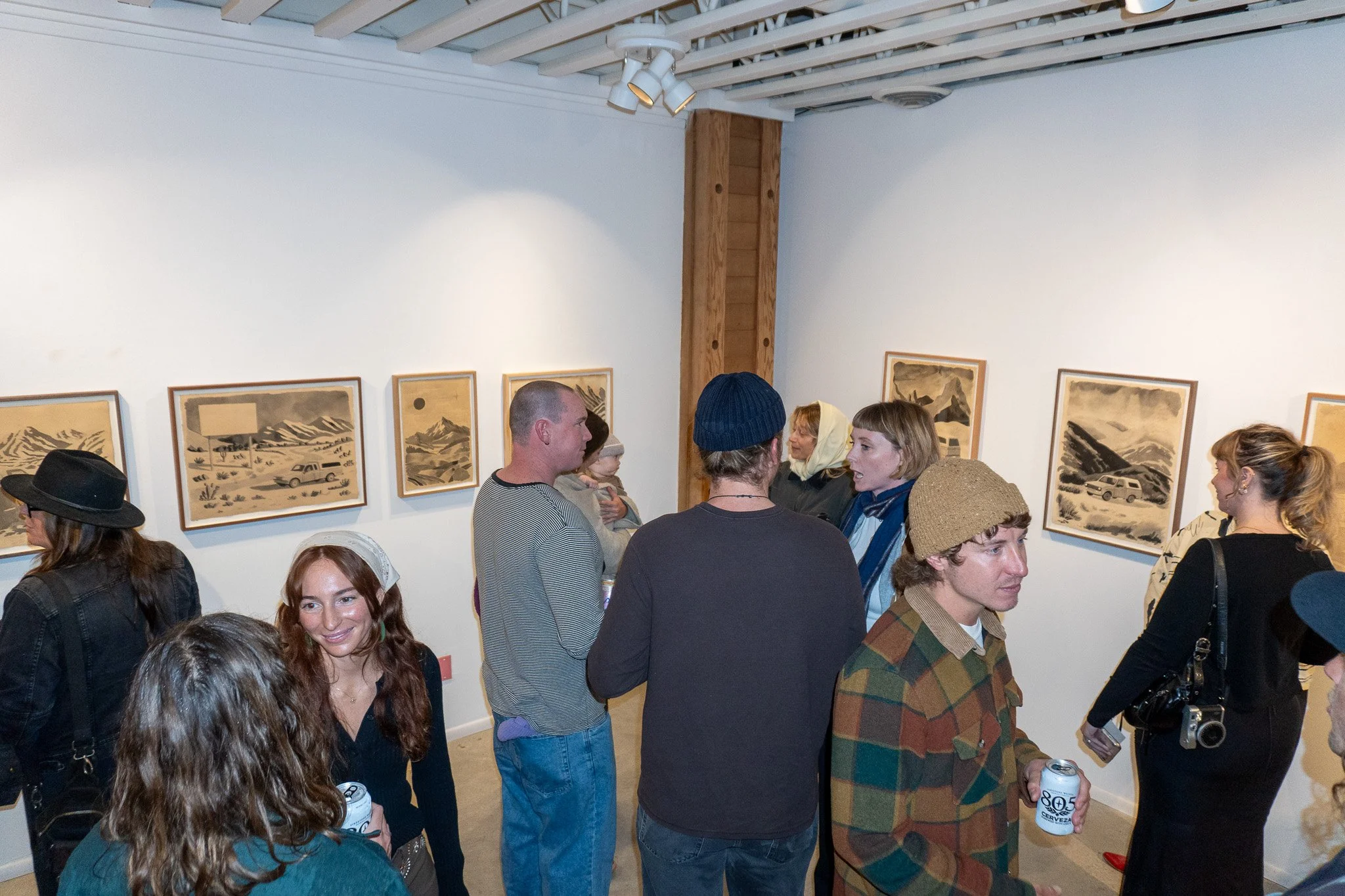

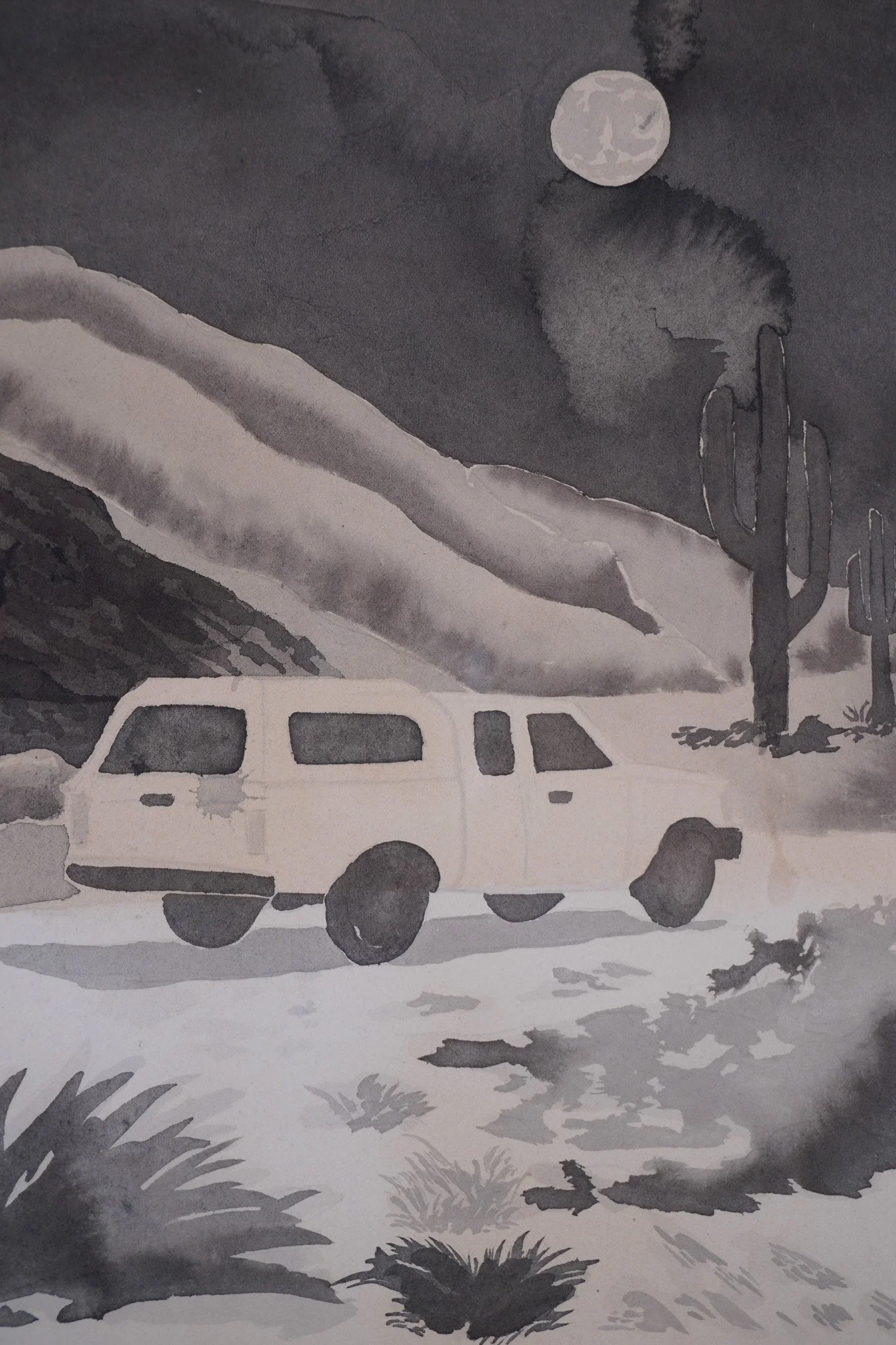
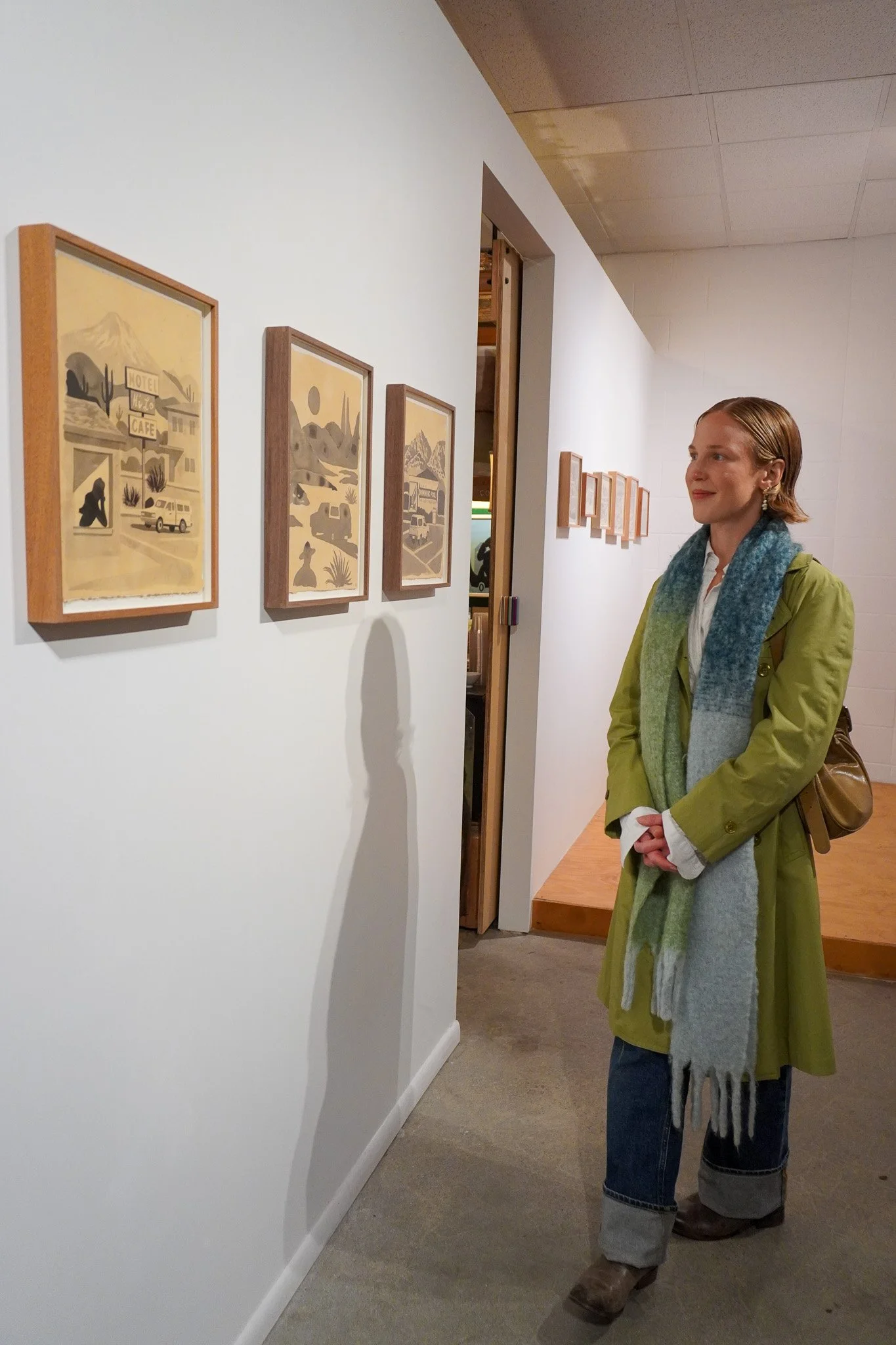

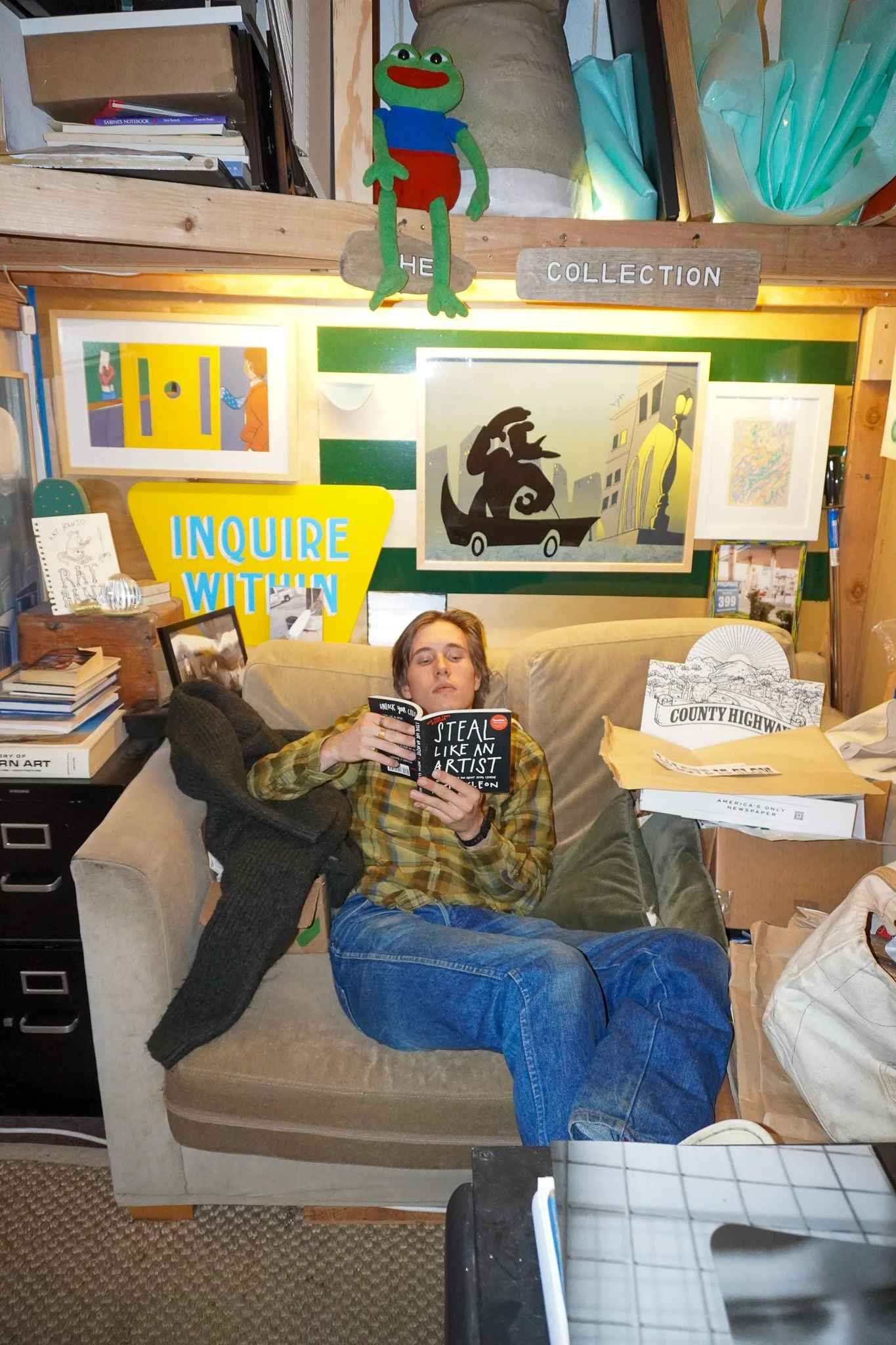

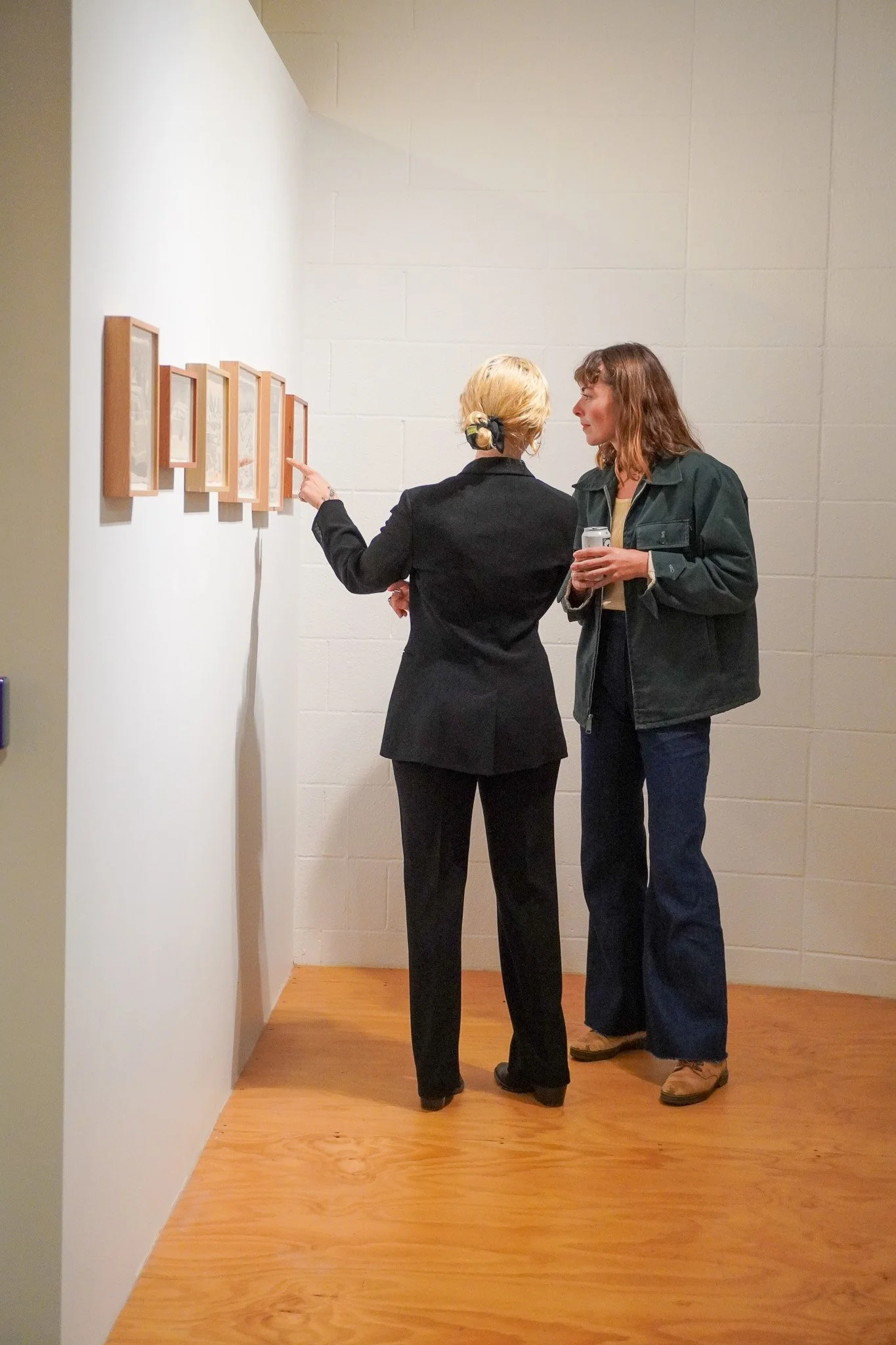




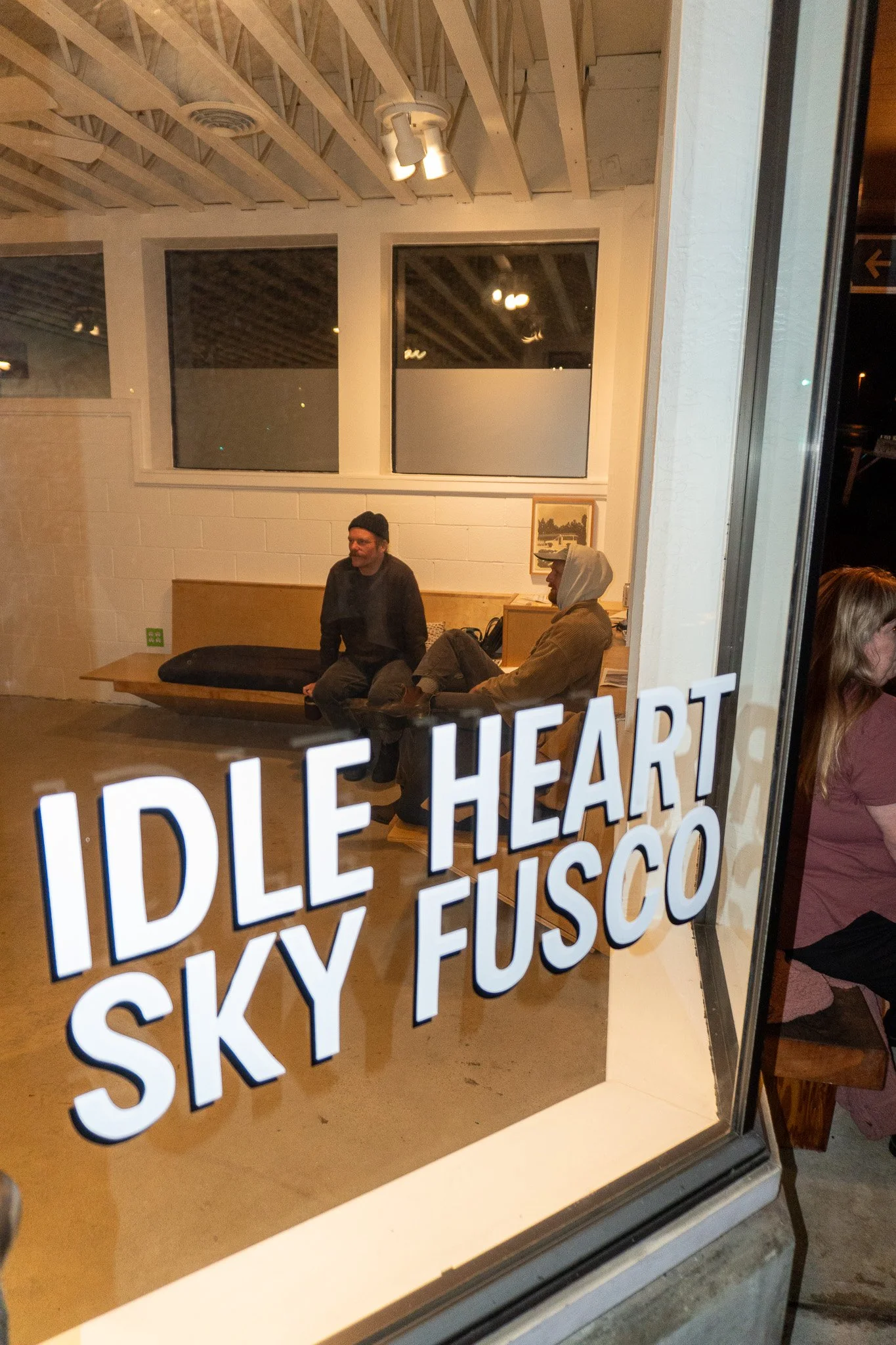
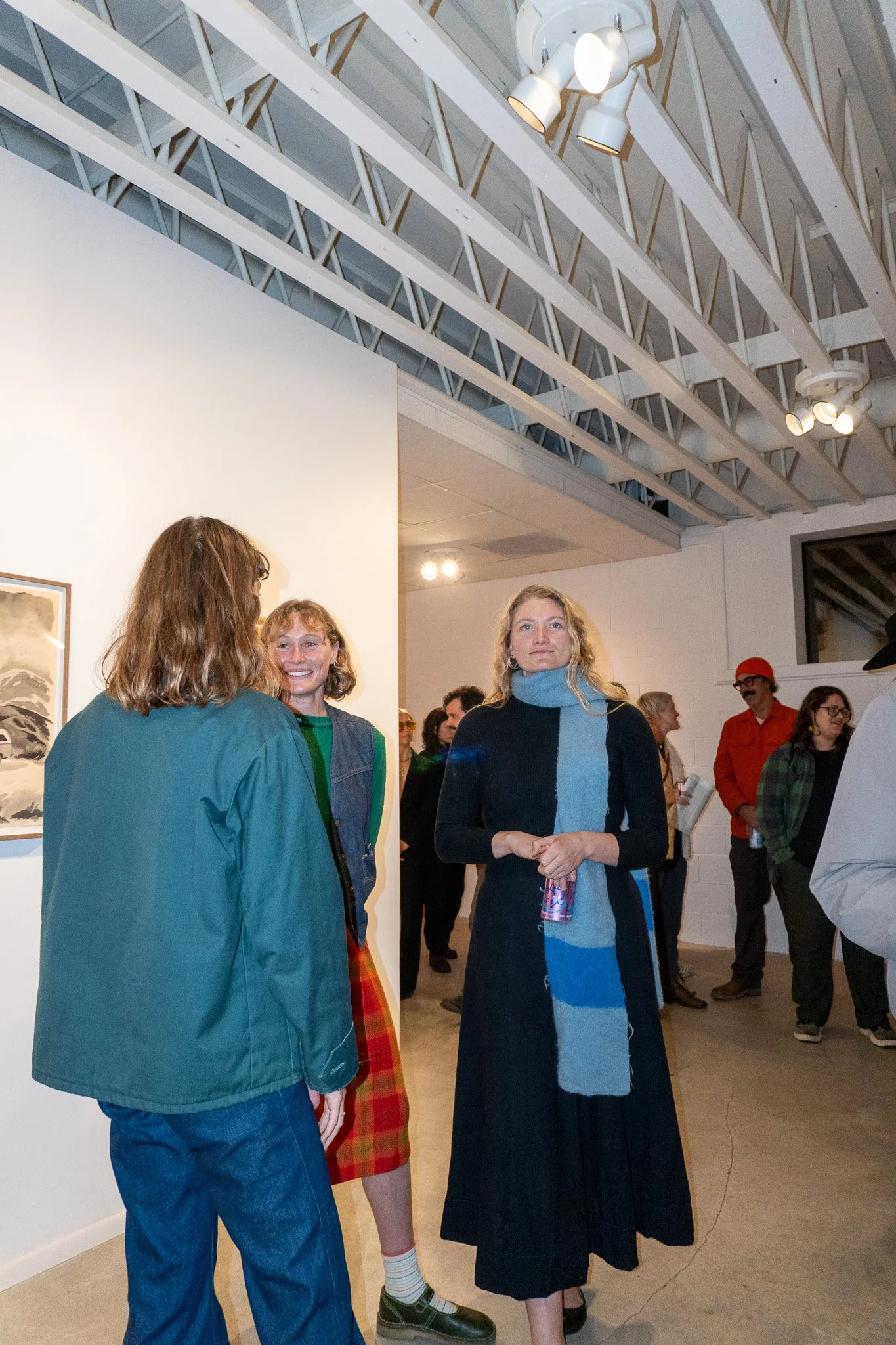



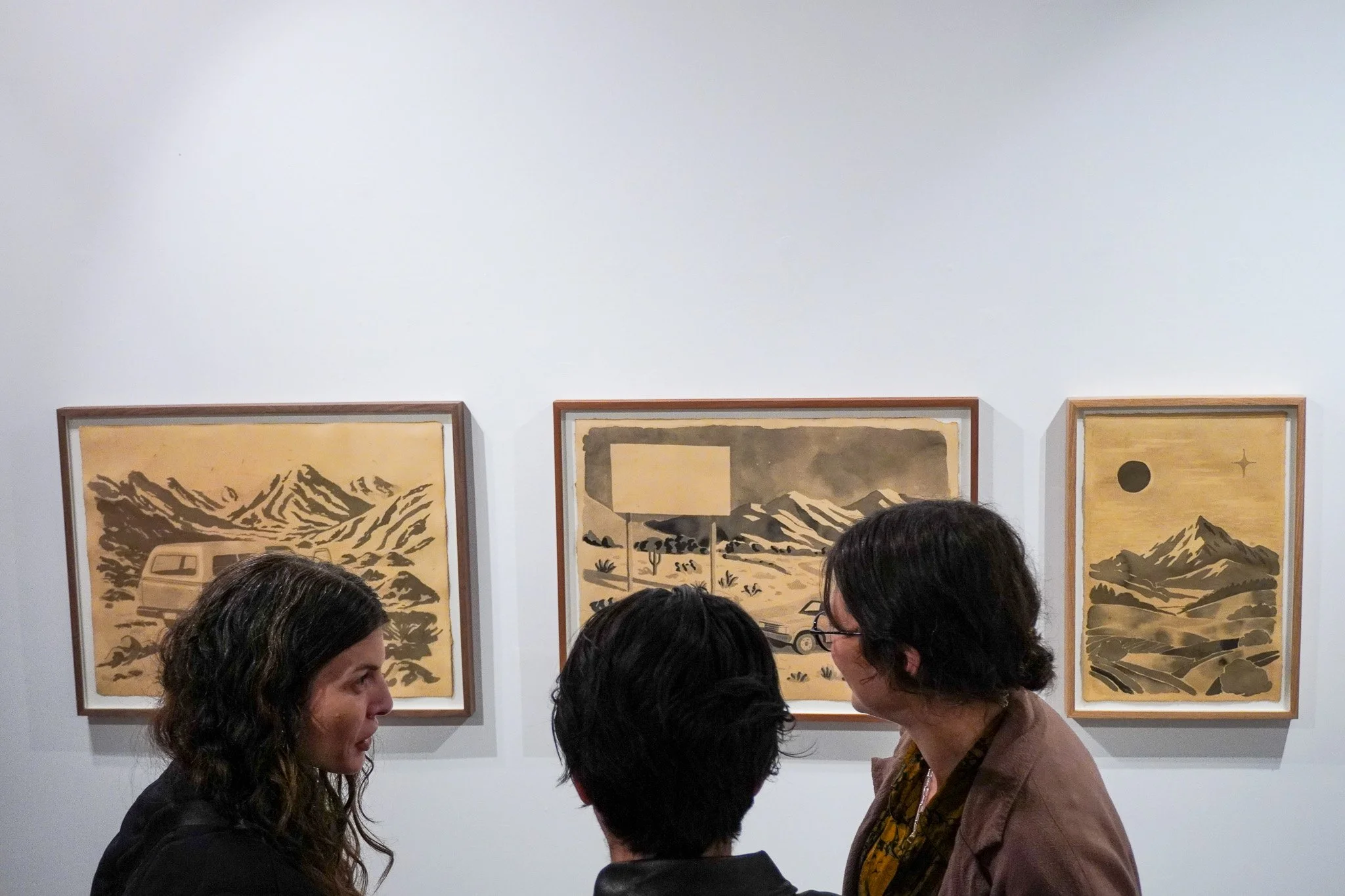
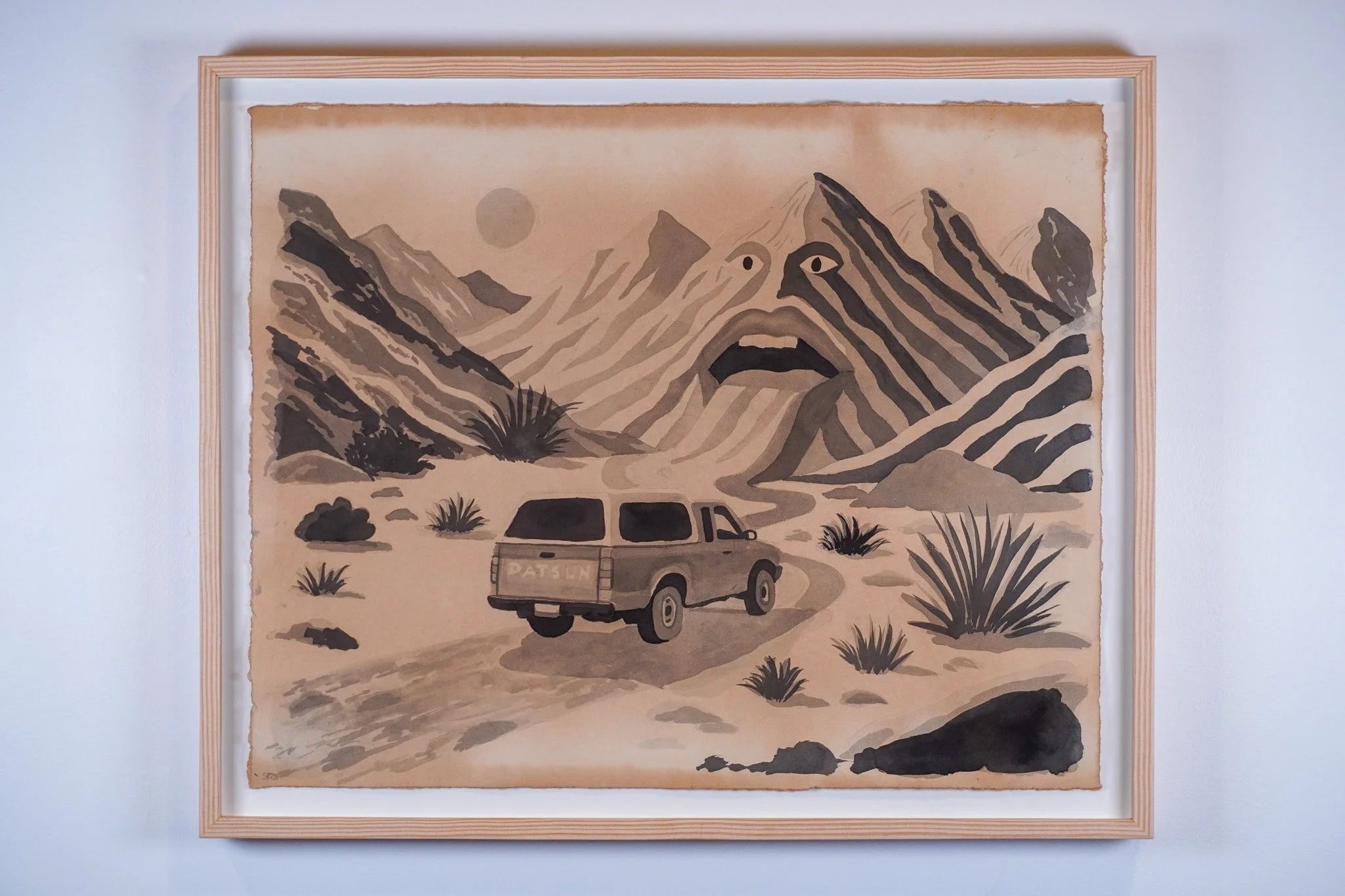
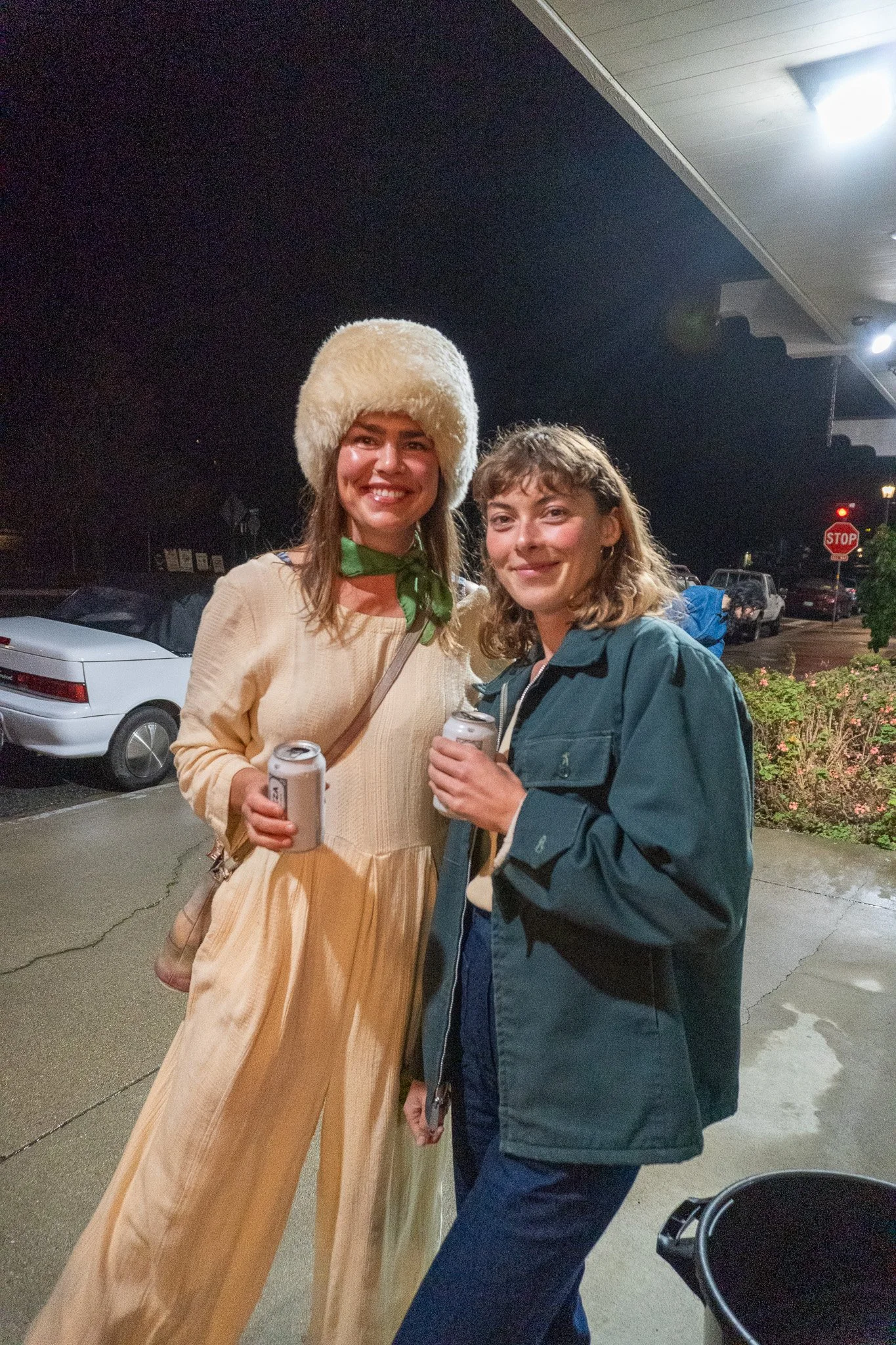
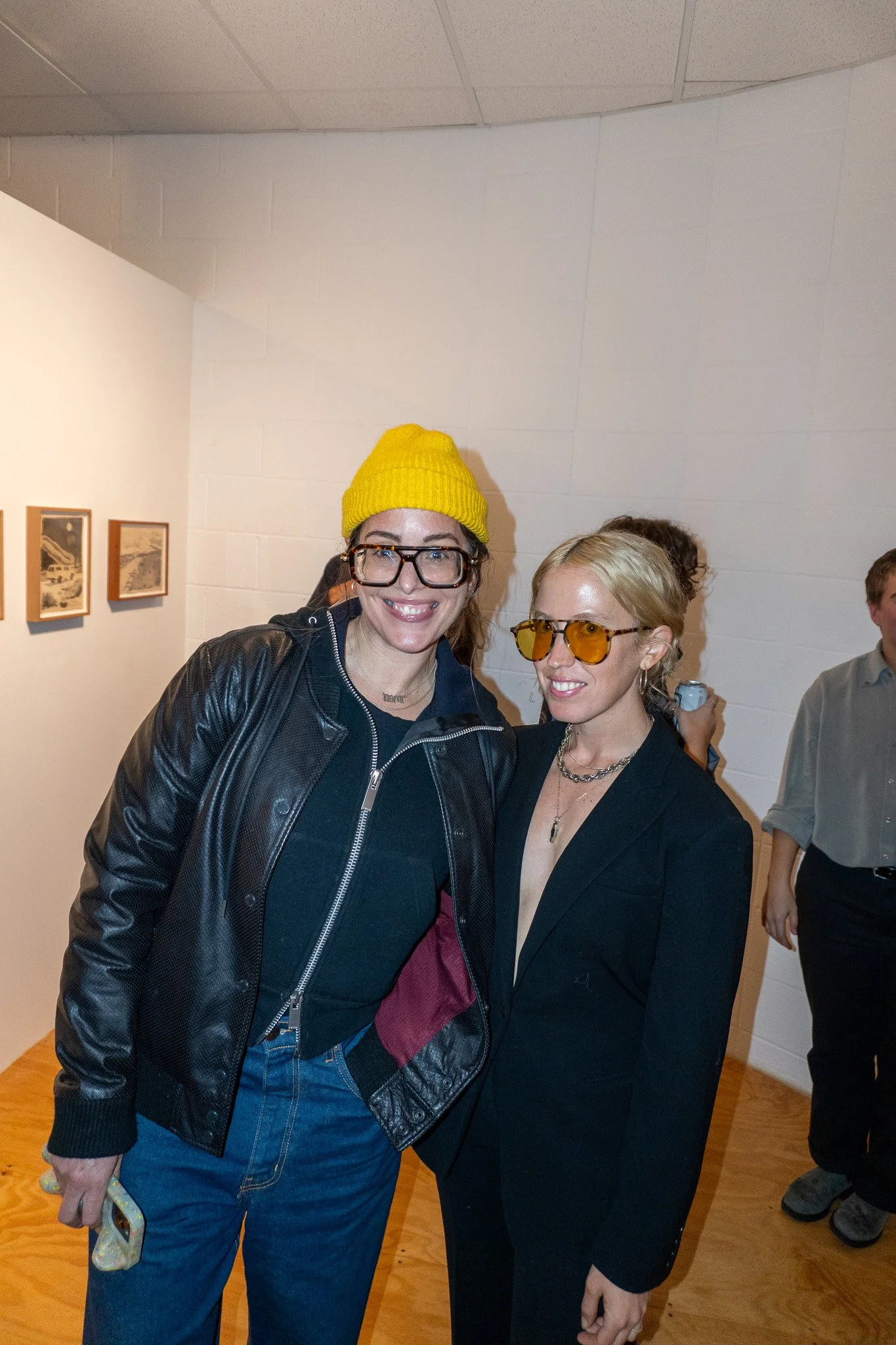

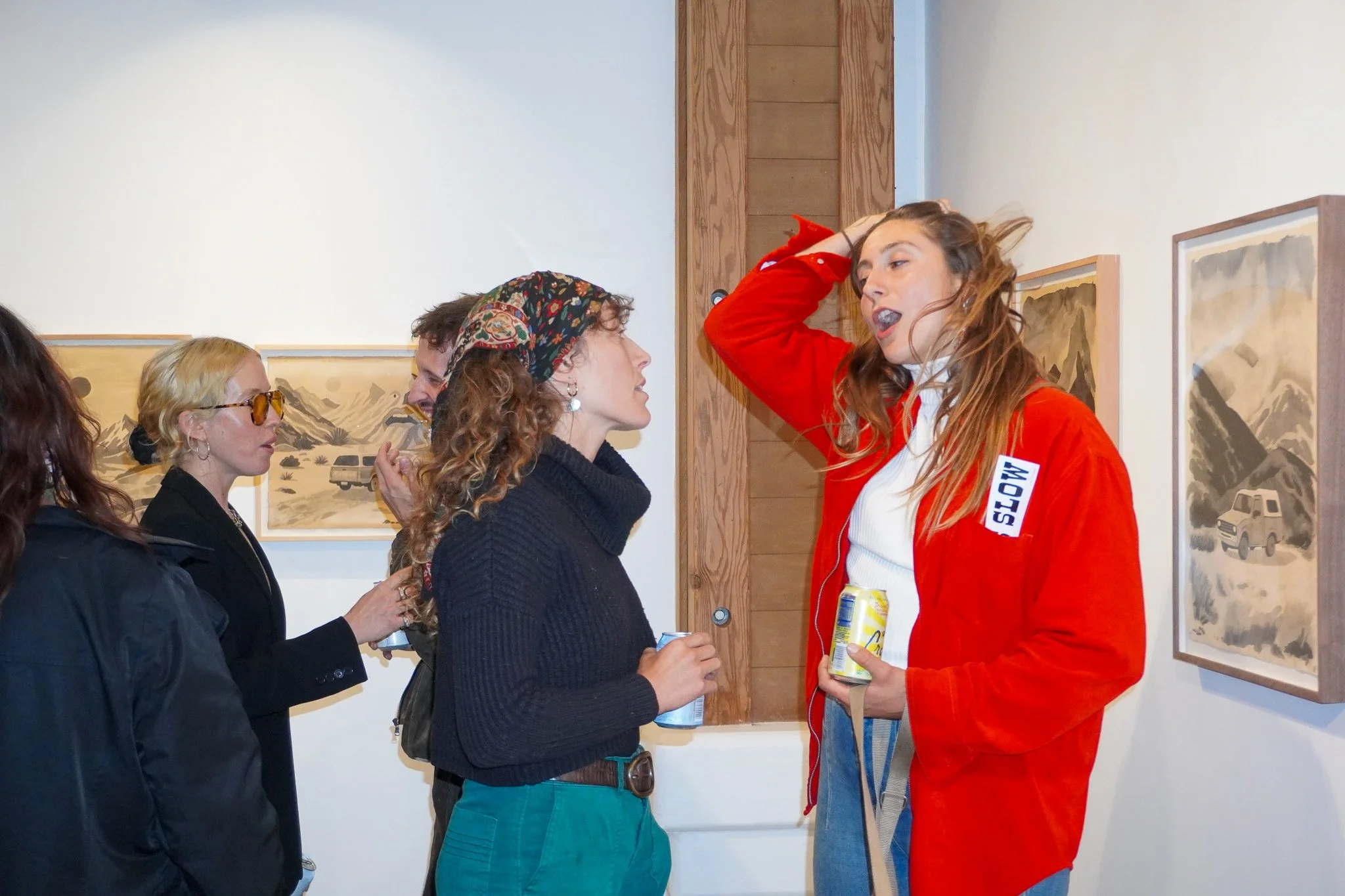
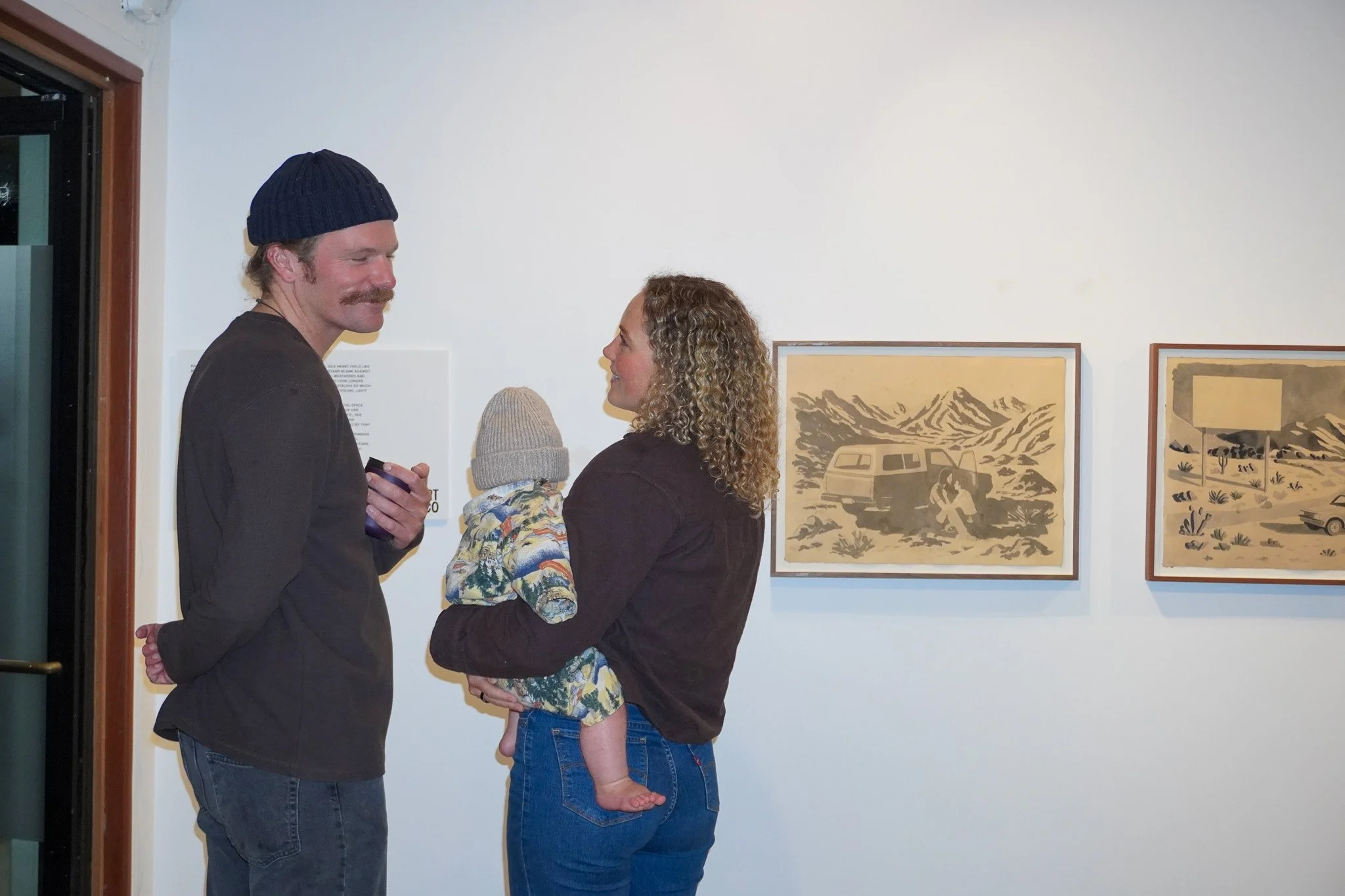
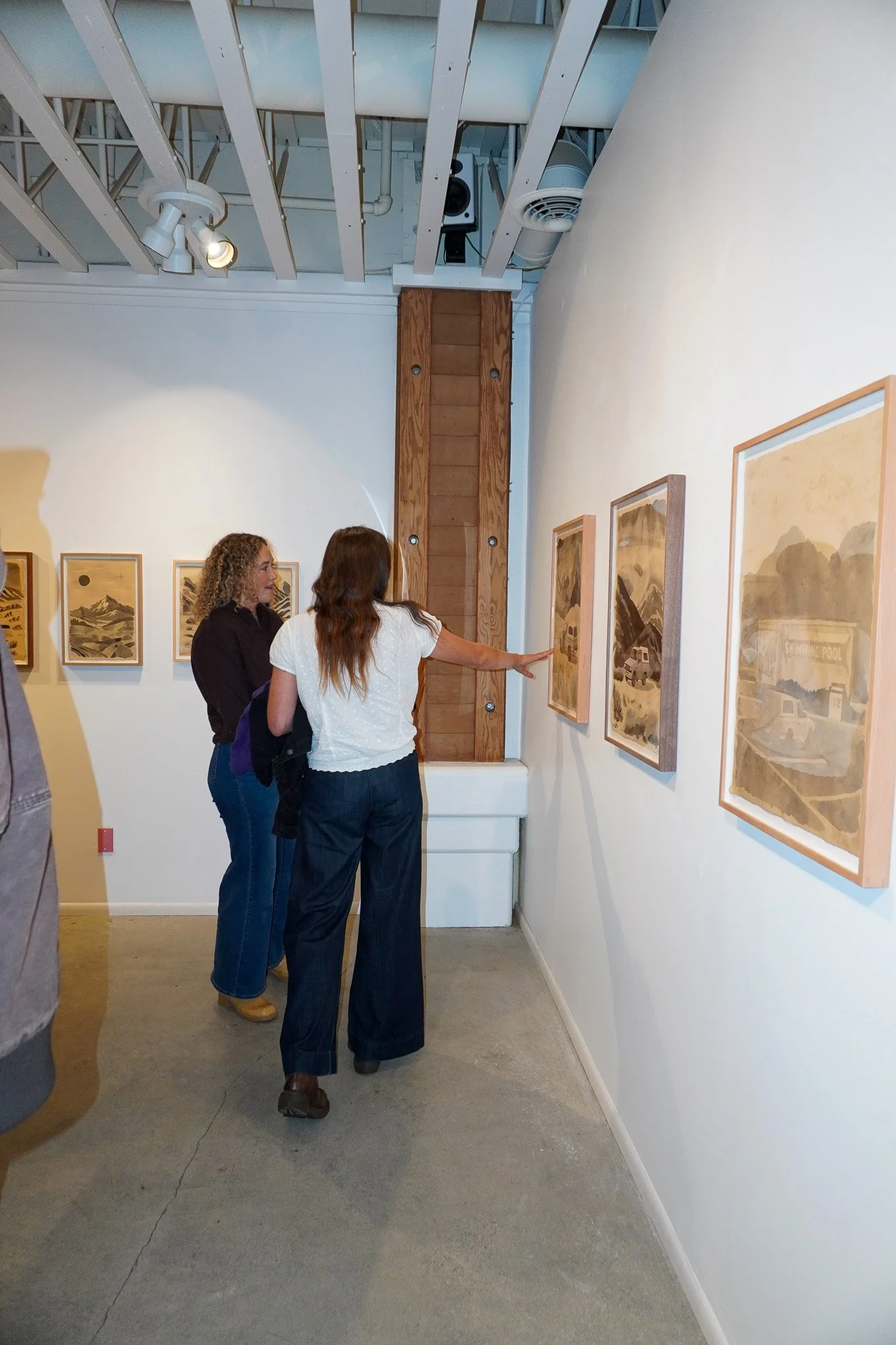
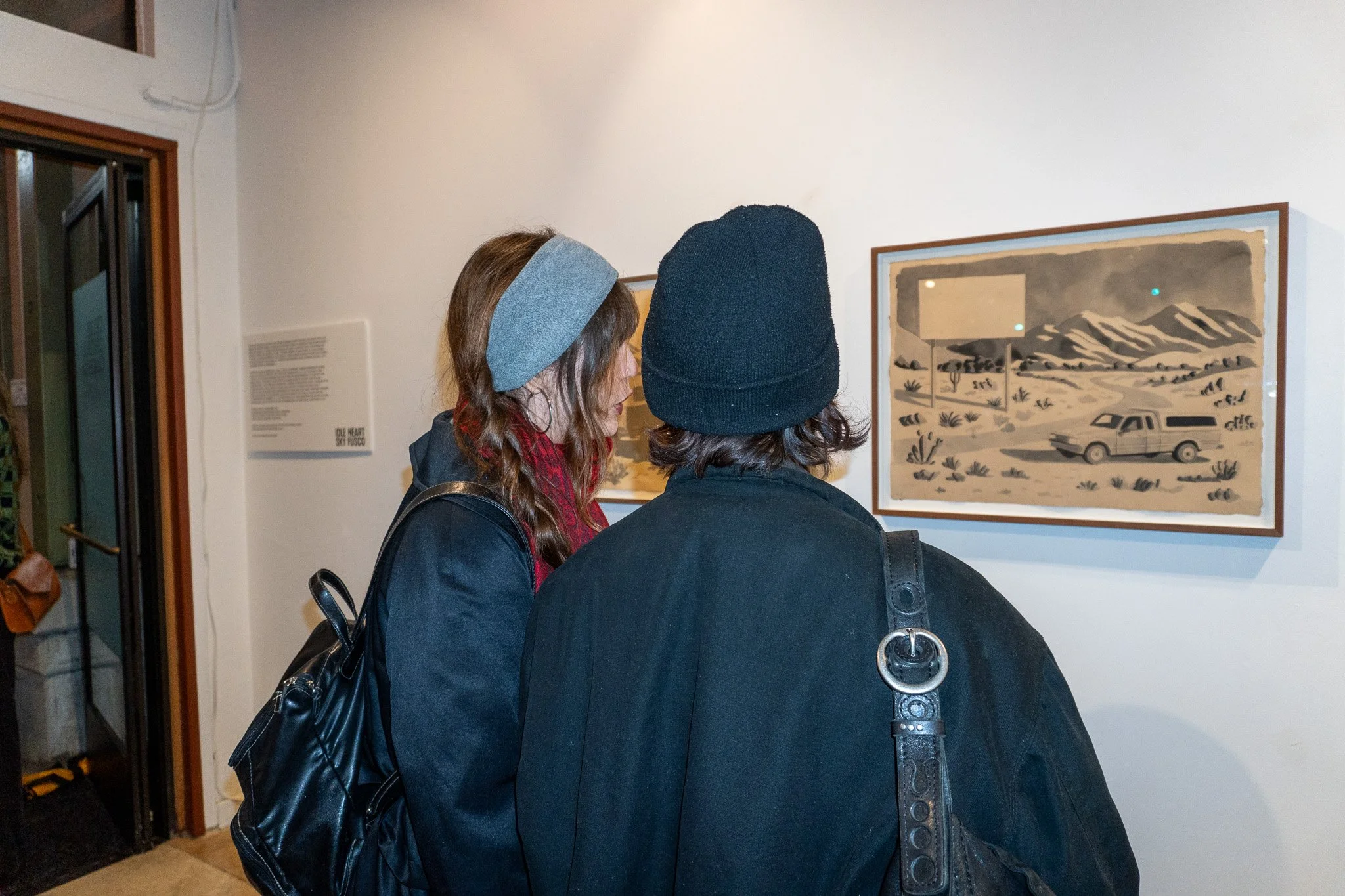


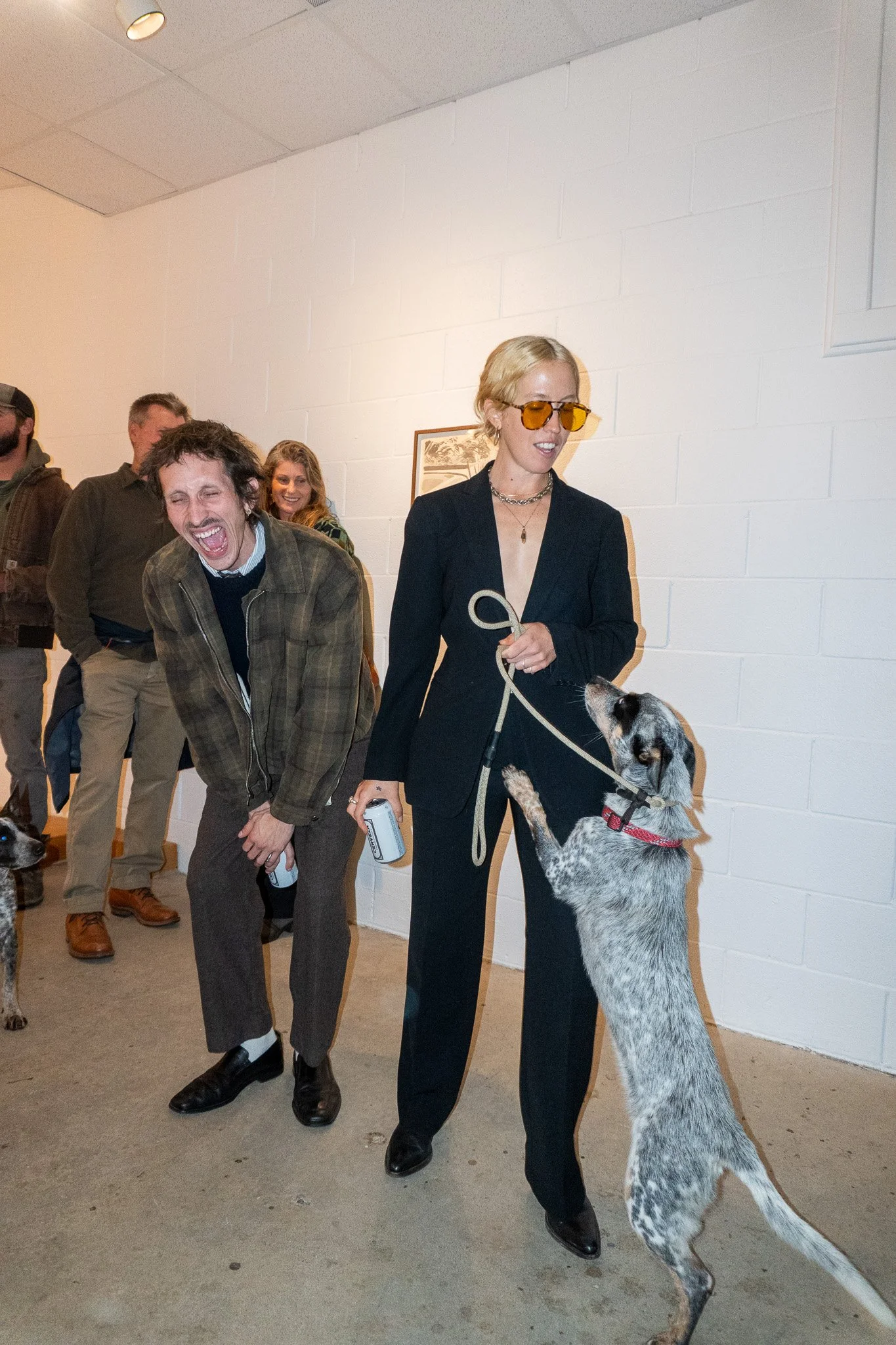




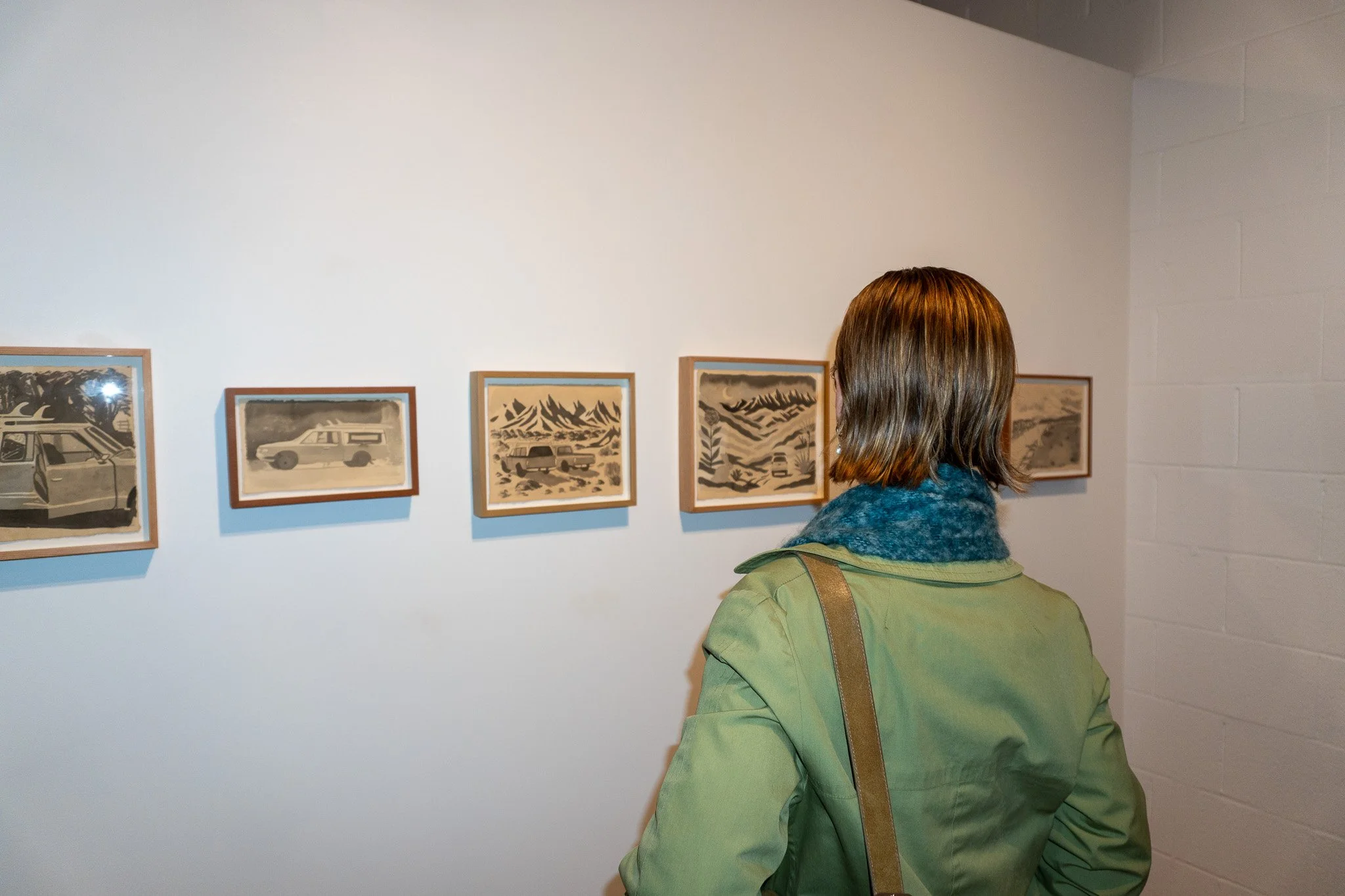

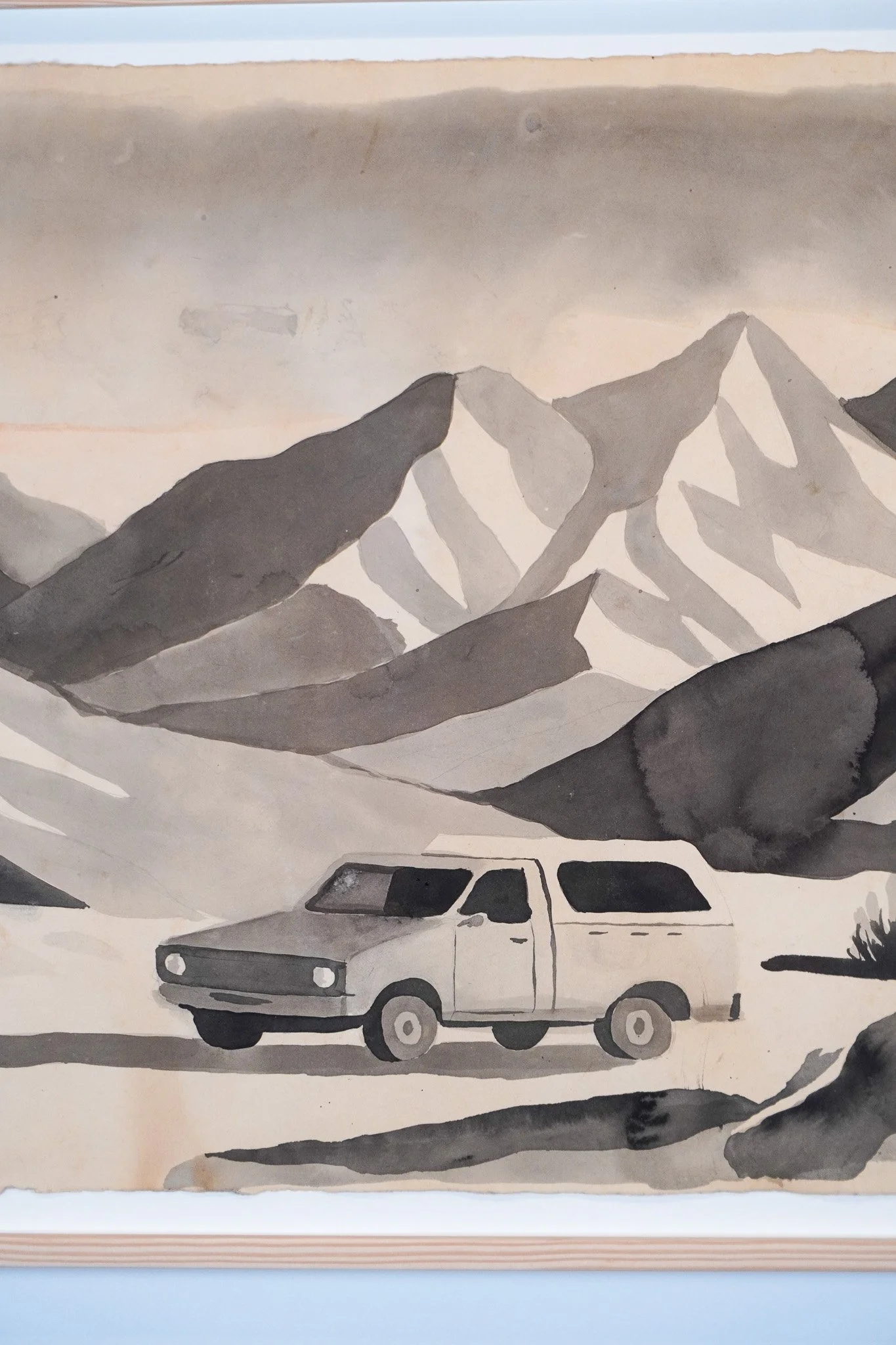







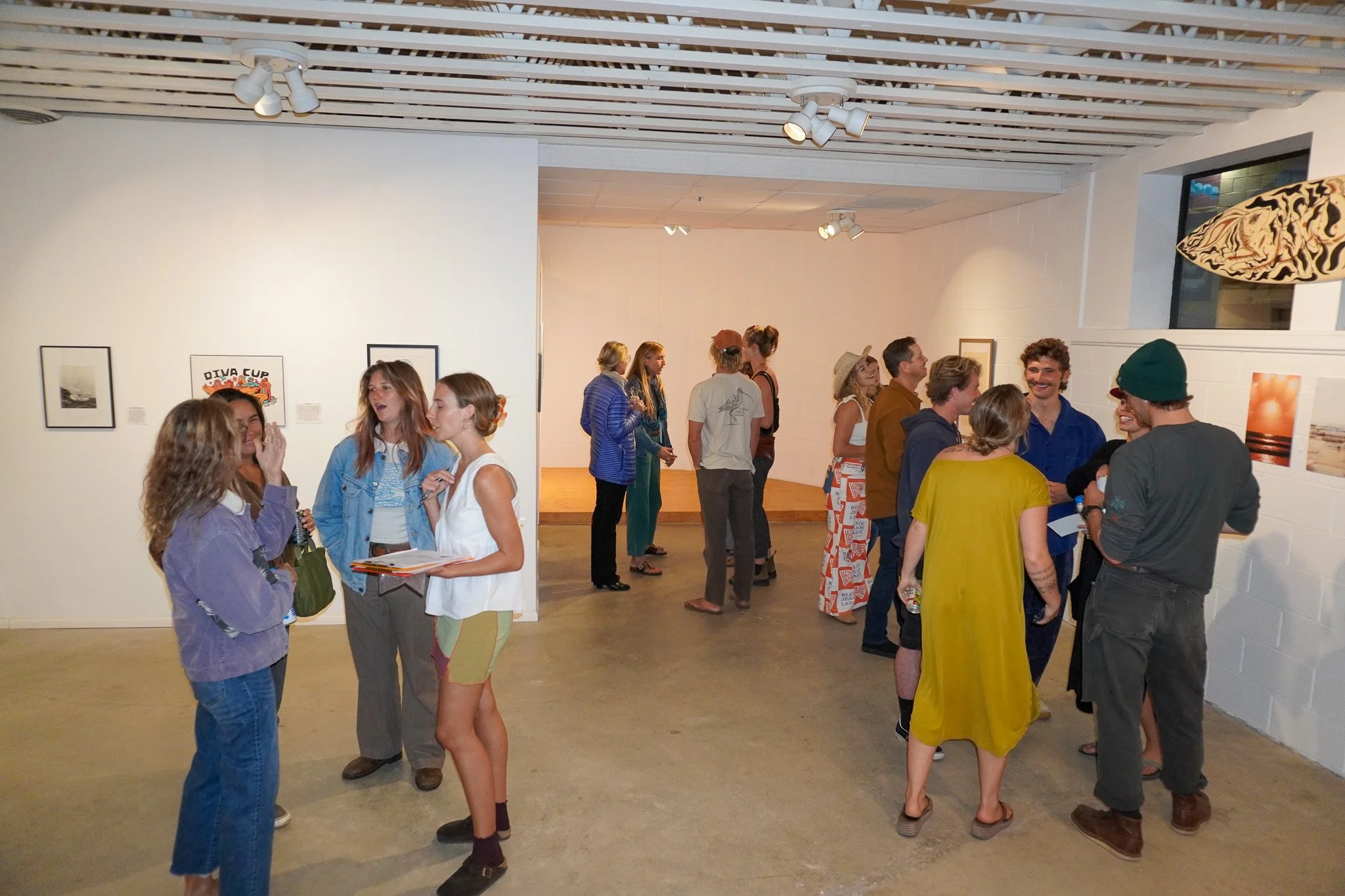
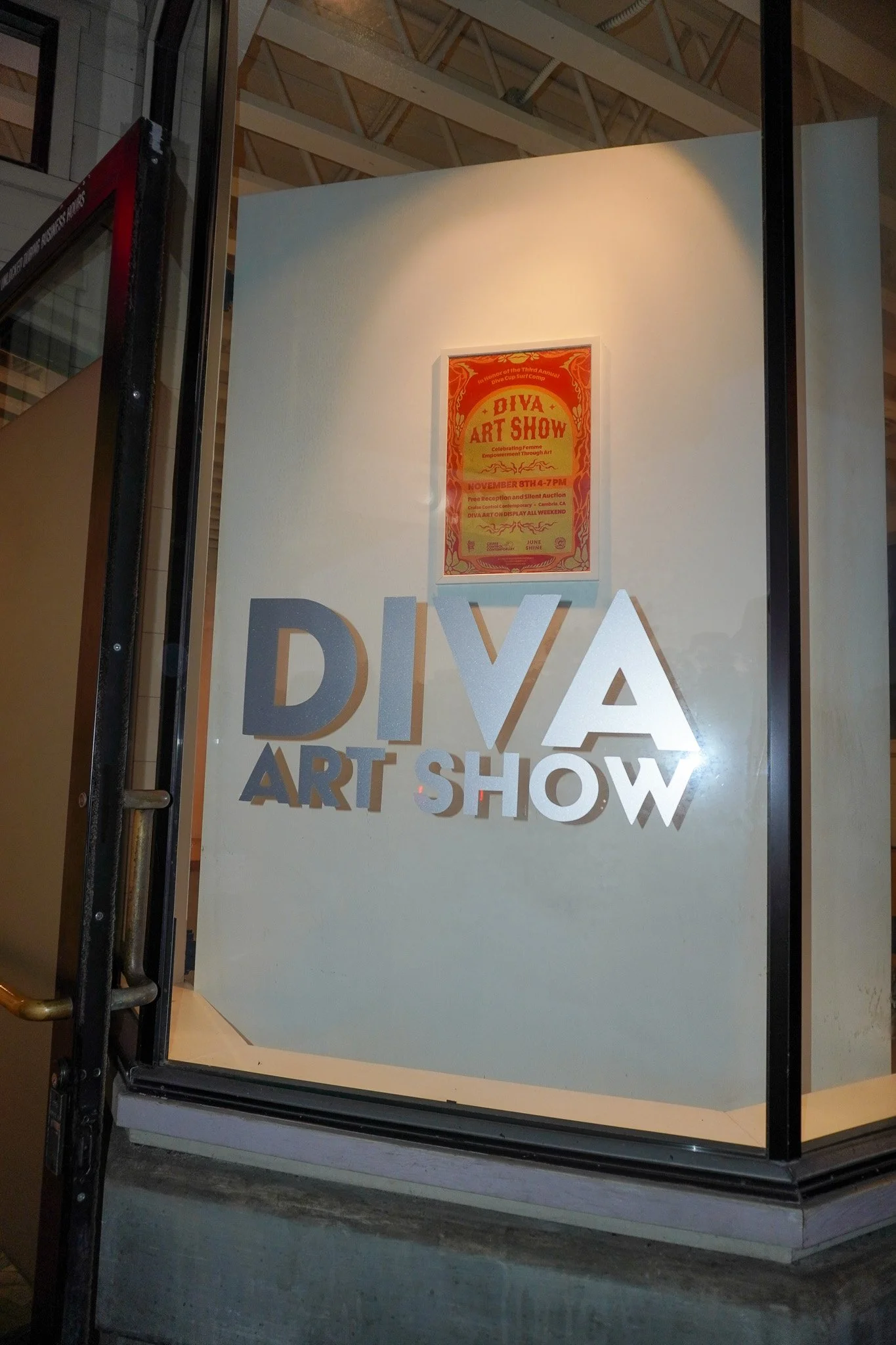
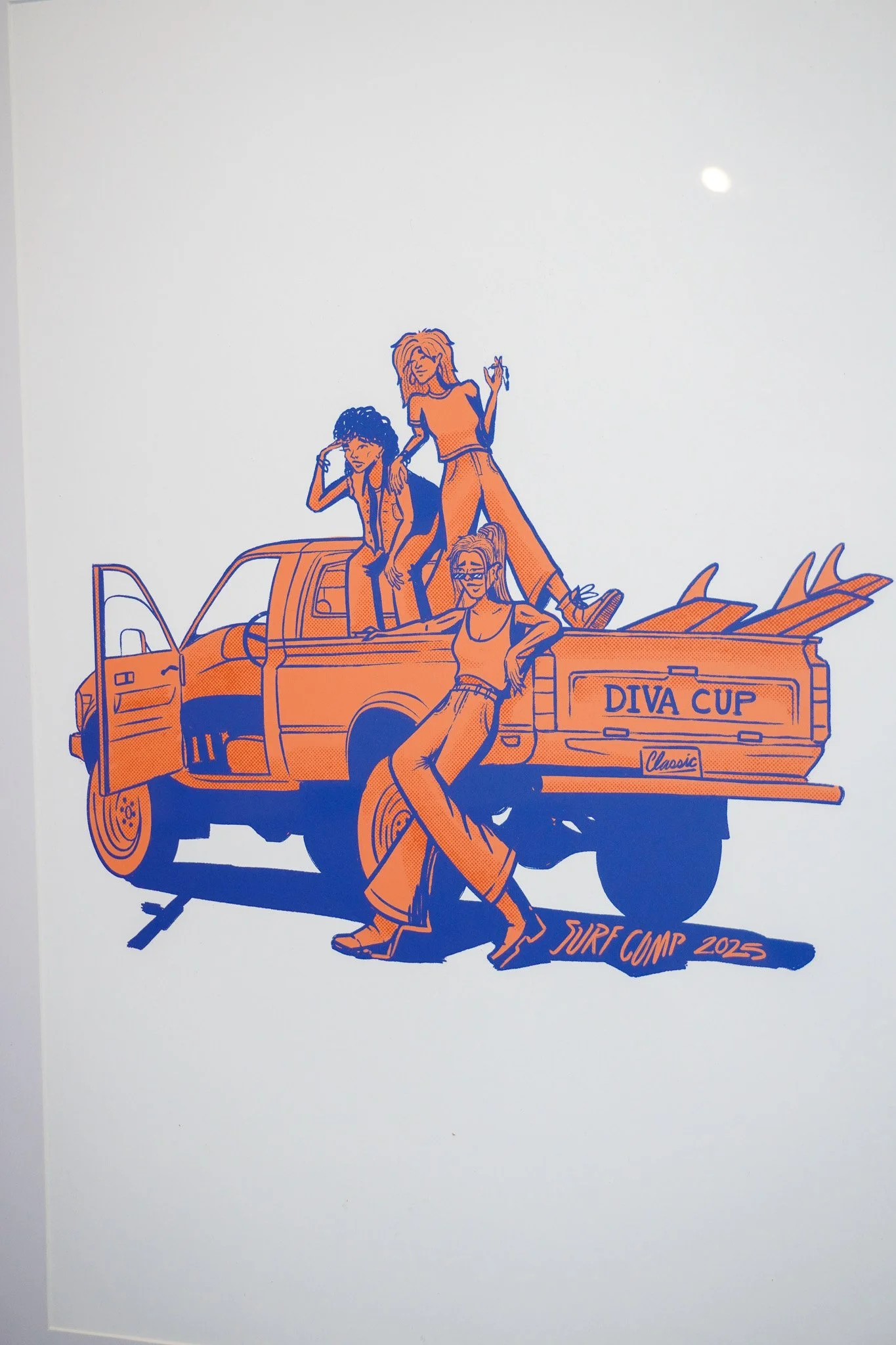
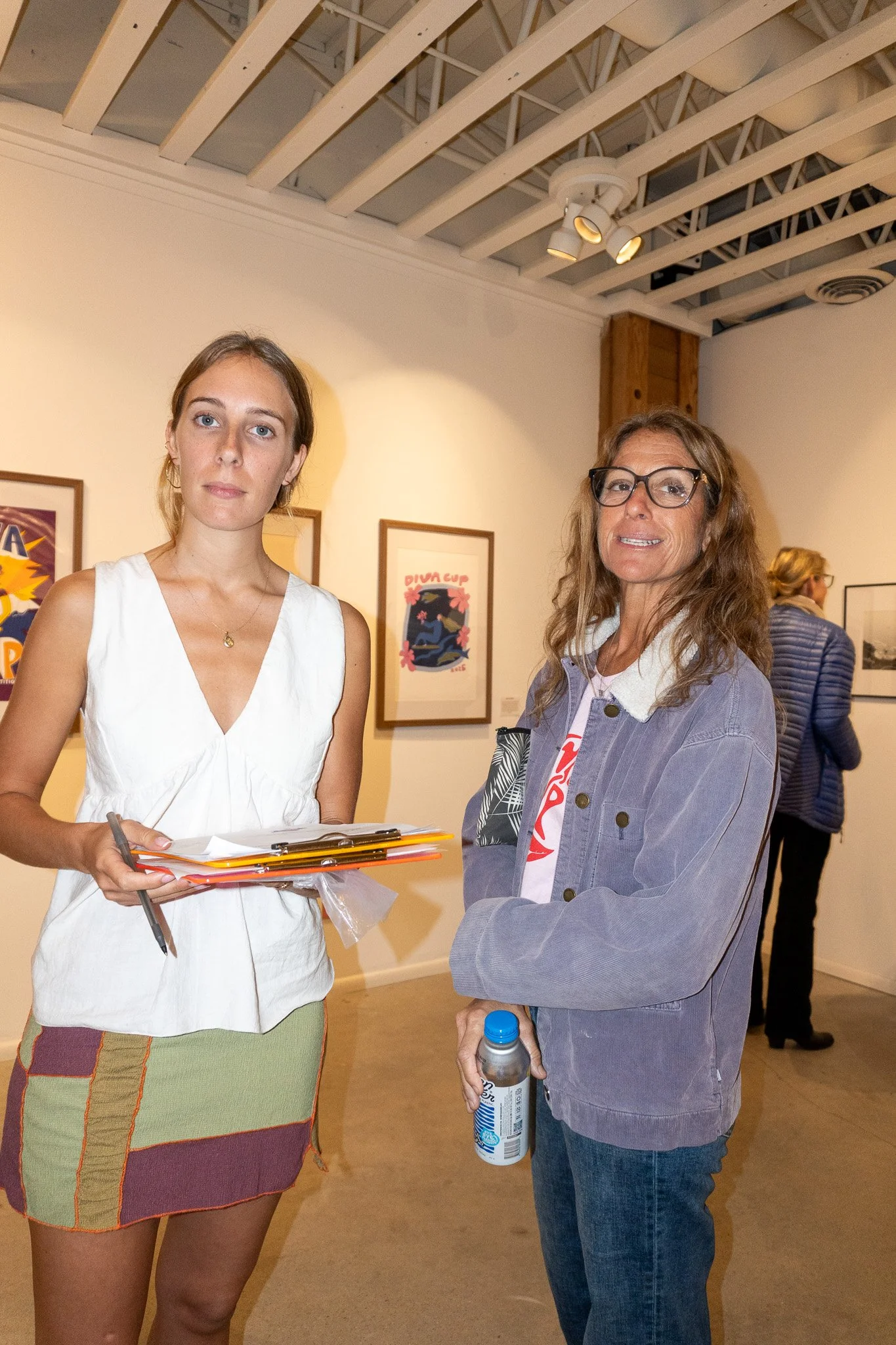



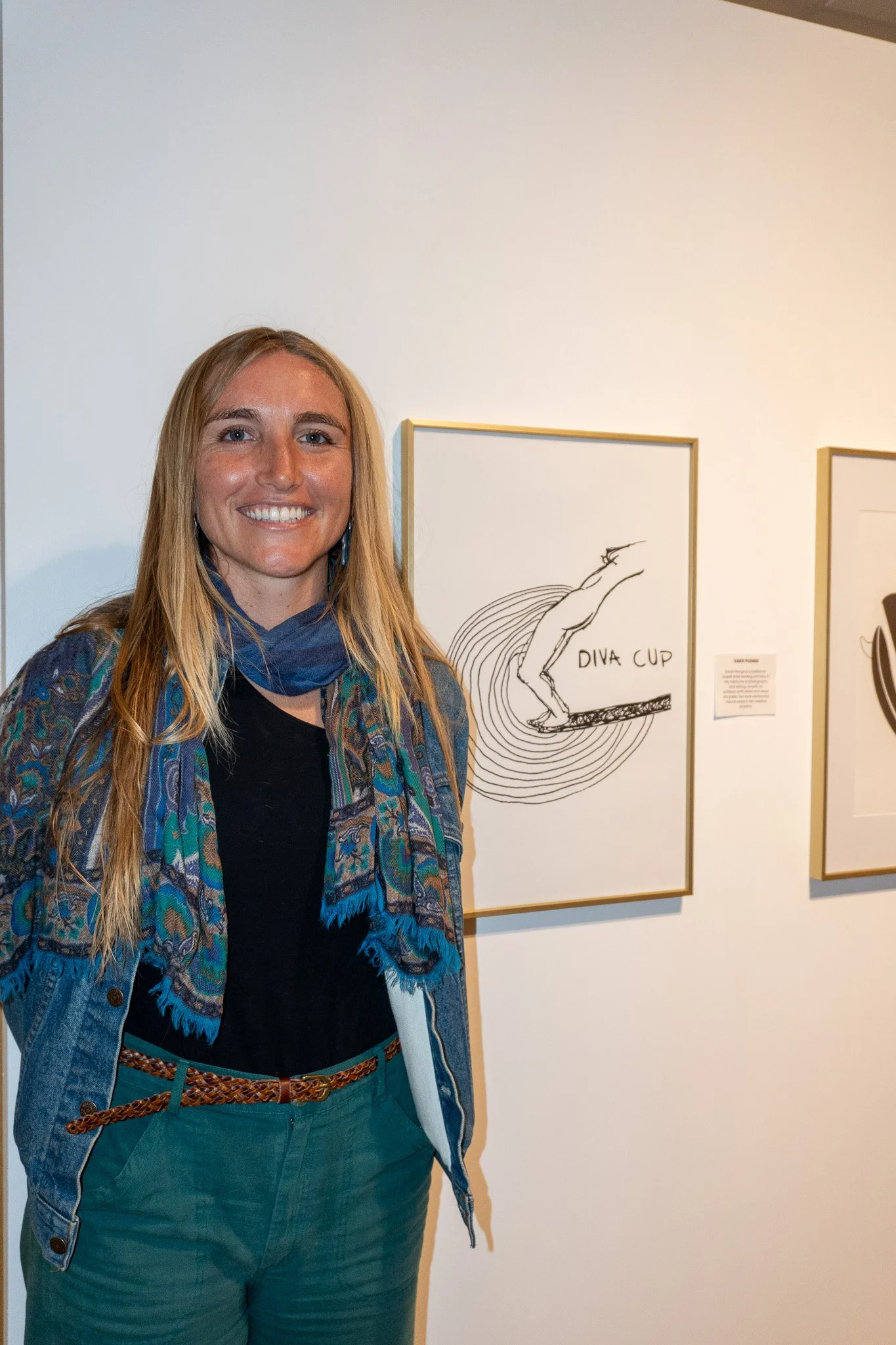
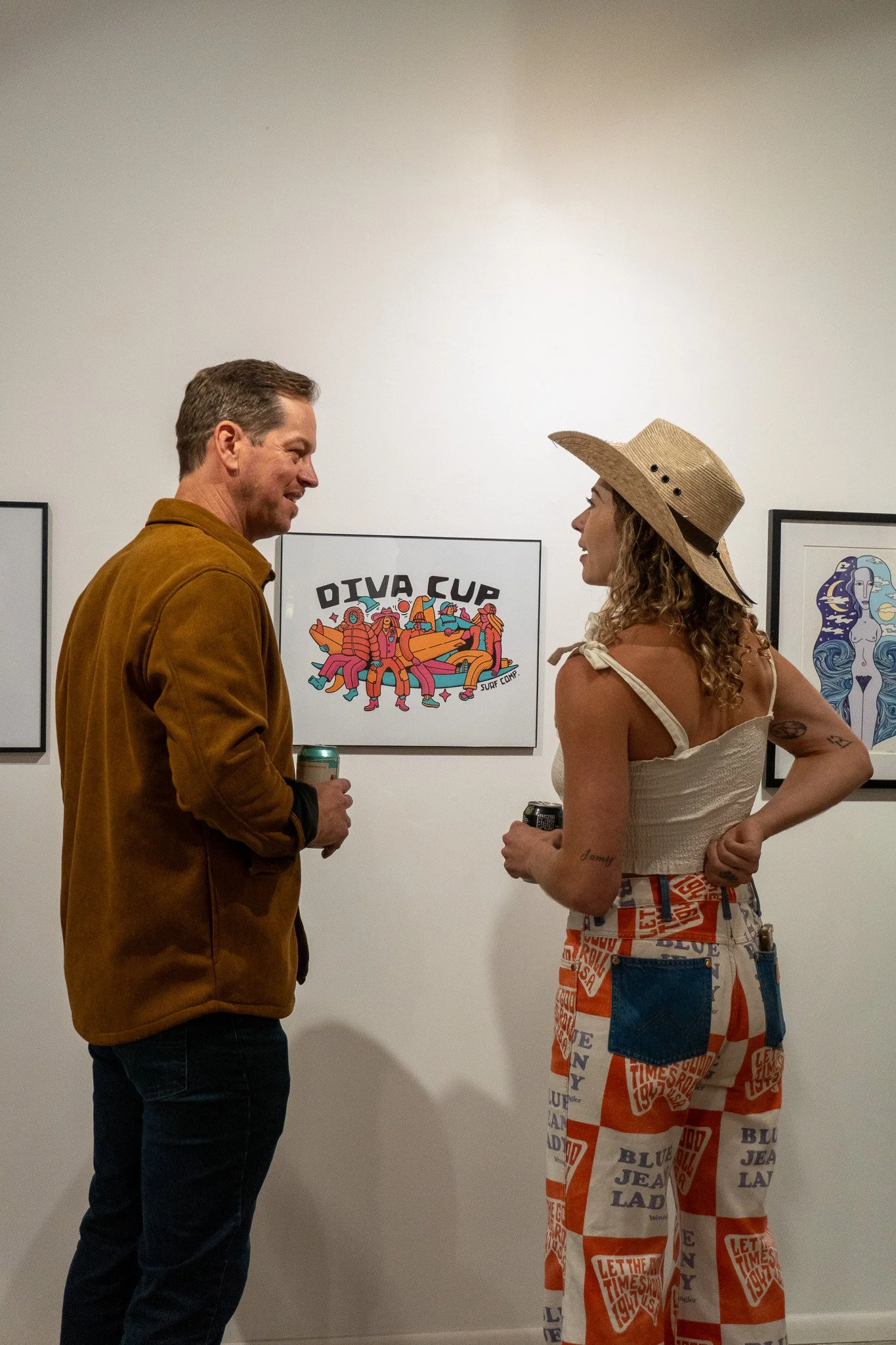
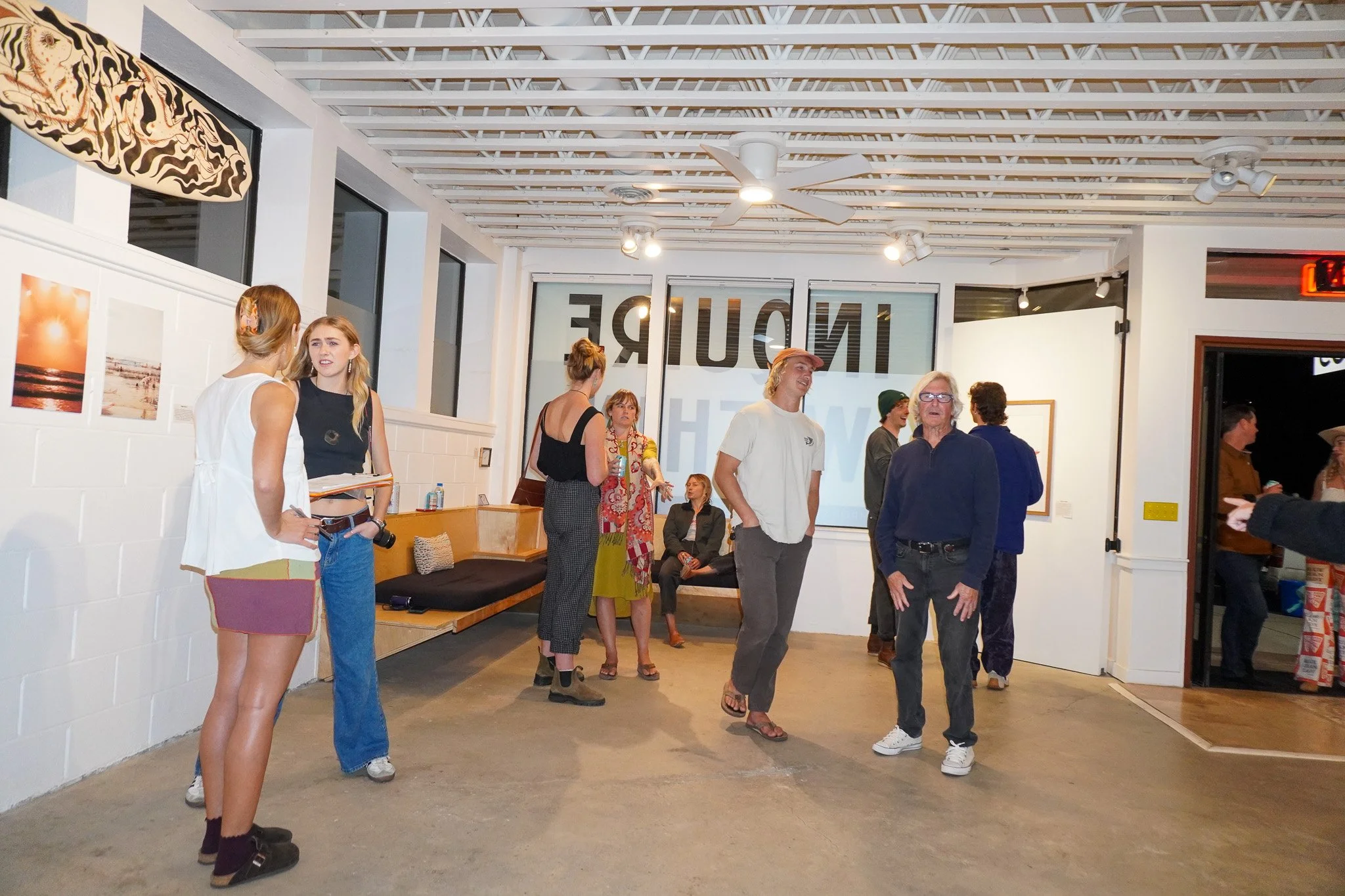

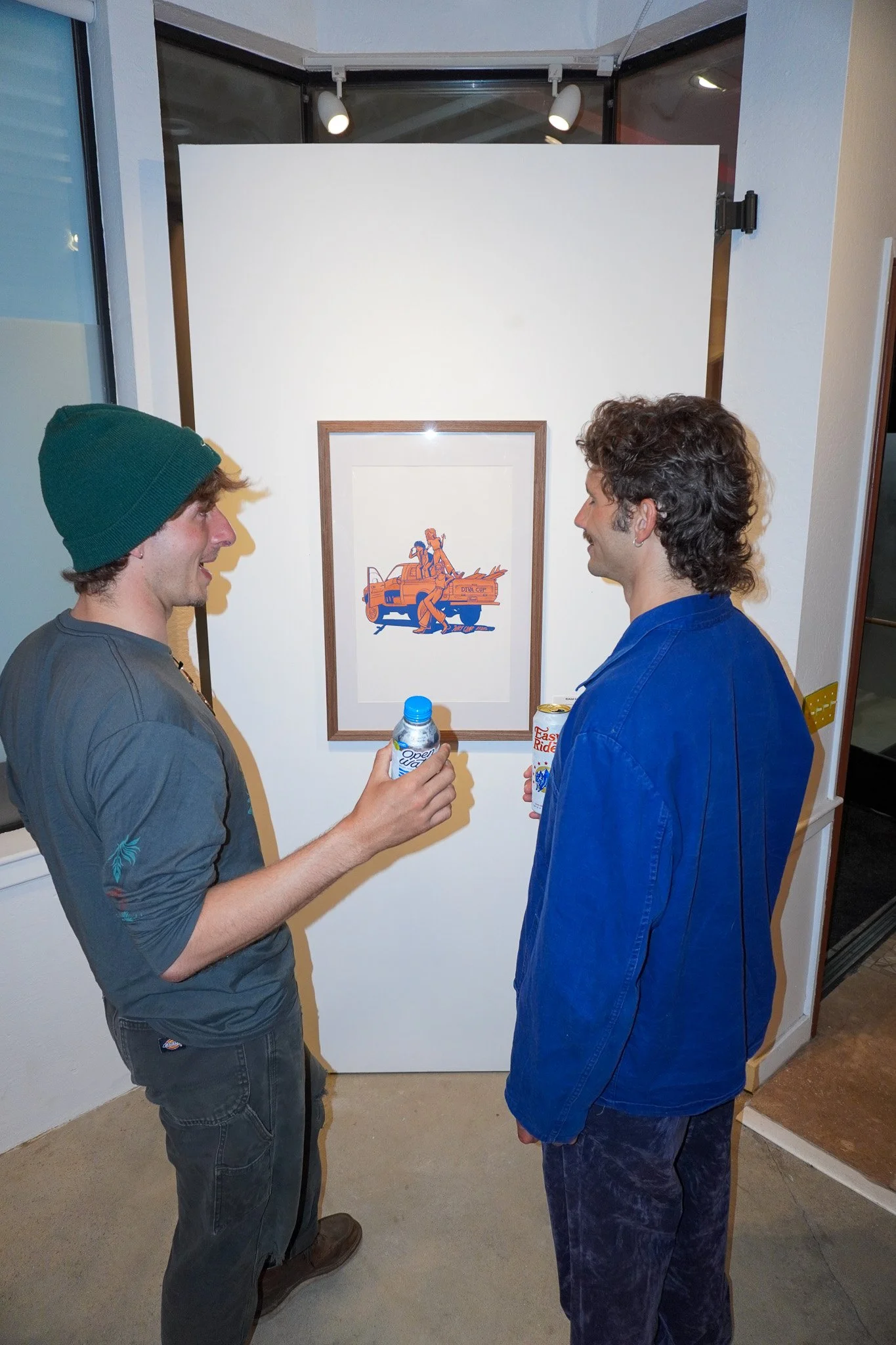
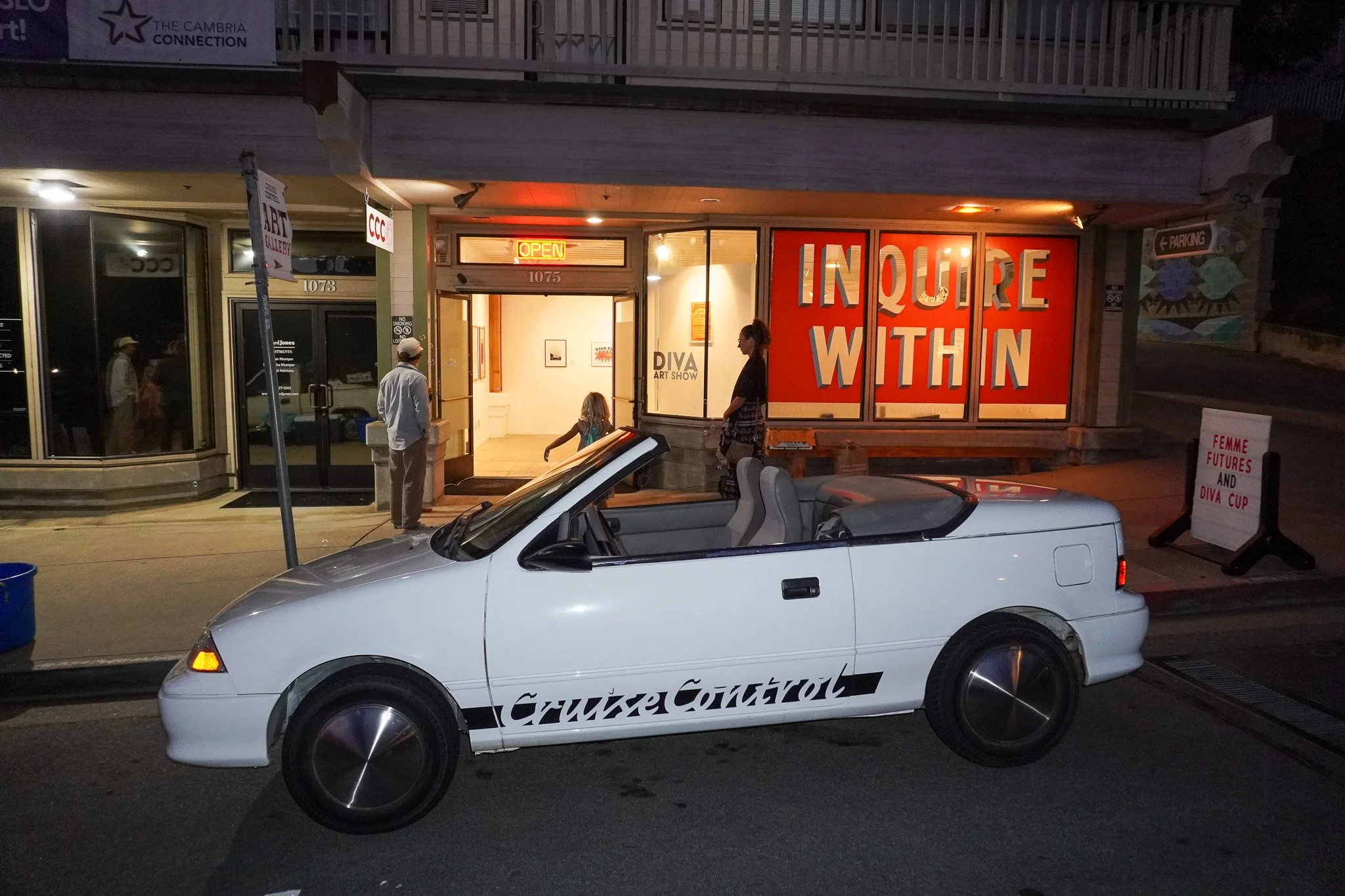
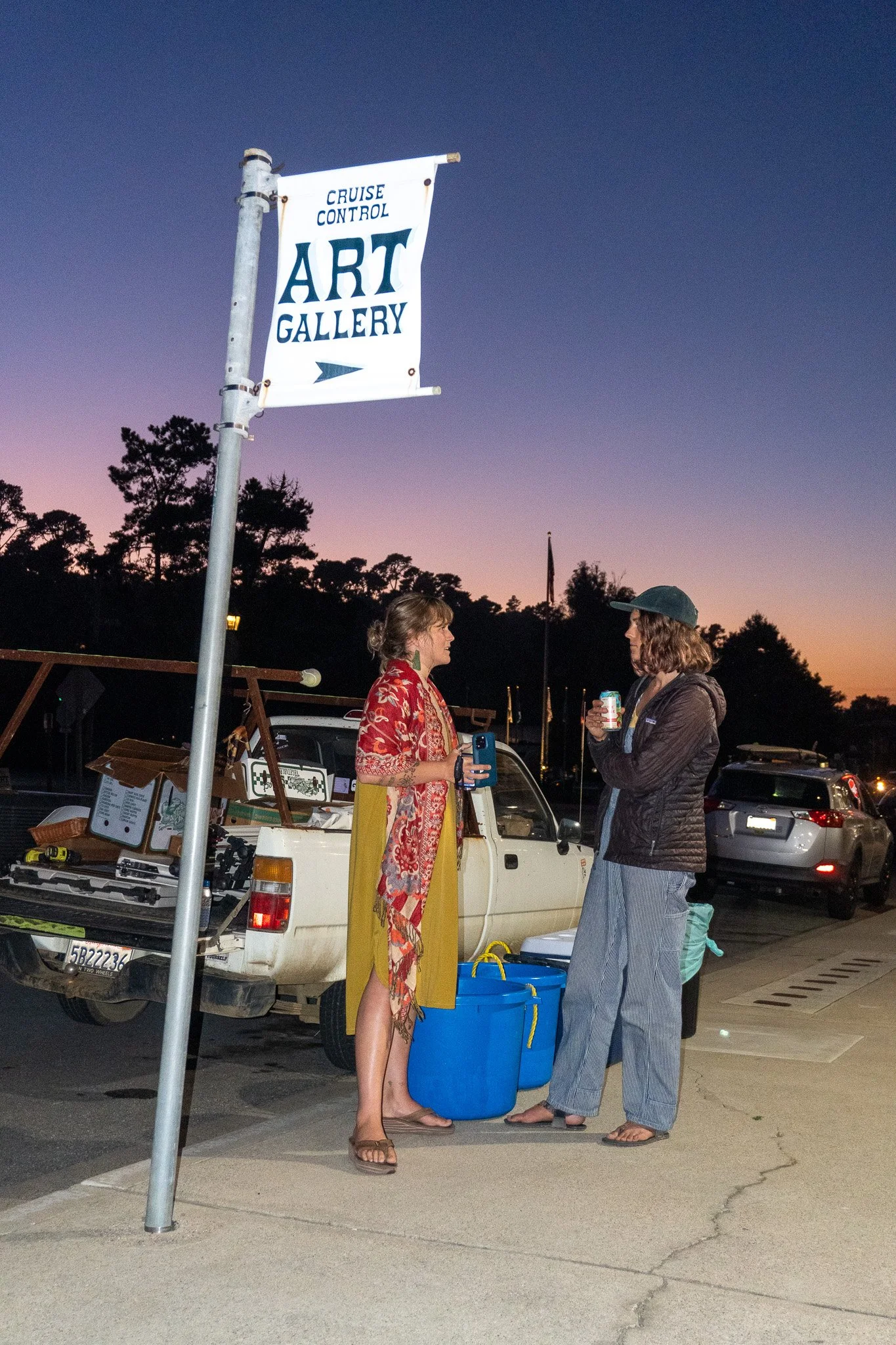
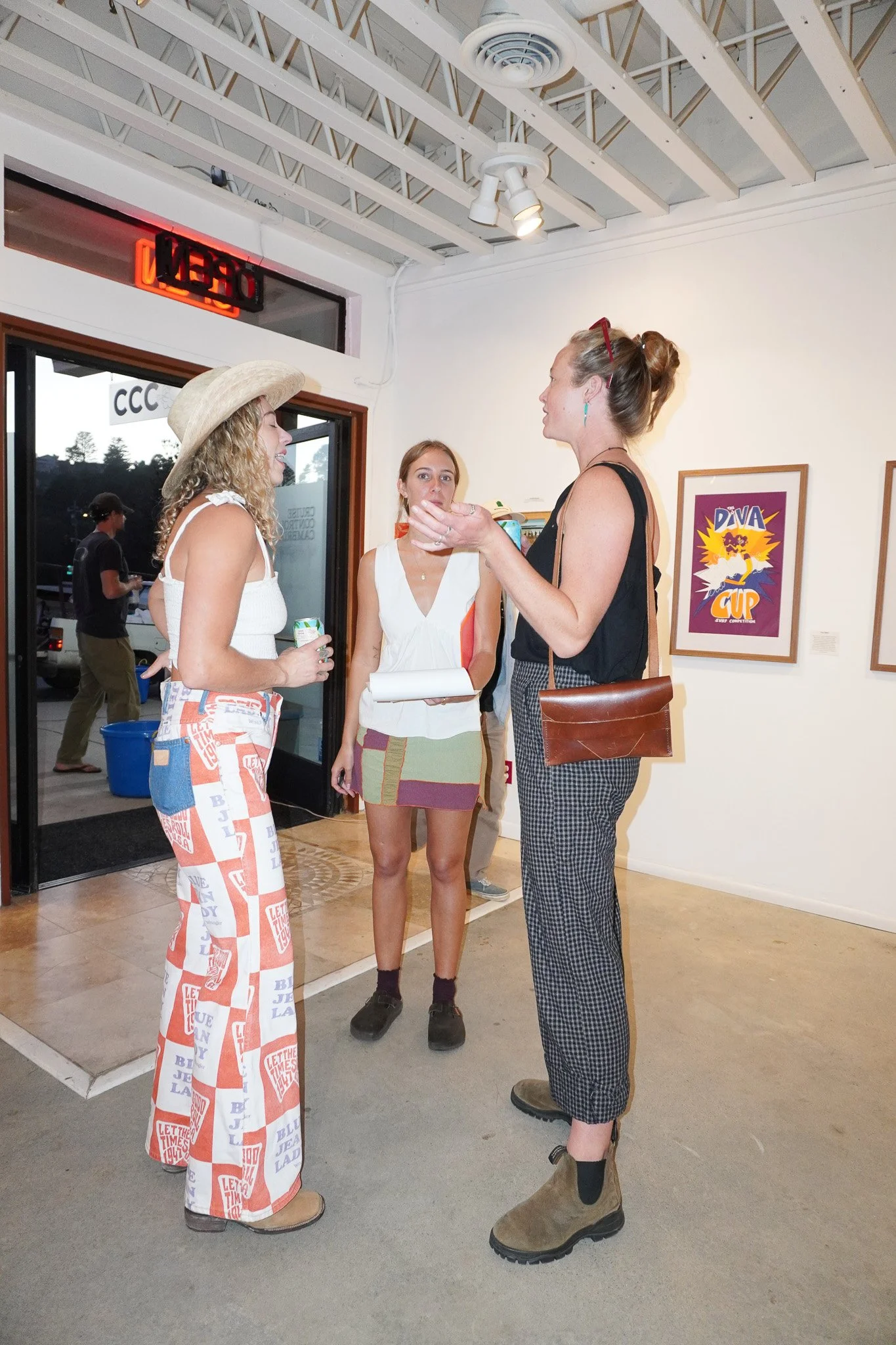
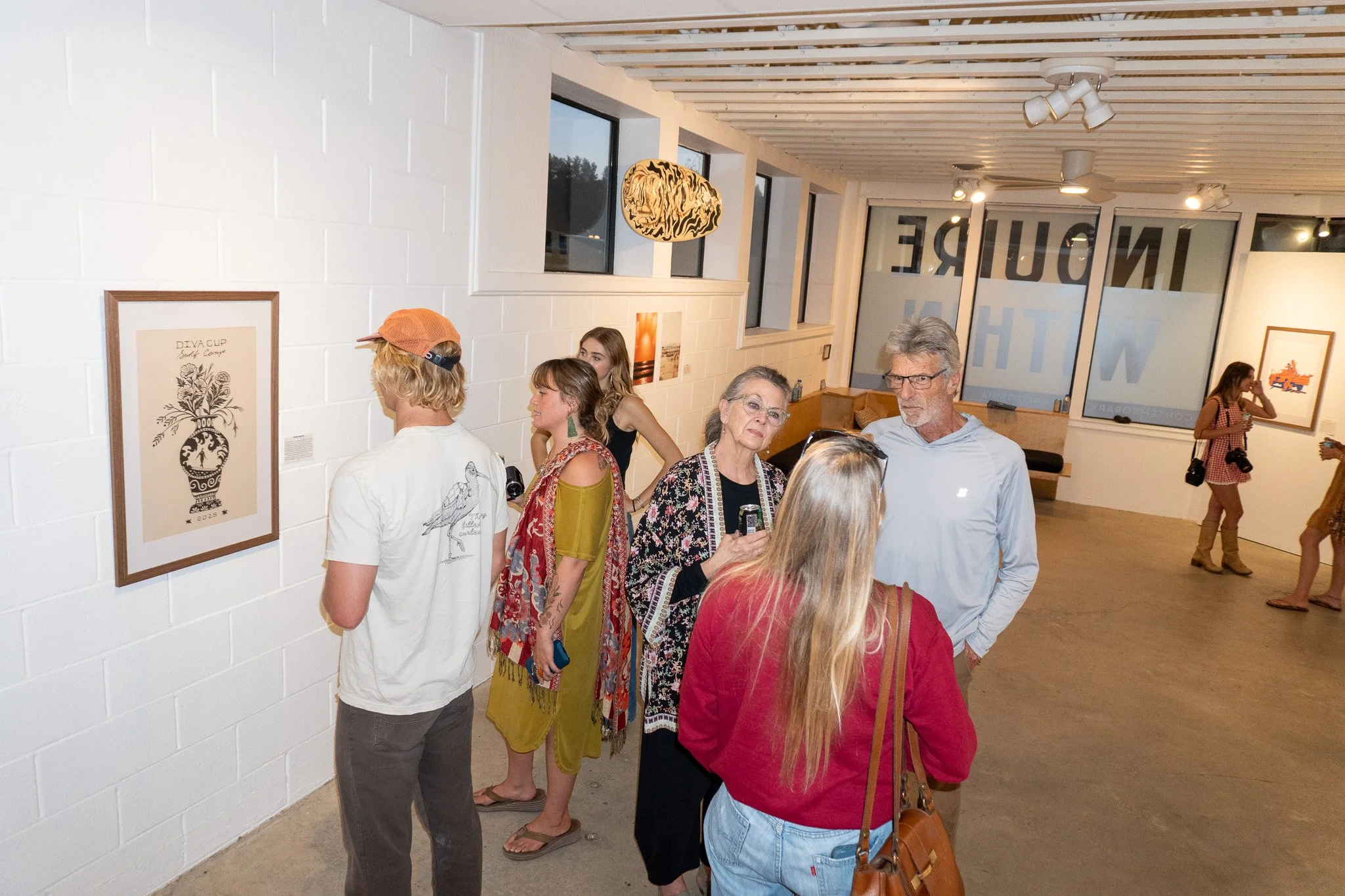

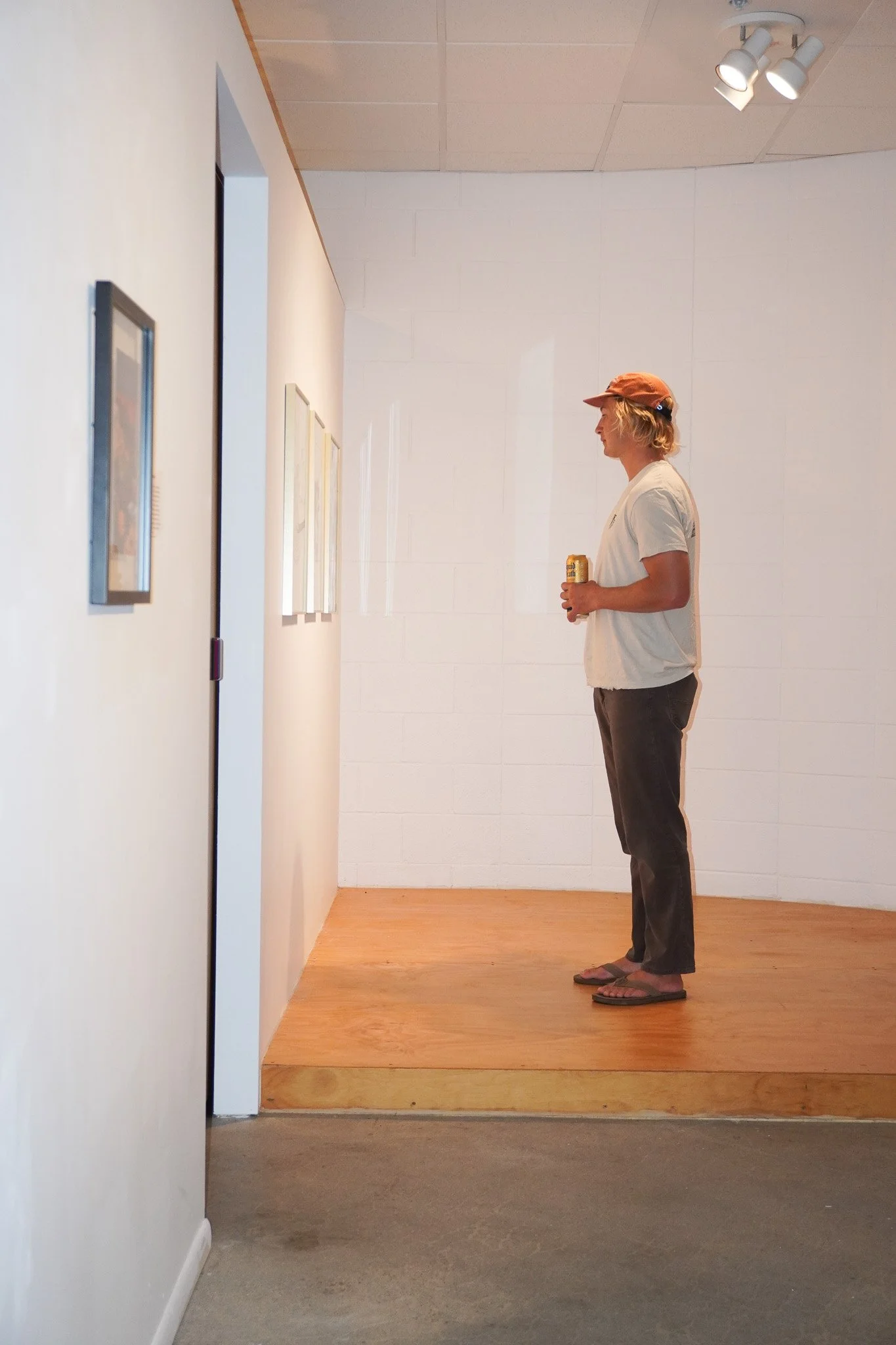





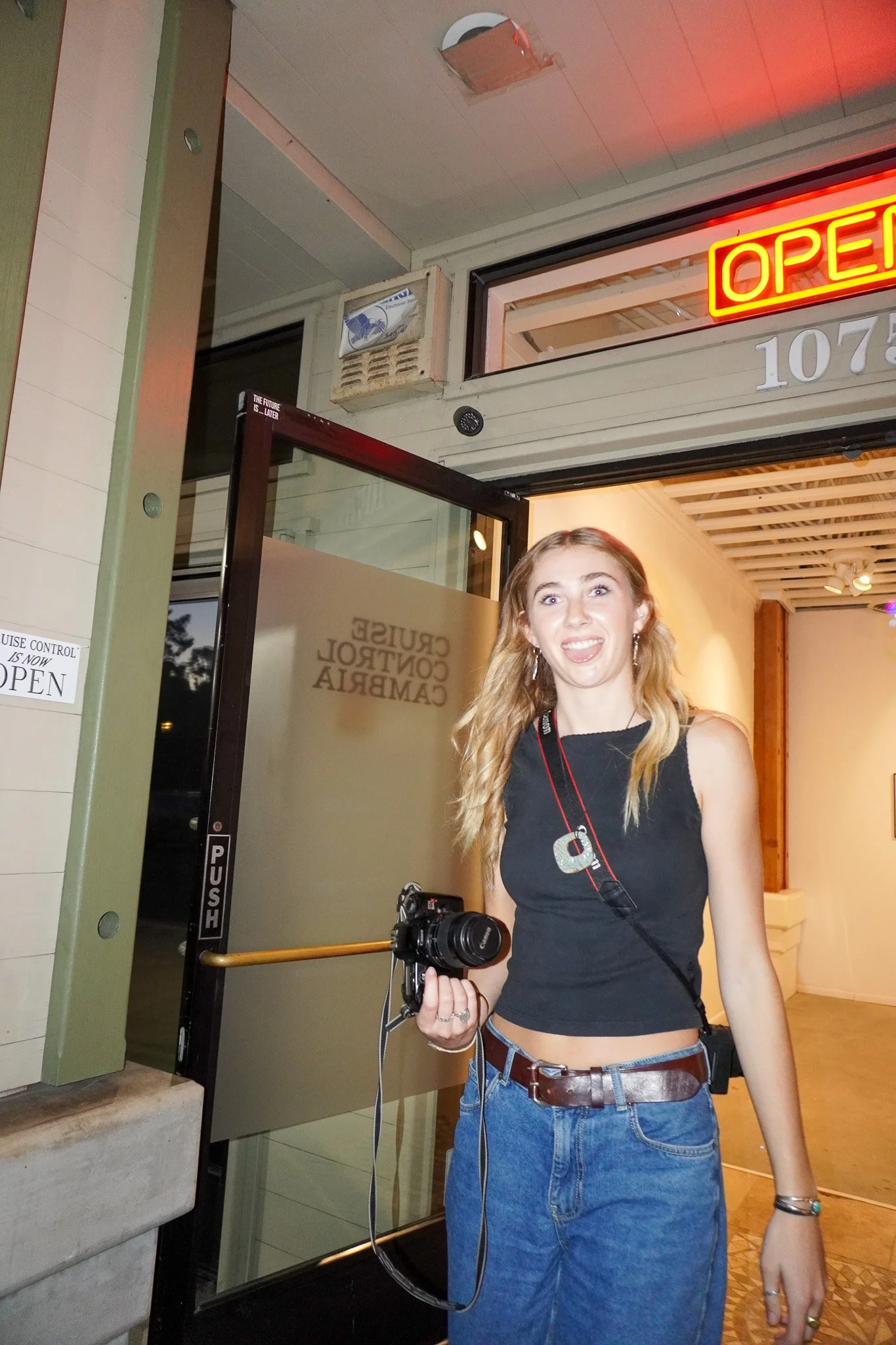



At its heart, QUALITY FOREVER asks us to extend the language of art into the well-lived life—where form meets function through touch, use, and the daily transfer of attention. Gelber’s work breaks the invisible austerity that so often separates us from the objects we love, inviting us to pick up, to handle, to play. By collapsing the distance between utility and aesthetic experience, his practice reminds us that intimacy with objects—whether through strumming a guitar, turning a doorknob, or moving a chess piece—can be as profound as standing before a painting or sculpture. This is art not as static display, but as lived ritual.
Using industrial machines, dead stock materials, and a stubborn curiosity, Gelber constructs objects that feel both familiar and reimagined: guitars that beg to be strummed, door knobs that feel like artifacts, chess sets that hint at new worlds. These aren’t props or relics—they’re tools for daily life, built with the kind of care that borders on devotion.
QUALITY FOREVER is meant to be experienced—a celebration of form, function, and the magic that happens when materials are pushed beyond expectation. Every piece invites touch. Many invite use. All reward attention and engagement. Come explore Wylie Gelber’s world of durable beauty, experimental craftsmanship, and tactile imagination.



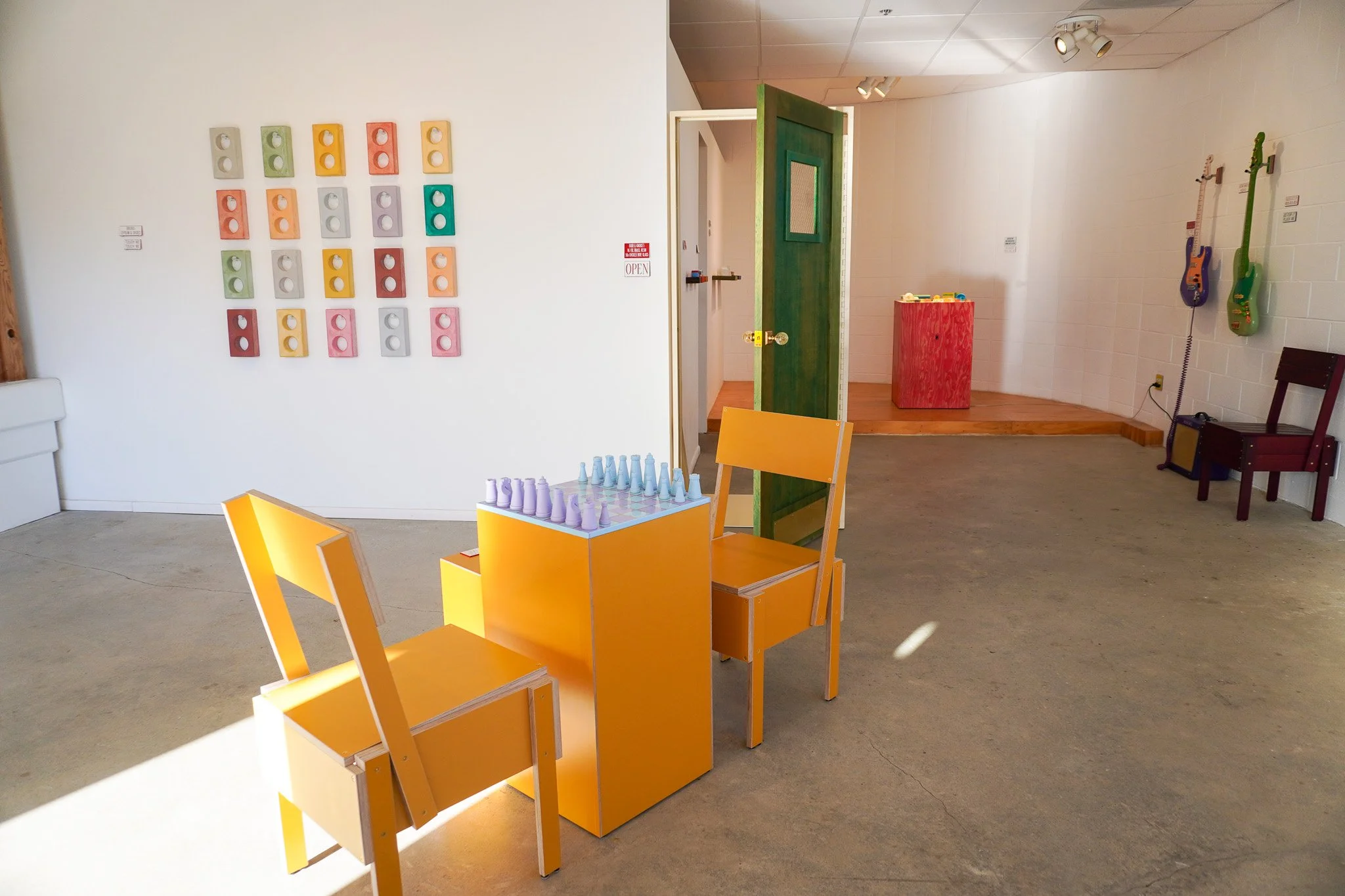

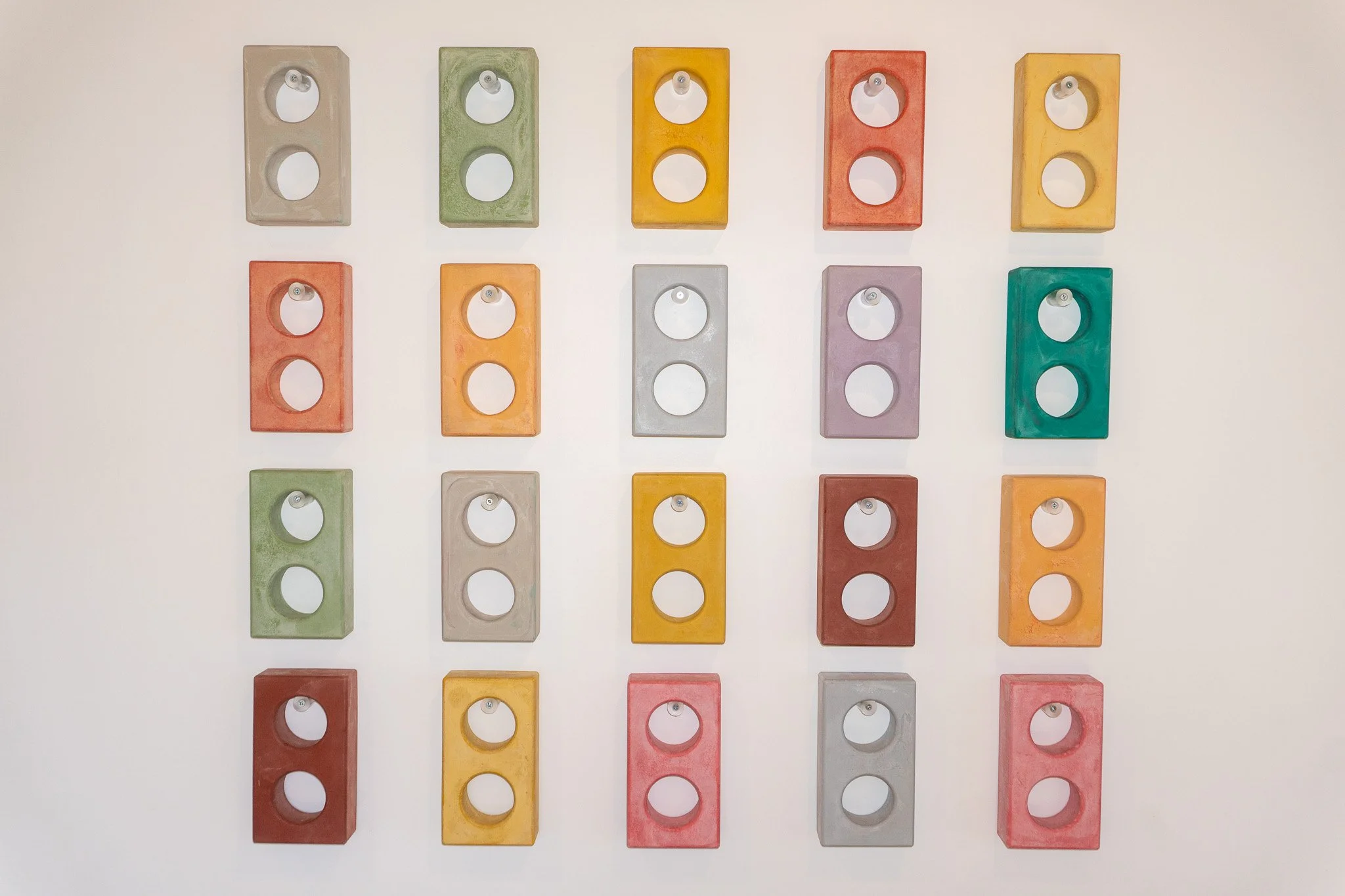



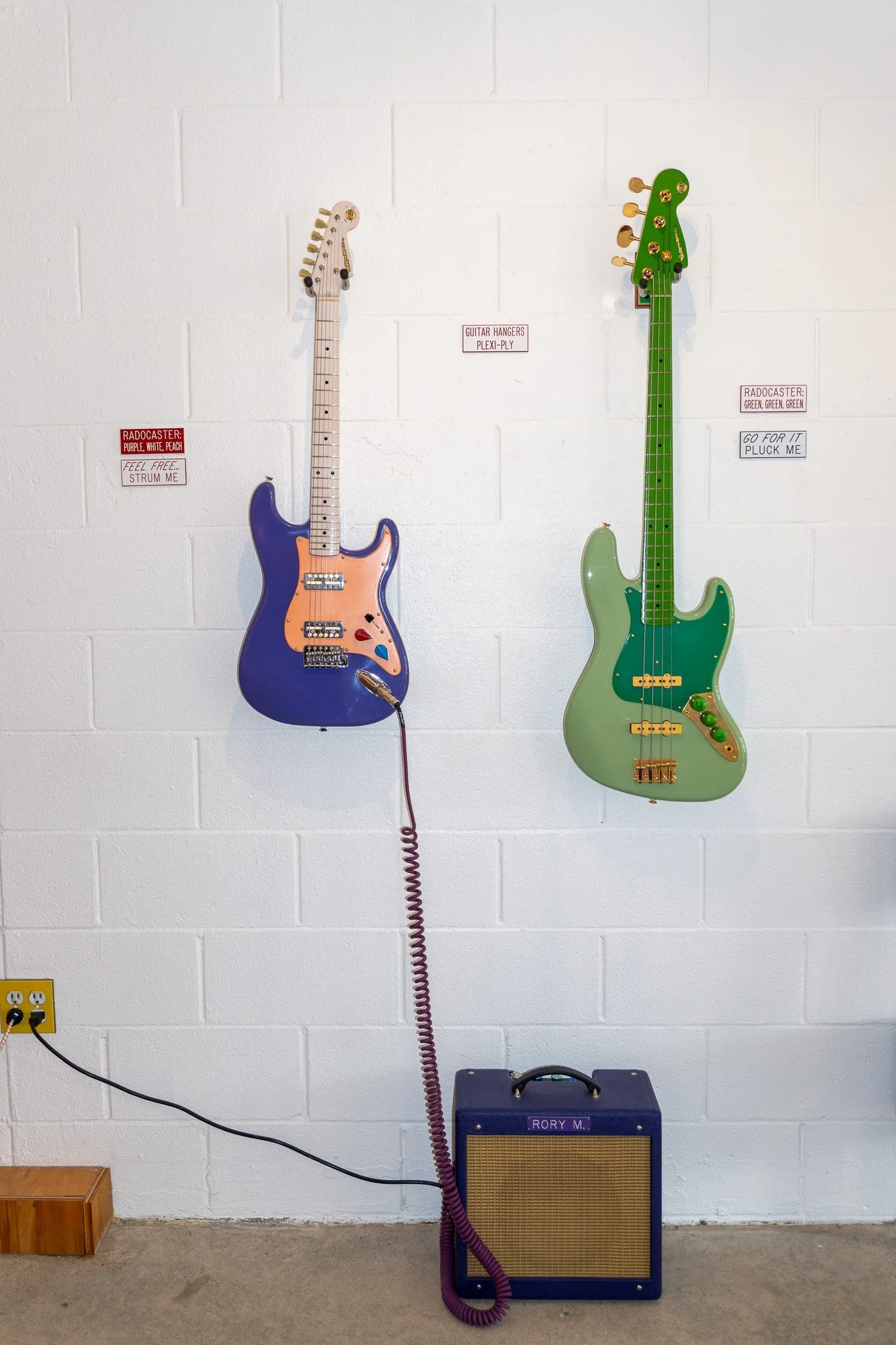
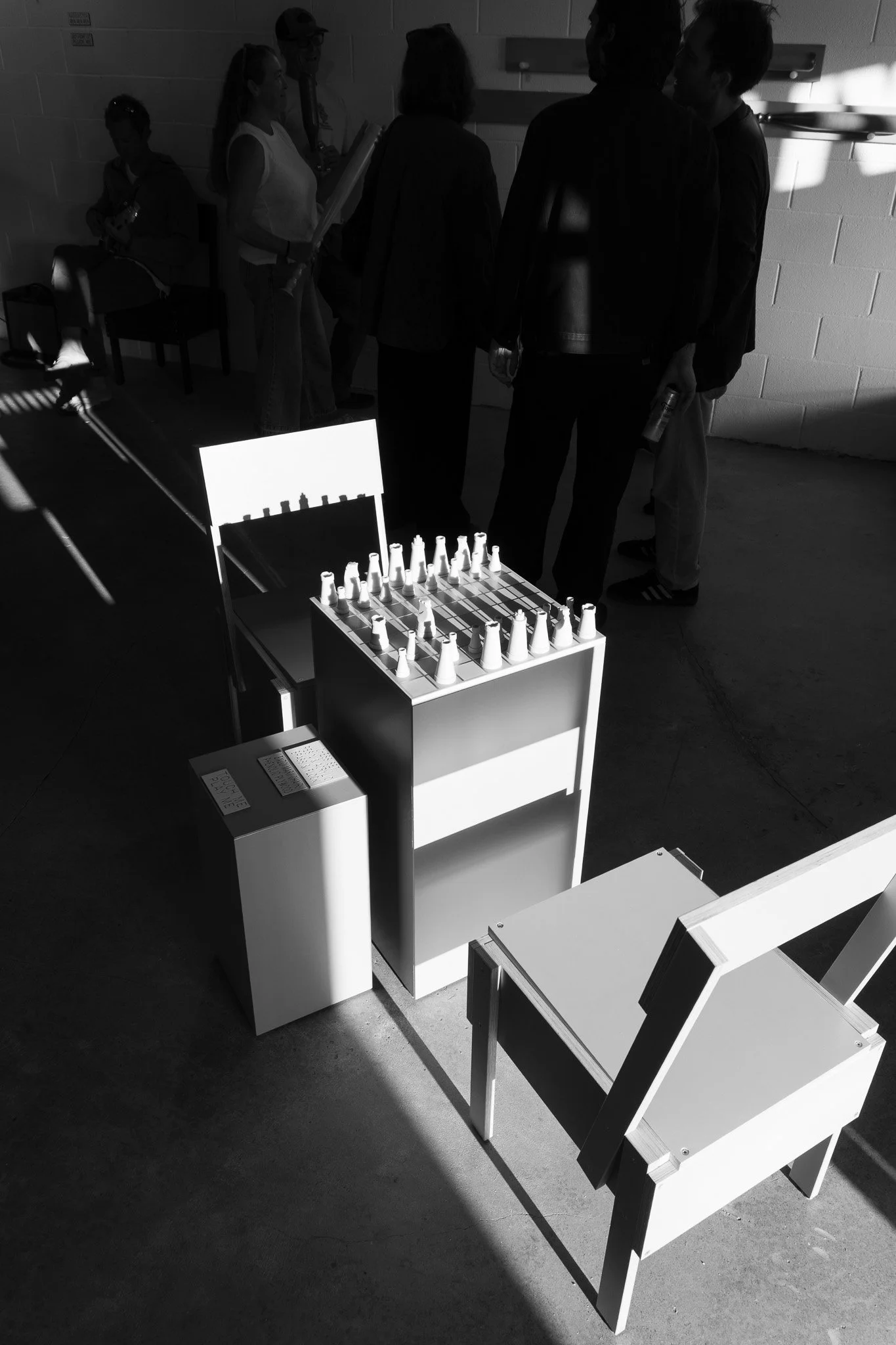
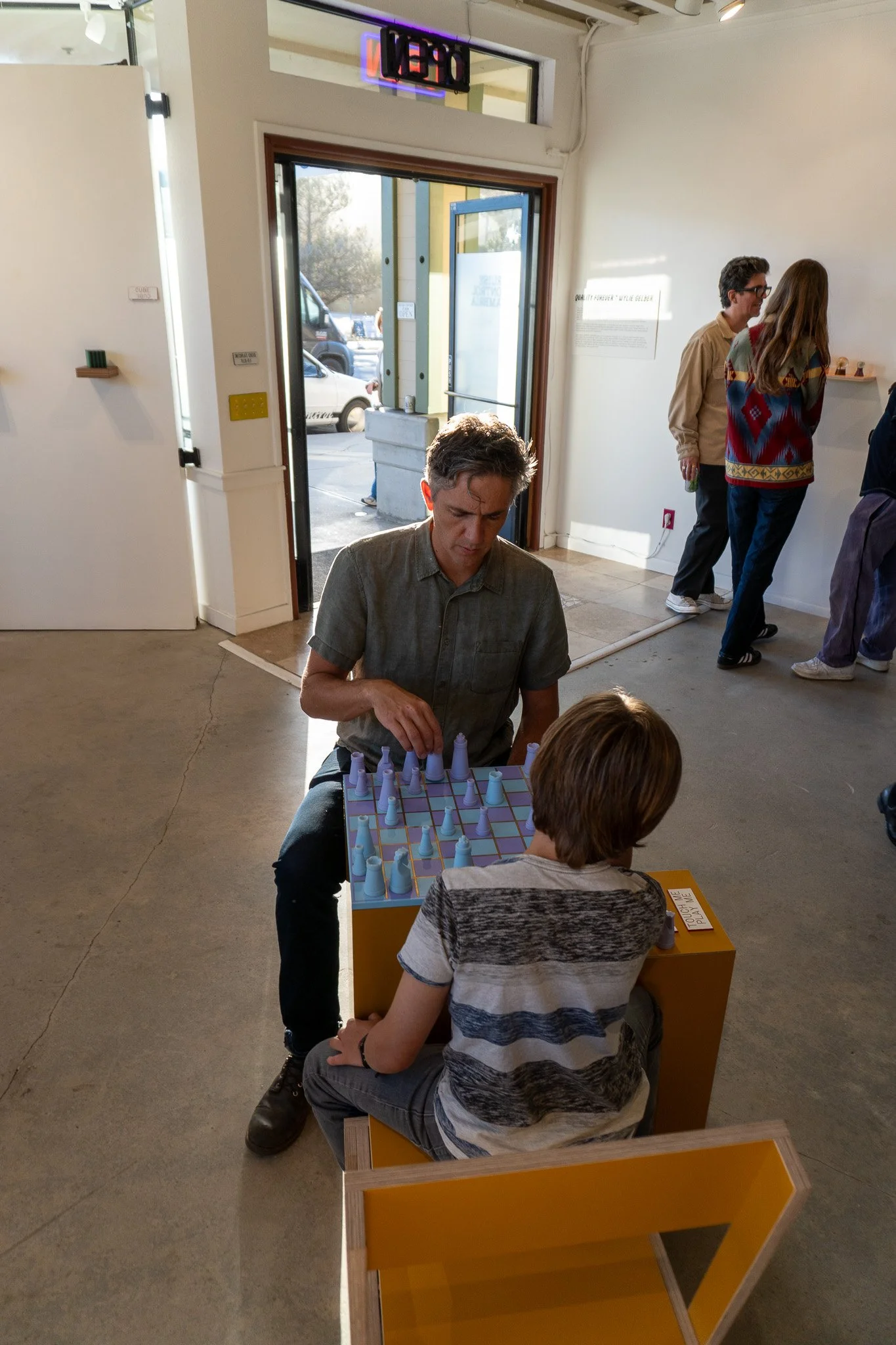
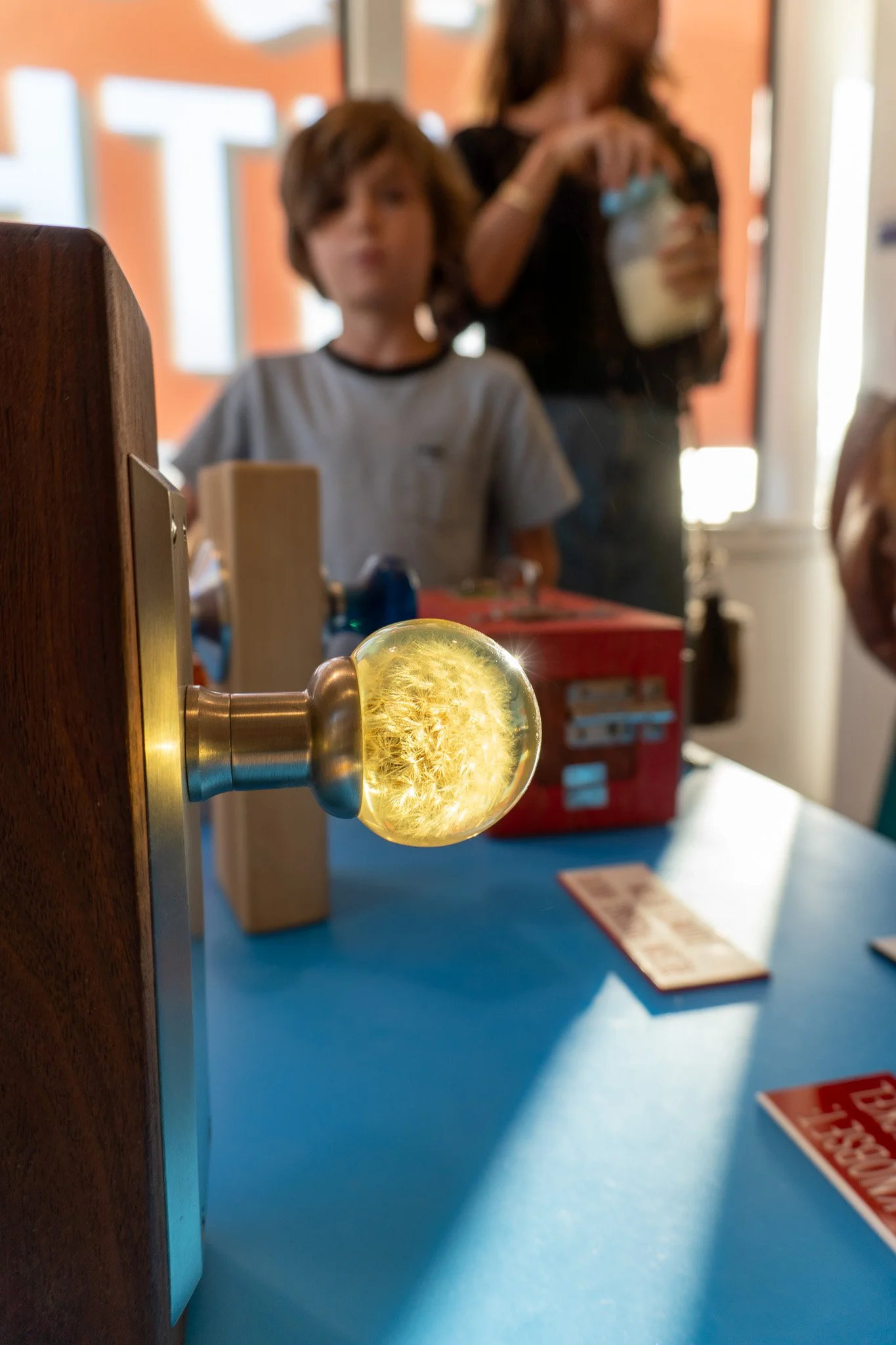


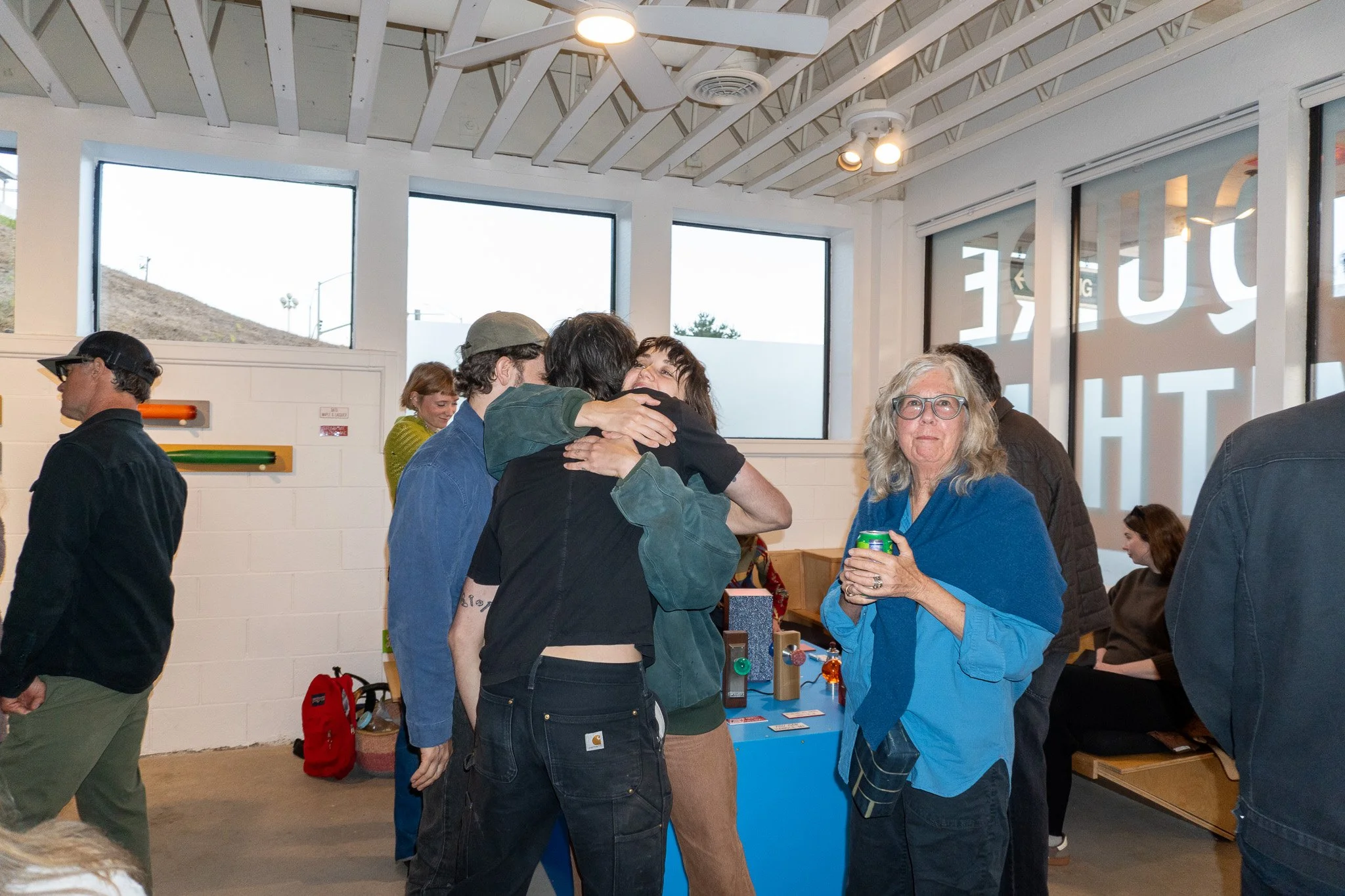




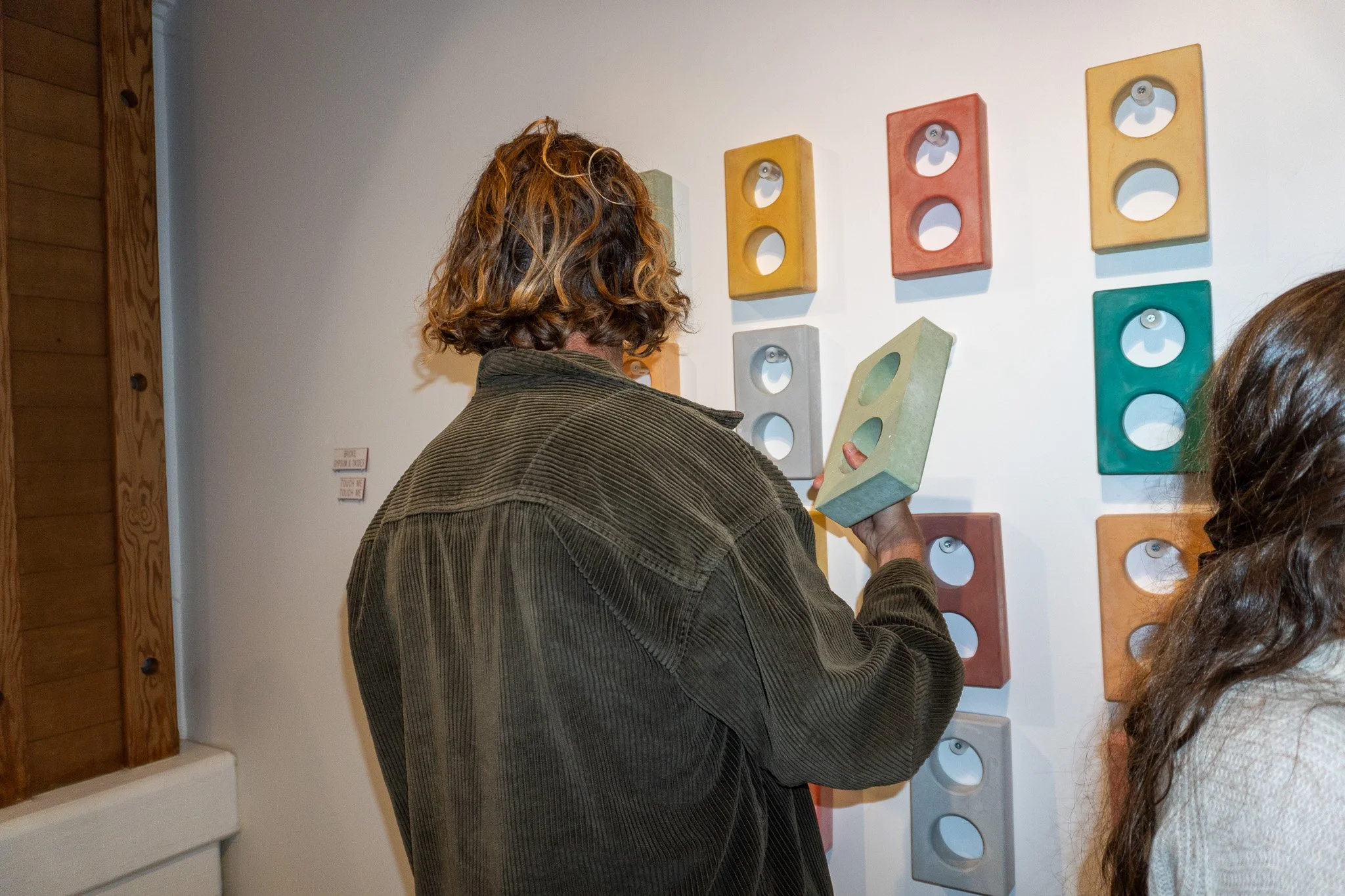
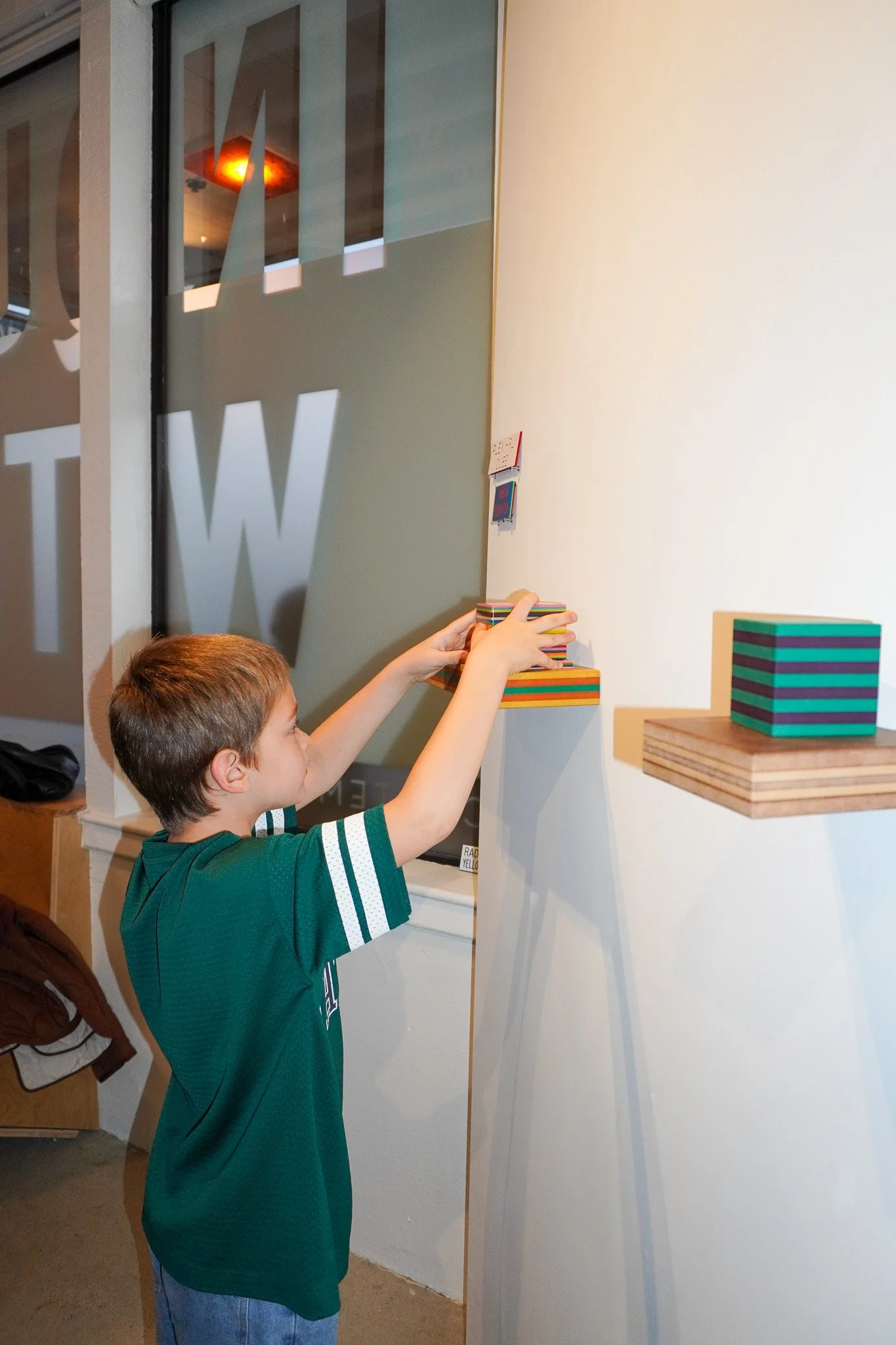
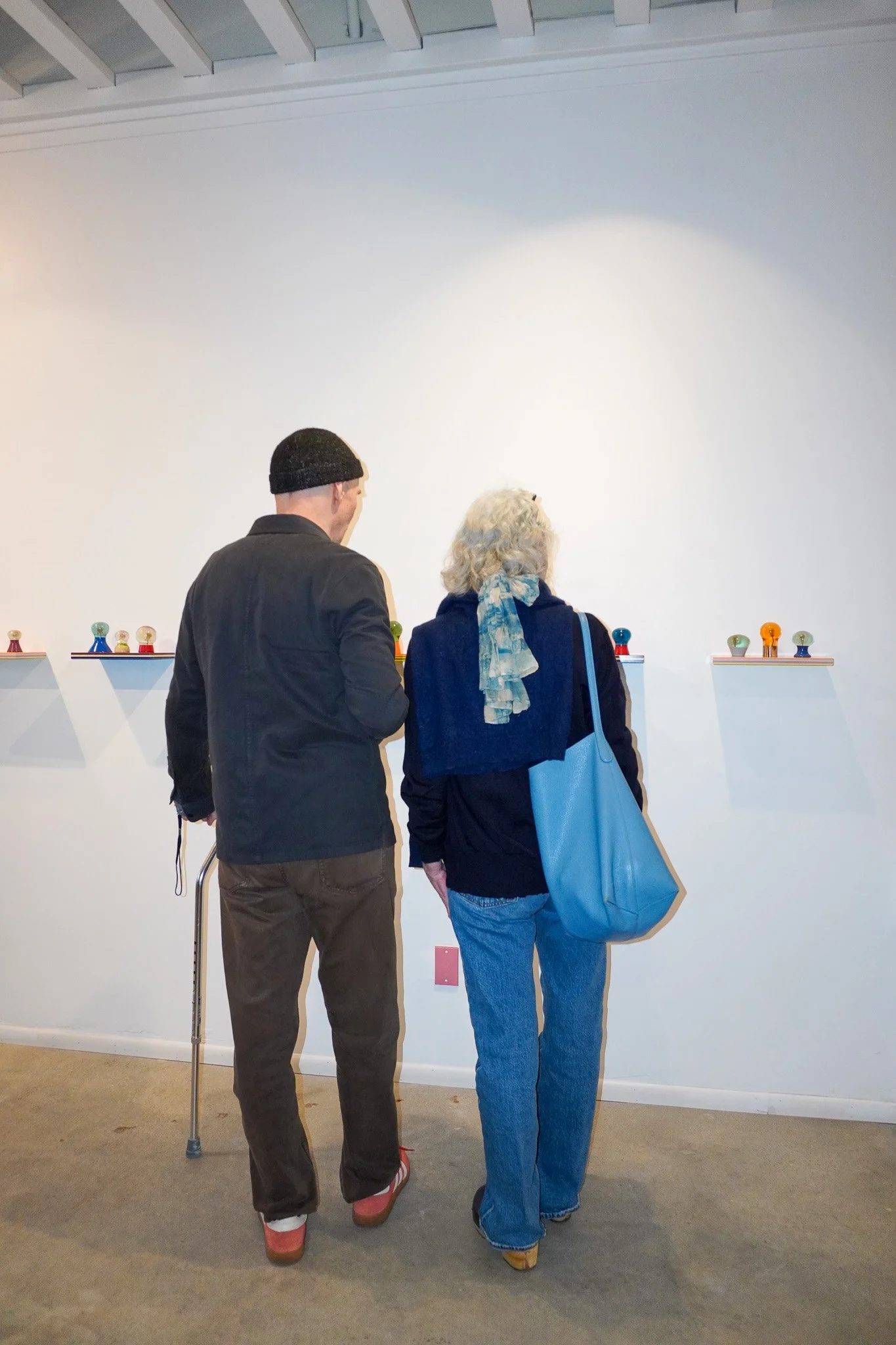












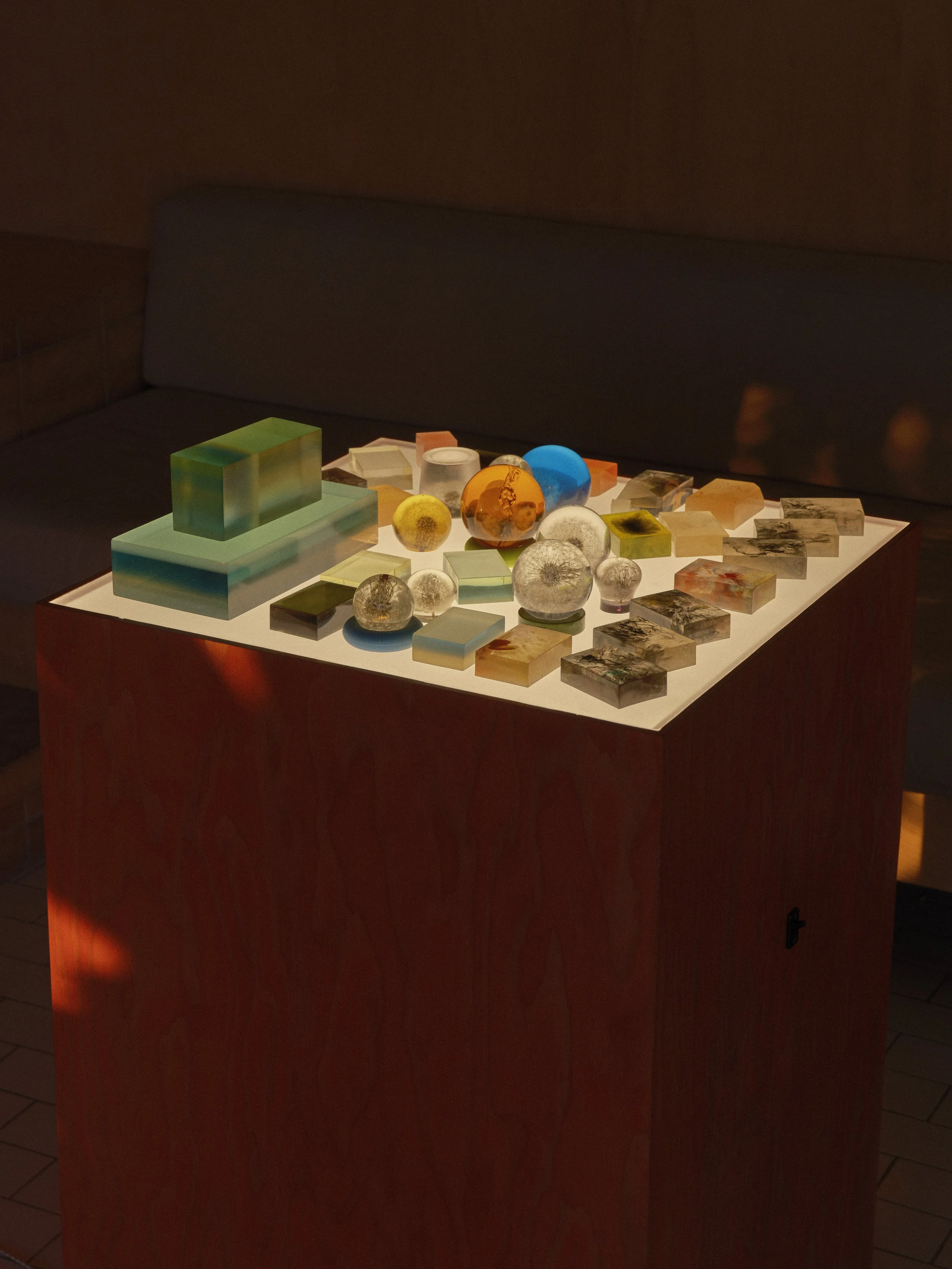







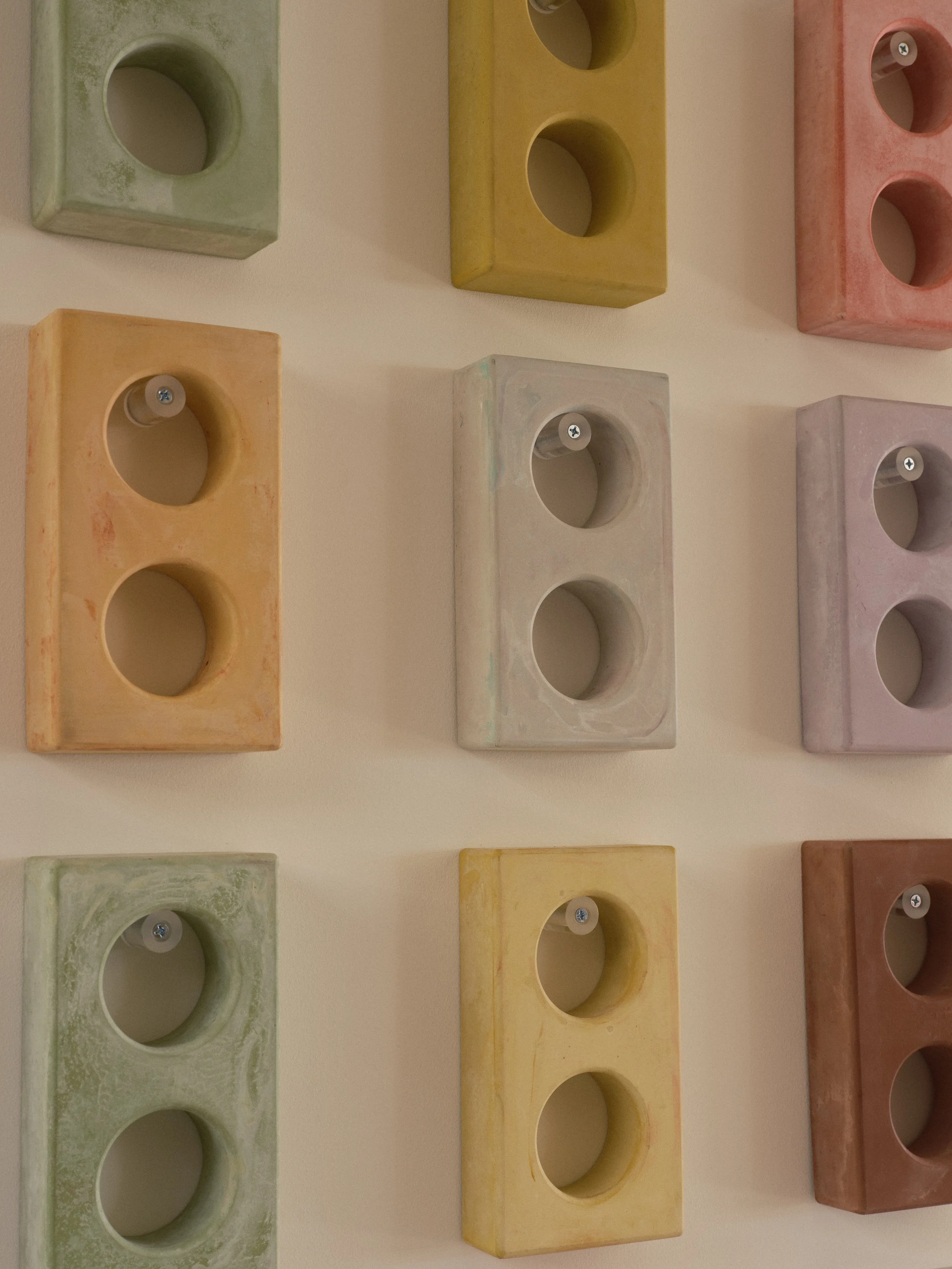

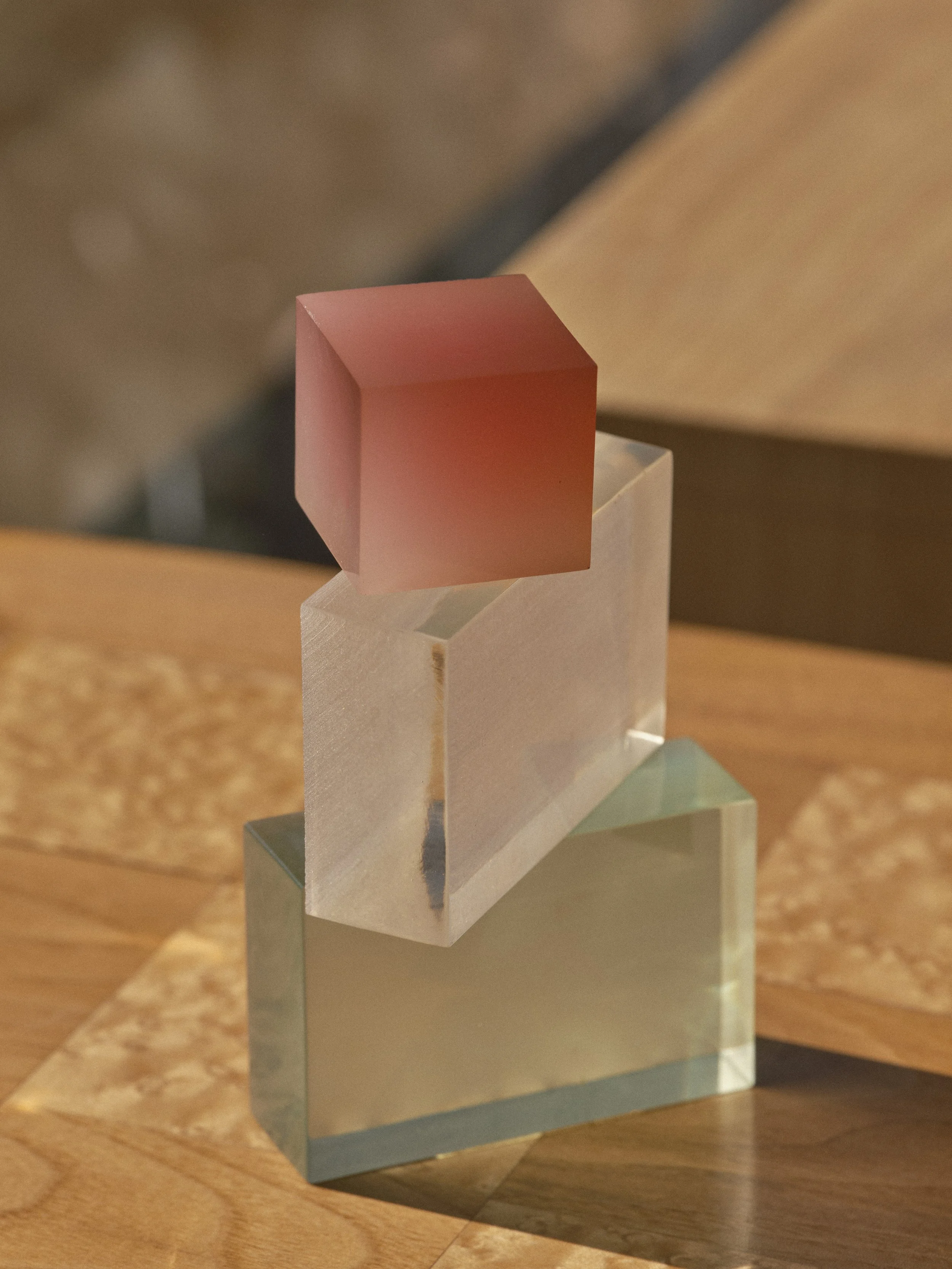







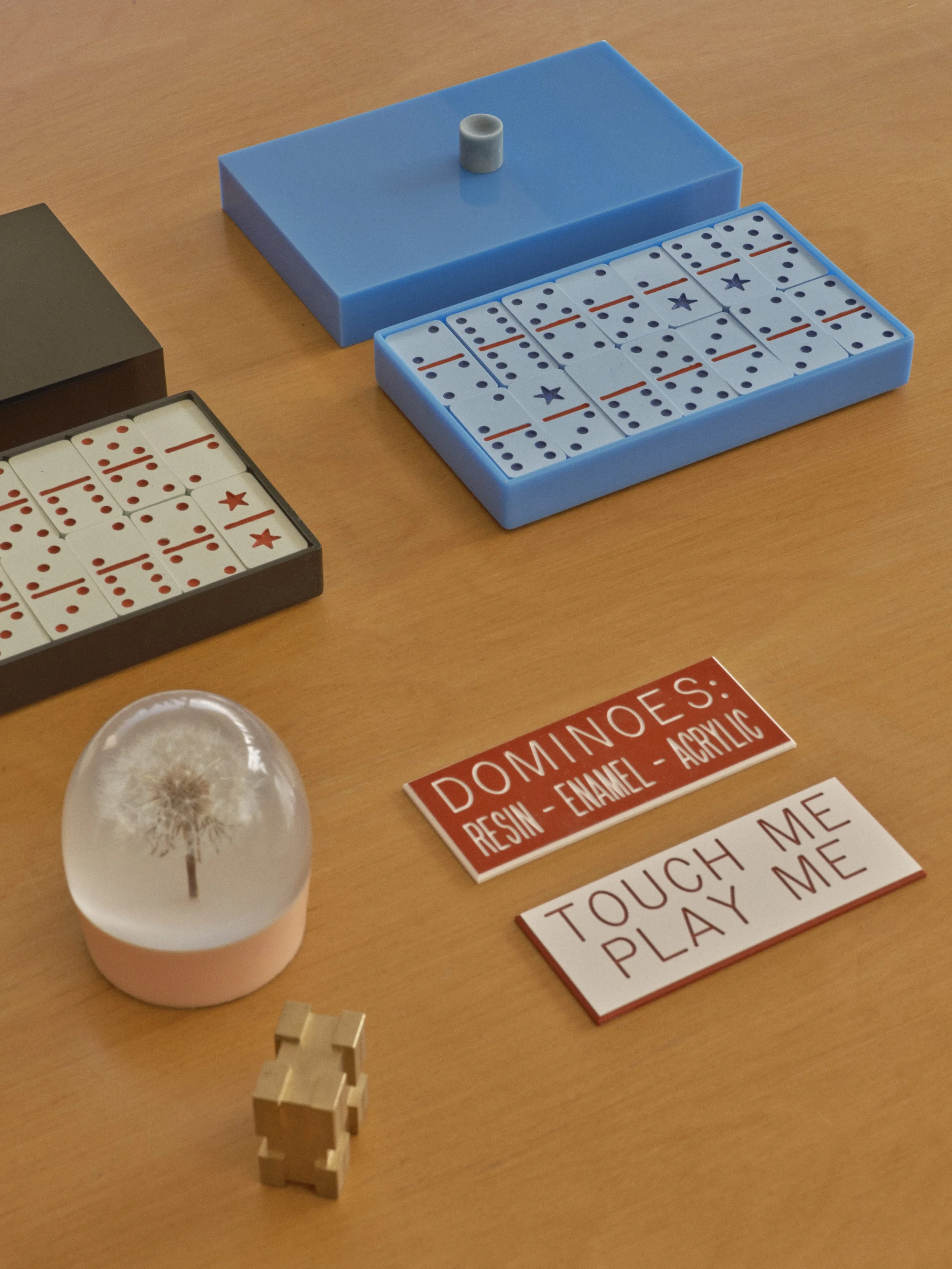







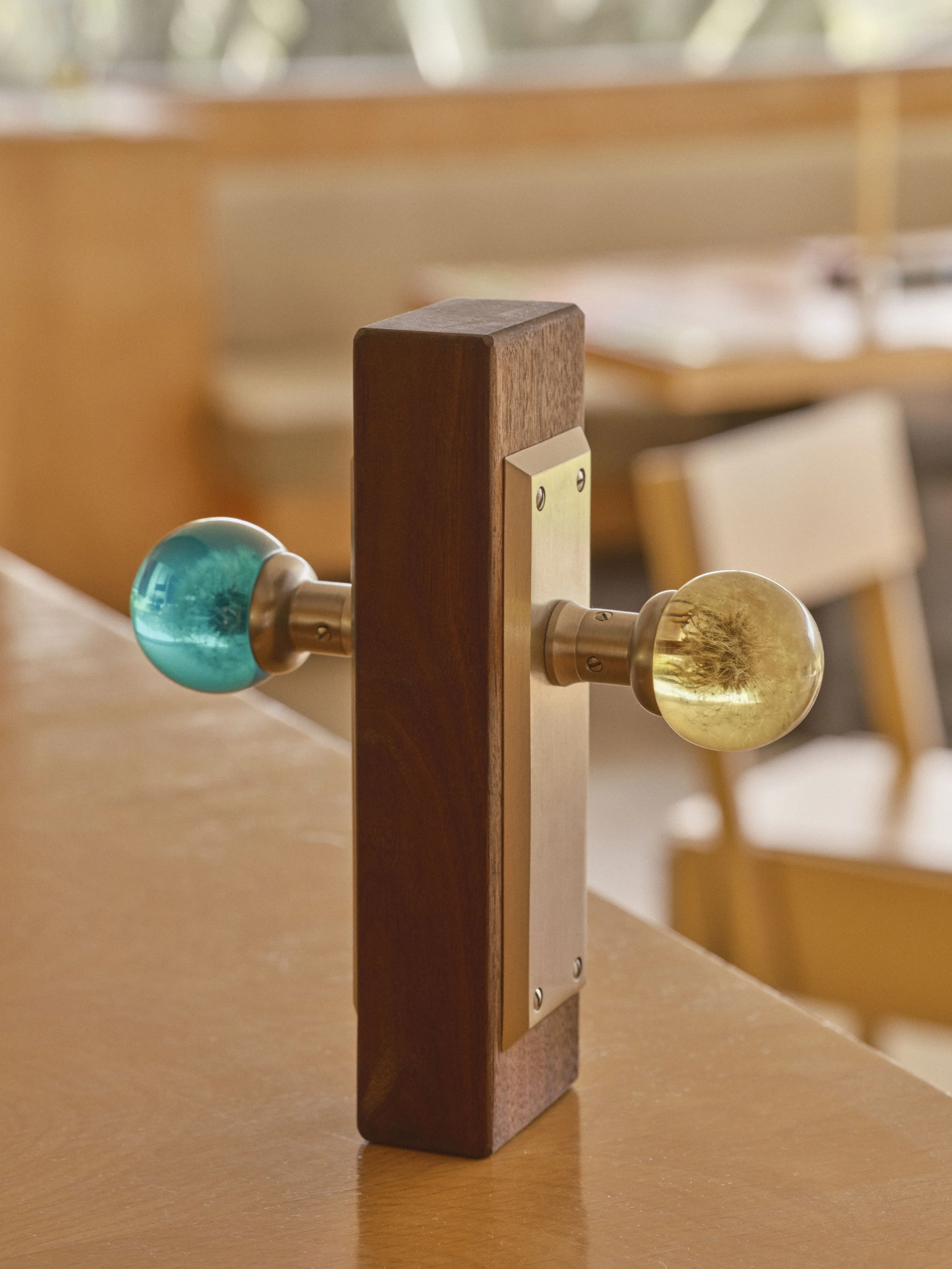

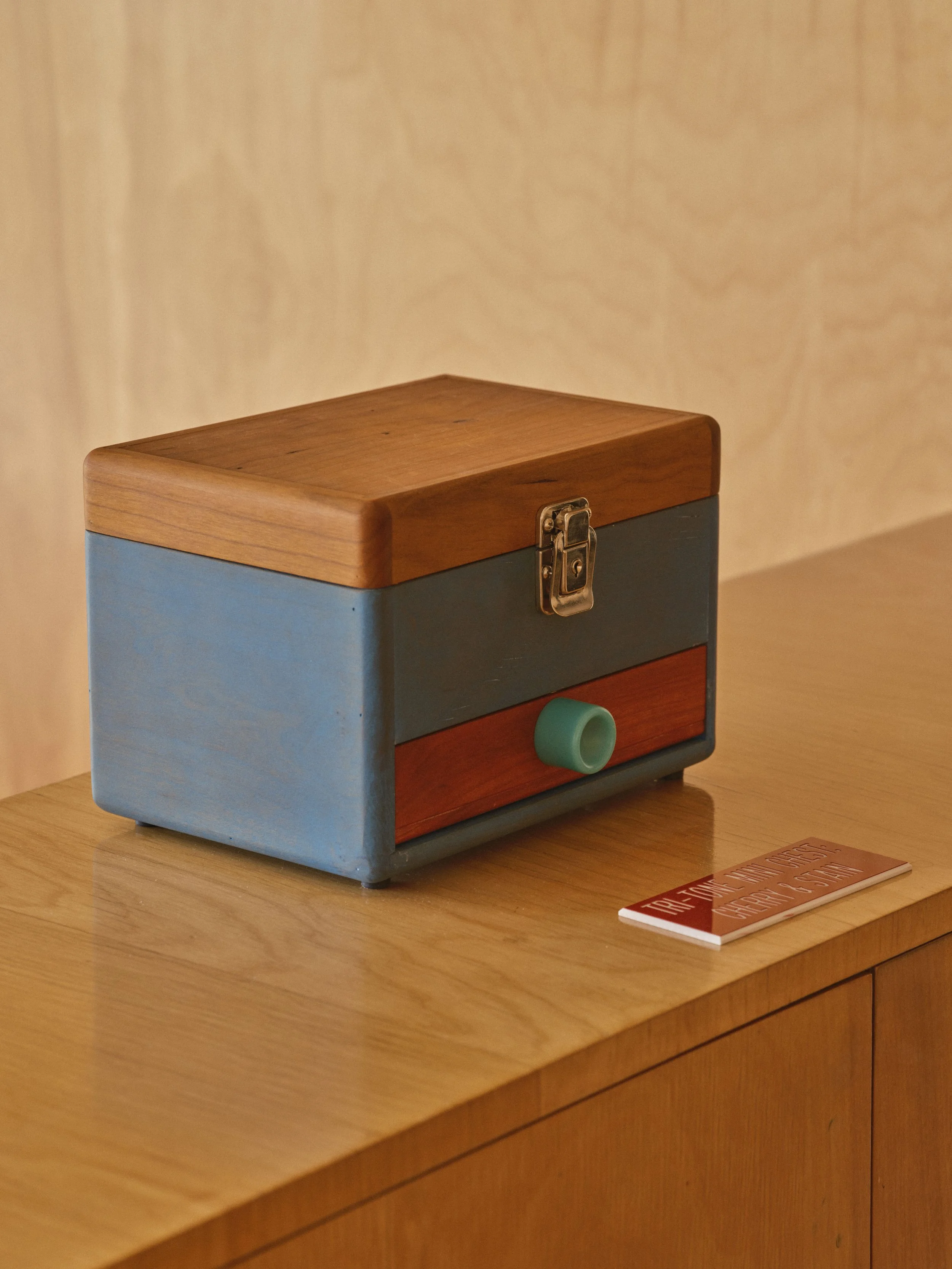
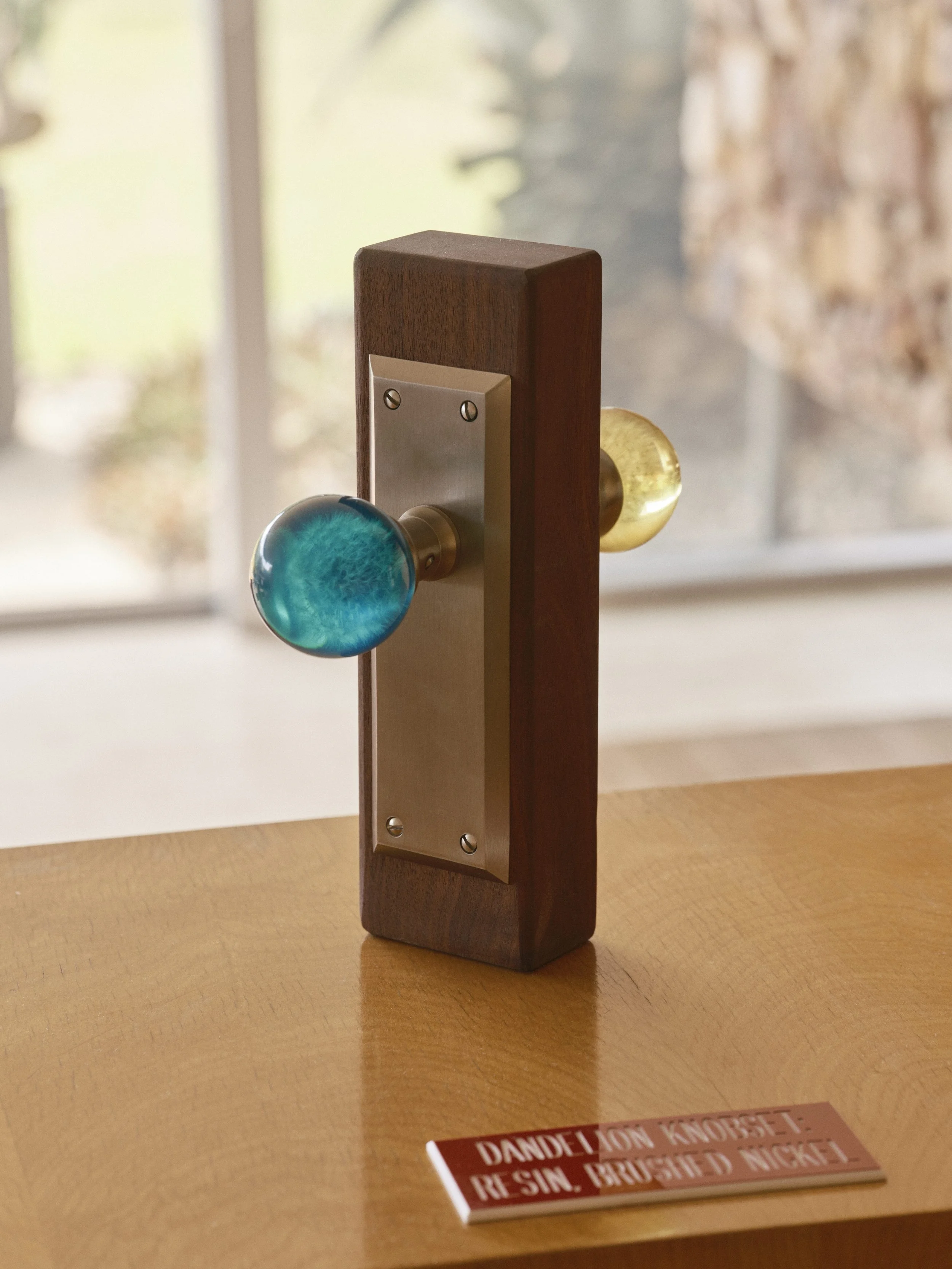






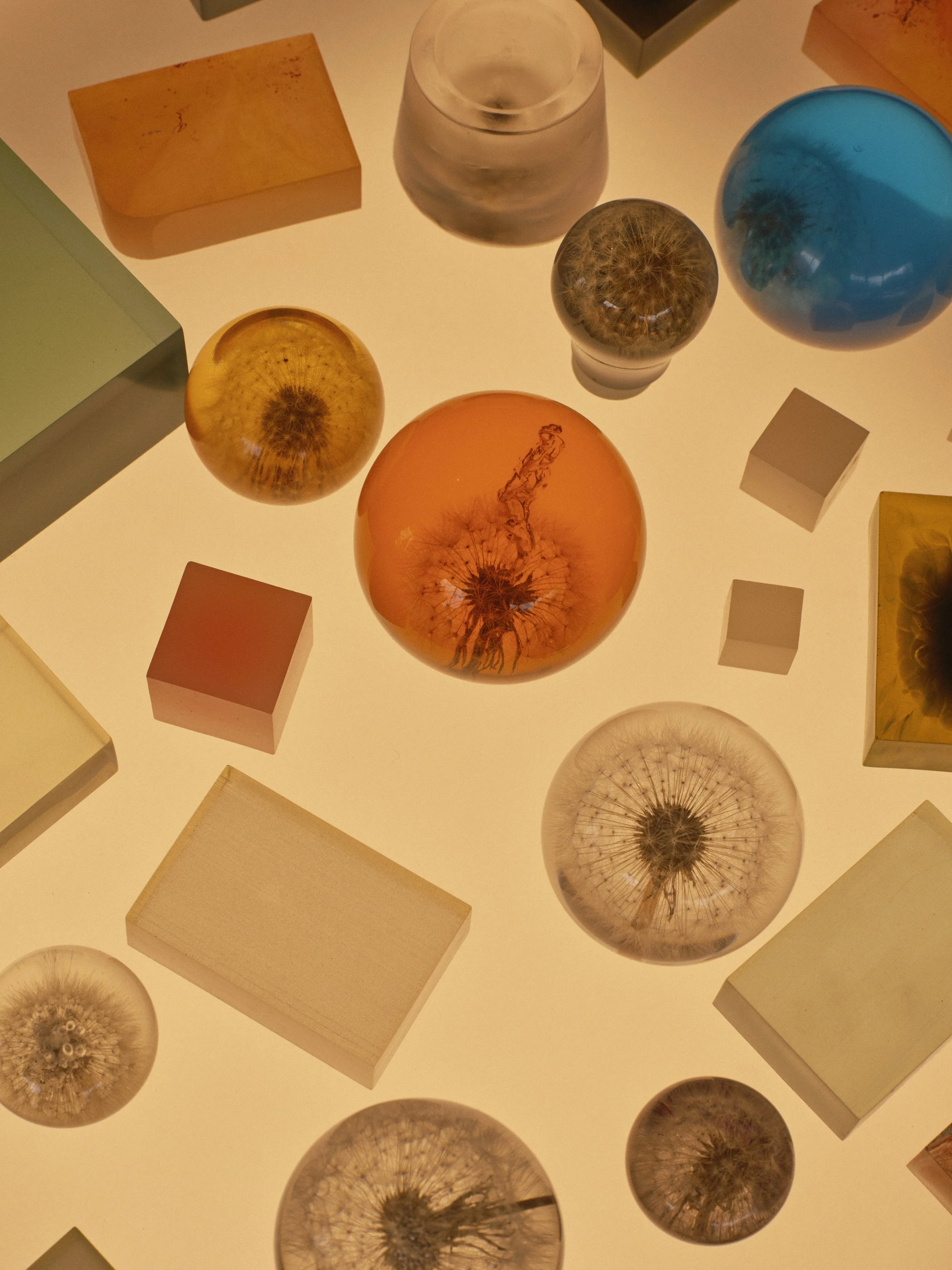







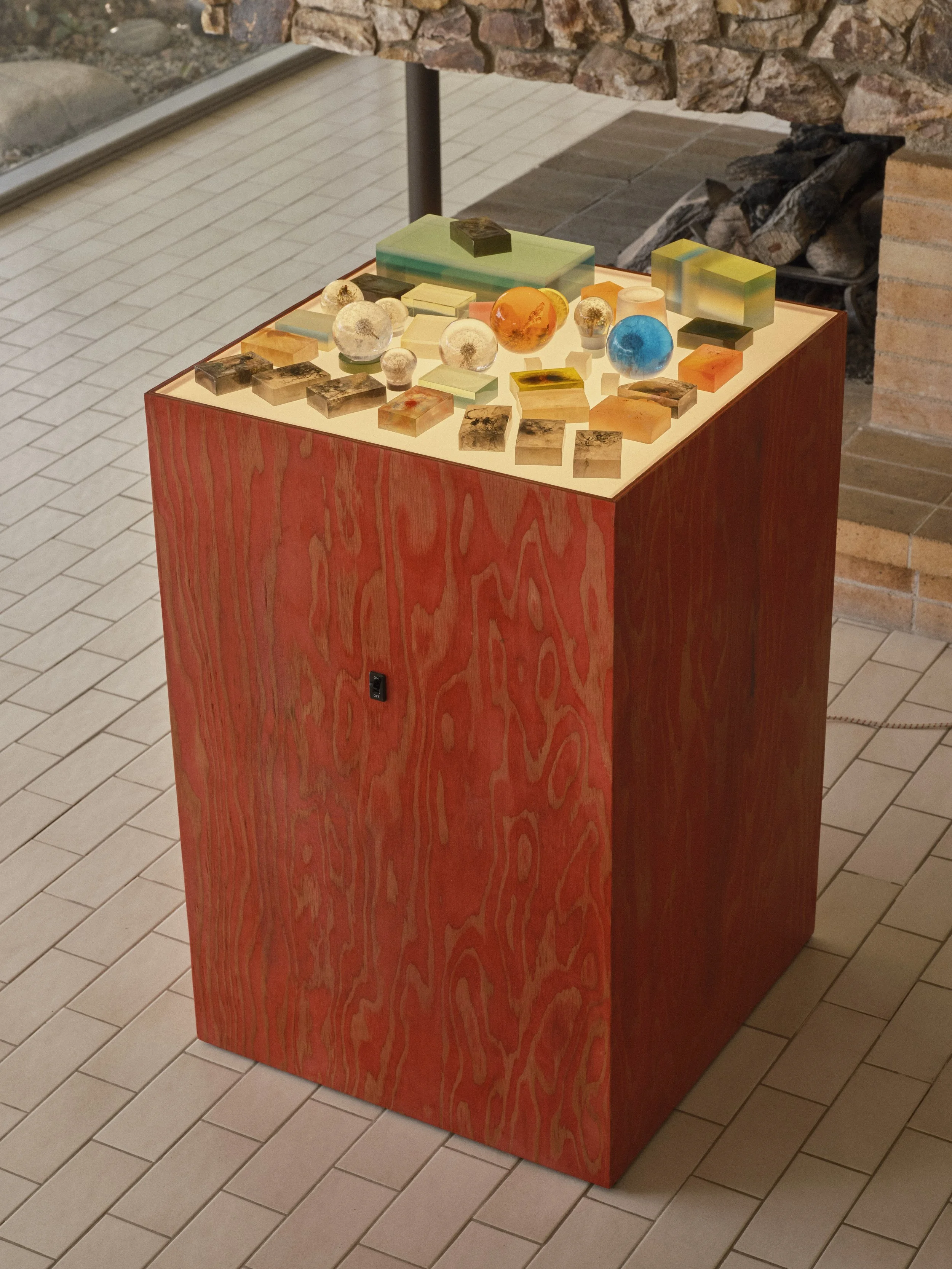













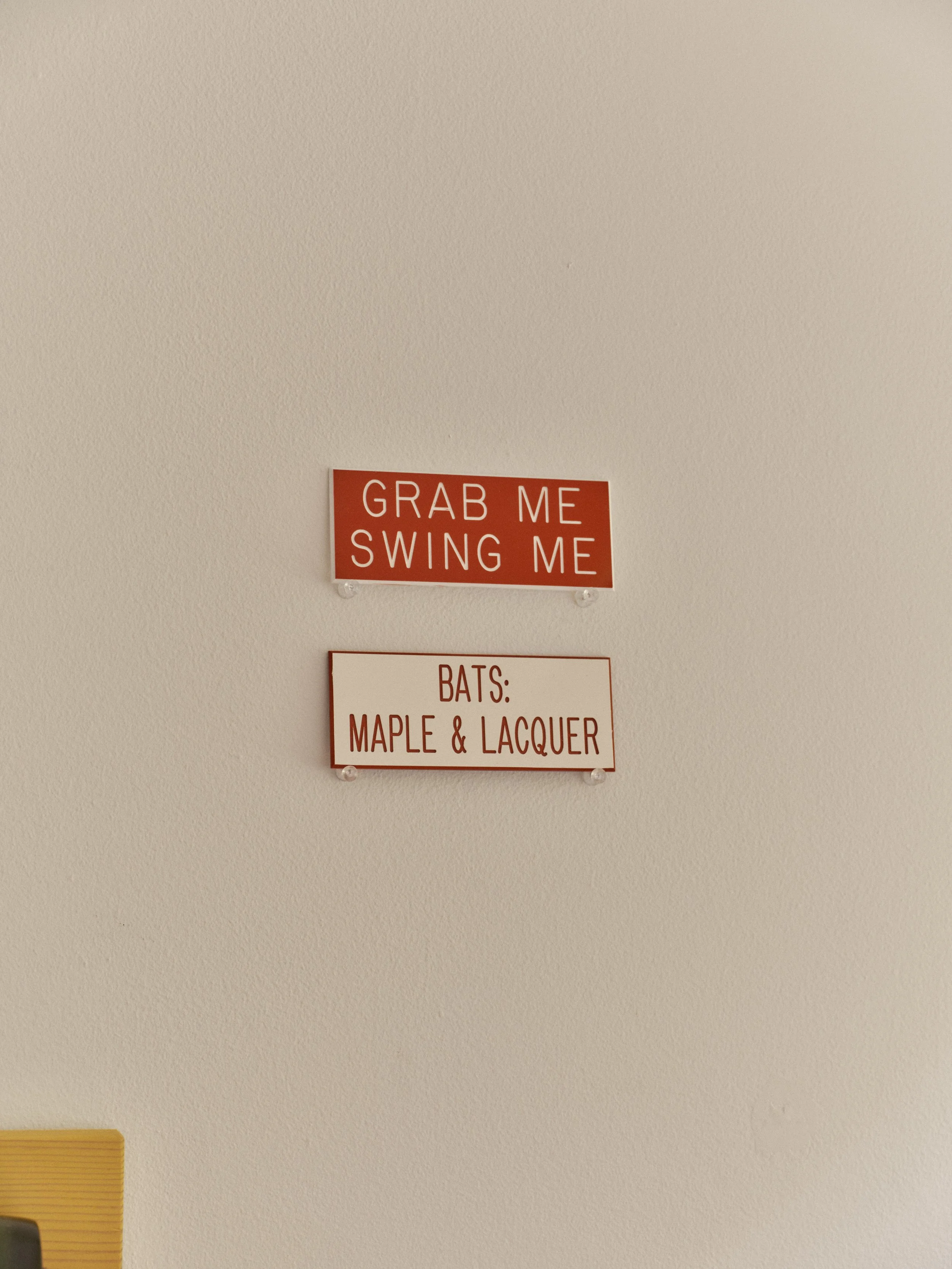






In RECONSTITUTIONS, Steve Hanson returns to his California art origins, tracing a line back to his formative years at CalArts in the late 1980s while rooting firmly in the present-day landscape of Santa Barbara’s coastal ecology. Known locally as a surfer, community gardener, and meticulous re-shaper of land, Hanson transforms the detritus of his landscaping practice—organic matter, discarded wood, sun-bleached remnants of earthwork—into sculptural gestures that oscillate between shrine and artifact.
By relocating these materials from their outdoor contexts into the gallery space, Hanson stages an intimate re-reading of Land Art traditions. Rather than monumental interventions upon vast terrains, RECONSTITUTIONS embraces a humble, human scale, creating indoor micro-landscapes where decay, fragmentation, and renewal become subjects of quiet veneration.
The works resist permanence. Weathered branches, uprooted flora, and raw textures are assembled with a reverence for their transience, inviting viewers to consider entropy not as loss but as transformation. Through acts of salvage and decontextualization, Hanson subverts assumptions of what constitutes waste, proposing instead a poetics of care—small altars to what has been shed, what has survived, and what could germinate anew.
This exhibition marks a return and a continuation: a full-circle moment where Hanson’s early conceptual training converges with decades of hands-in-the-soil experience, creating a practice that is both ecological and devotional, sculptural and horticultural.
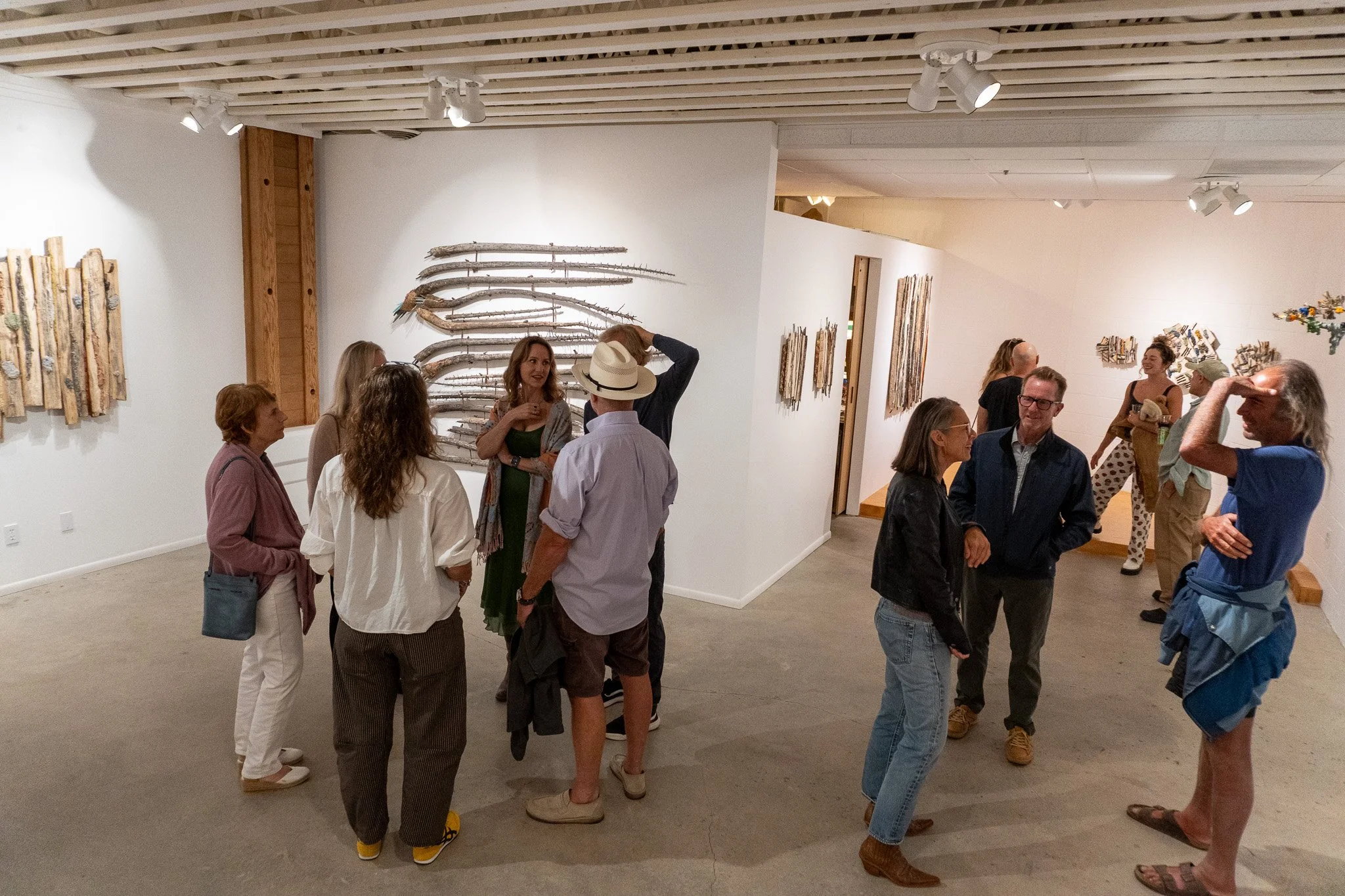
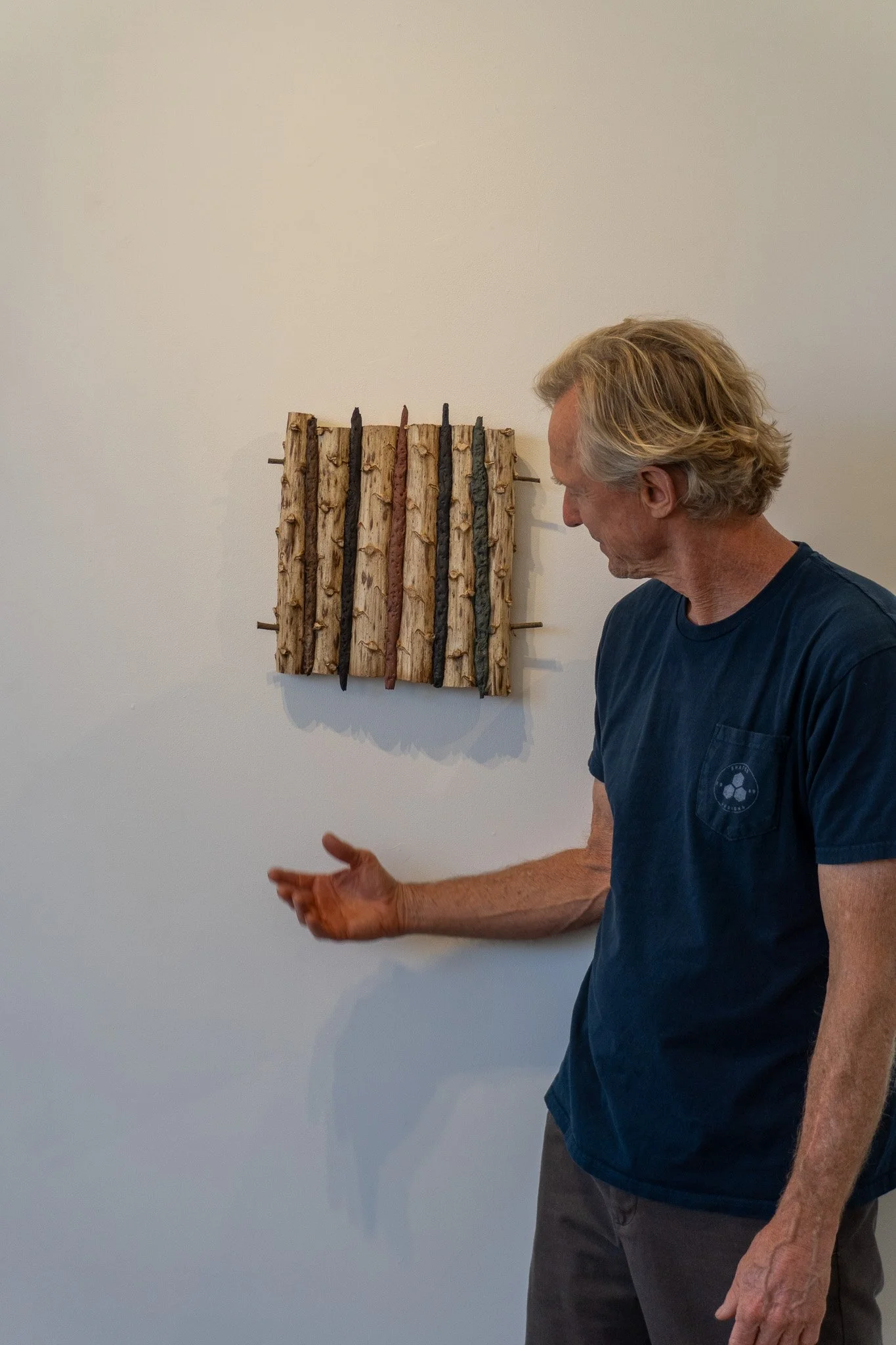

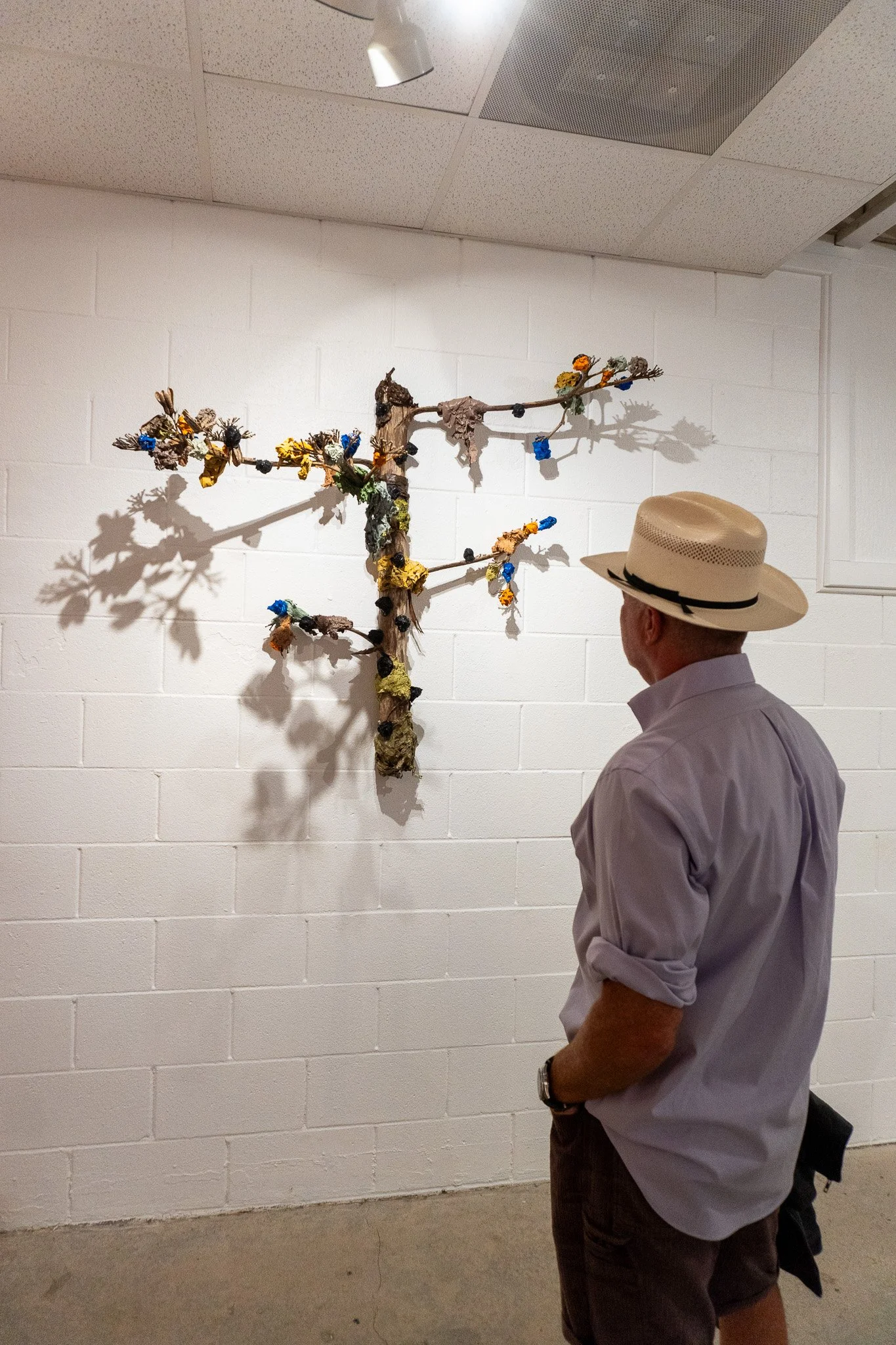


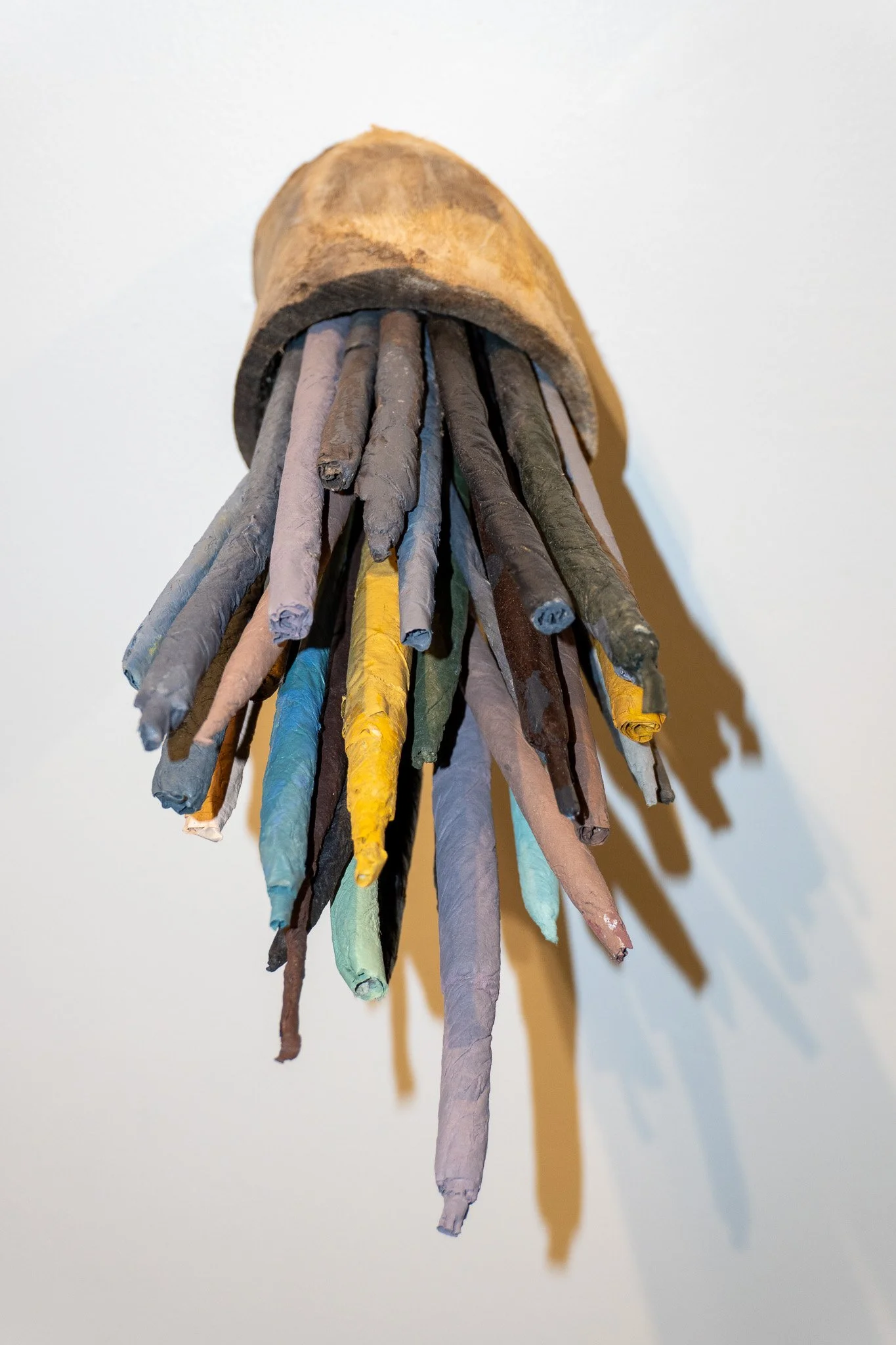
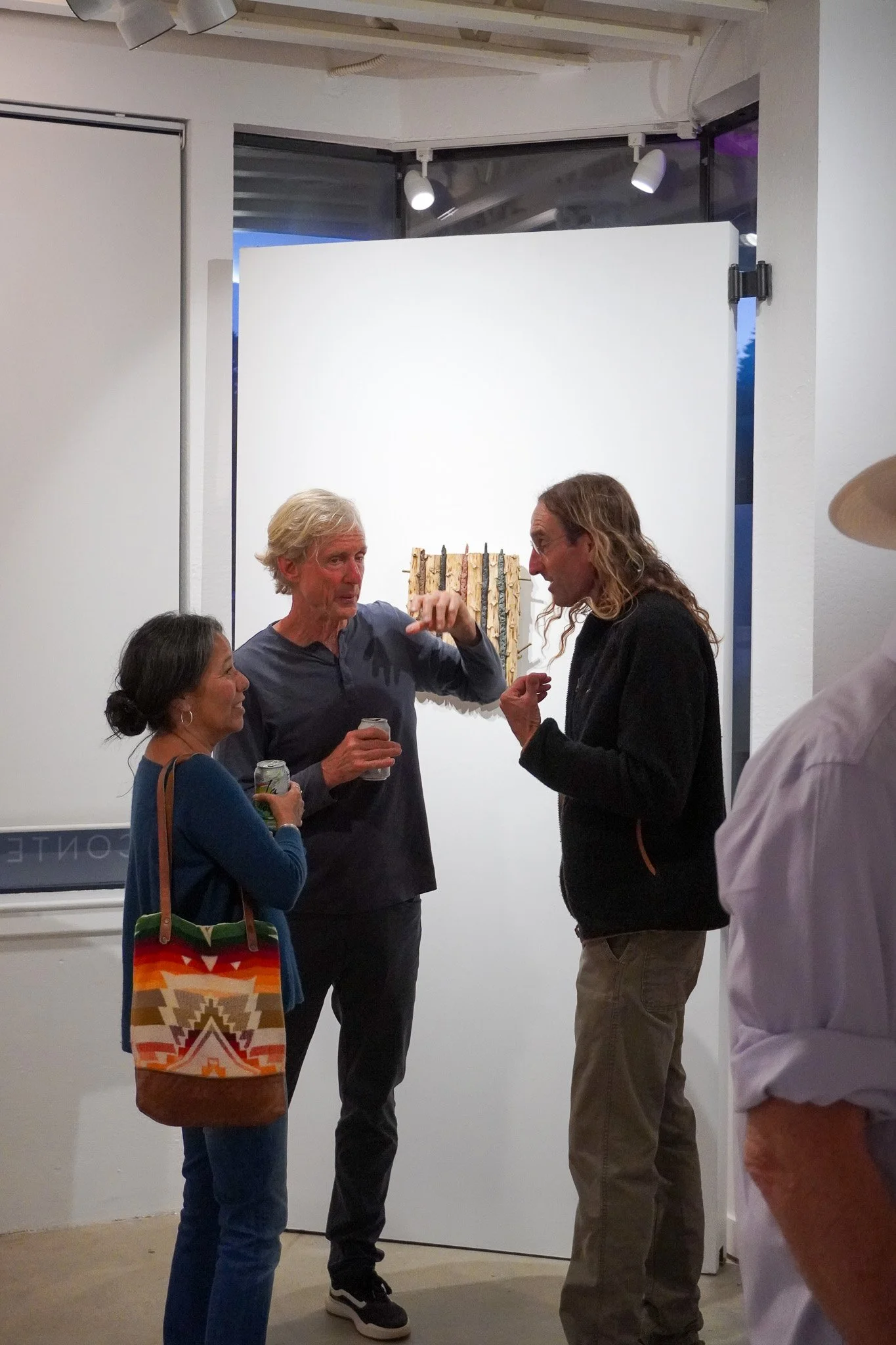
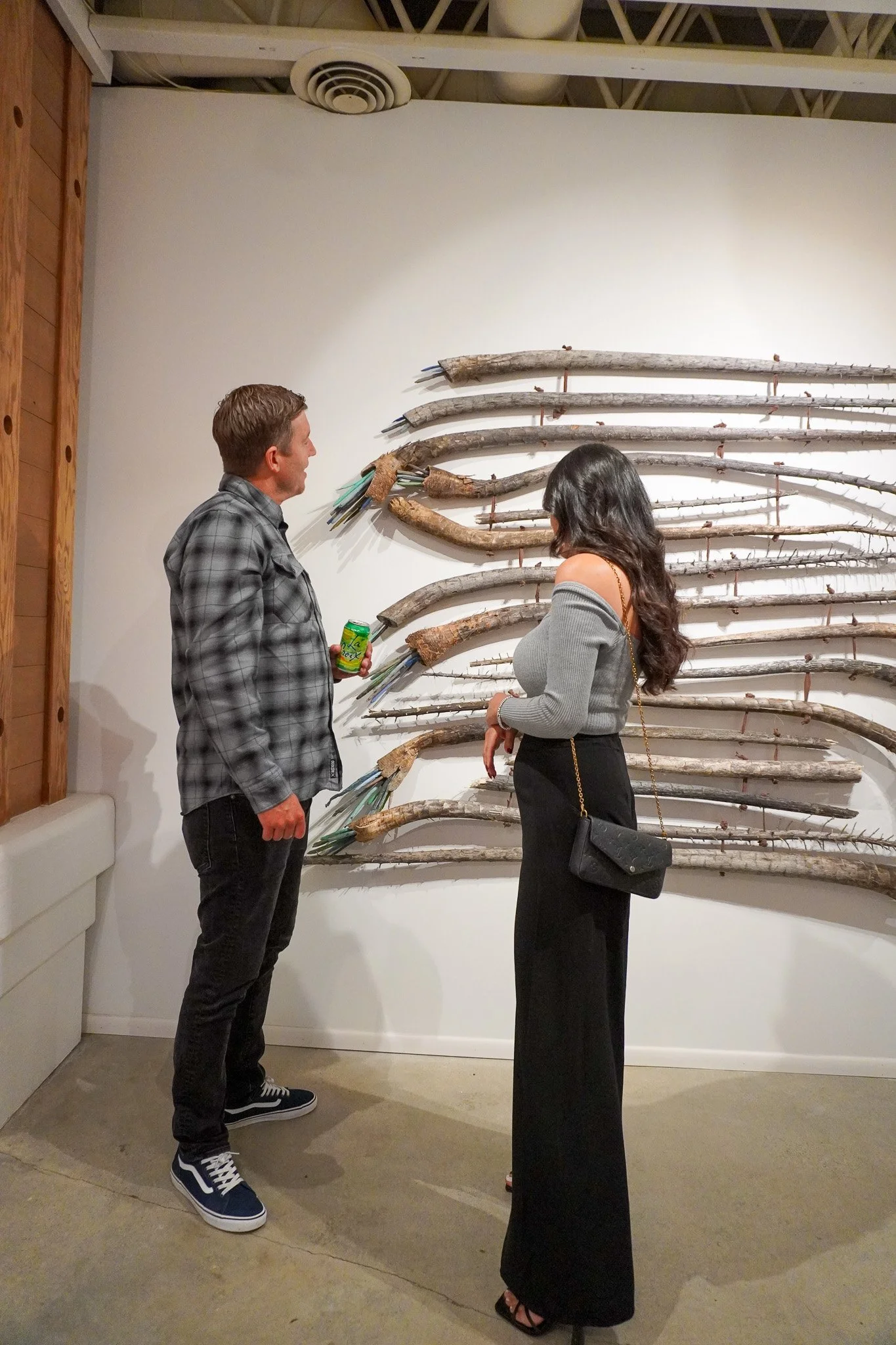
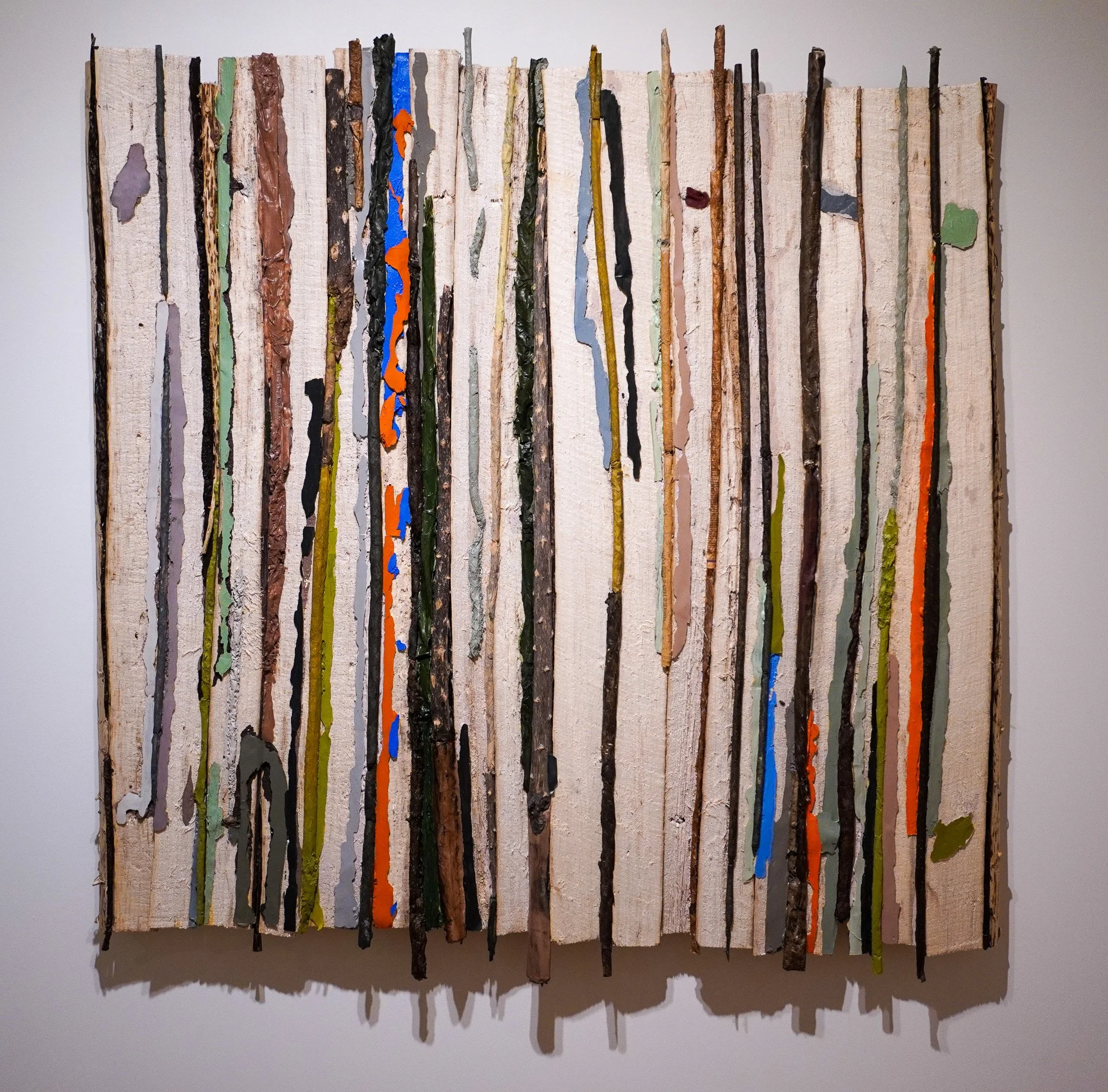

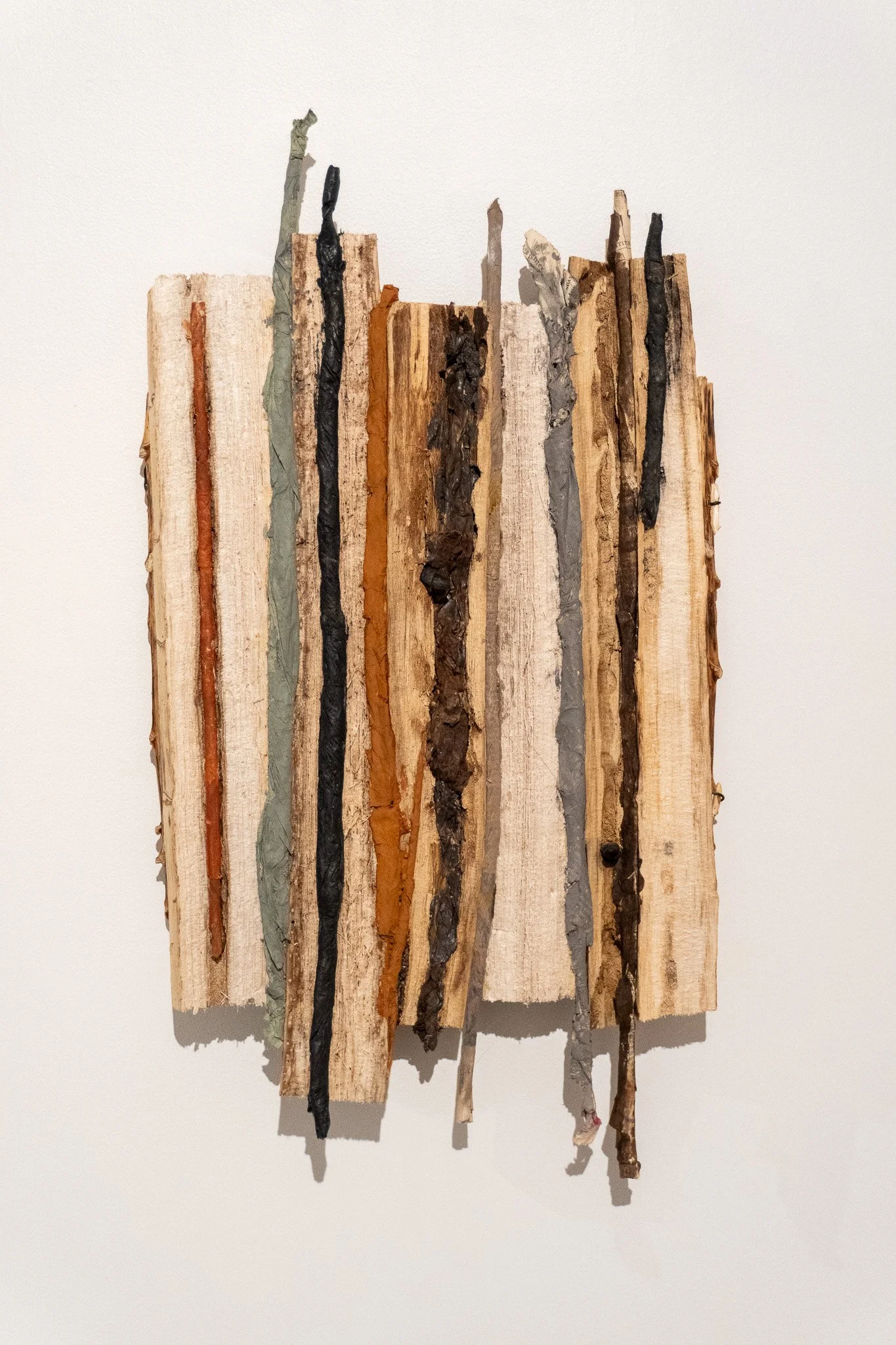
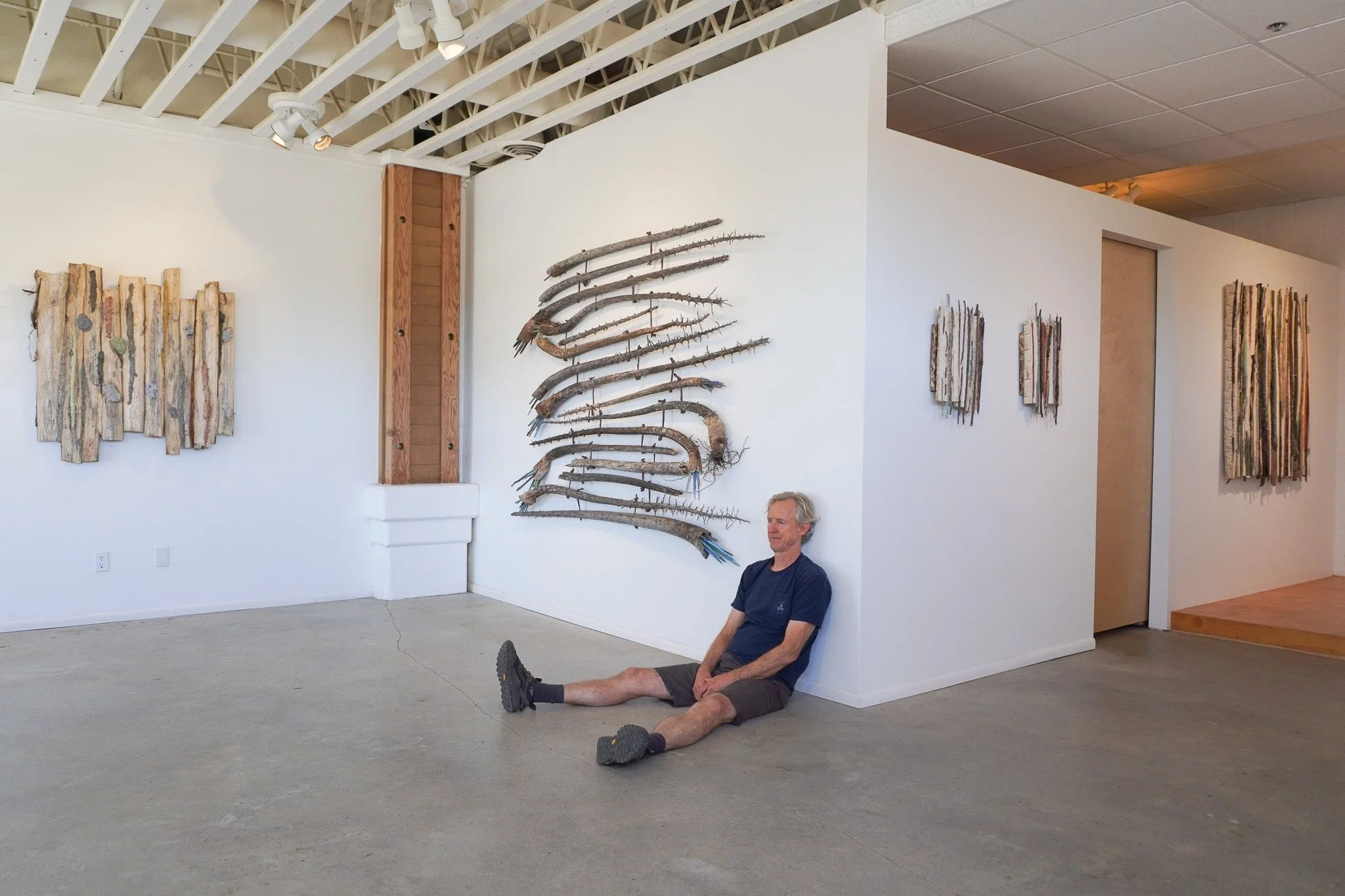
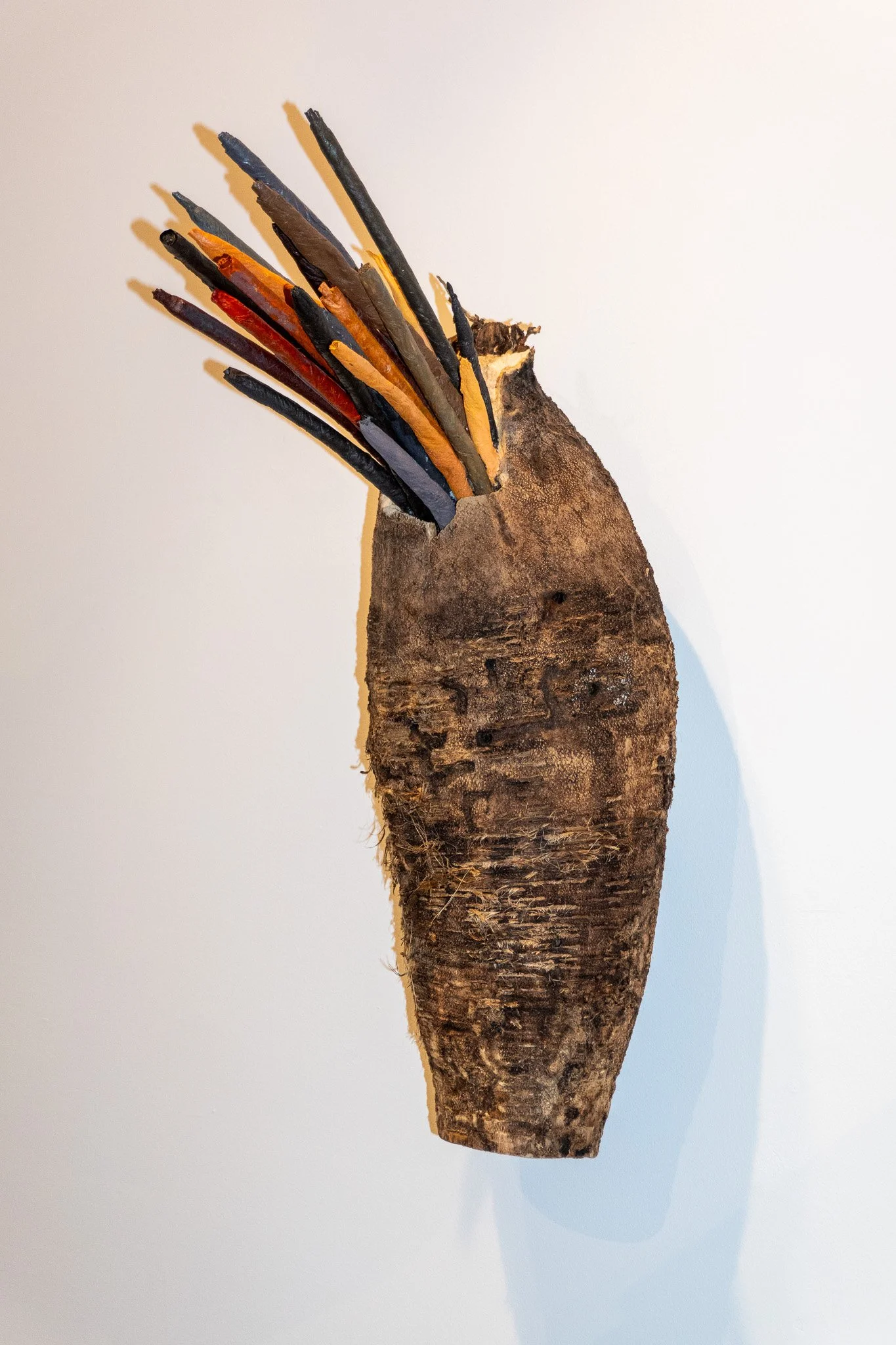

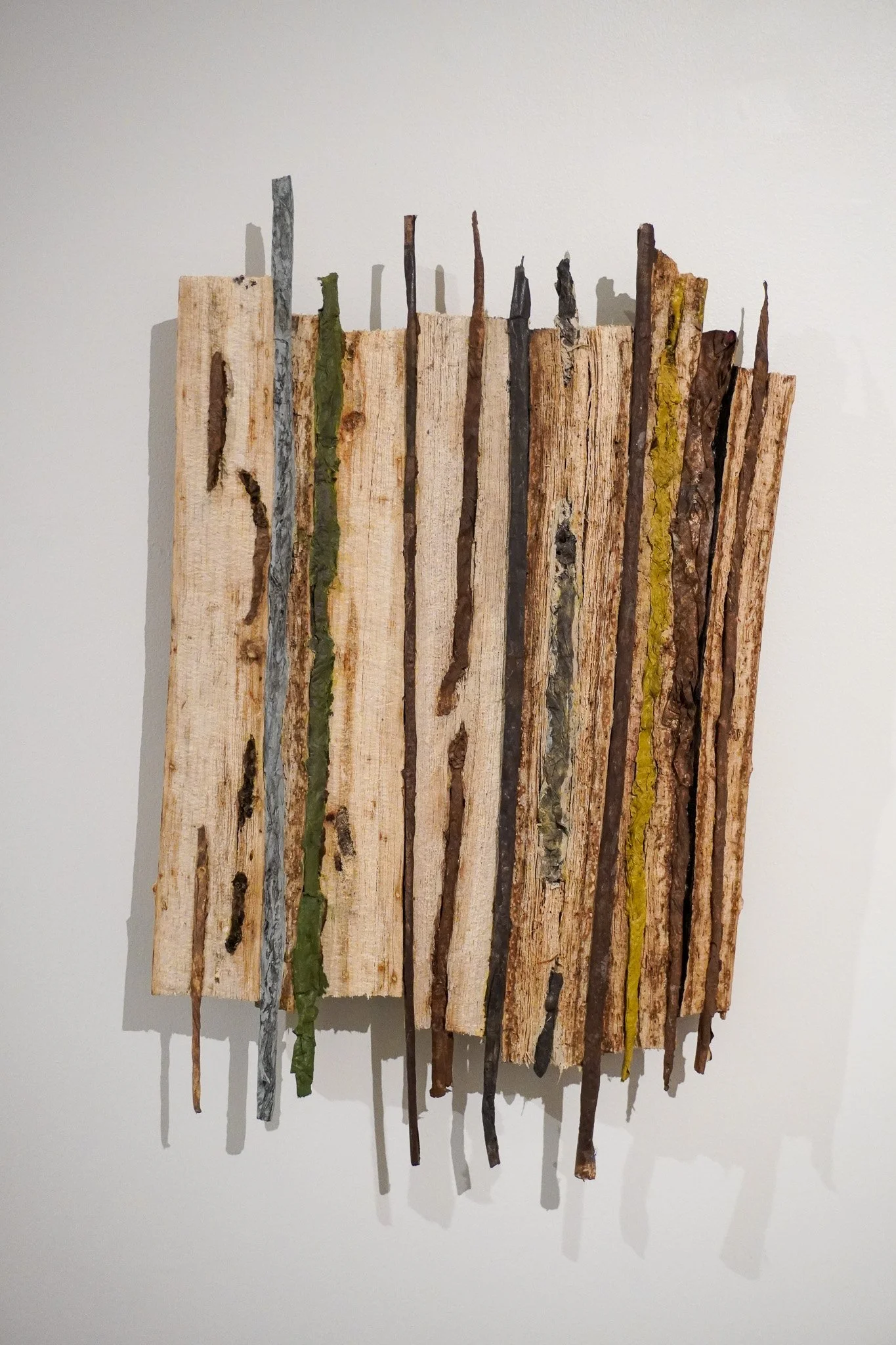
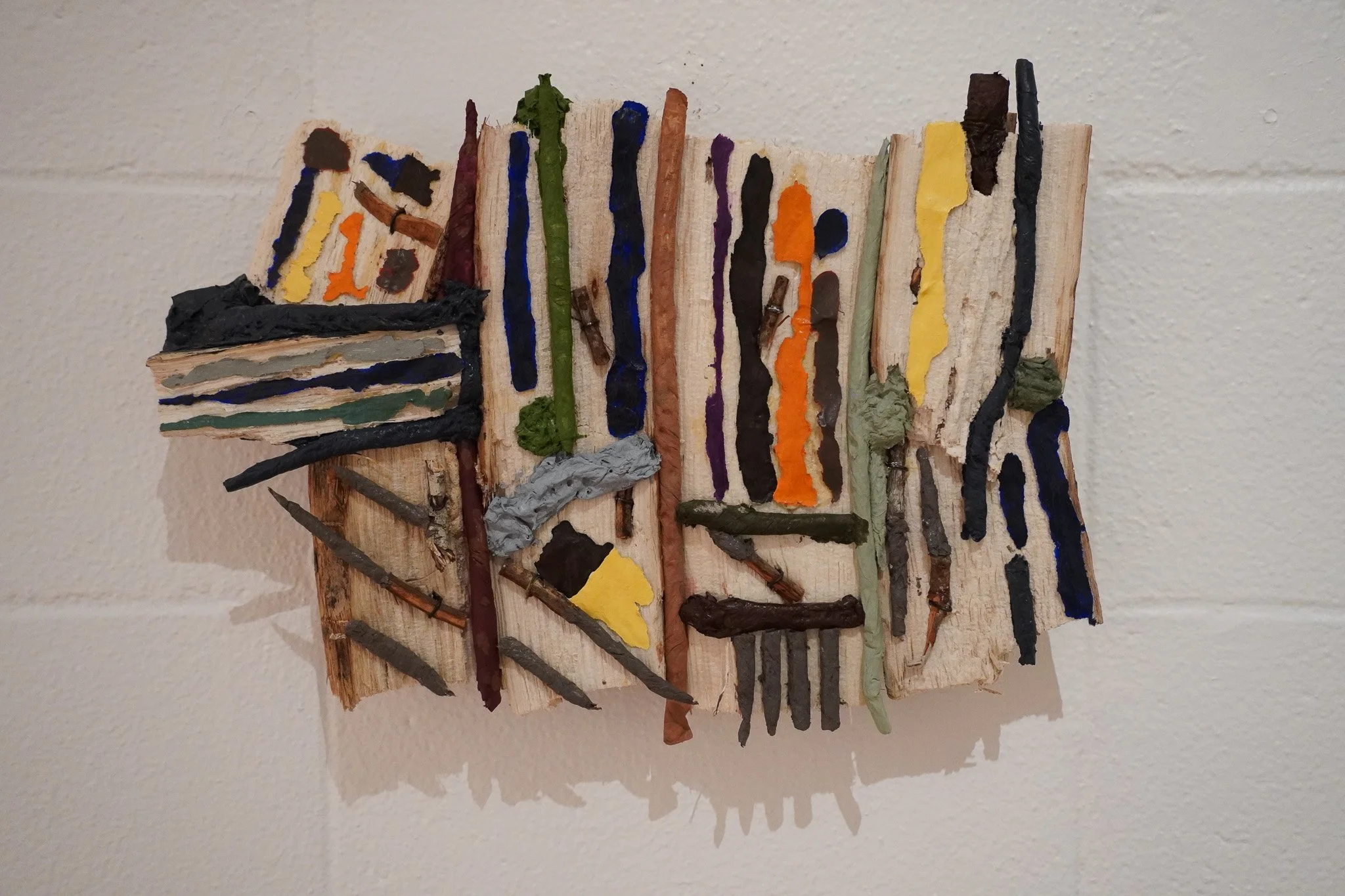
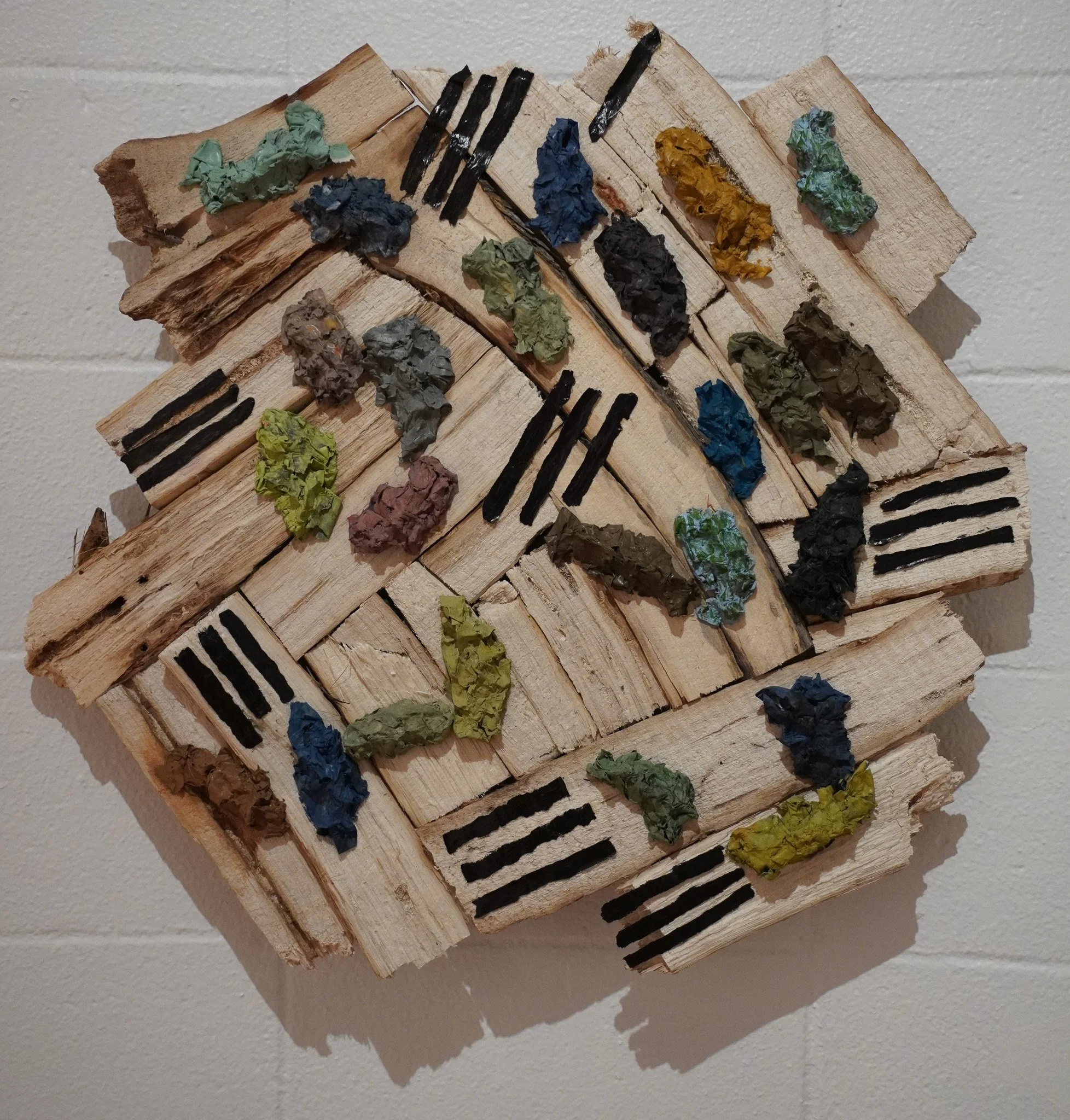
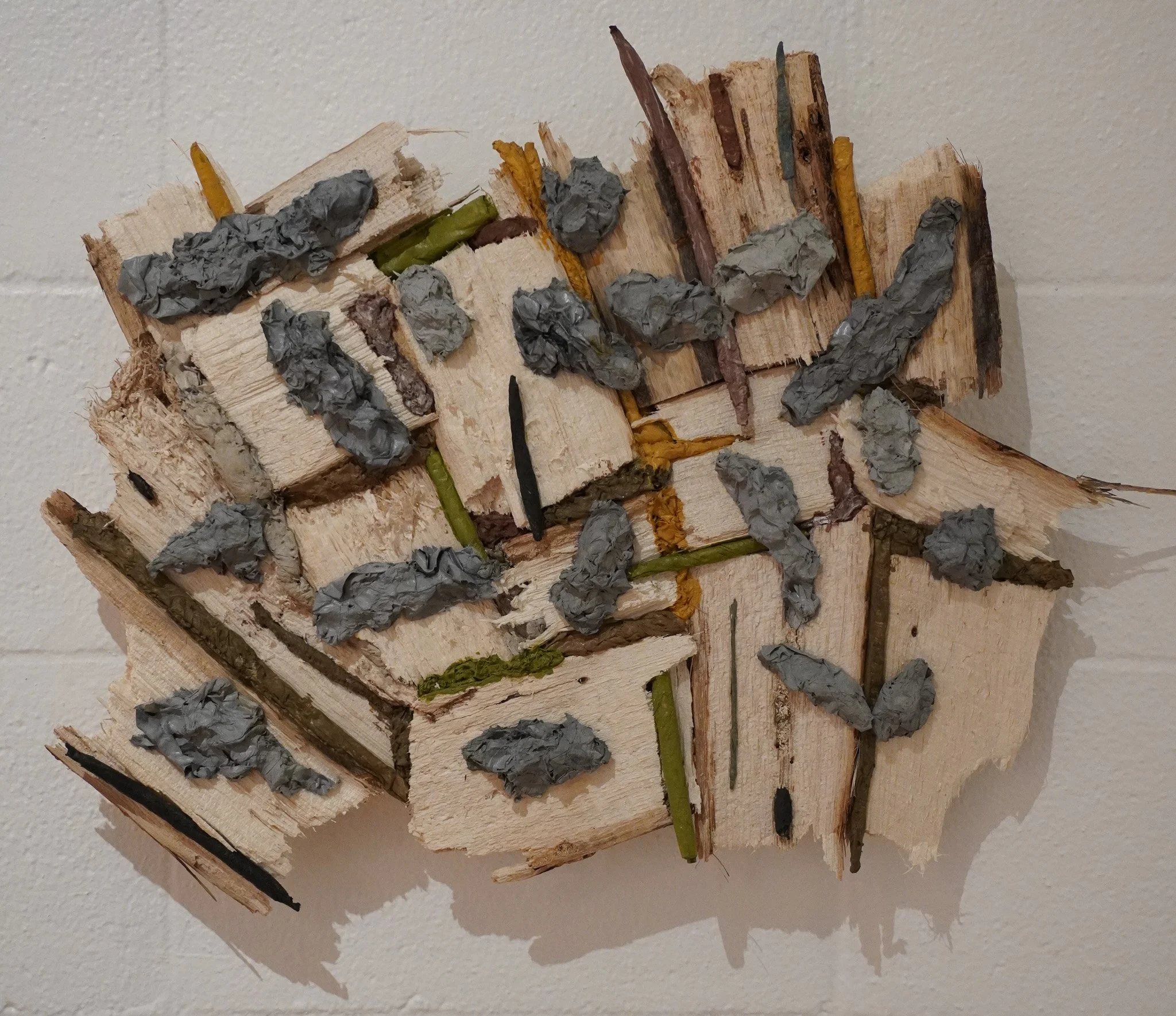
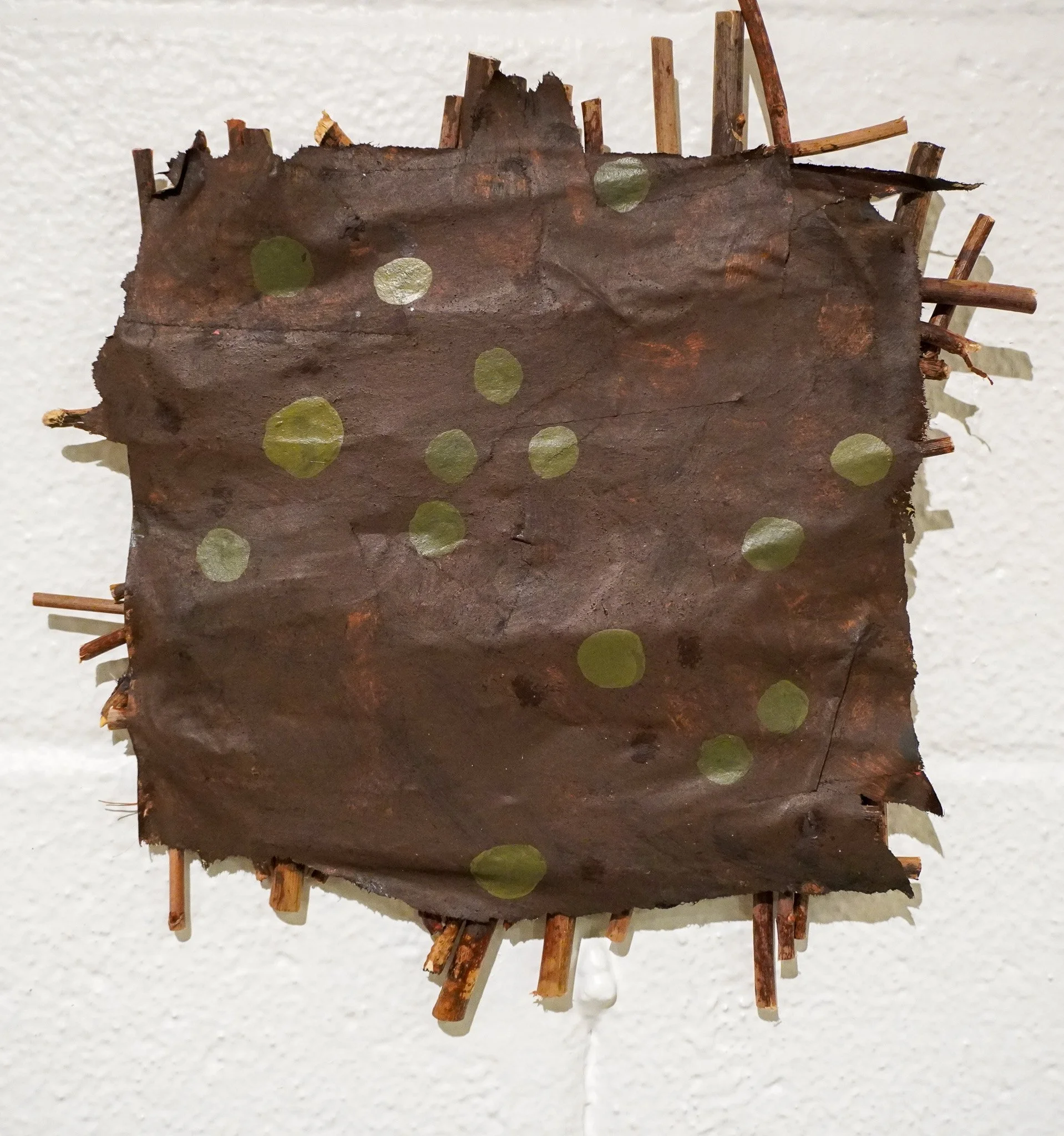
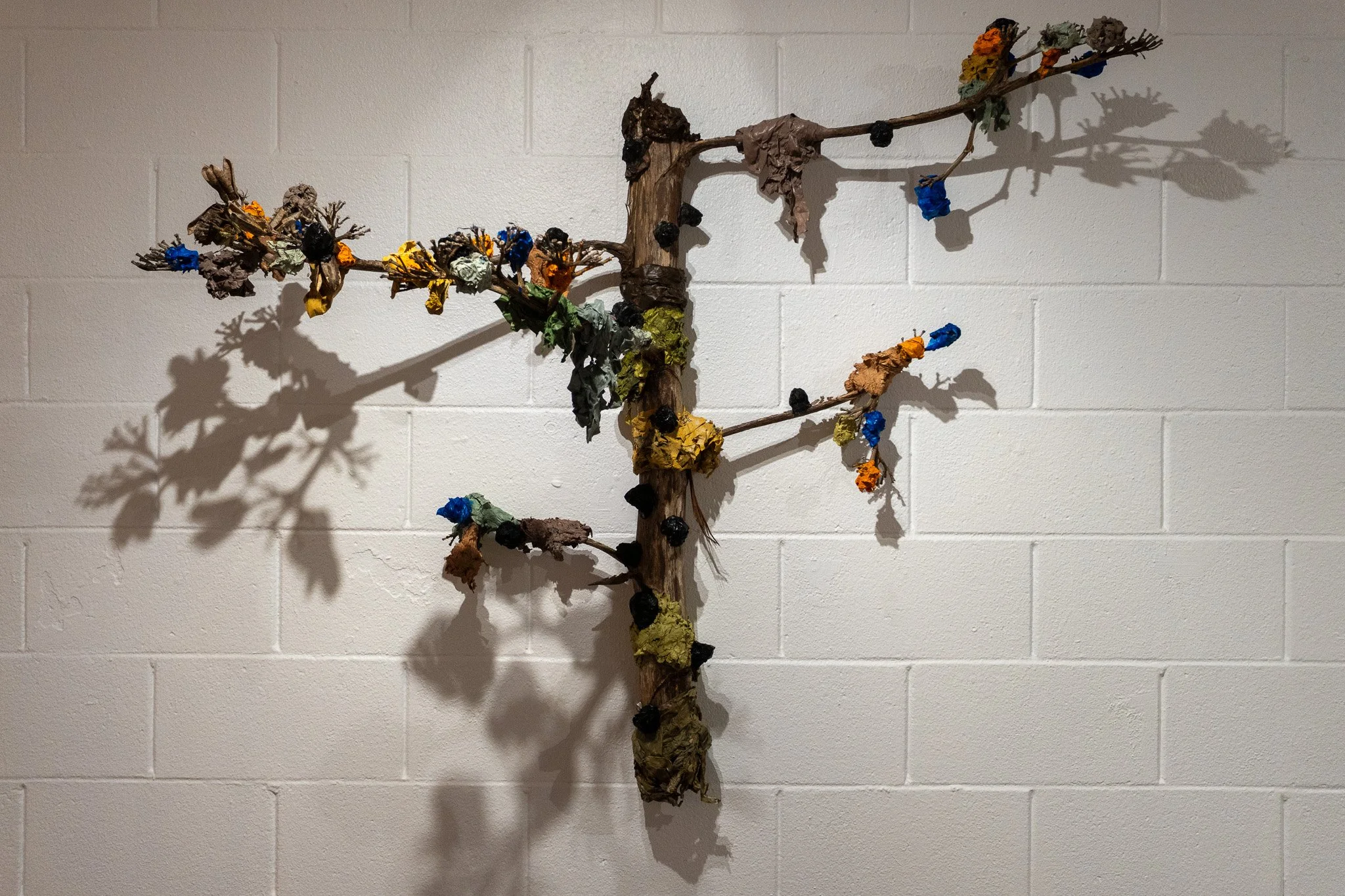
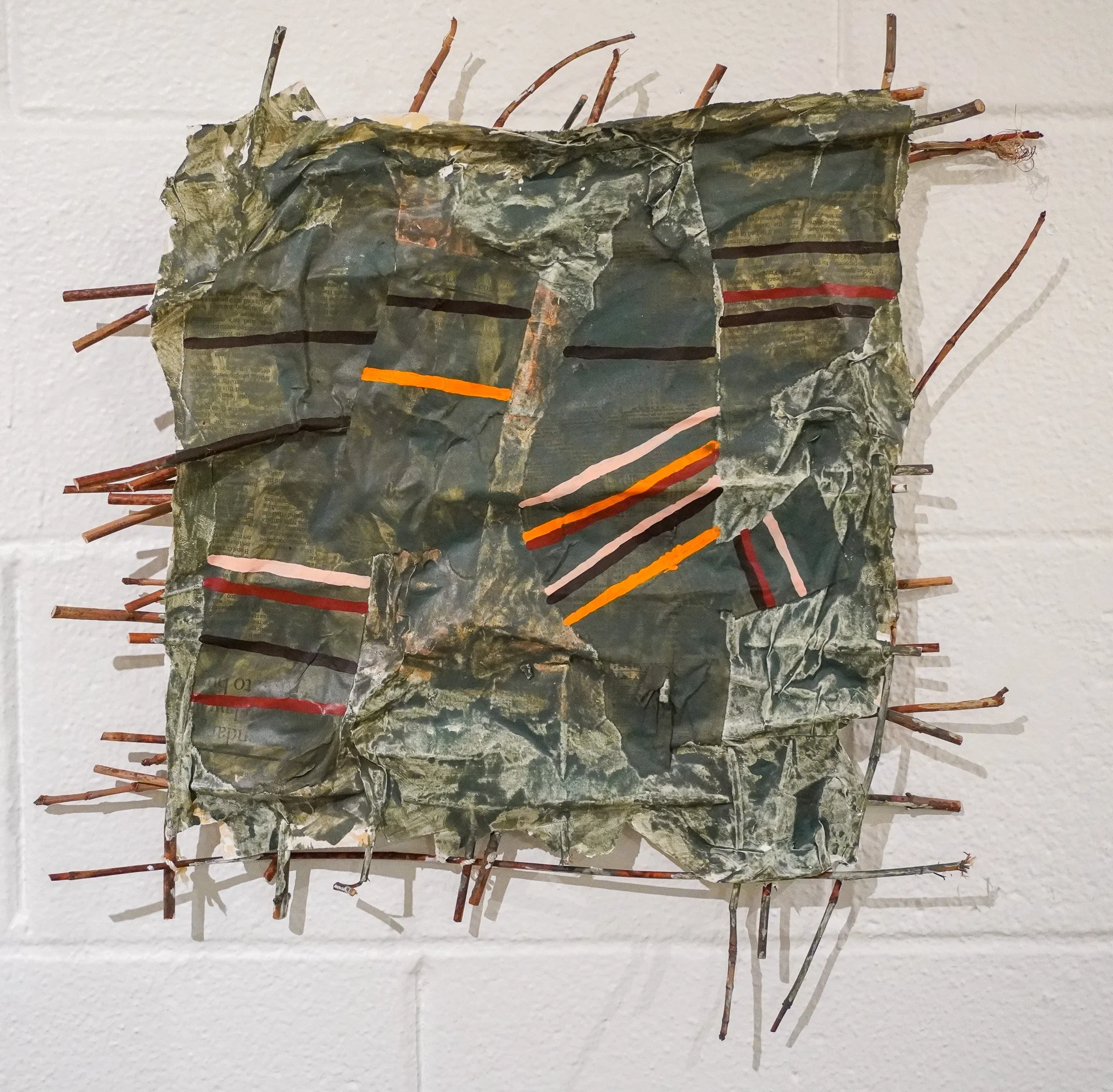
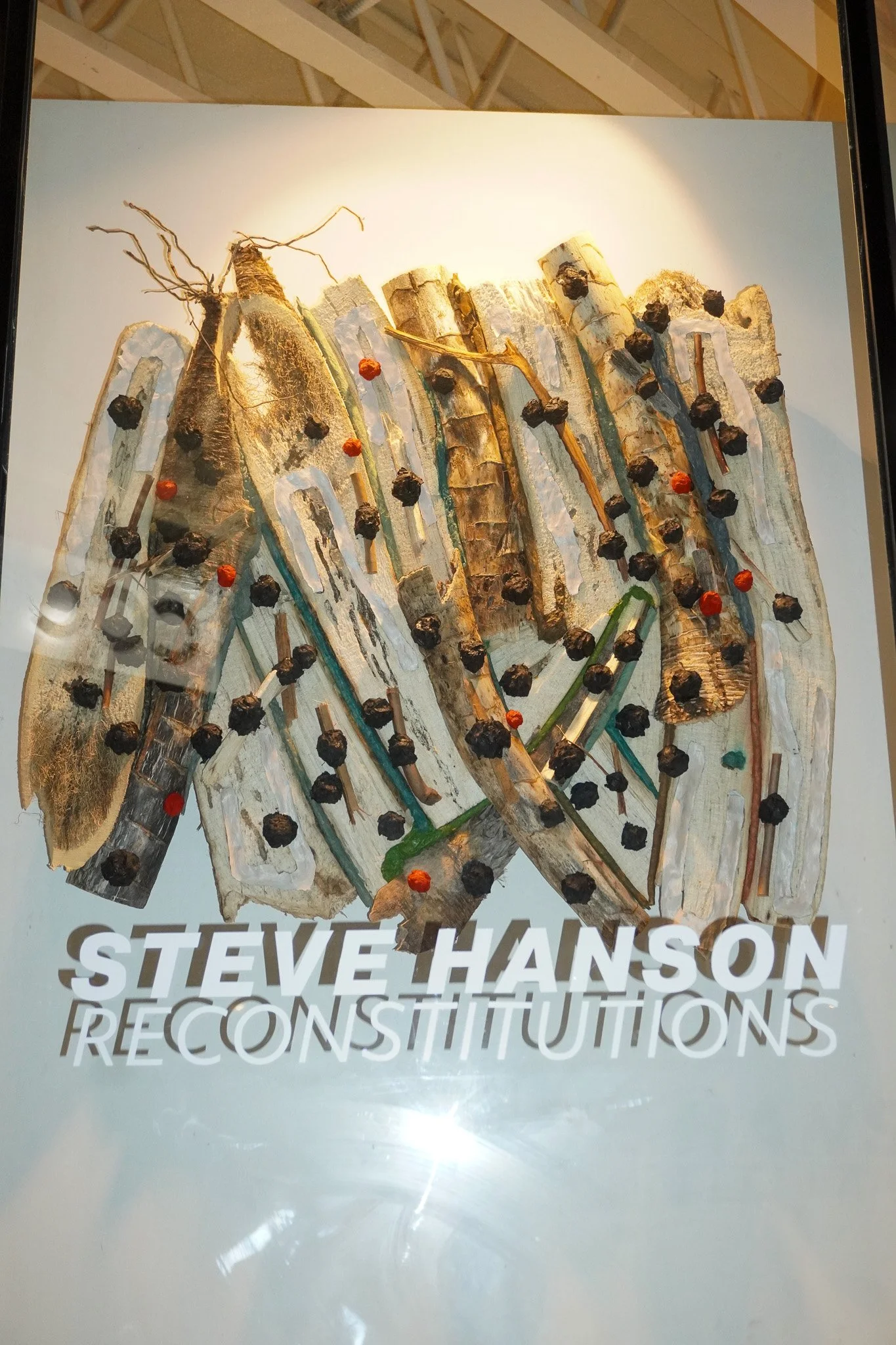
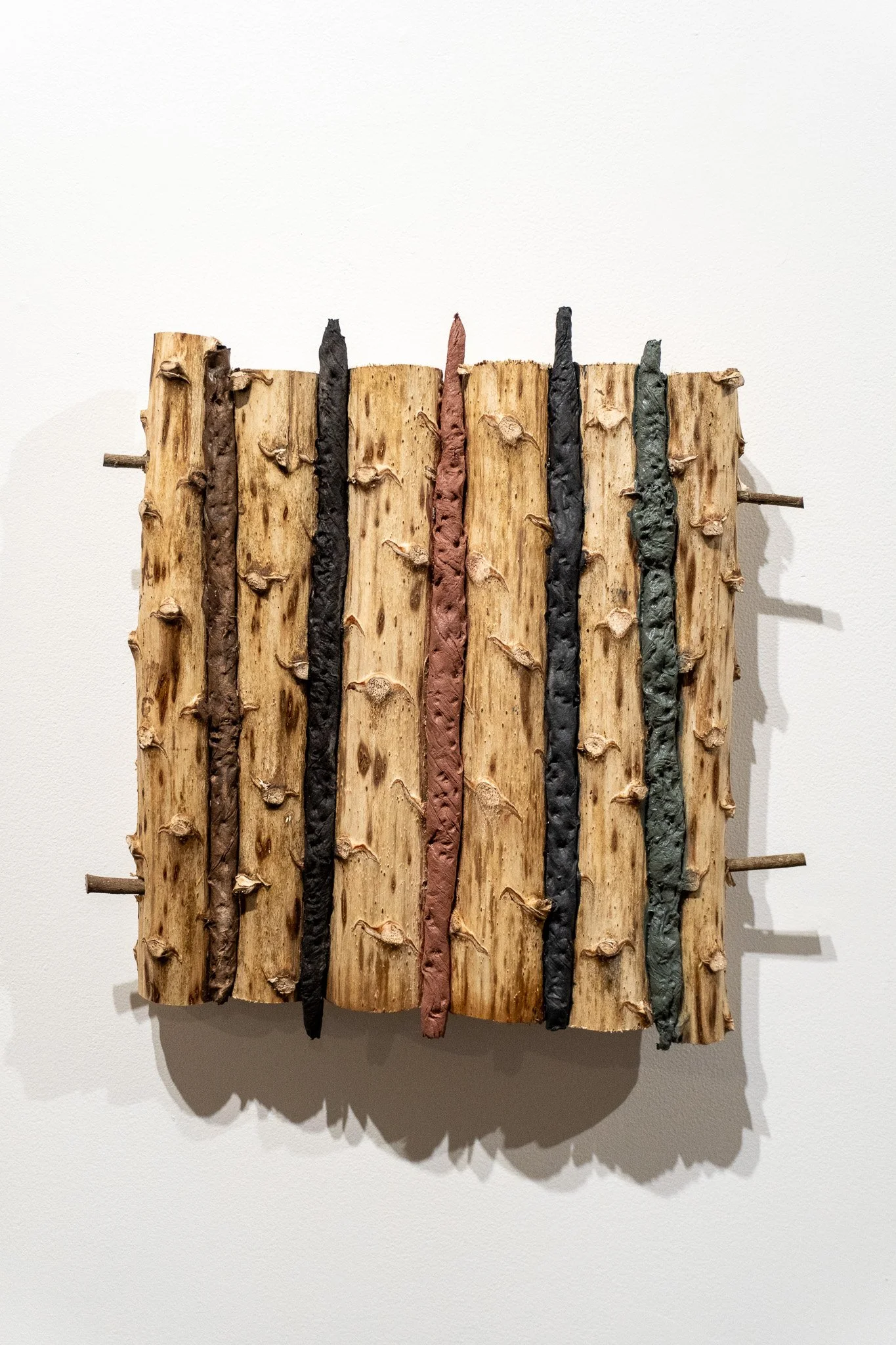
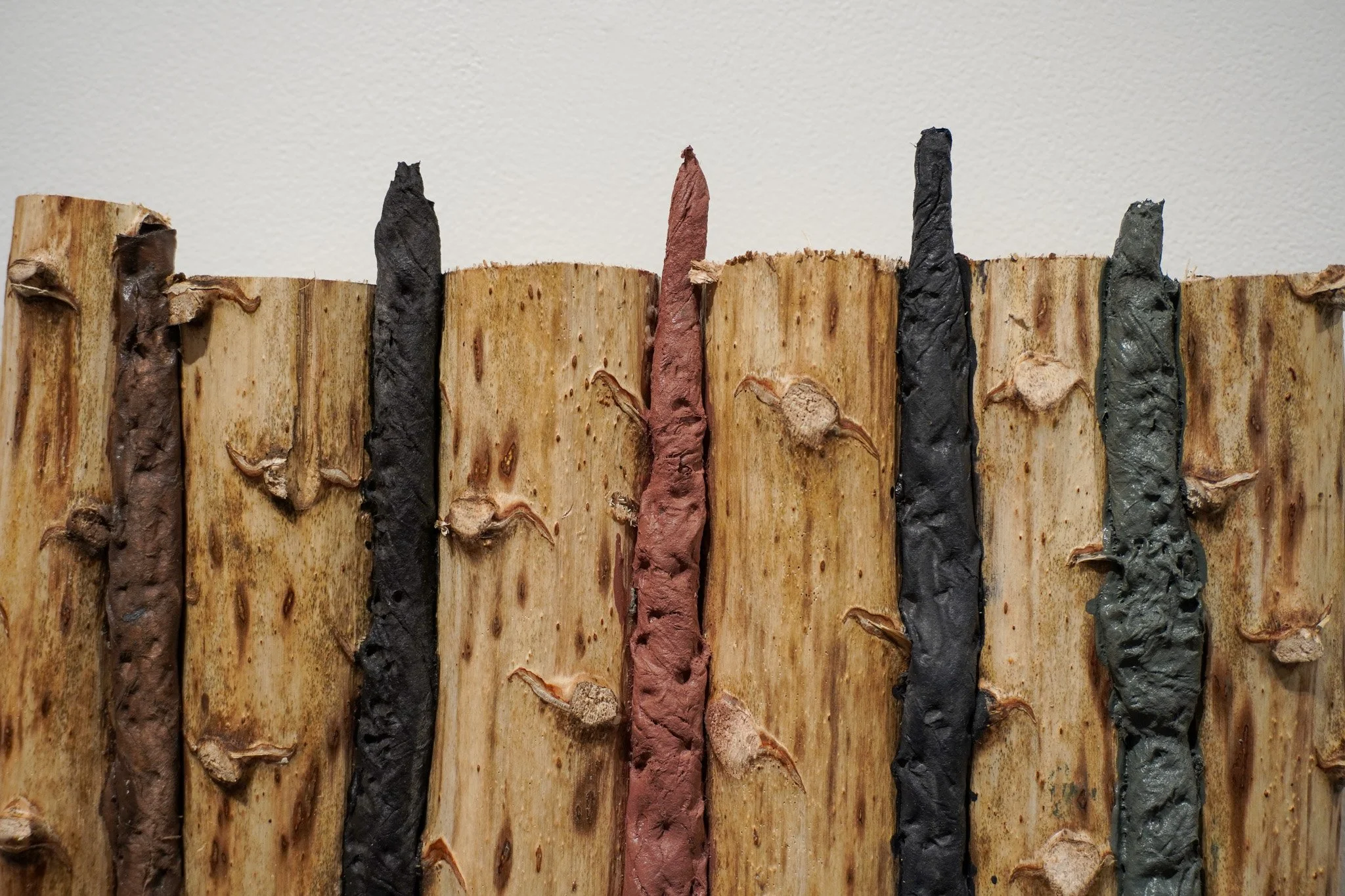
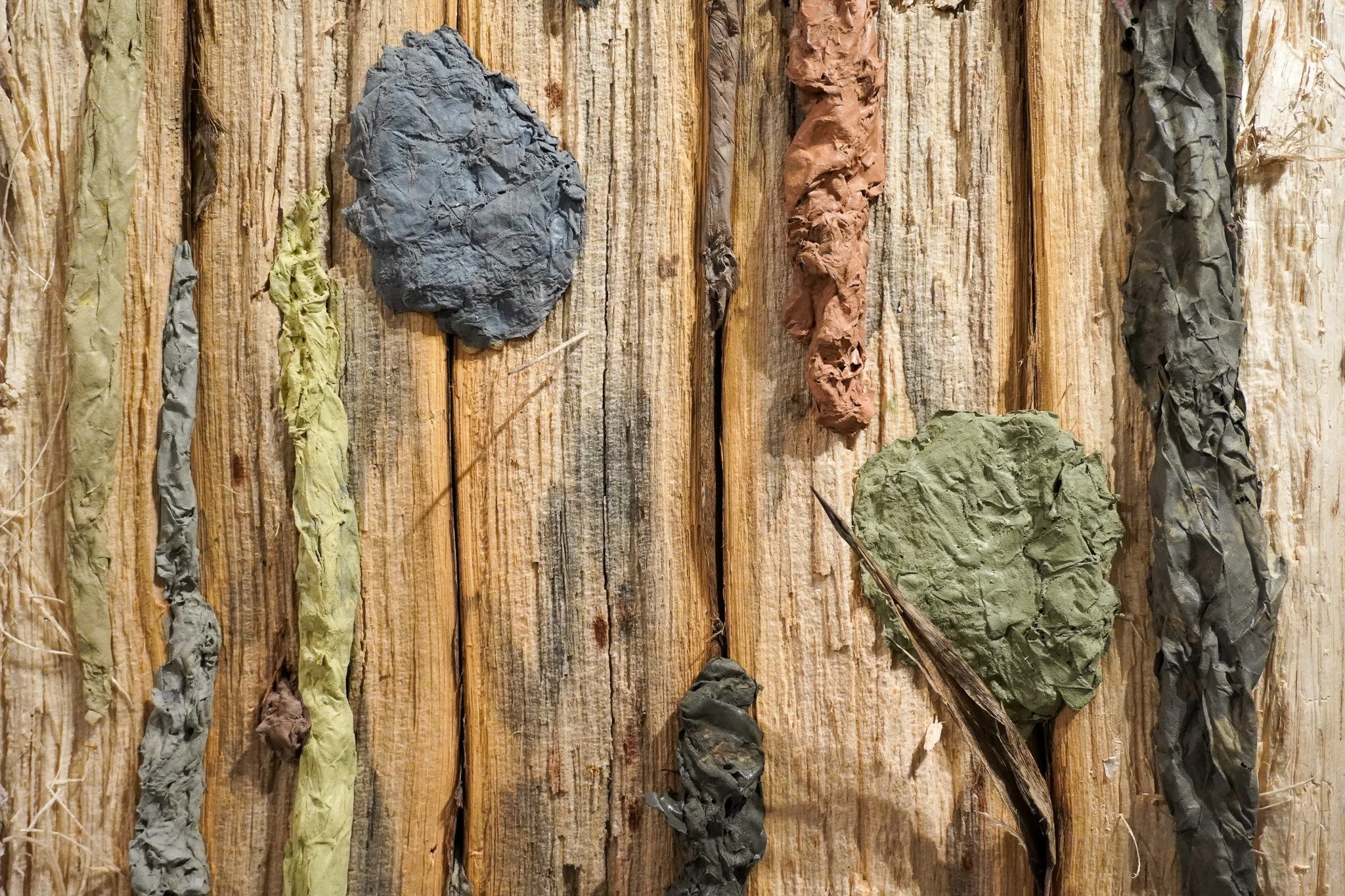

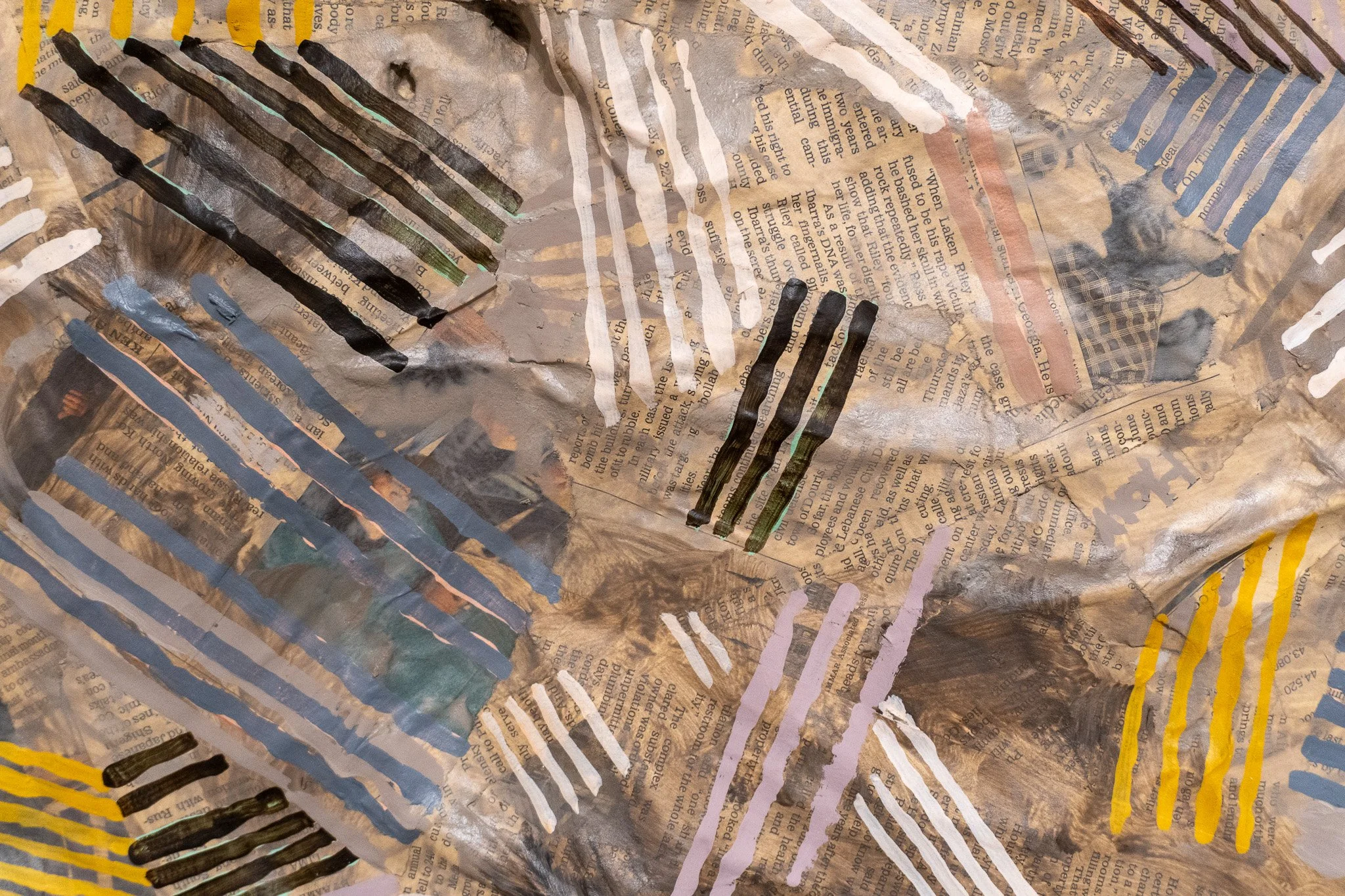
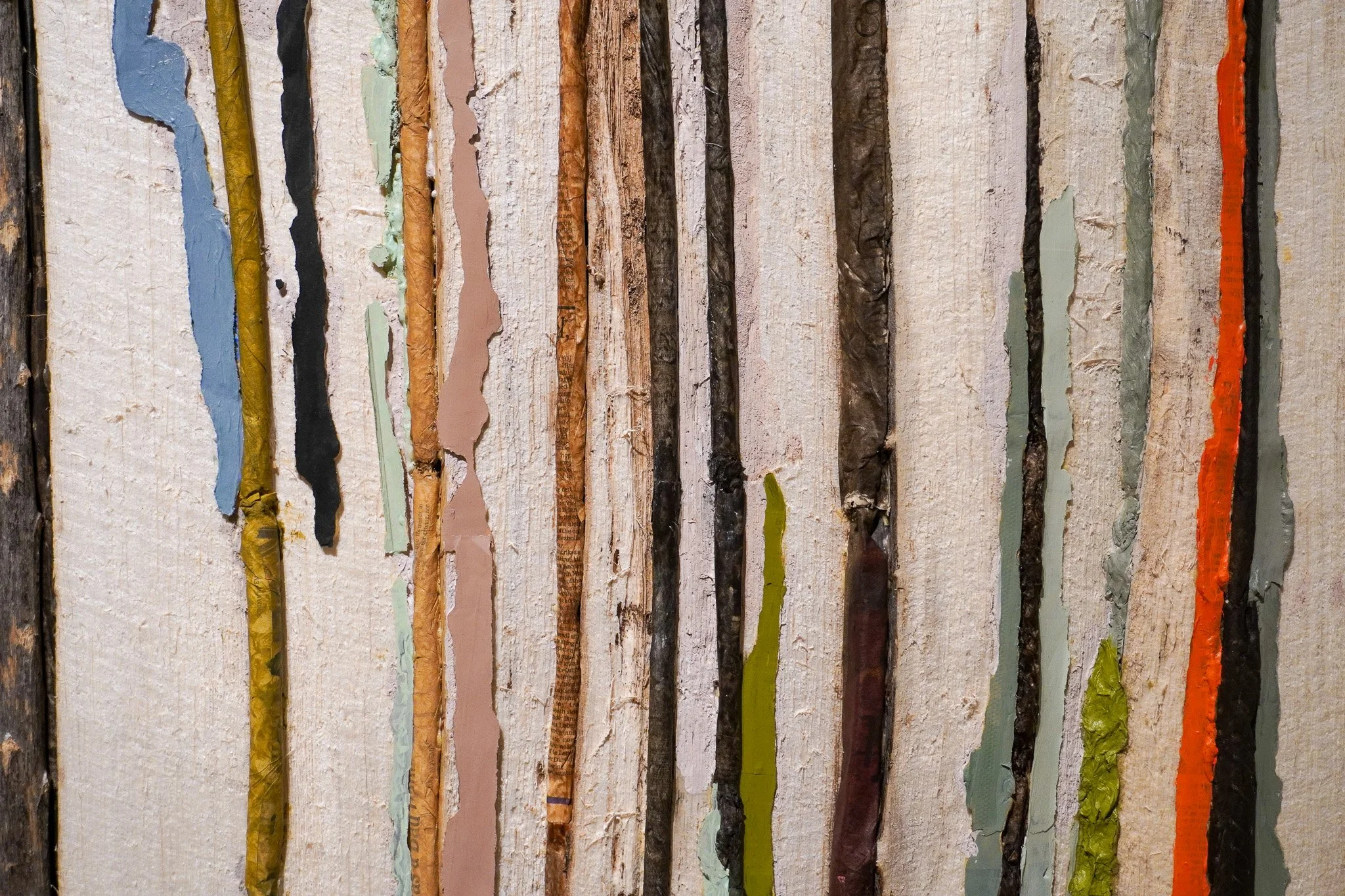
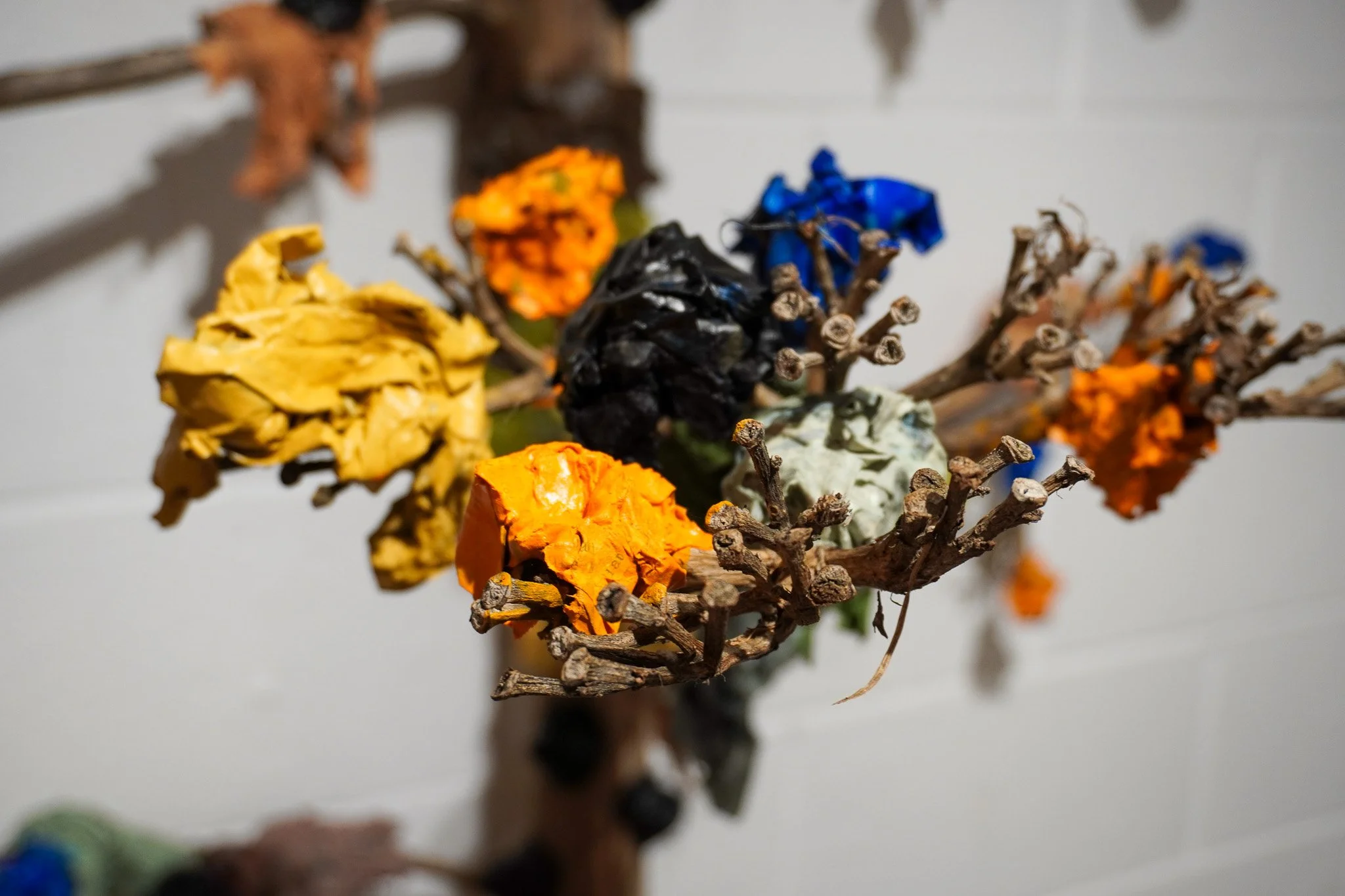
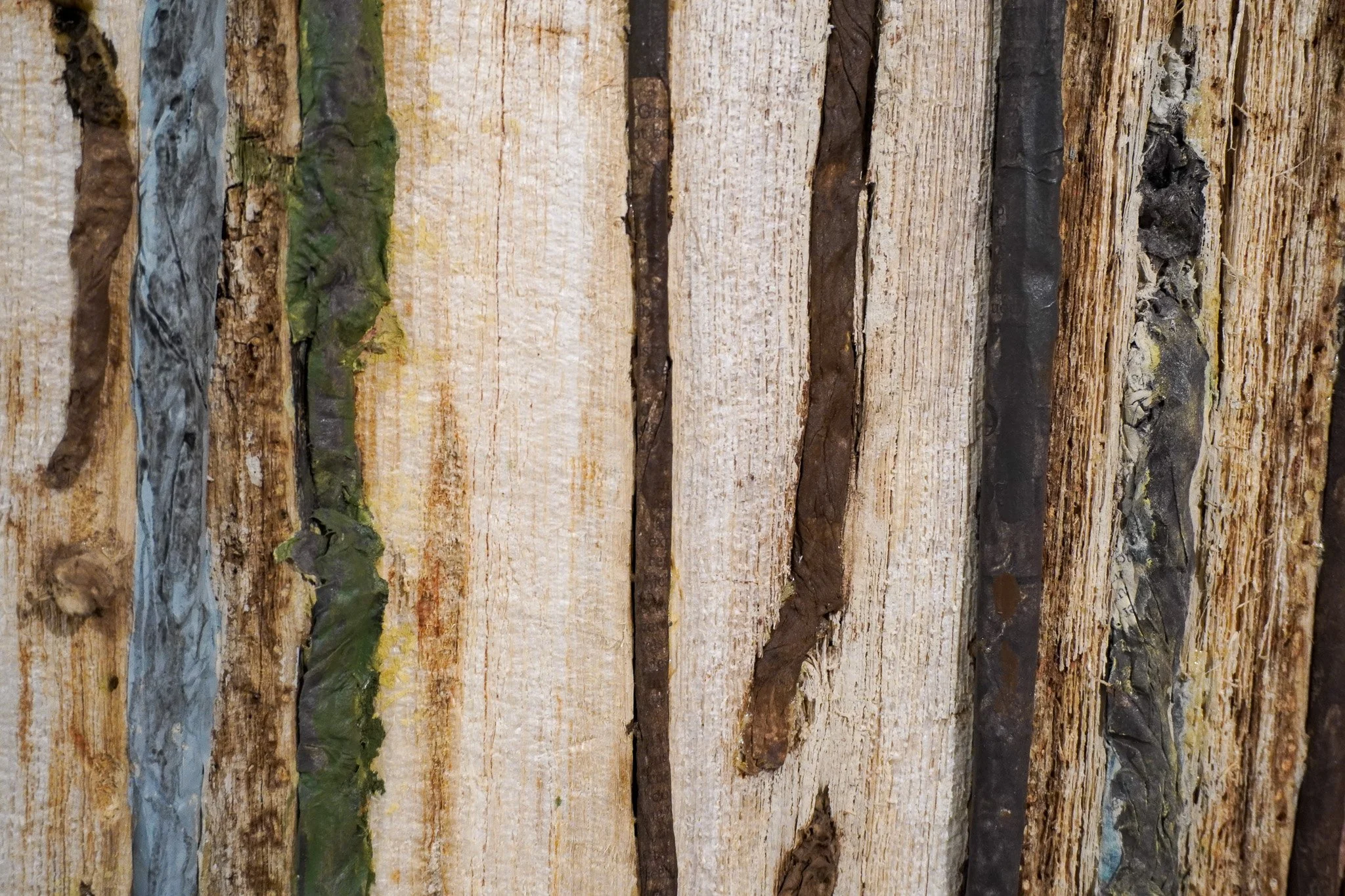
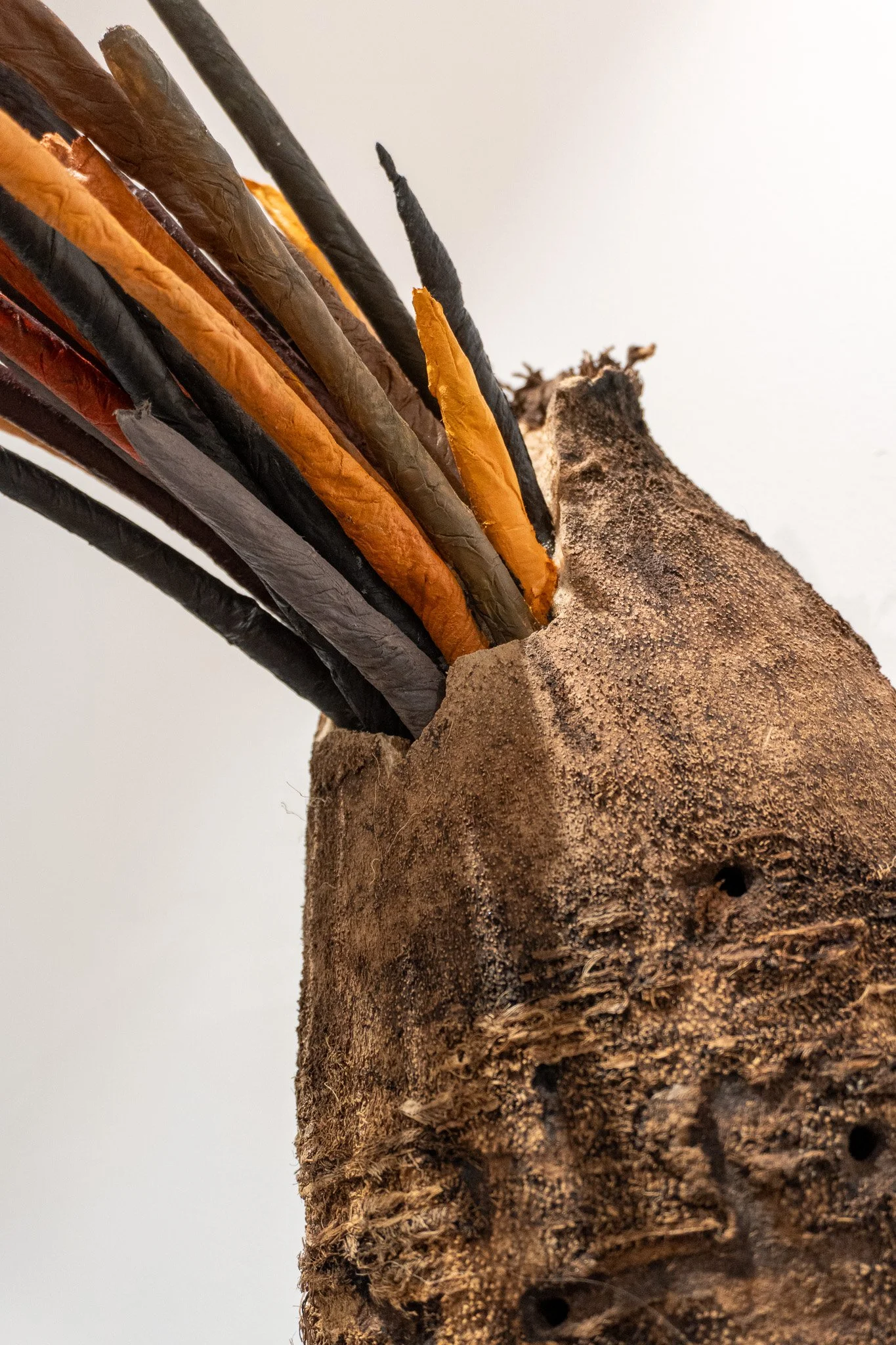
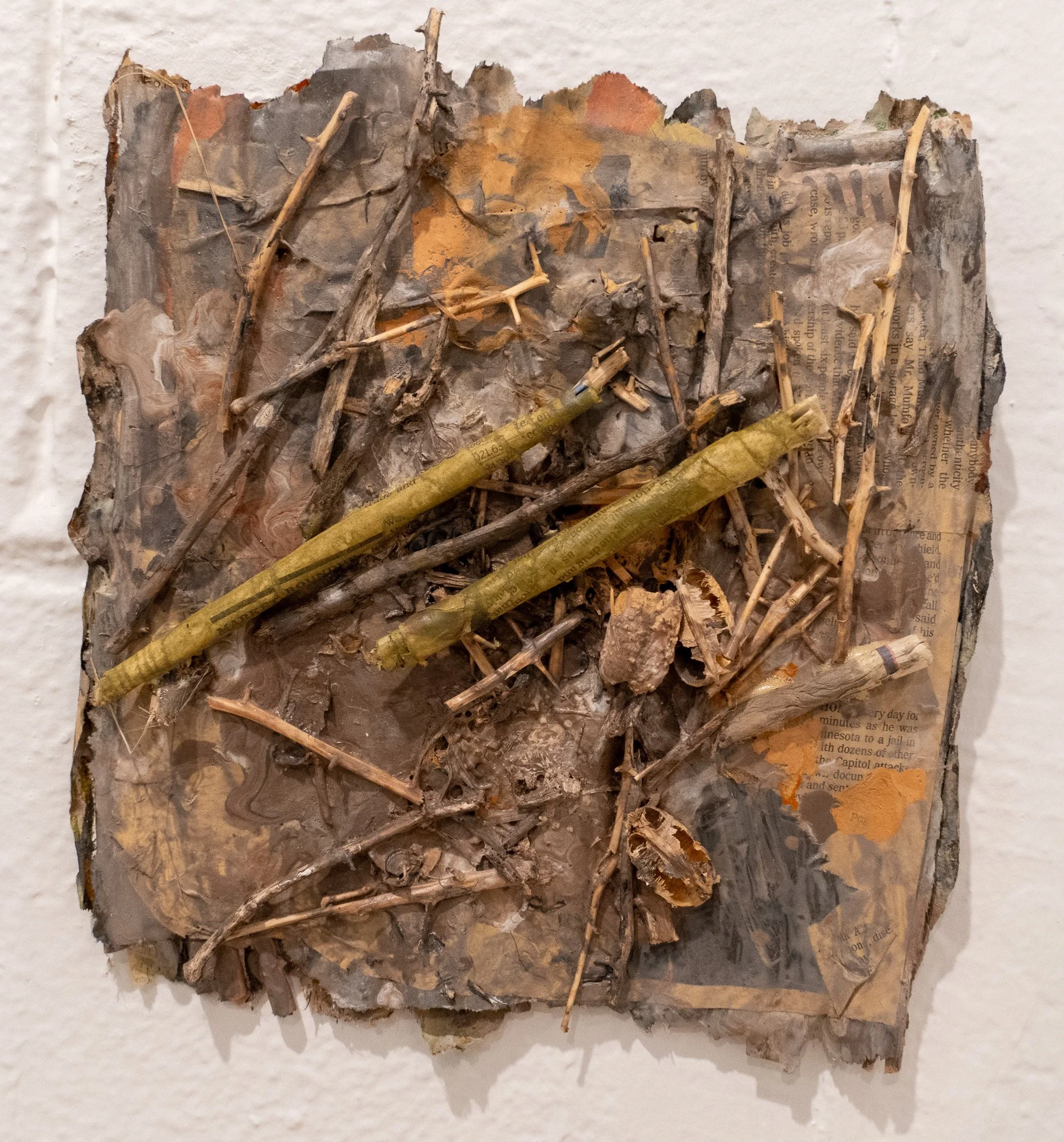
JULY 26th OPENING RECEPTION 5-8pm

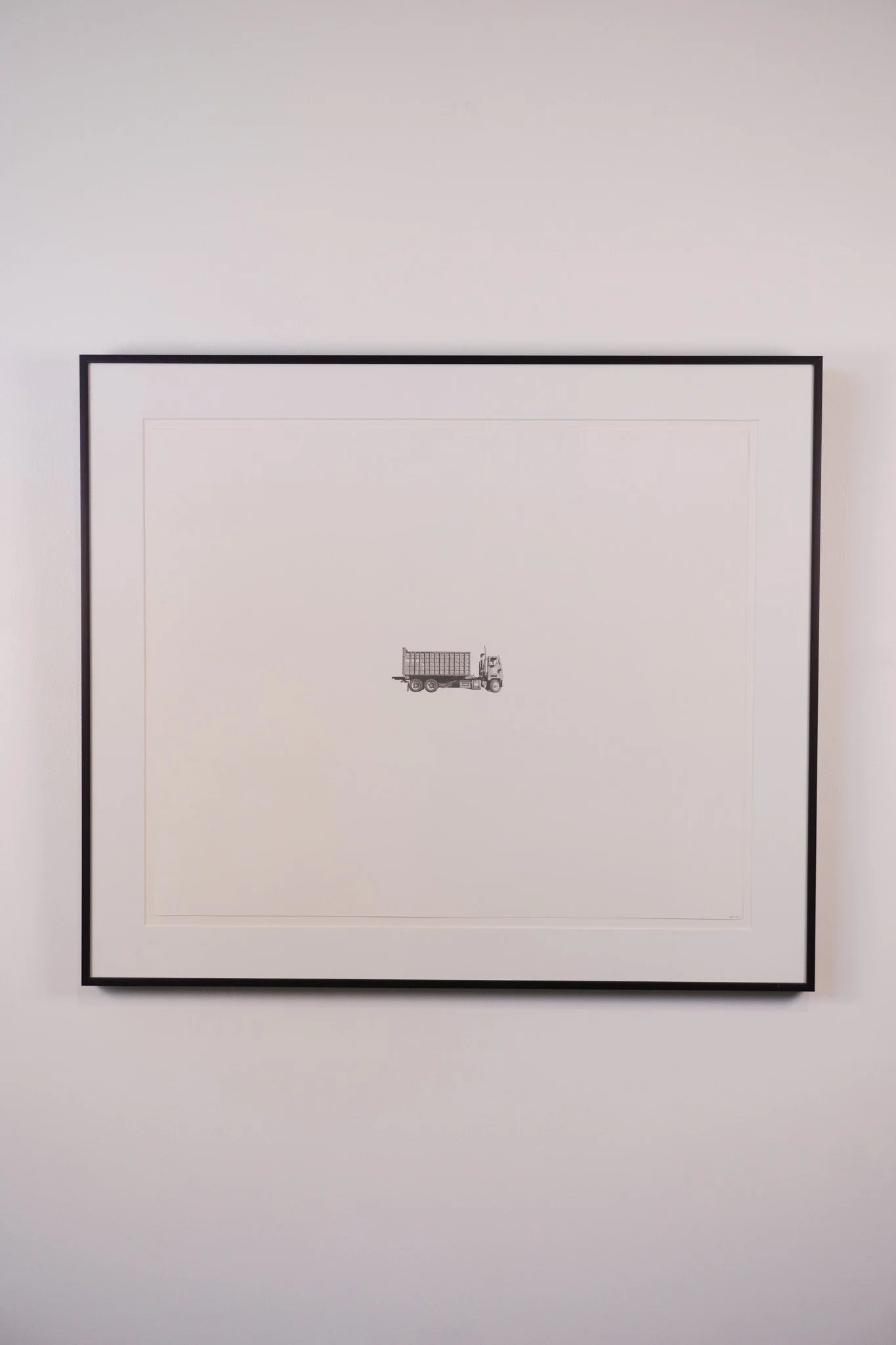


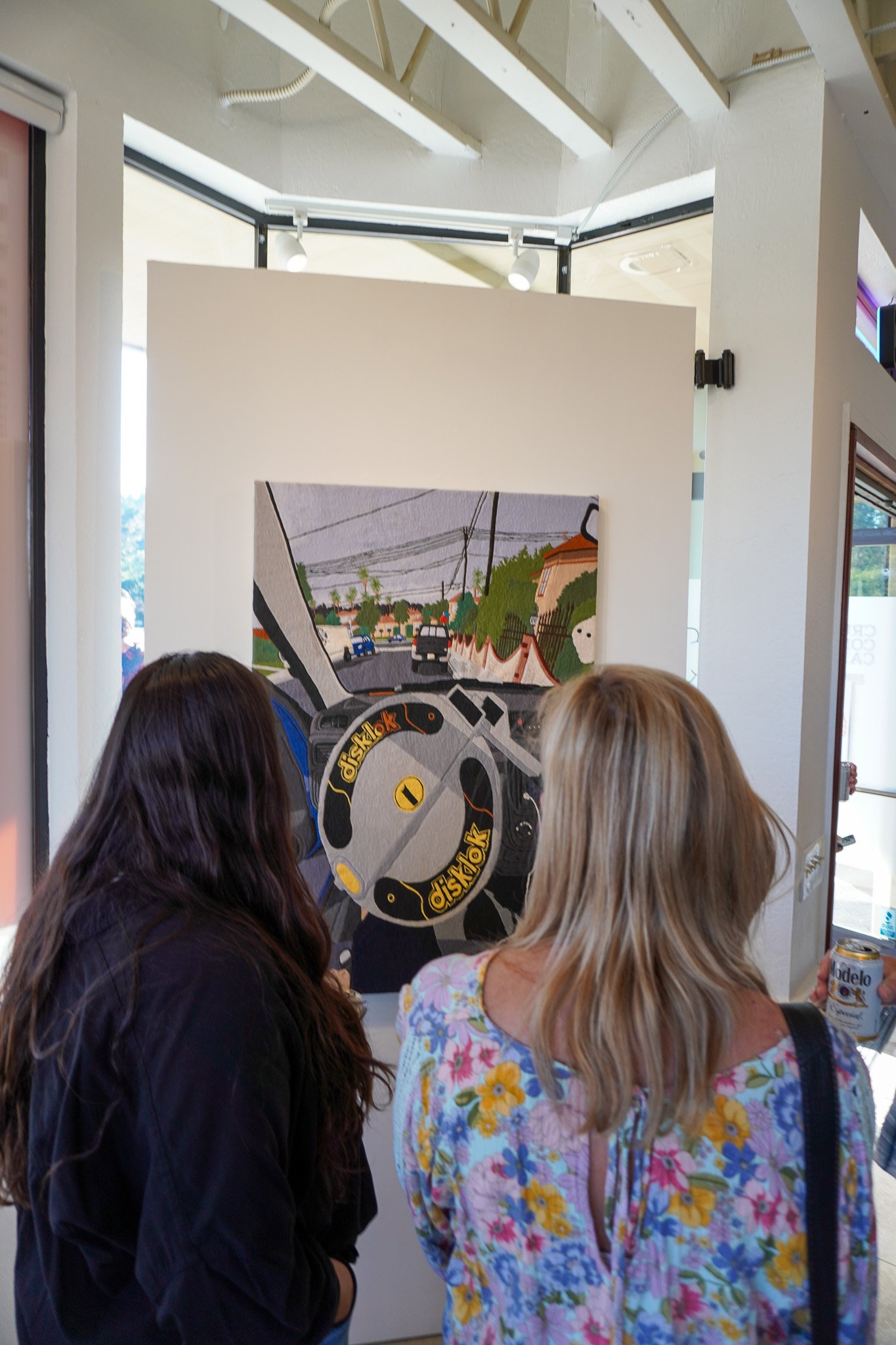

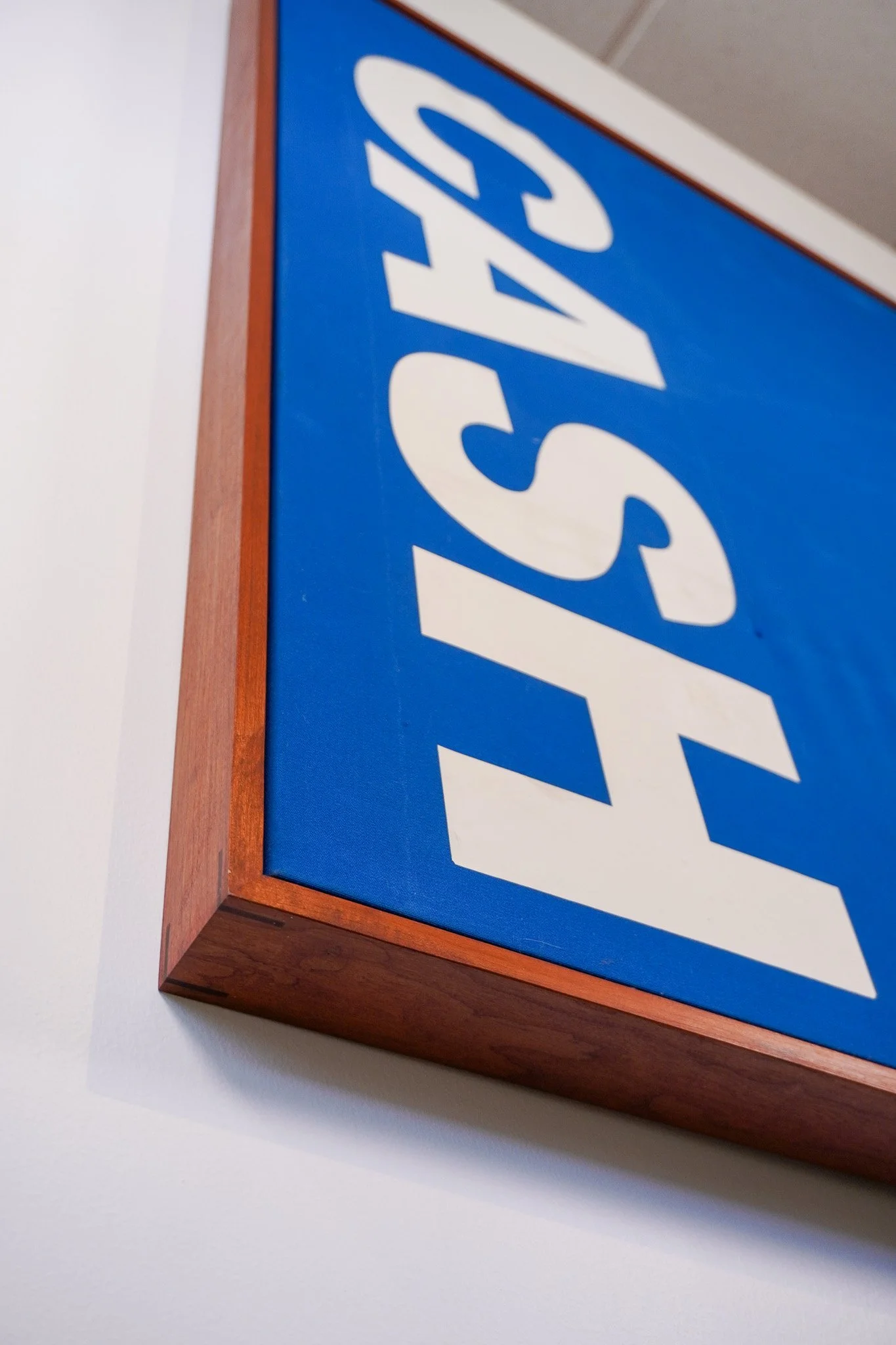

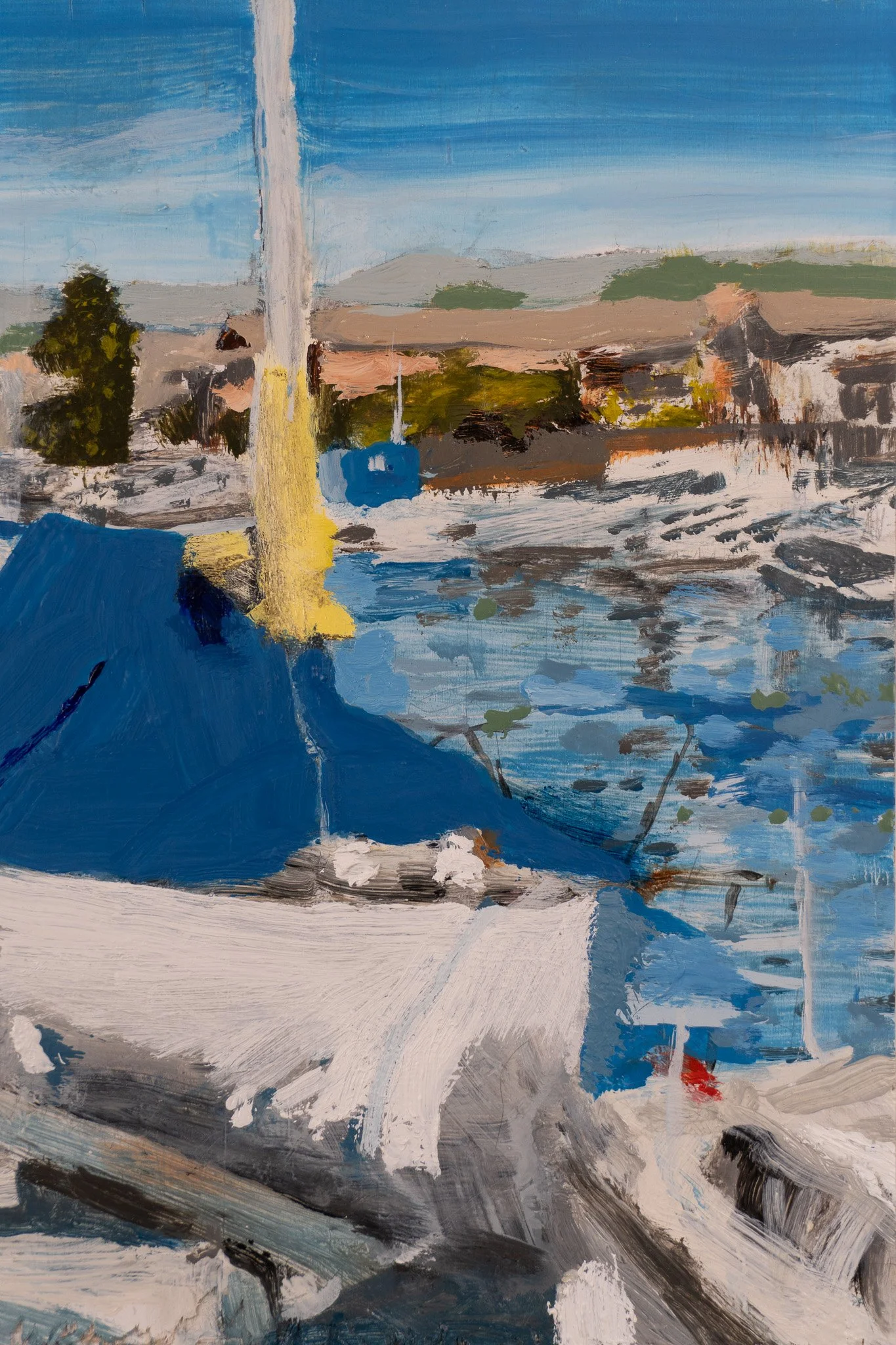
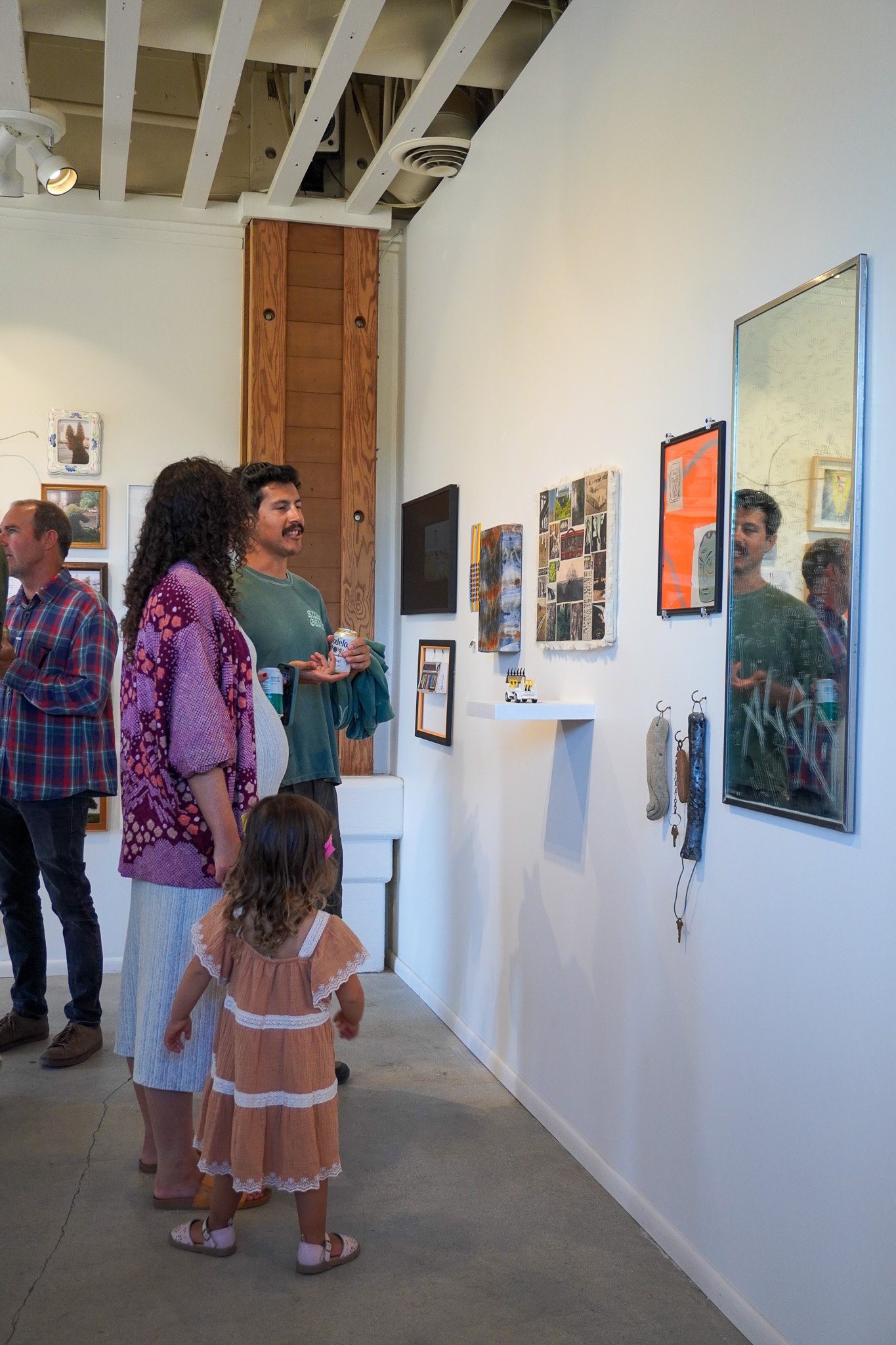
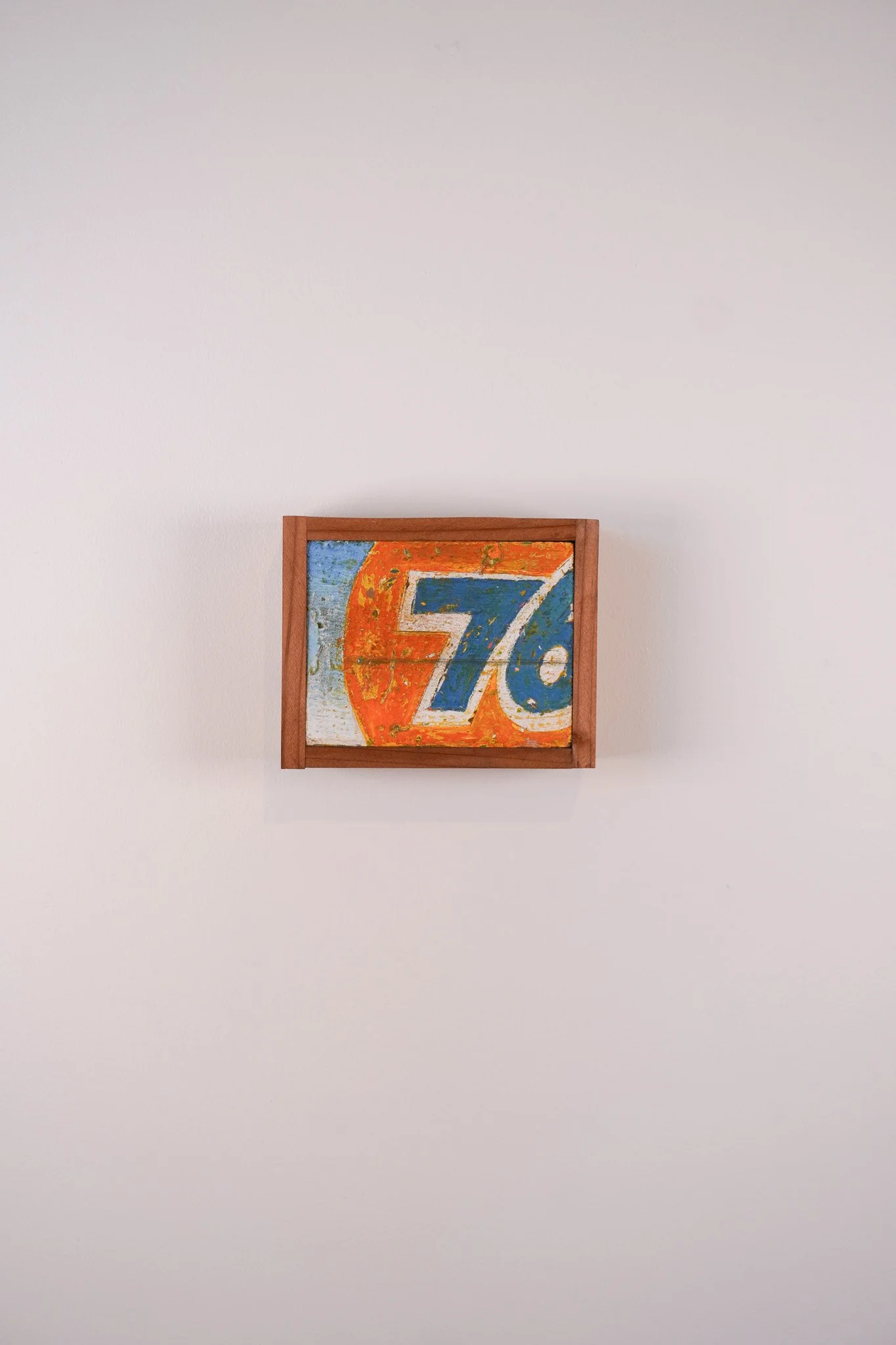



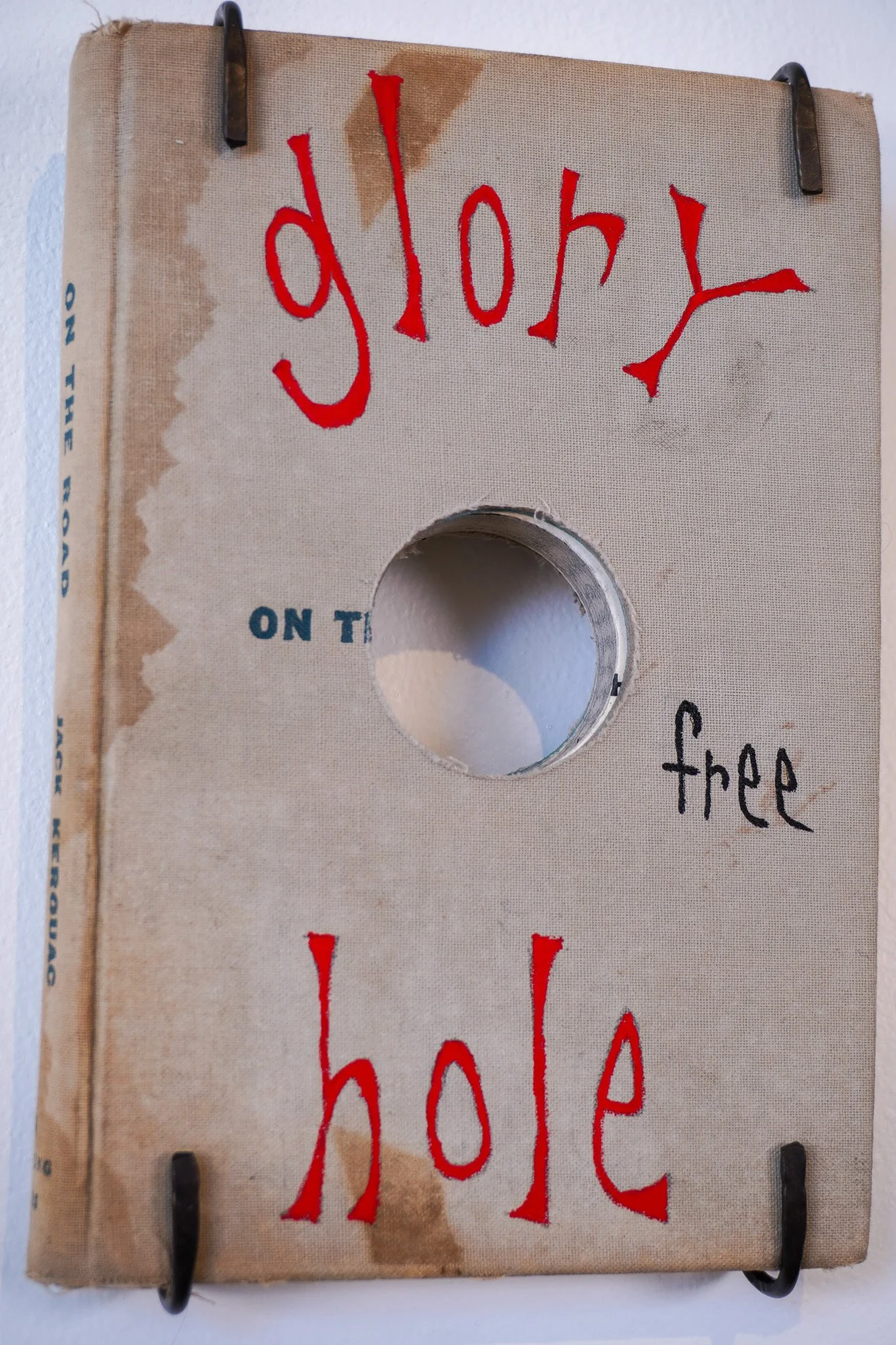
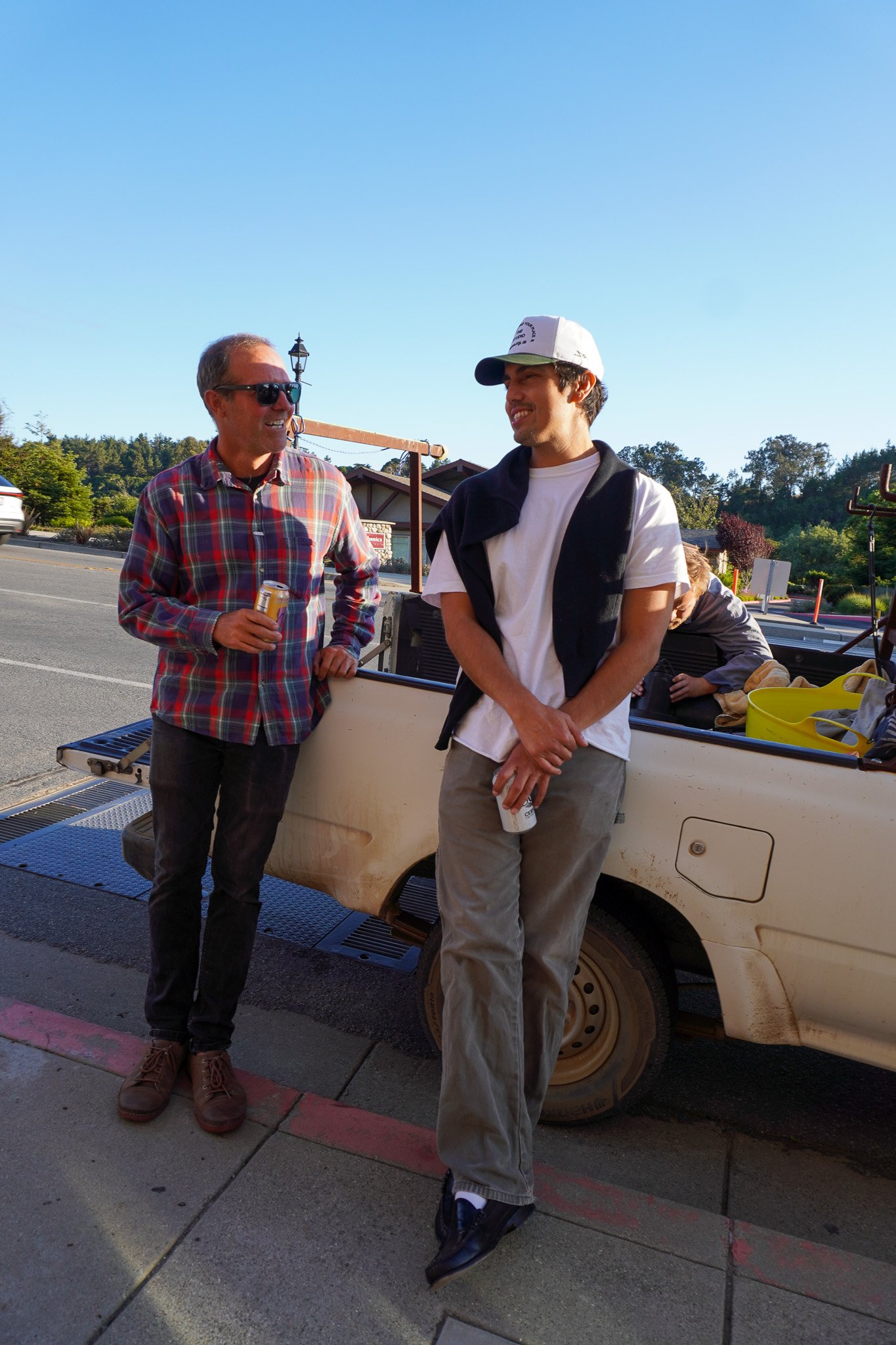
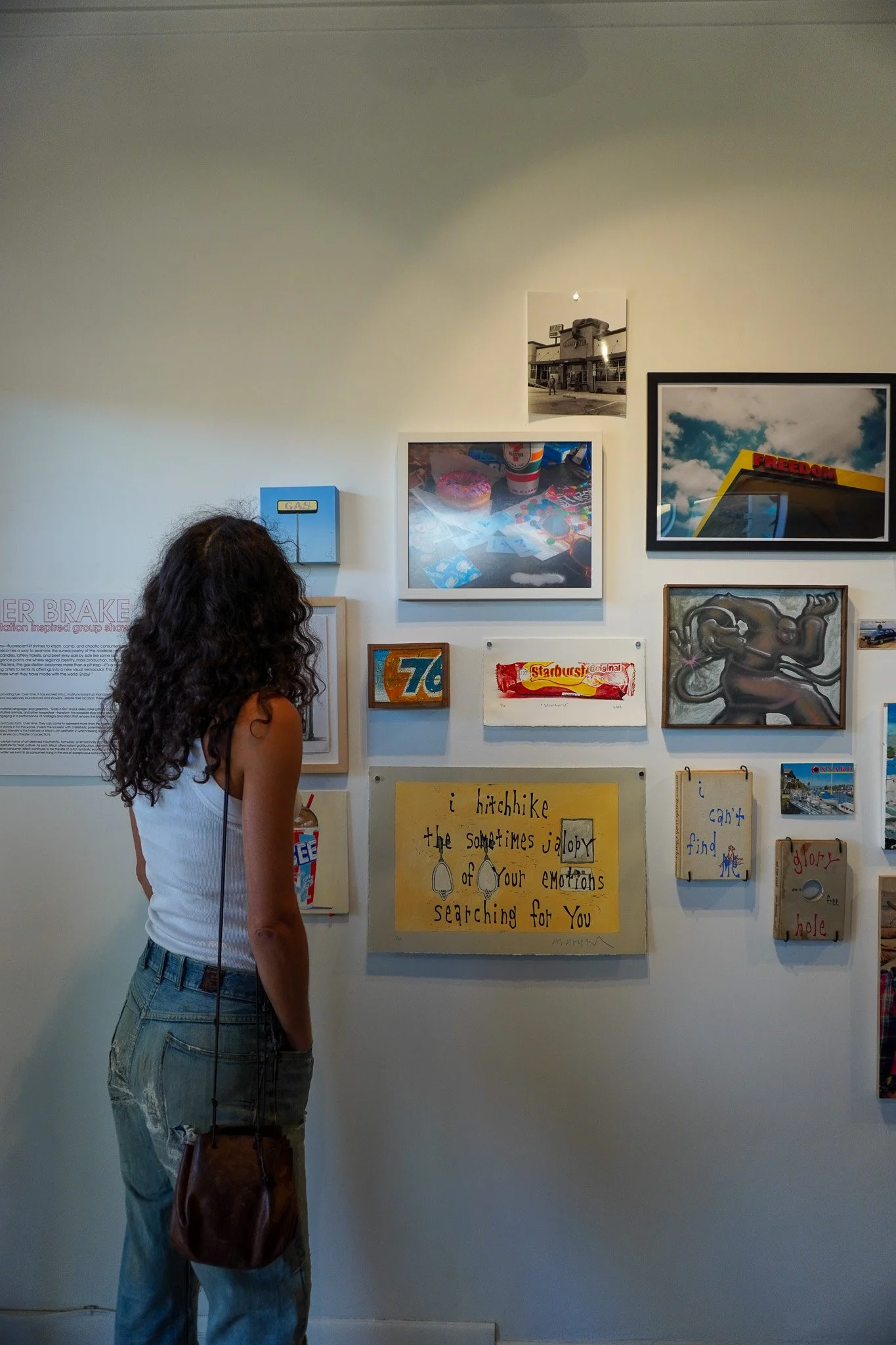
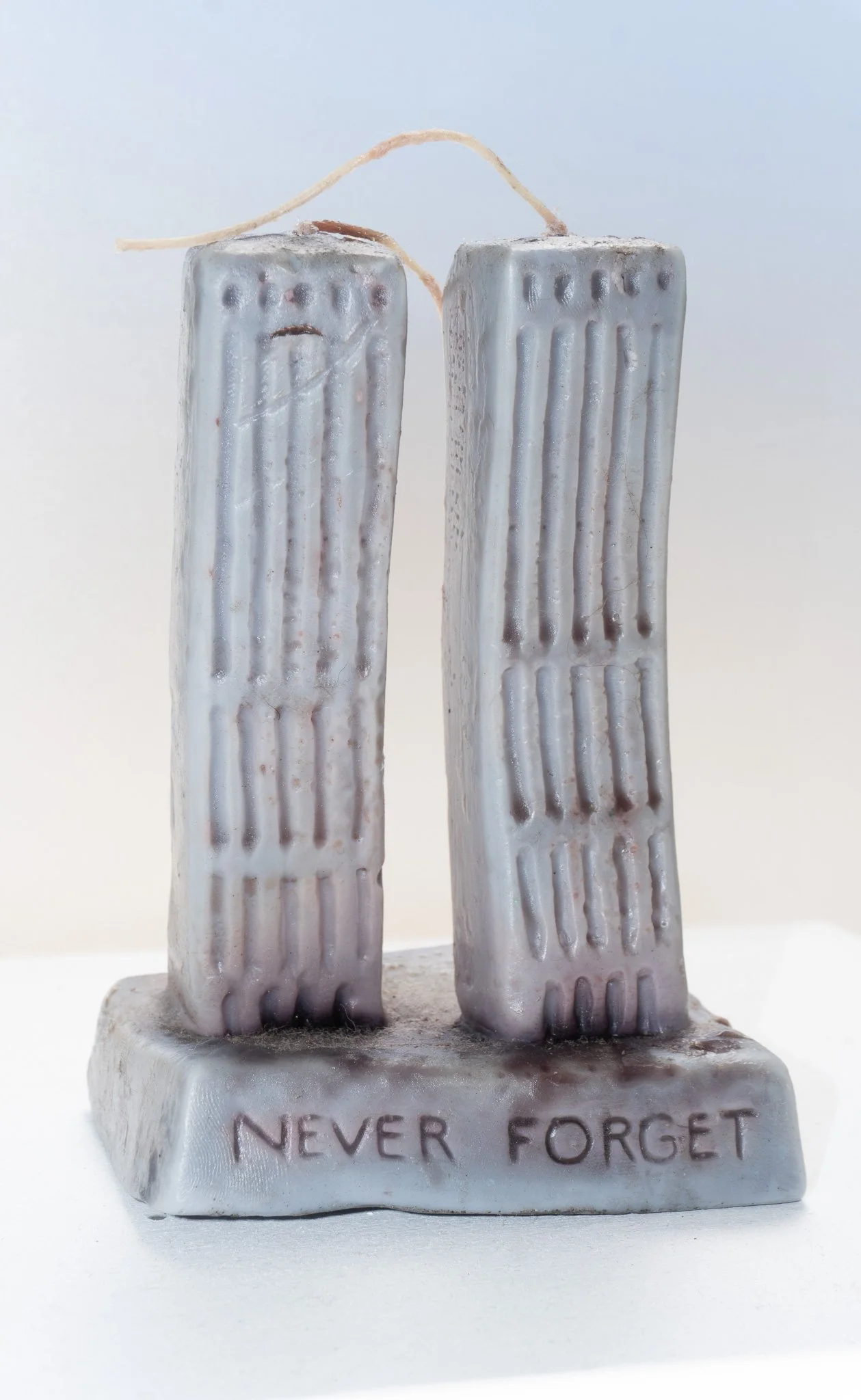

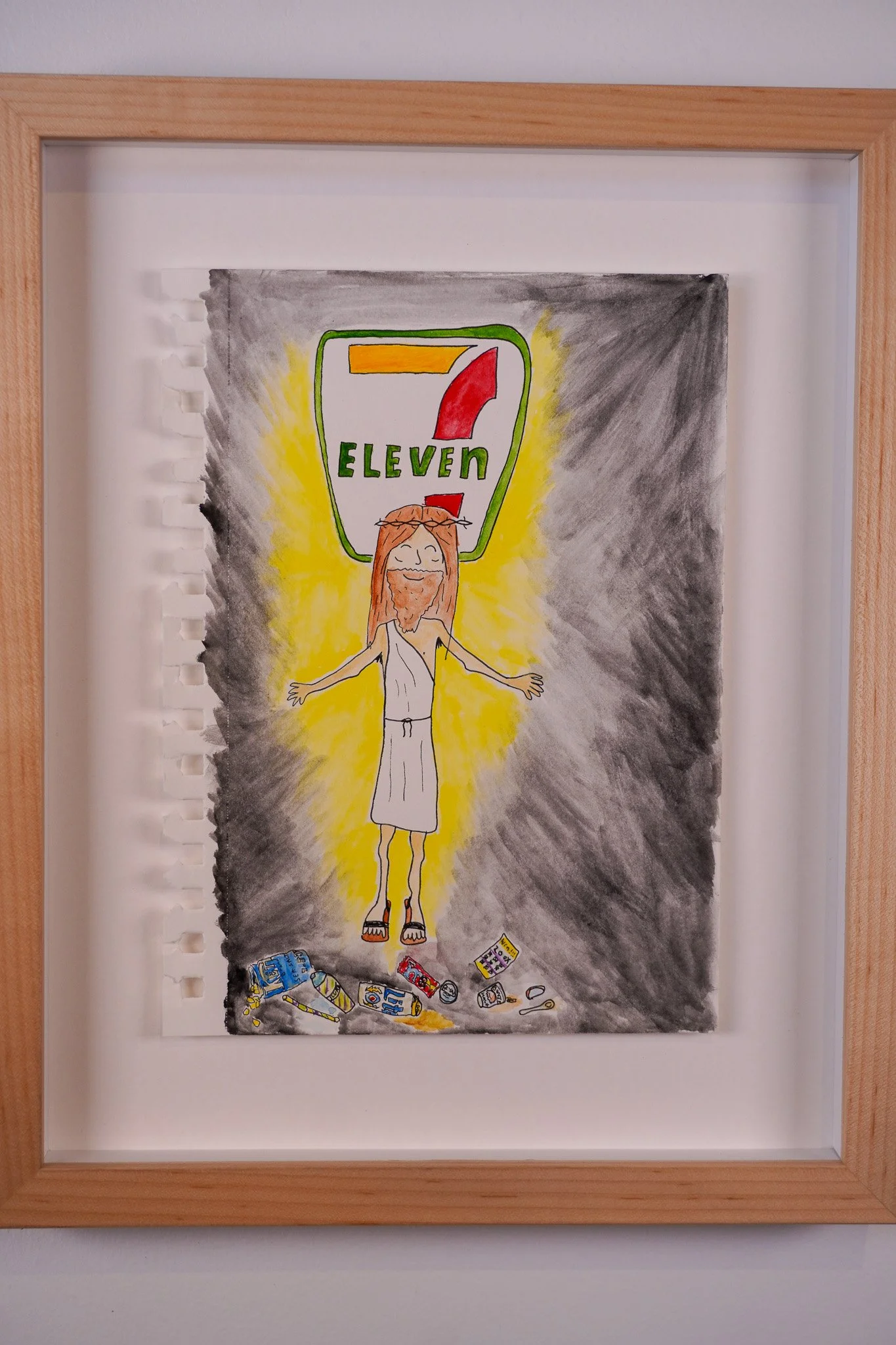
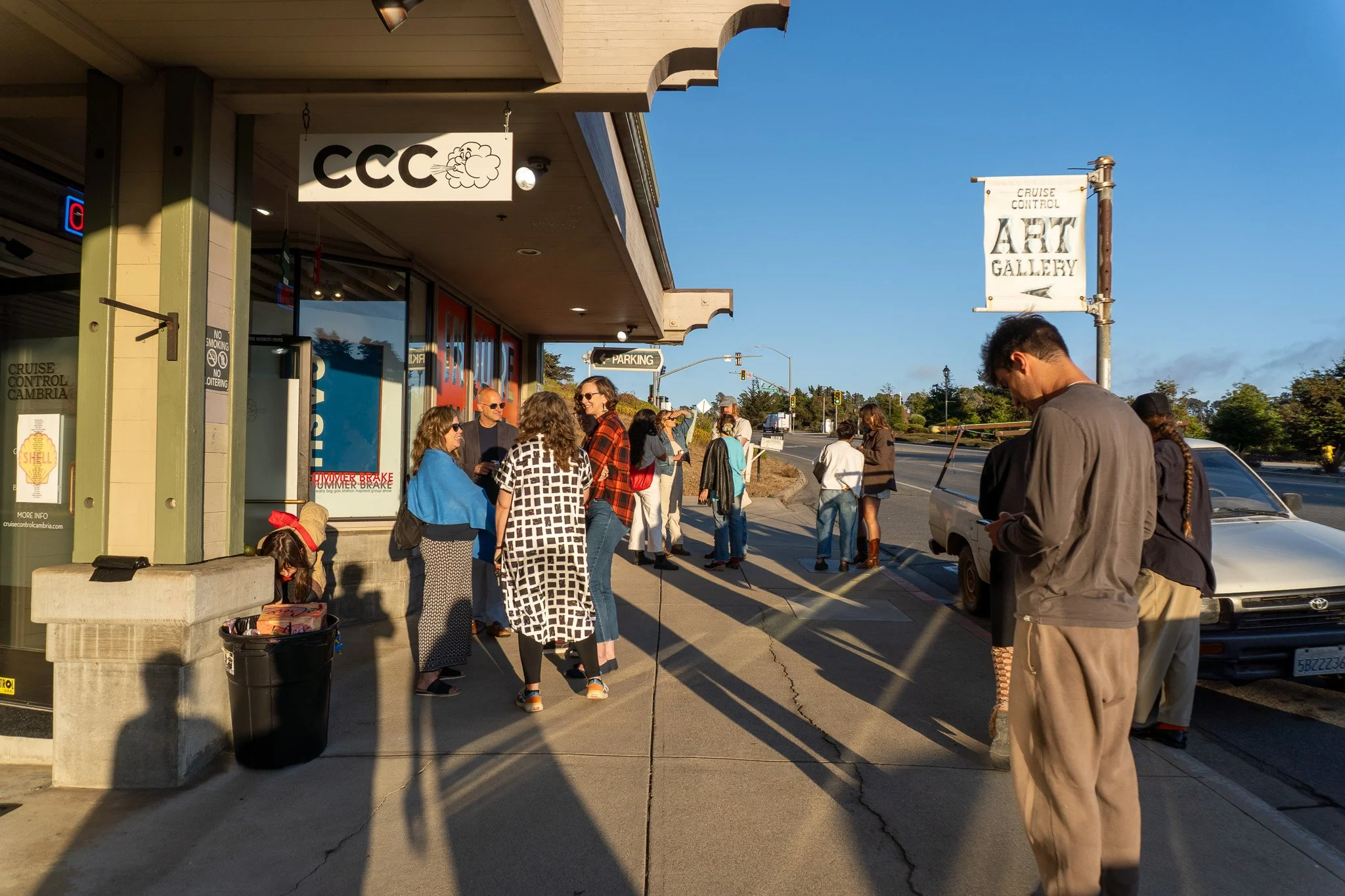
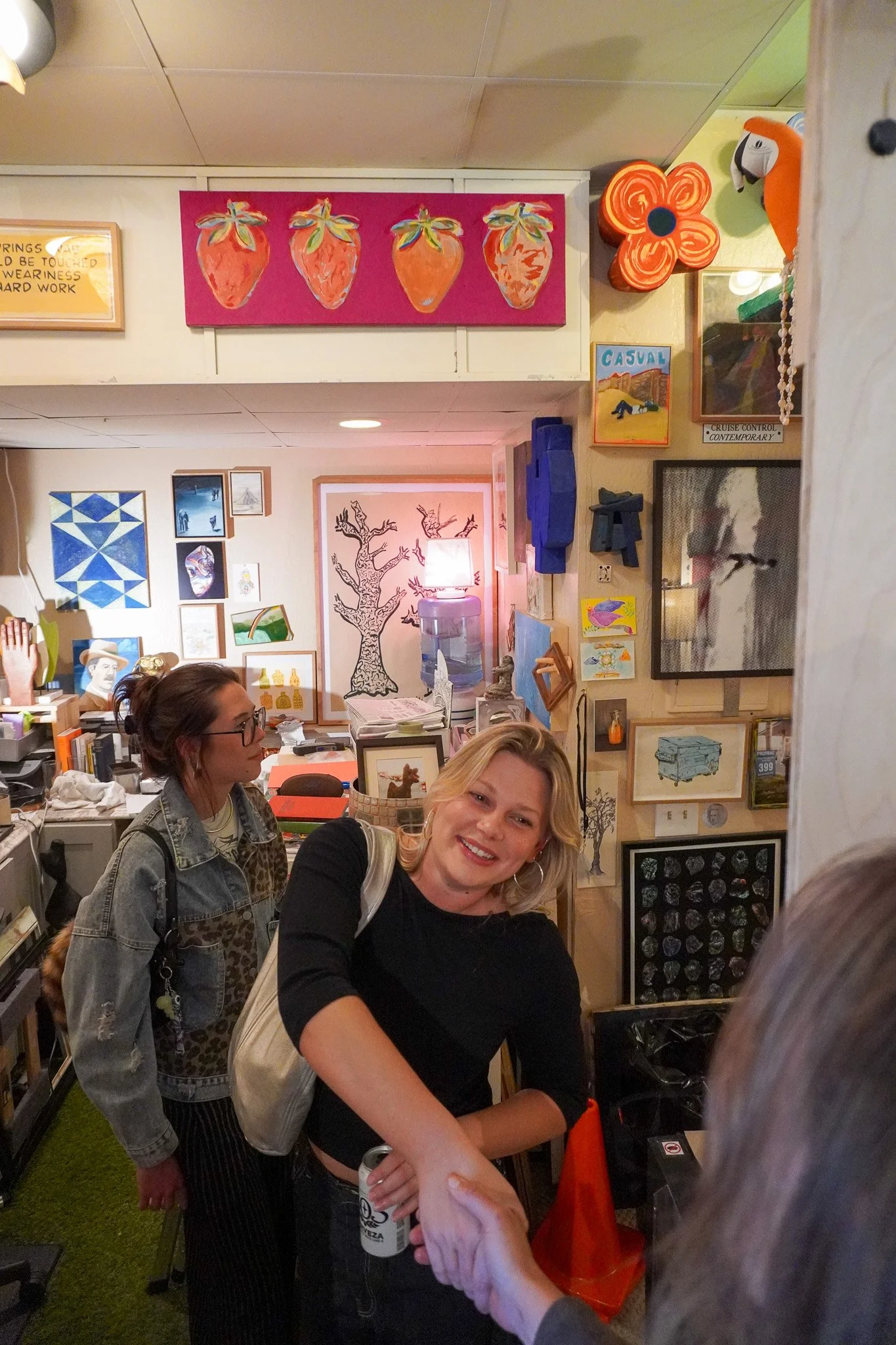


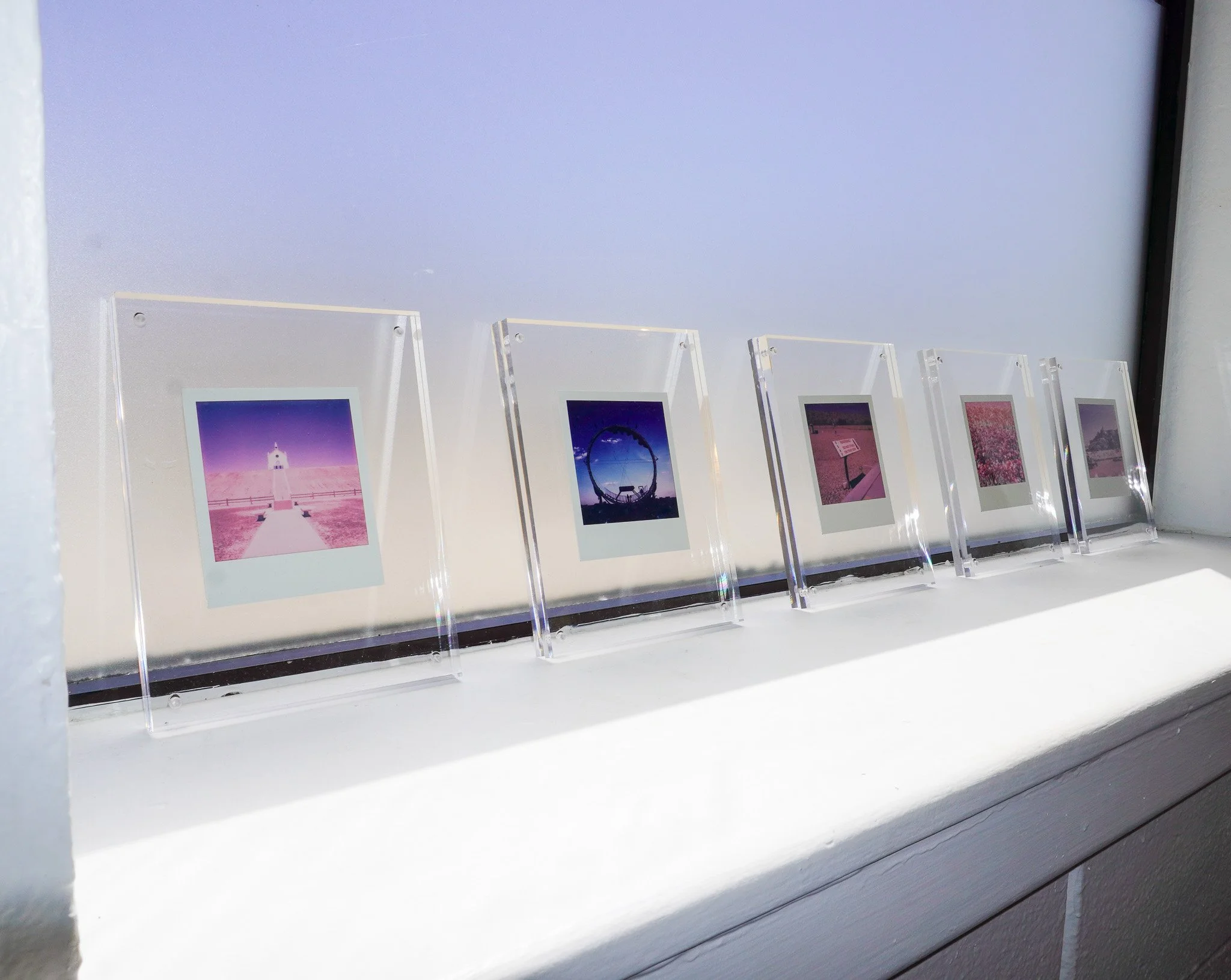

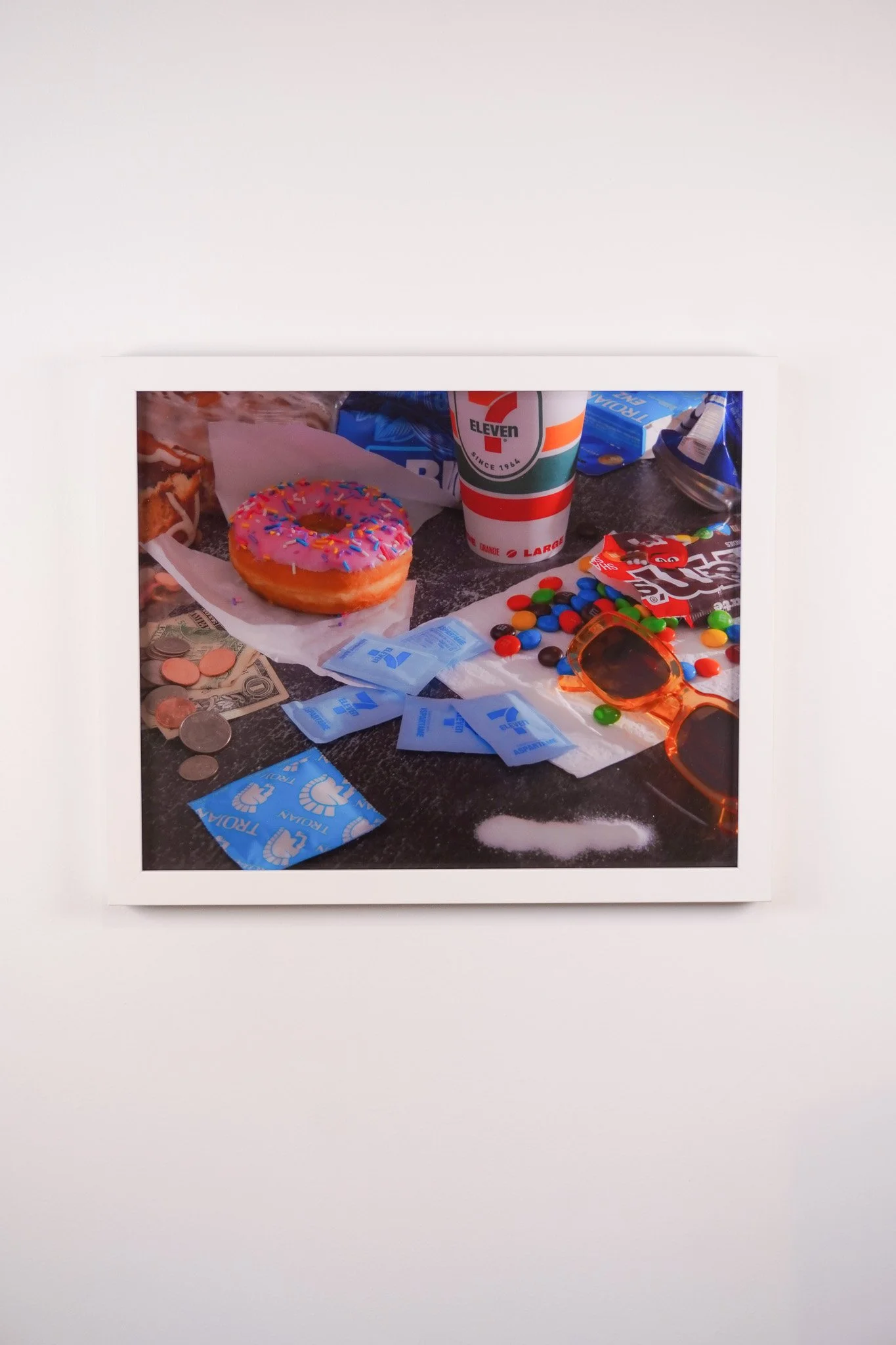
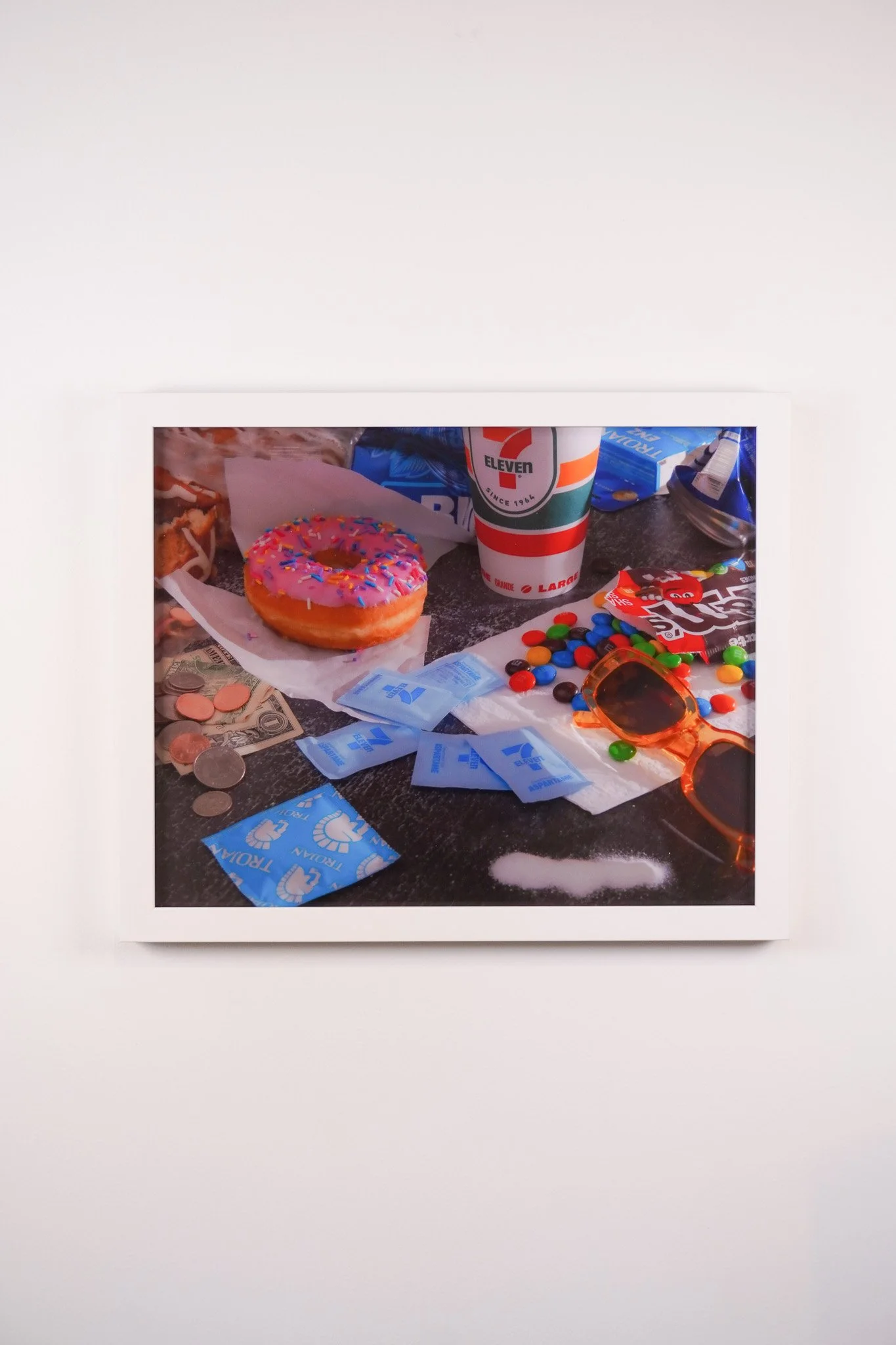
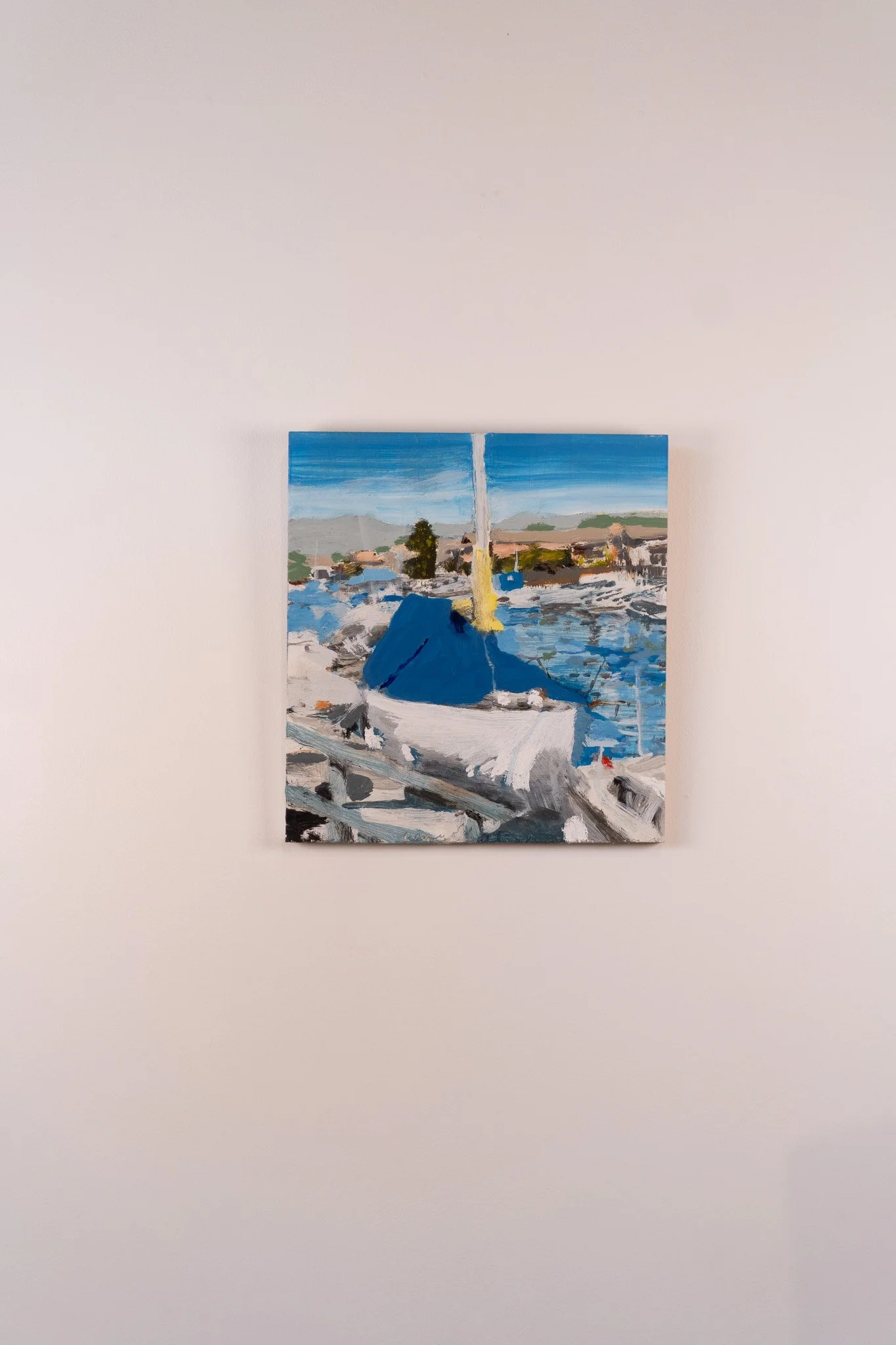
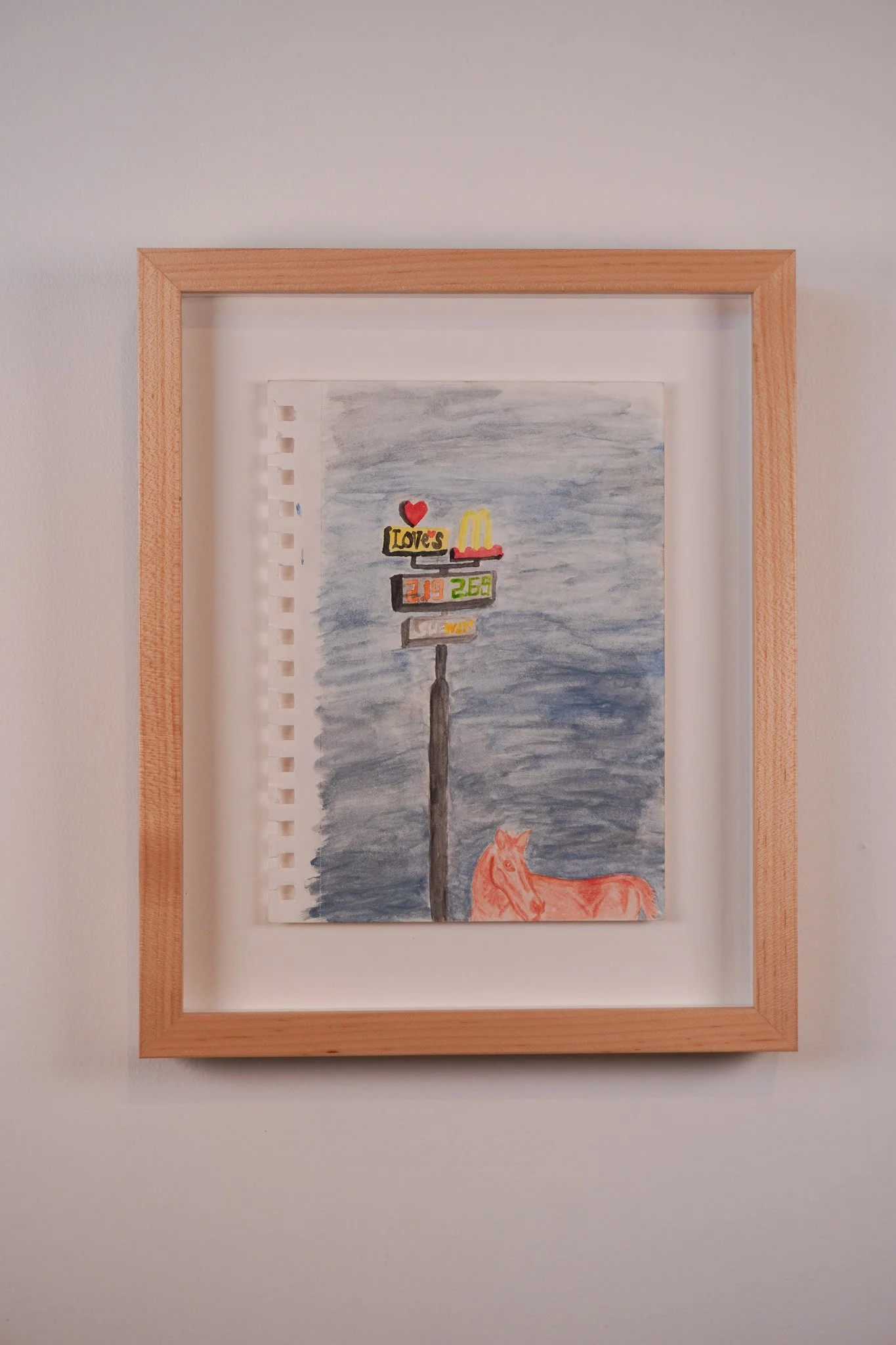
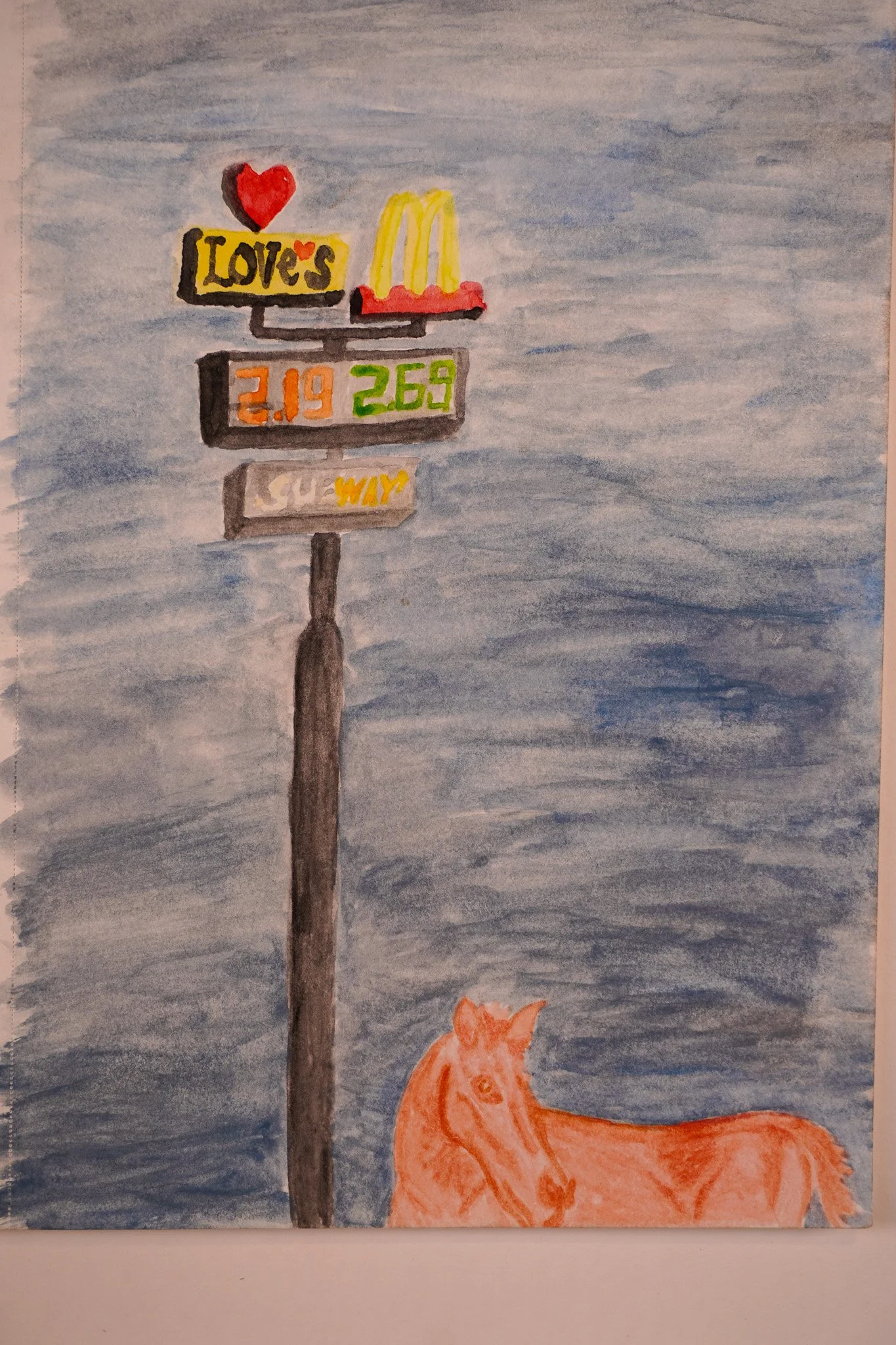
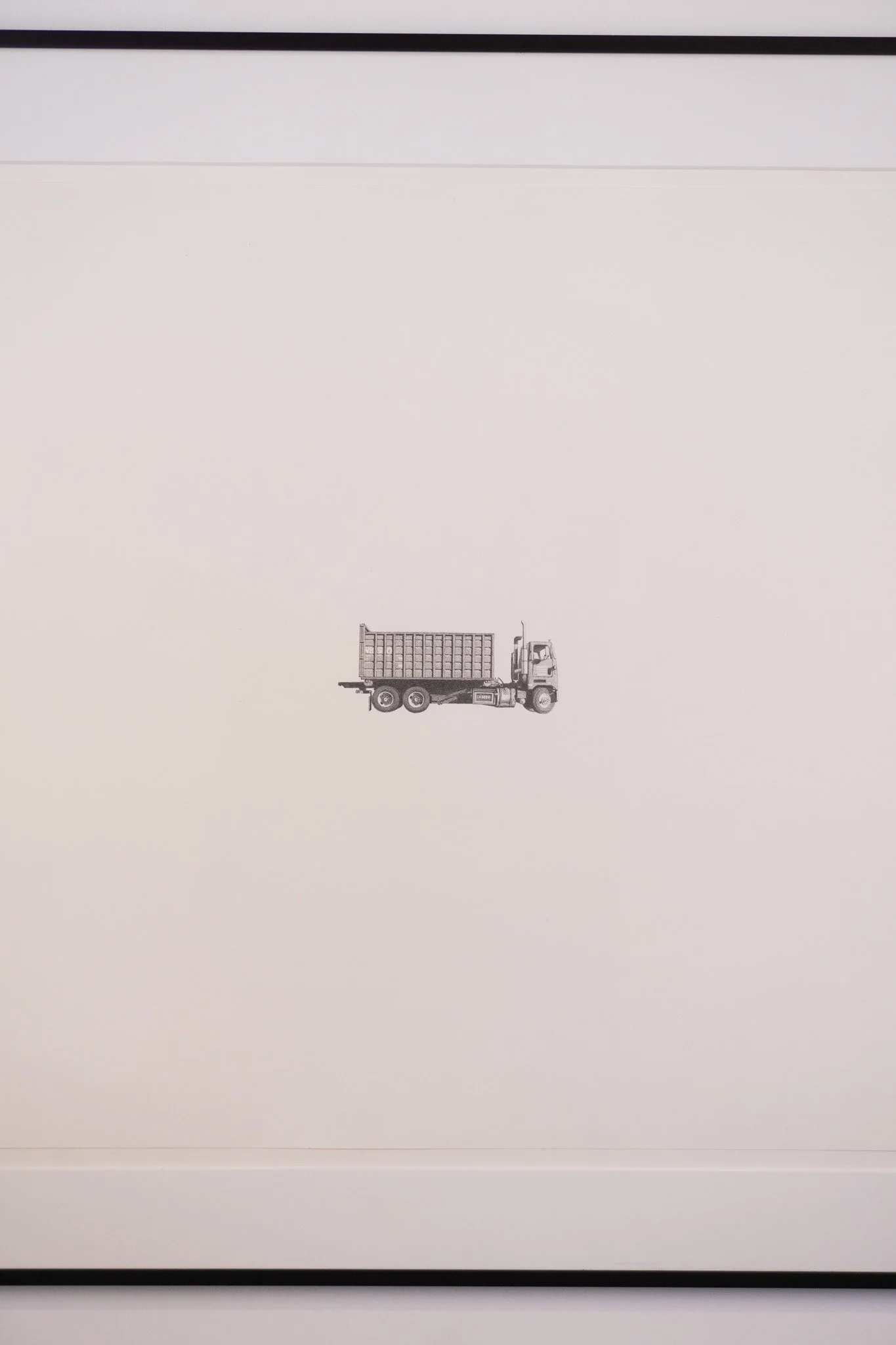
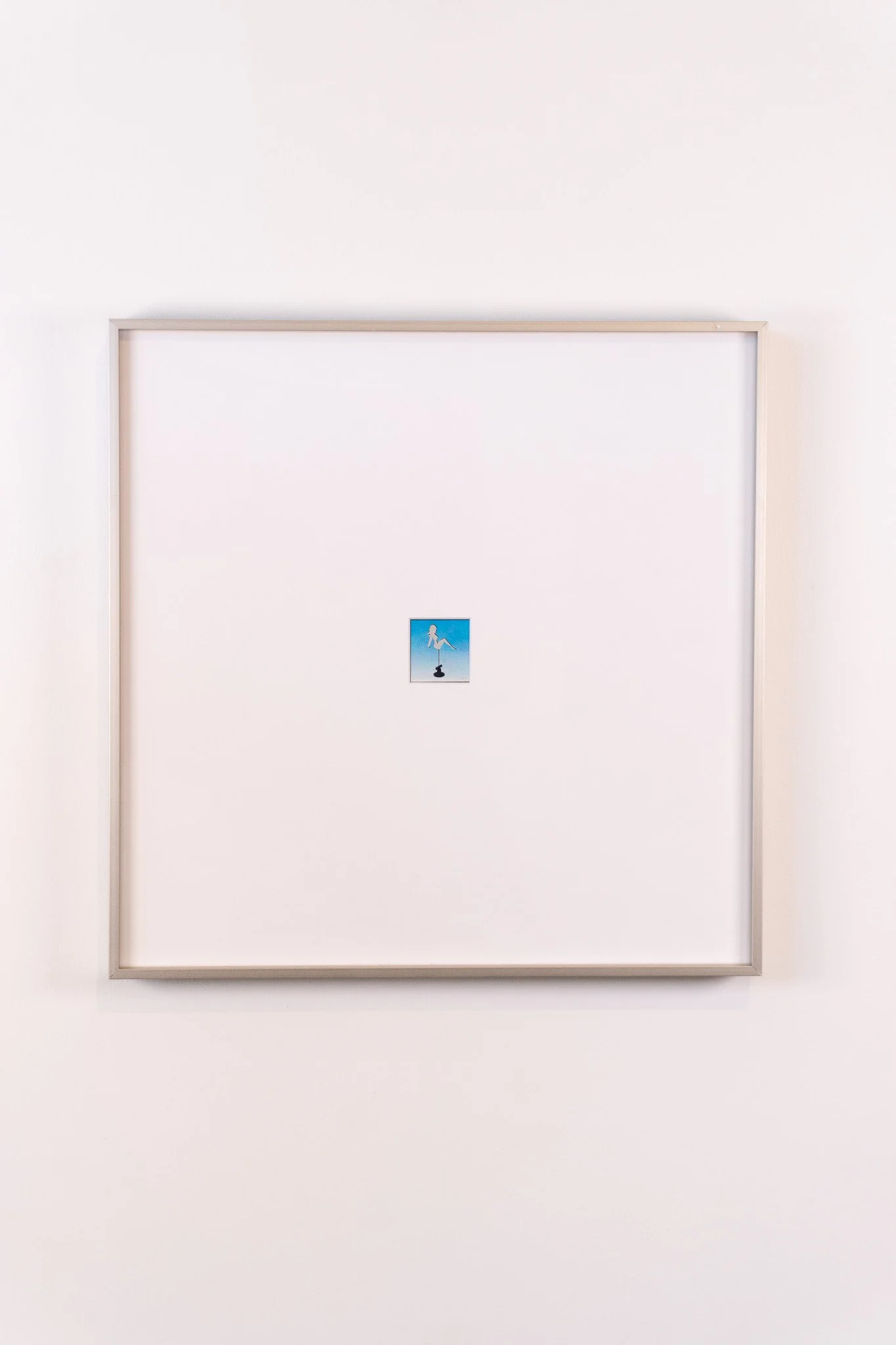
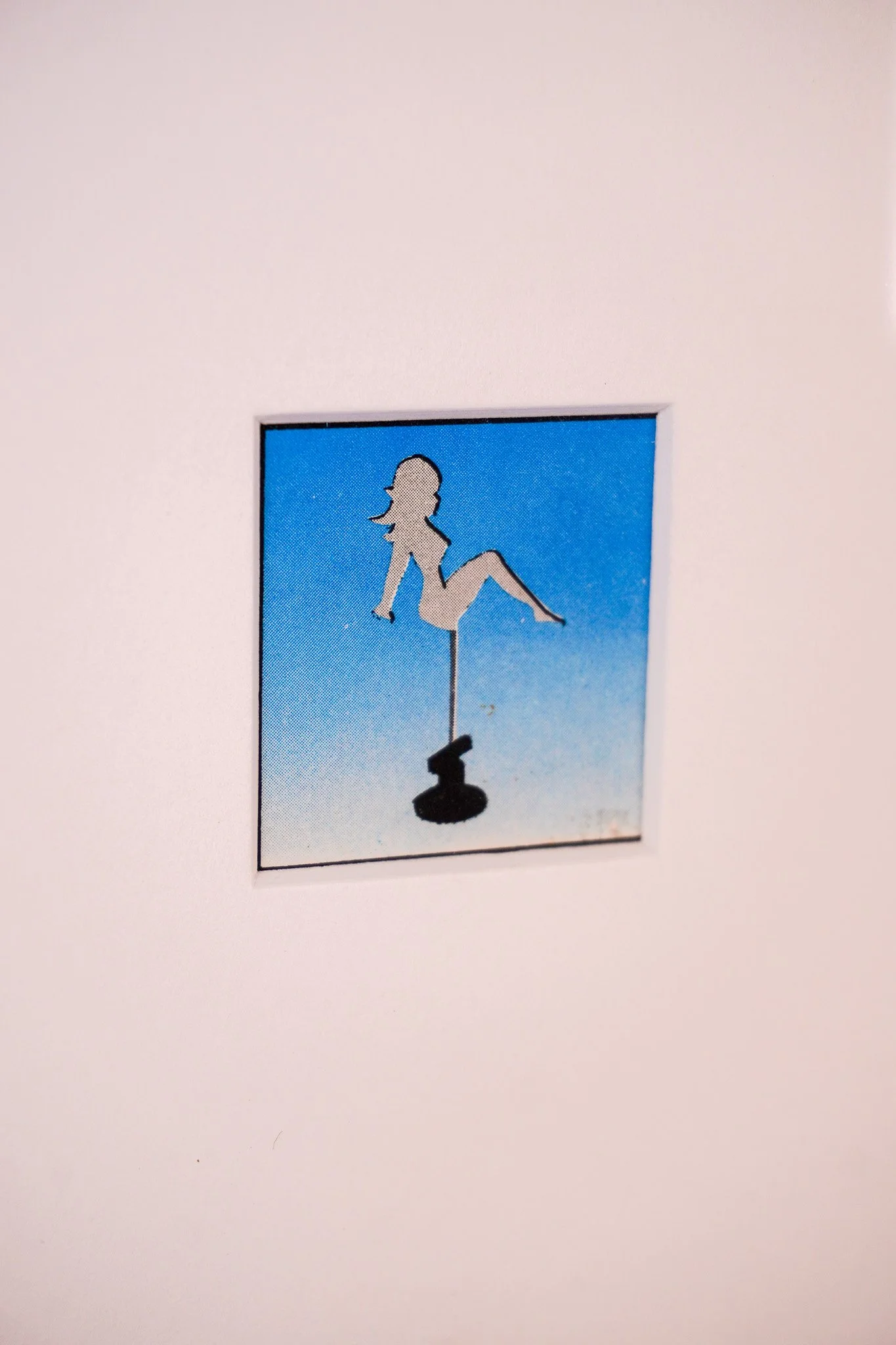
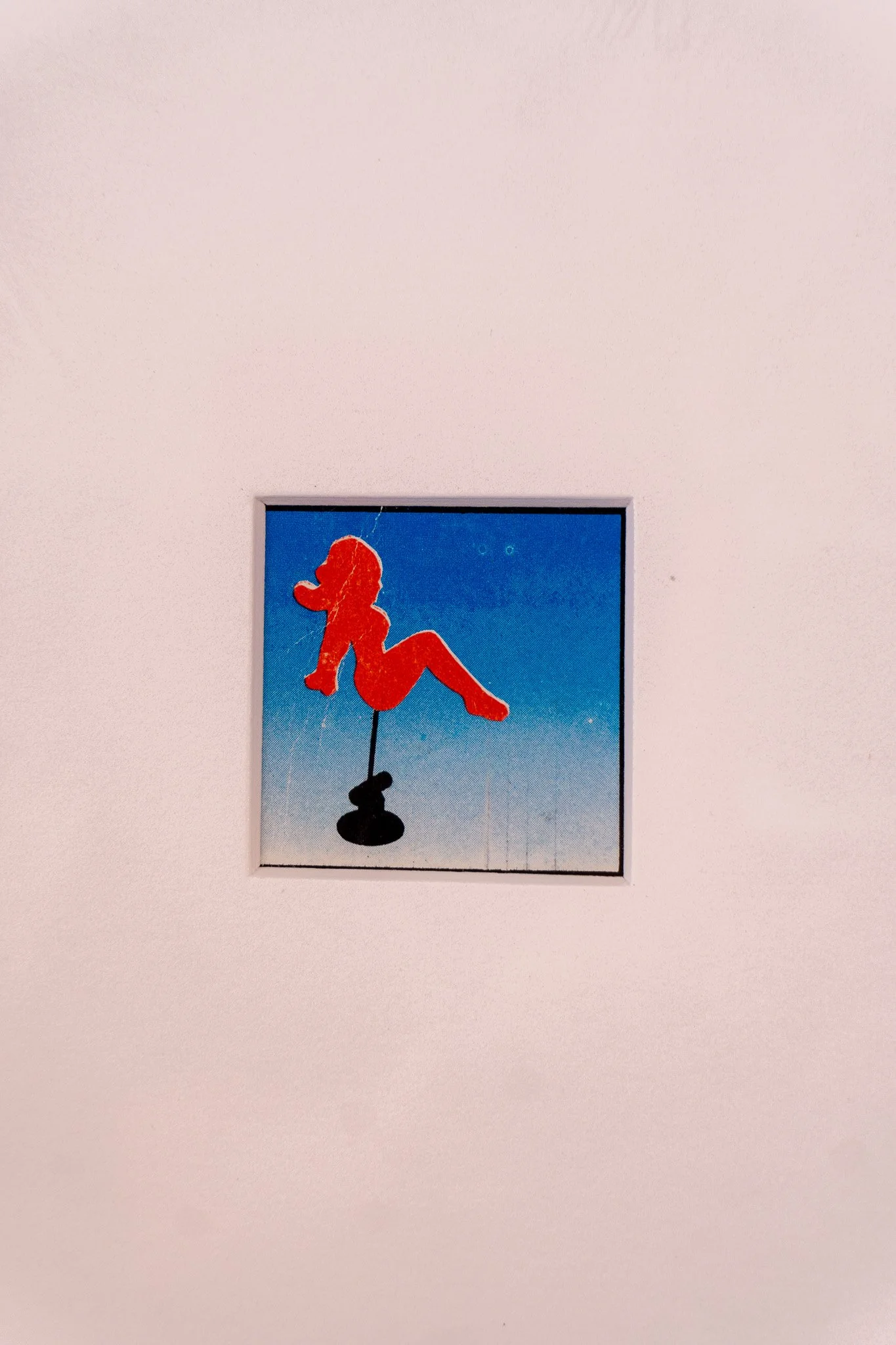
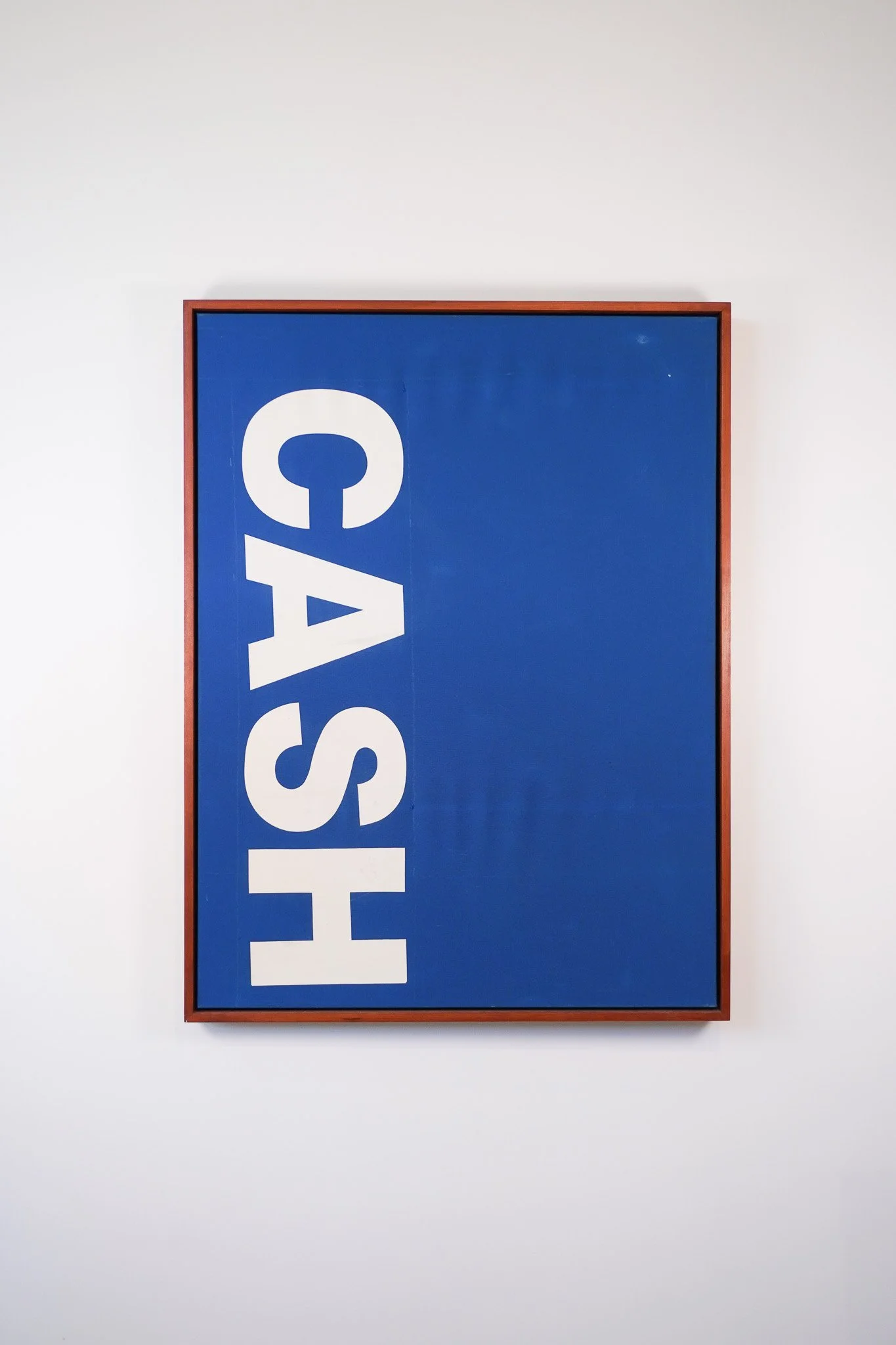
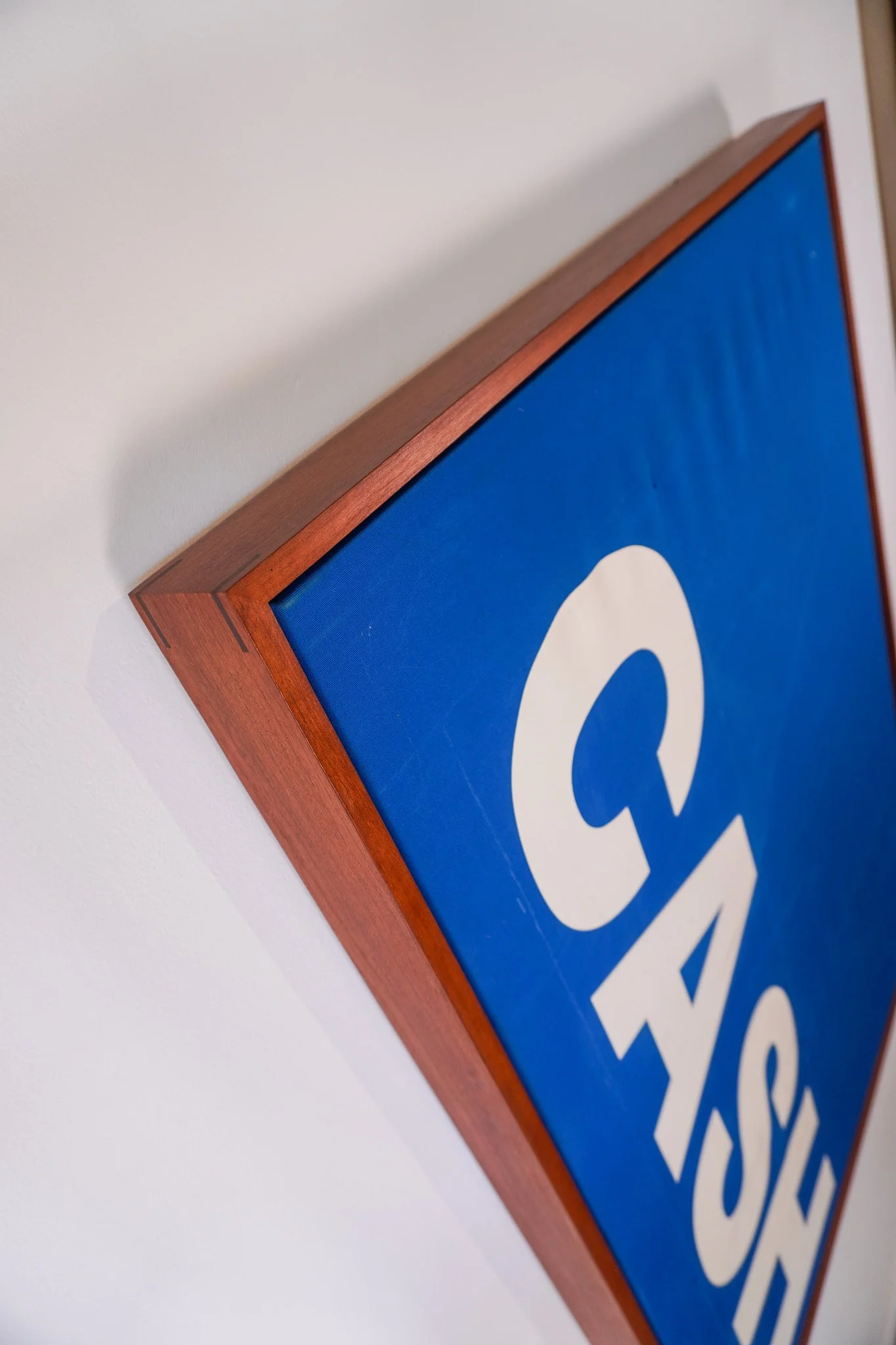
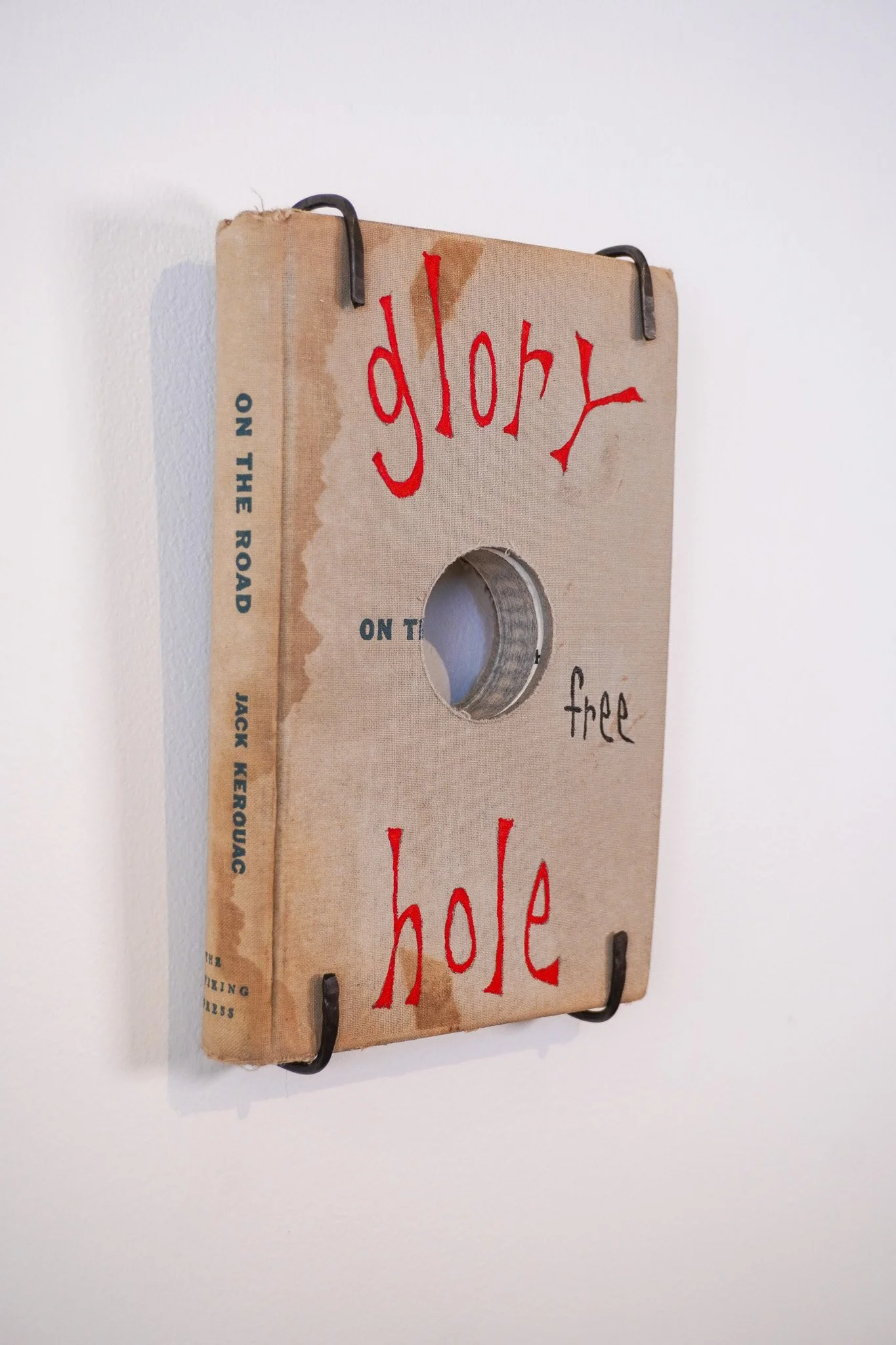
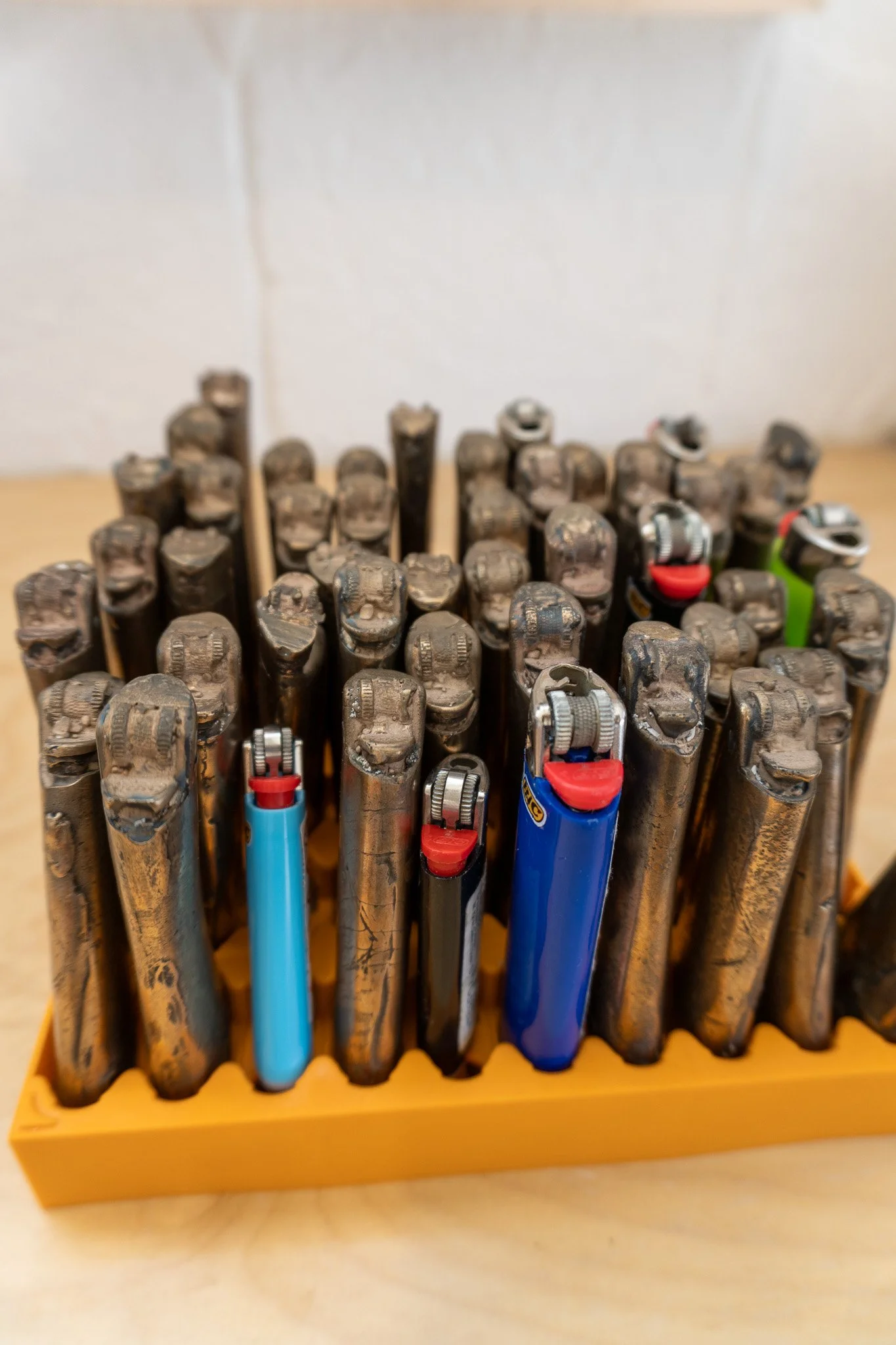
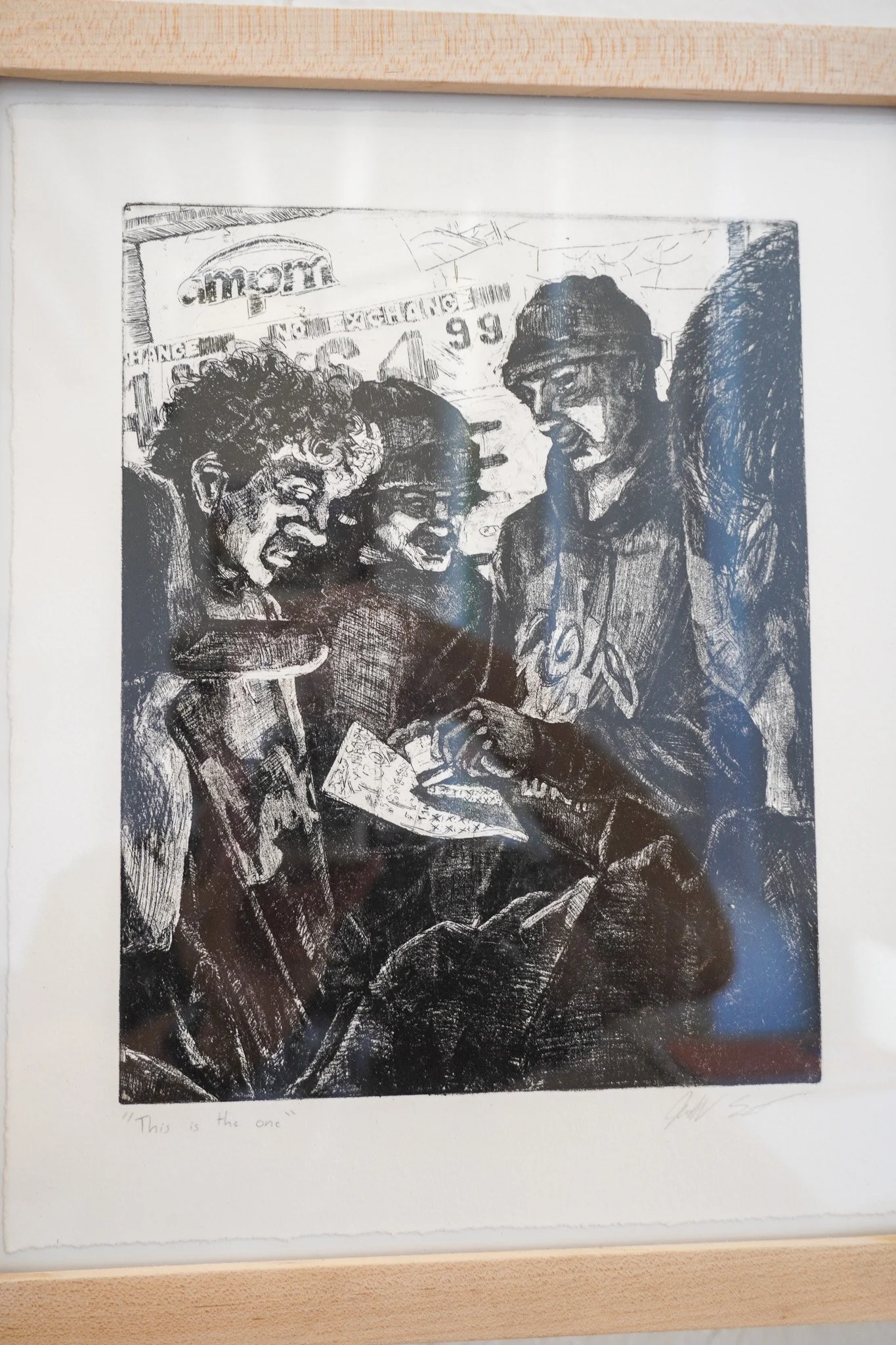
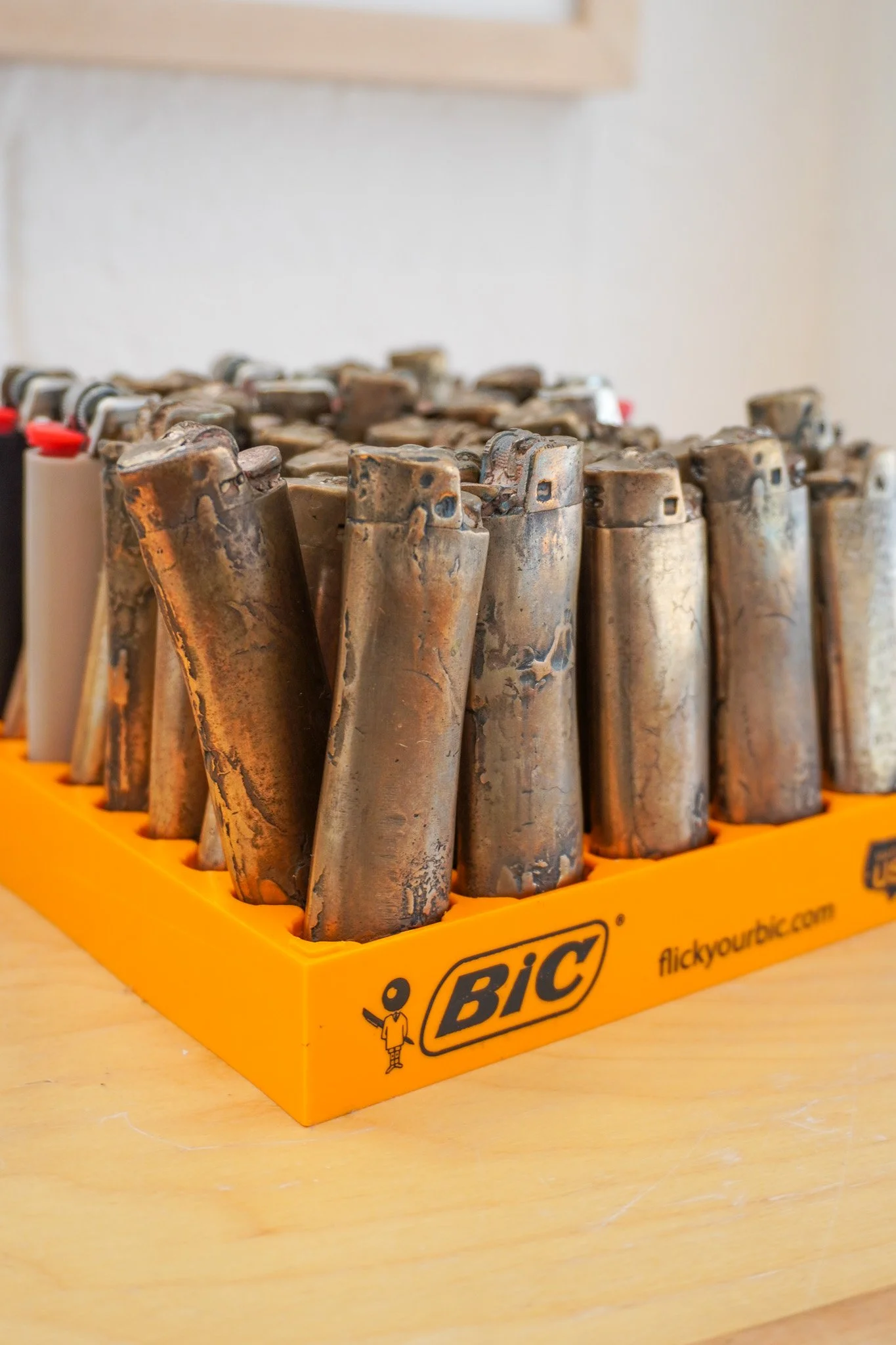
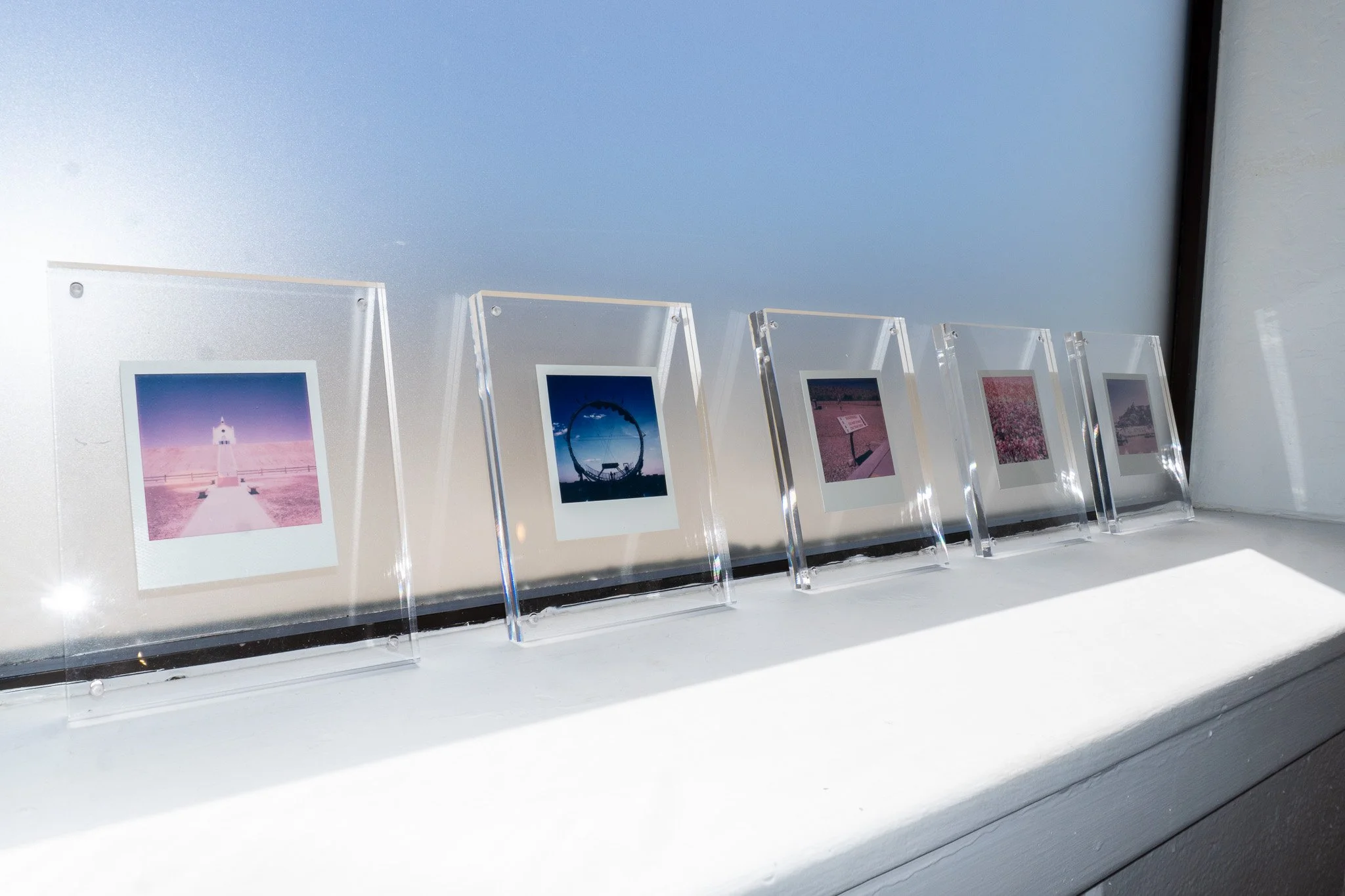
This new exhibition unveils a series of drawings shaped by over two decades of observing forests and photographing nature. The work captures raw, emotional responses to the natural world, each piece forming a dreamlike narrative rooted in solitude and imagination. Human relationships emerge within a magical, forested realm—one that feels both deeply personal and universally familiar.
At the heart of the show lies a commitment to a naïve approach—one that sees the world without the weight of experience or skepticism. This perspective opens the door to wonder. Free from rigid expectations, it encourages curiosity and welcomes the unknown. In this space, creativity flourishes, new connections form, and expansive visions of possibility emerge.
In these intimate, evocative pieces, Wagner channels a childlike clarity, using abstraction to interpret the vastness of nature. The works trace back to a unique collaboration: an invitation to create a mural at a New York City primary school. Immersed in the unfiltered energy of children, Wagner introduced the idea of his “Impossible Forest”—a place that defies logic but feels intuitively real. As he explained the concept, he began sketching alongside the students, absorbing their reactions and reimagining their perceptions through his own visual language.
The resulting body of work feels both primitive and poetic—a kind of Rosetta Stone for understanding nature through the lens of imagination. These naïve yet deliberate drawings become a visual manual: simple enough for young minds, but layered with meaning.
The Impossible Forest invites viewers of all ages to see with fresh eyes—and to believe, even for a moment, that the impossible might not be so far out of reach.





















Cruise Control Contemporary is pleased to present HOME BODY, a solo exhibition of new paintings by Carpinteria -based artist Kim Satomi Hoppe.
Through vivid color and playful imagery, HOME BODY reflects on what it means to create — or long for — a sense of home. And at a time in California when an ability to have a home is being challenged. Hoppe’s paintings are filled with fruits, flowers, and objects that feel both intimate and universal, drawing from personal history while inviting viewers into a shared emotional space of beauty and care.
Born in Idaho, Hoppe’s family history includes her grandmother’s incarceration in a Japanese American camp during World War II — a legacy that subtly informs her work. In response, her paintings become sites of safety, abundance, and tenderness — places where memory and imagination intertwine, and where the body can rest and belong.
Please join us for the opening of HOME BODY on Saturday, May 3rd from 5–8pm at Cruise Control Contemporary Gallery.






























Springtime on the central coast is an eruption of color—green hills, golden poppies, wild mustard in full bloom. It’s beautiful, overwhelming, and for many, a little suffocating. HAY FEVER, a new collection of work by Owen Blackwell, captures this tension: vibrant and textured paintings built through layers of meticulous patterning and raw disruption.
Blackwell’s work draws from a deep well of influences—pre-Columbian South American textiles, Andalusian tile work, and the folk traditions of both Chile and the United States. His process is one of construction and excavation: paint is applied, sanded down, reworked, and revealed. Canvases, once abandoned, find new life.
“I was born and raised on California’s central coast, where I grew up sailing, singing, and acting against a backdrop of rolling green hills, the deep blue Pacific, and the vibrant—often allergy-inducing—super blooms of springtime. These colors have shaped my visual language, becoming an intrinsic part of my work.
After high school, I spent a year in Chile as part of the Rotary Youth Exchange, where I sought out traditional art forms beyond my academic studies. I traveled into the mountains to the town of Coya, where I became a regular at the local museum’s community classes. There, I learned copper jewelry-making and ceramics and was introduced to the rich history of pre-Columbian South American textiles—an influence that continues to inform my work. My travels in Spain, Chile, and the U.S. have drawn me toward the geometric beauty of Andalusian tile work, the humble precision of Amish quilts, and the vernacular artistry found in folk traditions across cultures.”
“For me, painting is a timeline, a meditation. Layers accumulate over weeks, forming patterns and symmetries, only to be disrupted—scraped back, worn down—to reveal the history beneath. The canvases I use are found objects, given to me years ago—some from a late artist in Cambria, others gifted by friends. I embrace their past, layering onto them with vivid colors and intricate patterns before distressing the surface to expose what lies beneath. The final pieces live in the tension between order and disorder, symmetry and chaos, vibrancy and decay. Even the frames are part of this conversation, built from reclaimed wood salvaged from old barns and fences.”
“Beyond painting, I write, make music, and photograph—all ways of storytelling. But painting, in particular, feels like a dialogue with time itself, an unfolding process of creation and destruction that mirrors the landscapes, traditions, and experiences that have shaped me.”




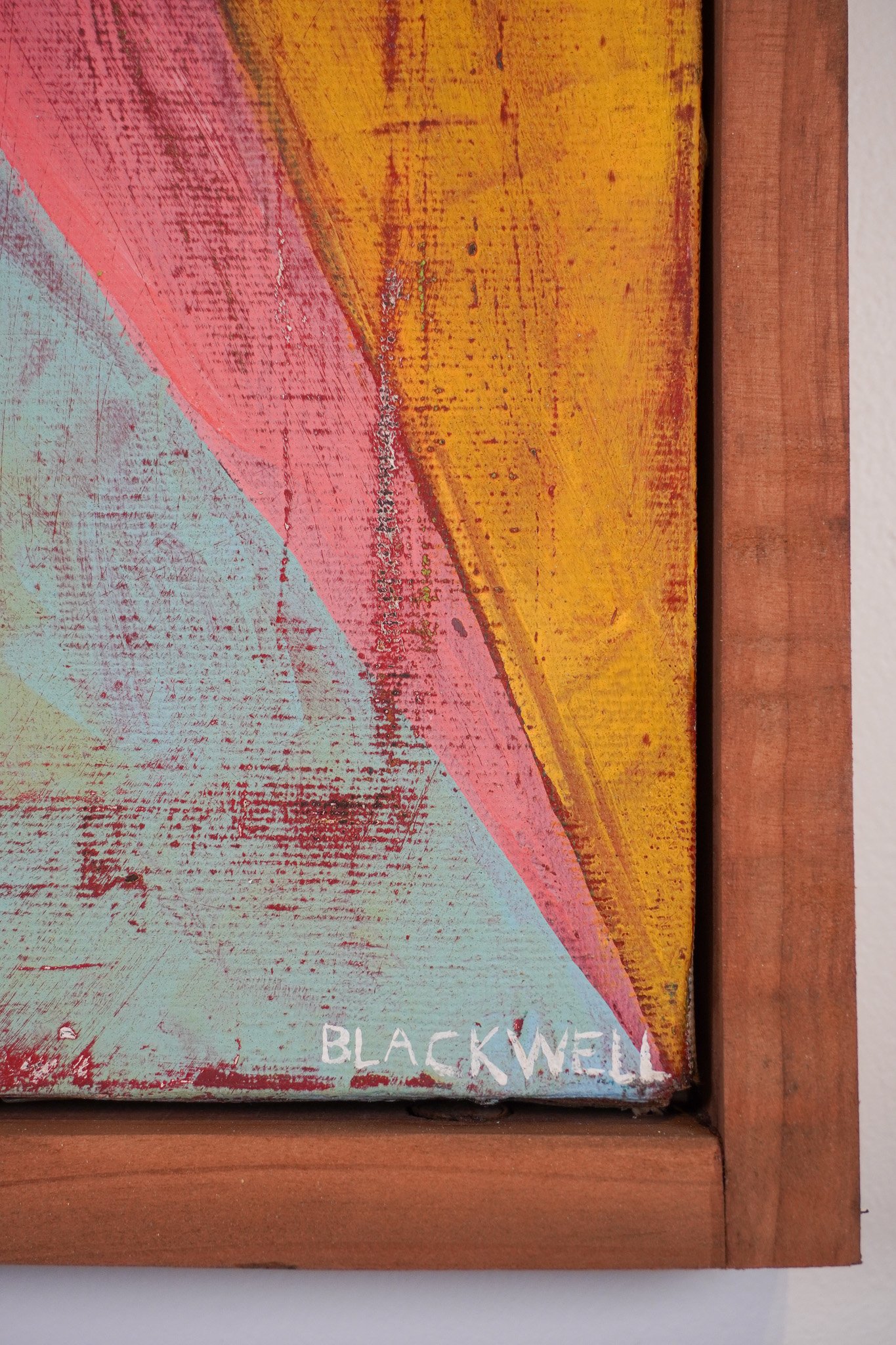





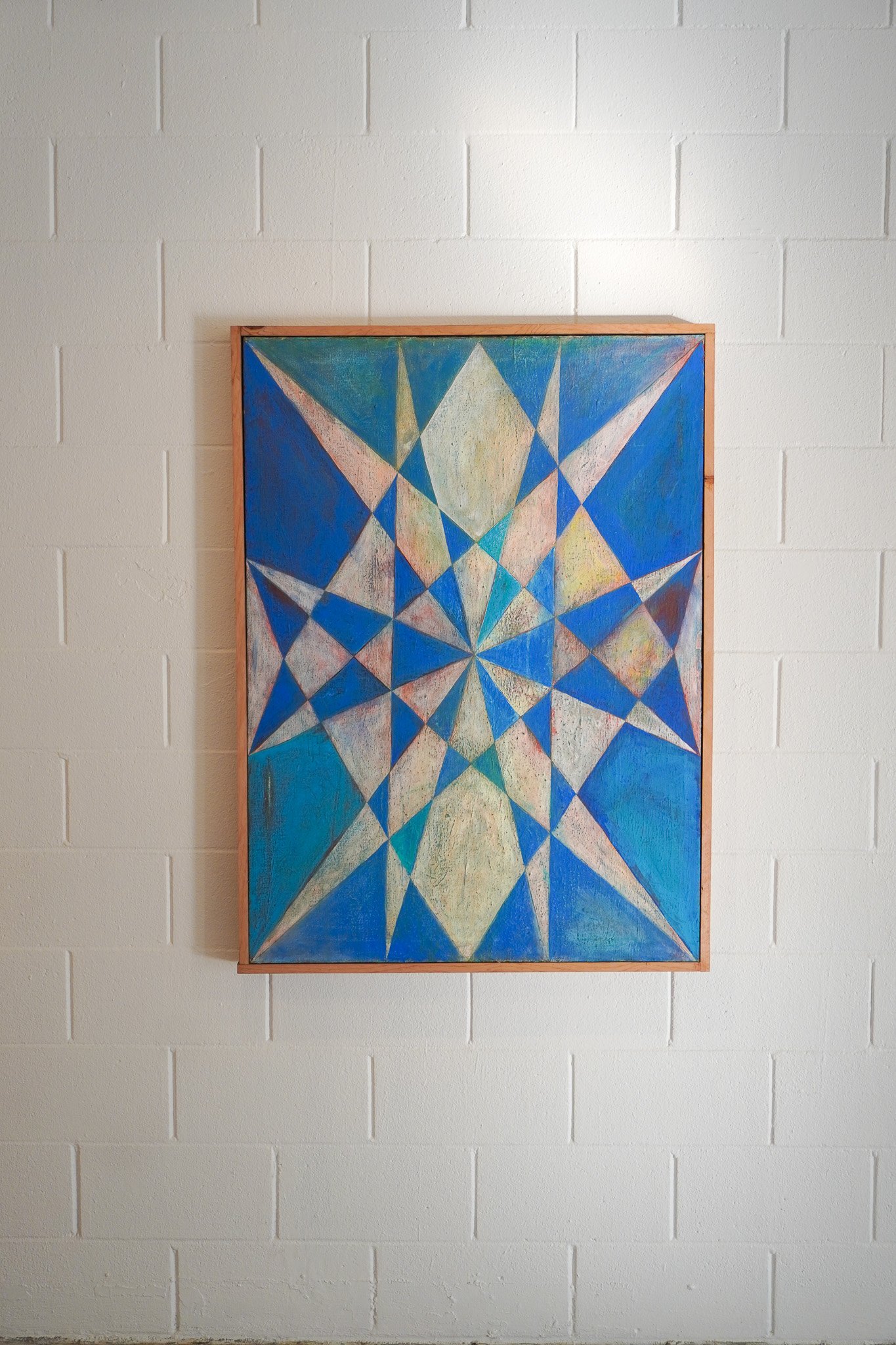

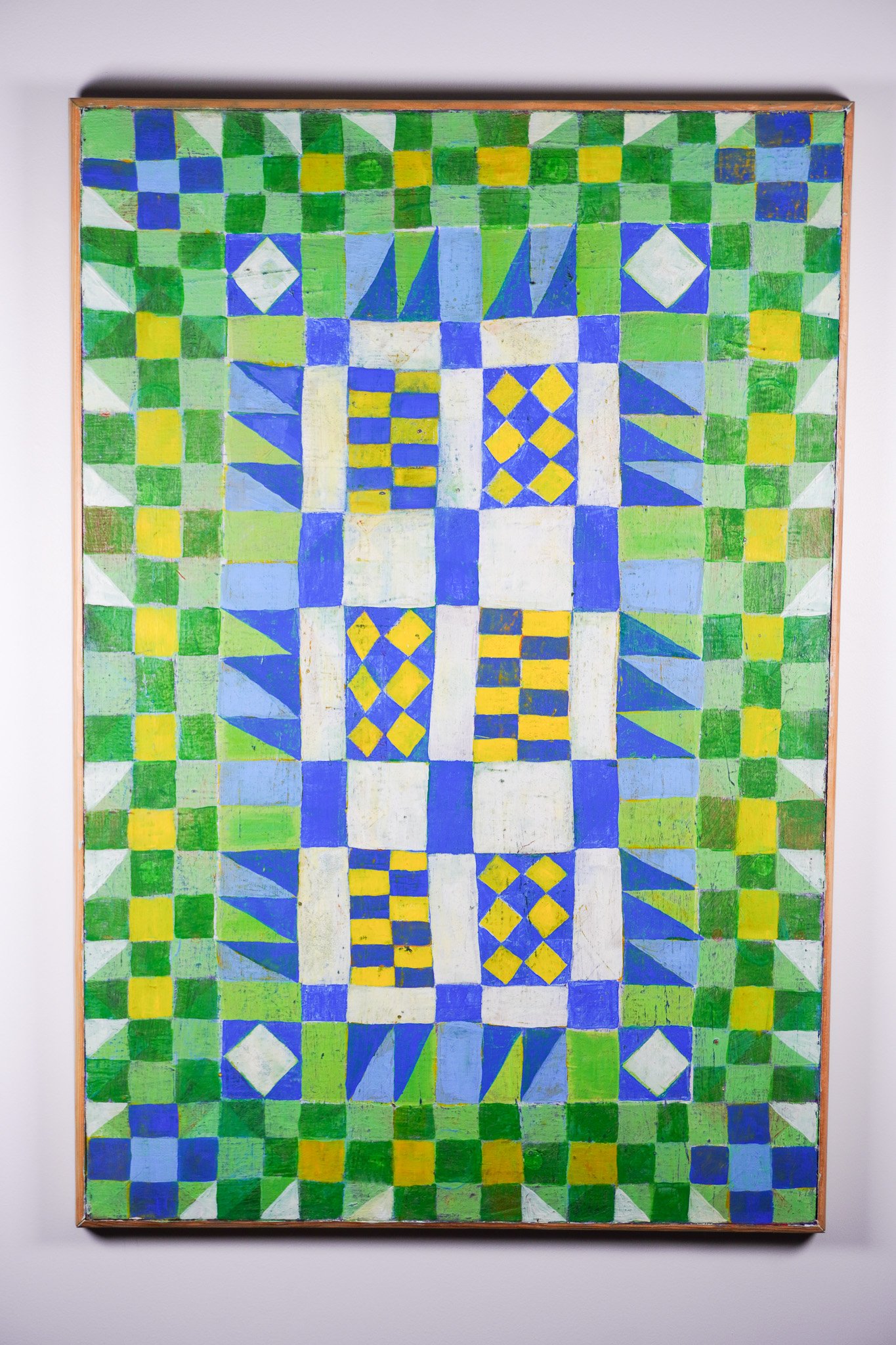















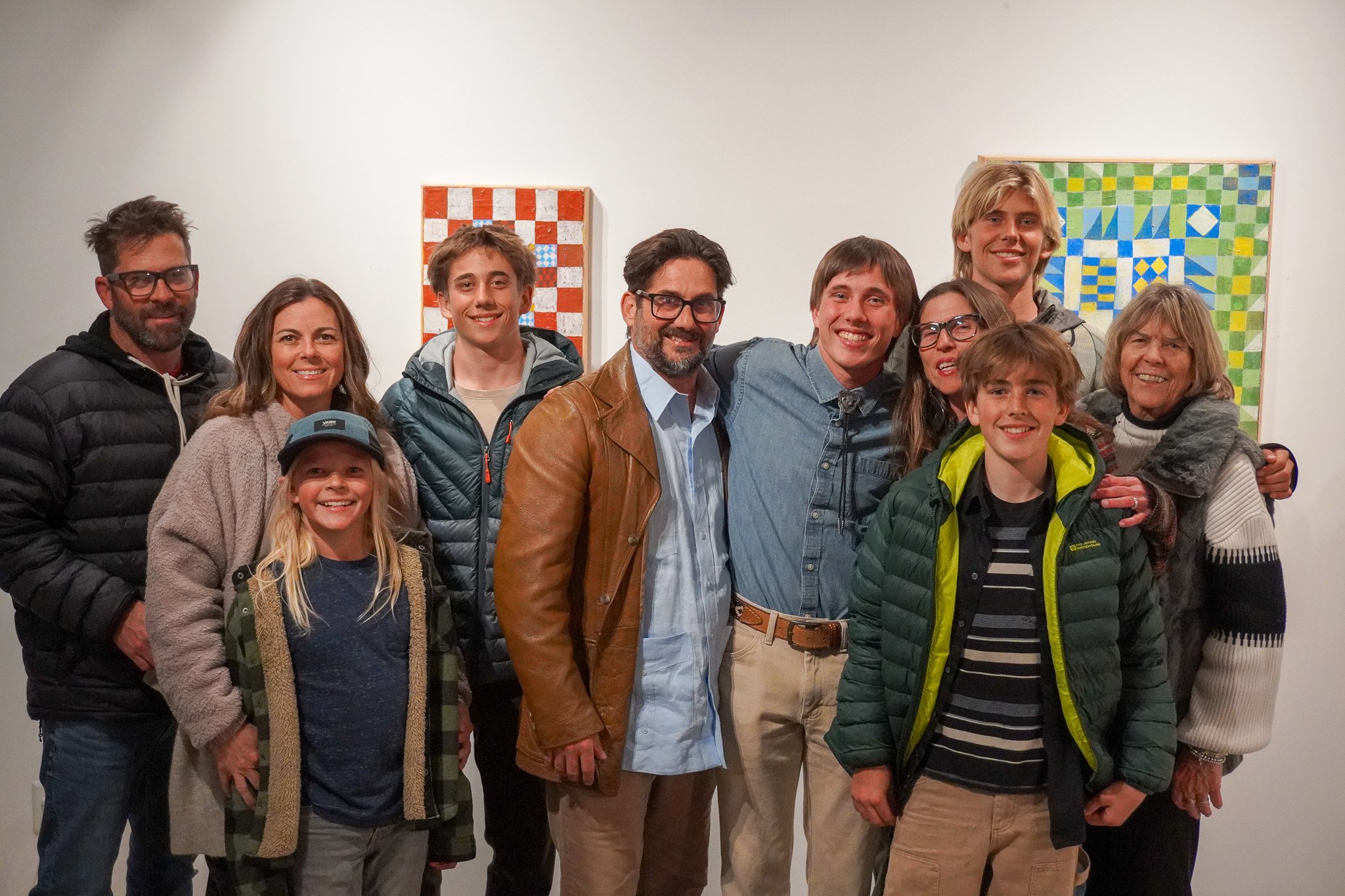




Joey Belardi works on surfaces. Hopefully this doesn’t strike the reader as a truism; of course, all painters are concerned with surfaces, almost by definition, but a lap around Cruise Control Gallery, from frame to candy-colored frame of Belardi’s Romeo and Juliet—a Looney Toons-esque storyboard rendering of Shakespeare’s iconic tragedy—reveals an exceptional primacy of surface. Belardi’s paintings emphatically exceed themselves, their content having been thoroughly extruded up and out. The paintings give themselves over absolutely; all they “contain”—it’s all right there, right on the surface, practically bounding from its two dimensions. Every element of Belardi’s Verona distorts itself toward the full throated conveyance of a frame’s singular meaning. In its bid for unequivocal exclamation, Belardi fashions a story world which knows no emotional subtlety, has no room or time for the ambiguous gesture.
It’s a century-old cartoon tradition, traceable at least to the Golden Age sketches of the ‘Termite Terrace’ set at Warner Bros., whose genes Belardi inherits as a guiding dramatic principle. A Western canon all its own, no less influential than Shakespeare, American cartoons owe a great debt to Bob Clampett—the legendary animator responsible for Porky Pig, Daffy Duck, Tweety, et. al.—whose legacy here, in Belardi’s work, presents as an extreme economy of emotional expression. Or, in other words, as the superficial quality—not a deficiency, but really the work’s peculiar strength. As the cartoon historian Michael Barrier writes of John Kricfalusi, creator of The Ren & Stimpy Show, “no one else since Clampett has made cartoons whose characters' emotions distort their bodies so powerfully.” Viewers will no doubt also detect the Ren & Stimpy influence in Belardi’s work, not just for its elastic bodies, but also in its retro Atomic Age details: the asterisk stars and outsize moon above Juliet’s balcony (the Capulet garden rendered here like a mid-century Manhattan skyline), the geometry of Friar Lawrence’s pharmacy shelf and of back-alley brick facades. This geometry, it should be noted, does important work in the vain of Clampett; rectangles warp into trapezoids, distorting themselves toward the univocal message. These are backdrops alive with empathy, caught in the gravitational pull of character emotion—see, for instance, the skyscrapers leaning over a murderous Romeo.
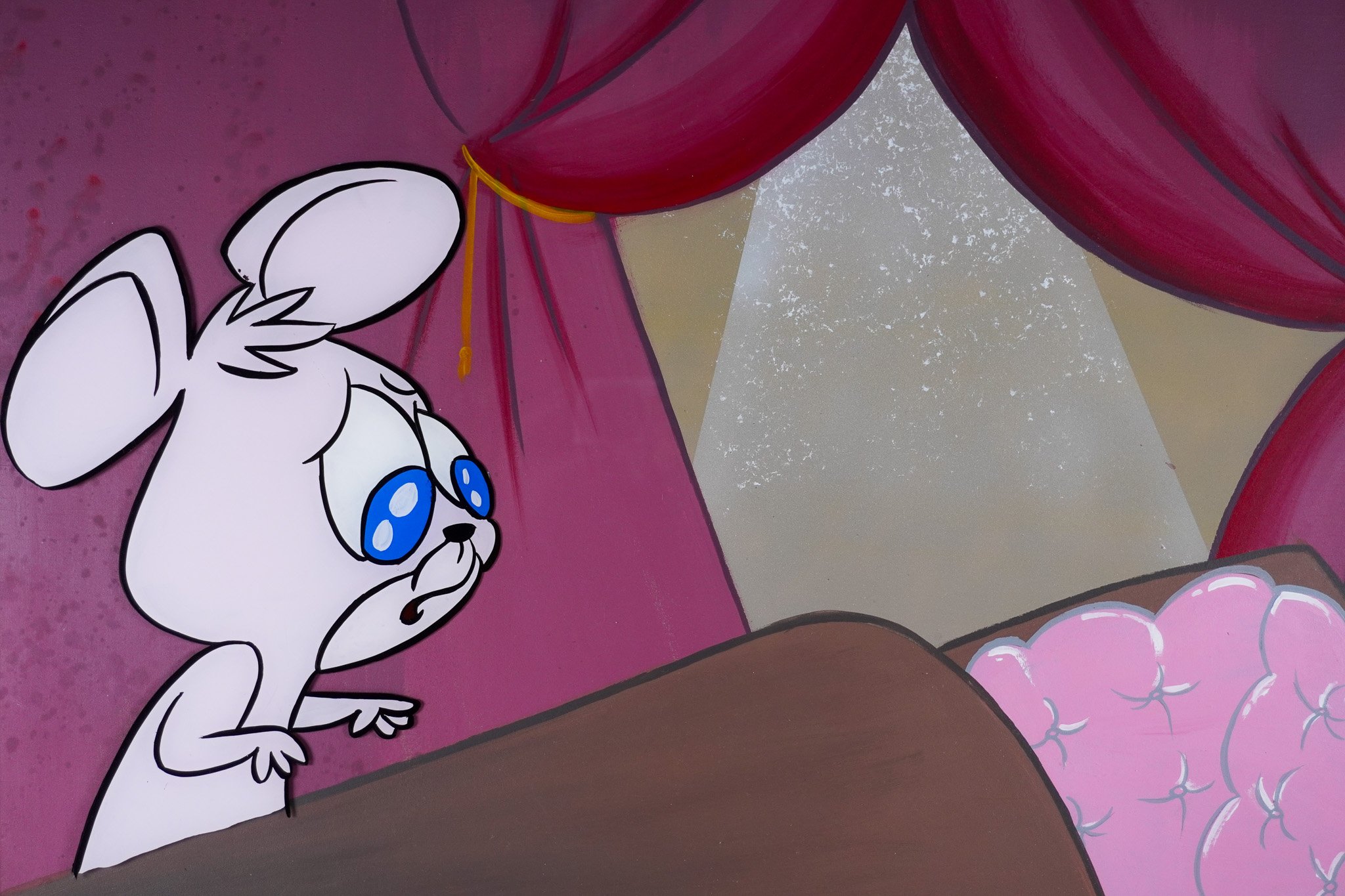

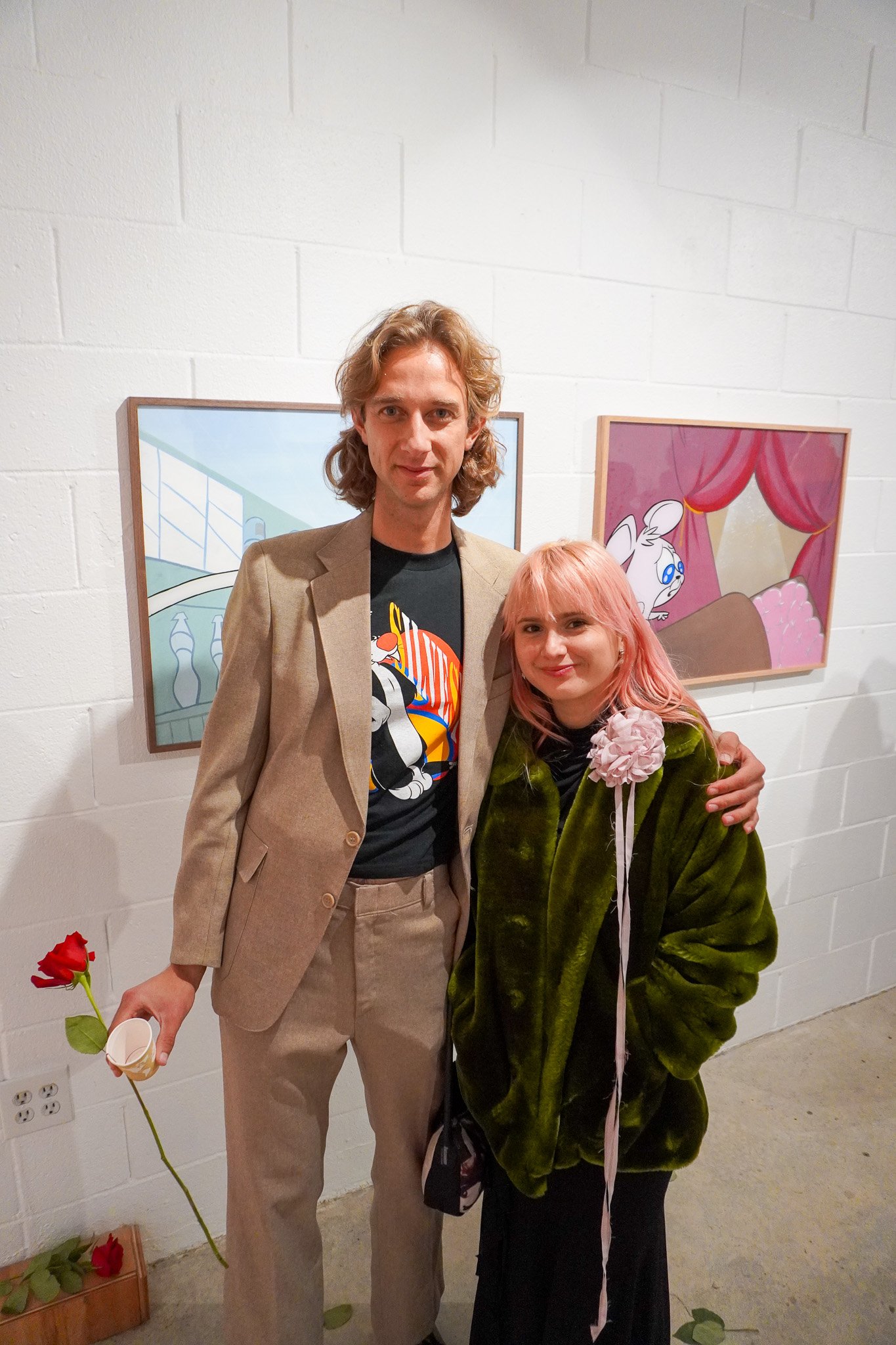
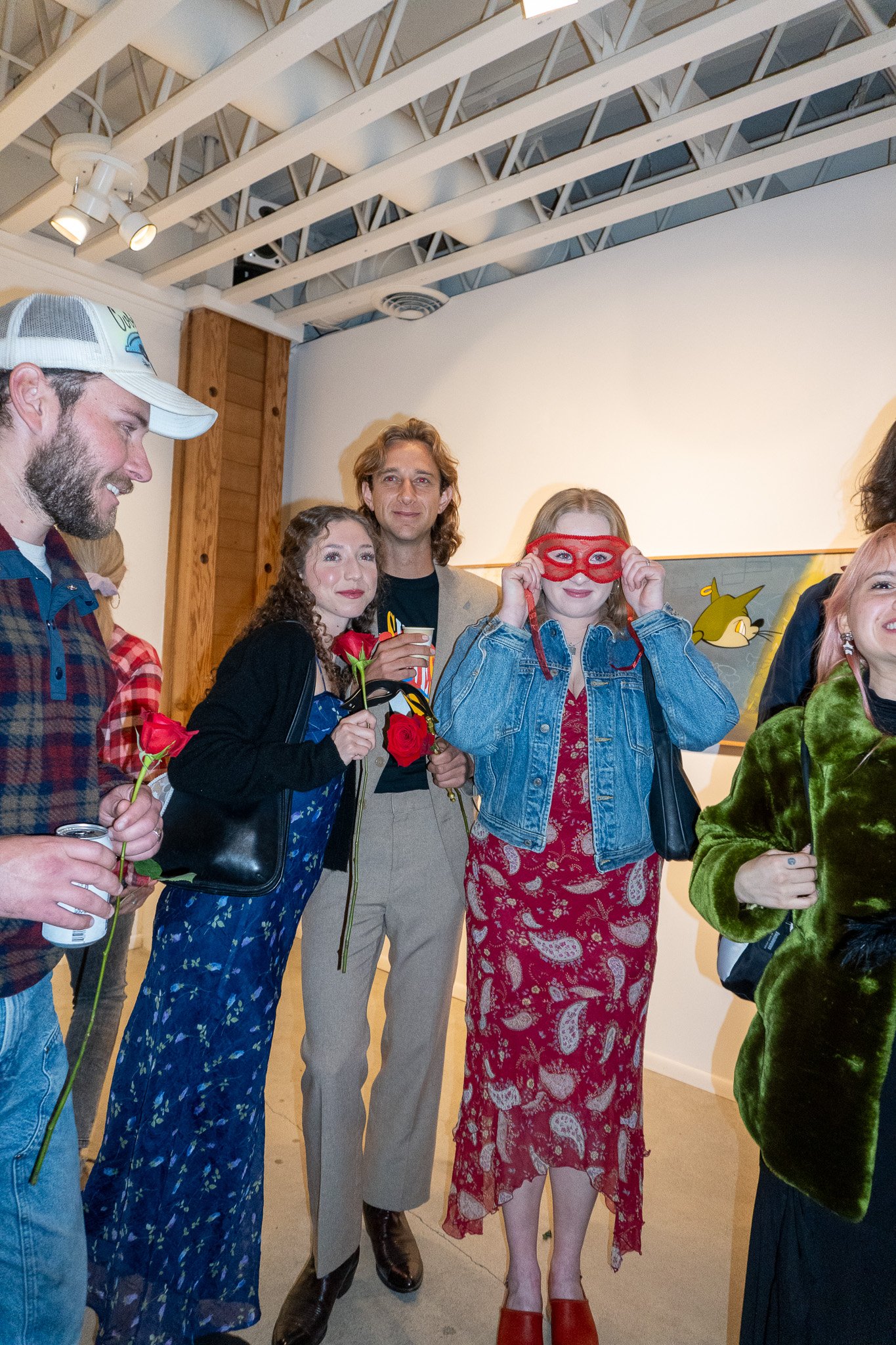
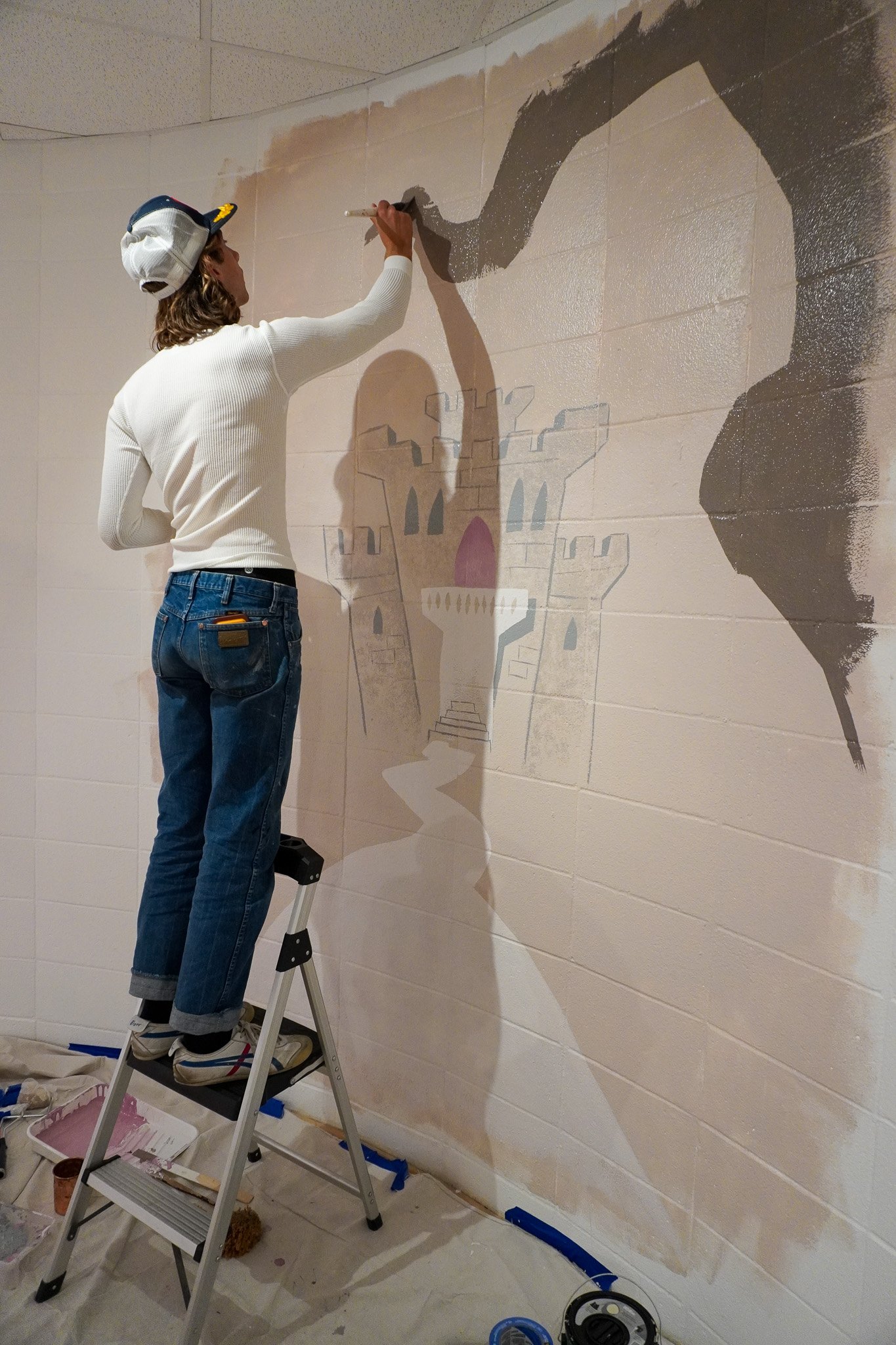
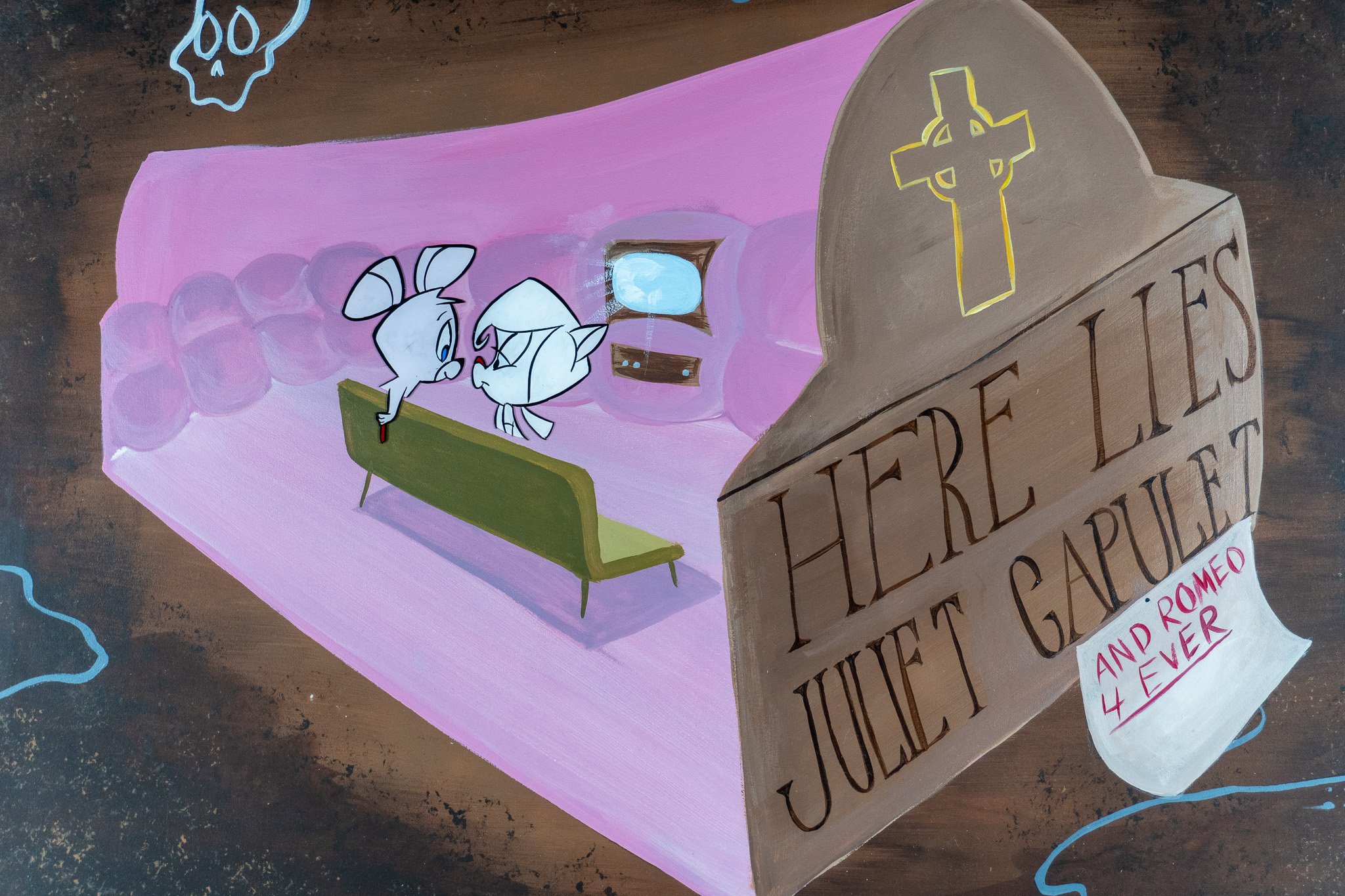

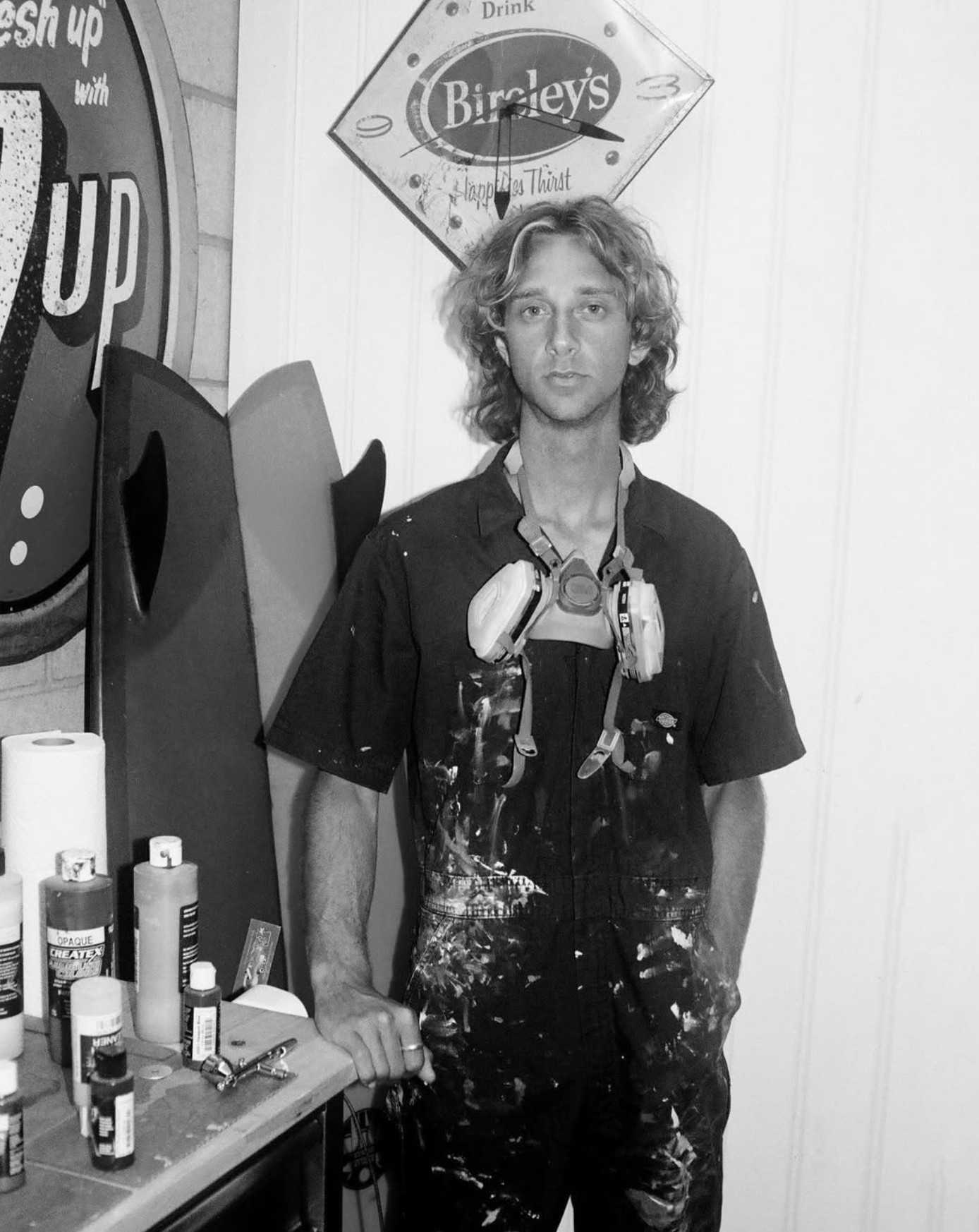
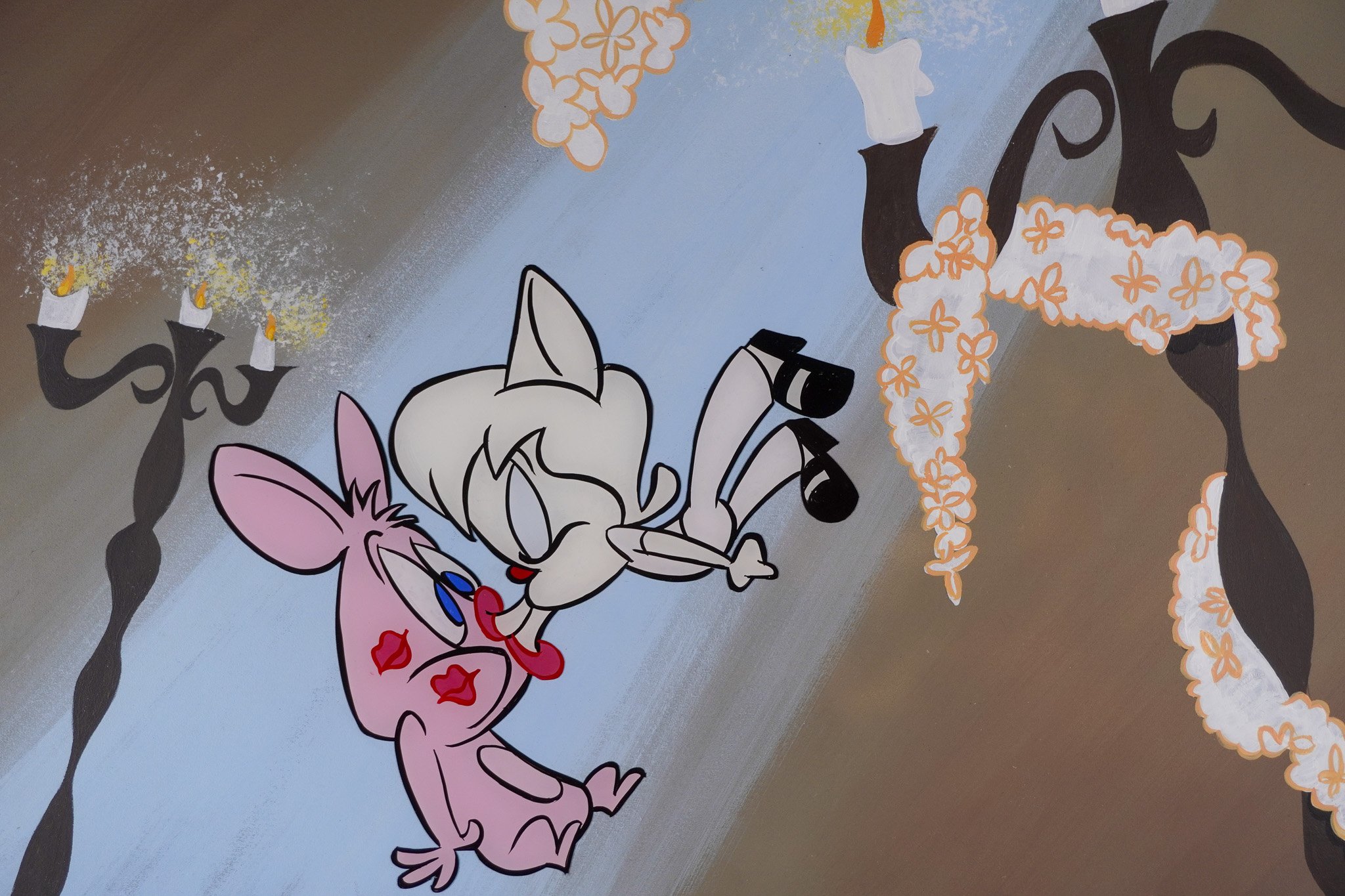
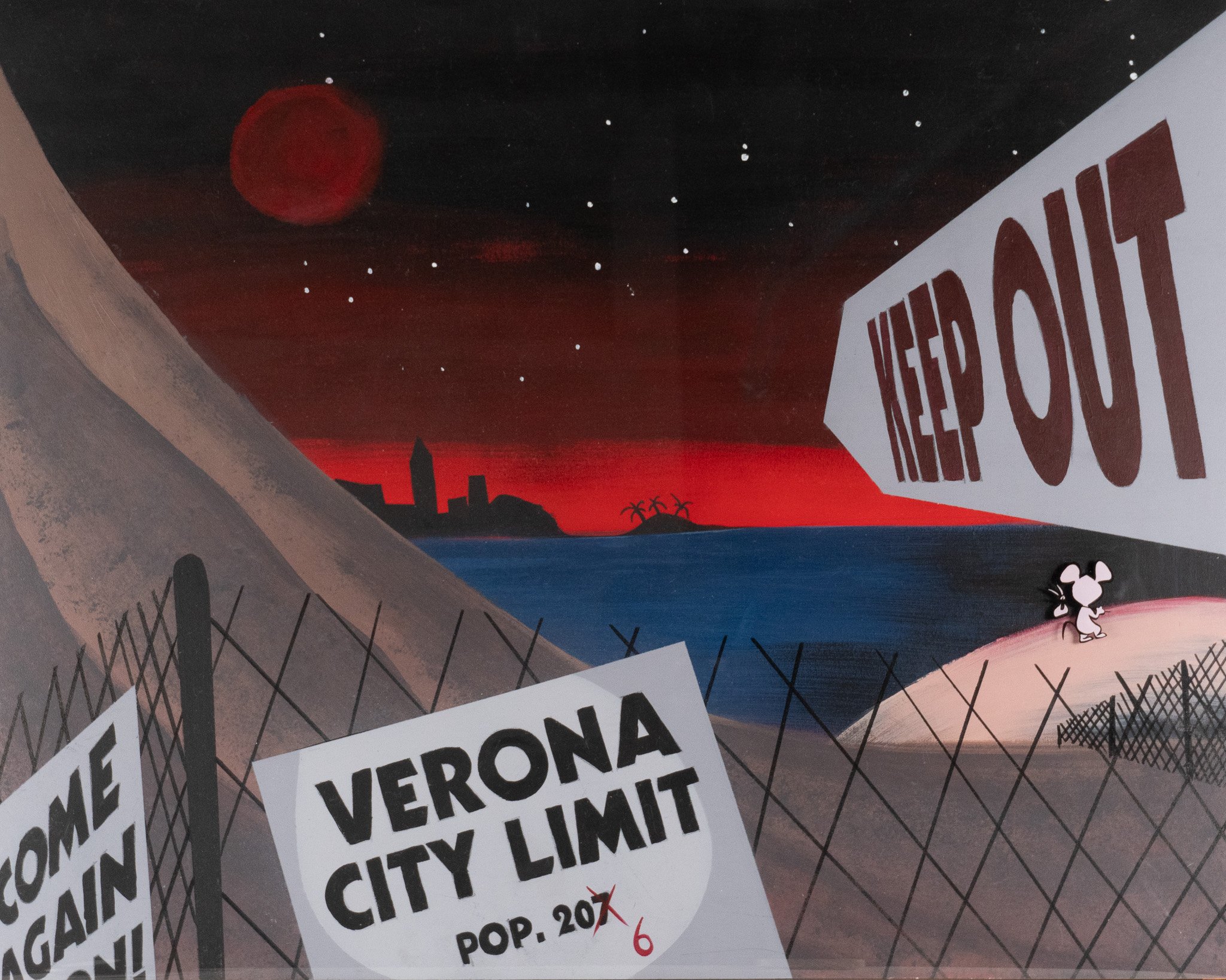
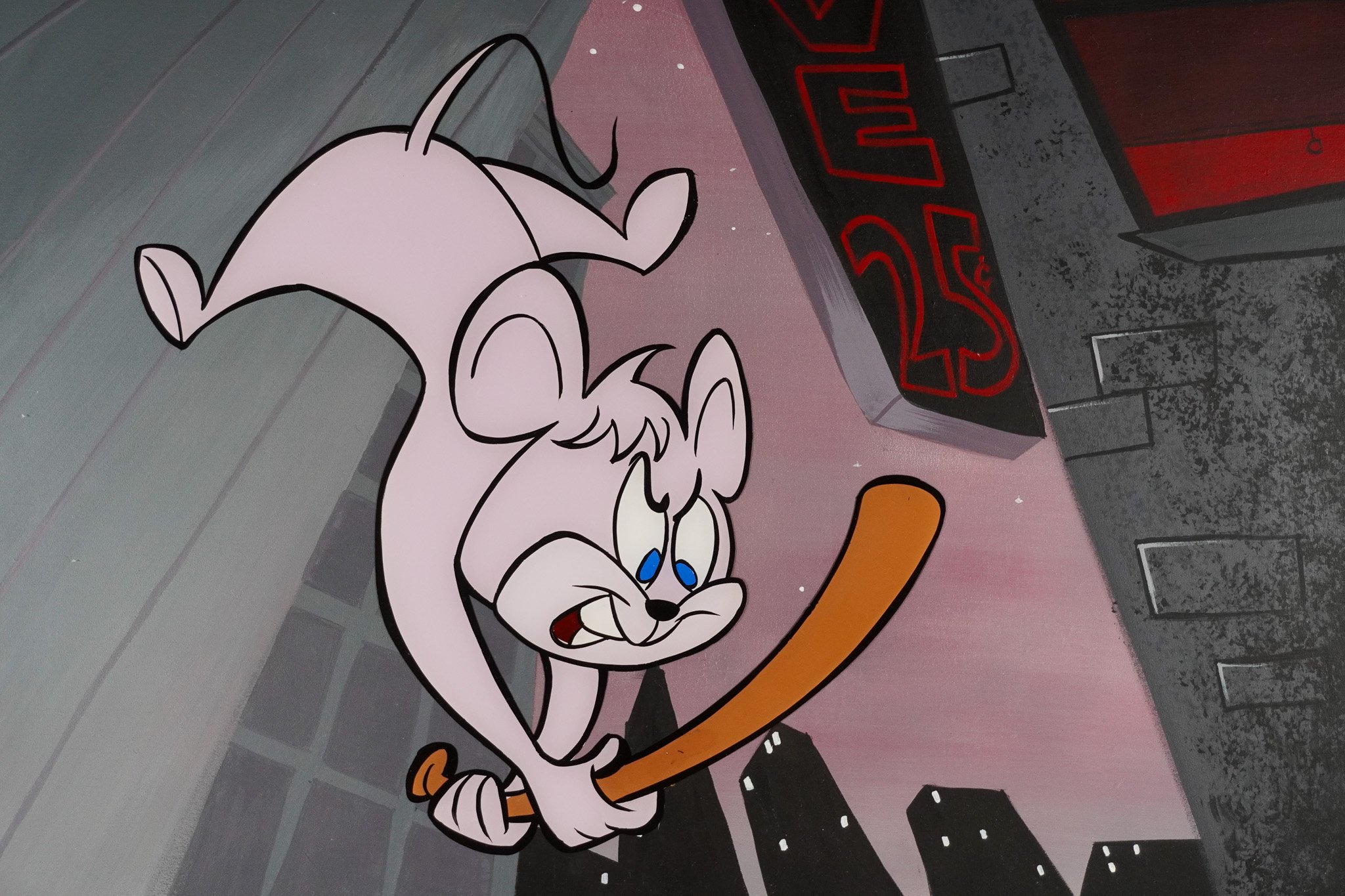
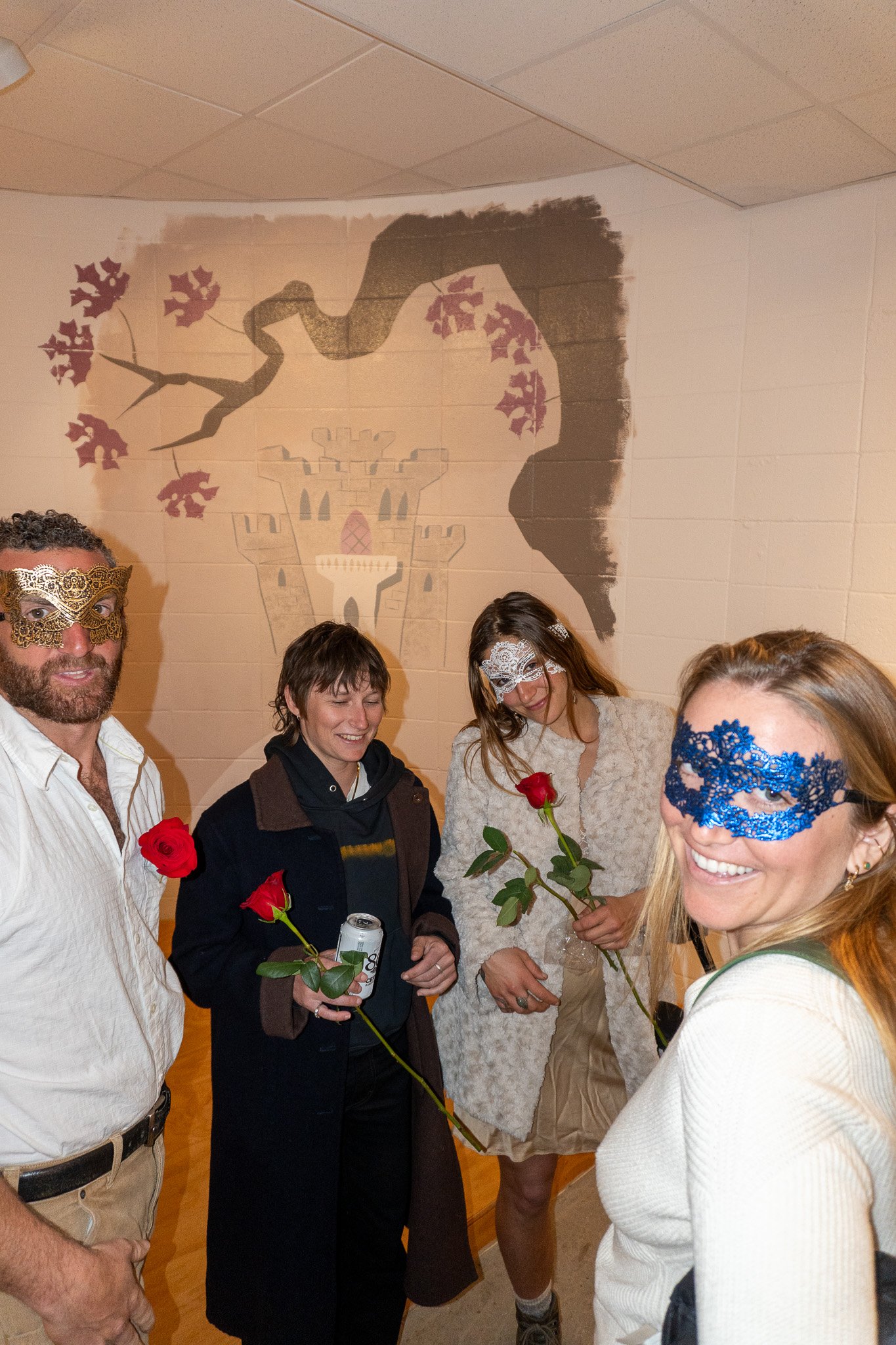
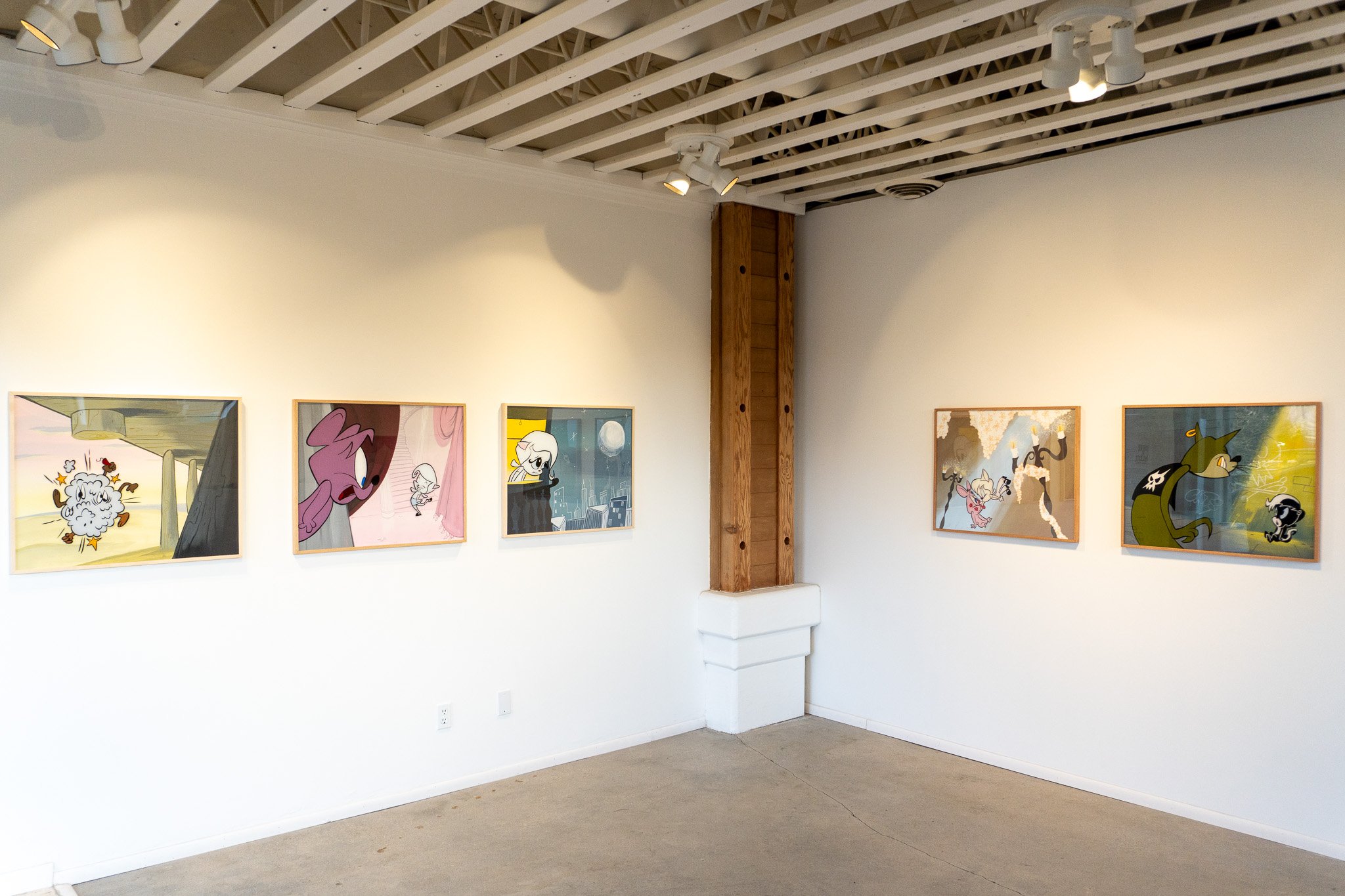
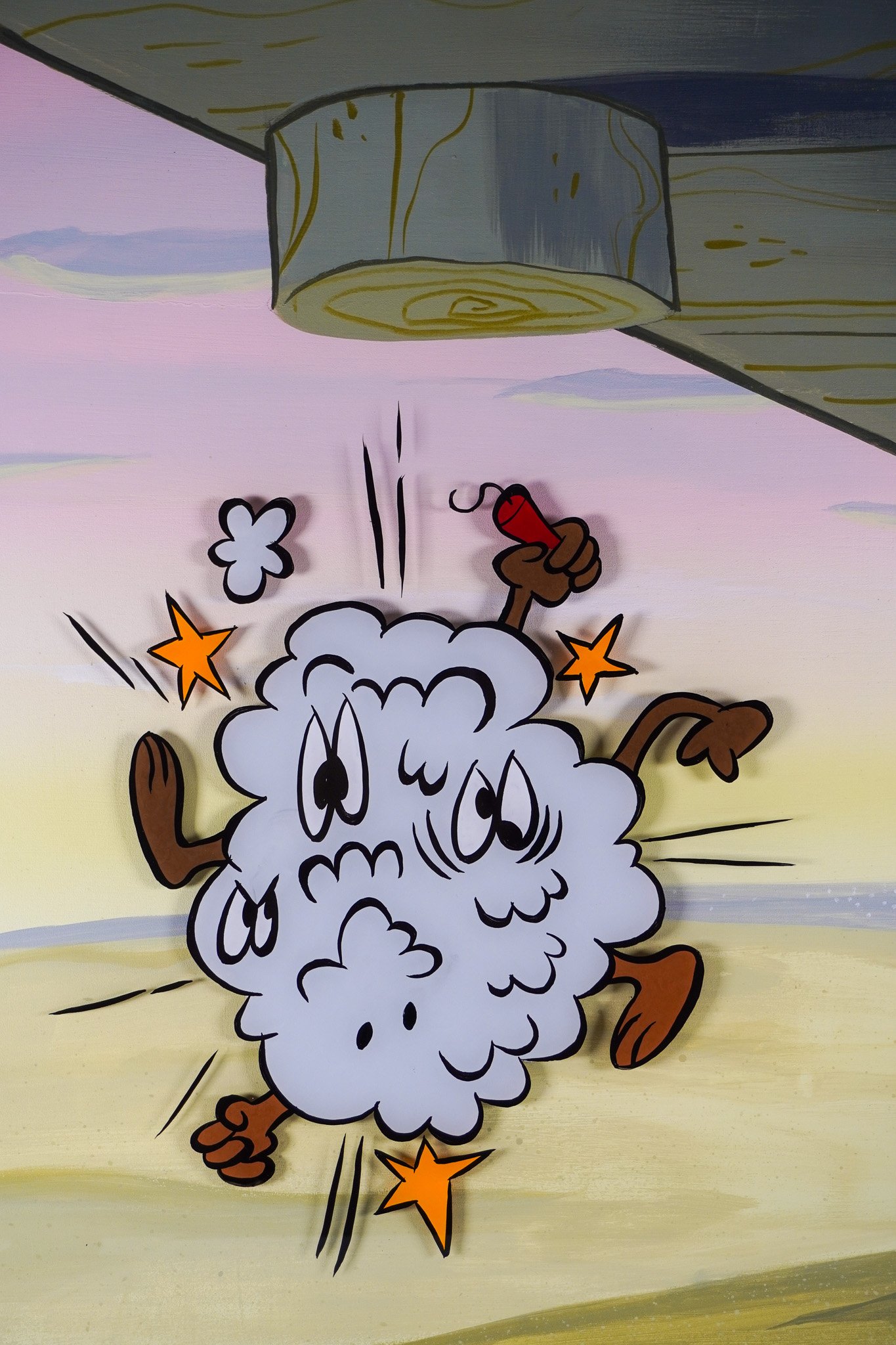
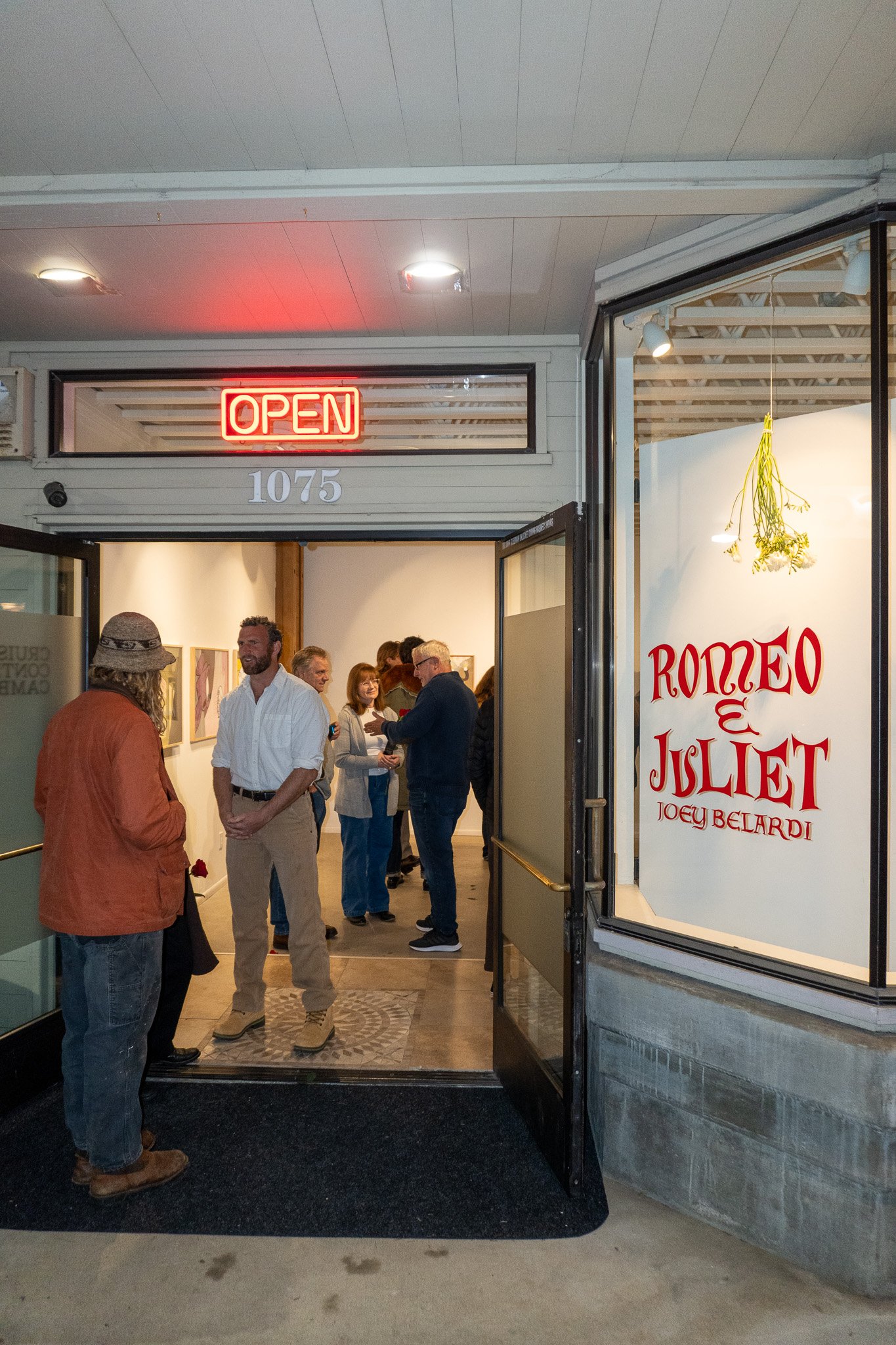
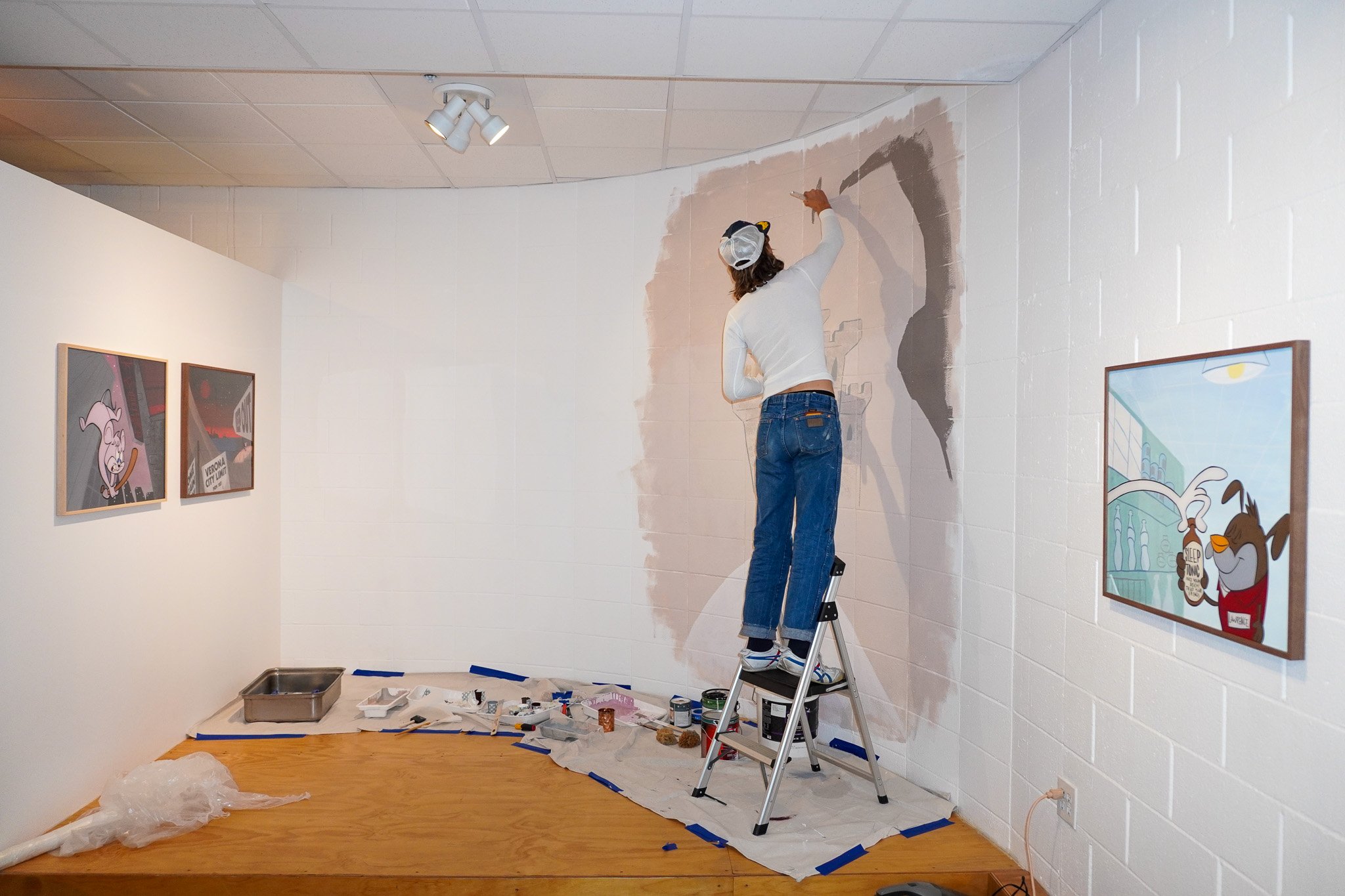
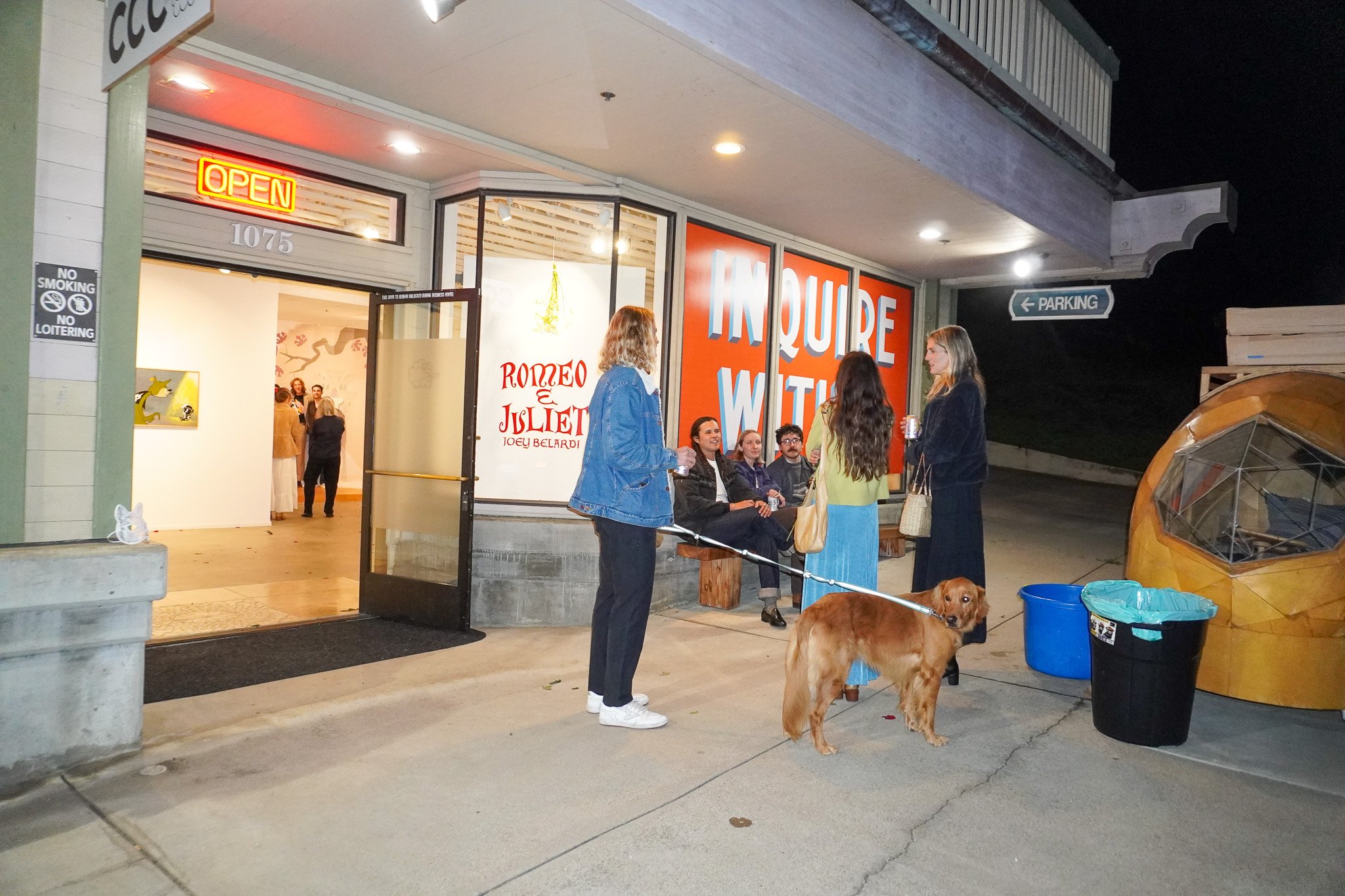
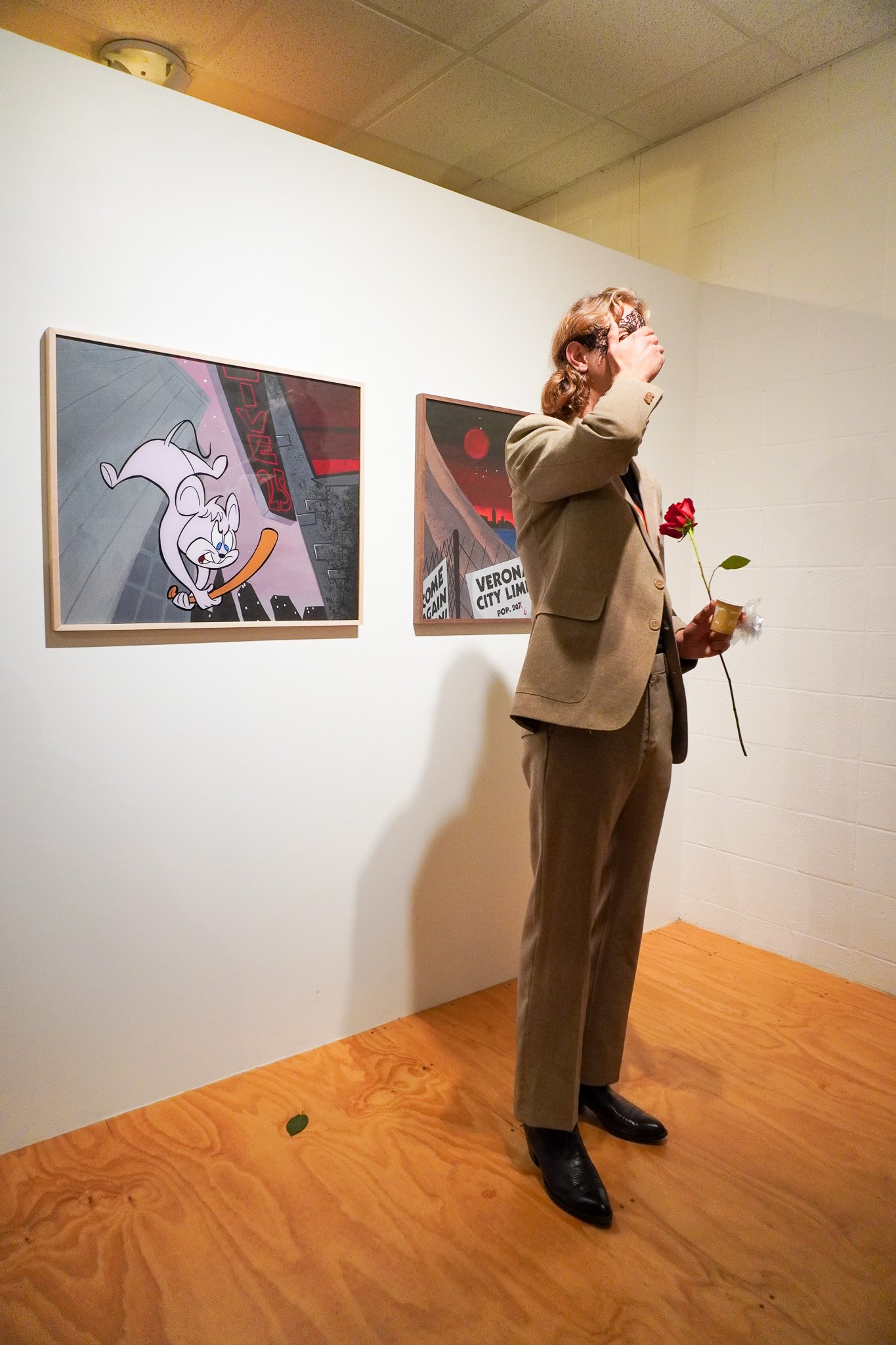
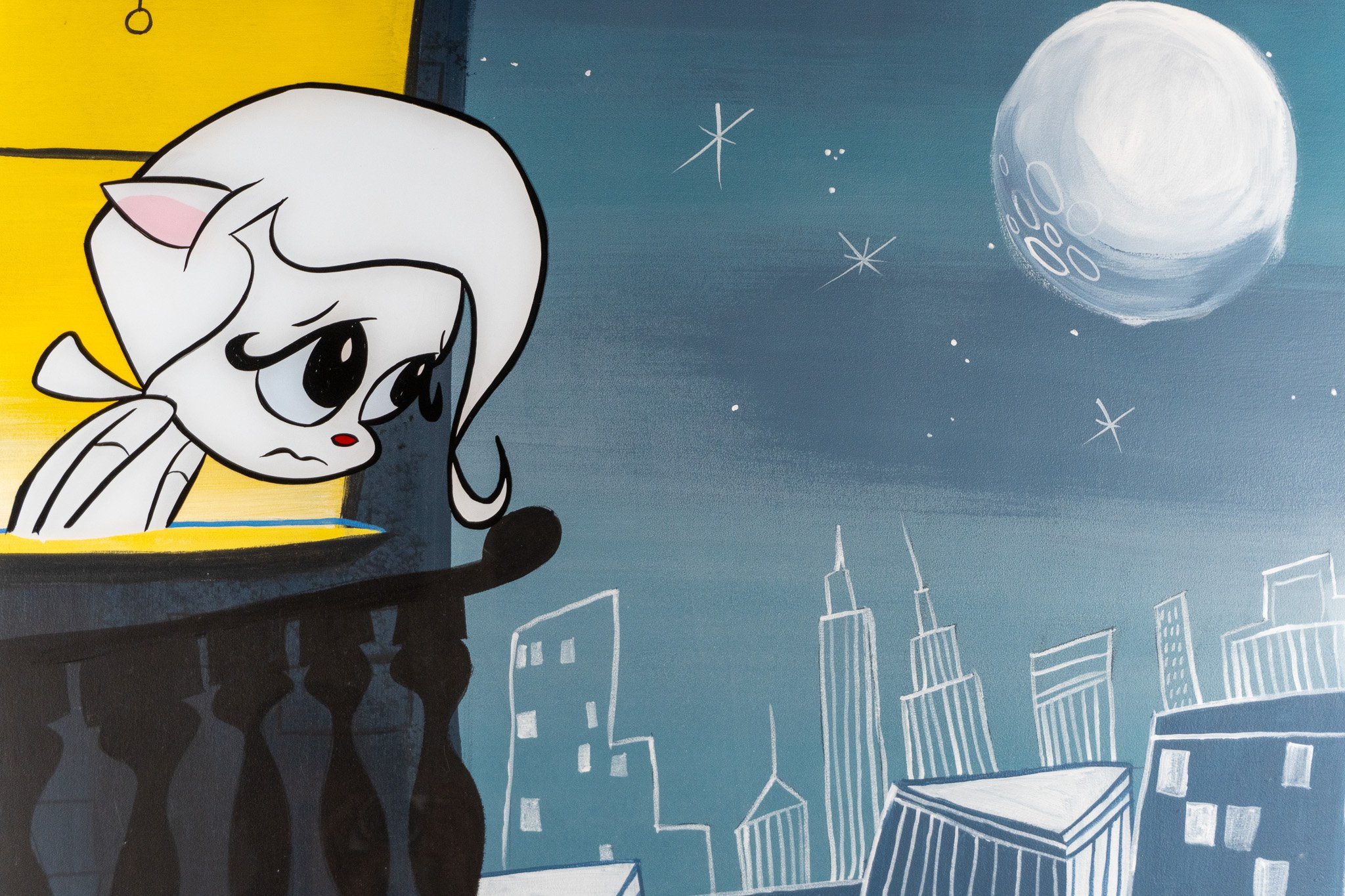
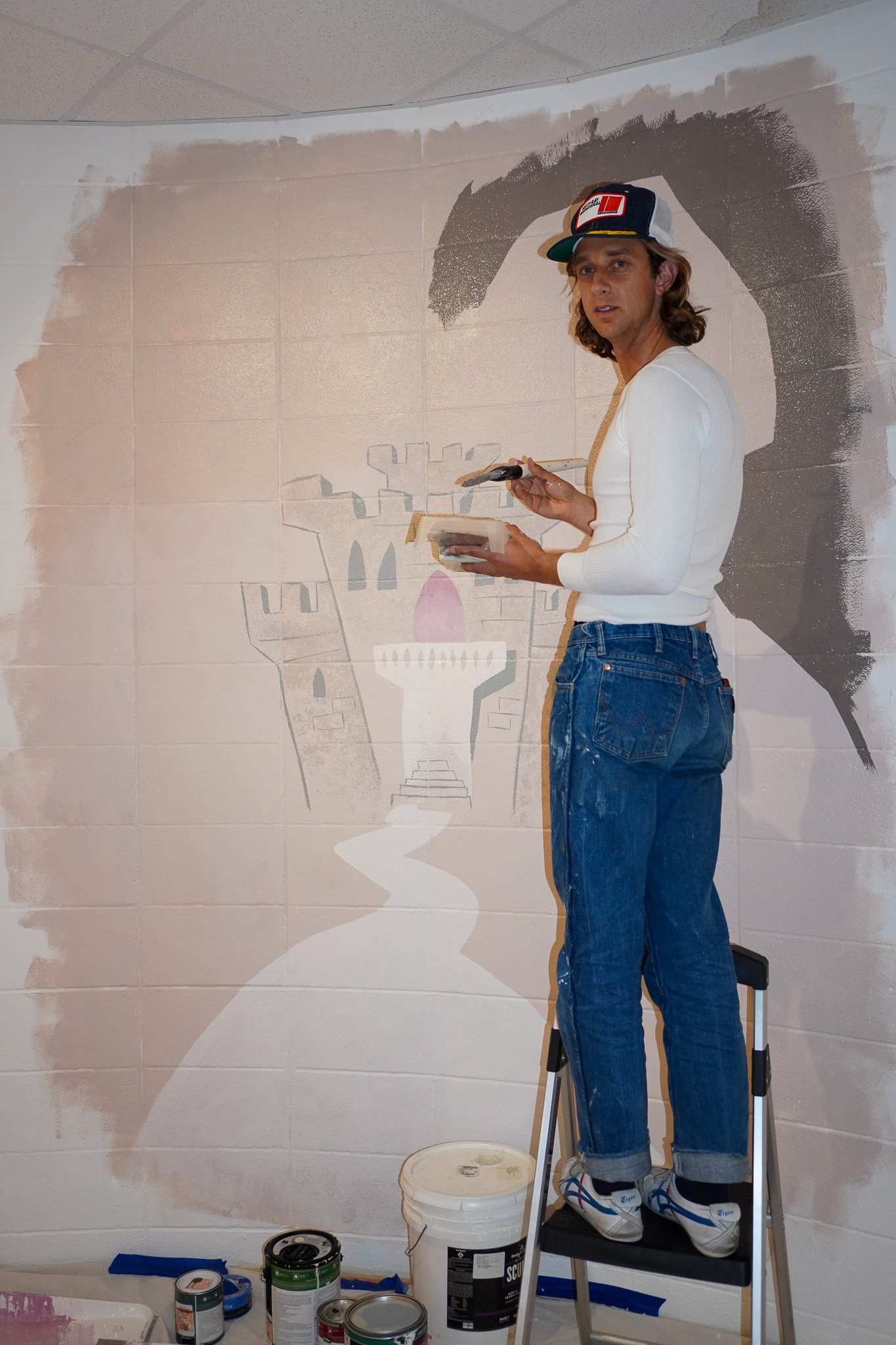
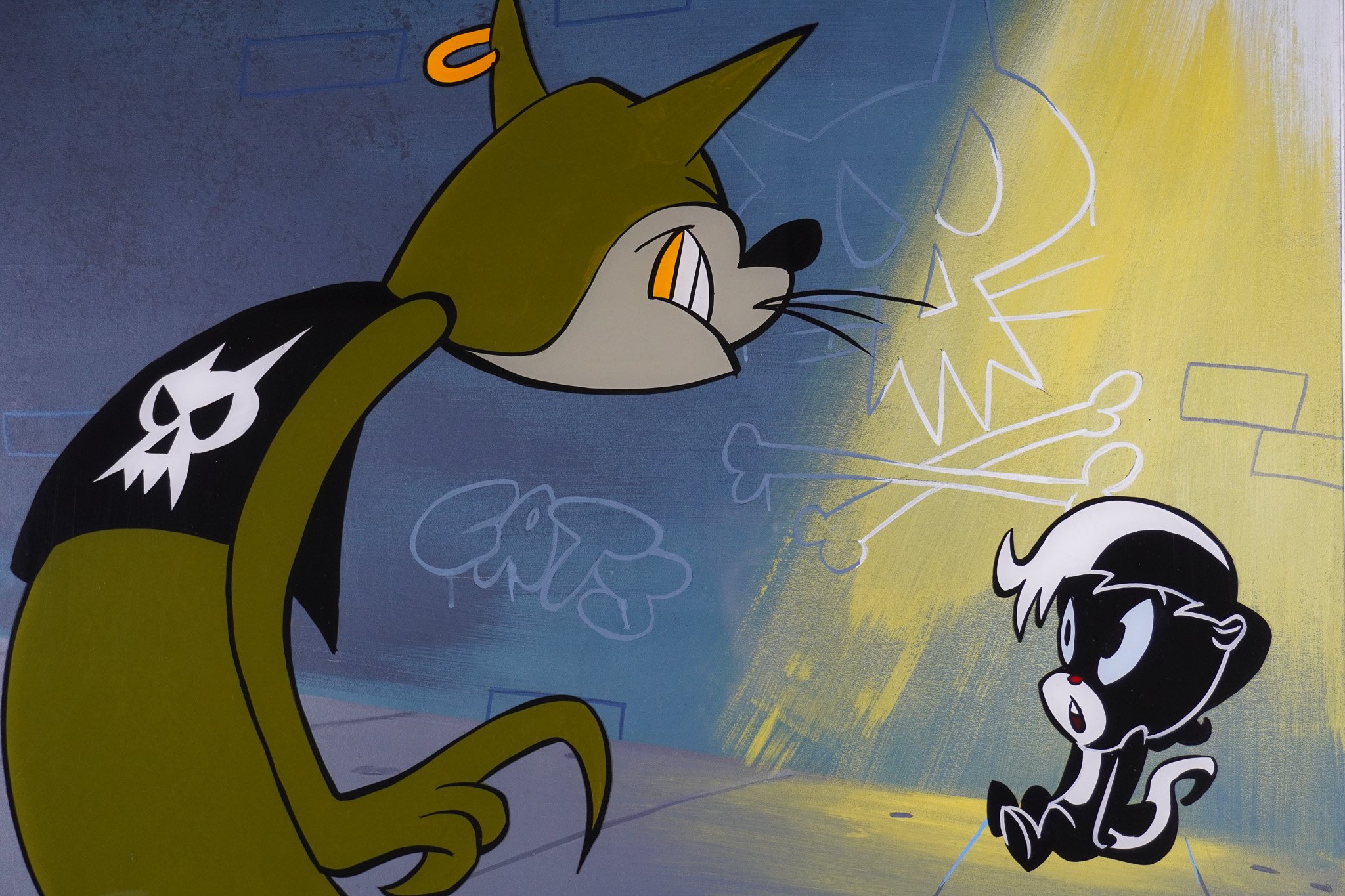
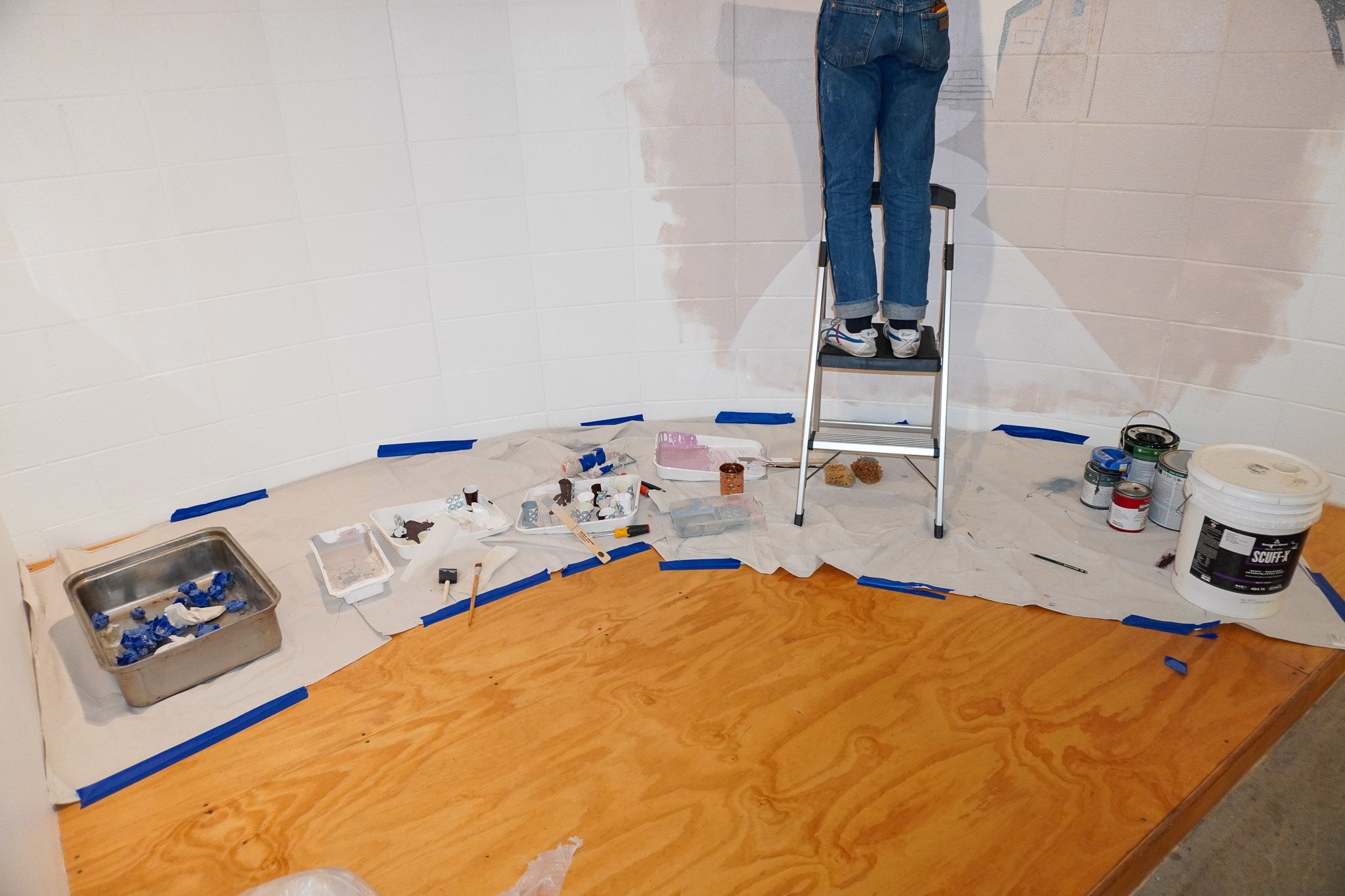

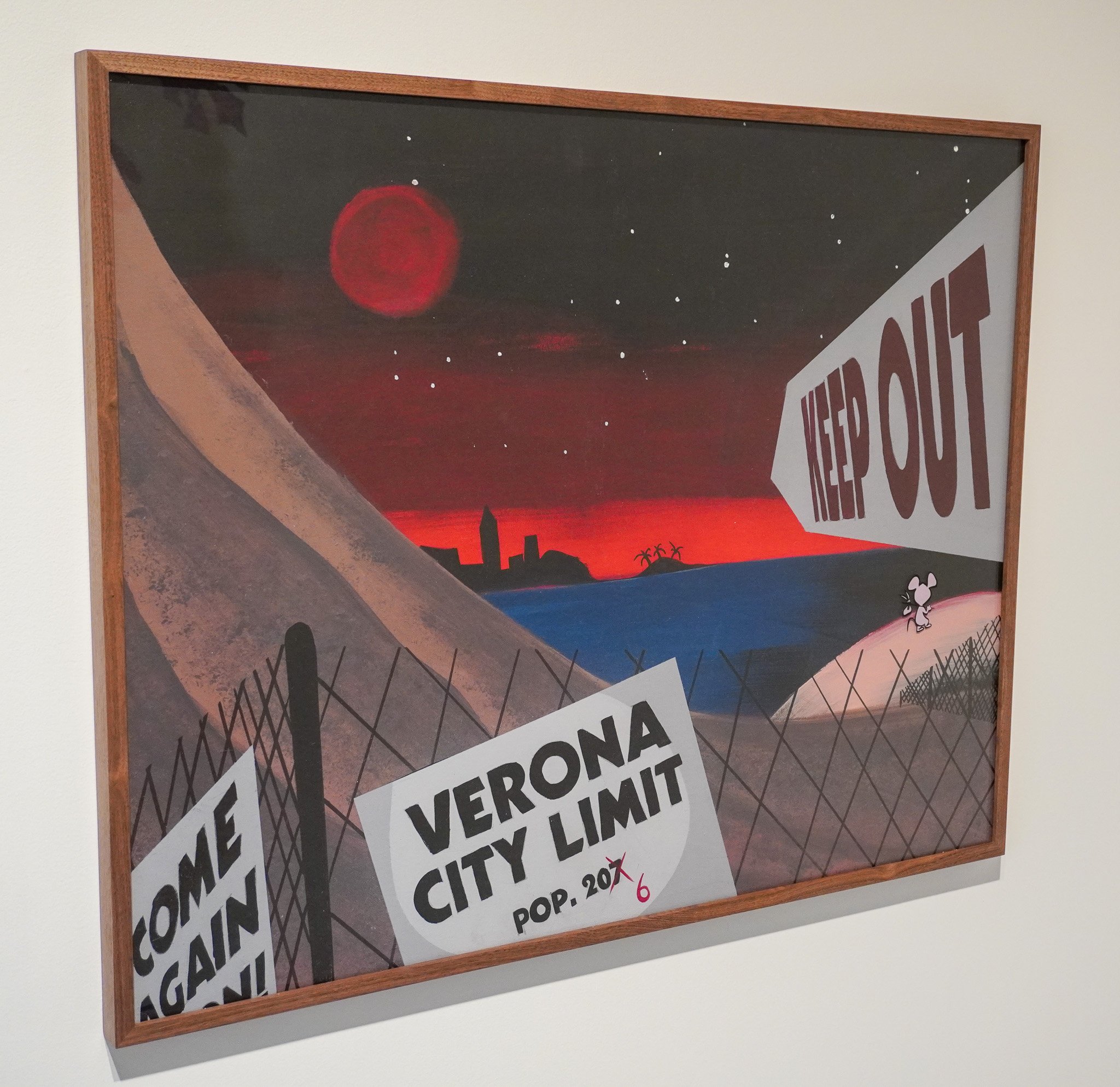
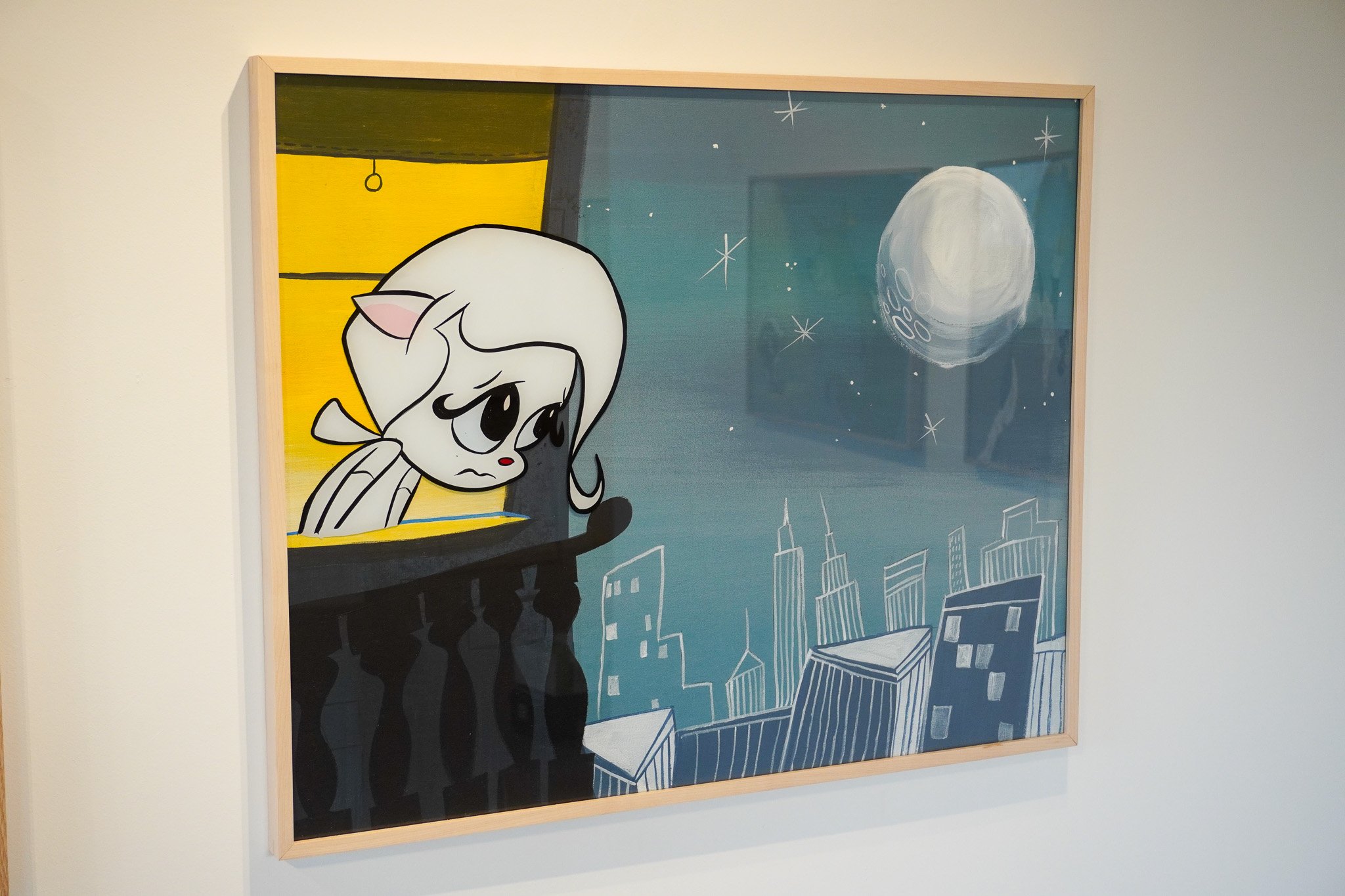
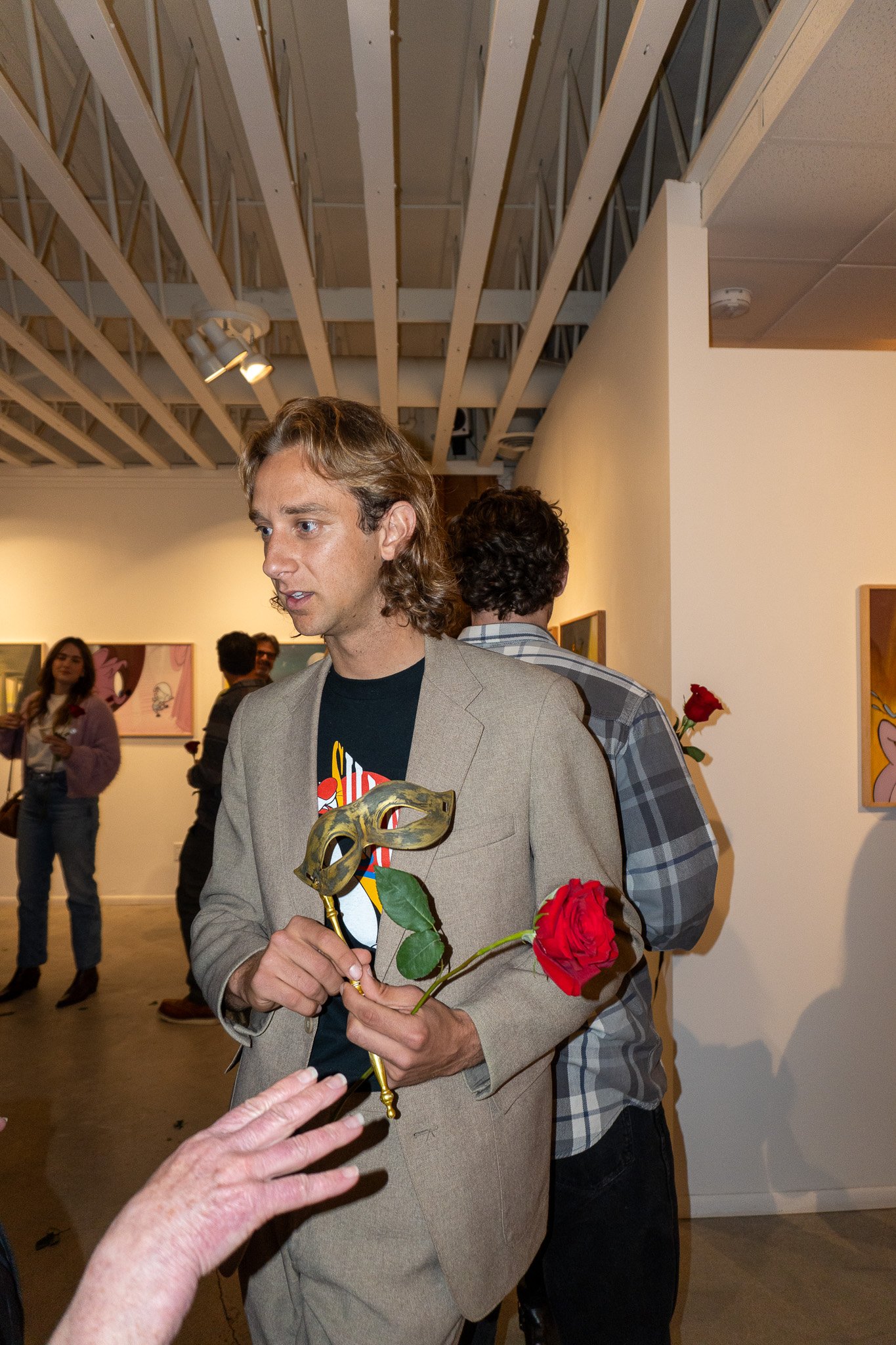

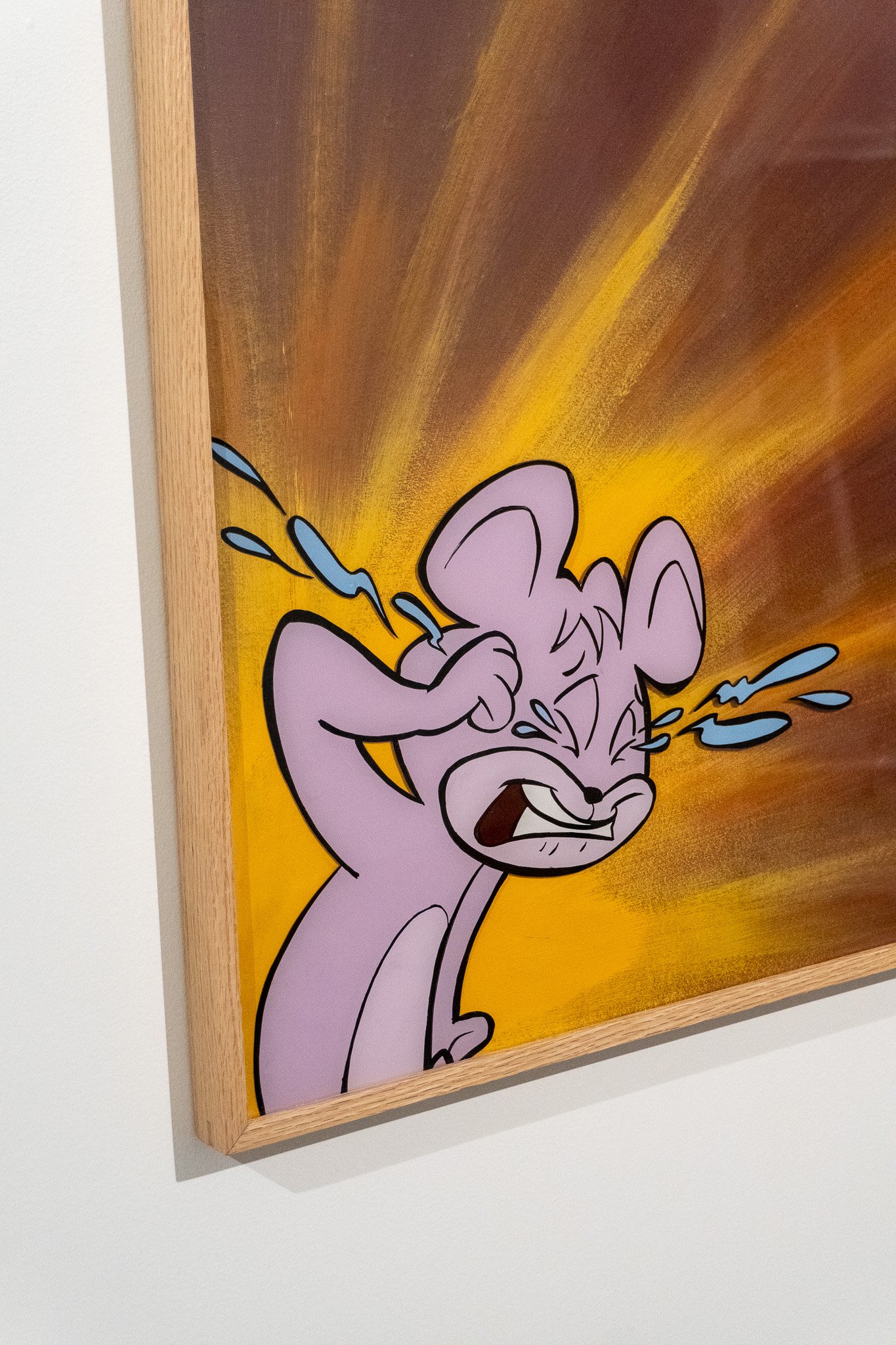
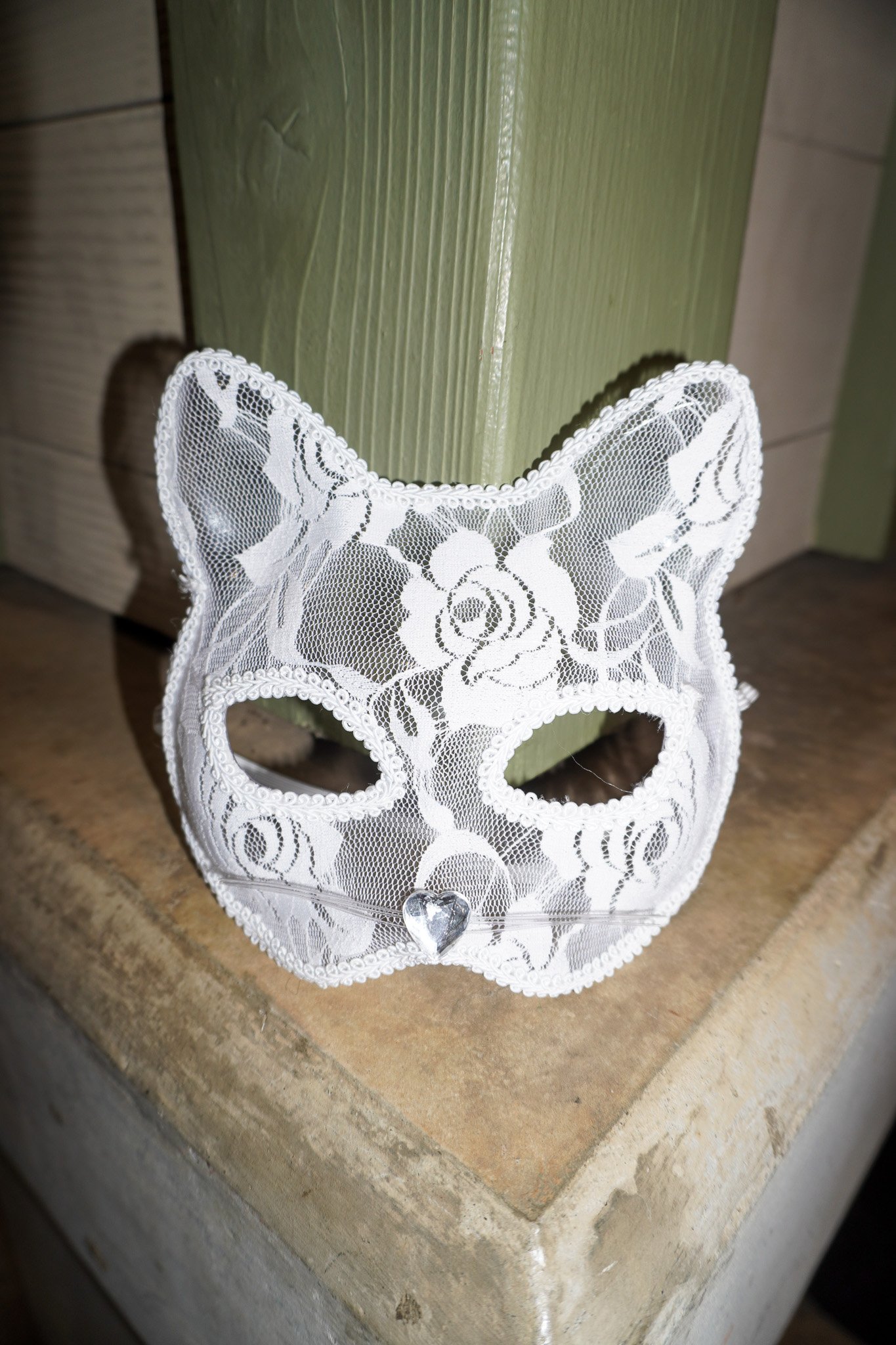
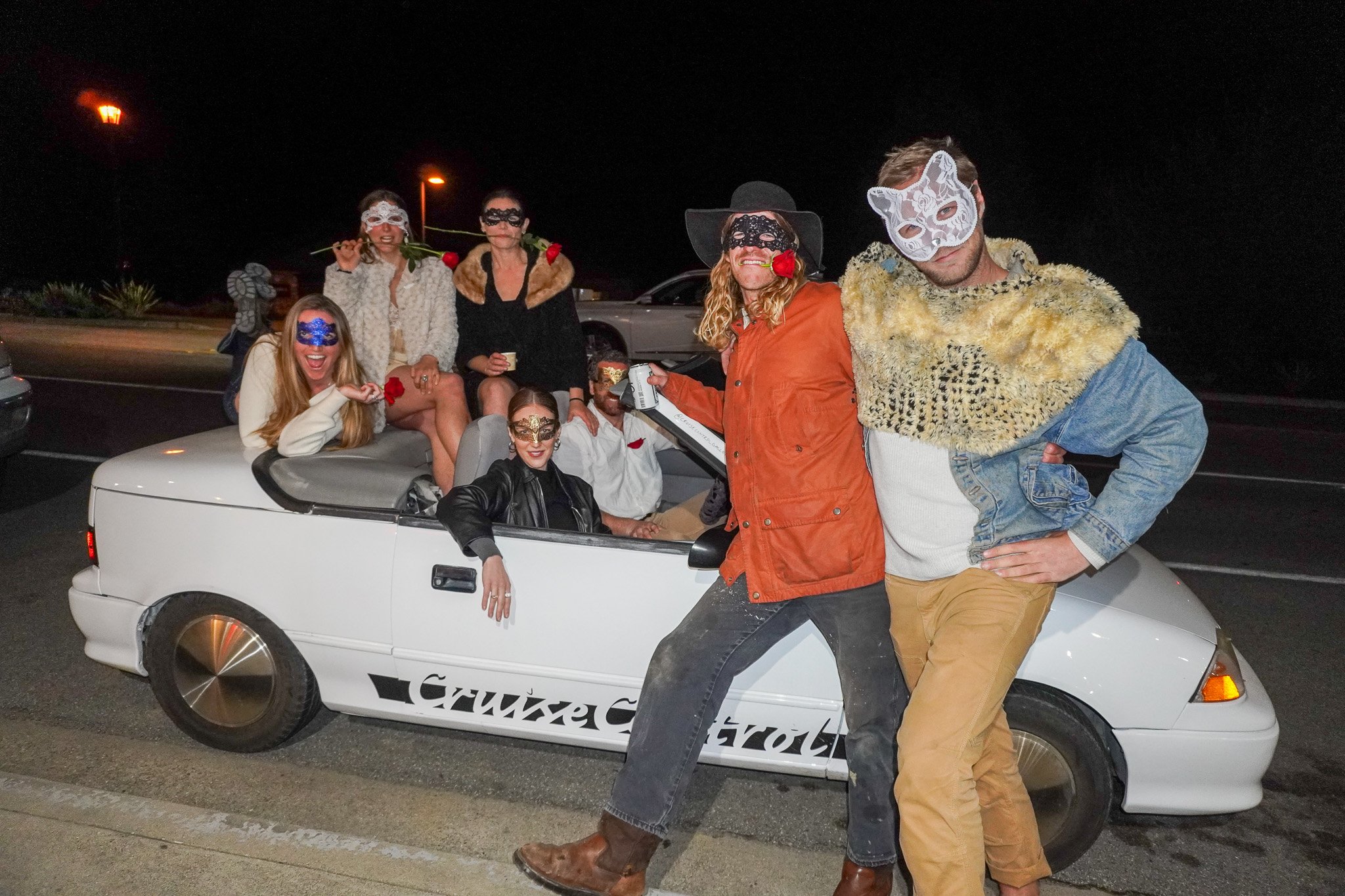
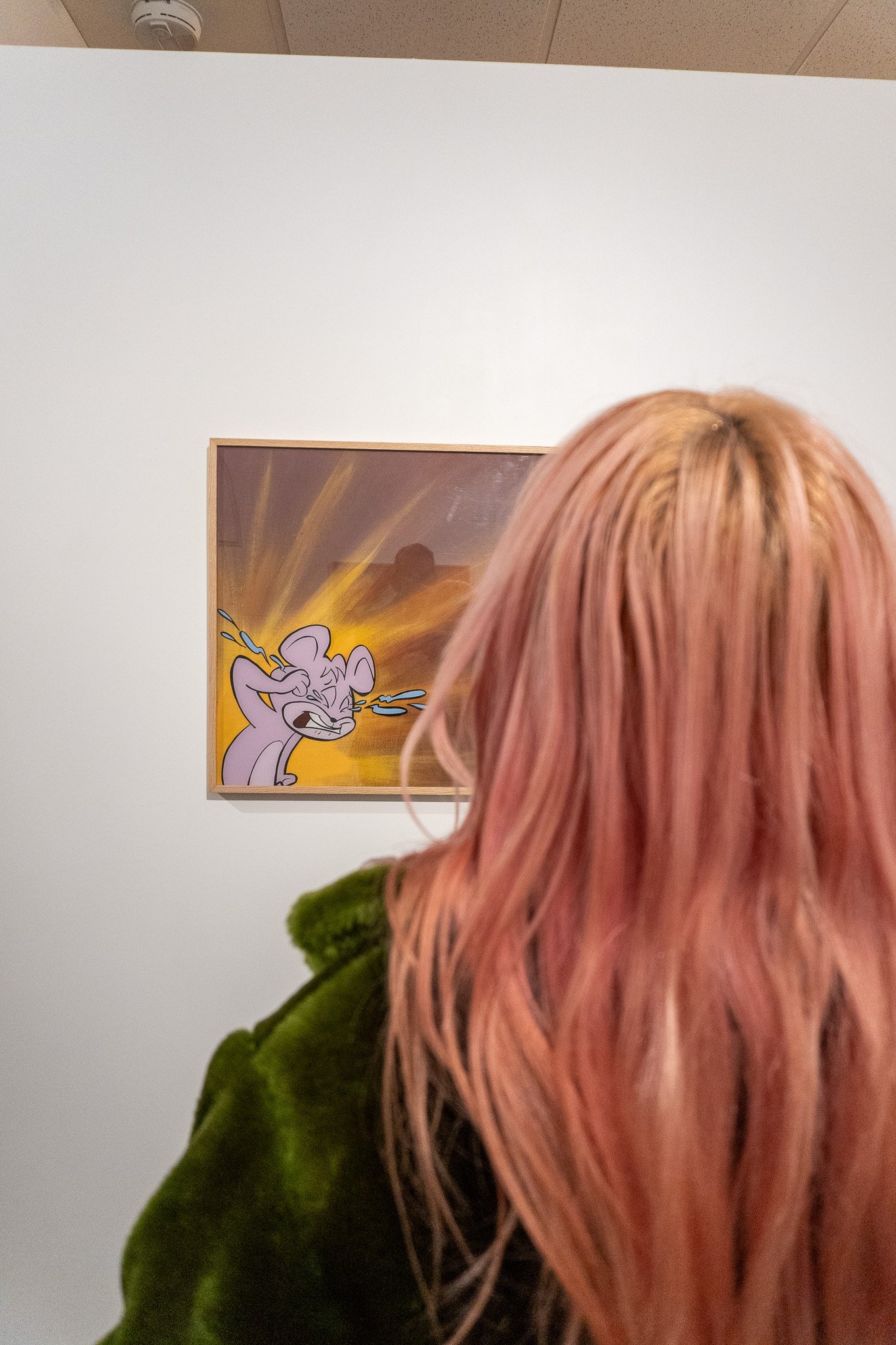

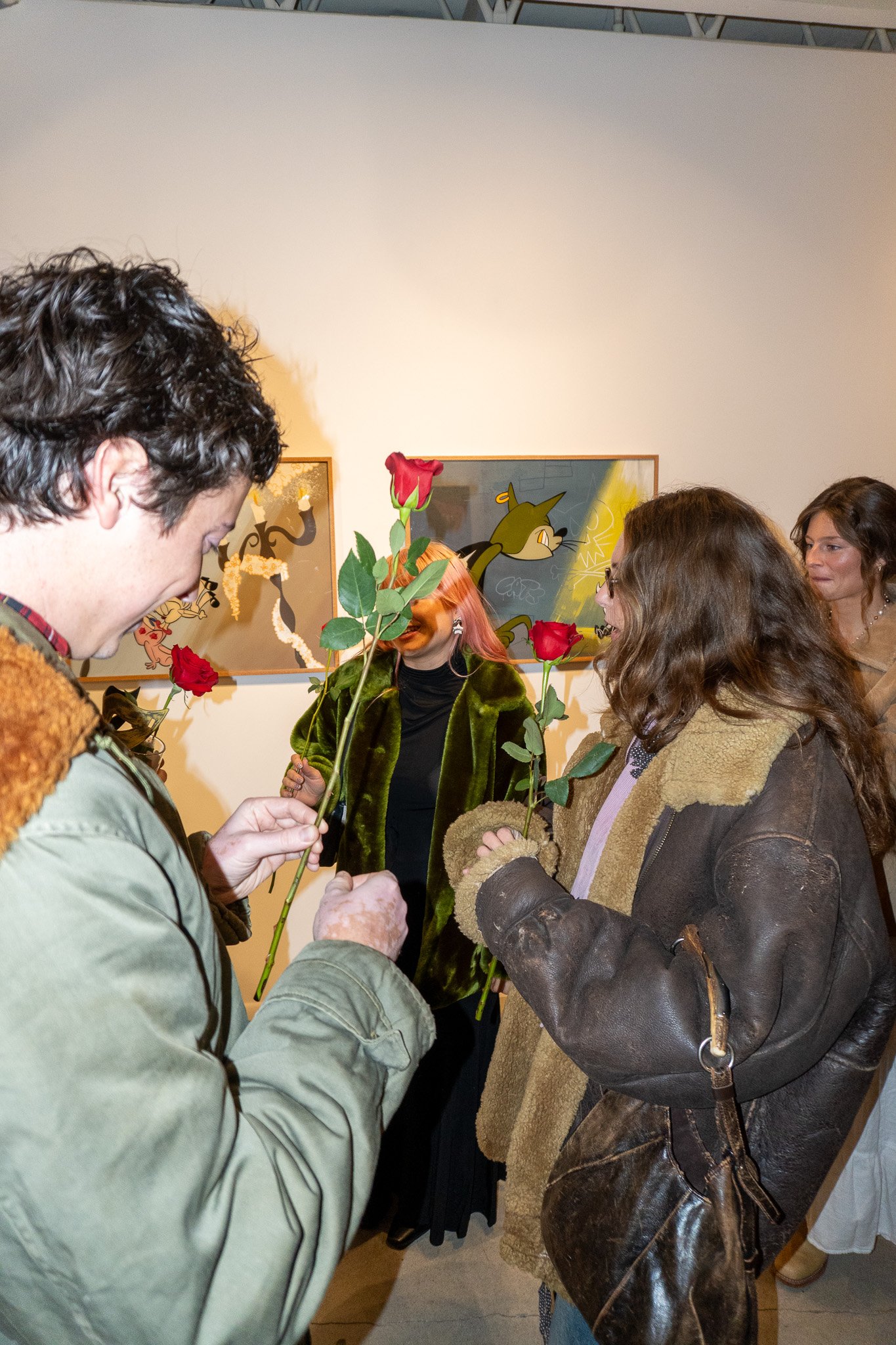



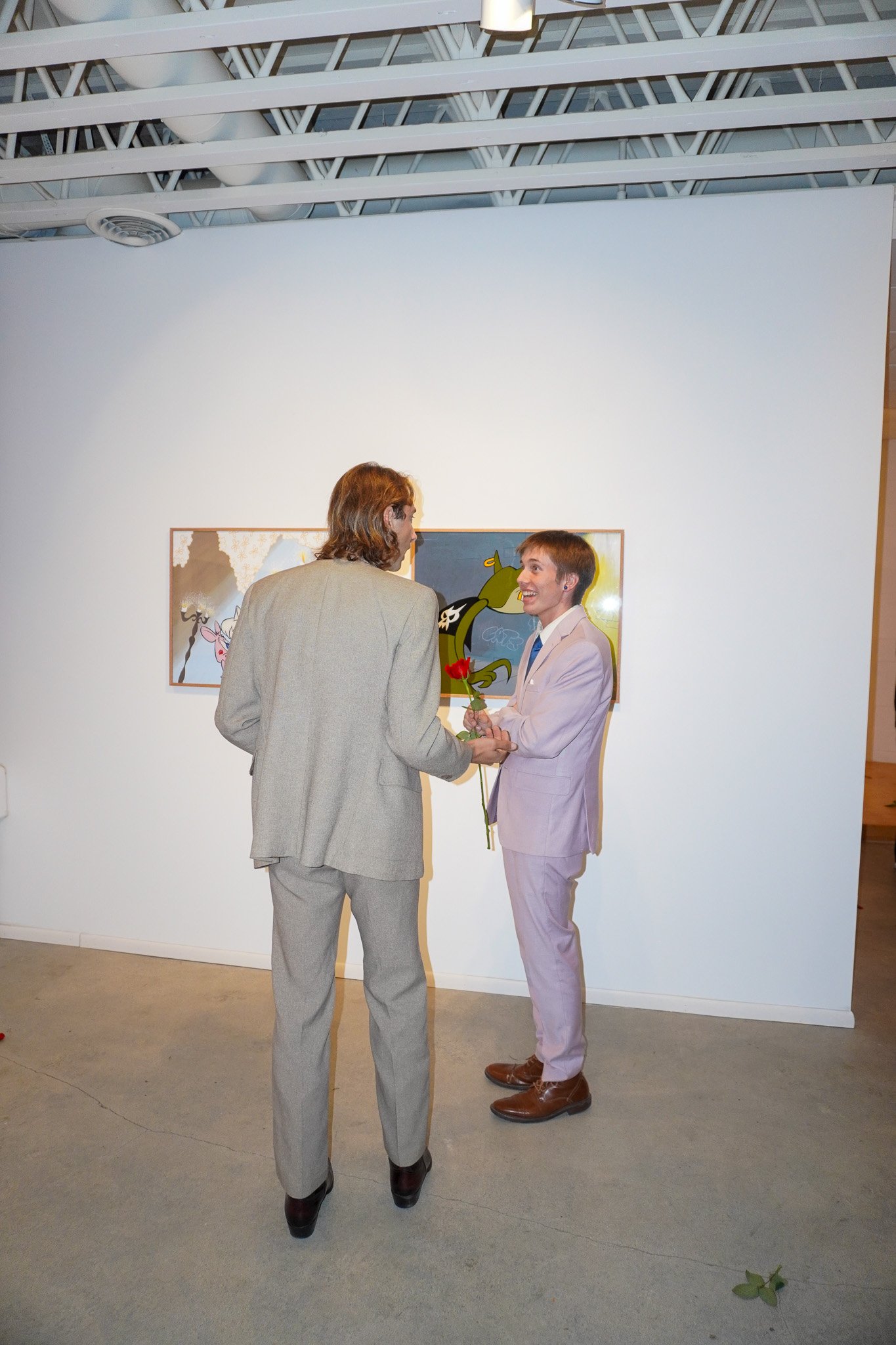
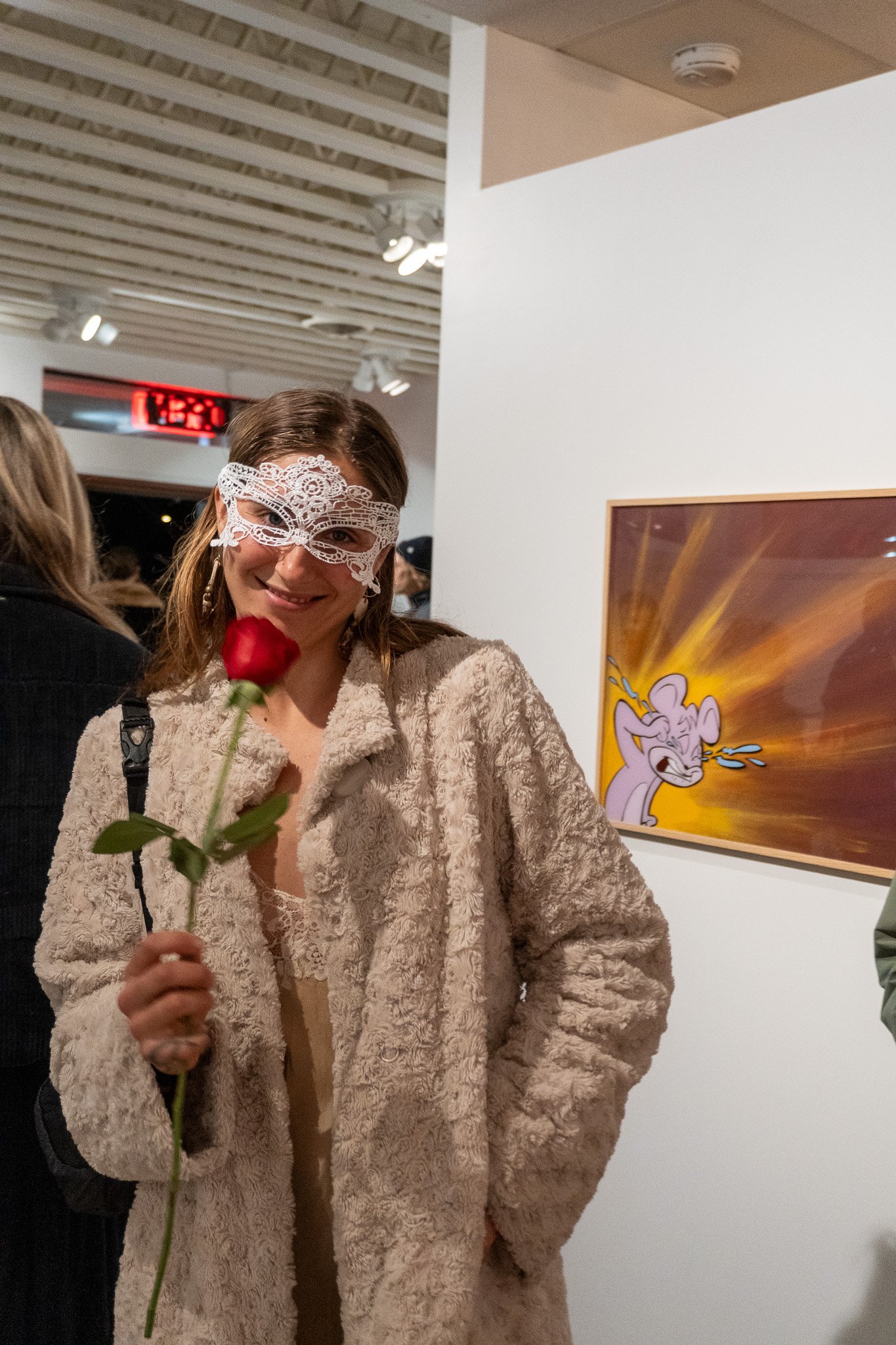
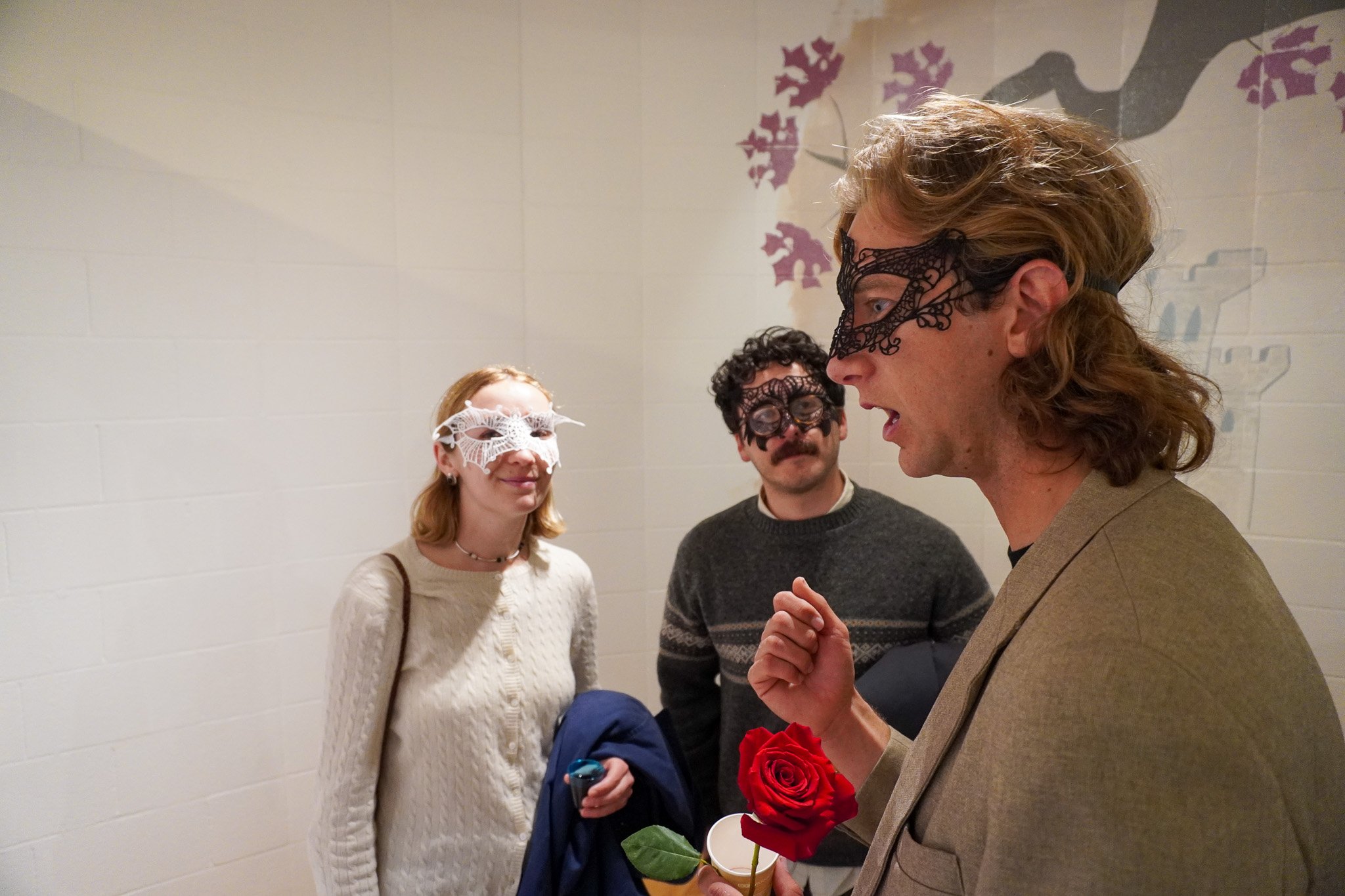
Cruise Control Contemporary (CCC) is delighted to showcase River, a debut solo exhibition of new work by Big Sur-based artist, Abigail Smith. While residing in a tiny mountain cabin, Smith’s new oil painting series depicts the region's freshwater streams. These eight small-scale works offer a unique intimacy, both for the creator and the viewer. The scale compels an intentional proximity, drawing the viewer in to engage closely with the details and textures of the surface. This closeness fosters a sense of contemplation and encourages a slower, more deliberate pace of intake. Each brushstroke carries weight, every compositional choice becomes essential, and every inch of the painting is imbued with significance.
Her painting approach is meticulously focused, layering color, line, and texture within a confined space. The constraints of scale challenge her to distill her ideas to their essence, creating works that are at once delicate and powerful. Smith hopes that viewers can feel the care and tenderness embedded in each piece, as she strives to create visual experiences that resonate emotionally.
Smith believes that small paintings hold a profound and quiet strength. Smith vividly recalled encountering a Frida Kahlo painting, no larger than 8 x 10 inches, and being struck by its ability to command attention and evoke such an overwhelming emotional response. That experience reaffirmed her belief that scale does not limit significance. Through her work, she aims to create moments of connection—offering viewers a chance to pause, reflect, and experience the power of intimacy in art.
Abigail Smith is a painter and multidisciplinary artist originally from Templeton, CA. She now resides in a tiny mountain cabin in Big Sur, CA, balancing her time as an artist, gardener, and shop worker. Creating art since childhood, Smith uses painting, drawing, ceramics, and writing to connect with the world around her. Her work explores the quiet beauty of relationships, nature, and simple objects, imbuing them with a nonlinear sensibility. Inspired by her surroundings, she aims to create pieces that invite viewers to pause, reflect, and connect with the intangible aspects of being human. She aims to make paintings that feel like poems—intimate, tender, and evocative. Smith holds a Bachelor of Fine Arts from the School of the Art Institute of Chicago.

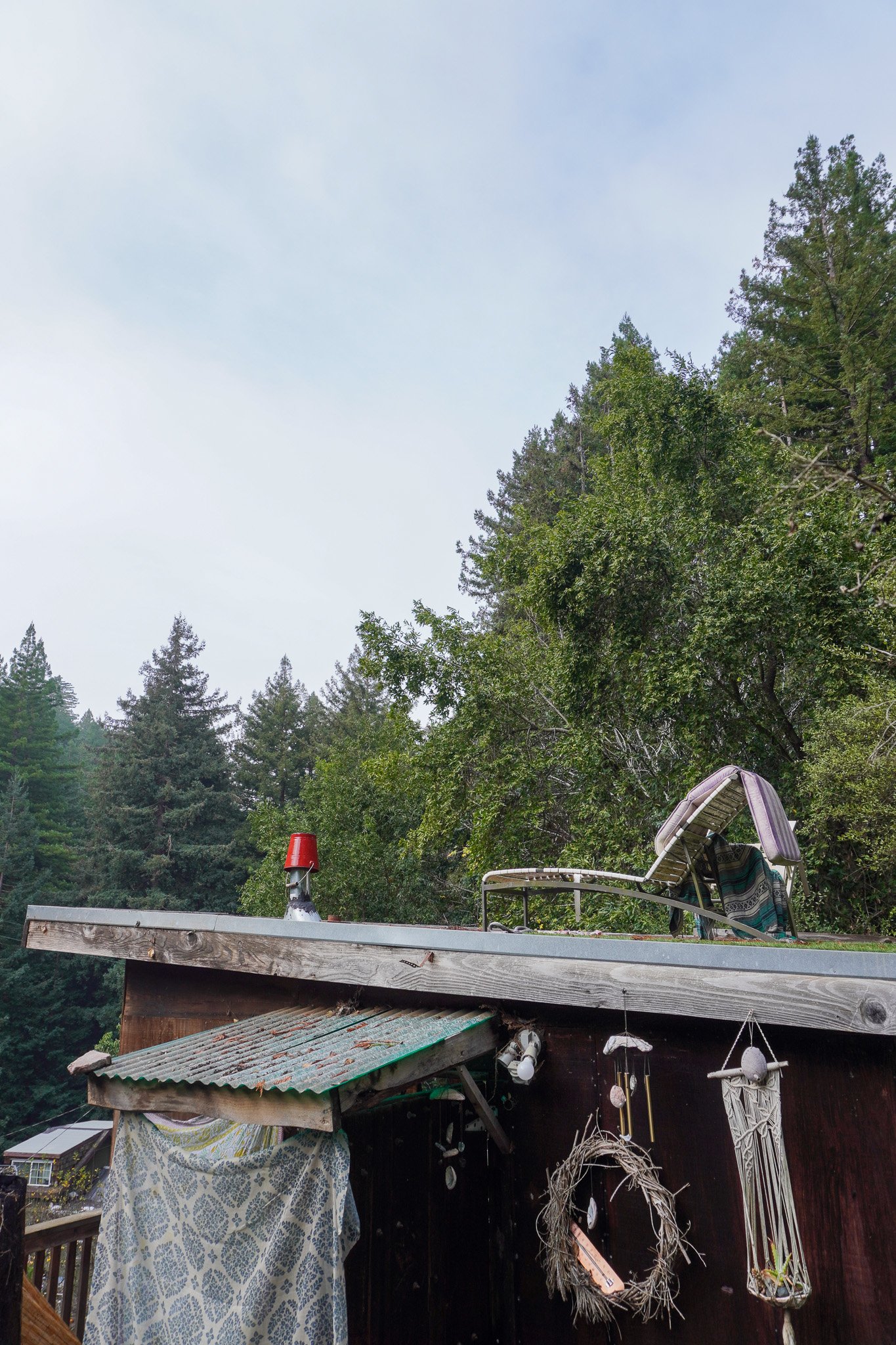
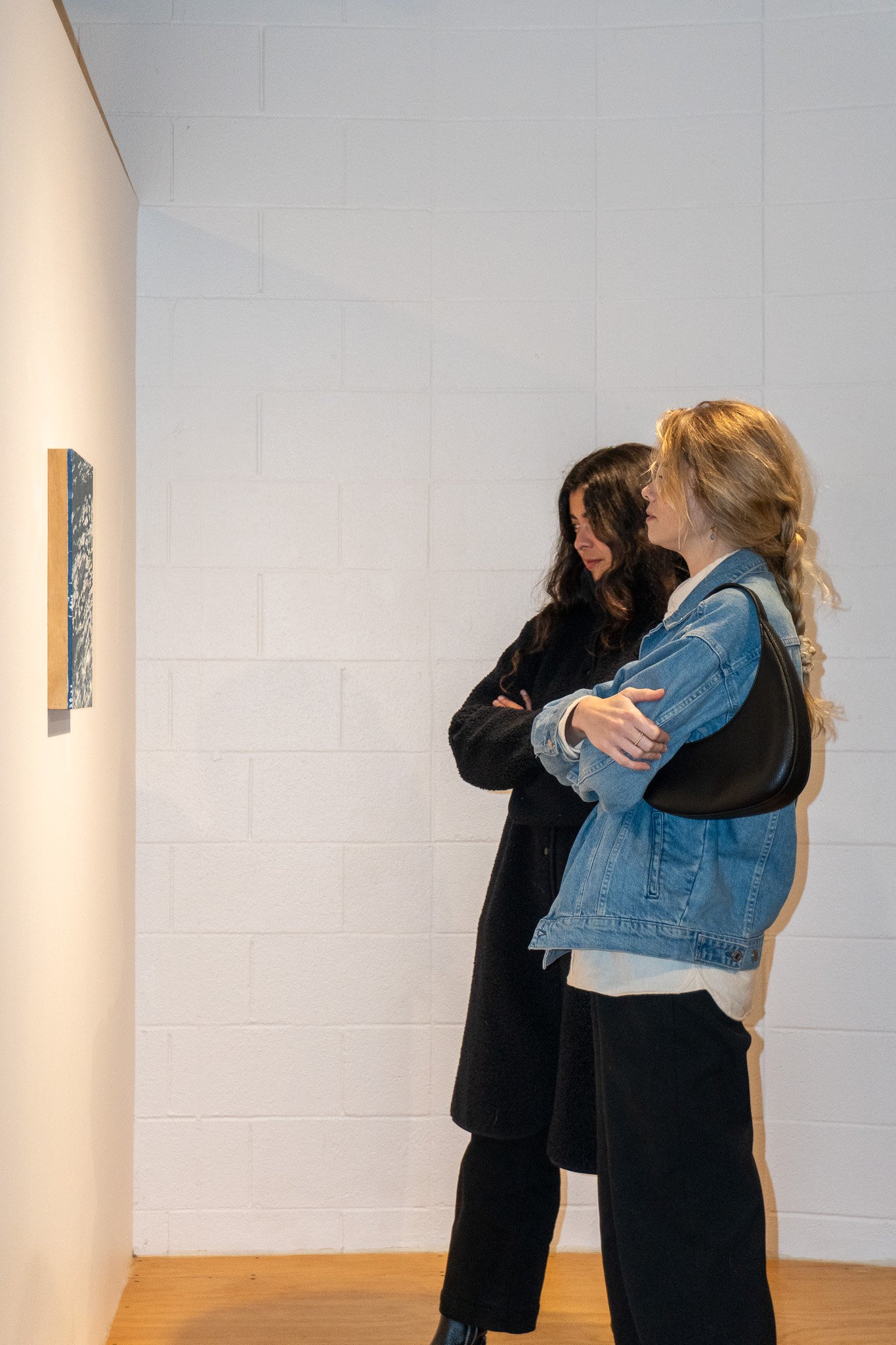
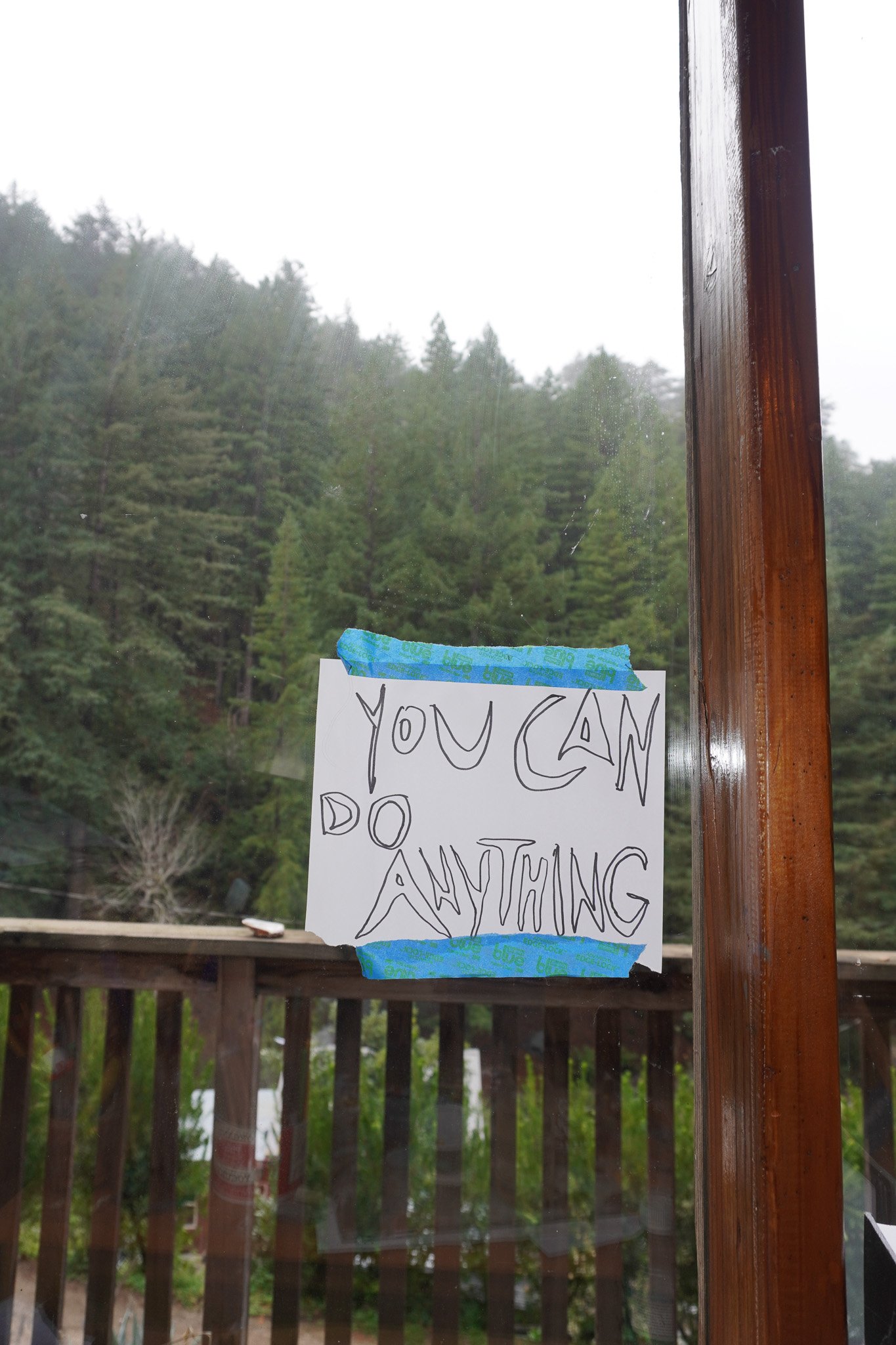
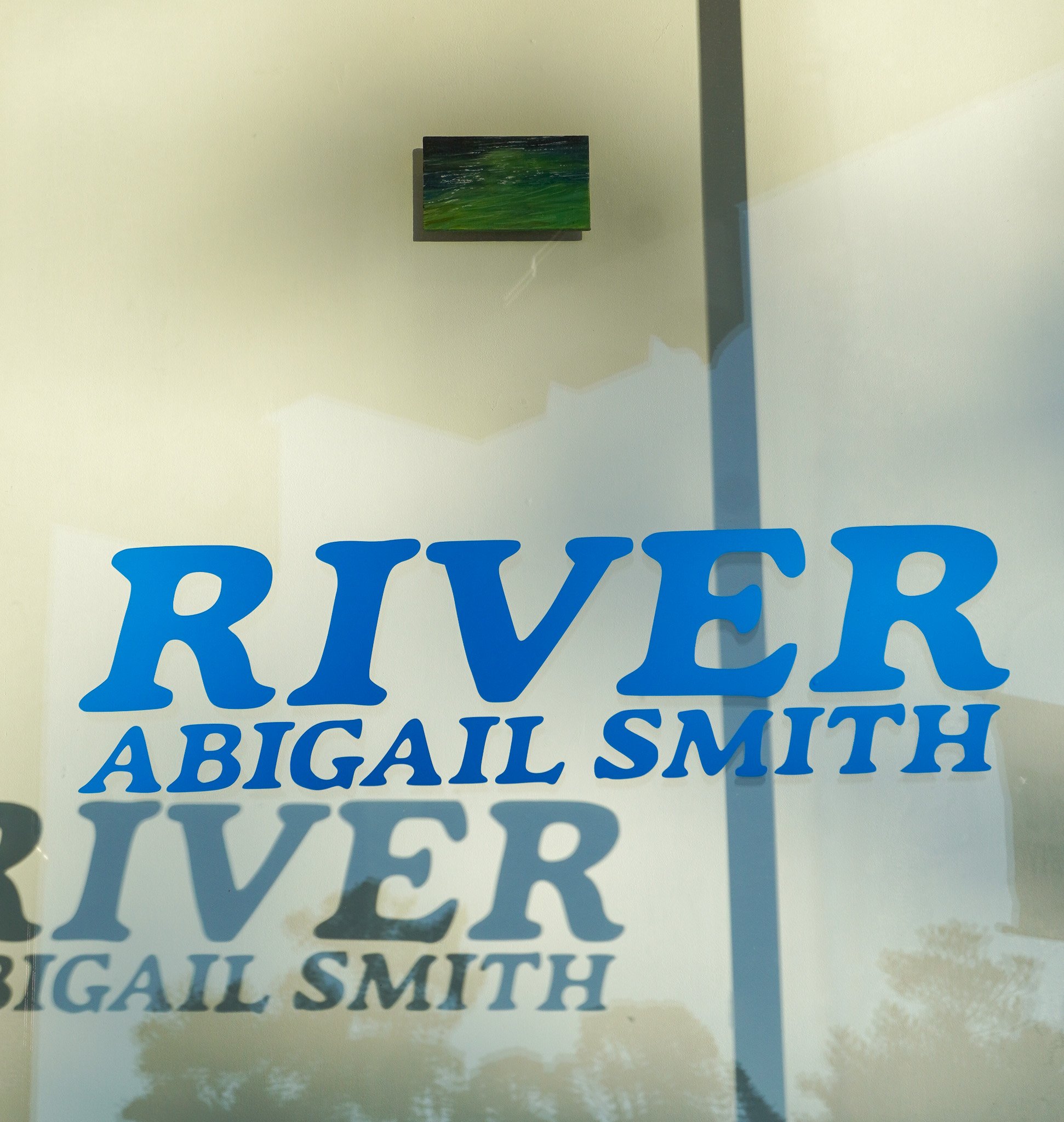
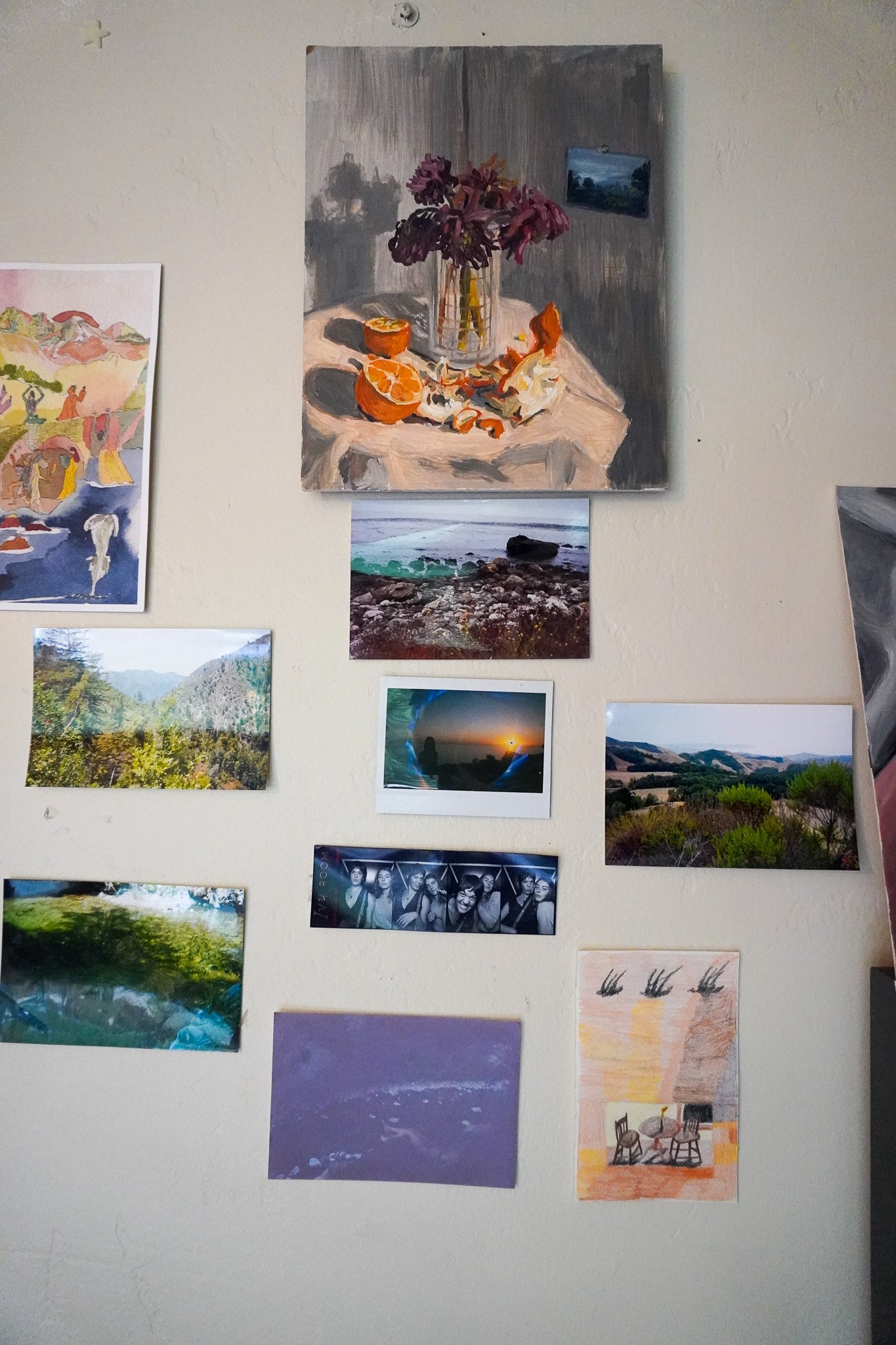
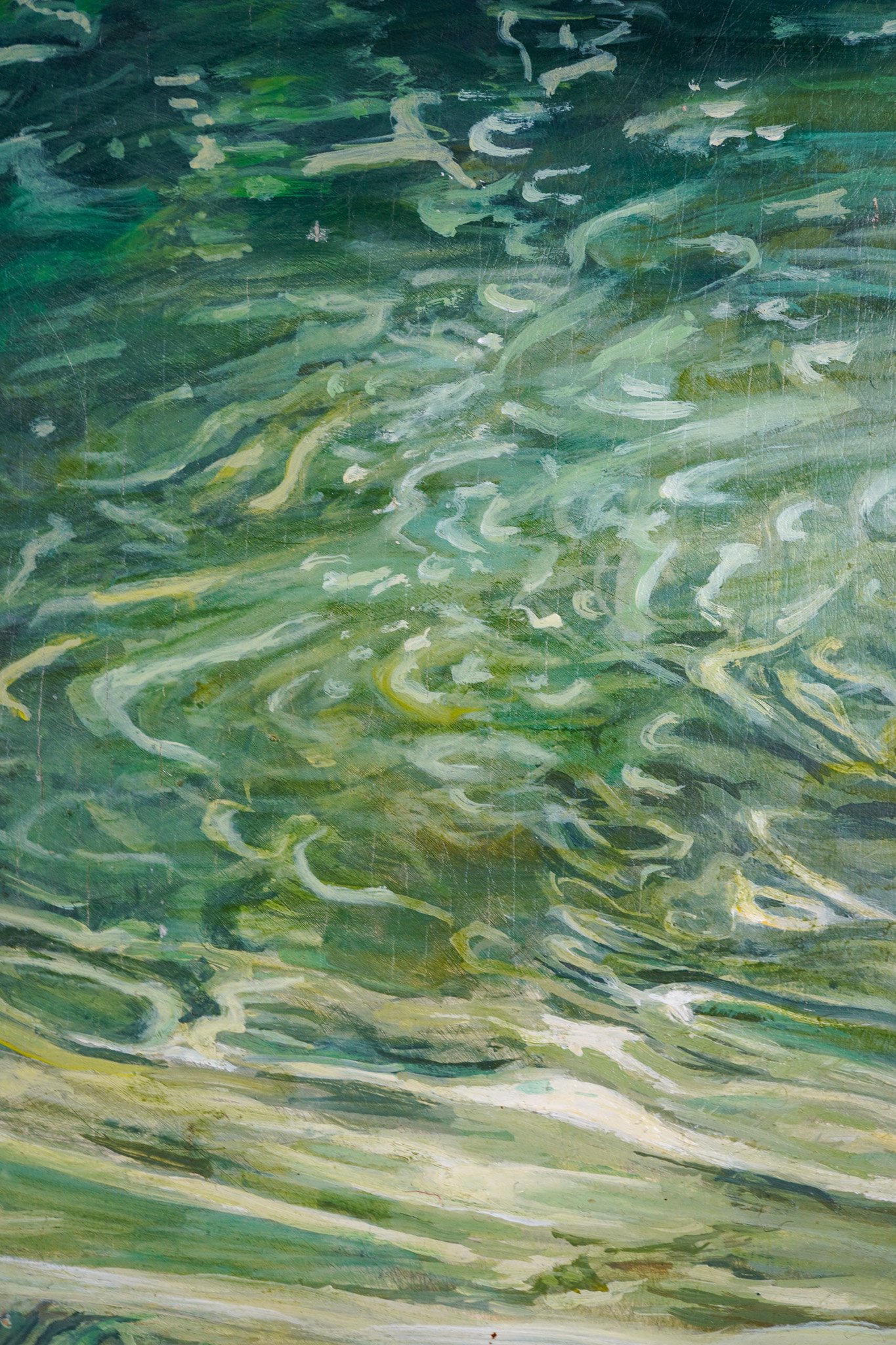
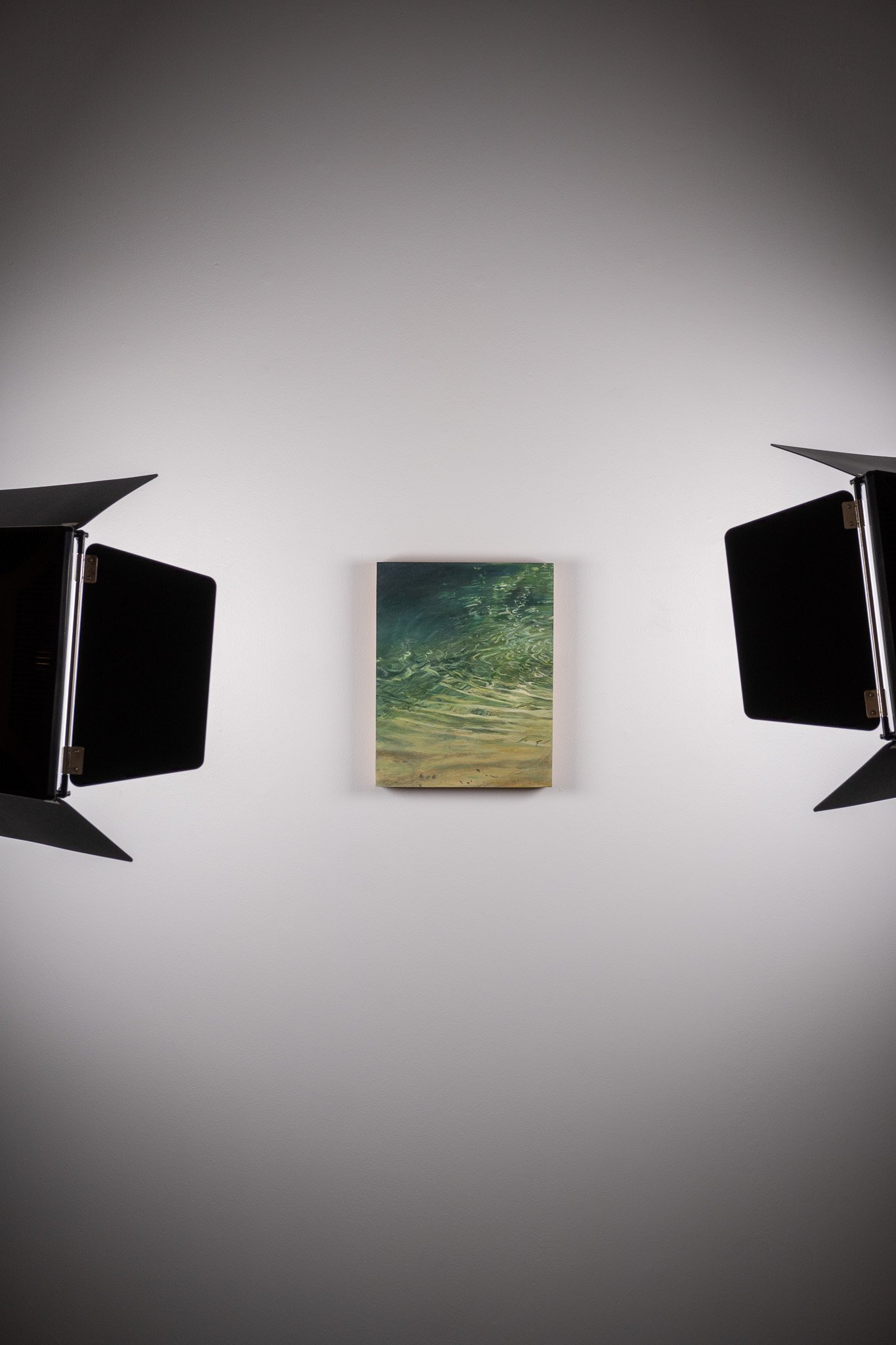
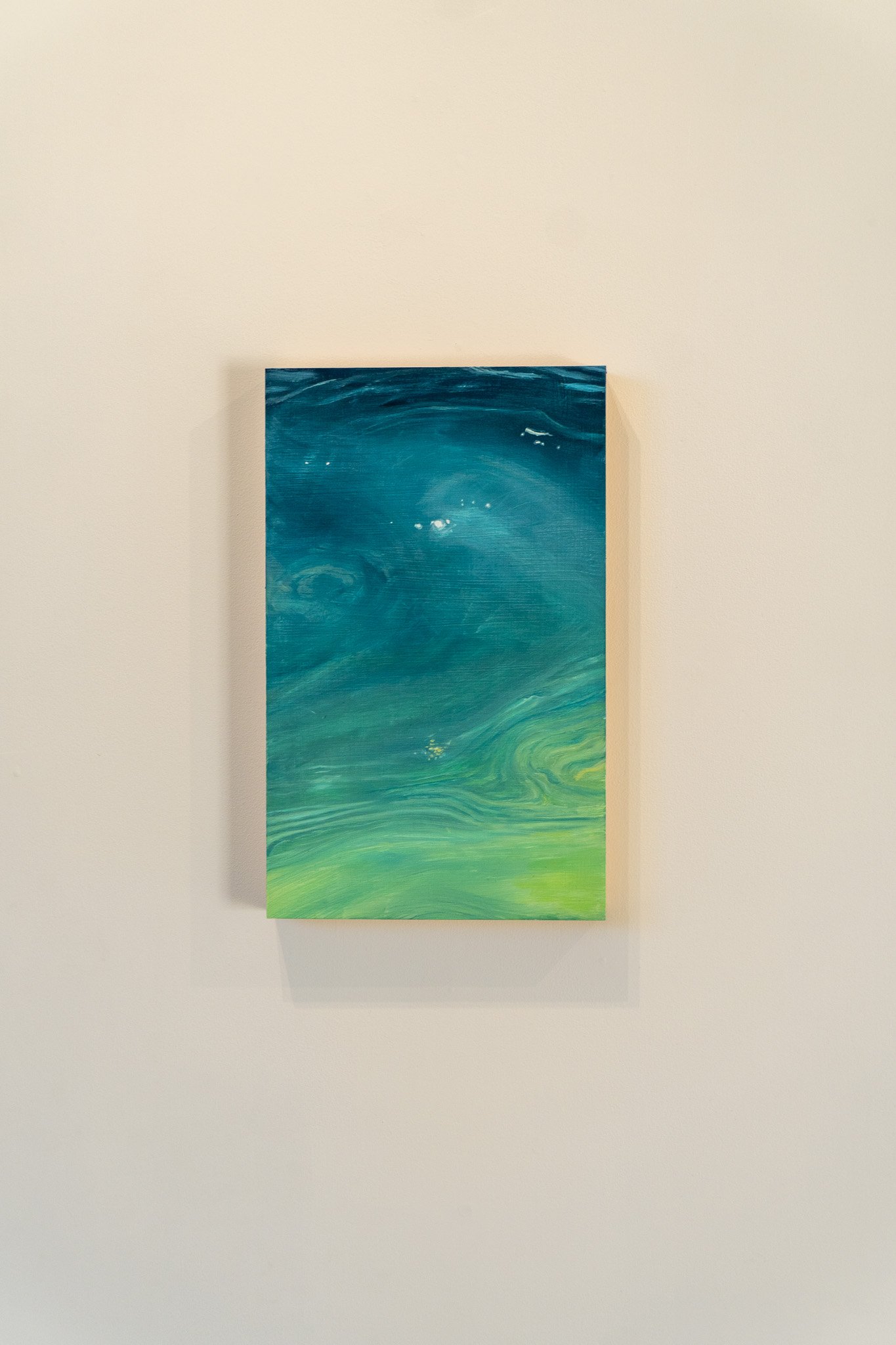
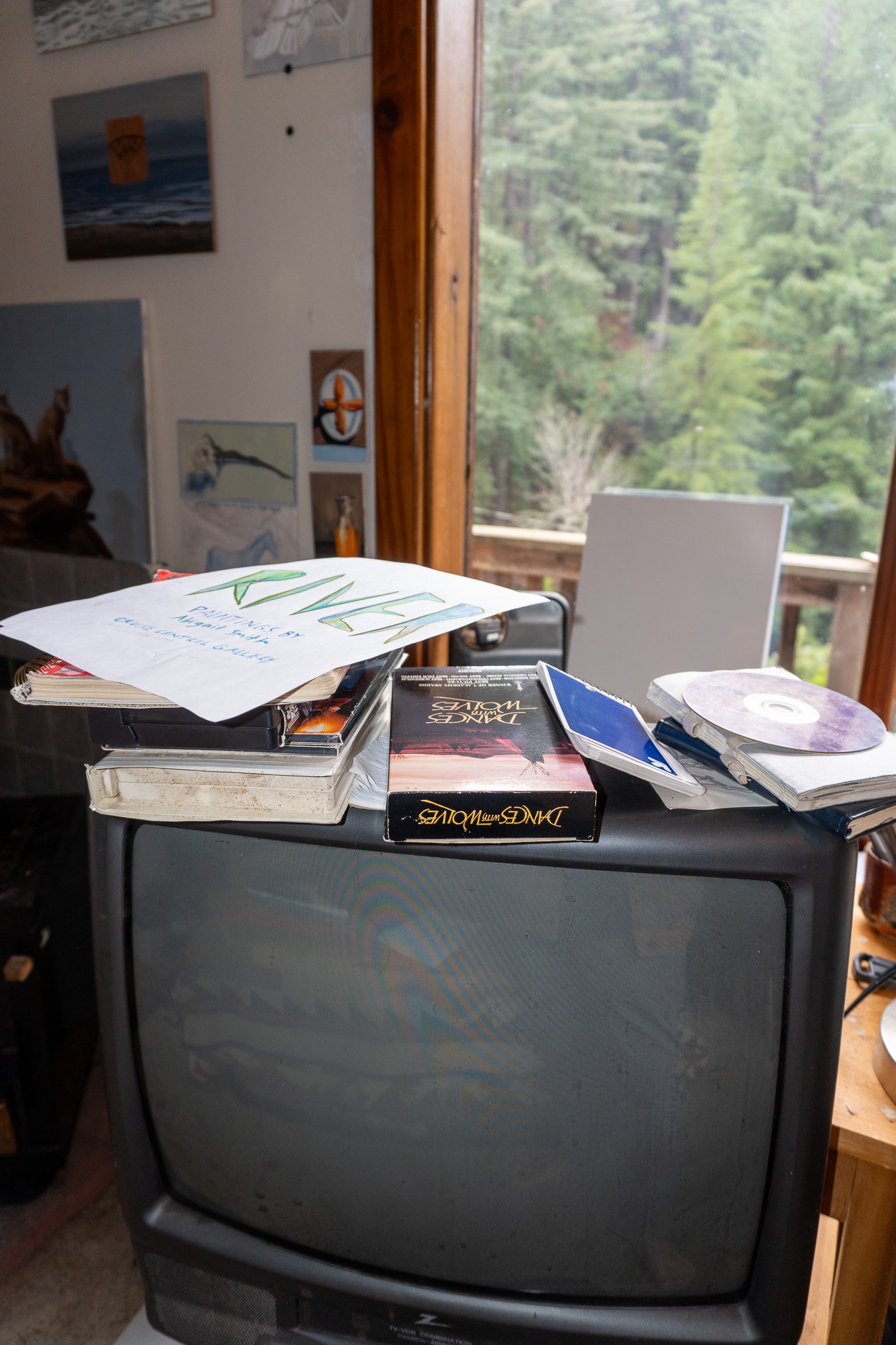
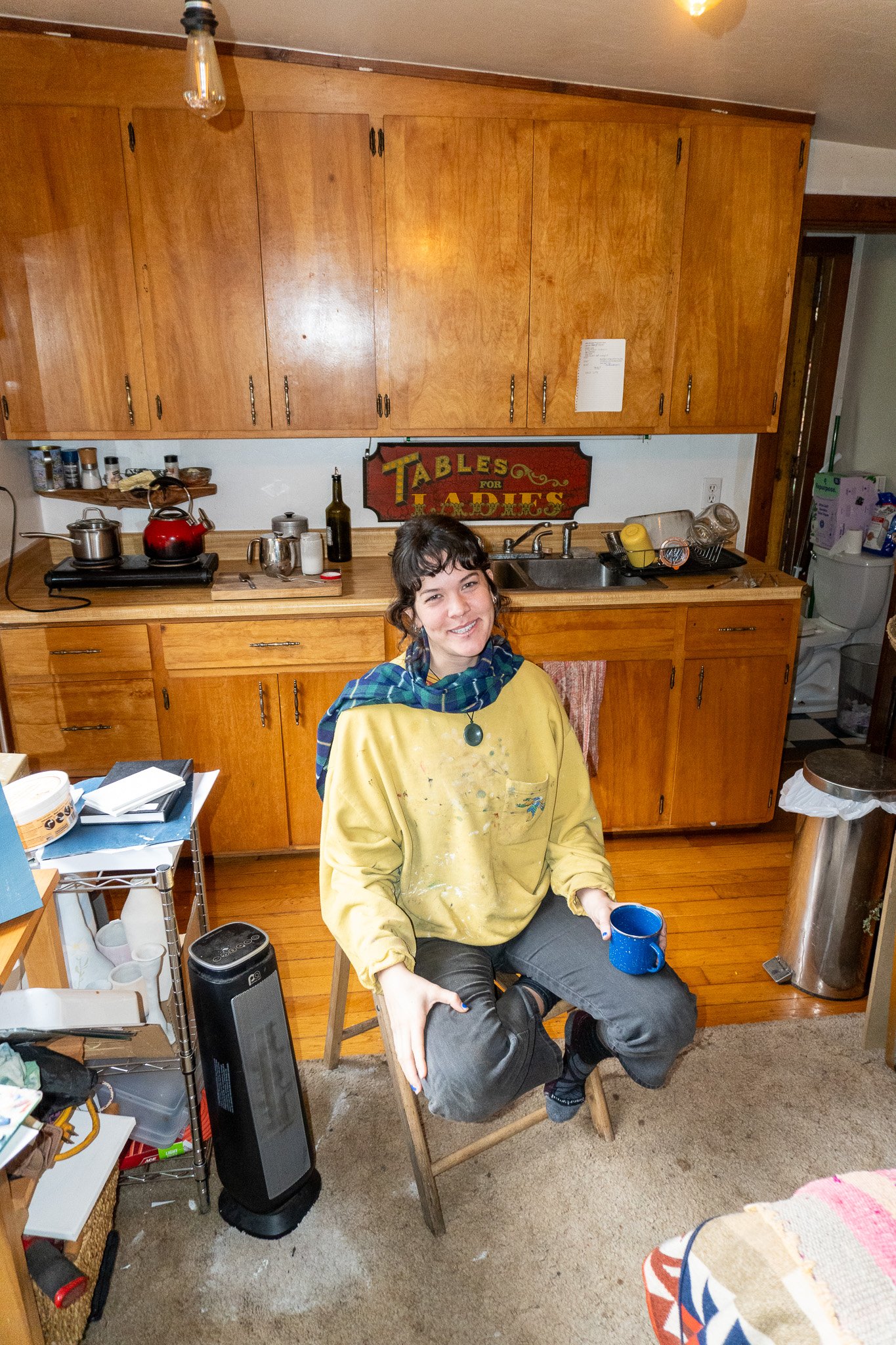
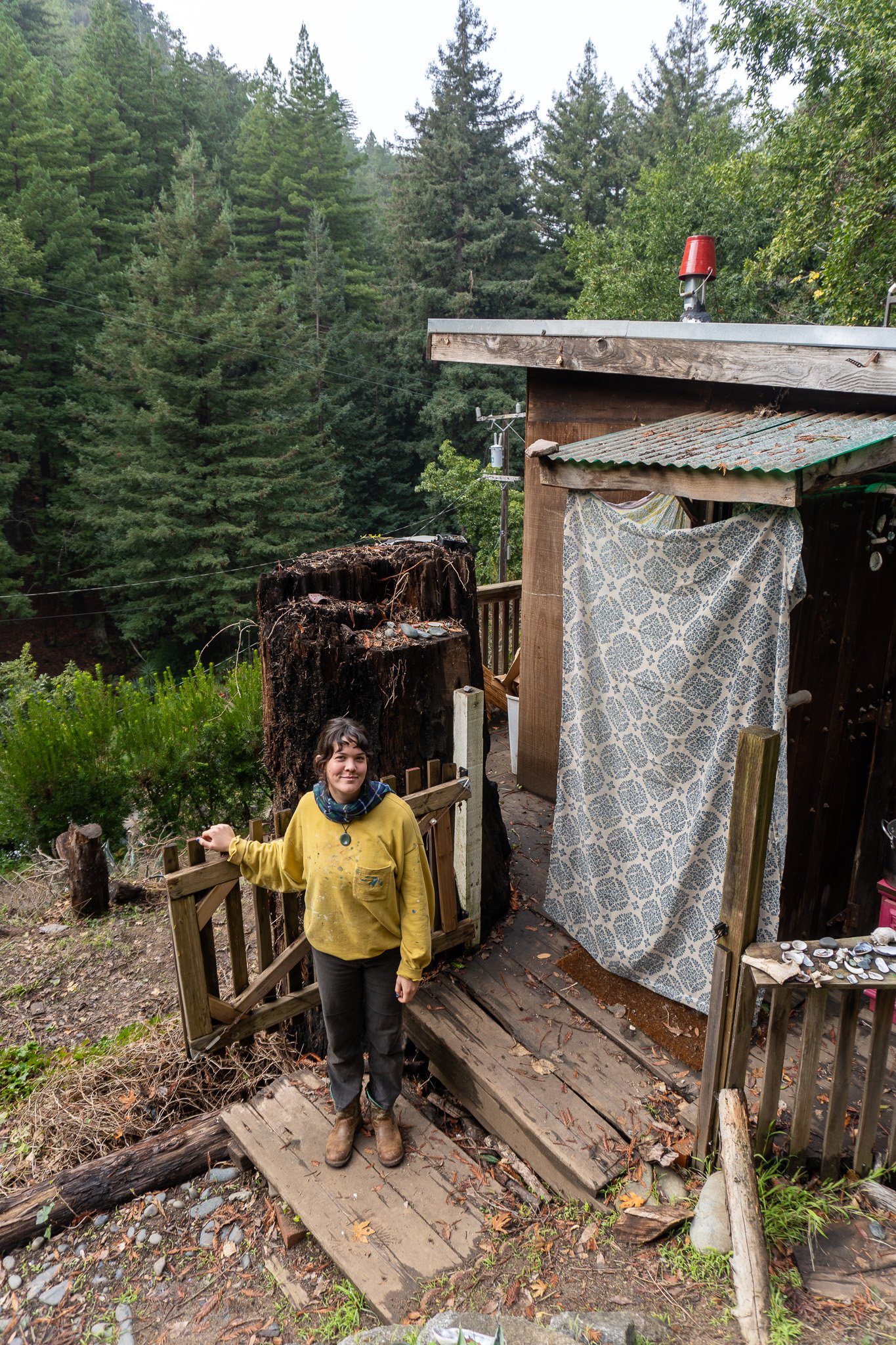
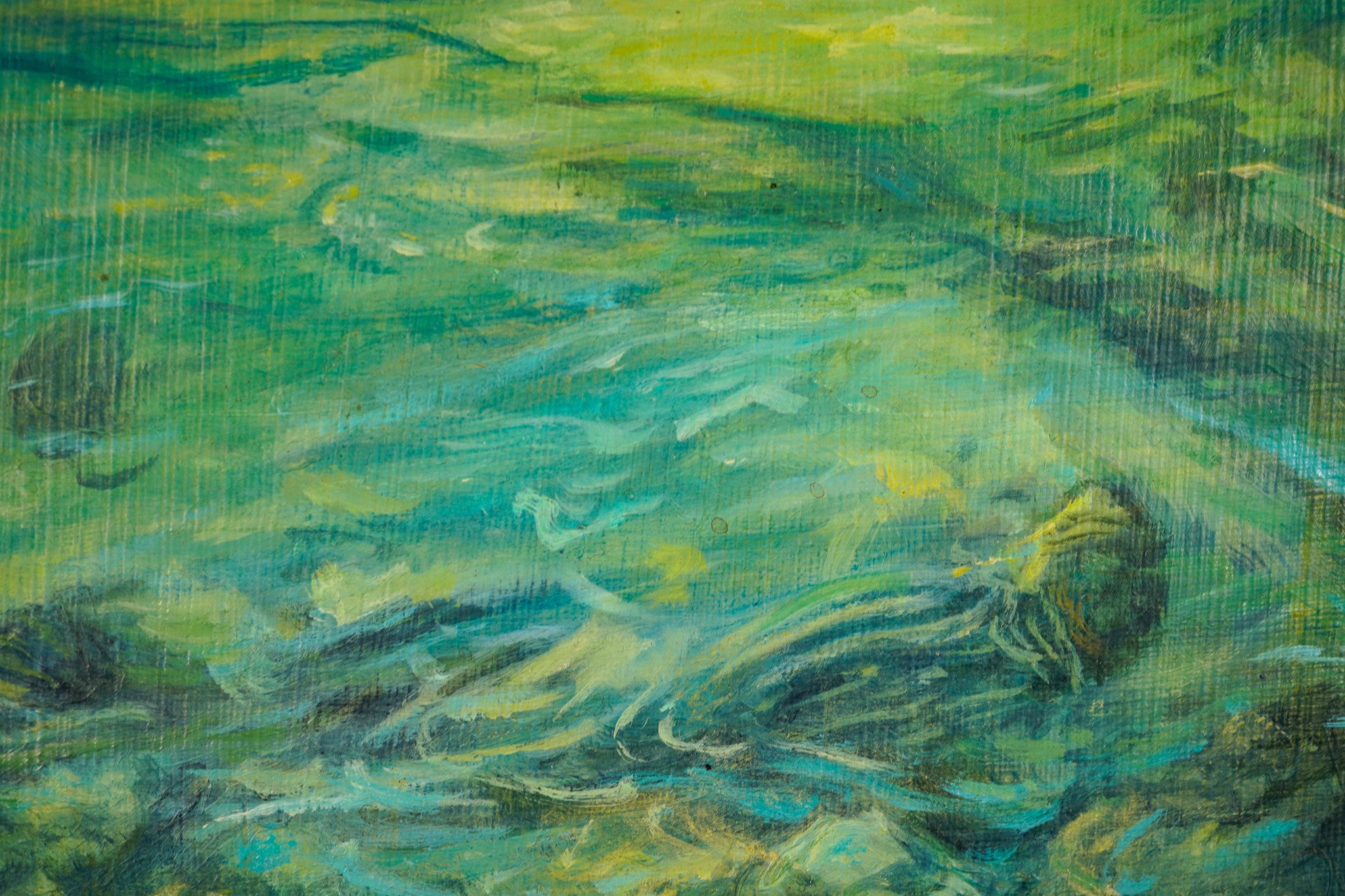
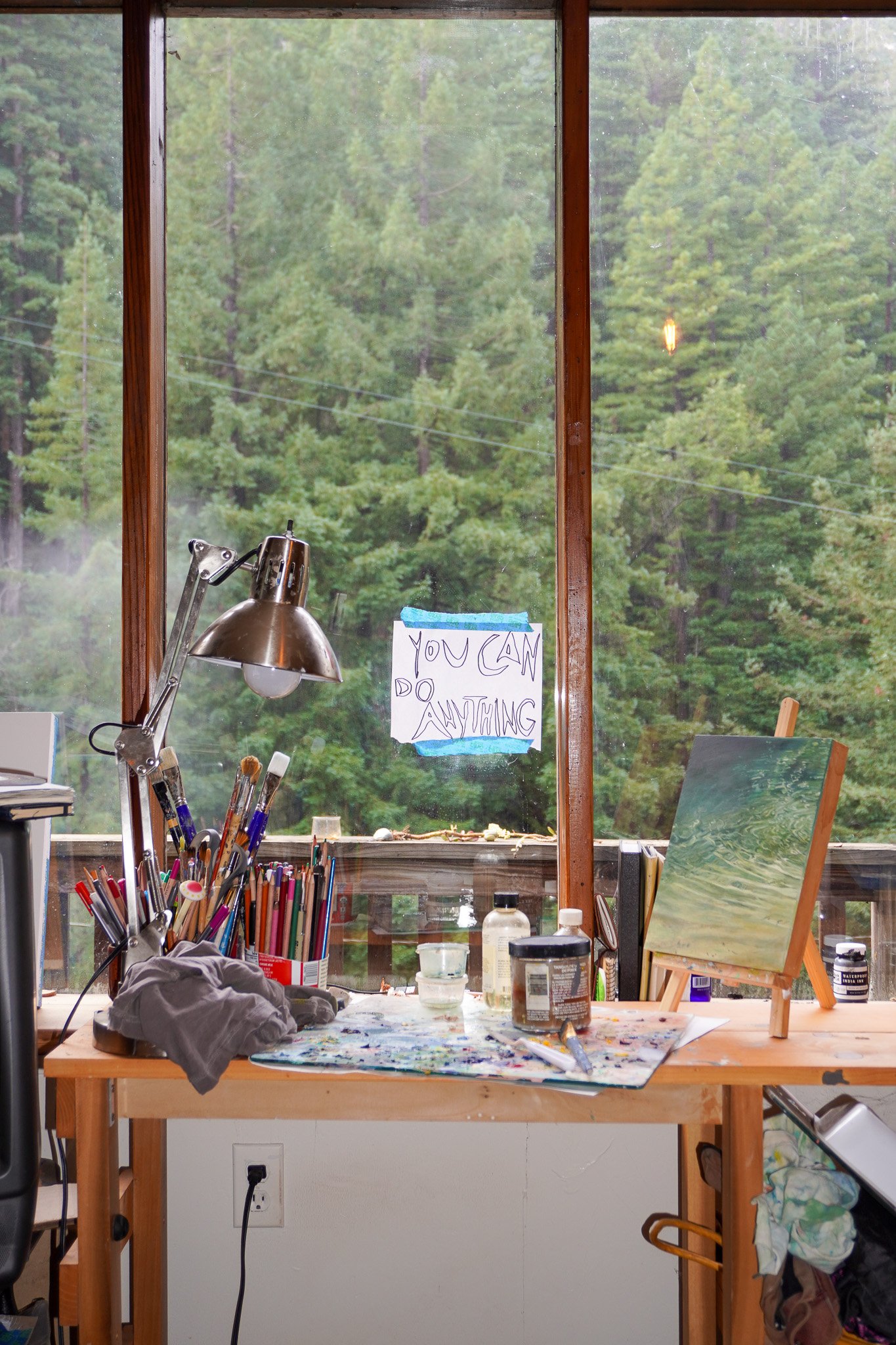
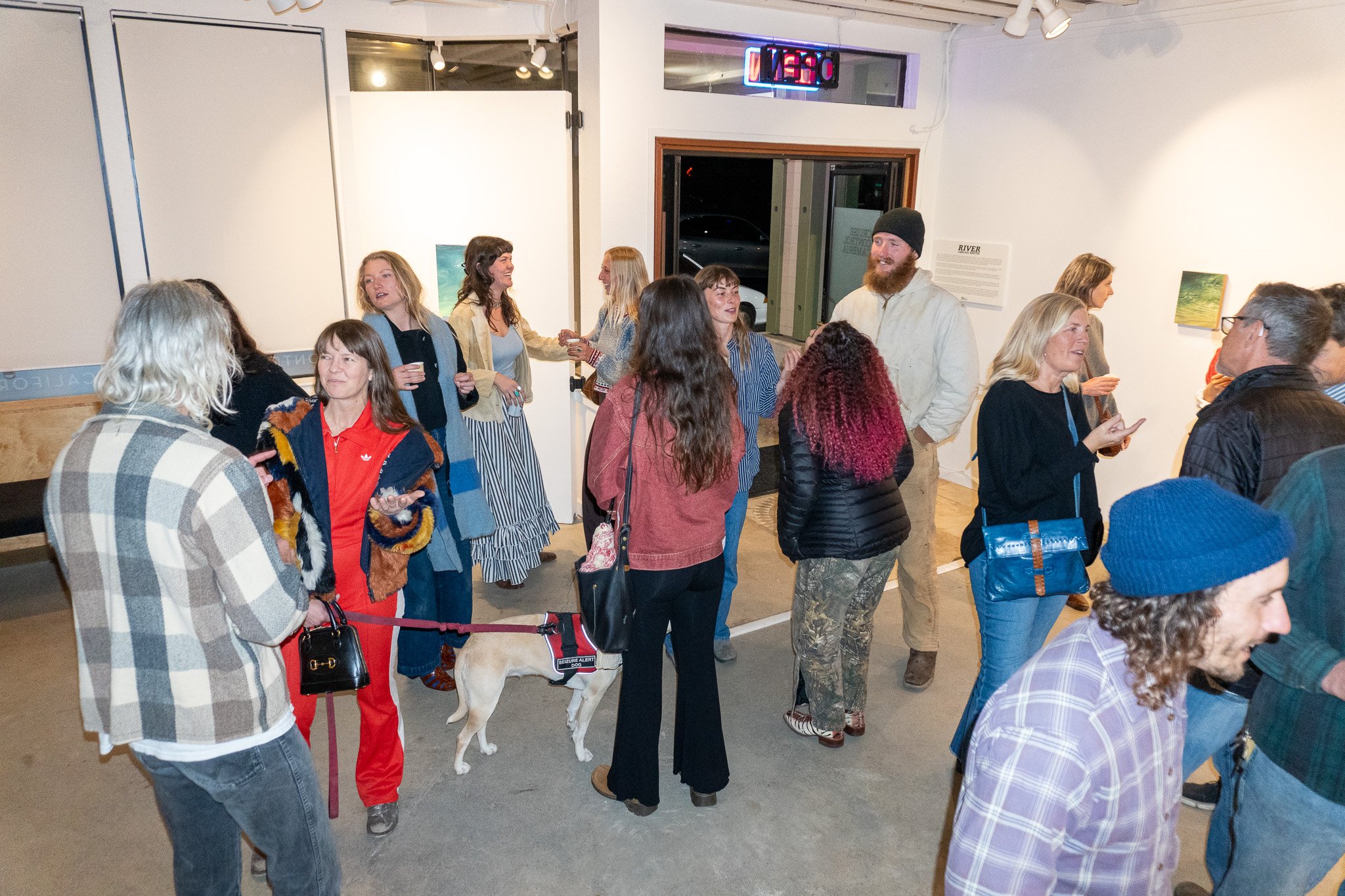
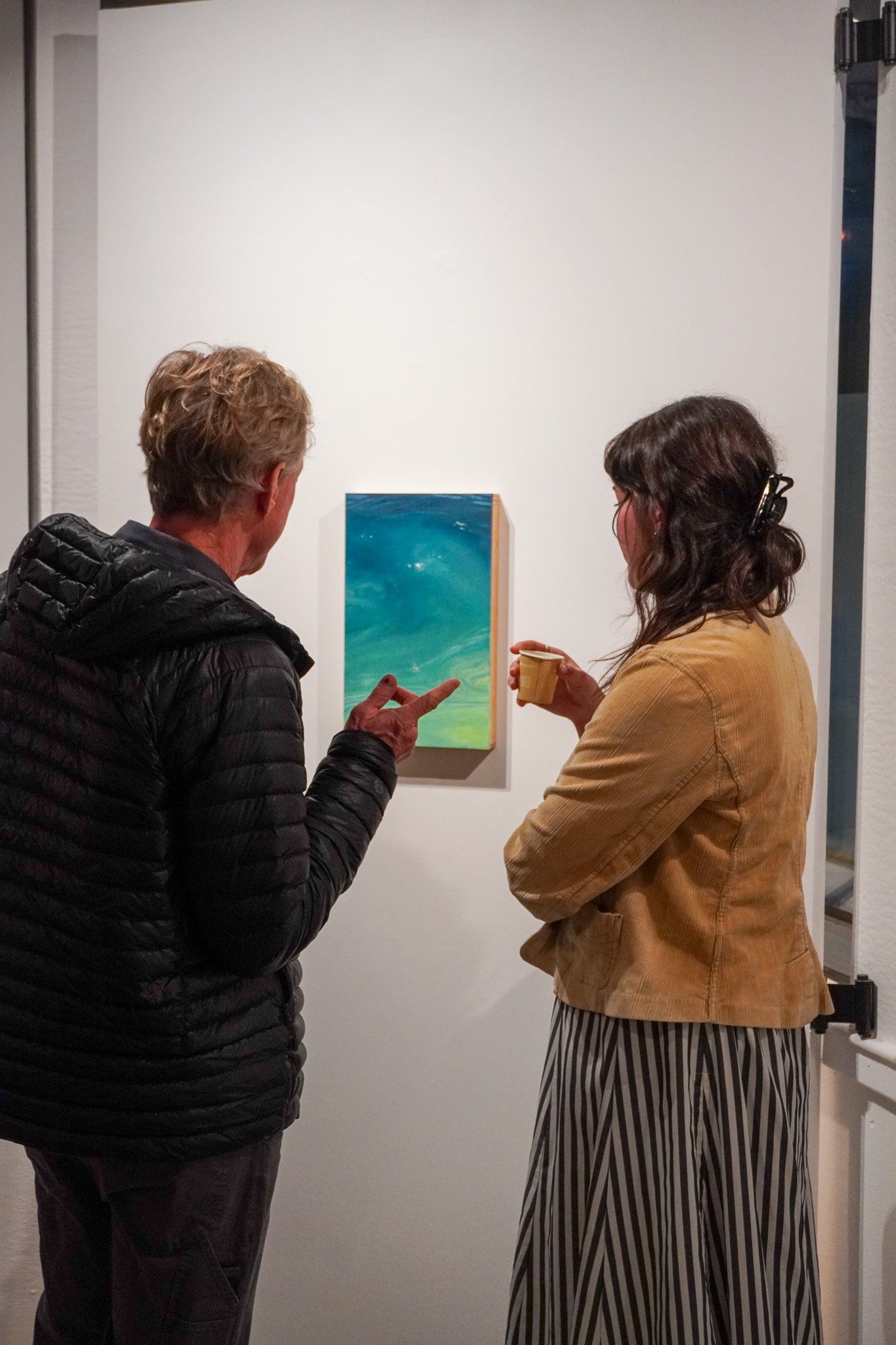
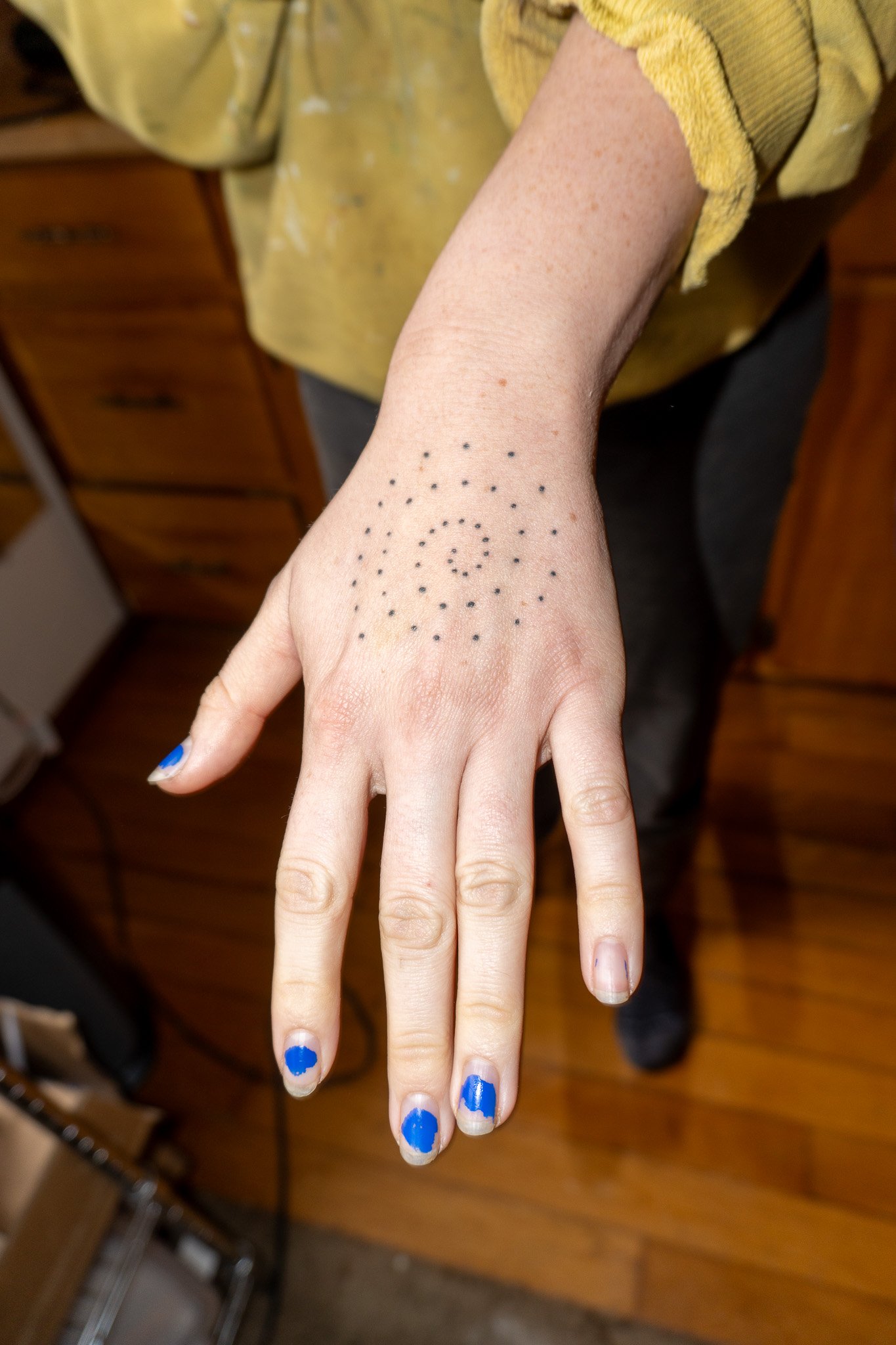
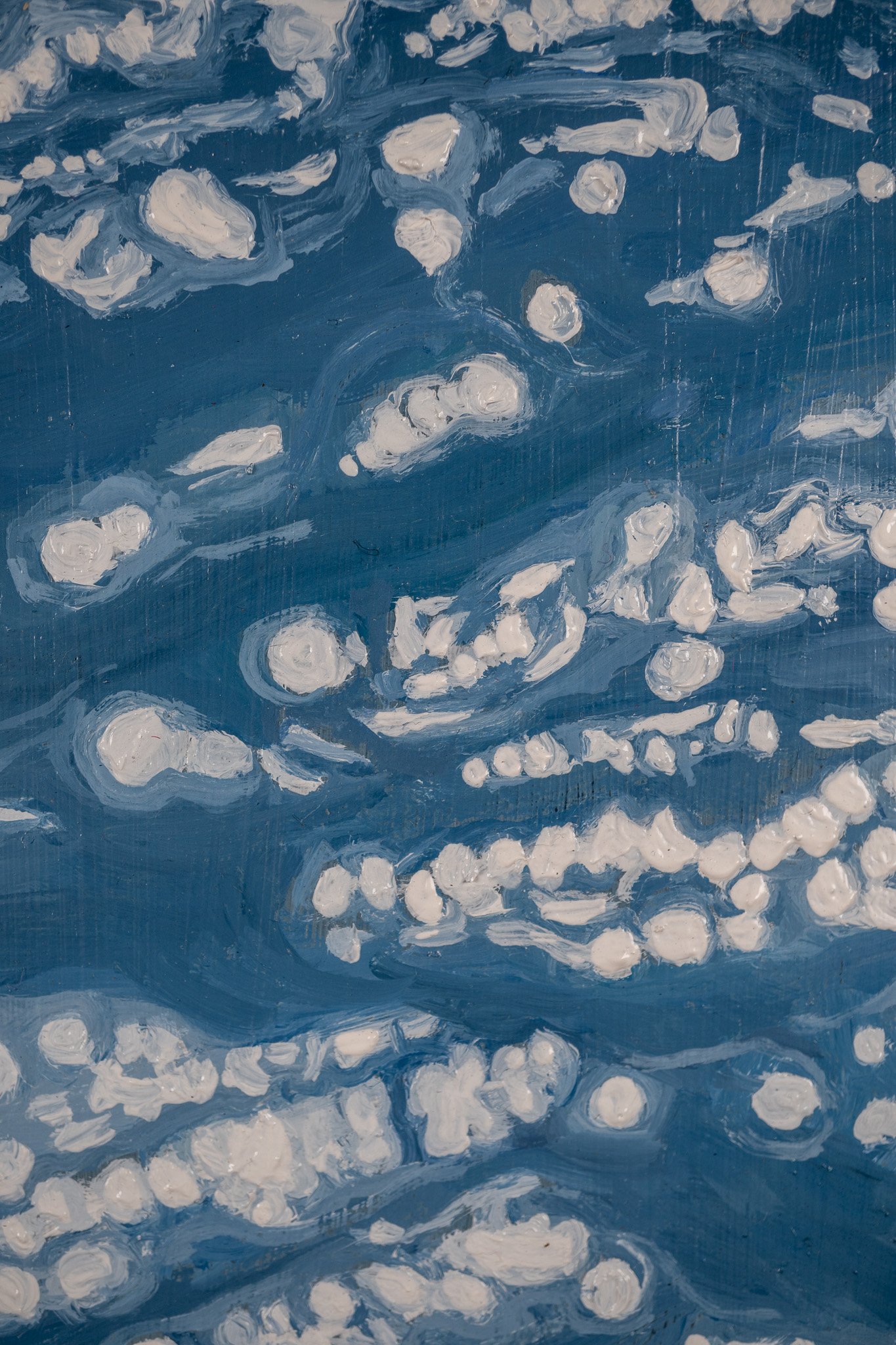
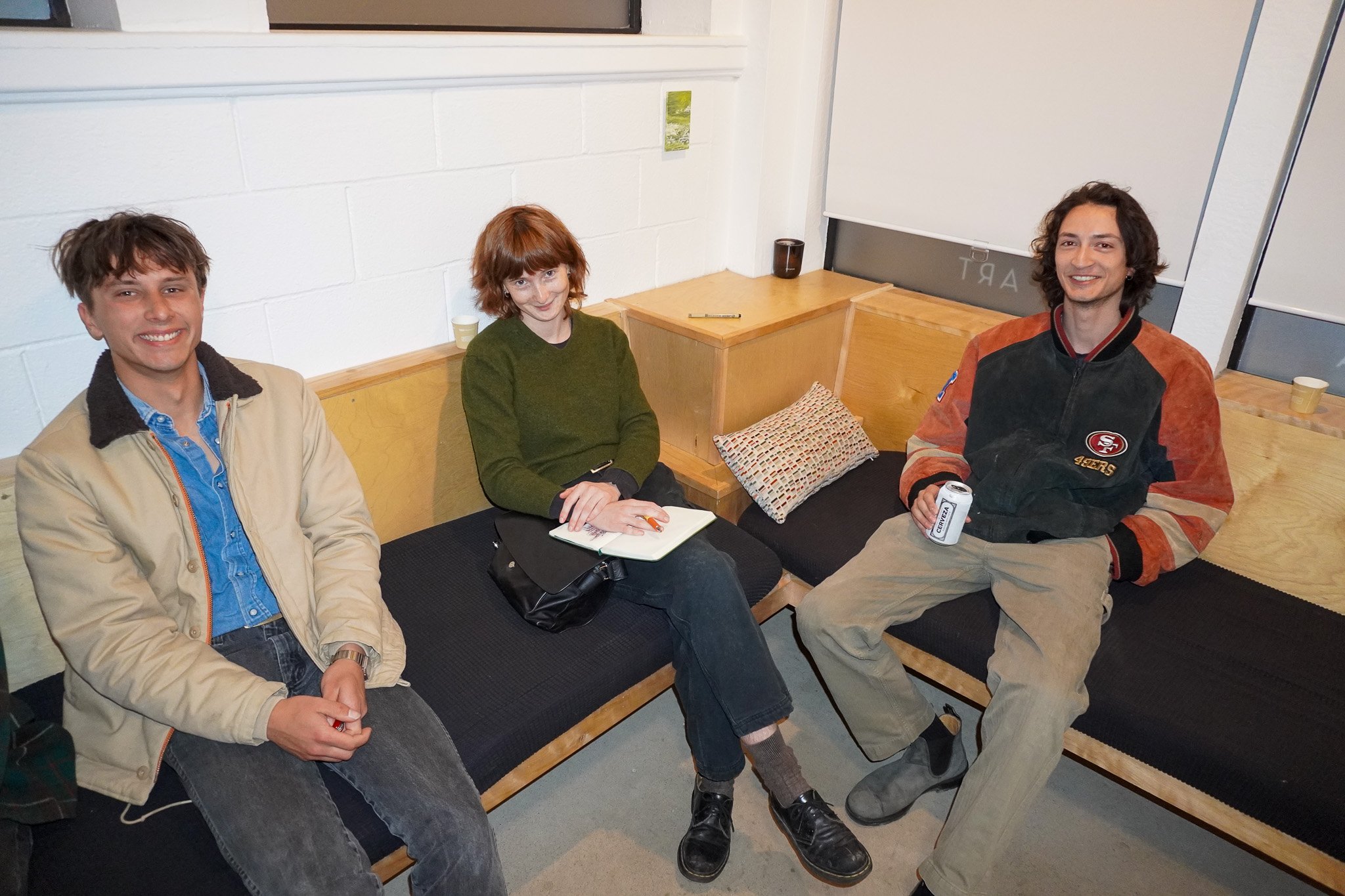

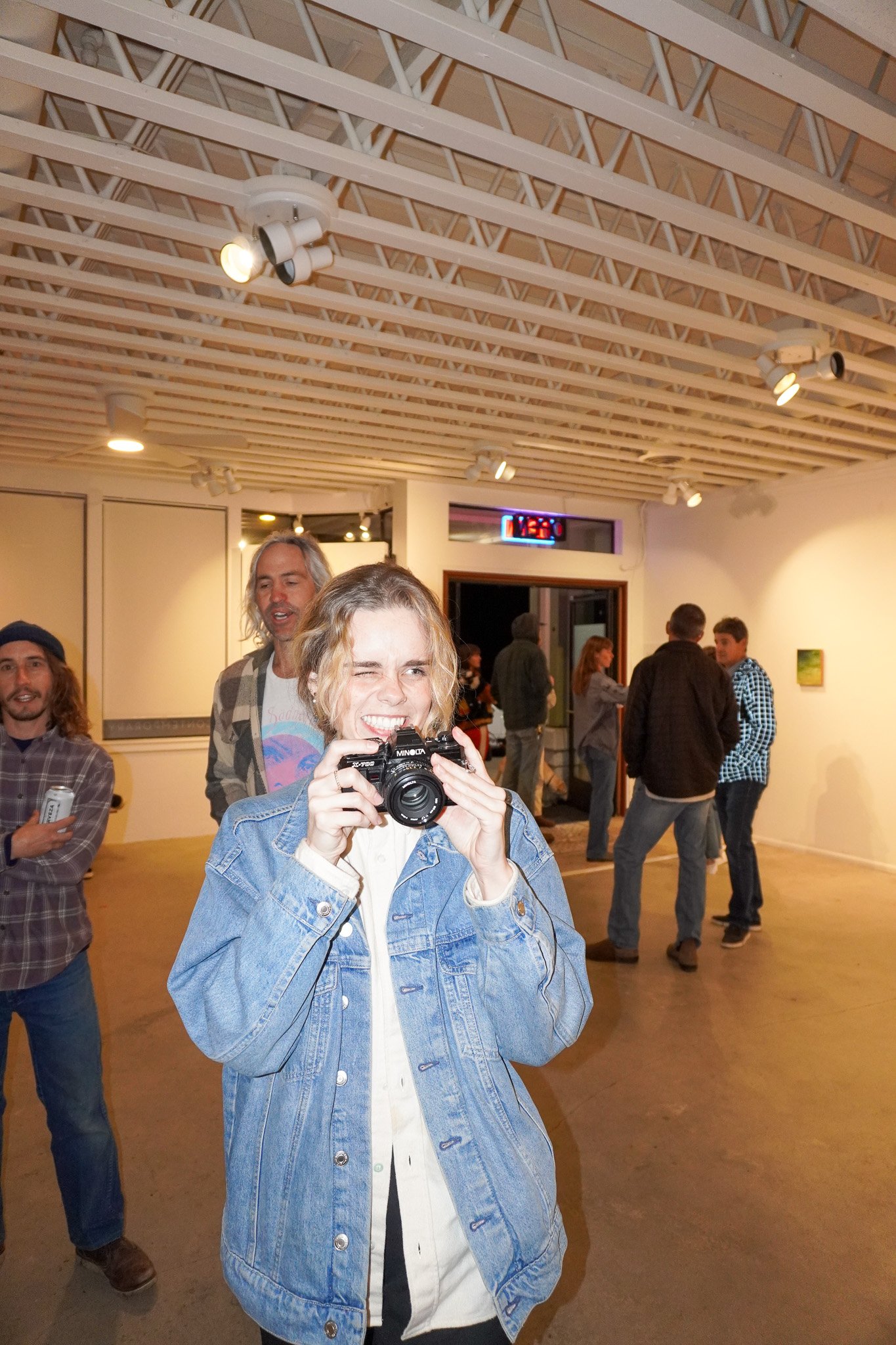
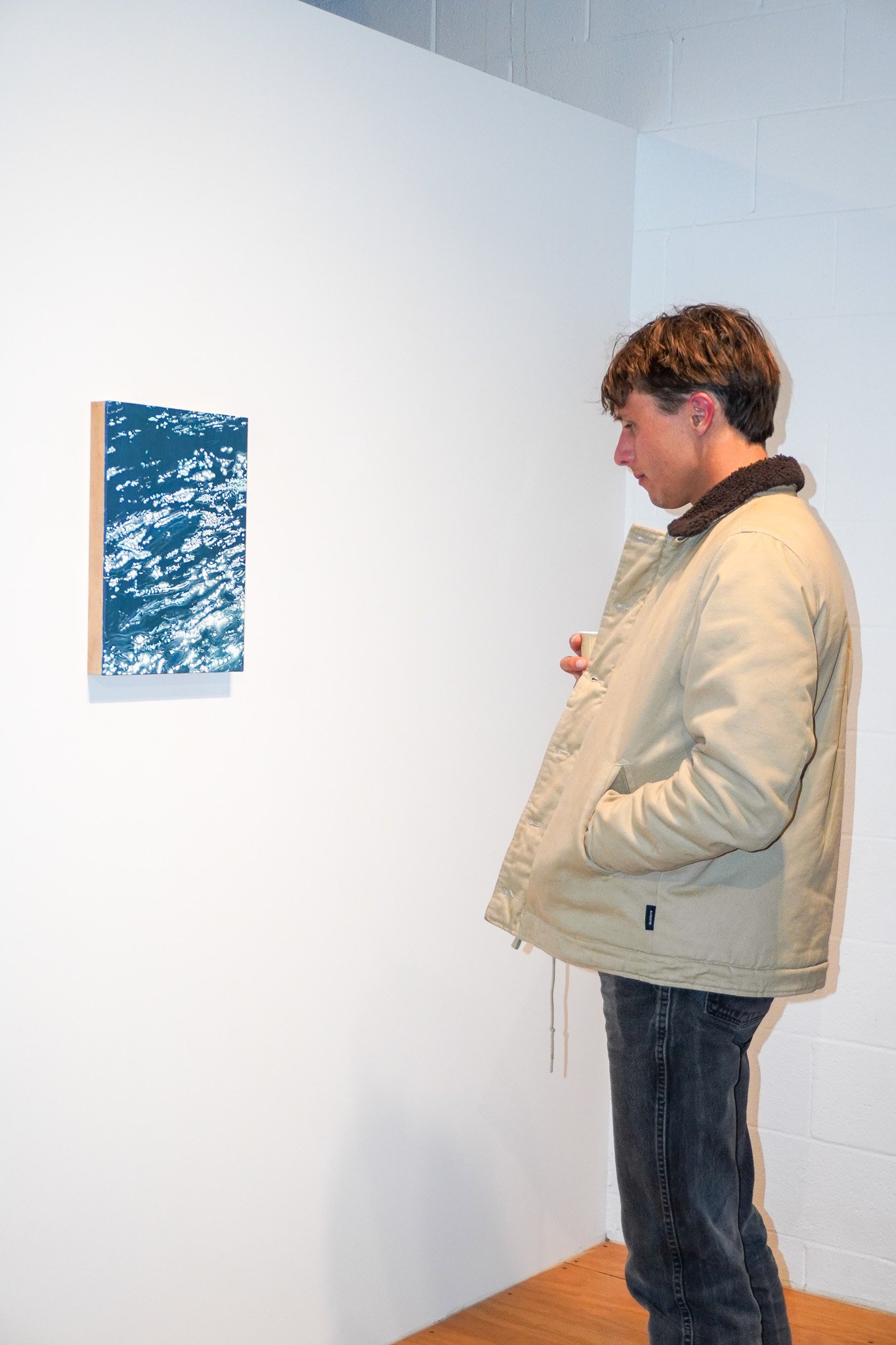

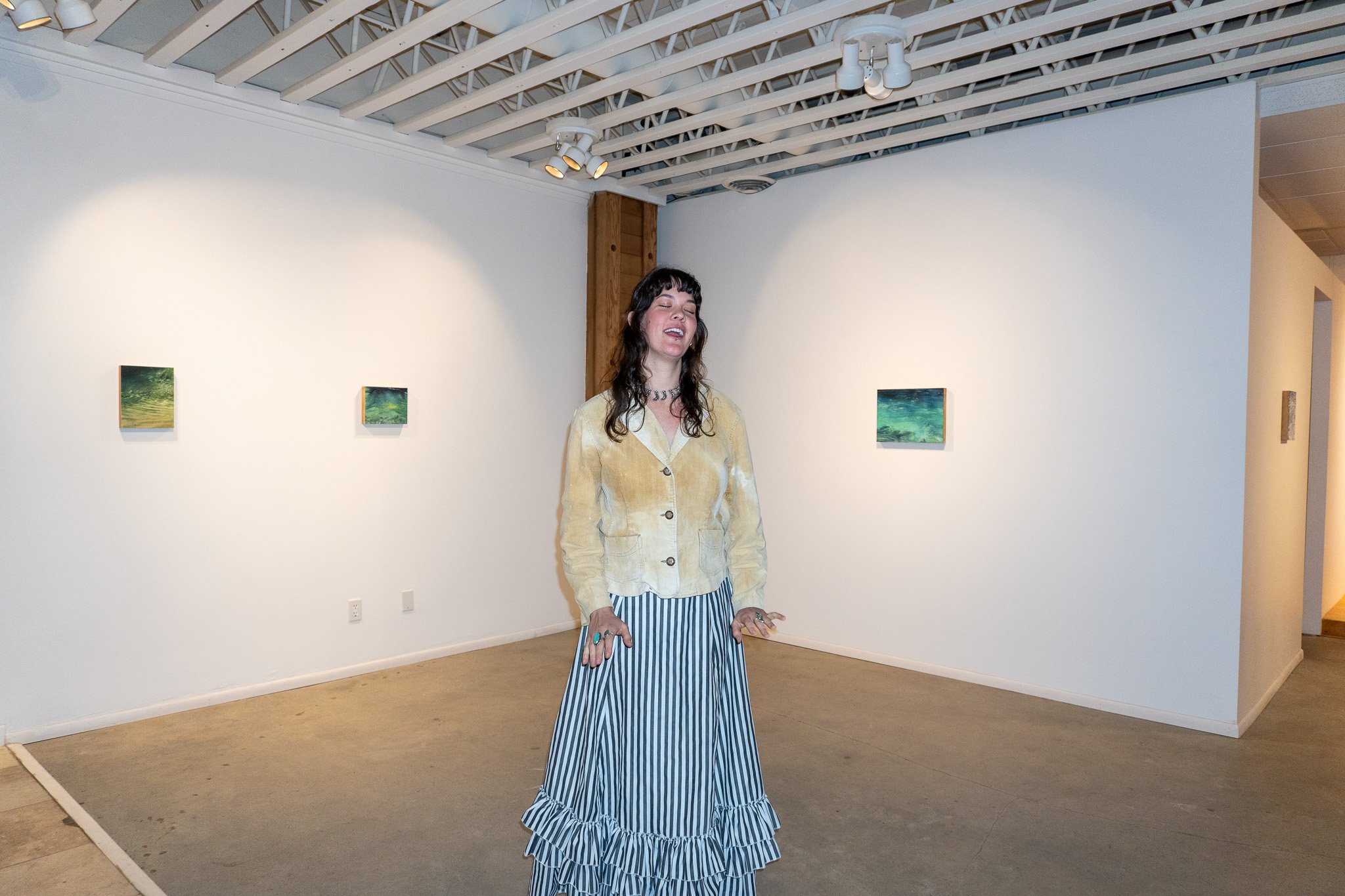
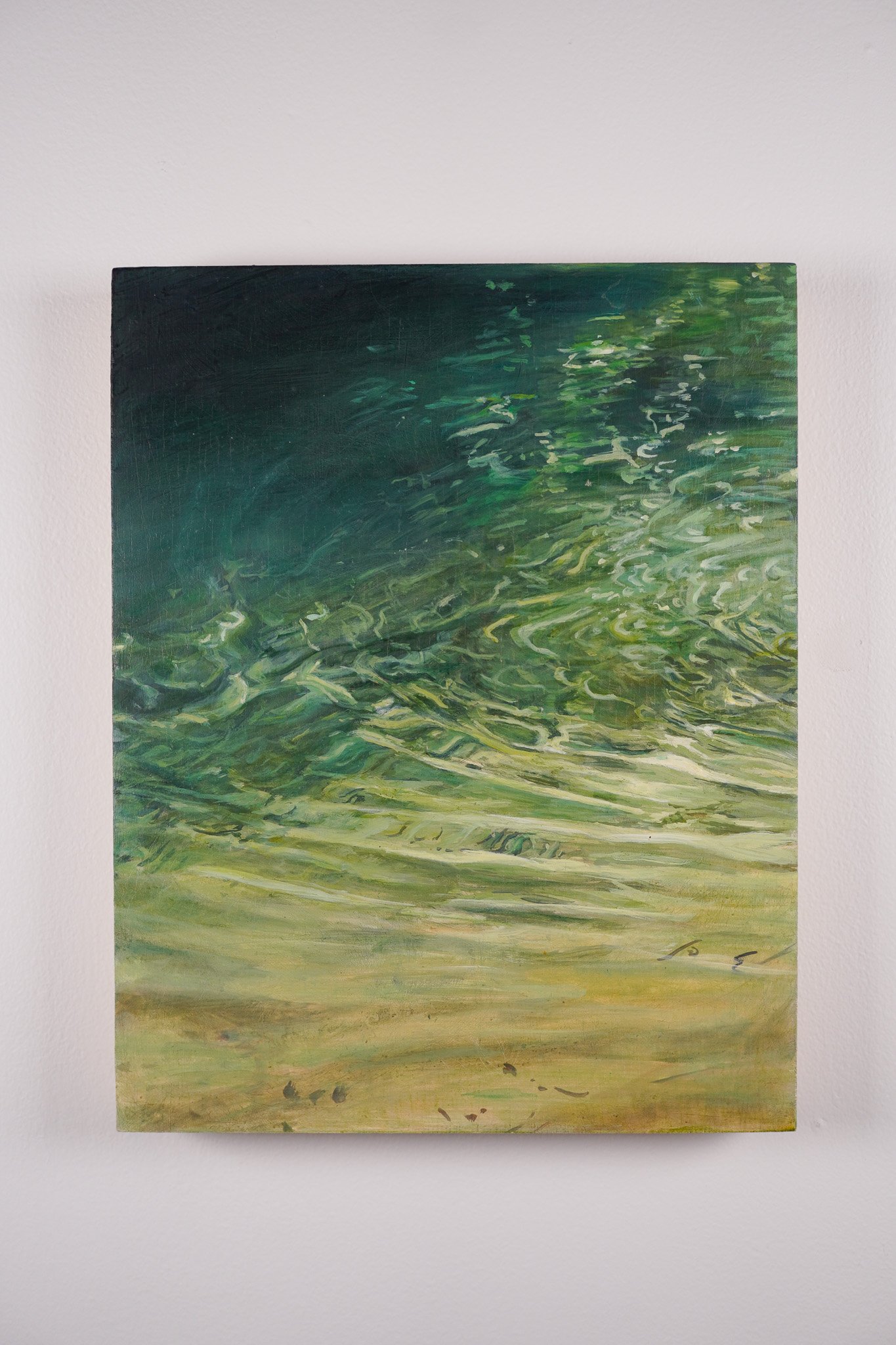
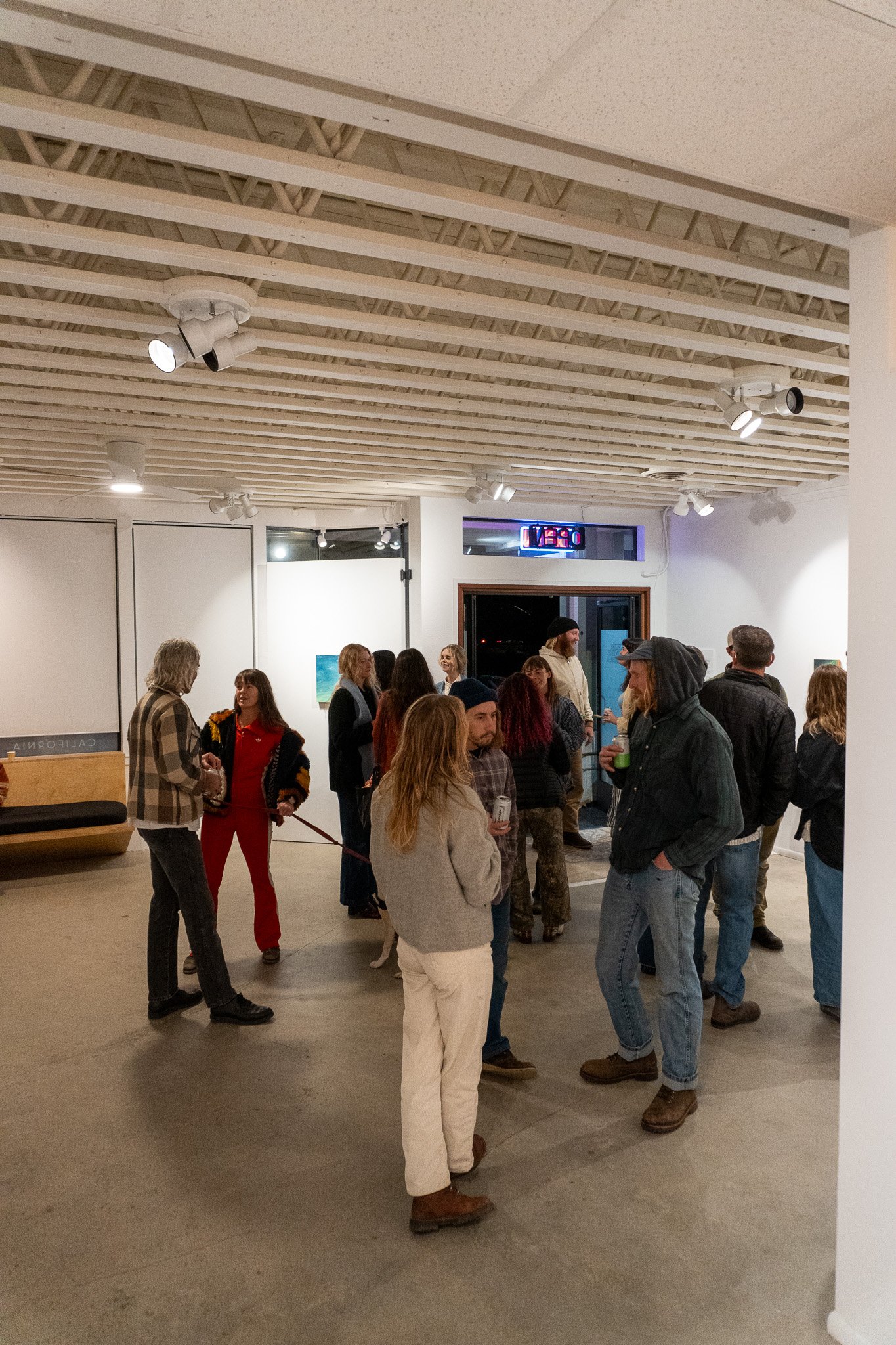

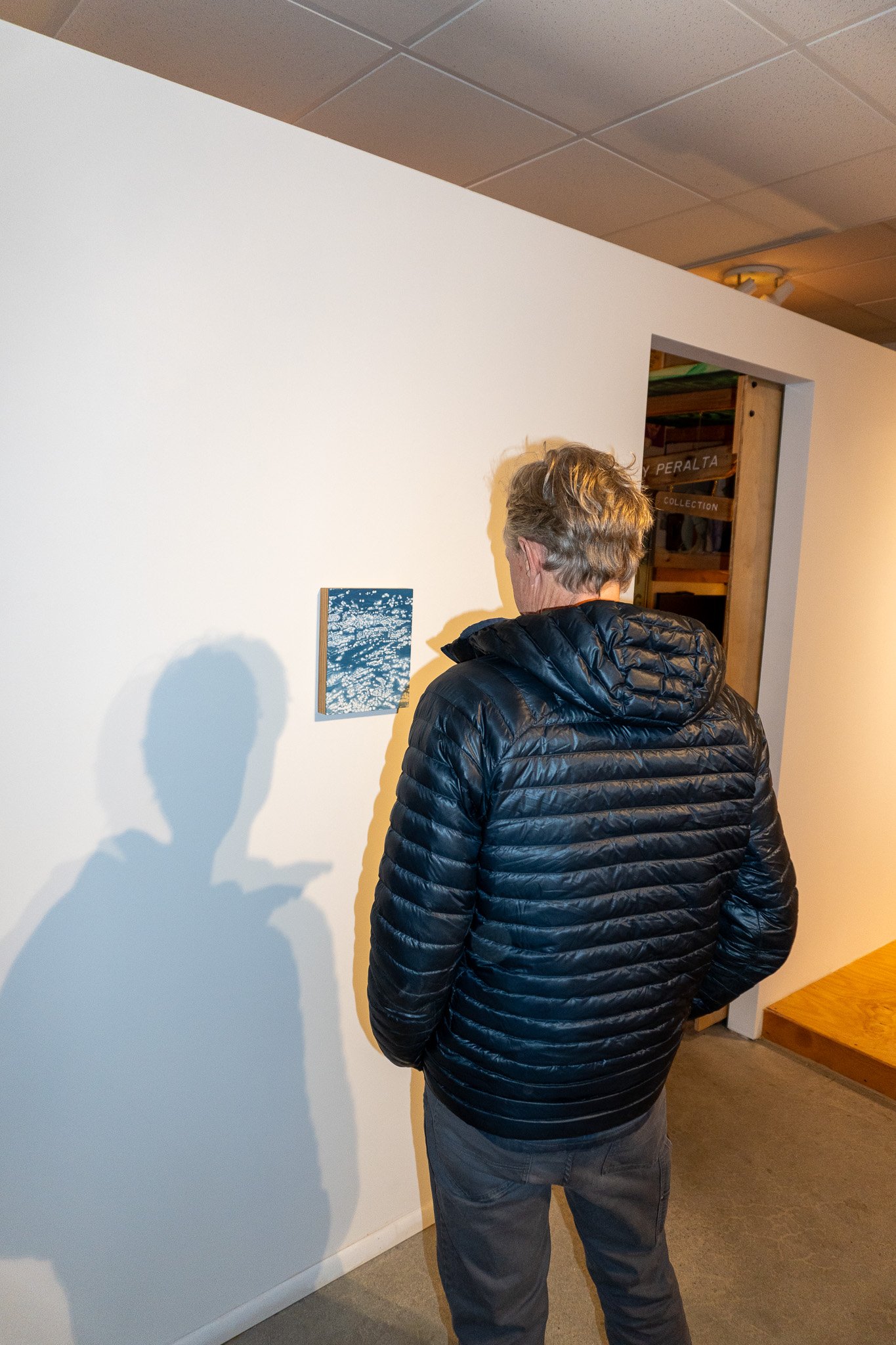
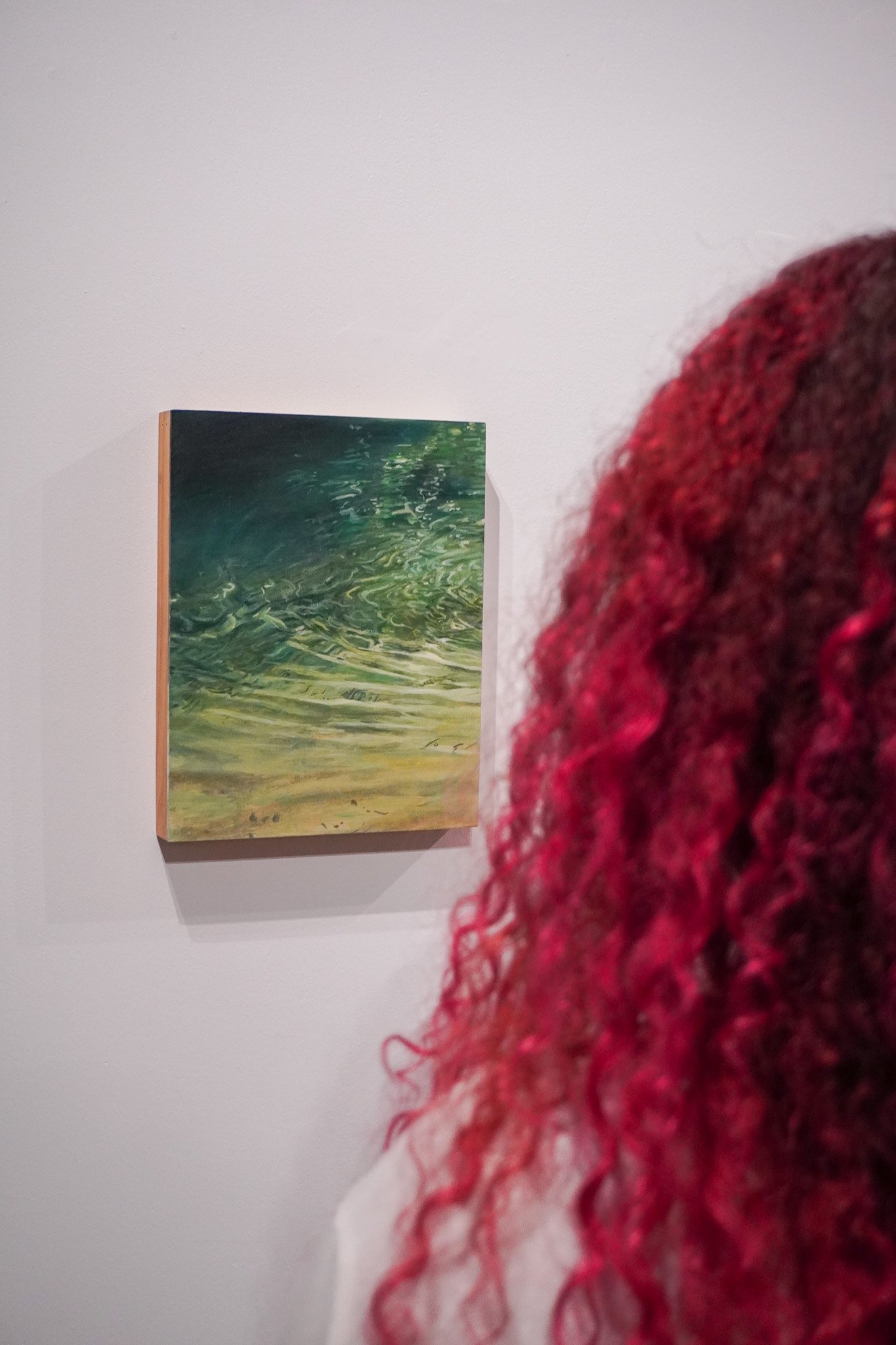
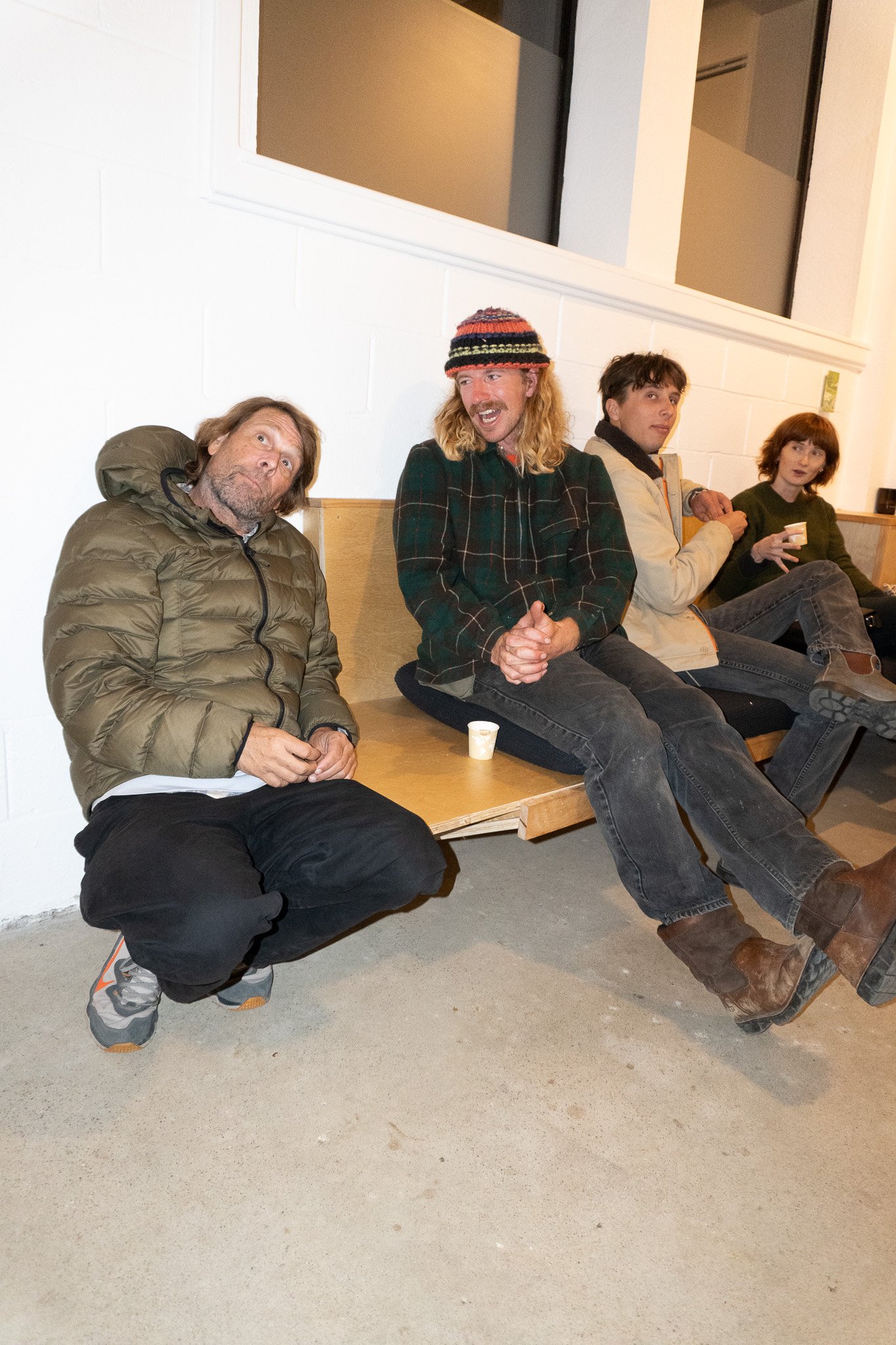
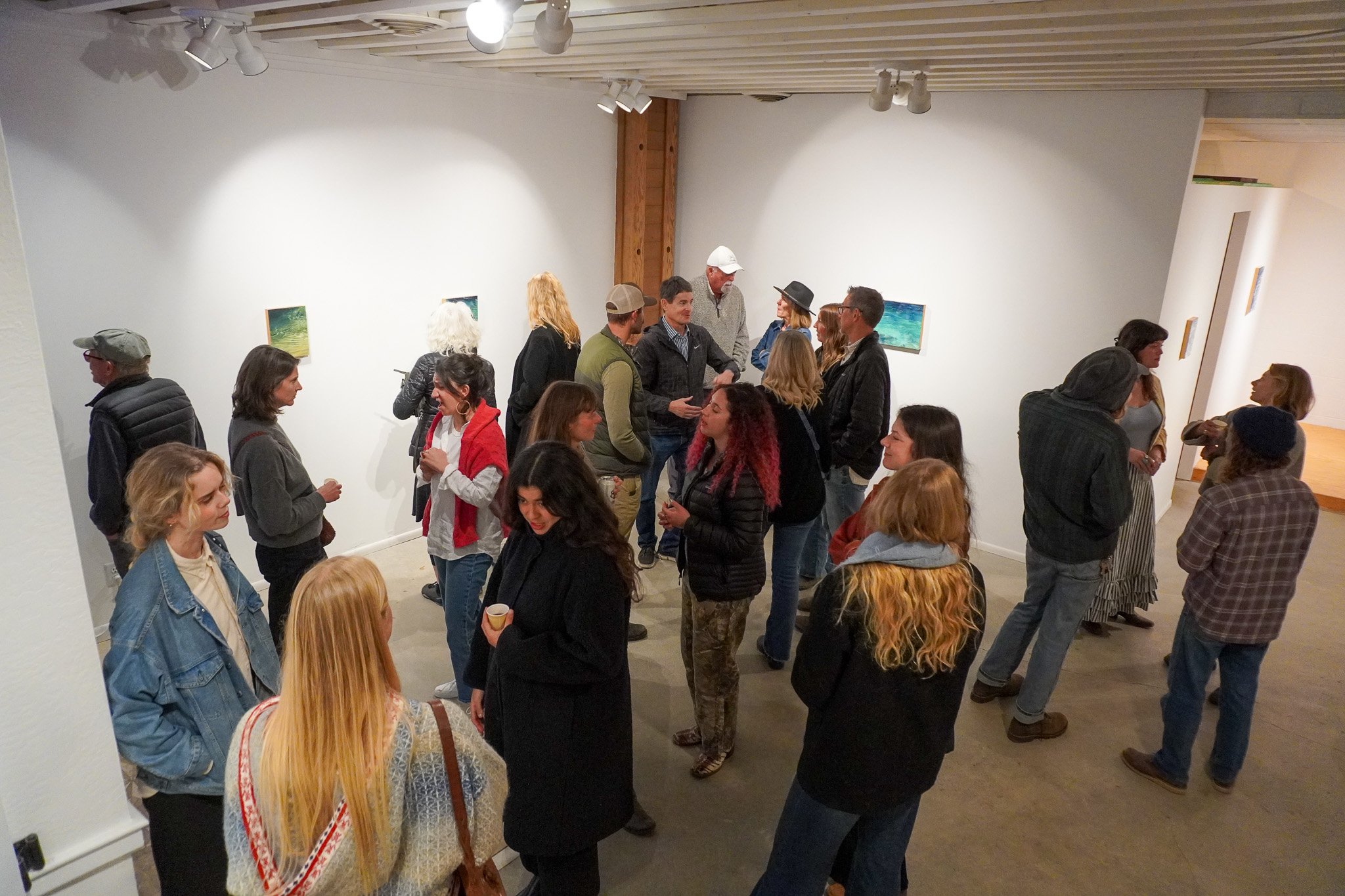
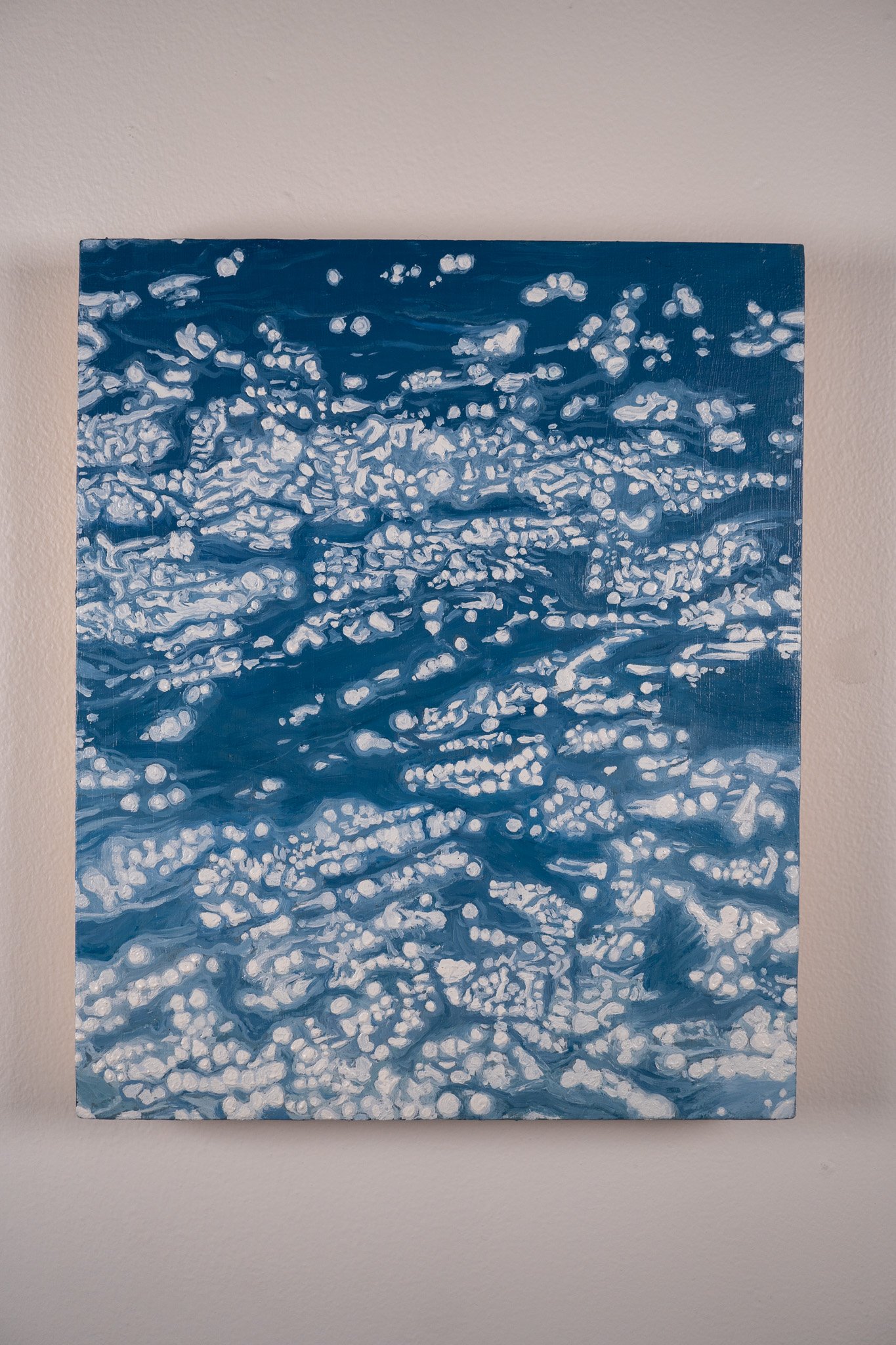
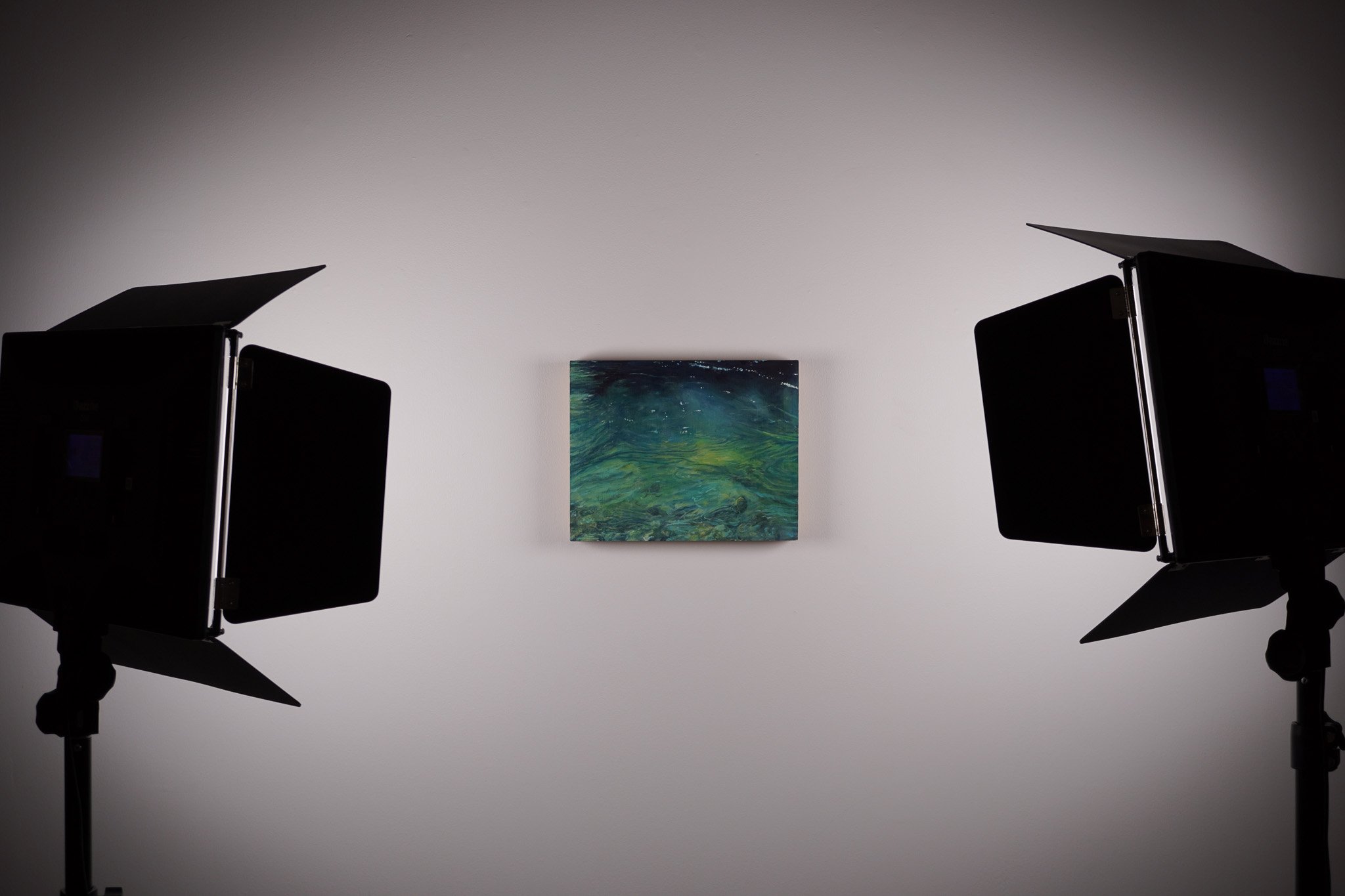
Cruise Control Contemporary (CCC) is pleased to present Presentations, a debut solo exhibition of new work by central California-based artist, Allie Mount. Light and form take center stage as we pare down the bulbs of the gallery to focus on the shadows cast onto the walls by a single lit candle illuminating Allie’s various floating wall sculptures . Through this intimate and humble collection, Mount showcases the quiet beauty of organically occurring shapes and moments of light that often go unnoticed in daily life. Mount’s work is a meditation on the art of noticing—the simple act of observing the world.
Drawing inspiration from nature’s offerings—scraps washed ashore or fallen from a tree—her work highlights the extraordinary within the ordinary. Each piece reflects a dialogue between artist and environment, unveiling forms as they are, but with interwoven and additive complementary elements; the slightest touch is a transformation. It’s not only an invitation to see it is also a call to play.
The exhibition's title, Presentations, carries an unassuming charm—plain, straightforward, and refreshingly free of pretense. It suggests an act of giving, as if Mount is announcing, “Here is something I believe is worthwhile.” Take it as you will. There’s no overreaching ambition to impose meaning, no demand for dramatic interpretation. Instead, Presentations revels in the understated yet profound act of recognizing things for exactly what they are, almost.
This approach sets the tone for the works on display: unapologetically honest and self-contained. Each pairing stands alone, but act together, not begging for attention but quietly asserting their presence. Personality and contained gestural movements exude an unembellished confidence—acknowledging that what is put forward is enough.
Walking through Mount’s studio, there’s a sense of familiarity; Here I am. This is me. The absence of artifice allows viewers to engage without pressure, finding their own connections within the sincerity of the art. In a world often loud with self-promotion and spectacle, Presentations is a refreshingly grounded experience during an otherwise fever pitch of banal and garish seasonal holiday spectacle.
Throughout the duration of the show, guests are welcomed to create their own works with smoke from the candle by transferring soot onto a piece of paper. Only the quick actions of purposeful movements restrain the paper from combusting. Either as keepsakes or a gift, this participatory experience is meant to be interactive and allow simple moments of engagement with those young and old.
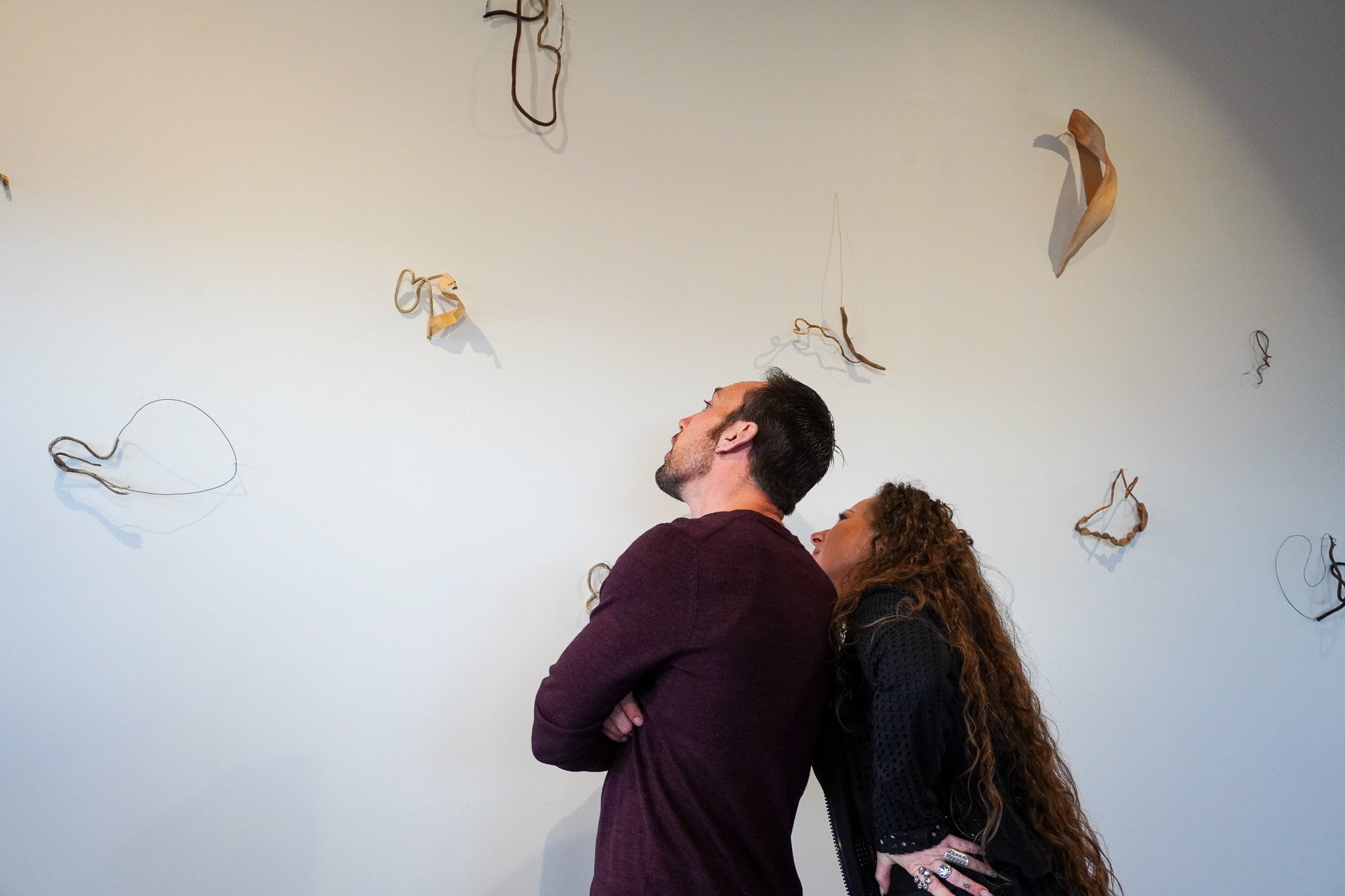
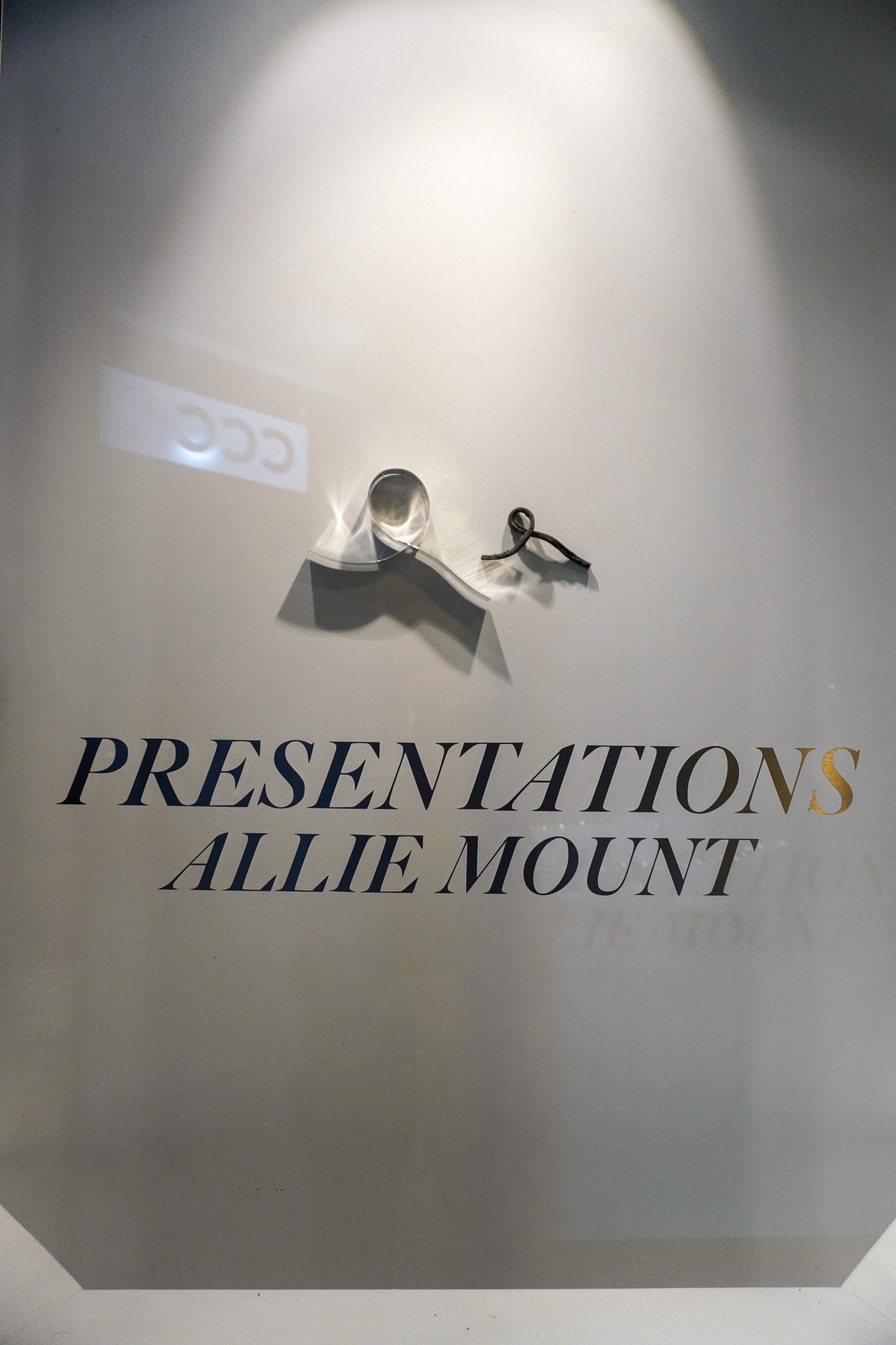
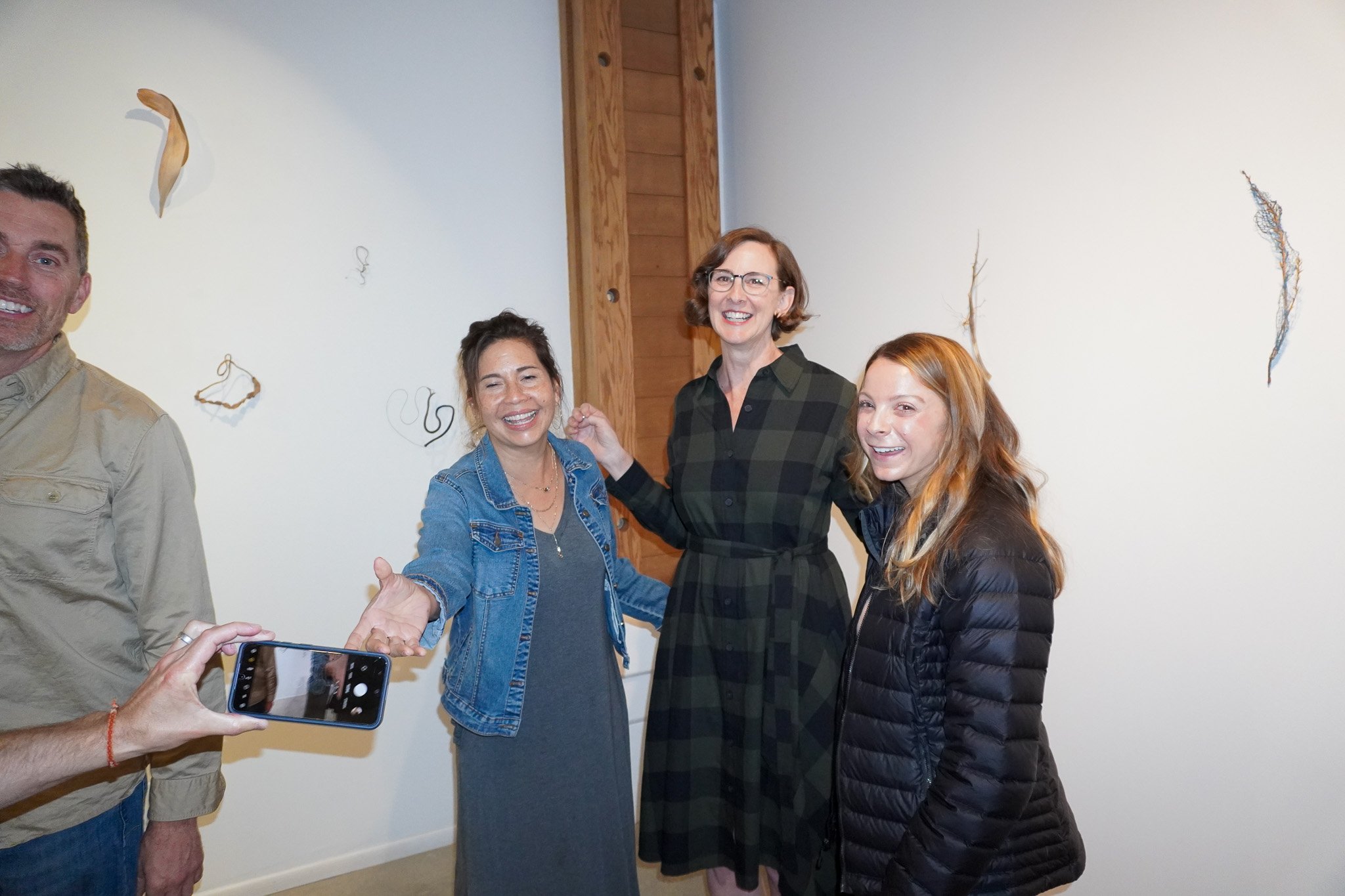
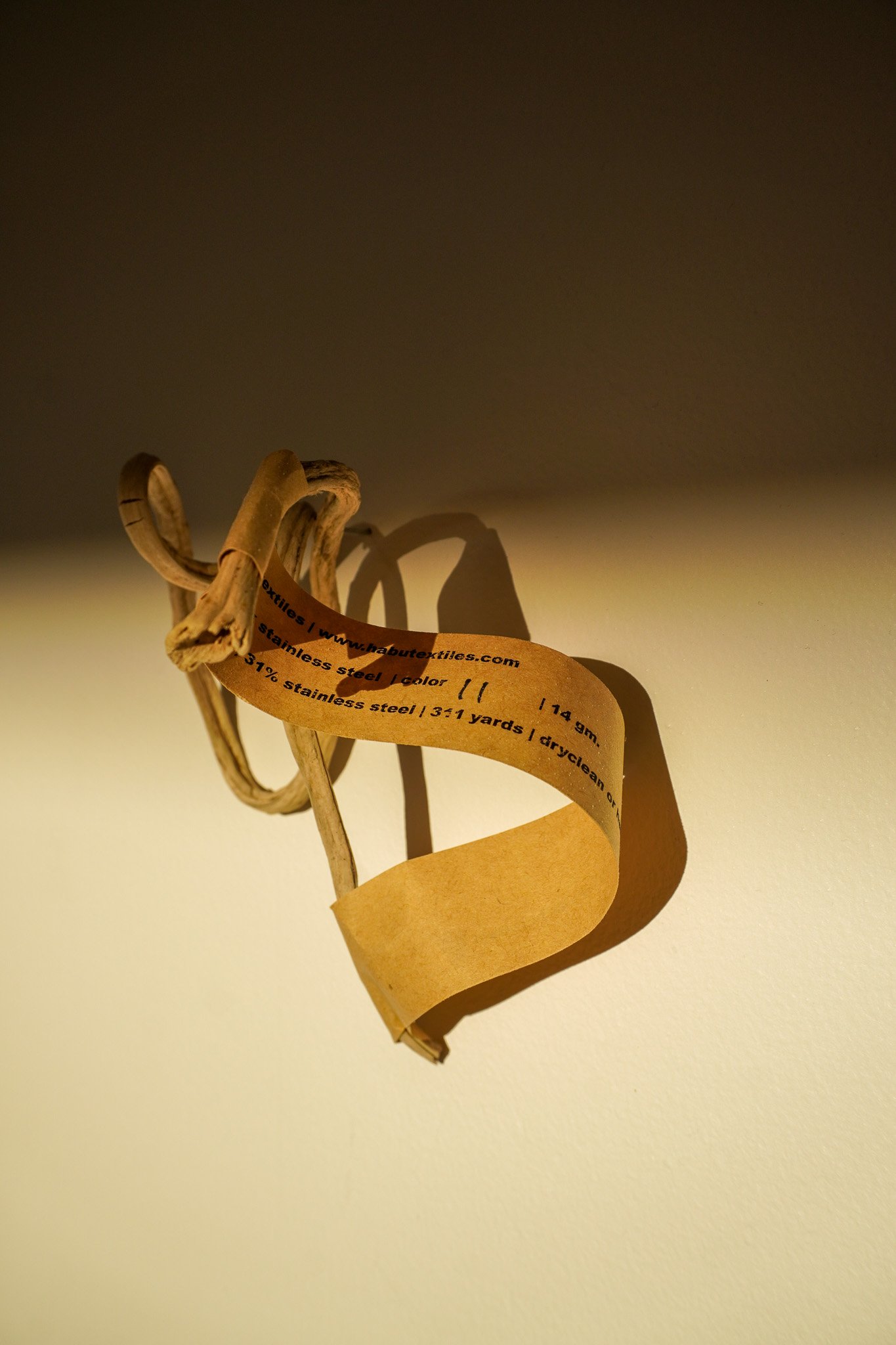
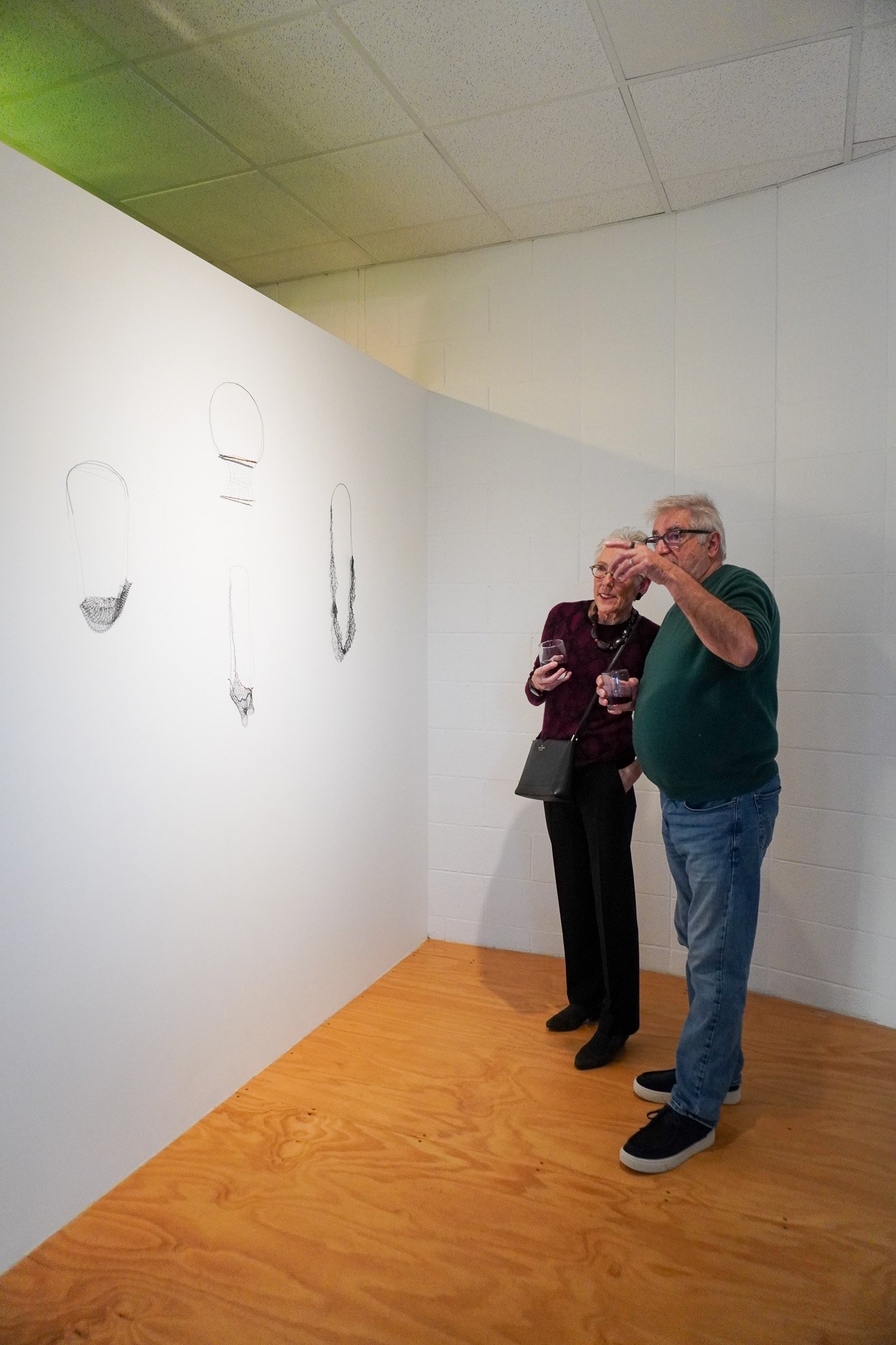
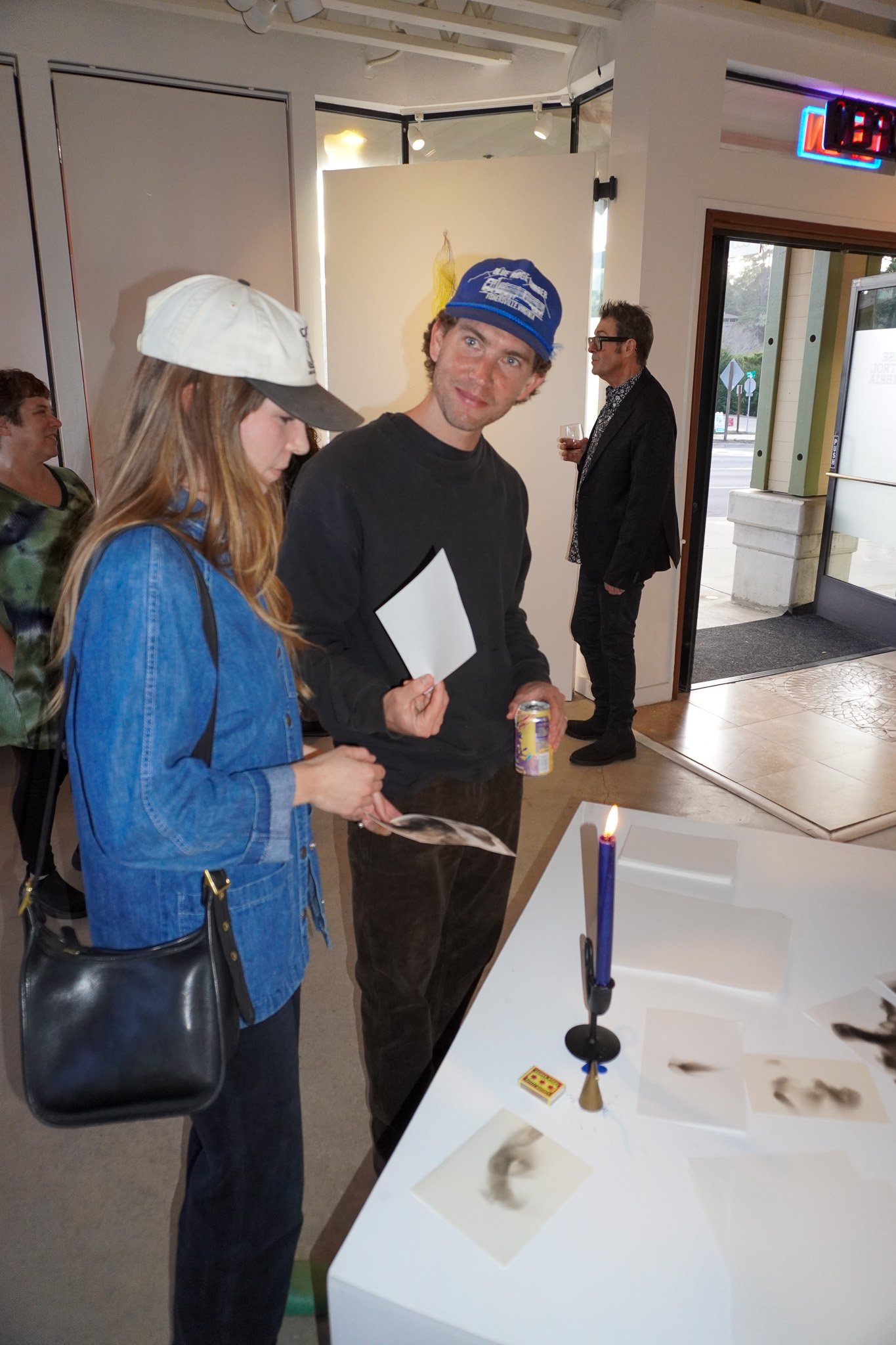
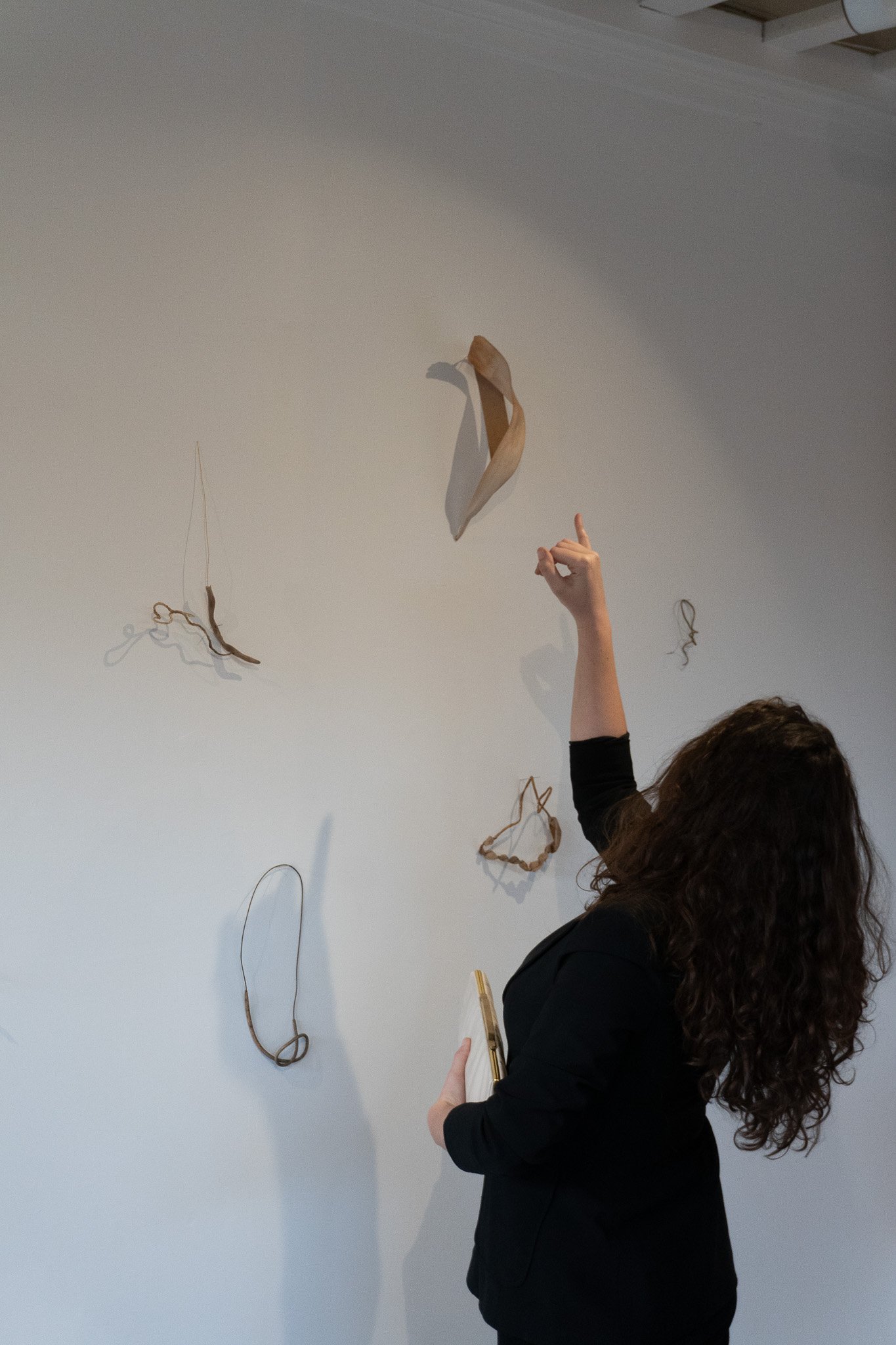
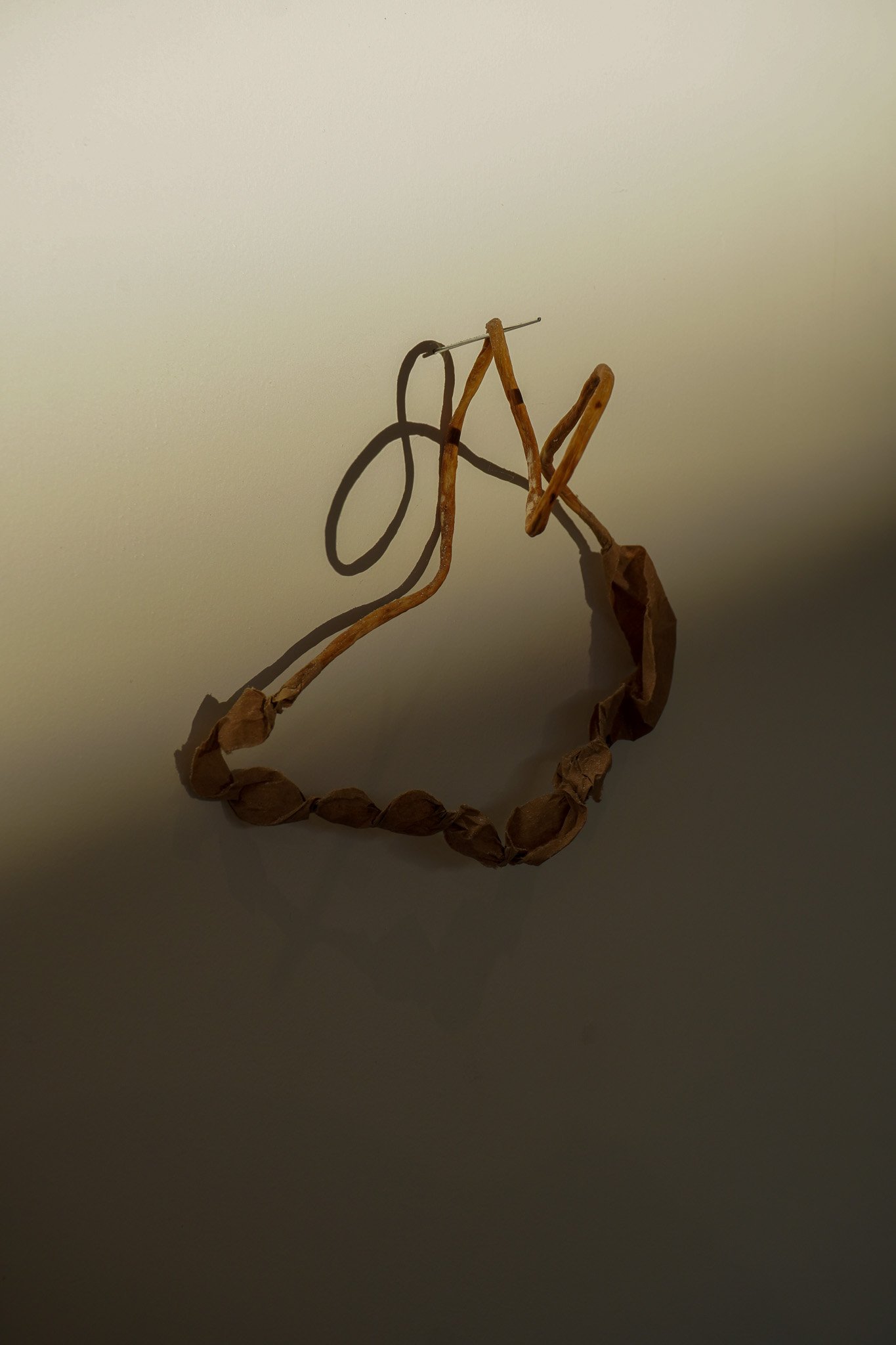
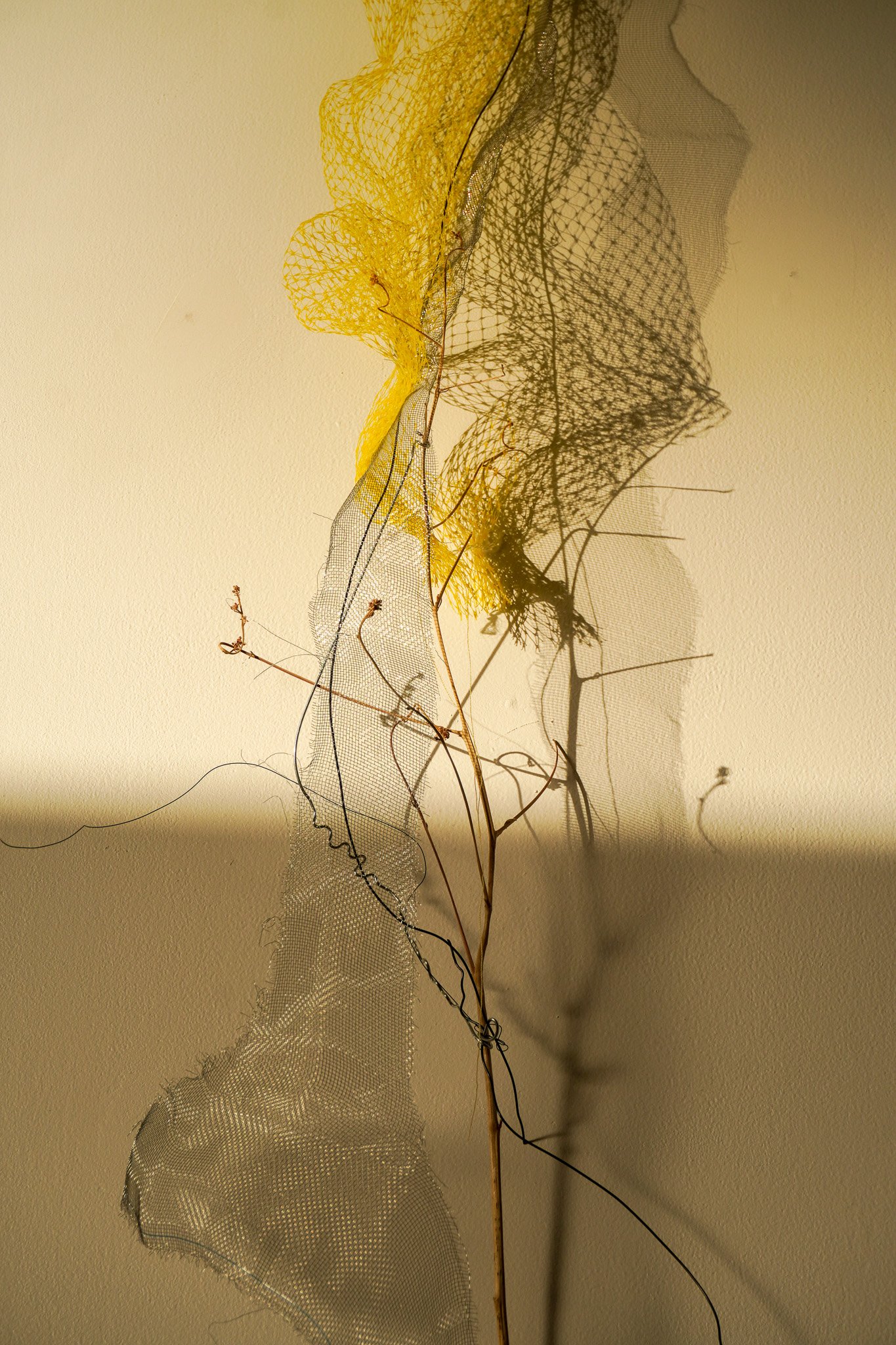
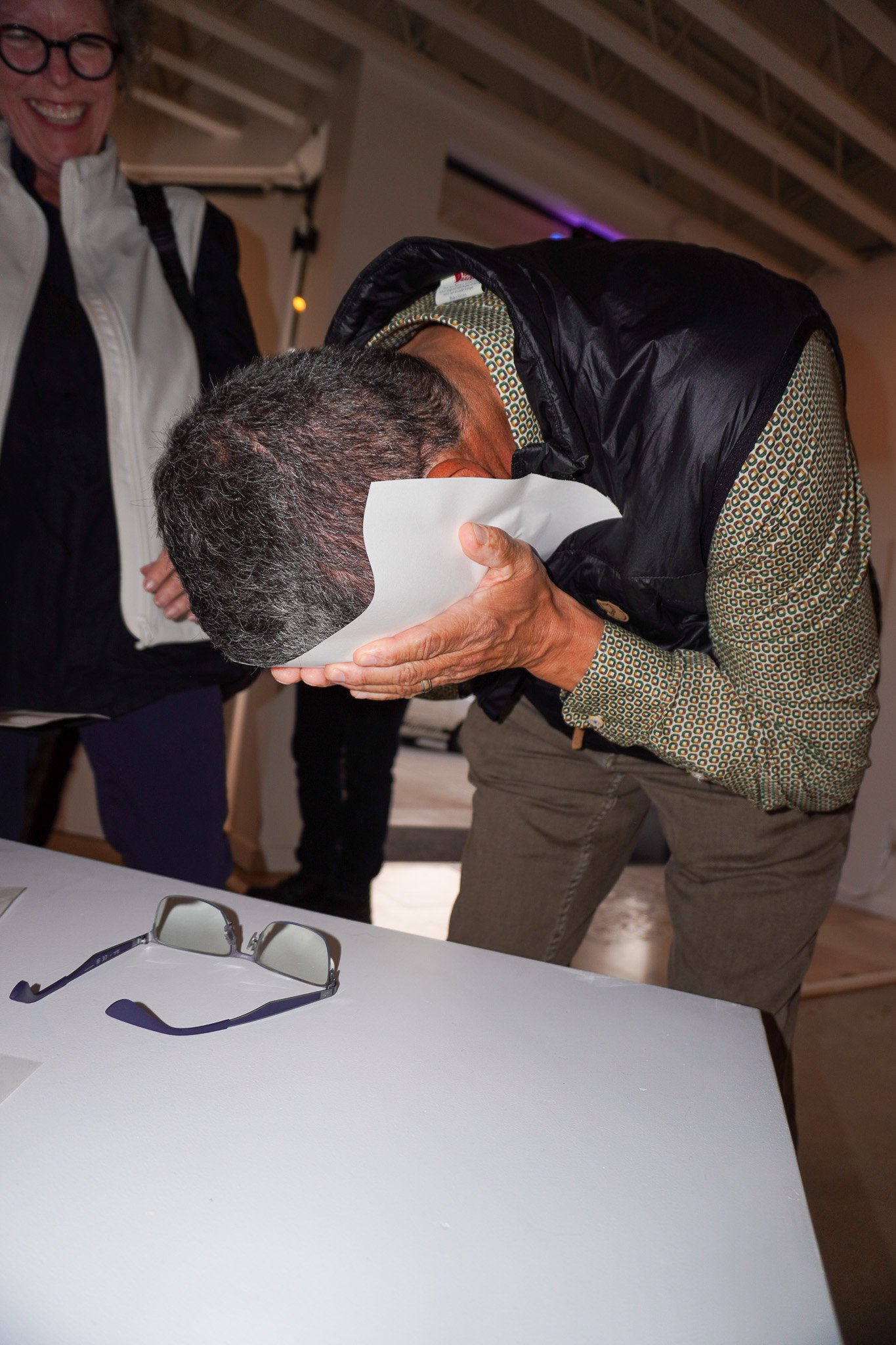
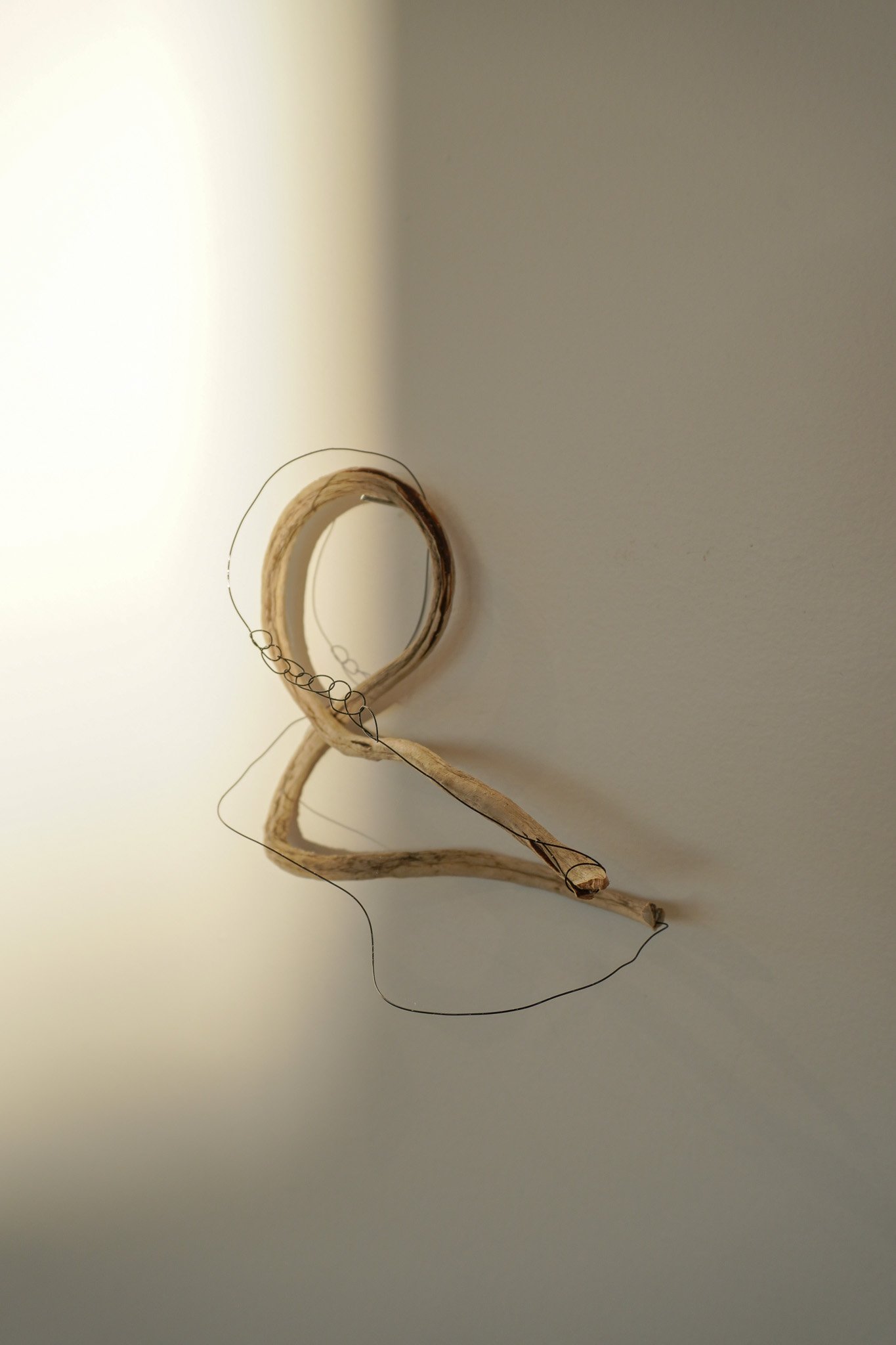
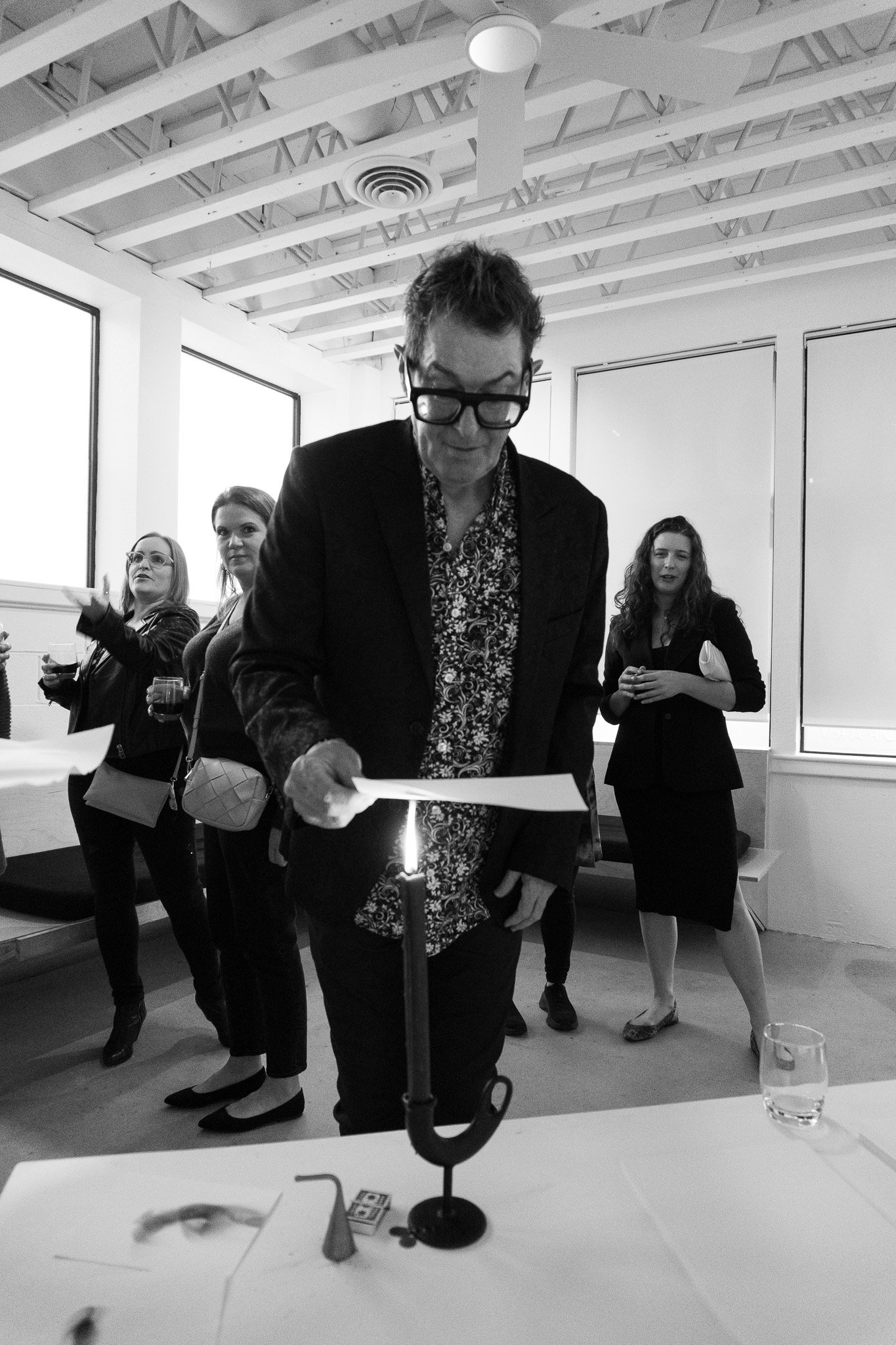
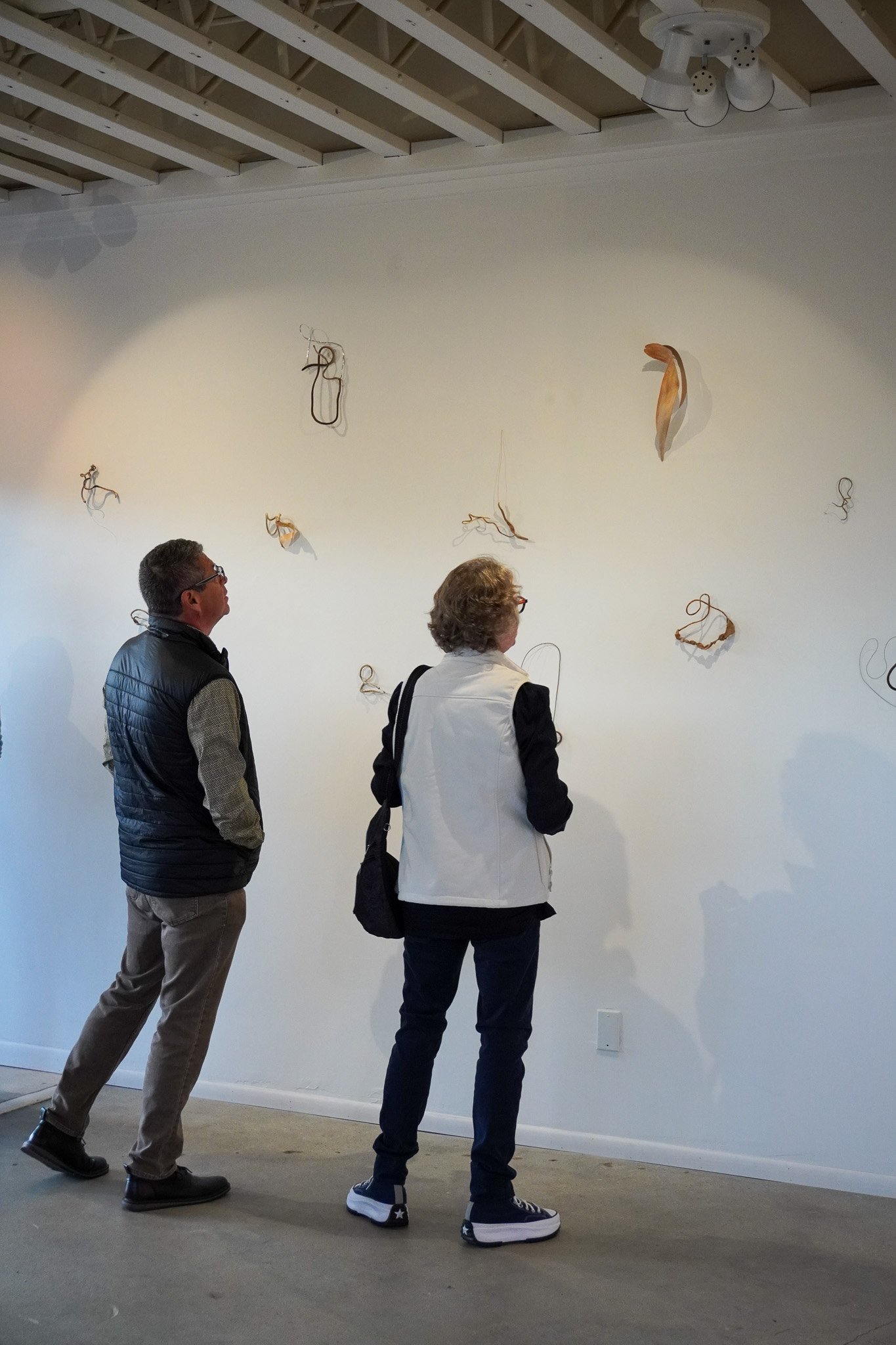
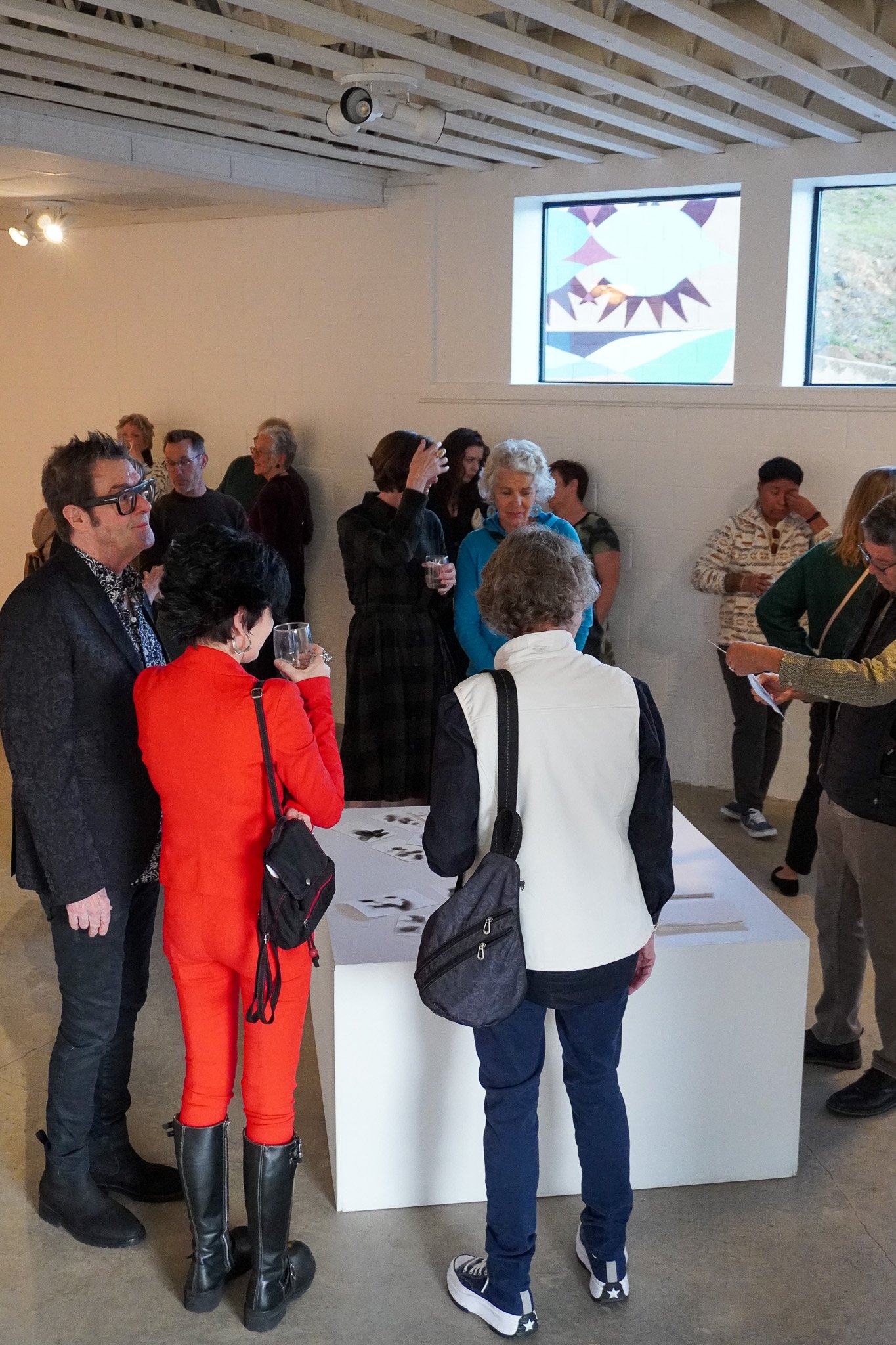
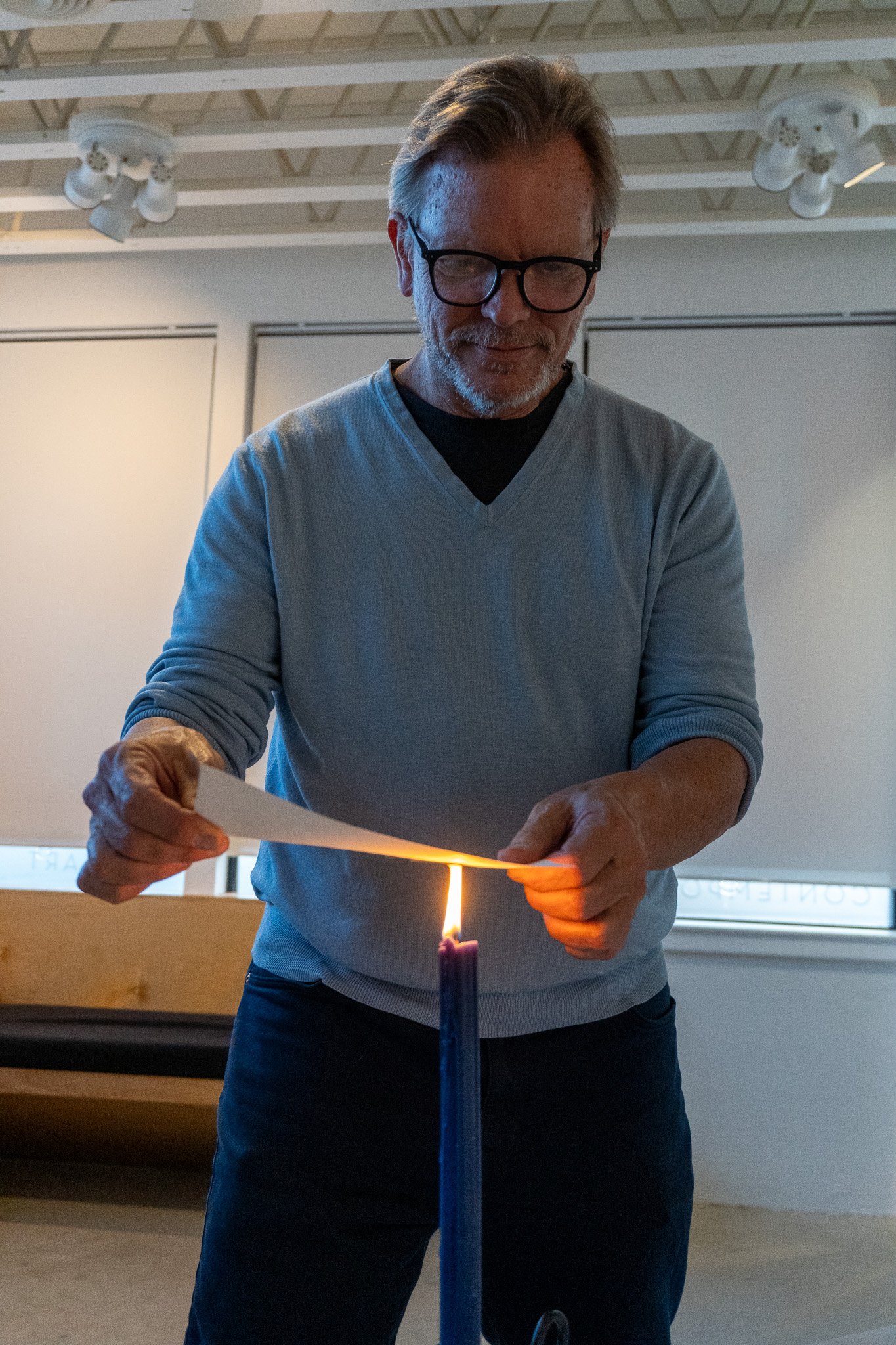
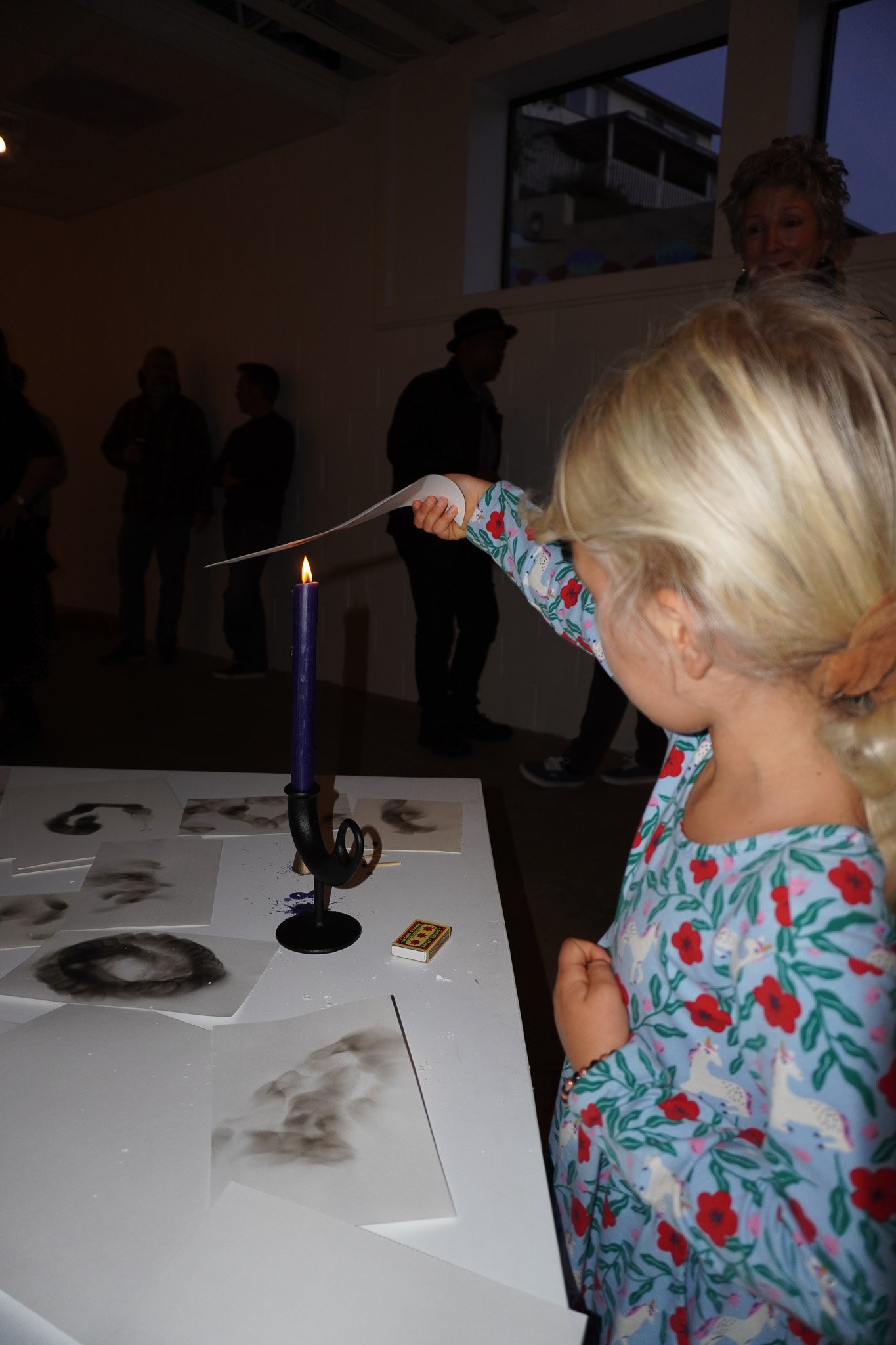
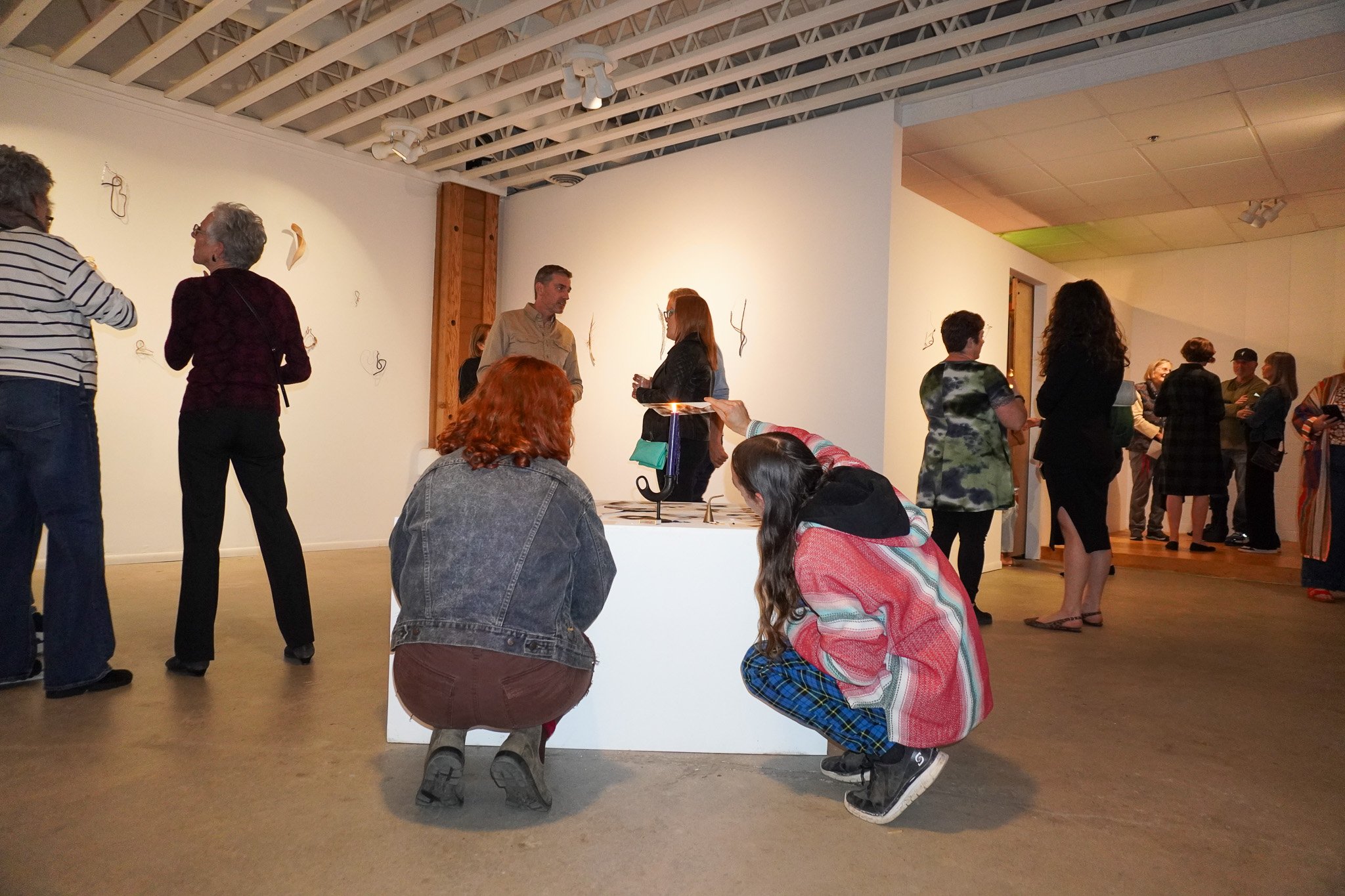
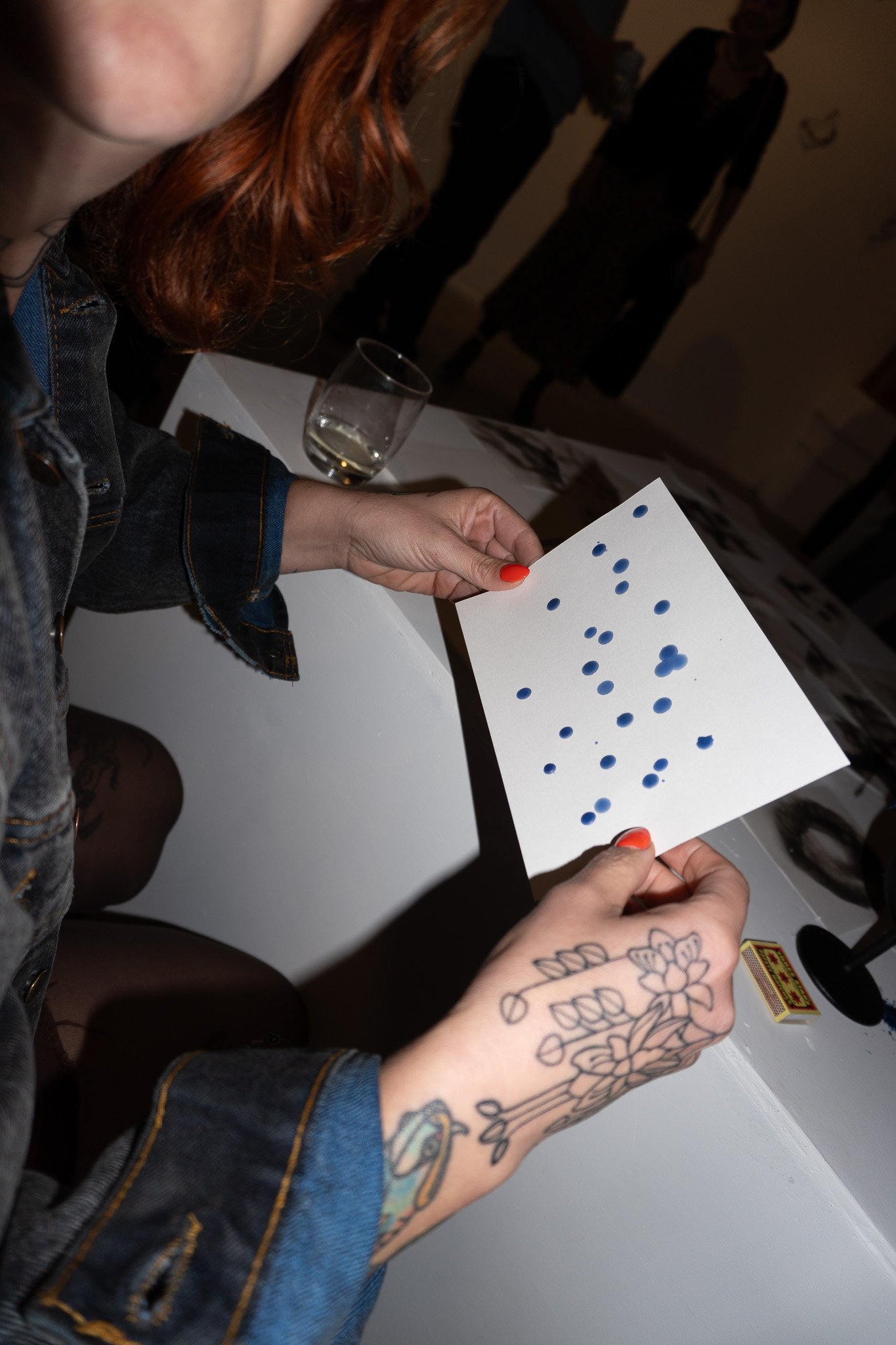
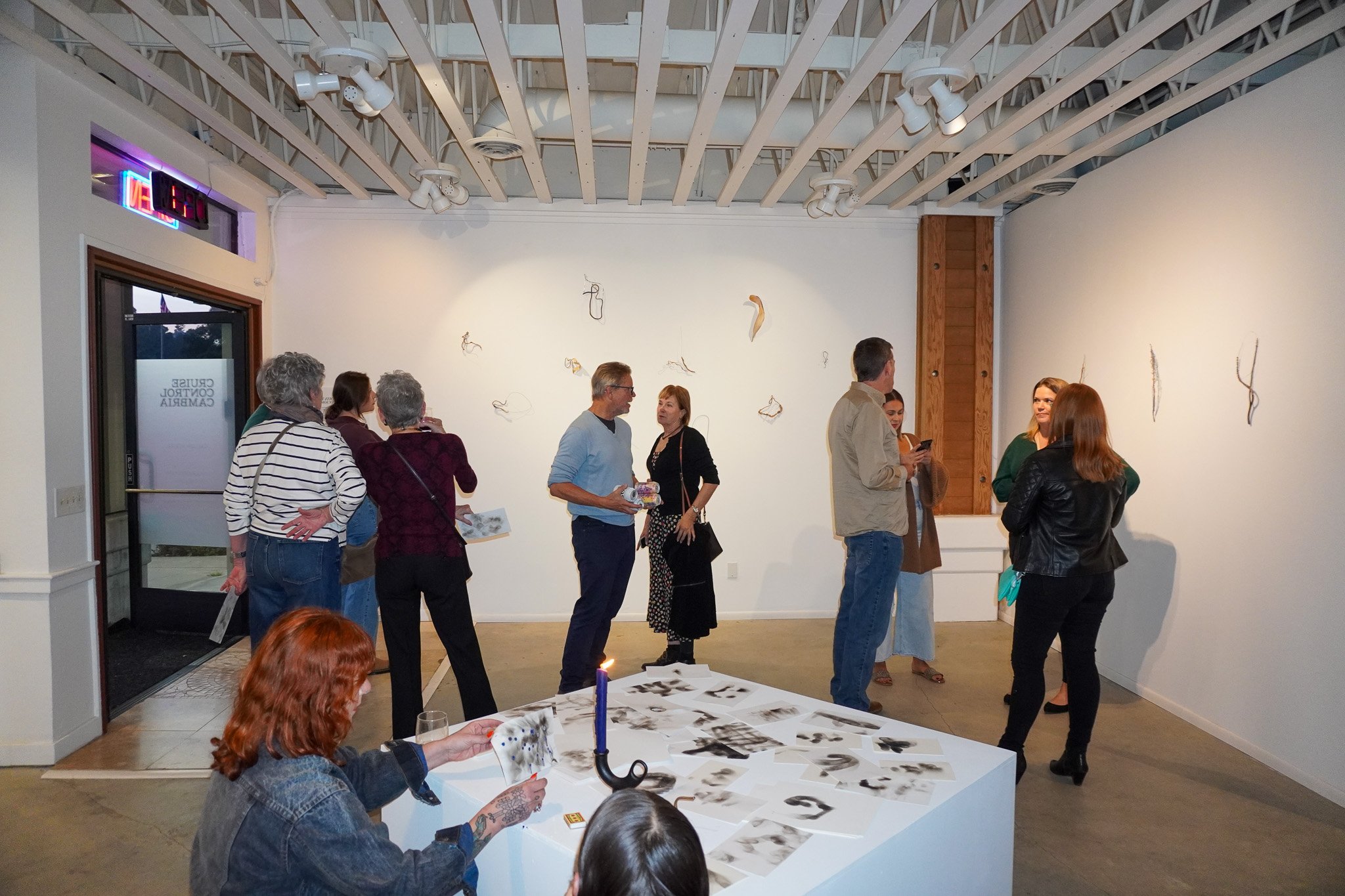
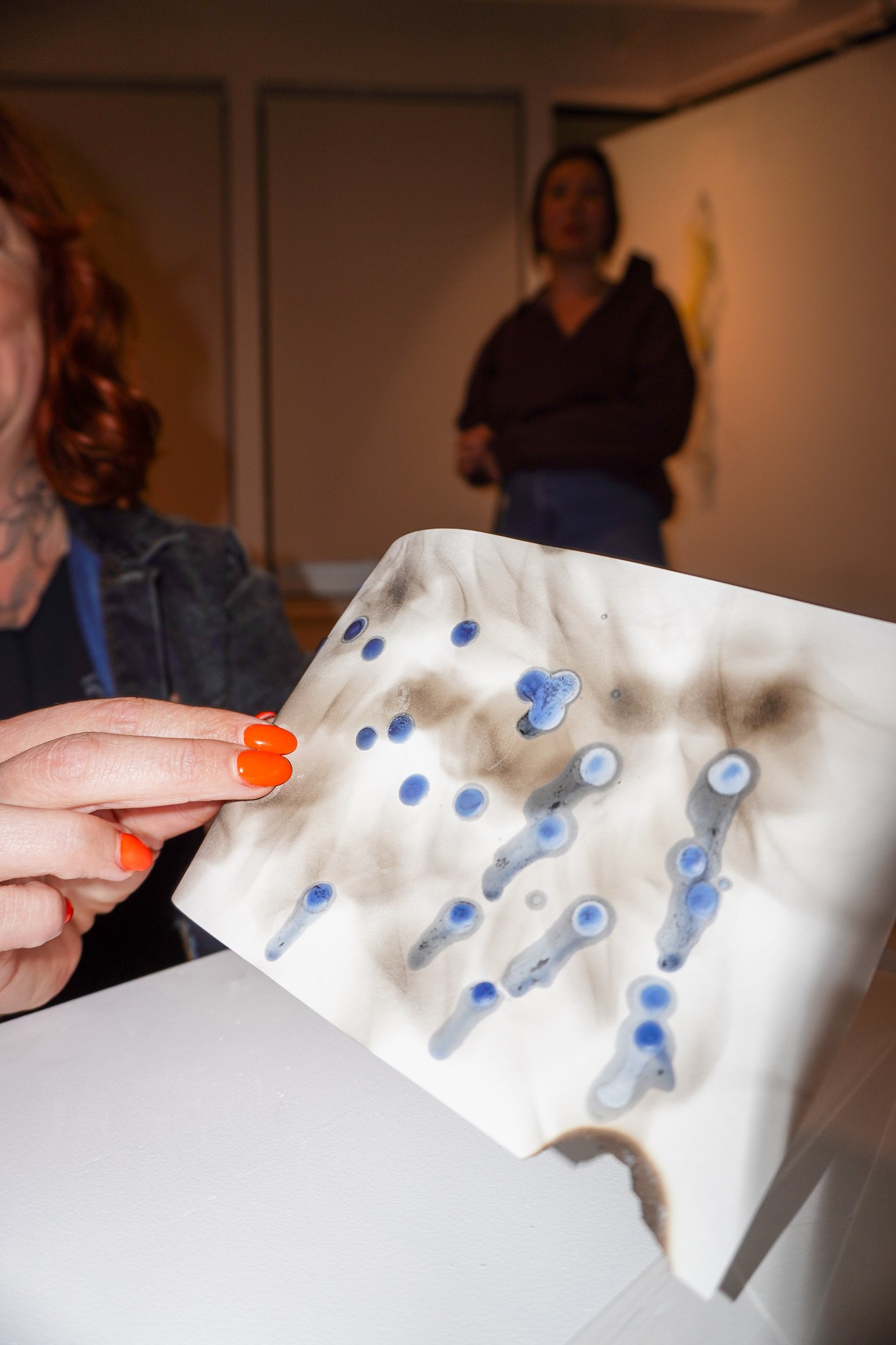
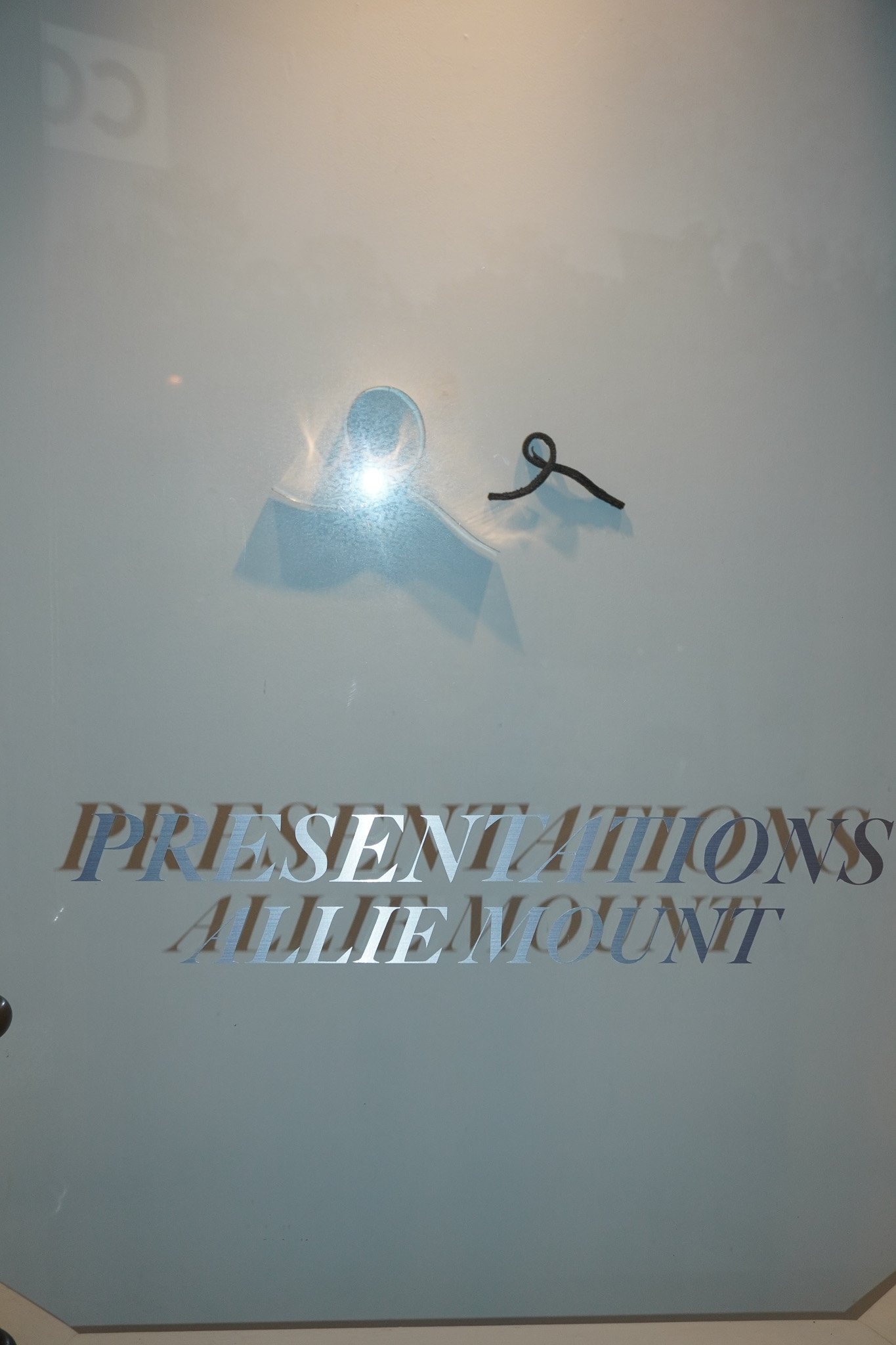
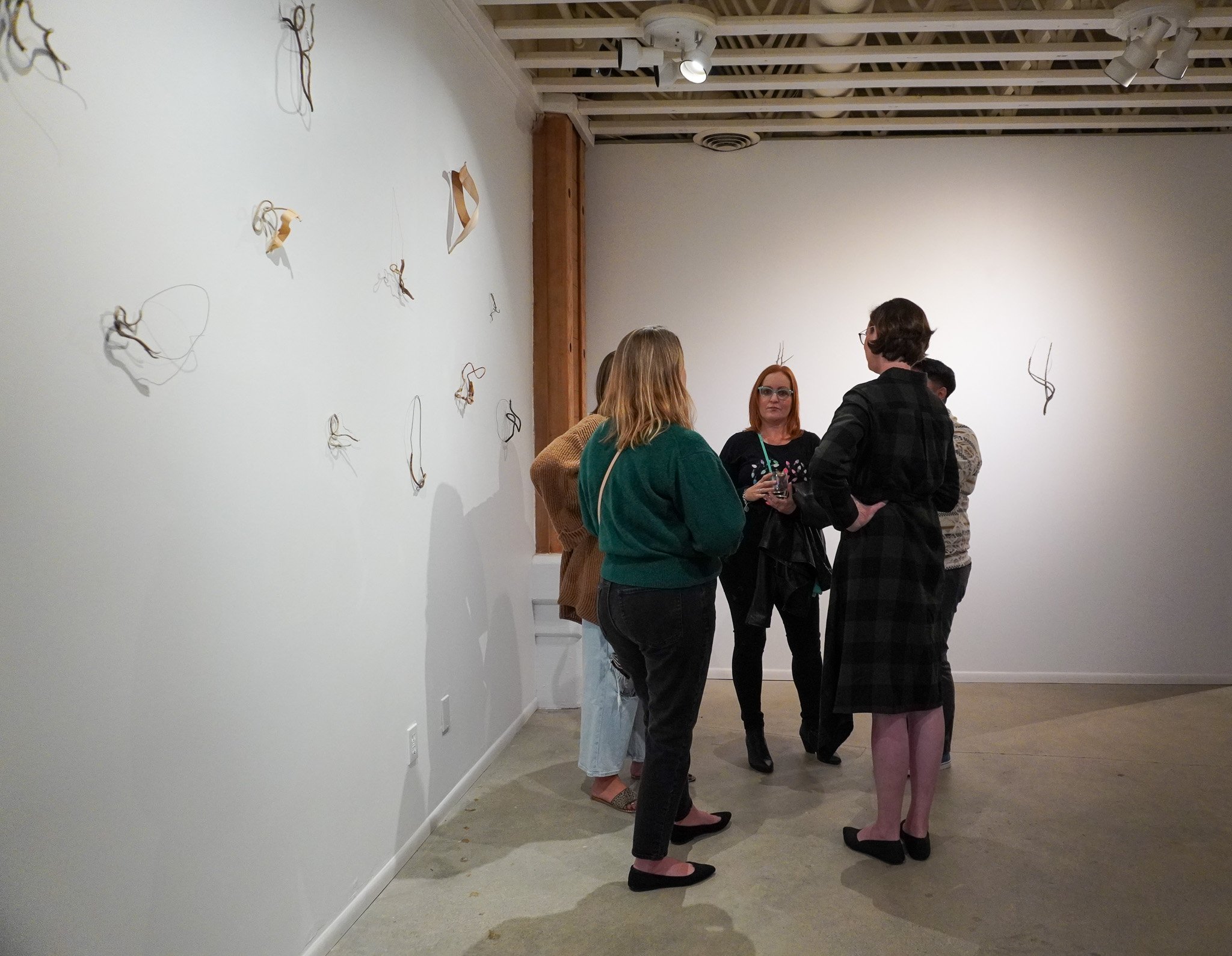
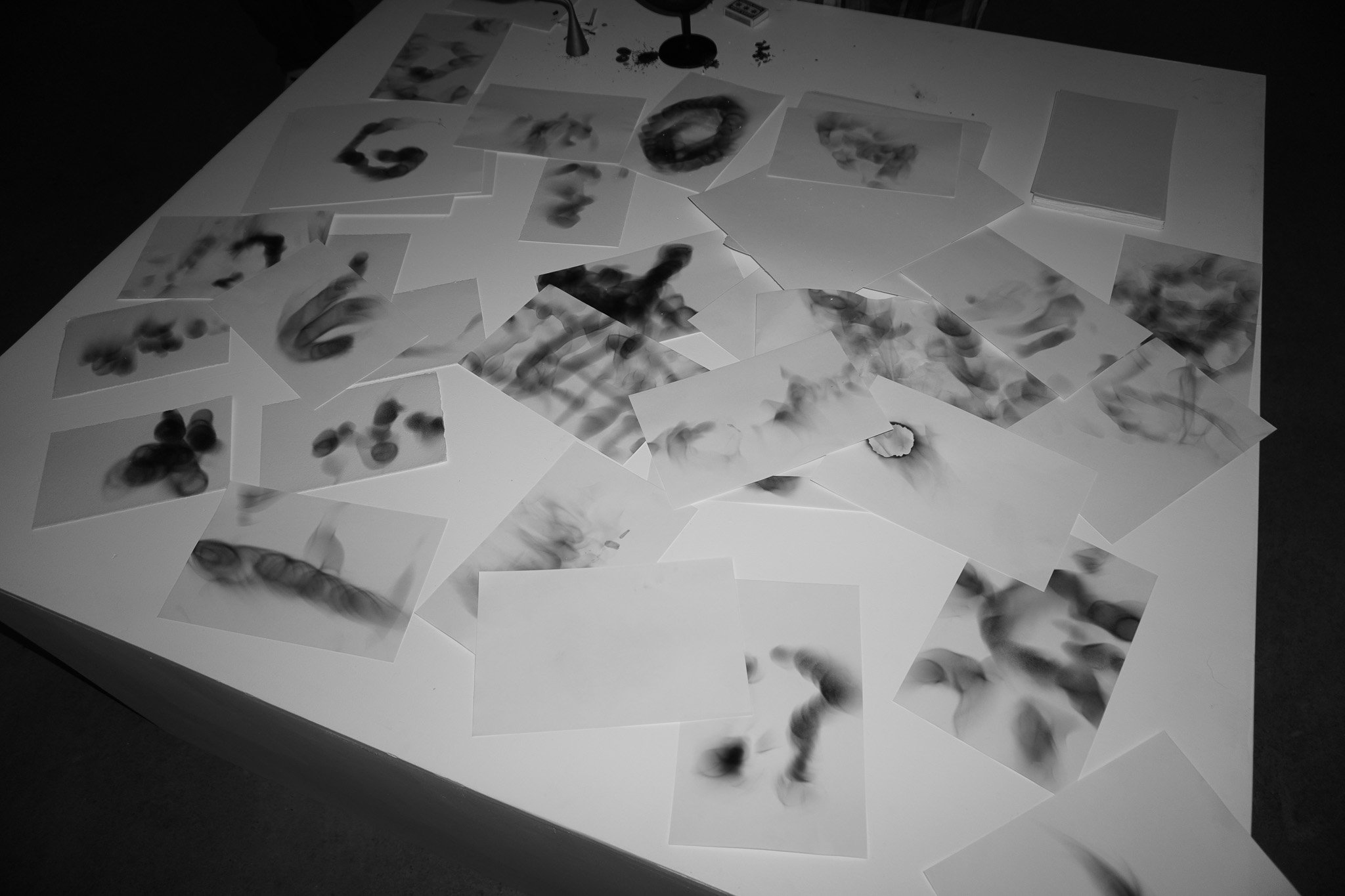
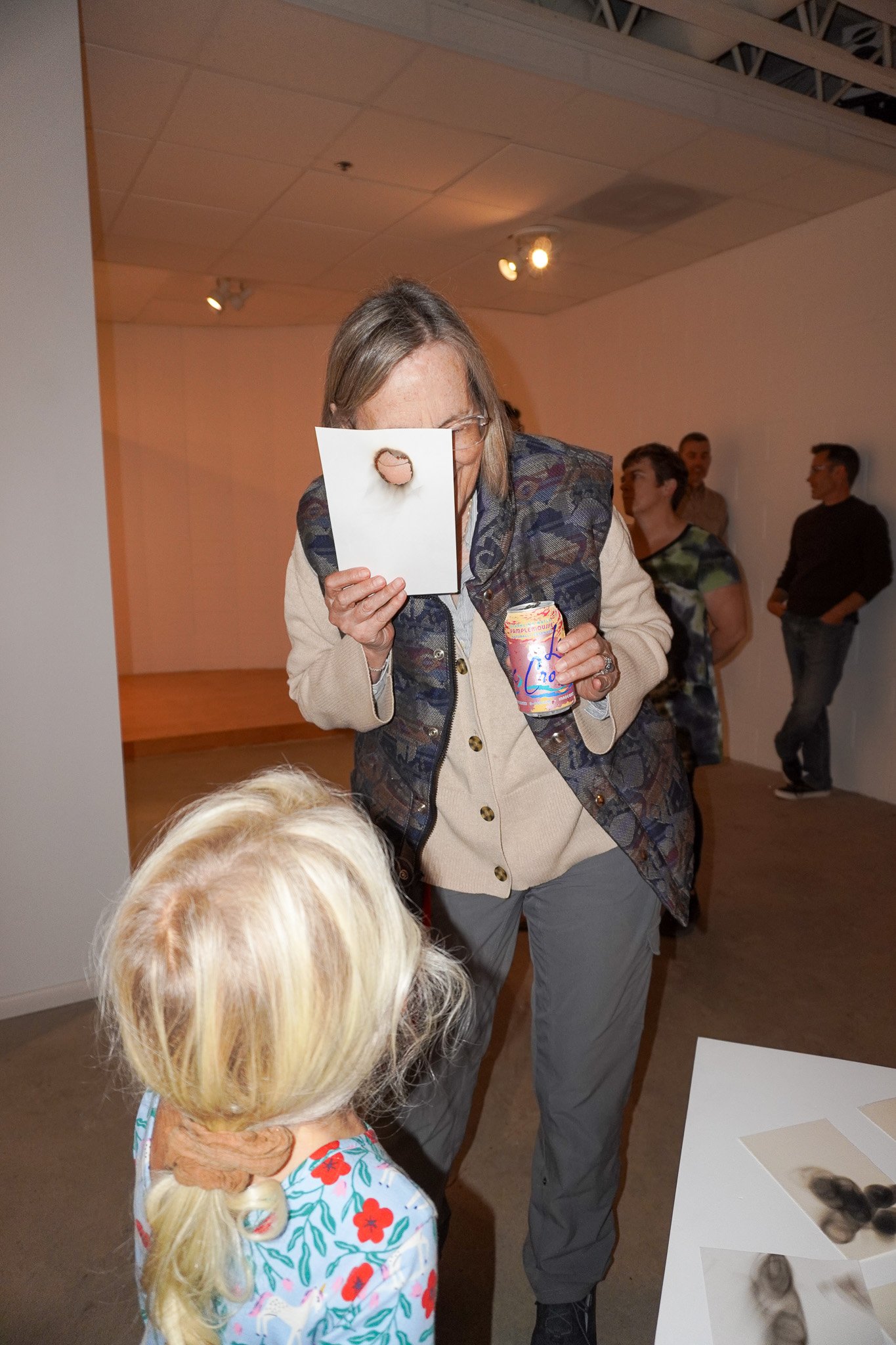
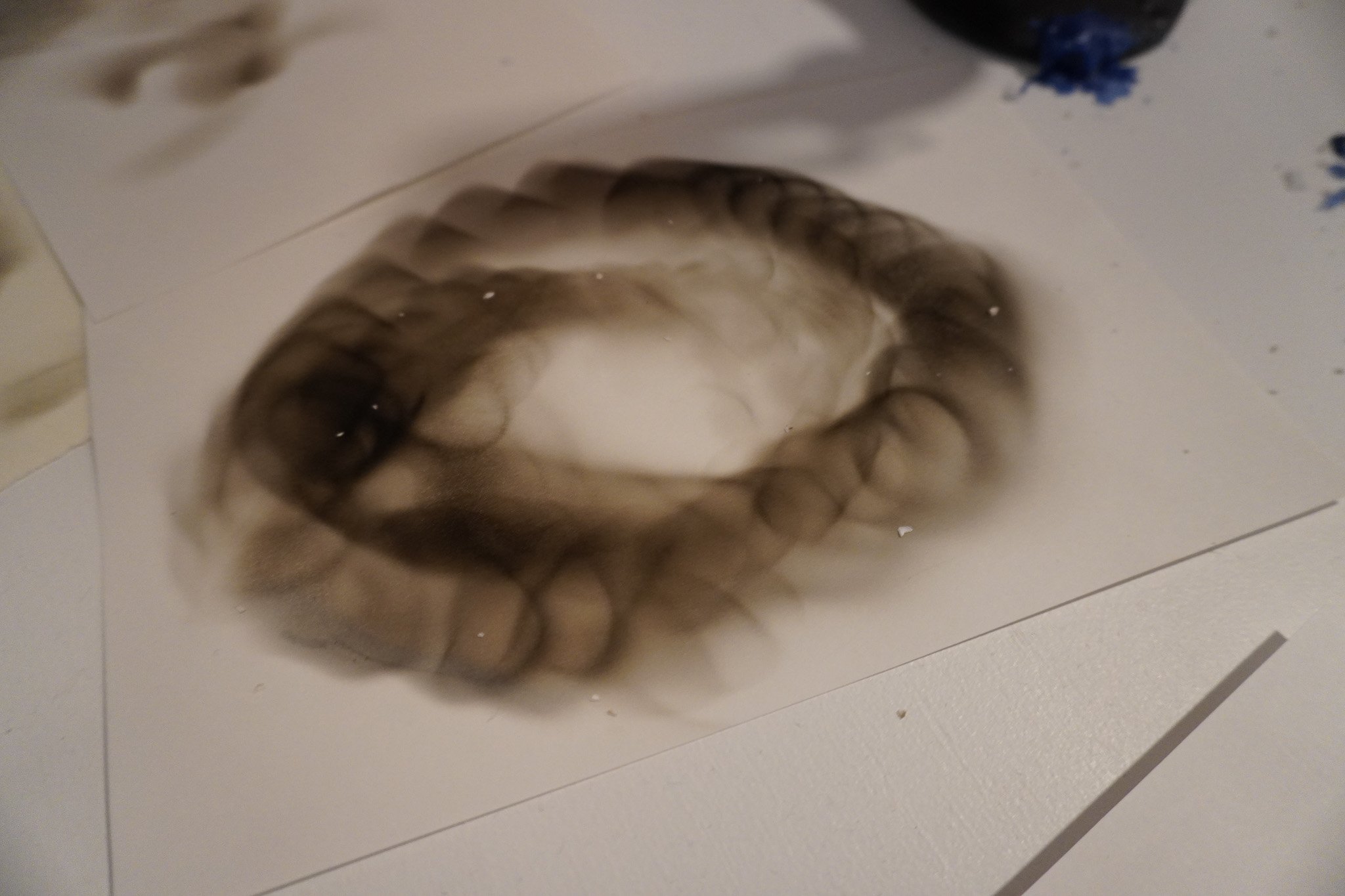
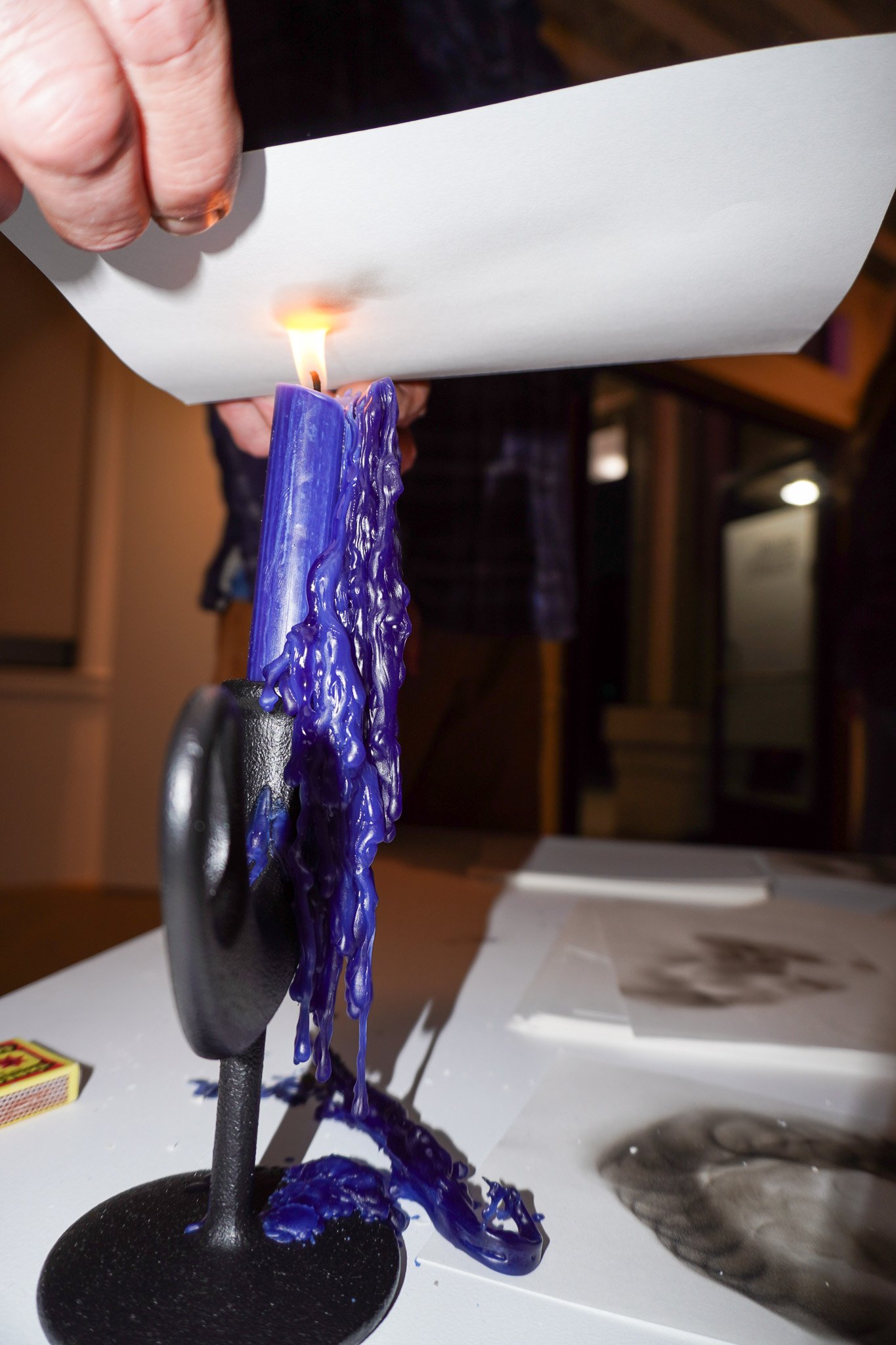
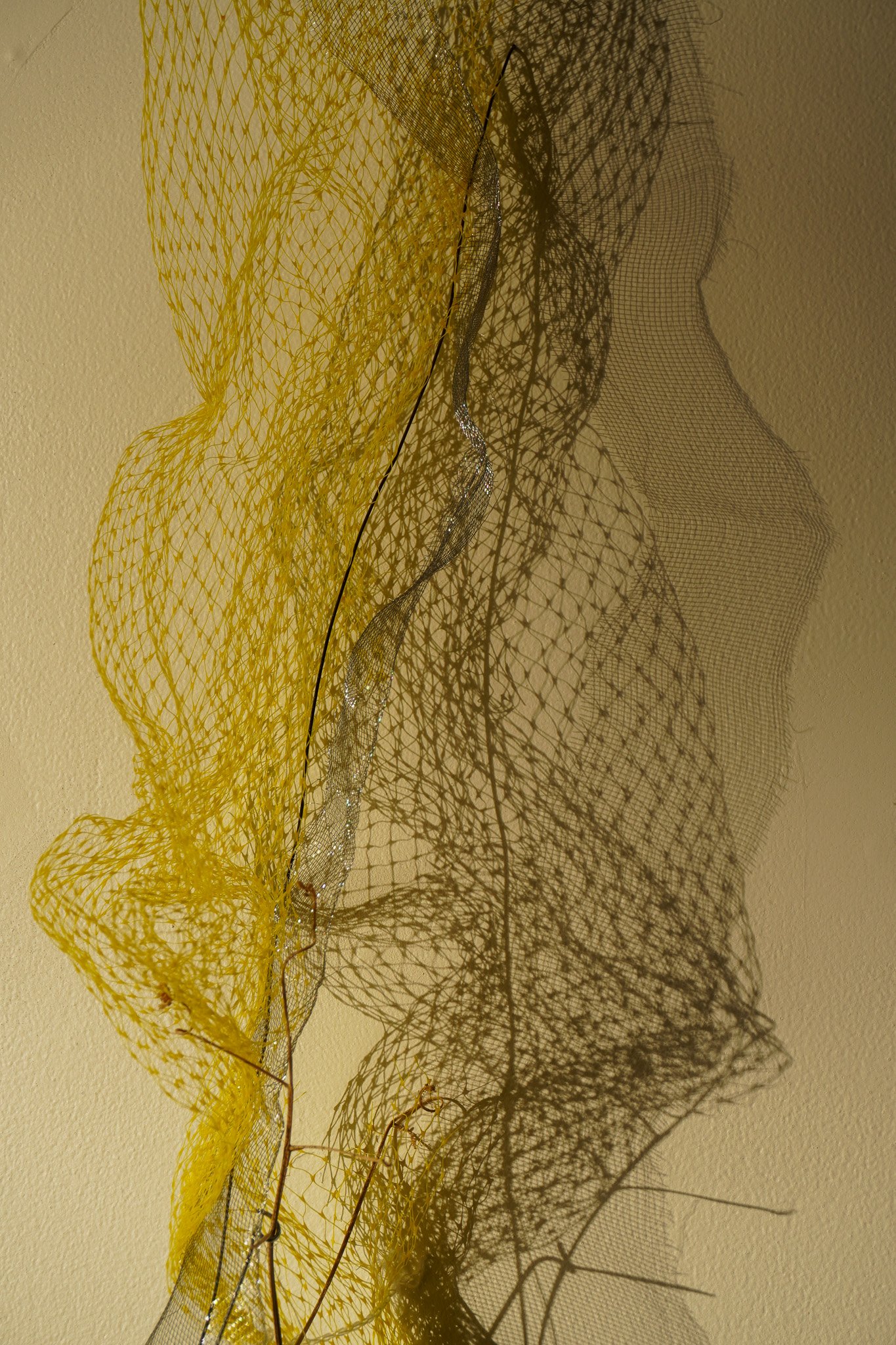
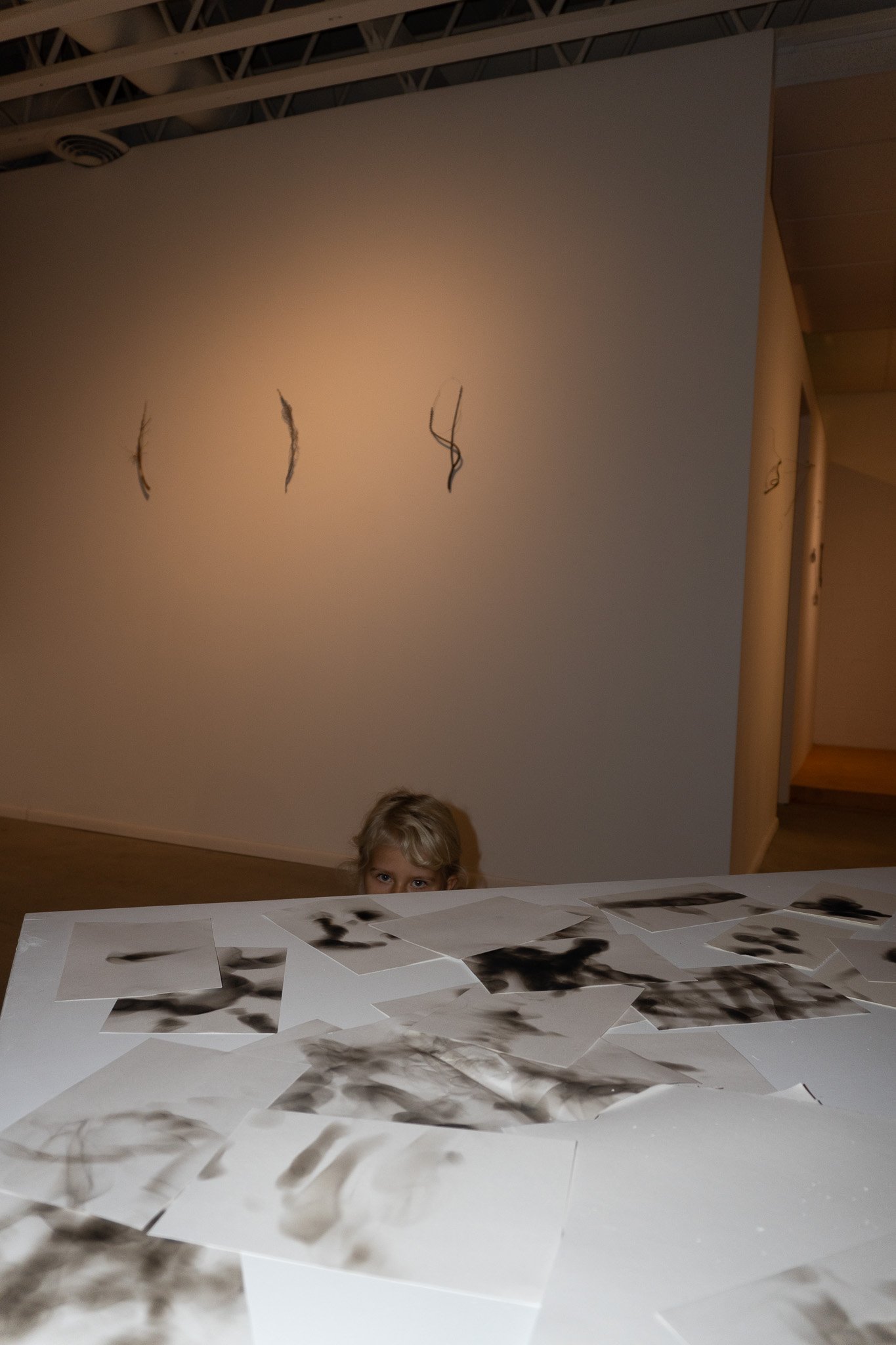
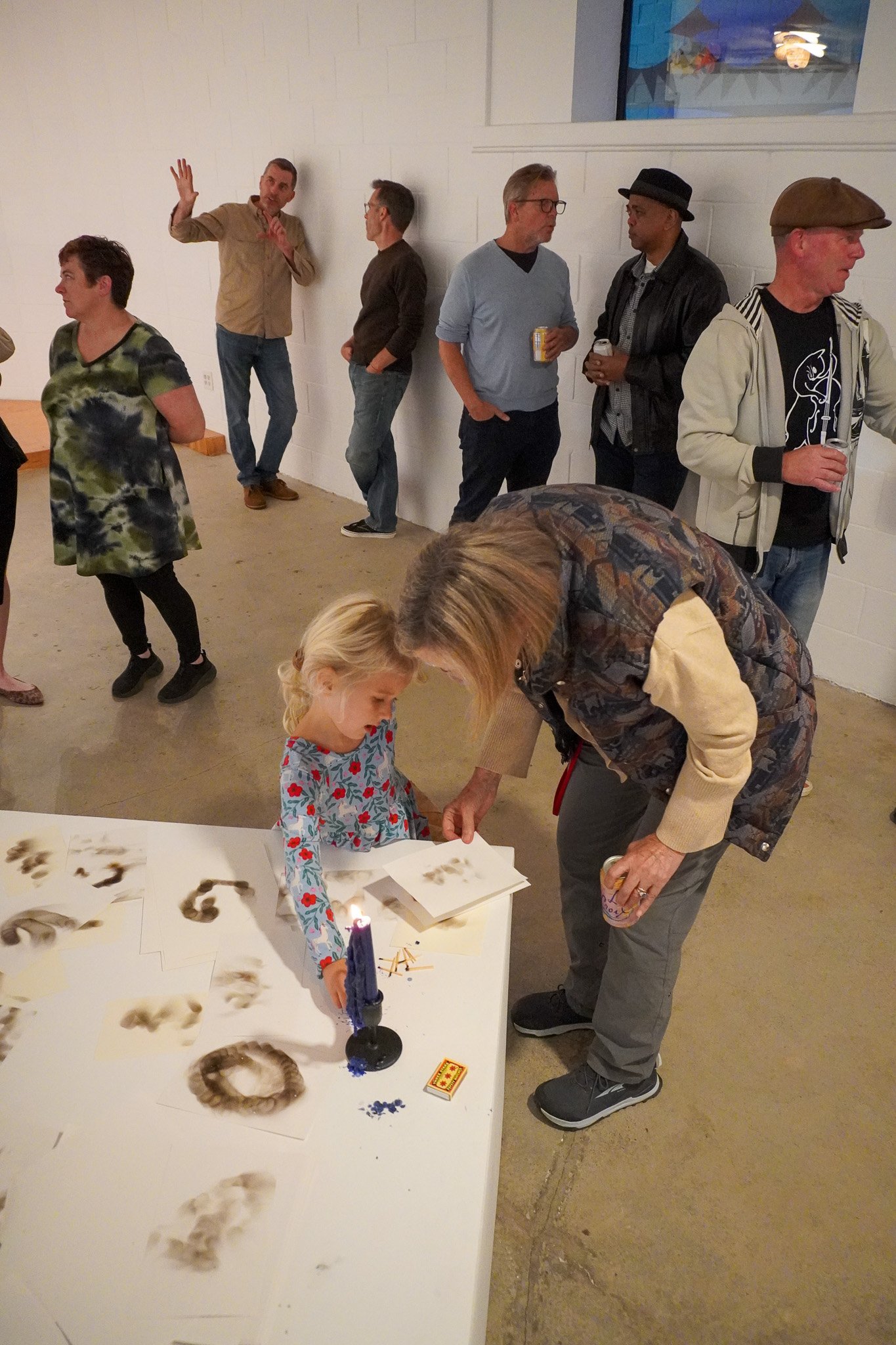
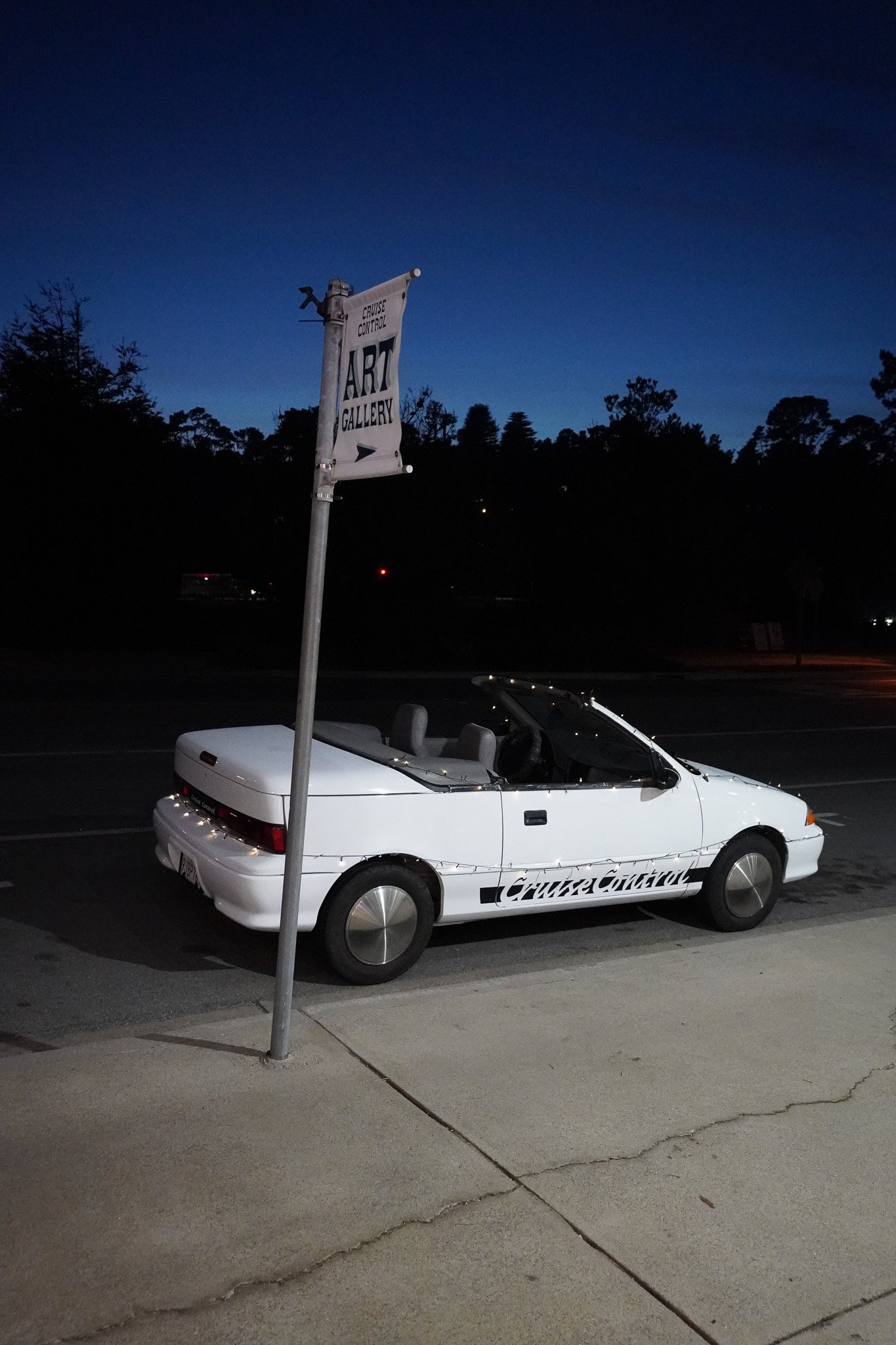
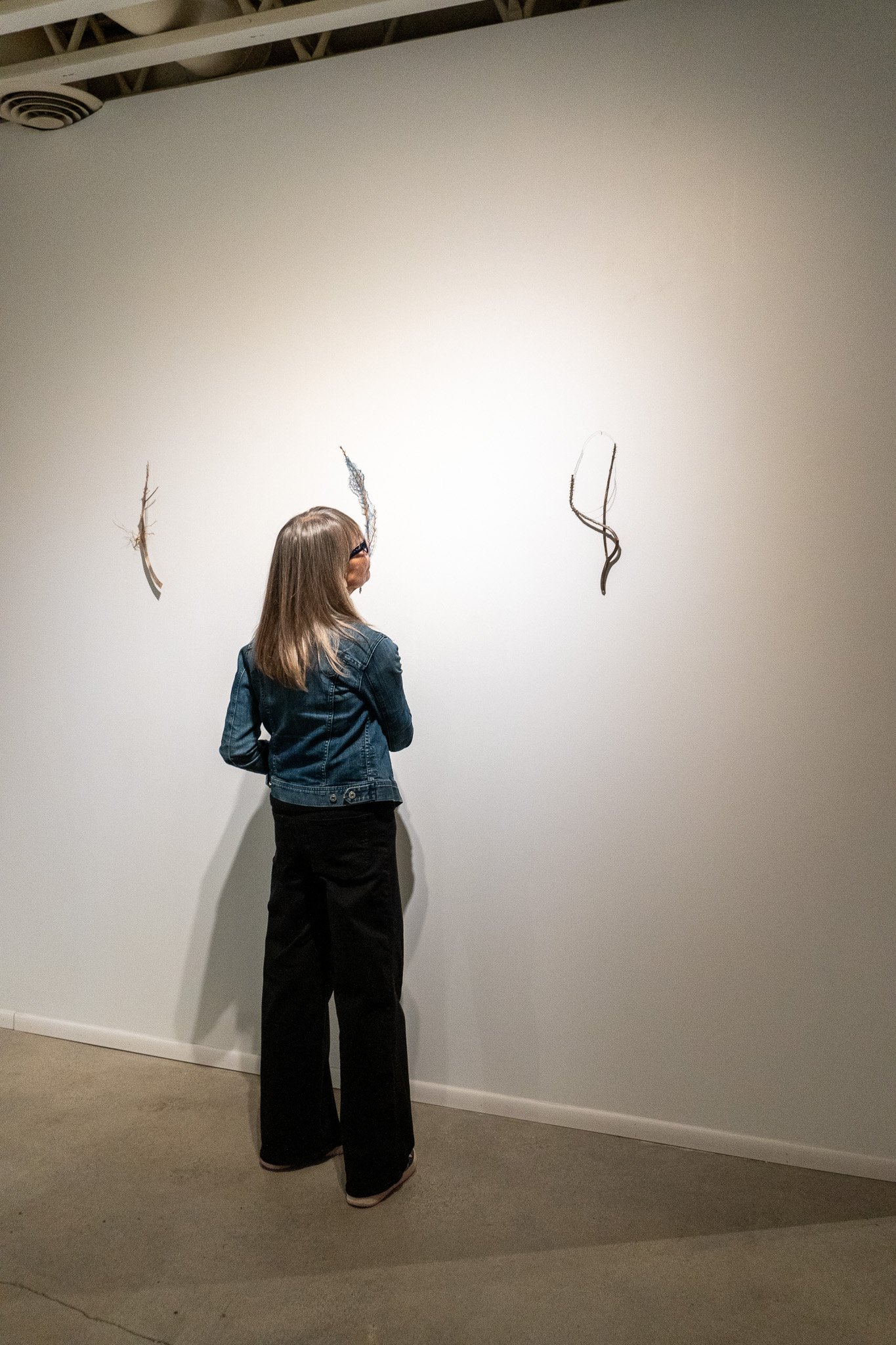
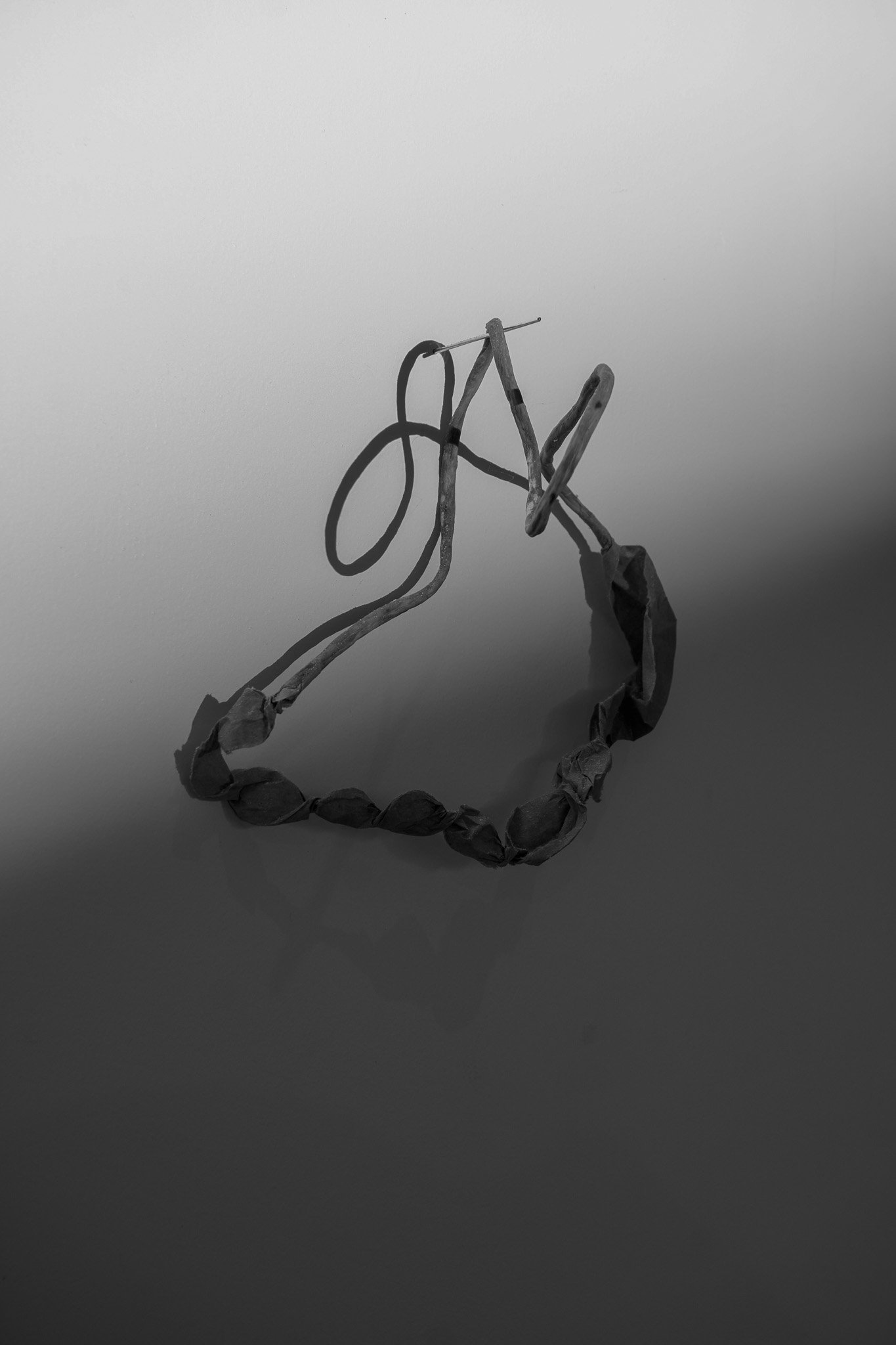

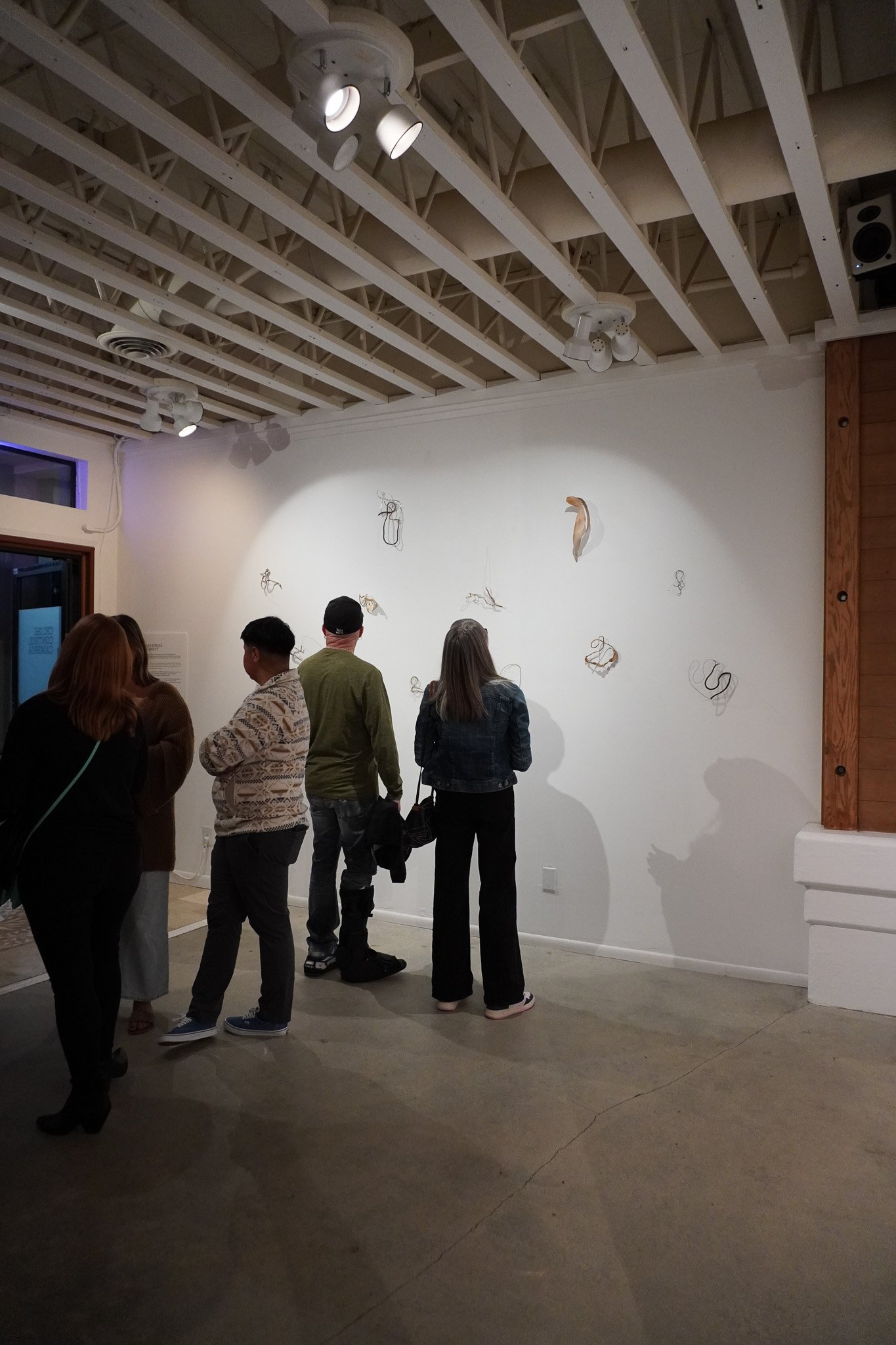
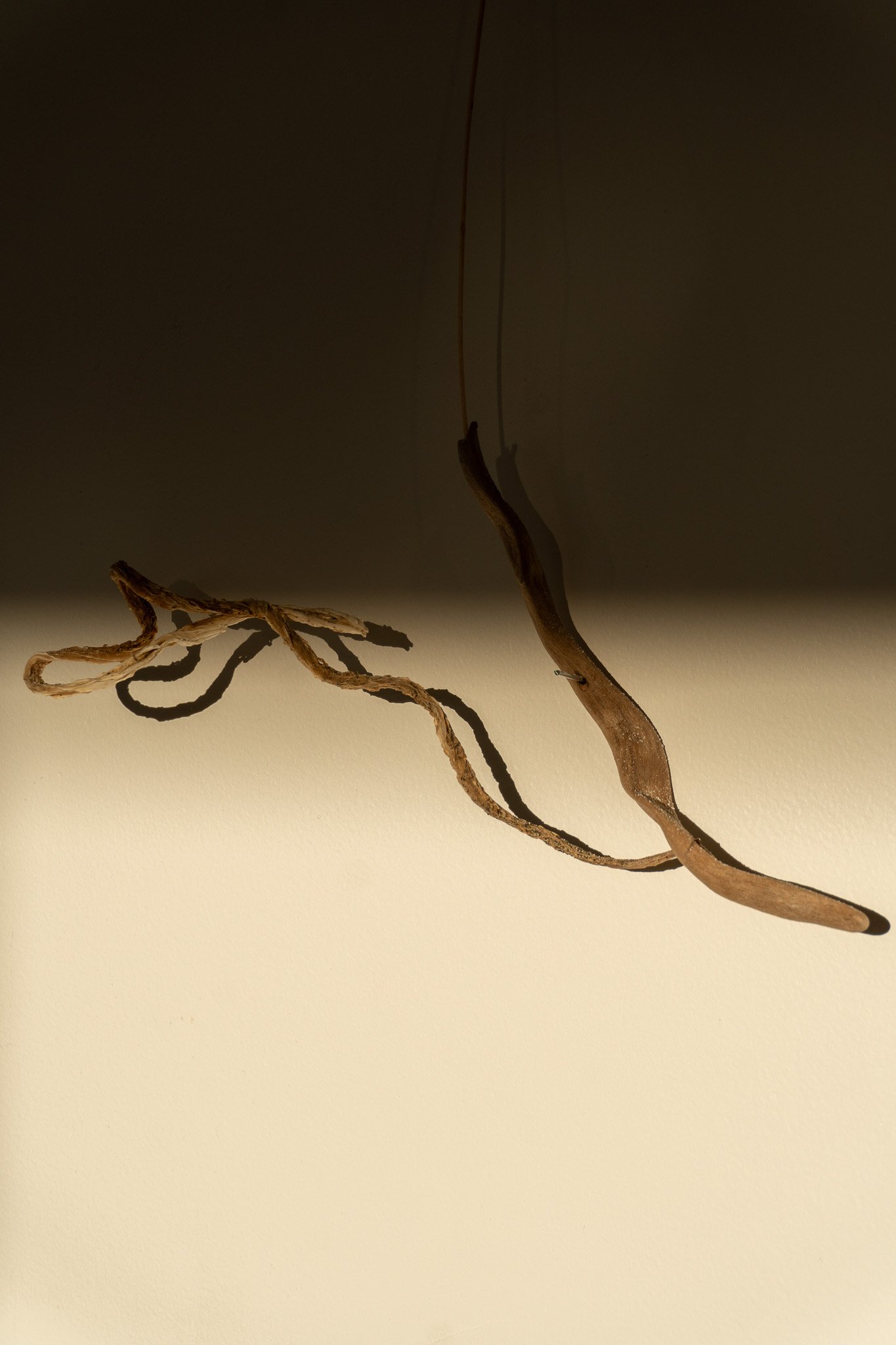
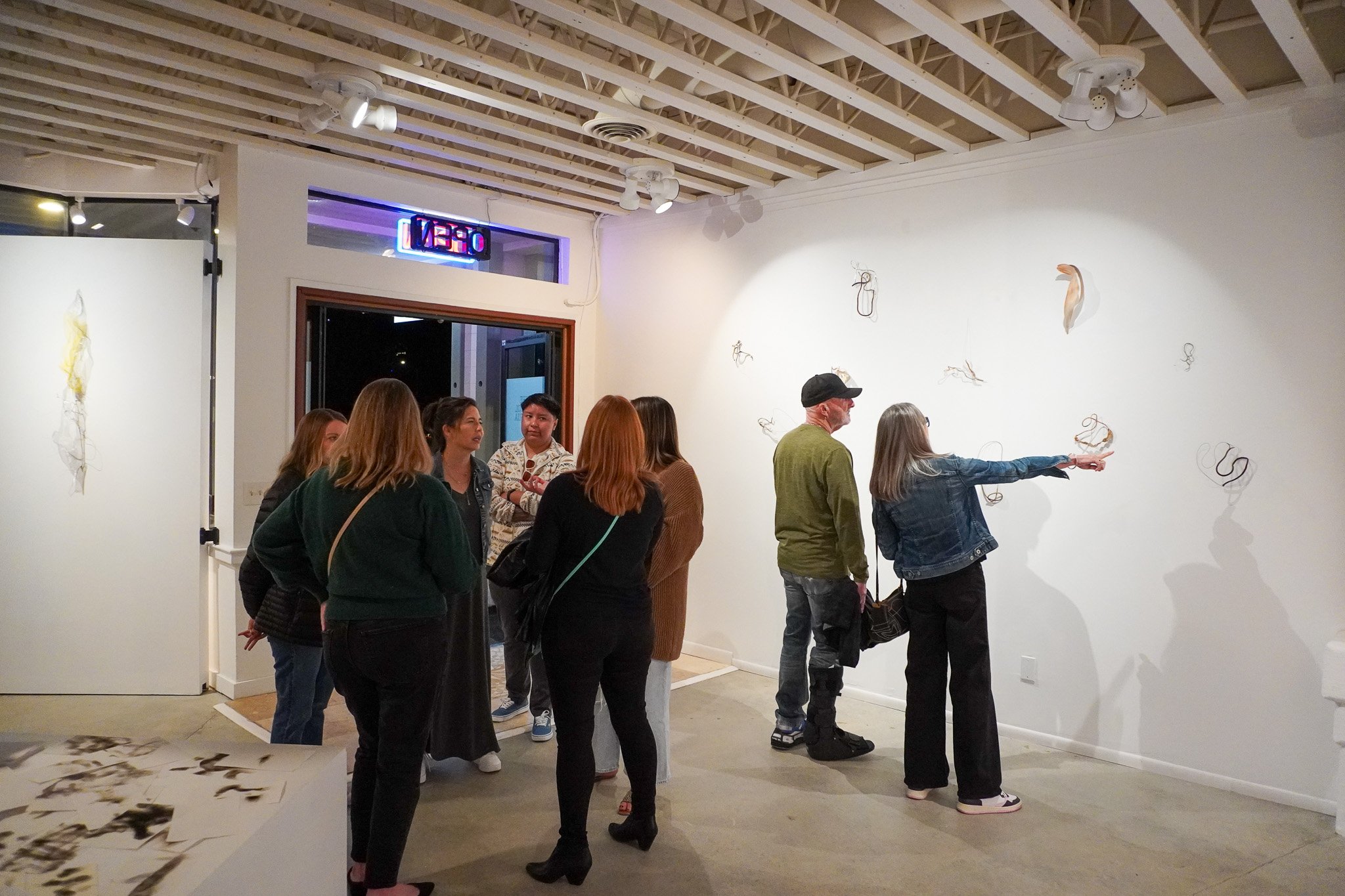
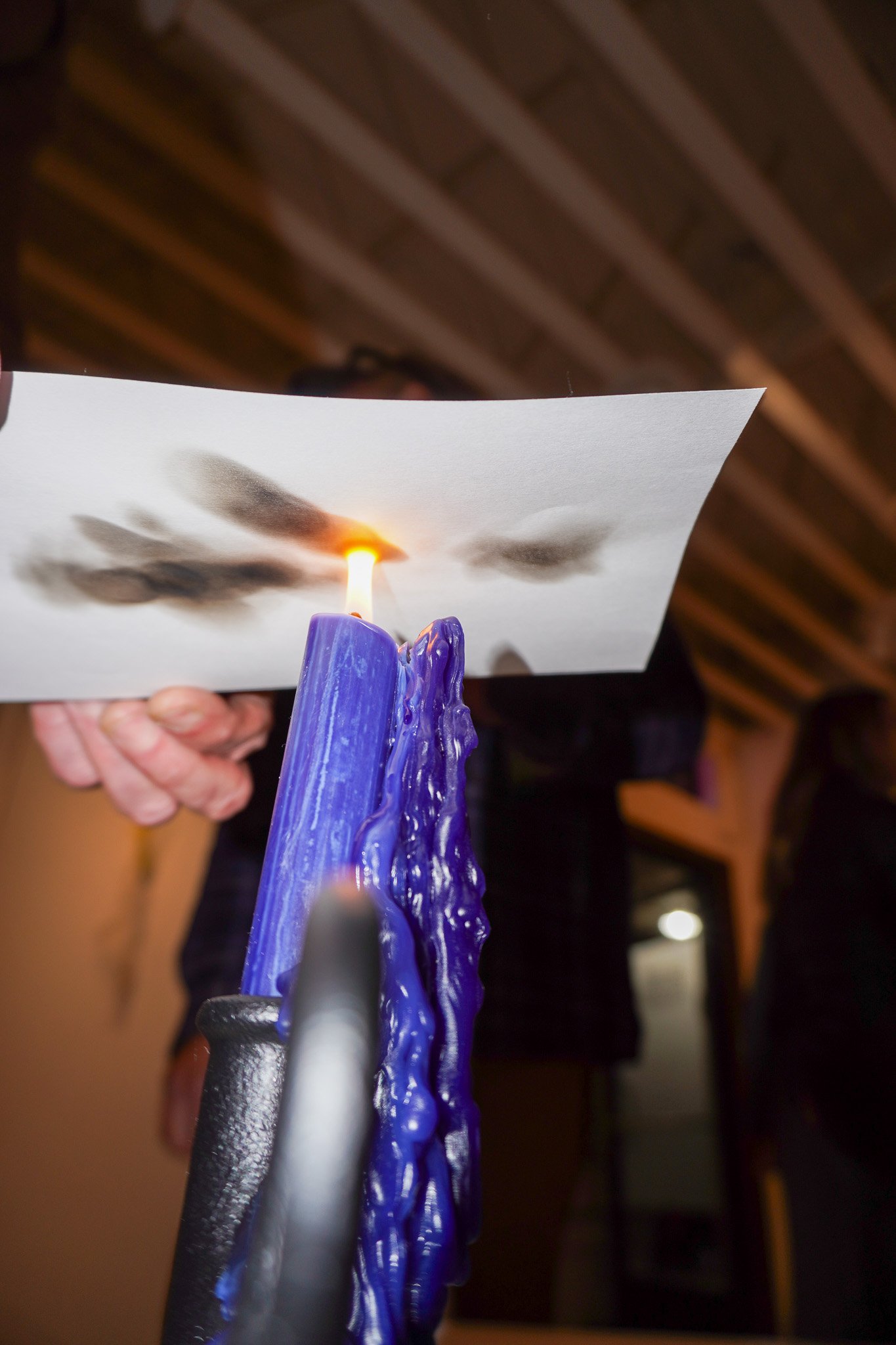
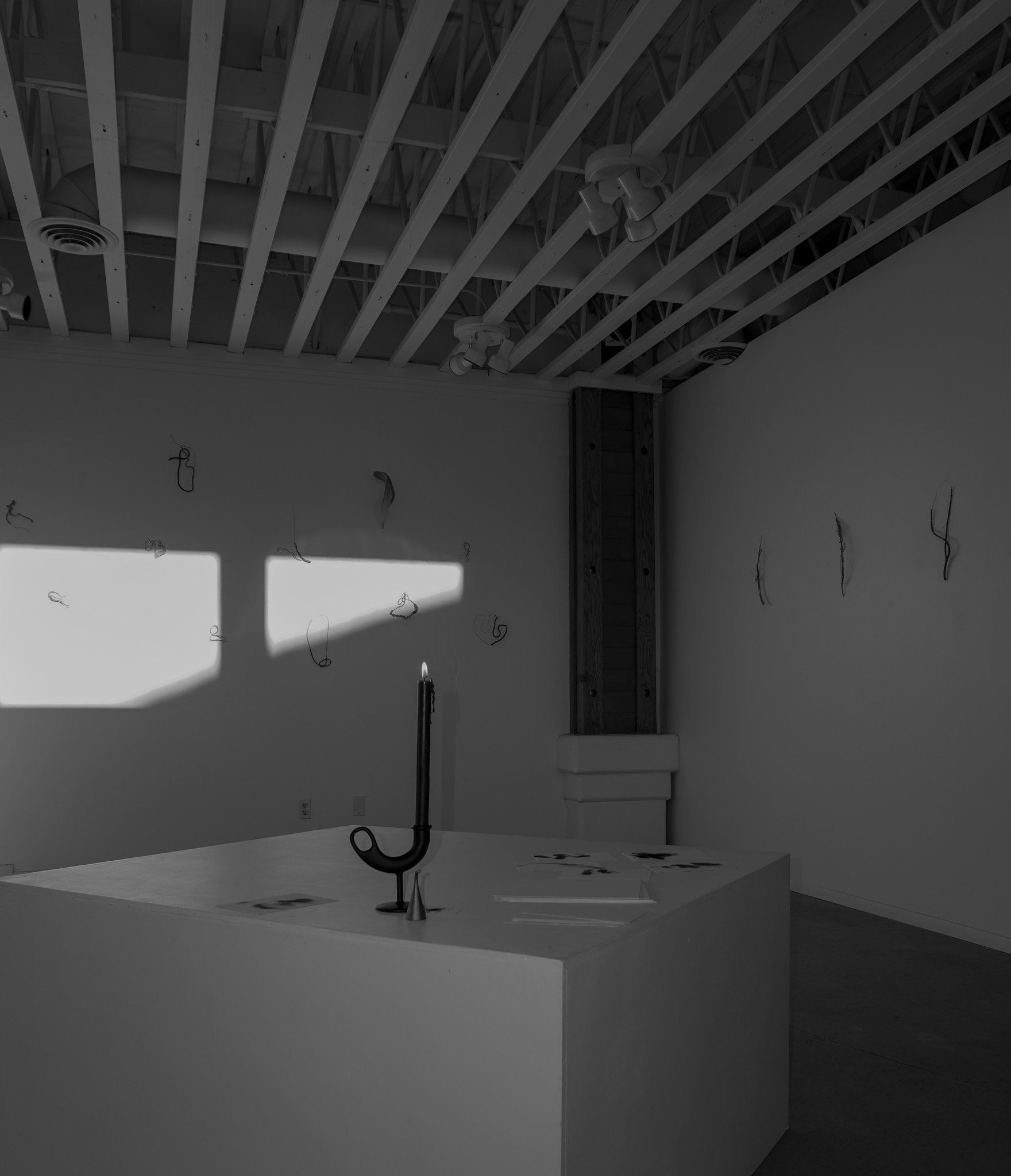
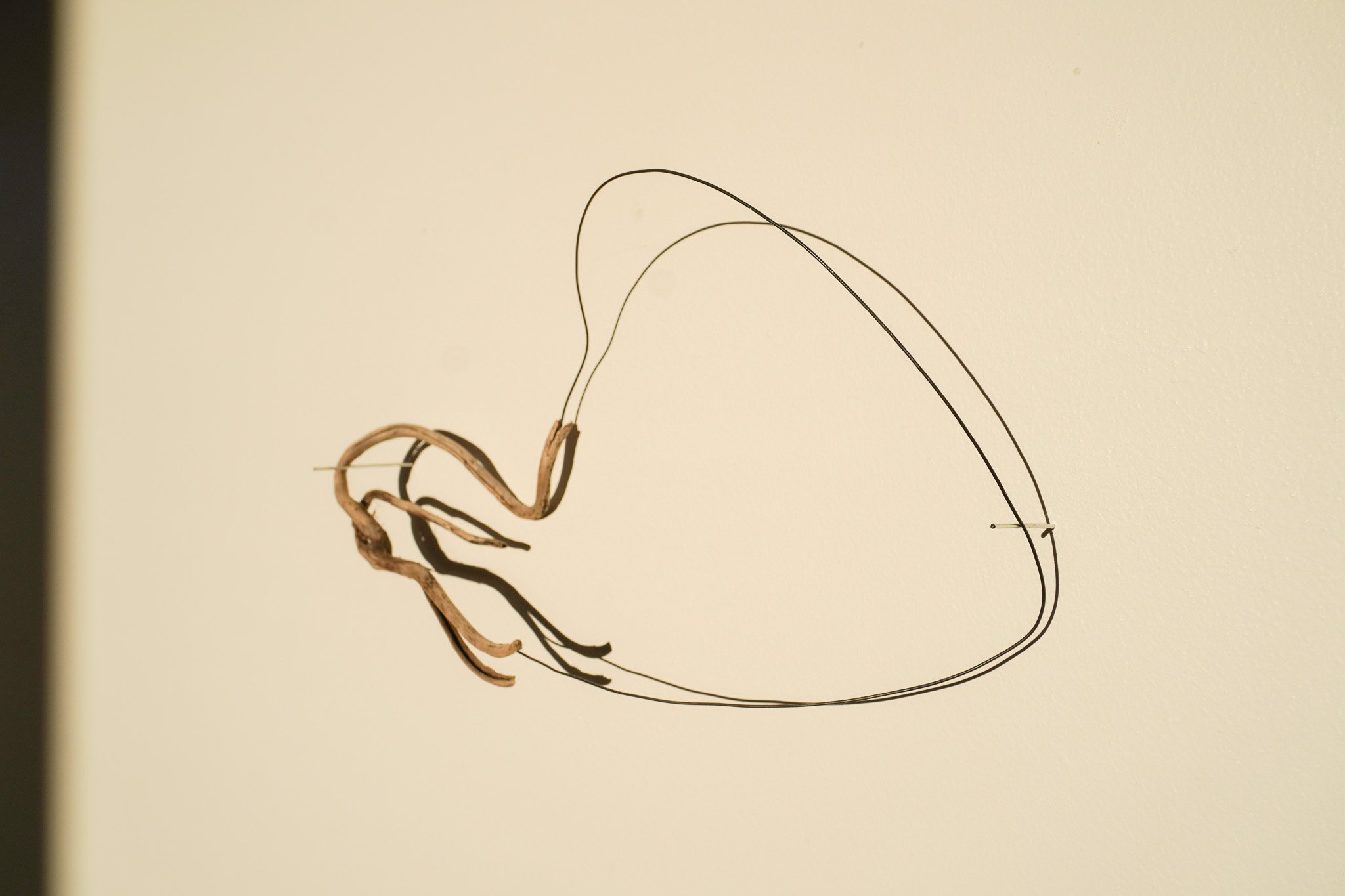
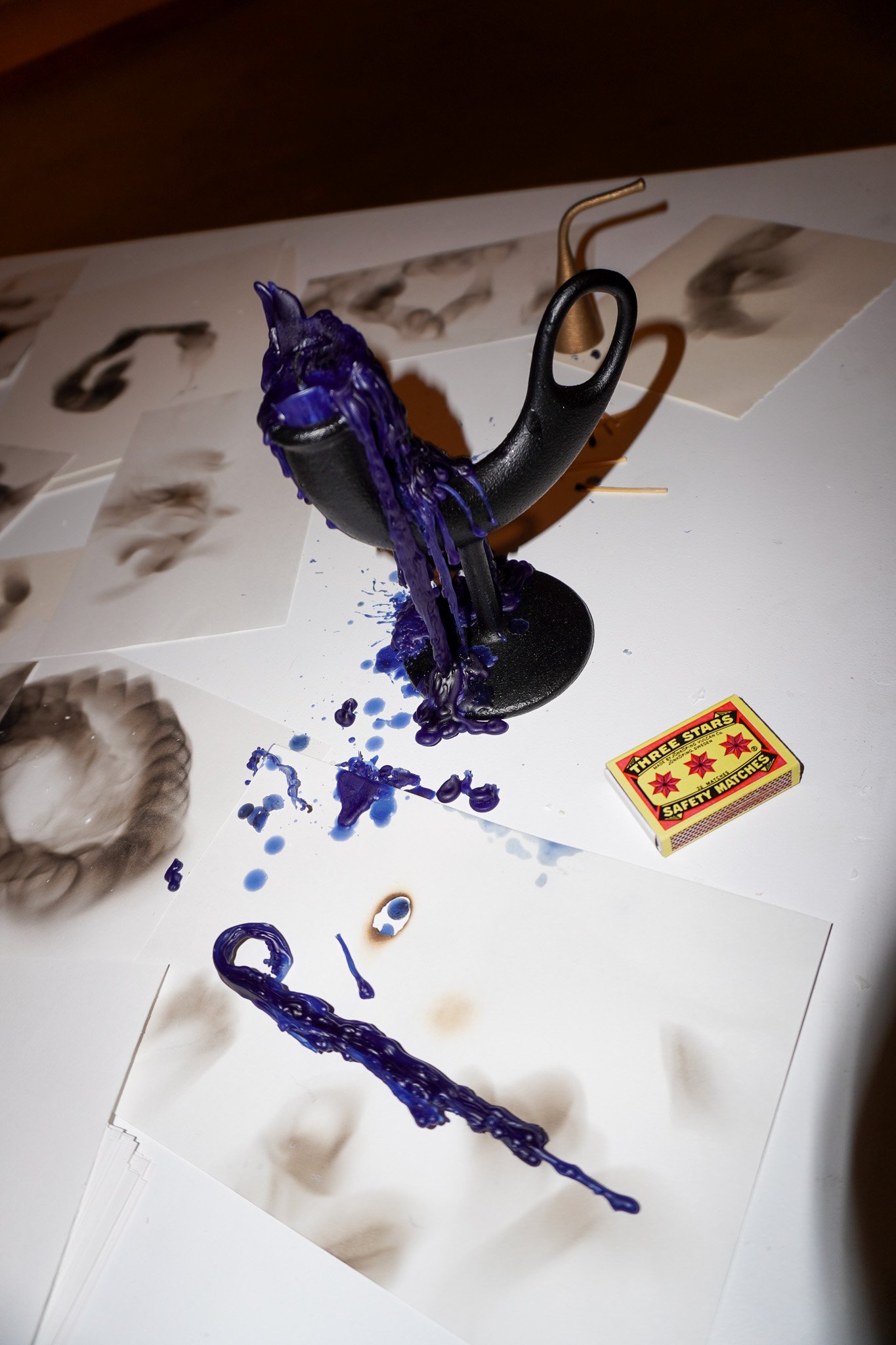
“Clay roller skate wheels, which are featured prominently in my paintings, are the wheels we rode during the dark era. Clay wheels have the unforgiving composition of hard cement; they look, feel and ride like cement. They are literally and figuratively what Fred Flintstone used on his foot-propelled automobile. They were designed for roller skates, for gliding across polished wooden floors inside roller rinks, they were not designed to be ridden on hard pavement or sidewalks or banked asphalt walls. These wheels were inflexible, unadaptable, highly unresponsive, rock hard, wildly slippery and flat-out dangerous.
How I was able to get this equipment to work and work well remains a mystery to me to this day. As I’ve spent this time observing, examining, studying and painting these old trucks and wheels, I’ve come to the realization that skateboarding was actually a physical manifestation of my imagination - I was skateboarding my imagination. The equipment I used was the exterior vehicle between my body and the hard pavement, but the actual thing I was riding, was my imagination.
All of us who fell in love with skateboarding at that time, we simply imagined skateboarding, and so it became.
I am now convinced after all the remarkable things that have happened to this young sport over the past five decades, that skateboarding itself wanted to “become". It wanted to be birthed, it wanted to exist, and so during those very dark years between 1966 and 1973, it was simply looking for a handful of willing, inventive and subversive kids that it could count on to breathe life into it. I feel so fortunate to have been chosen as one of them.”
— STACY PERALTA
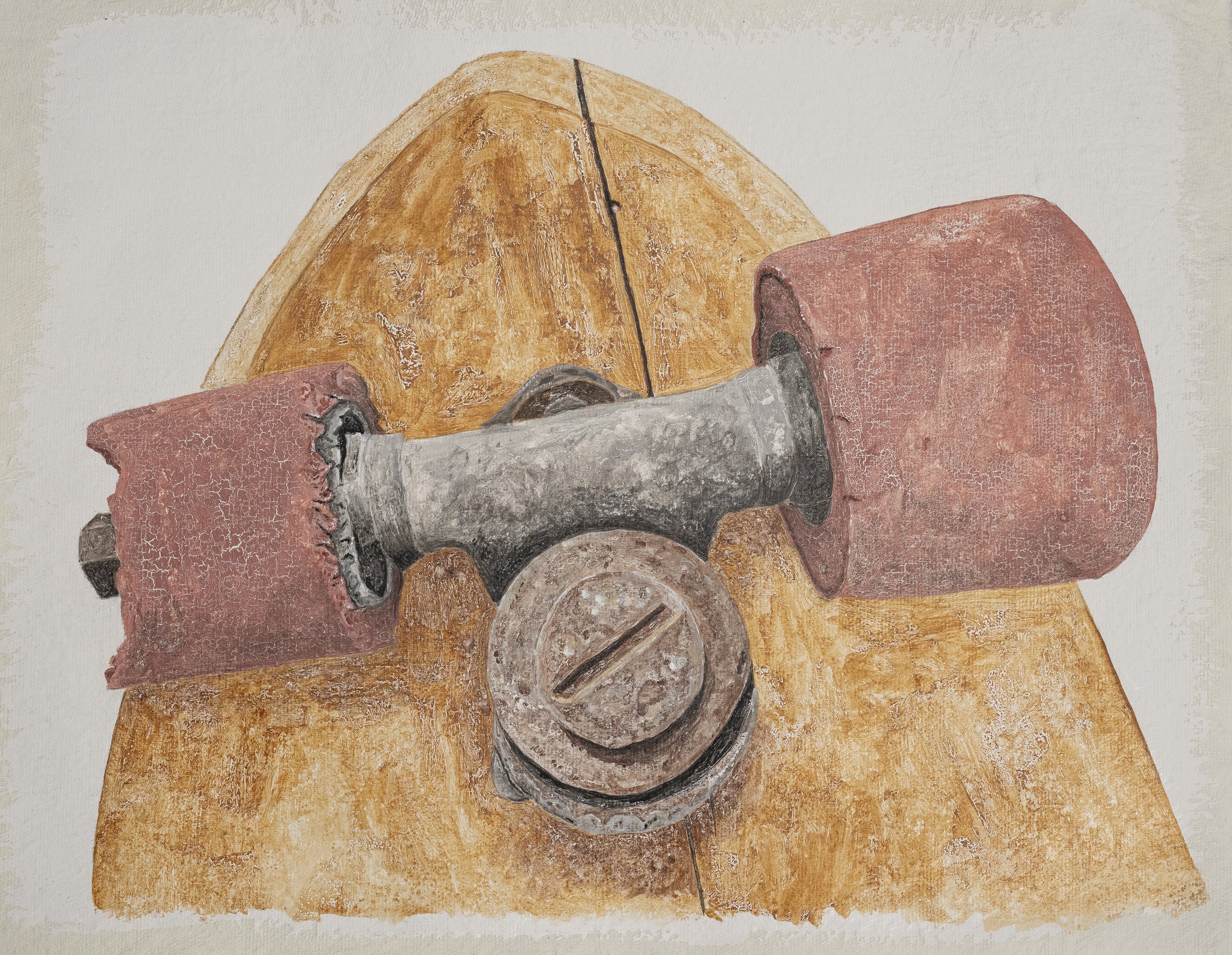


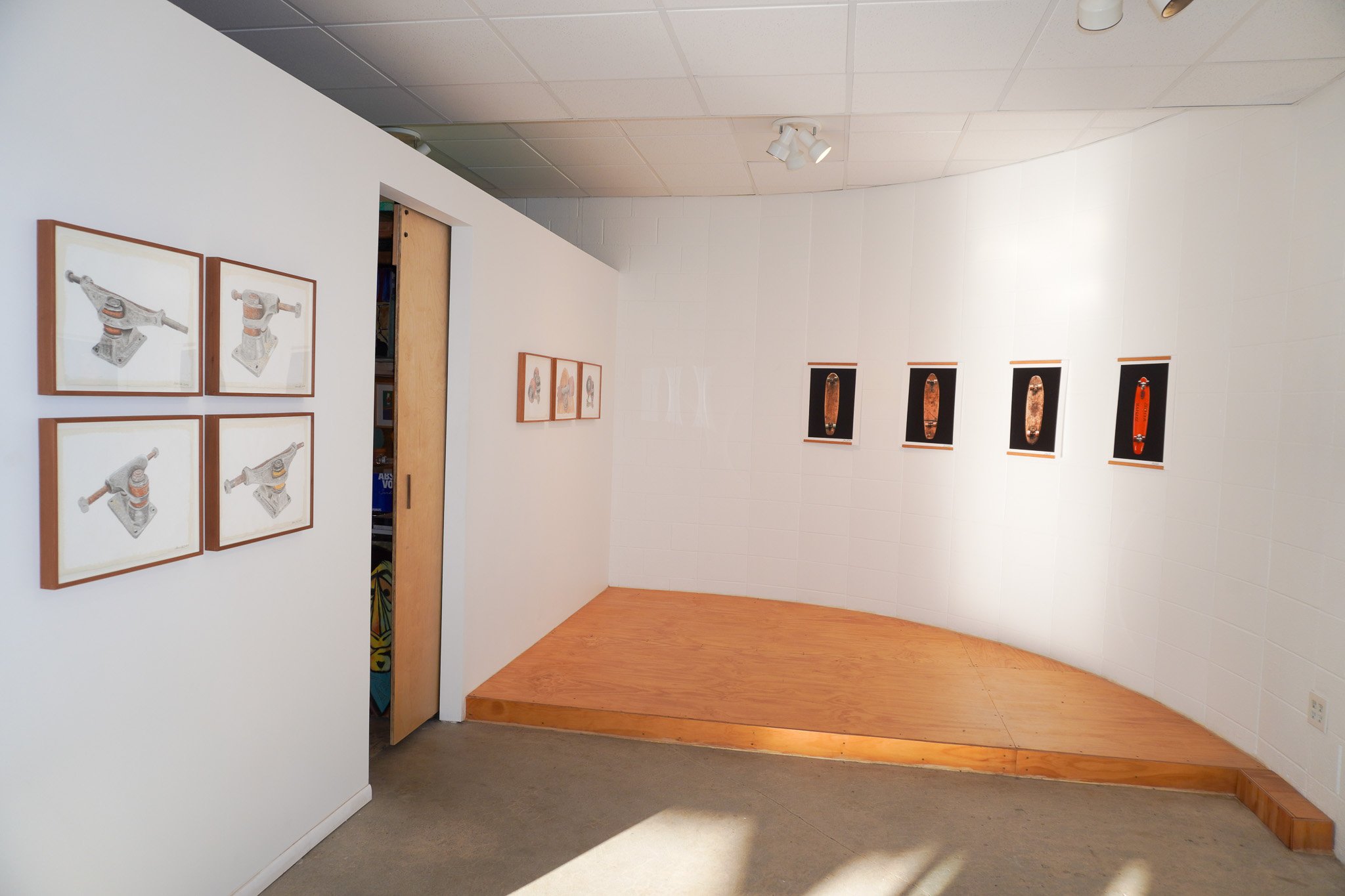
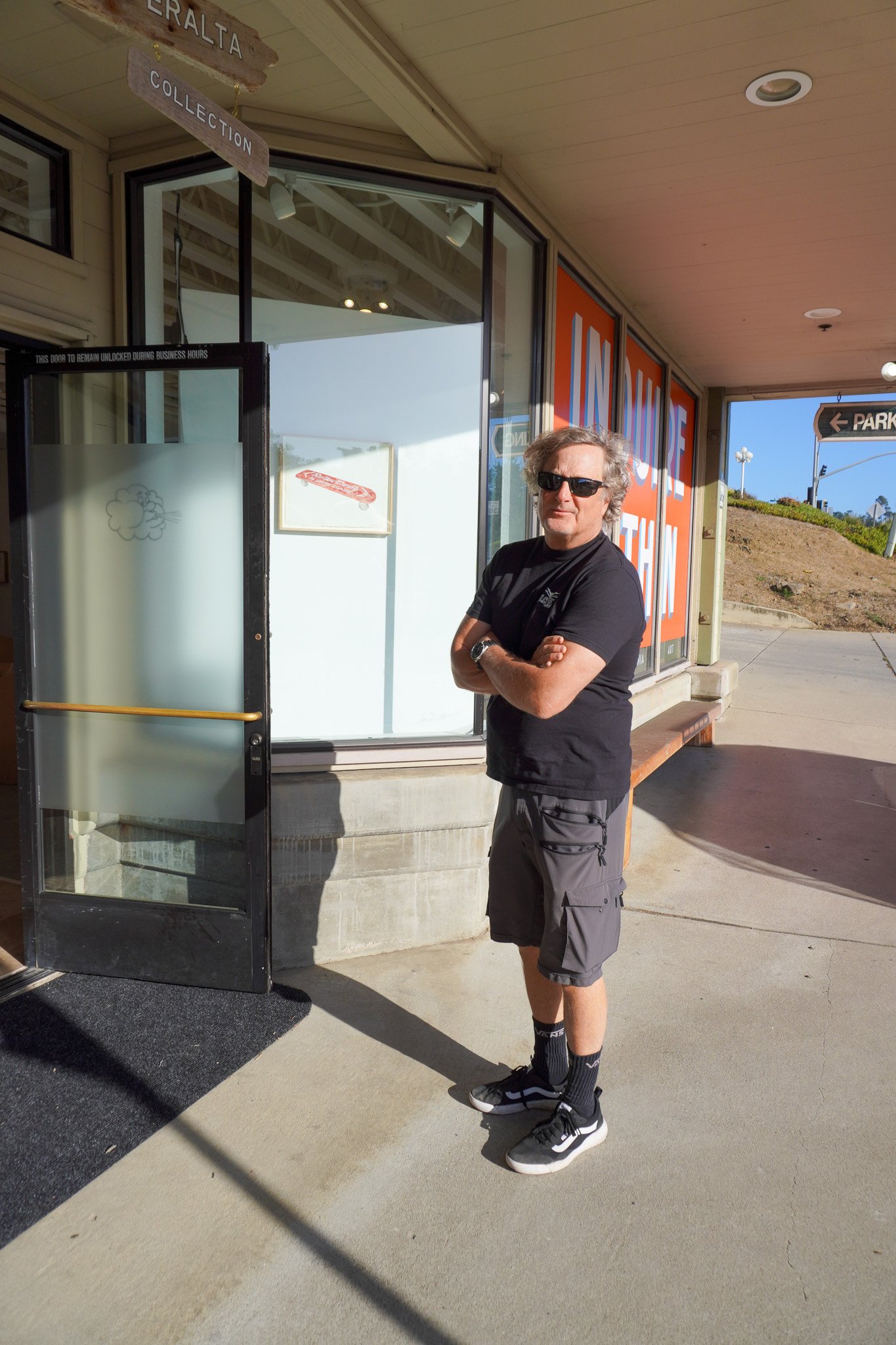
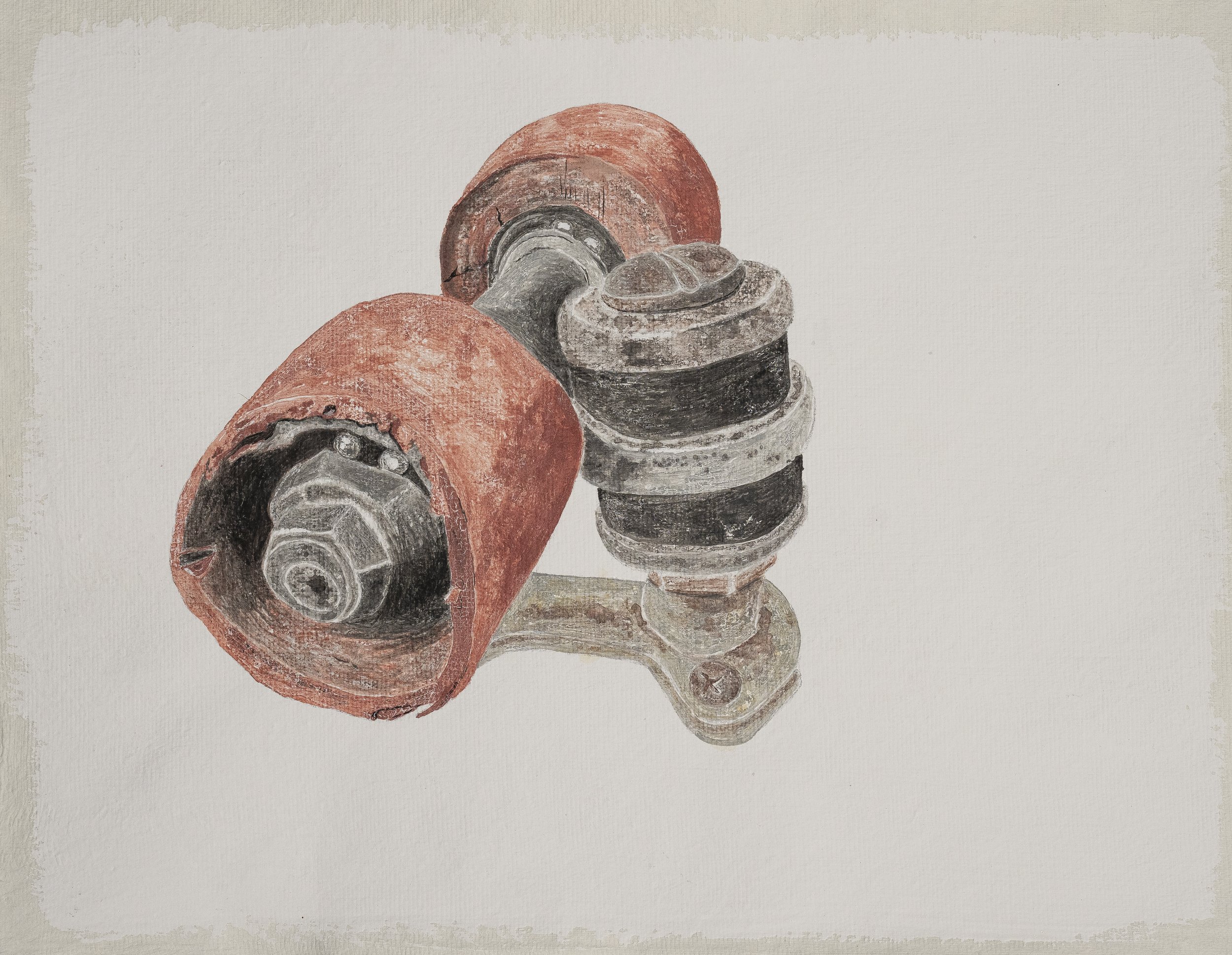
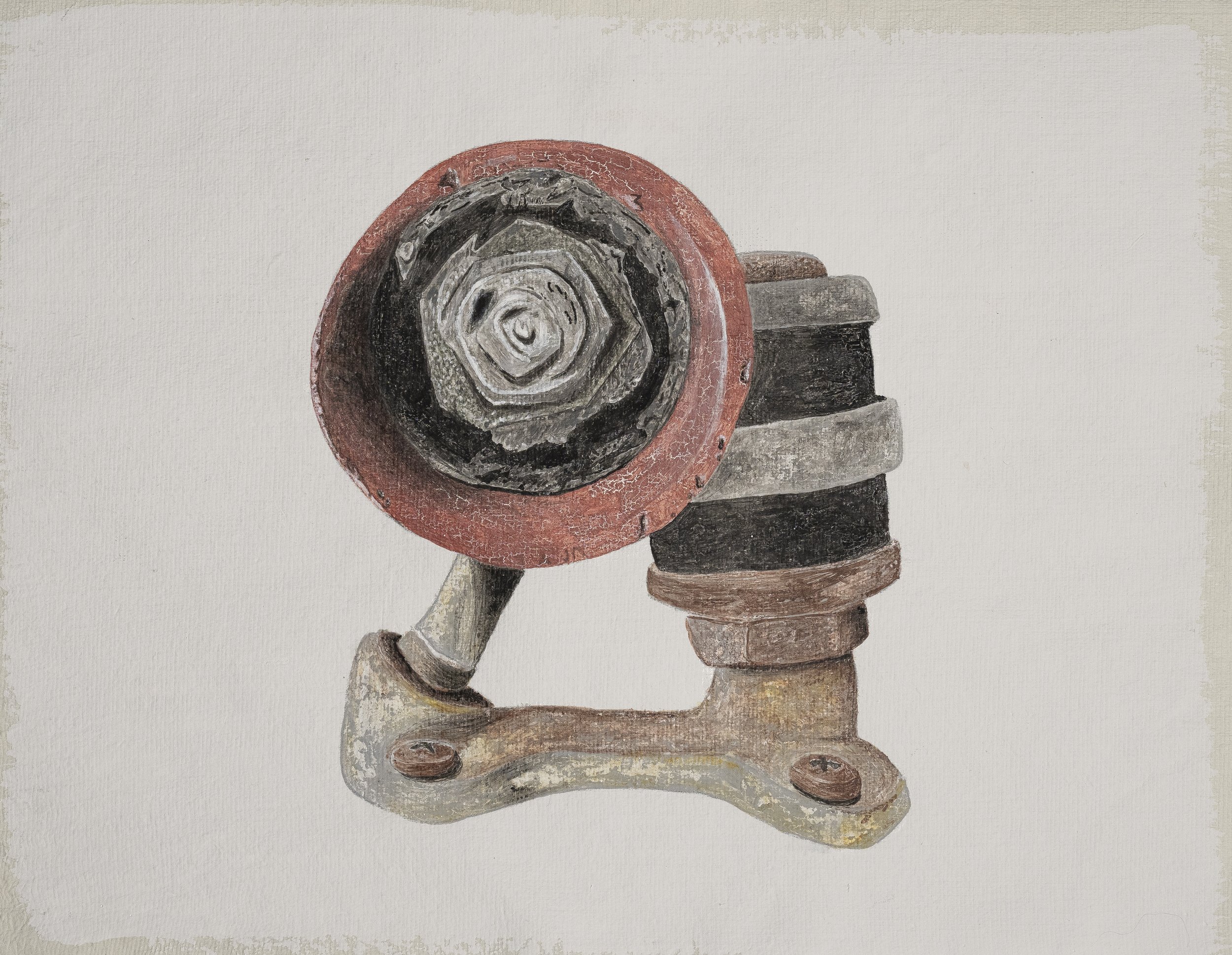

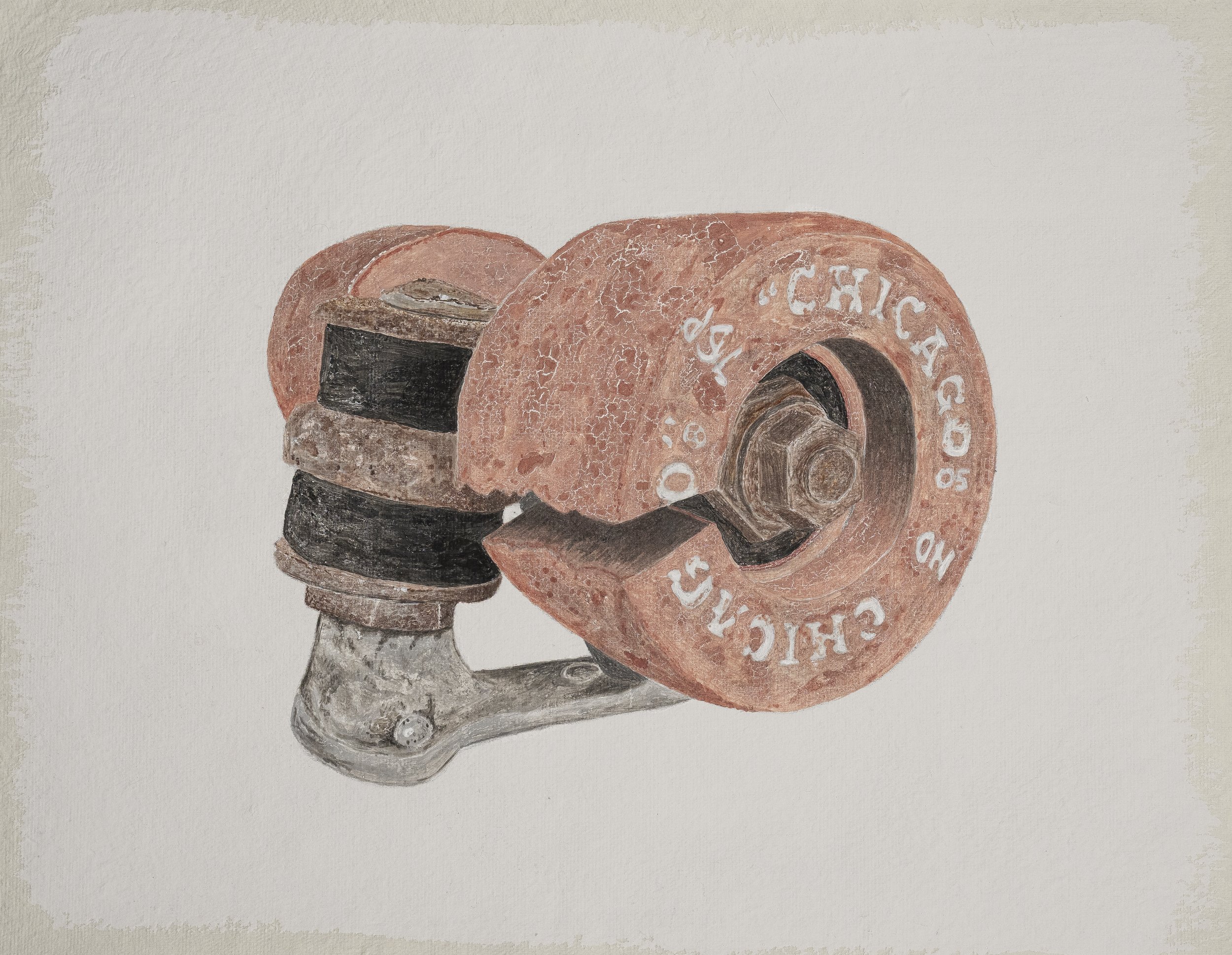
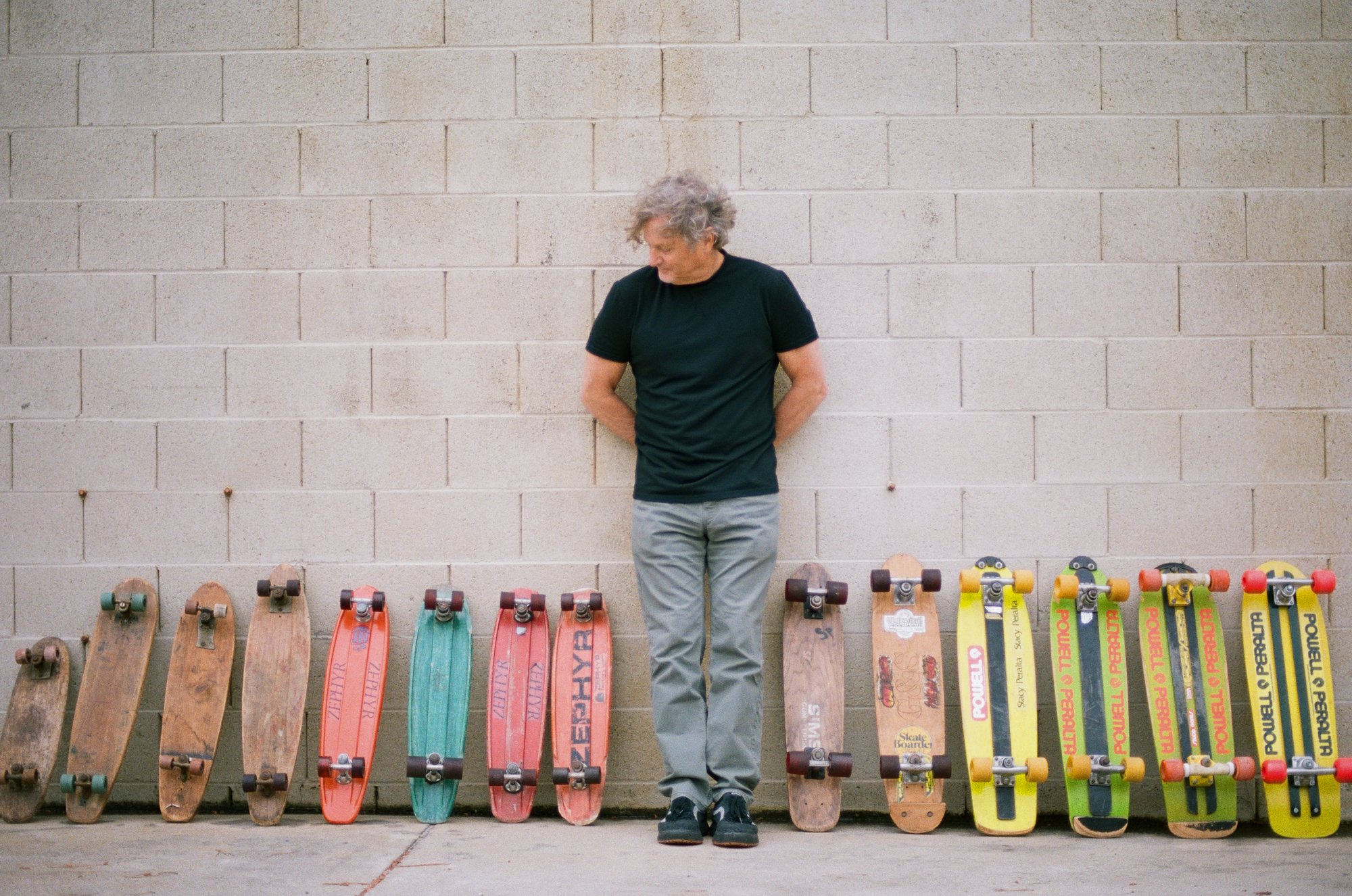
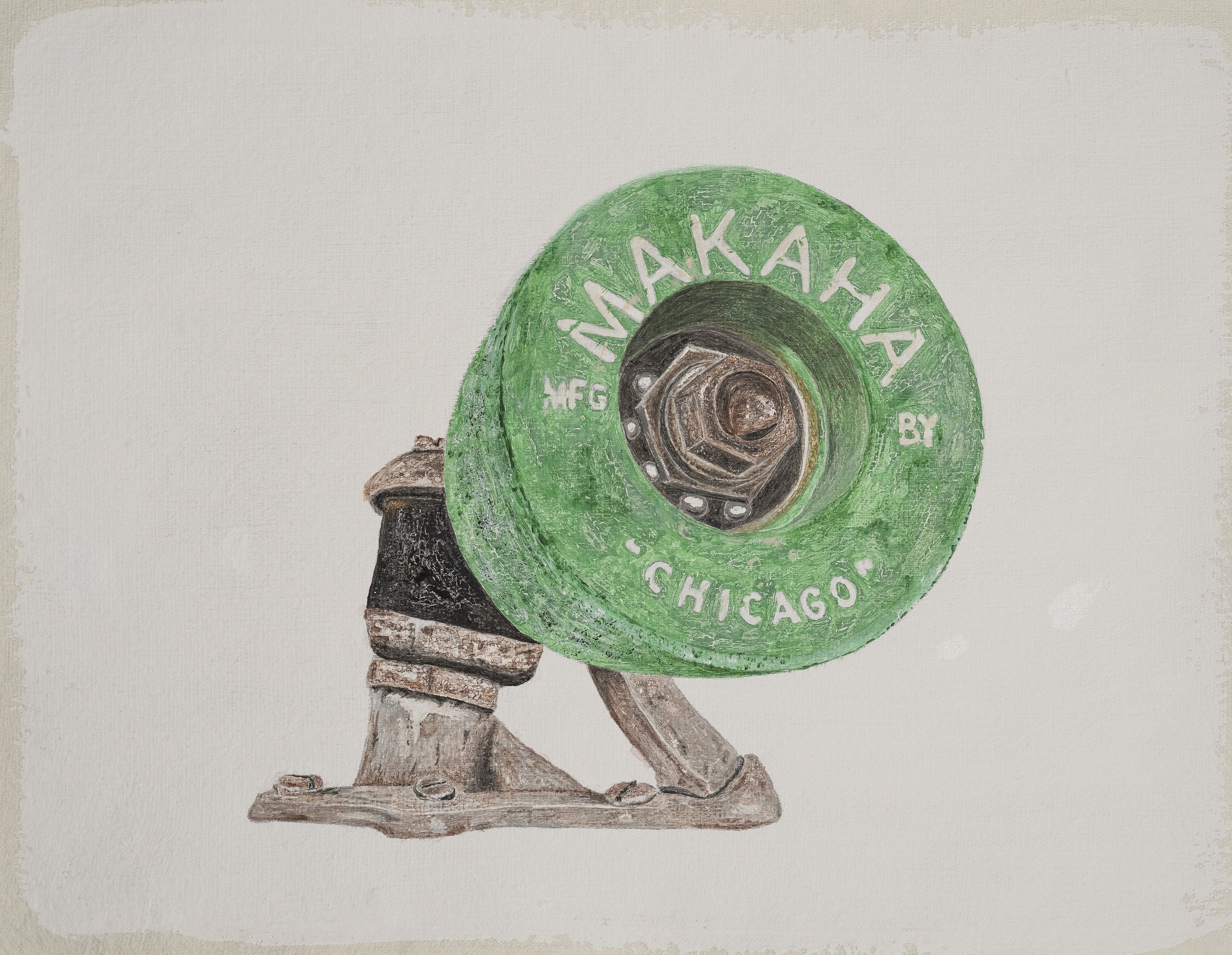
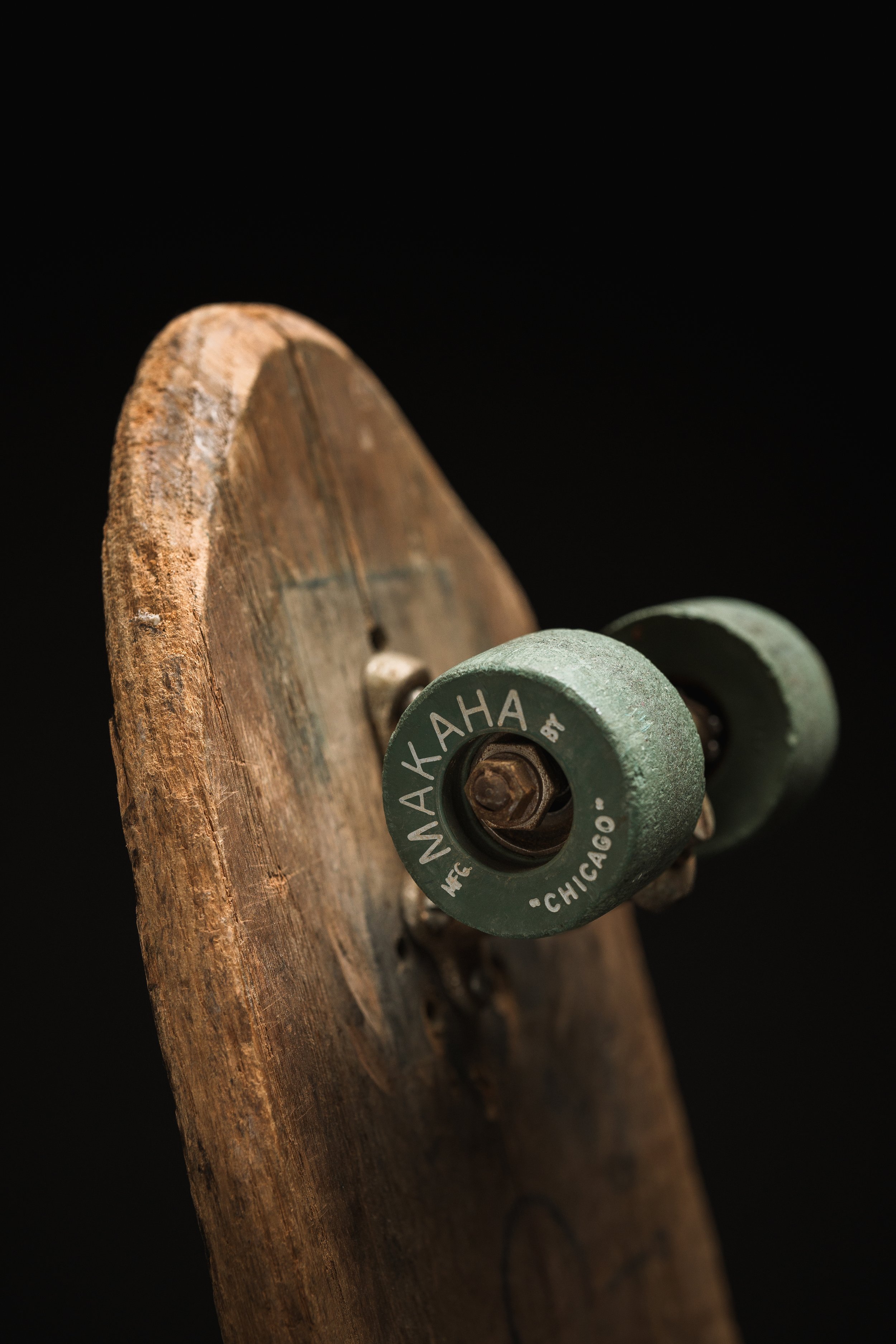
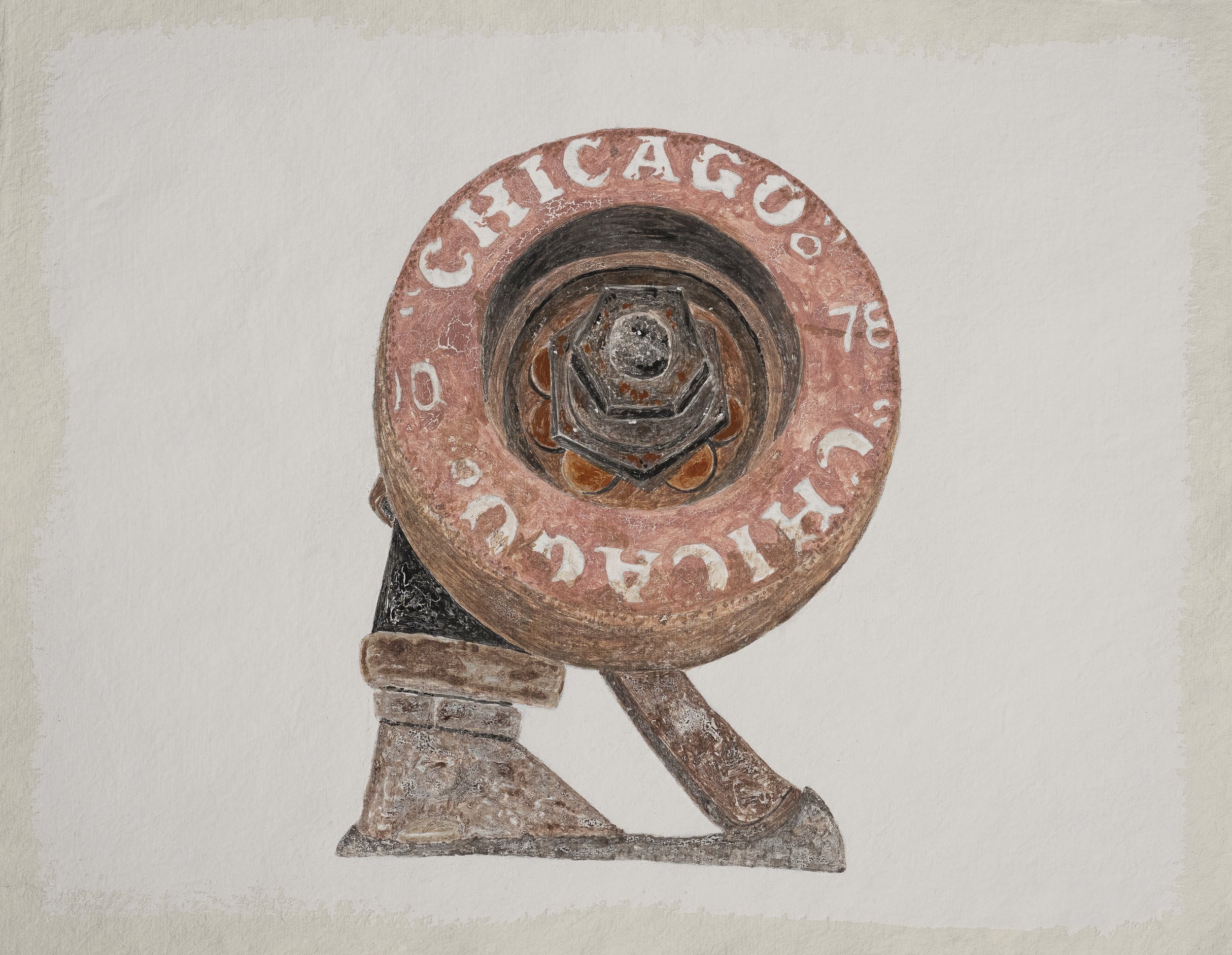
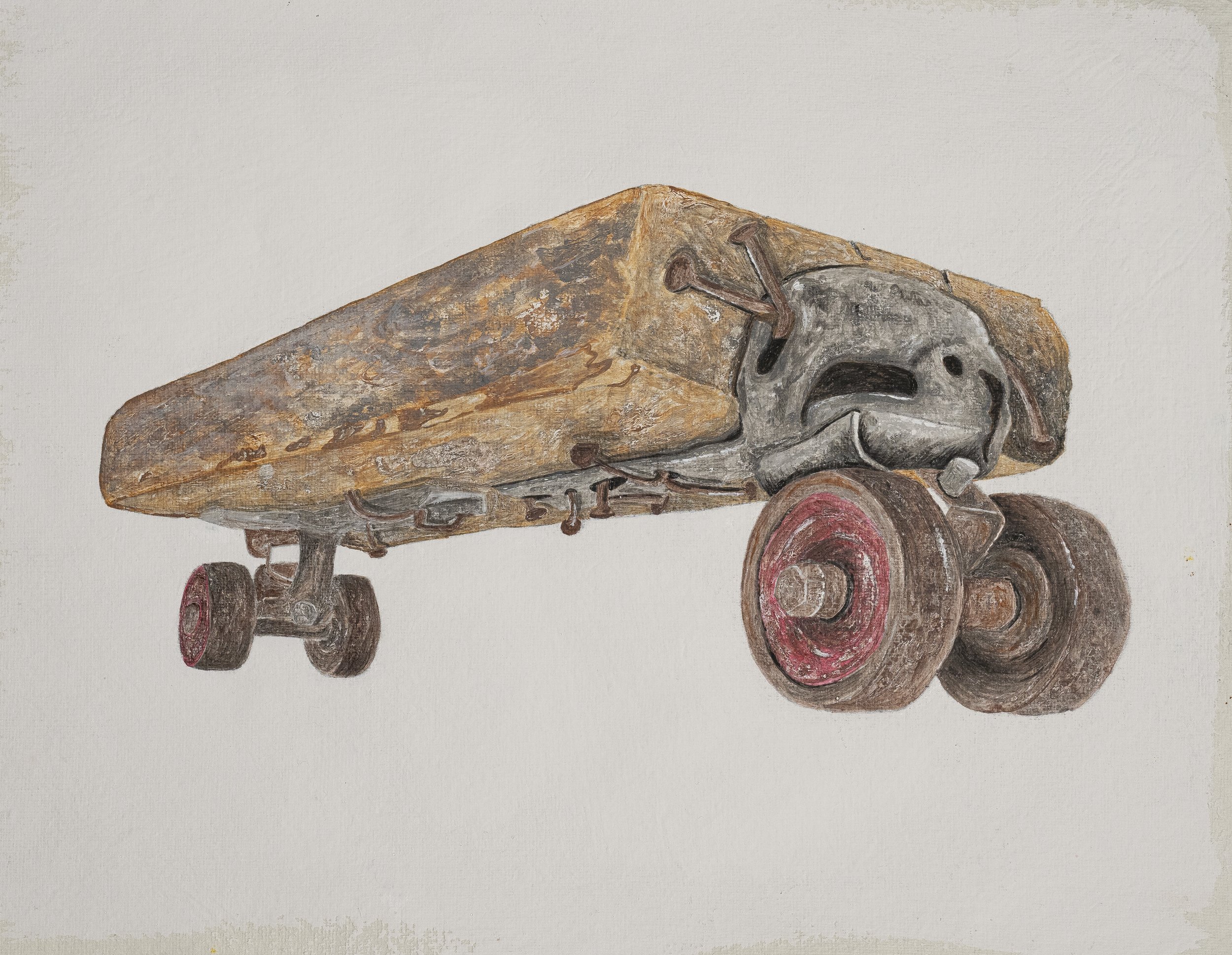
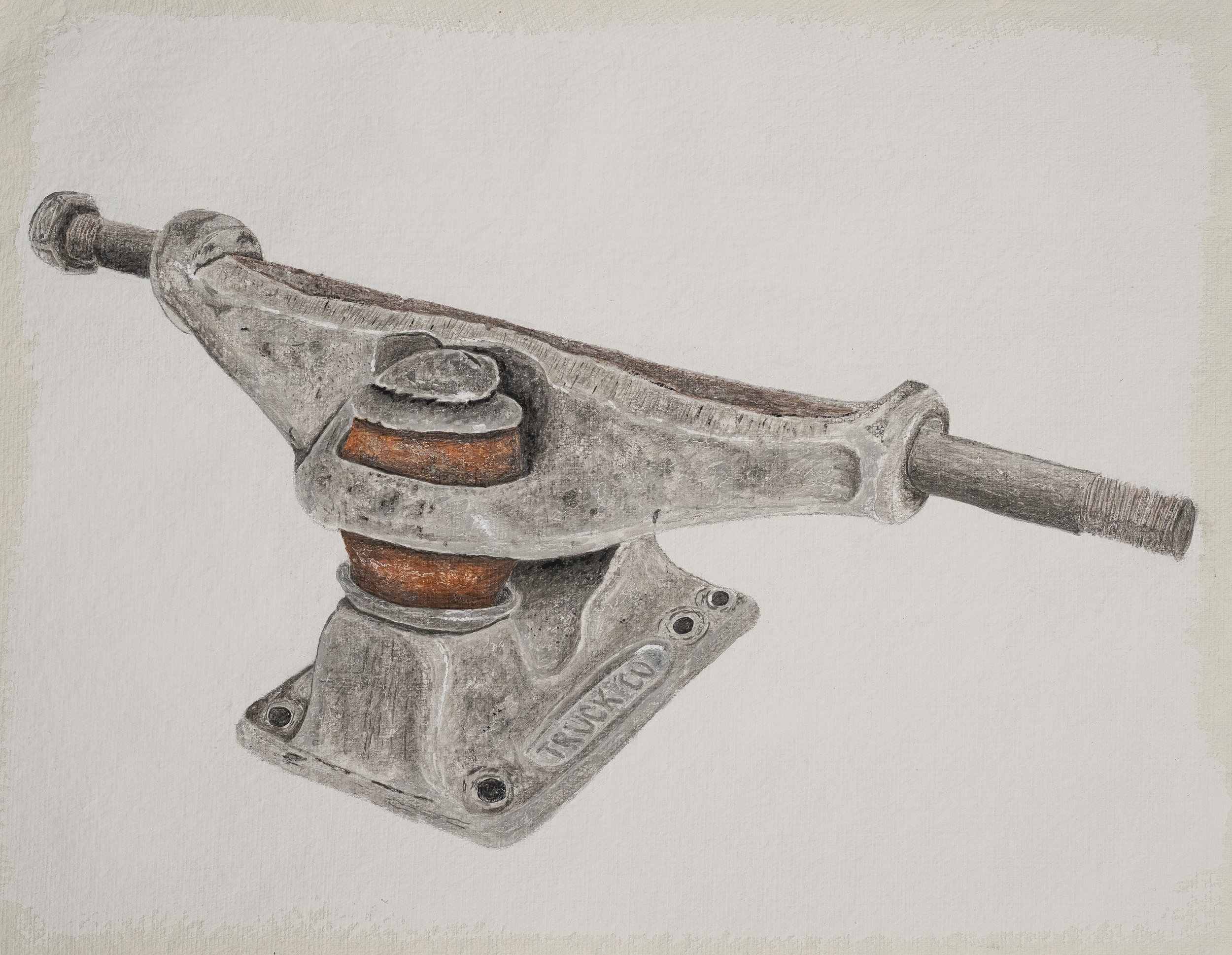
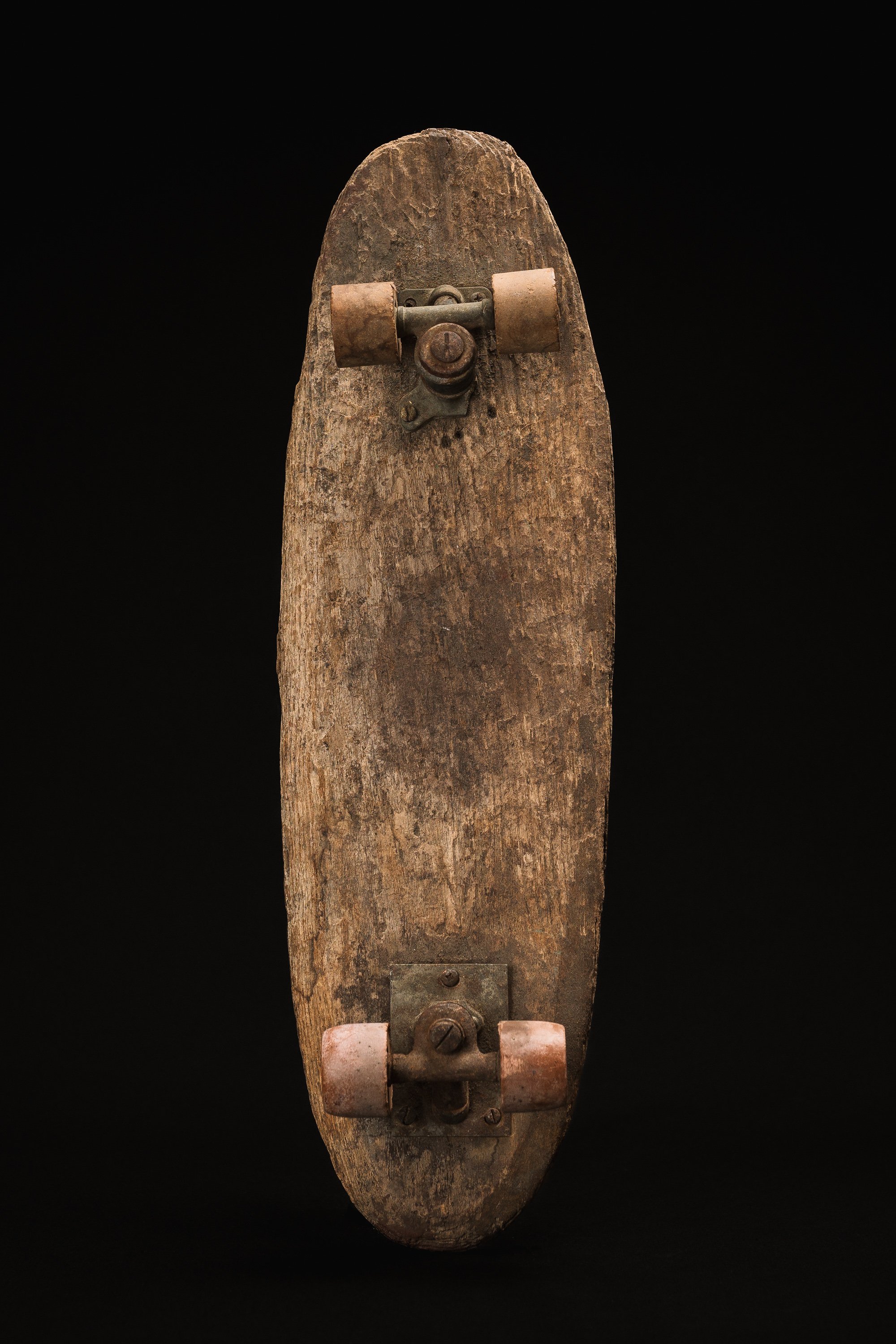
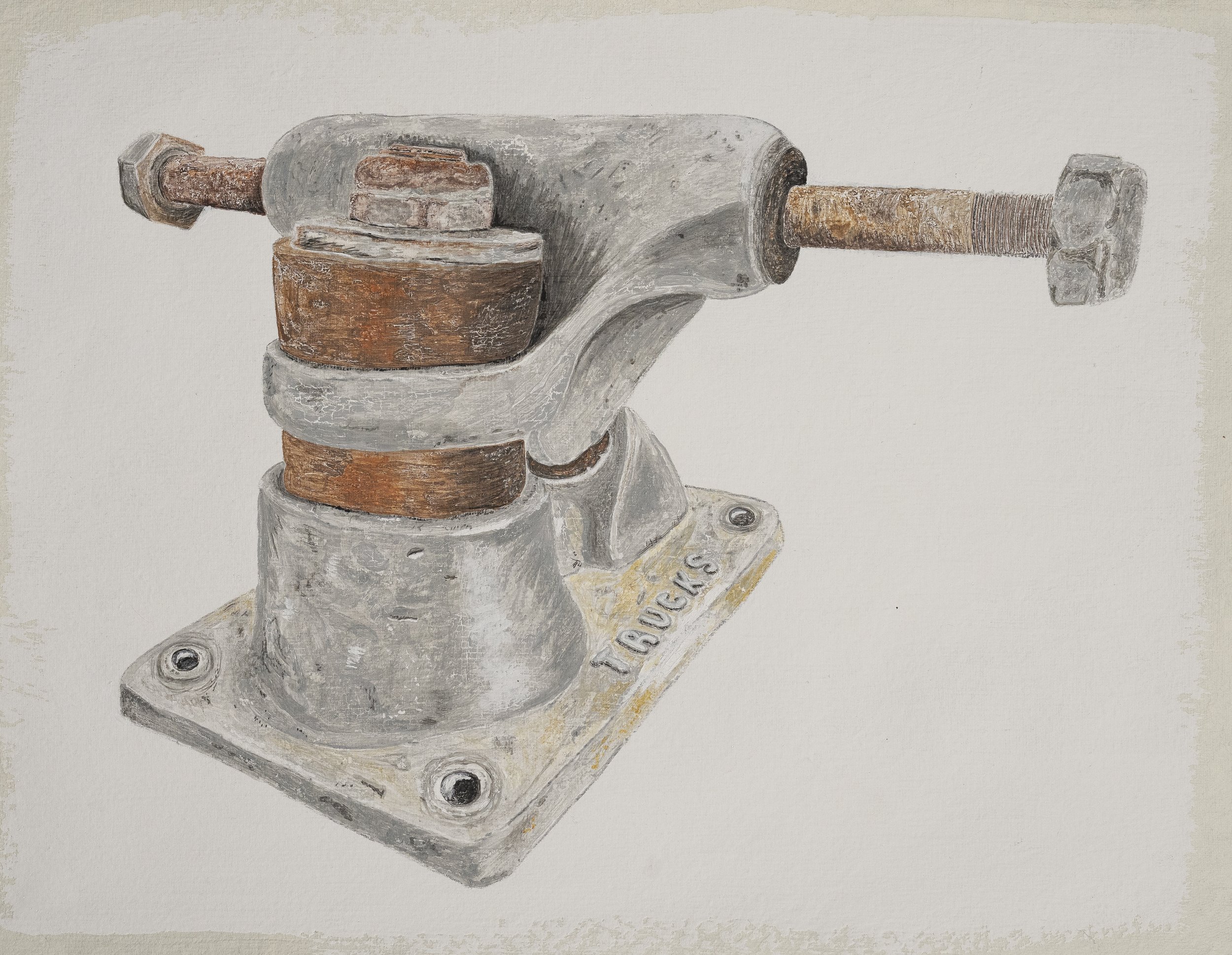
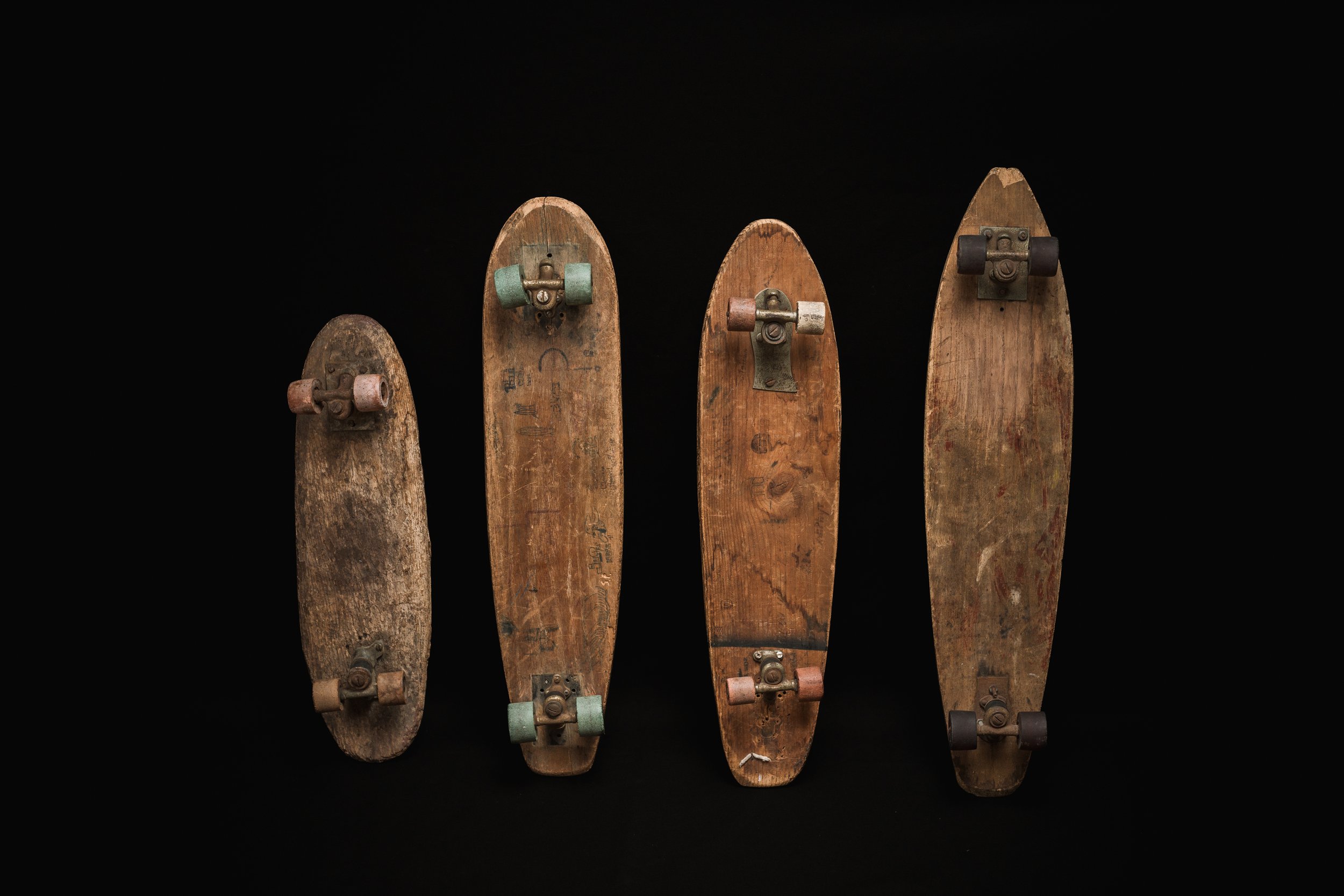

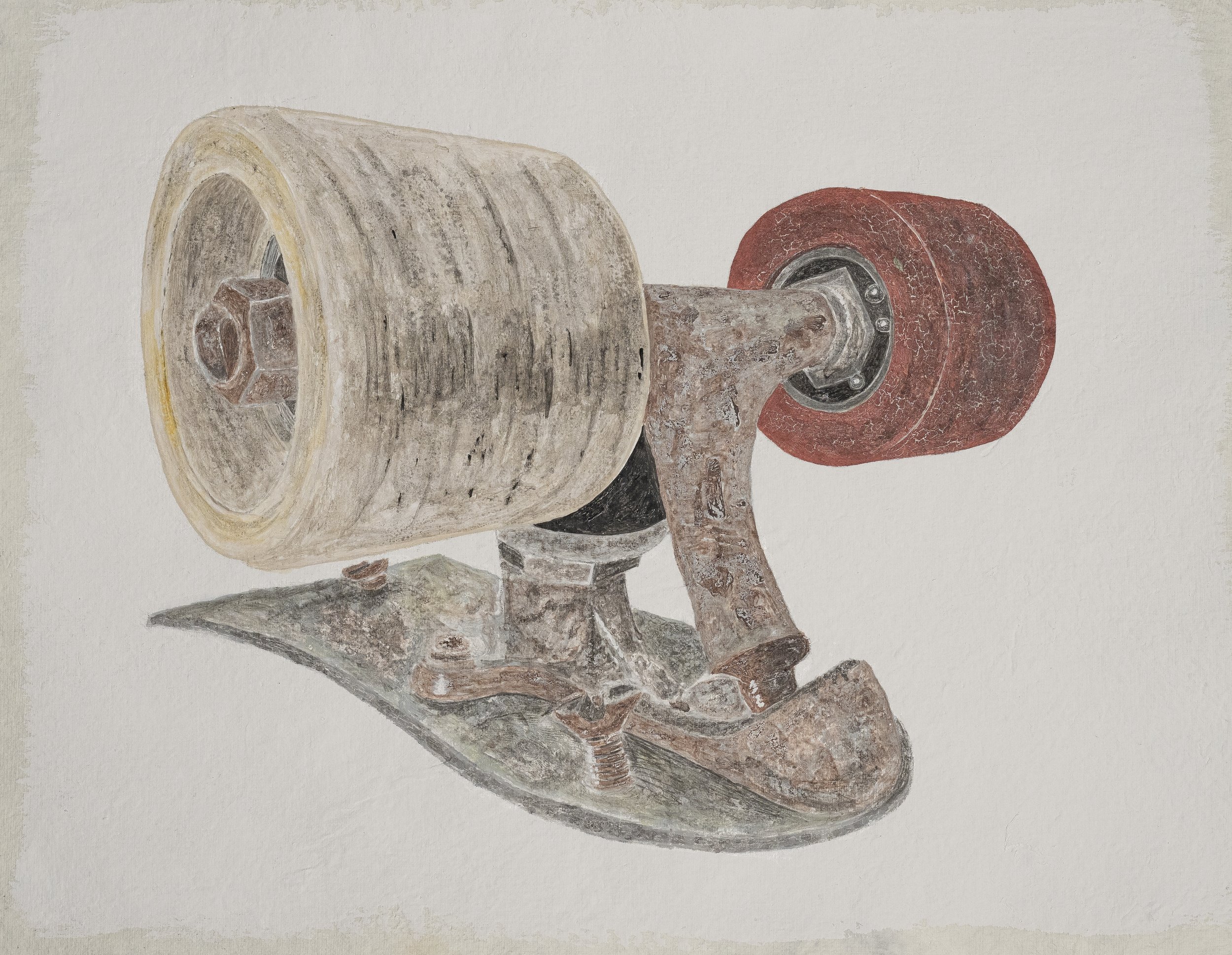
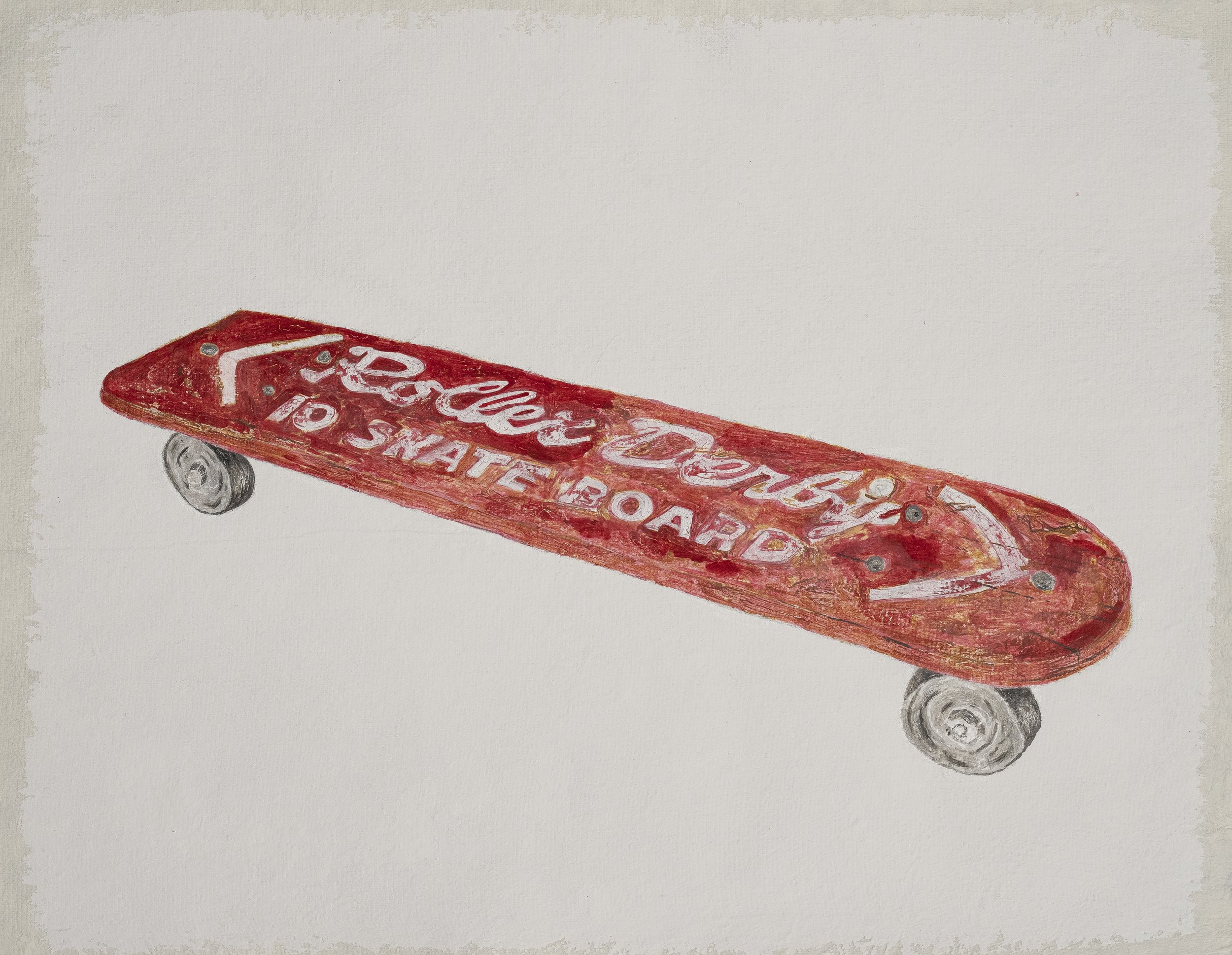
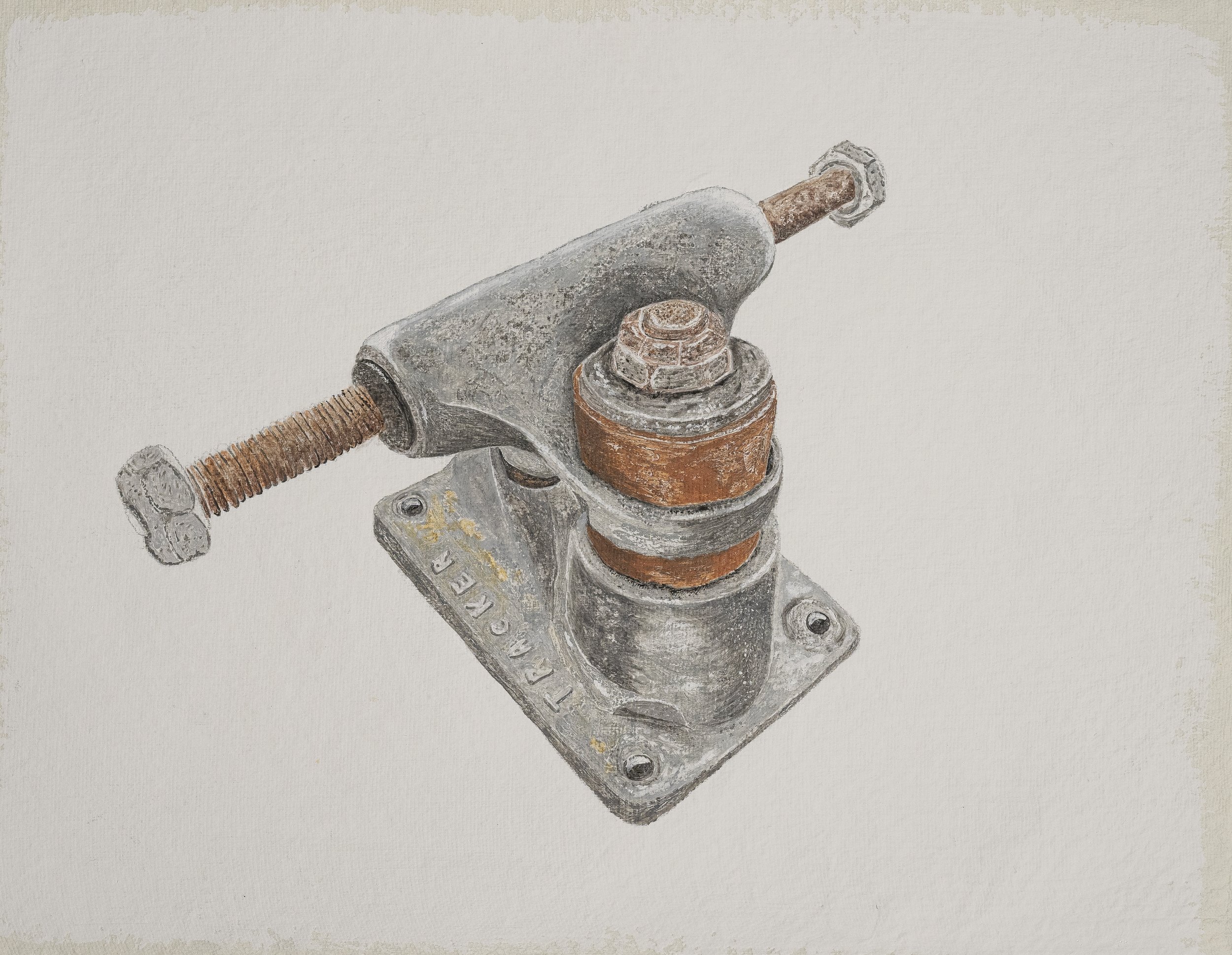
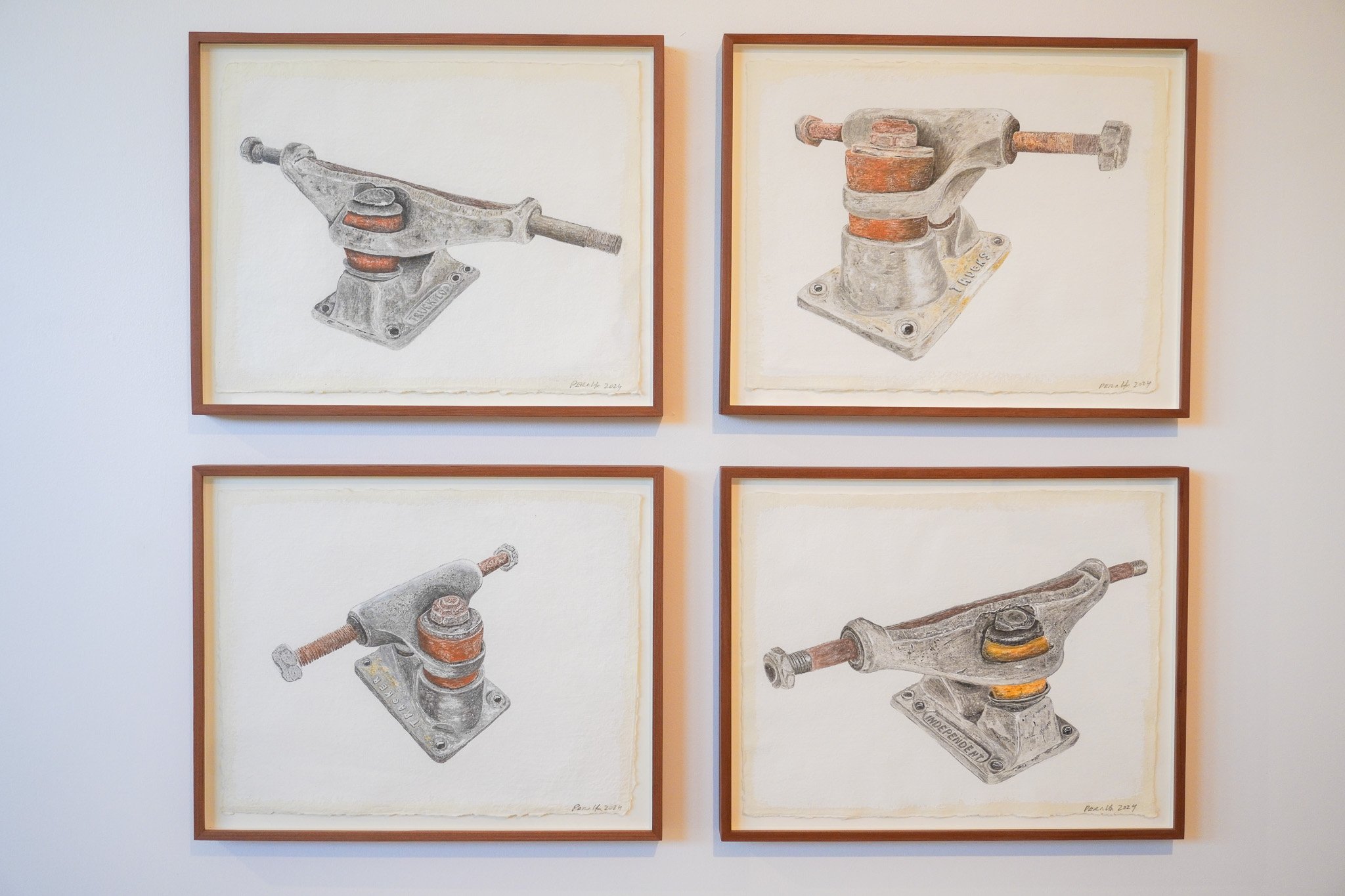
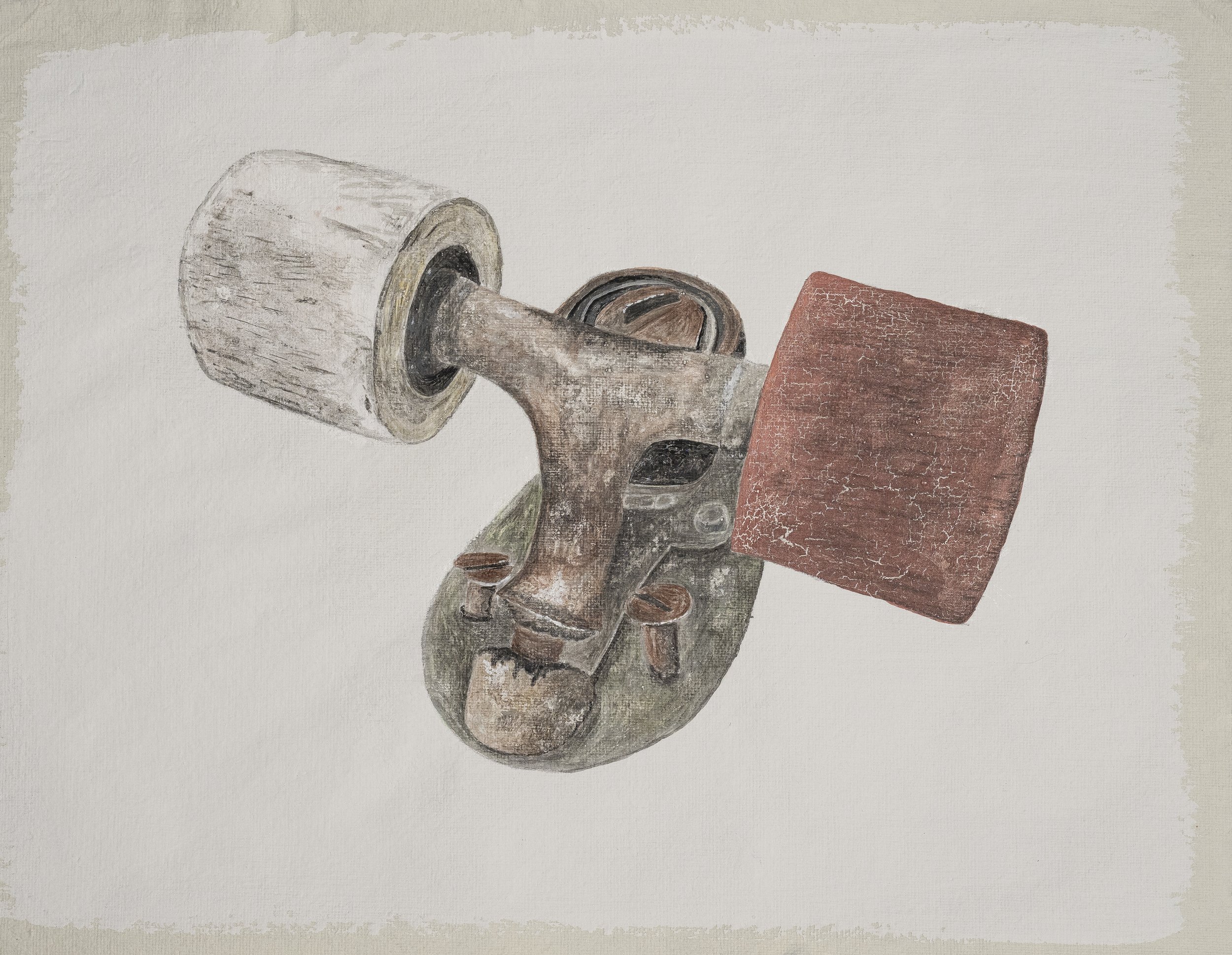
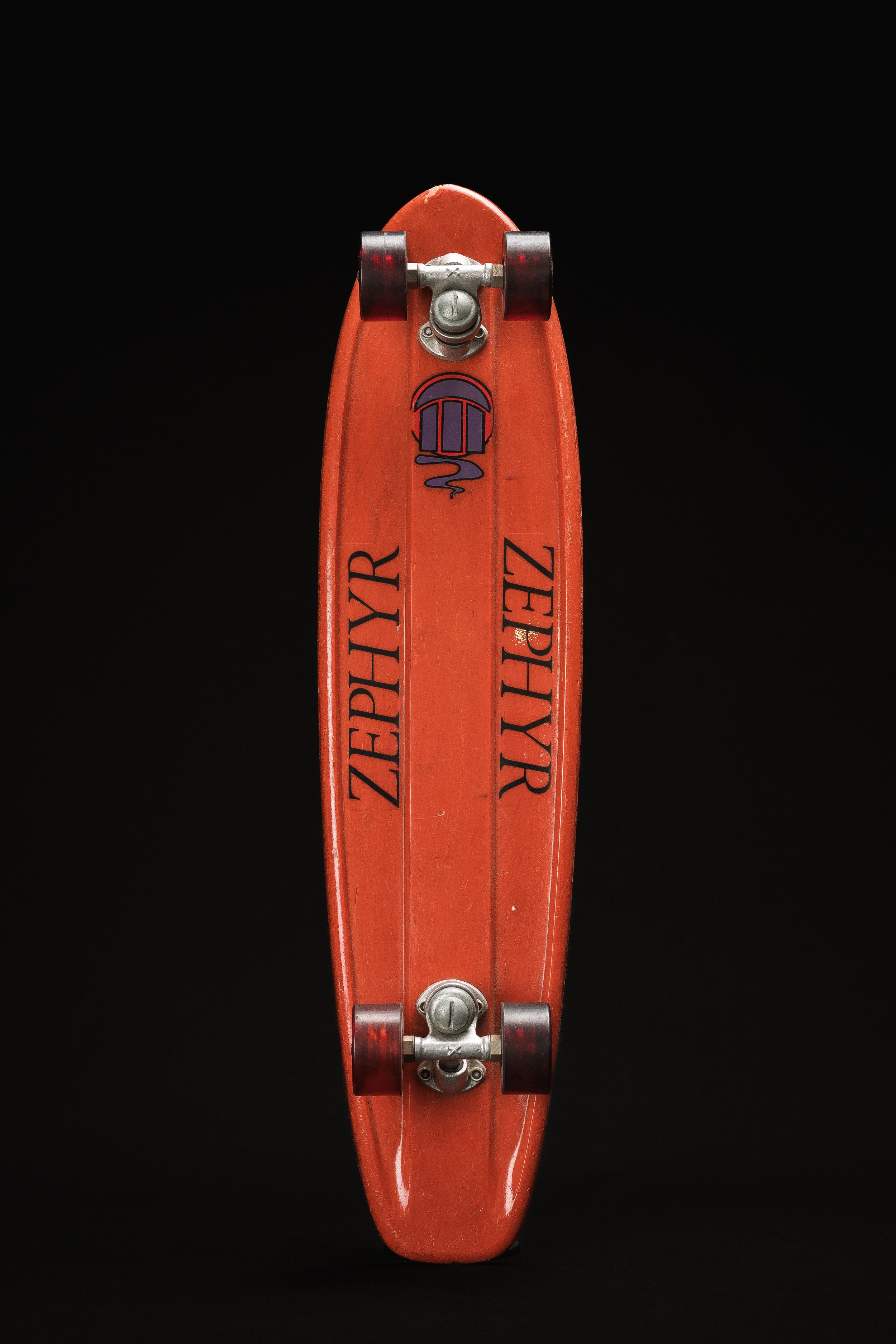
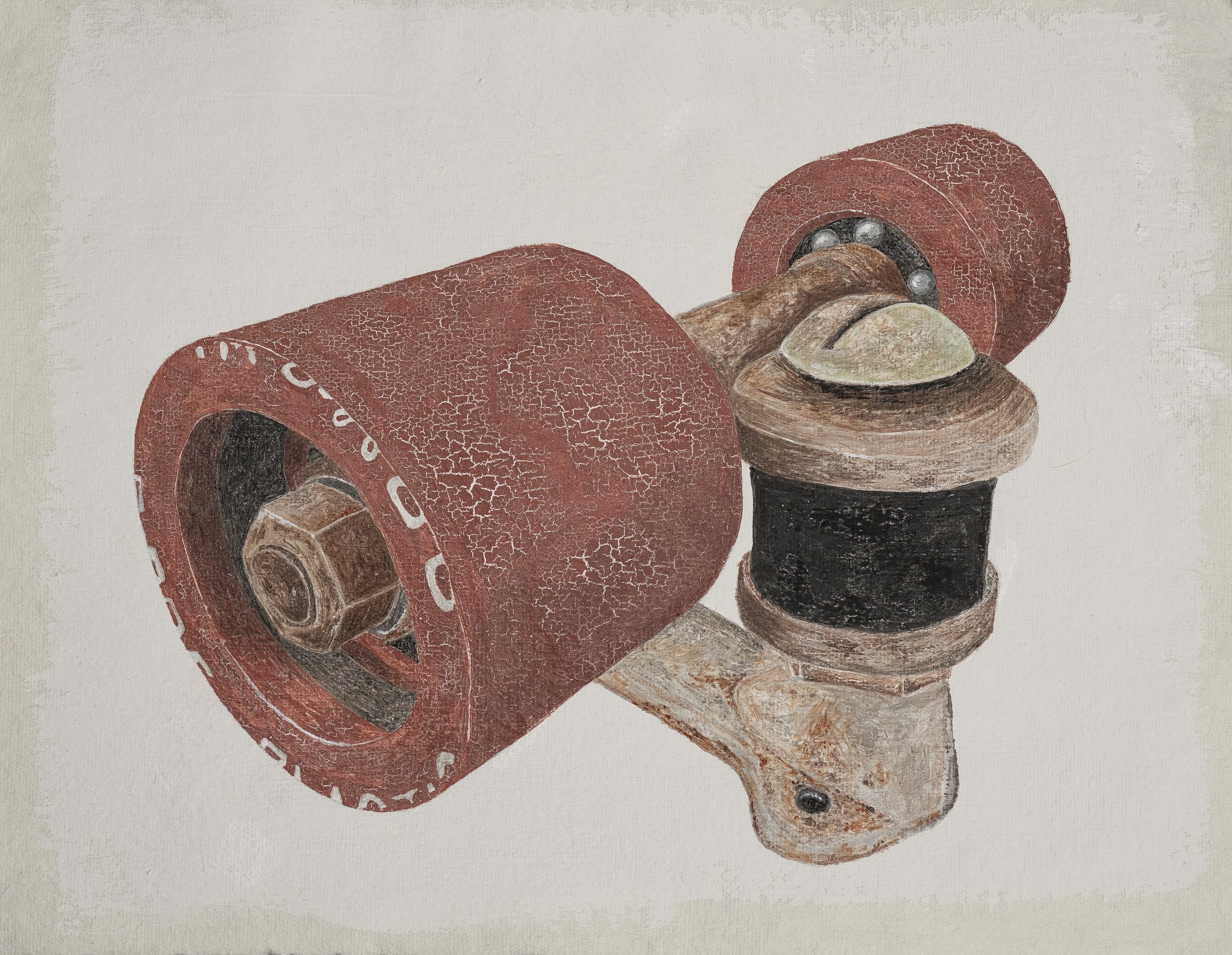
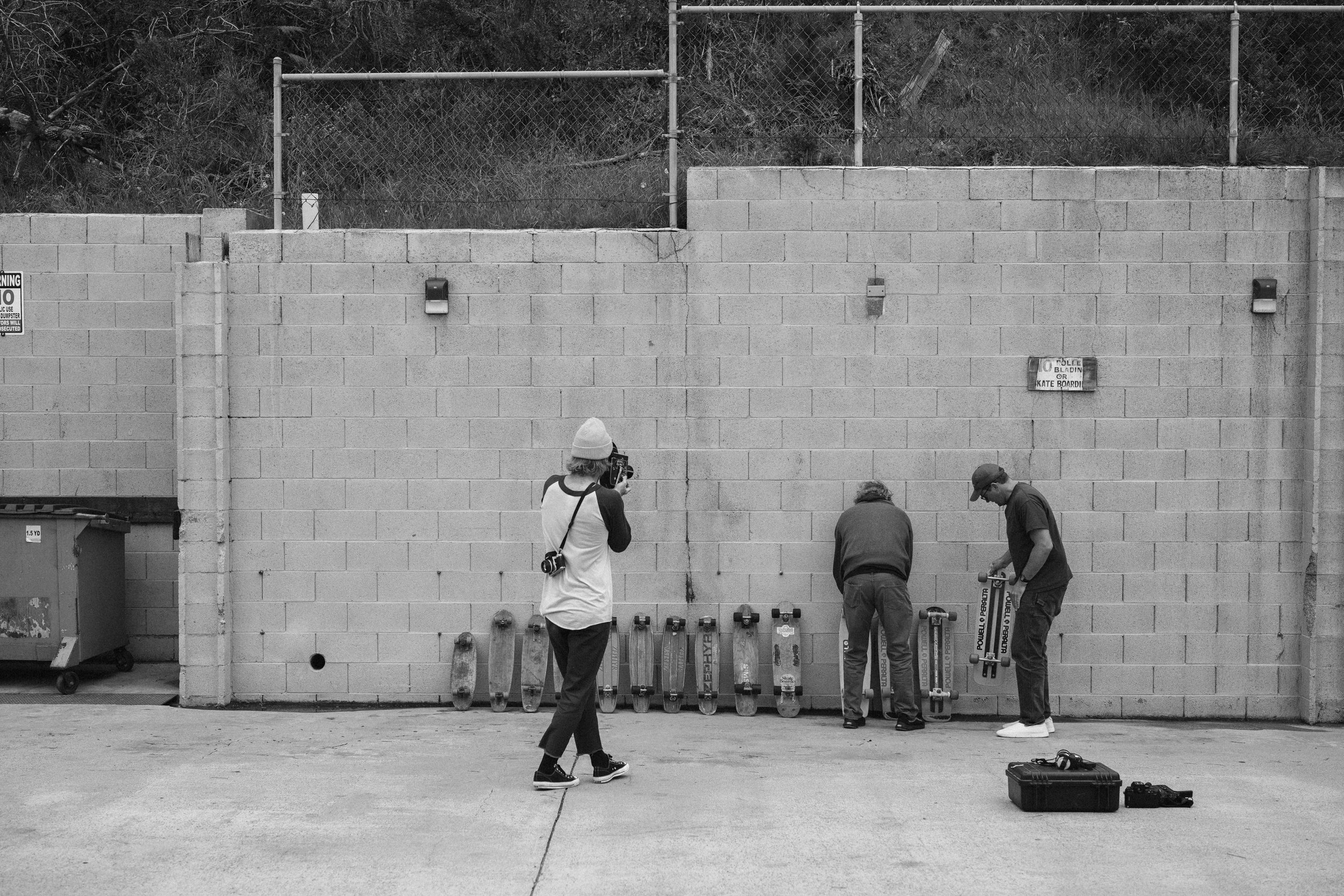
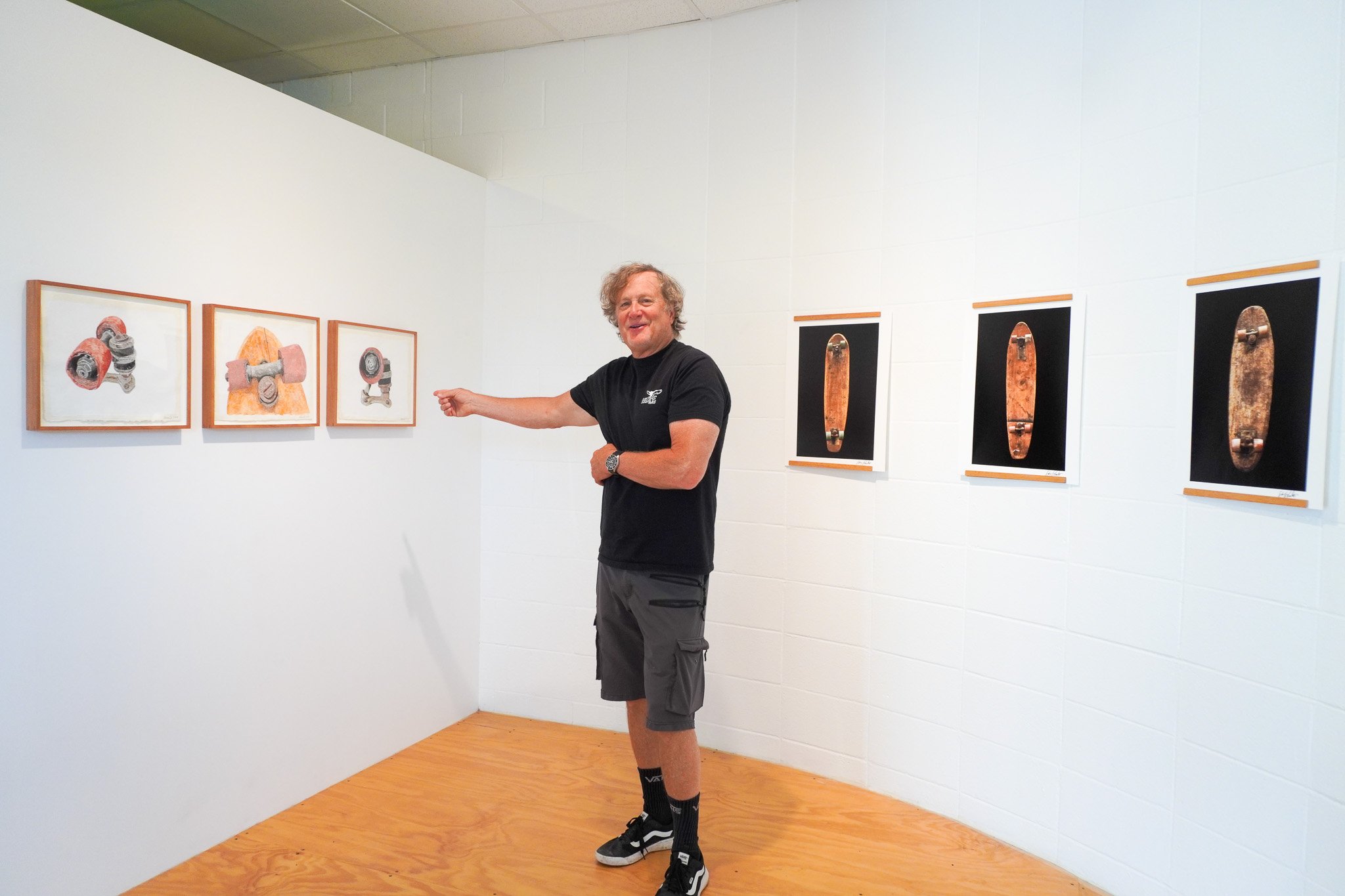
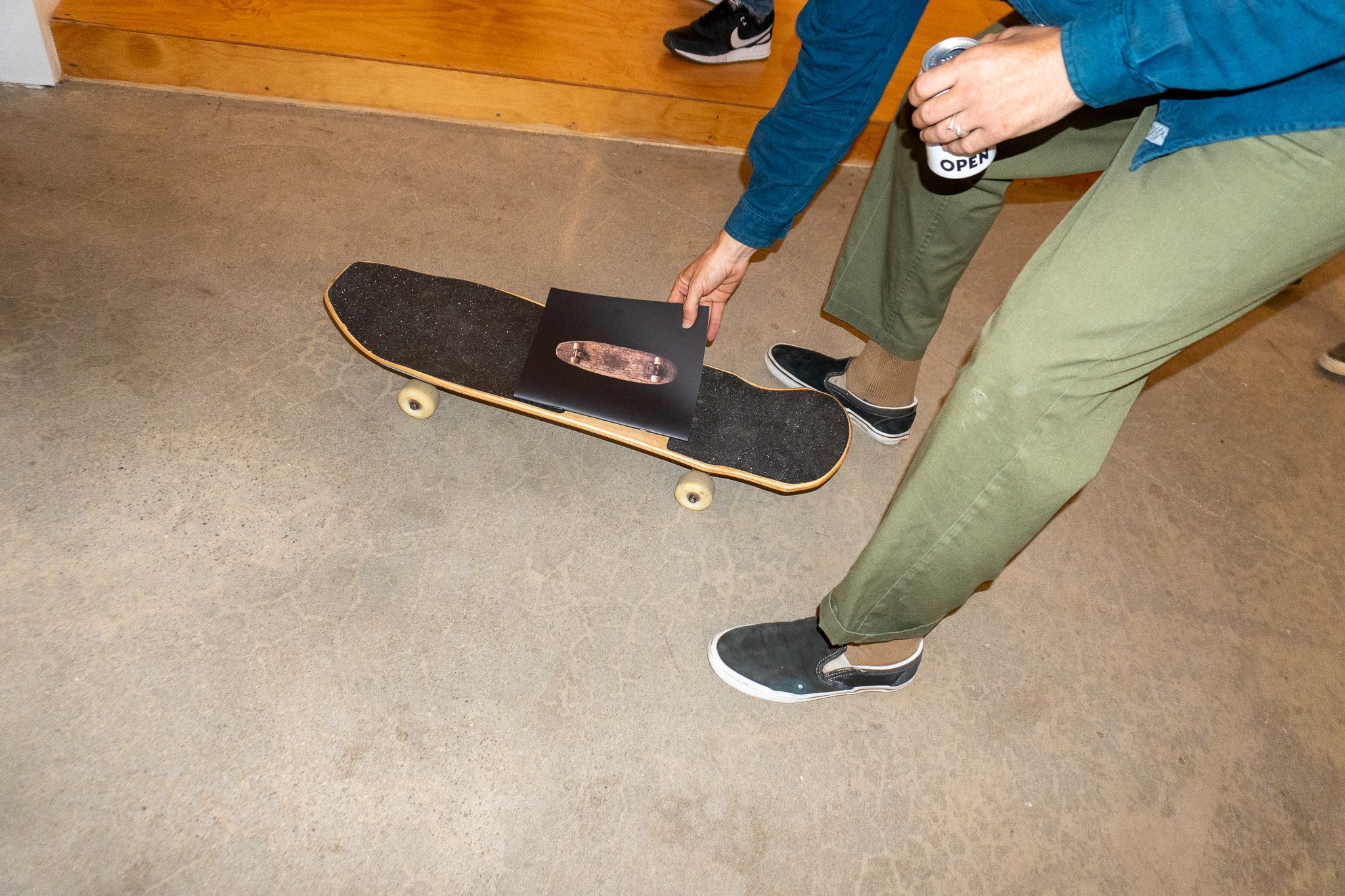
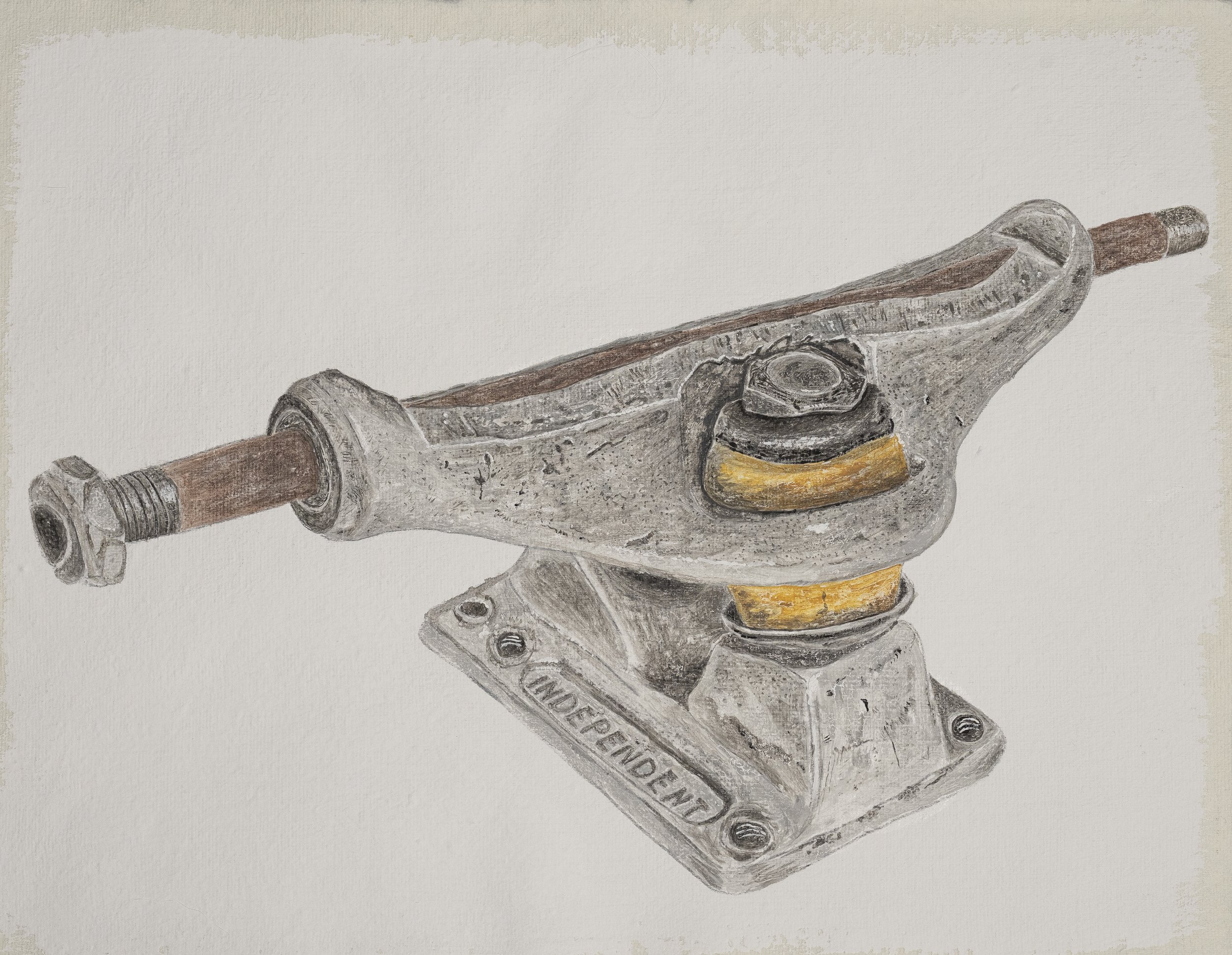
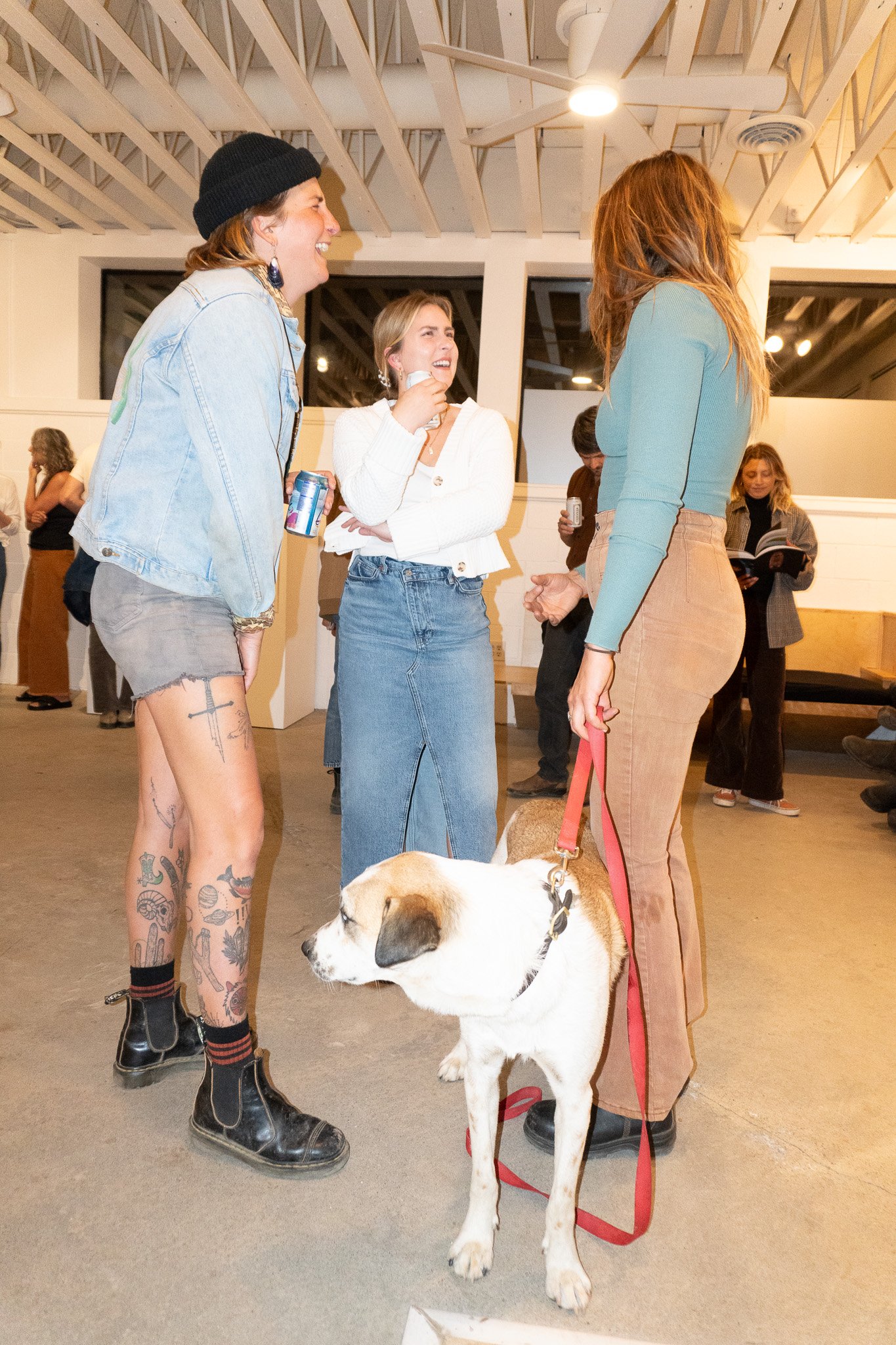
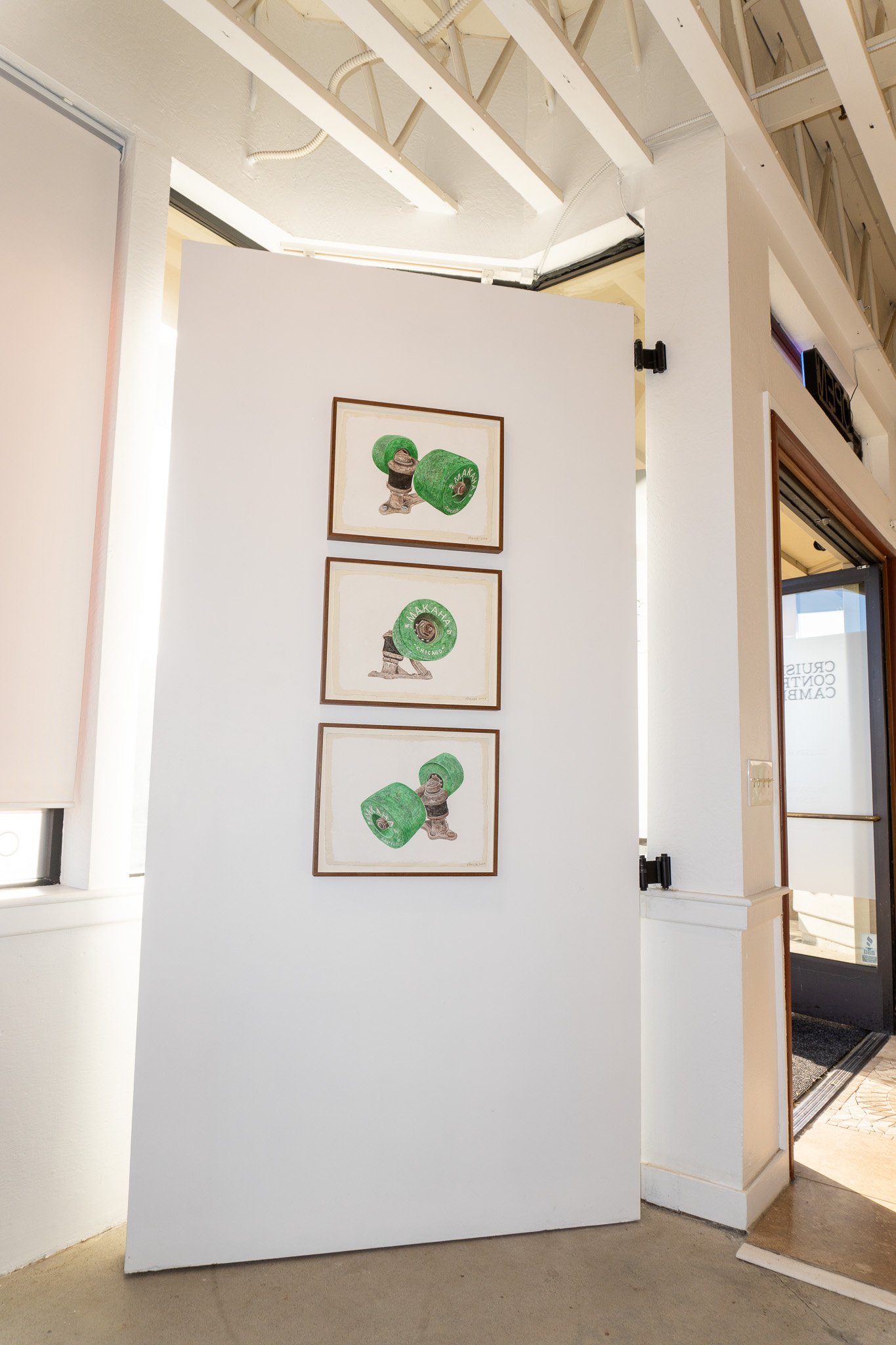
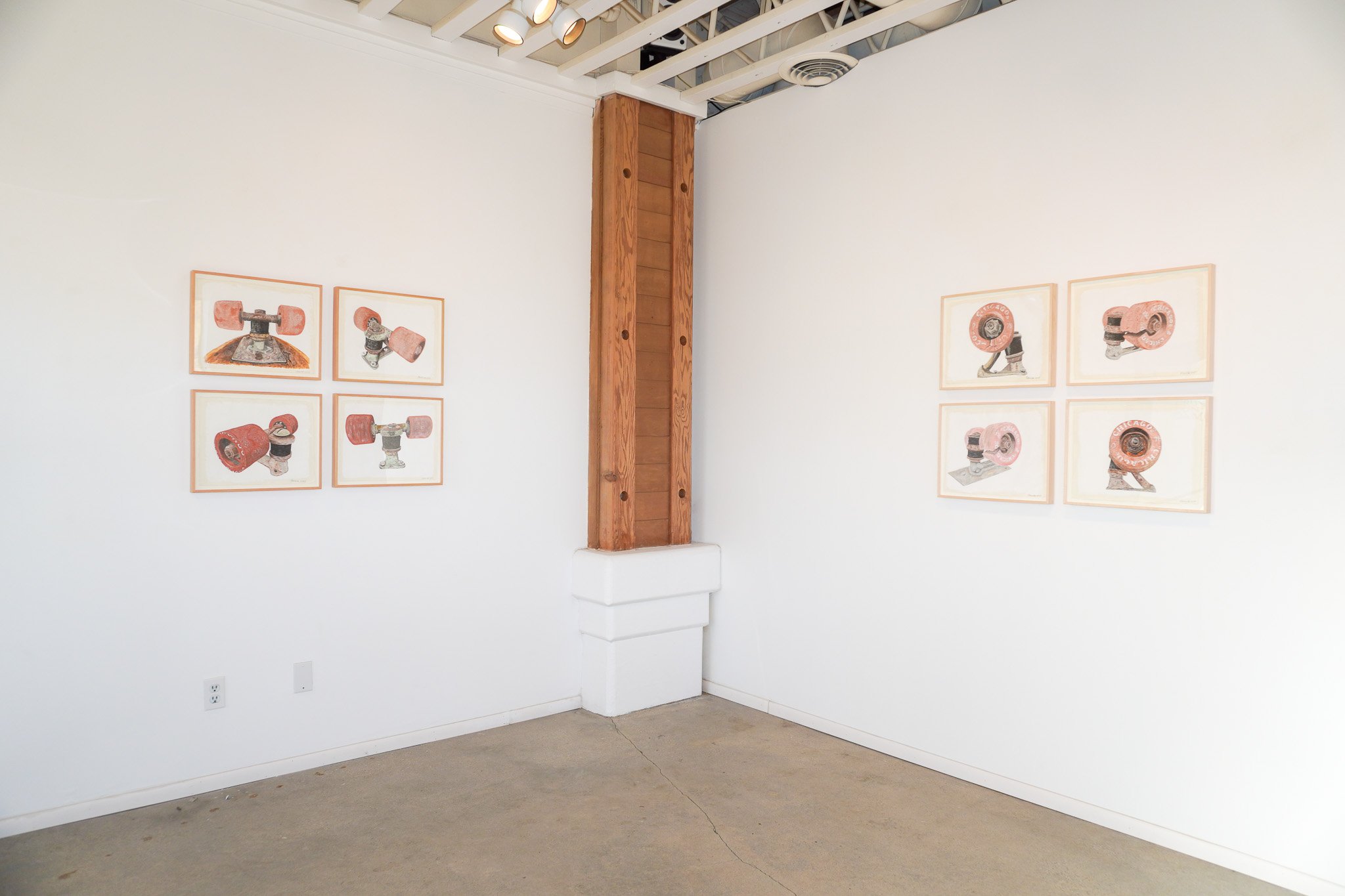
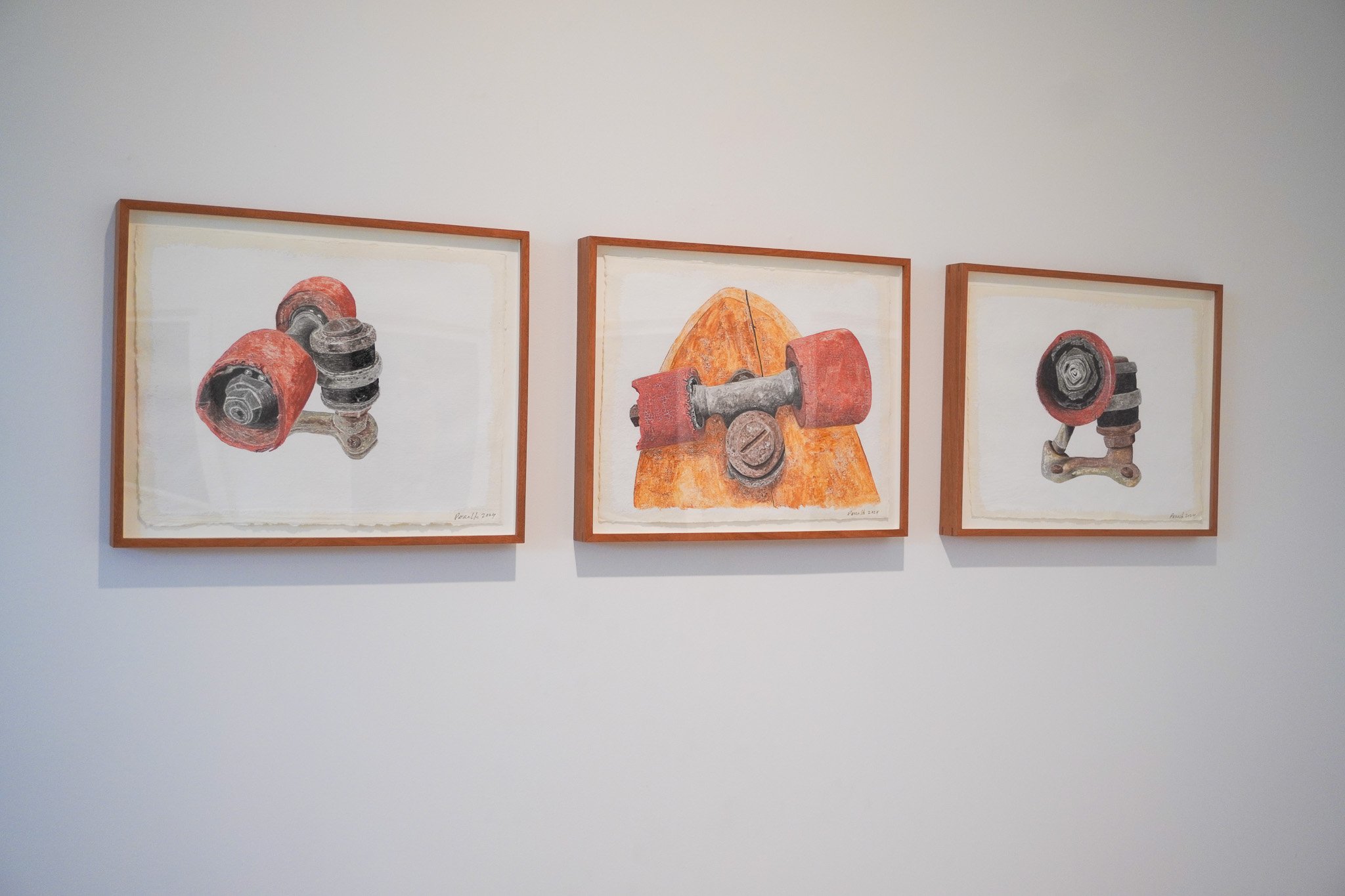
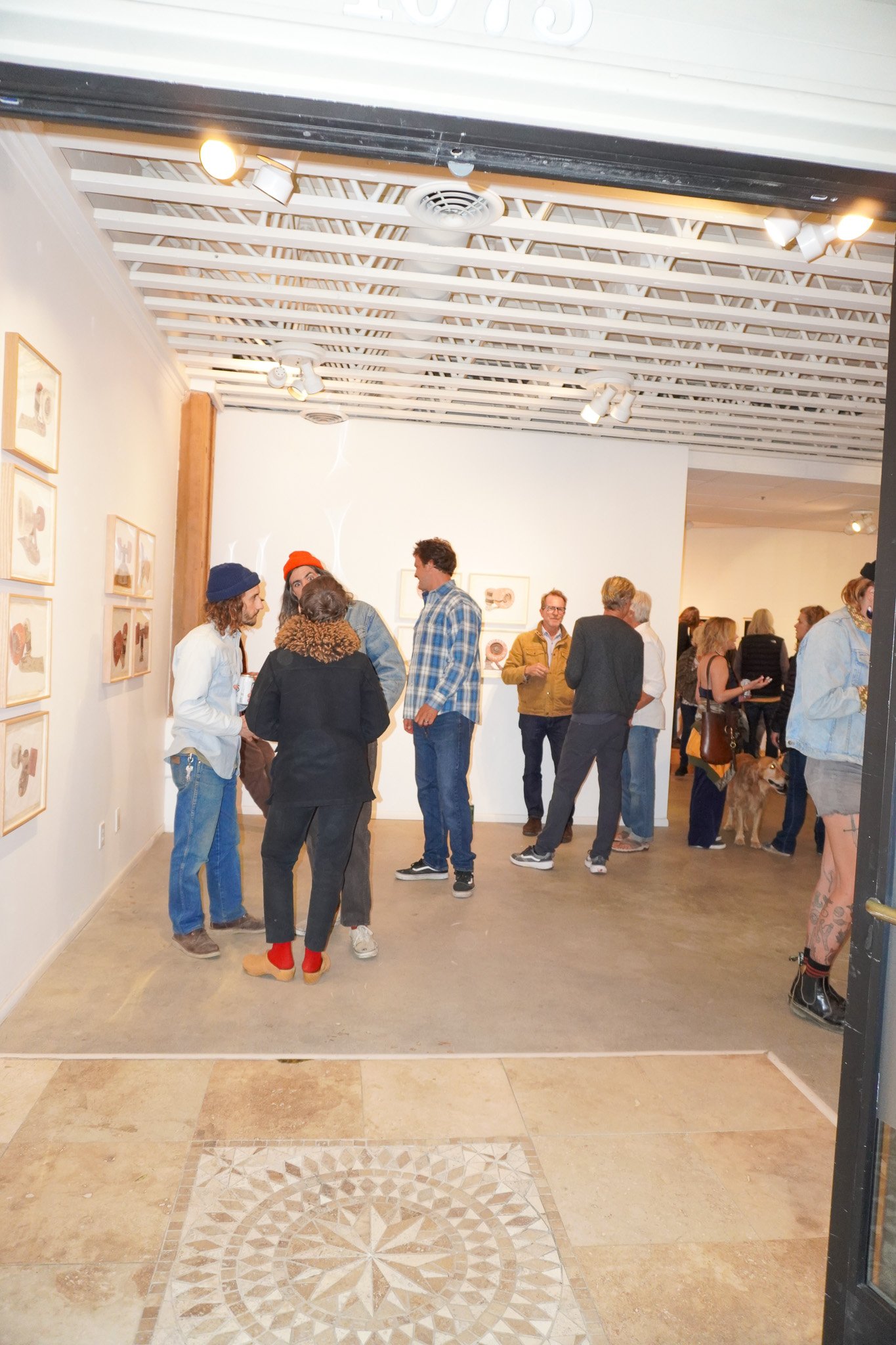
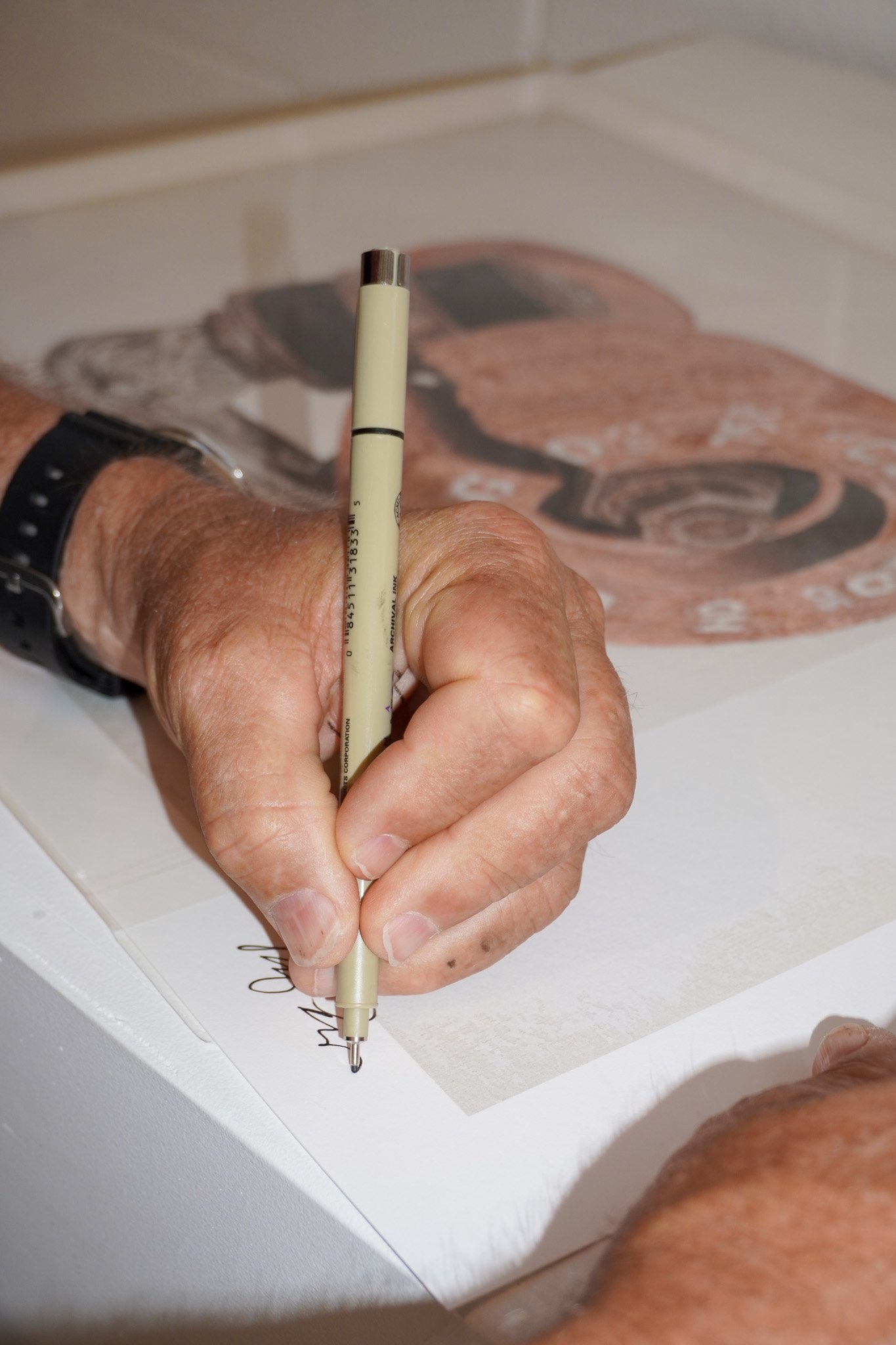
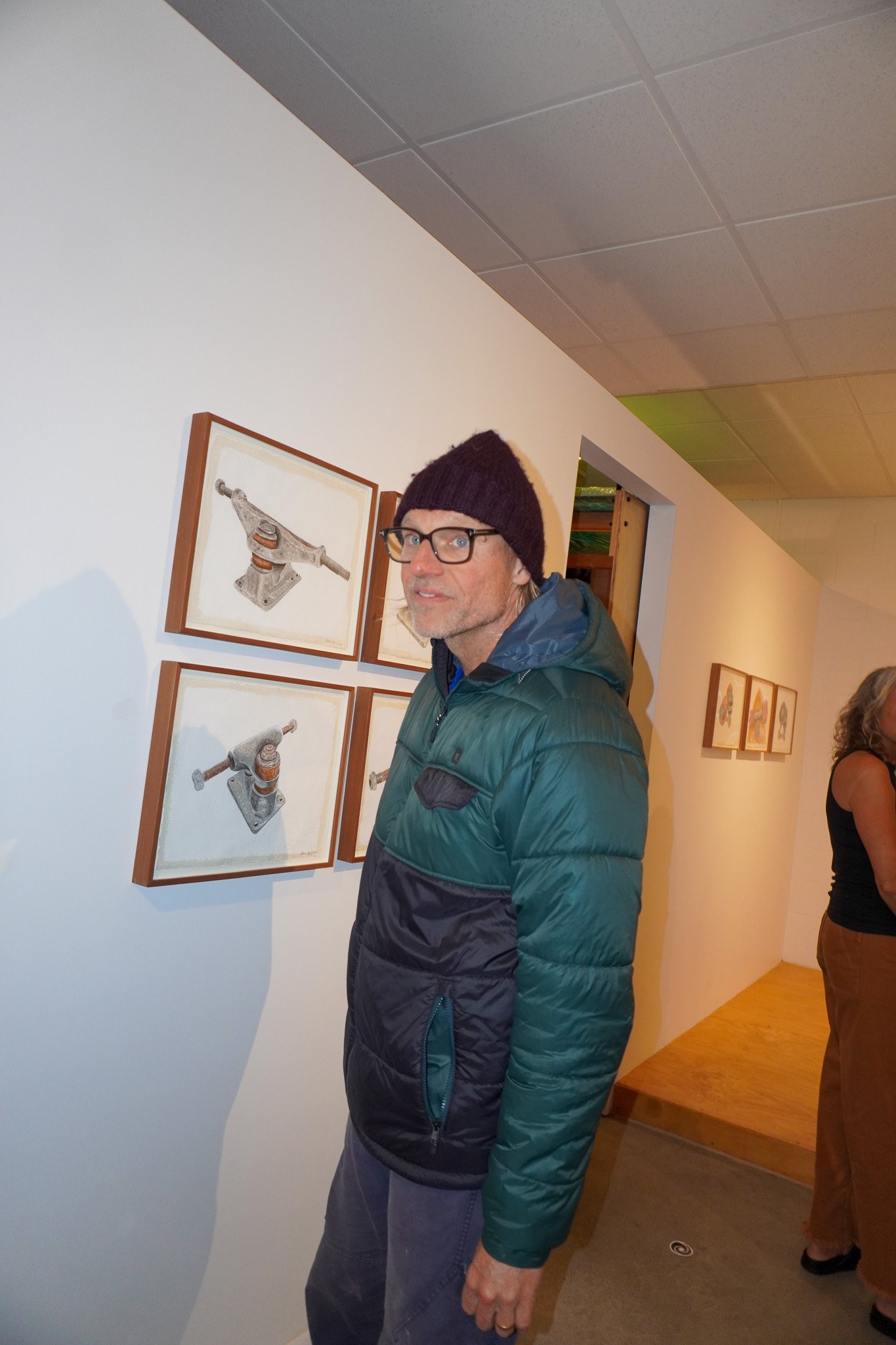
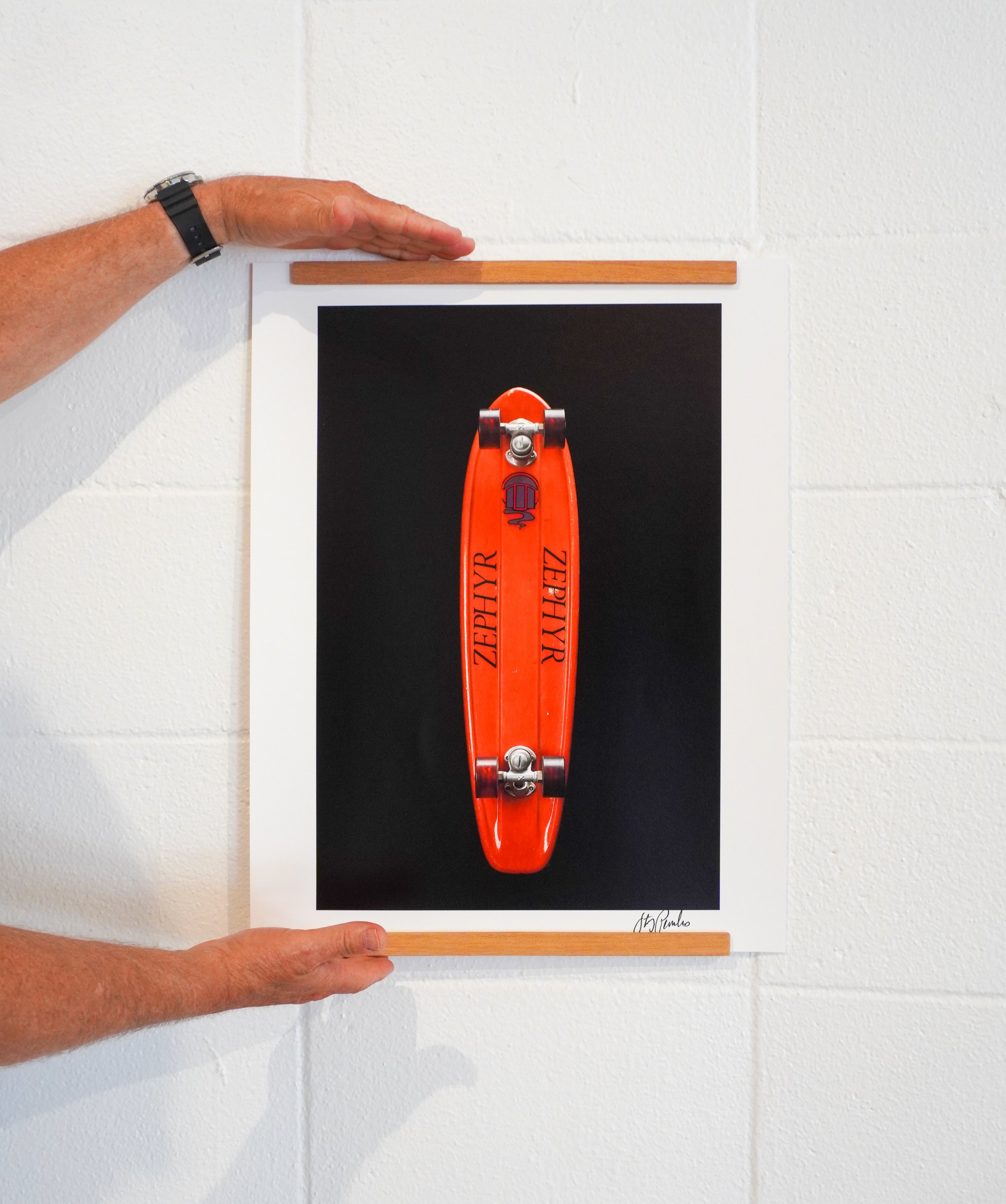
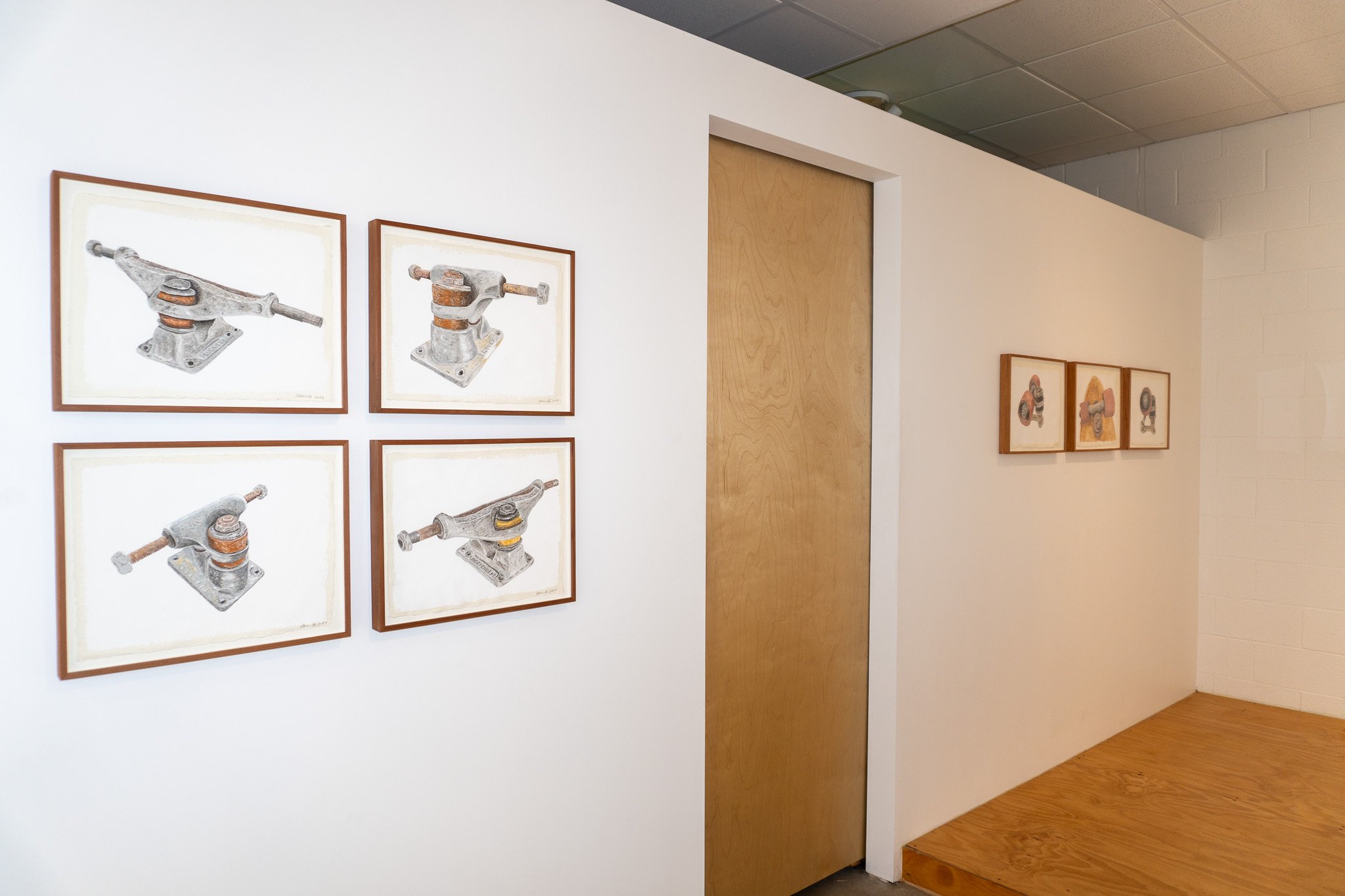
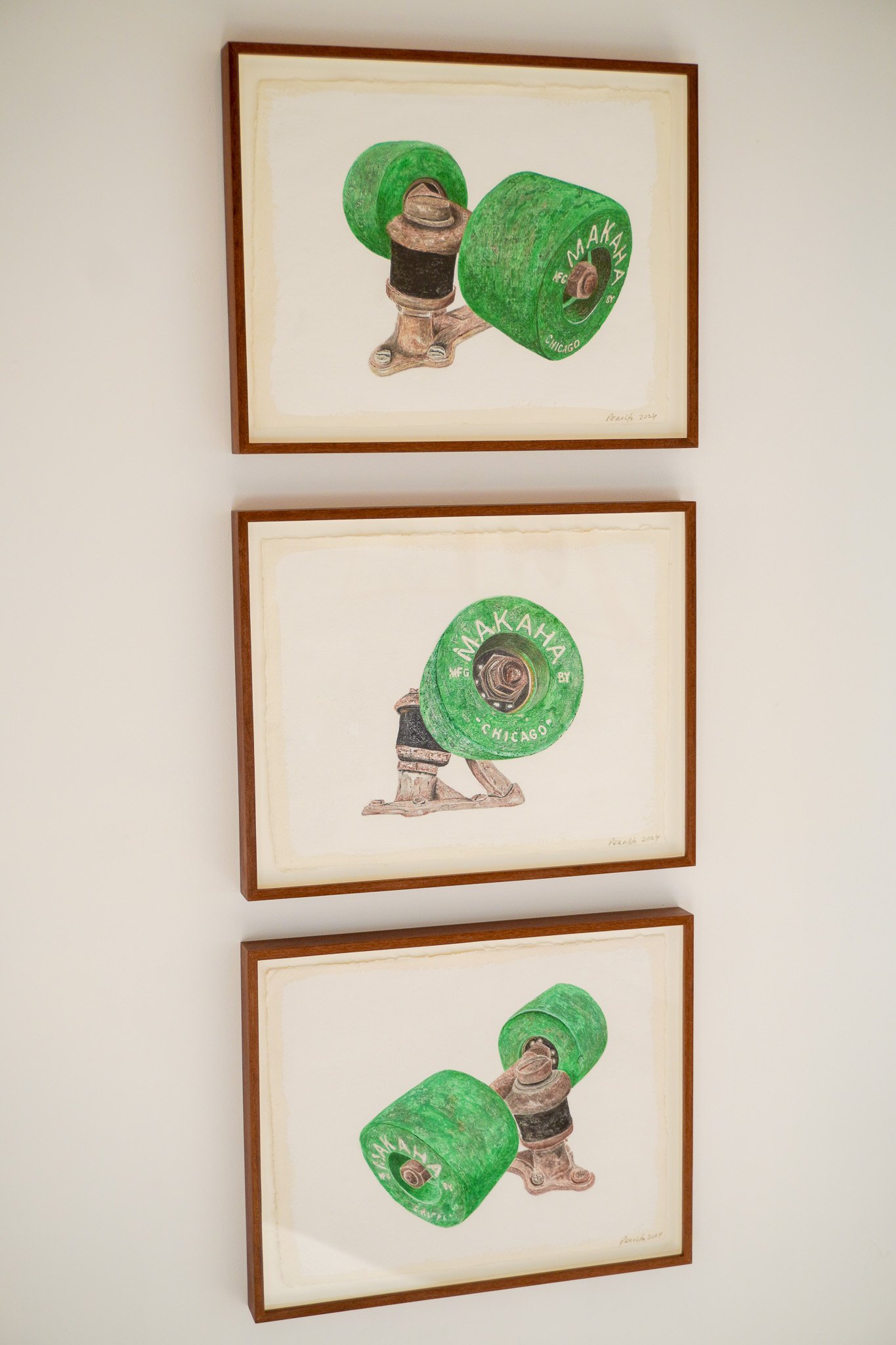

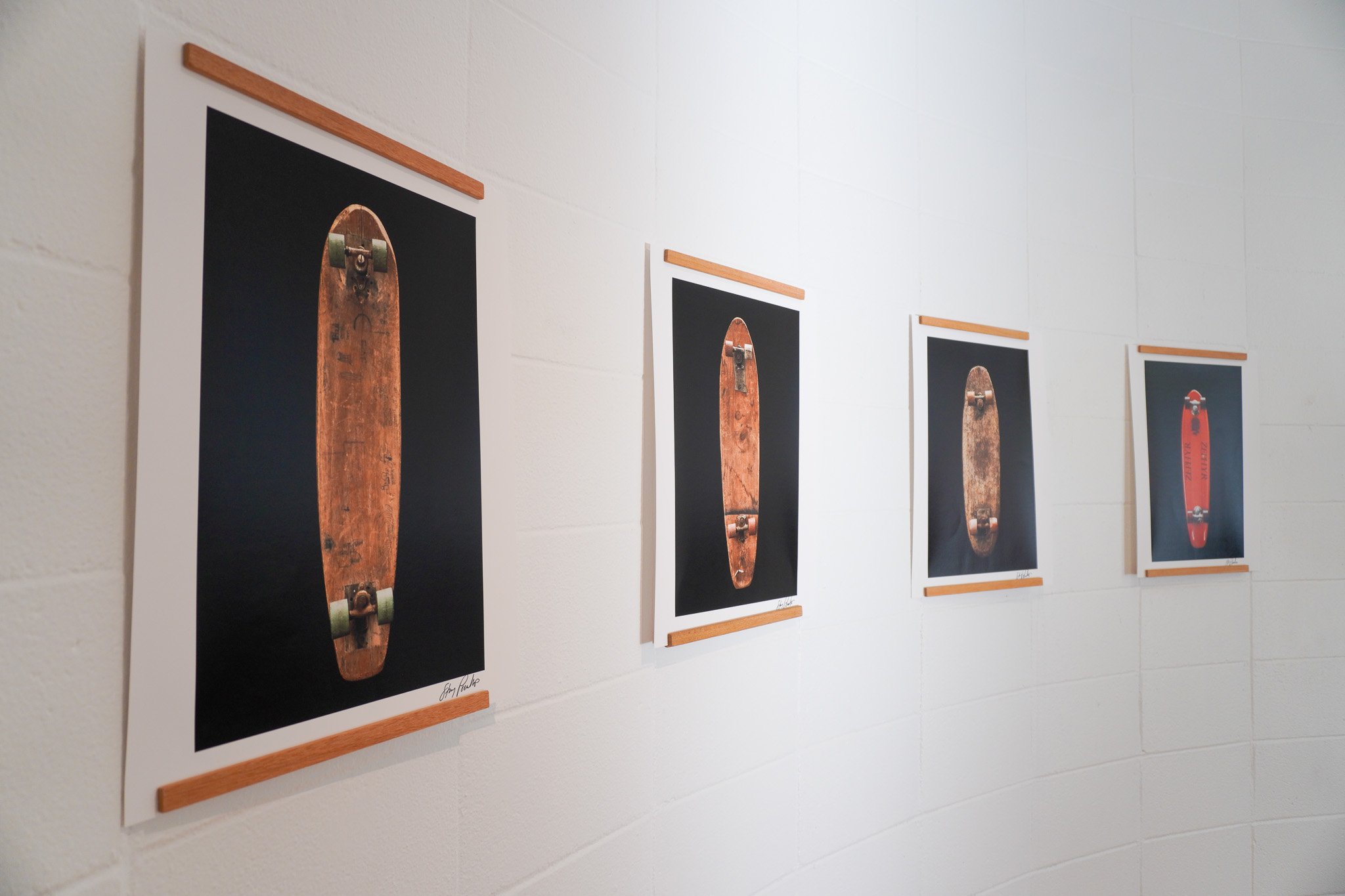
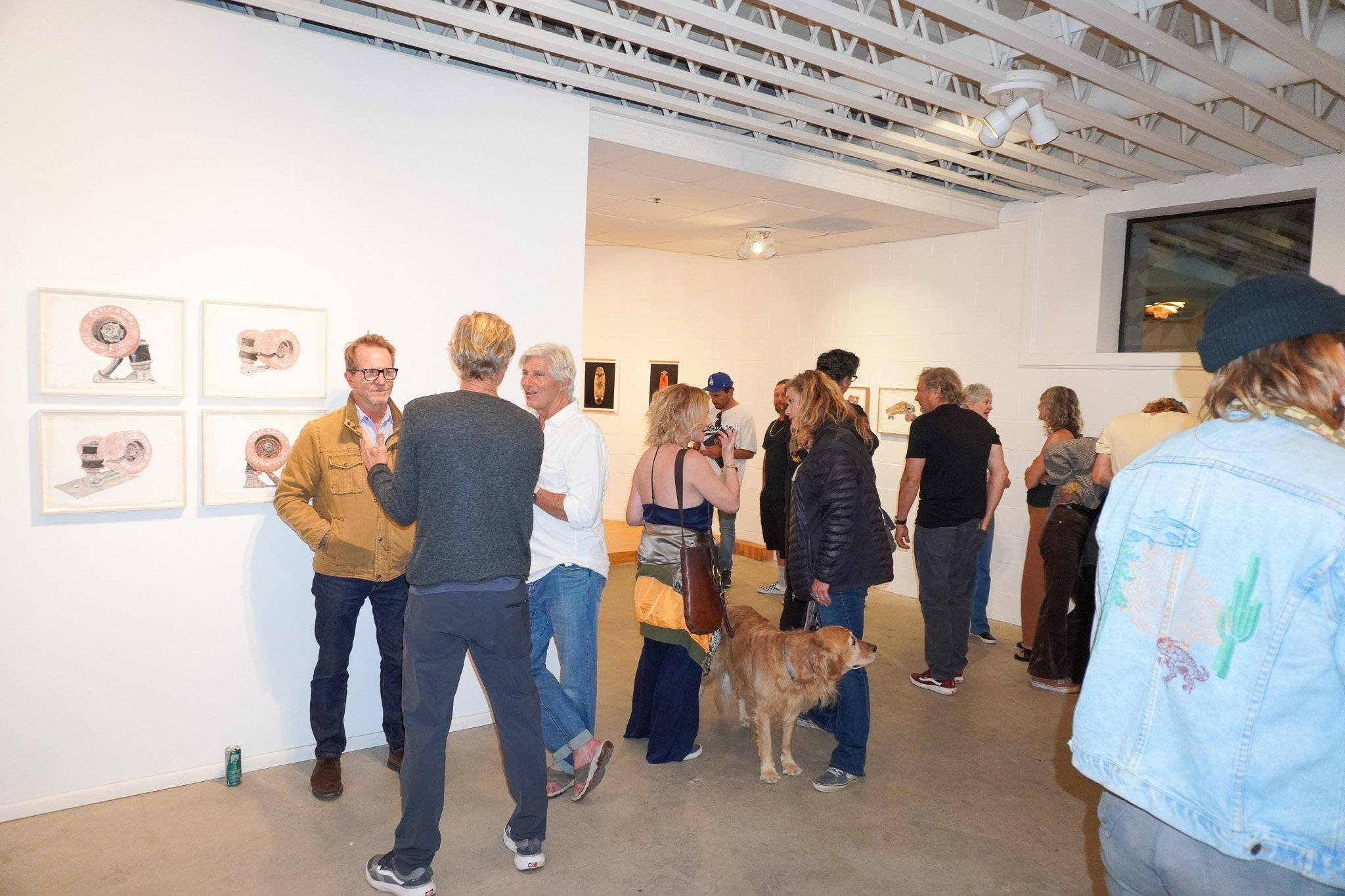

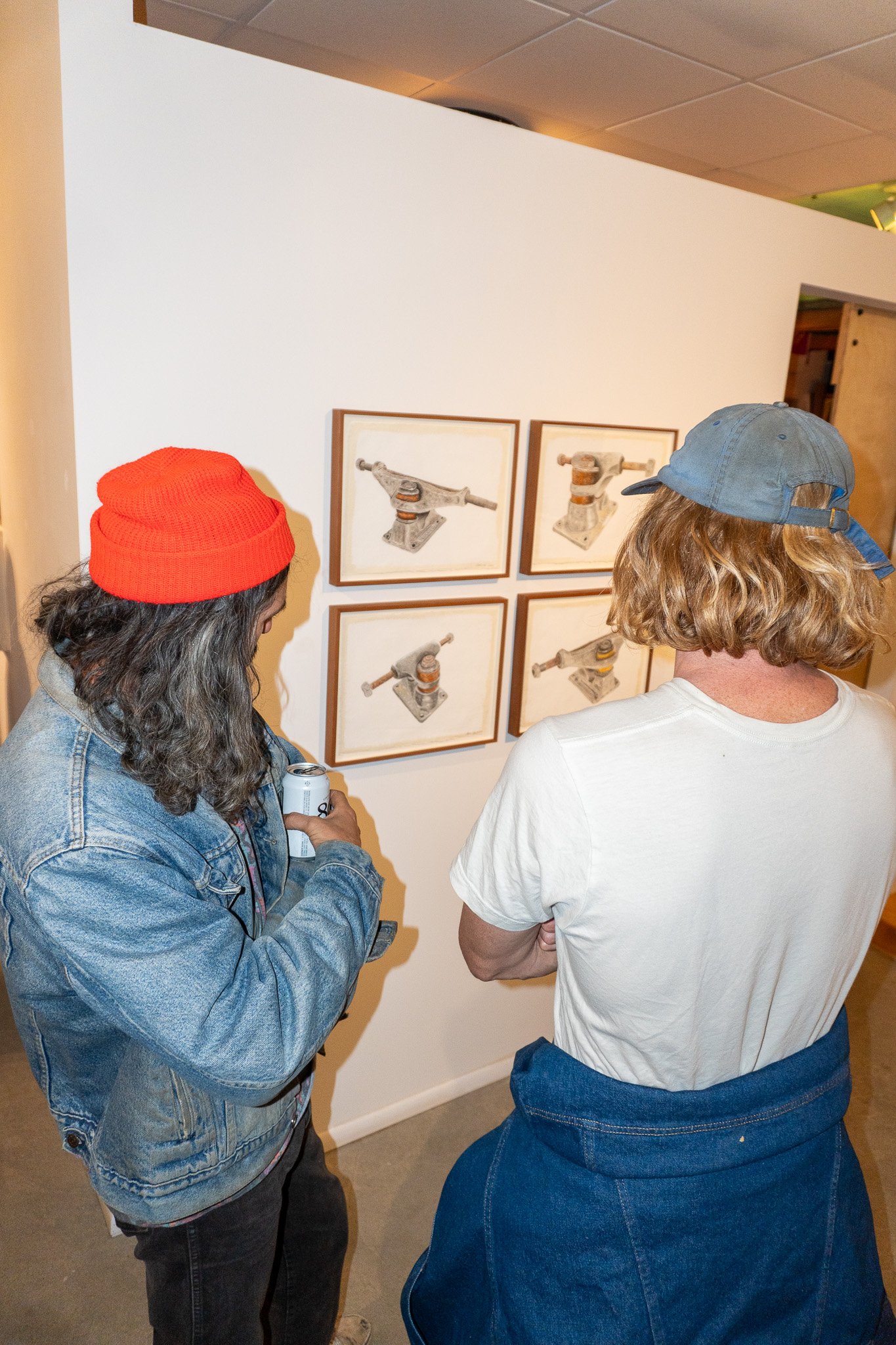
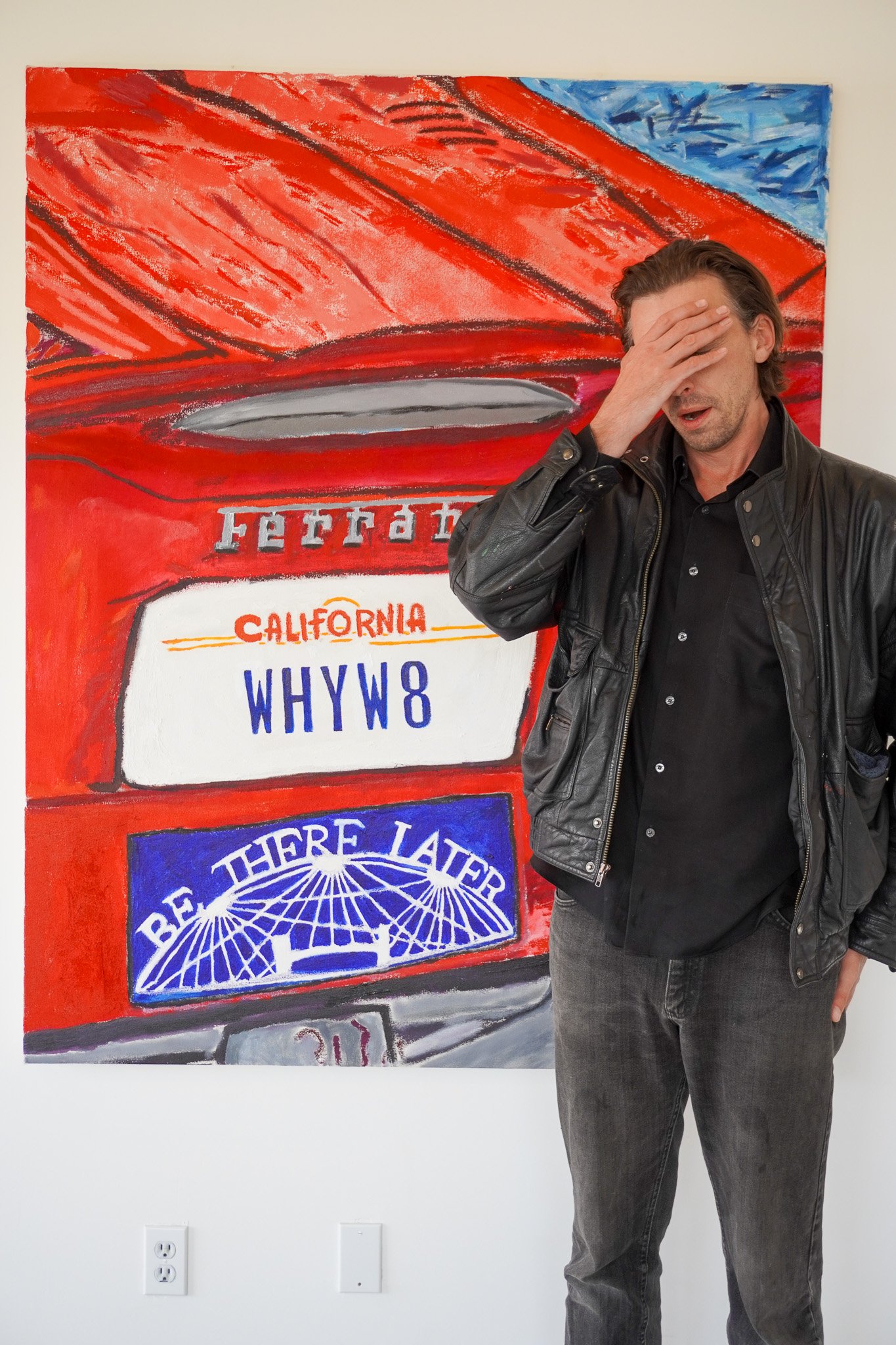
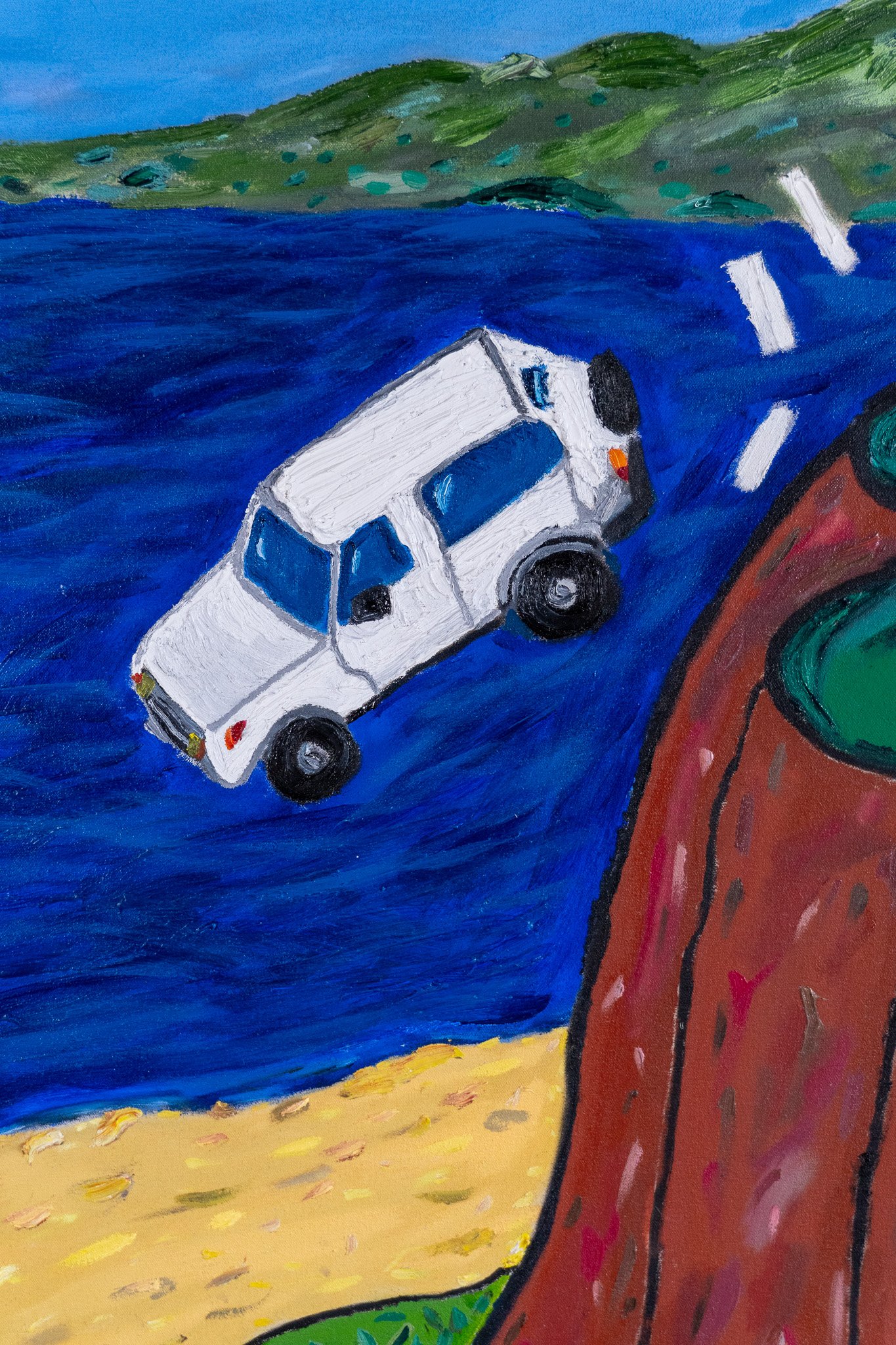
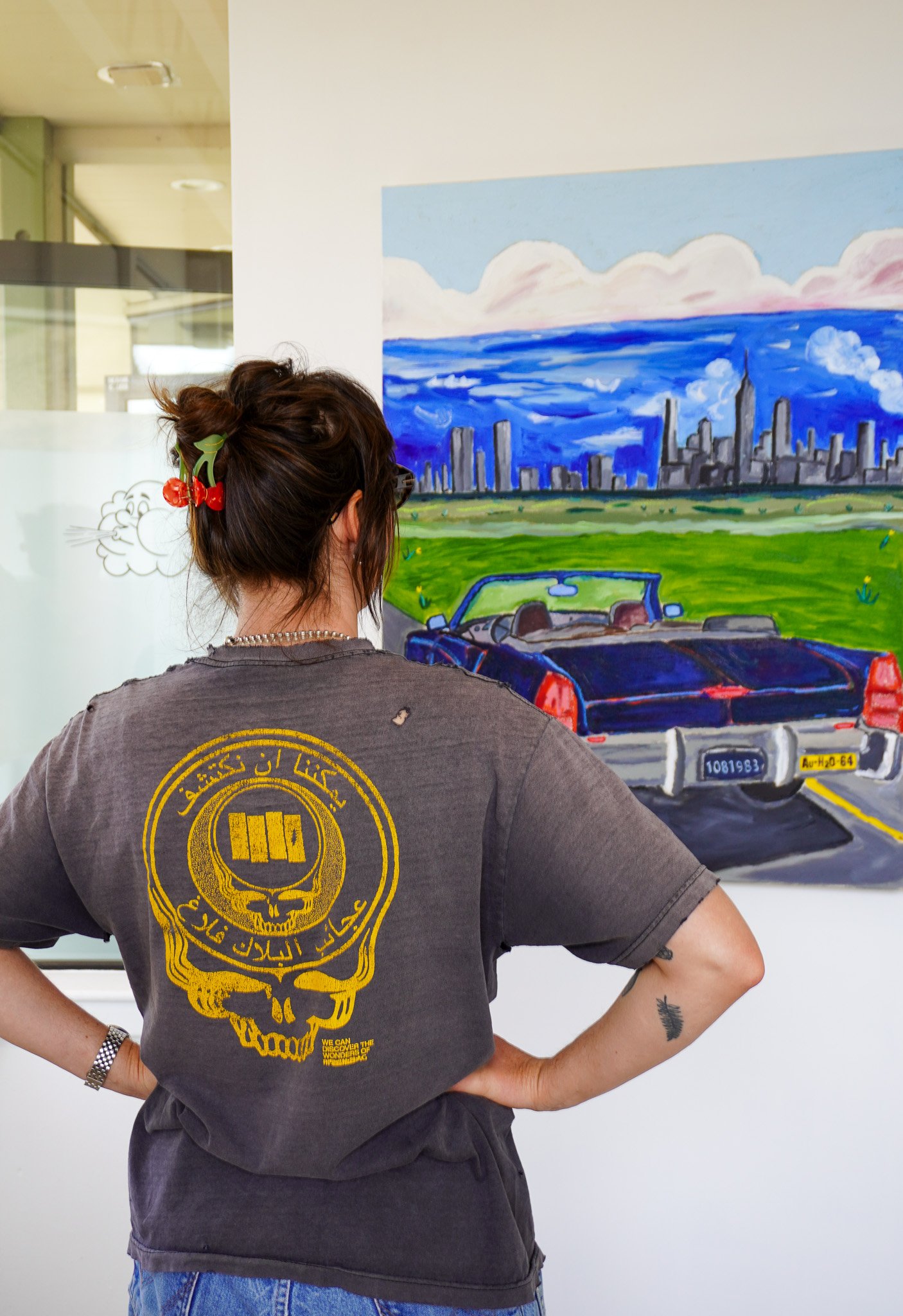
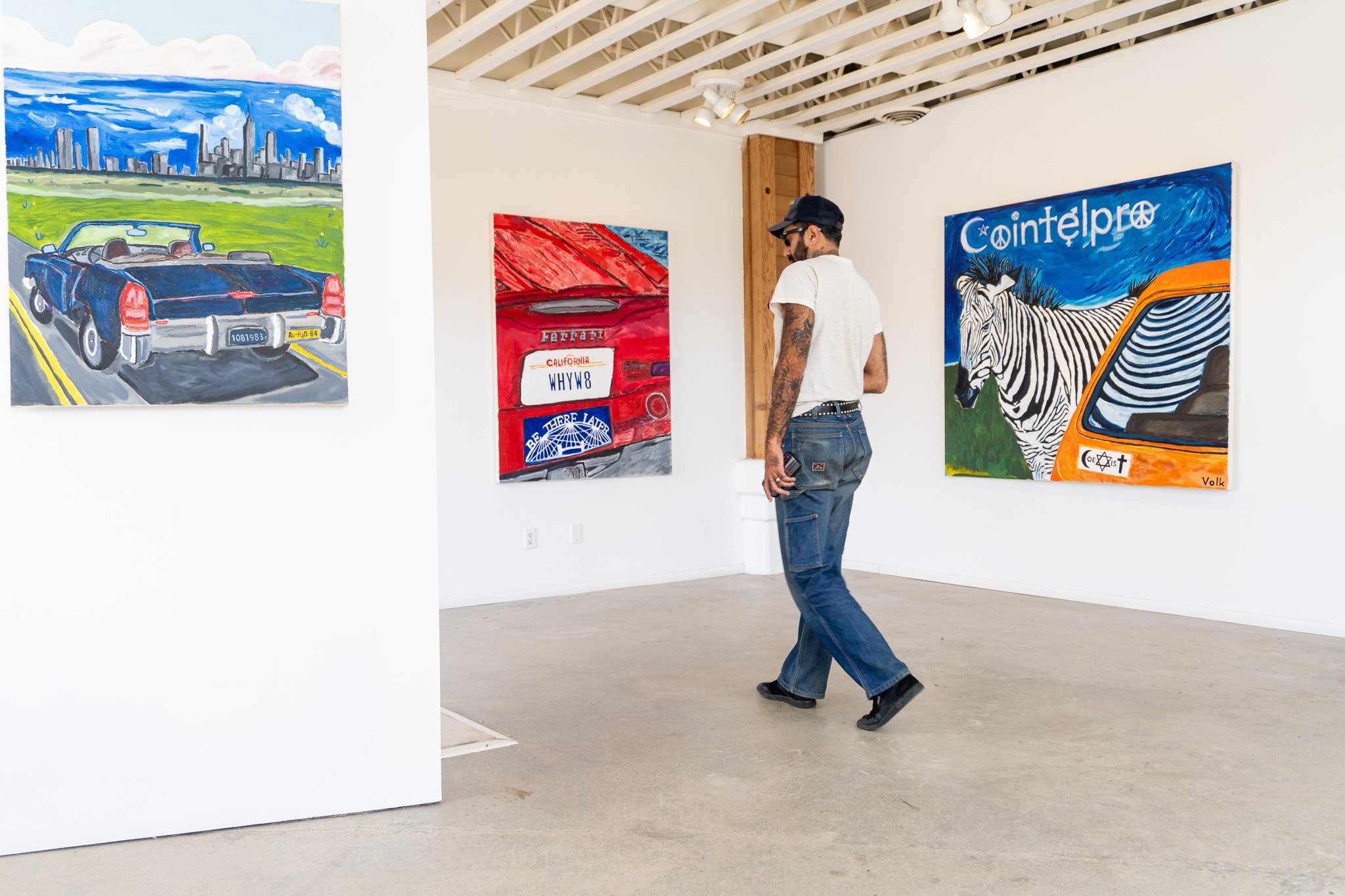
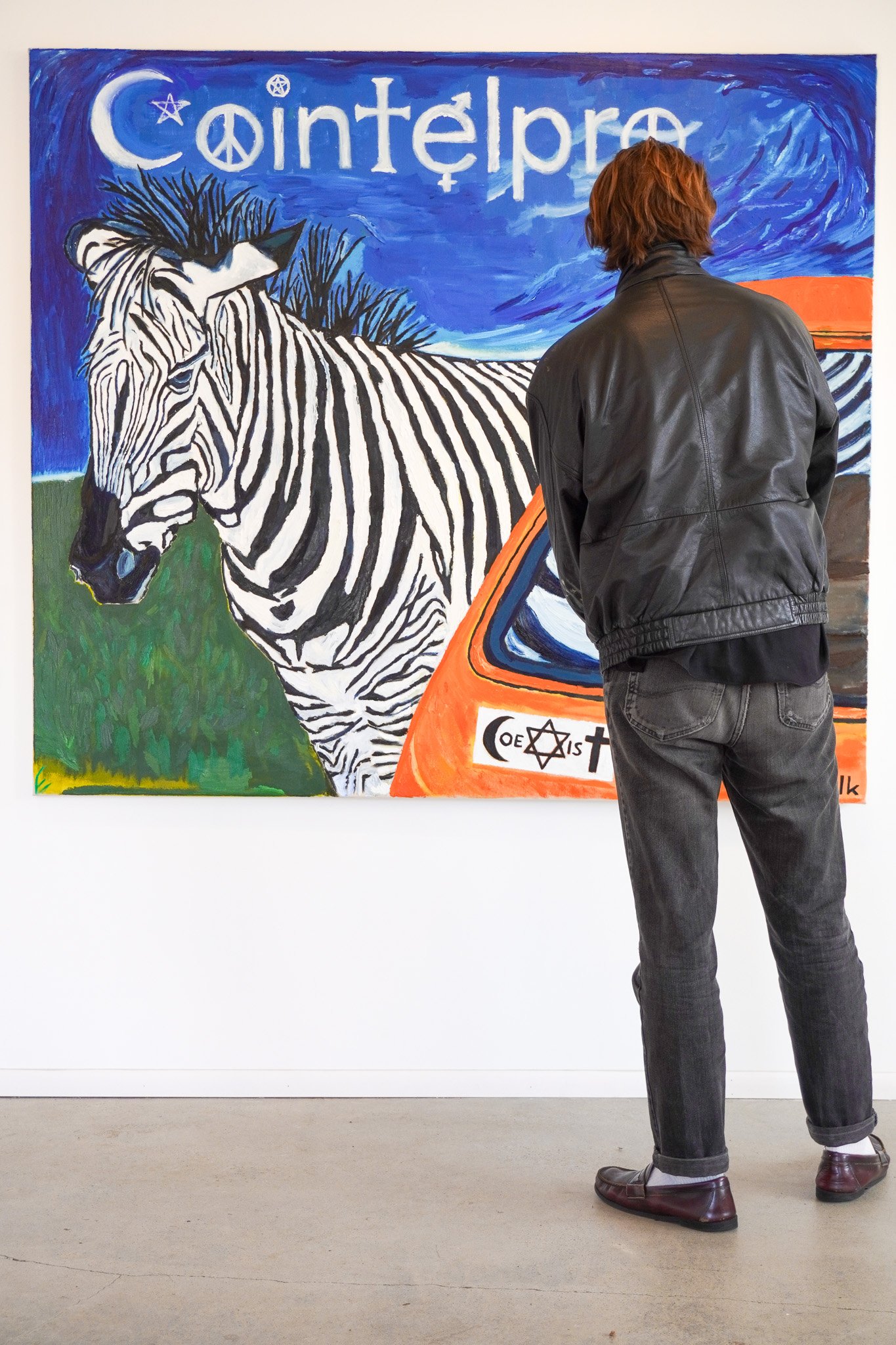
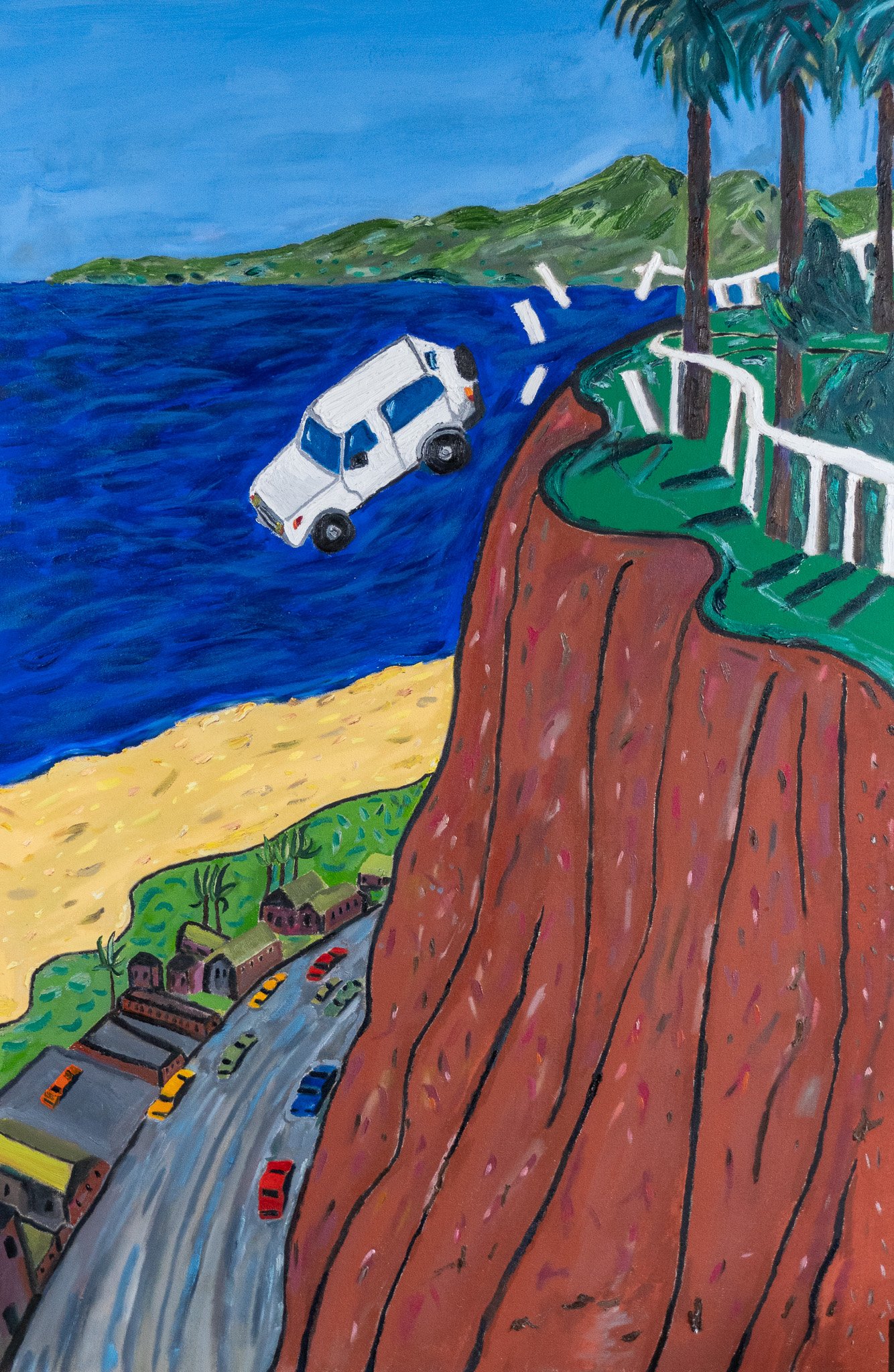


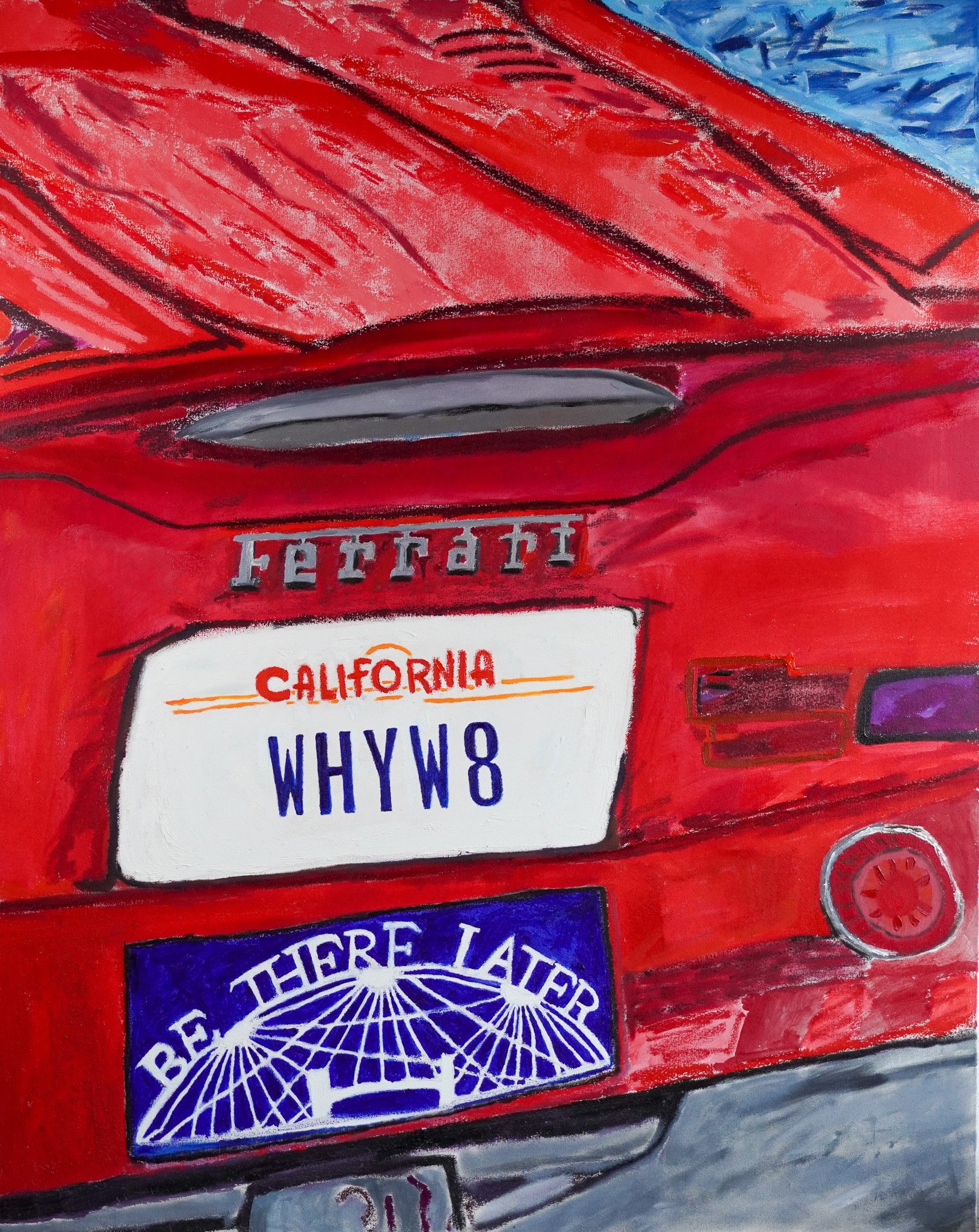
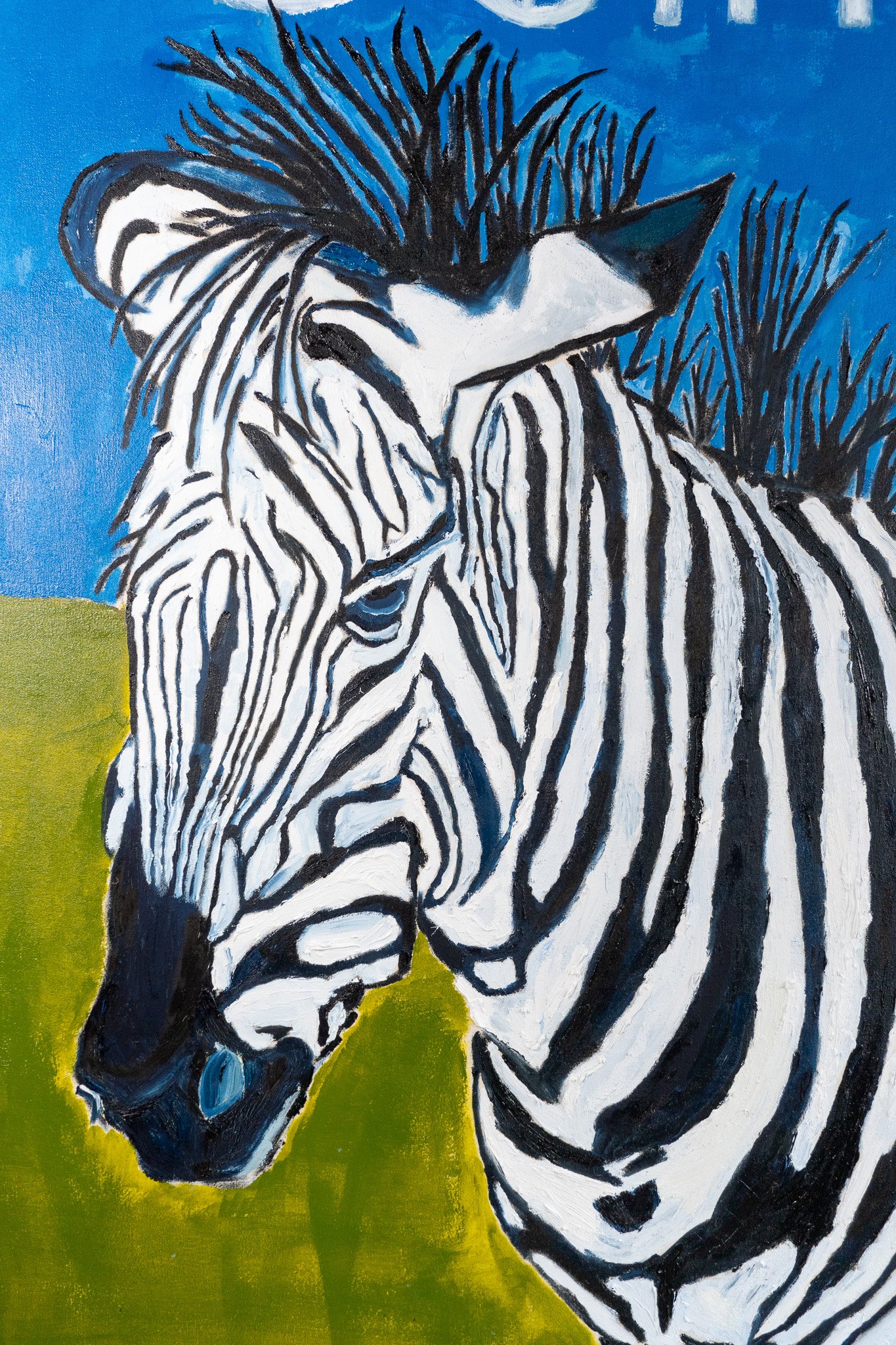
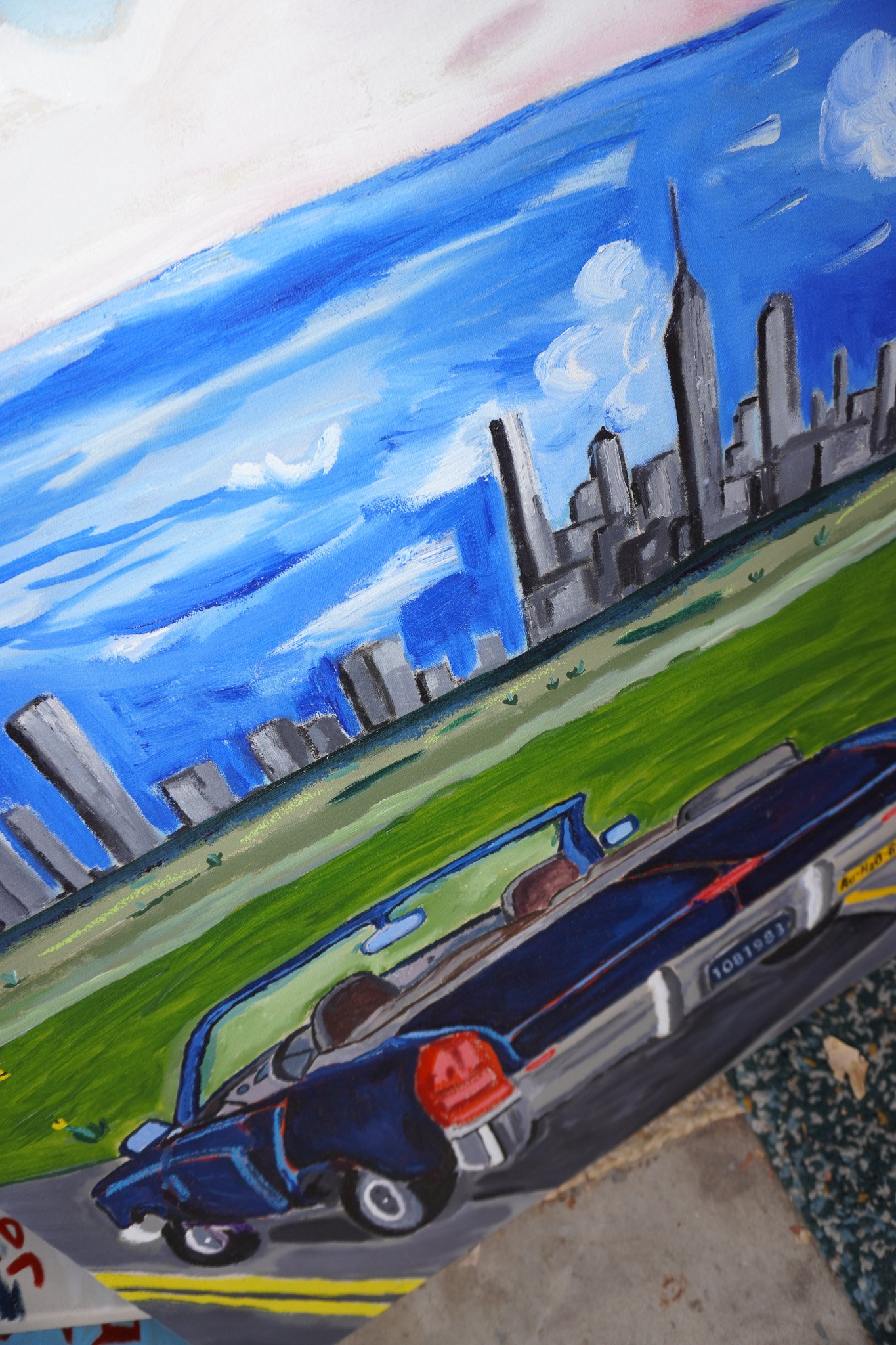
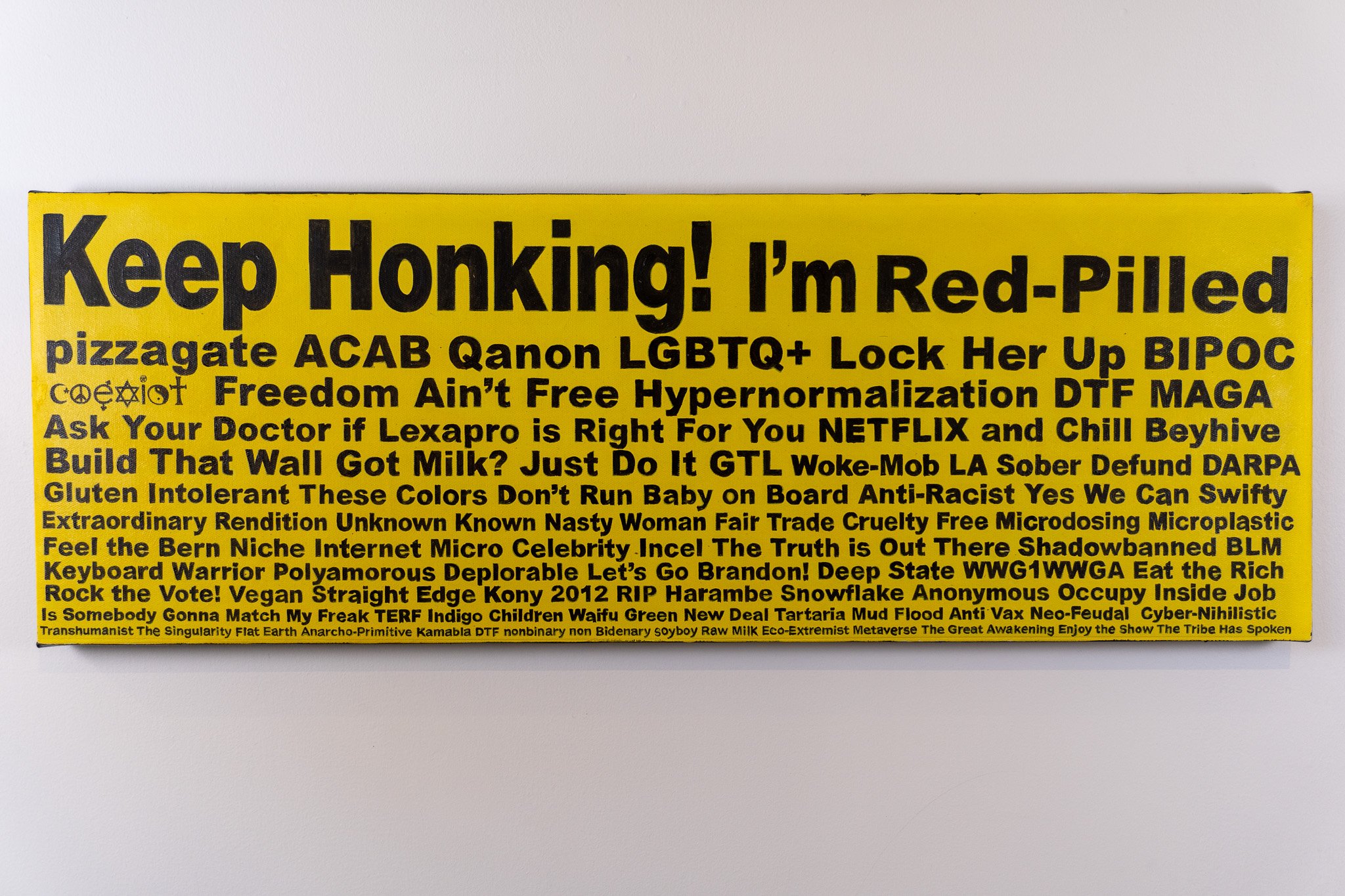
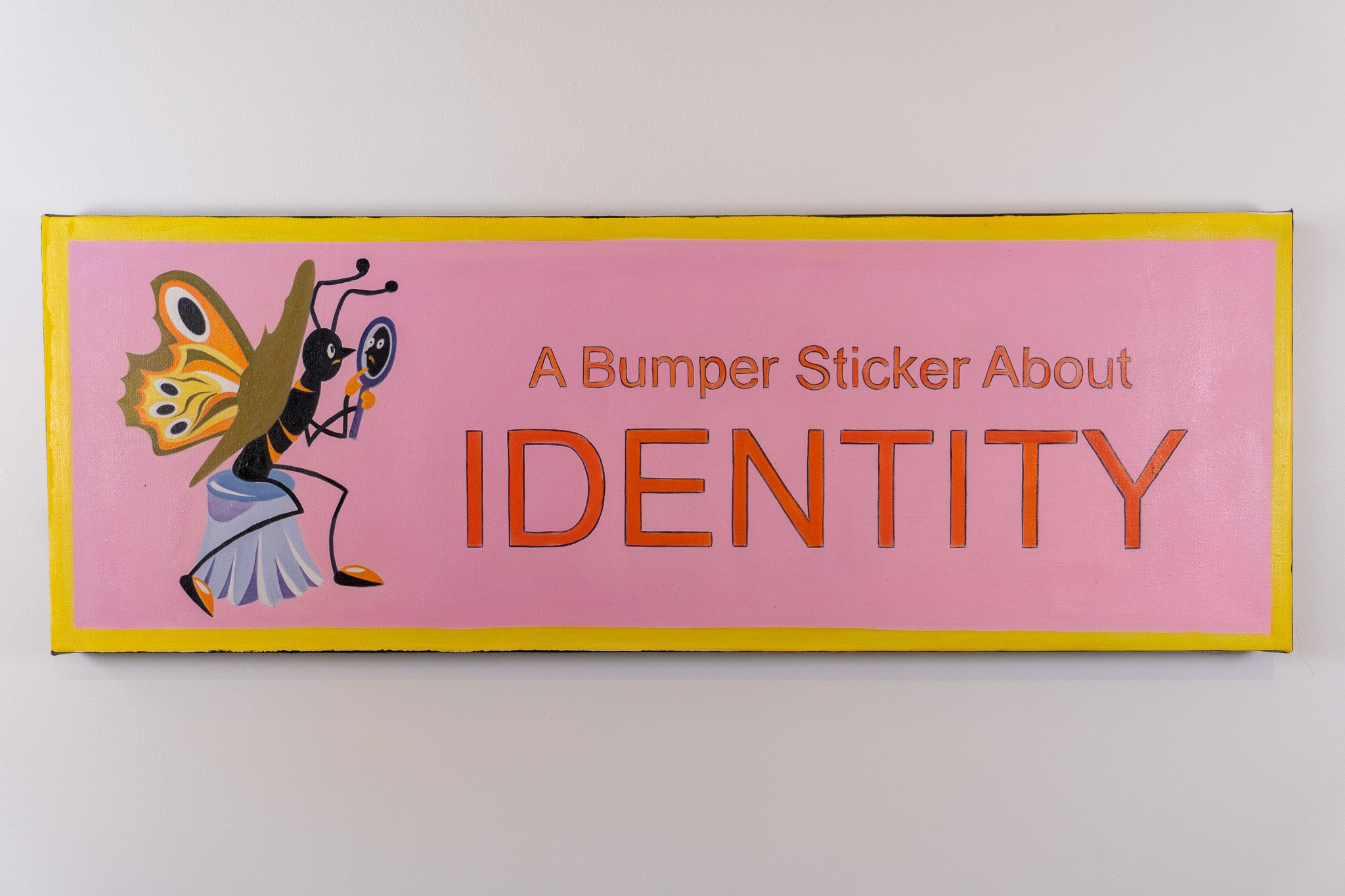
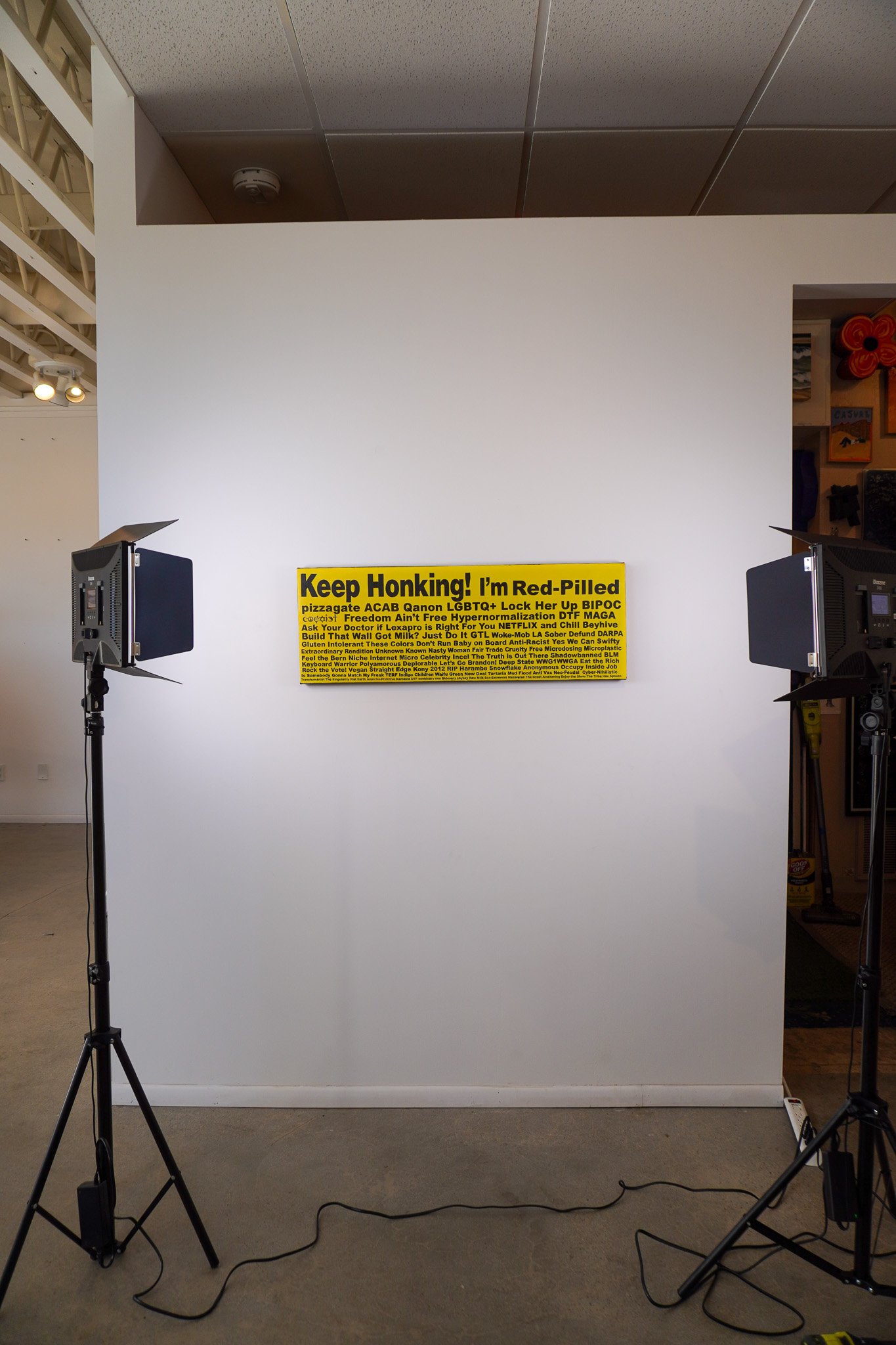
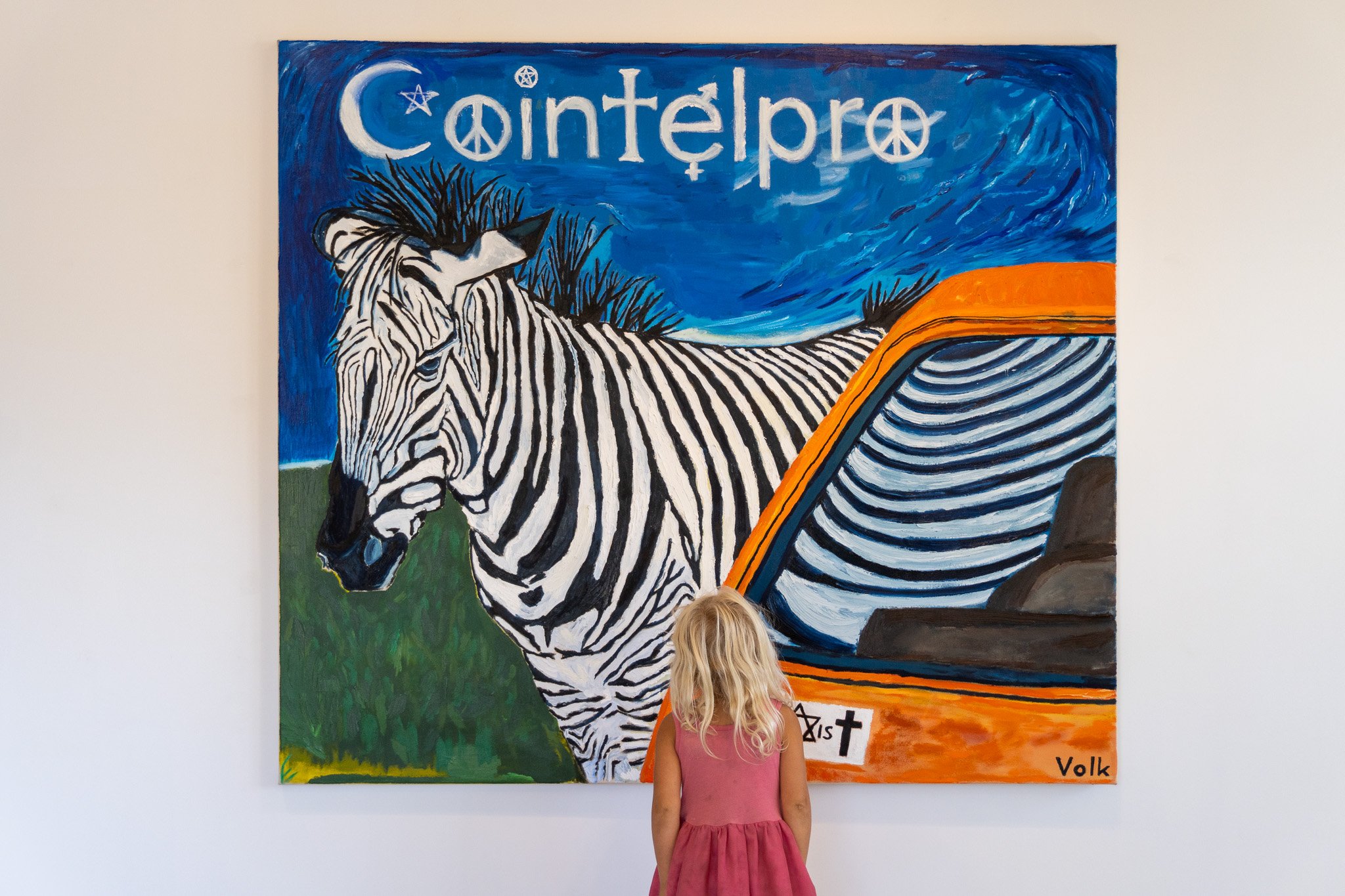
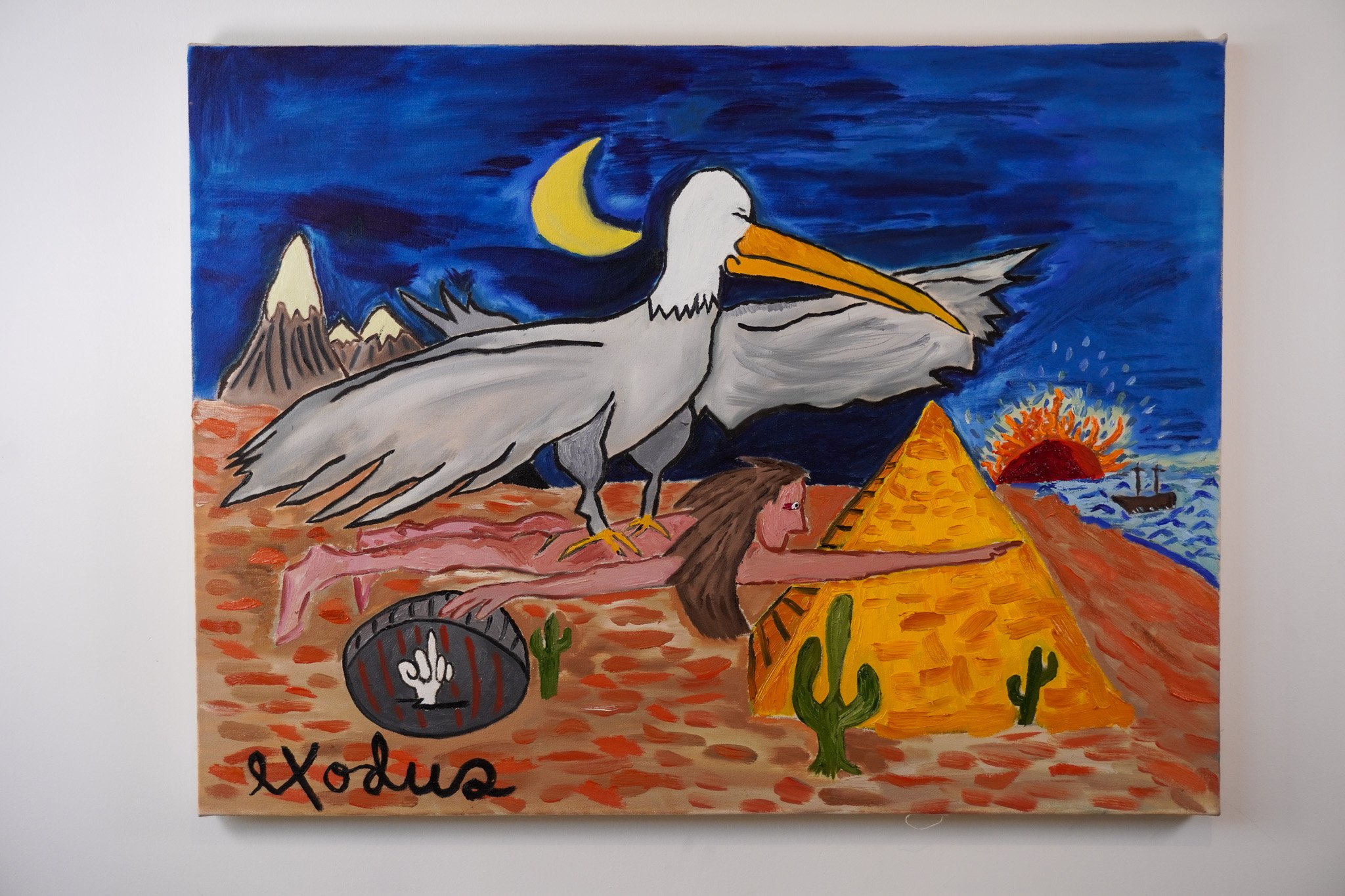
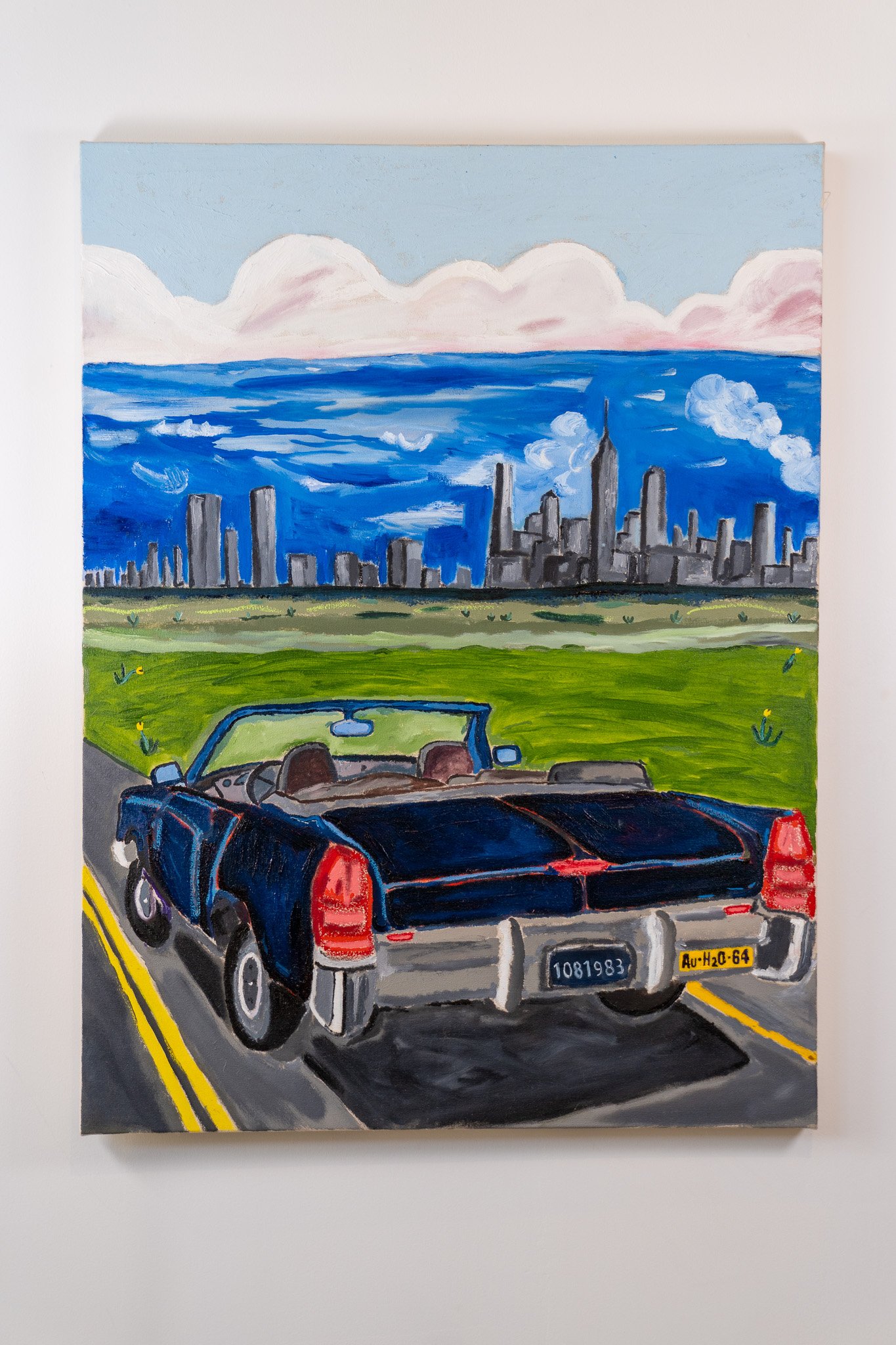
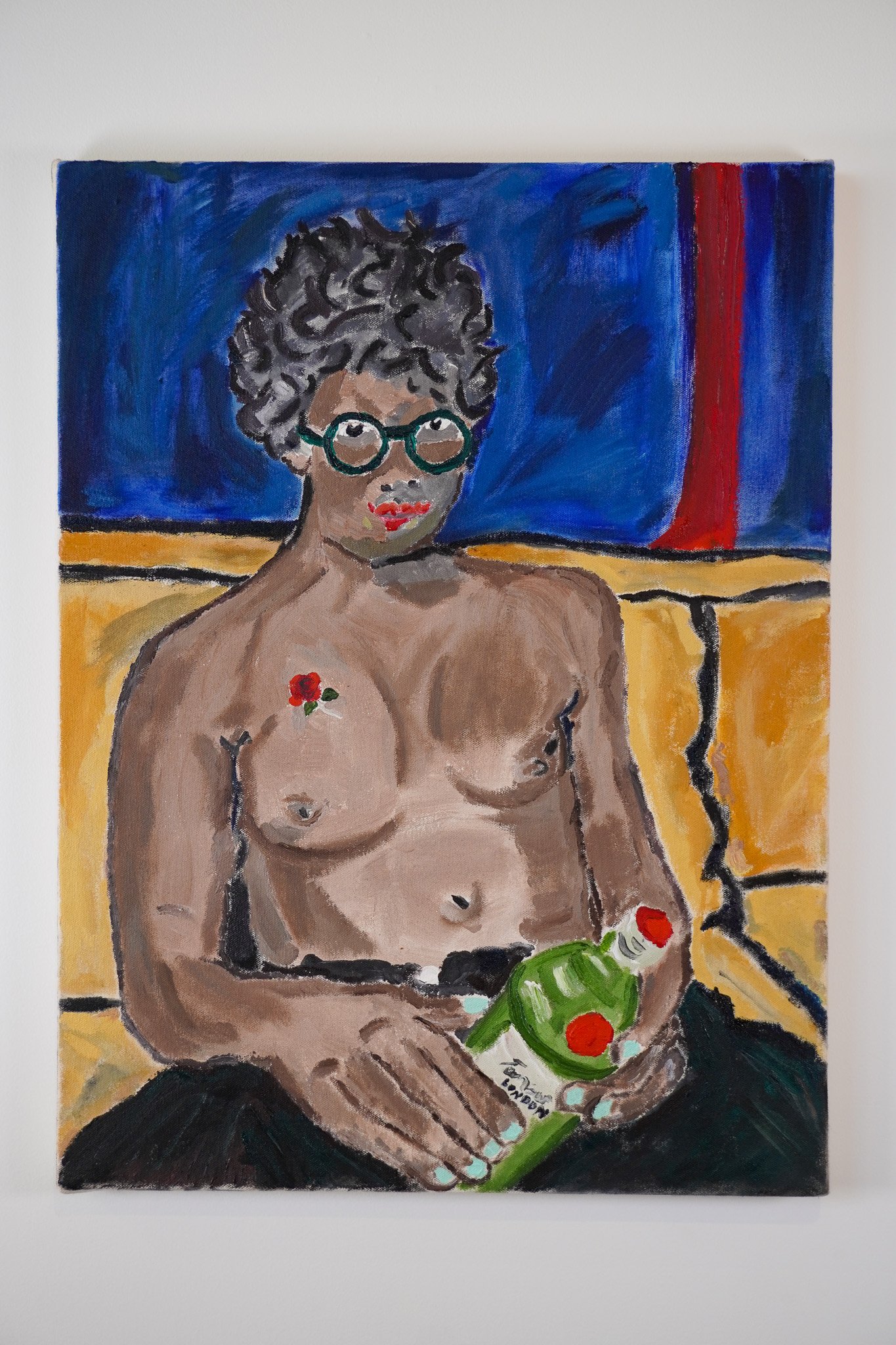
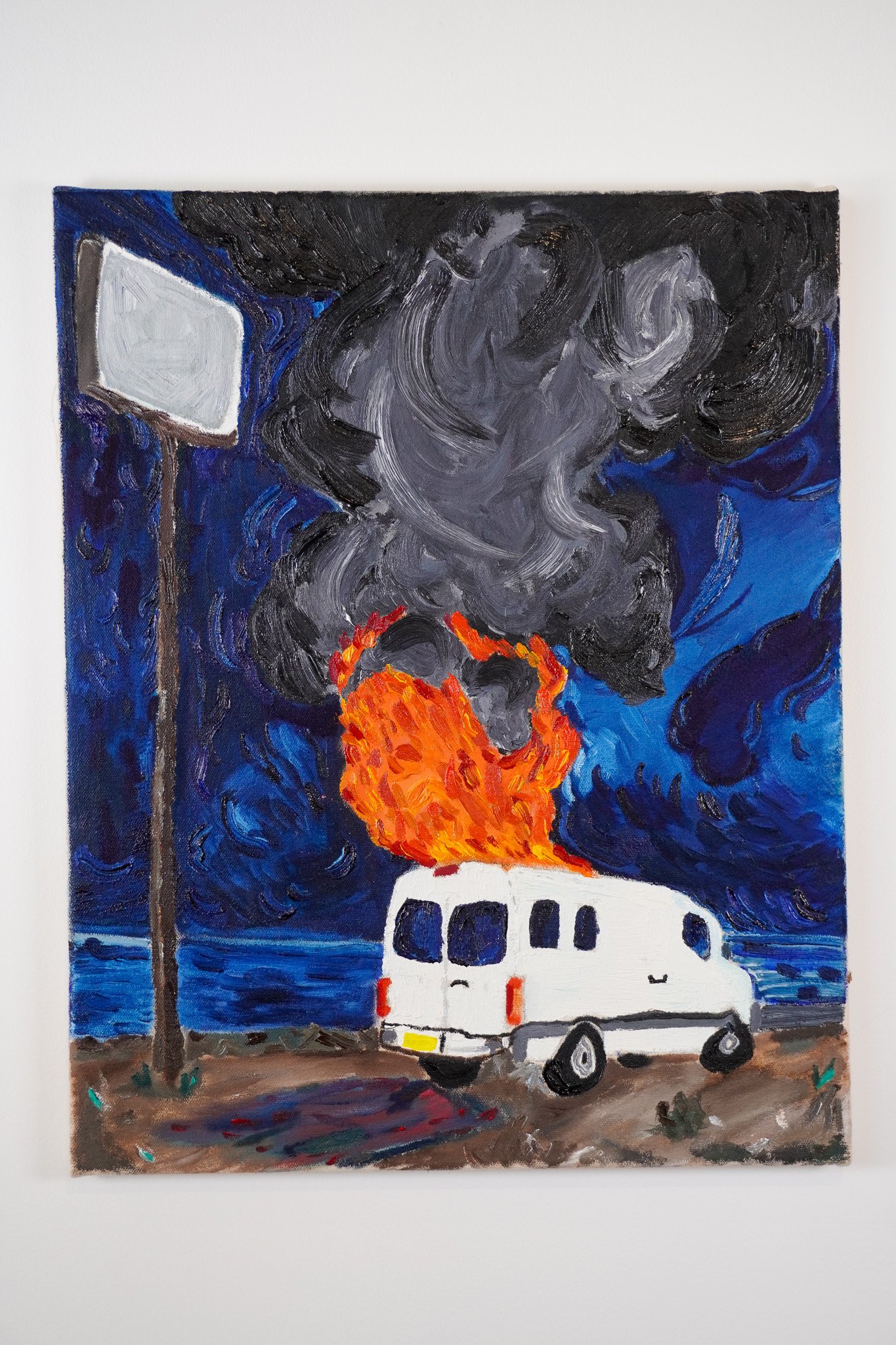
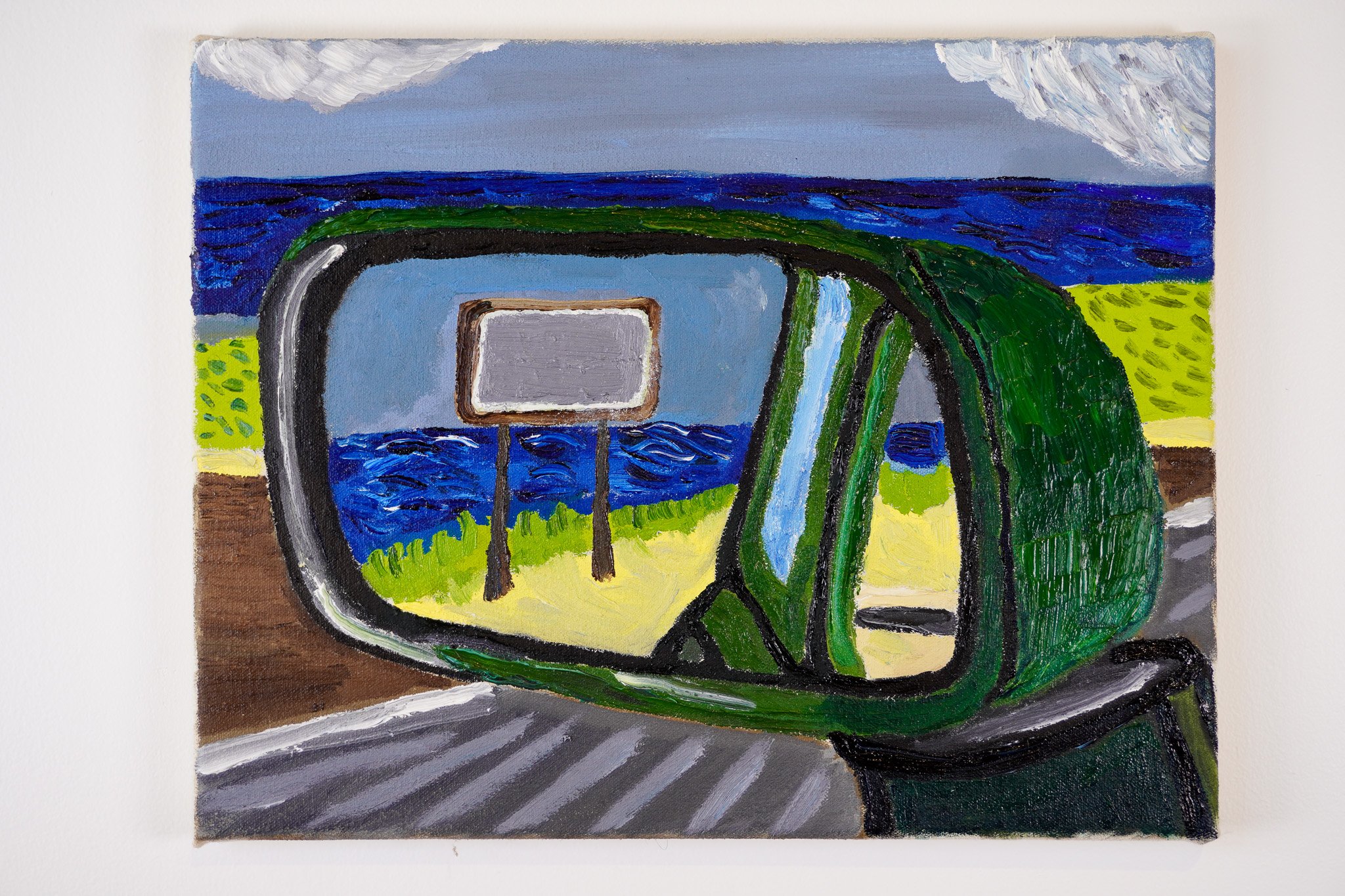

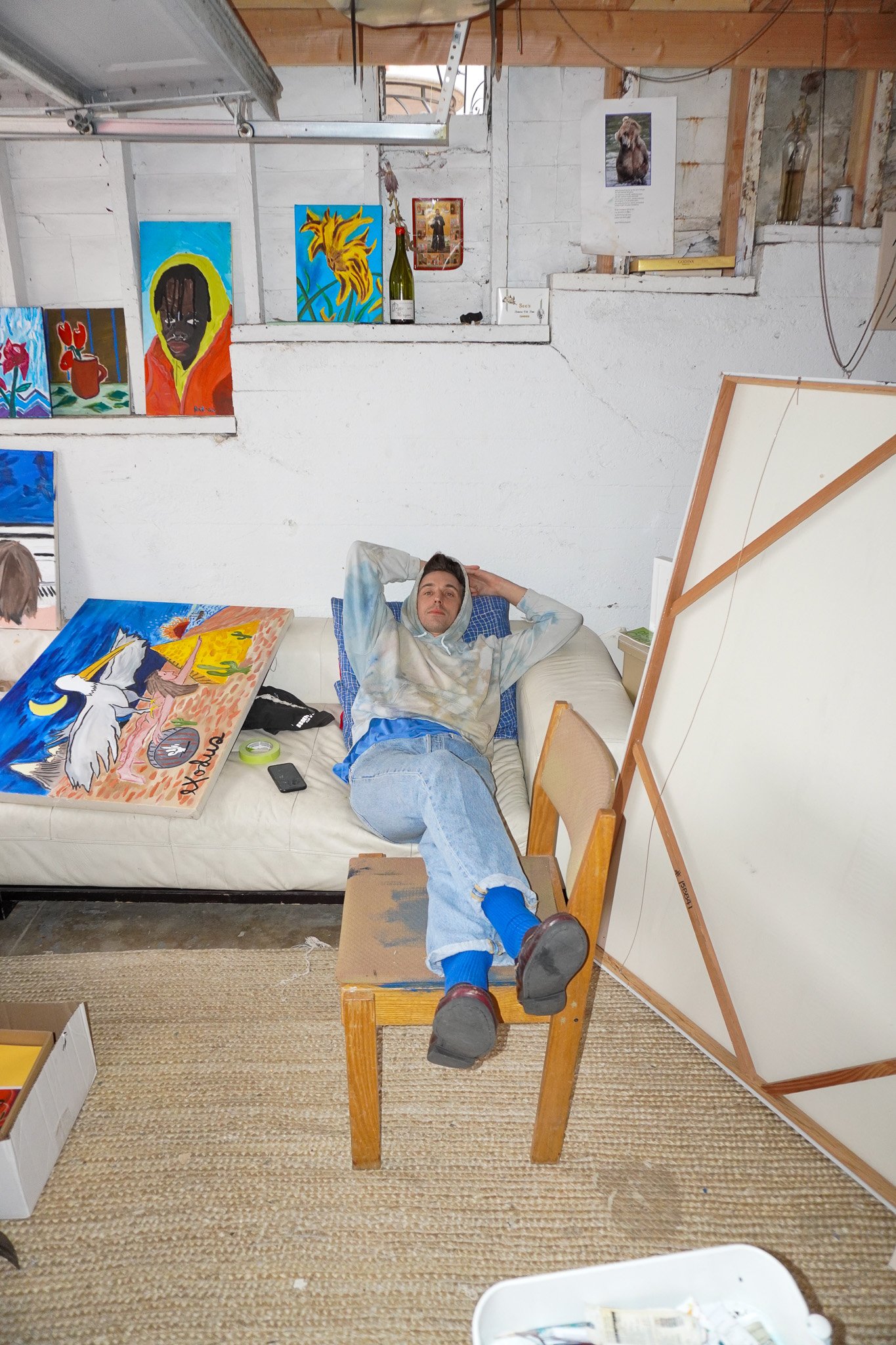

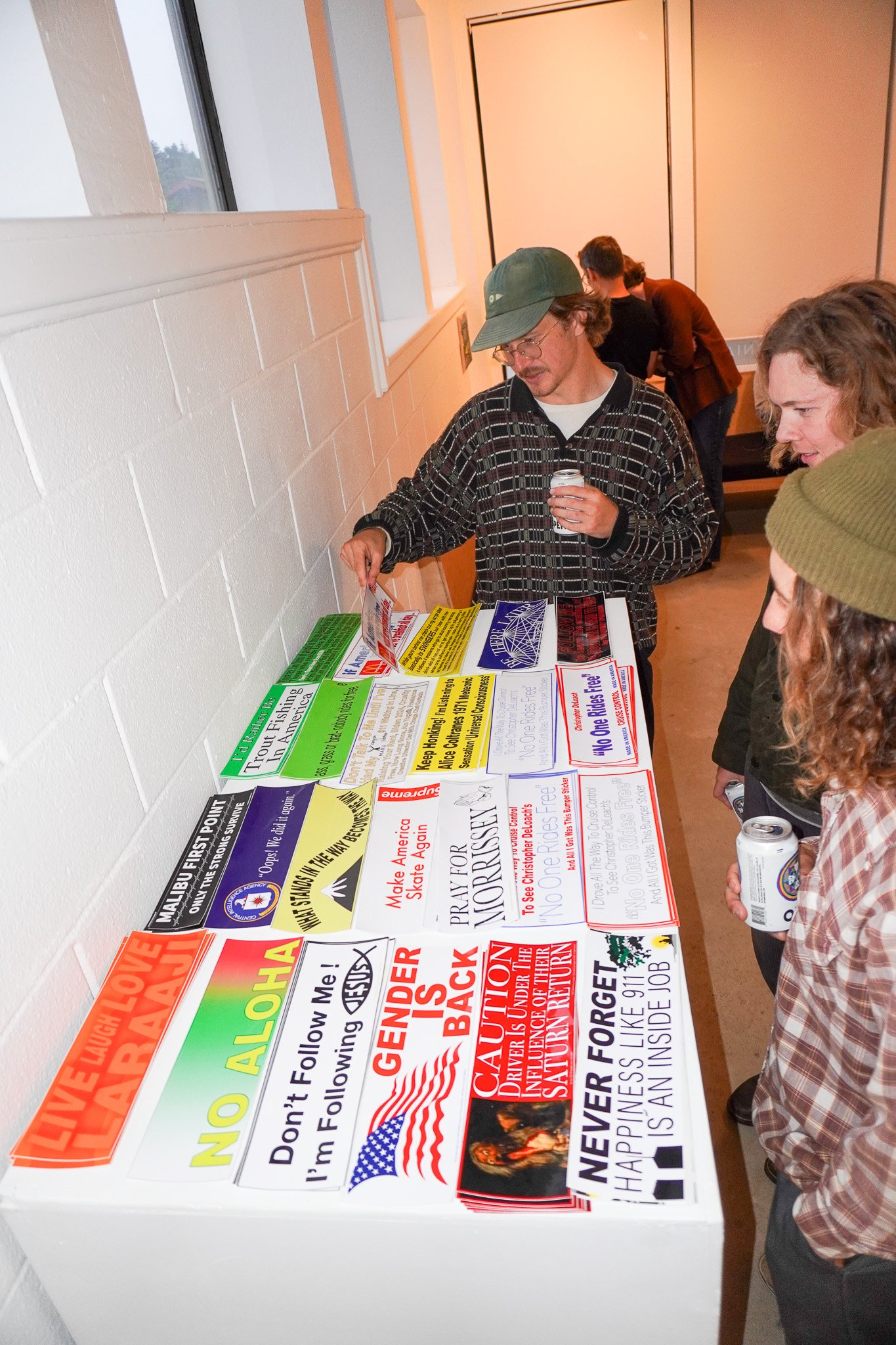
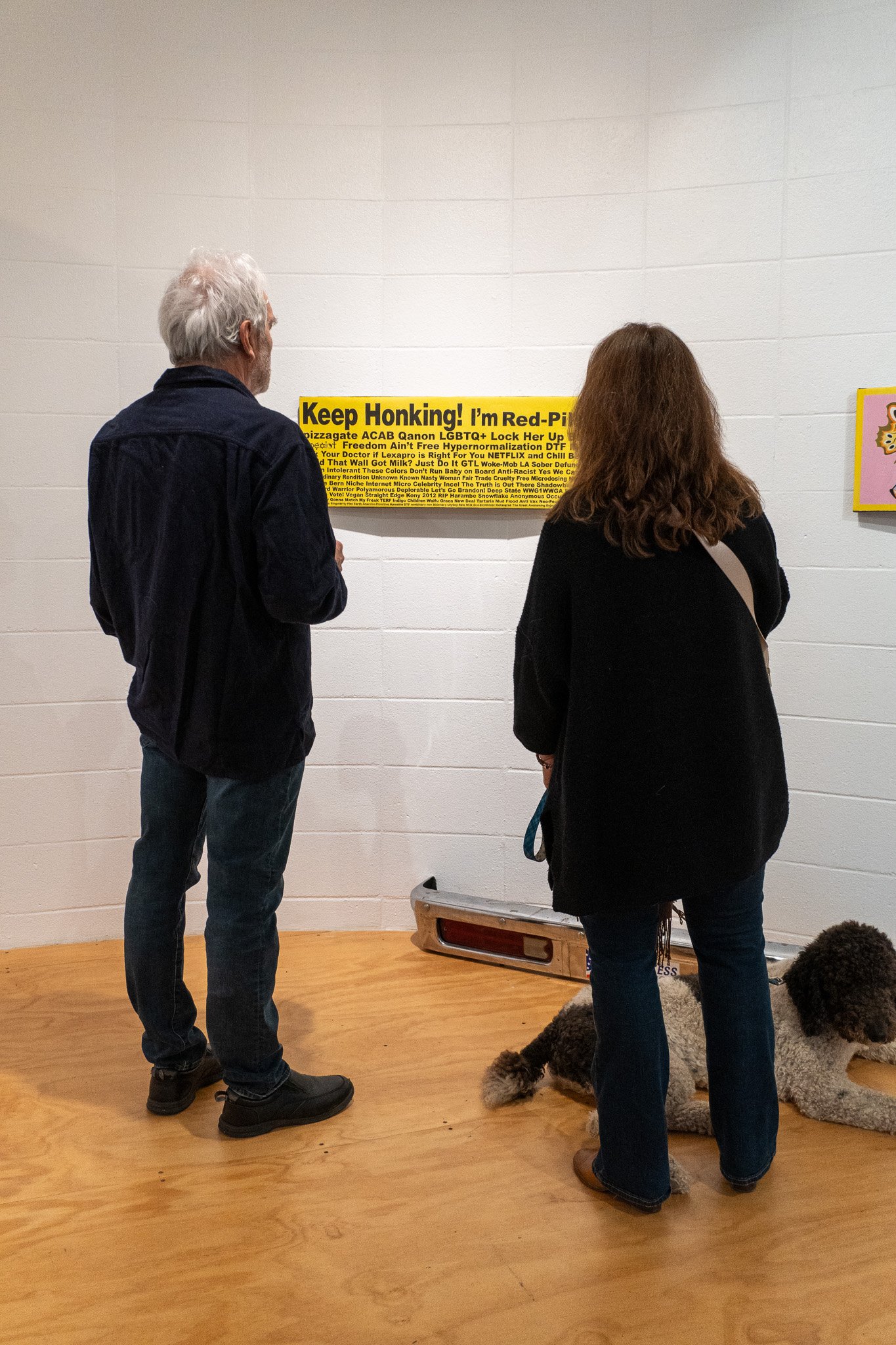
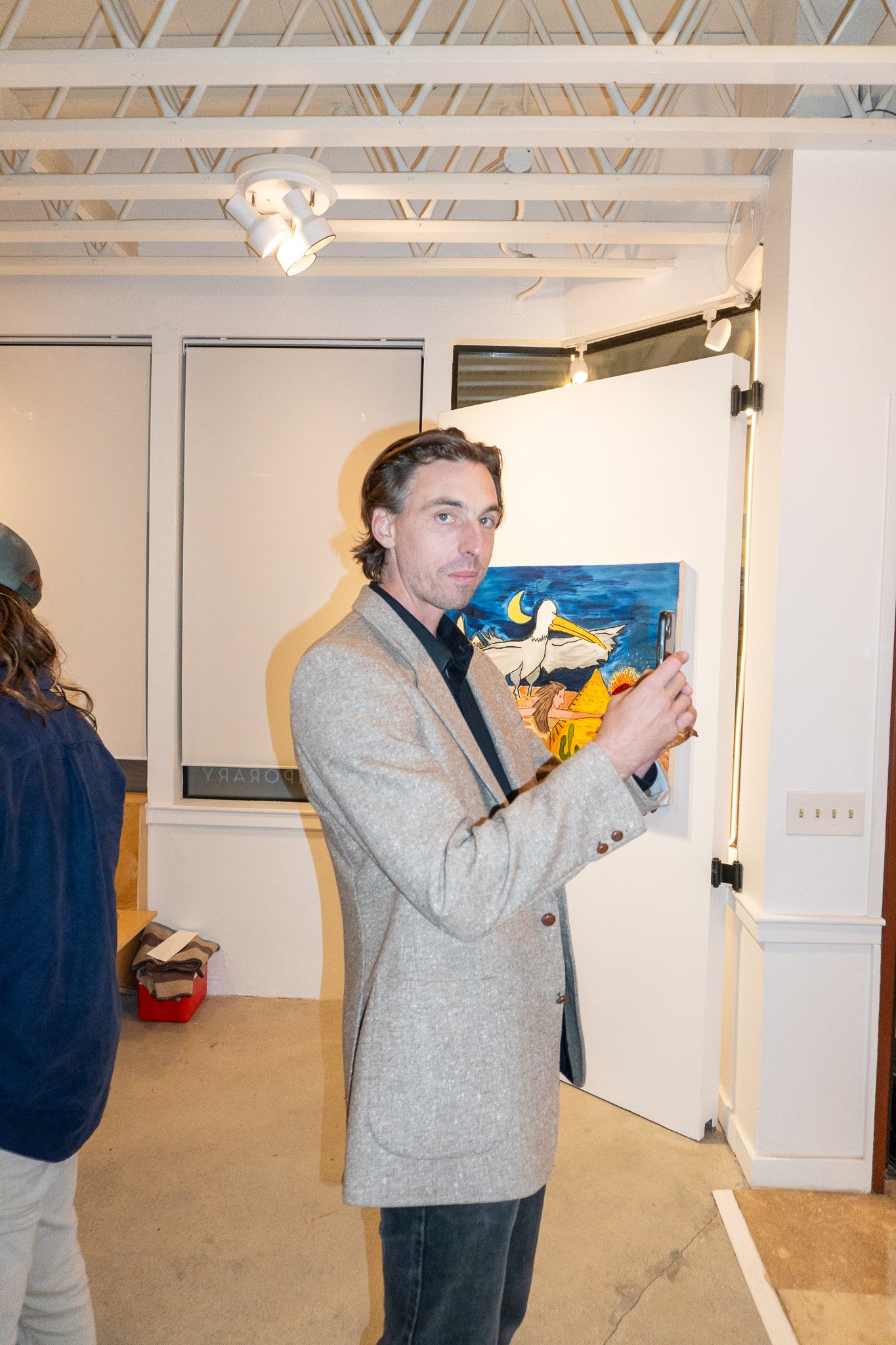
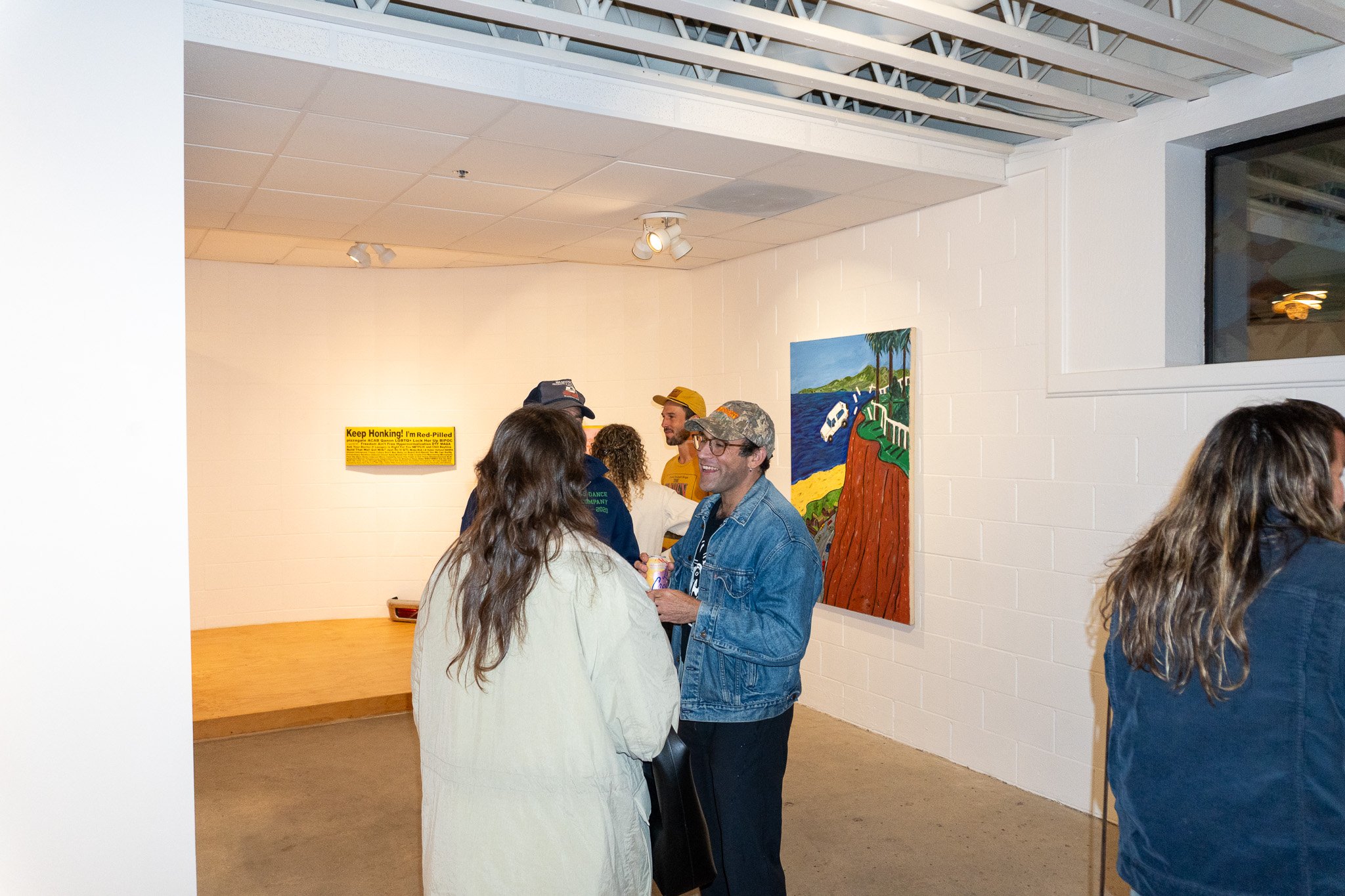
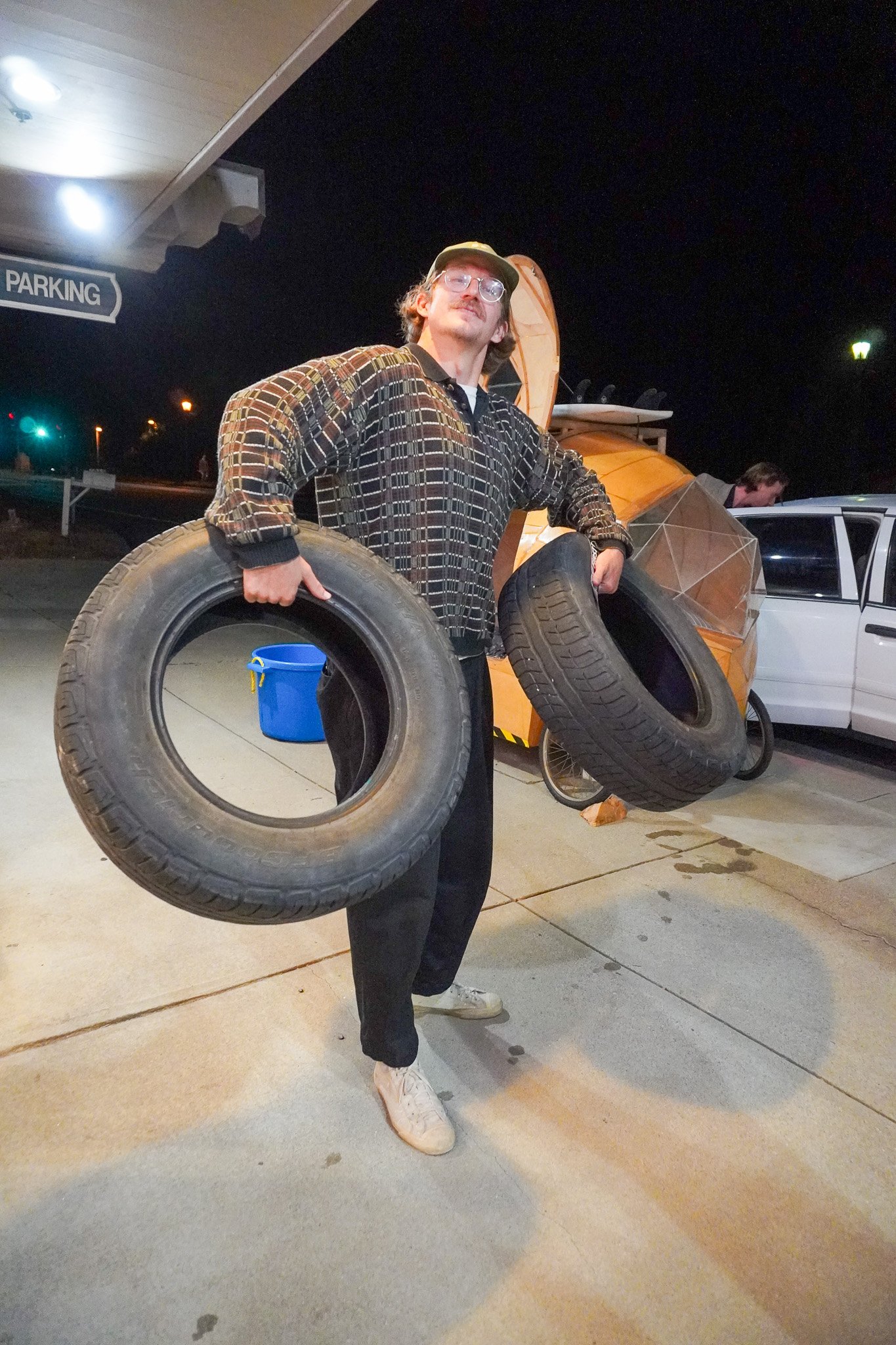
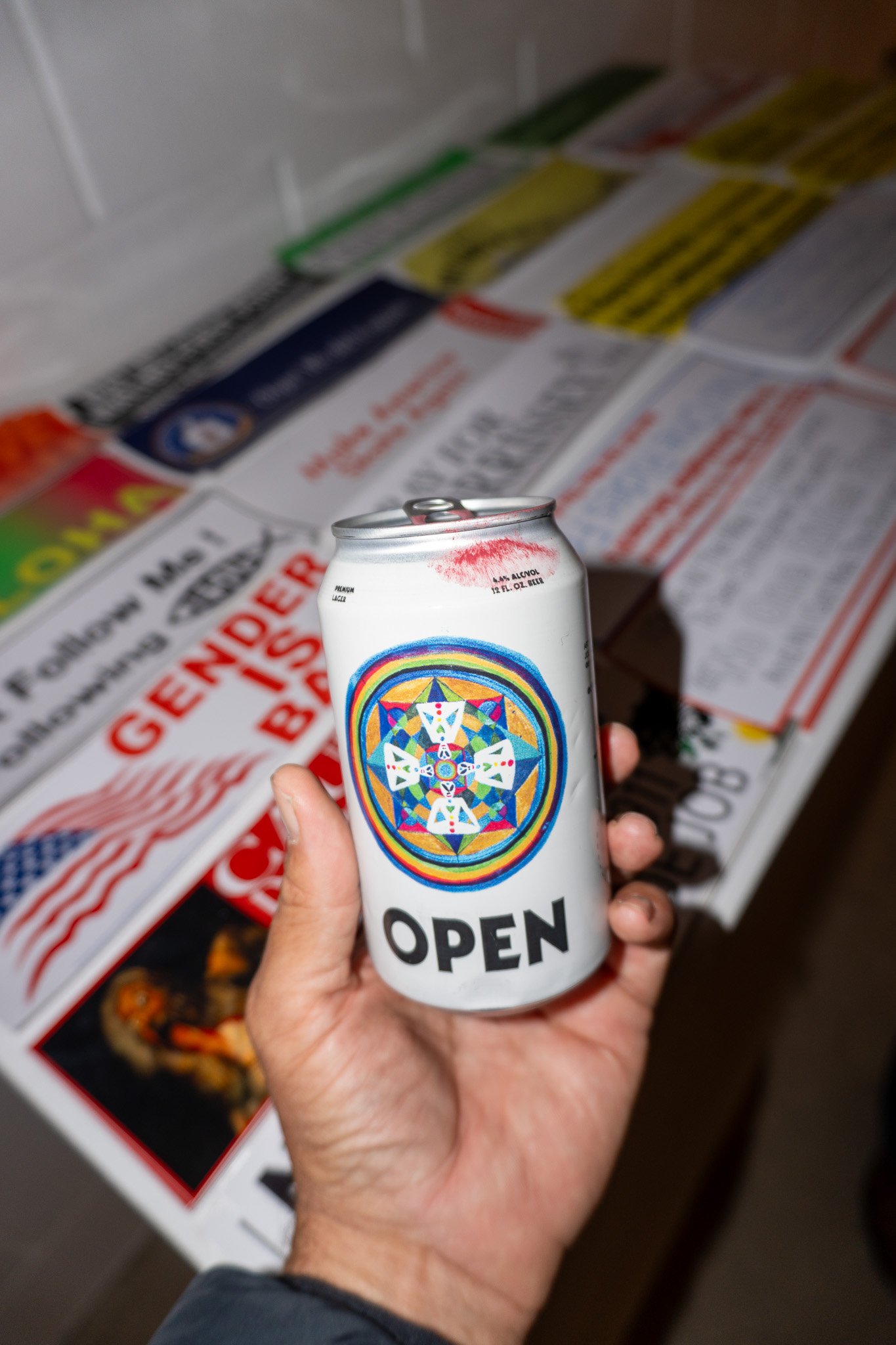
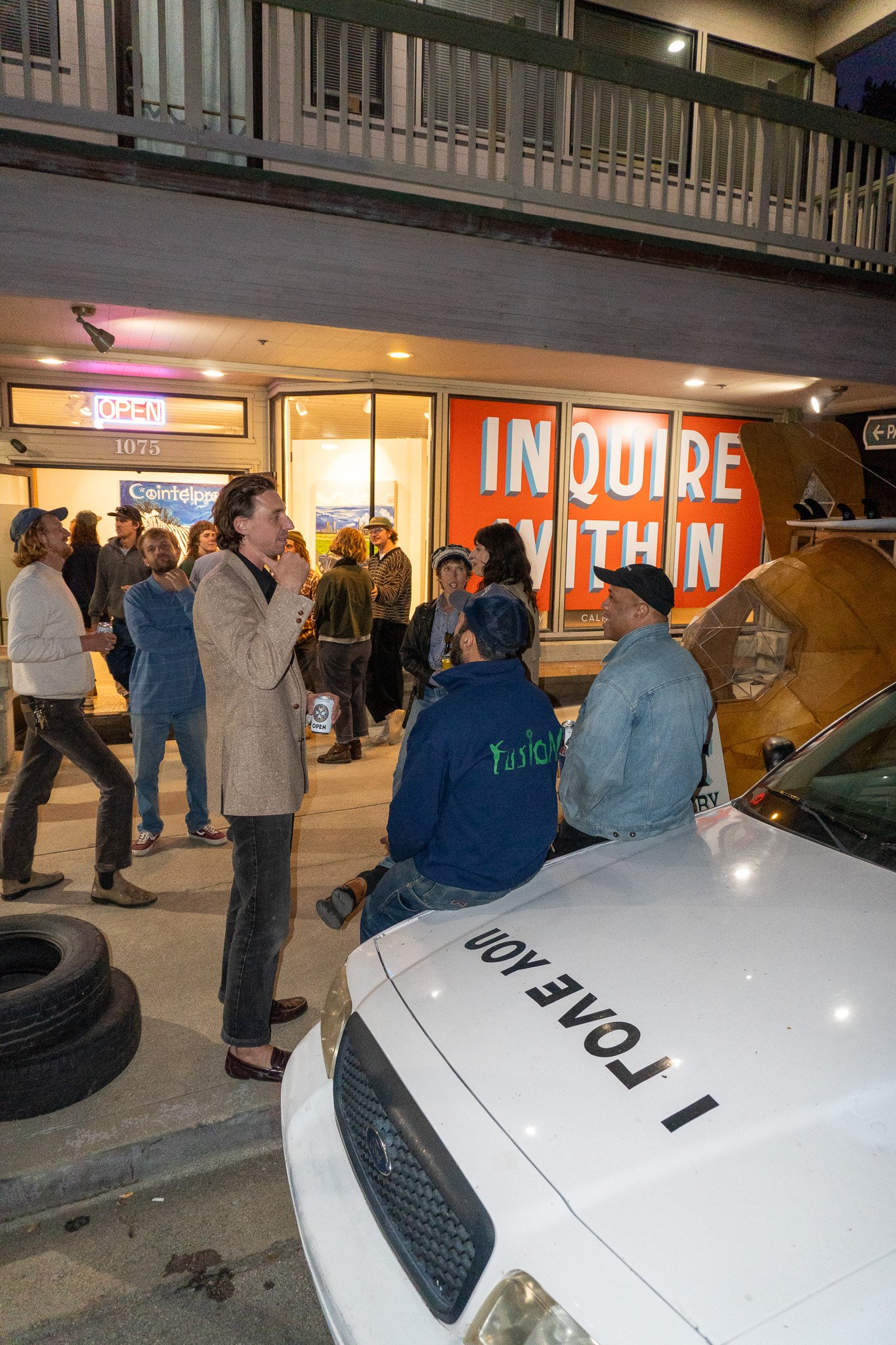
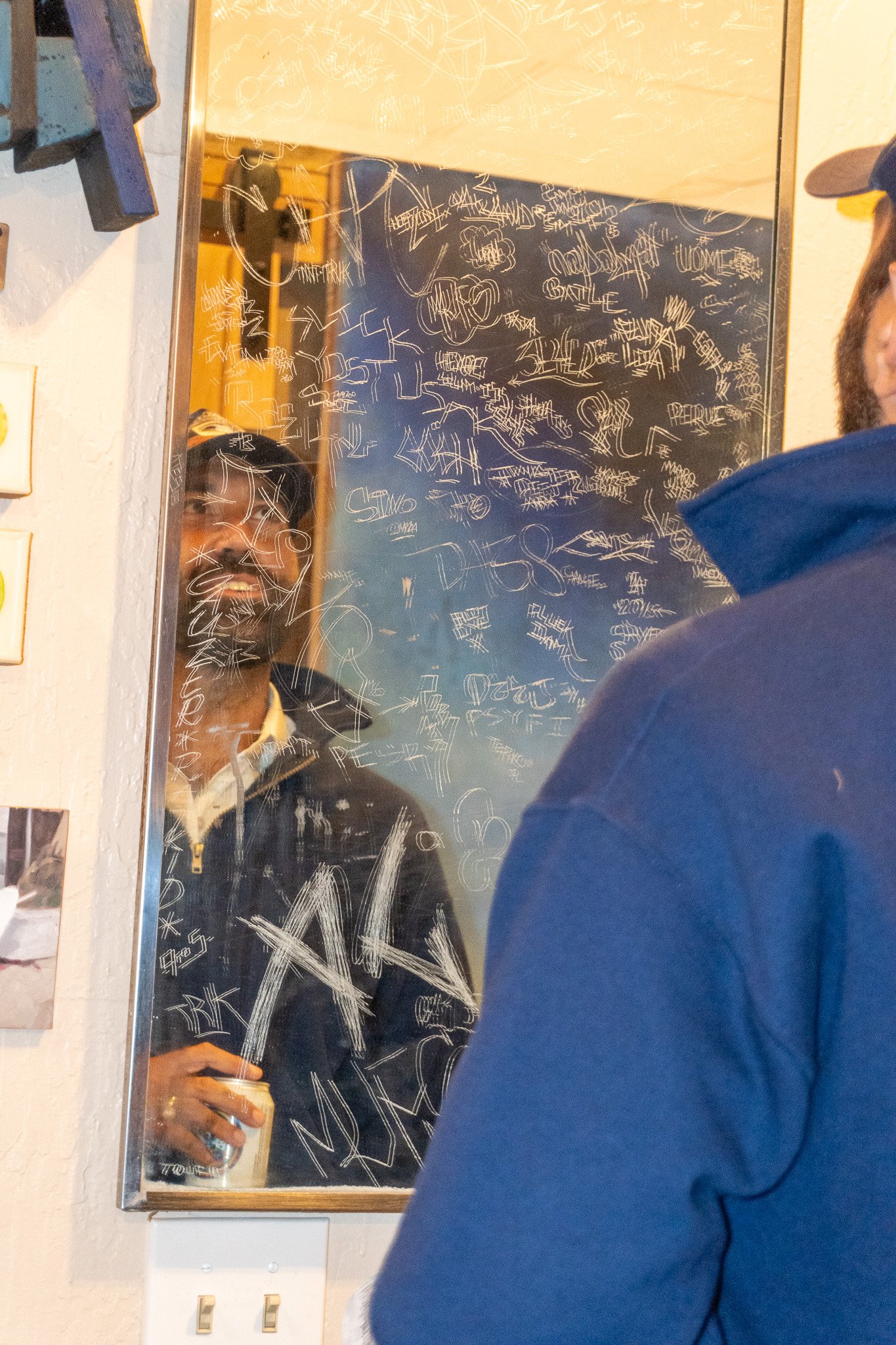
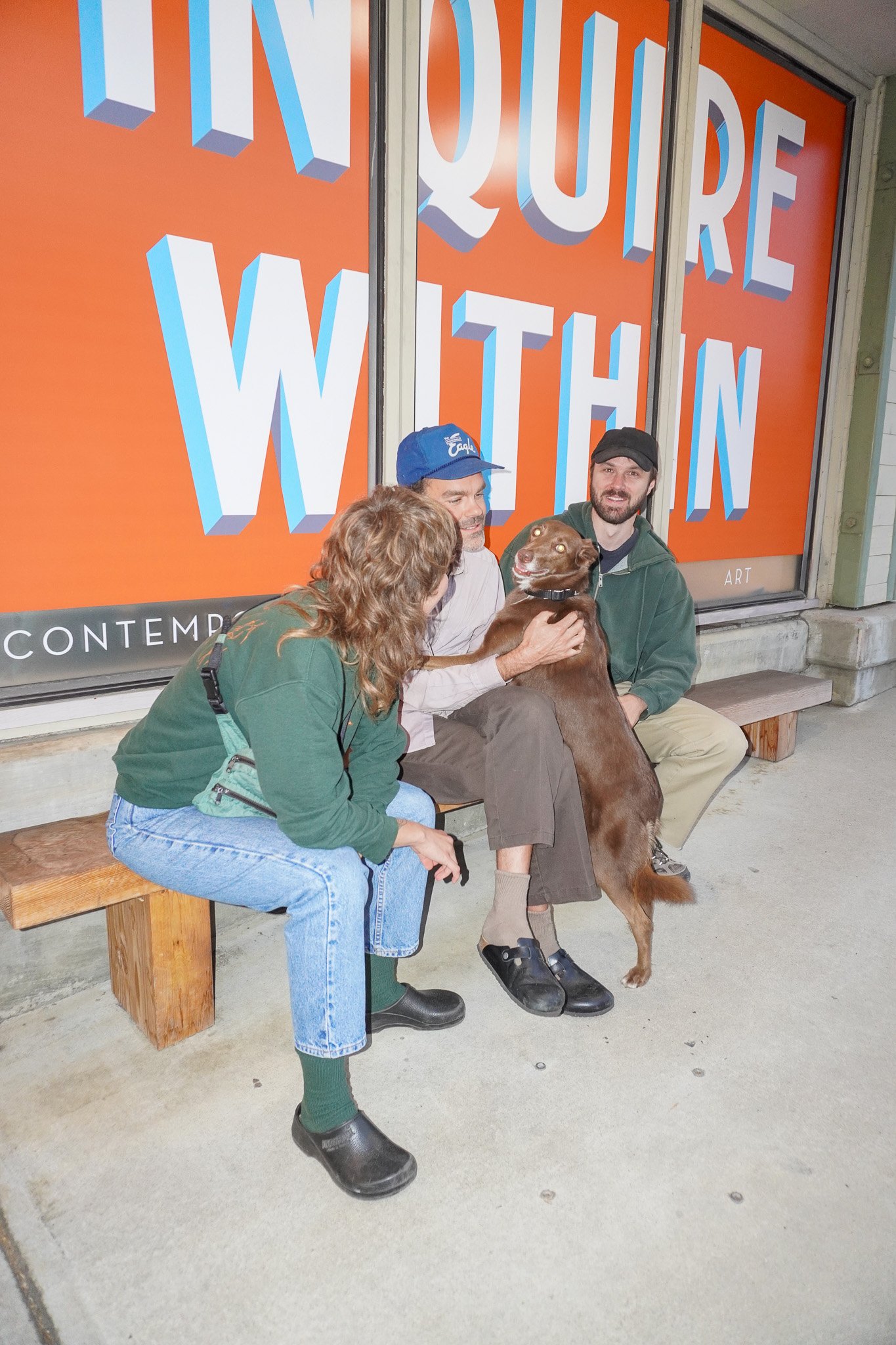
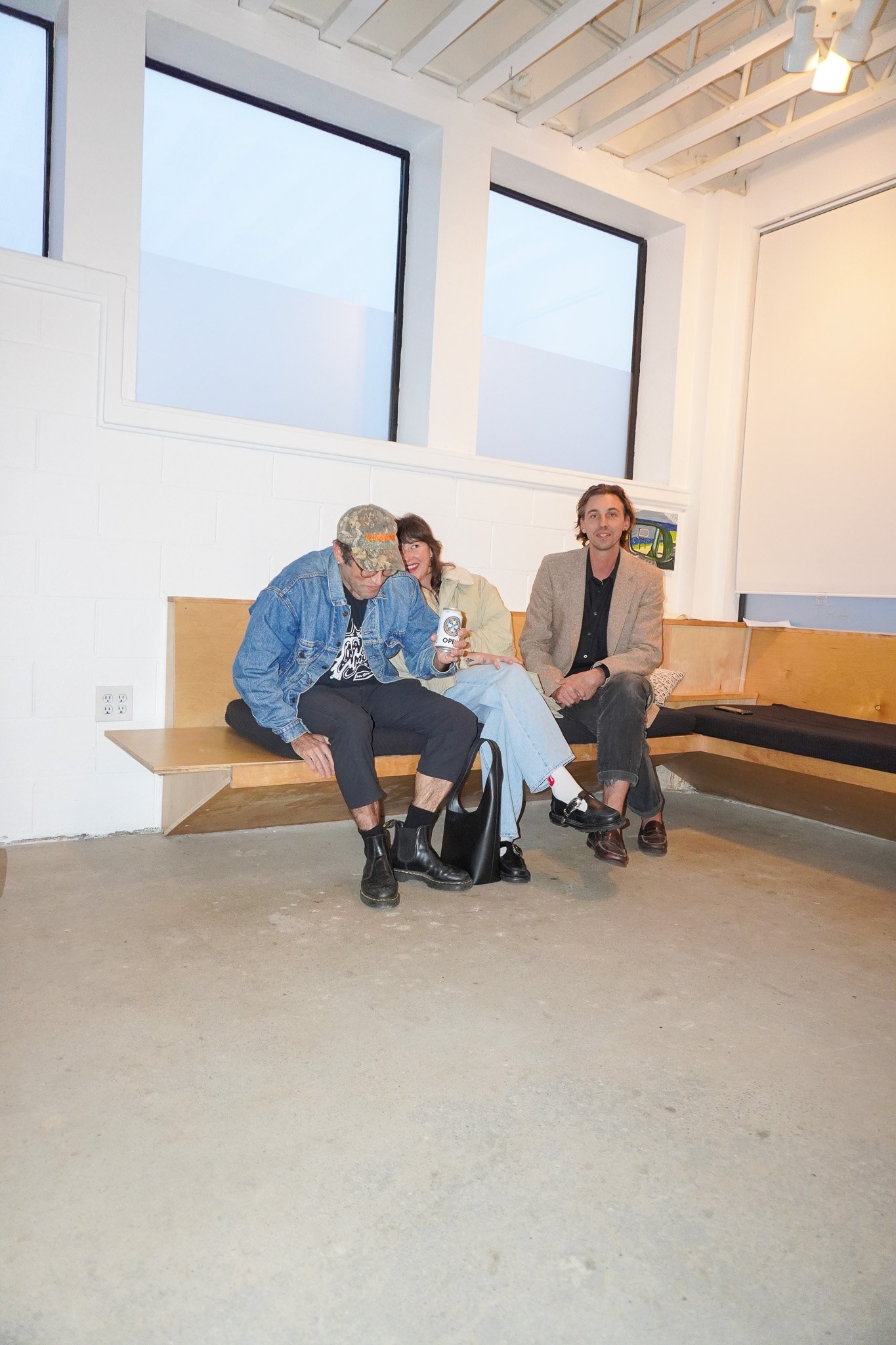

“I’ve always had trouble distinguishing Noah—his life, his rituals, his habits—from that which he calls his art. As his assistant, tracing where Noah ends and his art begins has become a game I play with myself. In the college-town dream of his four-bedroom house at the base of Bishop’s Peak in San Luis Obispo, the ephemera of the self-taught artist’s everyday life is as integral to his paintings et al. as history is to their forms.
The punchy rhythms of 80’s New Wave bands like Depeche Mode and The Cure echo from Noah’s studio, an extension of his bedroom. When he is with his studio partner, Robert John (Sun-1 Studios), the two work in a swirling mess of hi-fi, acrylic paint, second-hand books, magic markers, local newspapers, and risqué pin-ups. Whether with Robert or alone—in his studio or a coffee shop—Noah will birth countless works conveying his committed, often manic love for color, but which also reflect his ultimate mystery: does Noah see art in what he is doing or has art merely become his way of living? Or both?
Noah has, I’ve noticed, very little to say about his work. When asked, by me or a visitor of his shows, he shyly steers the conversation into his other interests. (Music, mostly.) For instance, the appearance of circles in his work shows to me an obsession with location and, at once, the action of marking location. But if I ask him to give me a hint of an explanation, I get nothing but a shrug. It’s as though Noah paints with such nonchalance to sap the medium of any relatable meaning it can produce. (I once called Noah a Folk-Dadaist.)
These paintings must, I think, speak for themselves; that is, they must speak for Noah. Through their esotericism, the paintings document the collapse of artist and self: the artist as the self, and vice versa. Indeed, that they are of Noah’s imagination is the only meaningful (and practical) context that we can experience them in. Even the gallery space that Noah covers wall-to-wall struggles, like the surface of each canvas, to confine his imagination to a single space. Although he does not possess the traditional painterly chops of his abstract heritage, artists like Noah Erenberg remind us of the possibilities of creative output, whose every whim becomes subject to his art. And in the presence of this swarming enterprise, we turn inward.”
-Nathan Shipley (he) has been Noah Erenberg’s art assistant for two years. He is a poet and musician living in San Luis Obispo, CA. At Insert Press (@insert.press) he is an editorial assistant. He also runs SUDS, an audio zine (@suds_zine) which has its first issue coming out in August. Nathan has writing forthcoming from Recenter Press. You can follow him on Instagram @_____ship___
Over the last 30 years, Noah Erenberg has produced a vast body of work that displays a remarkably confident and discerning handling of paint and other materials. Subtly delirious and restlessly controlled, Noah's art reflects his surroundings on the California coastline, along with his extensive cultural intake.
Noah, who operates within the spectrum of autism, produces work in a variety of styles, each of which is distinctly his own. His portraits exude a feverish vitality and assertive use of color; other paintings portray rural and urban scenes on the verge of collapsing gracefully into abstraction, registered with an expertly delineated color palette.
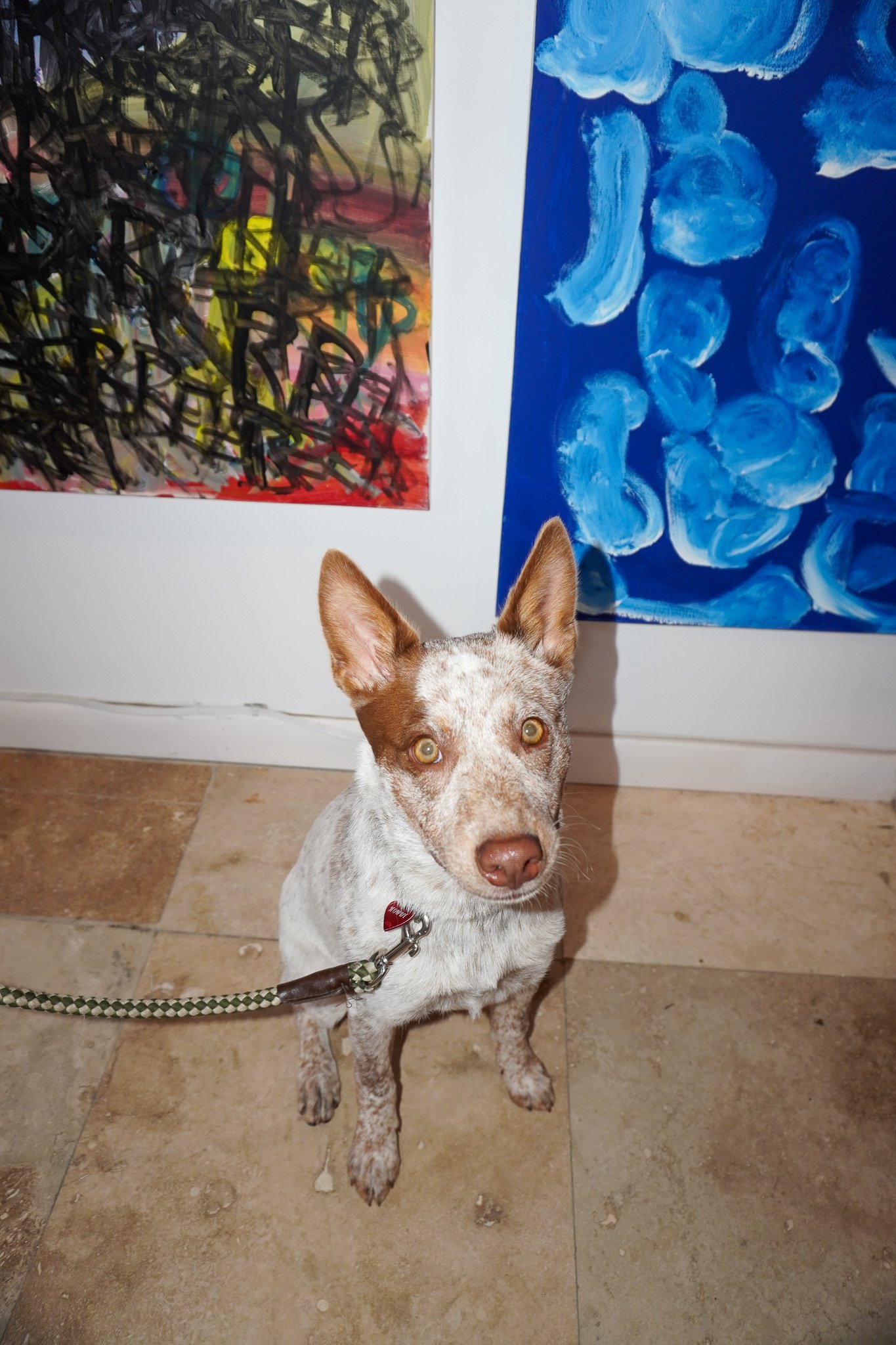
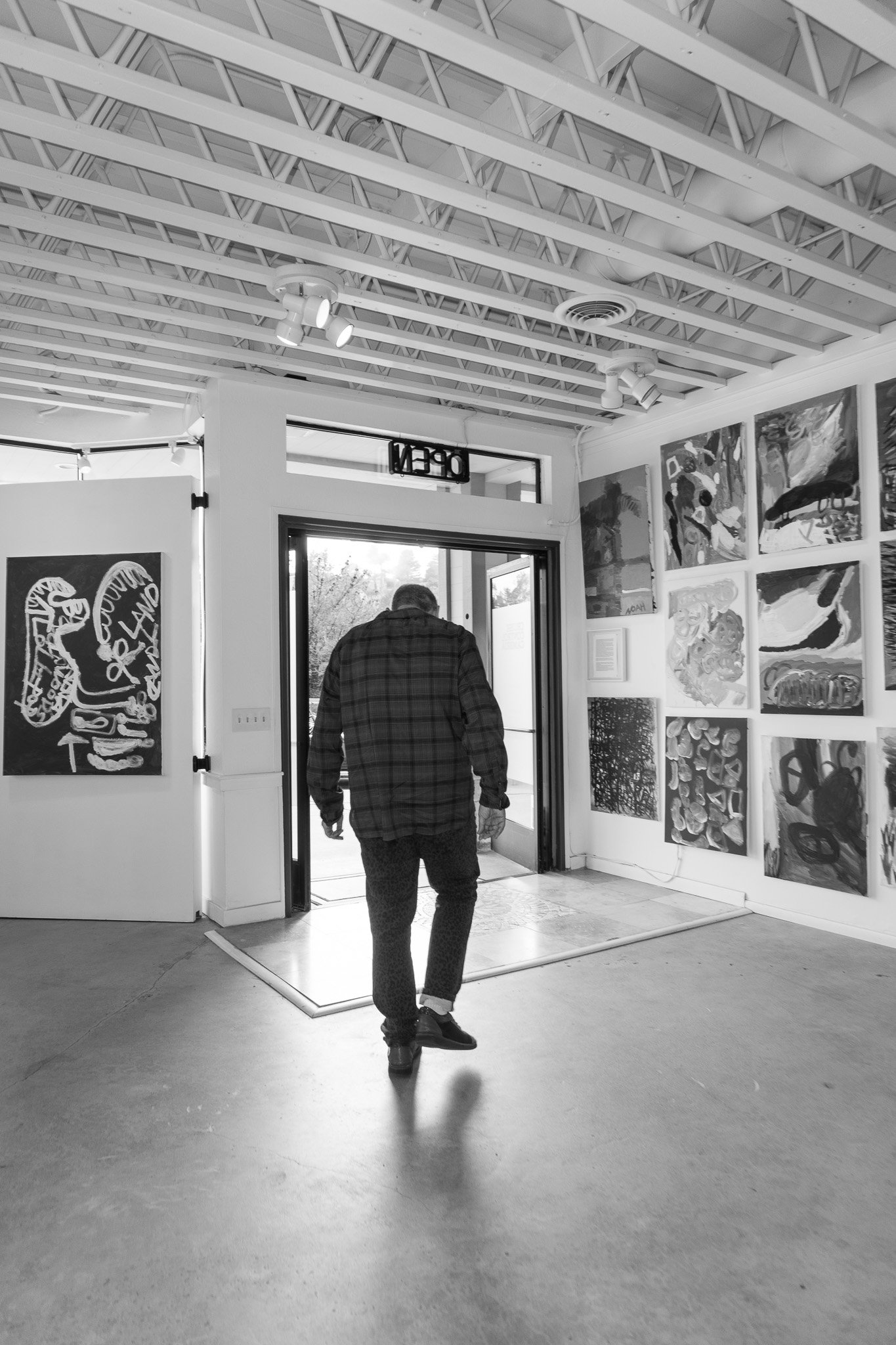

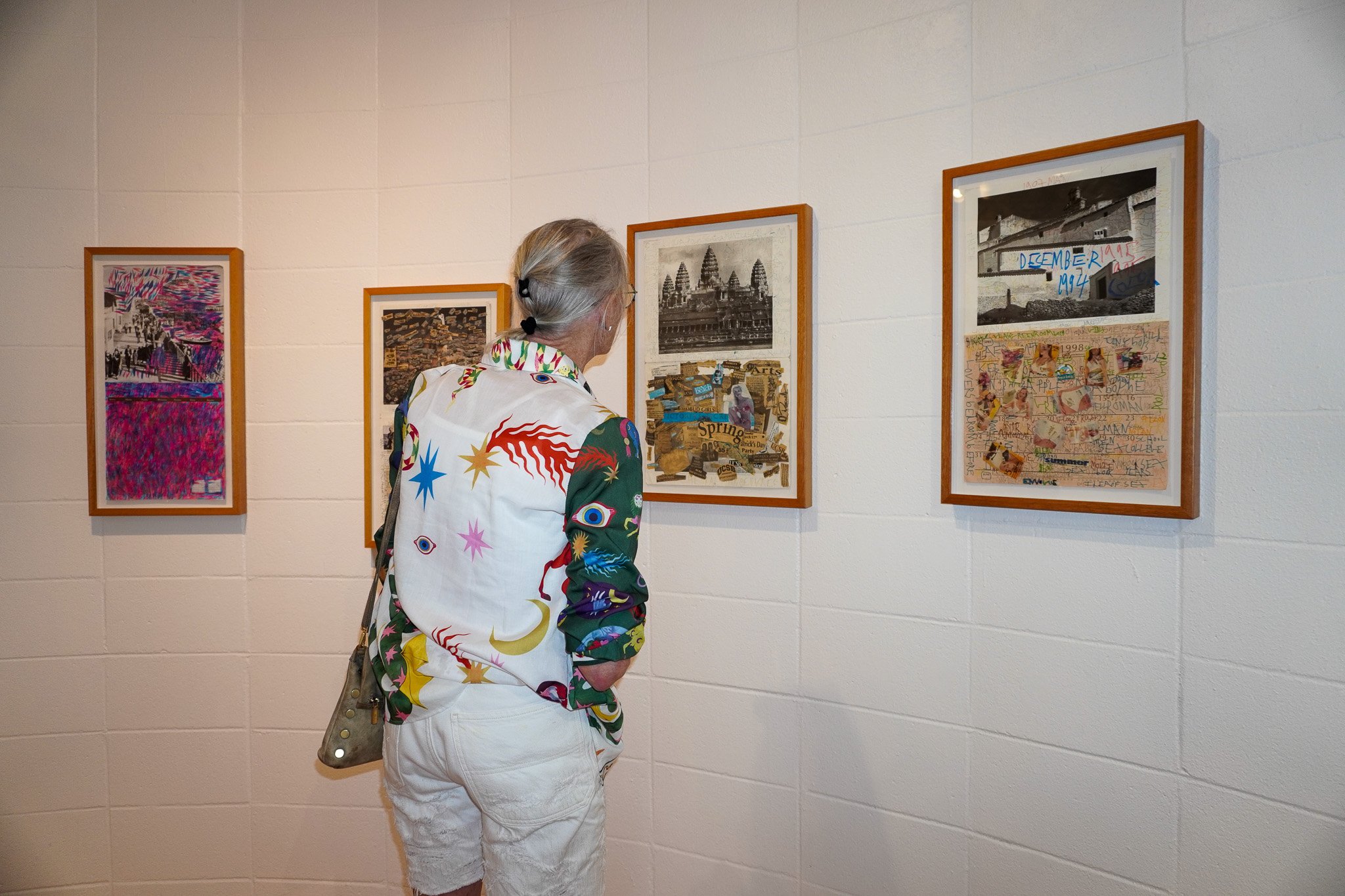
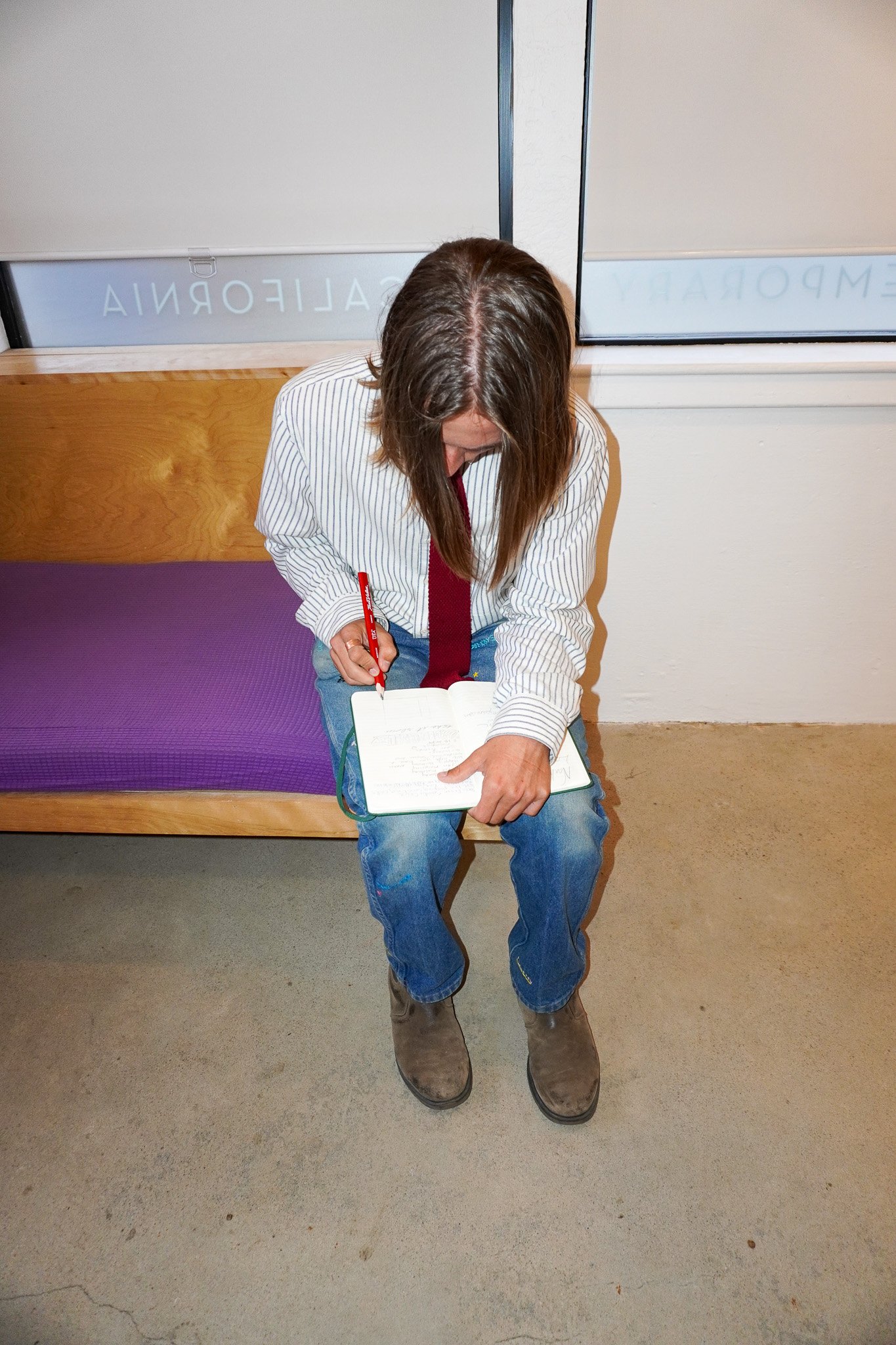
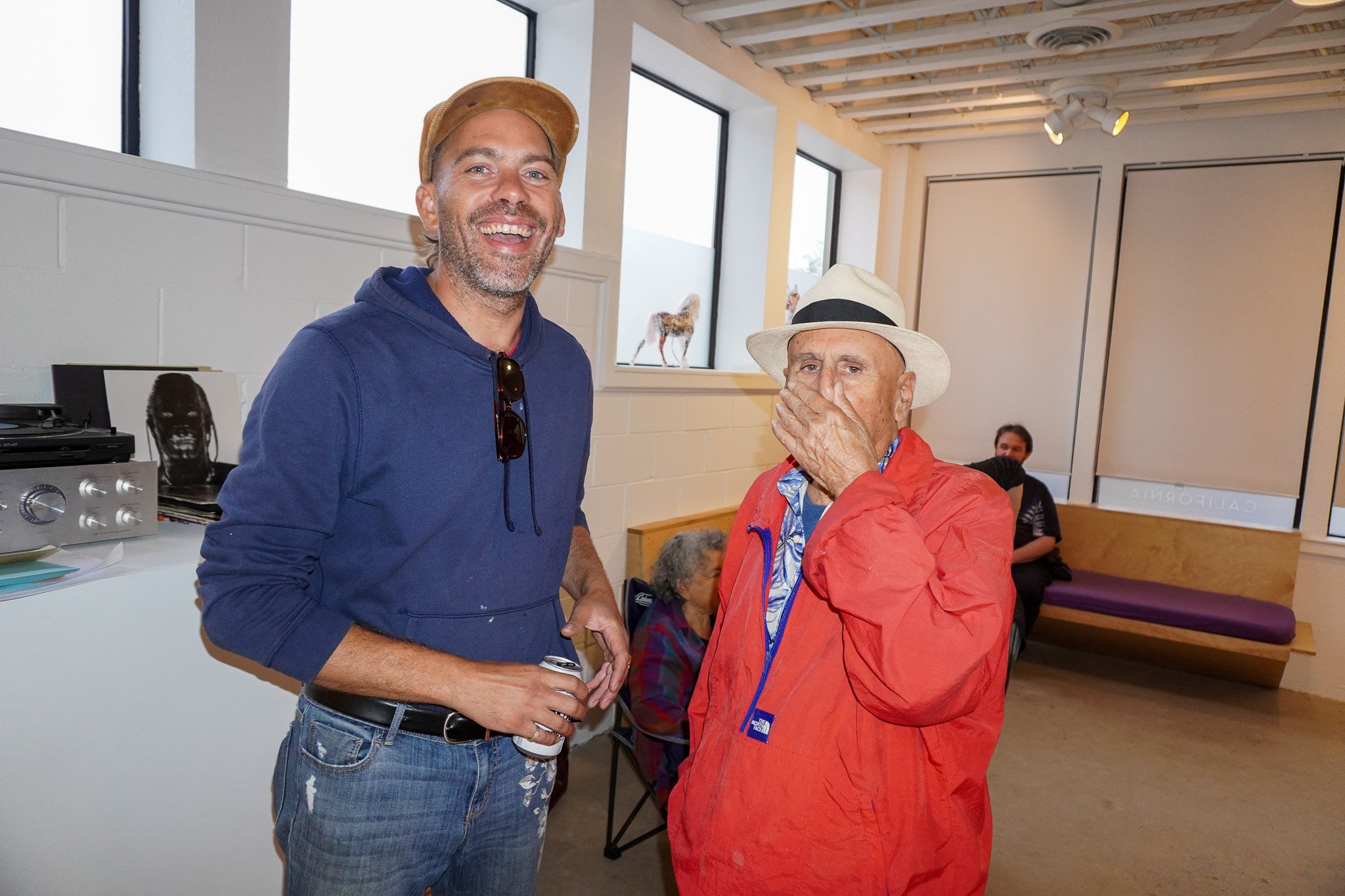
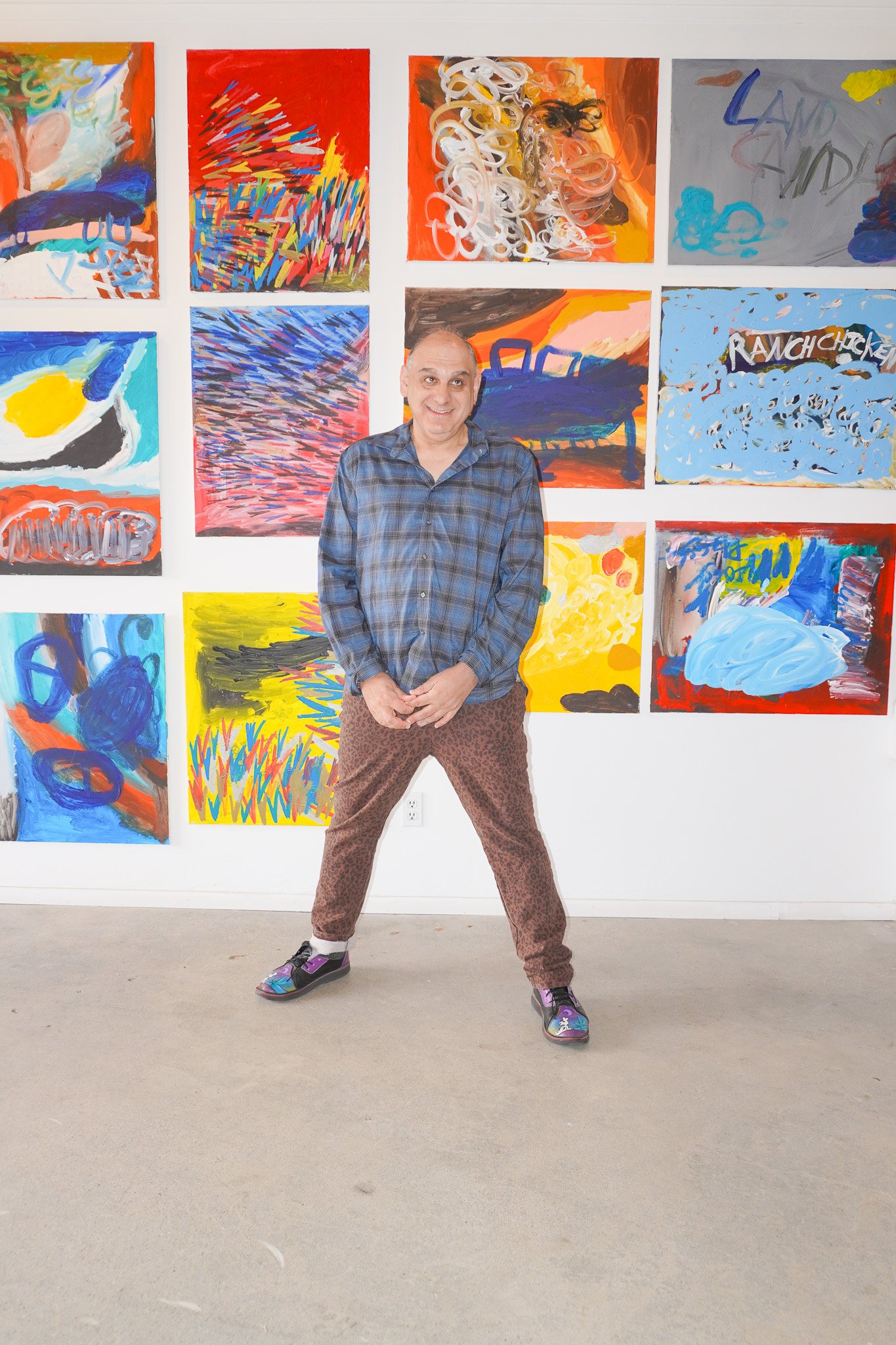
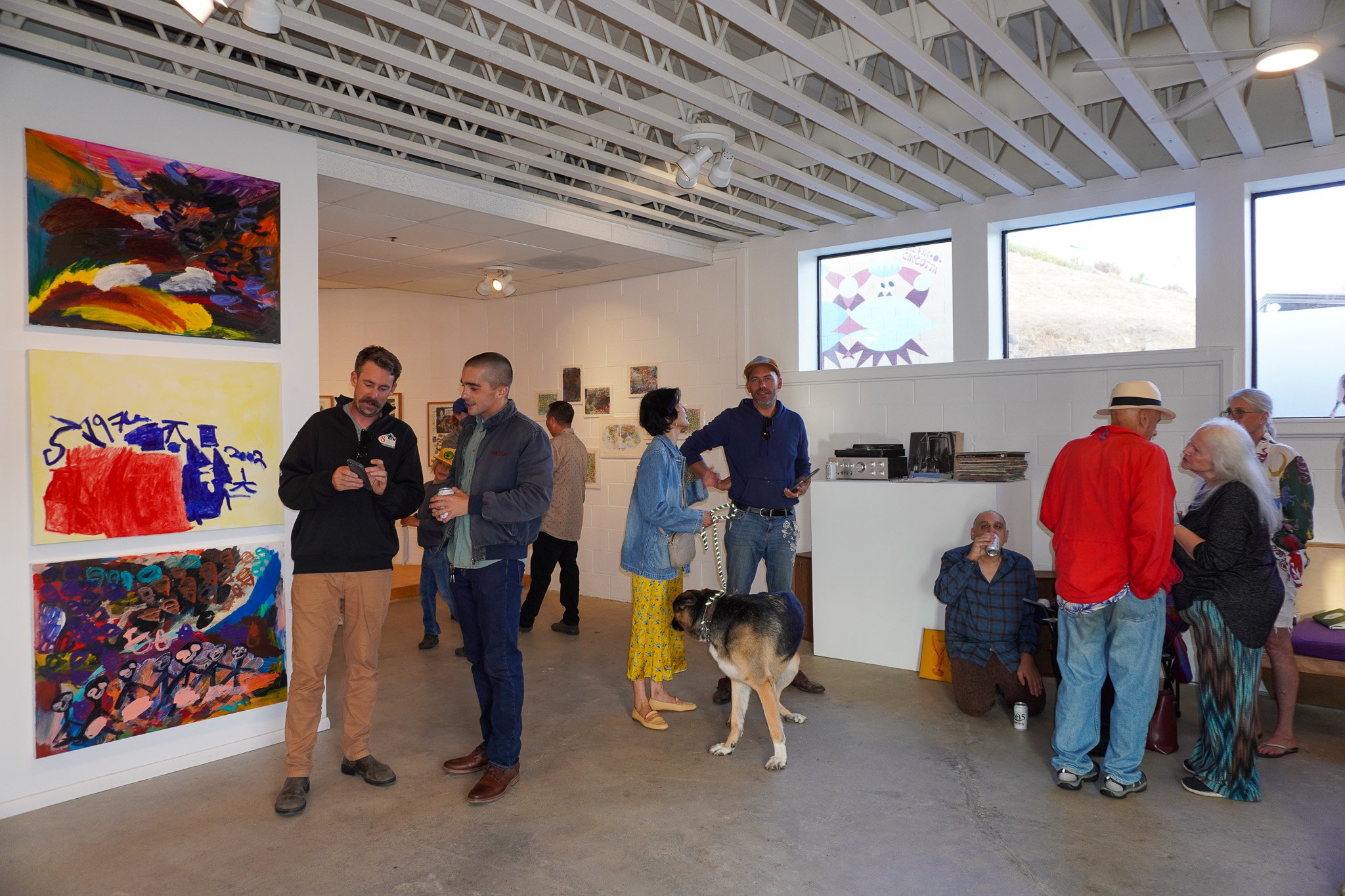
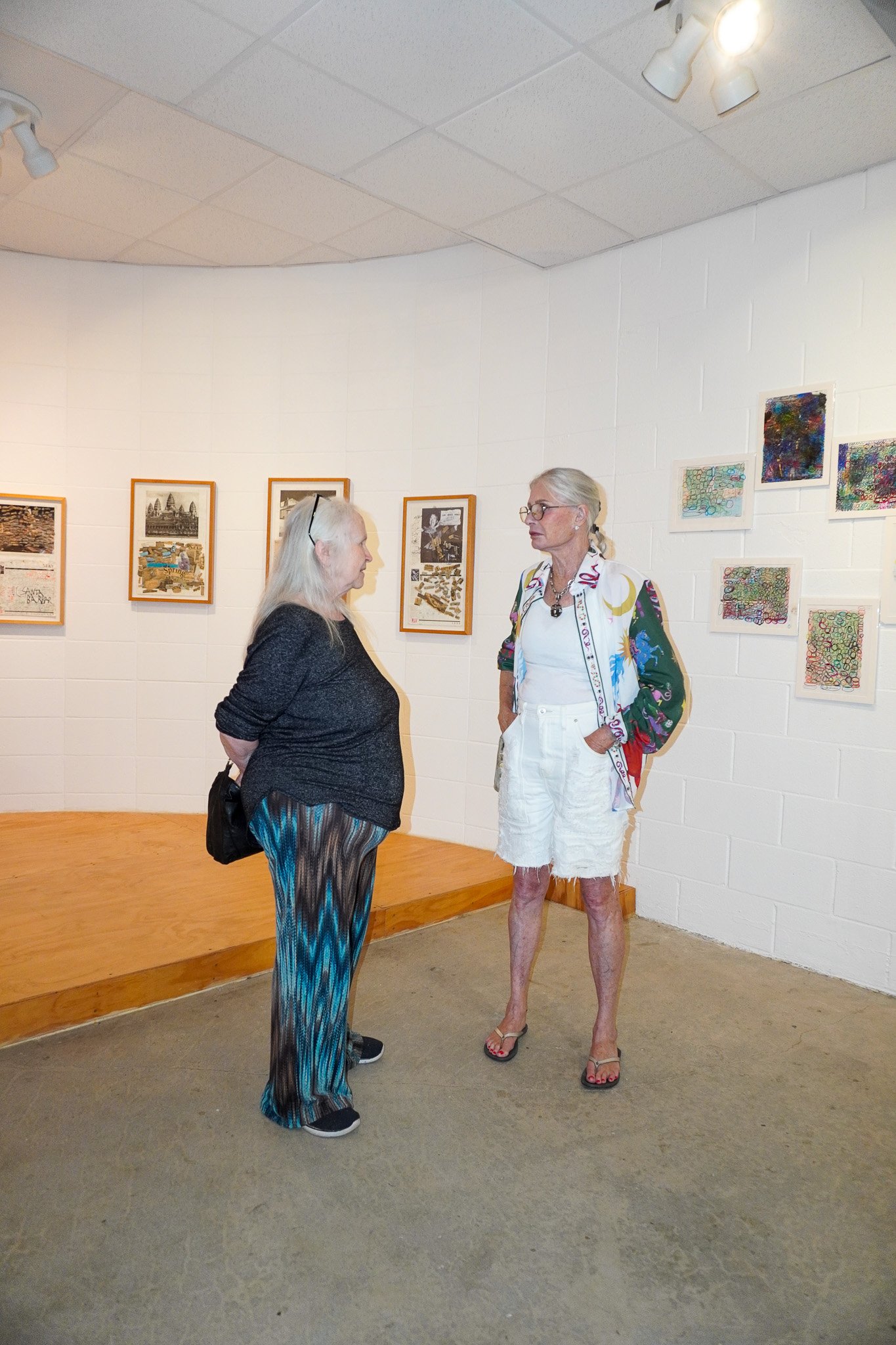
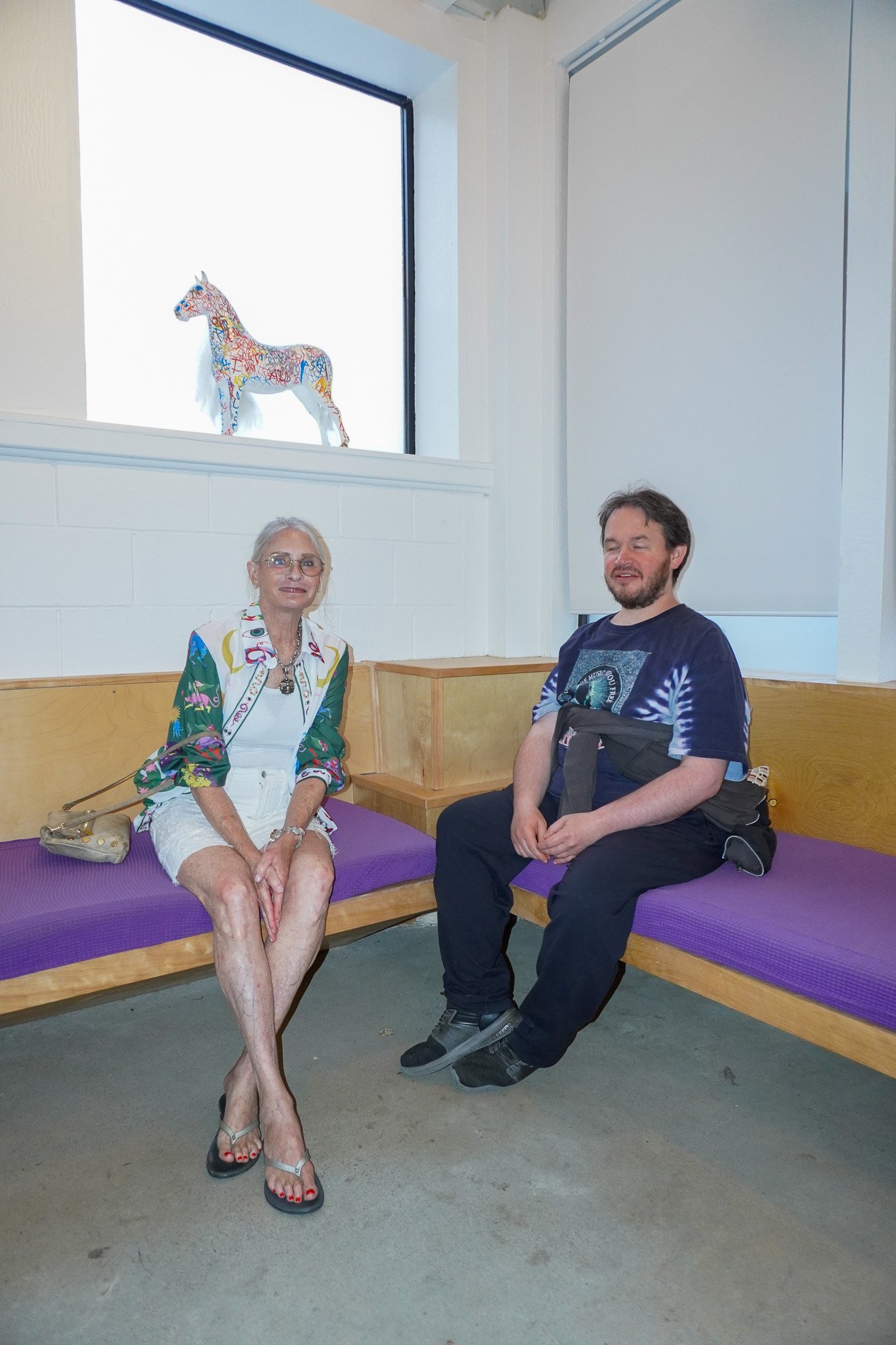
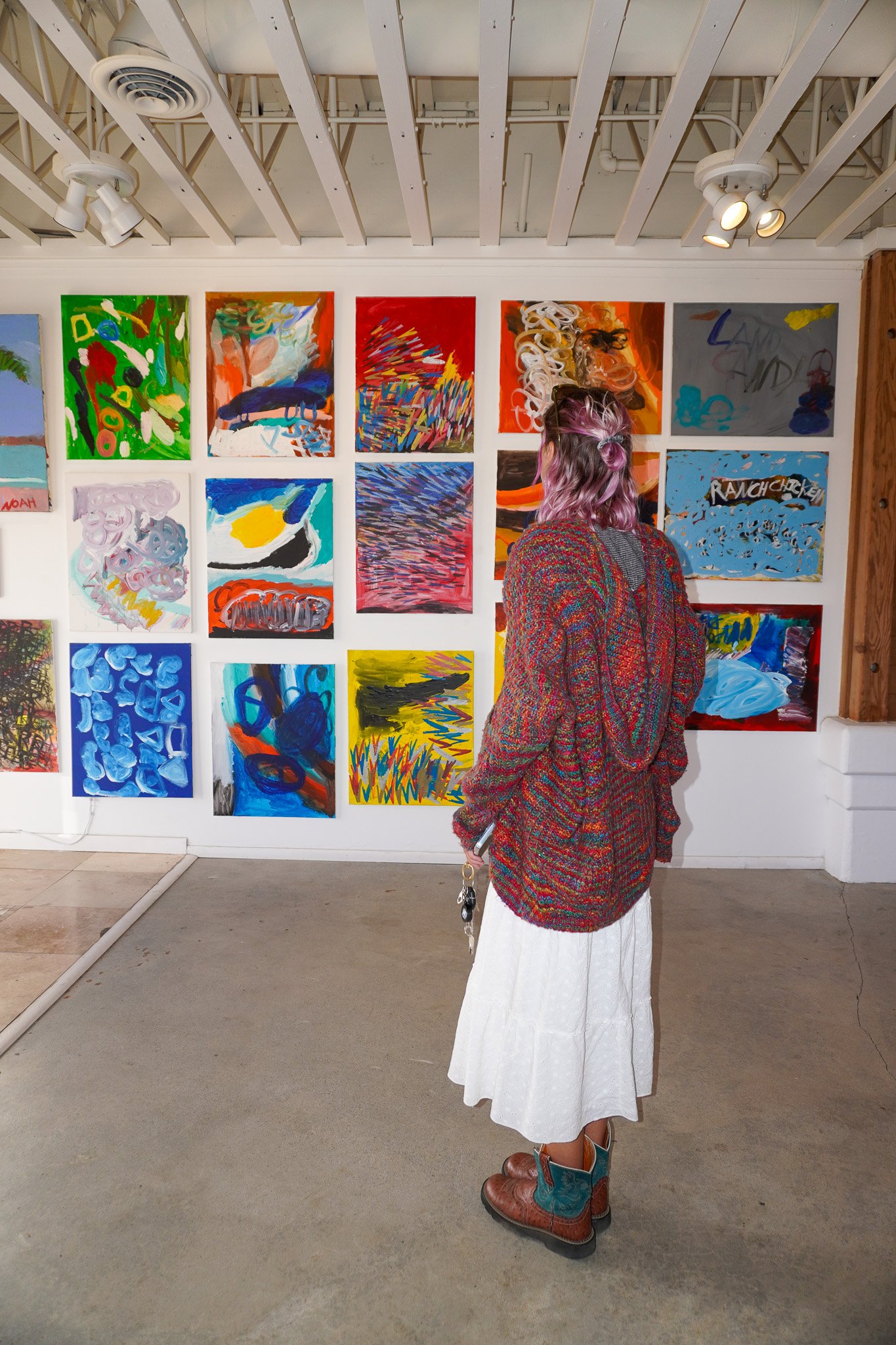
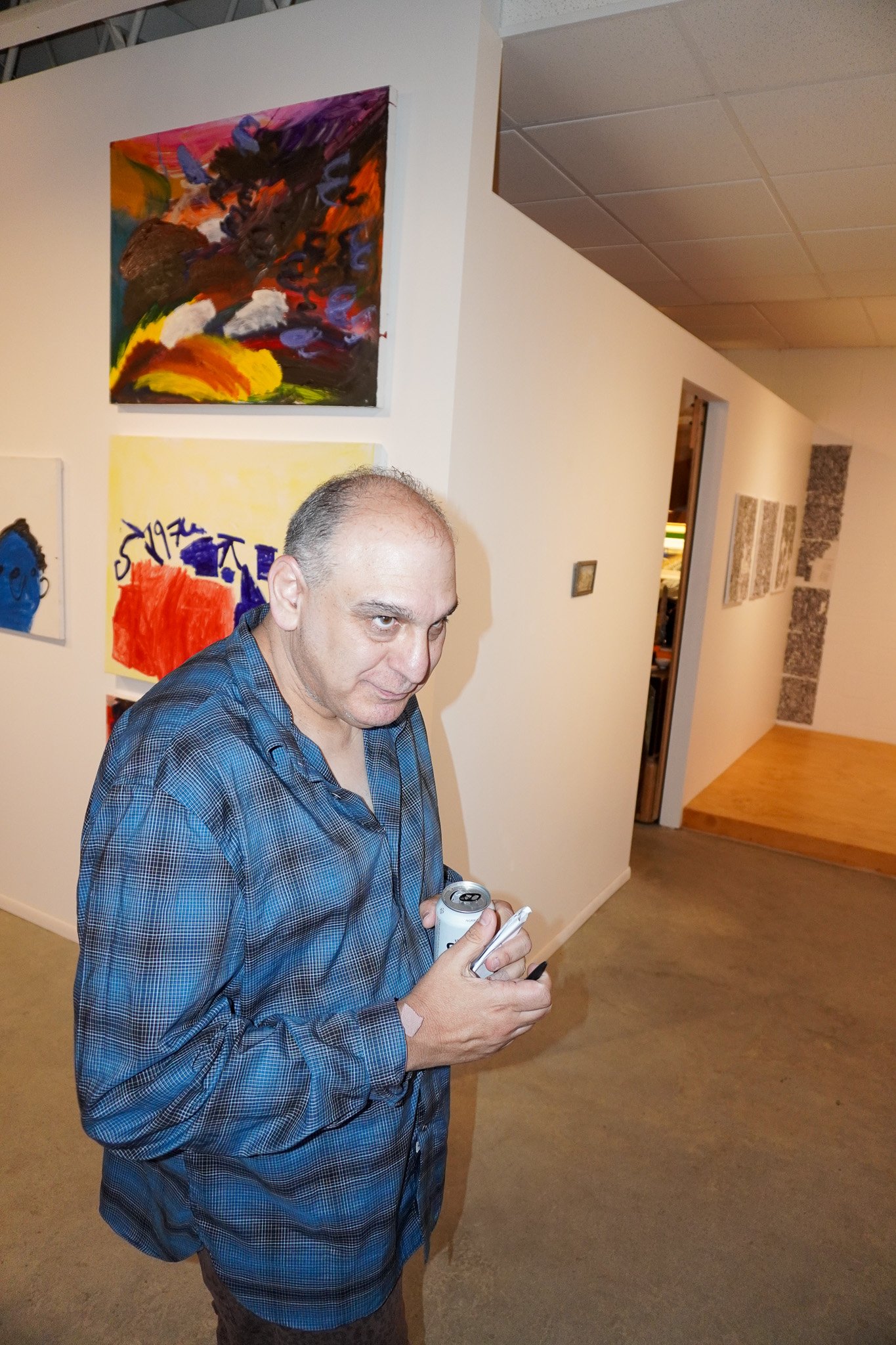

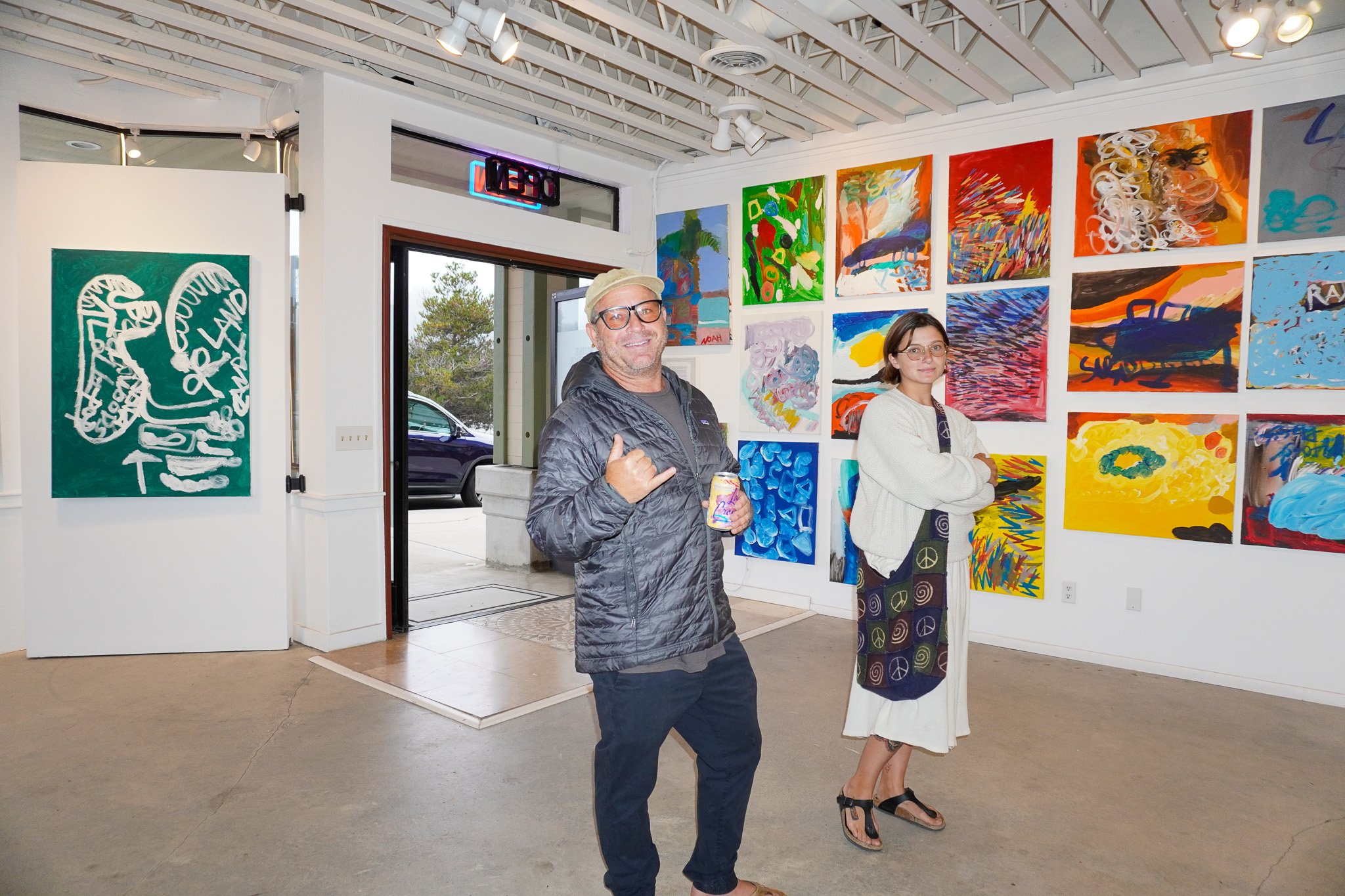
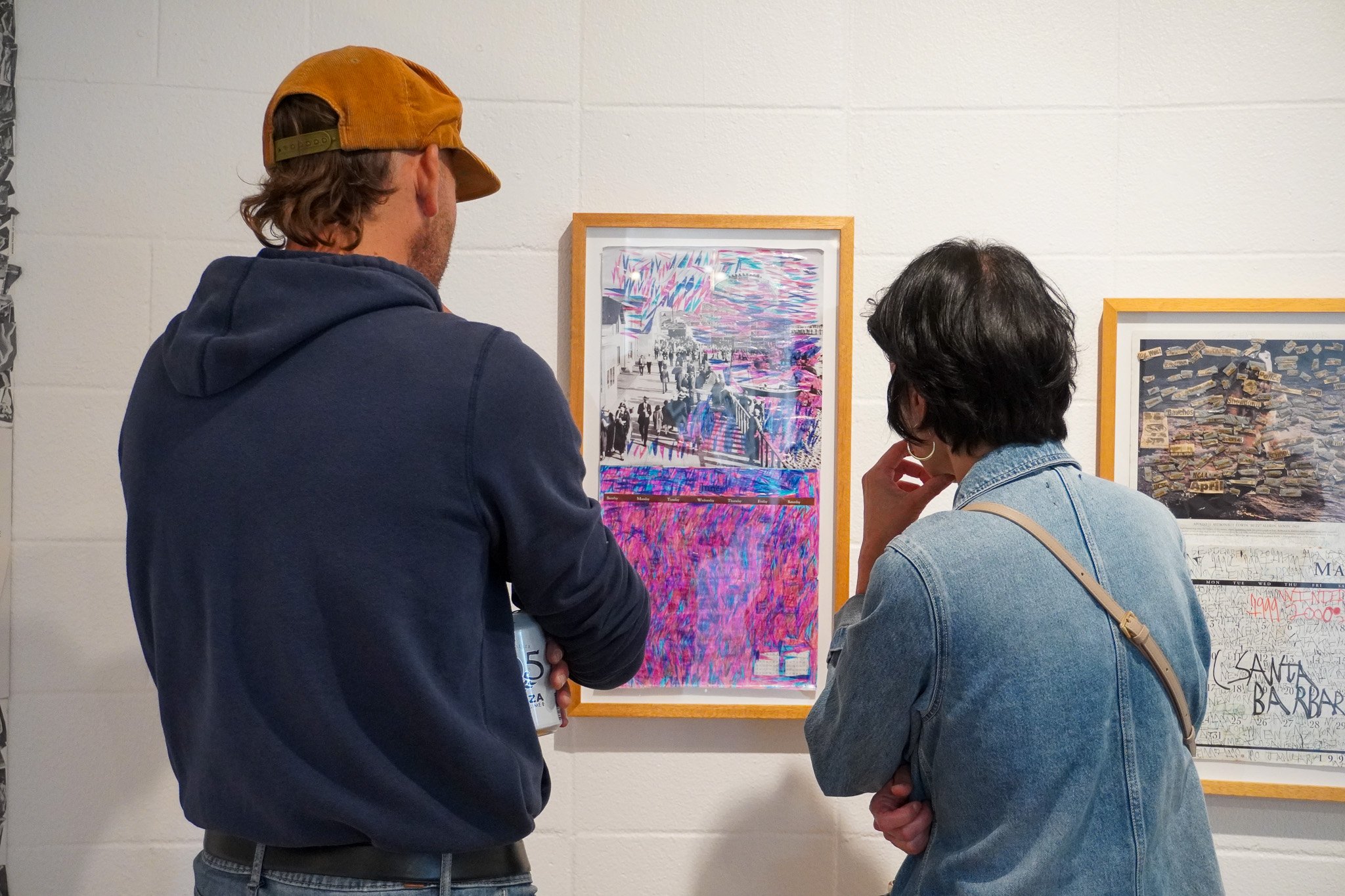
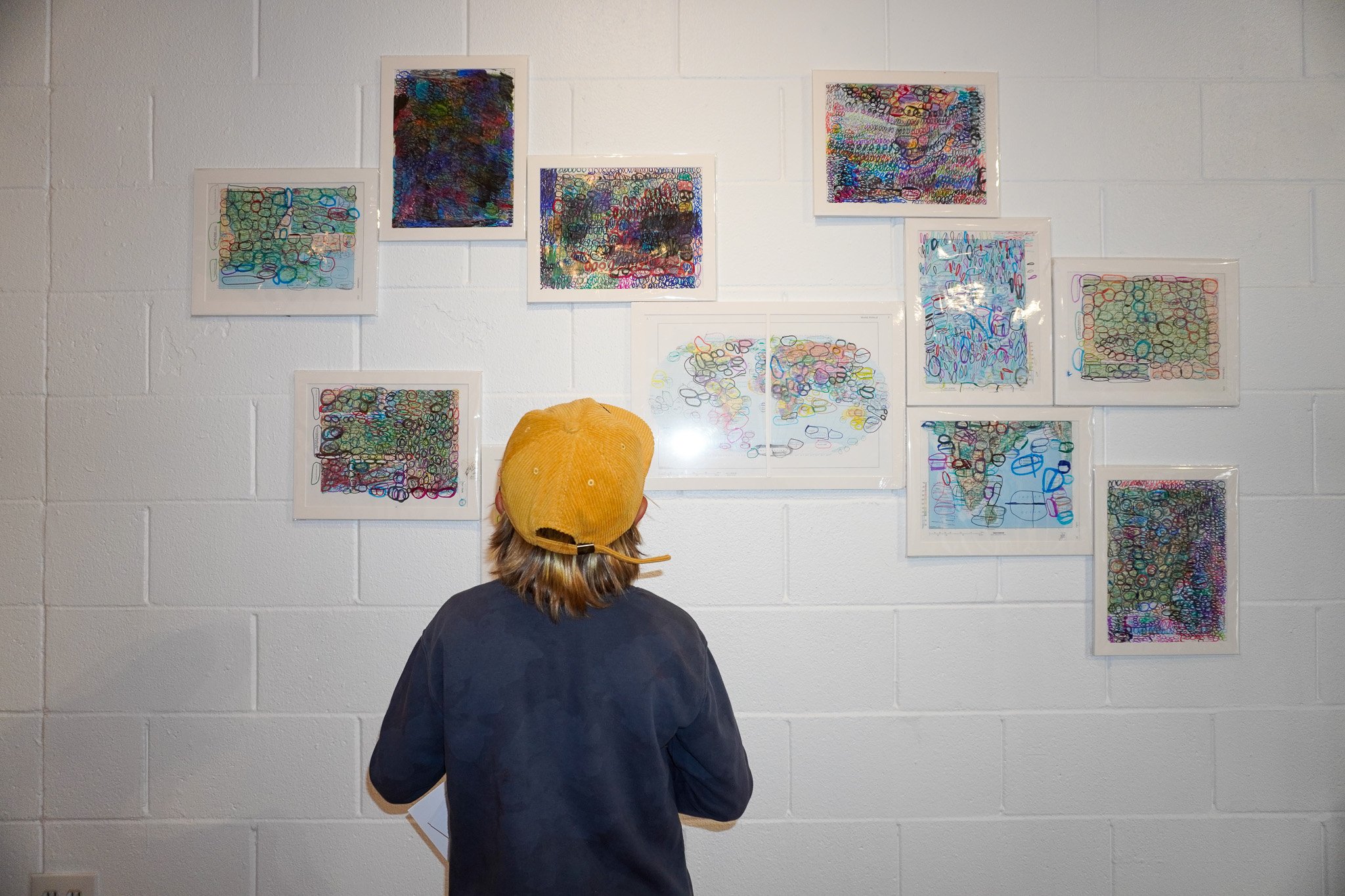
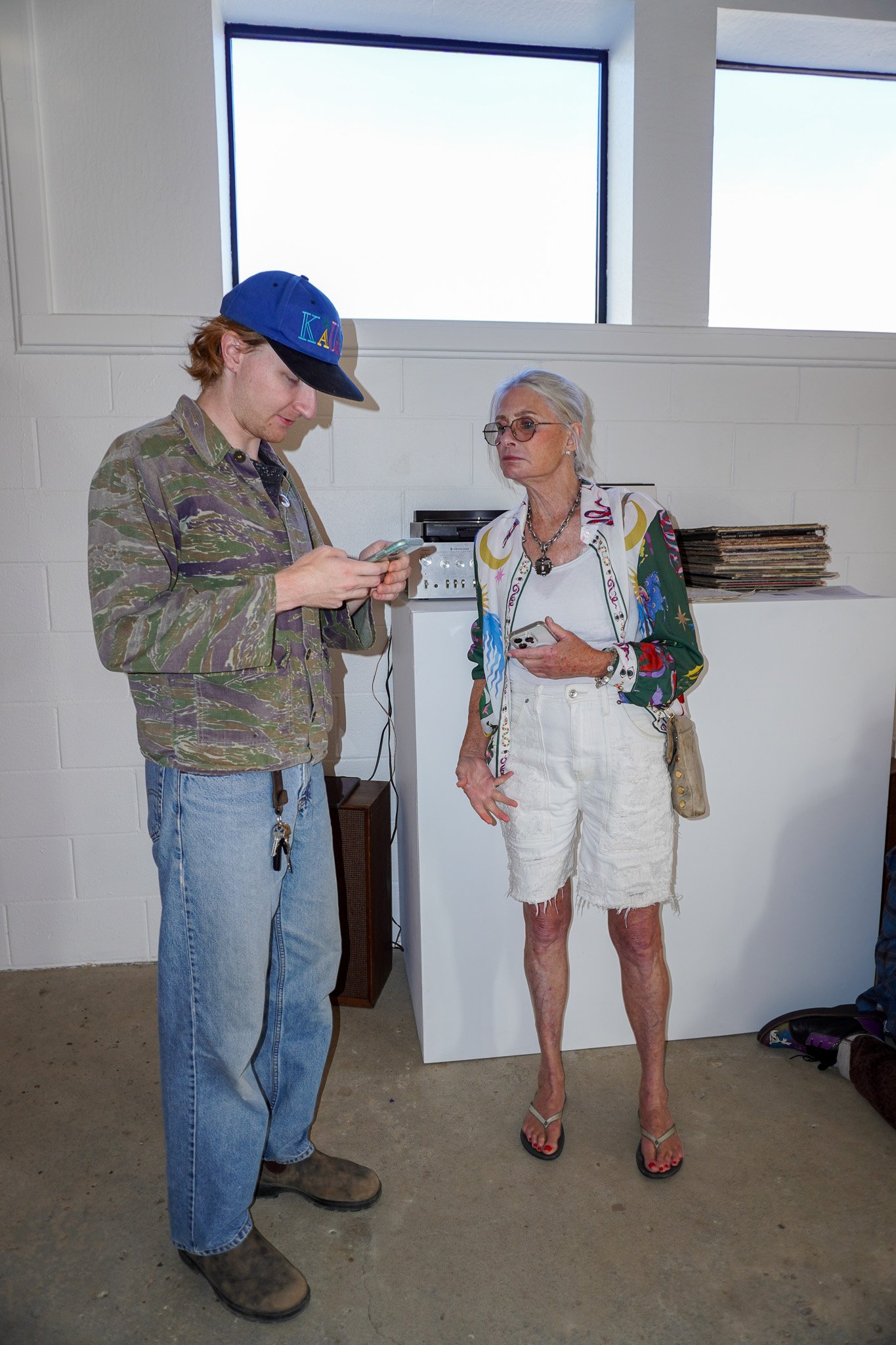
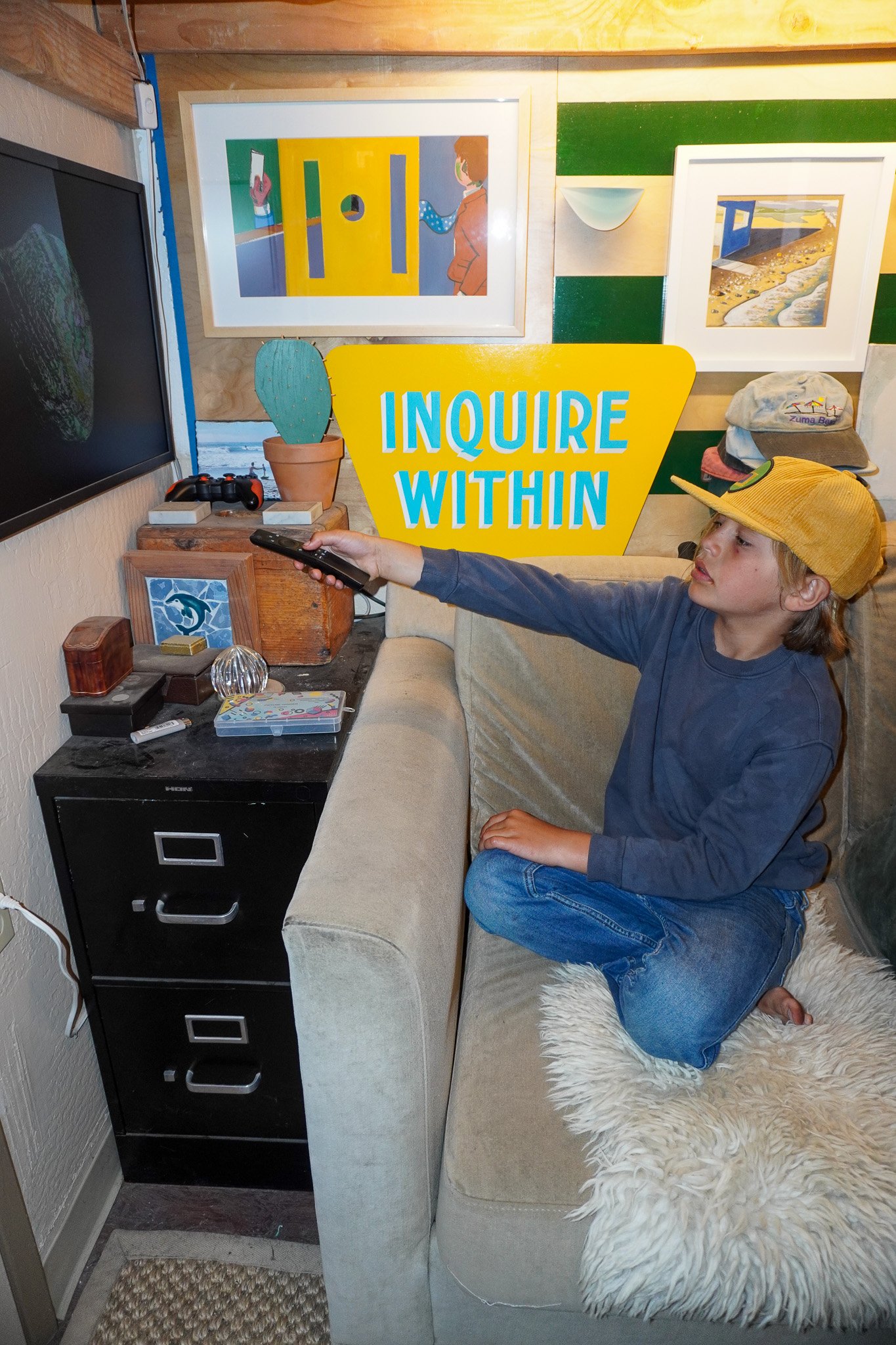
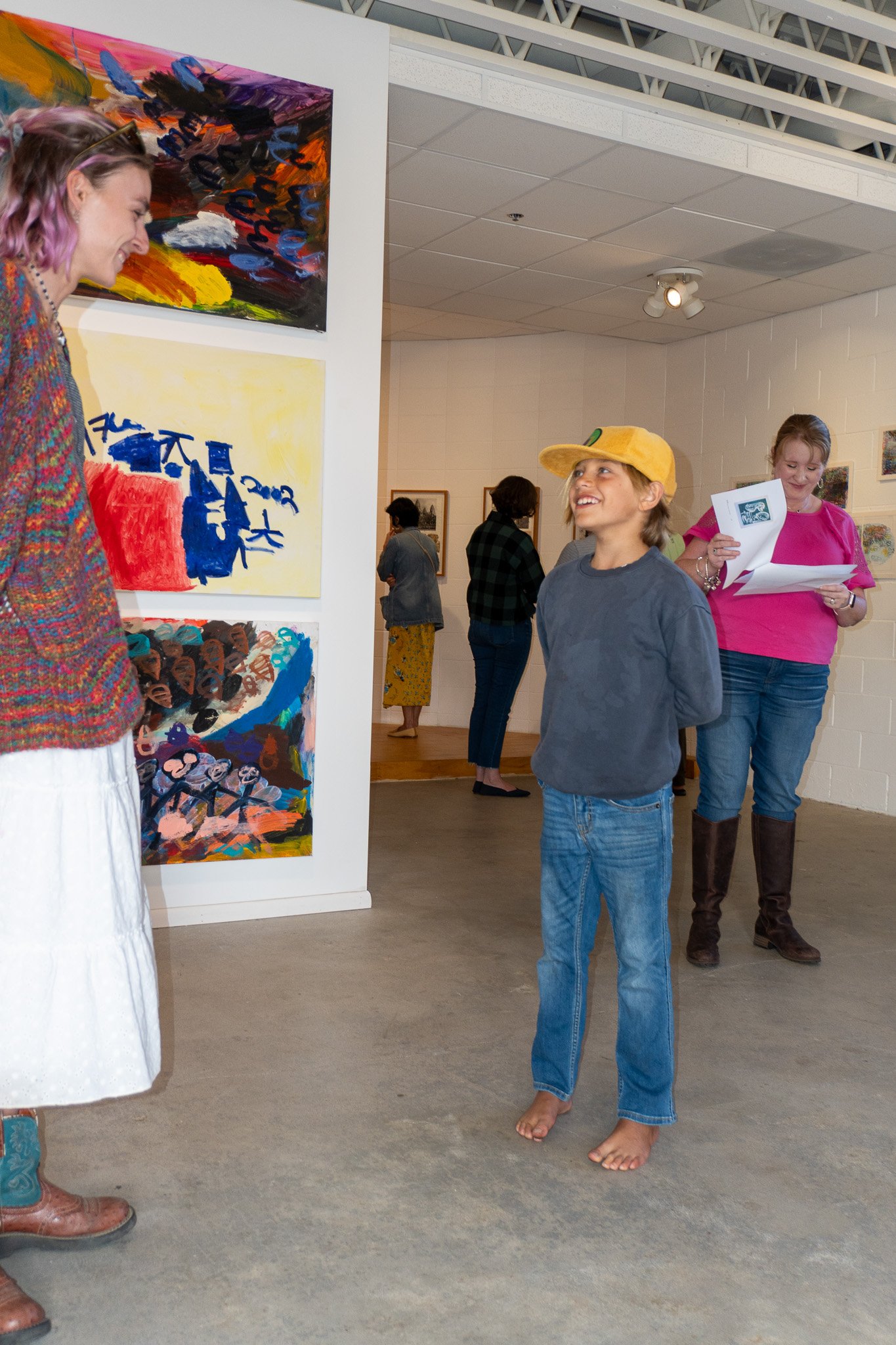

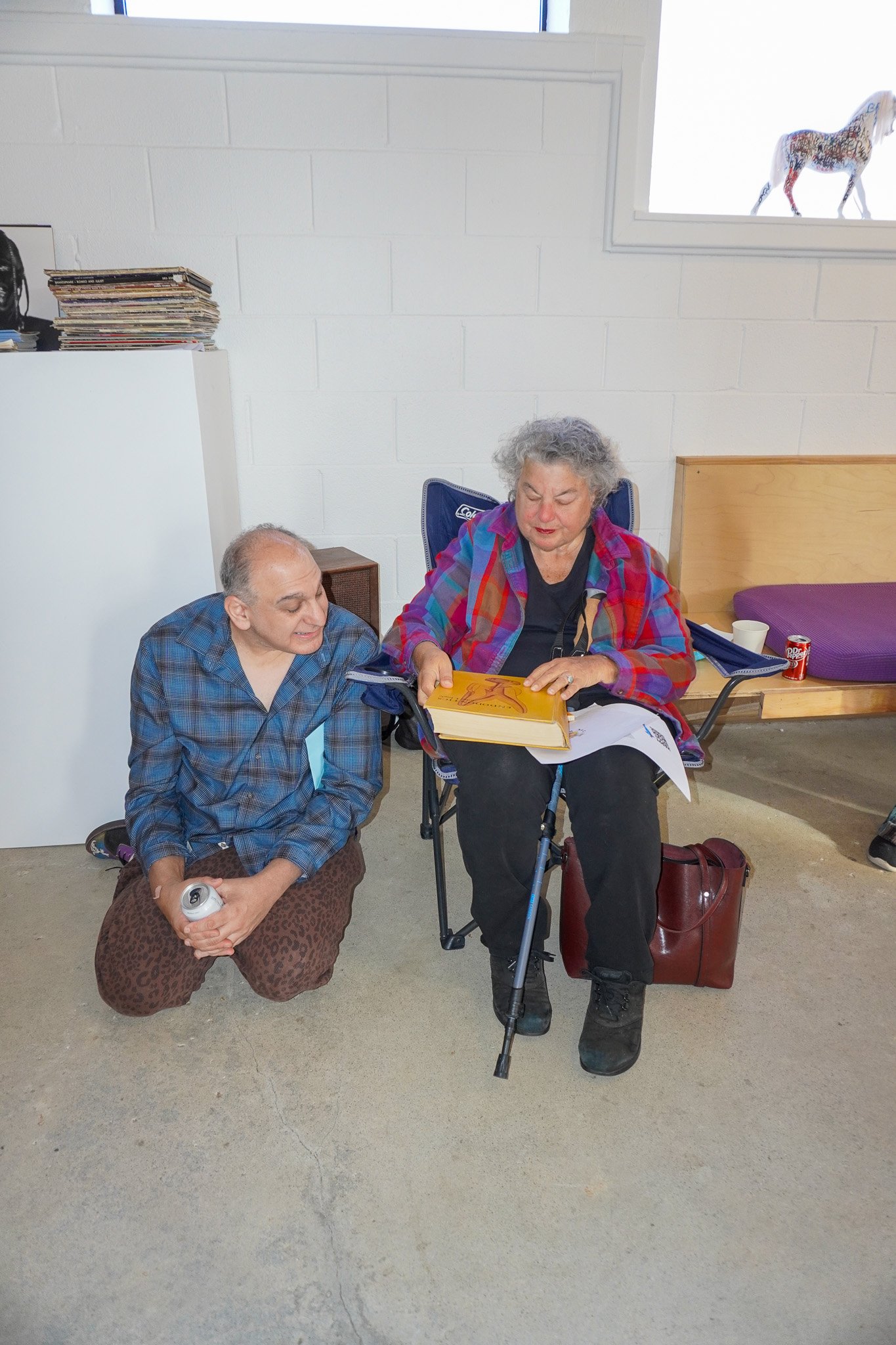
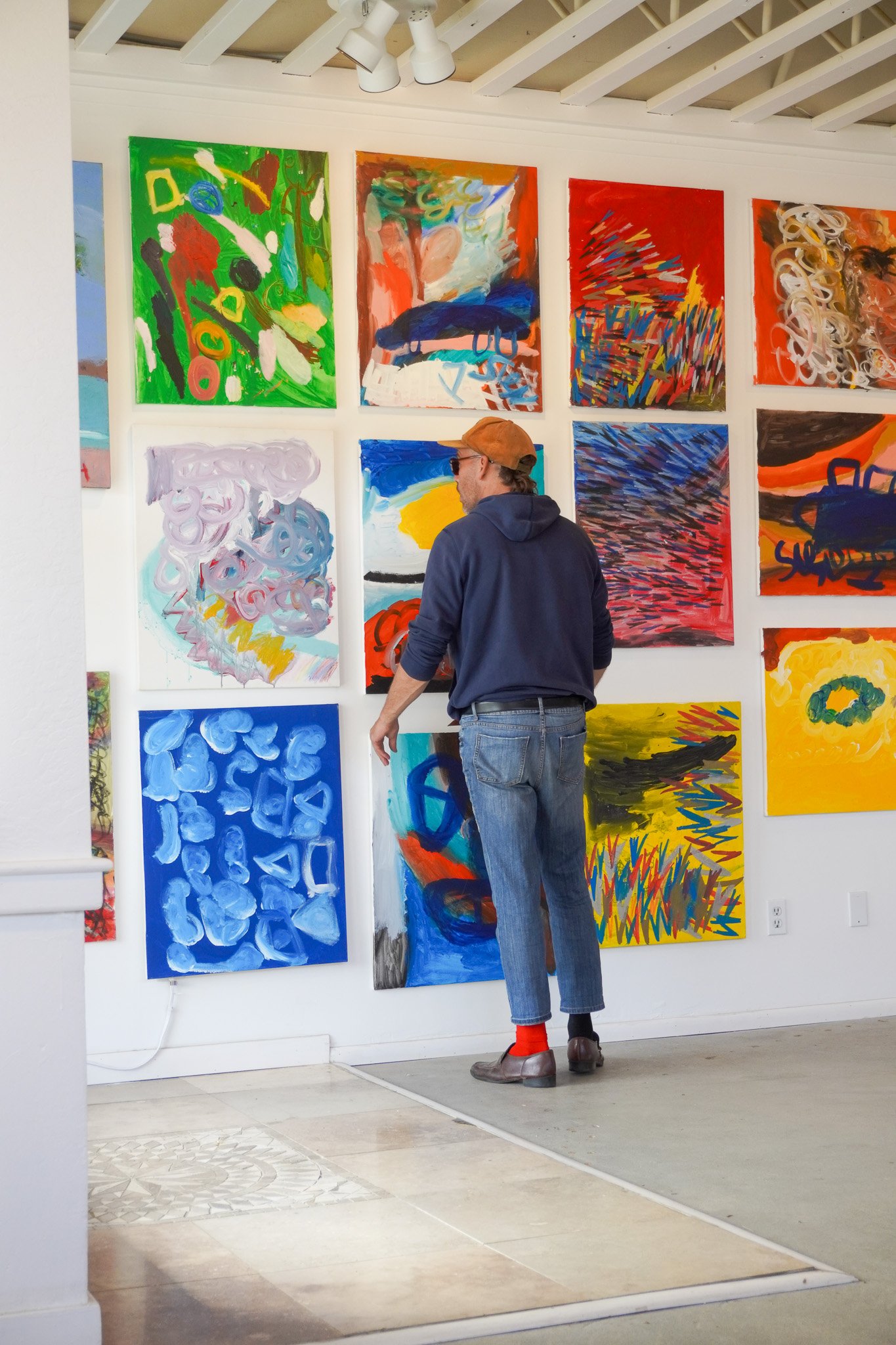
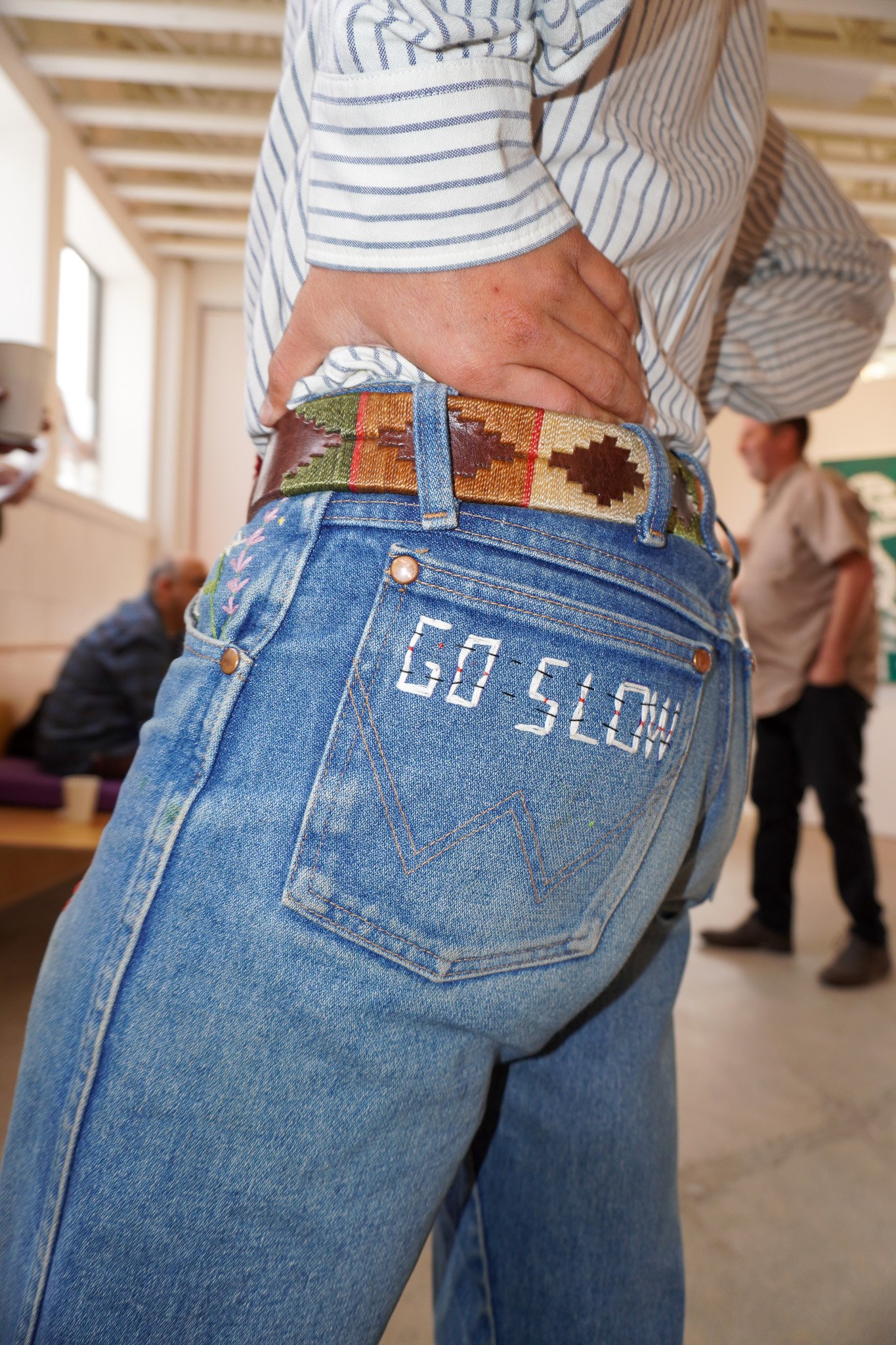
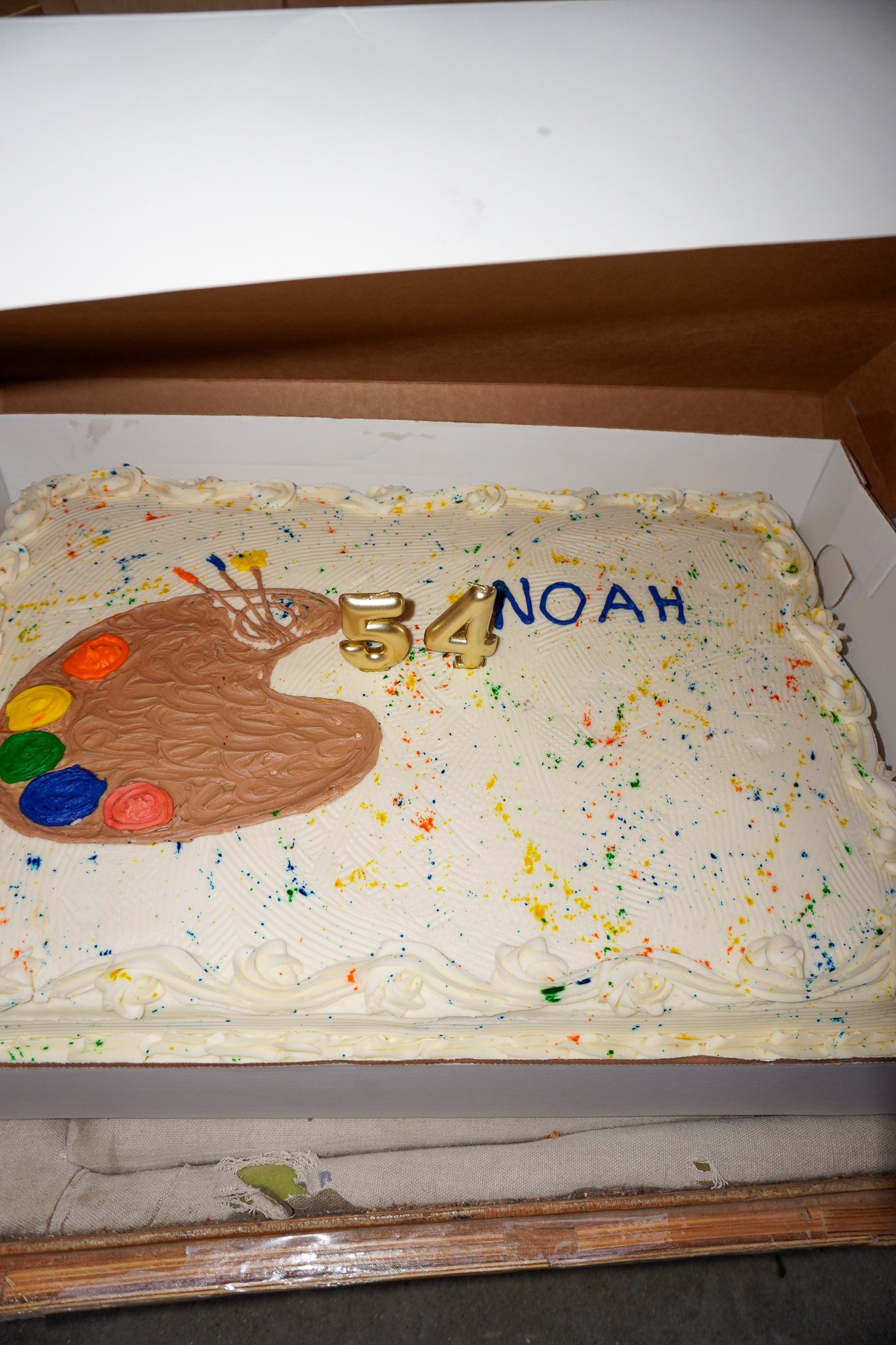
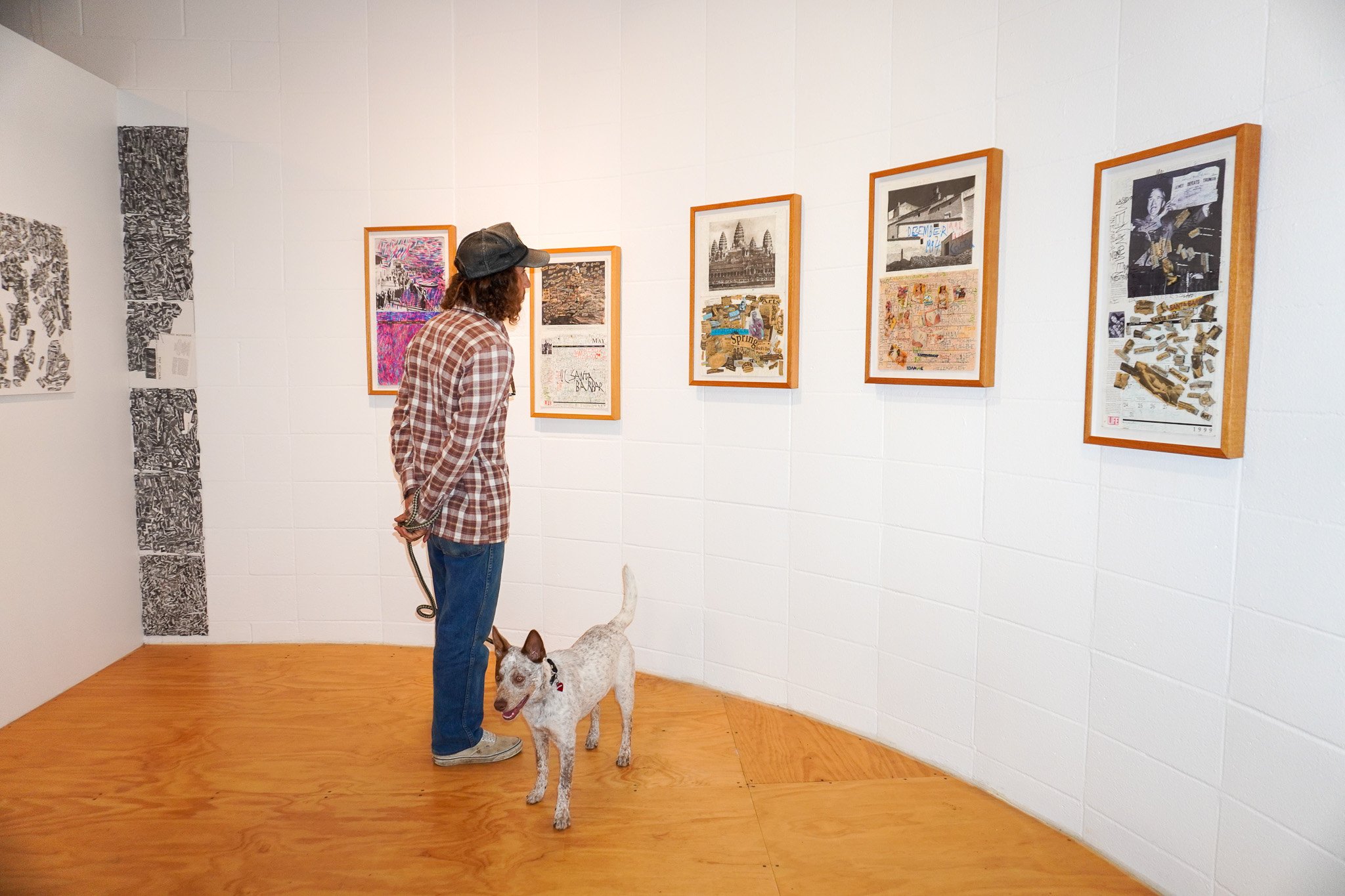
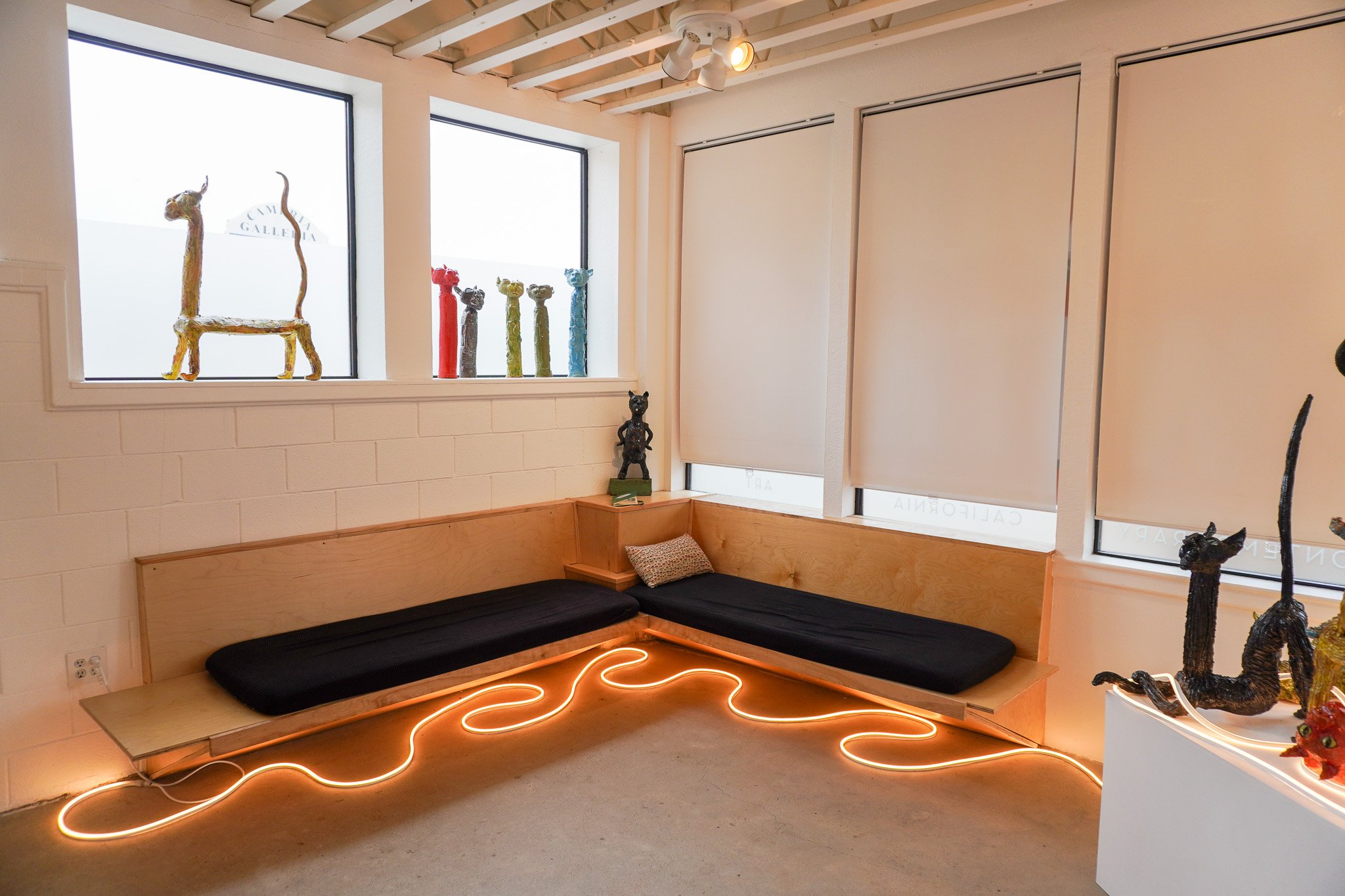

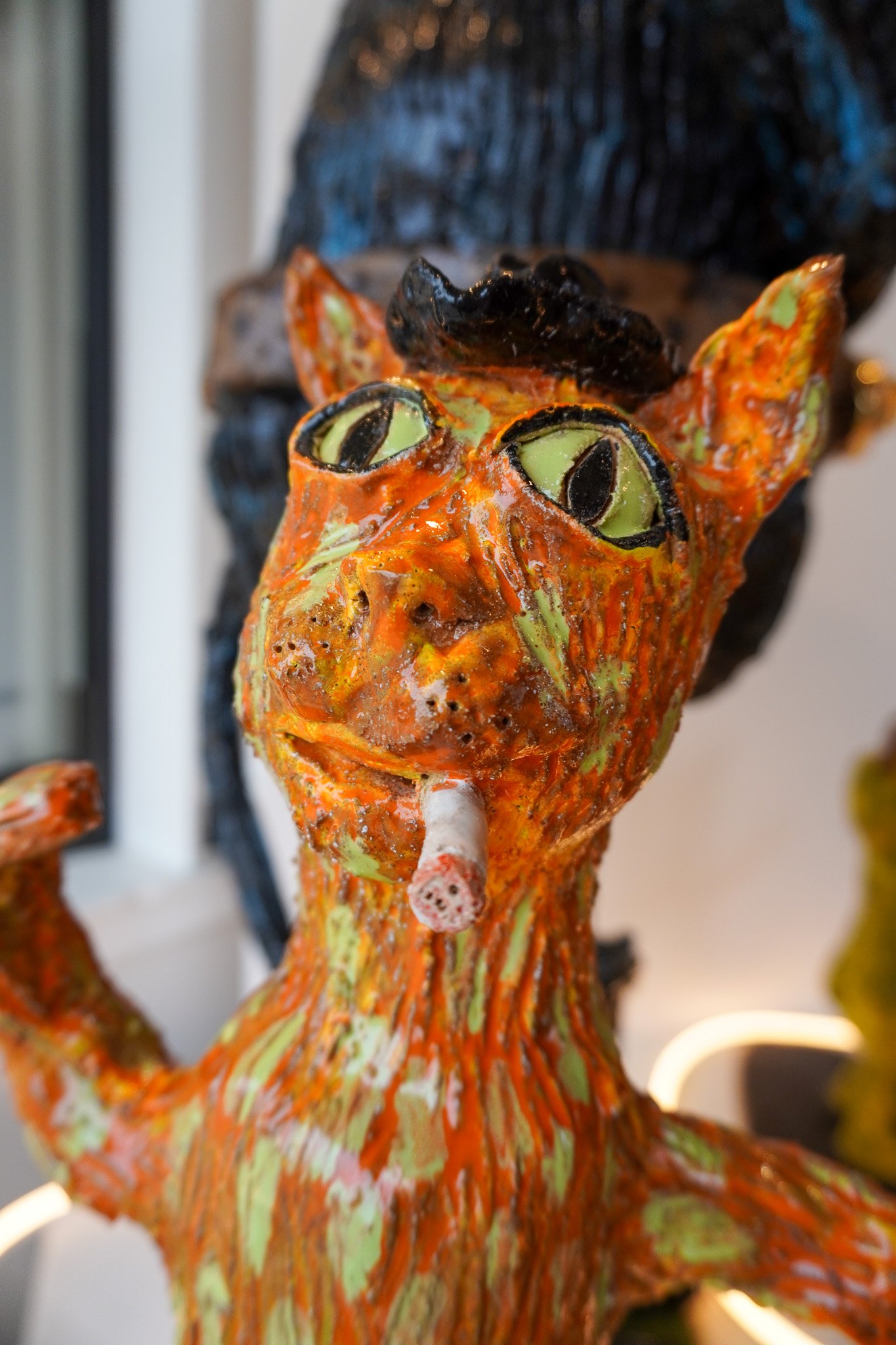
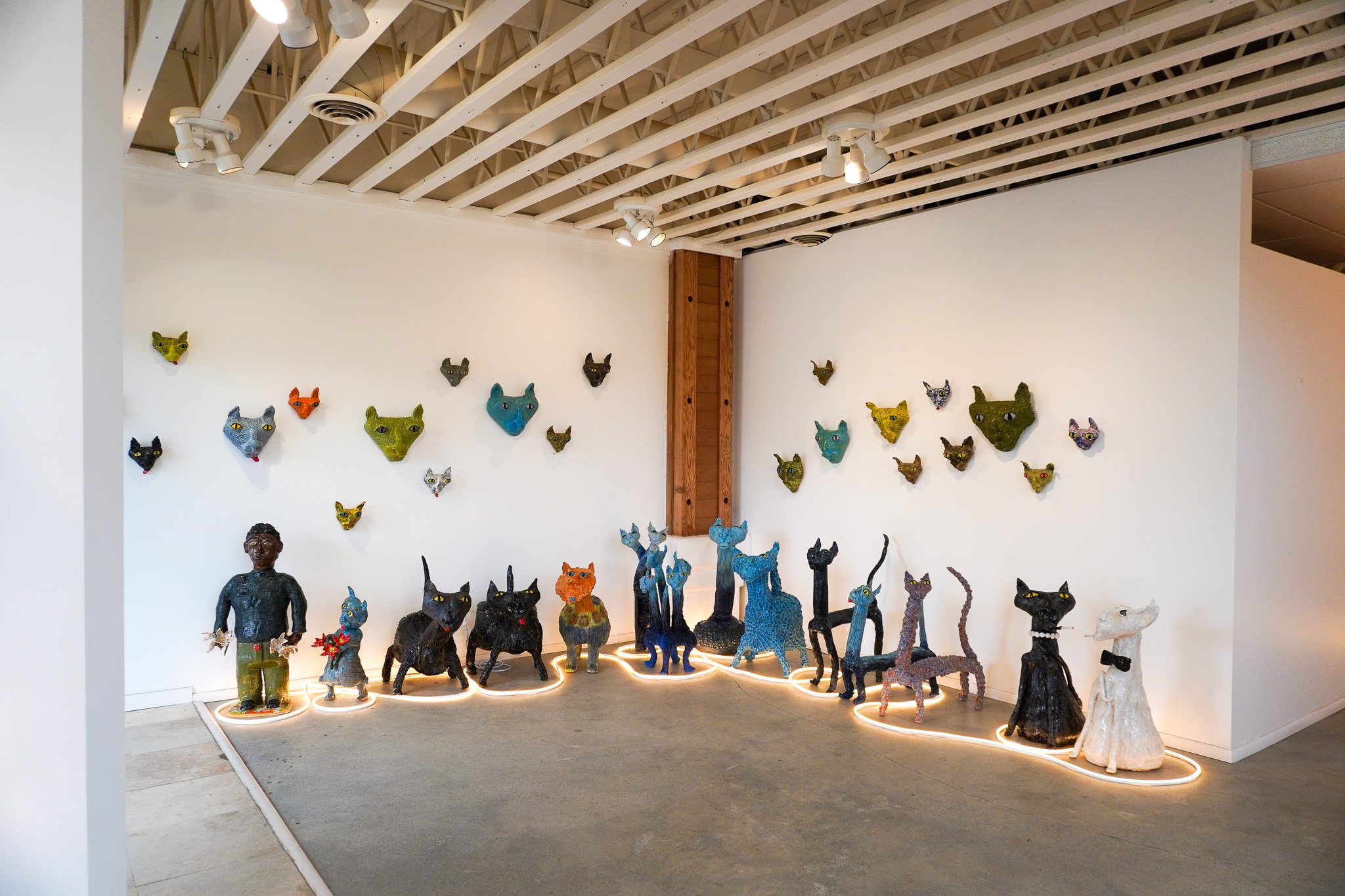
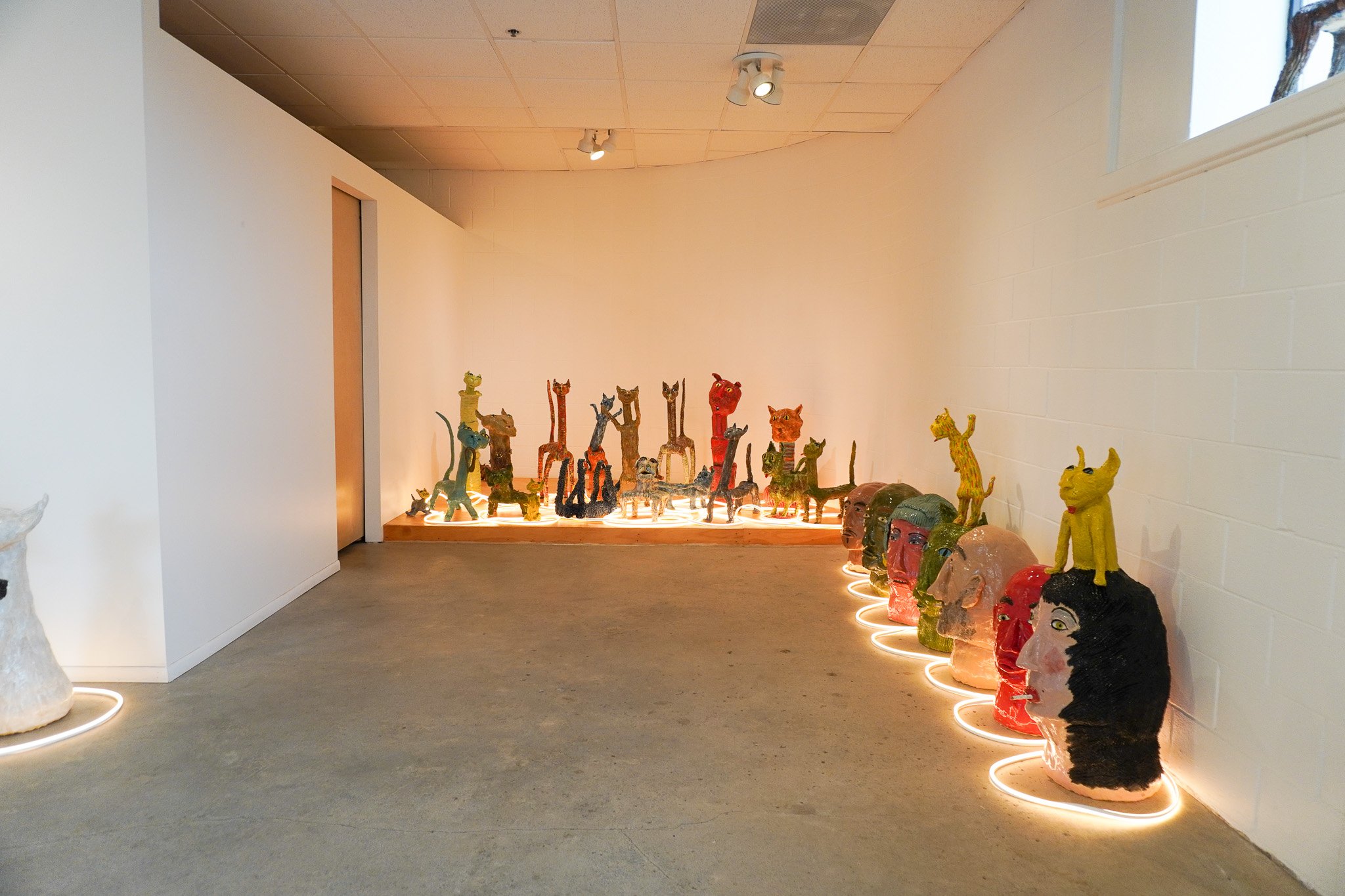
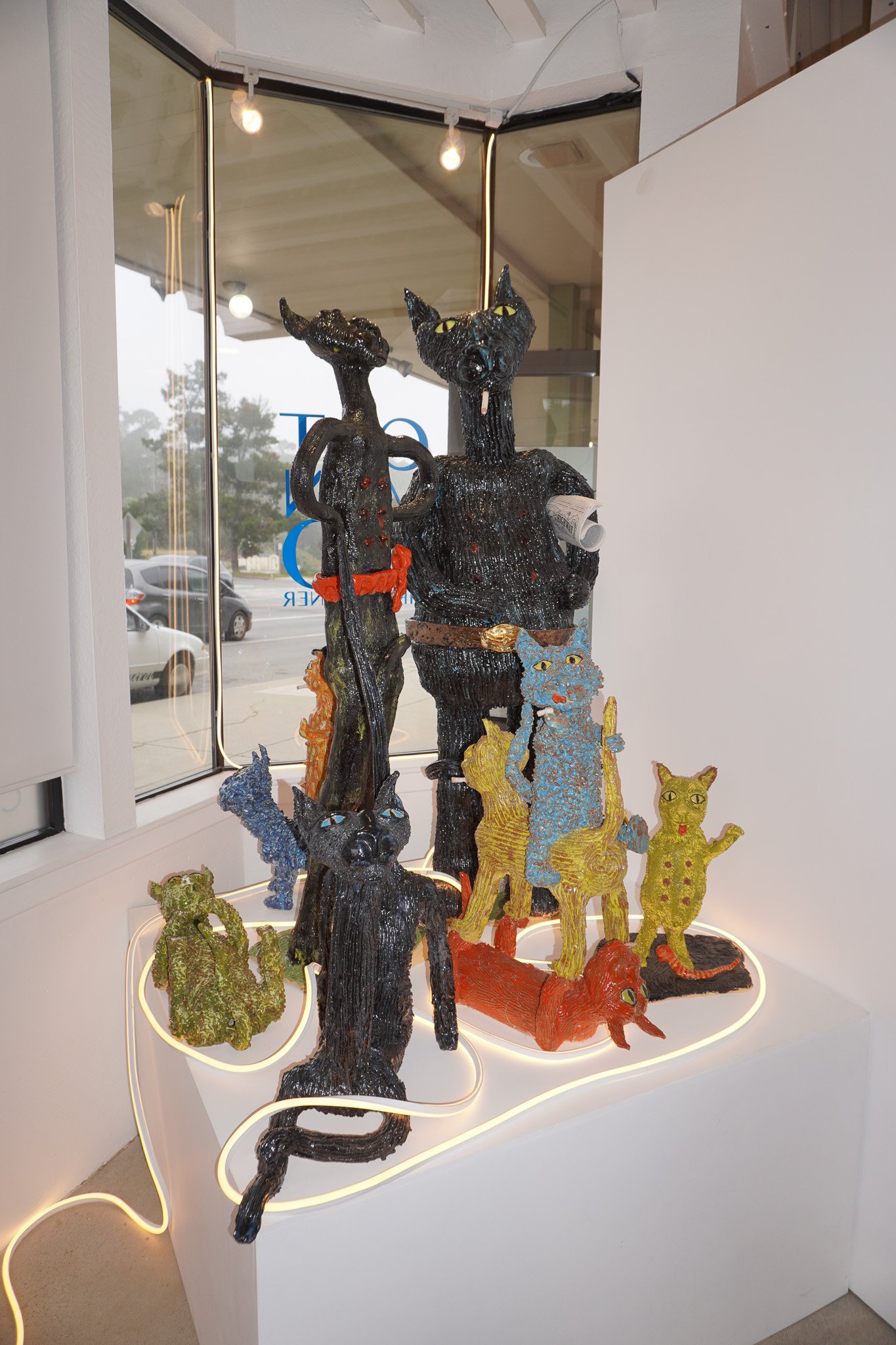
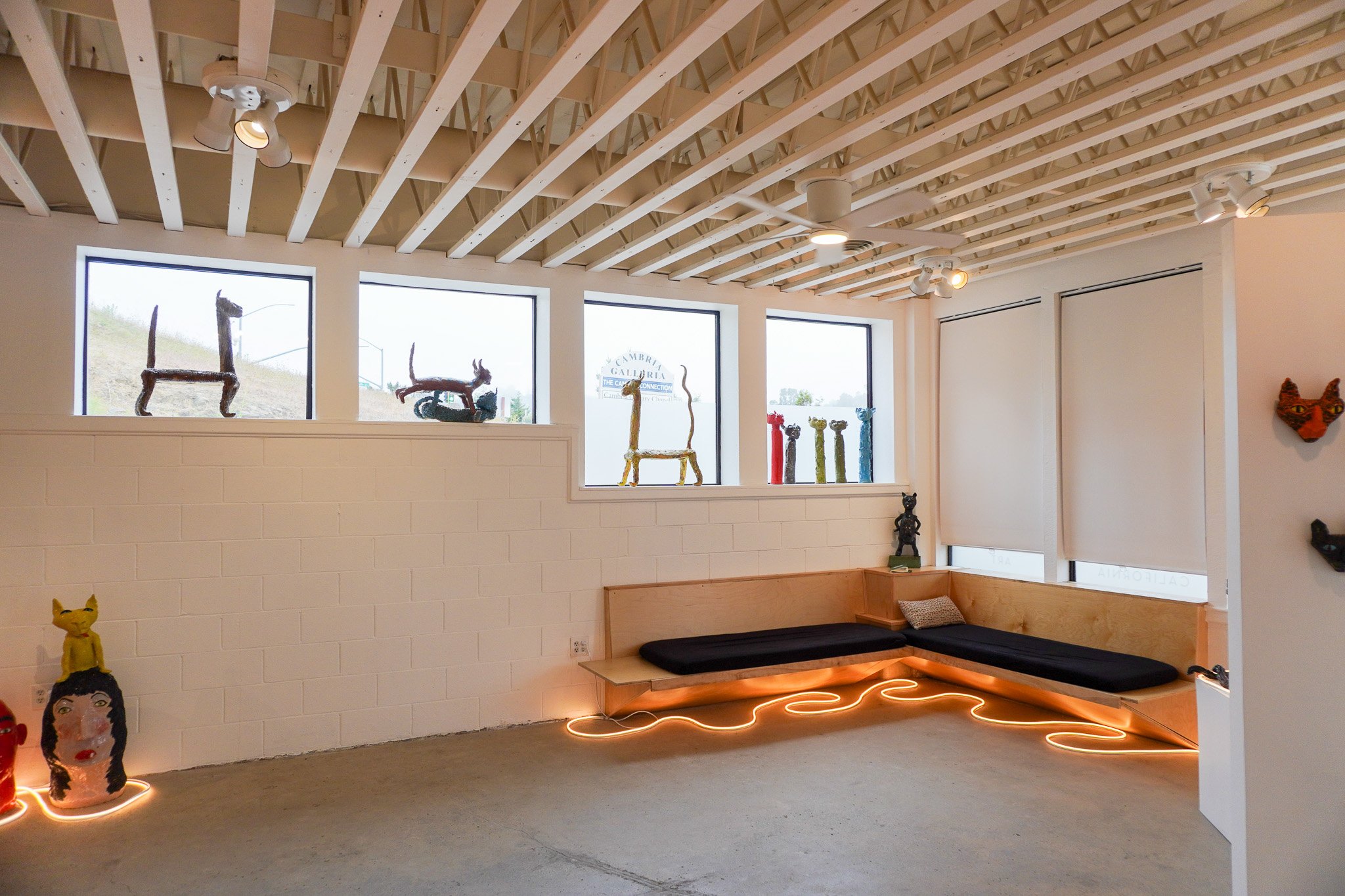
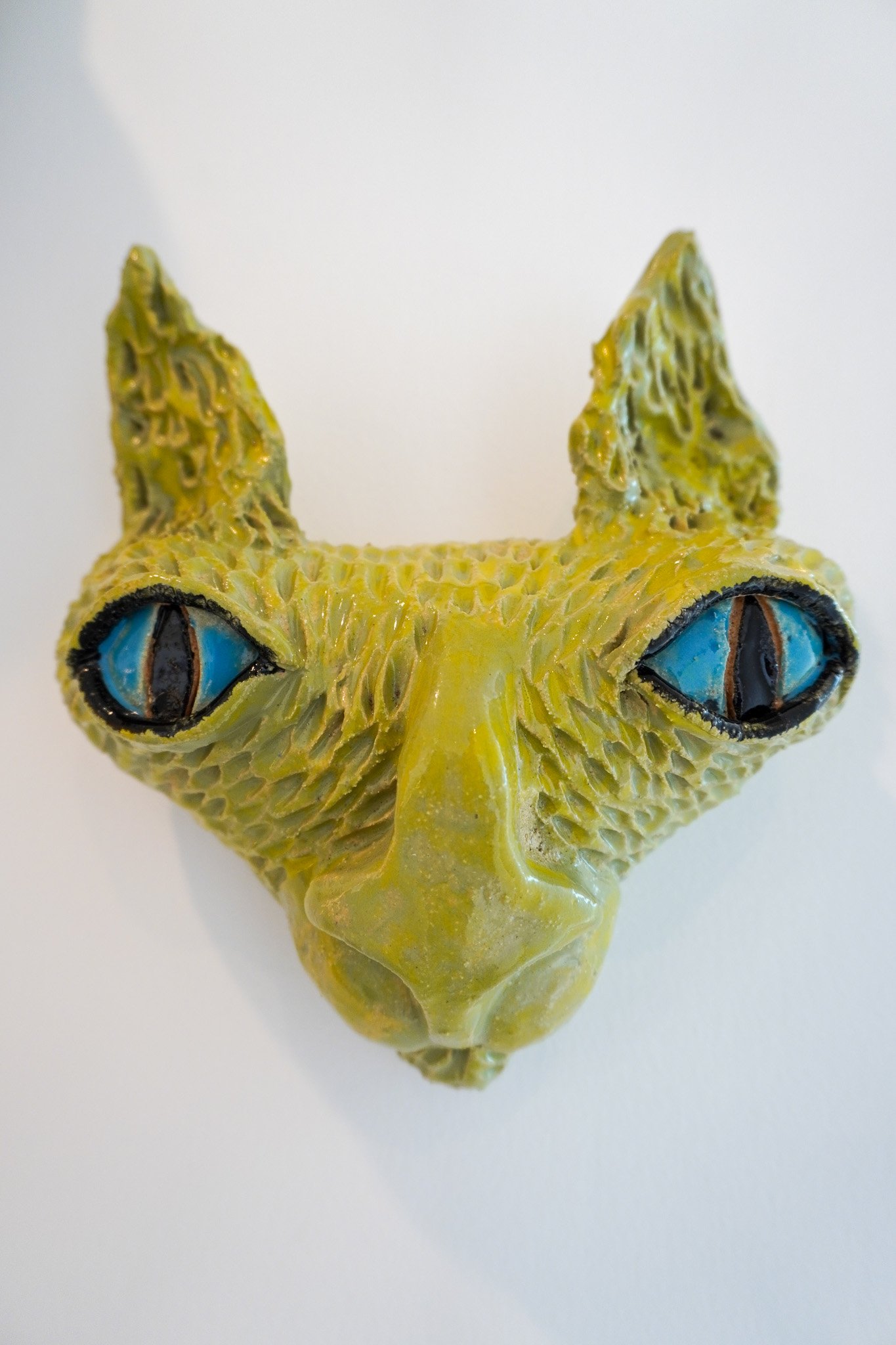
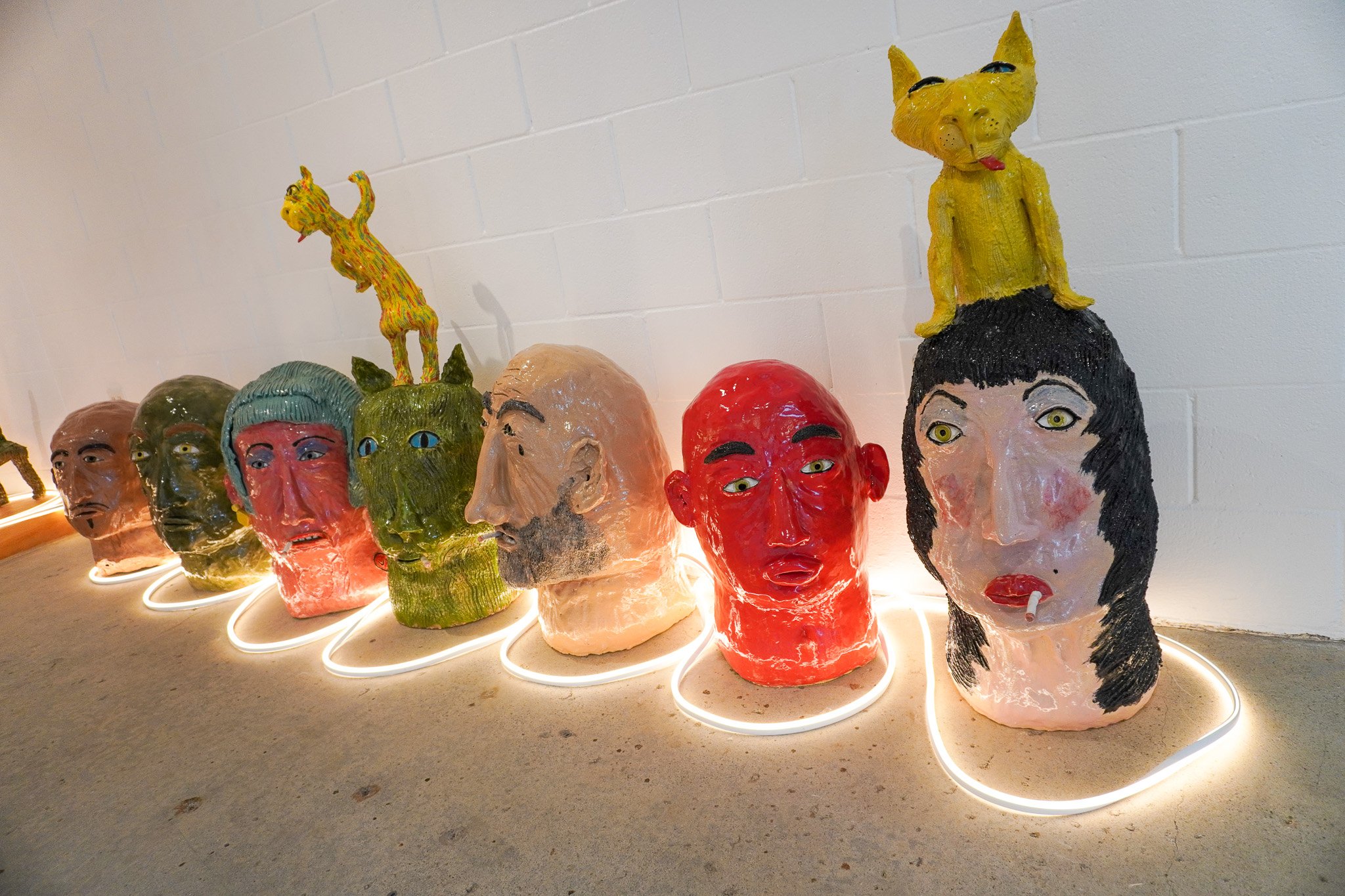
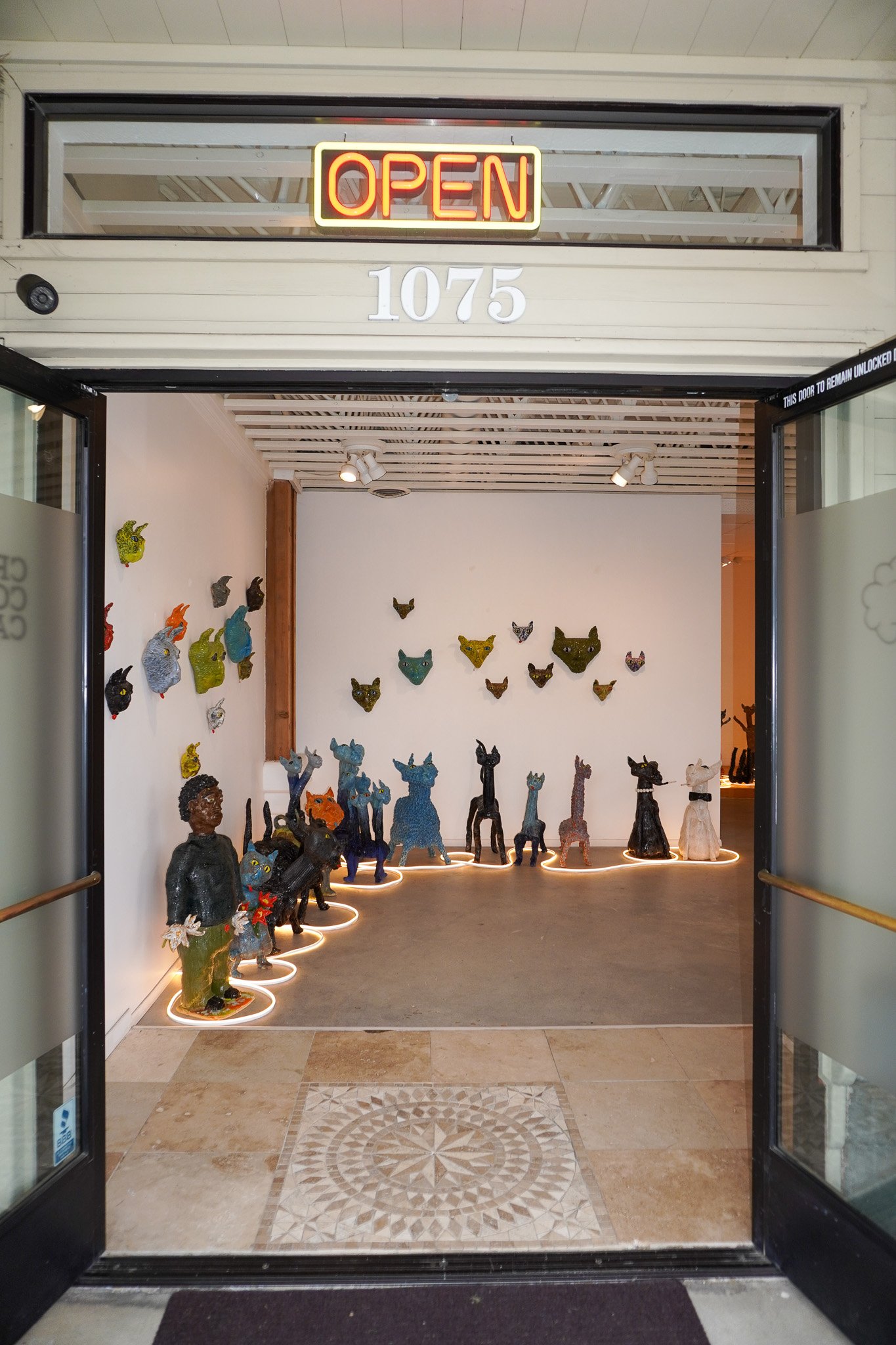
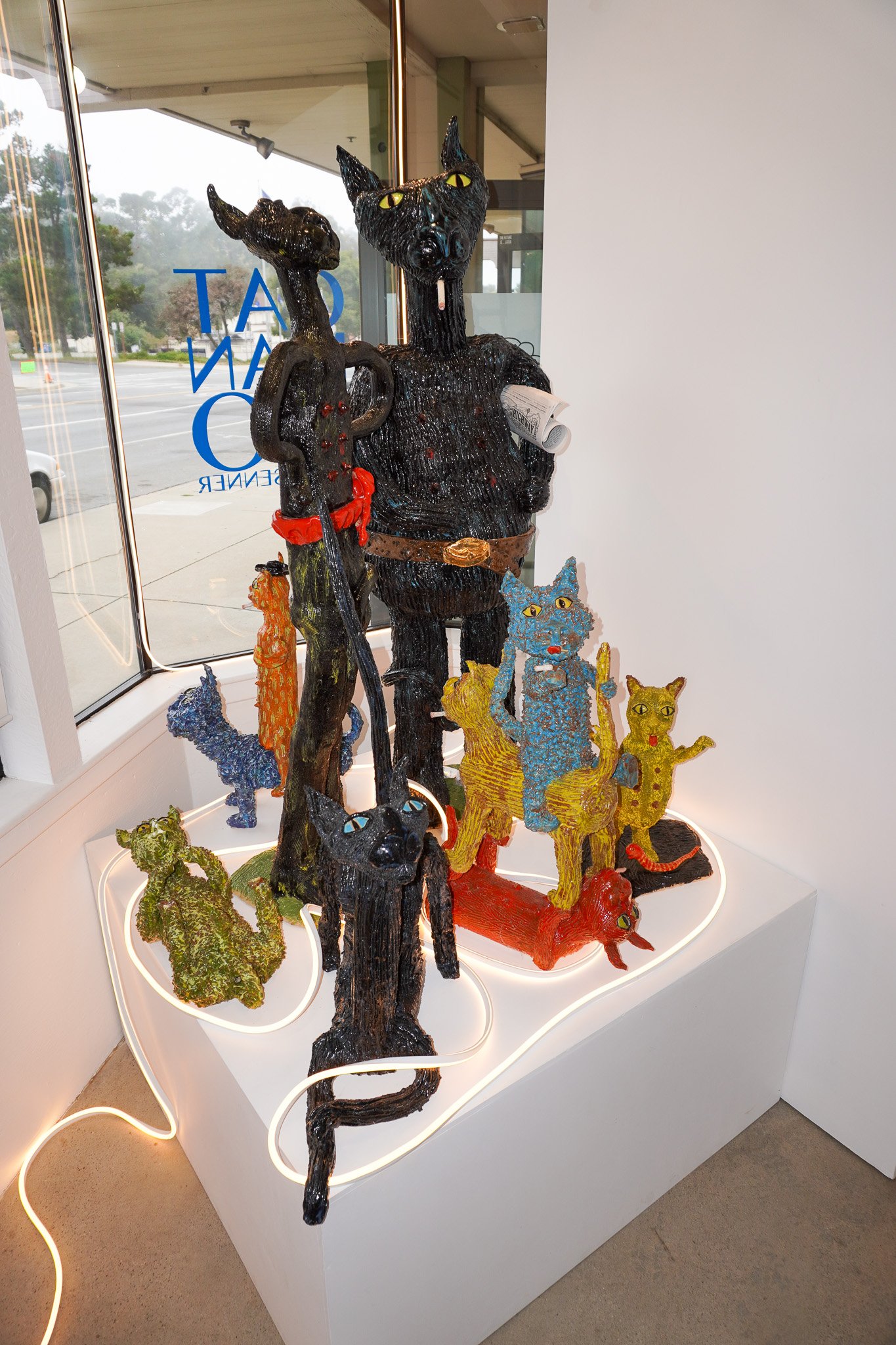
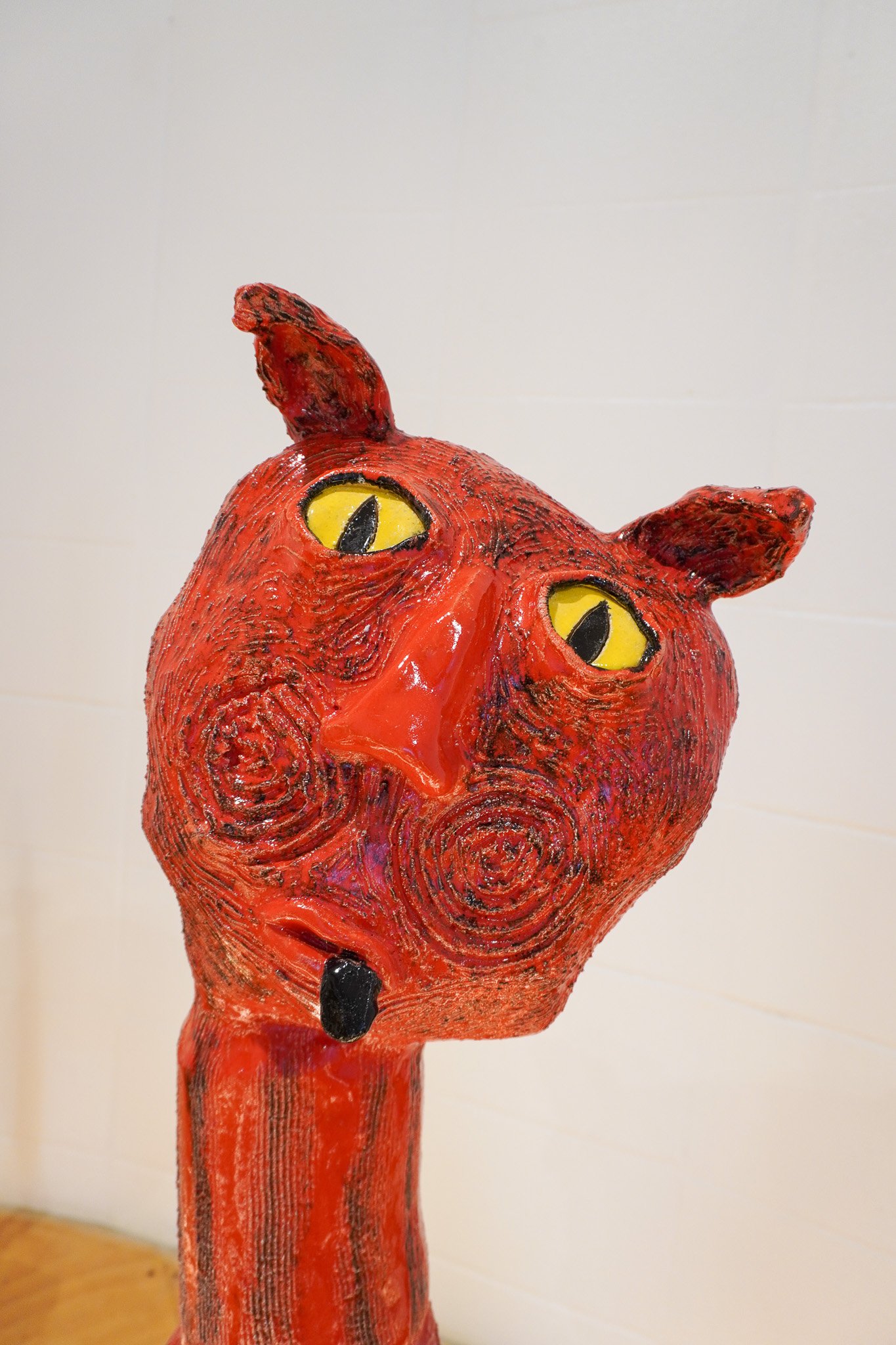
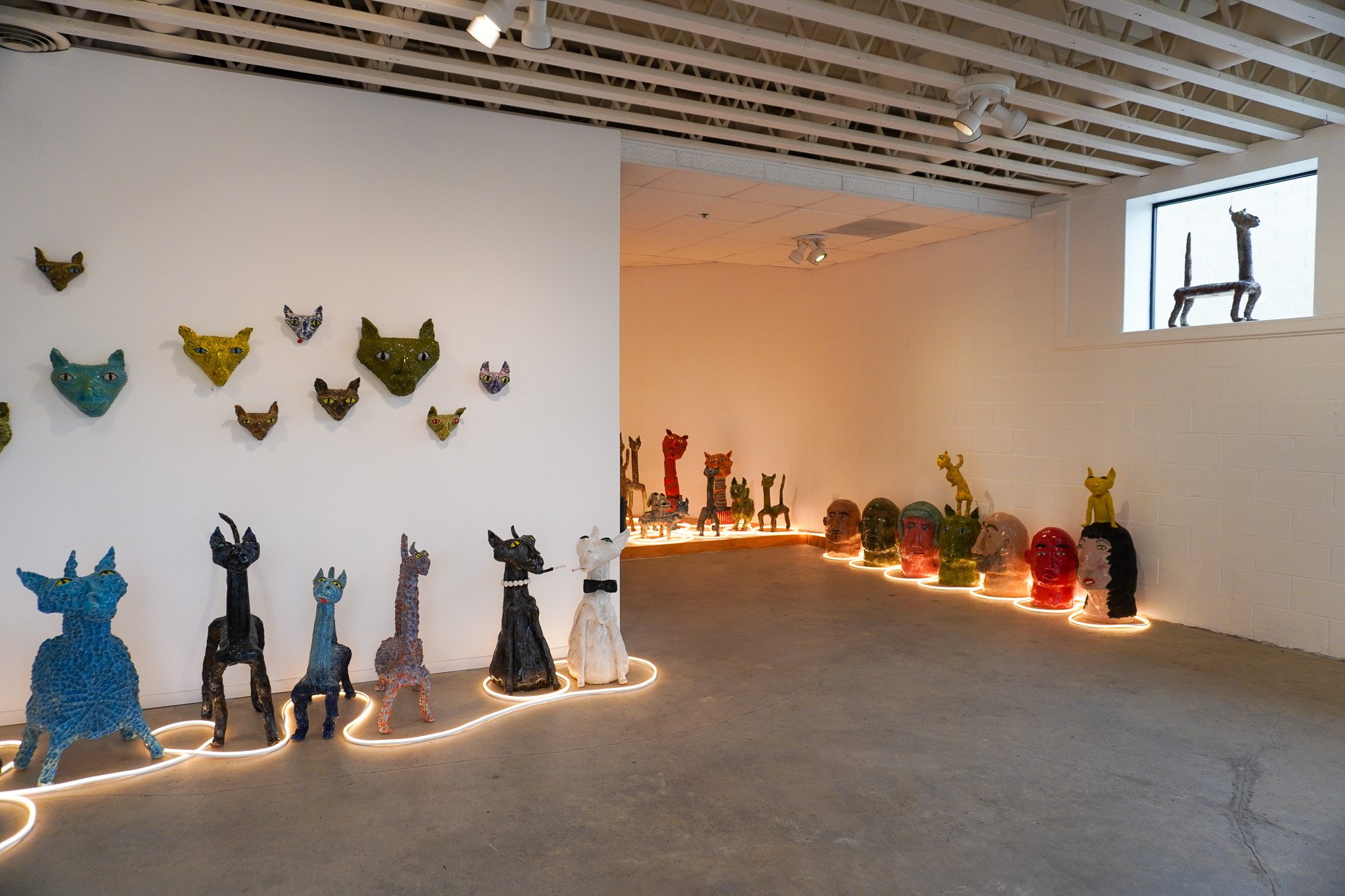

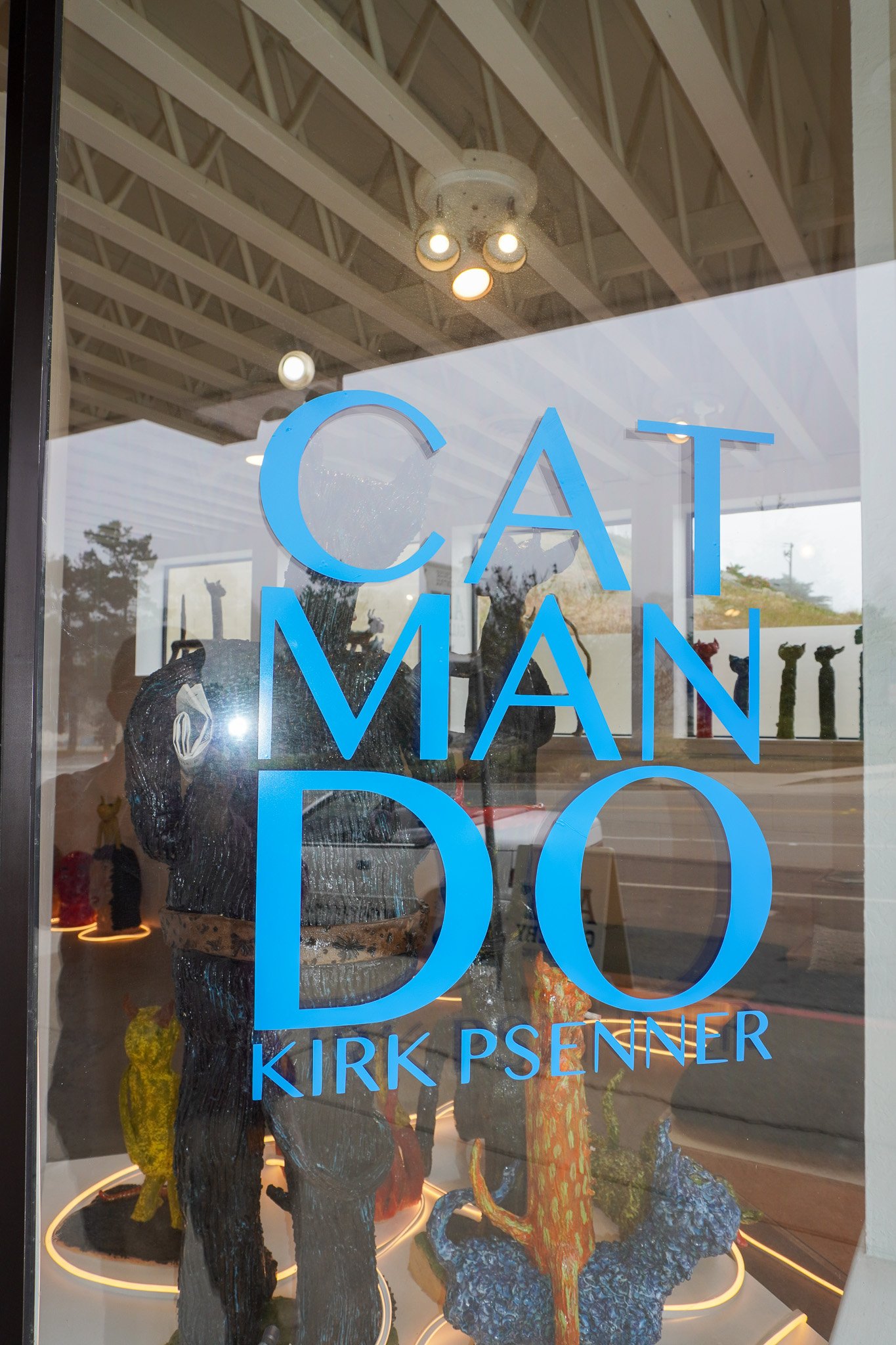
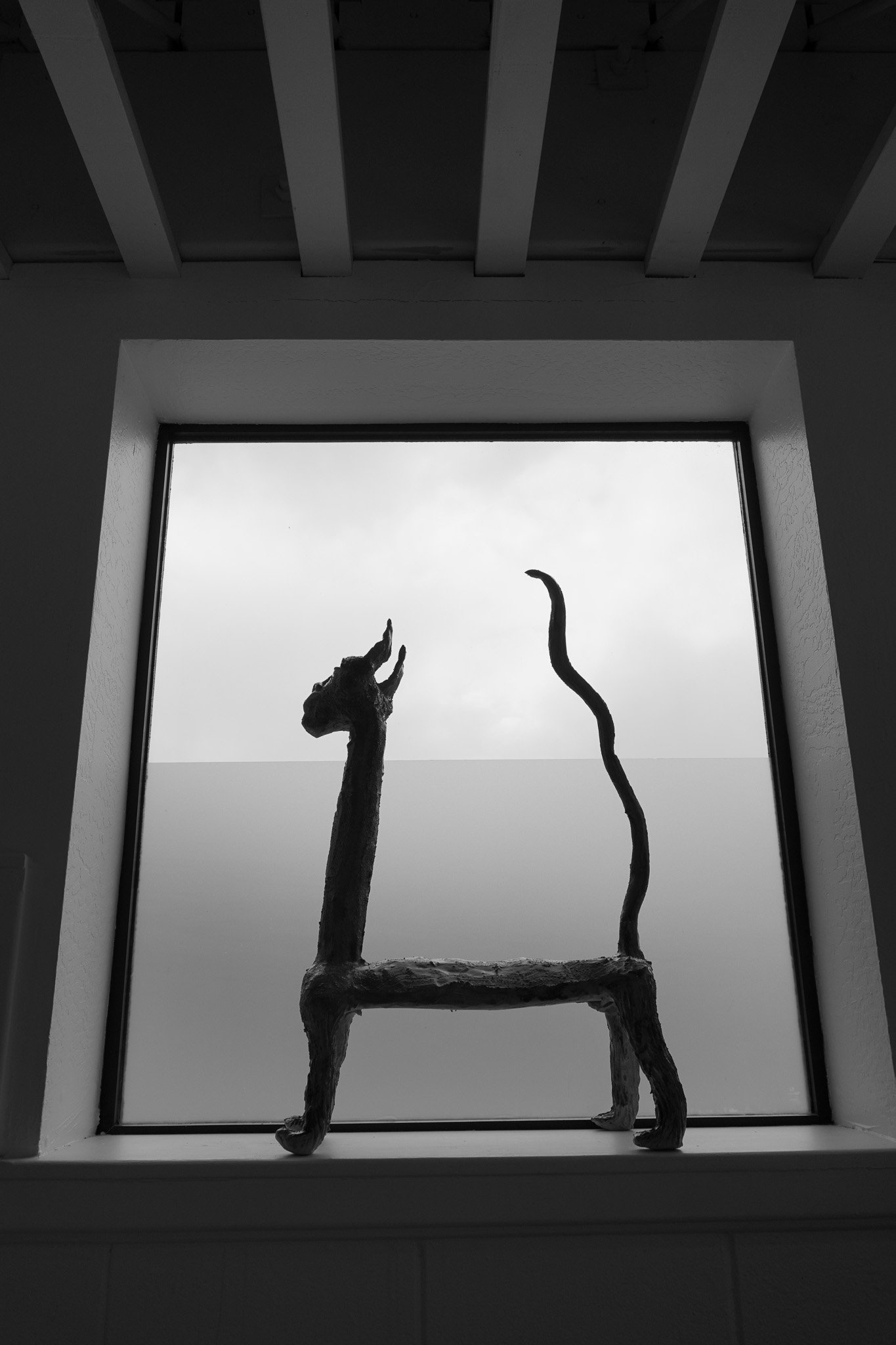
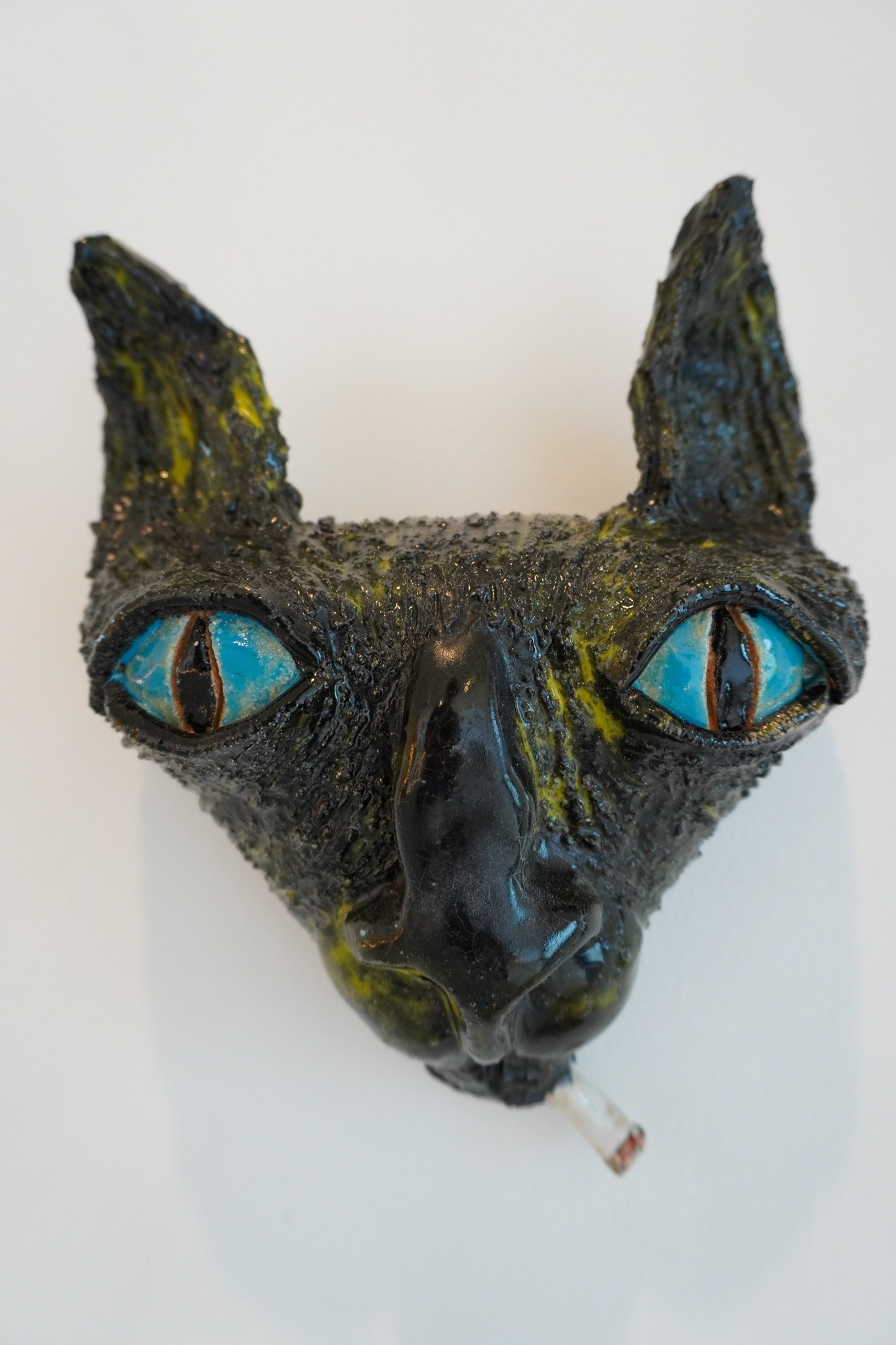
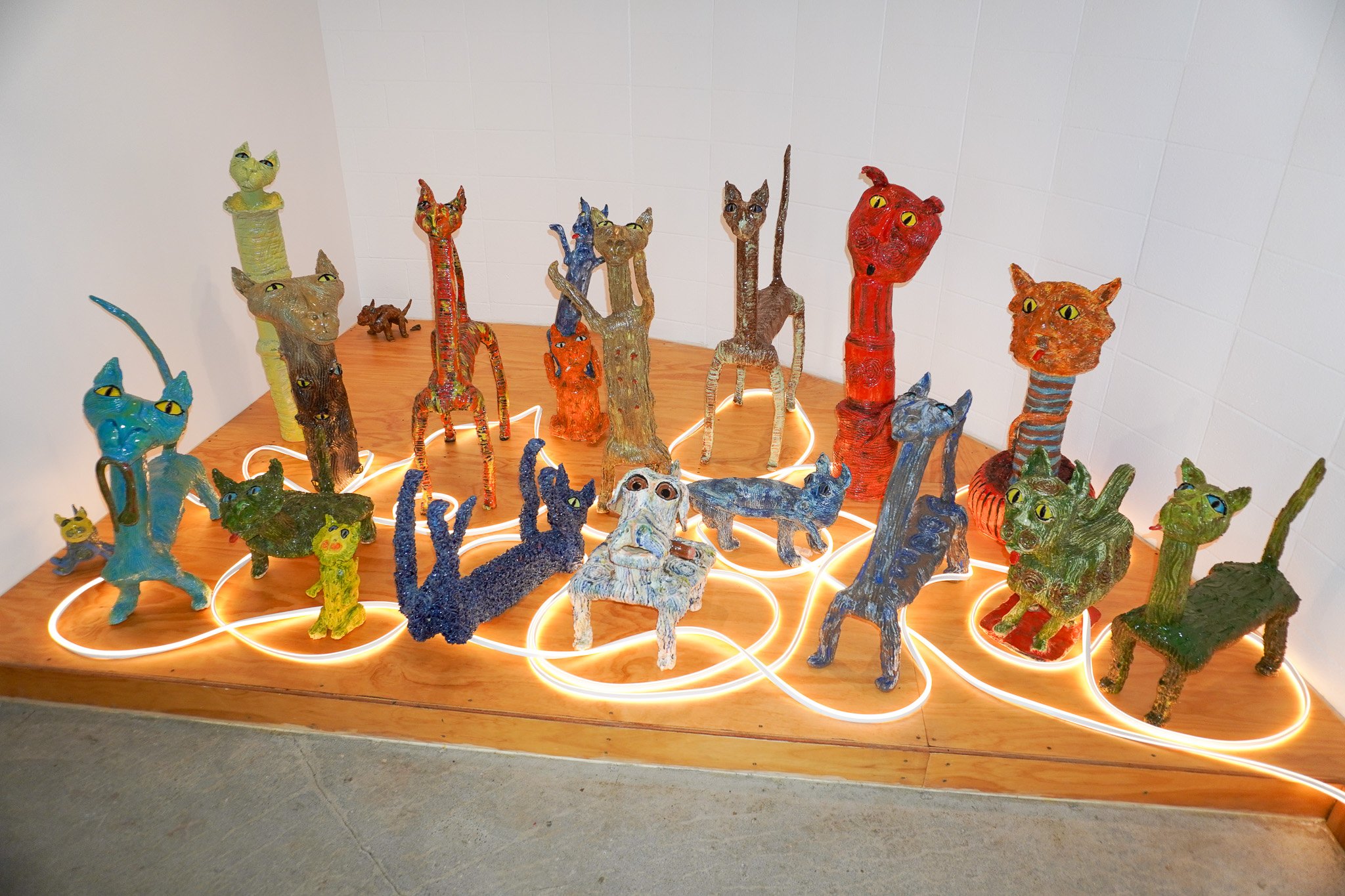
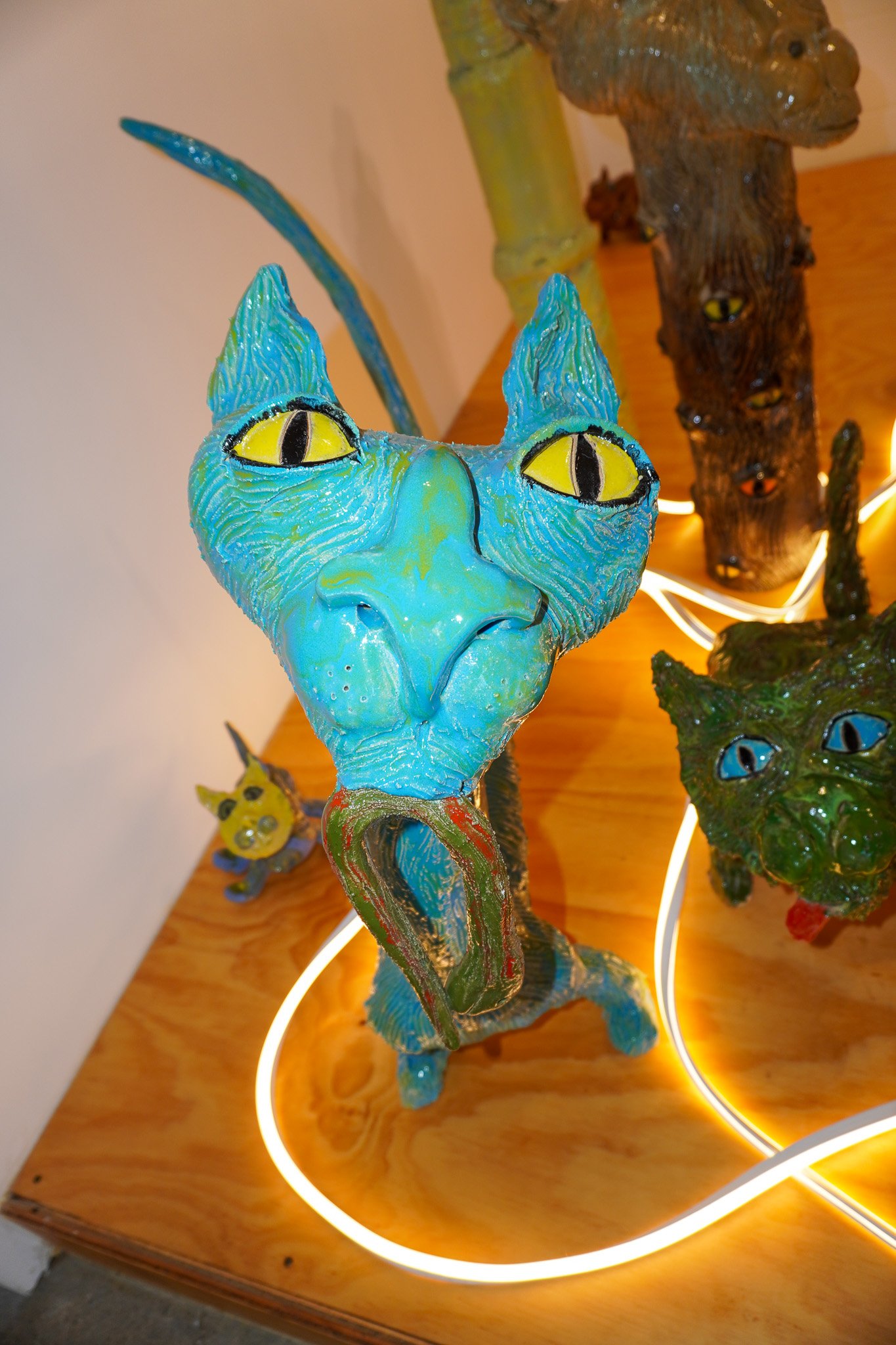
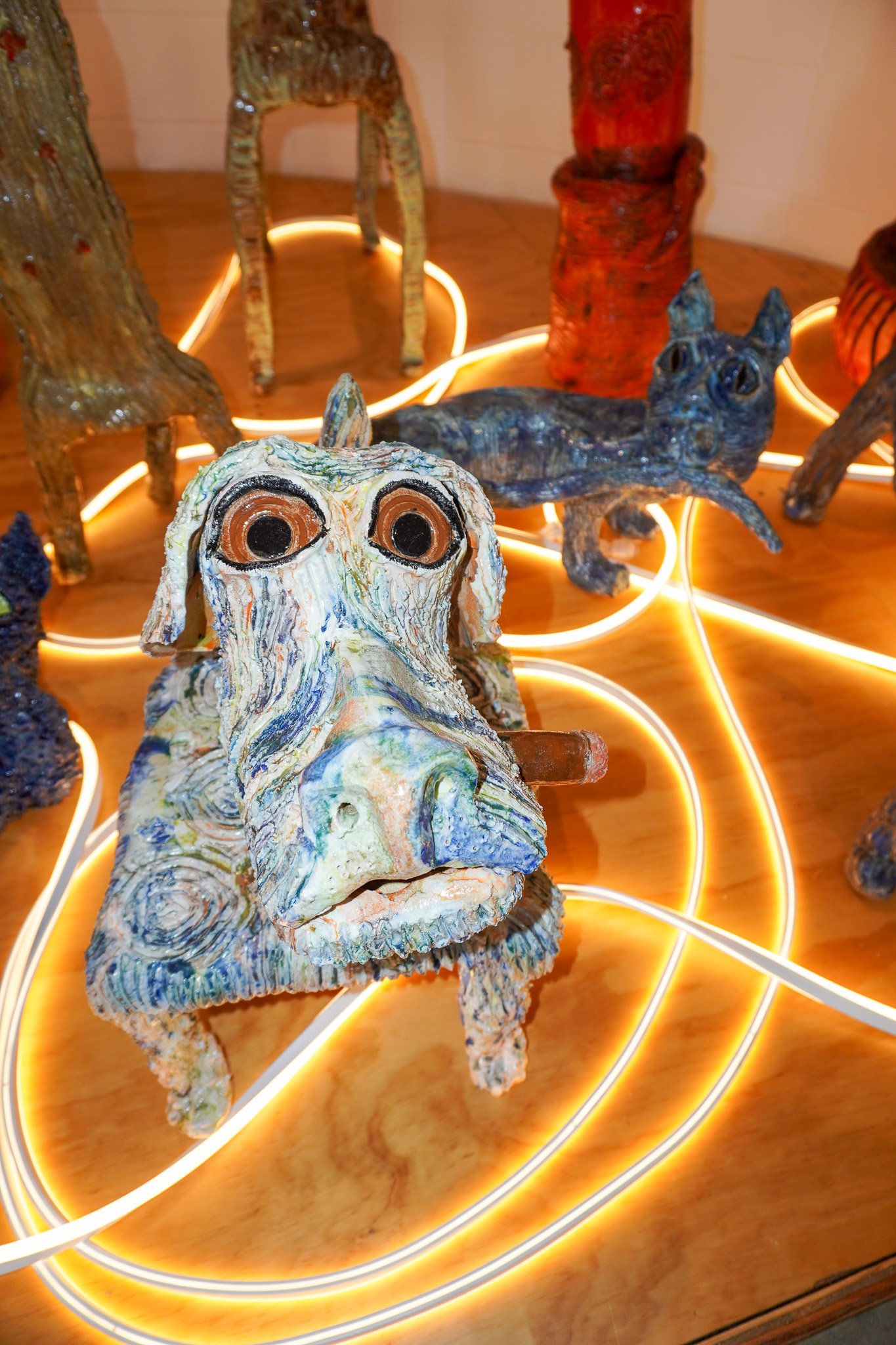
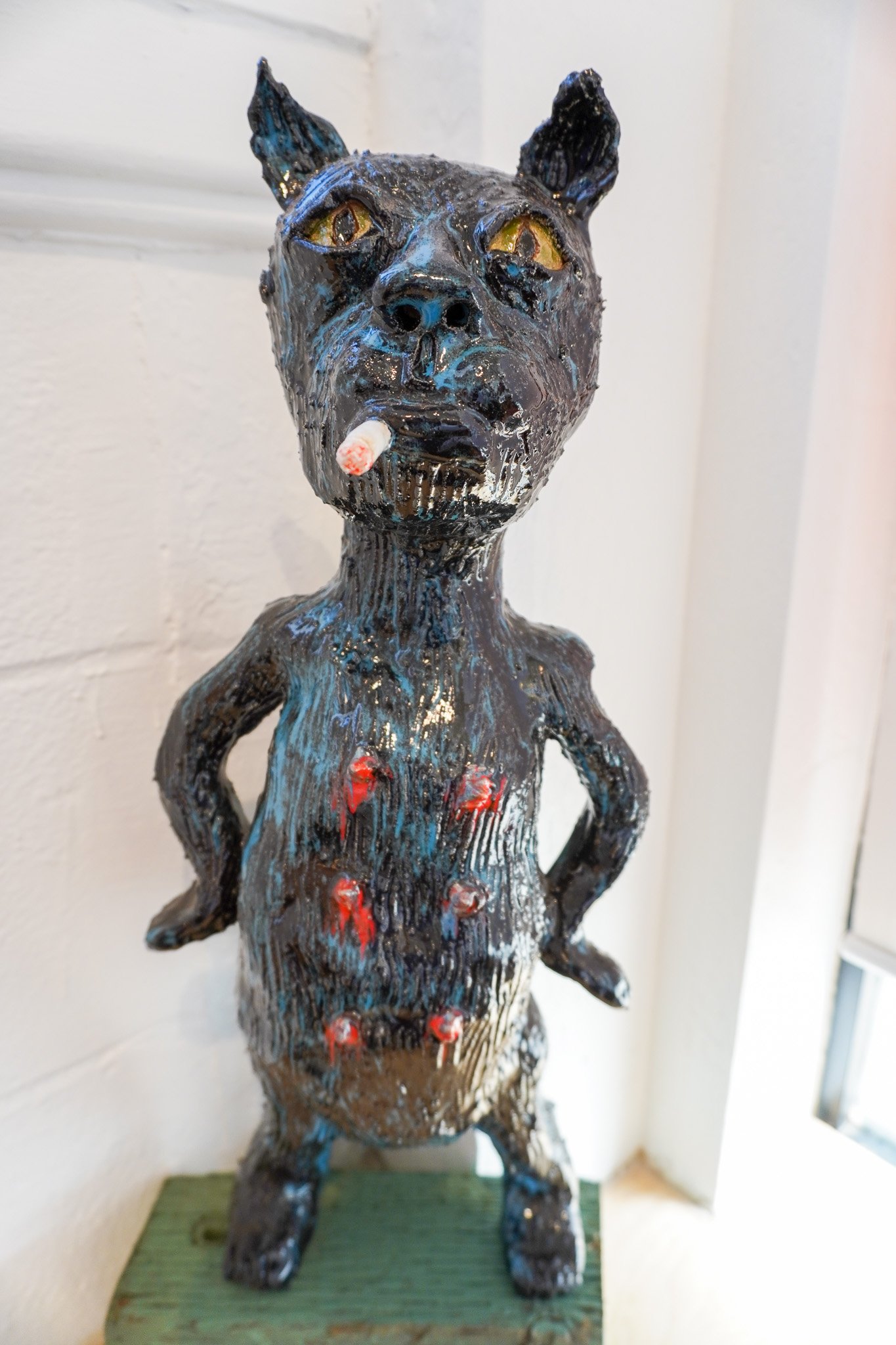
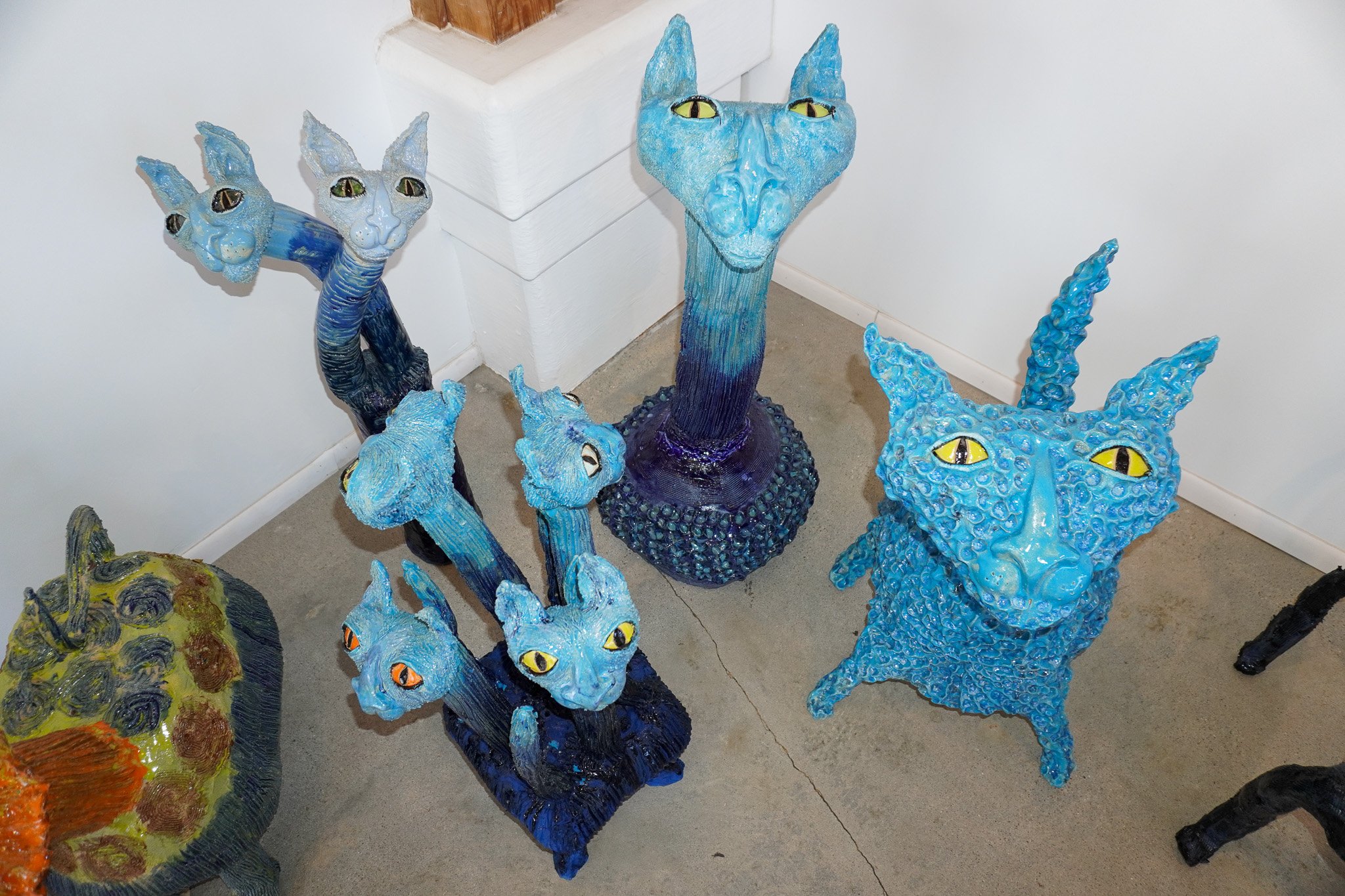
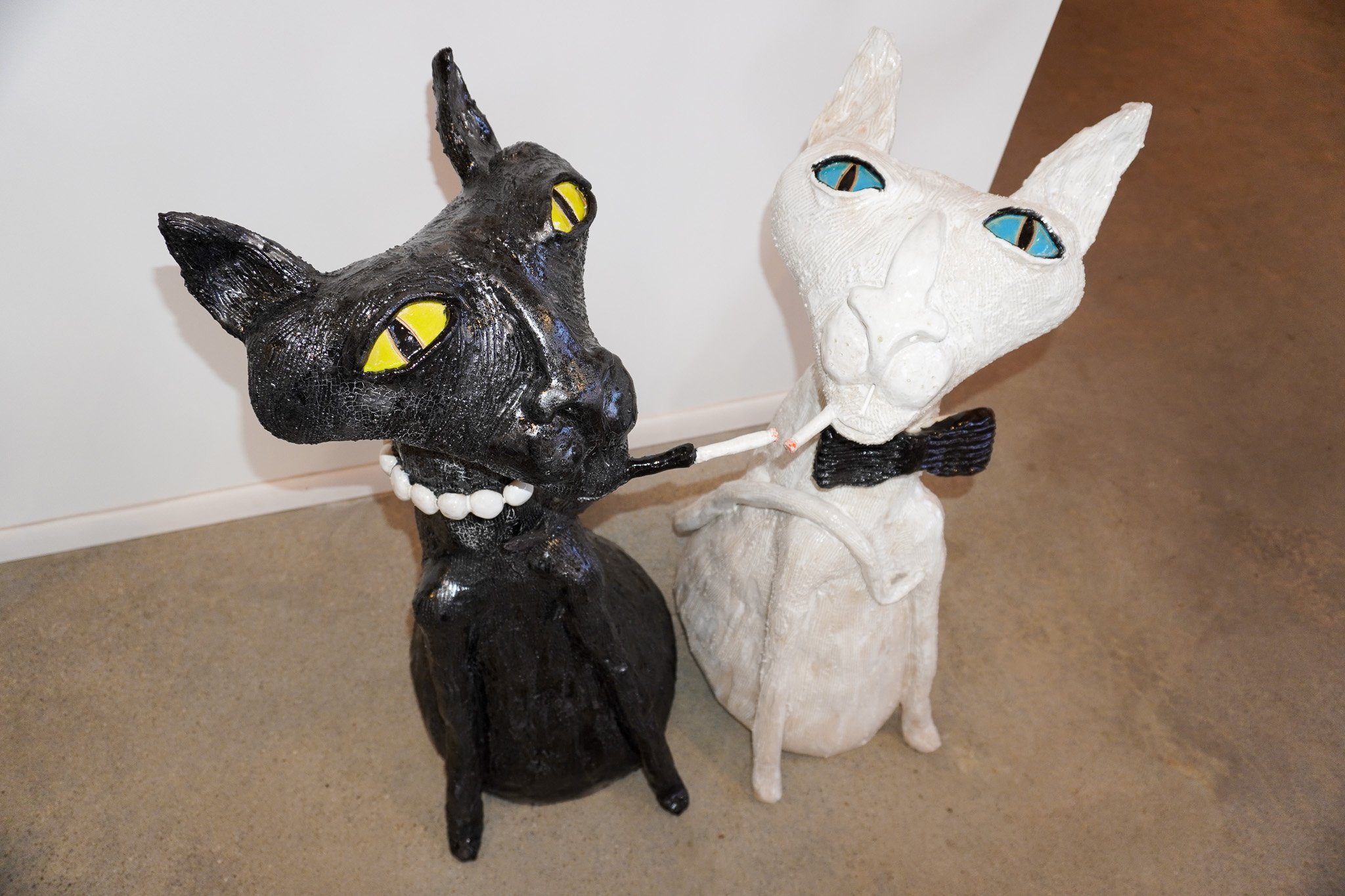


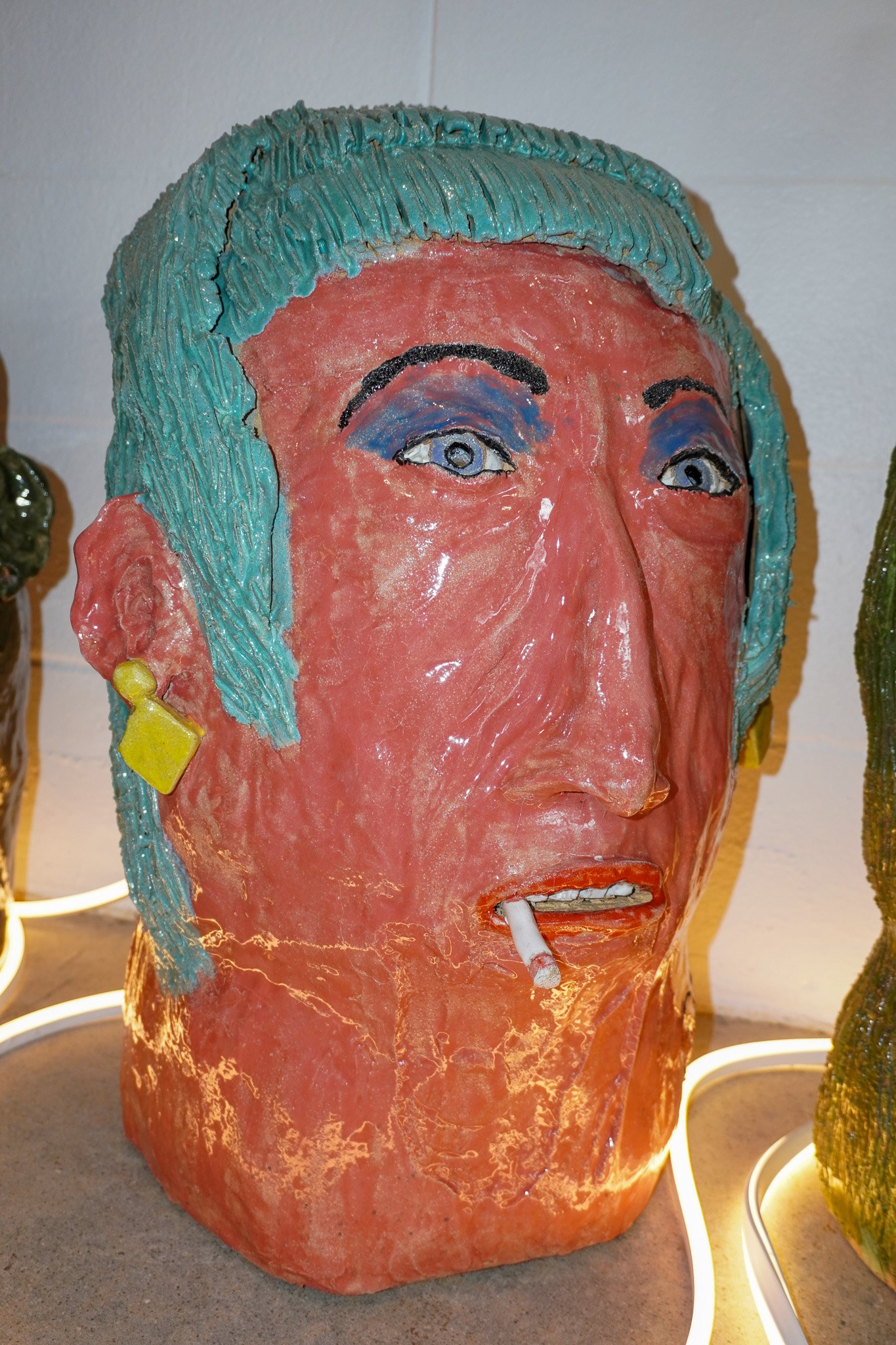

Cruise Control Cambria presents Familiars, the debut solo exhibition of Bay Area-born, Los Angeles-based painter Arthur Wechsler. The artist conducts an epistemic experiment in ten errant images, set astray from their referents in the strong current of familiarity. Familiars is a record of memory’s work, the mutually constitutive faculties of keeping and losing, as deployed on a variety of sources—both distant past and yet becoming, real and fictional, phantasmic and objectively material.
For an LA resident of many years, the cityscape’s major features diverge from themselves, inextricable from what he adds to them. LA River, for instance, finds the image of a landscape contorted through the cumulative mediation of Wechsler’s thousands of encounters with the real site. Upon any one encounter with the river, a heap of associations—the deep sediment of past impressions—overwhelm present perception. After many visits, the river (the real thing in itself), buried under the conceptual mass which is projected onto it, is in equal measure familiar to and estranged from consciousness. And so it recedes from composition too, calling attention to the paint as such—material added to the world. A nod to impressionist and post-impressionist traditions, Wechsler insists on the fact of this material while also destabilizing the figures in a scene. Following those traditions, Wechsler’s textural compositions bear the discernable mark of his hand so as to reject a sterile distance between scene and painter. But unlike the (post-)impressionists who worked en plein air, Wechsler paints in-studio, sometimes with reference to a sketch or photograph of a scene, but often not. Paradoxically, this choice tends to emphasize an artist embedded among the scene’s objects, fixing canvas and scene in a perceptual feedback circuit—one which loosely maps the function between source and self, referent and remembrance.
Elsewhere, Wechsler rejects the (already dubious) tether to real objects completely, turning instead to dreams—a type of image whose appearance doesn’t correspond to any thing in particular. In this case, the world offers him no recourse, no river to revisit every now and then. As with successive encounters with a real world object, so too does the memory of a dream undergo recursion. To “remember” an image for the nth time is really to “remember” it as it appeared the n-1th time, and so on back until its first appearance. The nth remembrance, then, is a sort of alchemical composite of the first n-1 remembrances and the original appearance. With each iteration of this loop (each remembrance) the image suffers a contraction—the sum of singular detail whittled down, particularities buffed out, simplifying concepts imposed—while also changing qualitatively upon contact with other material—different memories, new experiences or, perhaps, an unfinished painting. In the case of Wechsler’s dream scenes, Whippet and Gnome in Inverness, the paintings-in-process were not simply a depiction or transposition of “a memory”, updated at each of its successive passes through the loop. They also constituted an external detour of the loop, both shaping and shaped by the remembered material of each pass. Their creation was the slow, iterative externalization of a mental rehearsal: memory’s recursion enacted in oils, its pigment trace borne by canvas.
With Familiars, real landscapes and stable objects receive the same pictorial treatment as transitory scenes and phantasms; all are subject to the recursive work of memory and perception, all are lost to the same extent that they become familiar. Everyday encounters with a scene stack up to ambiguate the perceptual field, while successive recollections of a fleeting hallucination subtract and stray from the inaugural appearance. Wechsler implicates both of these formulations of seeing and remembering—additive and subtractive—in one another. The crucial point is that Wechsler’s paintings do not claim to represent the image at its original encounter. Rather, those images surrender themselves to a process—a circuit of memory and perception, oscillating between tenses, in which the painting is immanent material and which, left alone, would proceed ad infinitum. In a decisive moment, Wechsler pulls the plug; the painting is done. These are the vestiges of ten broken circuits.
-TEXT BY ALANA BAER AND JUSTIN SCHEER-
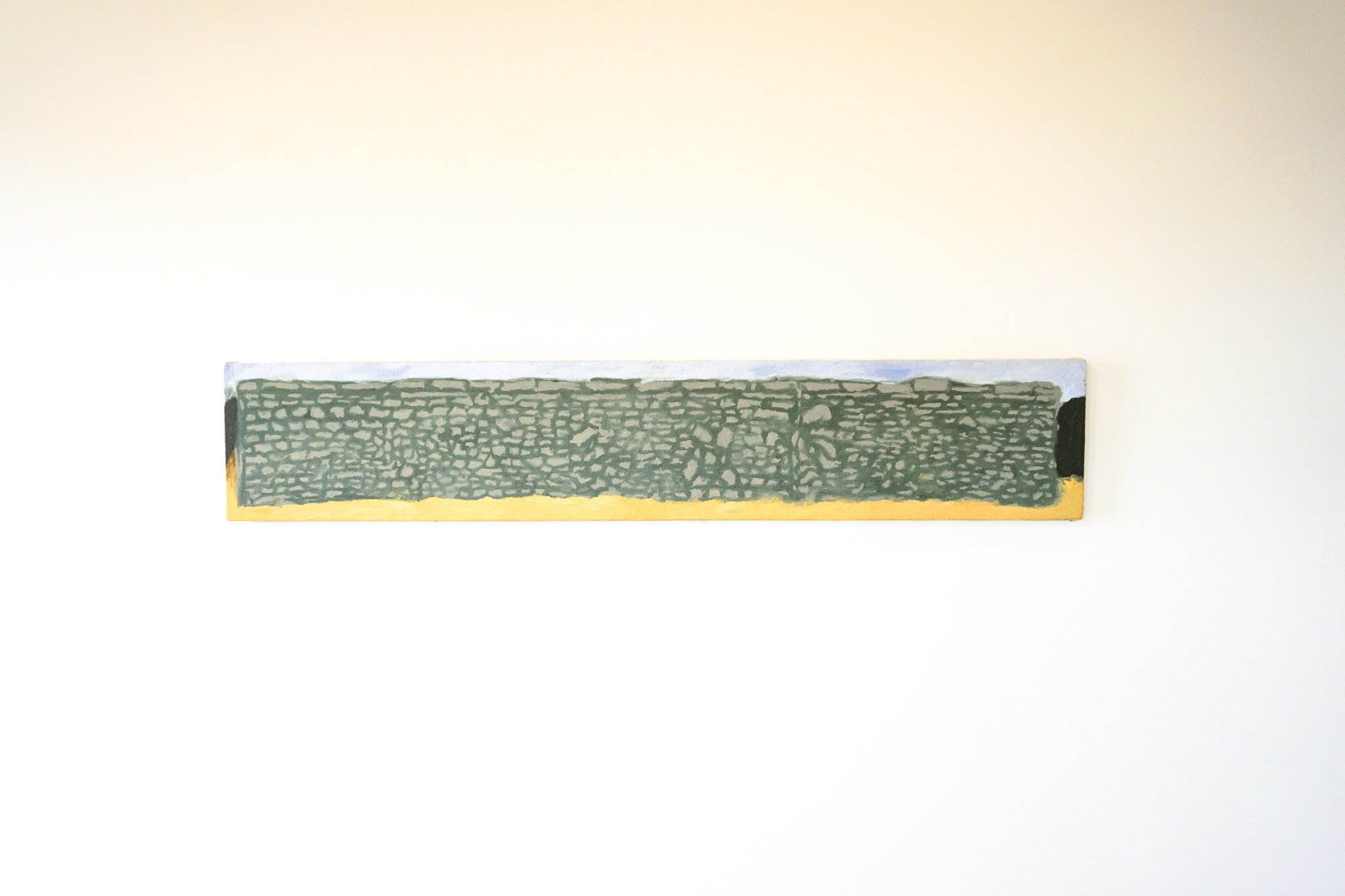
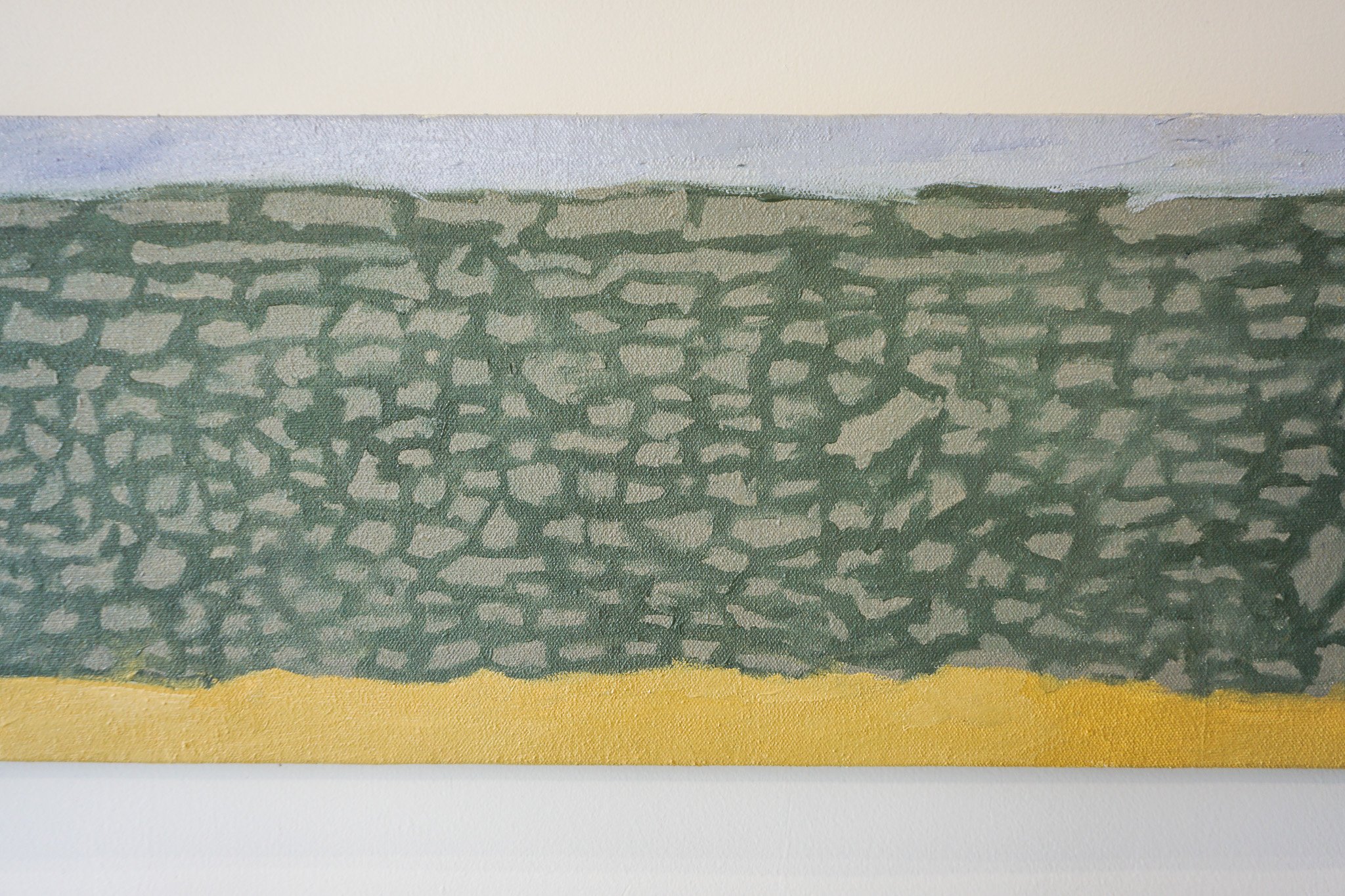
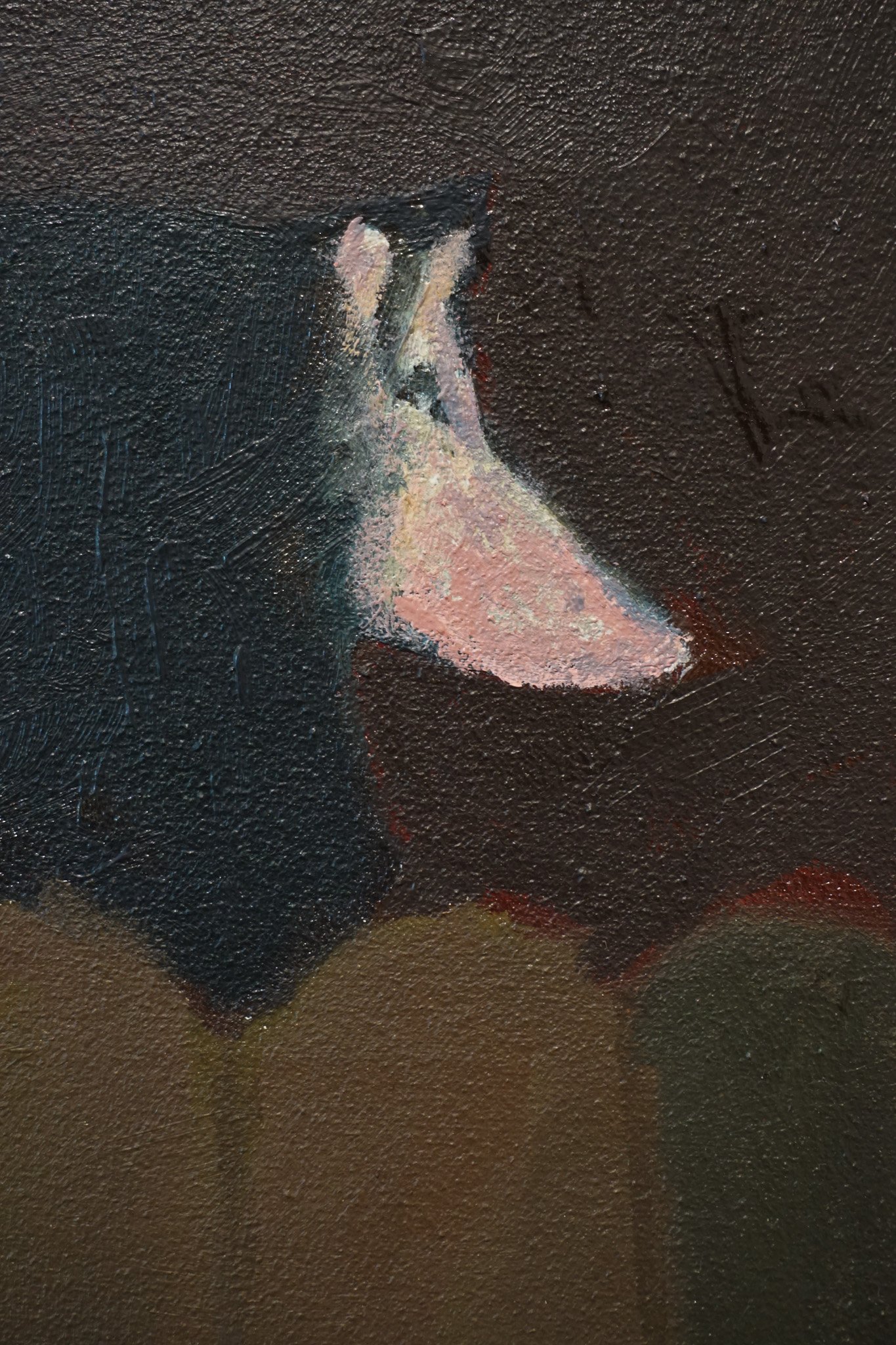
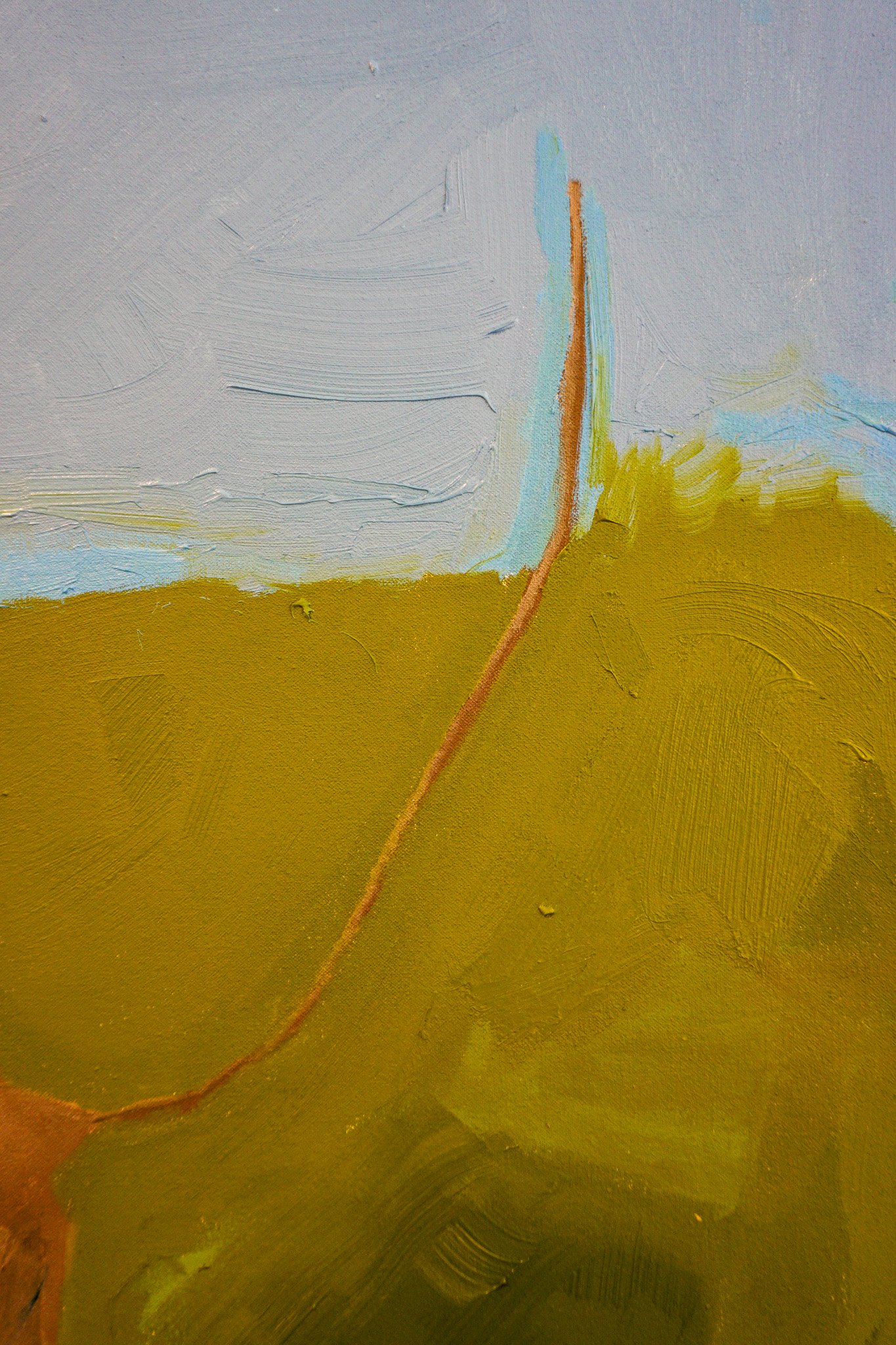
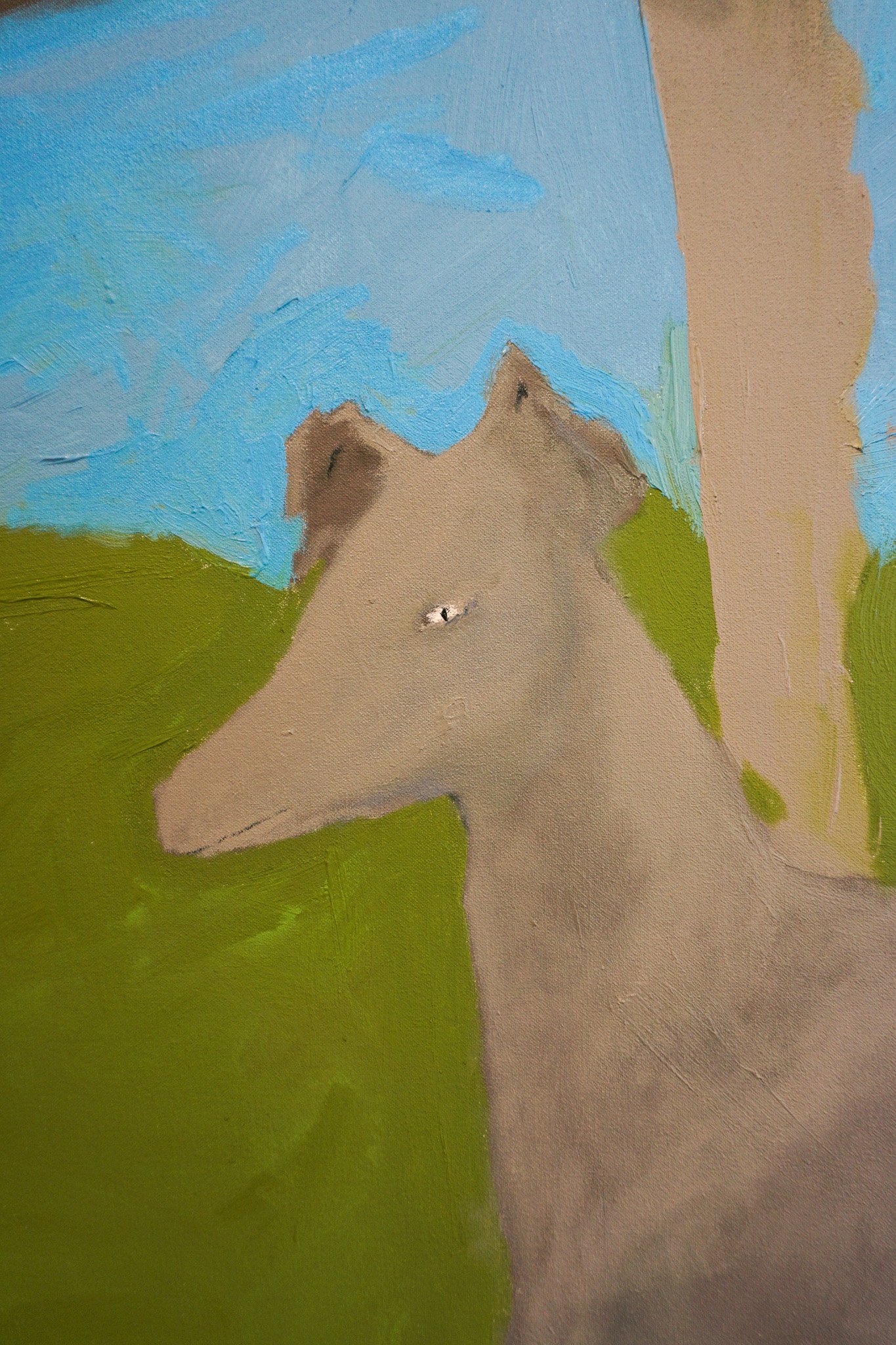
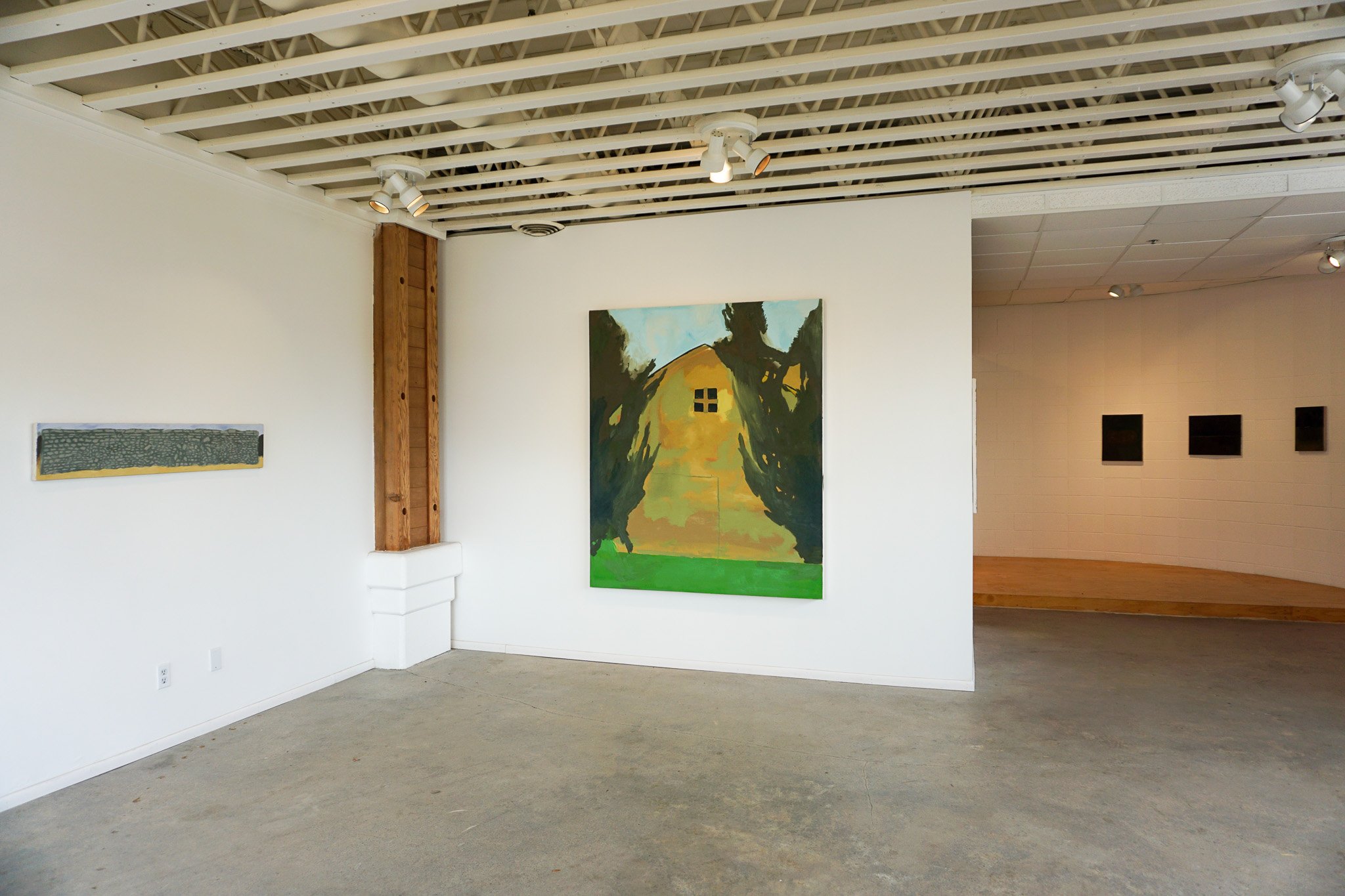





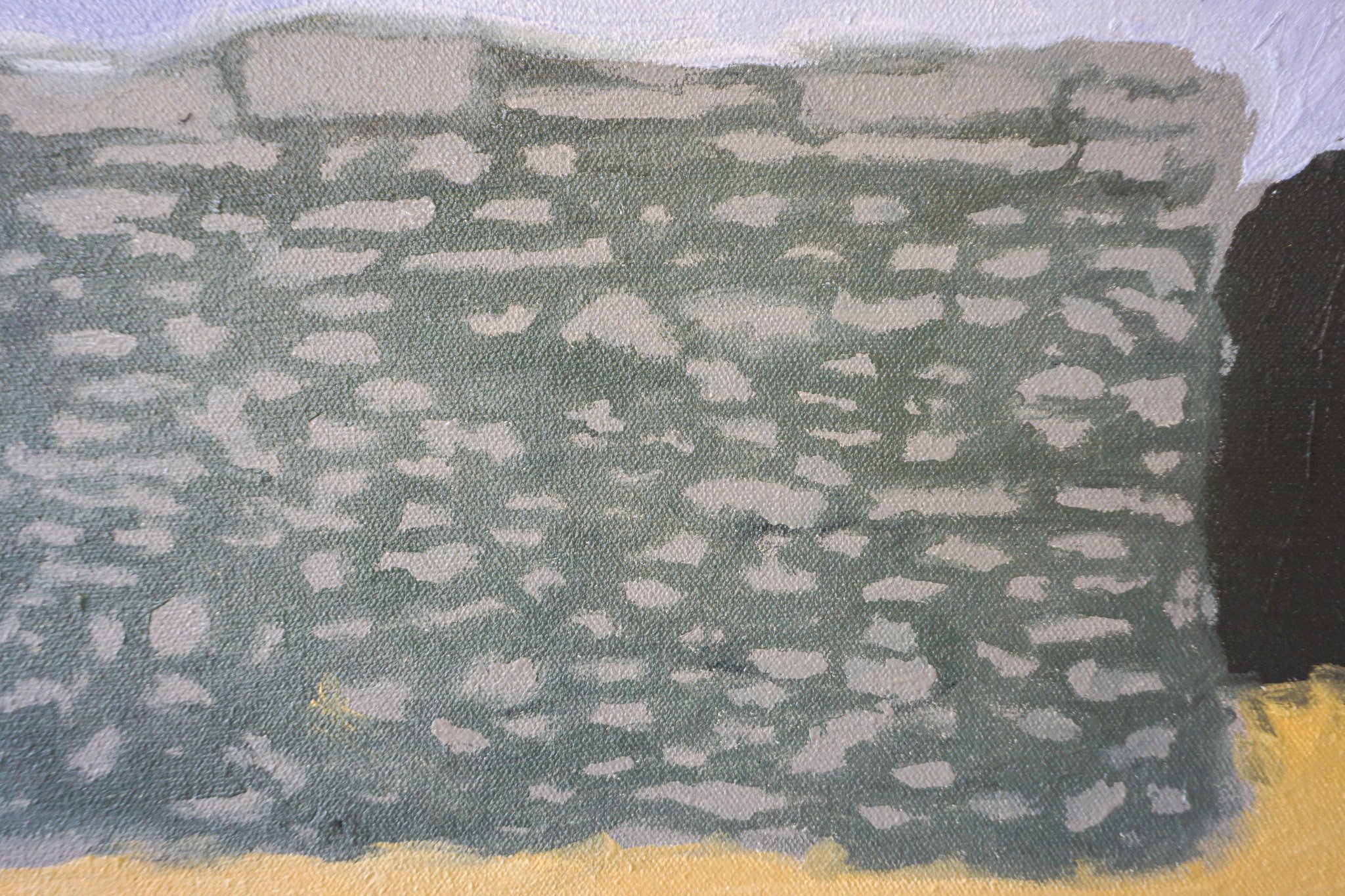
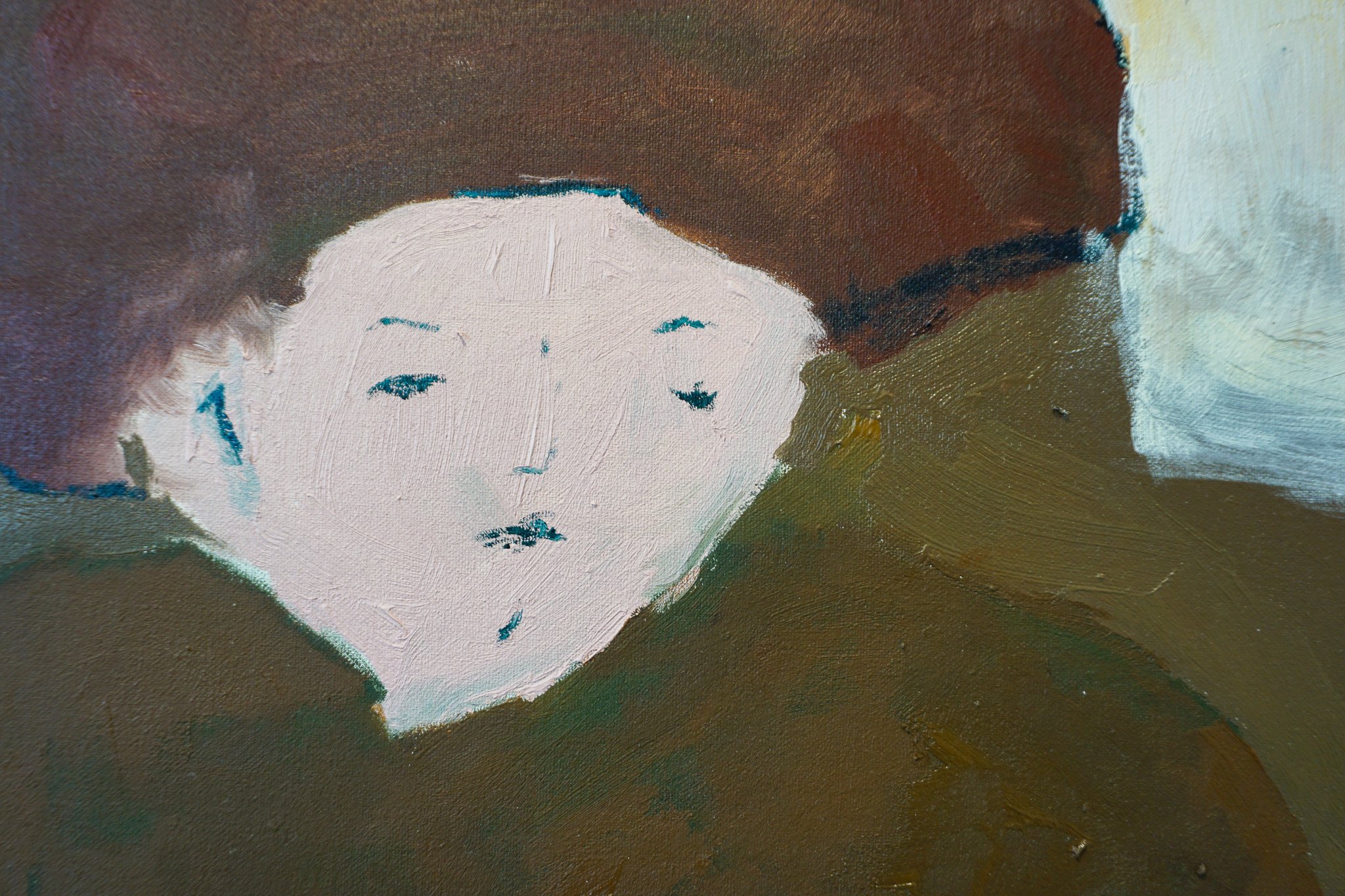


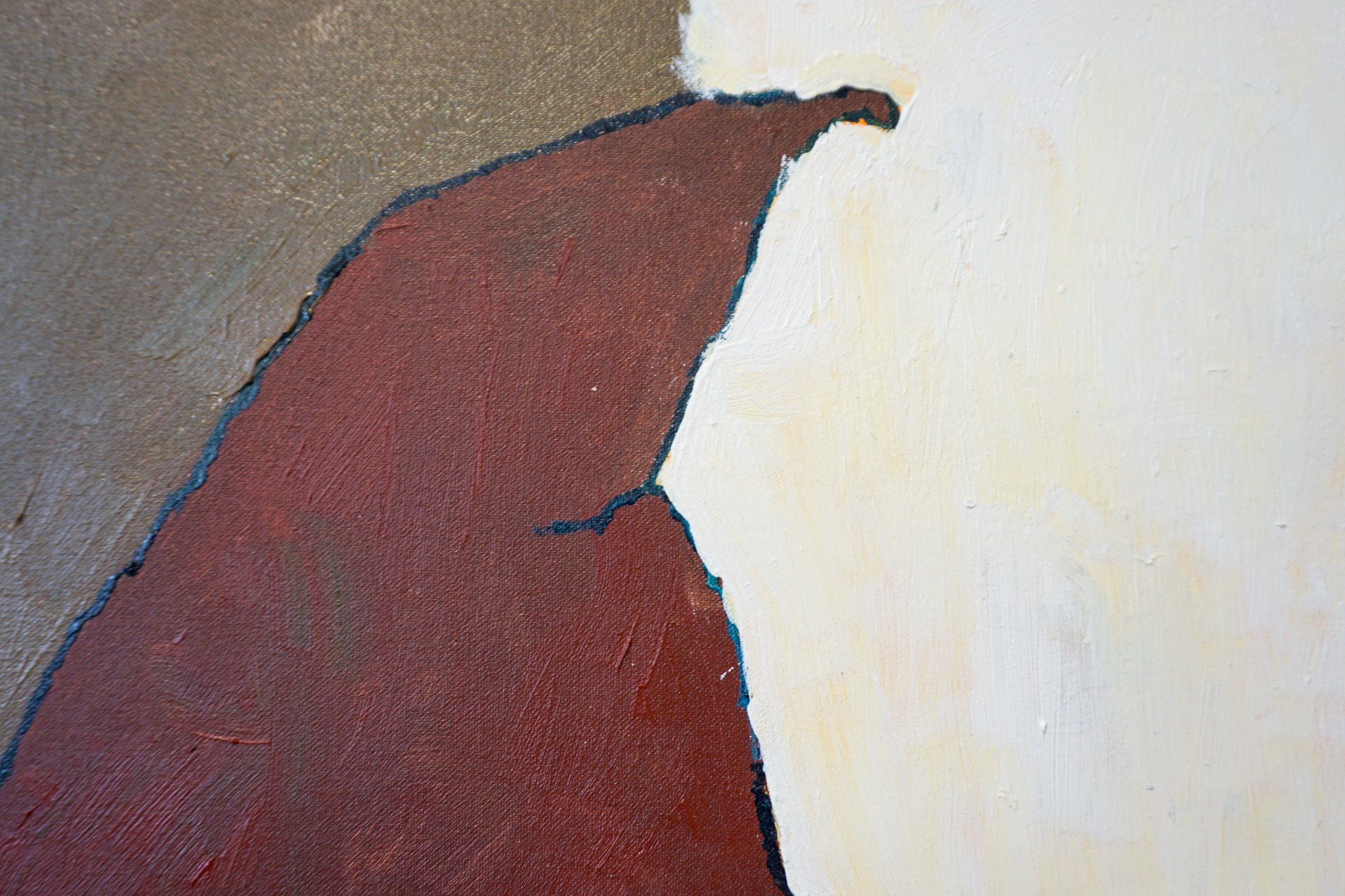
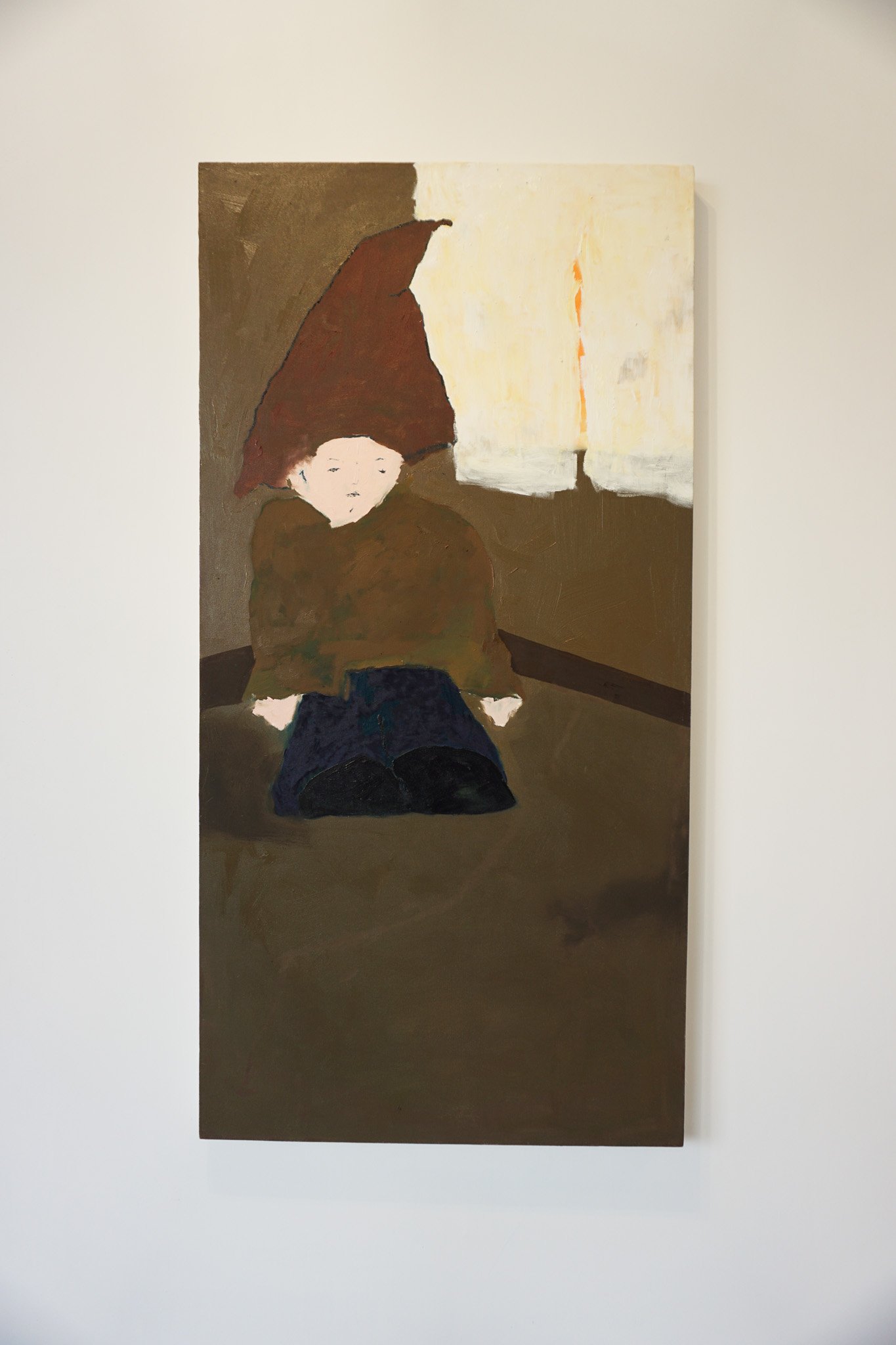
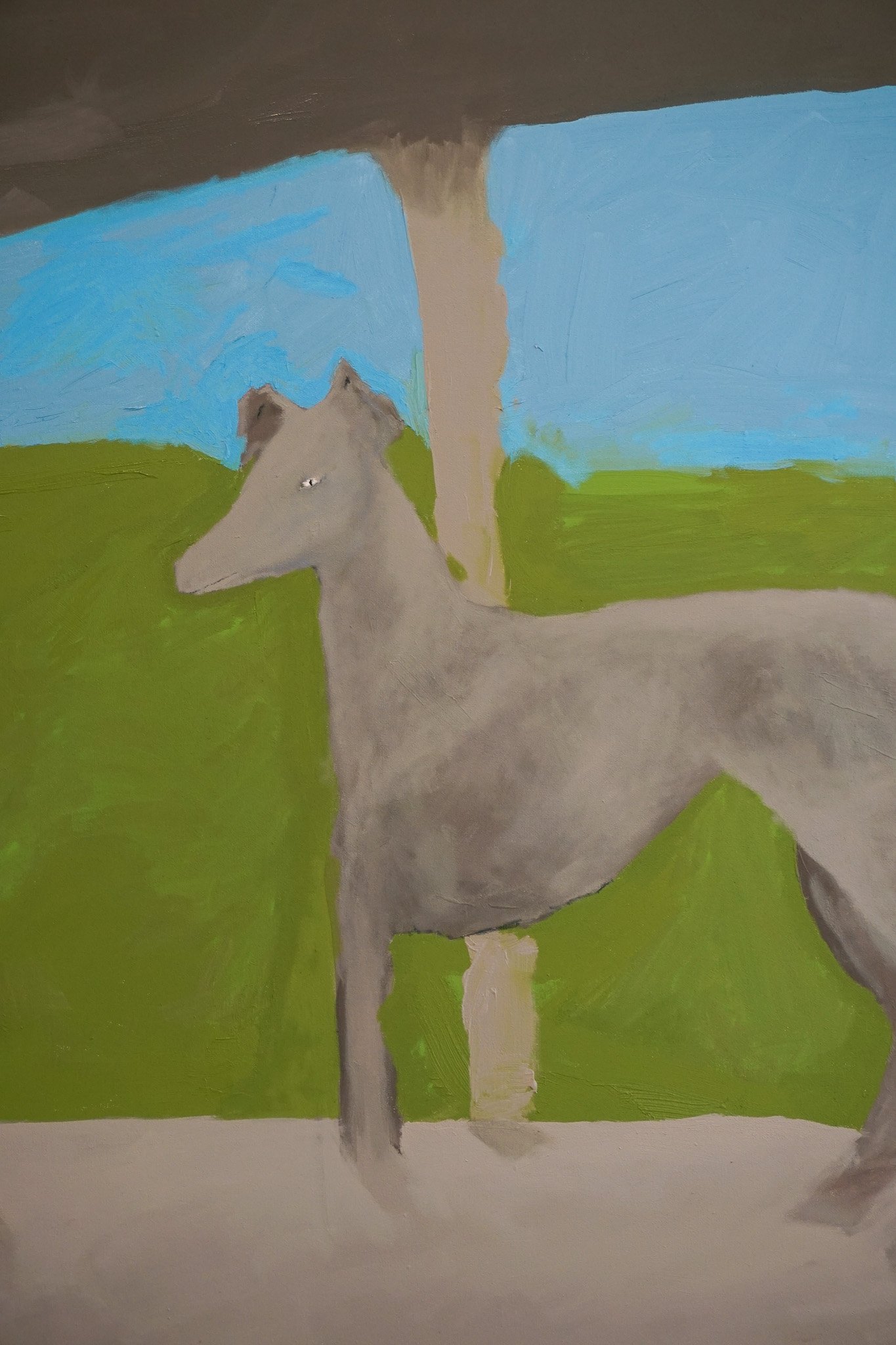
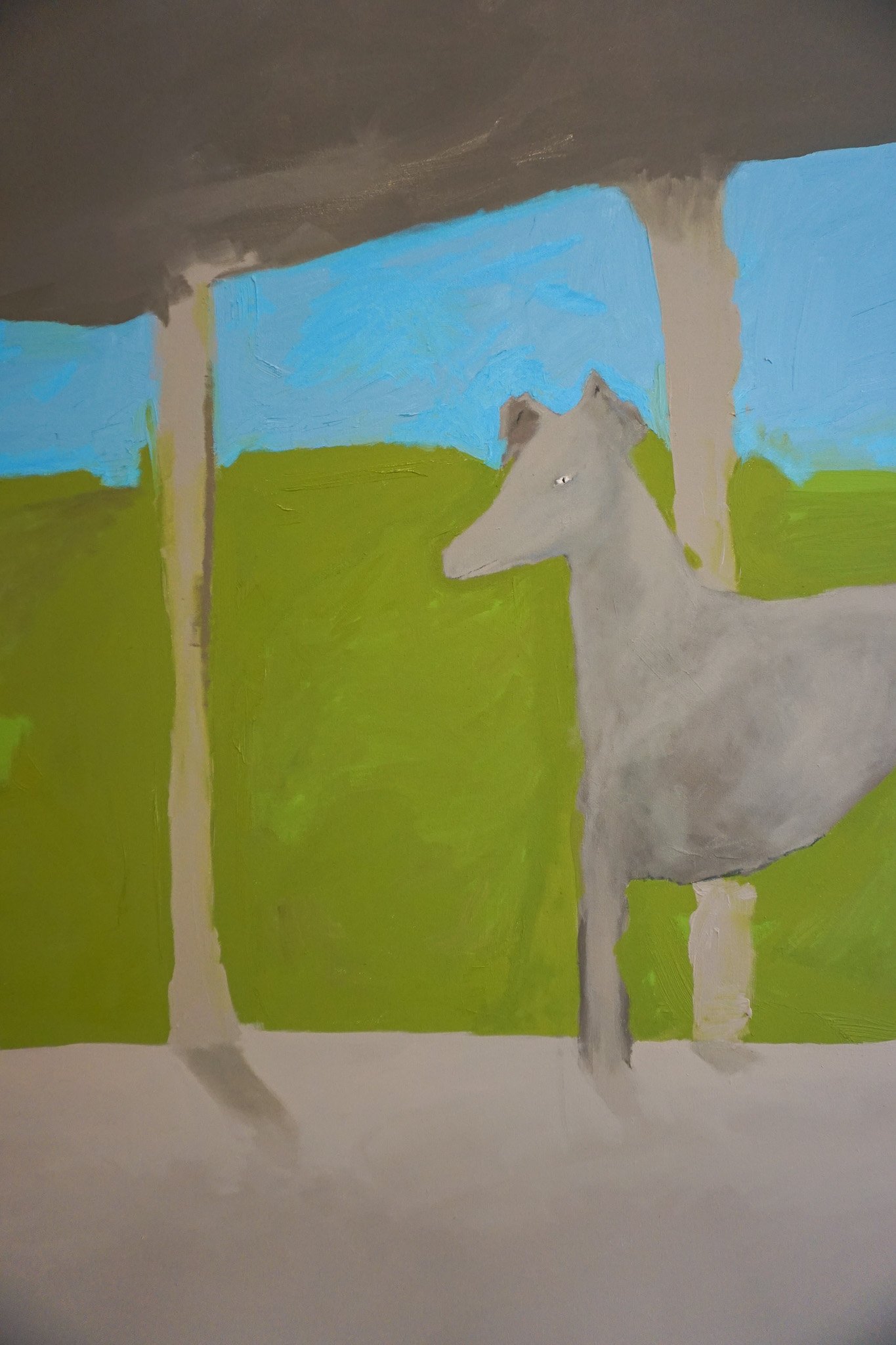
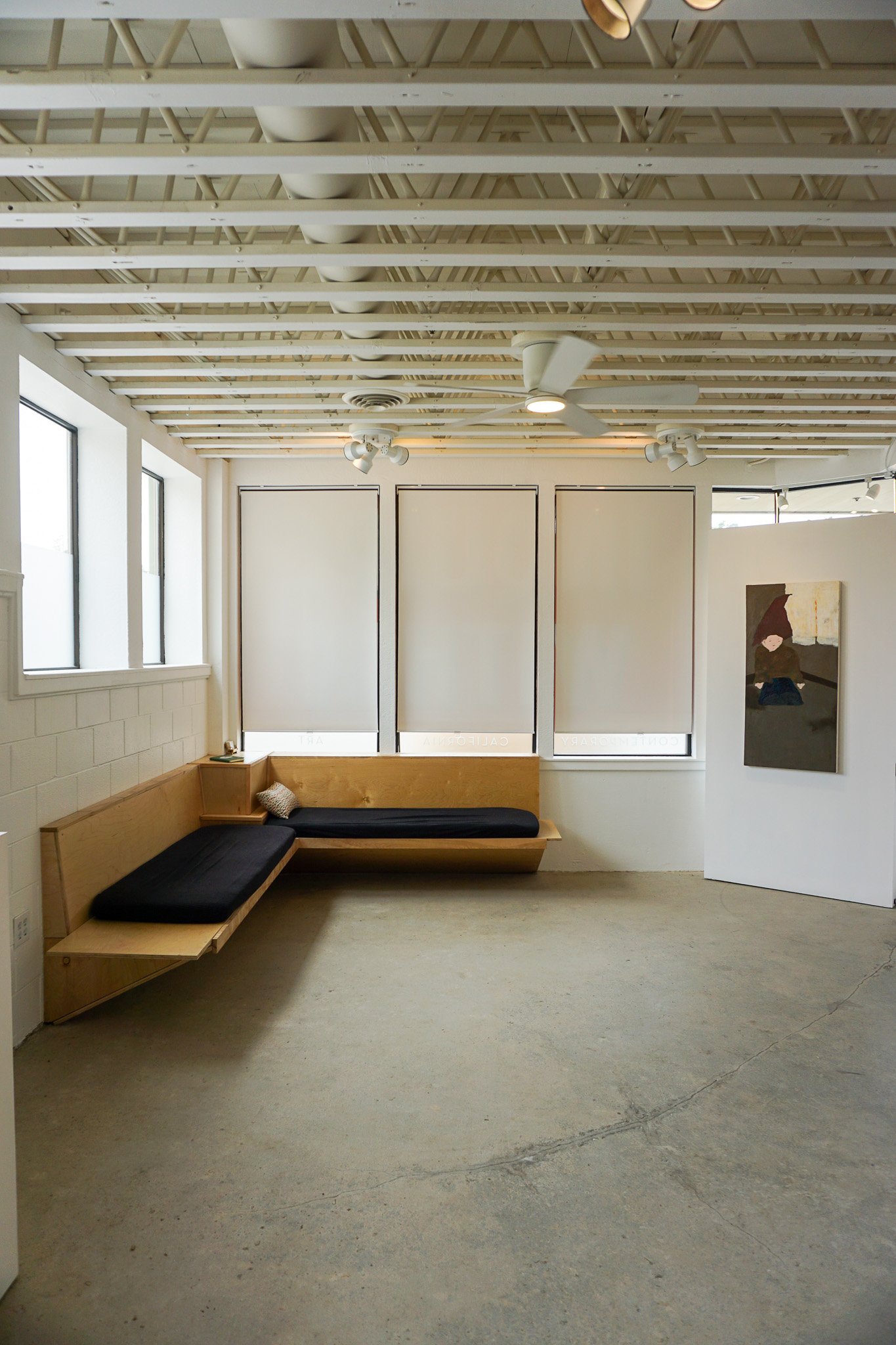
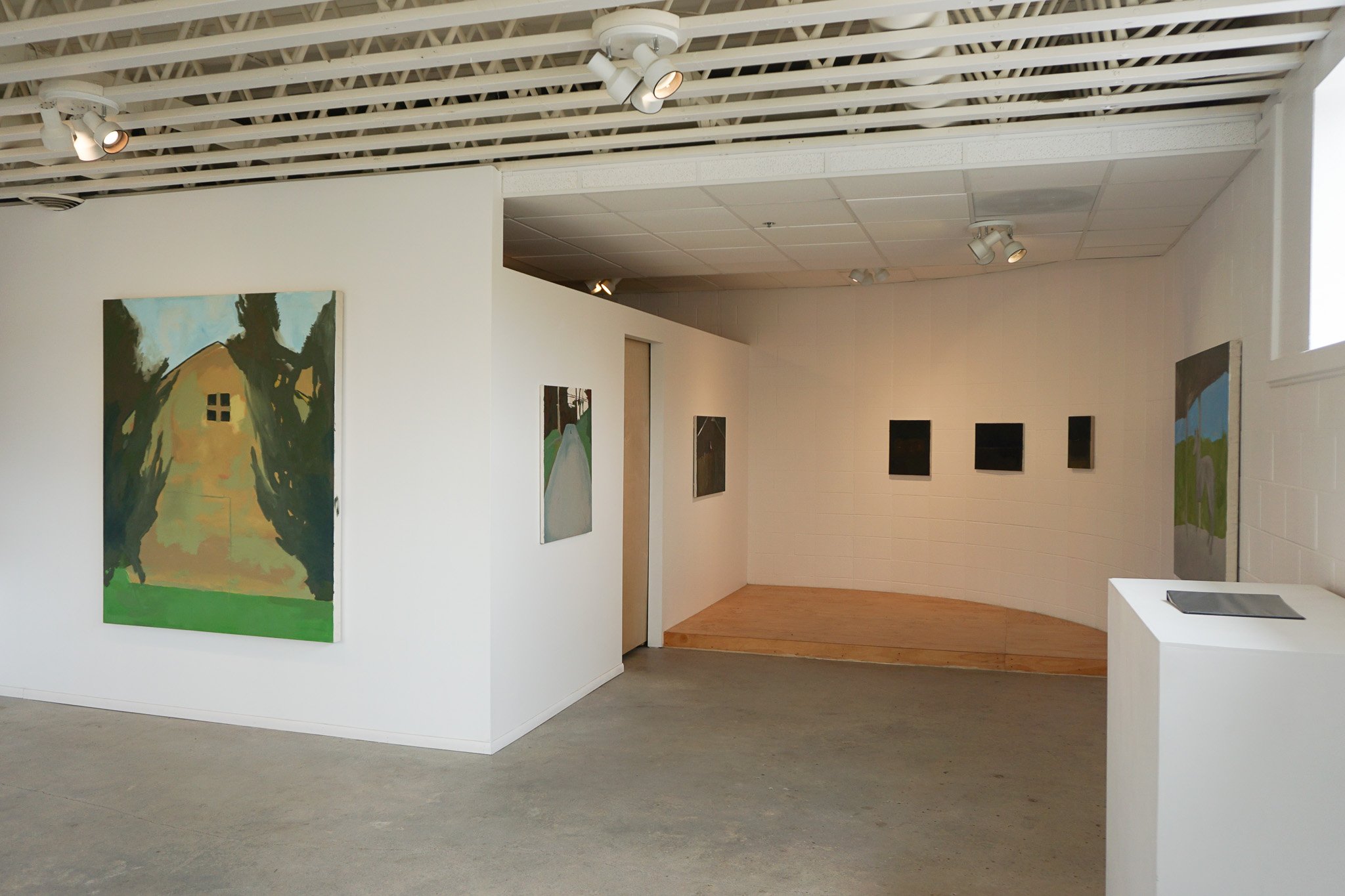
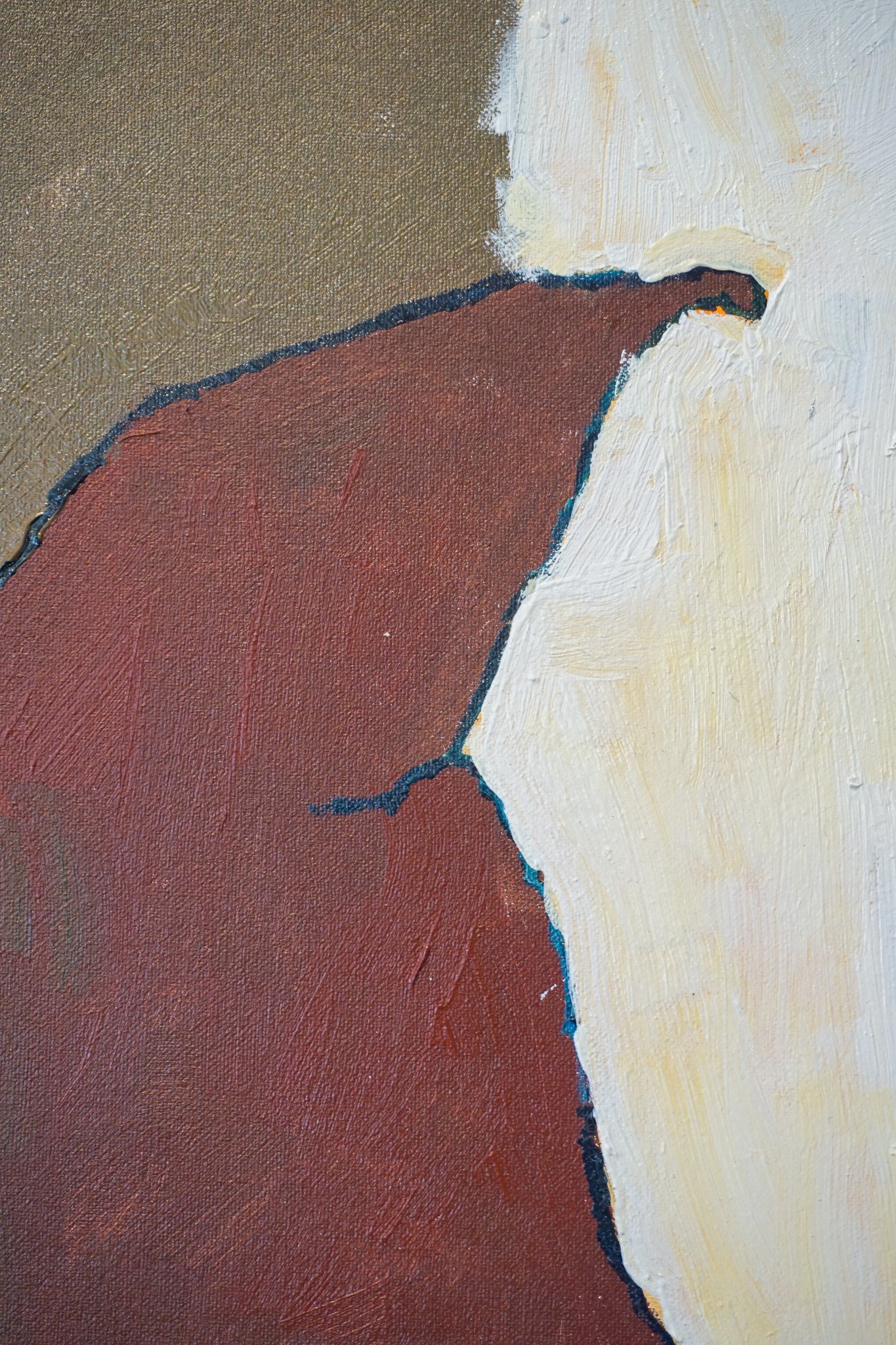
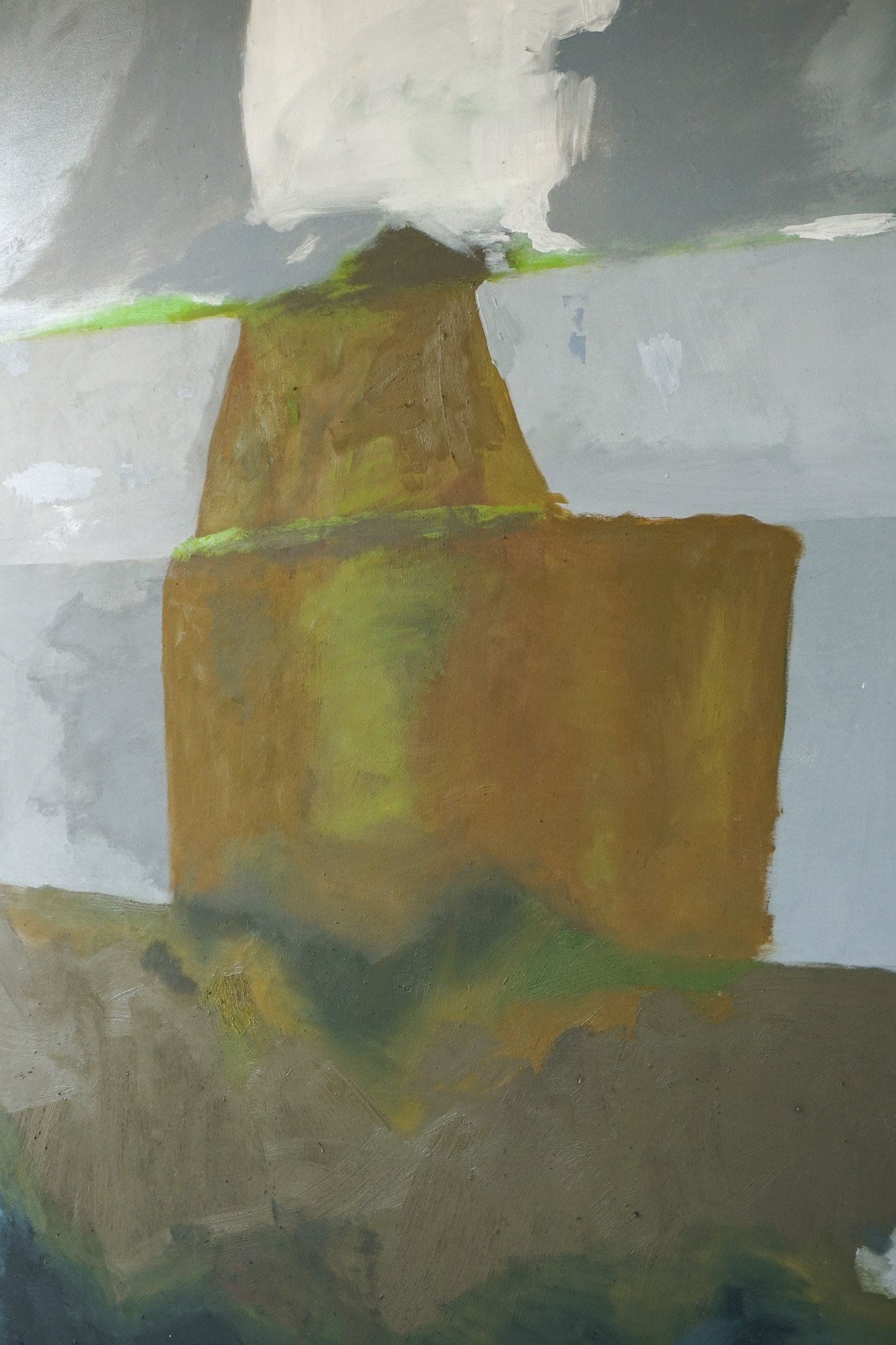
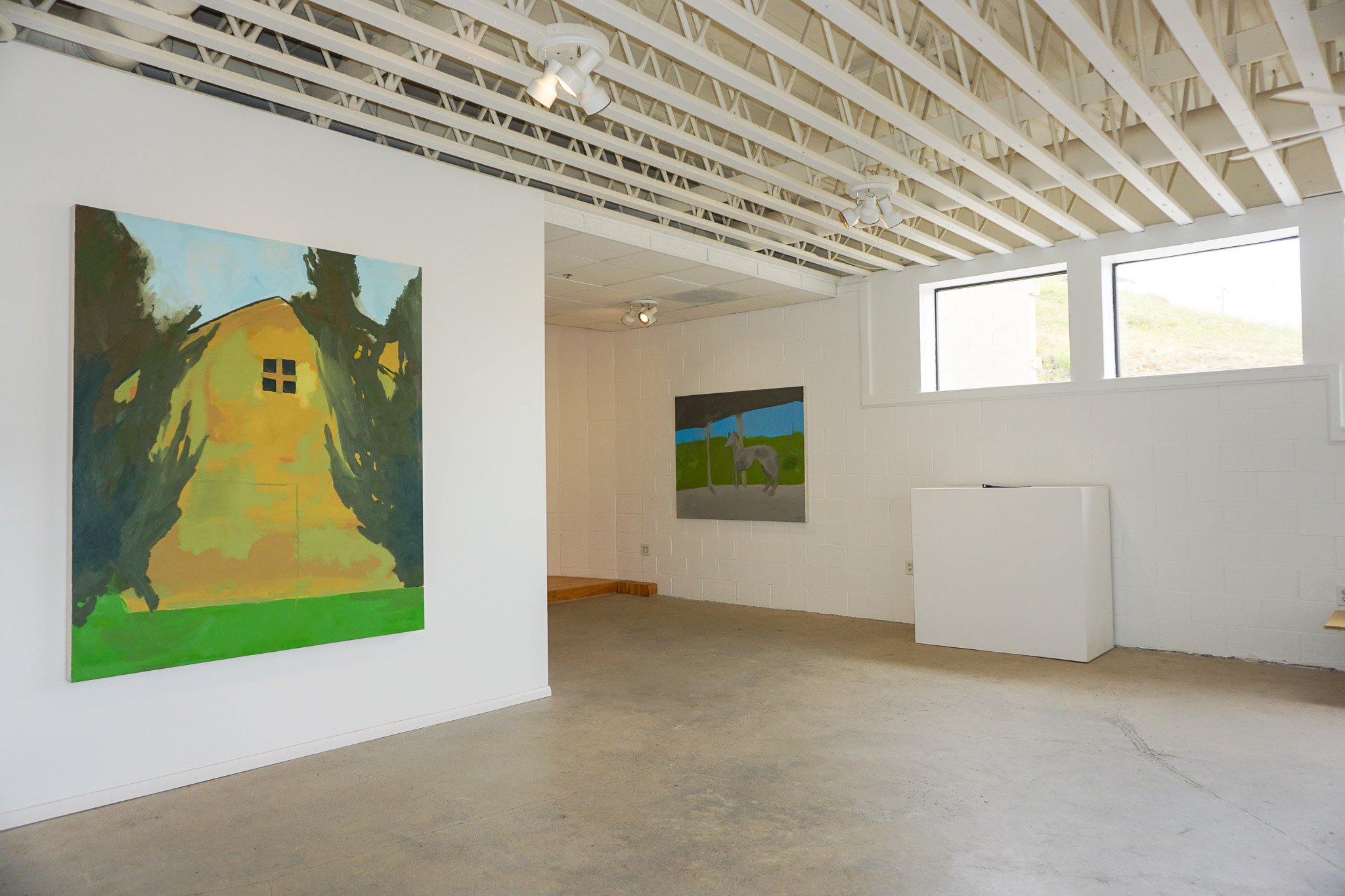
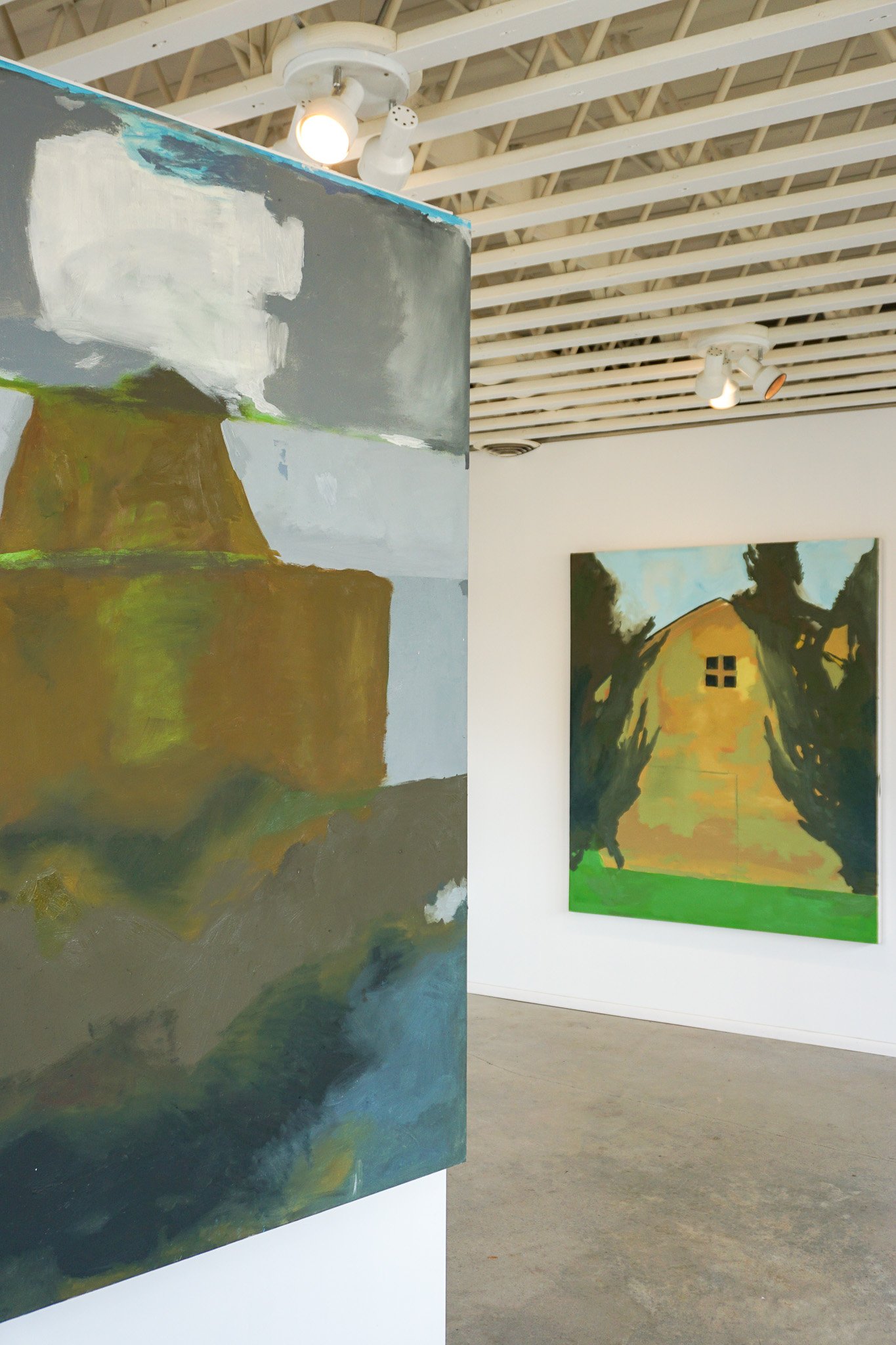
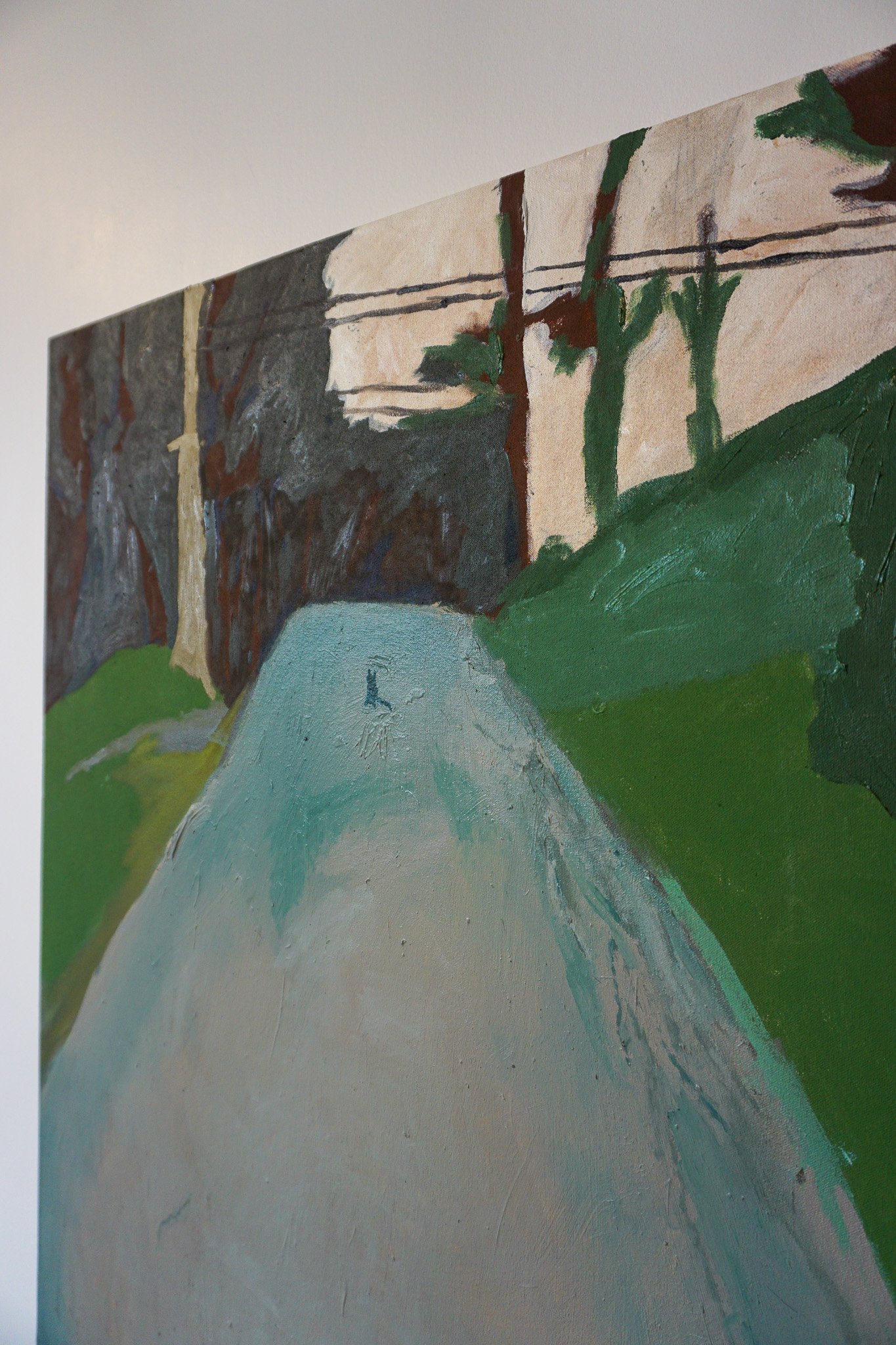

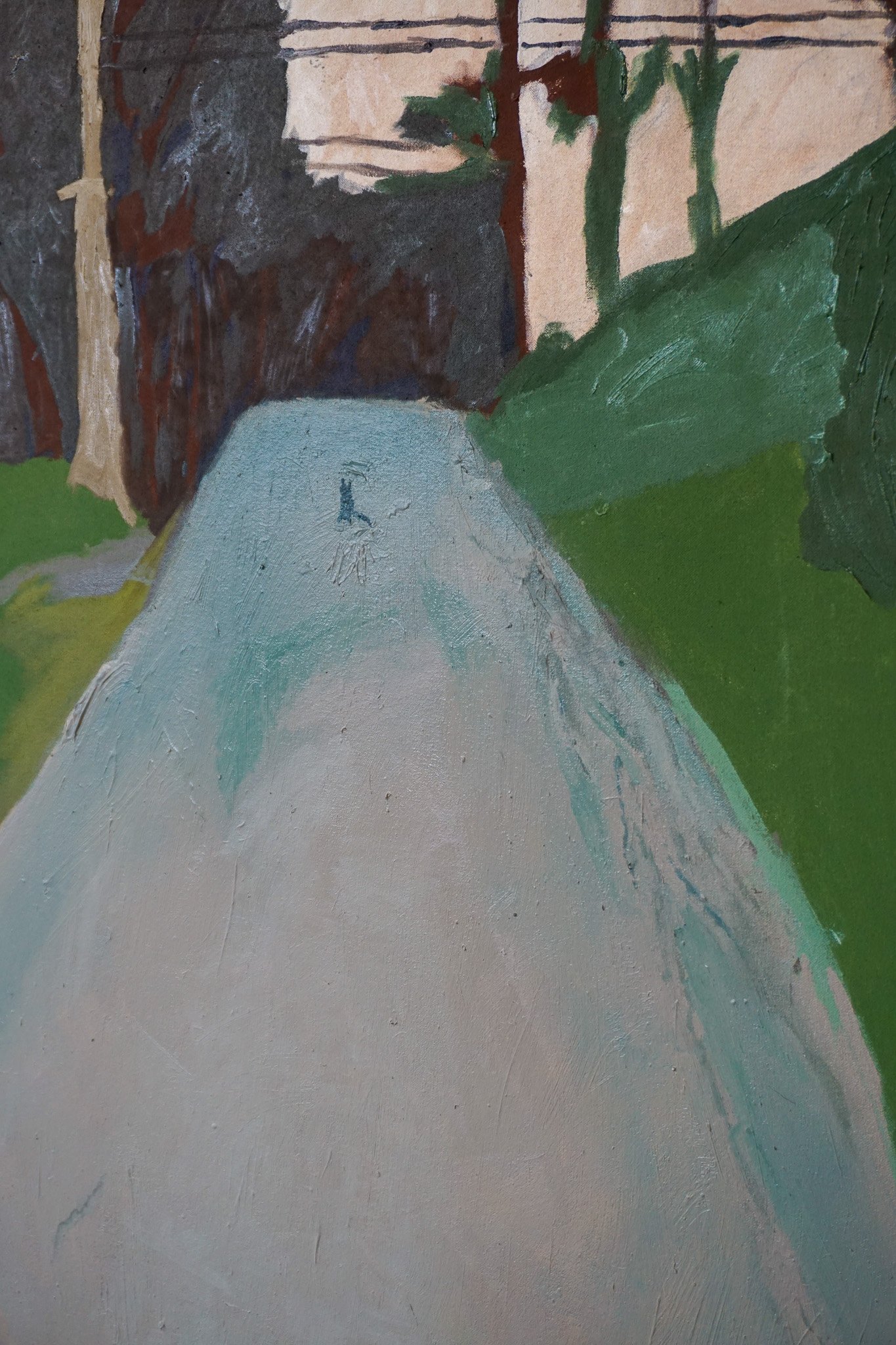
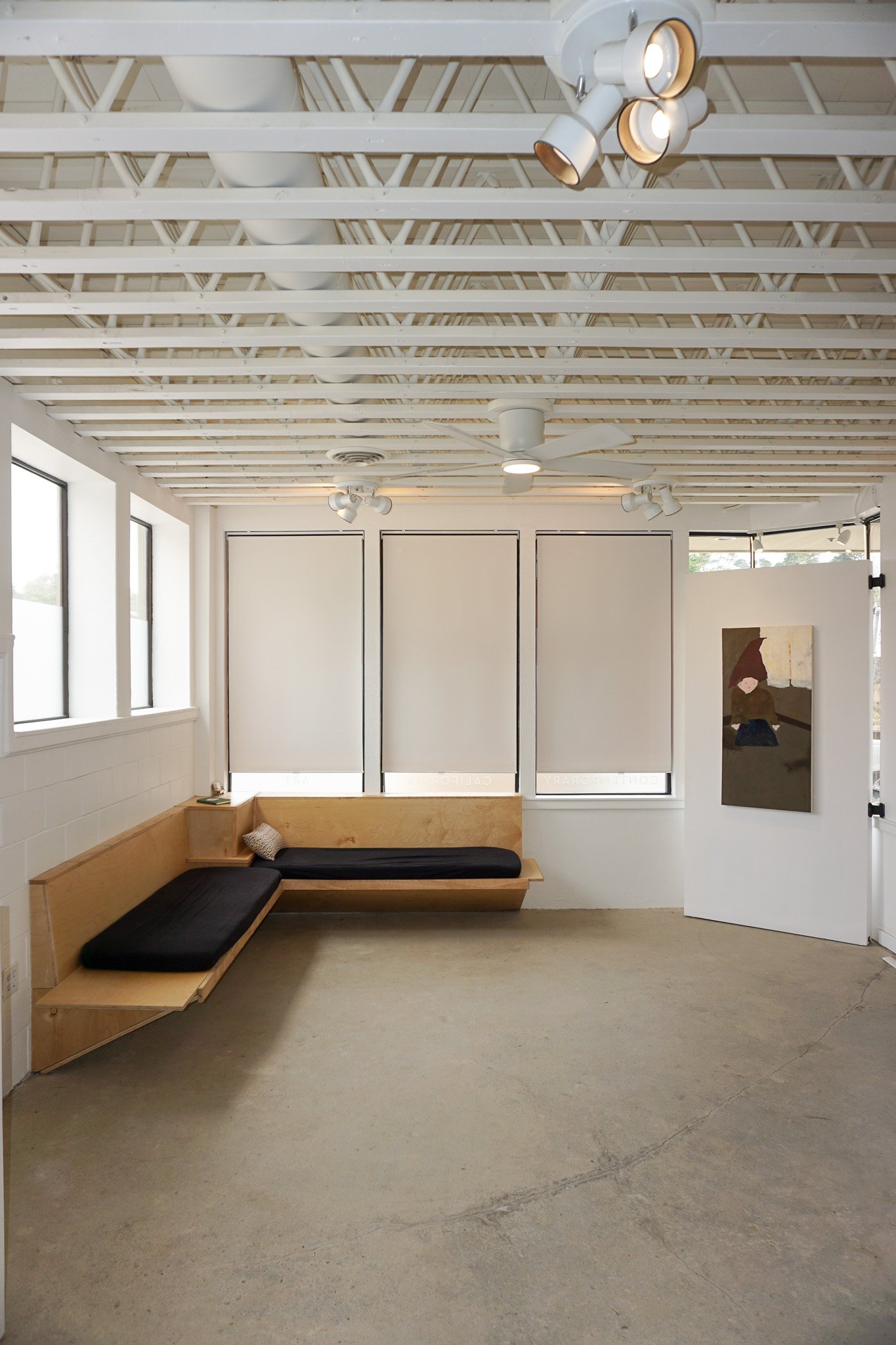
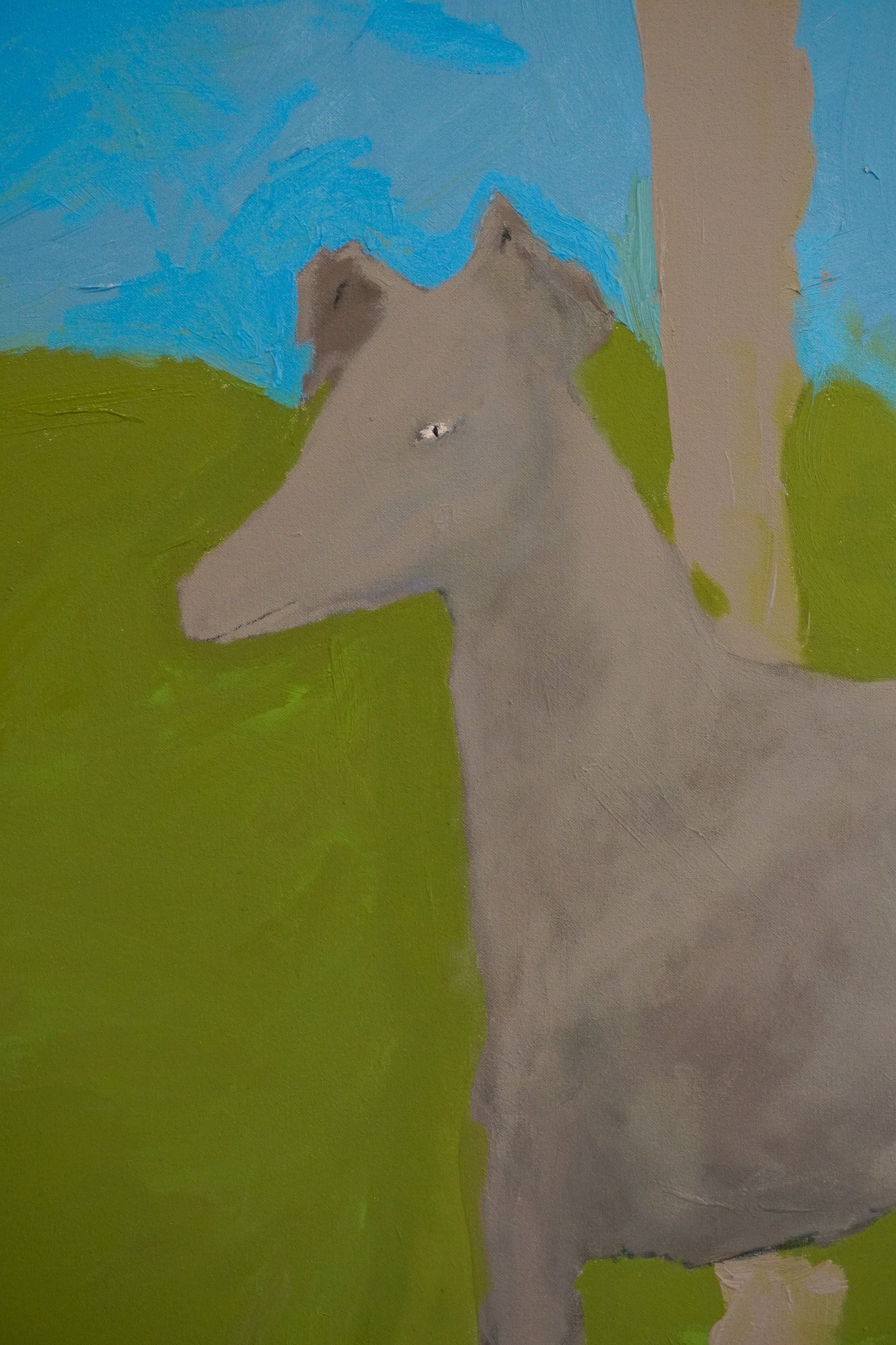
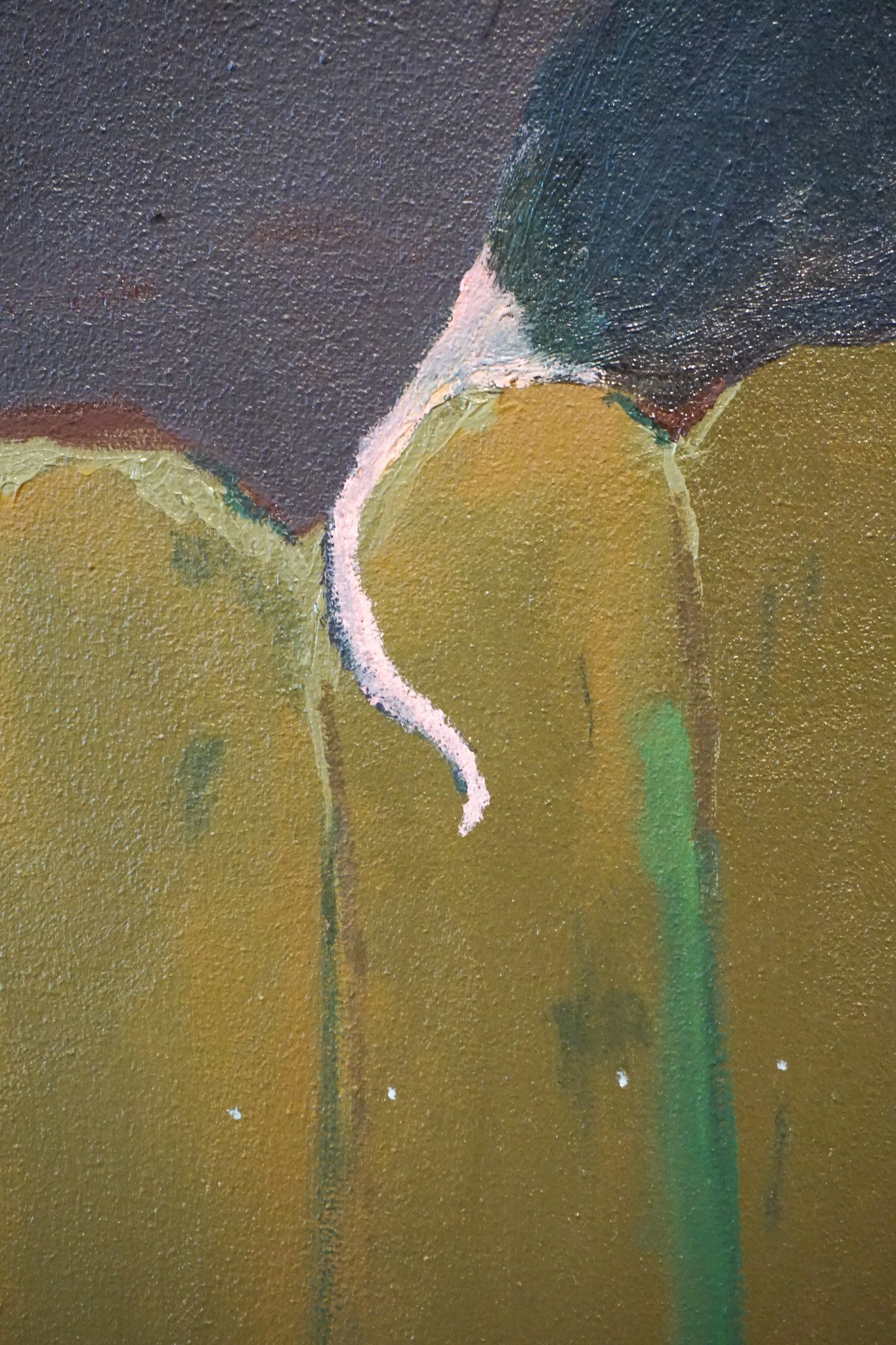

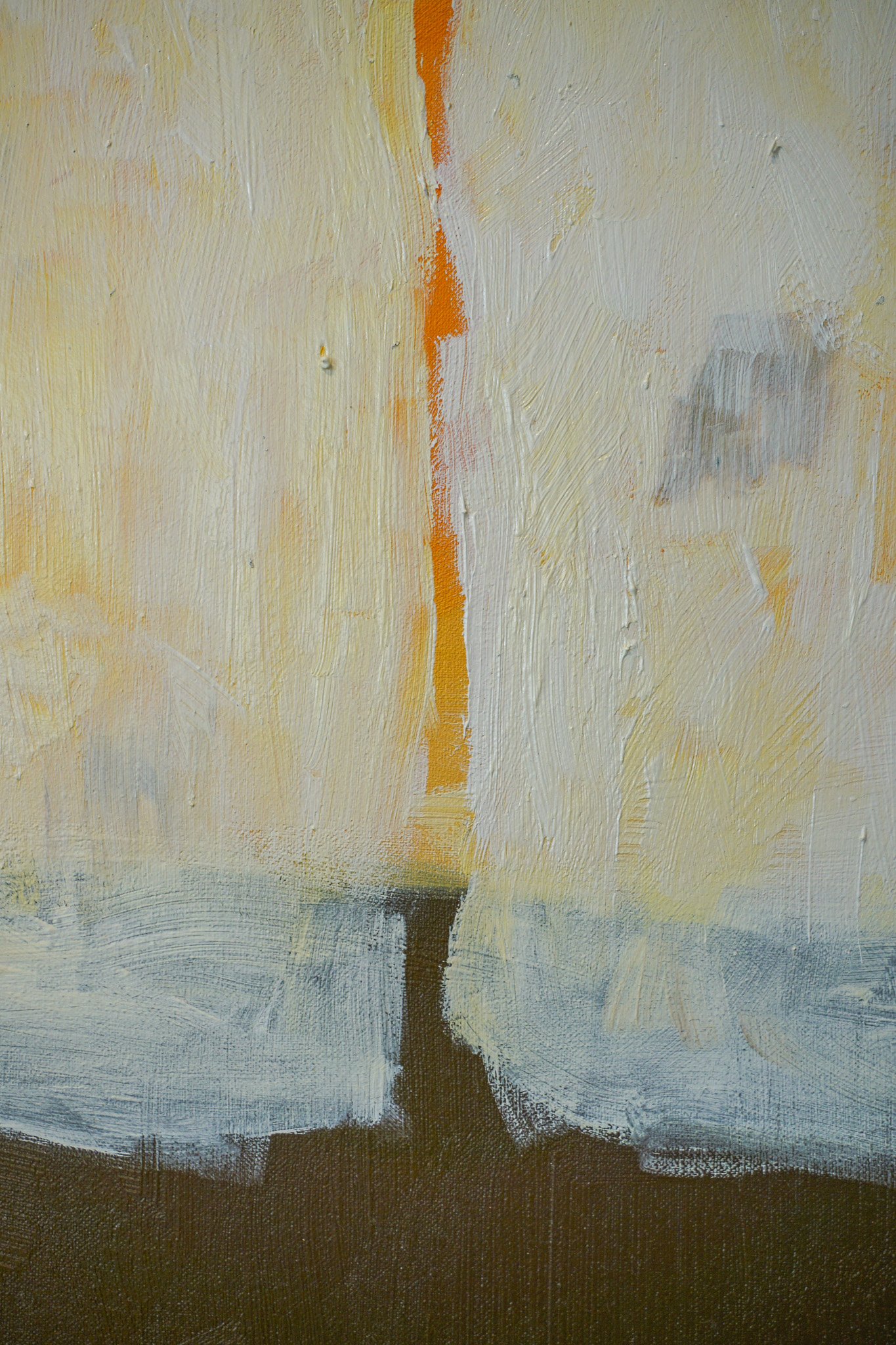
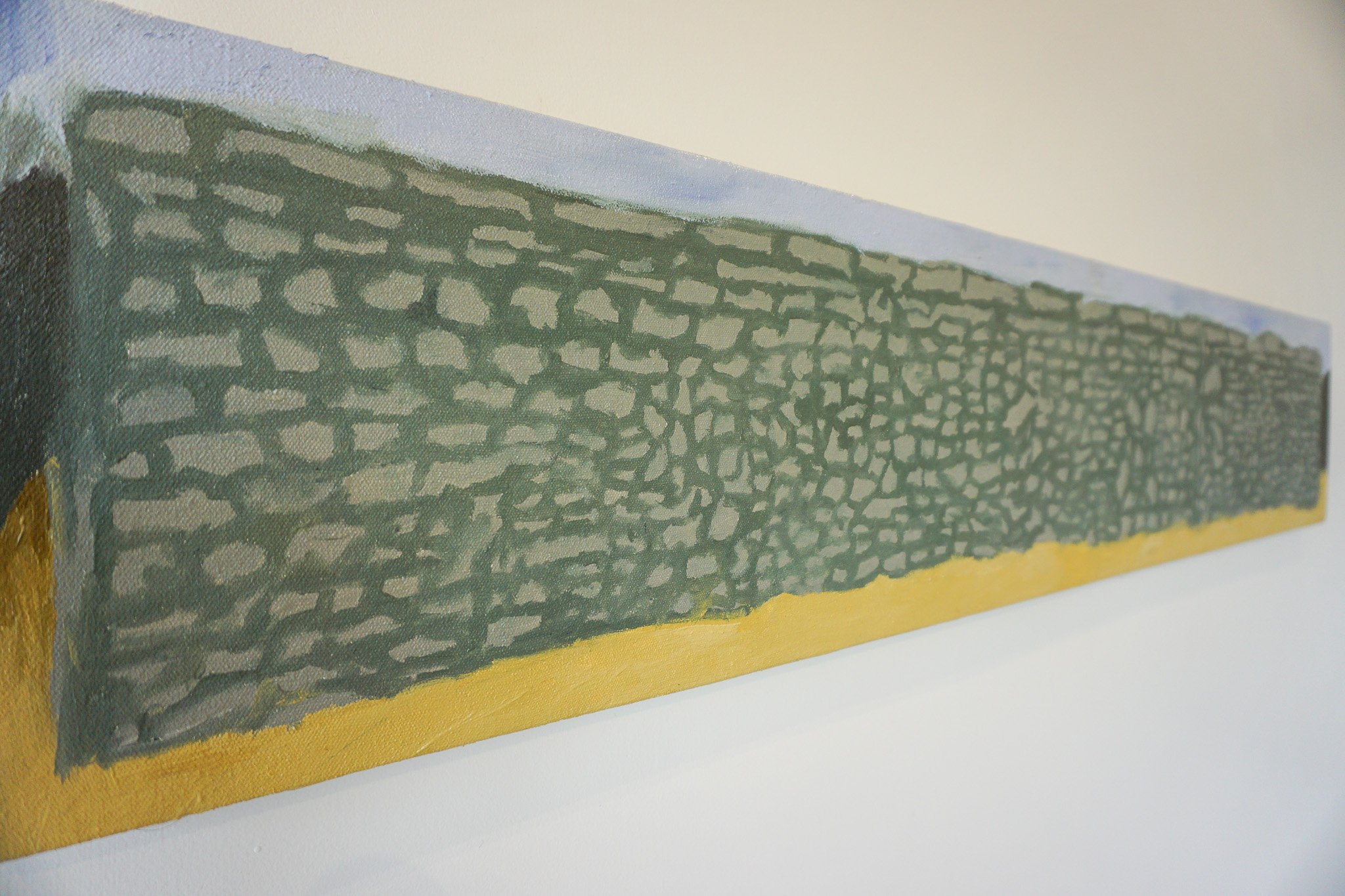
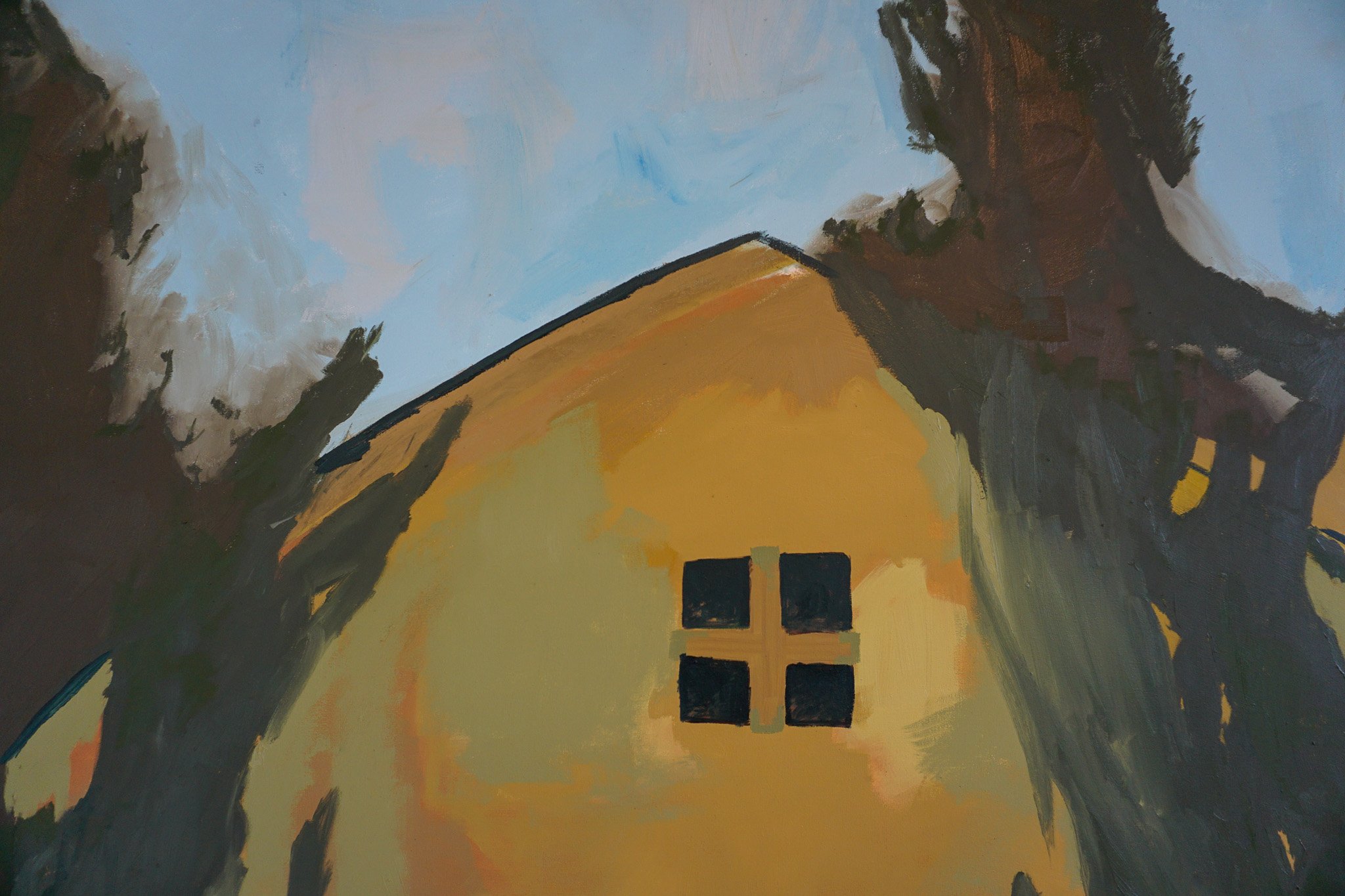
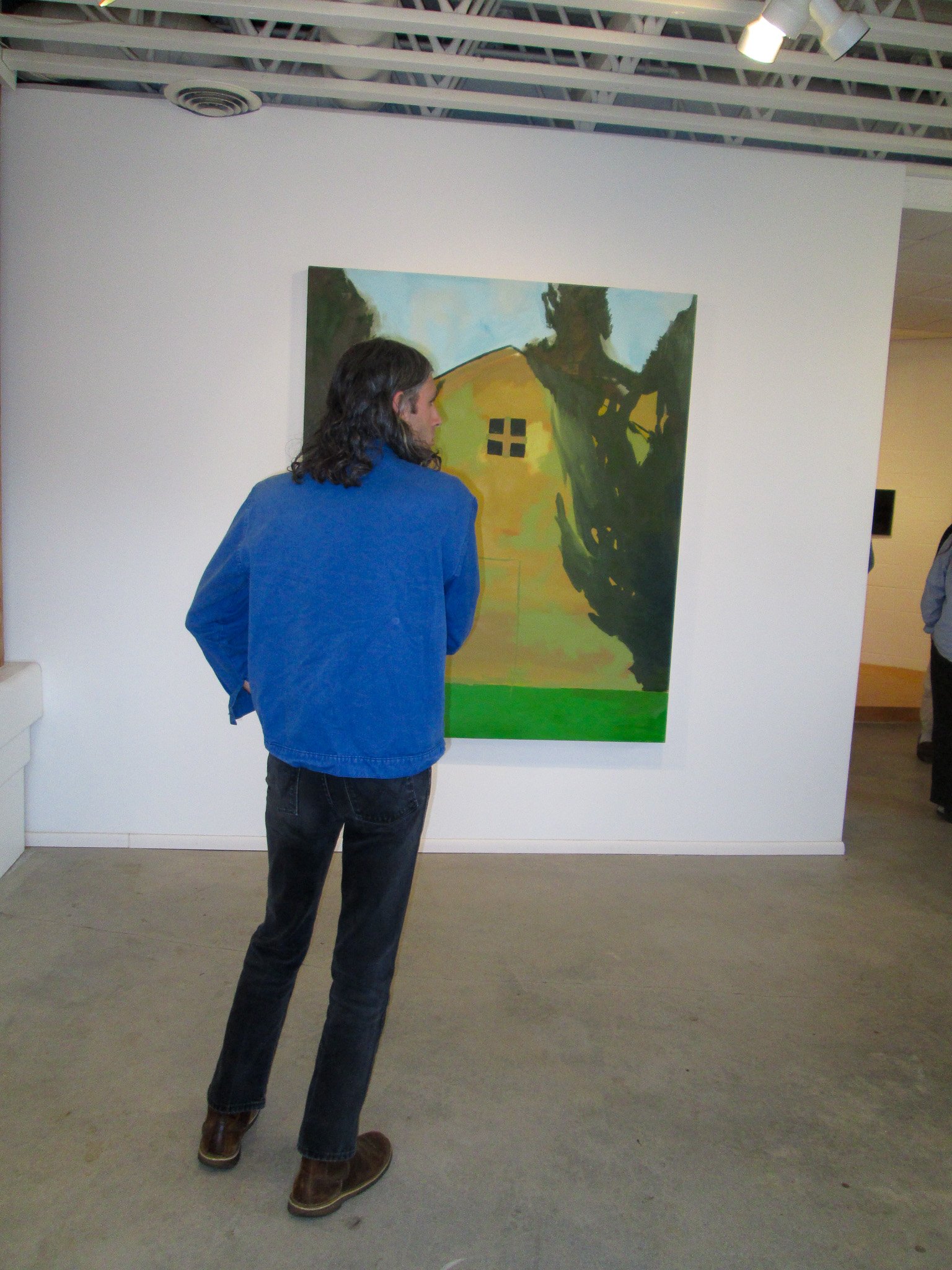
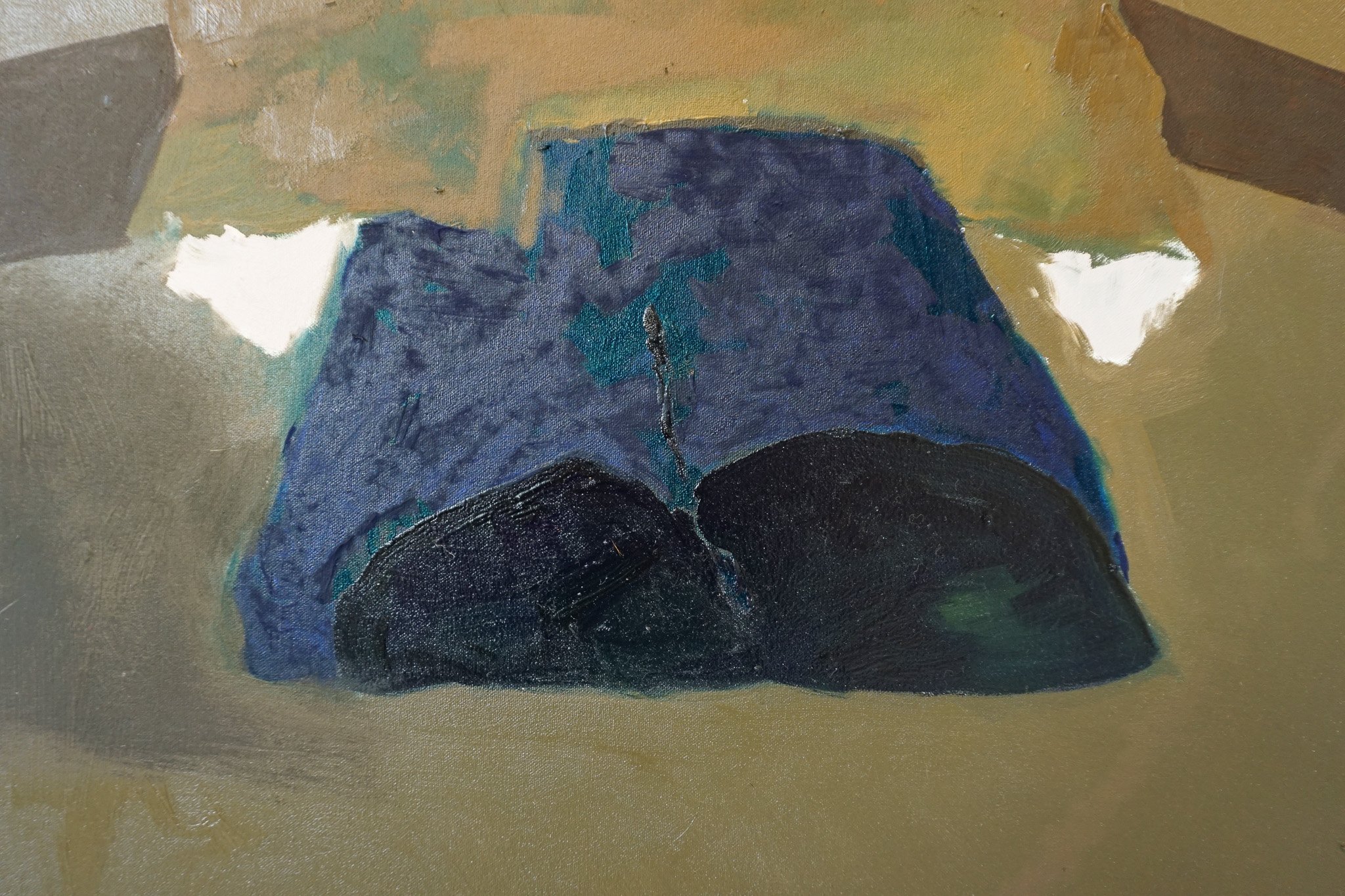

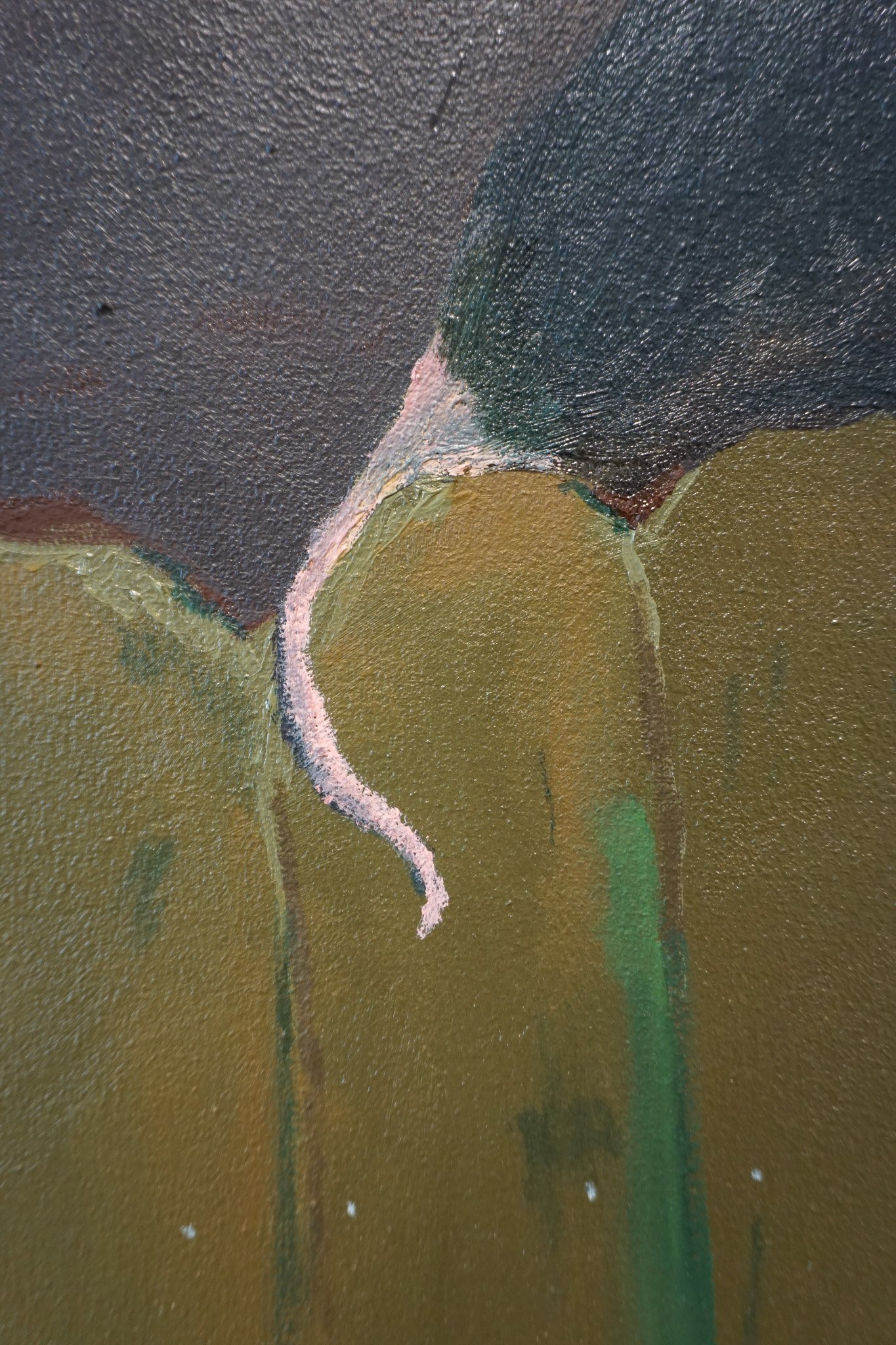
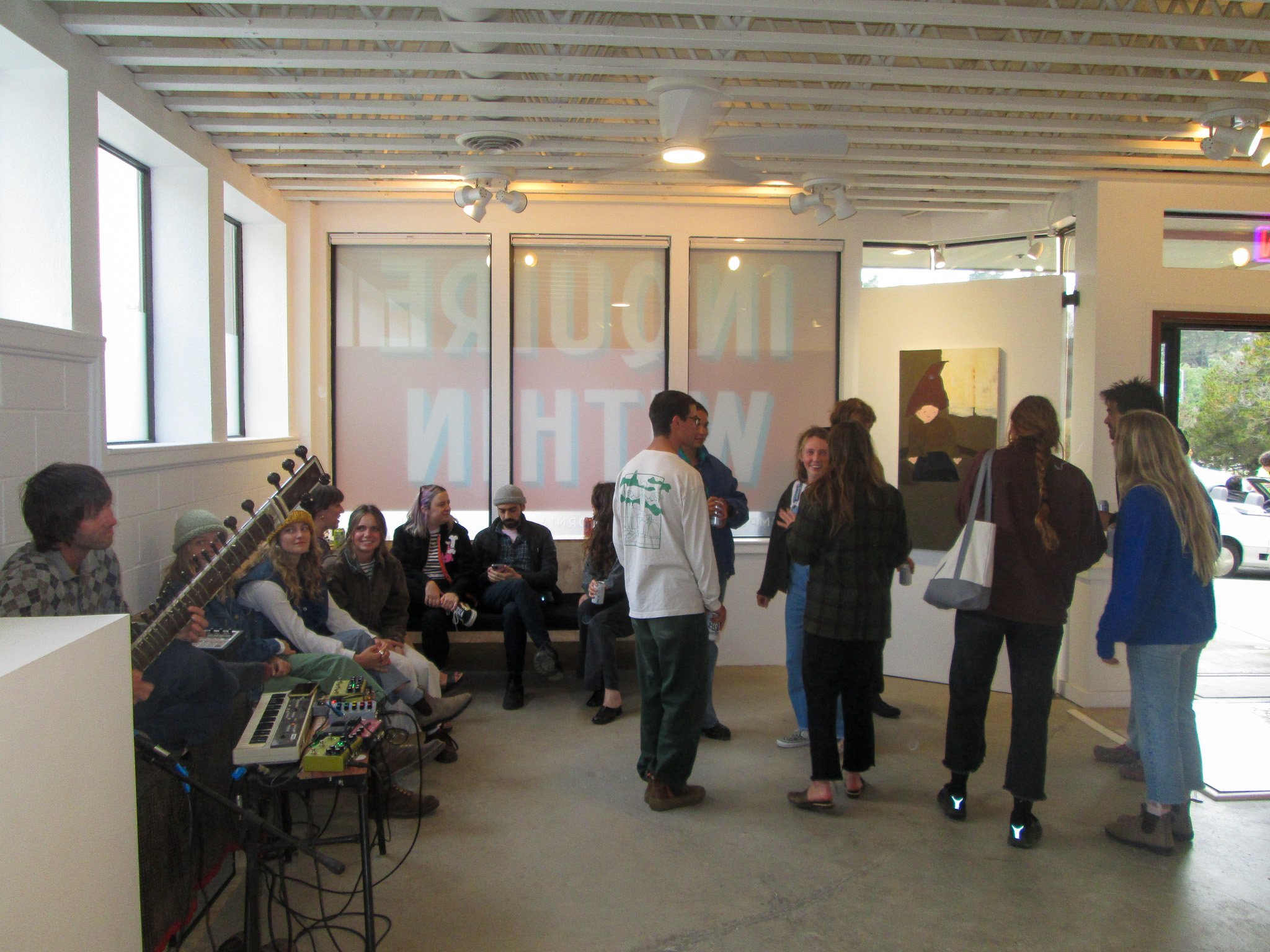
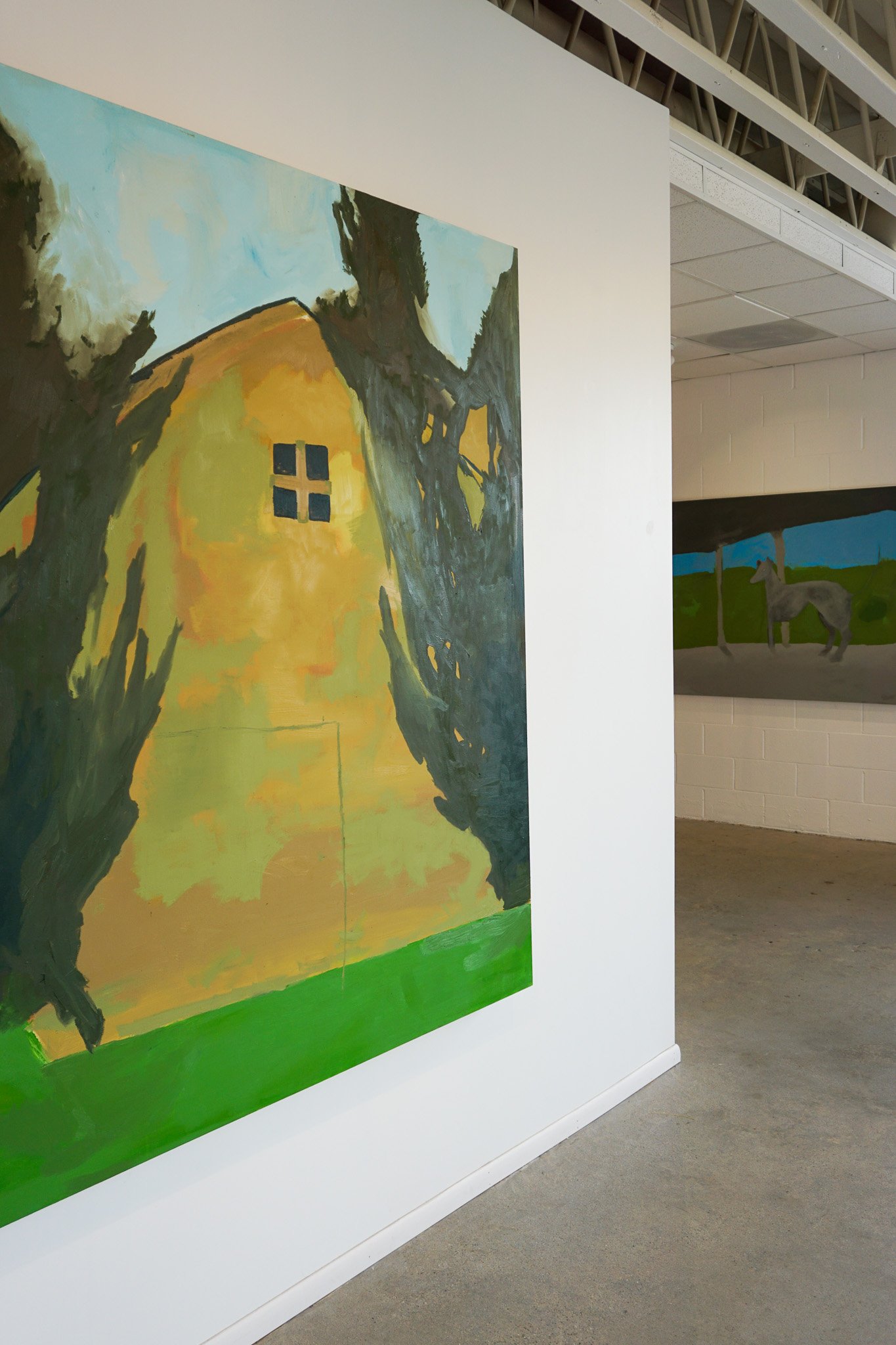

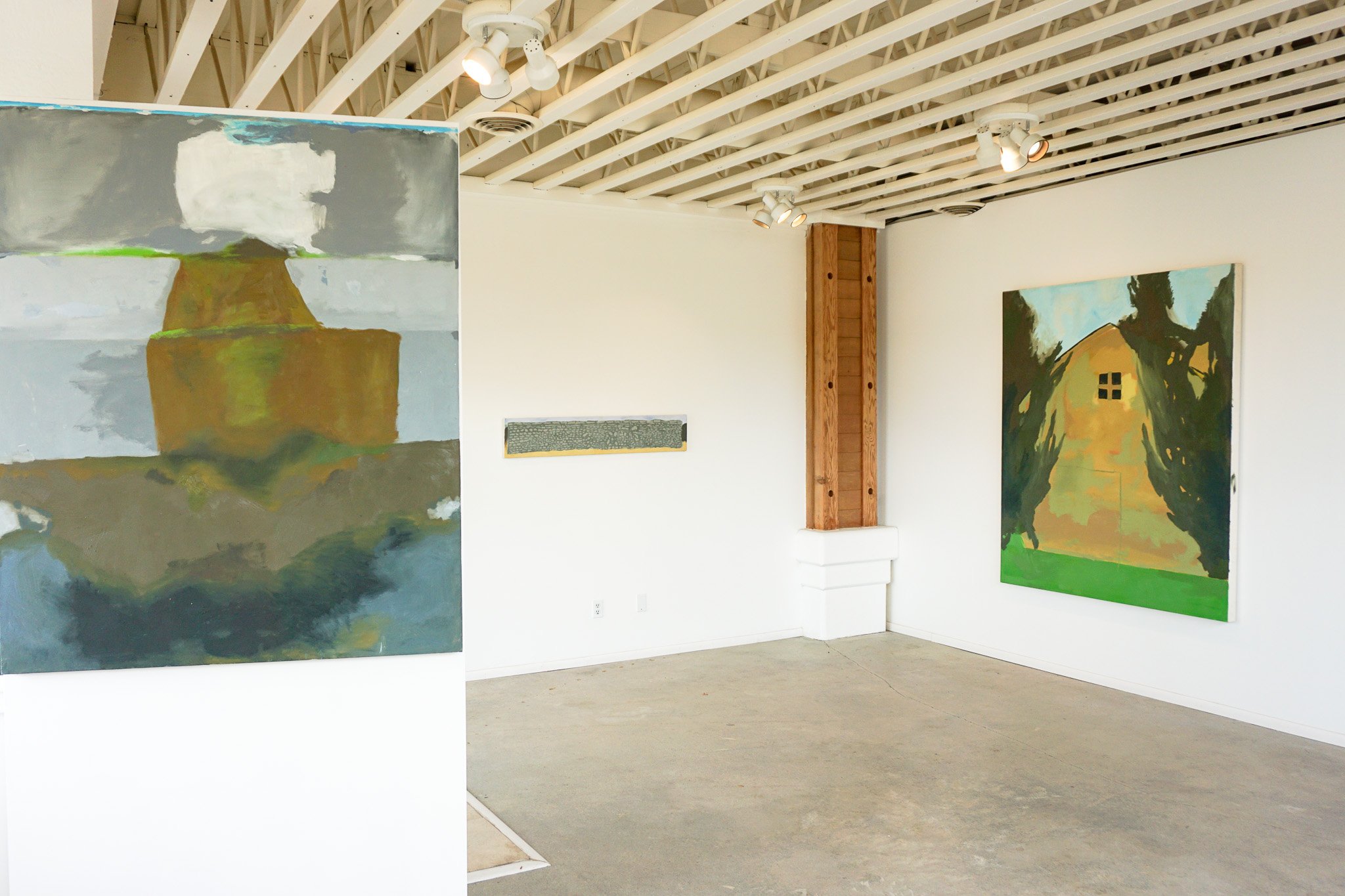



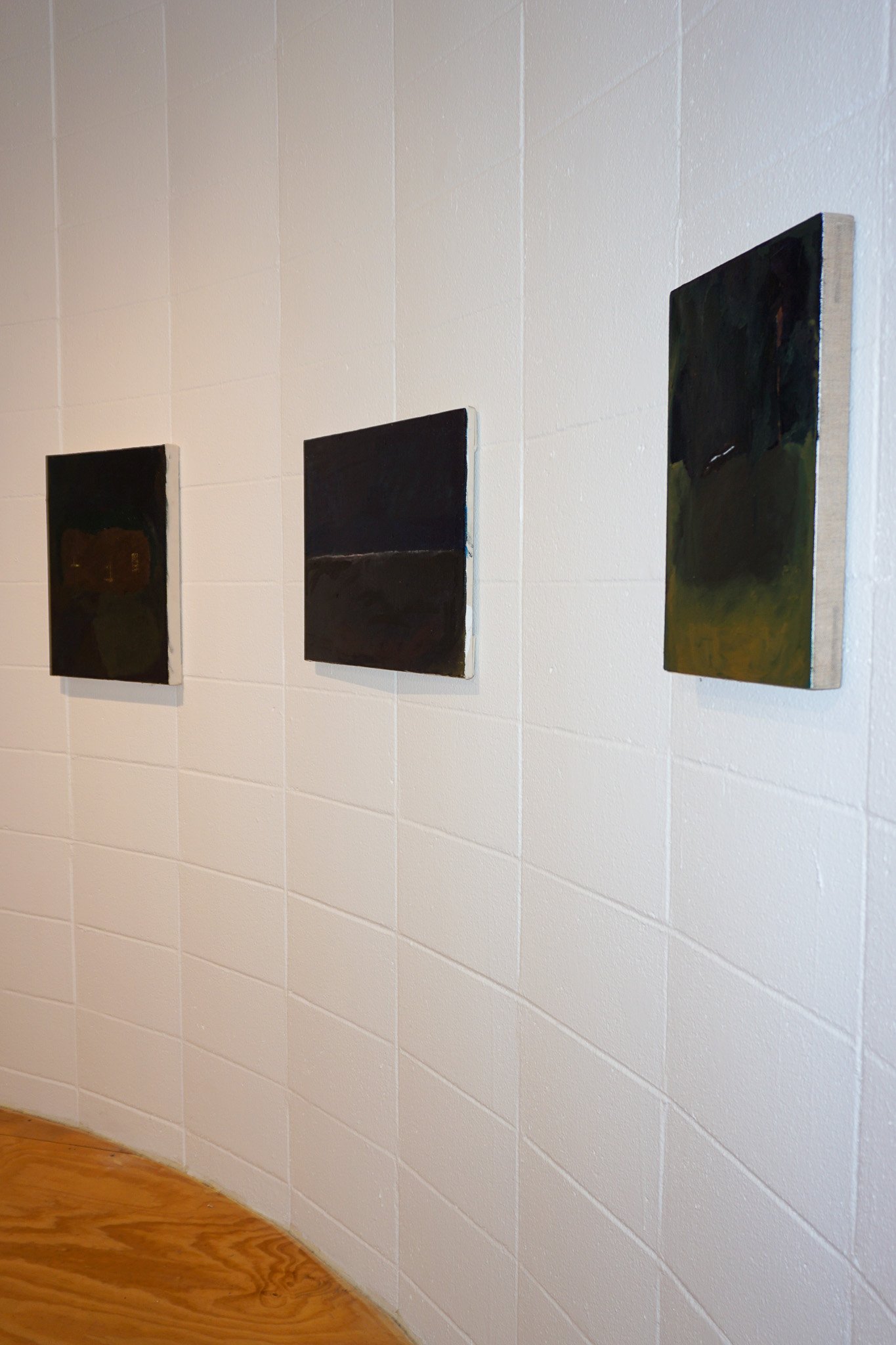

Finding narrative in how a superbloom revealed the dormant life hidden in a seemingly desolate landscape, Cincotta started seeing more life and inspiration in his surroundings. The dirt is filled with seeds that just require the right atmospheric attention to grow. Kevin embraced this philosophy to take small moments, like a jack rabbit chasing a mouse, as the seed for creating stories on canvas.
Works in this show were created by Kevin at the JANA KOYA artist residency.
“Jana Koya is a living space and Artist Residency by Aaron Glasson and Prescott McCarthy. The original structure is a 400 square foot homestead cabin built in 1956 near the base of Goat Mountain in Landers, California. Over the course of two years Glasson and McCarthy renovated the dilapidated cabin themselves, using a lot of natural, found materials and gifted materials. The result is a live-in sculpture representative of both their artistic practices.”
“Studying a wide range of music deepened my love for clarity and simplicity. My approach to art draws from both maximalist and minimalist schools to be relatable with intriguing but not overbearing details that invite the audience to connect the work with their own experiences.
The simple geometric shapes and overlapping perspectives of my family-friendly cubist psychedelia style draw inspiration from cubism, 50s minimalism, and 60s pop art while the bold color palettes and overall composition connect with my attraction to contemporary maximalist surrealist works.
Juxtaposition of nature and modern life figures prominently in my work. I draw from my life experiences to abstract and generalize those perfect moments when complex emotions are distilled into a single scene — like the simplicity of a happy groove that is fresh yet familiar and just makes you want to dance.”

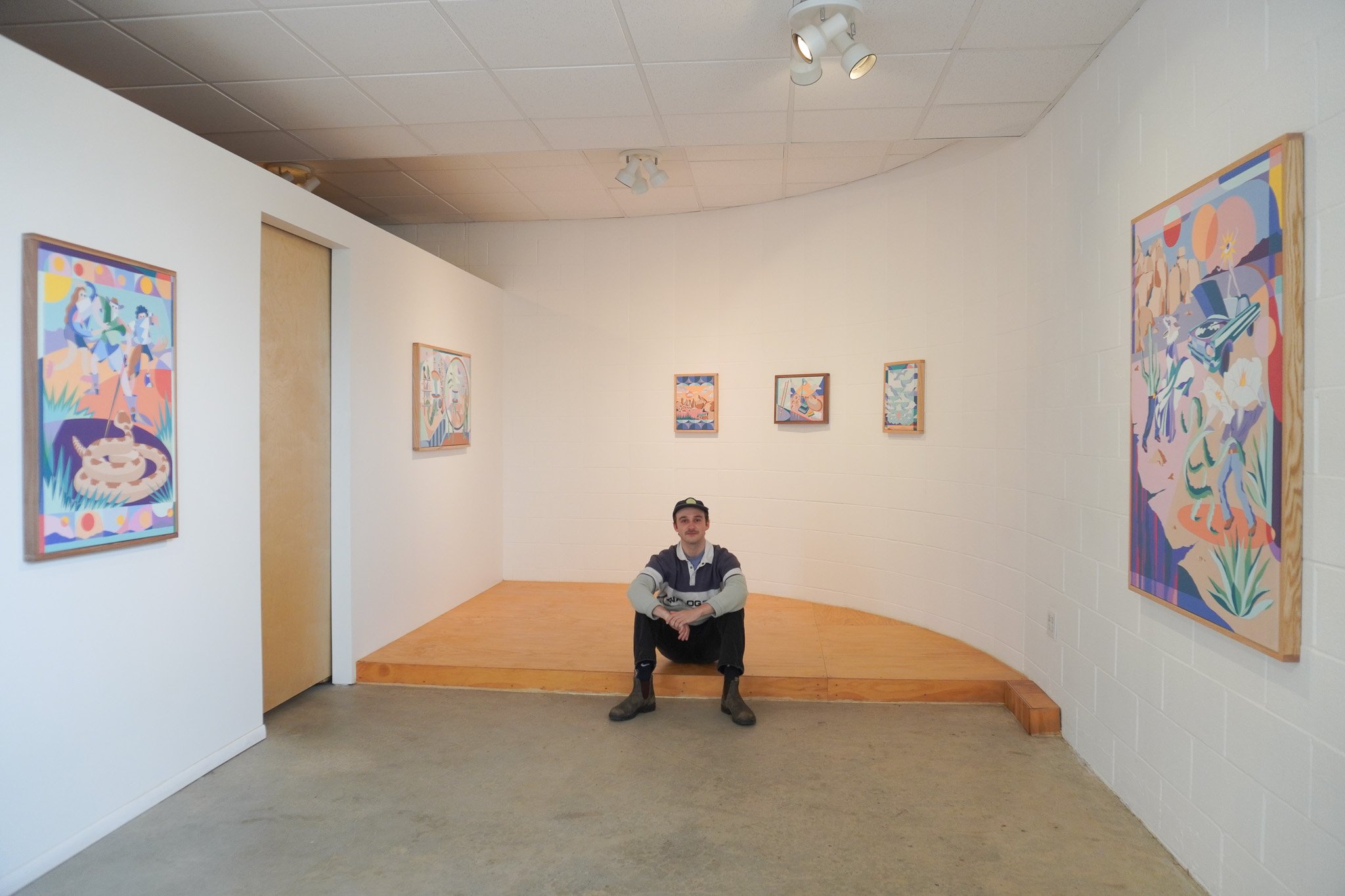
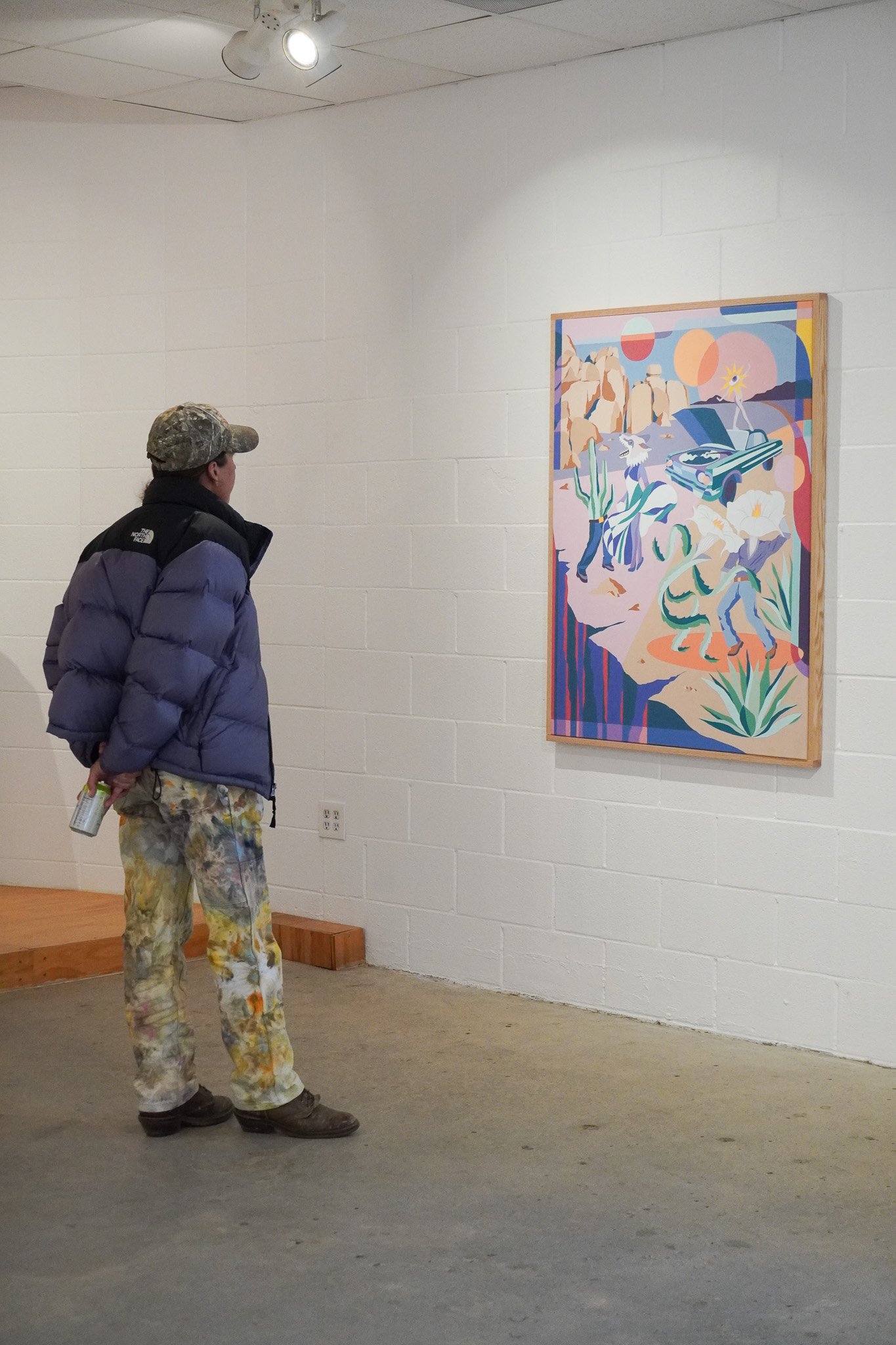
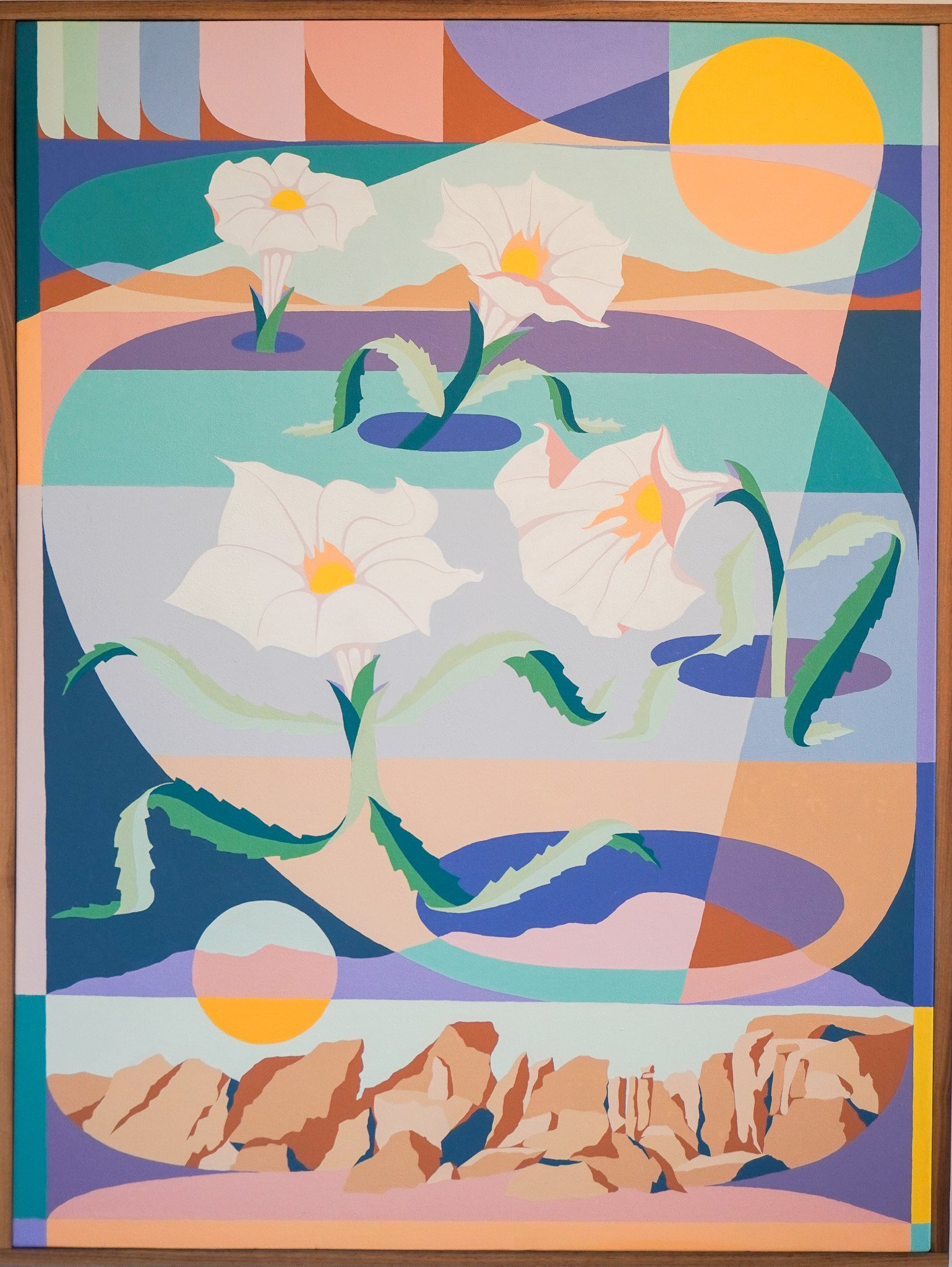
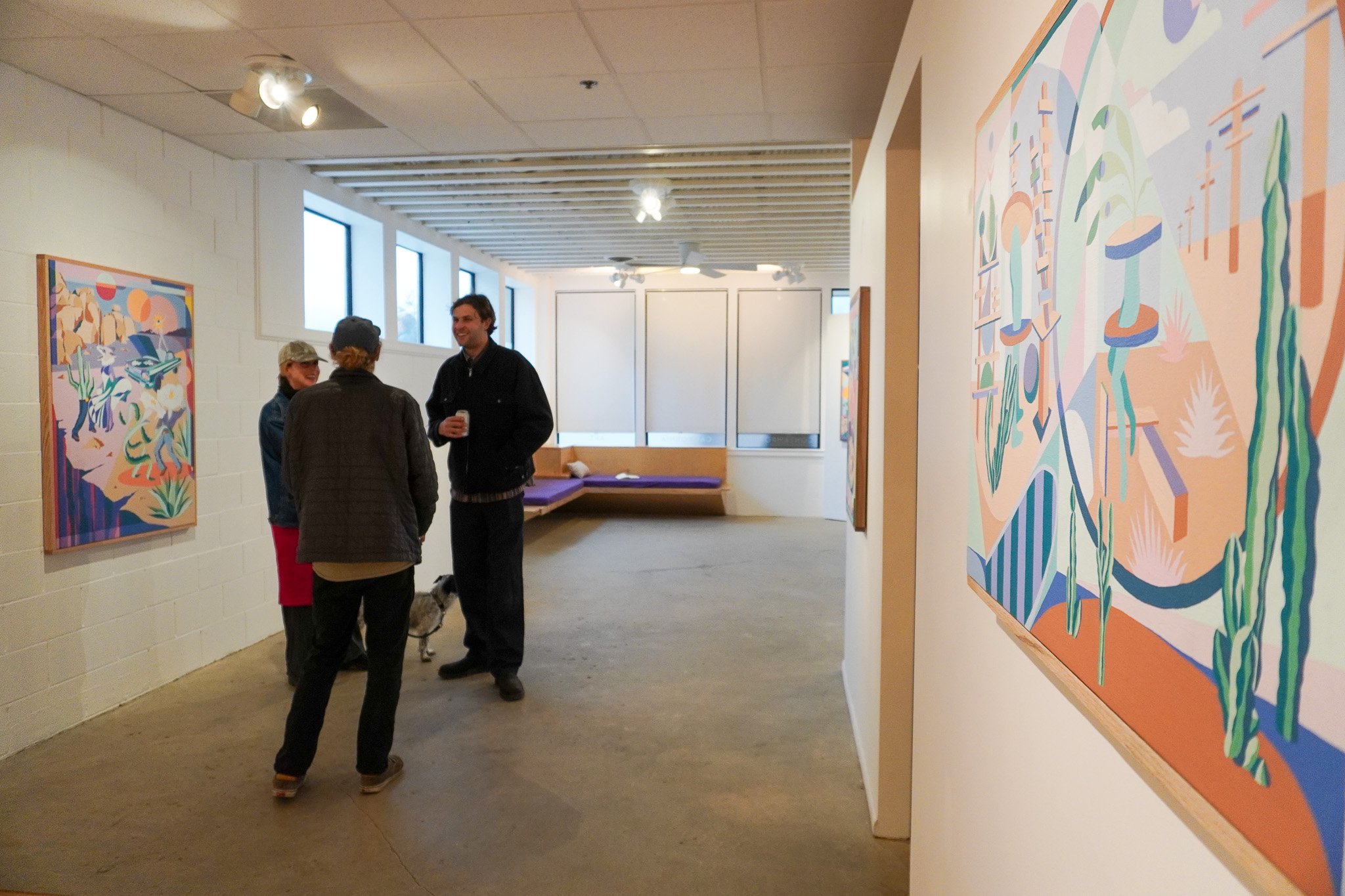

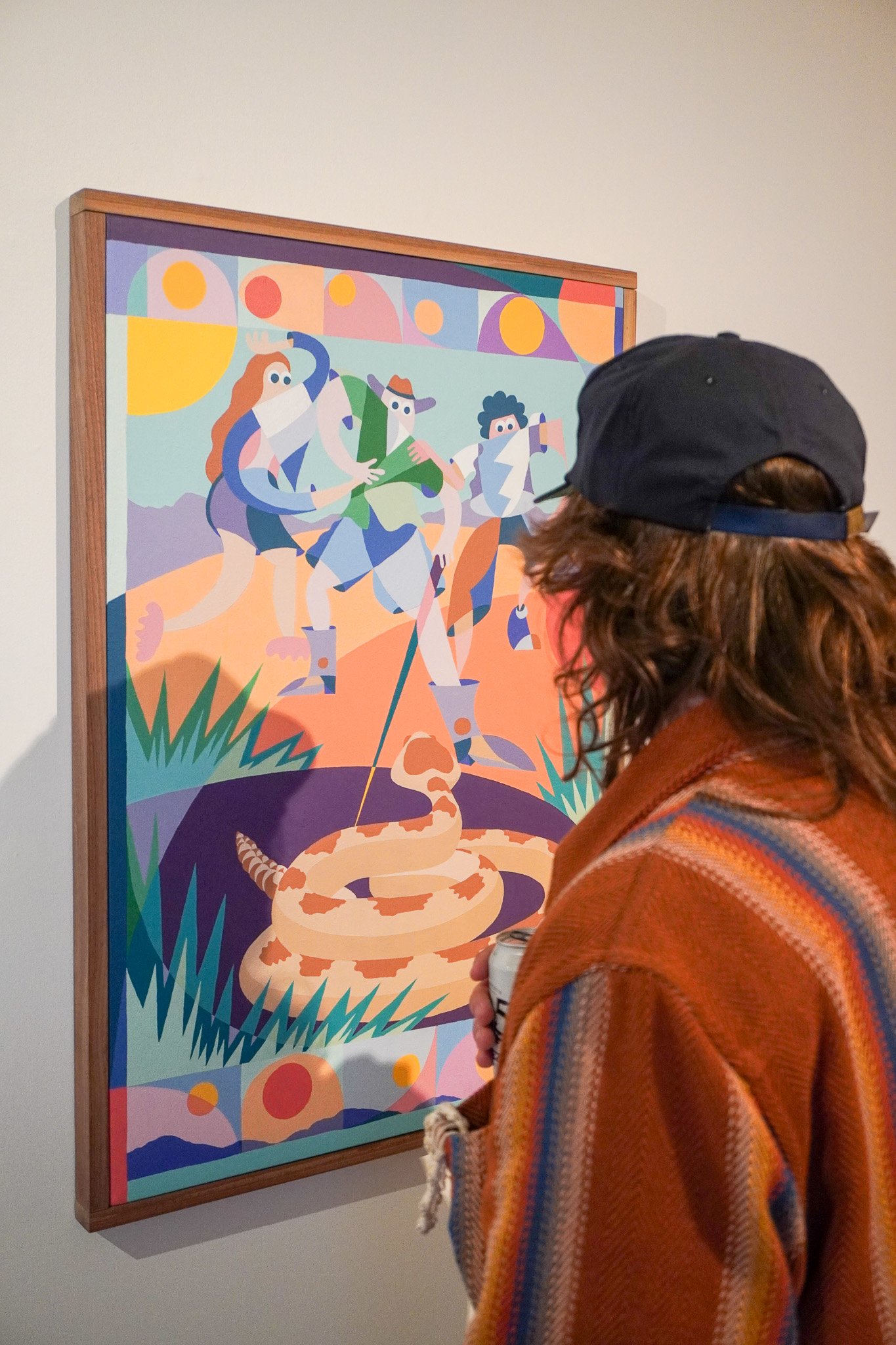
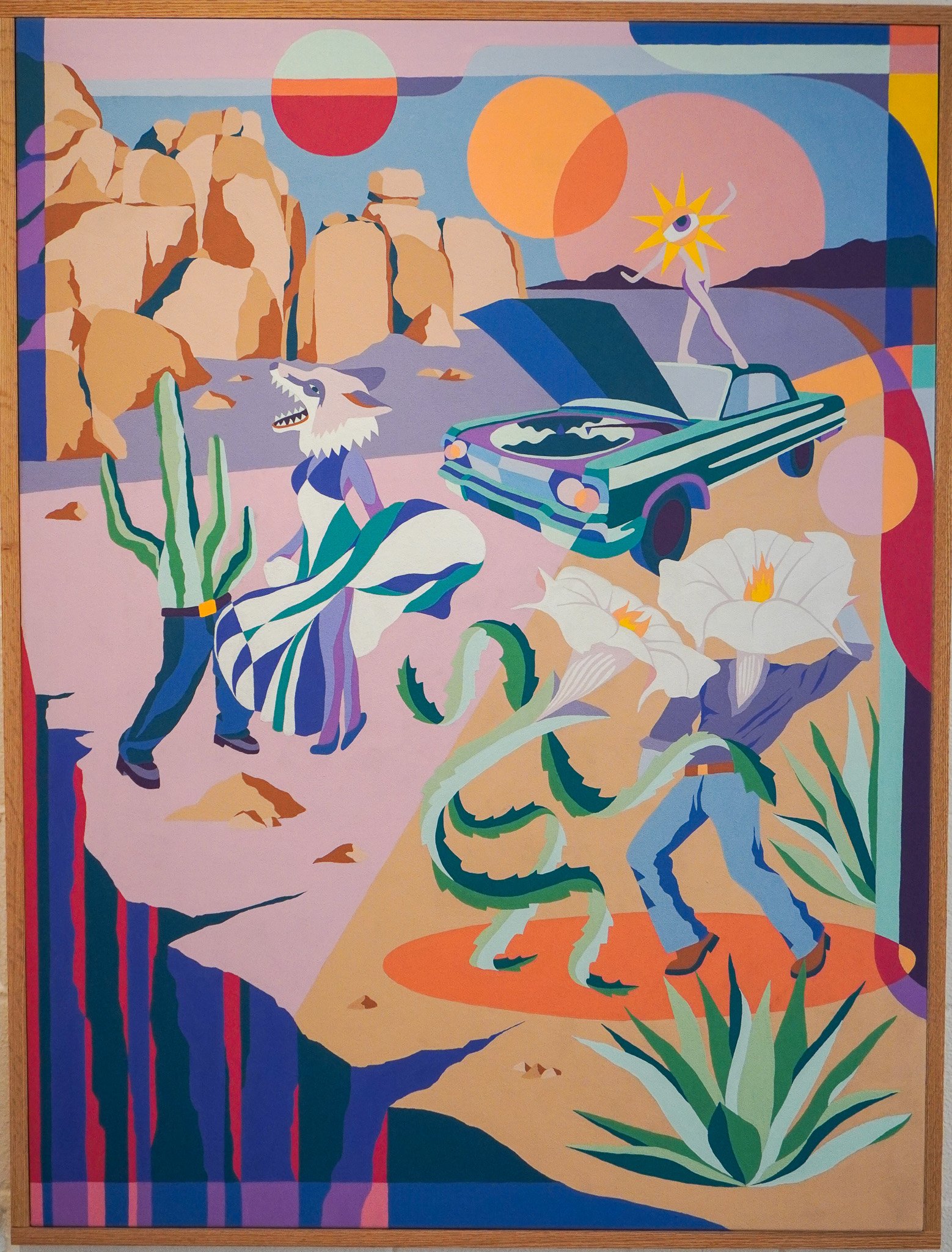
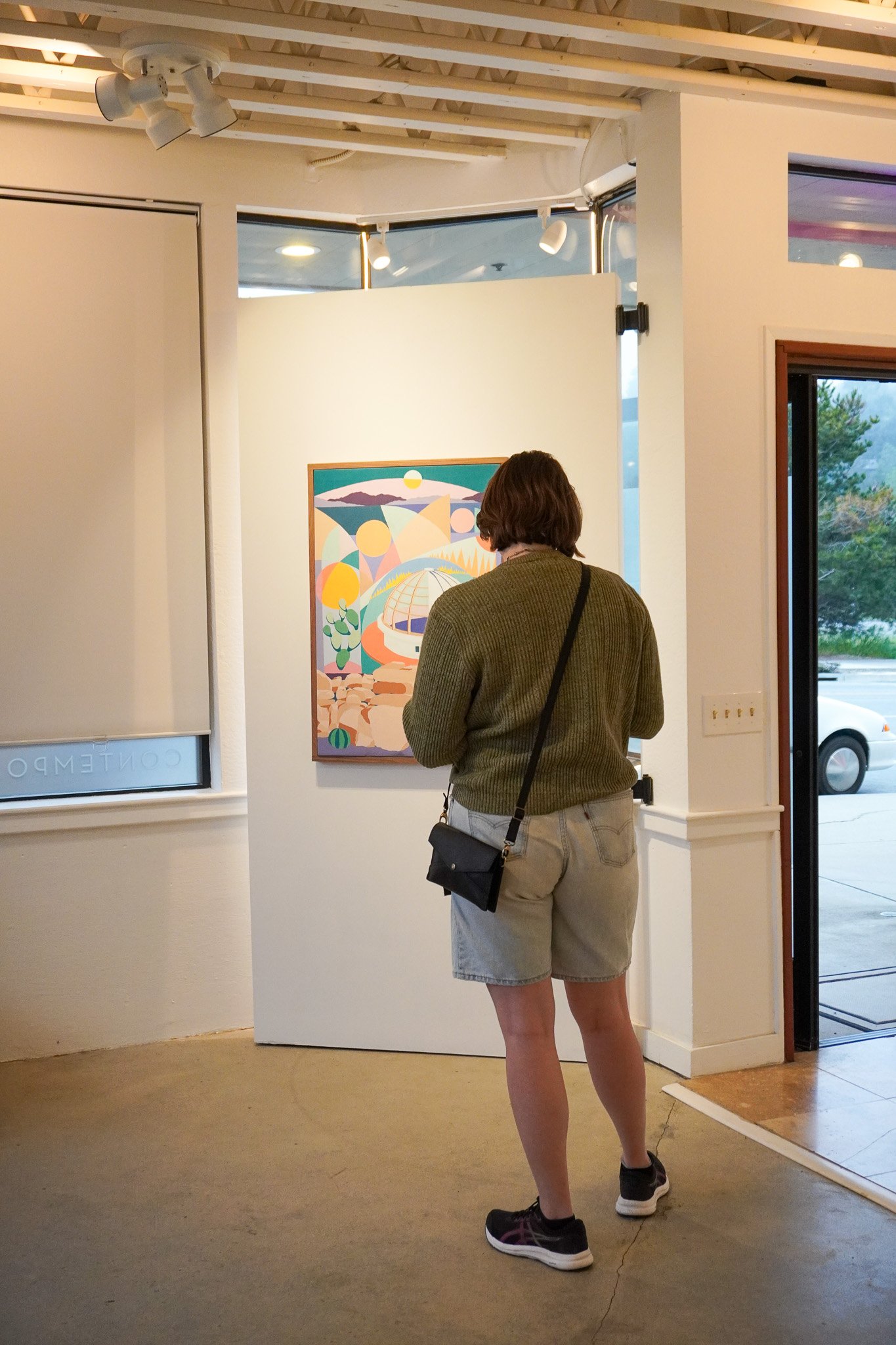
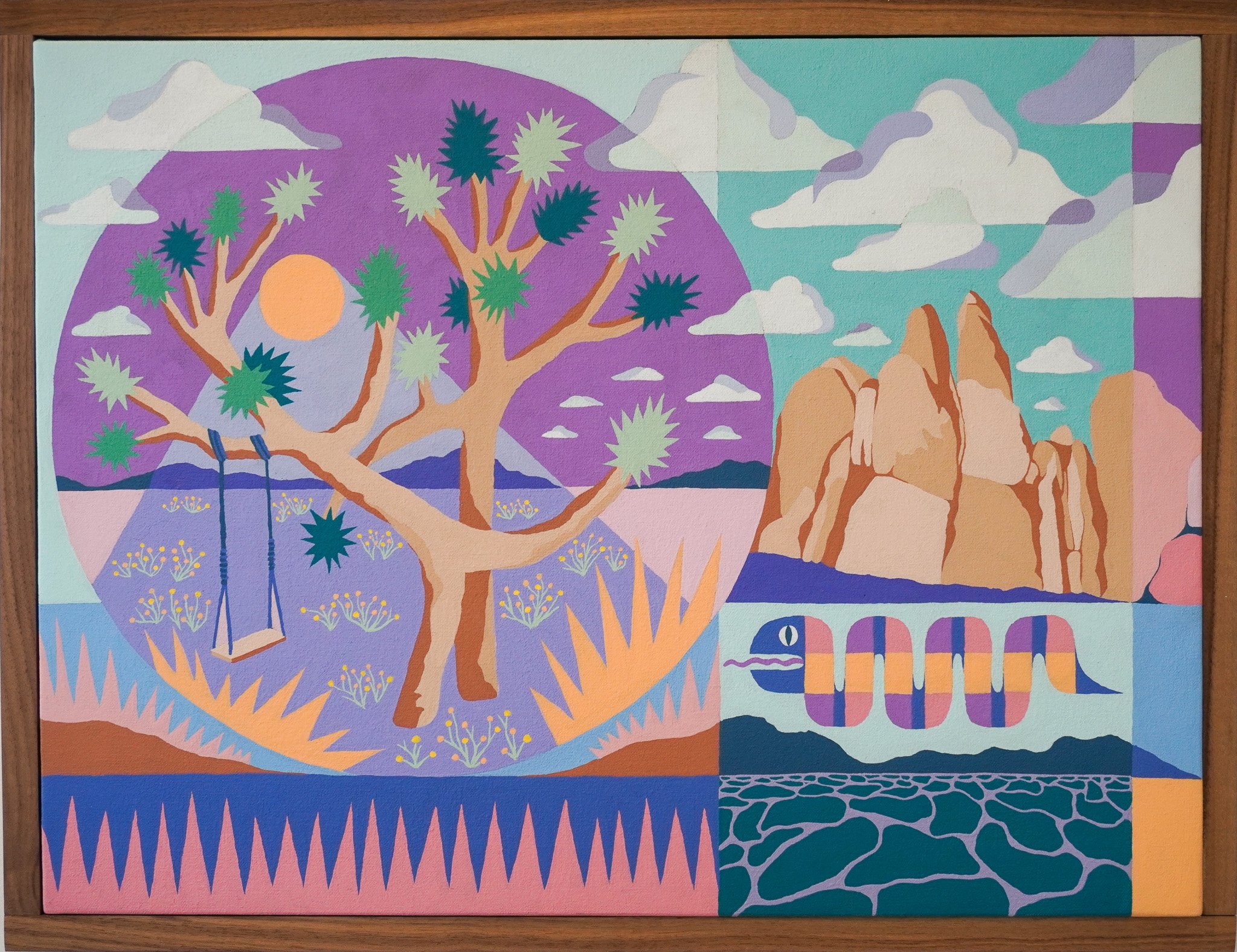
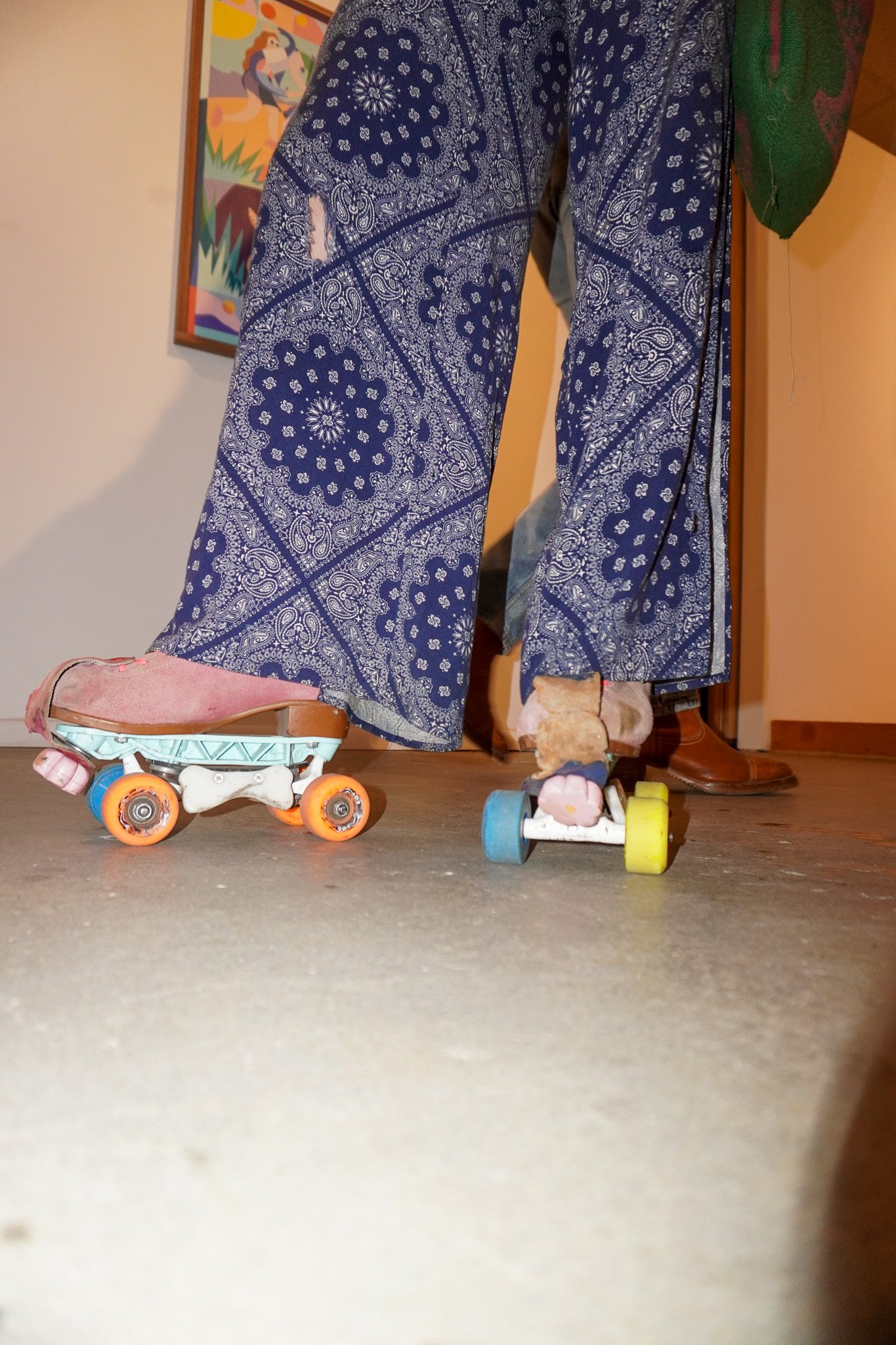
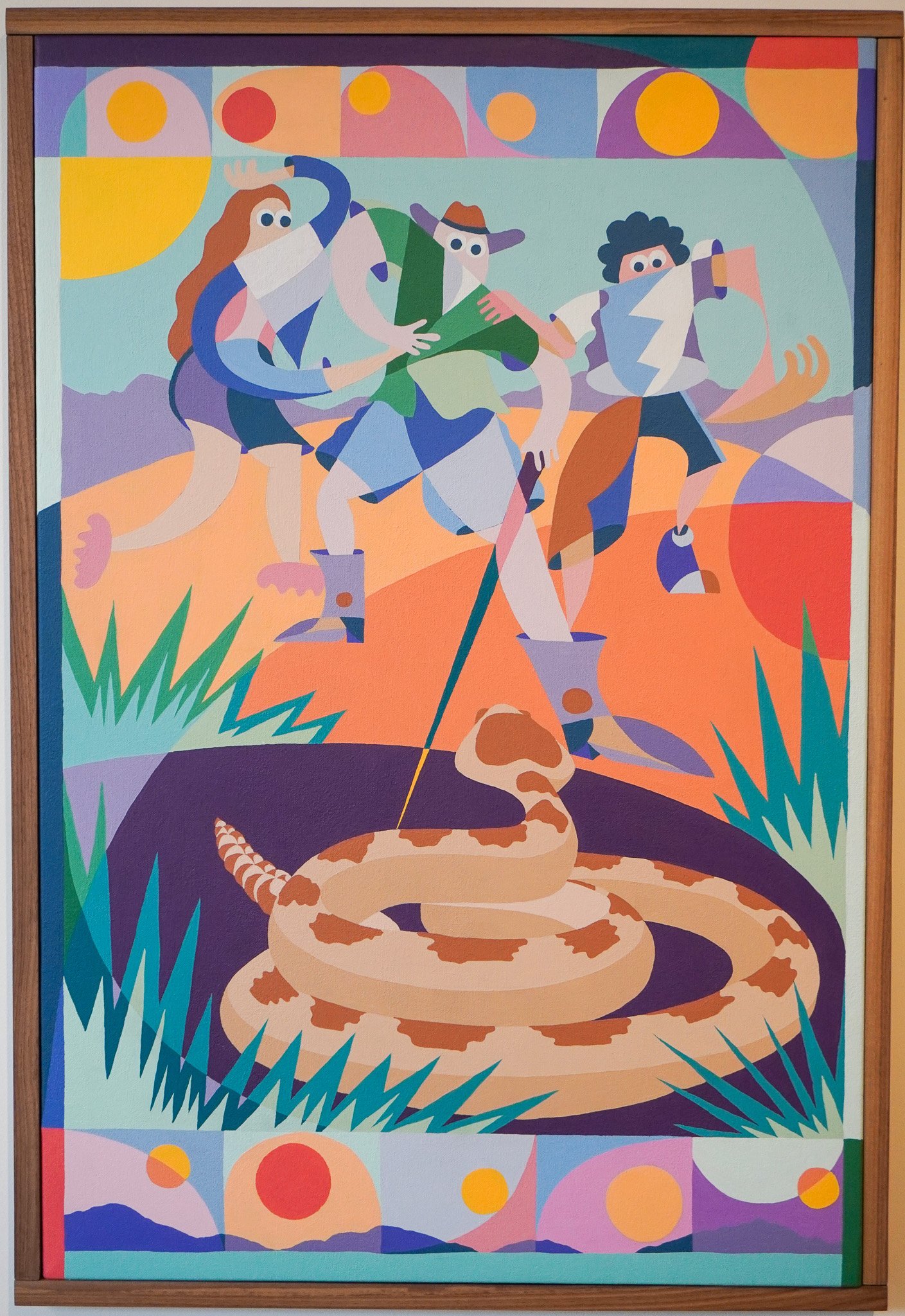
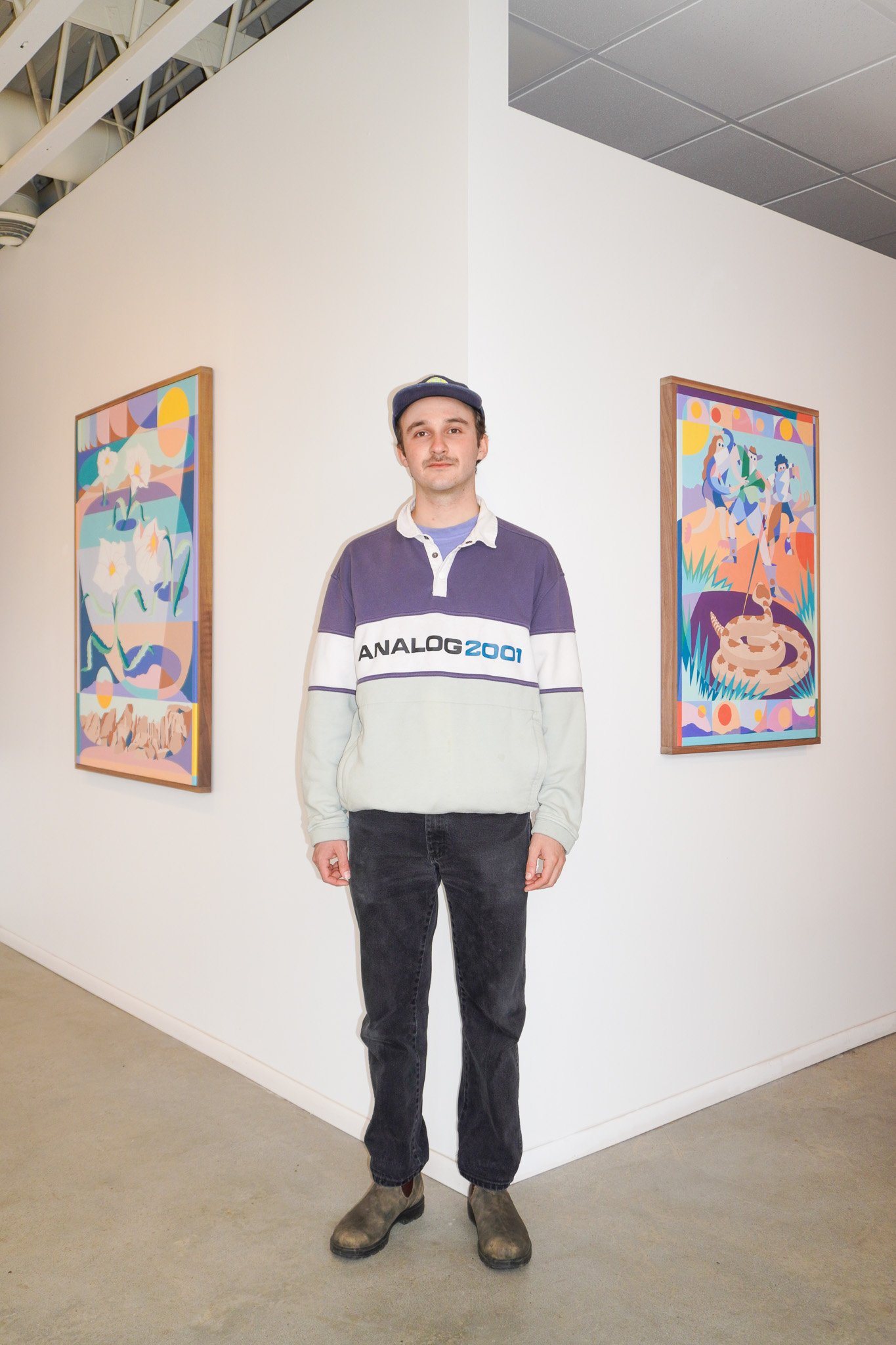
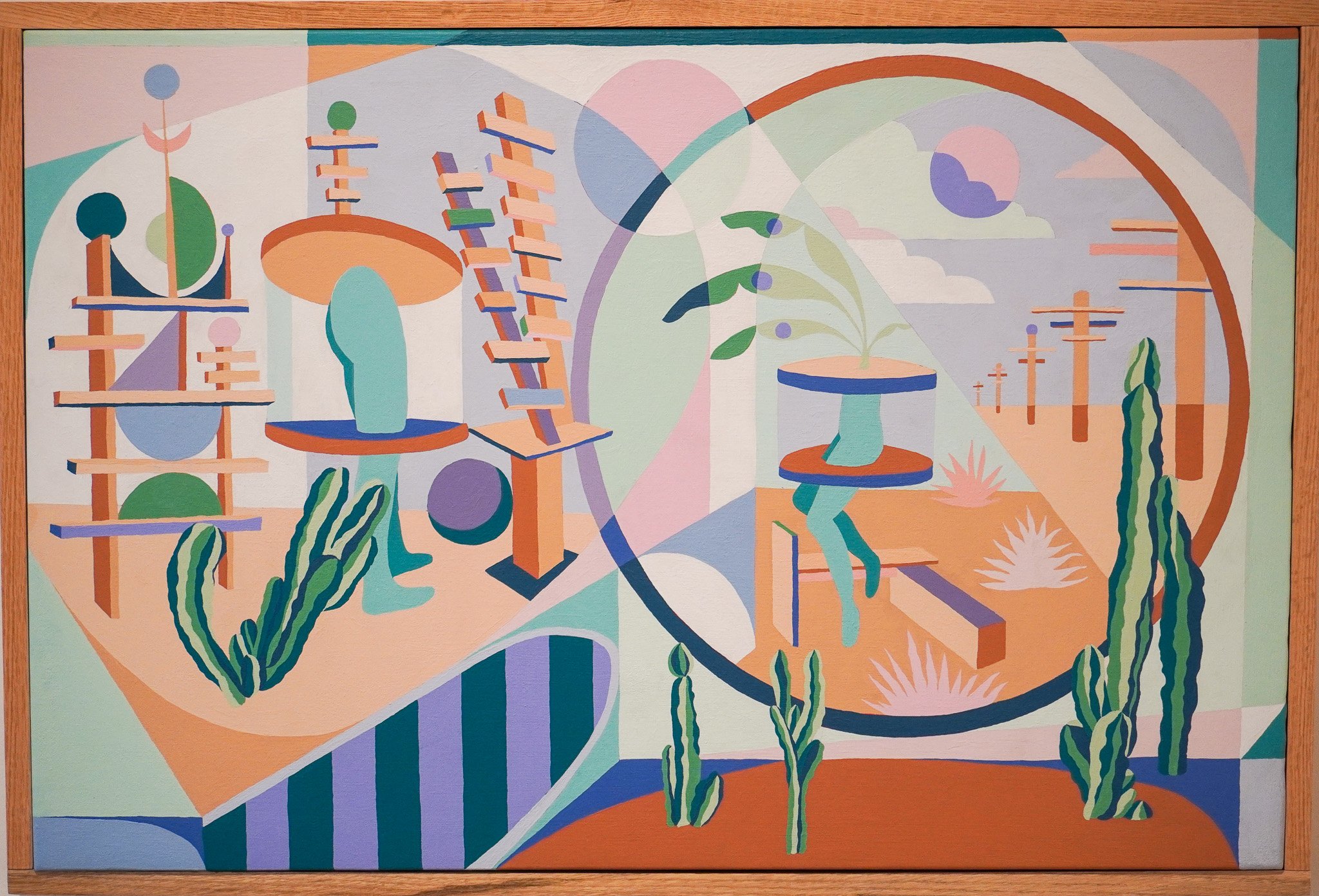
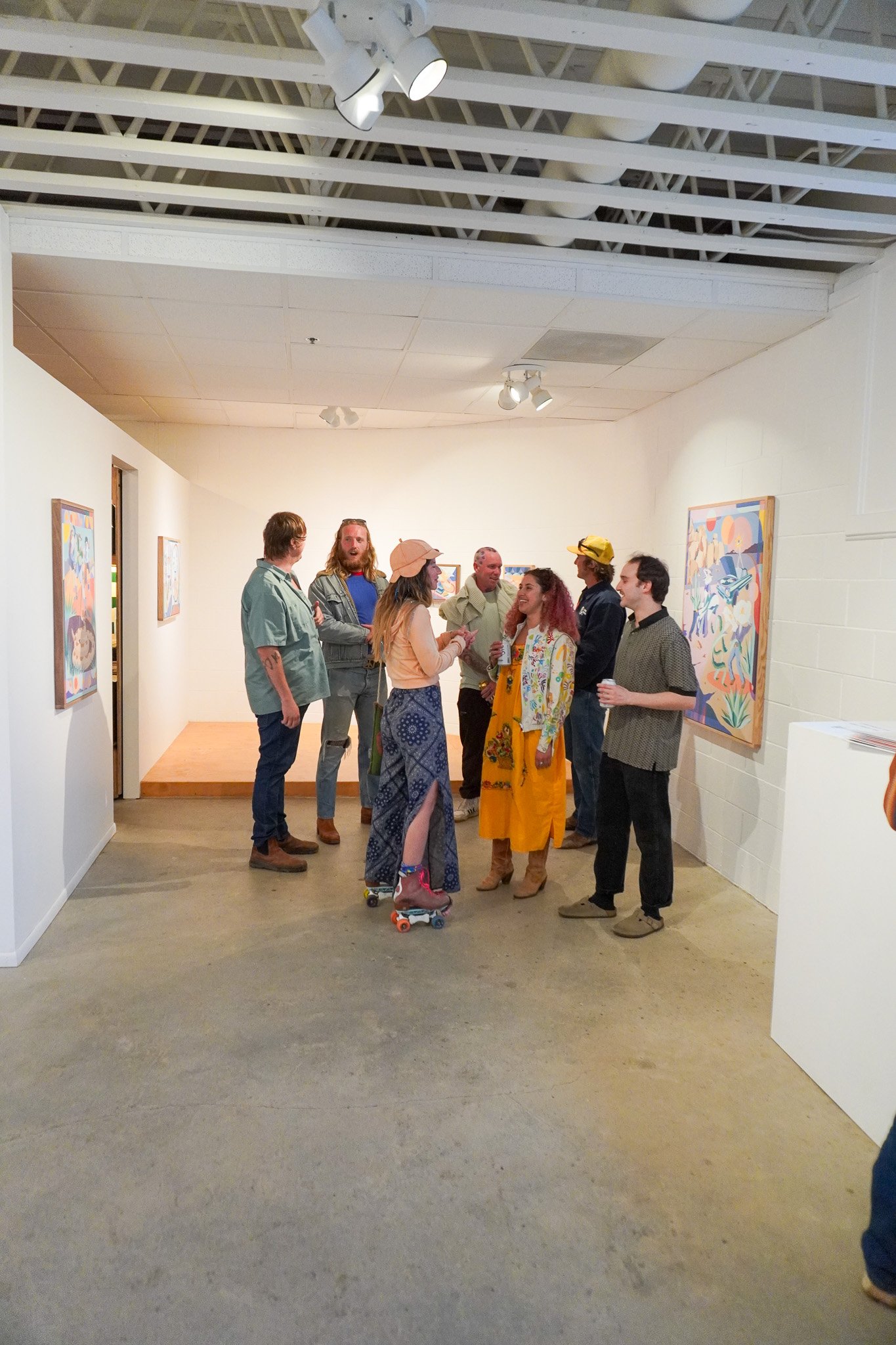
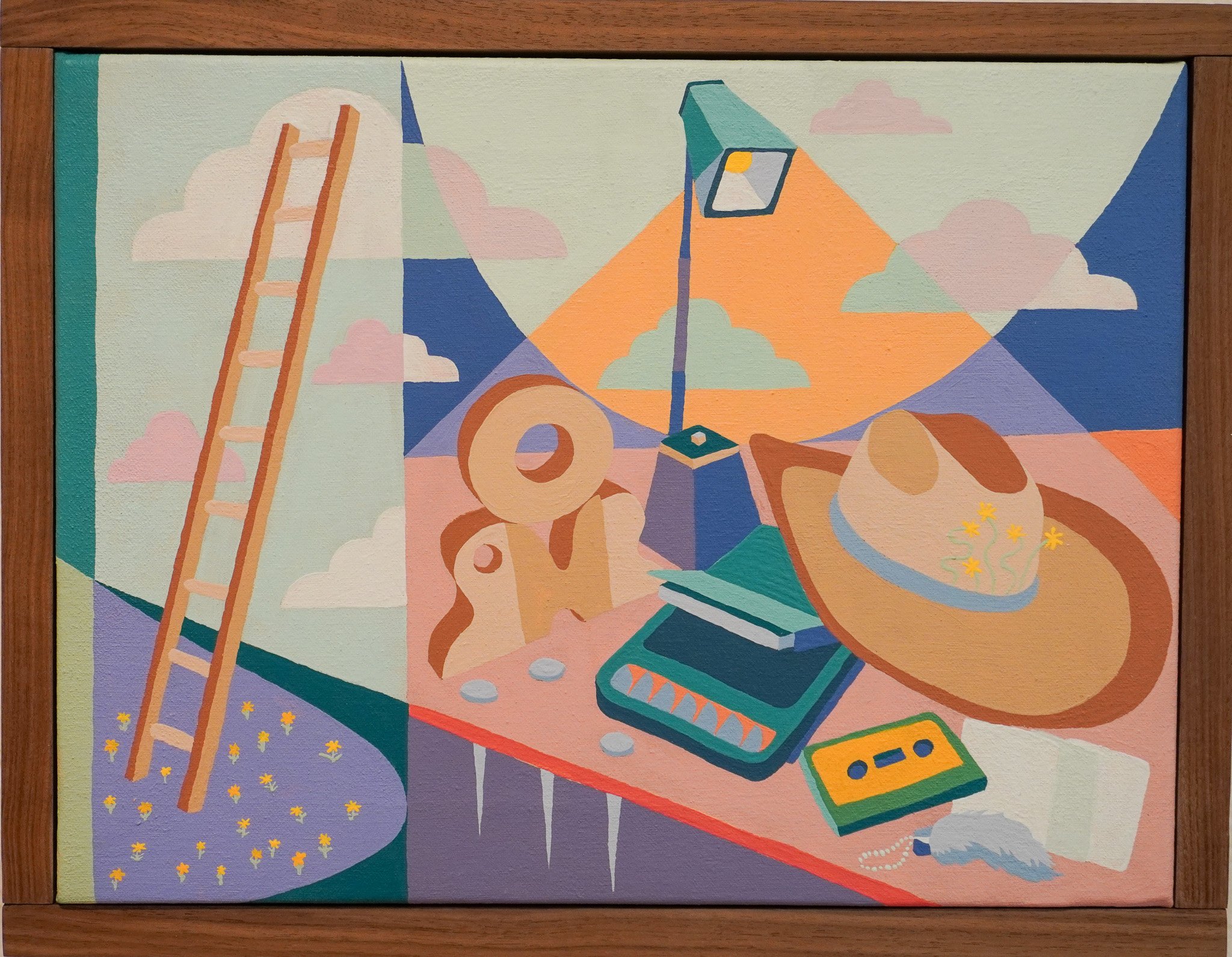

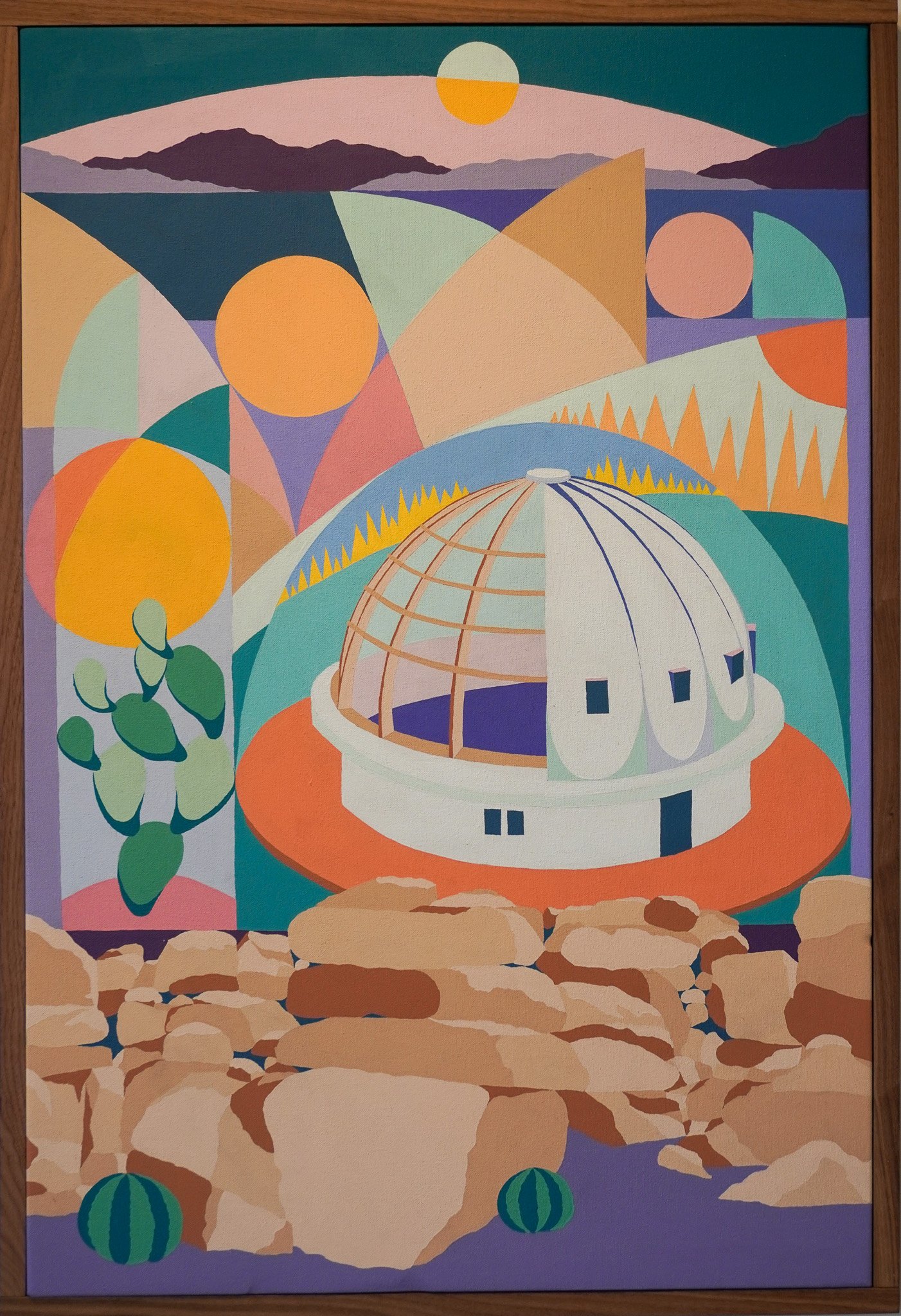
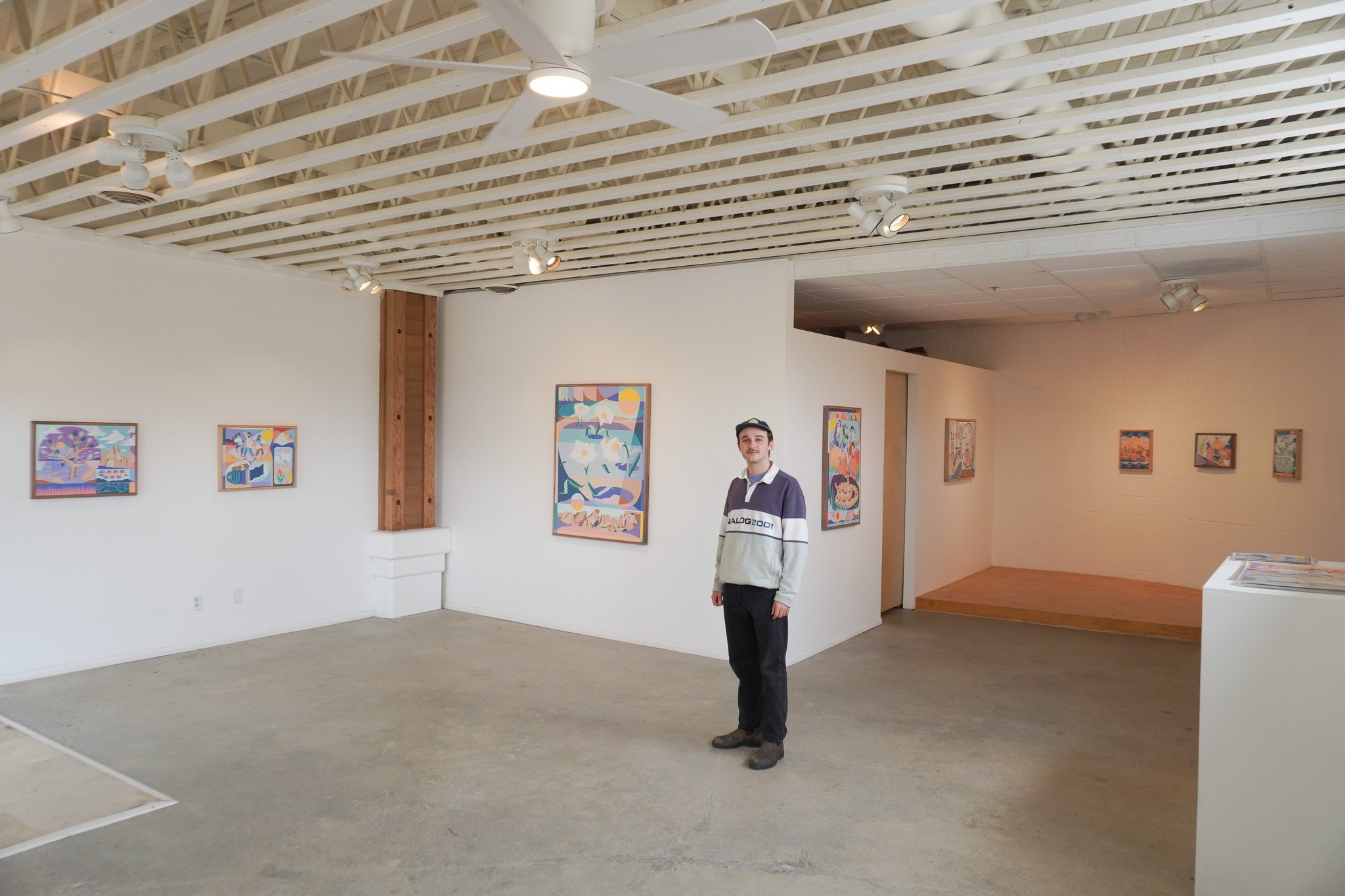
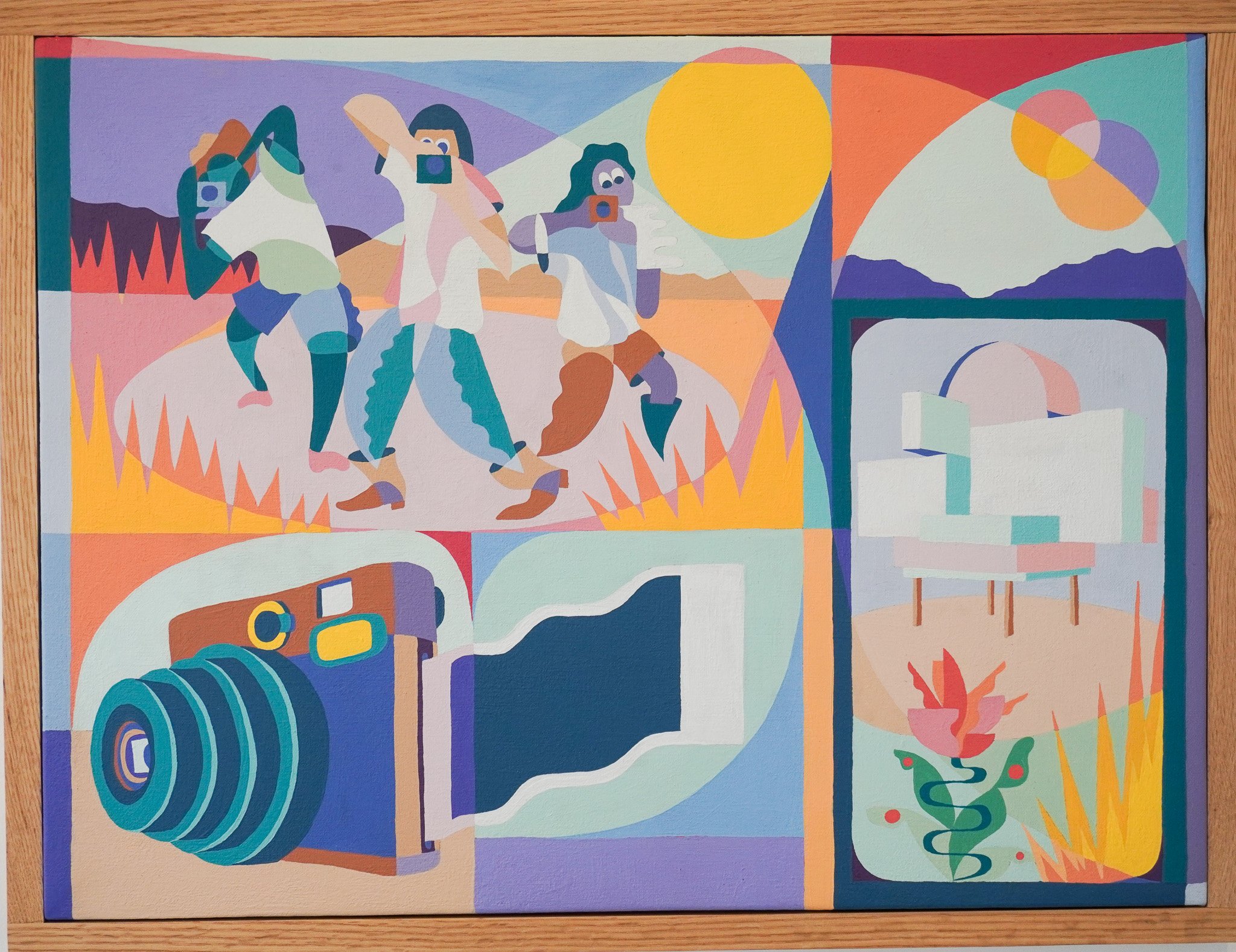
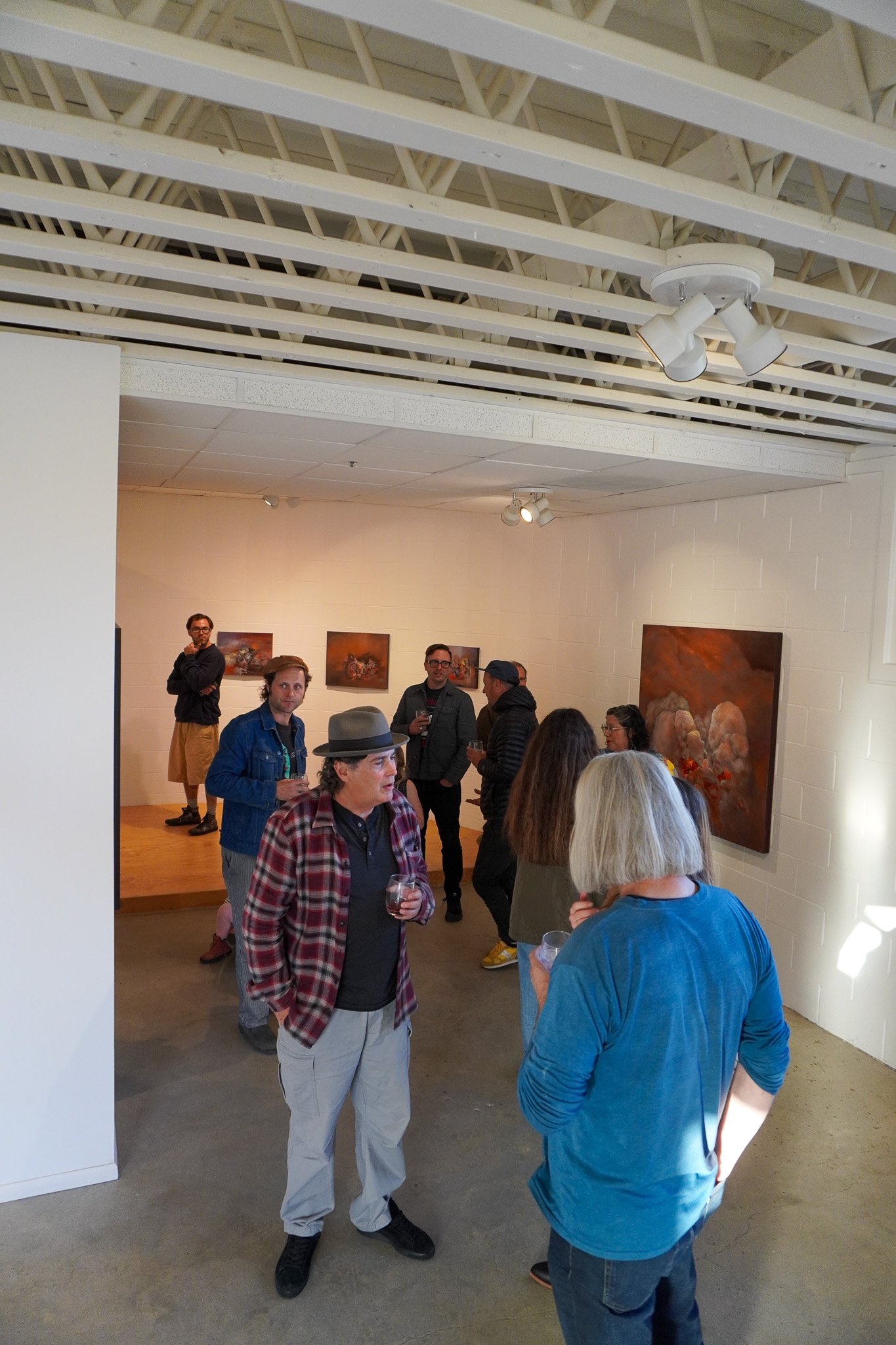
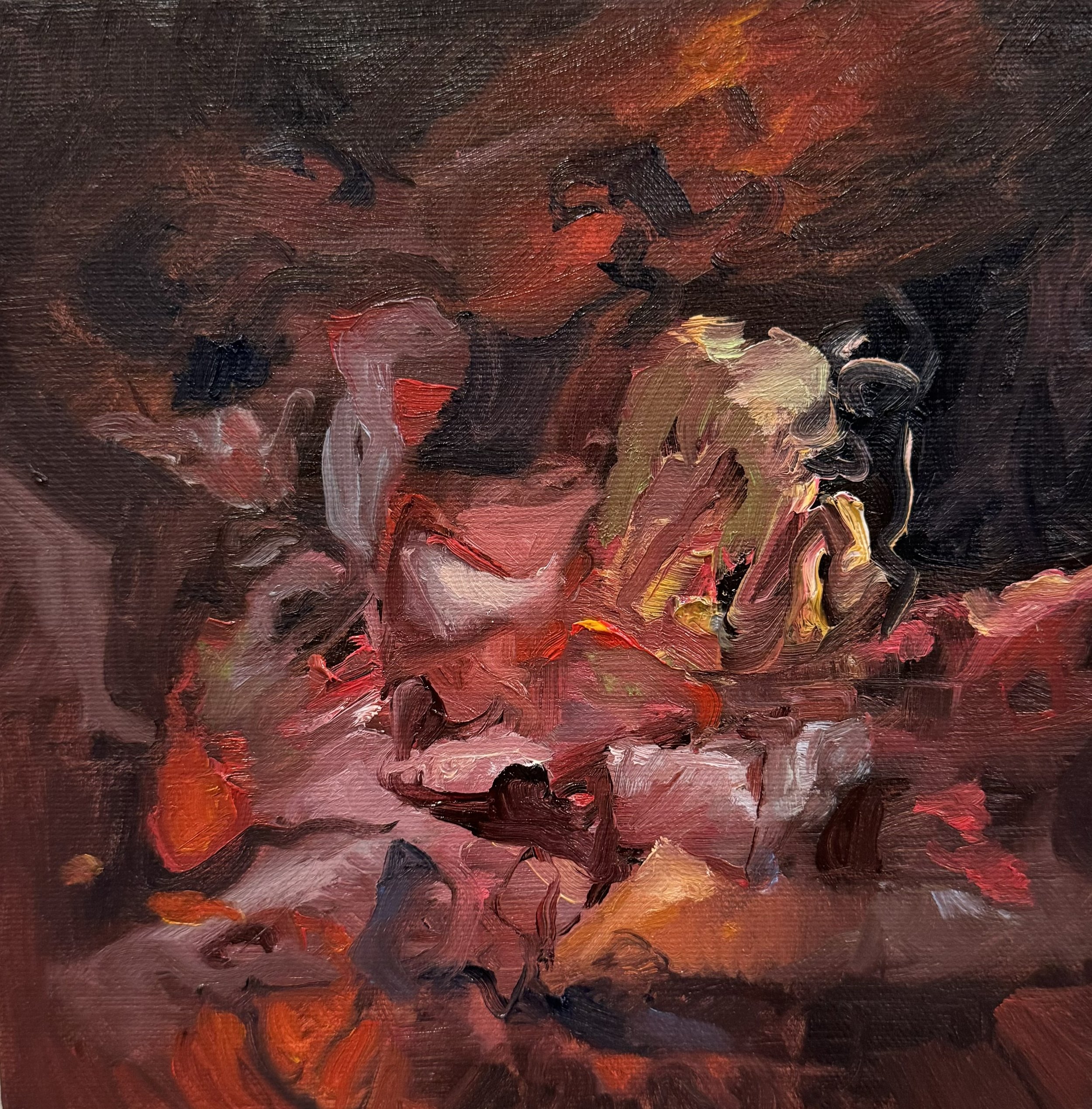
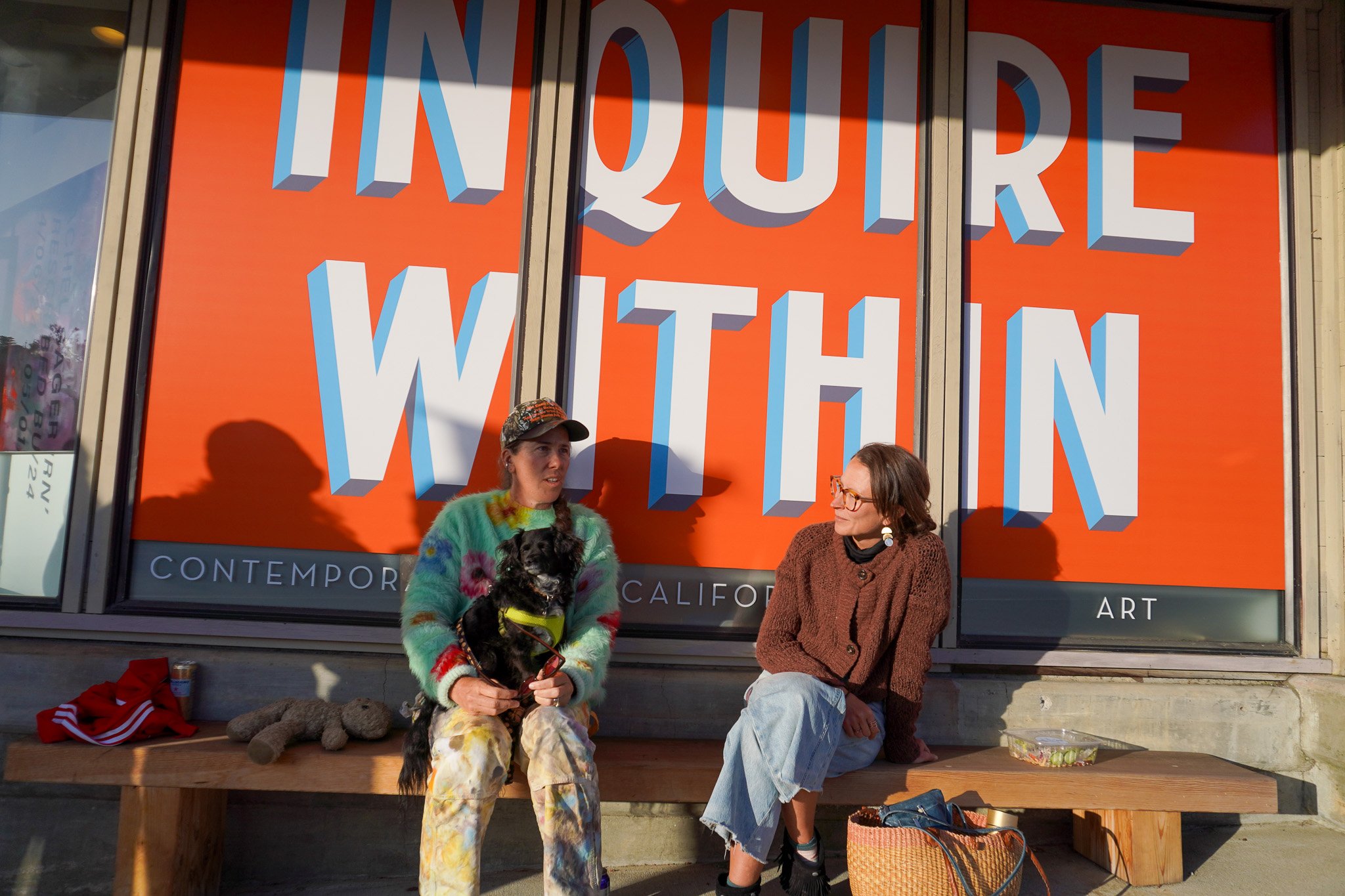

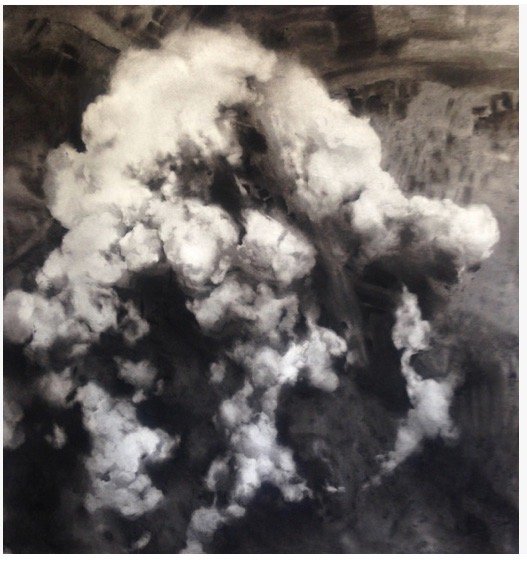
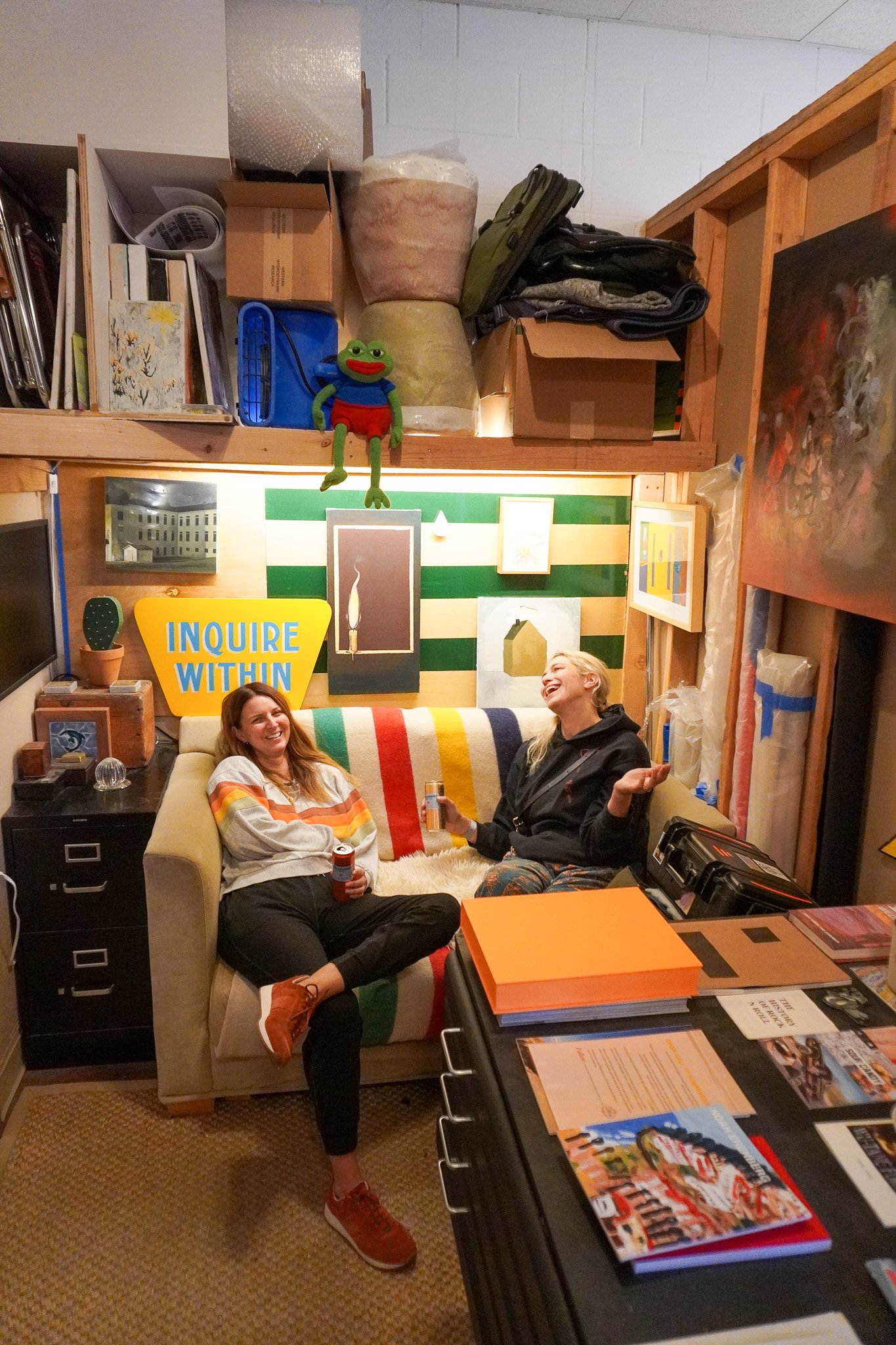
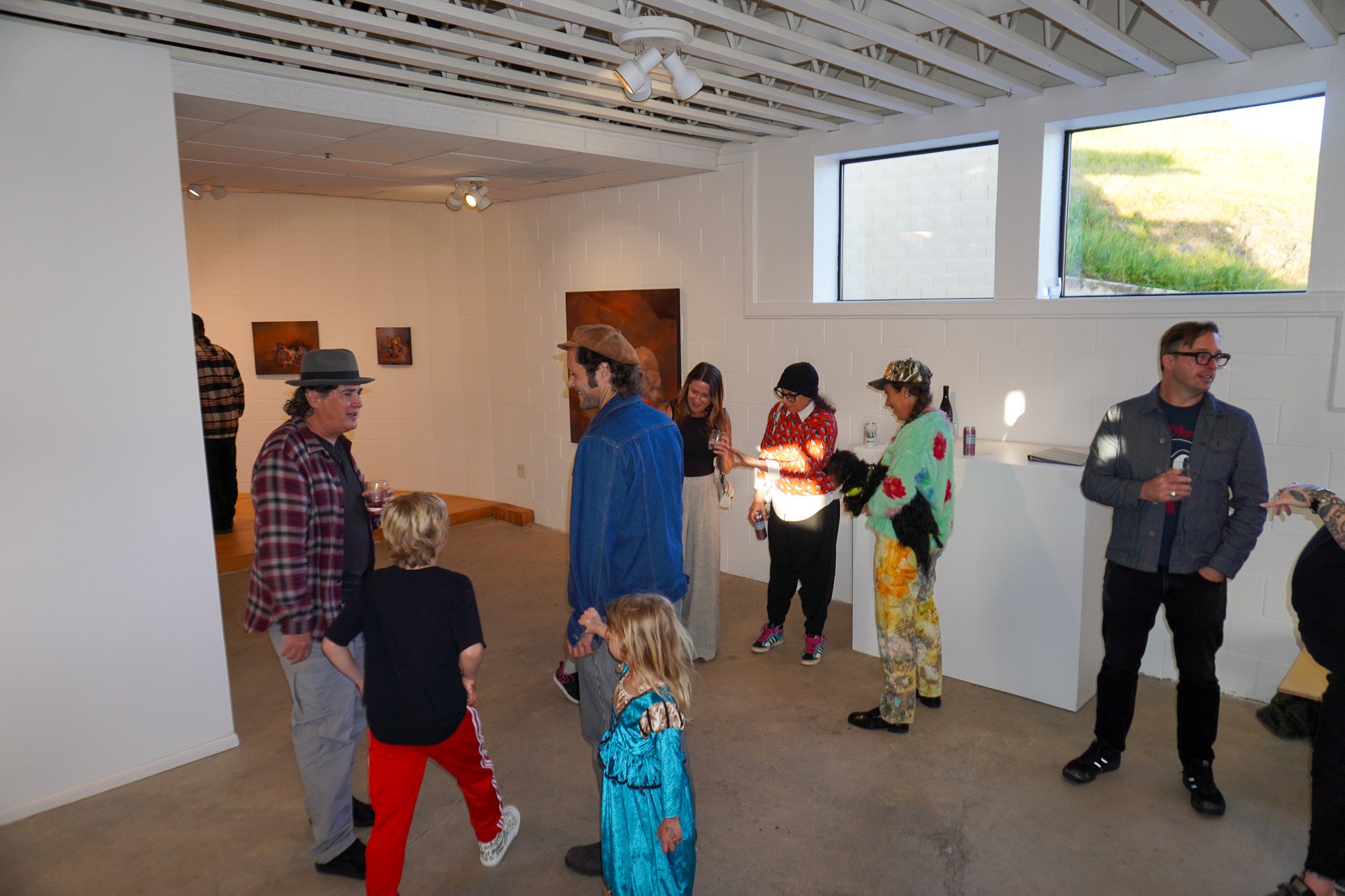
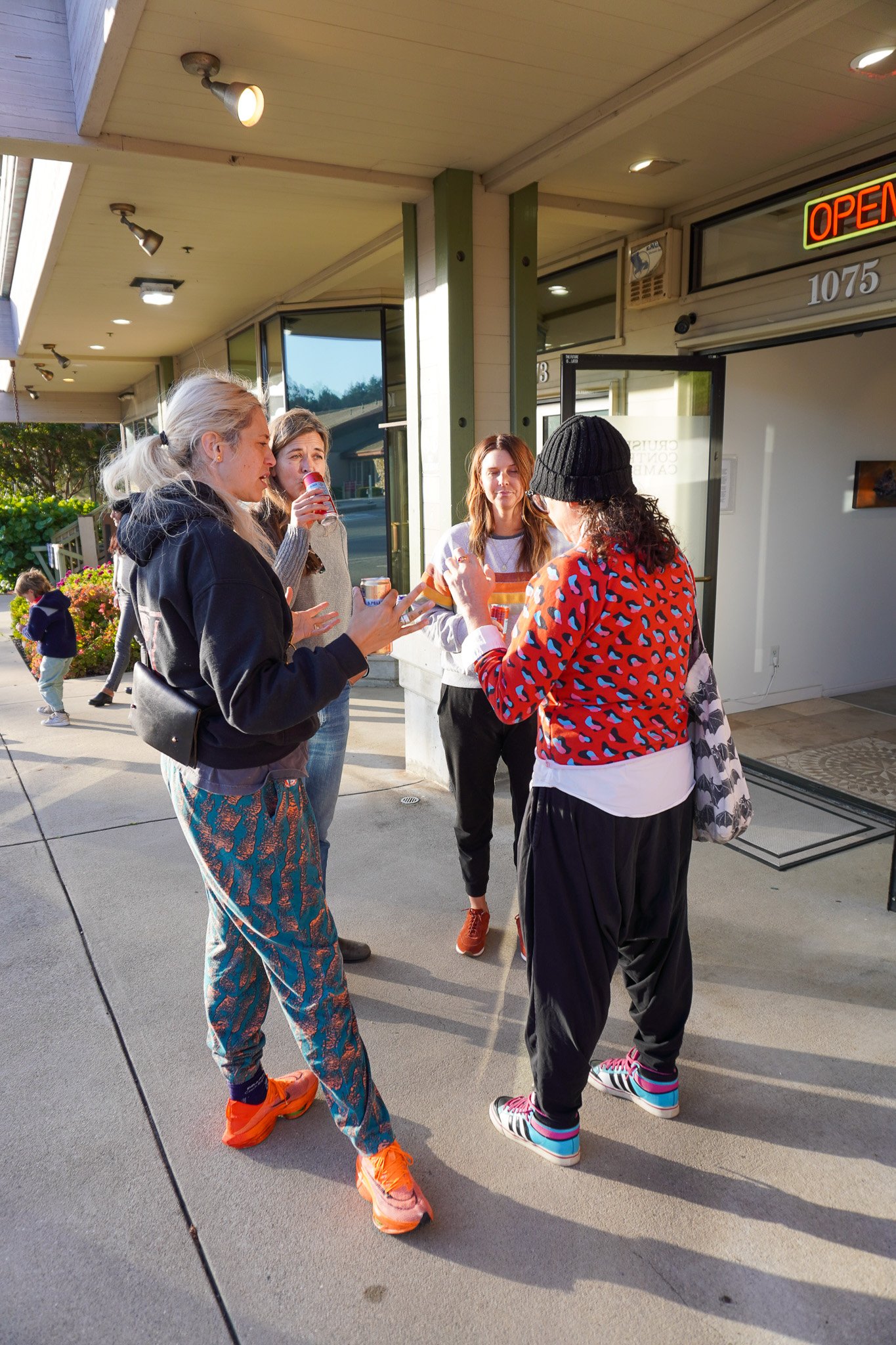
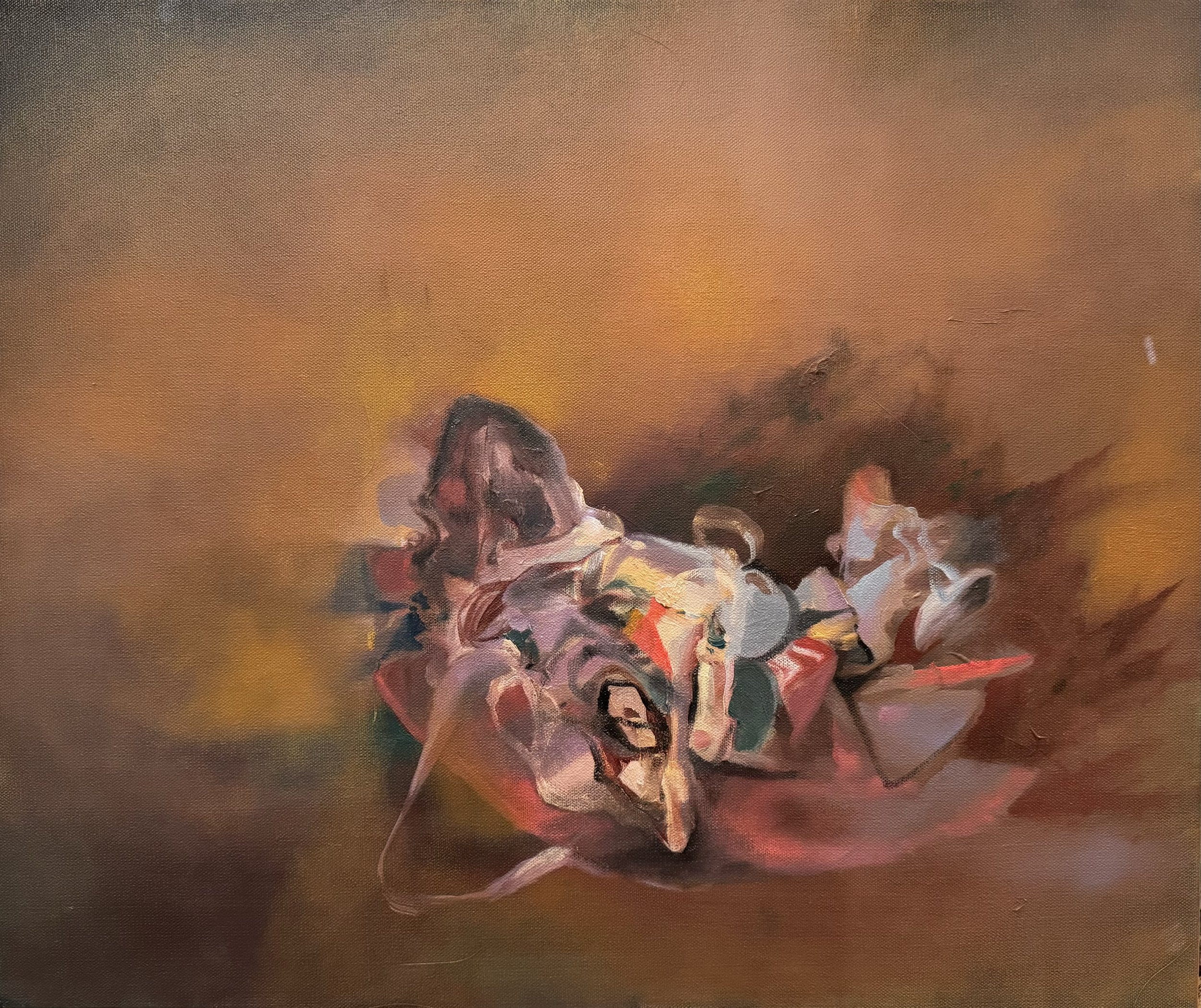
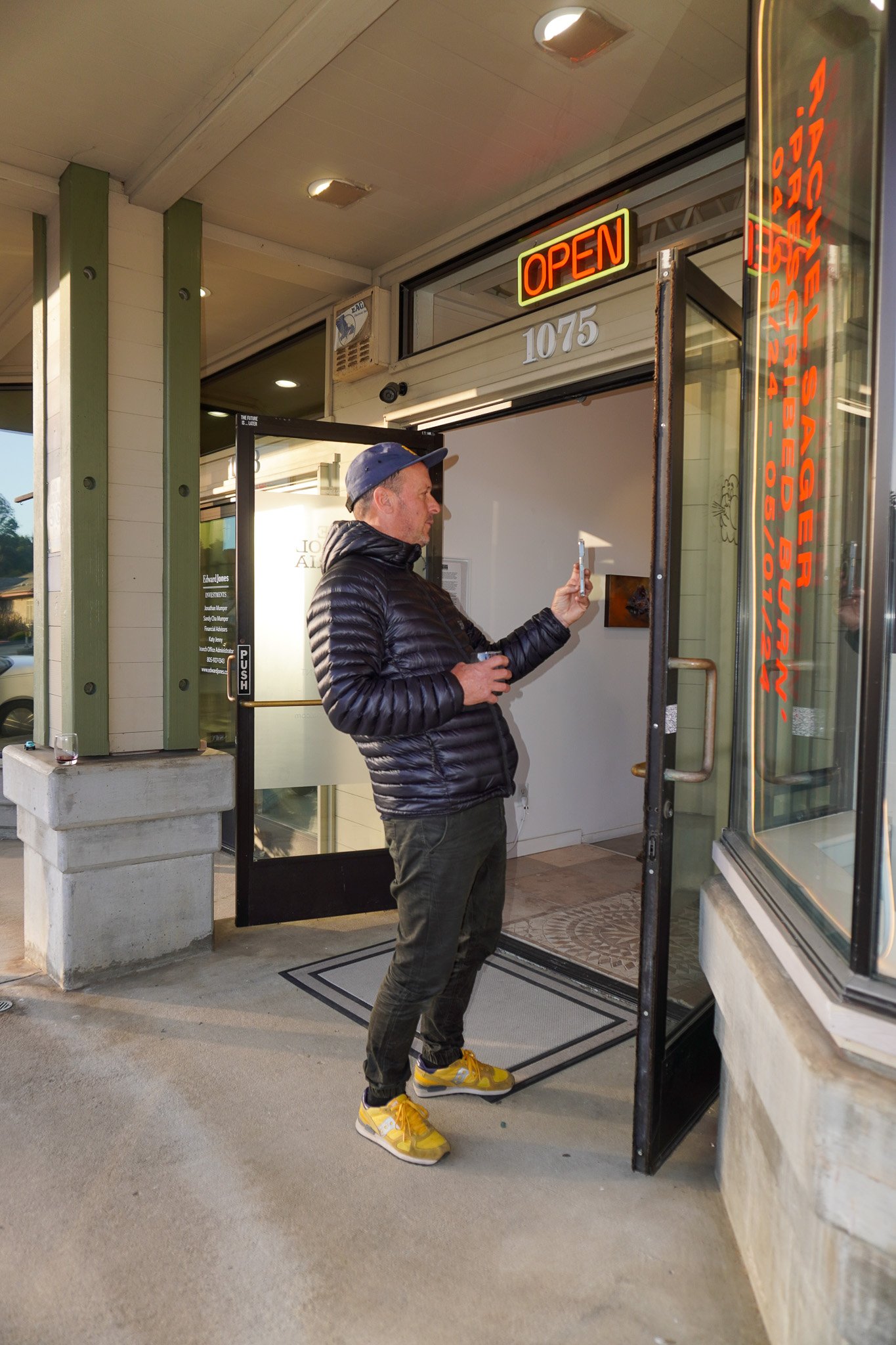
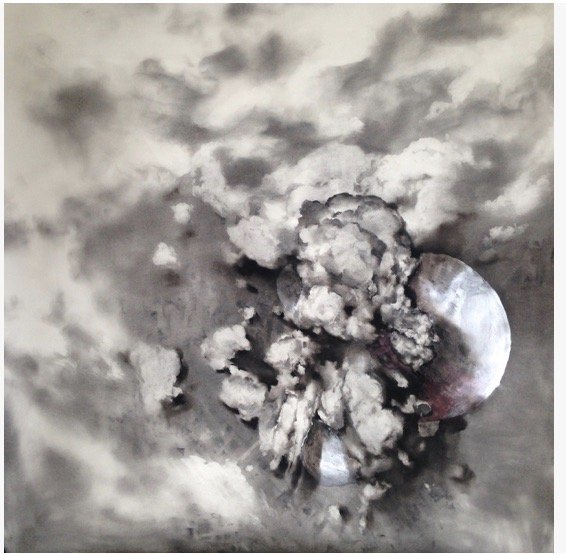
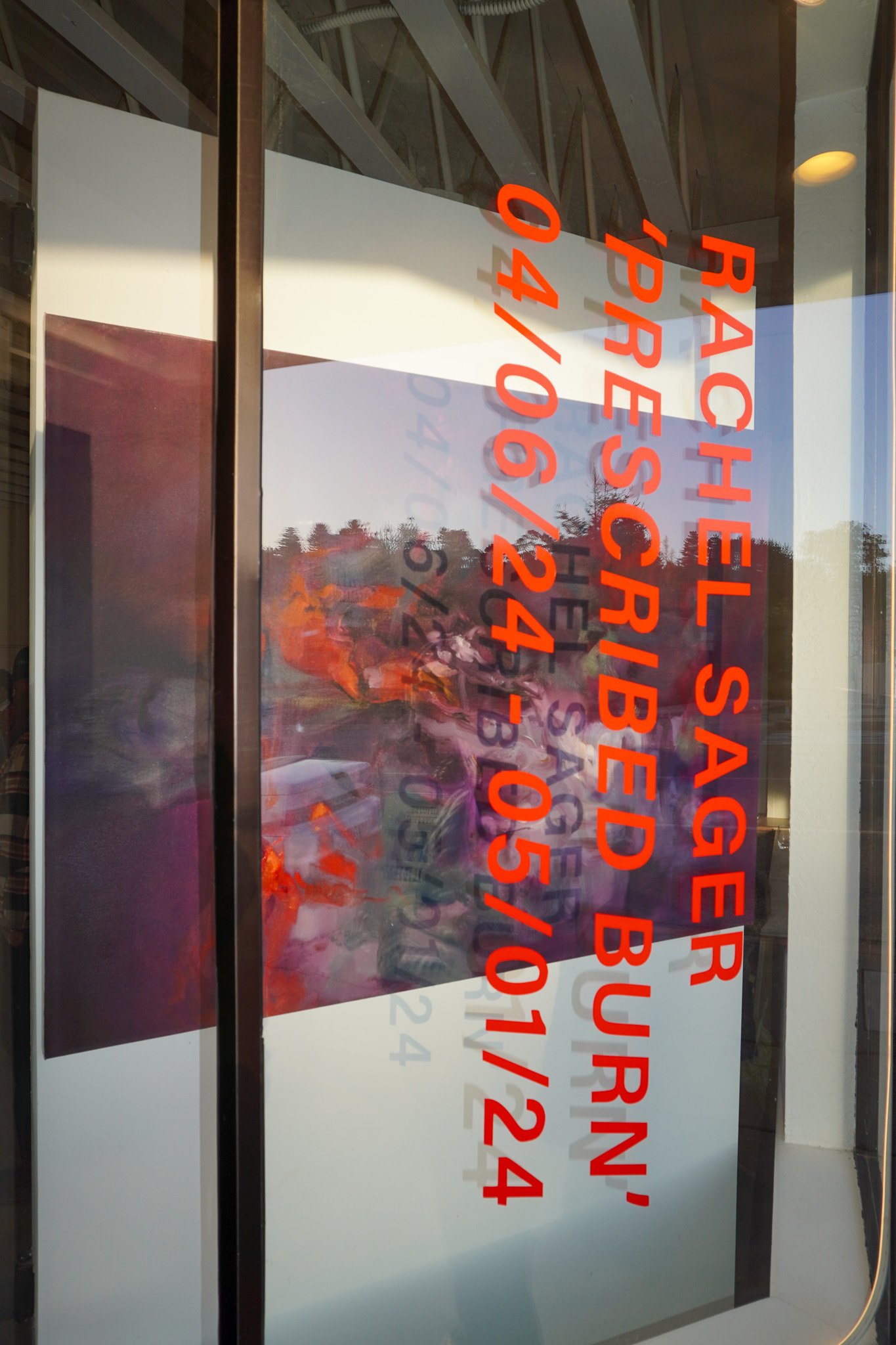
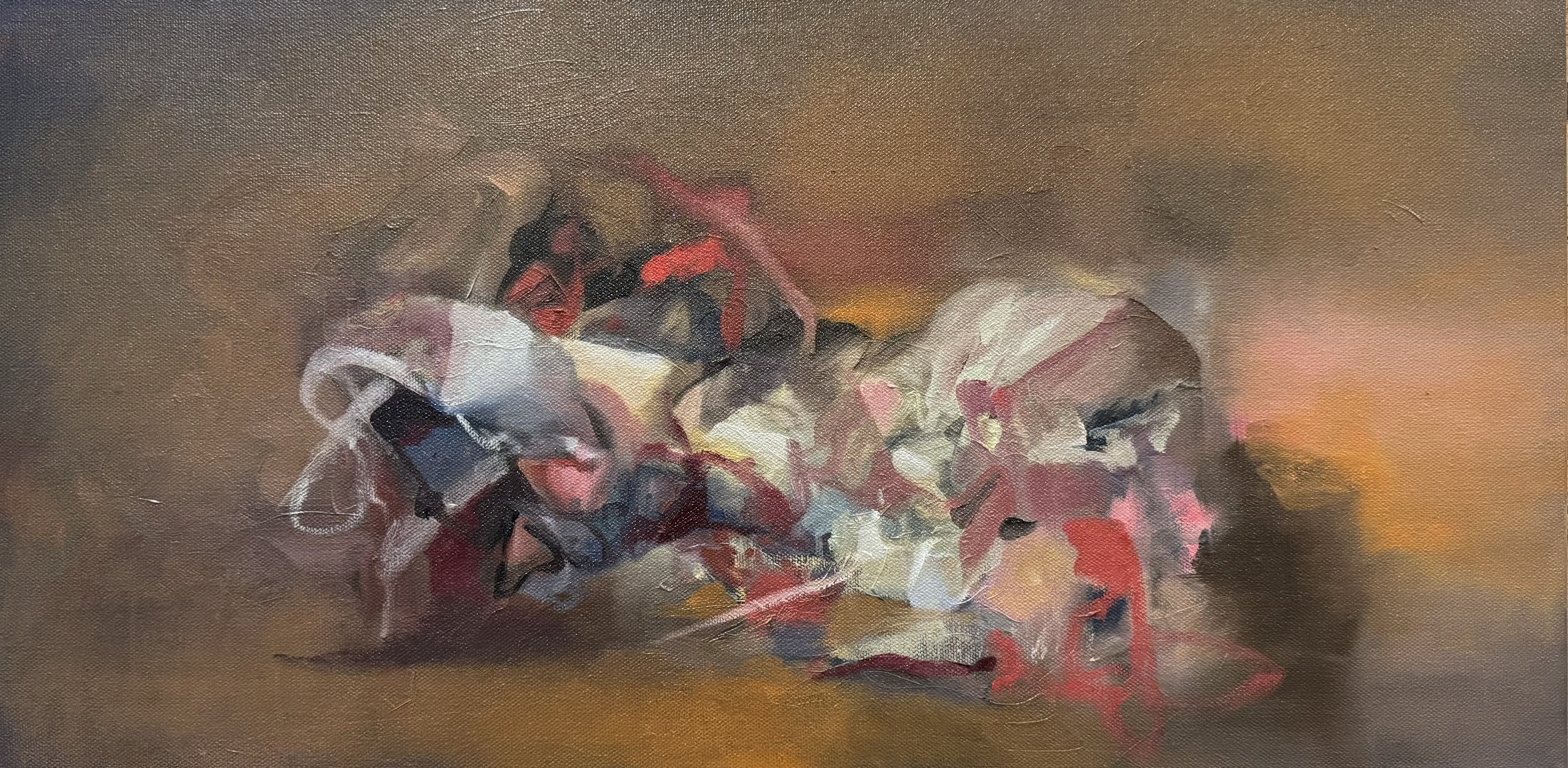
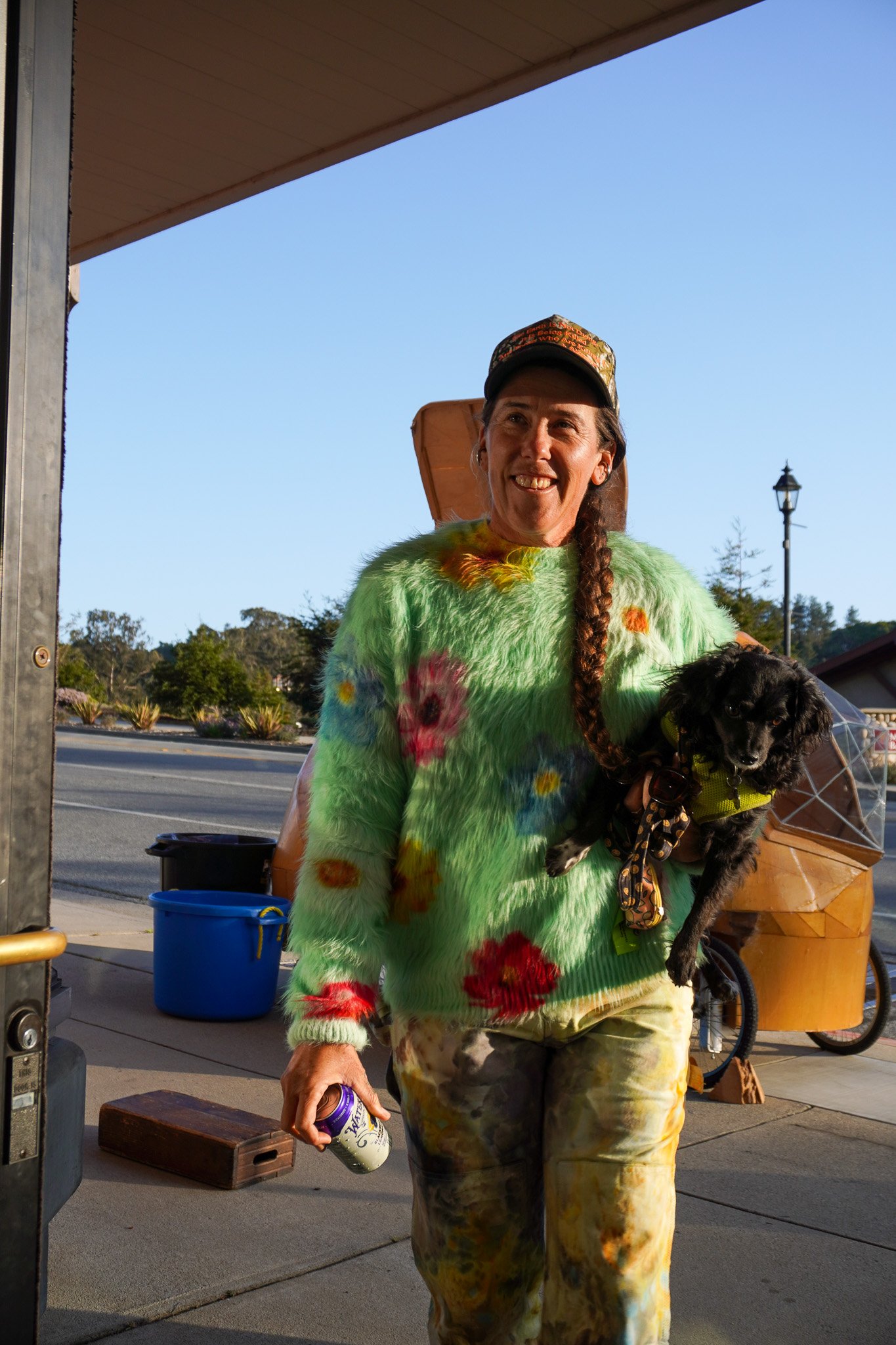
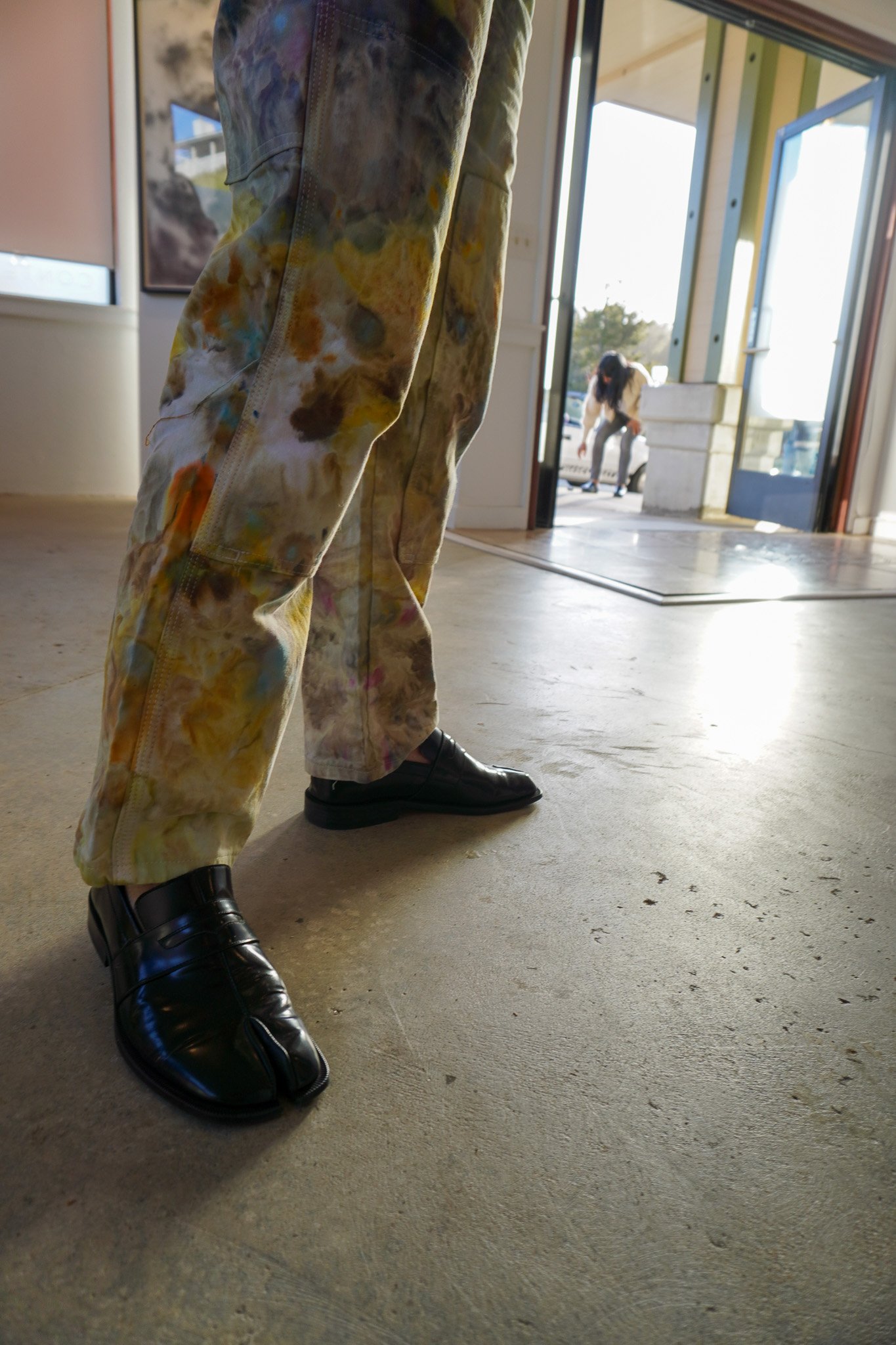
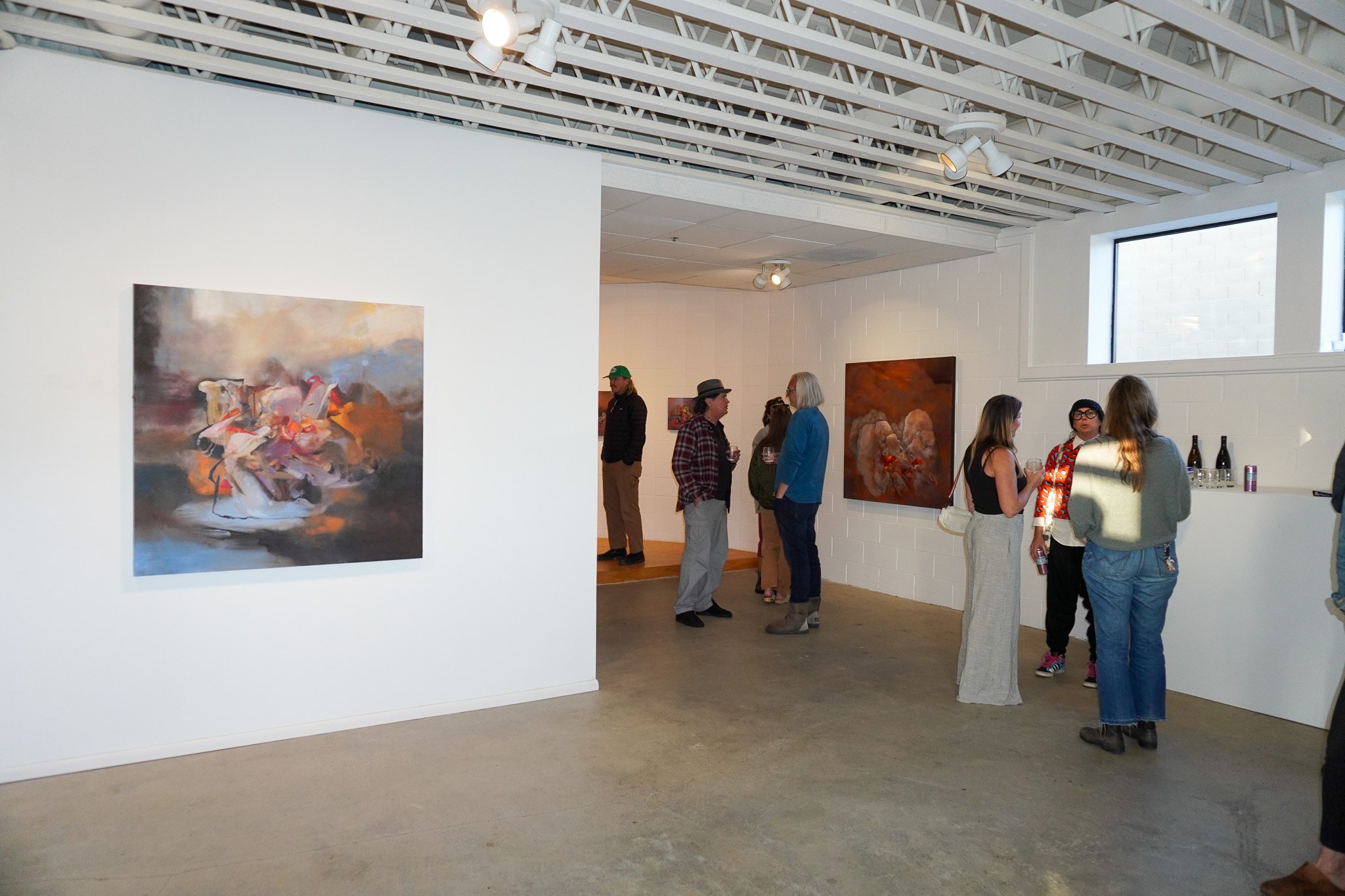
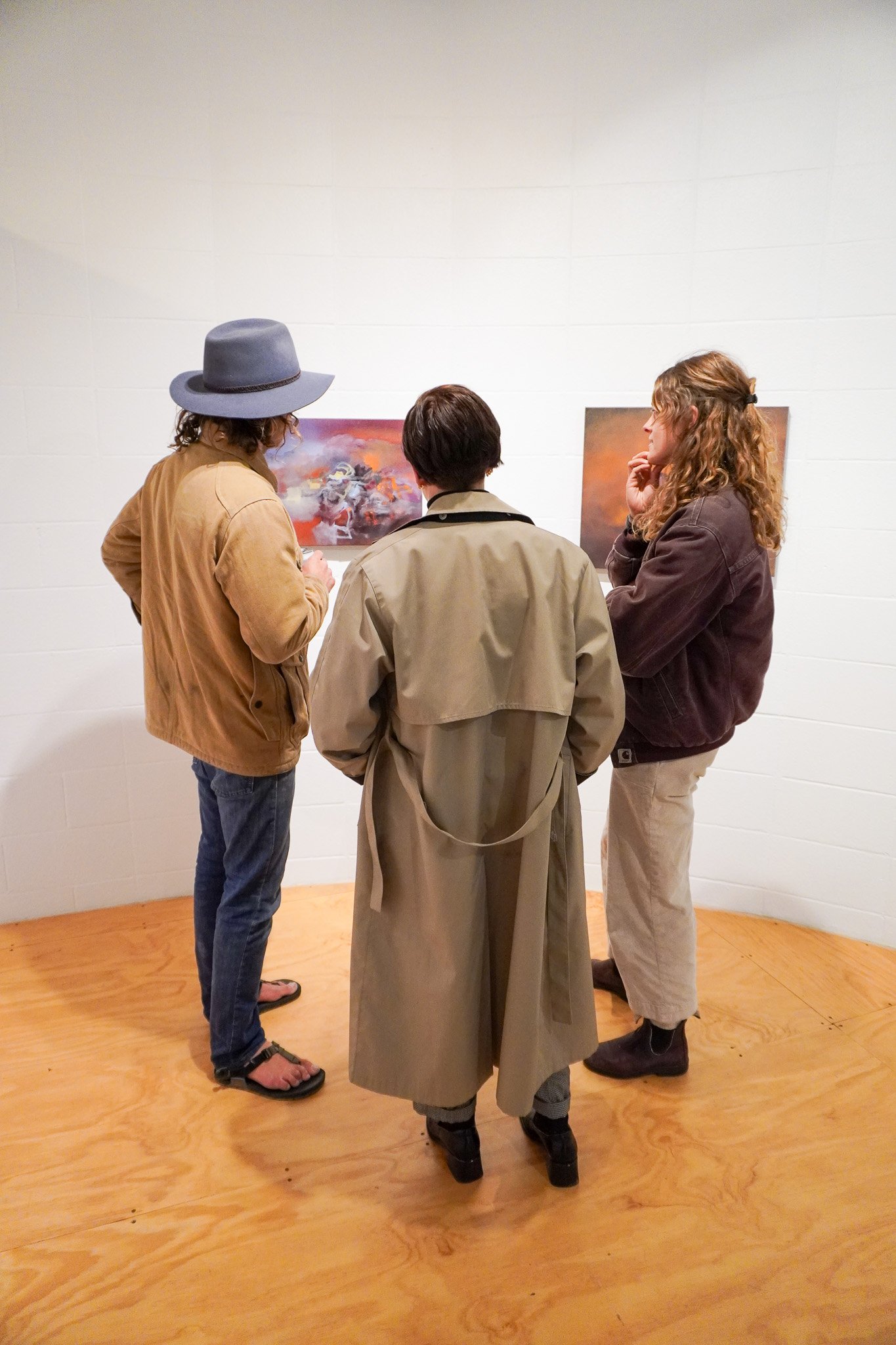
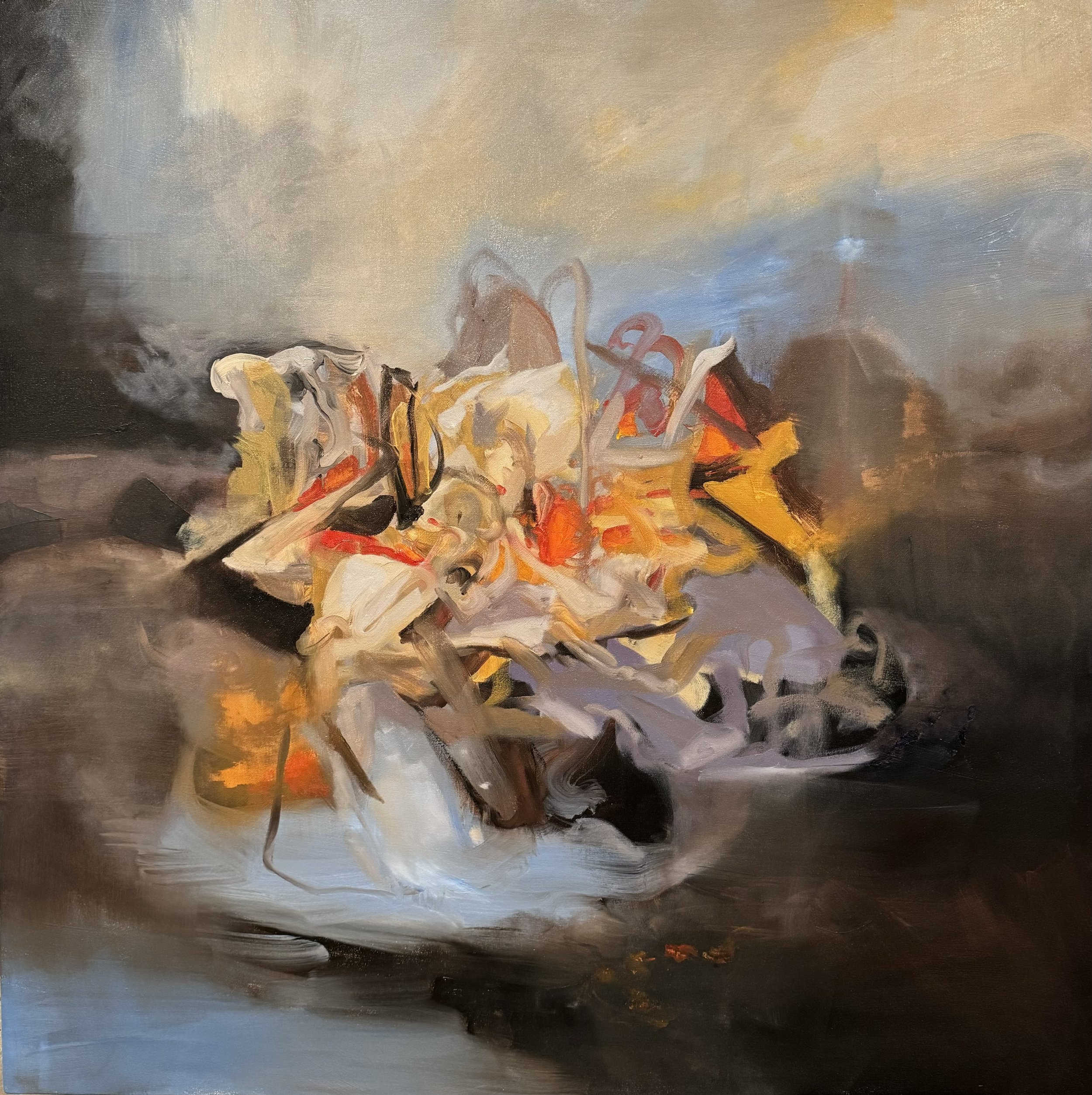

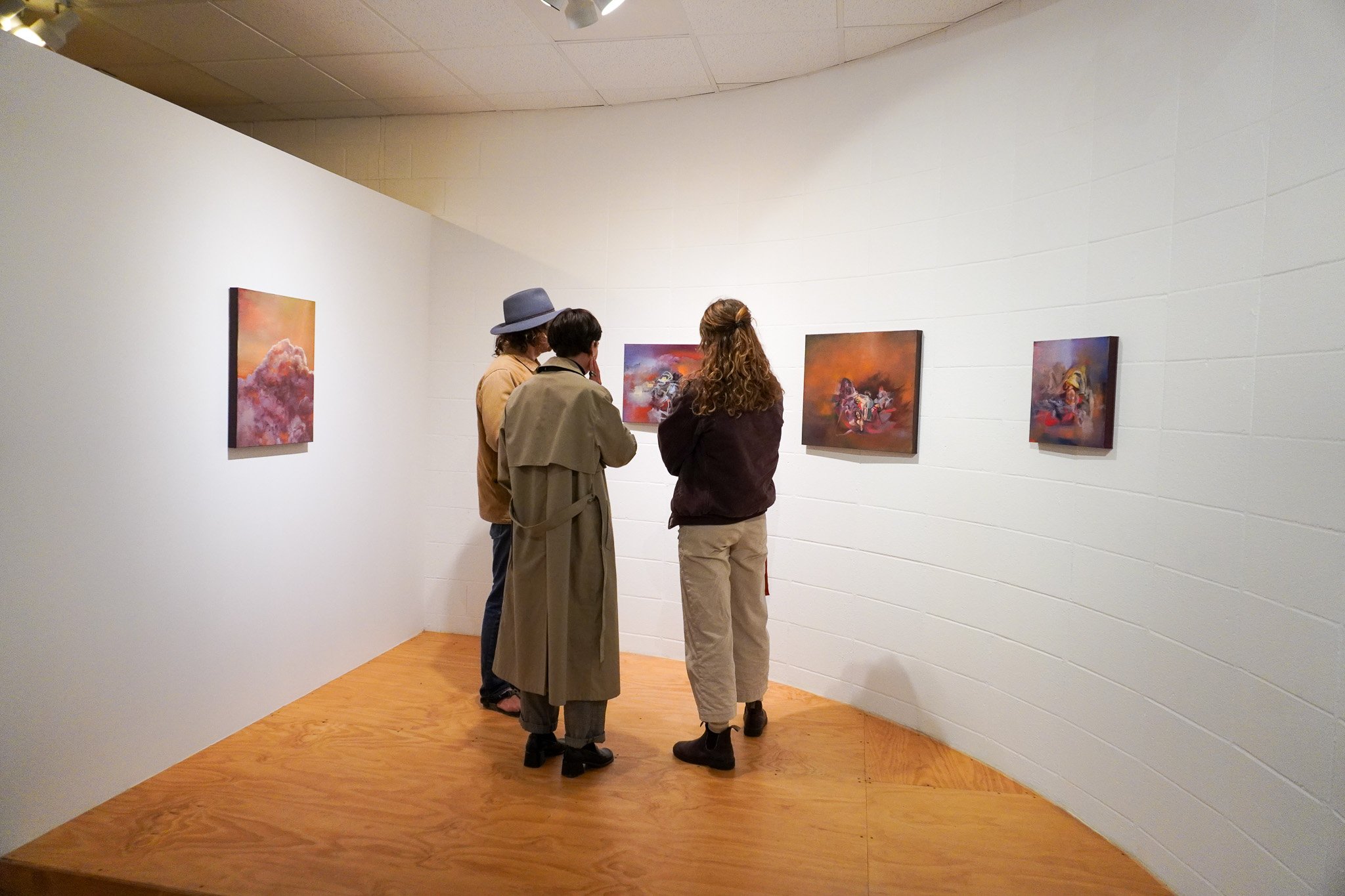
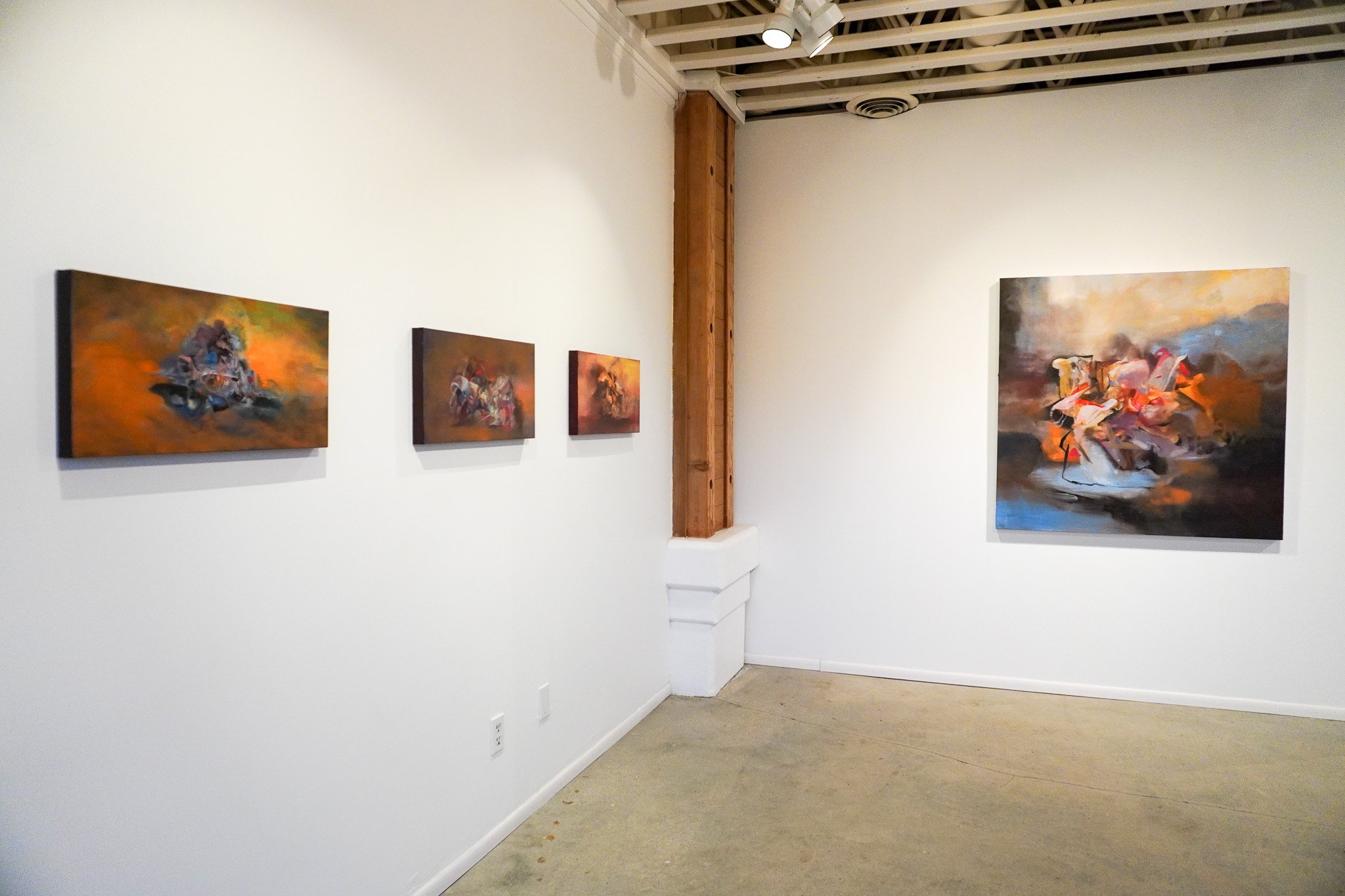
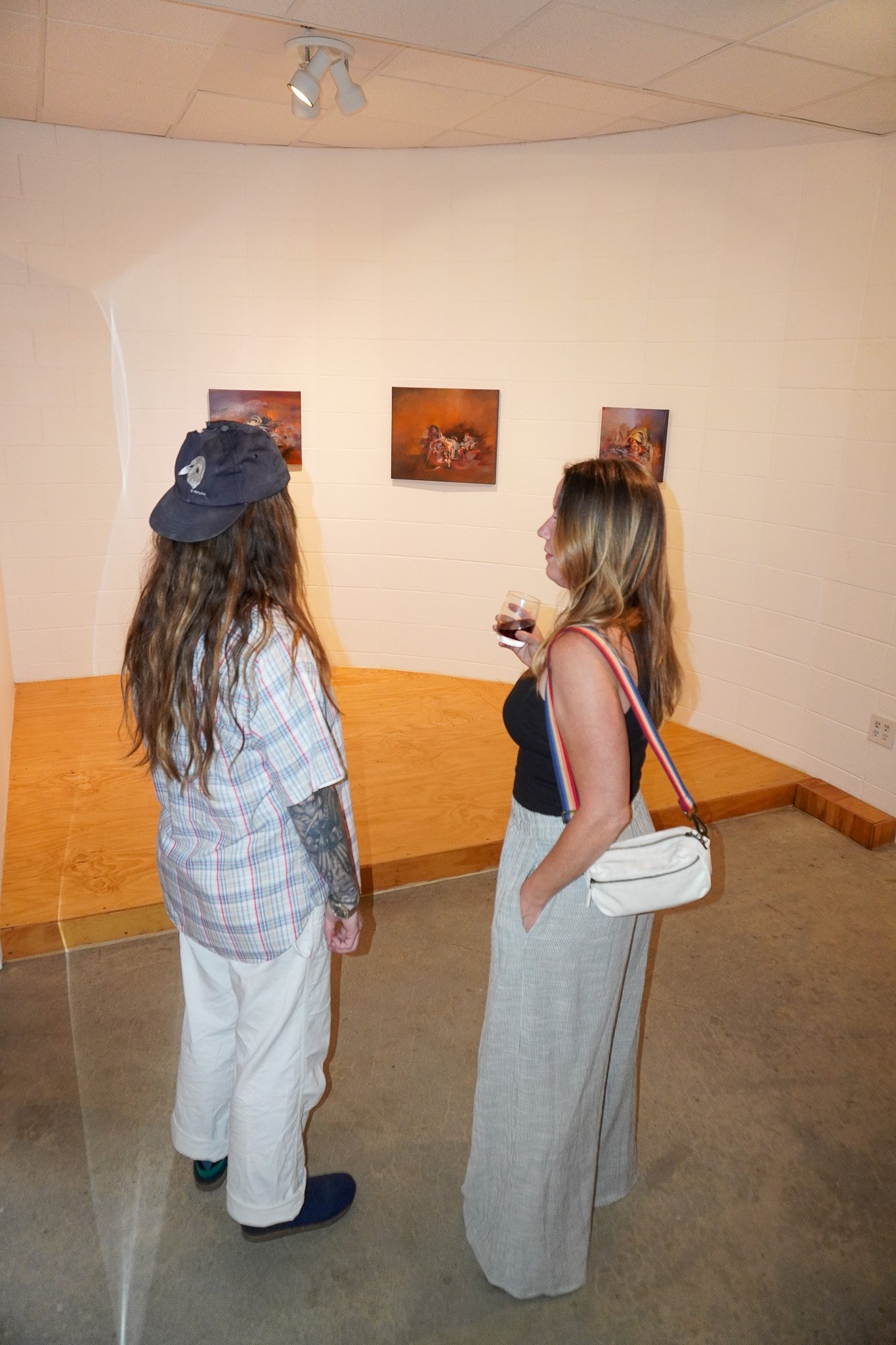
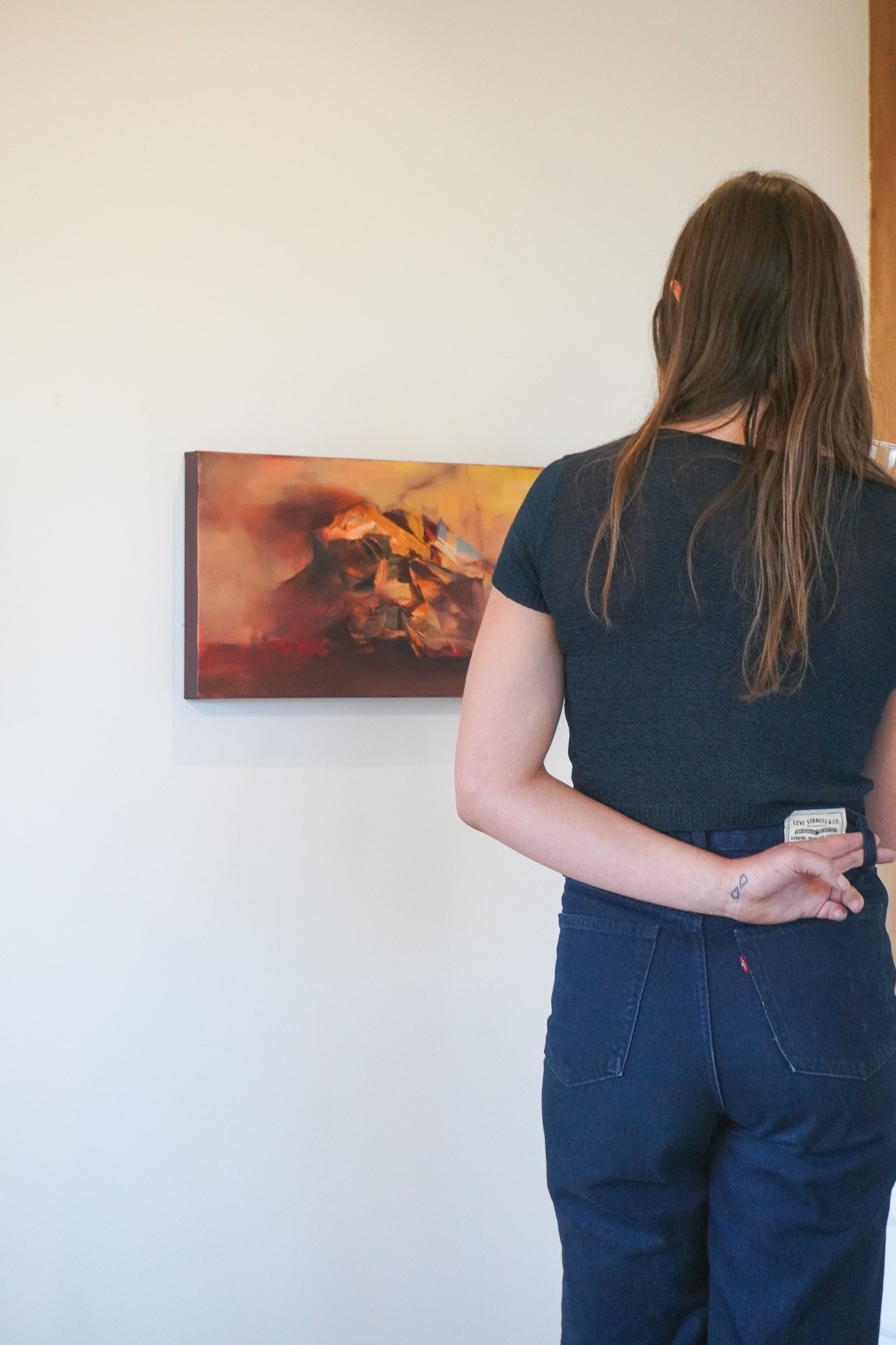
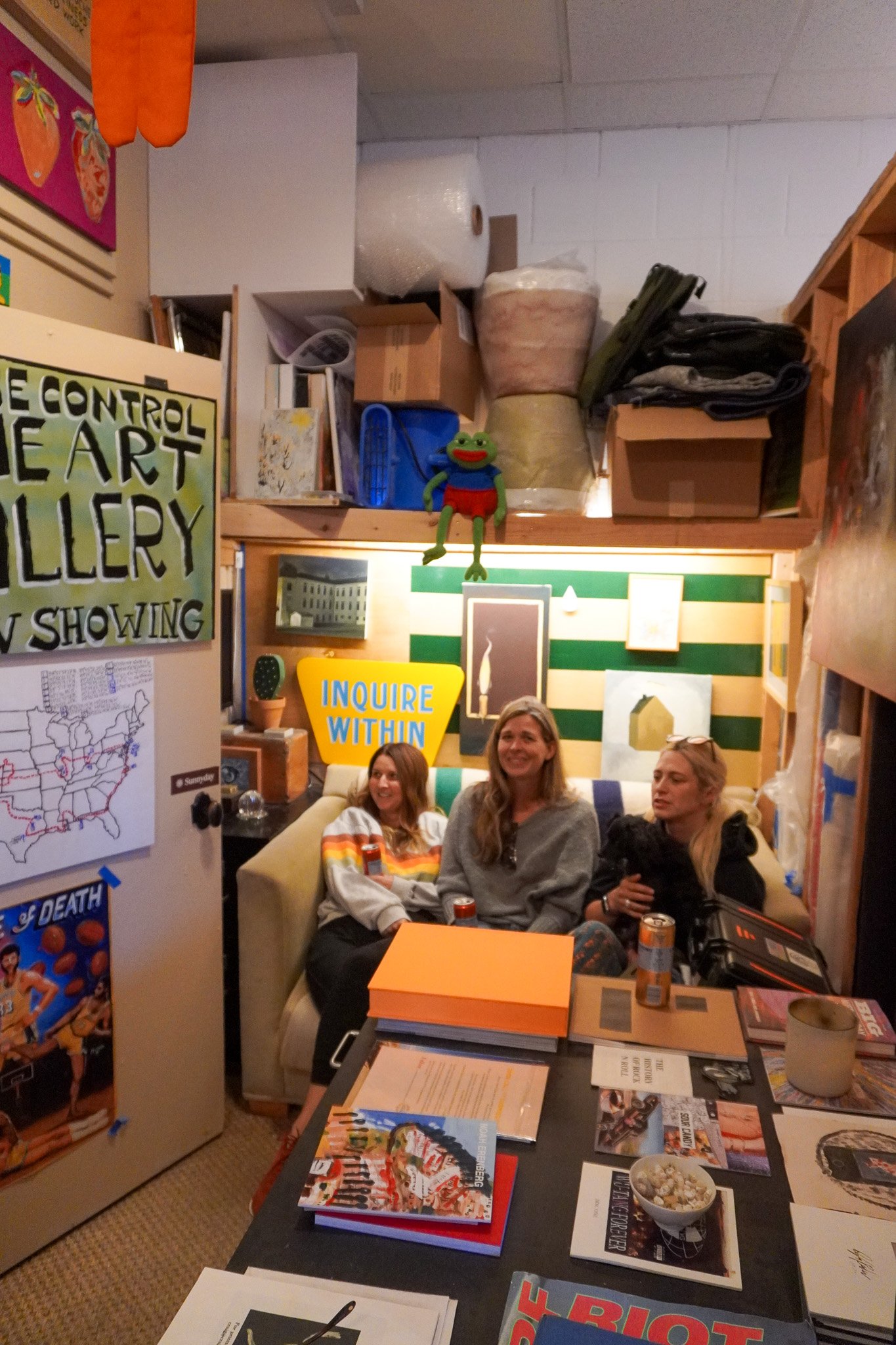
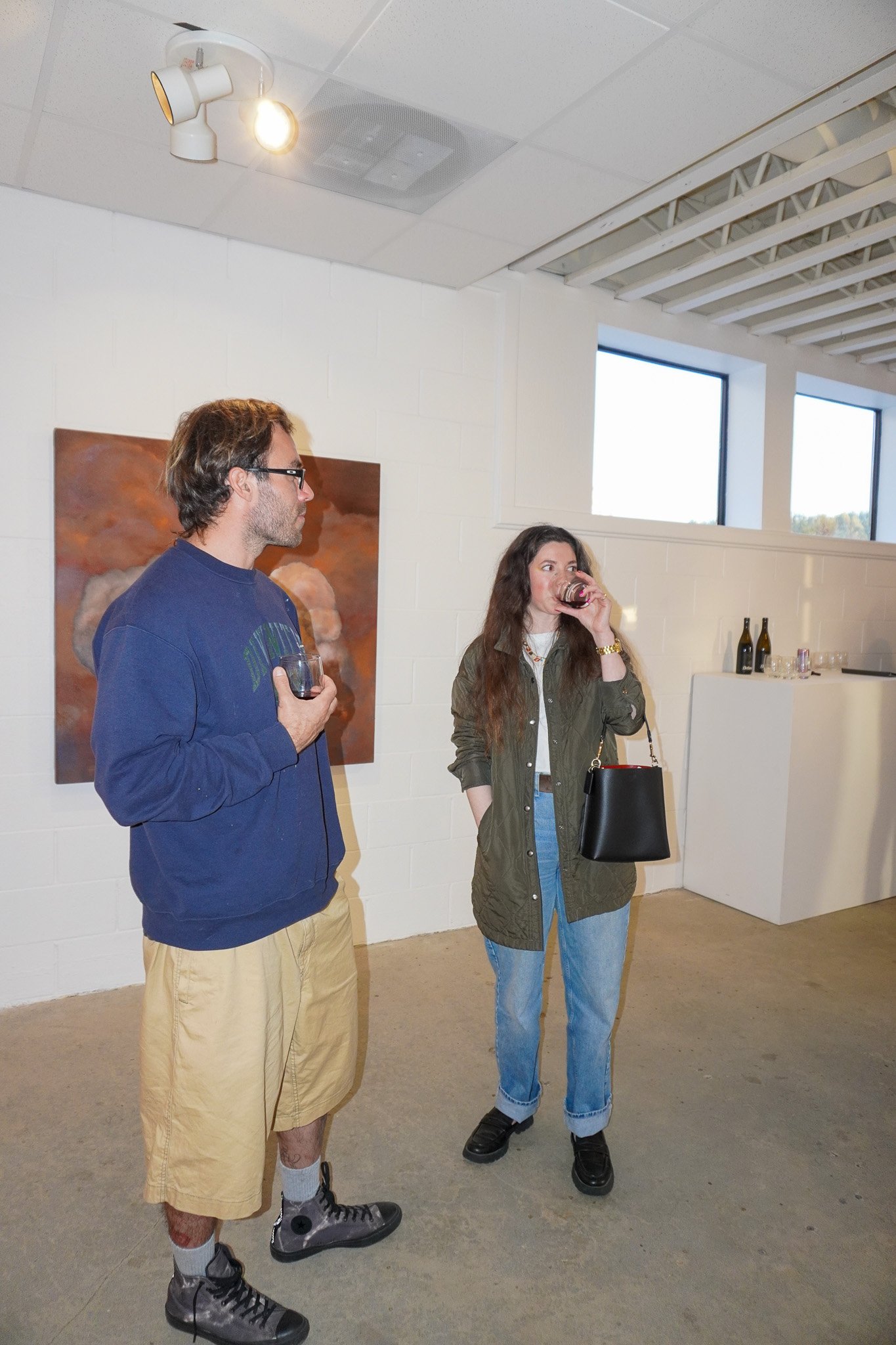
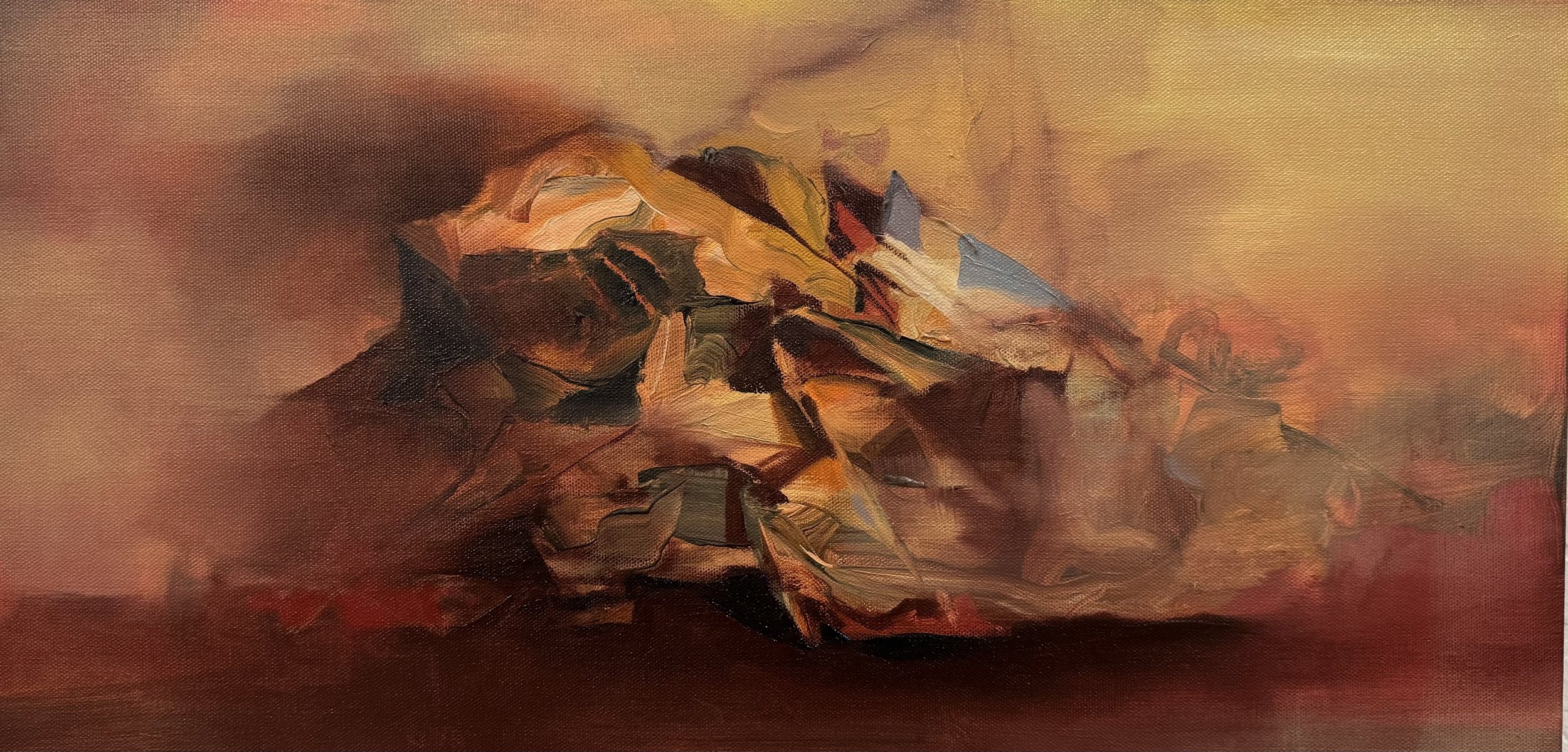
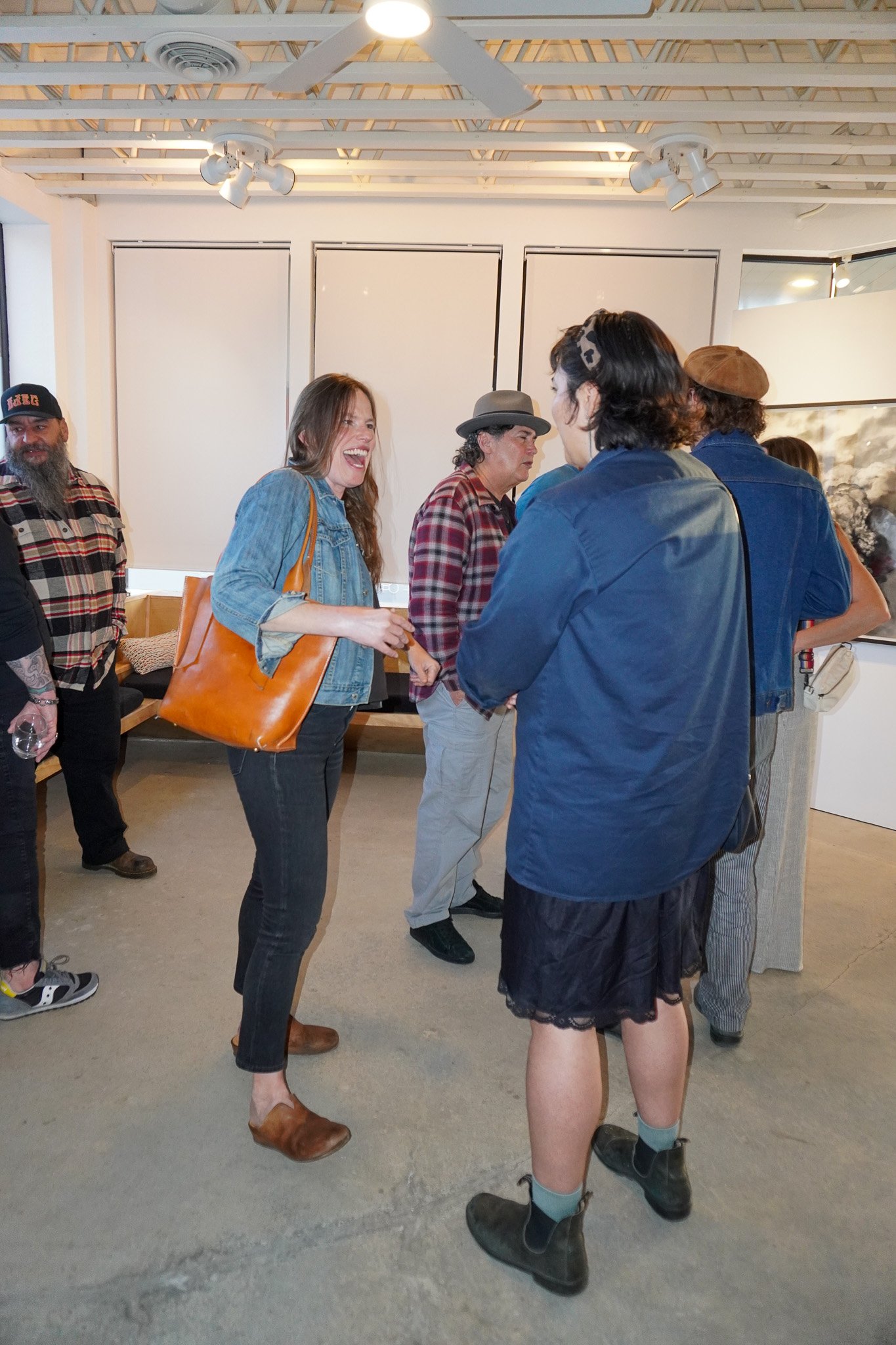
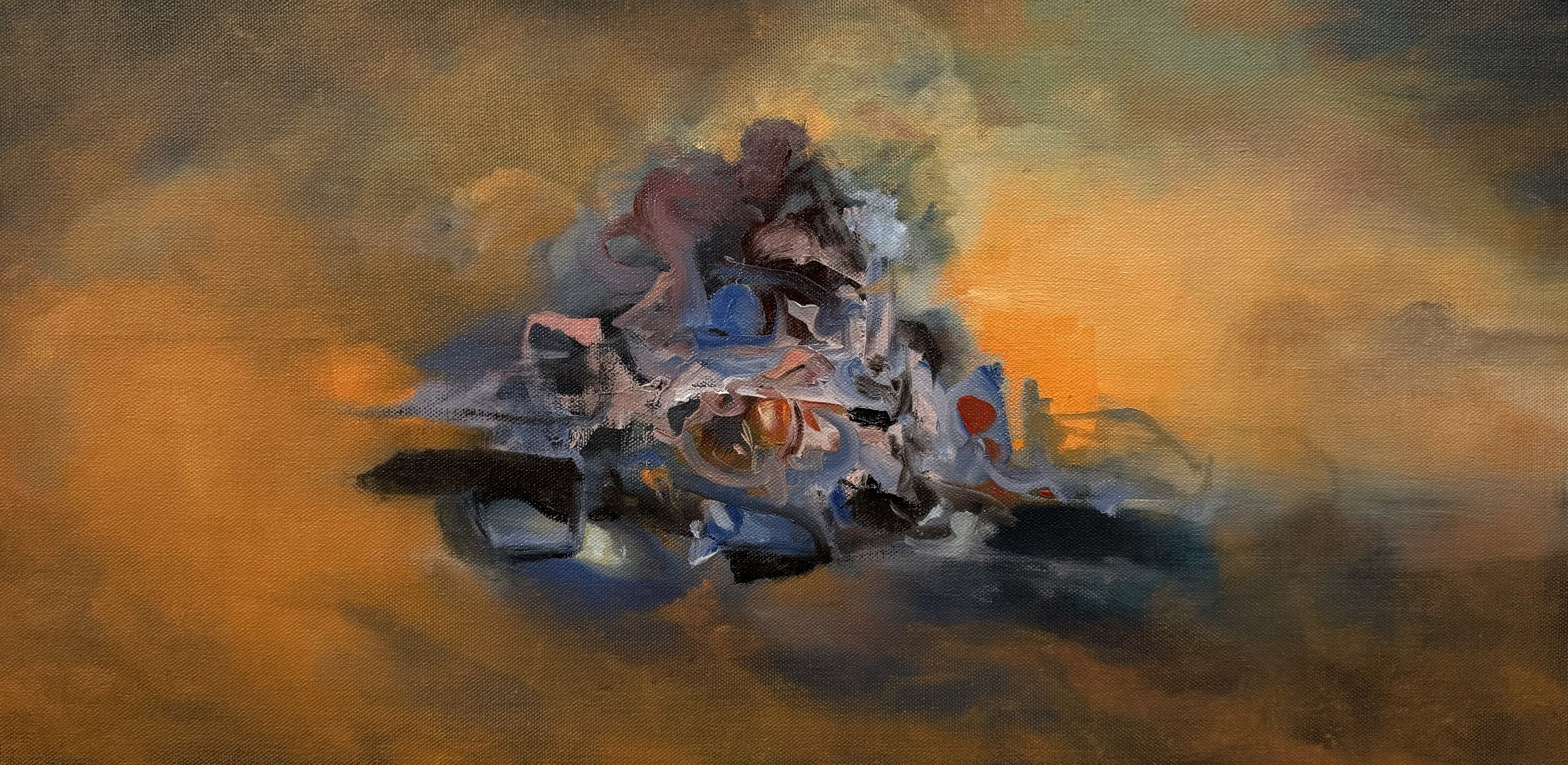

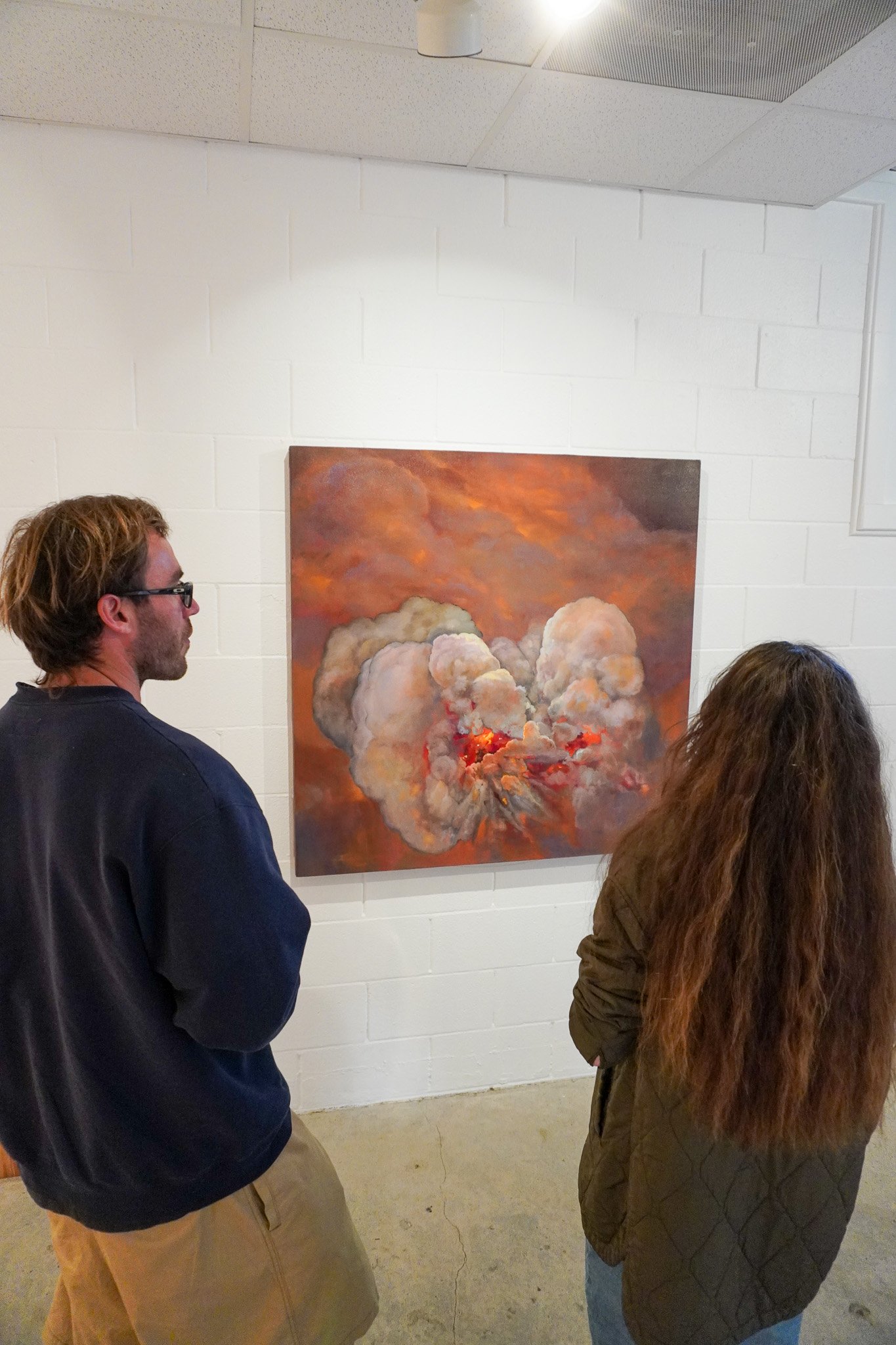

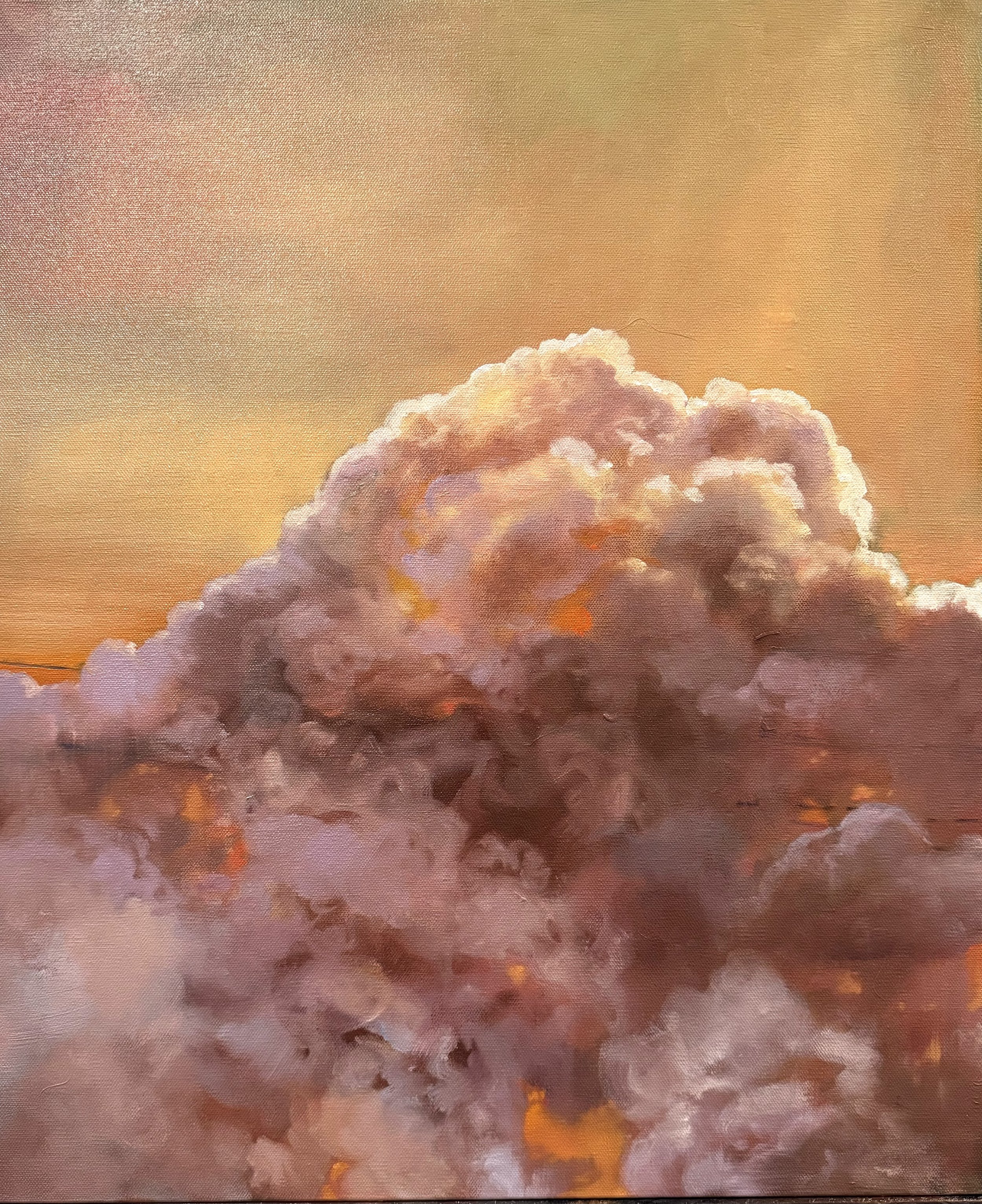
In "Prescribed Burn," Sager delves into the realm of the sublime, exploring an almost preternatural grandeur of form and color. Through her well informed choices, Sager invites viewers to contemplate , while also confronting the inner stories we can project onto these almost shape shifting entities.
Known for her ability to evoke emotion and provoke insight with each panel, Sager's latest series pushes the boundaries of her own traditional painting technique, offering a new perspective on unfamiliar yet captivating subjects. By infusing her work with elements of pointed abstraction, Sager invites viewers to engage with her art on a deeper, more personal level, inviting introspection and interpretation that reach beyond the internalized world of the viewer and guide attention back onto the painted surface.
"Prescribed Burn" serves as a testament to Sager's continued evolution as an artist, showcasing her fearless exploration of new techniques and themes. Through her bold experimentation and unwavering commitment to authenticity, Sager challenges audiences to expand their perceptions of art and the world around them.
JAYSON MAULE’
Maule’ (b.1999) refuses to conform to the constraints of the standard deviations of an empirical formula bell curve. This drive to be recognized outside the average data points of 68%-95%-99.7% define the current trajectory of his practice. His art speaks to the inherent chaos and beauty of existence, urging viewers to question preconceived notions and embrace the limitless possibilities of creation.
In a world obsessed with categorization and quantification, Jayson Maule is an adept practitioner of artistic freedoms, reminding us that true innovation lies in daring to venture beyond the boundaries of the expected. Living and working in sleepy Arroyo Grande in his childhood home, Jayson exists between the overgrown marshes of a frog sanctuary and the endless neutral cottage cheese textures and tiled roofs of a suburban subdivision.
Employing a diverse array of painting, drawing media, and repurposed objects Maule weaves engineered color palettes, textured surfaces, and mark-making, resulting in a synthesis of abstraction and representation reminiscent of collage.
Within his creations, familiar symbols, runes, language, textual elements, and prose emerge over the course of the artistic endeavor, orchestrating a narrative. Maule's artistic endeavors aim to capture a facet of contemporary human experience, delving into the complexities of collective identity formation amid the challenges of the present era.
Grounded in a deep understanding of historical context, both cultural and artistic, Maule navigates the intricate web of human relationships, places, and ideas, encapsulating his personal truth within these works.
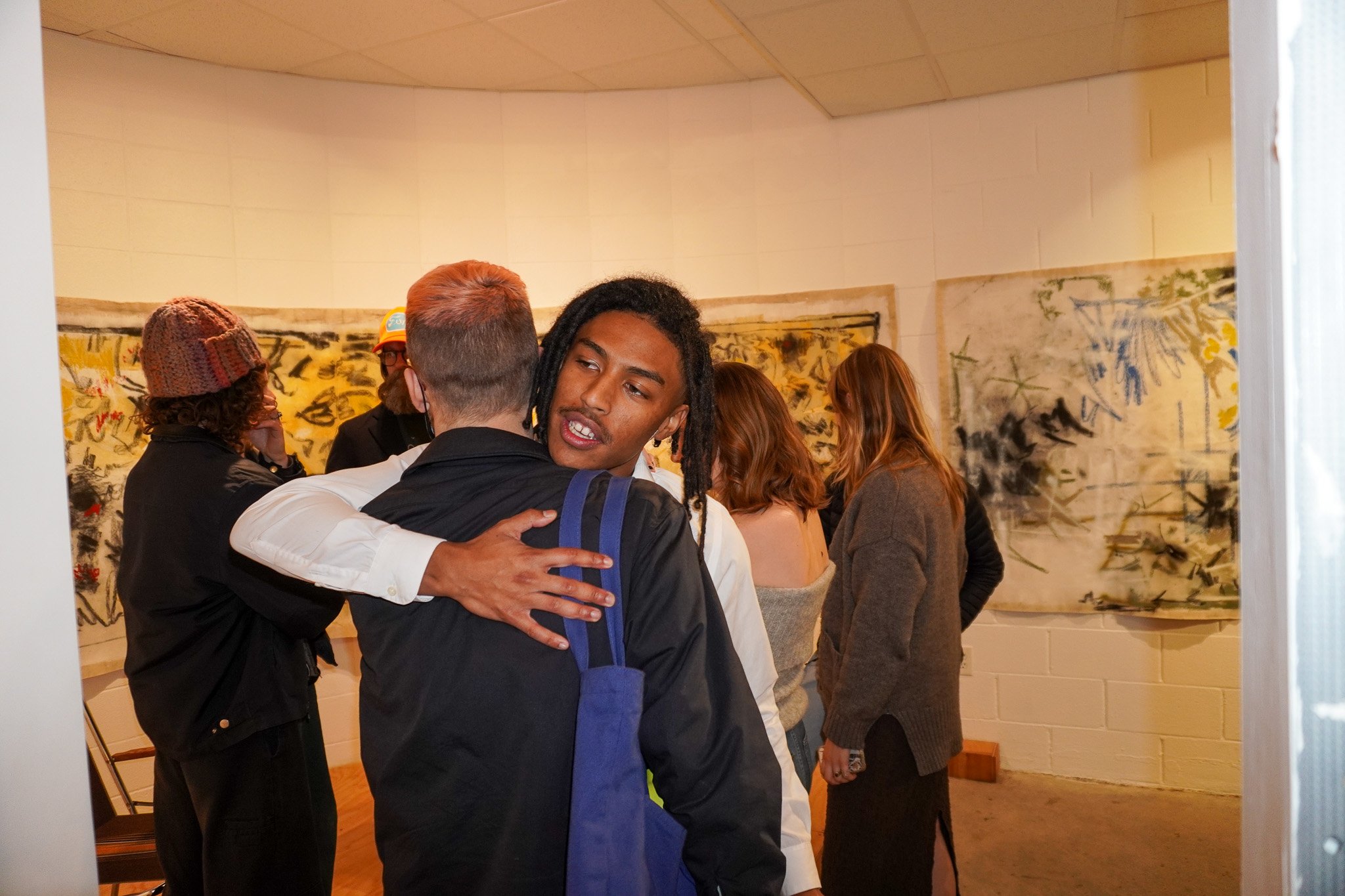
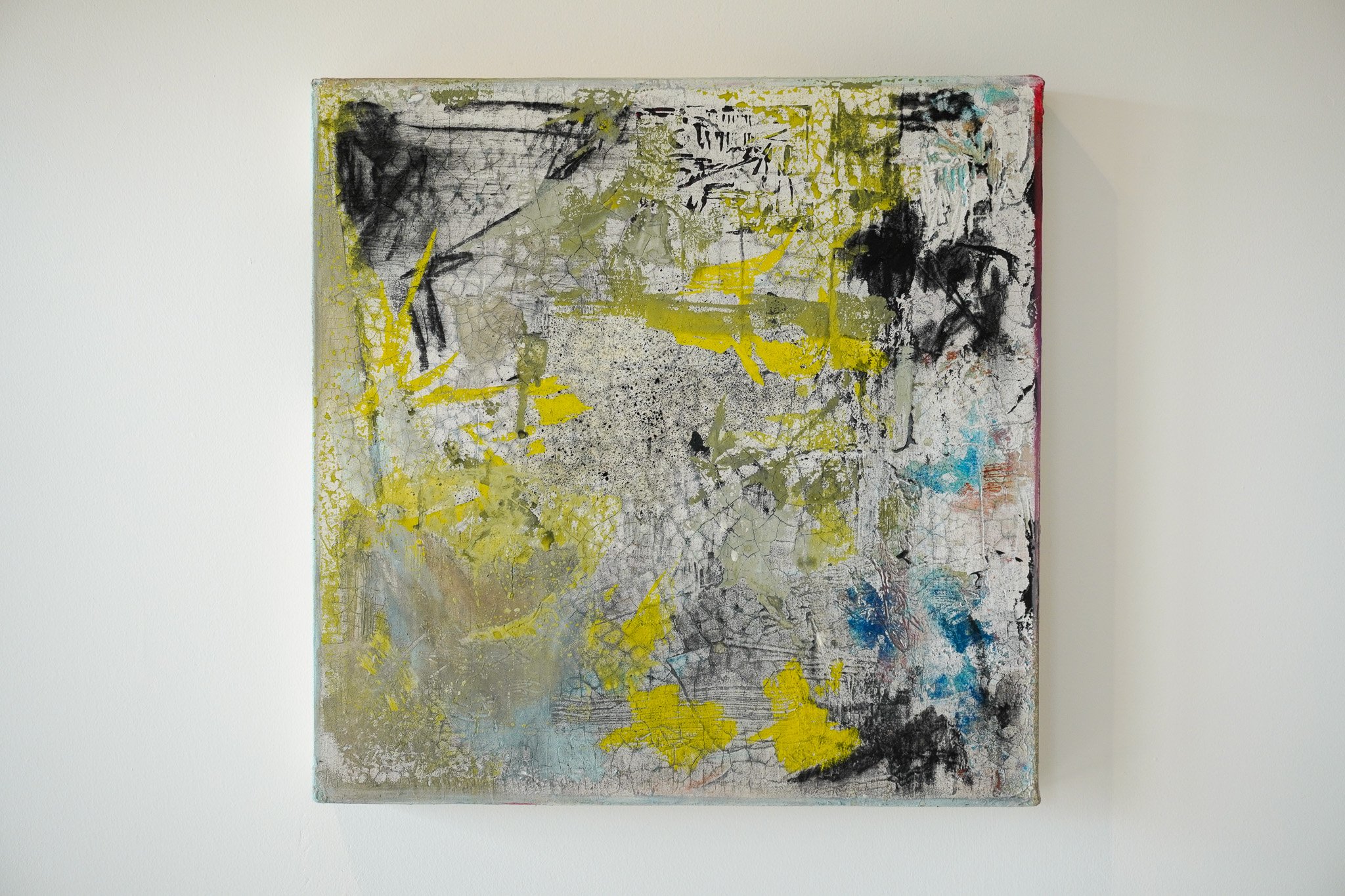
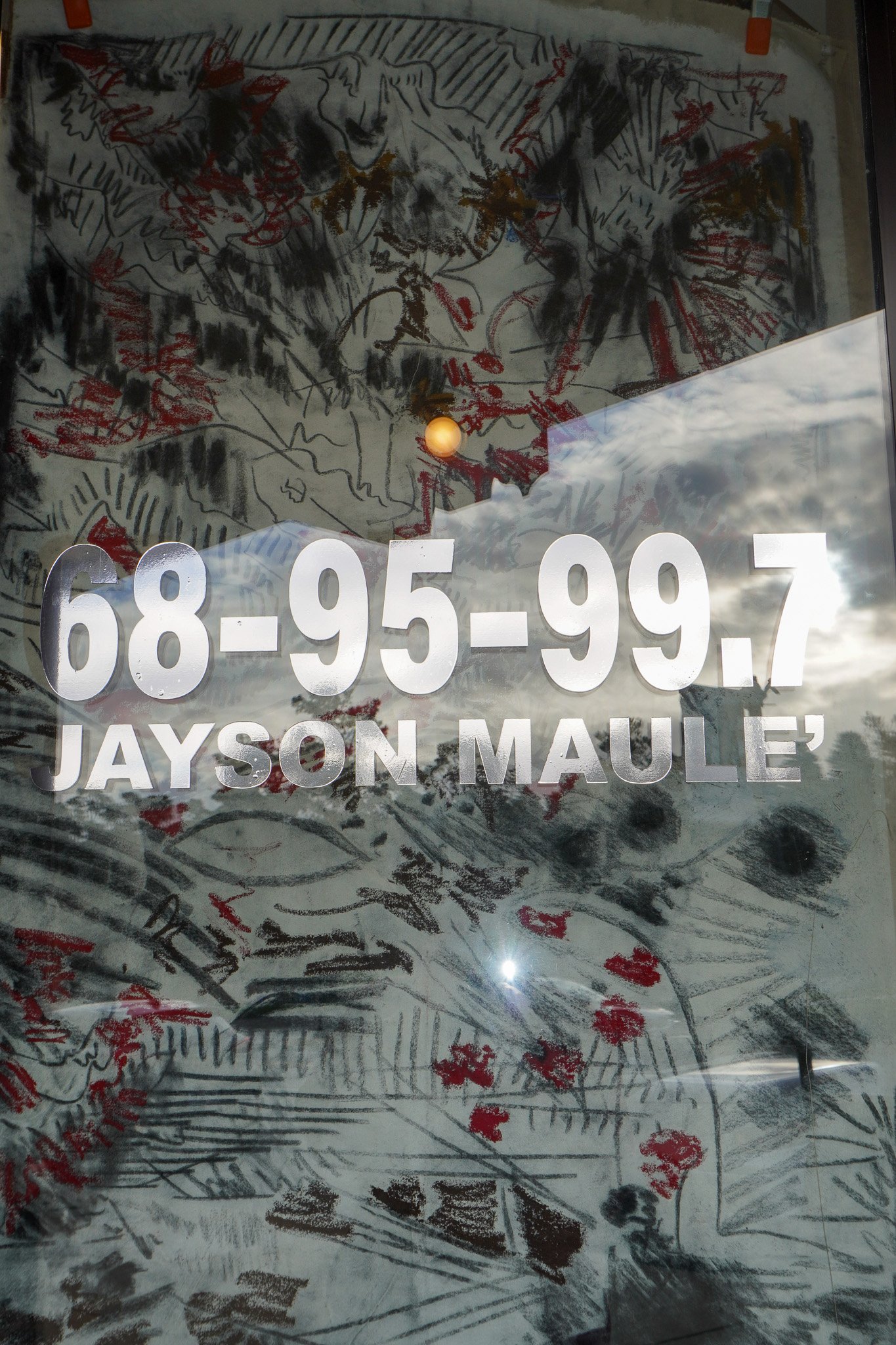
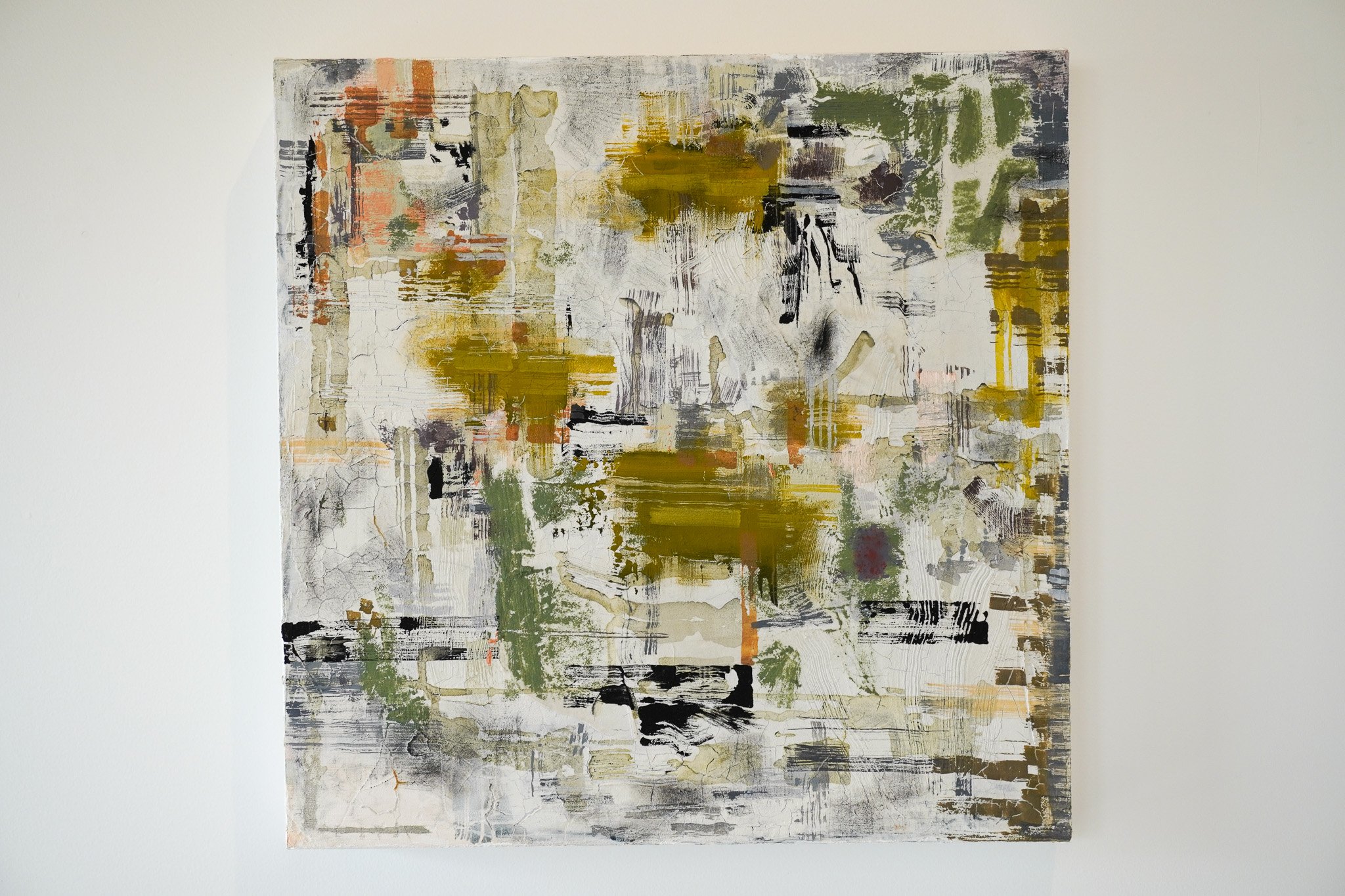
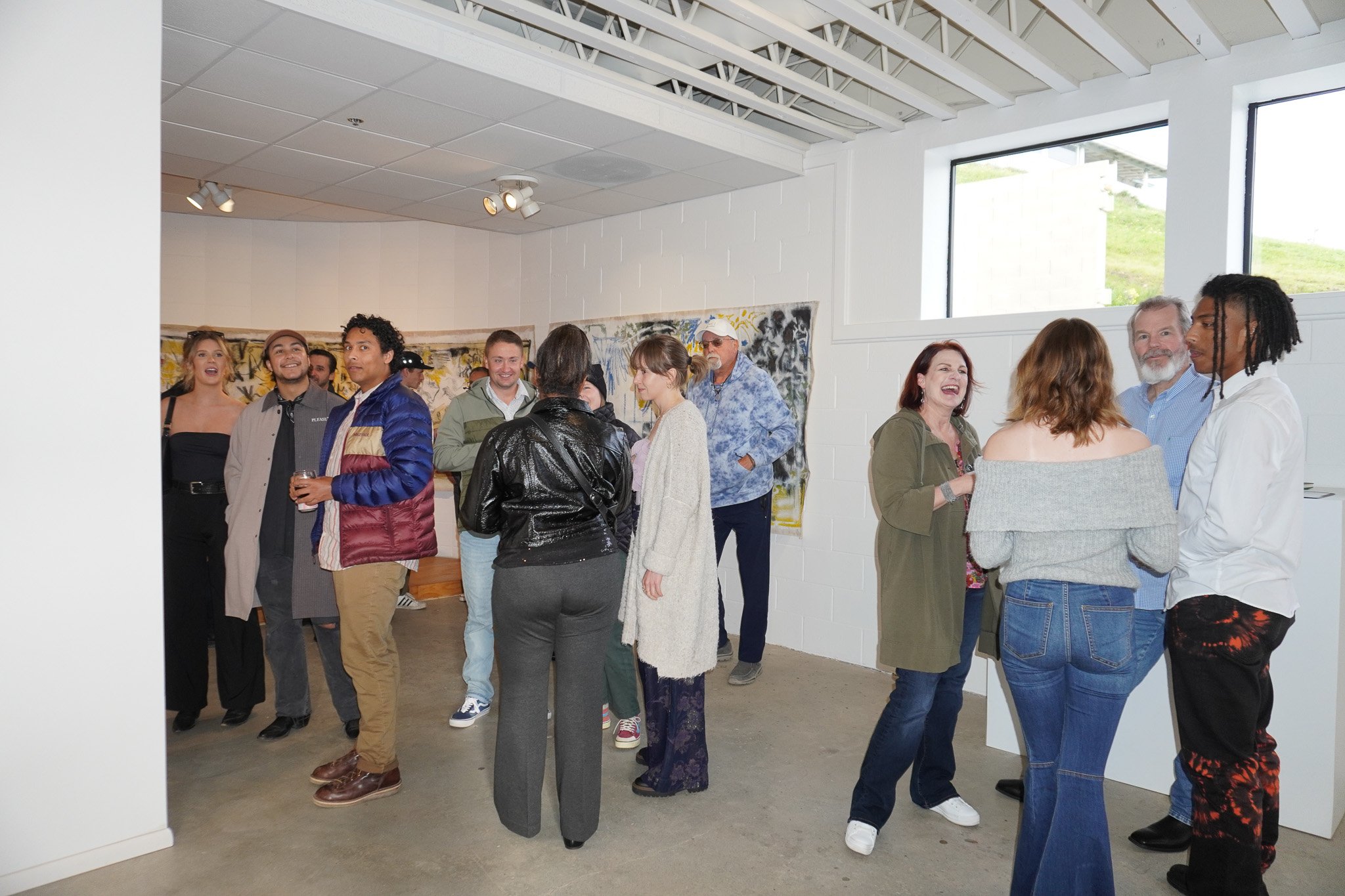
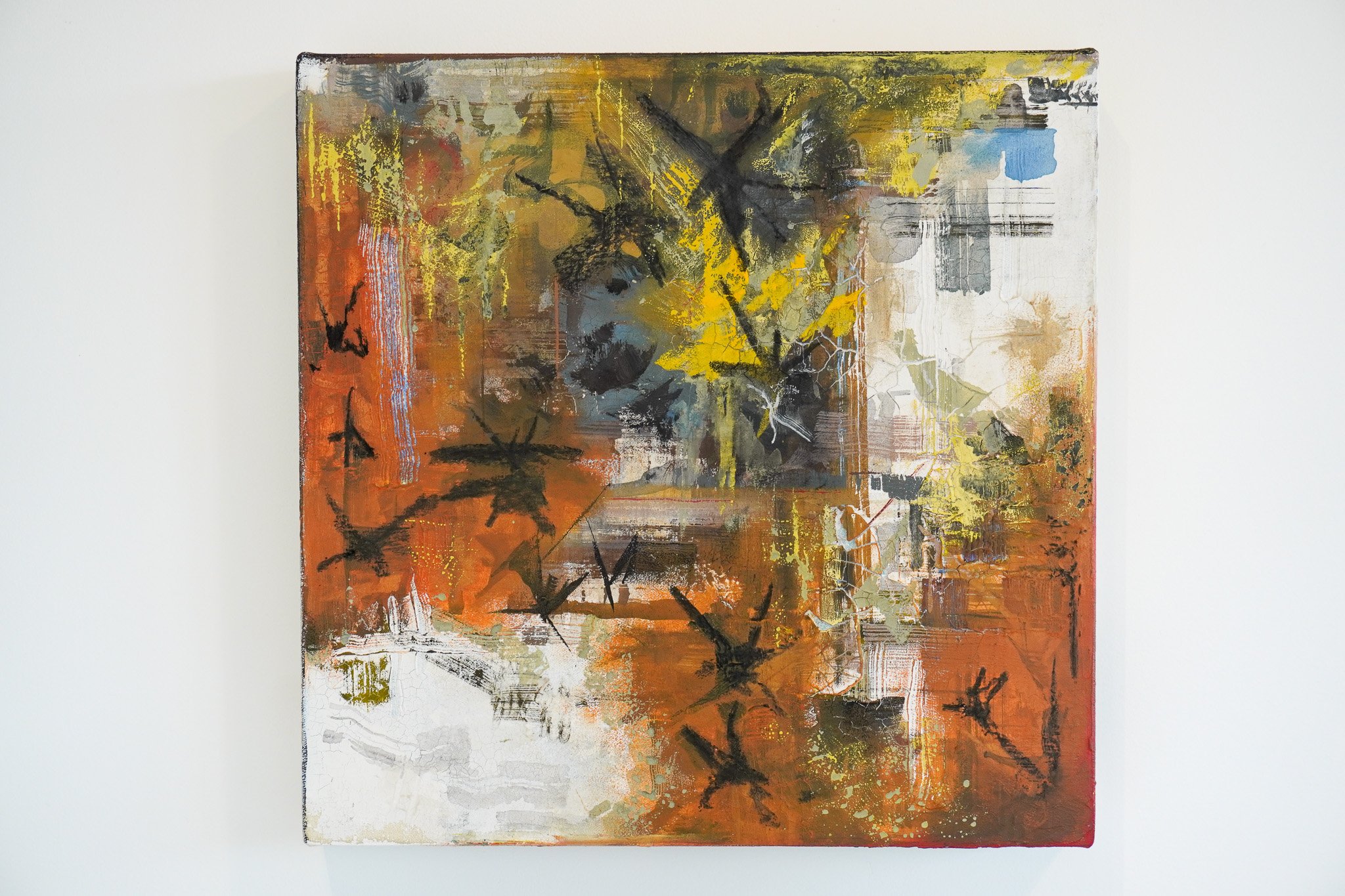
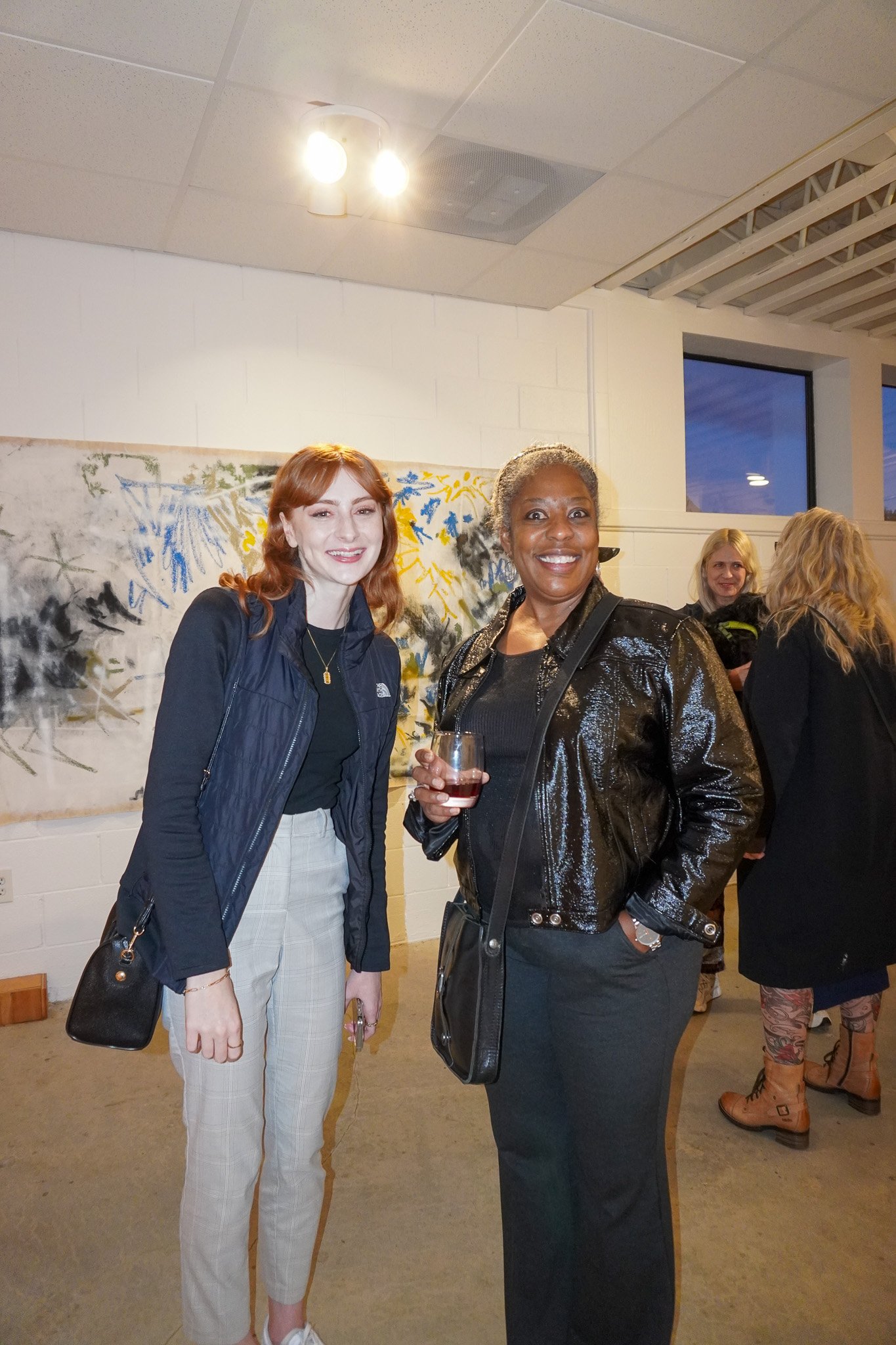

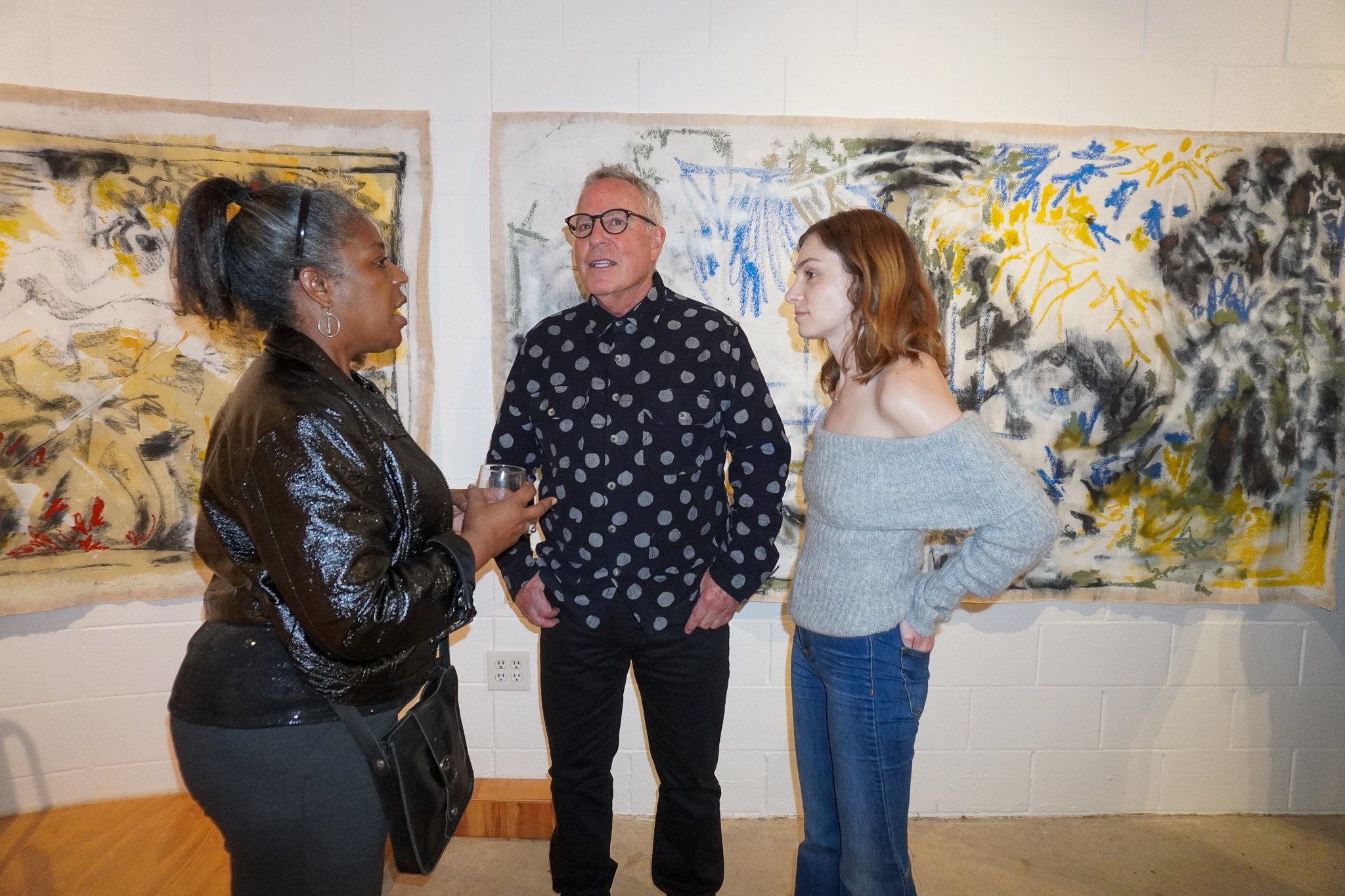

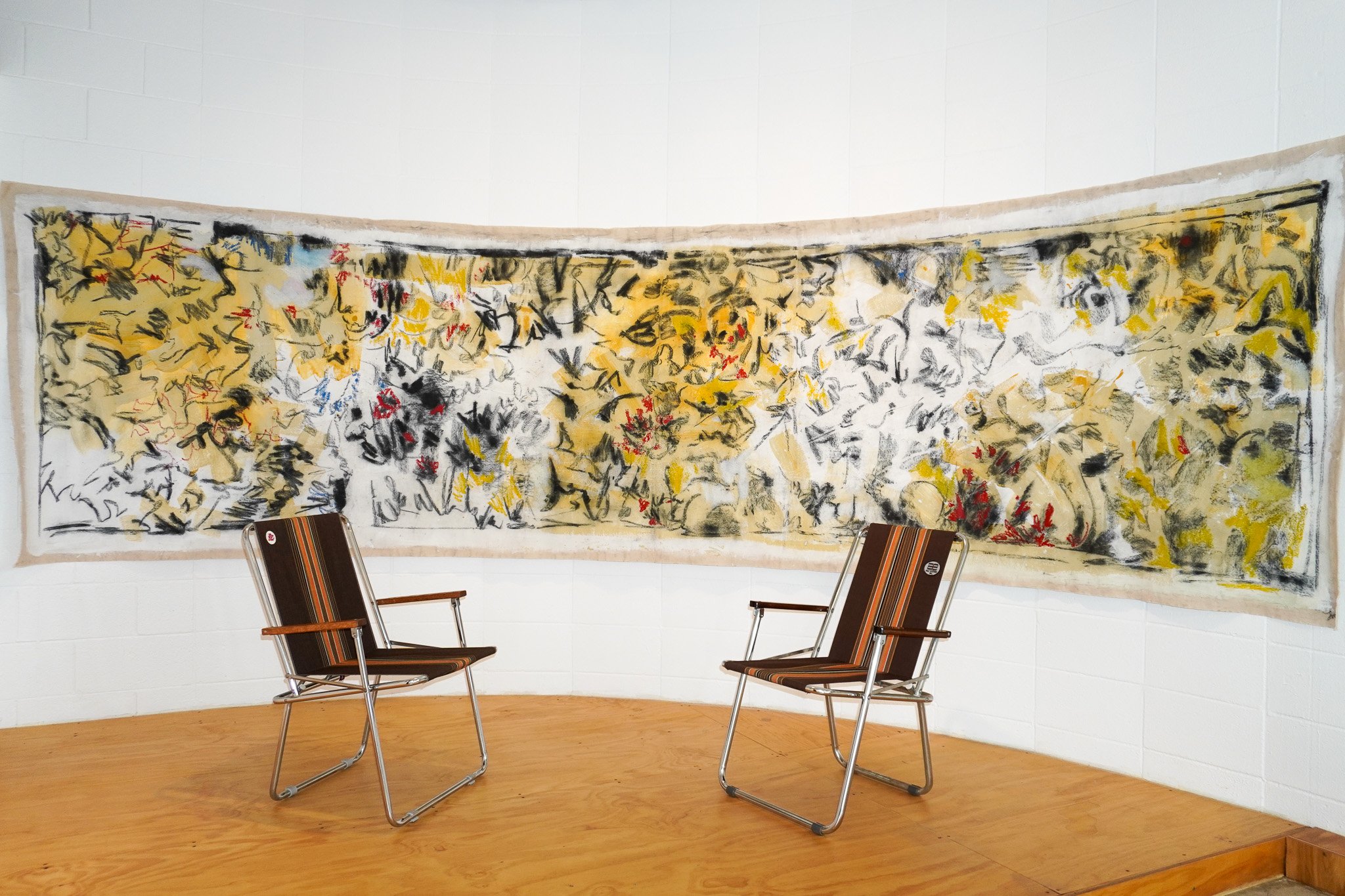
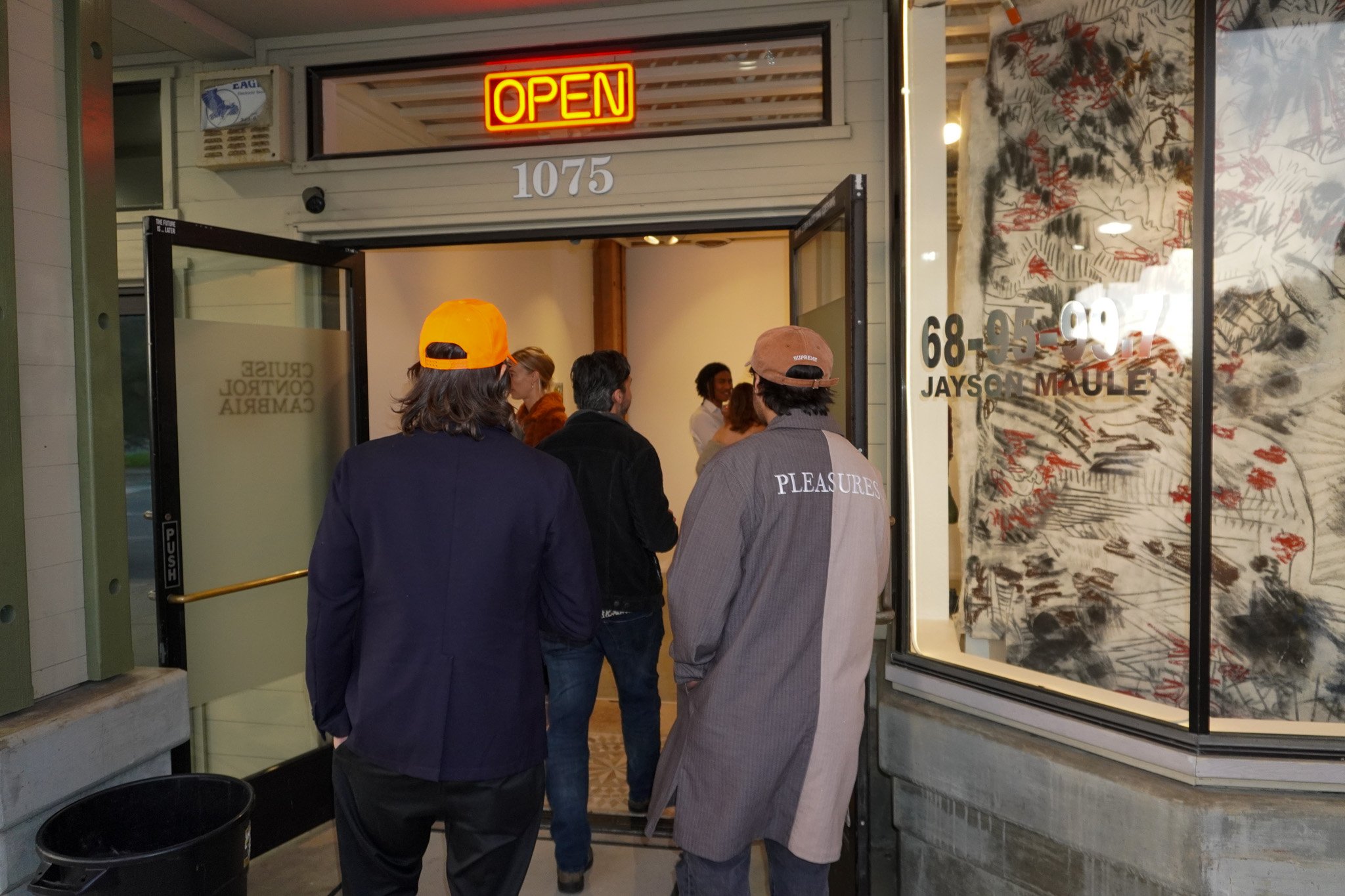
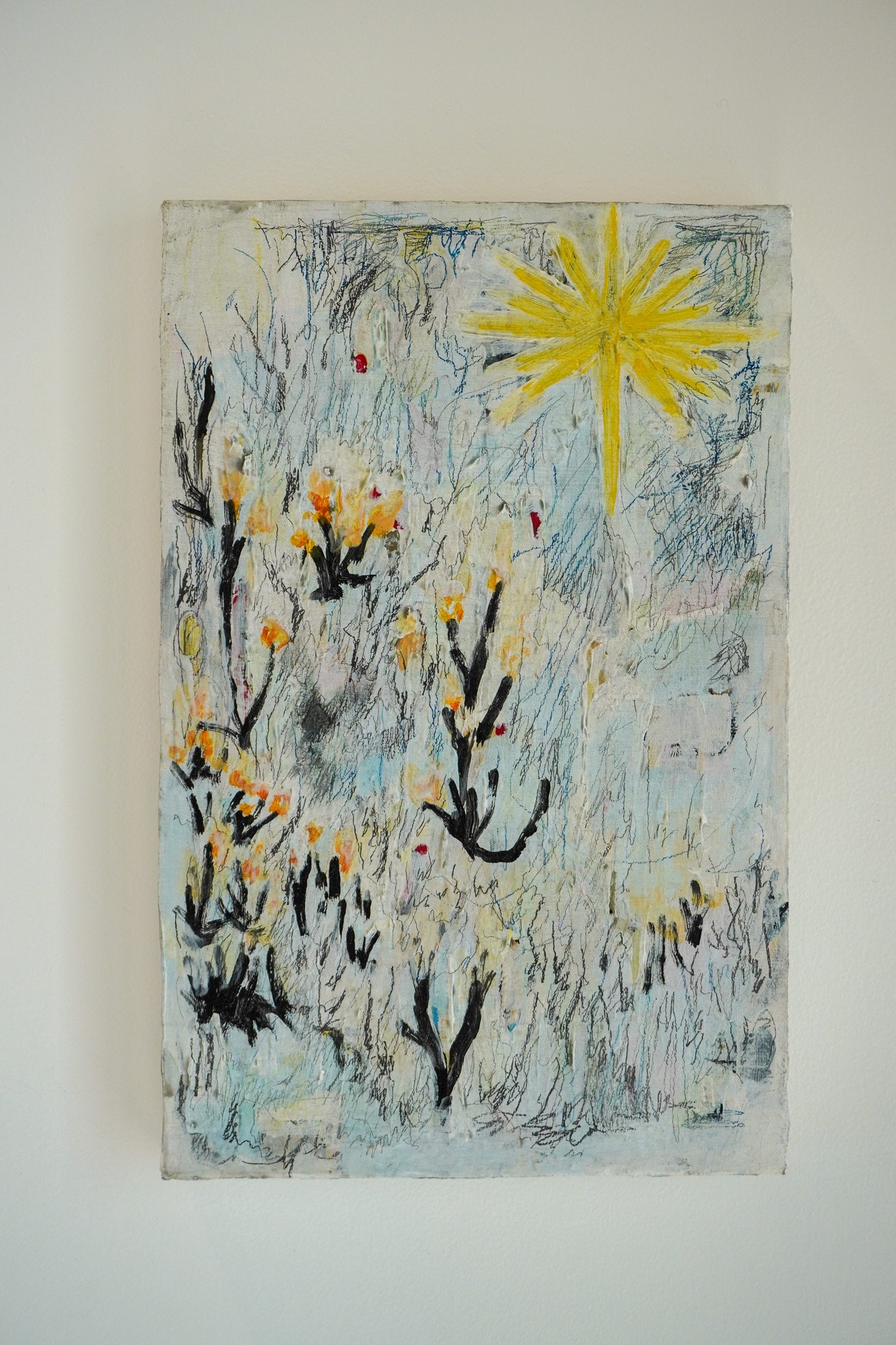
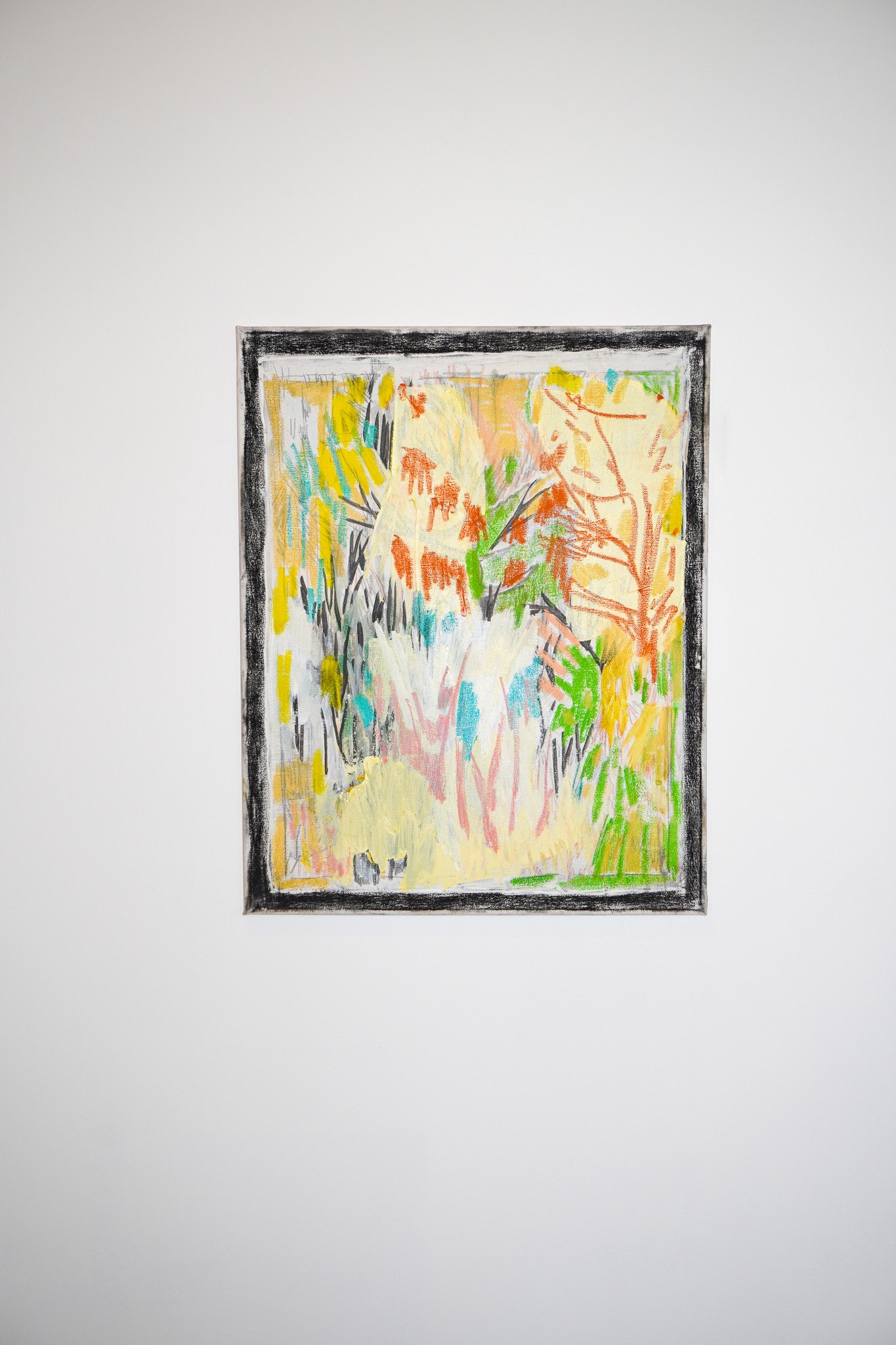
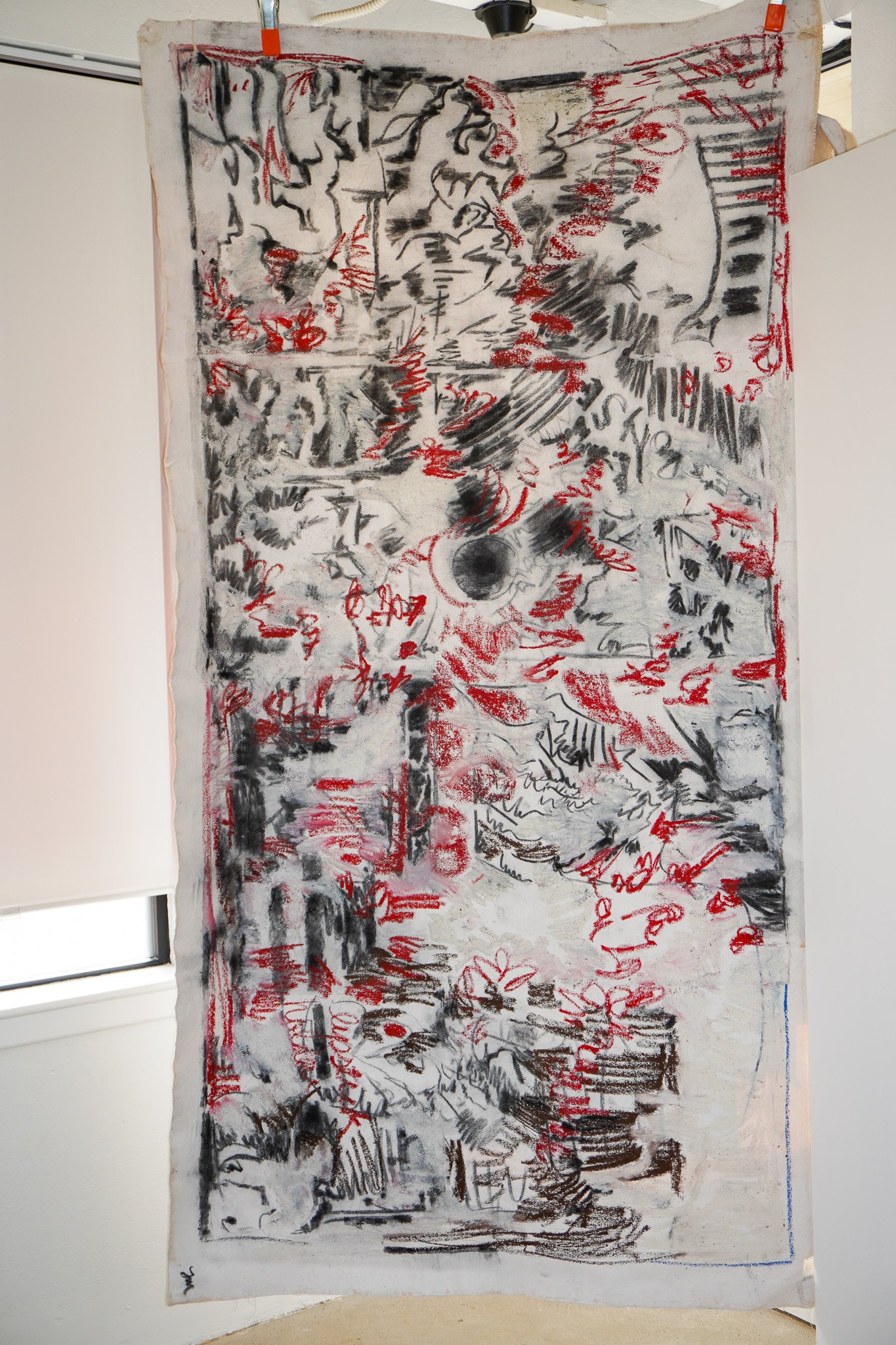
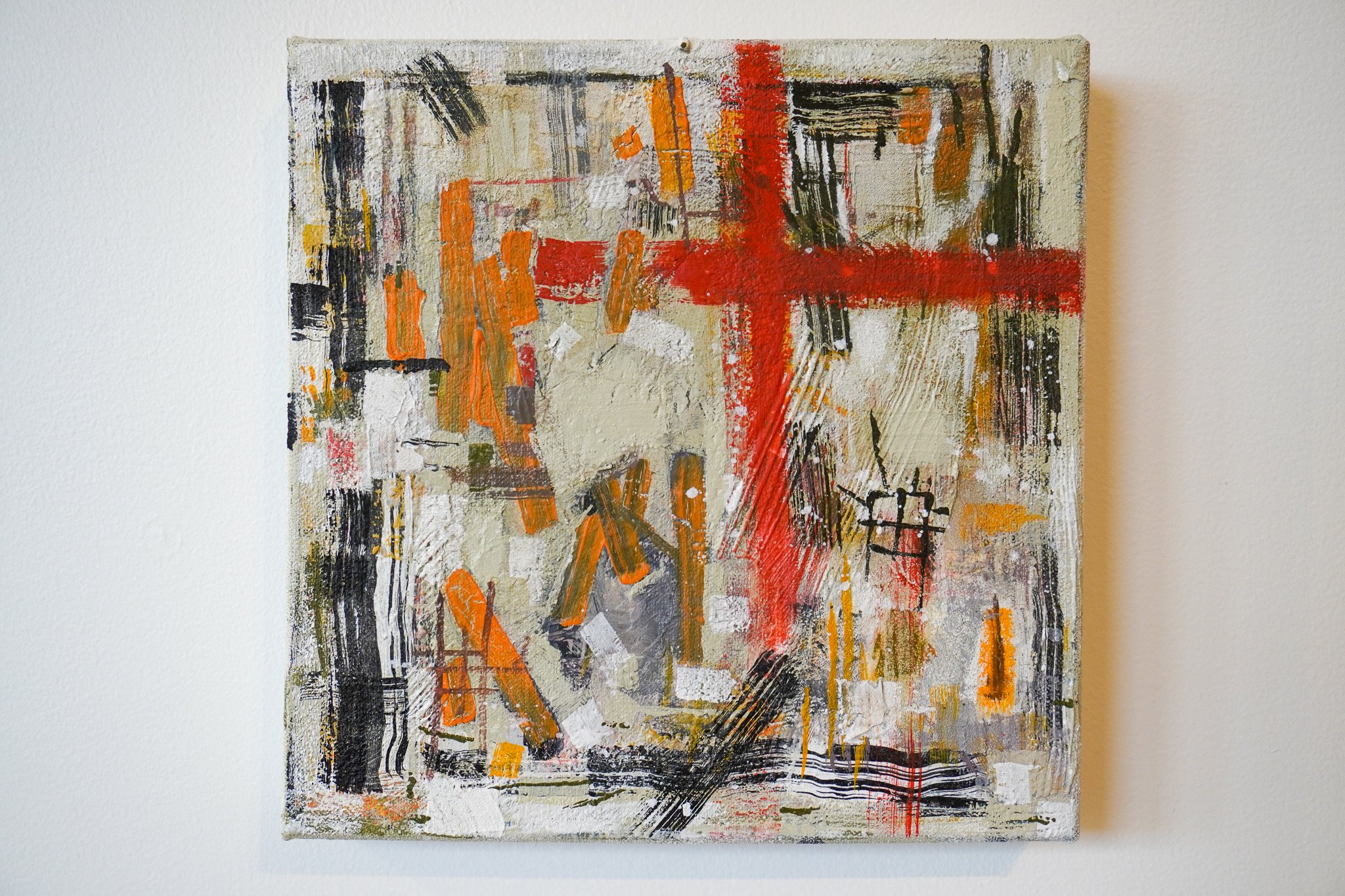
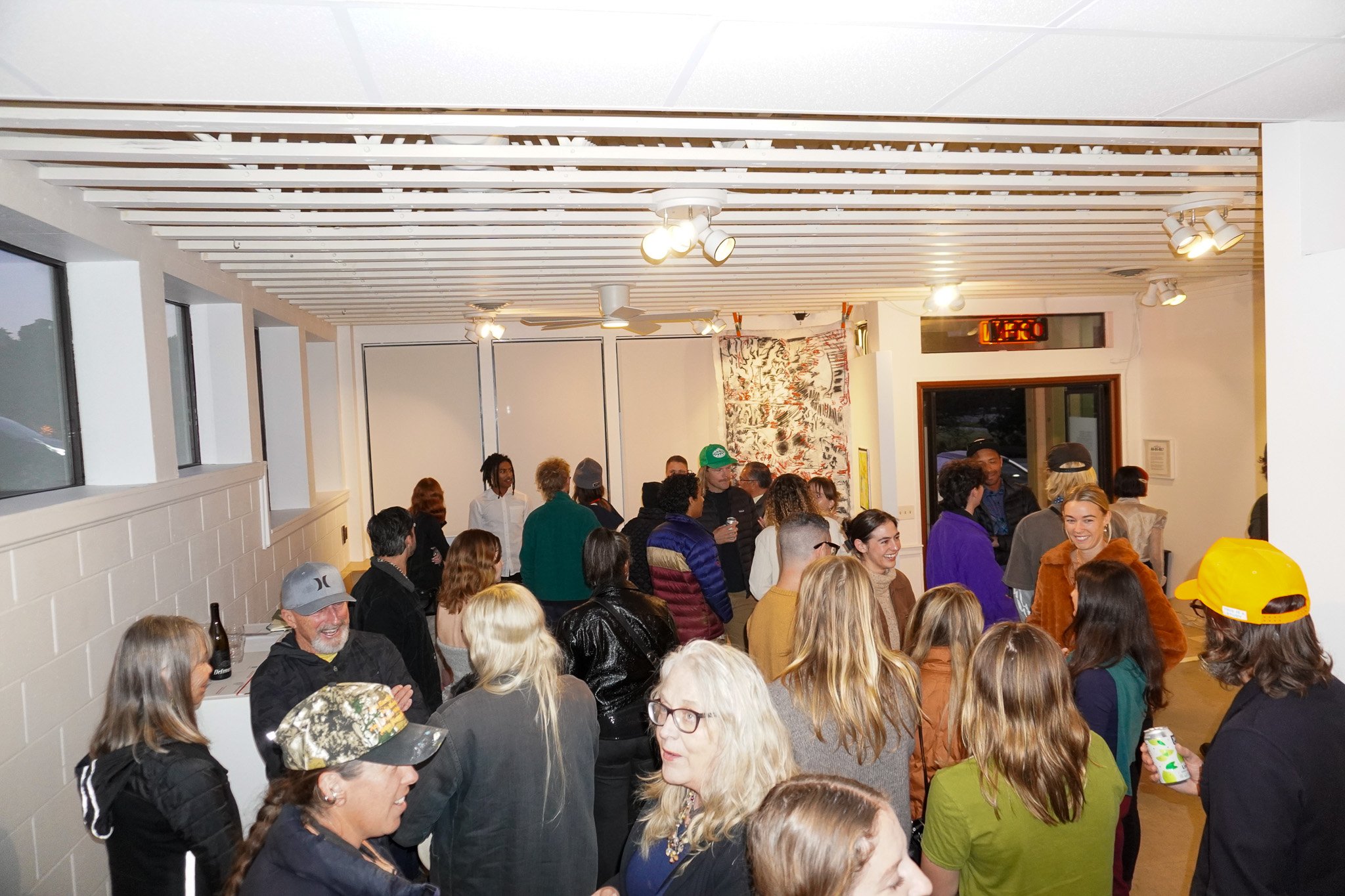
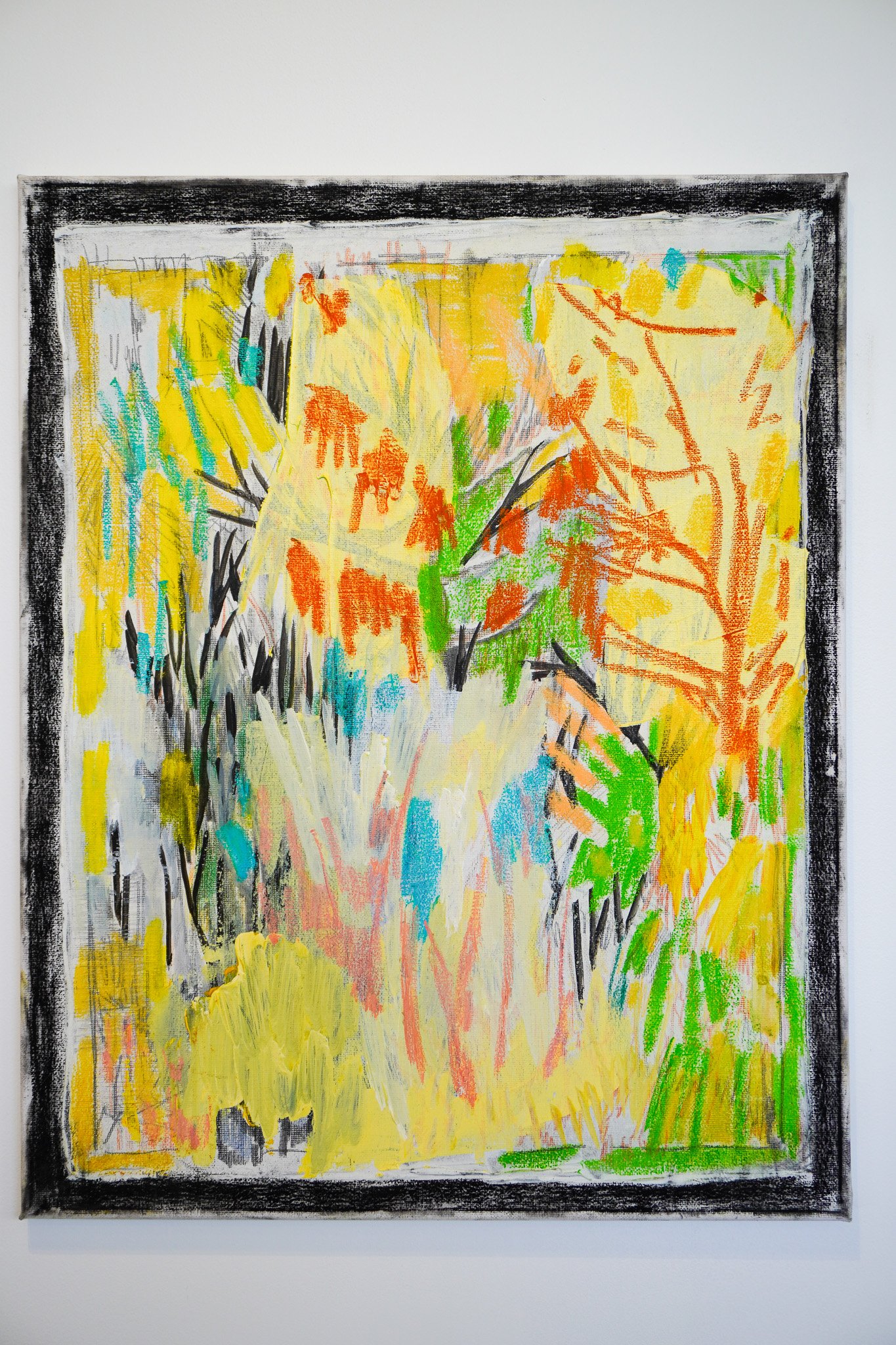

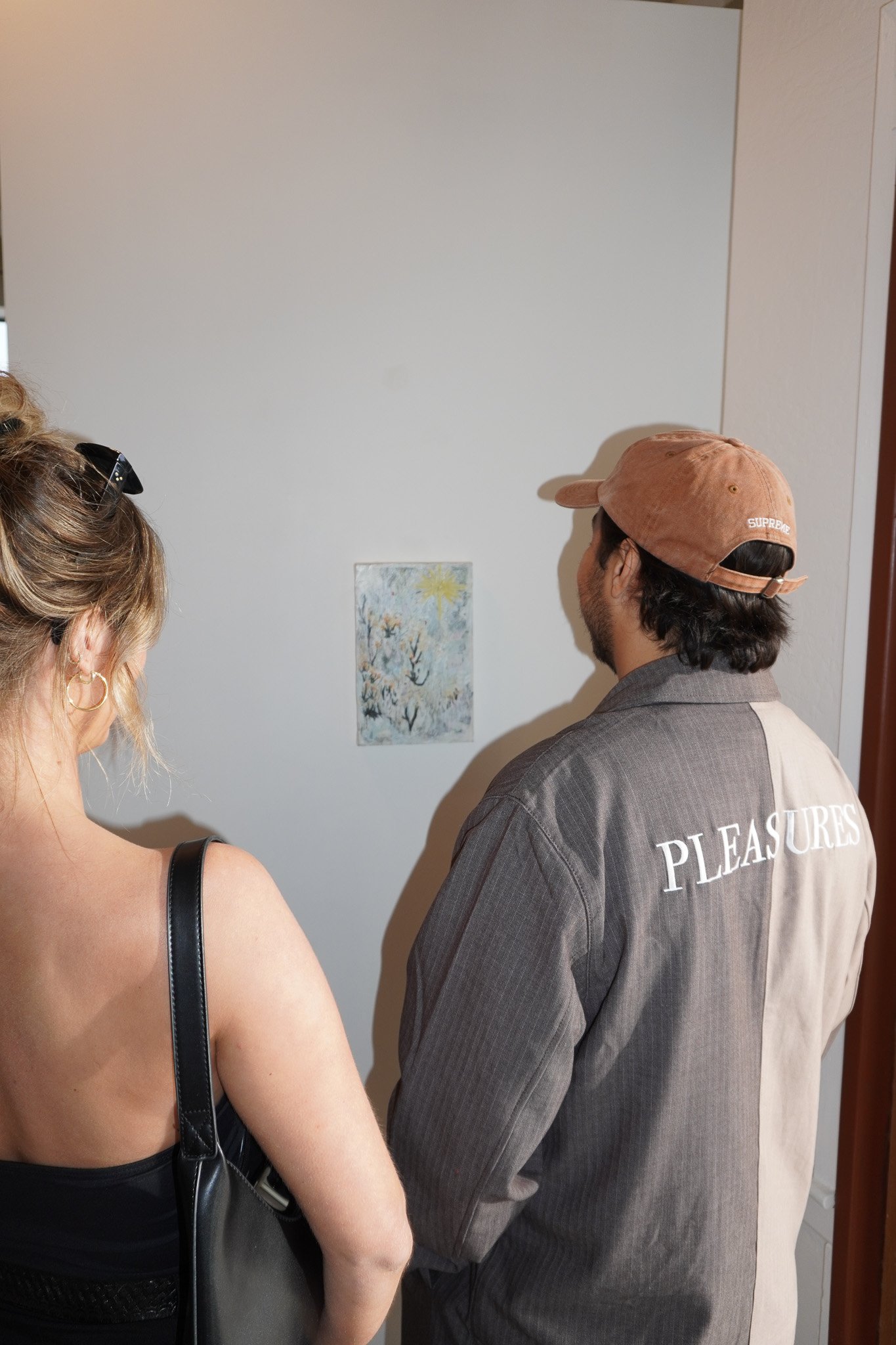
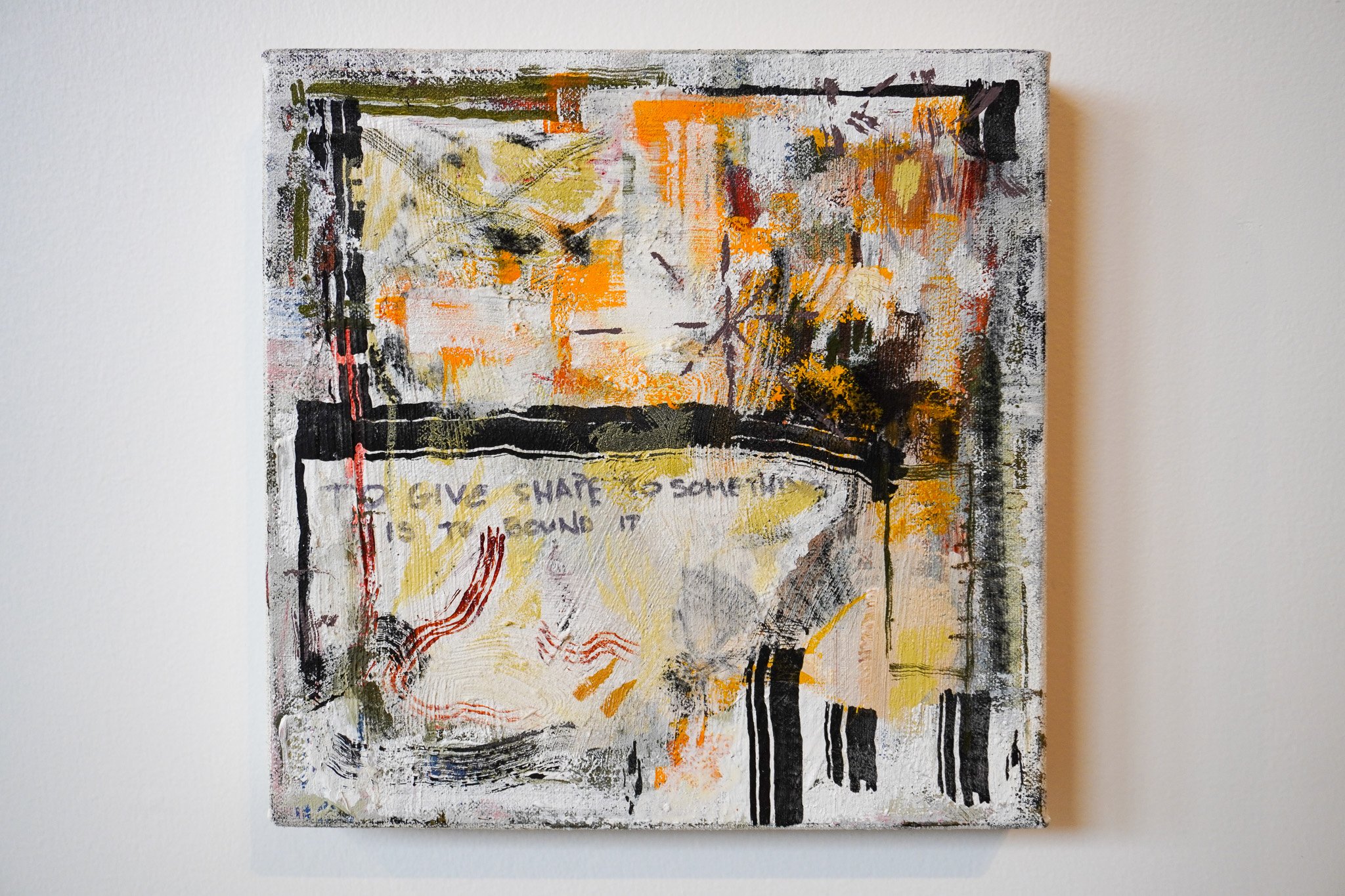
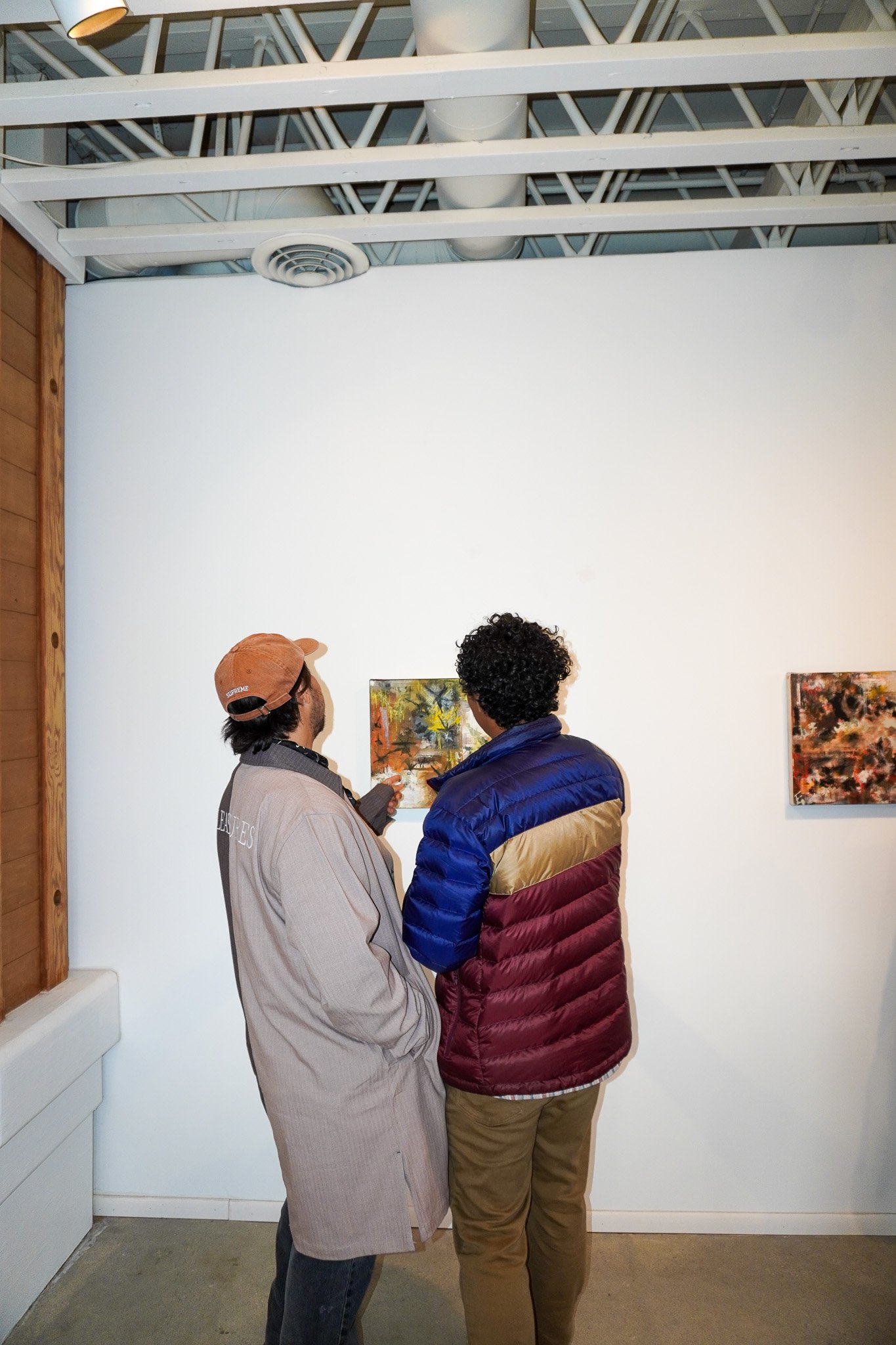
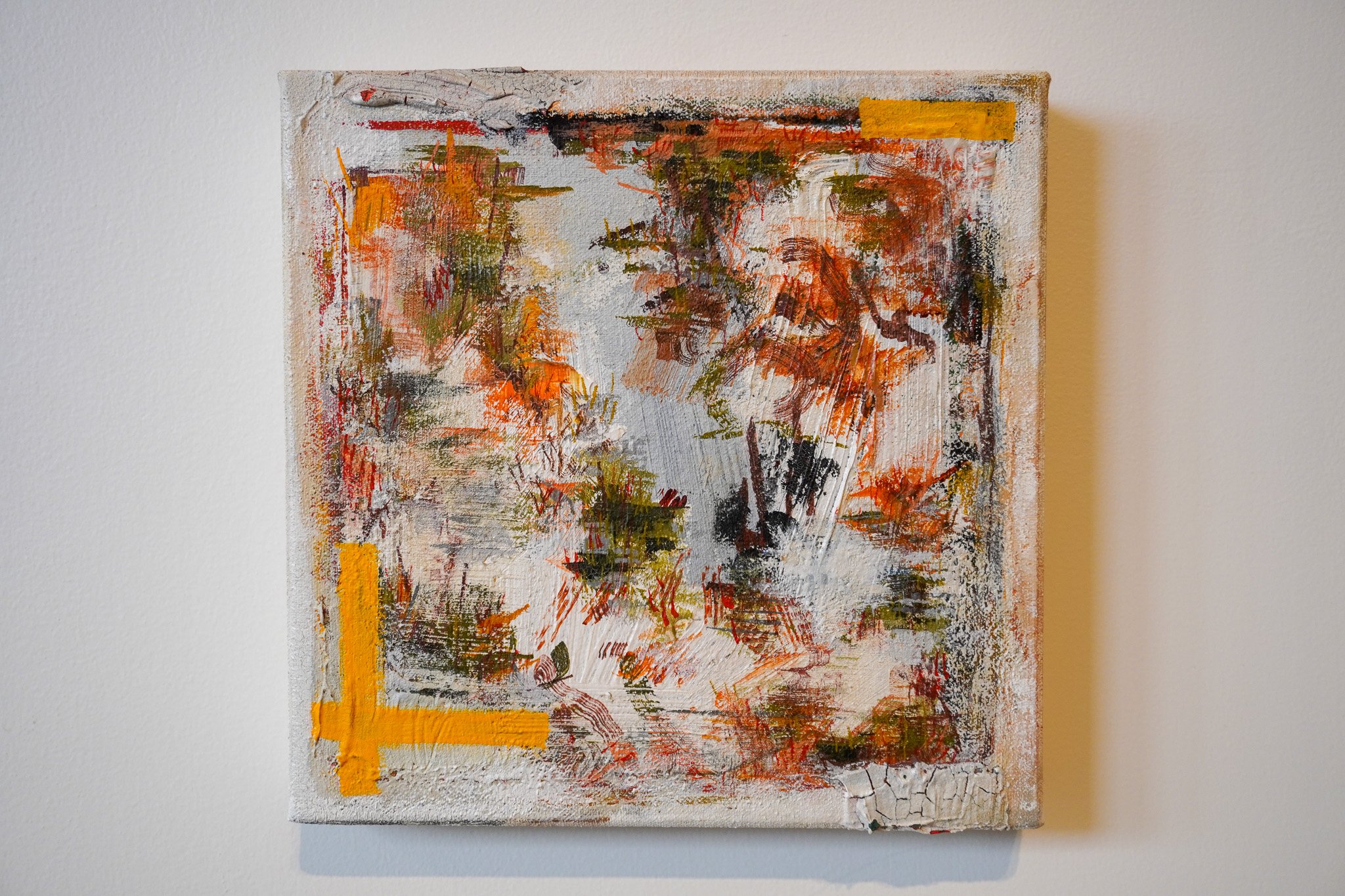
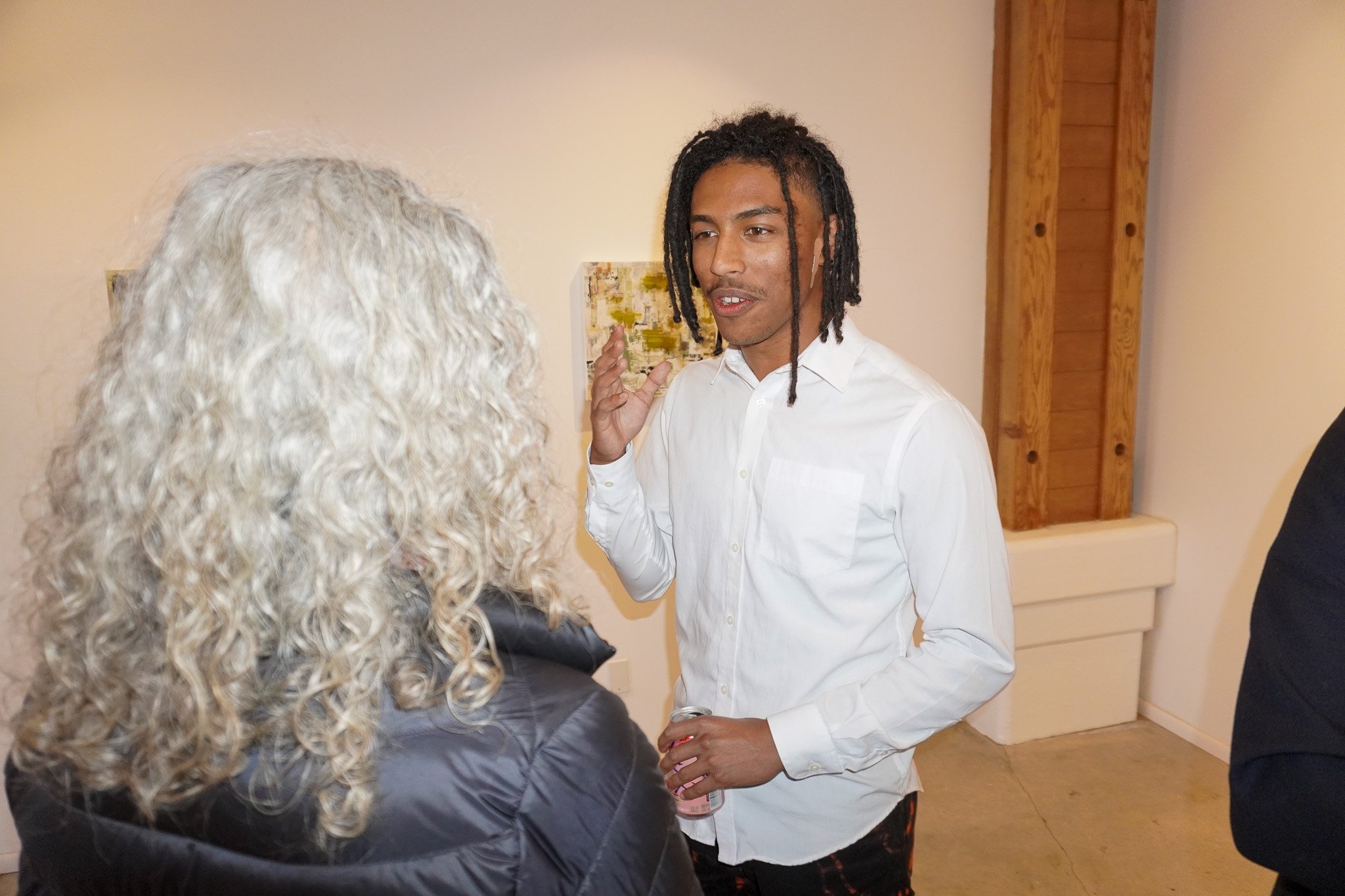
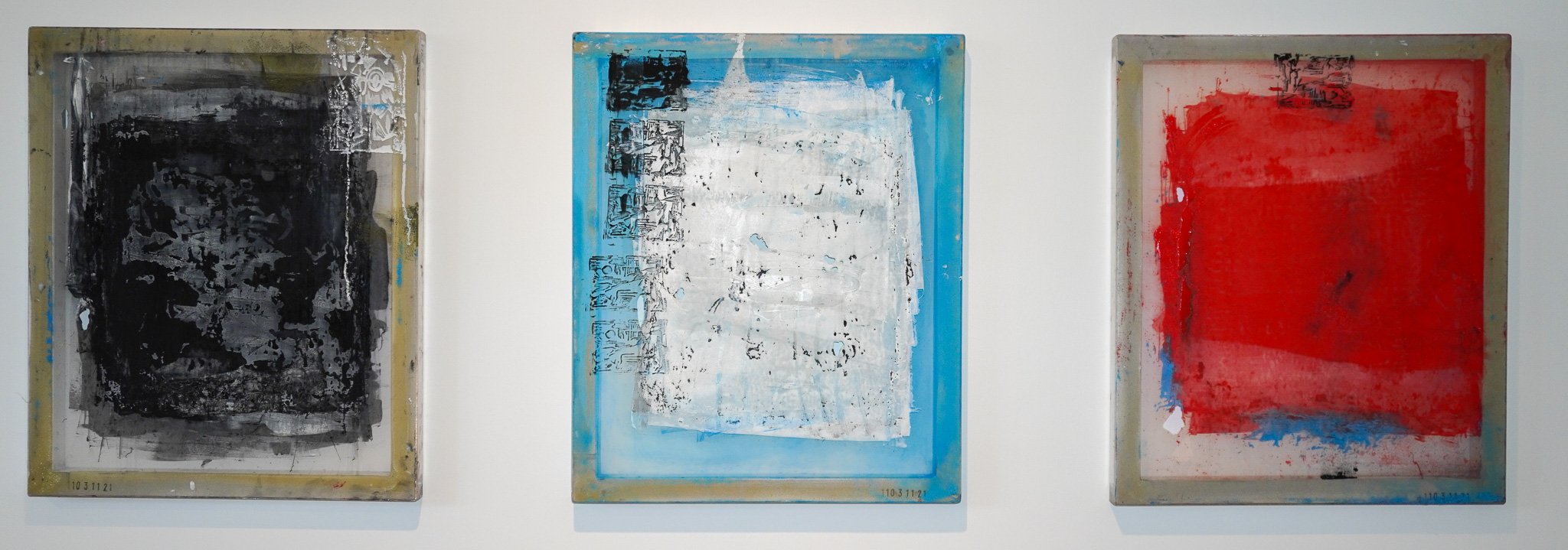
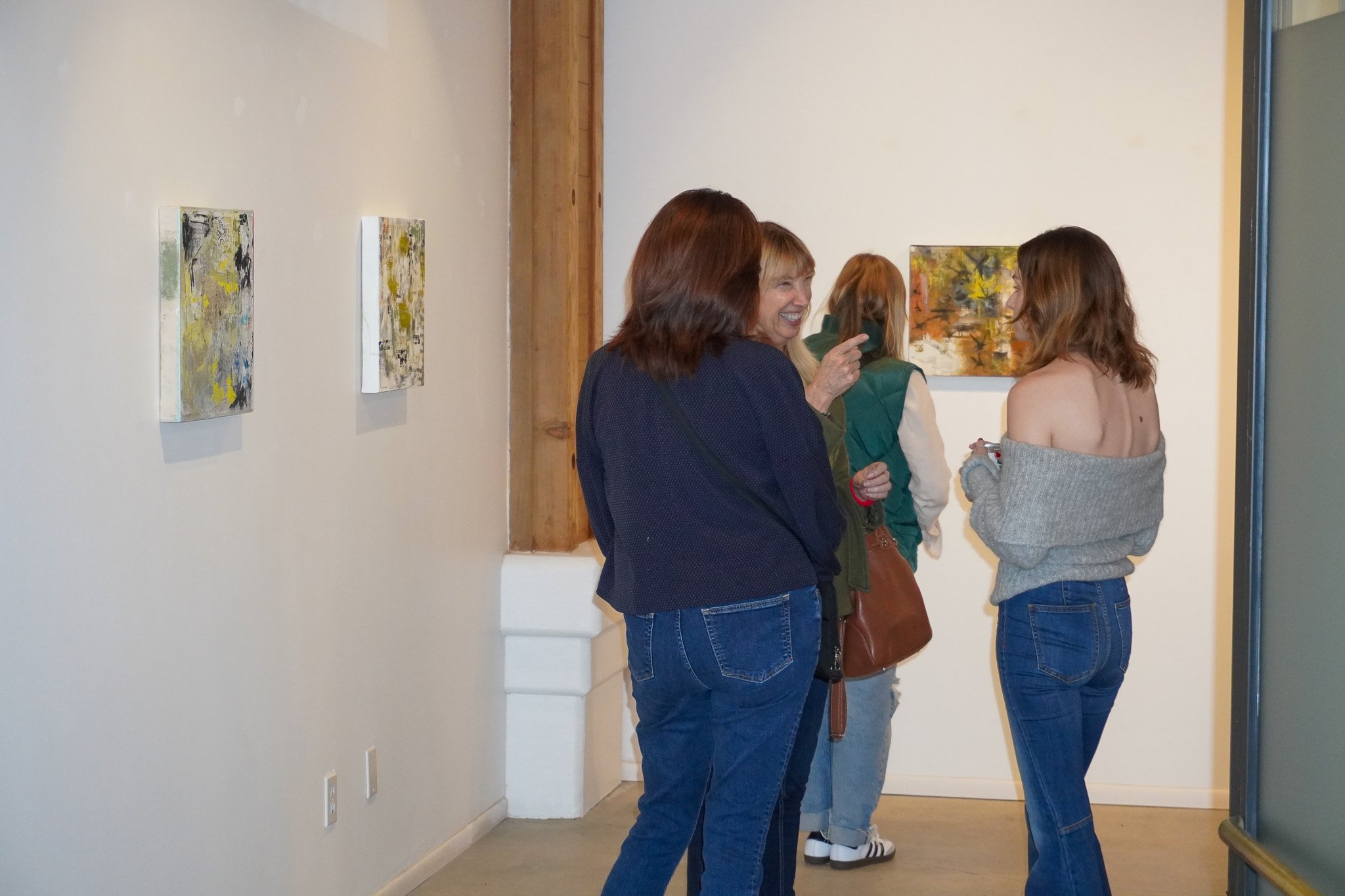

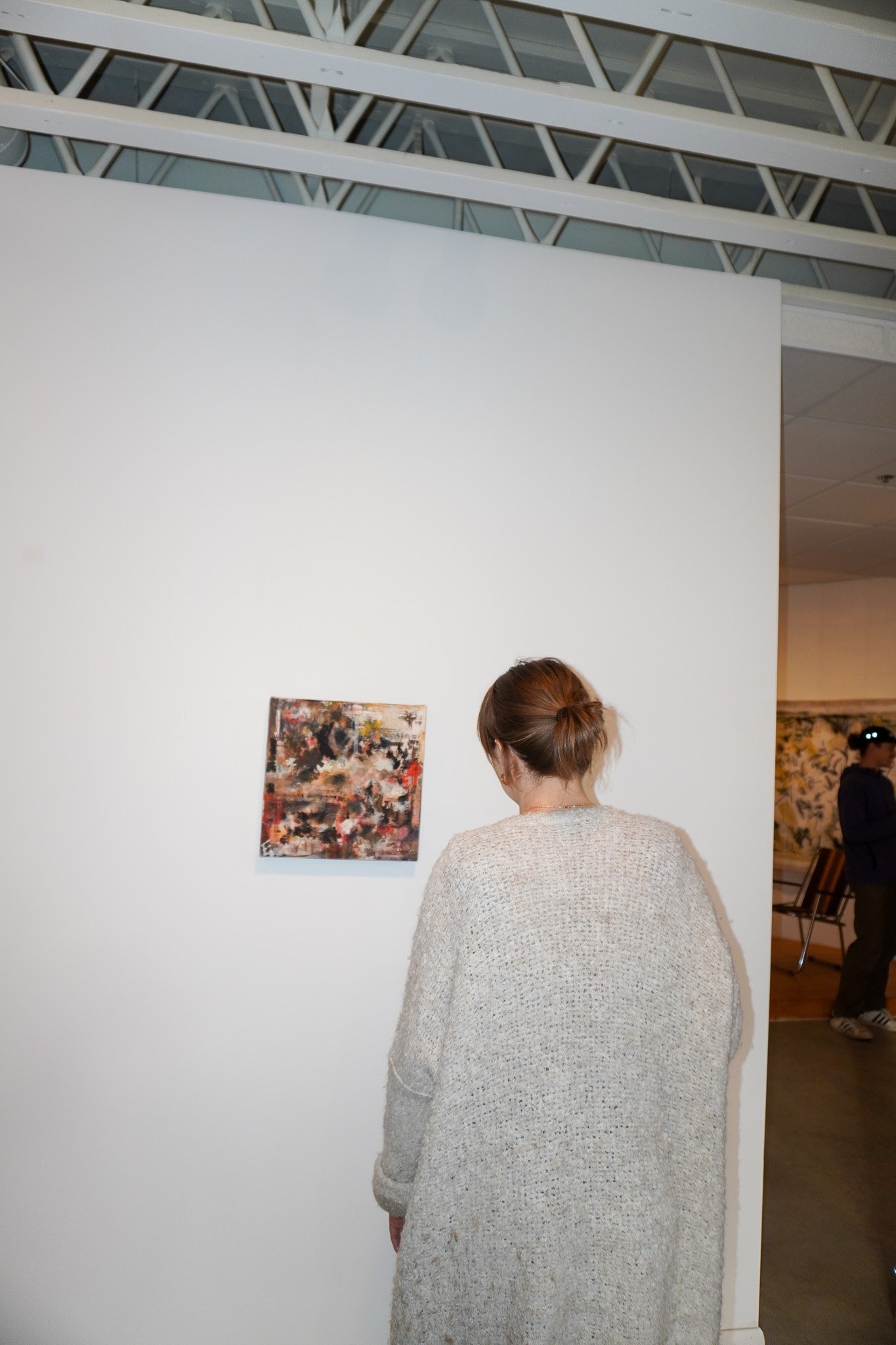
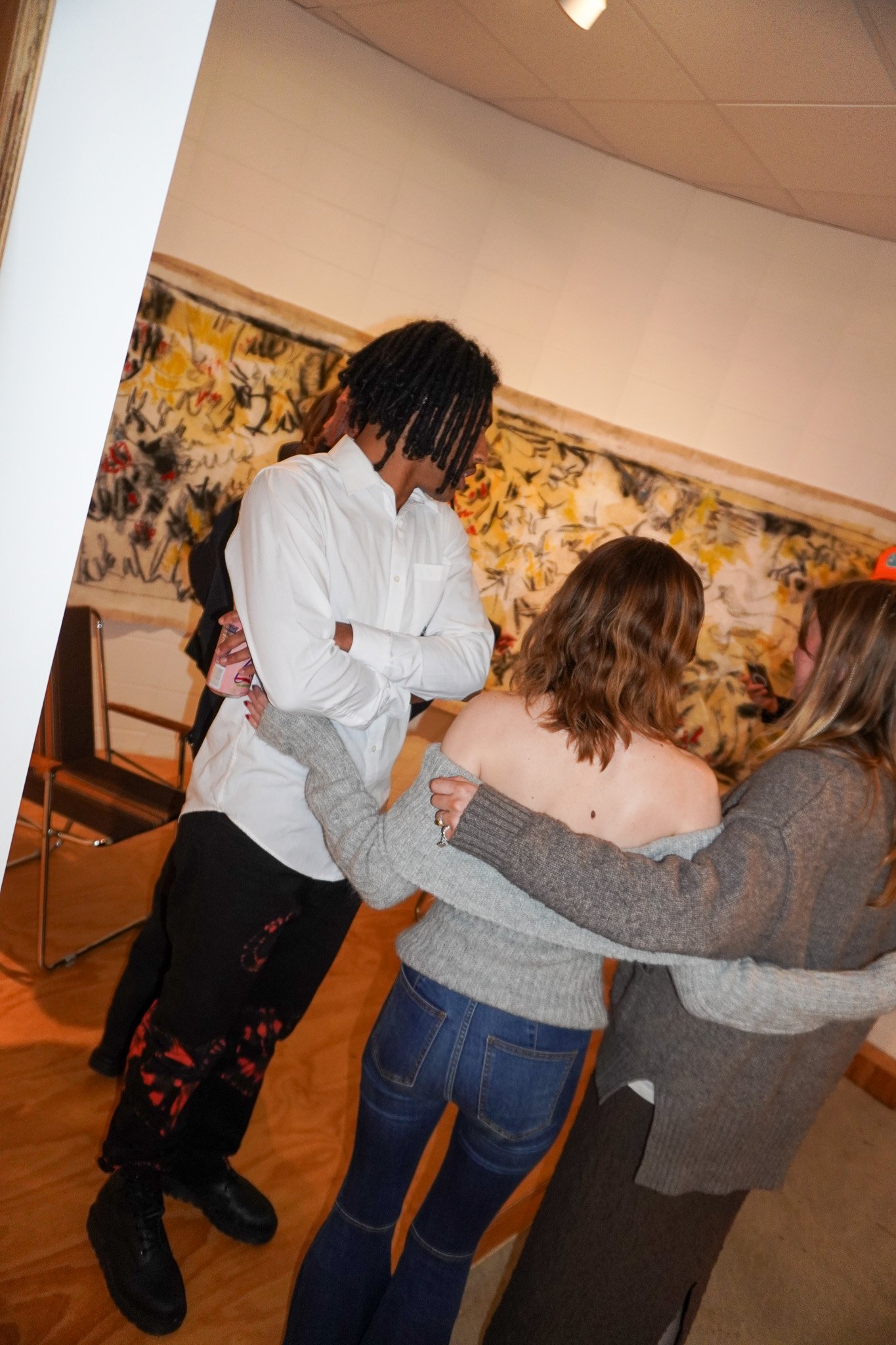
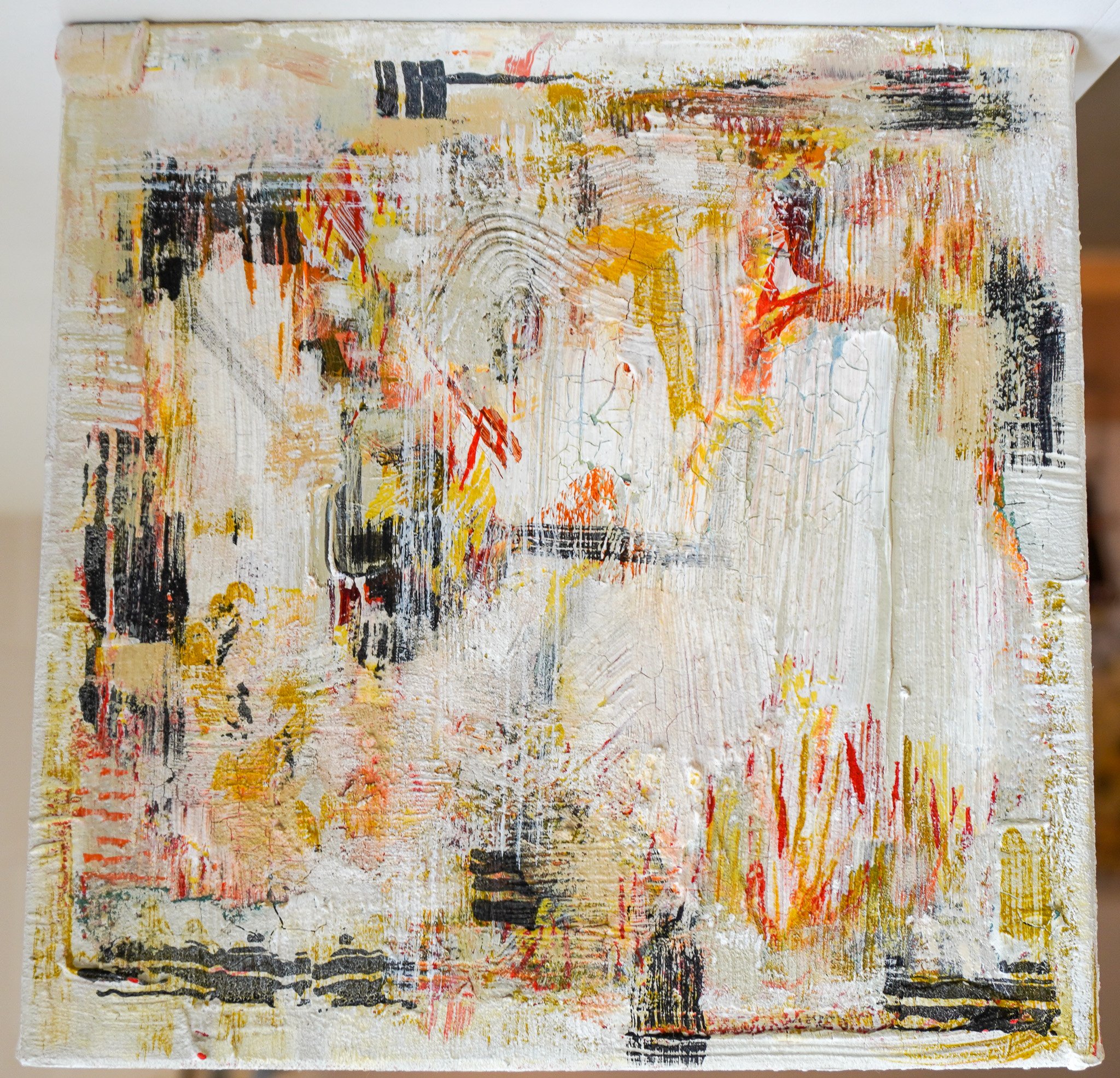
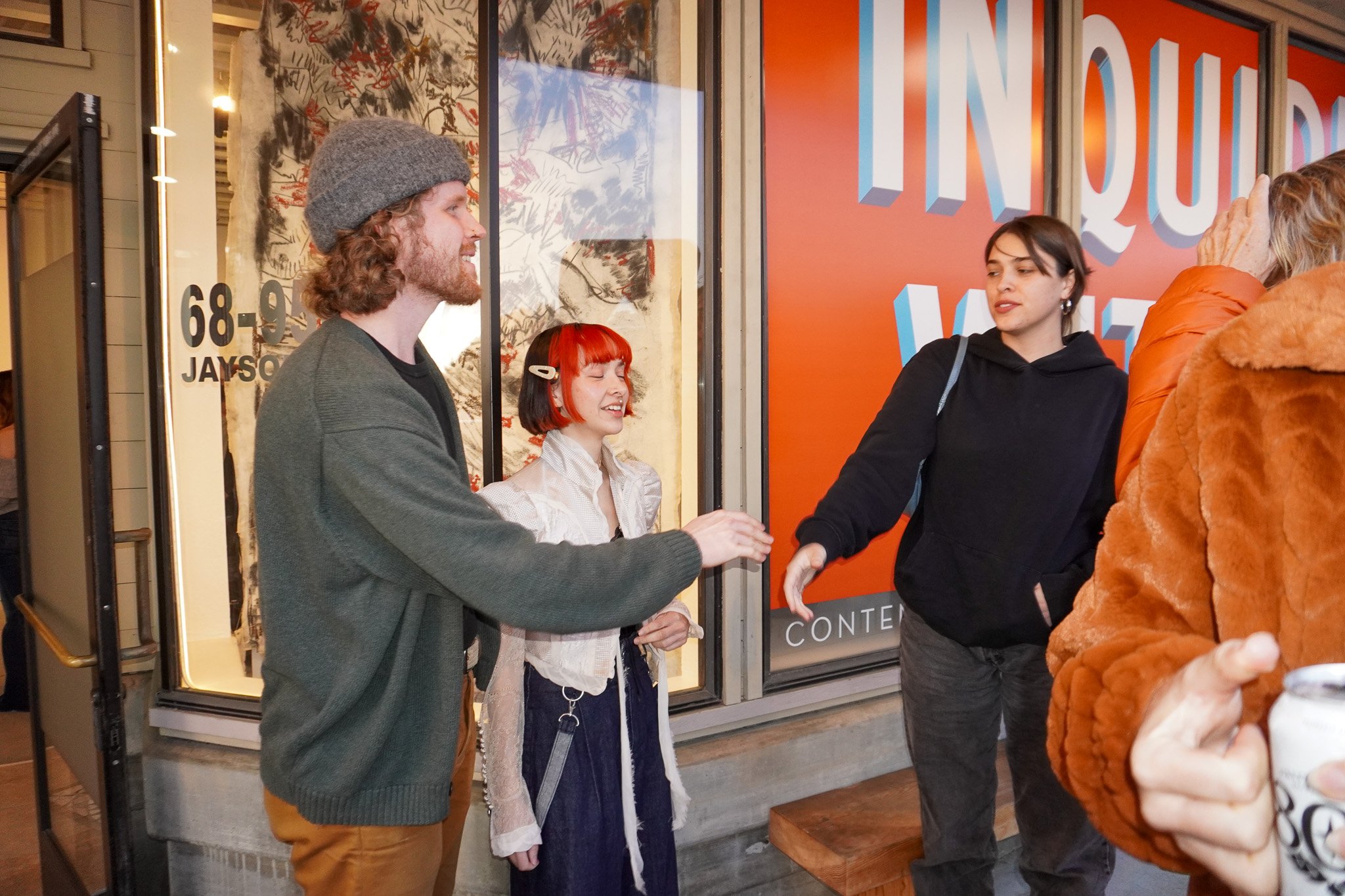
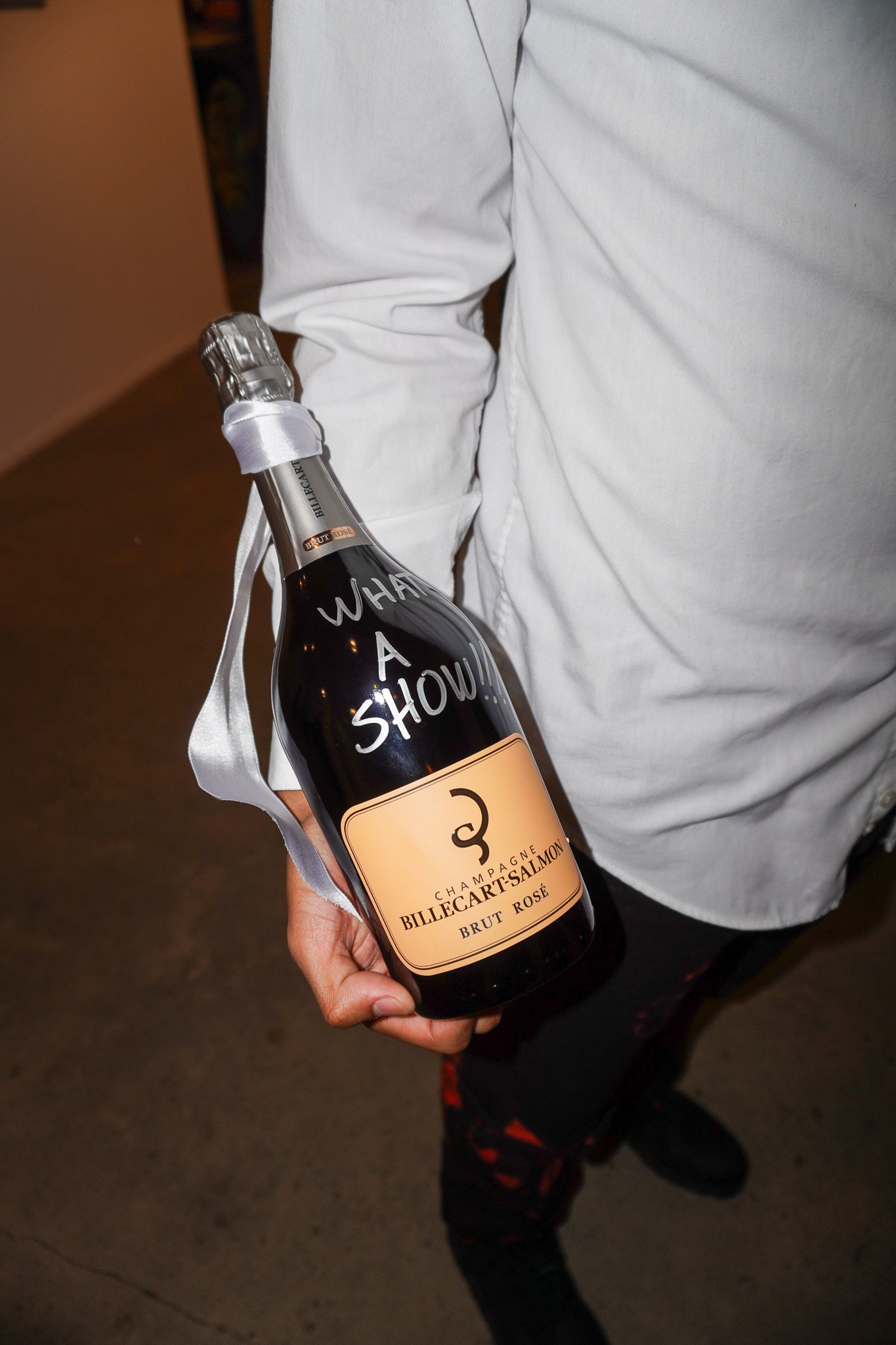
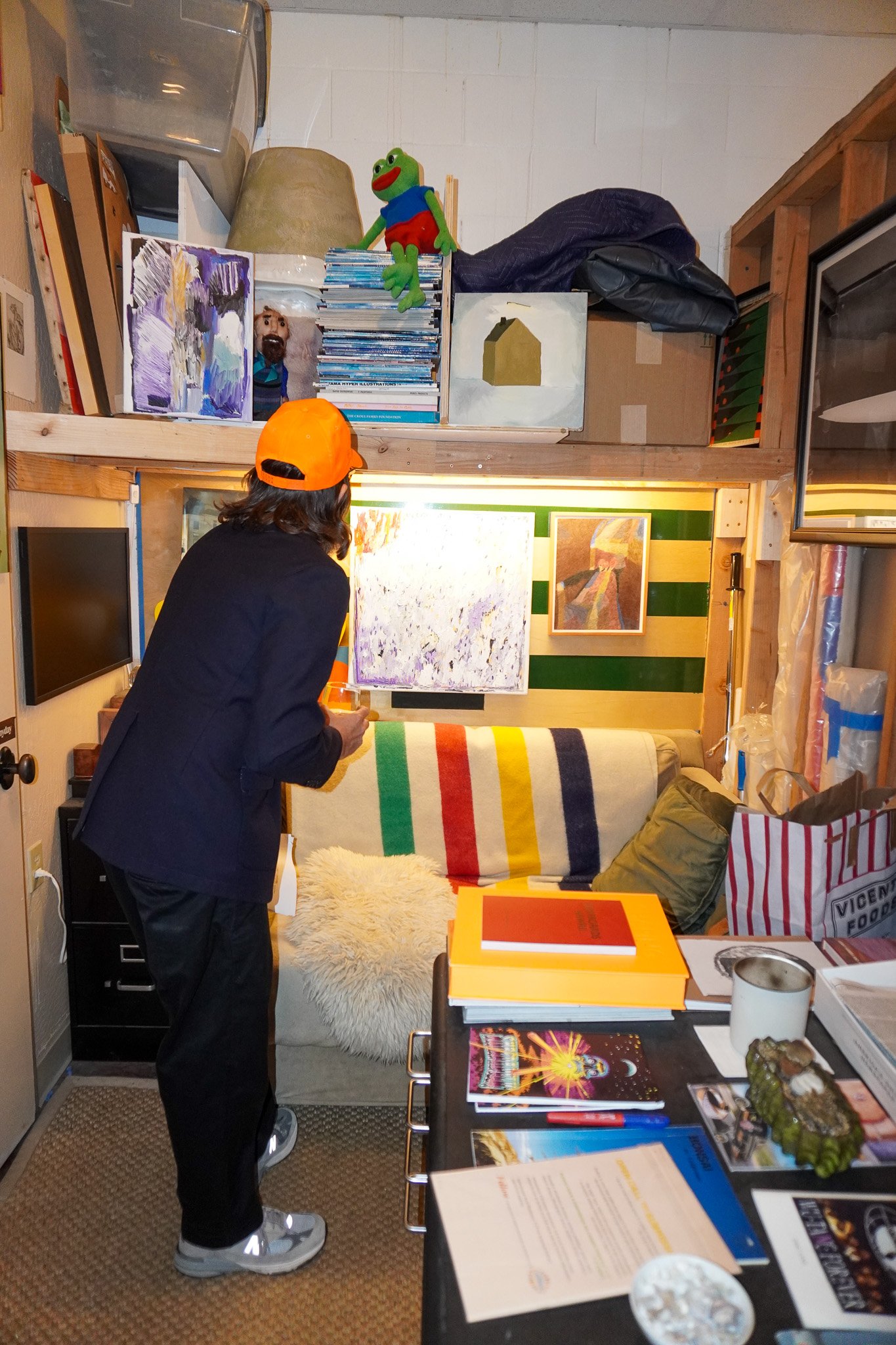

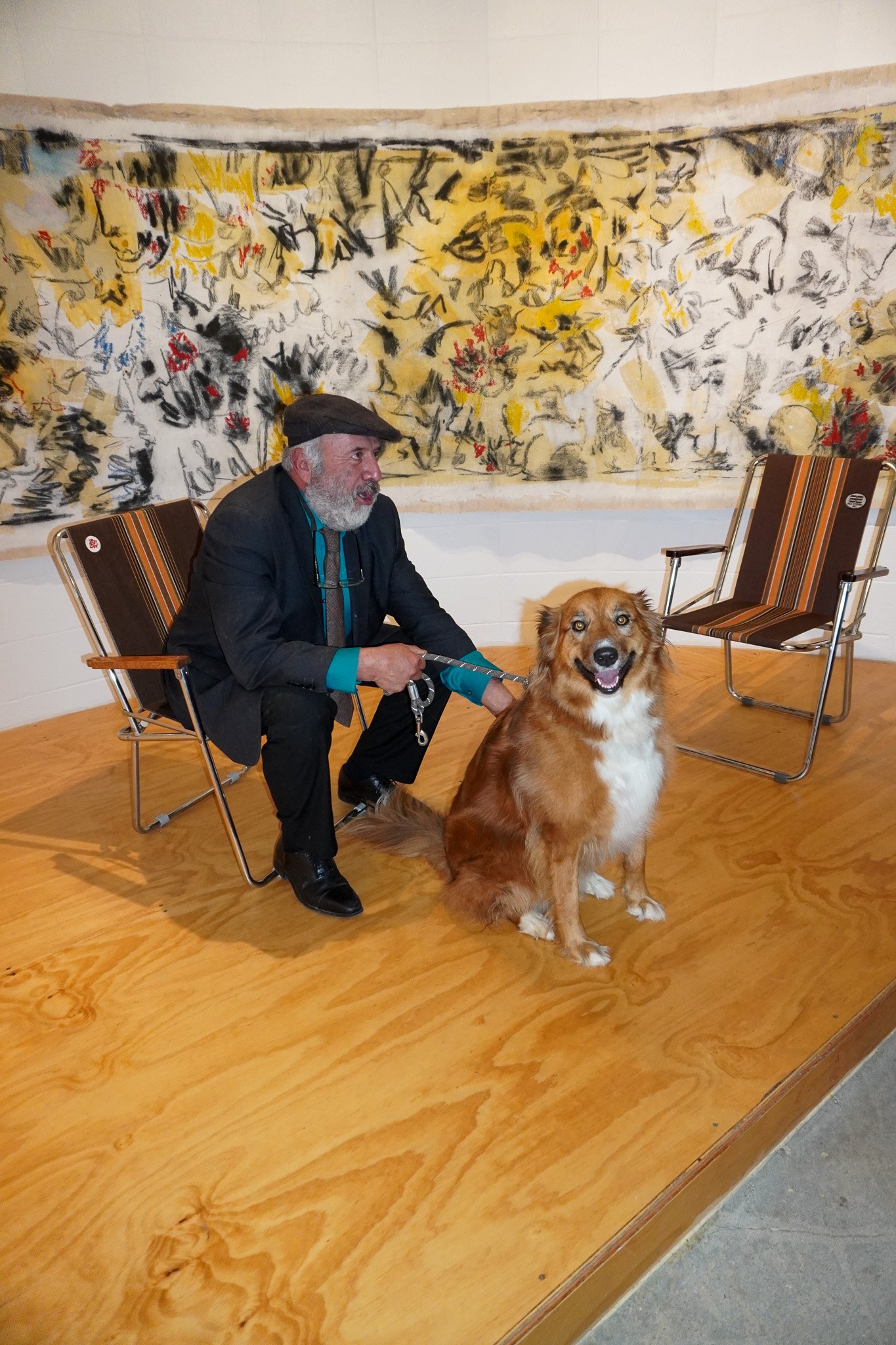
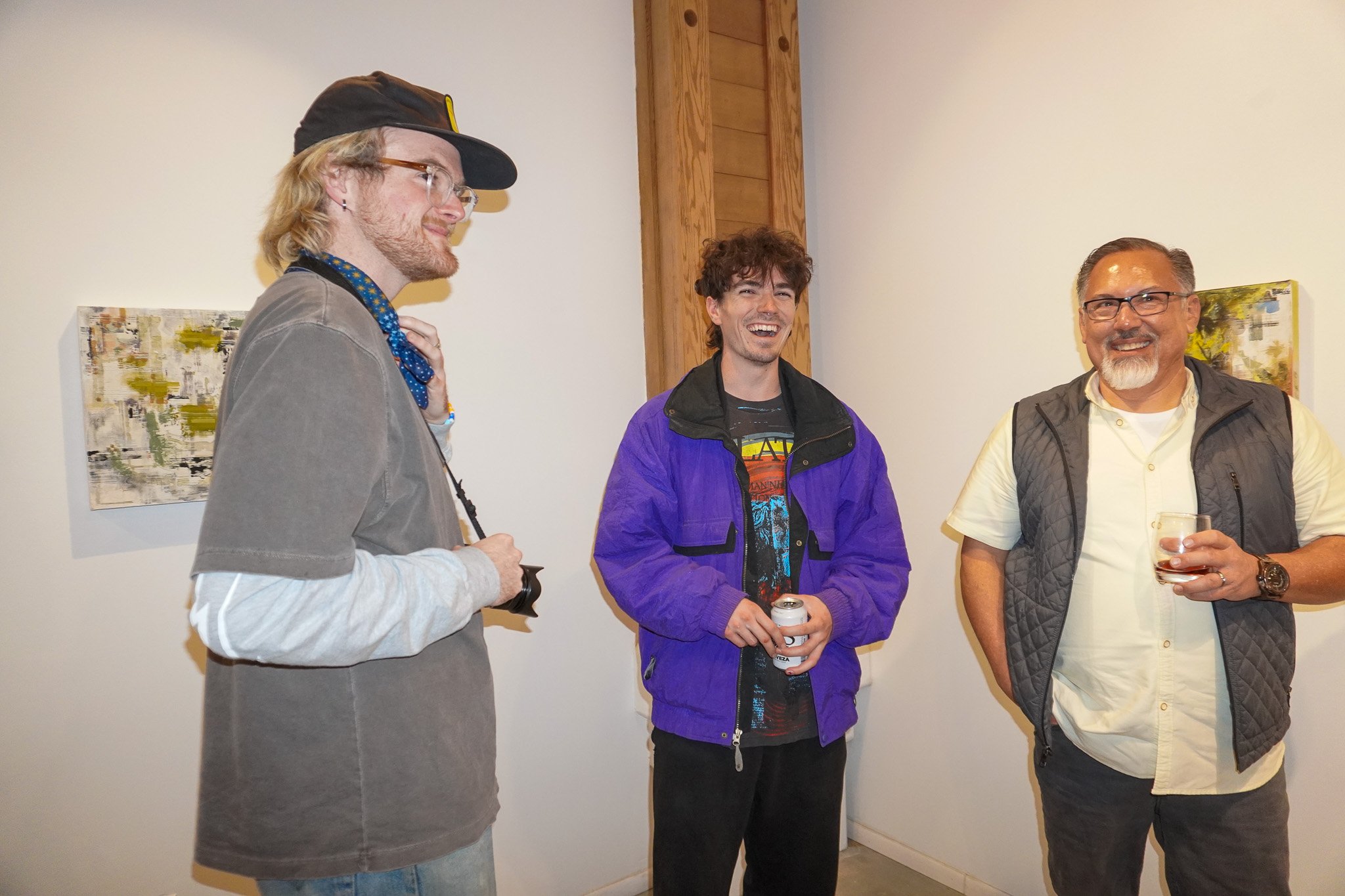
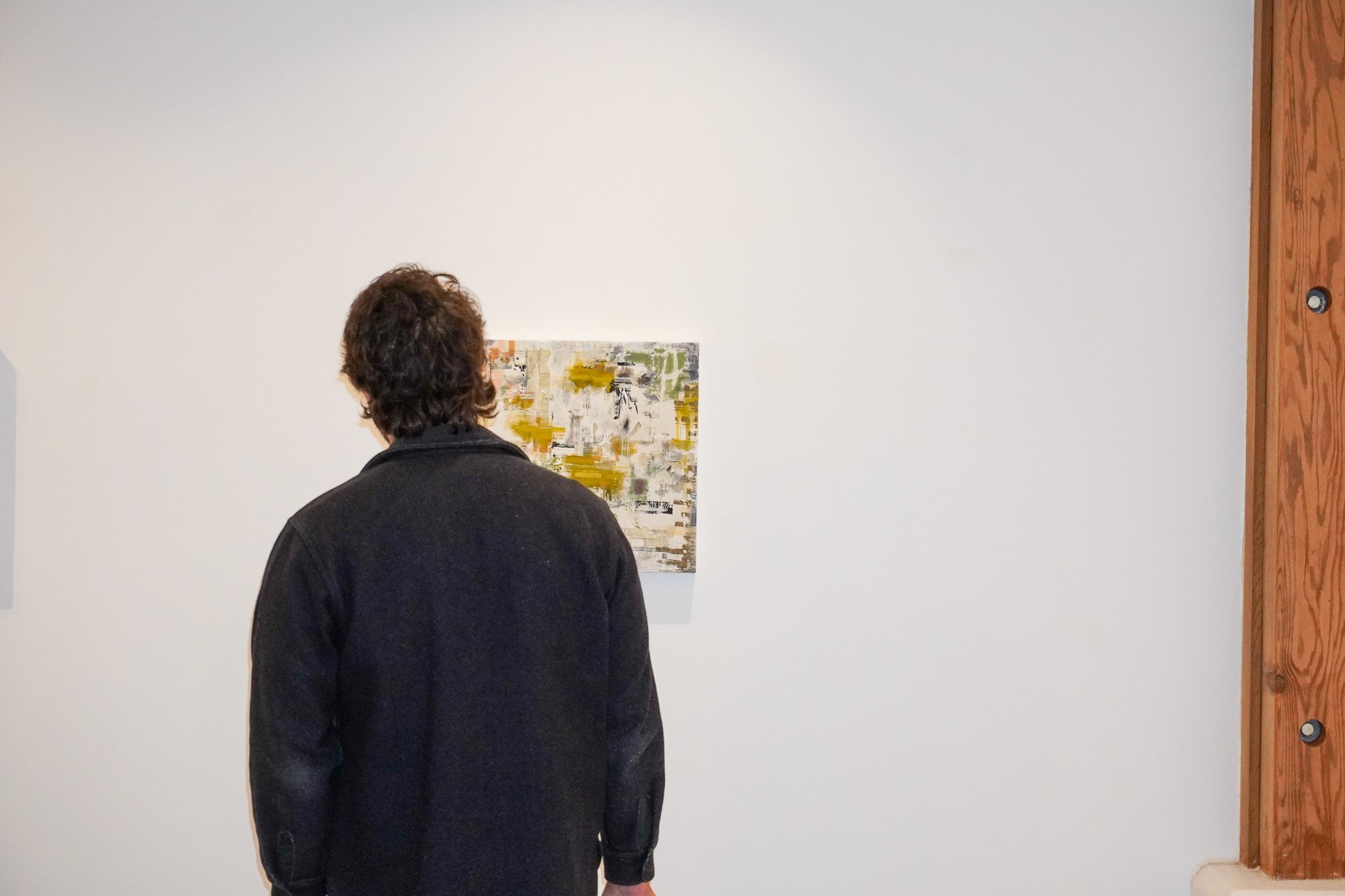
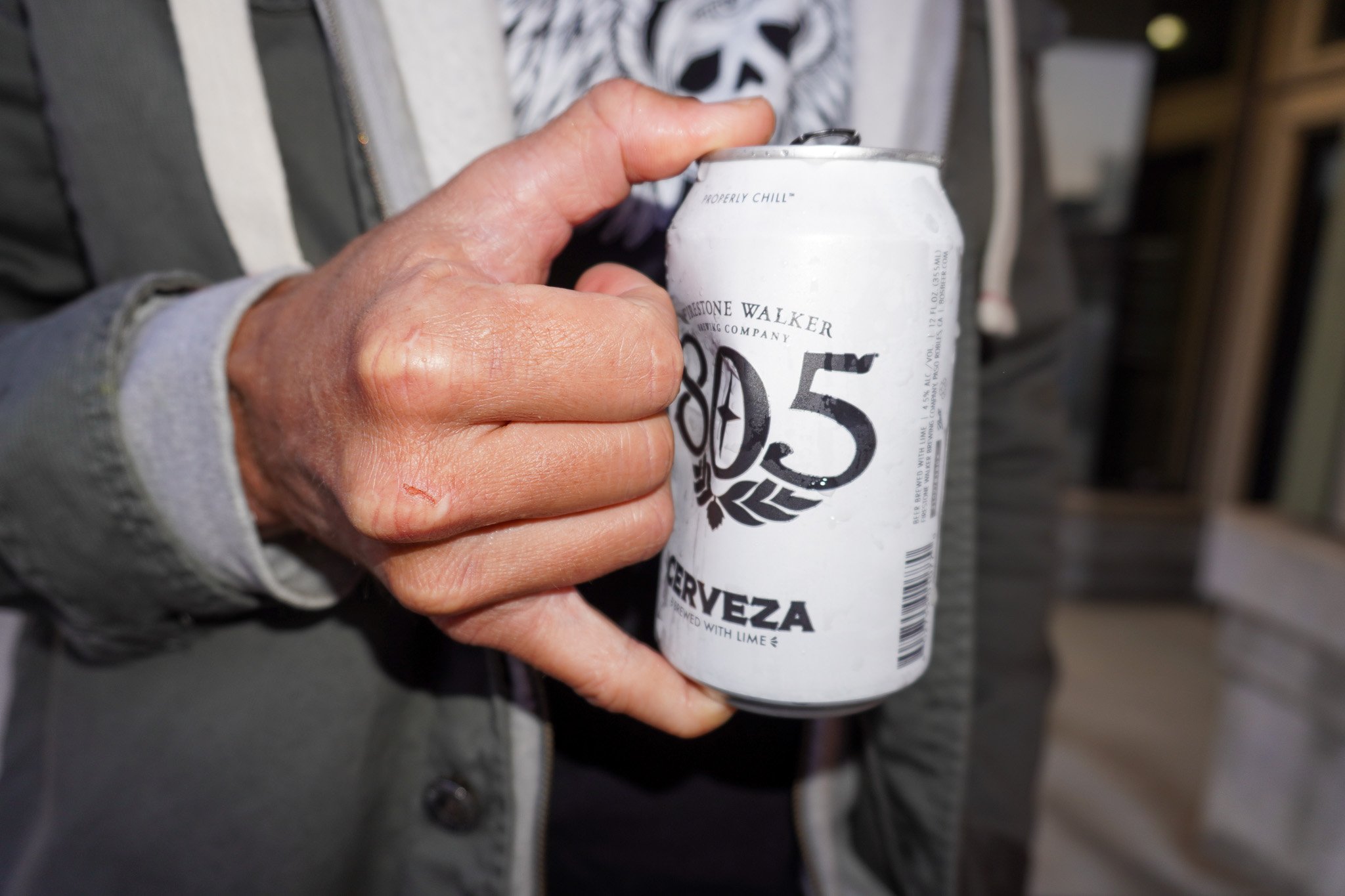
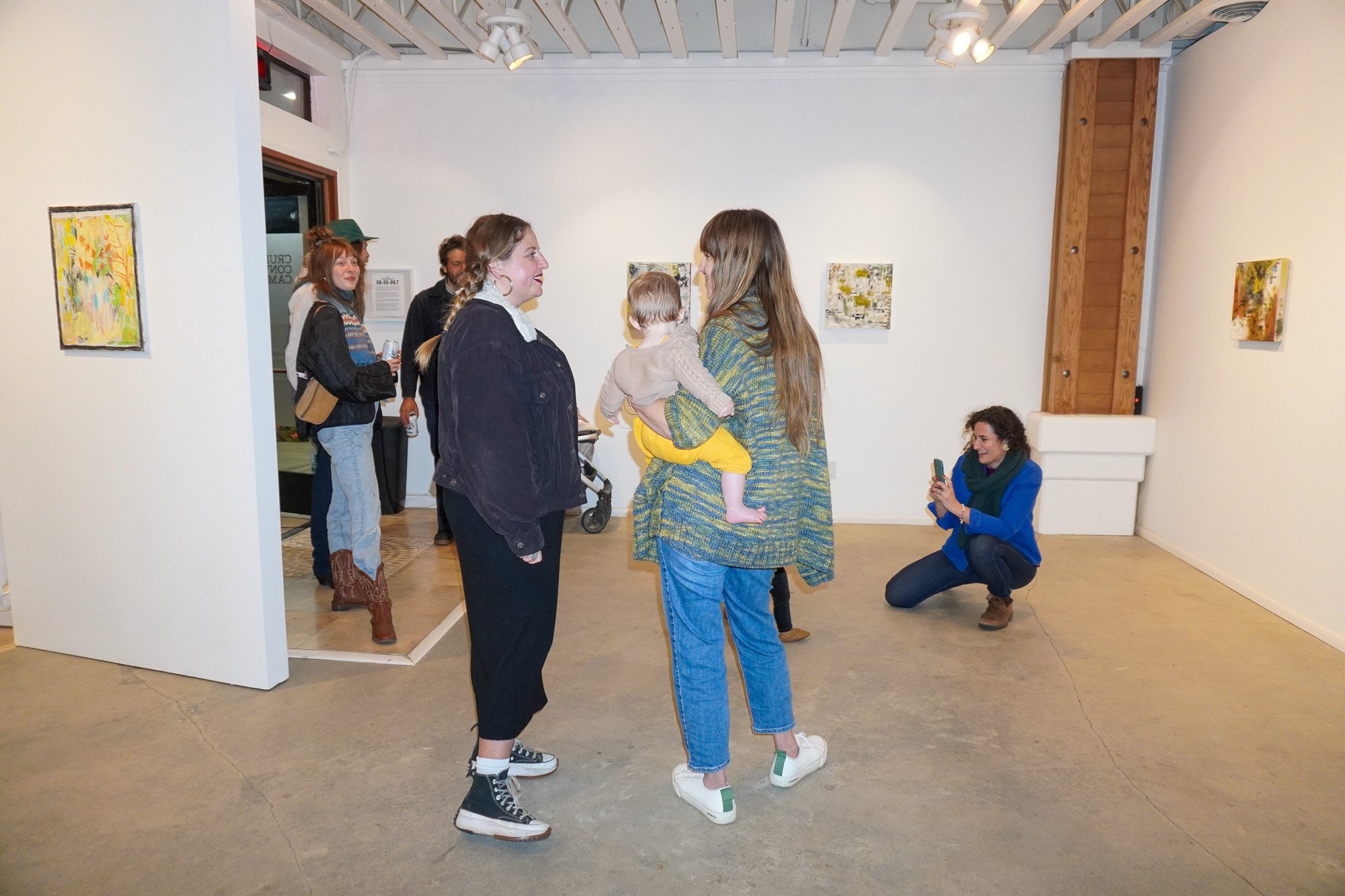
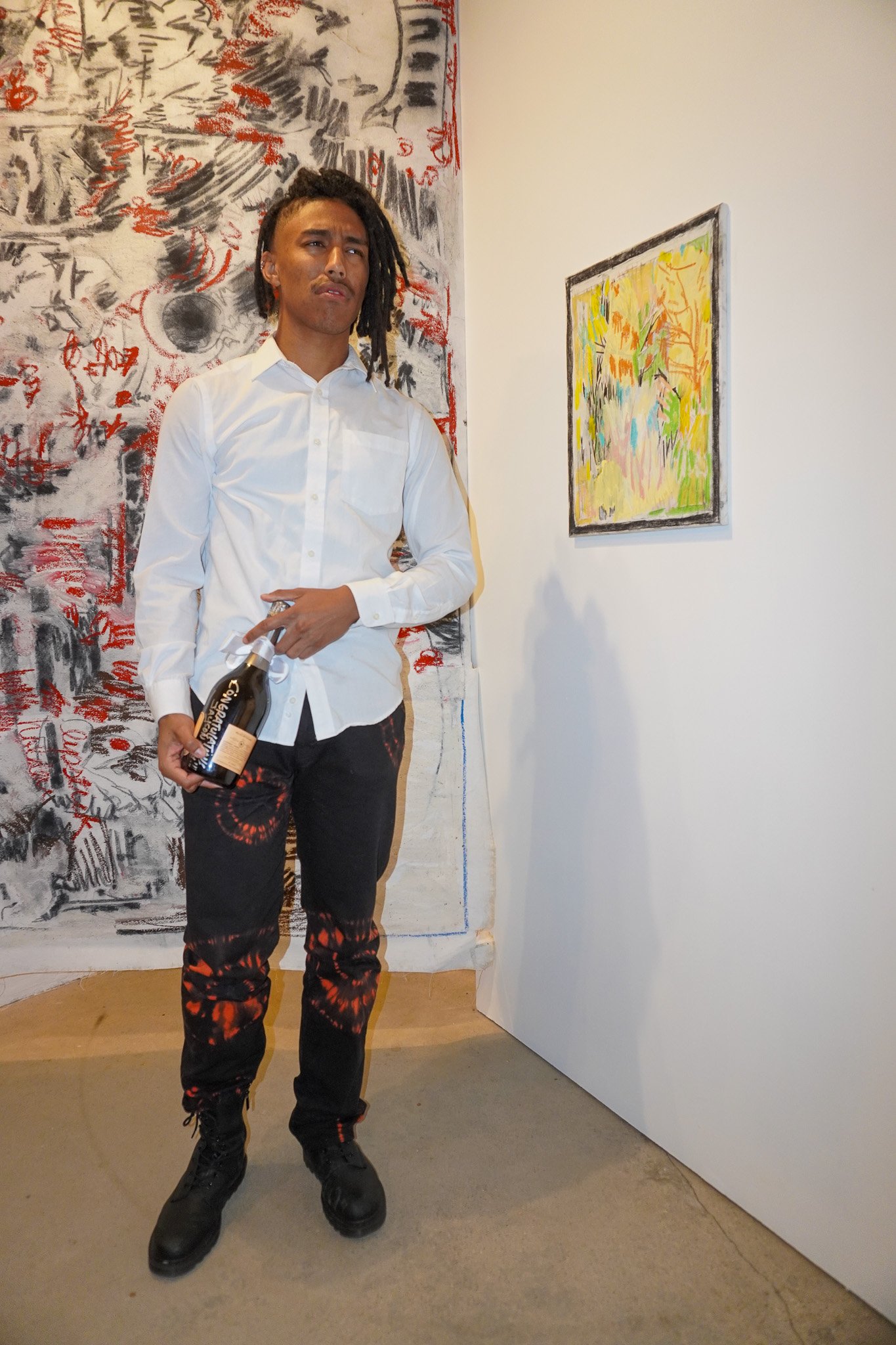
THE BURDEN OF THE COLLECTOR
At what point does an object lose it’s value? Sometimes never. One man’s treasure is… well you already know the rest. Is the art of collecting and preserving it’s own practice separate from the objects that are sought after? Does any discerning line exist between us and our stuff?
Who decides what’s what in a world gone mad…? Well in this case… YOU DO.
ODE TO YE OLDE SURF SHOPPE
A tip of the hat to the people and places that molded many a young artistic career. A very personal nod to the MOLLUSK of the early 2000’s (created by Johanna St. Clair and John McCambridge) that supported so many talented artists and friends in New York, Los Angeles and San Fransisco. Way too many to name here, we’ll have to save that list for a show when we can get a piece from each of them. For now, this particular show is a simple THANK YOU to those that held a space functioning somewhere between a cultural hub/incubator for young creatives, as well as just a place to buy some wax. Or at least try to earn a free bar by paying some dues.
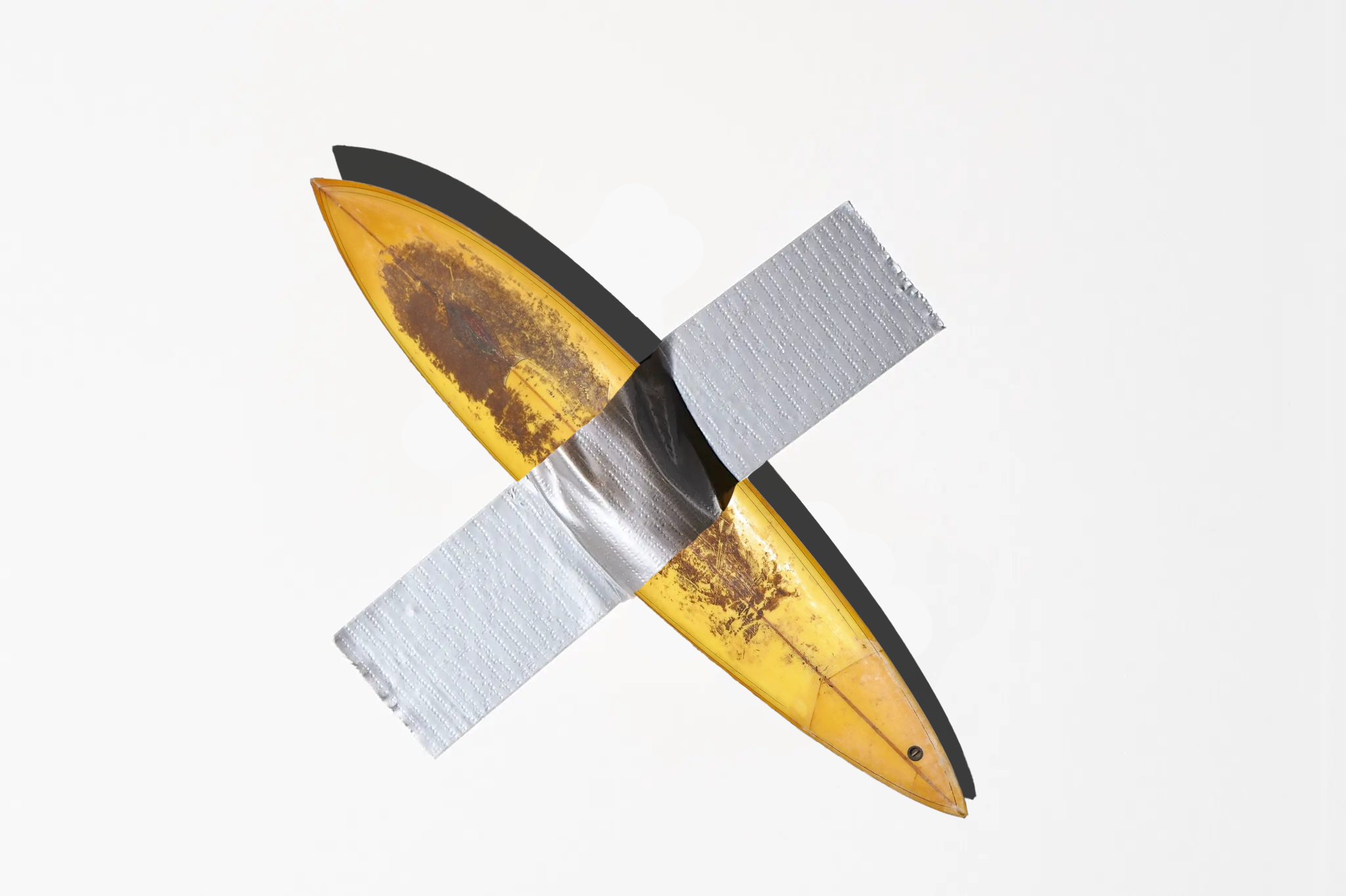
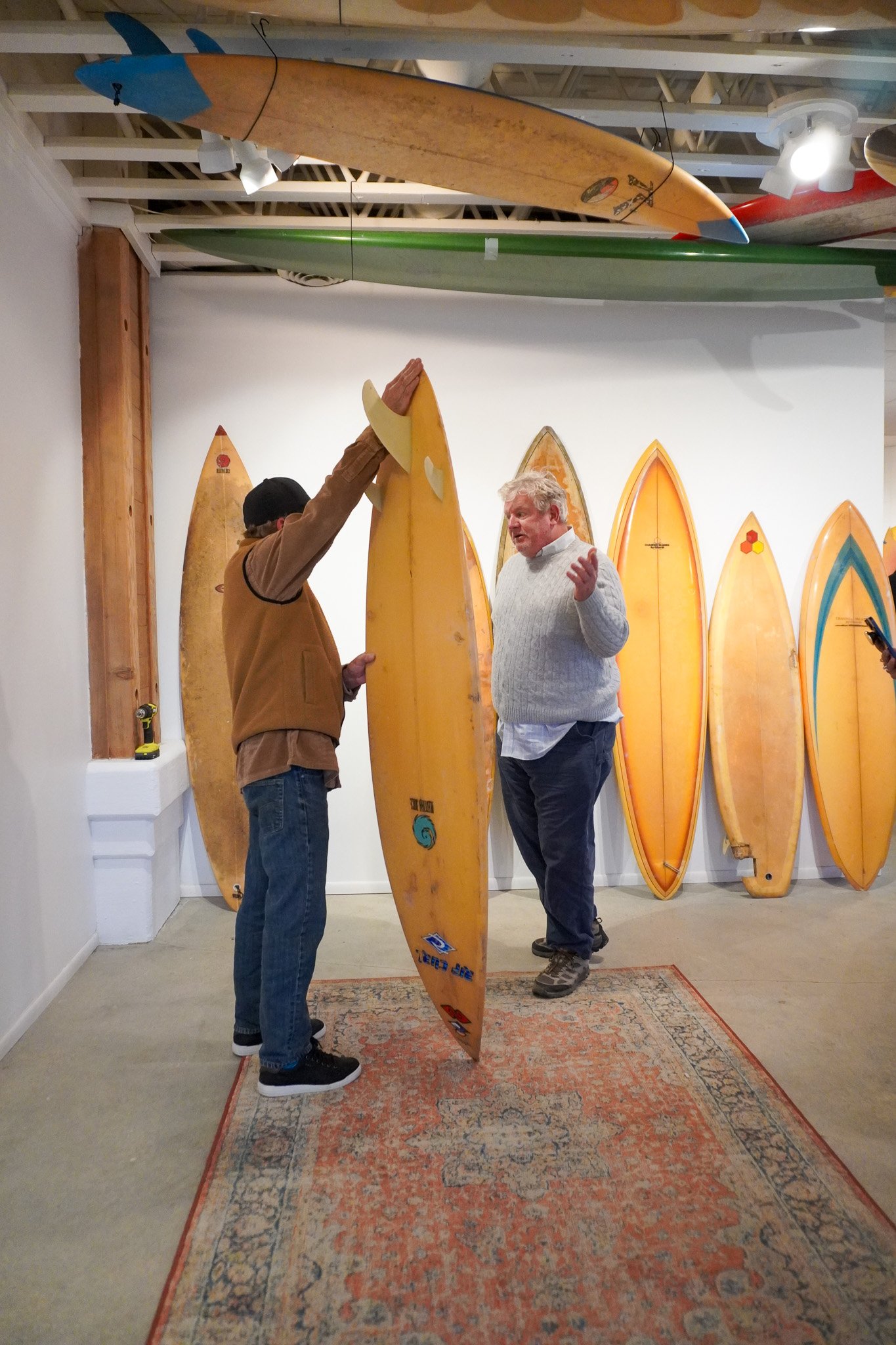
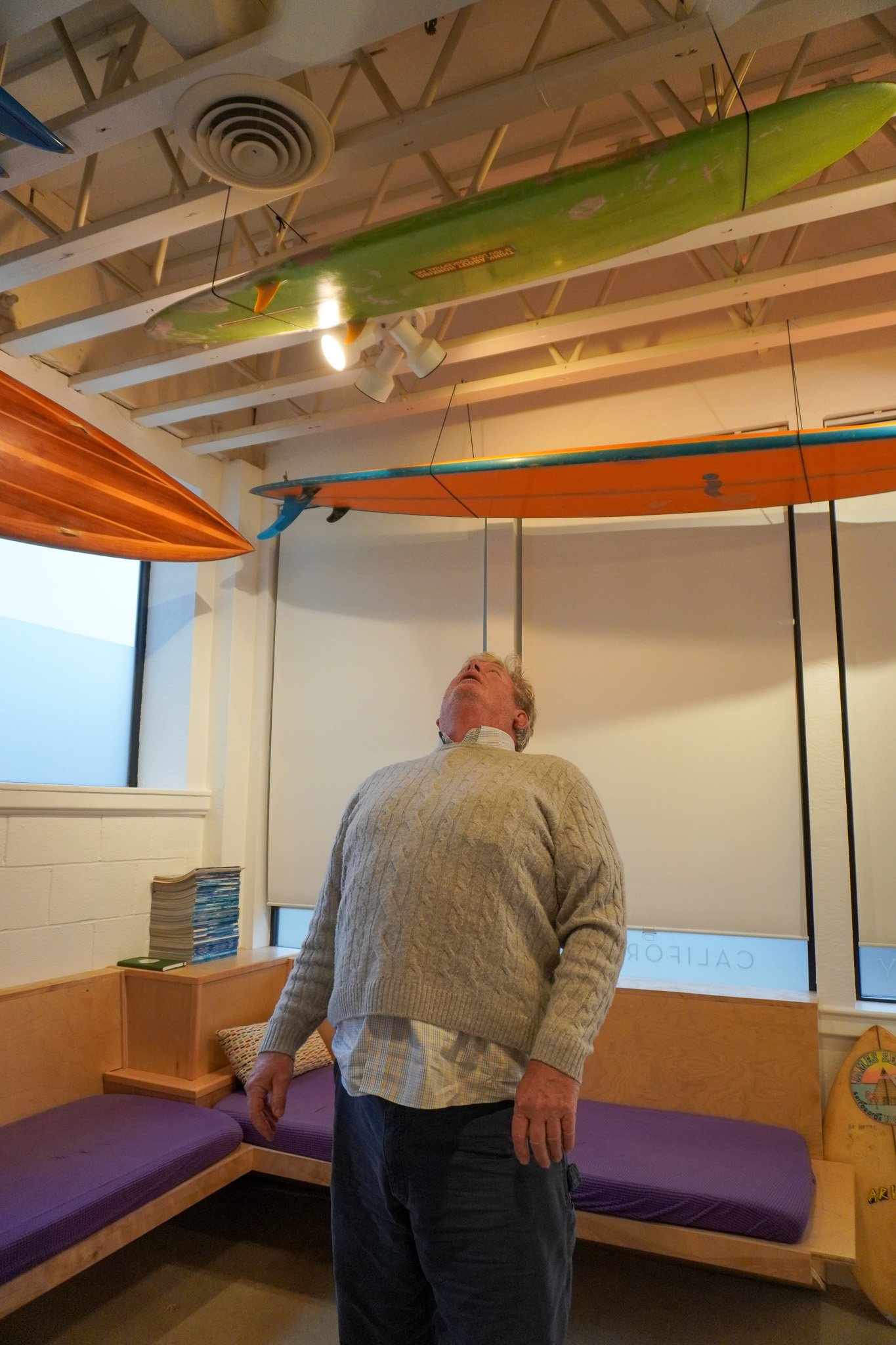
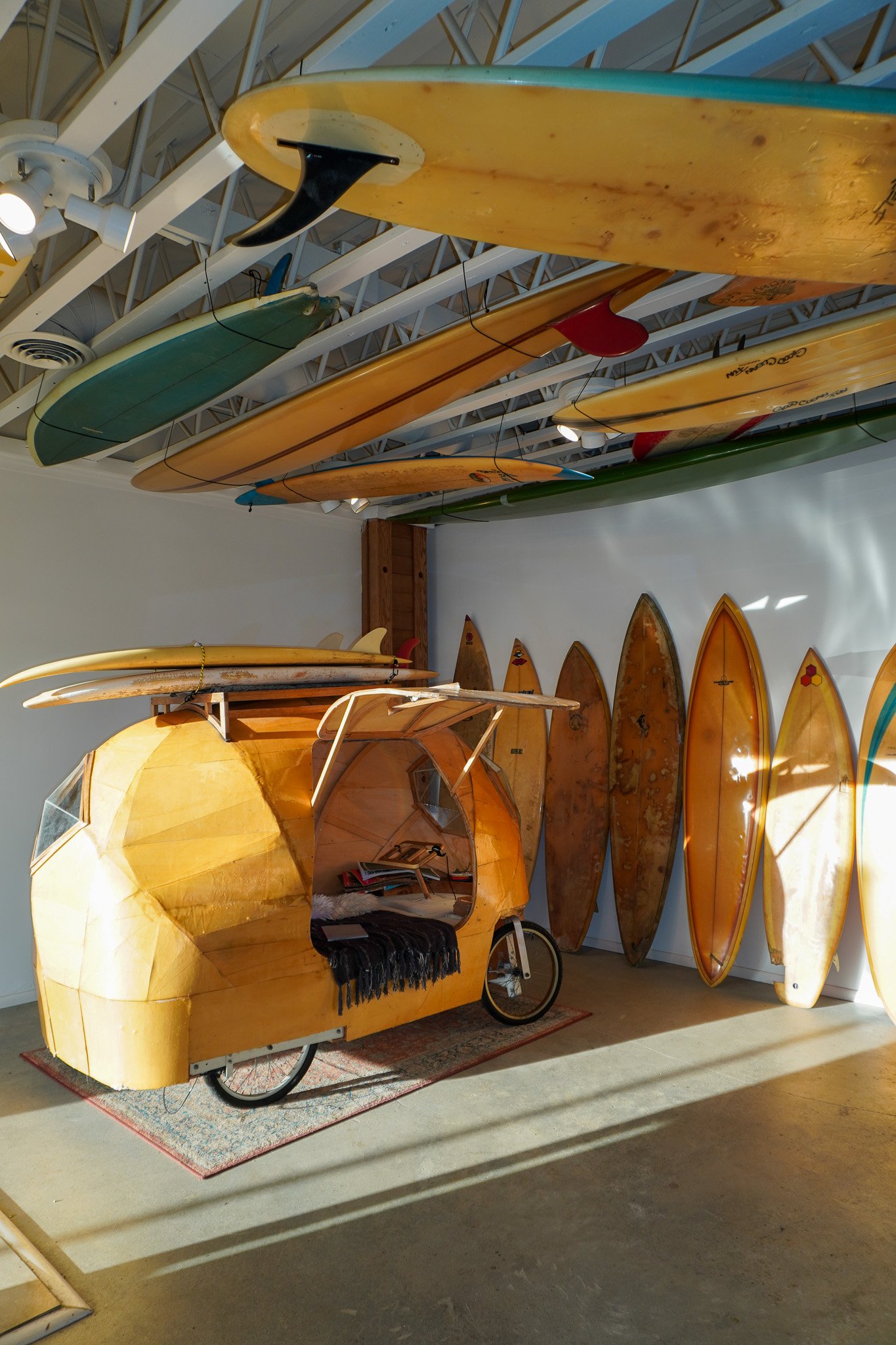
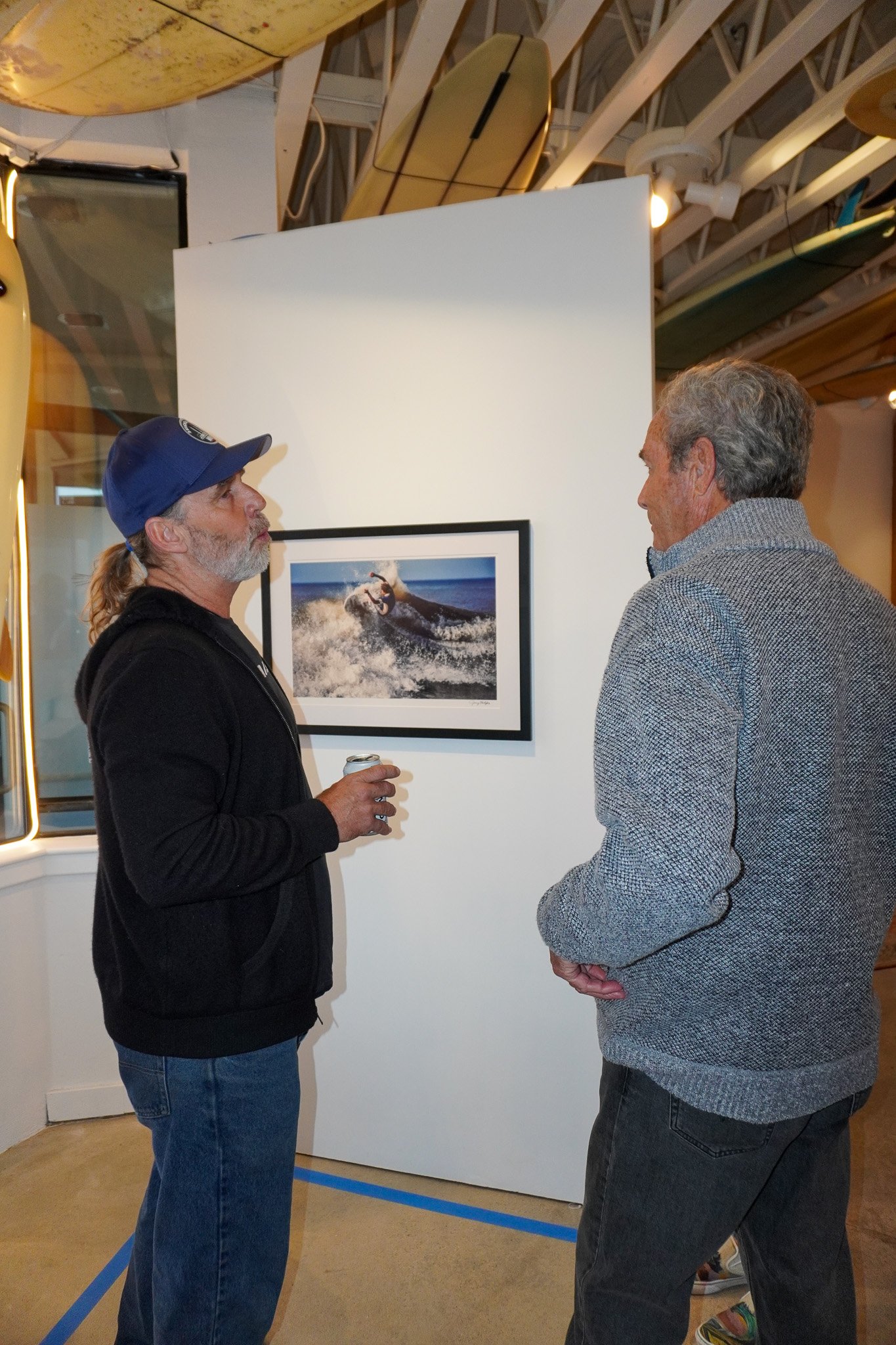
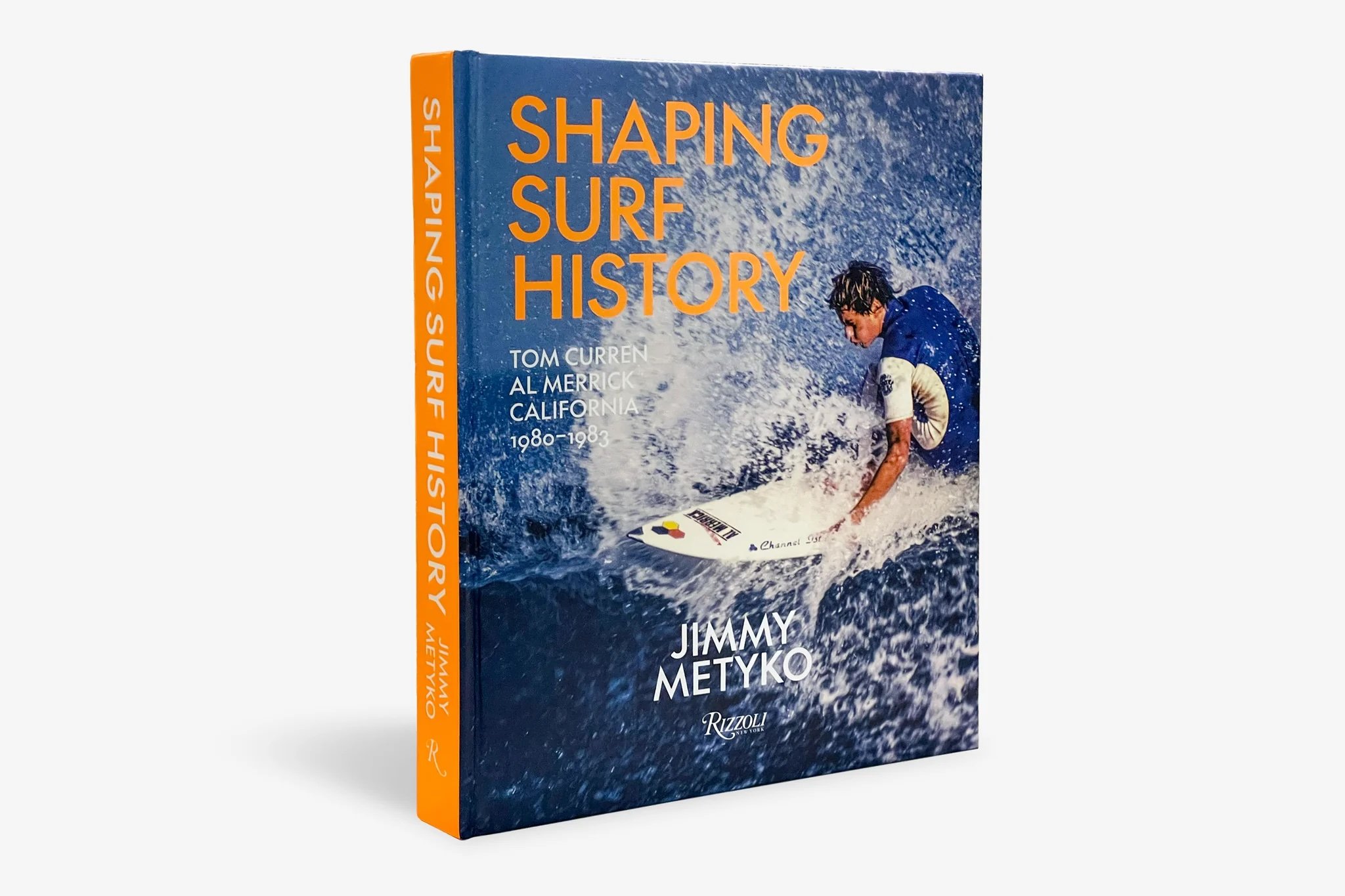

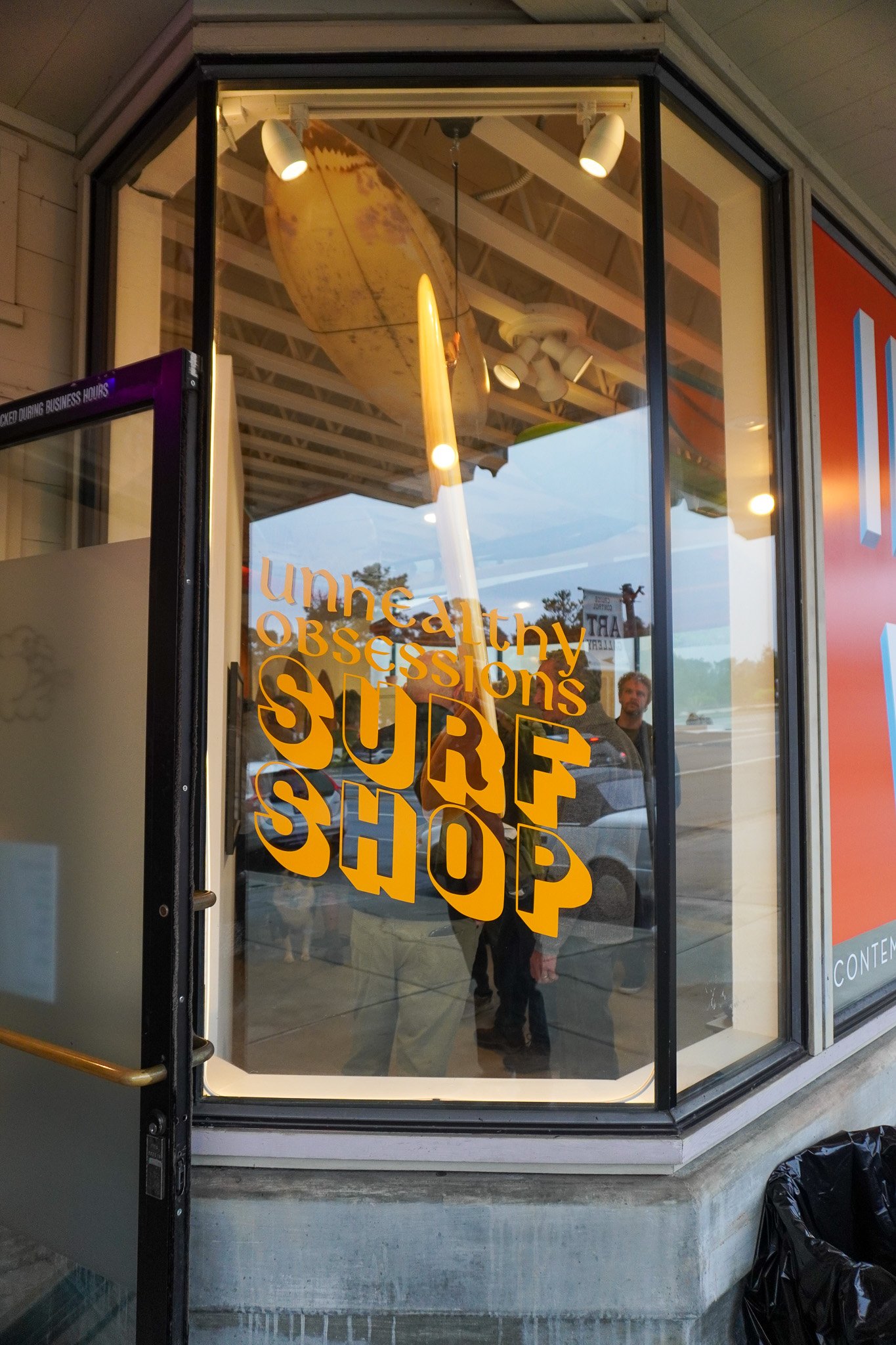
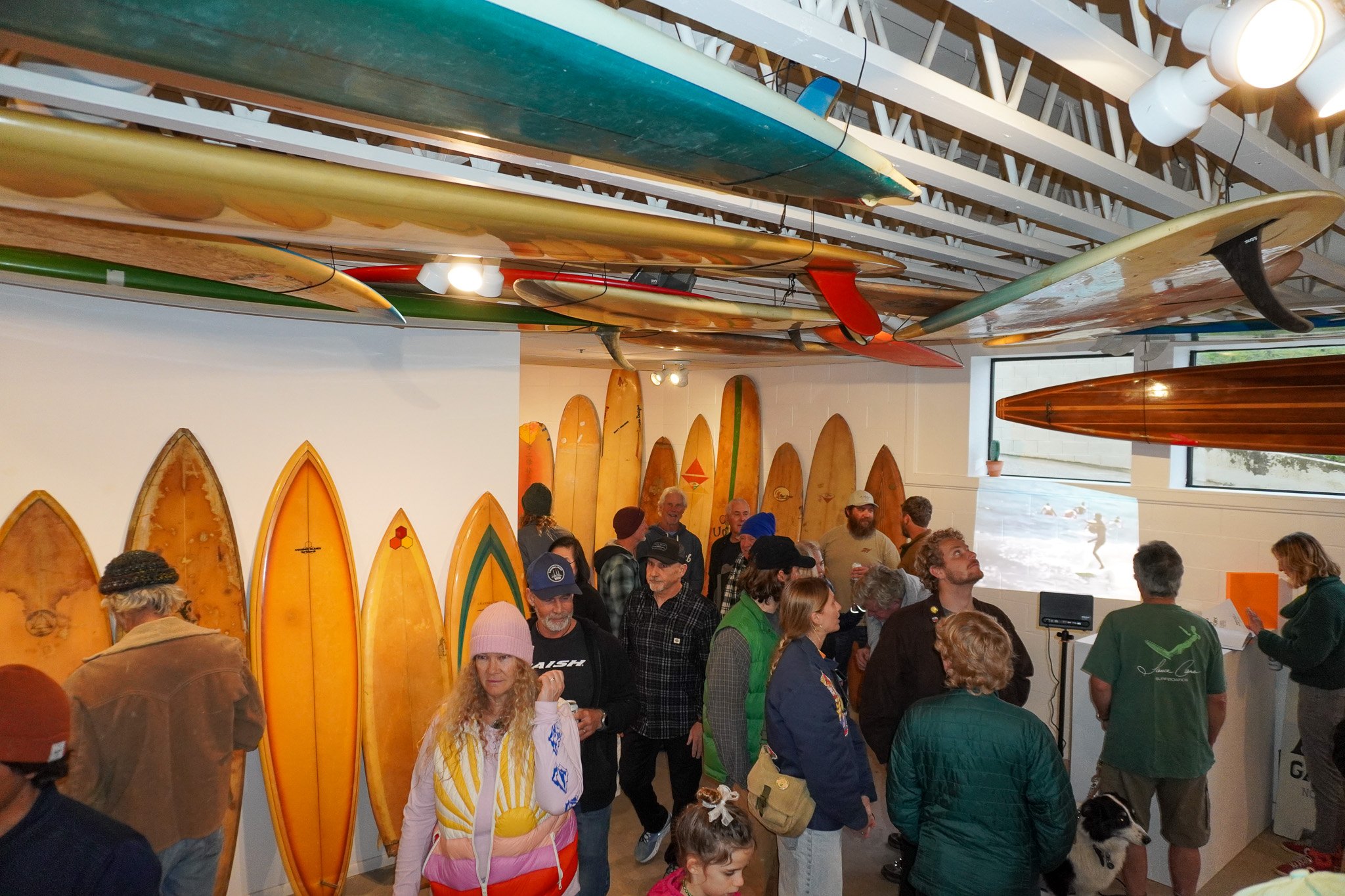
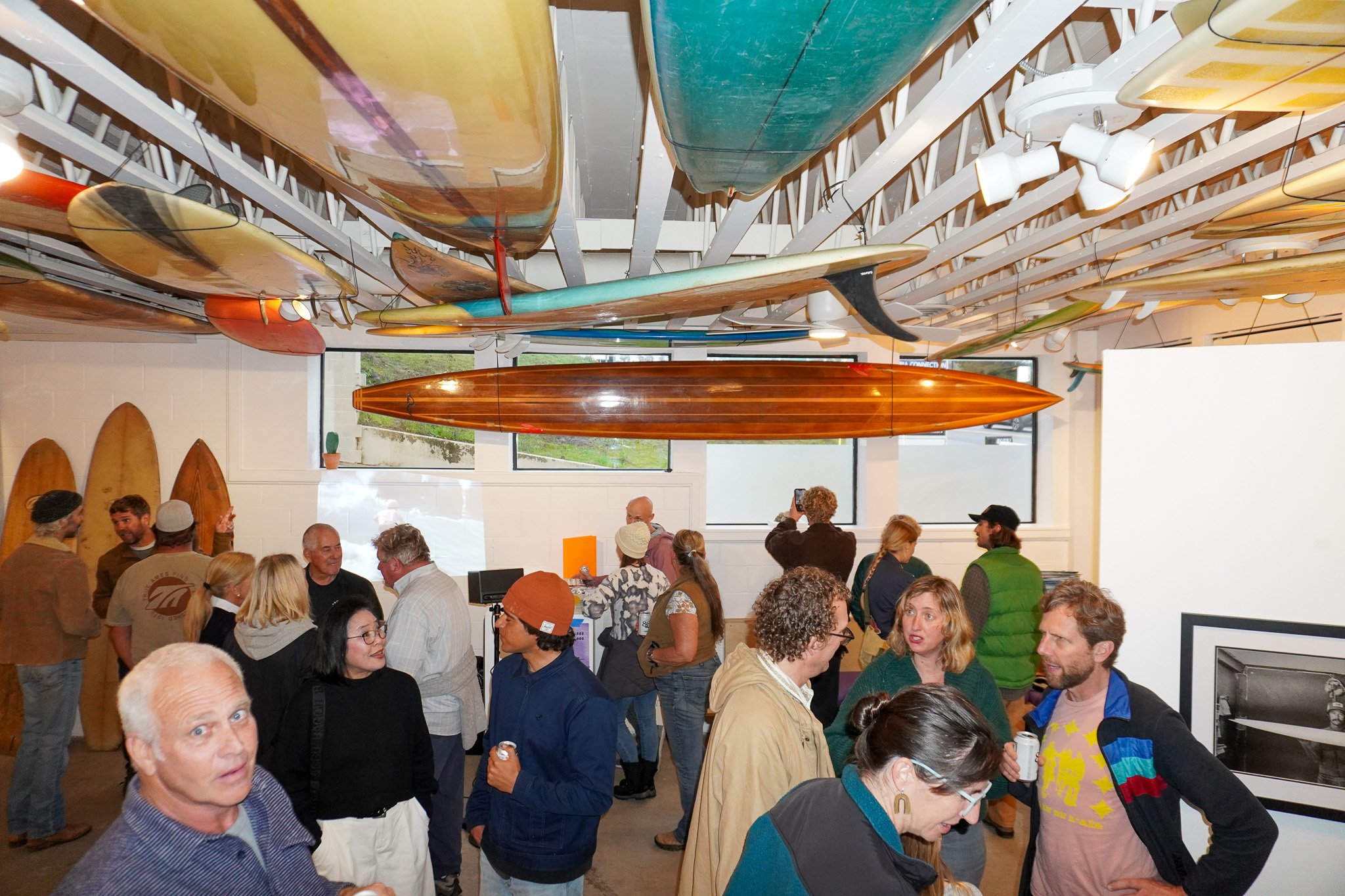
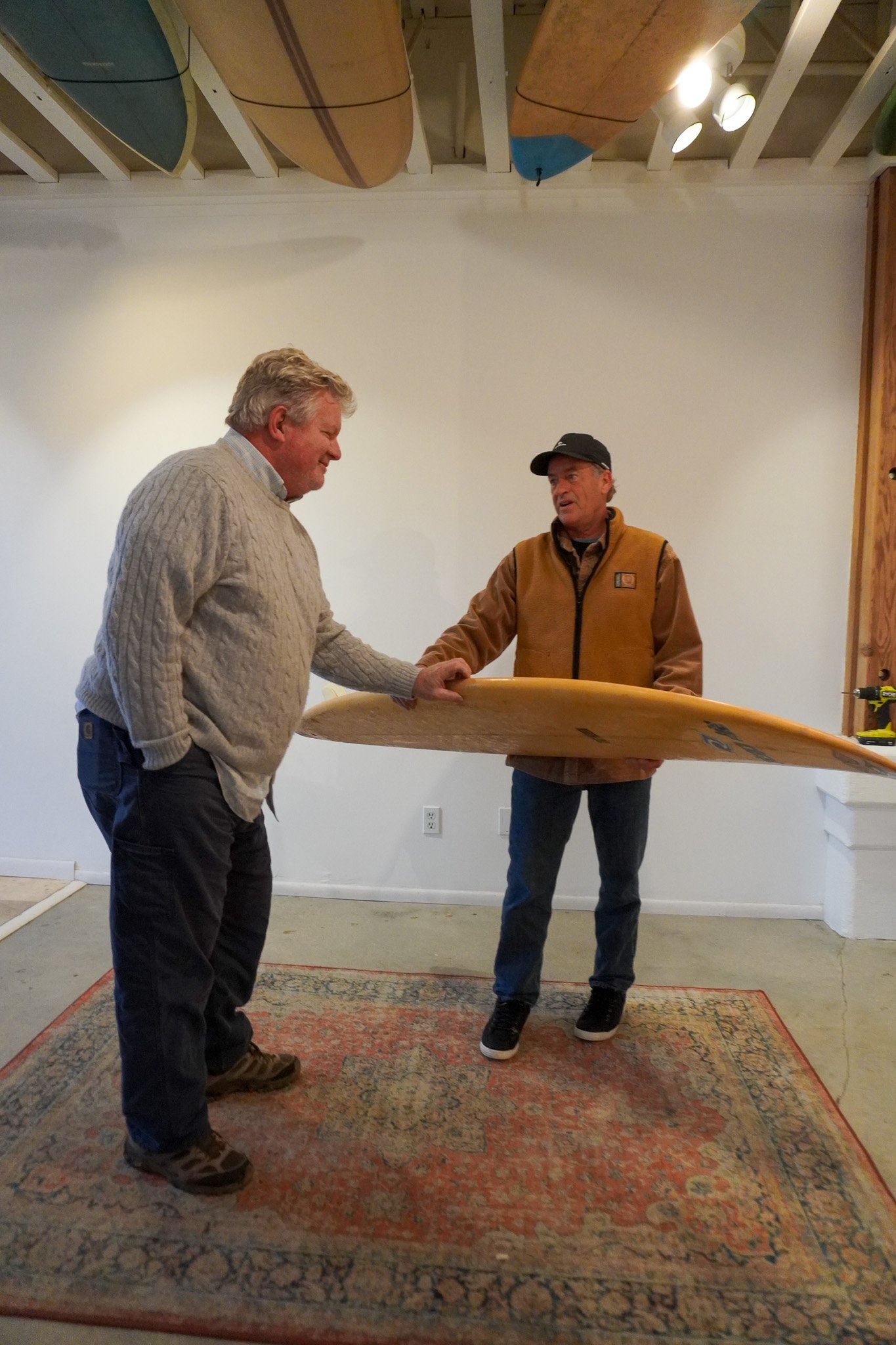
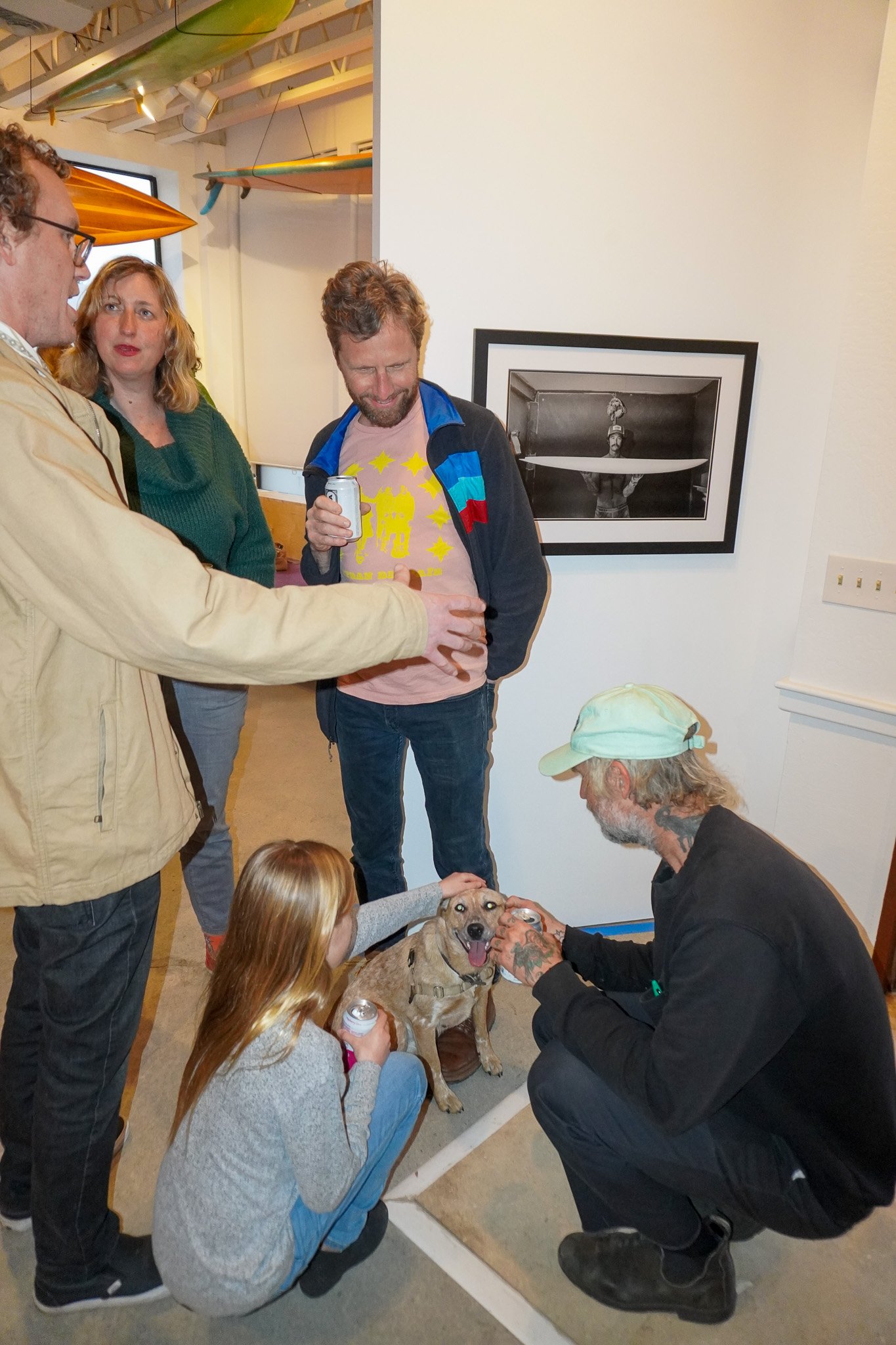
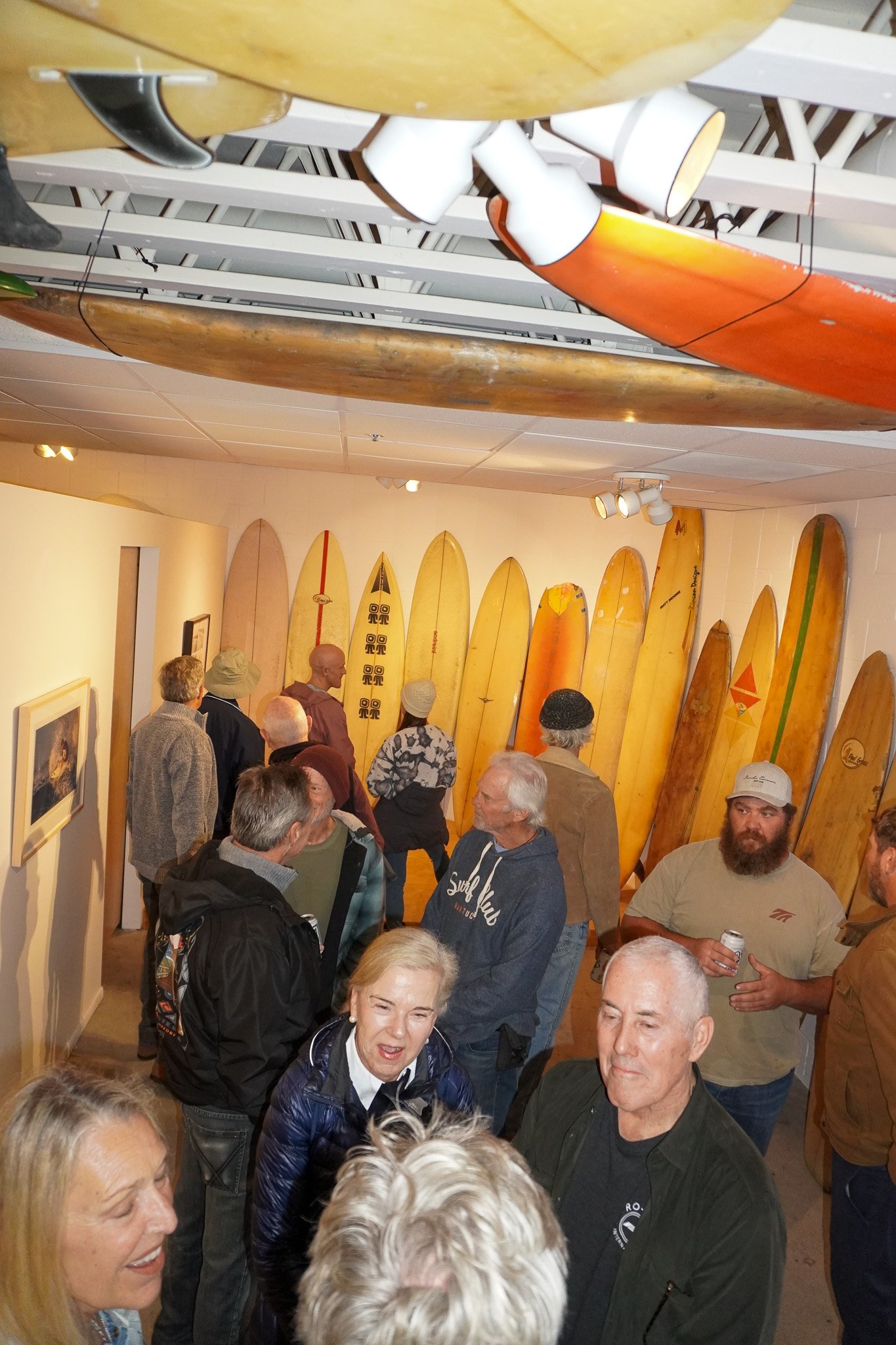

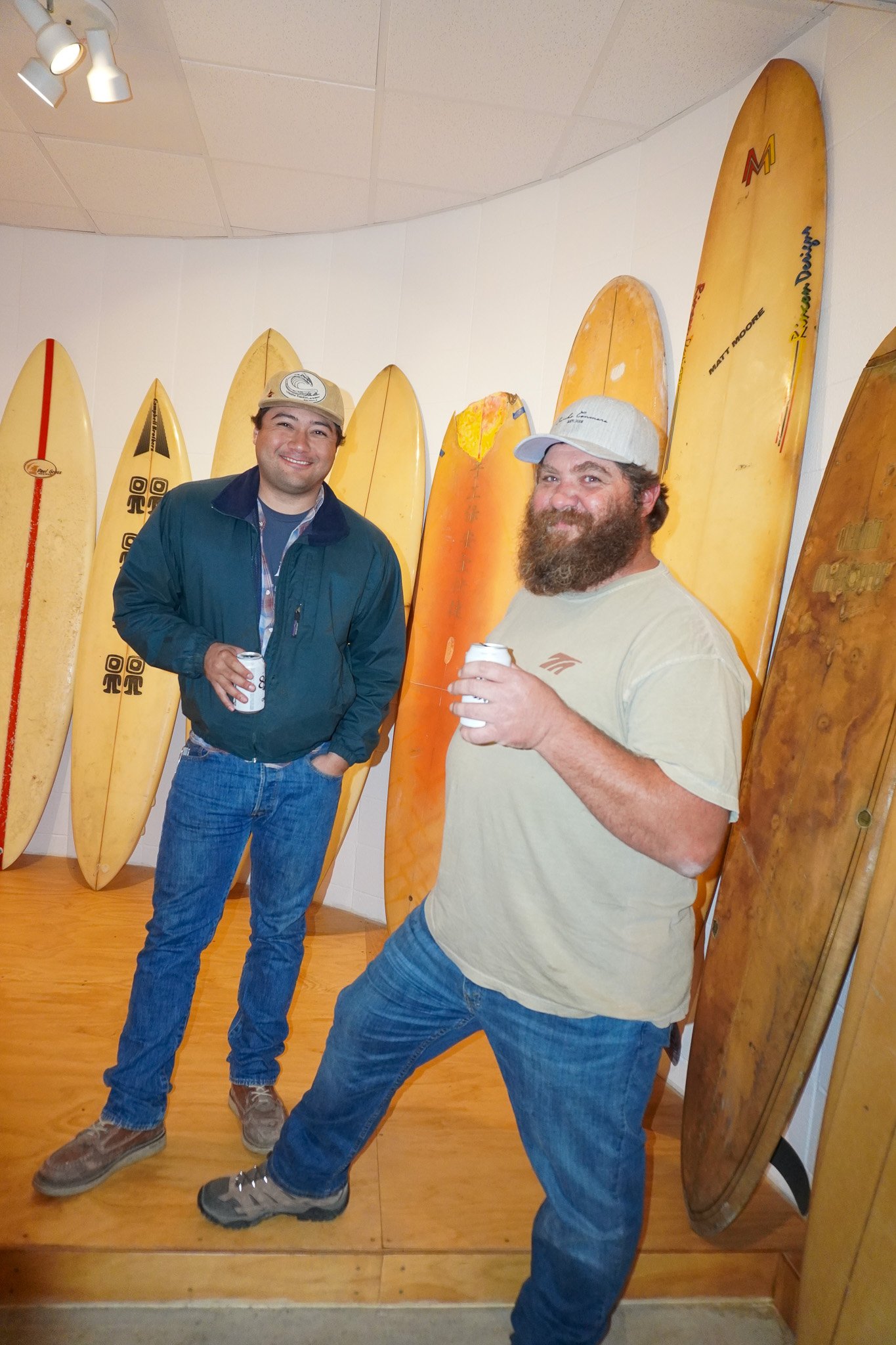
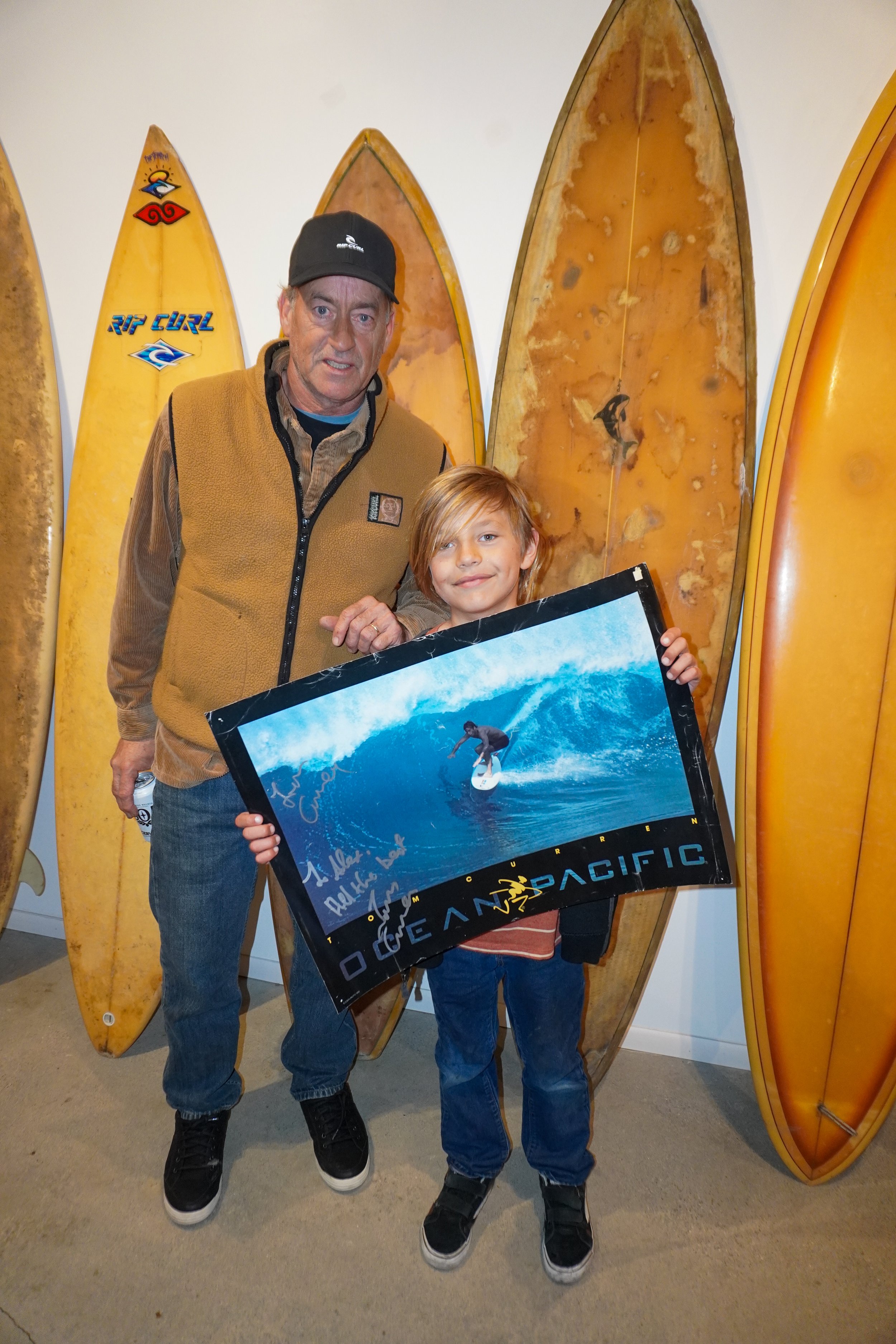


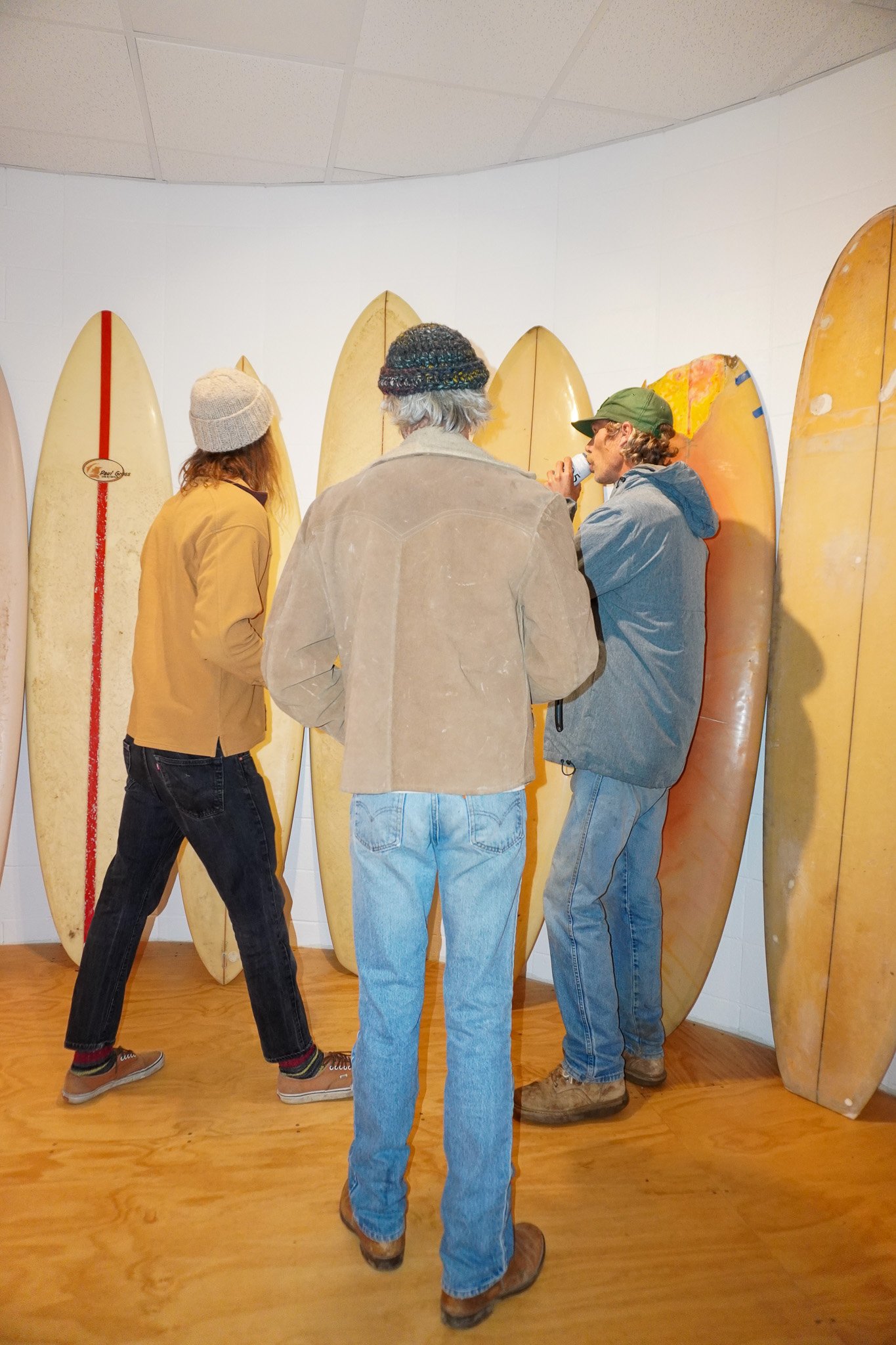
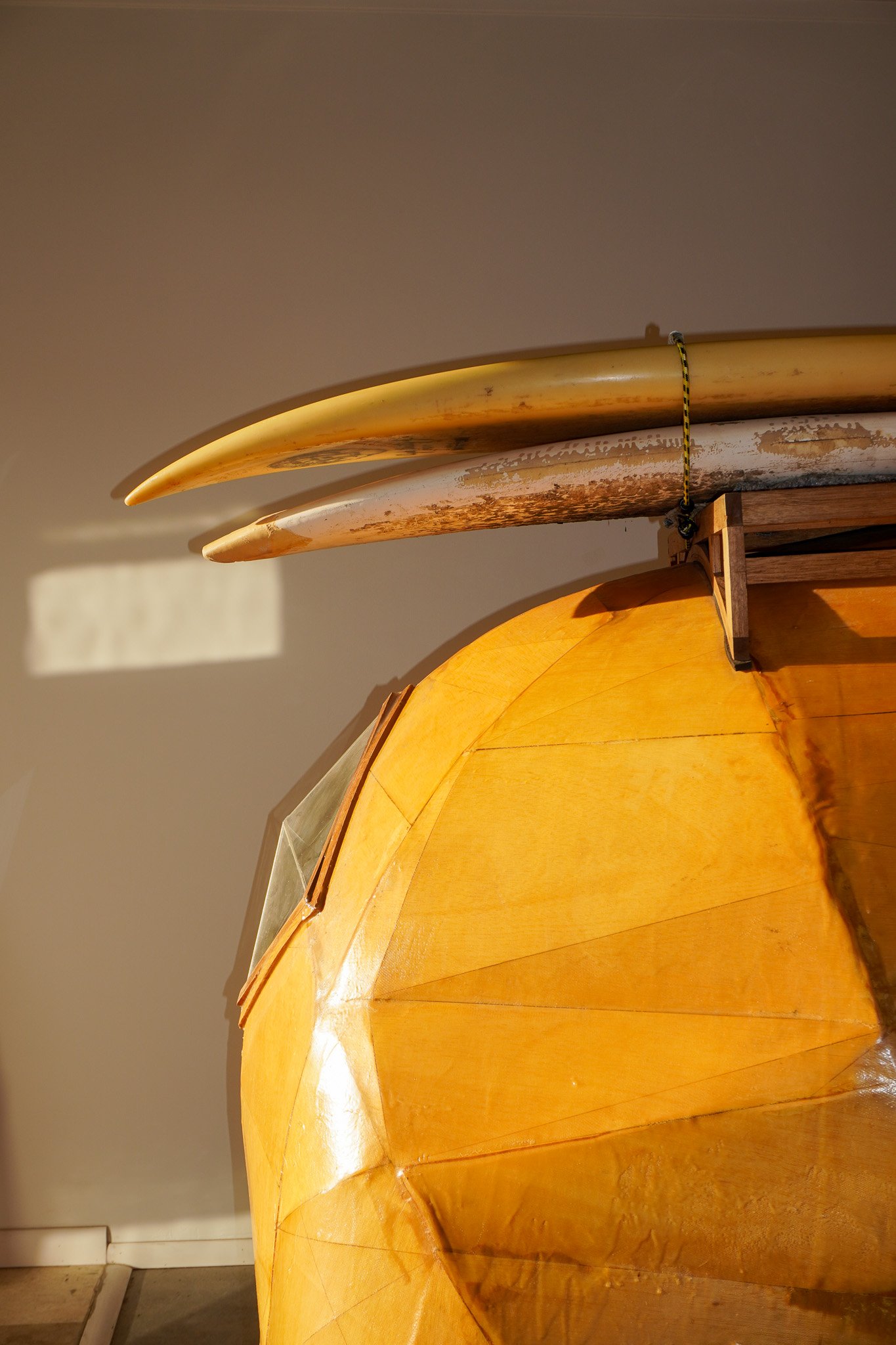
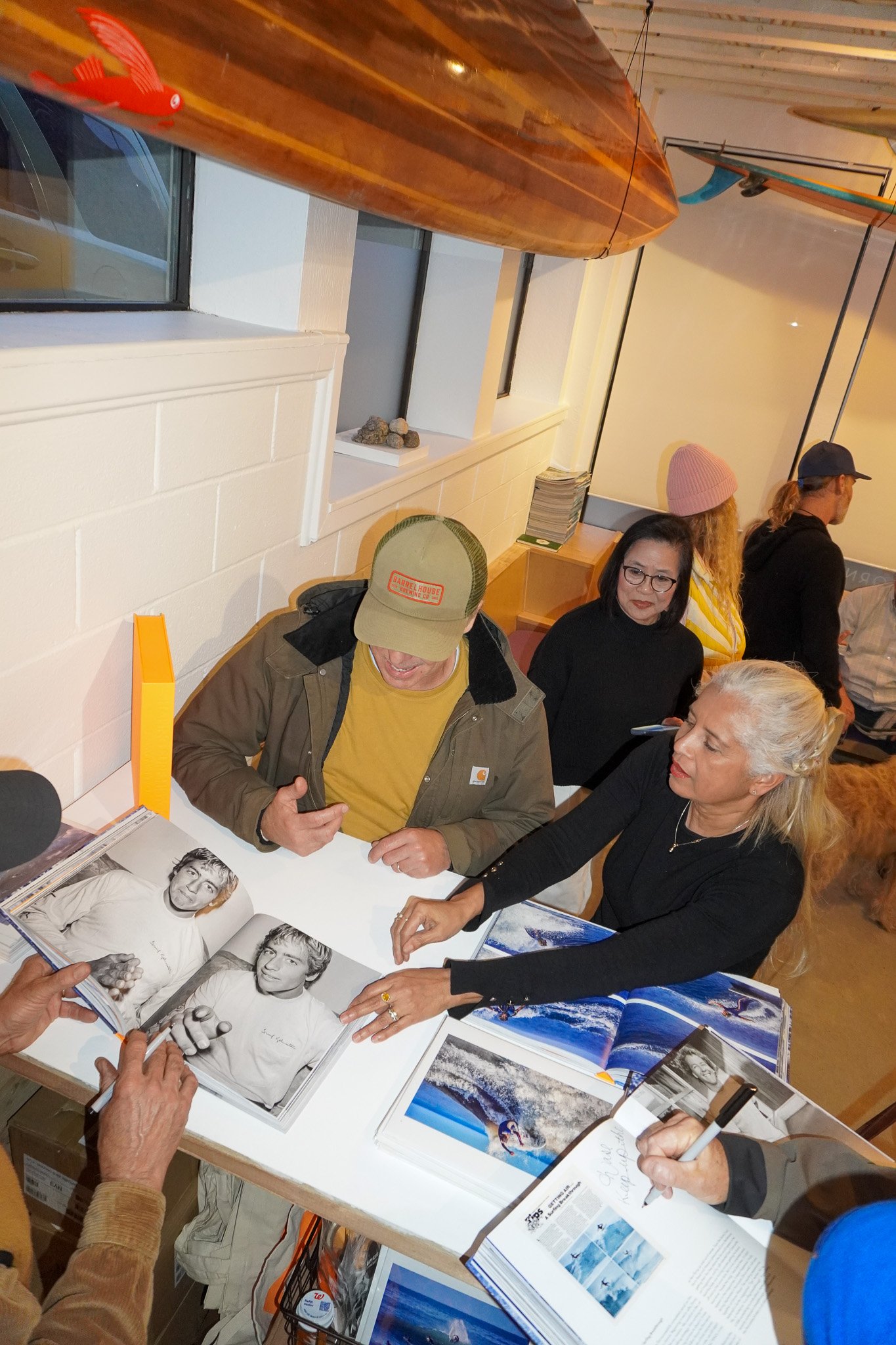
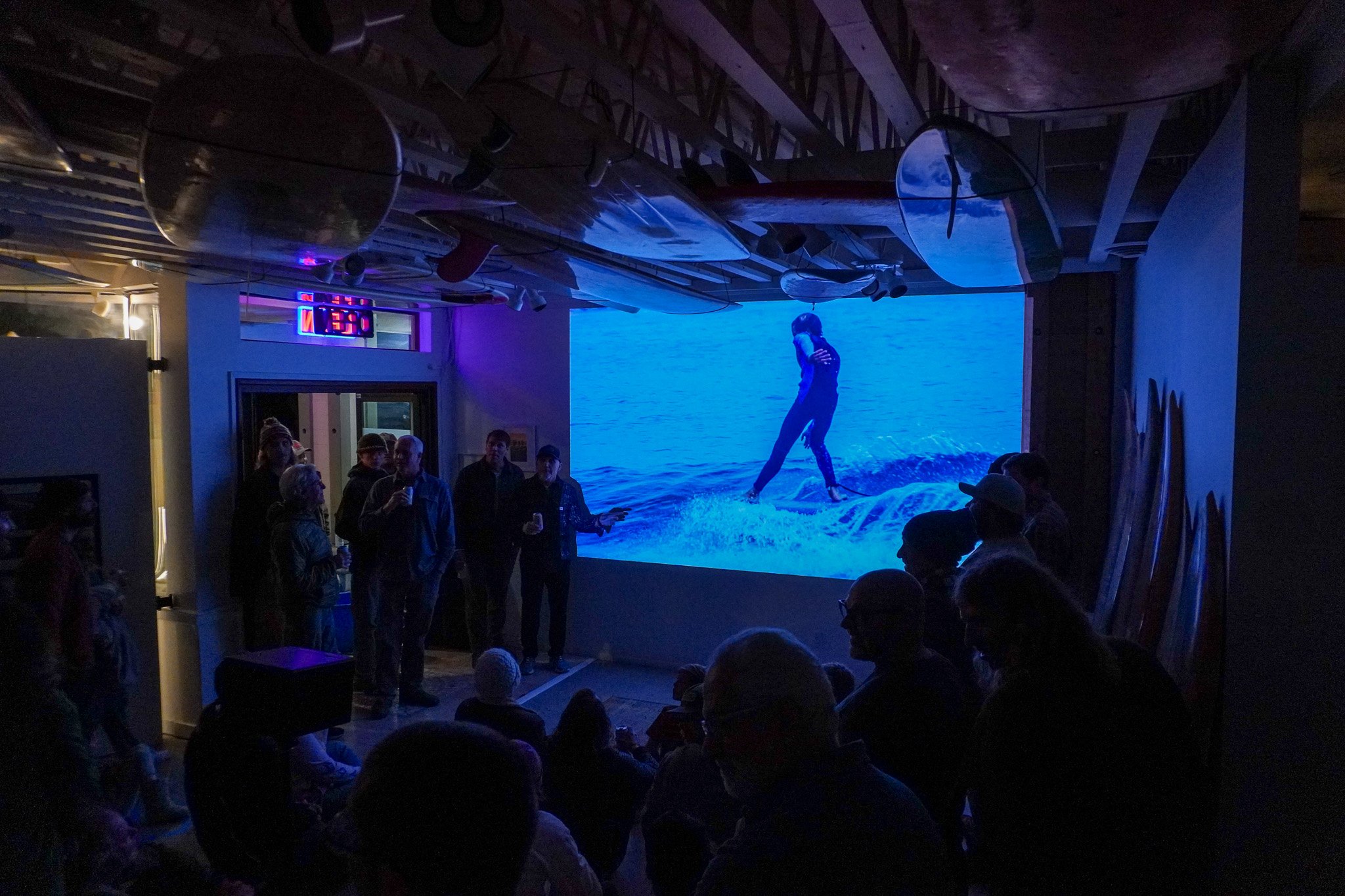
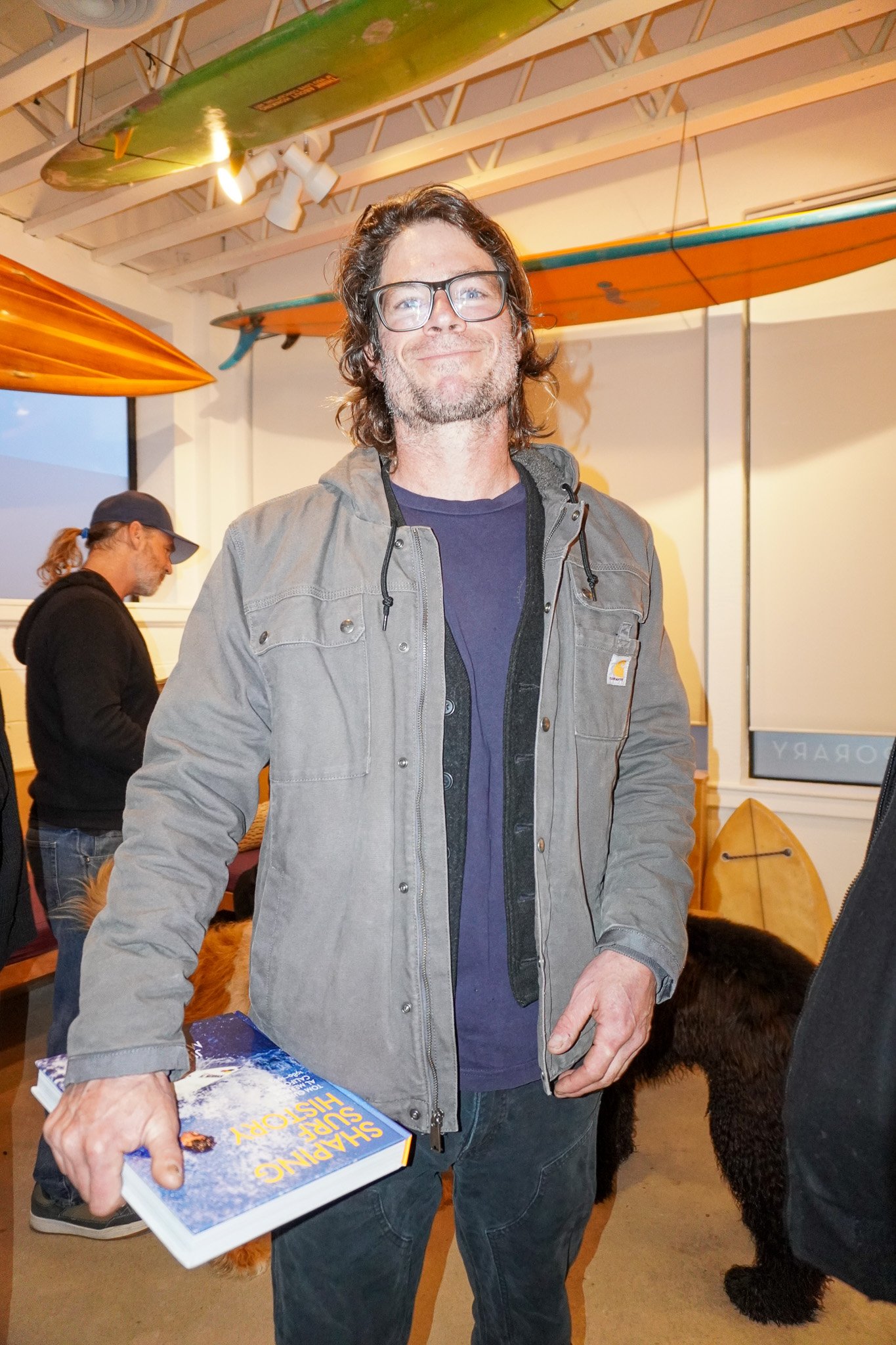
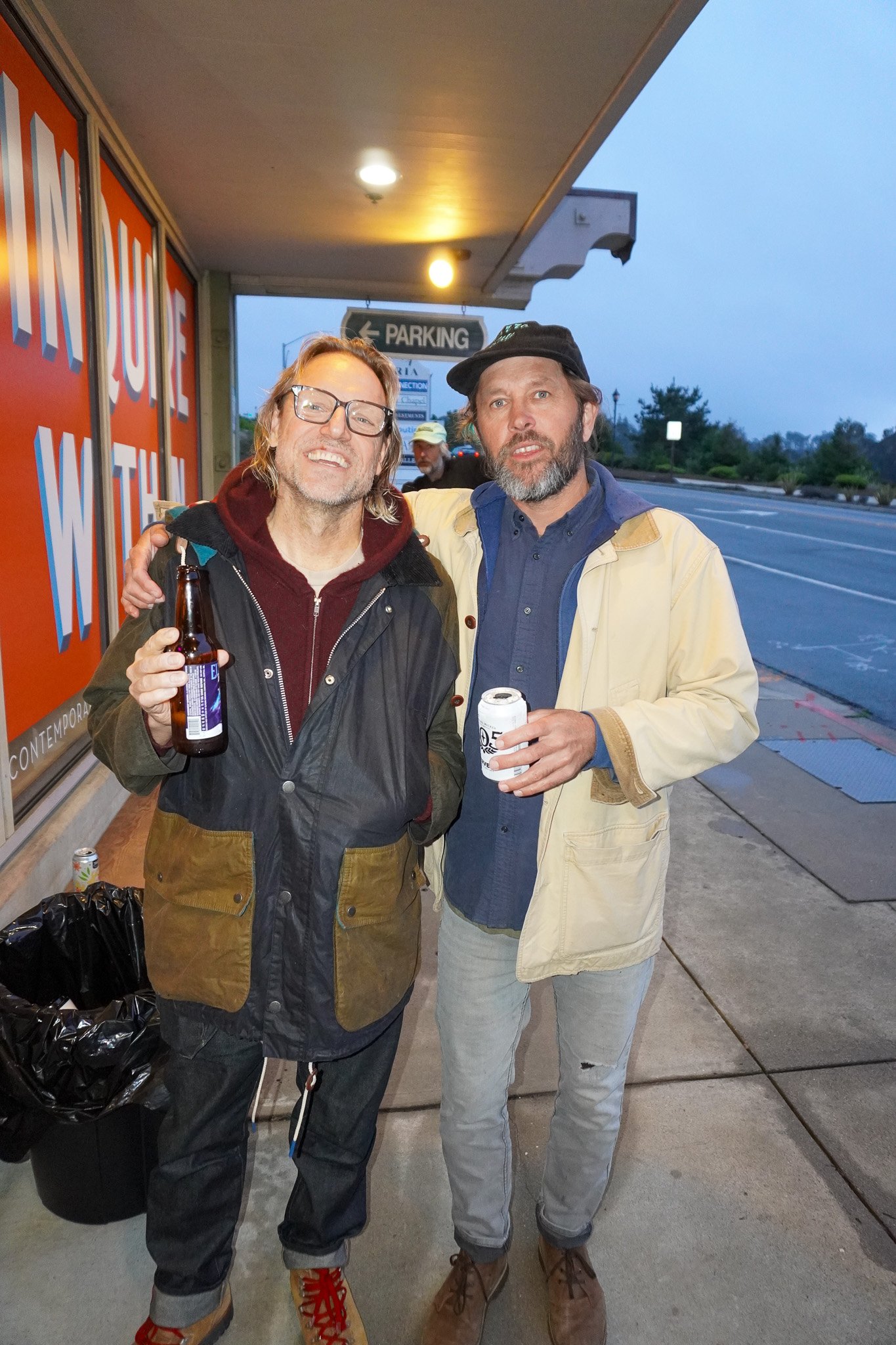

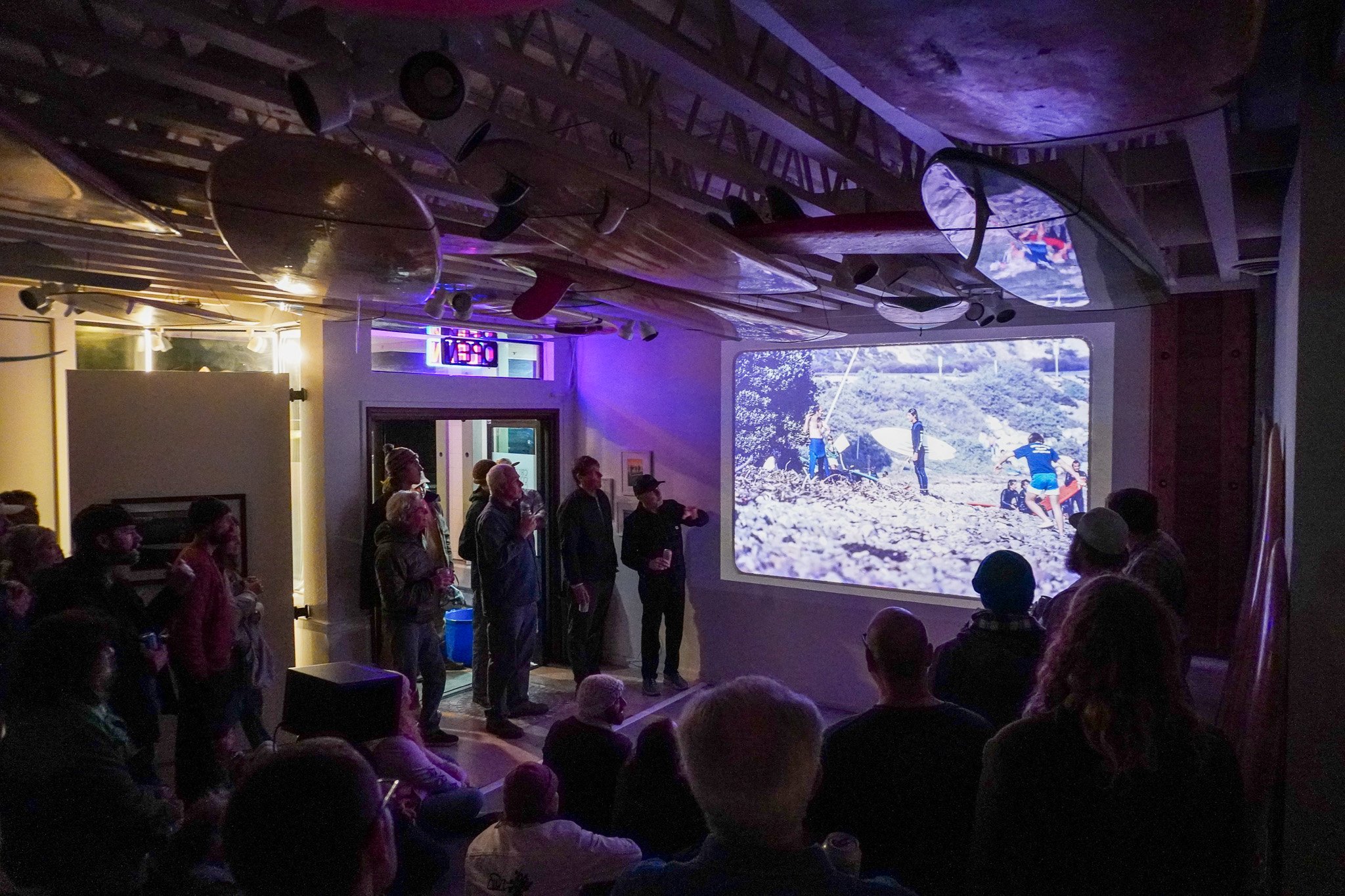
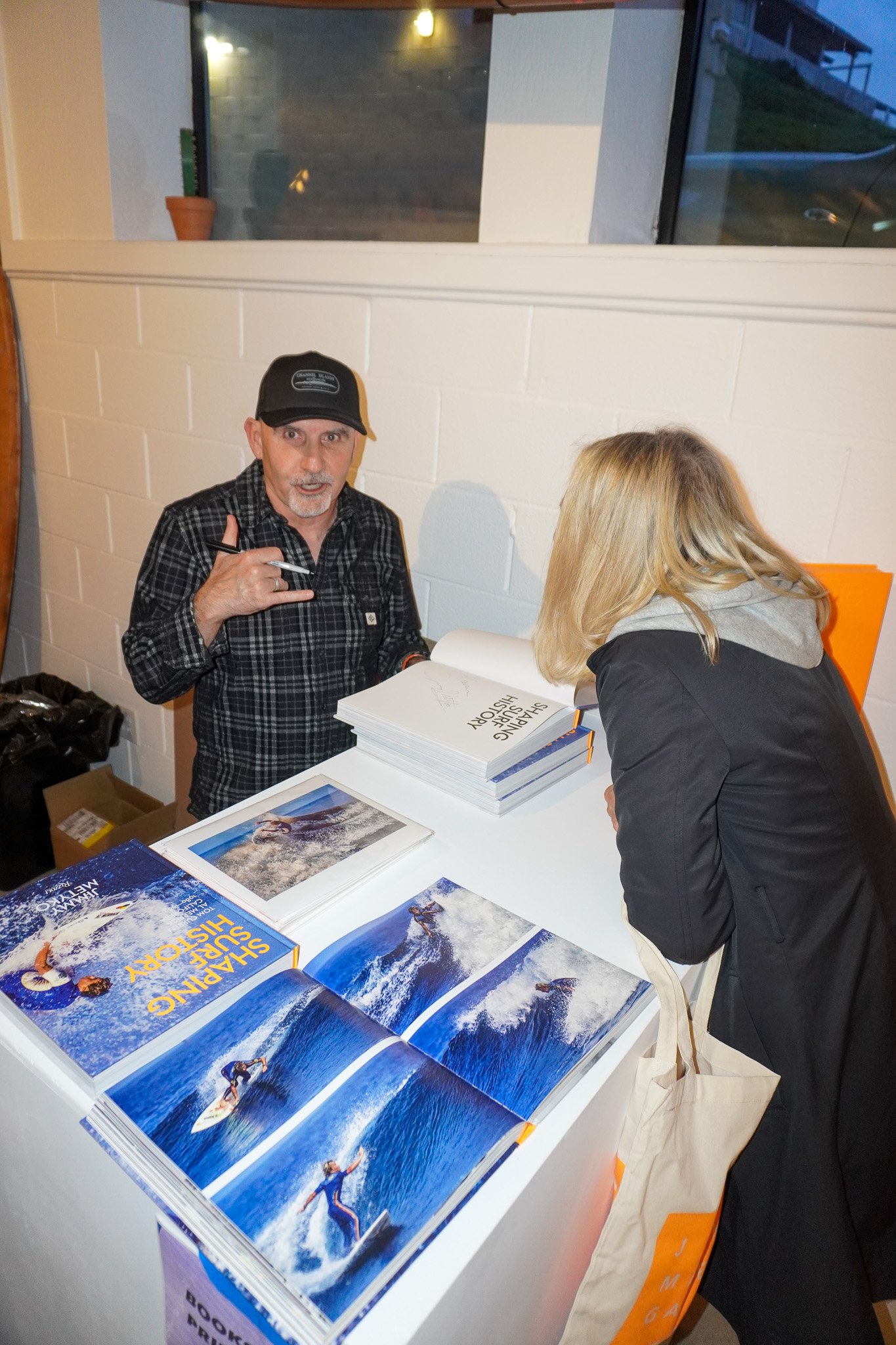
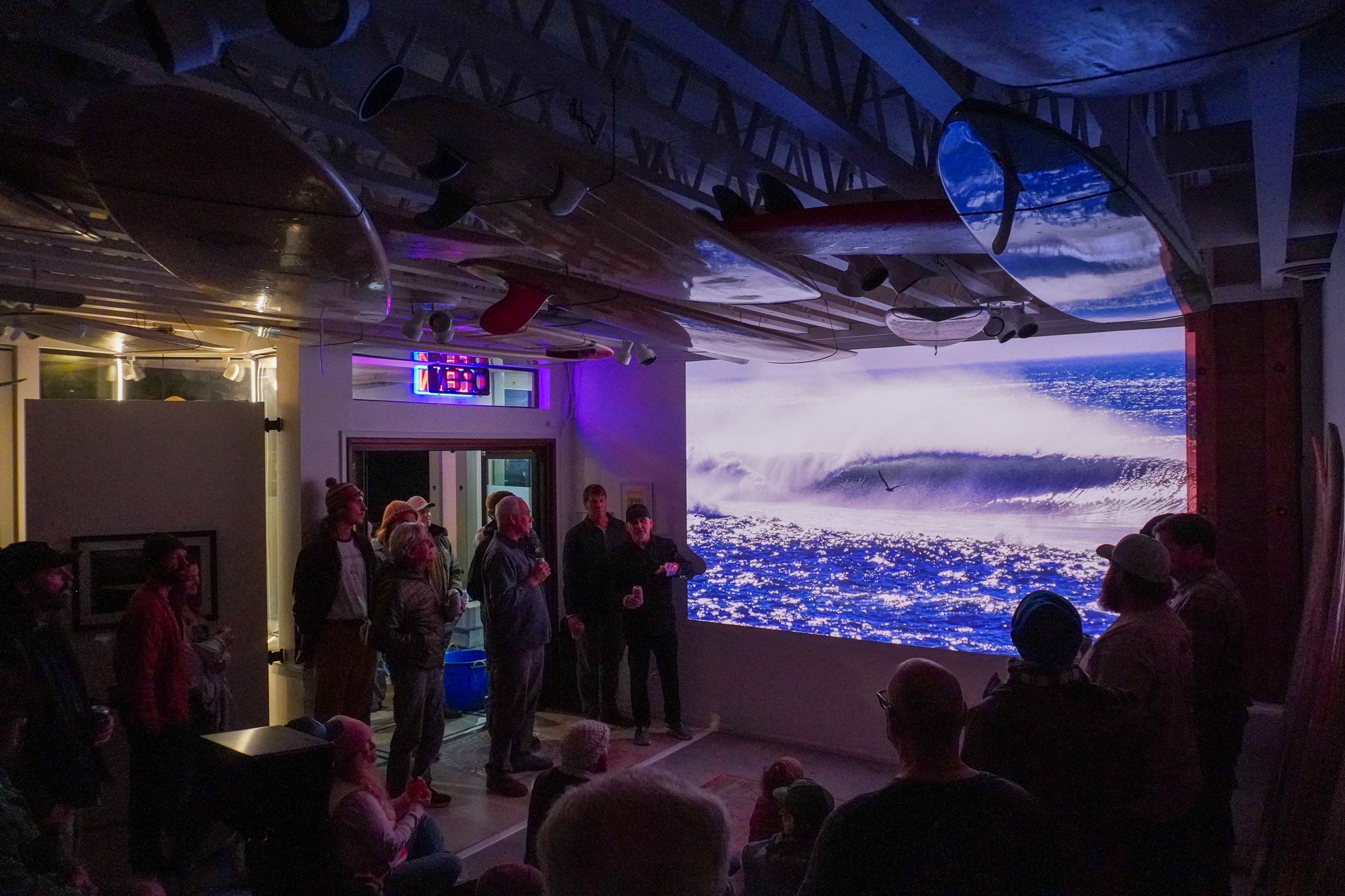
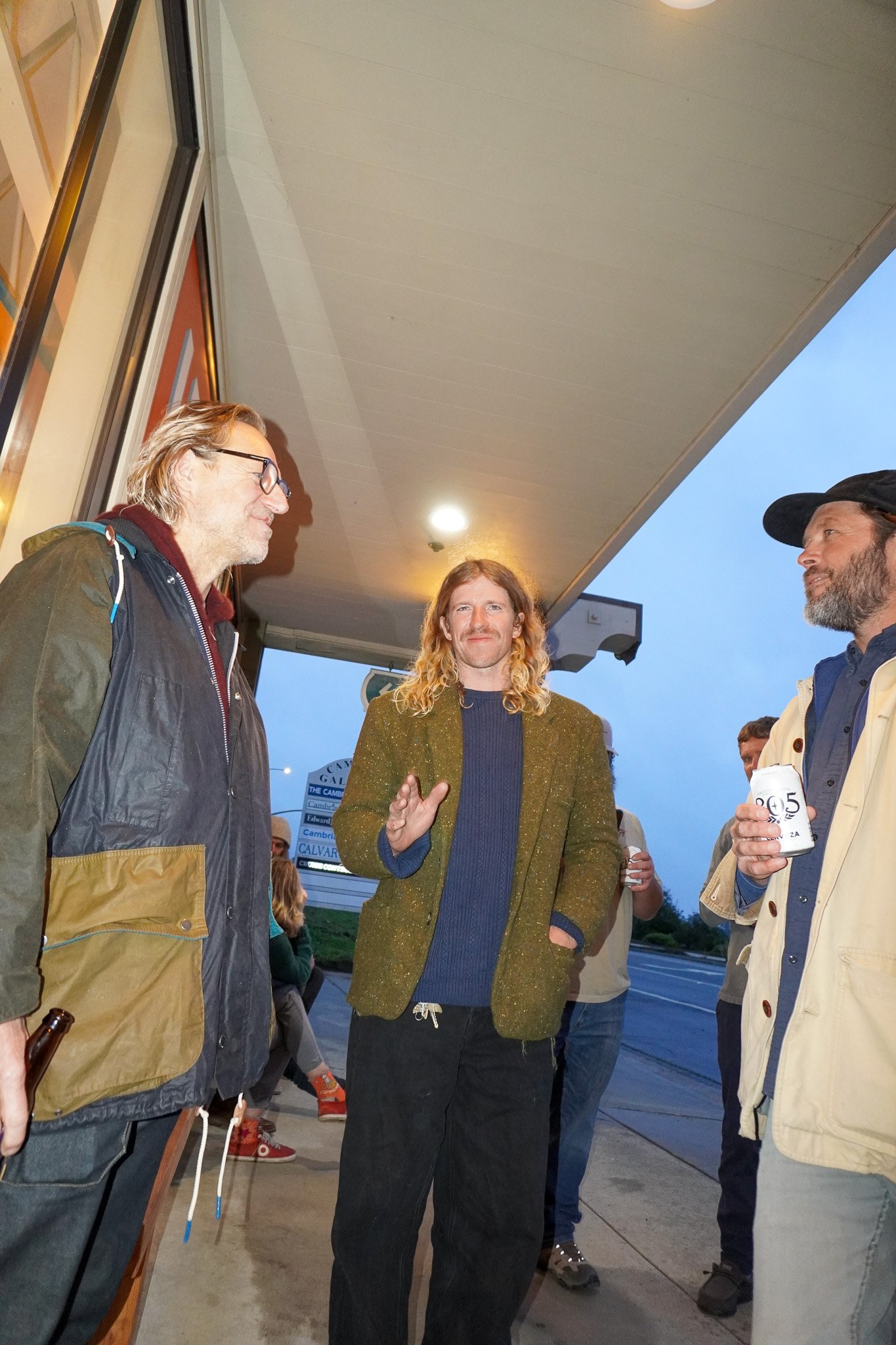
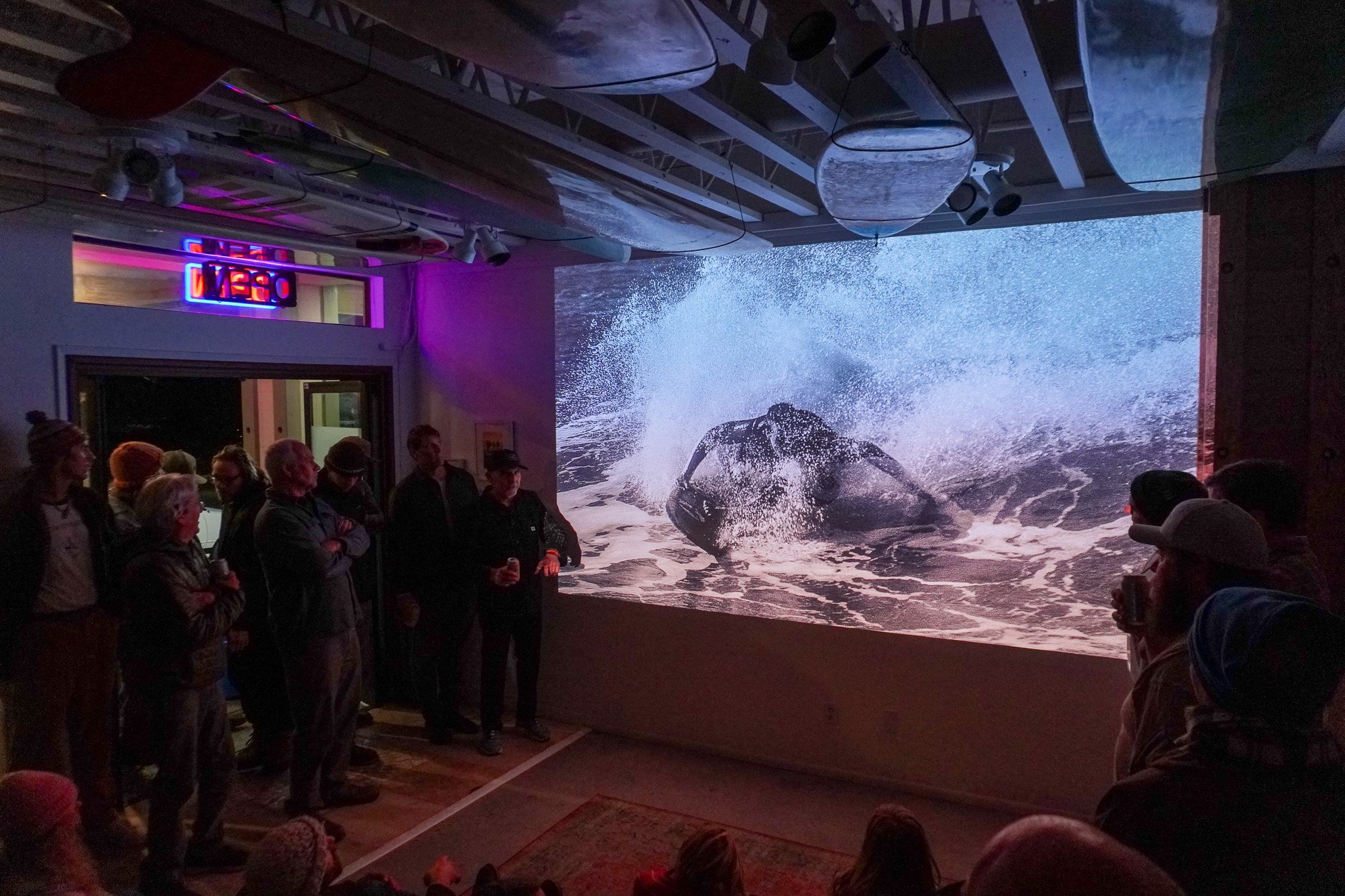
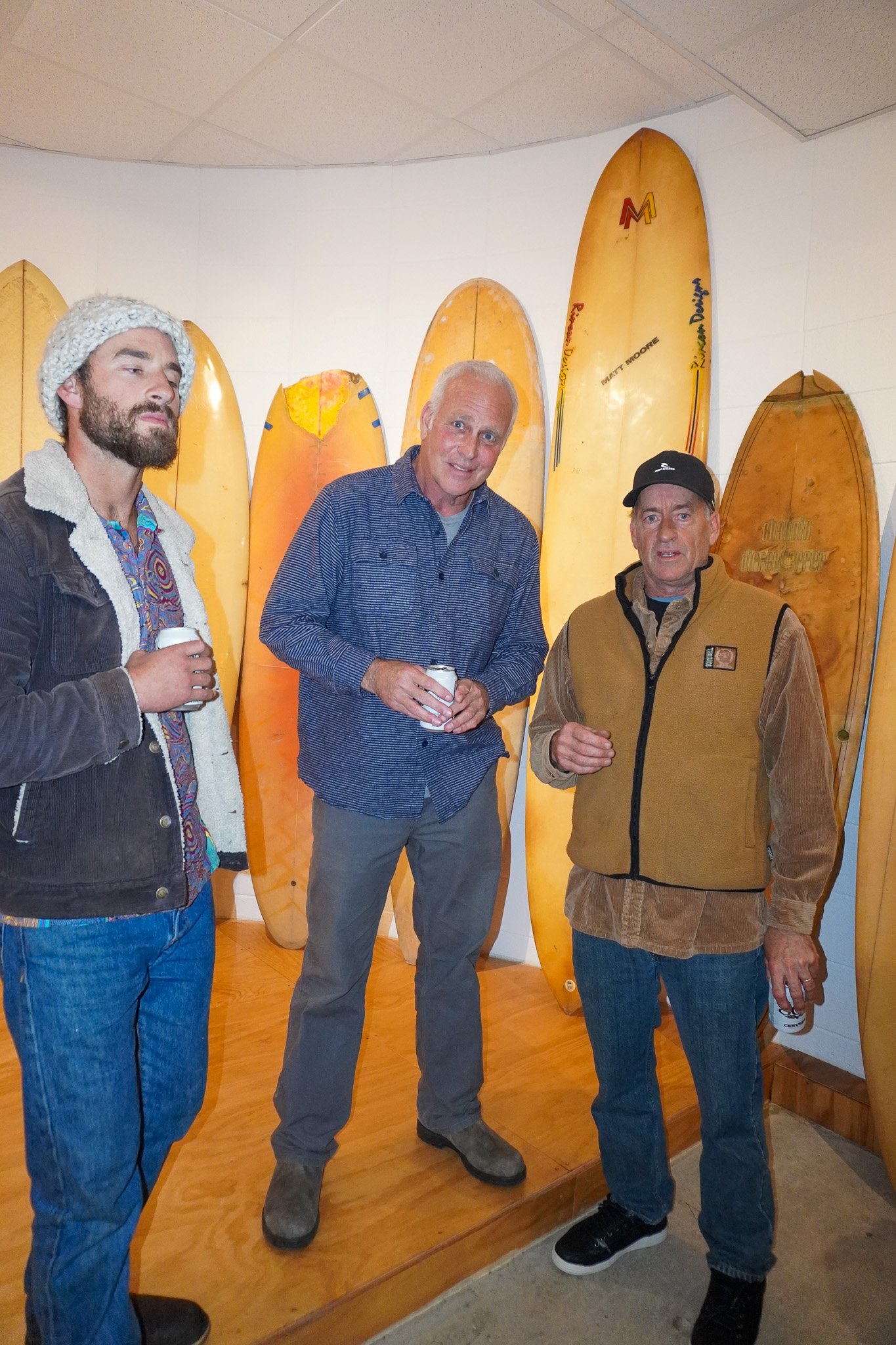
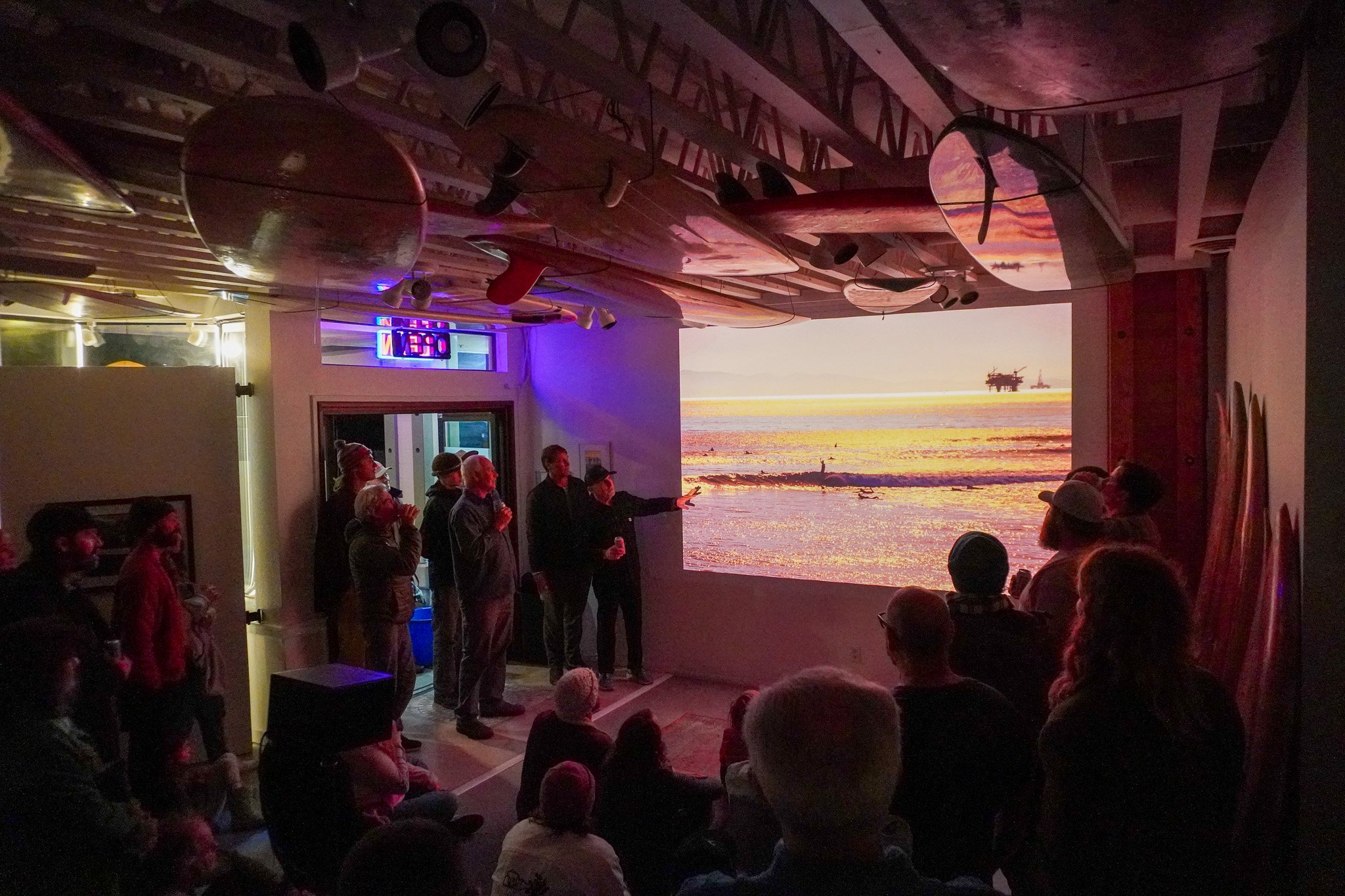
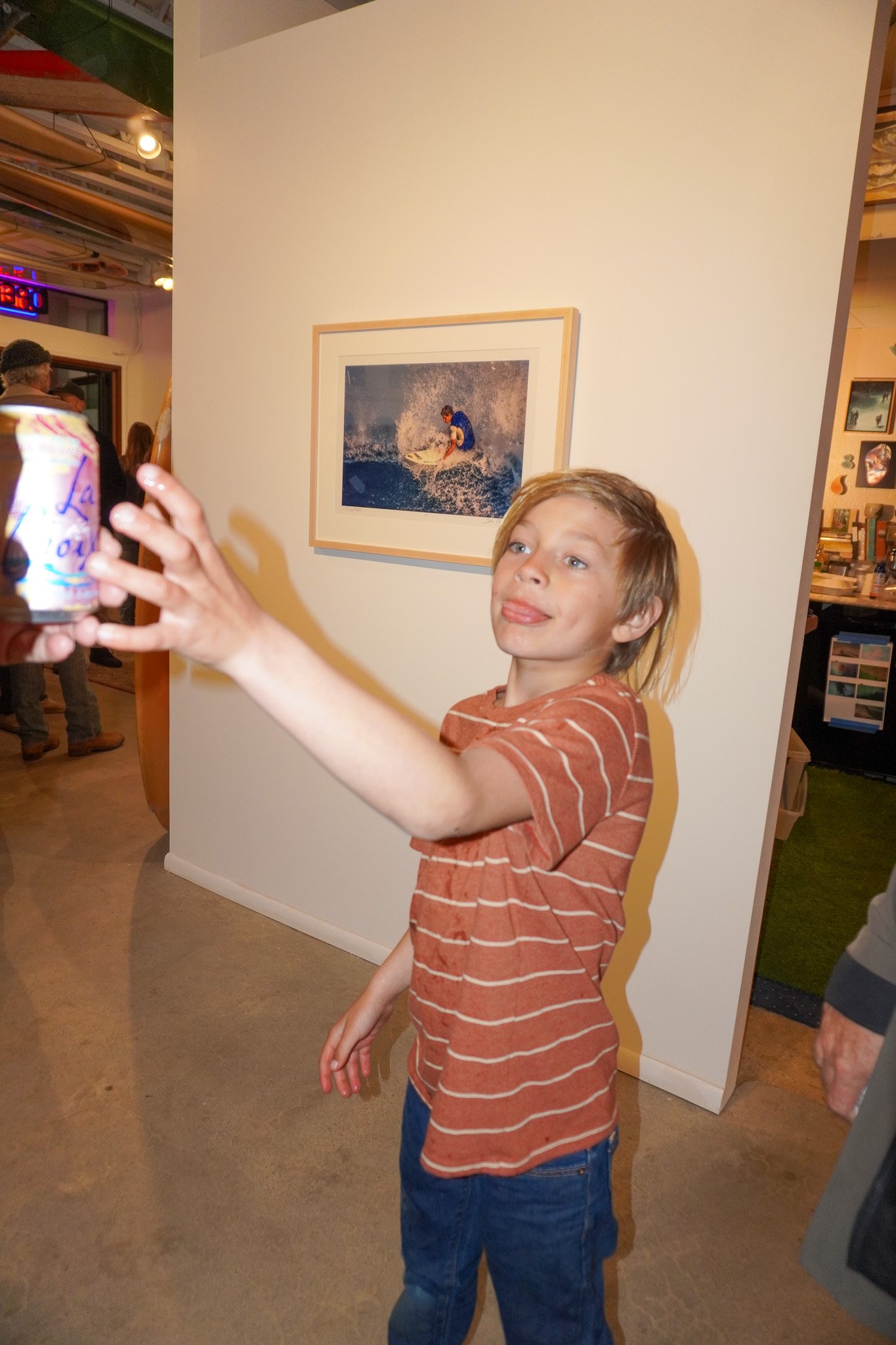
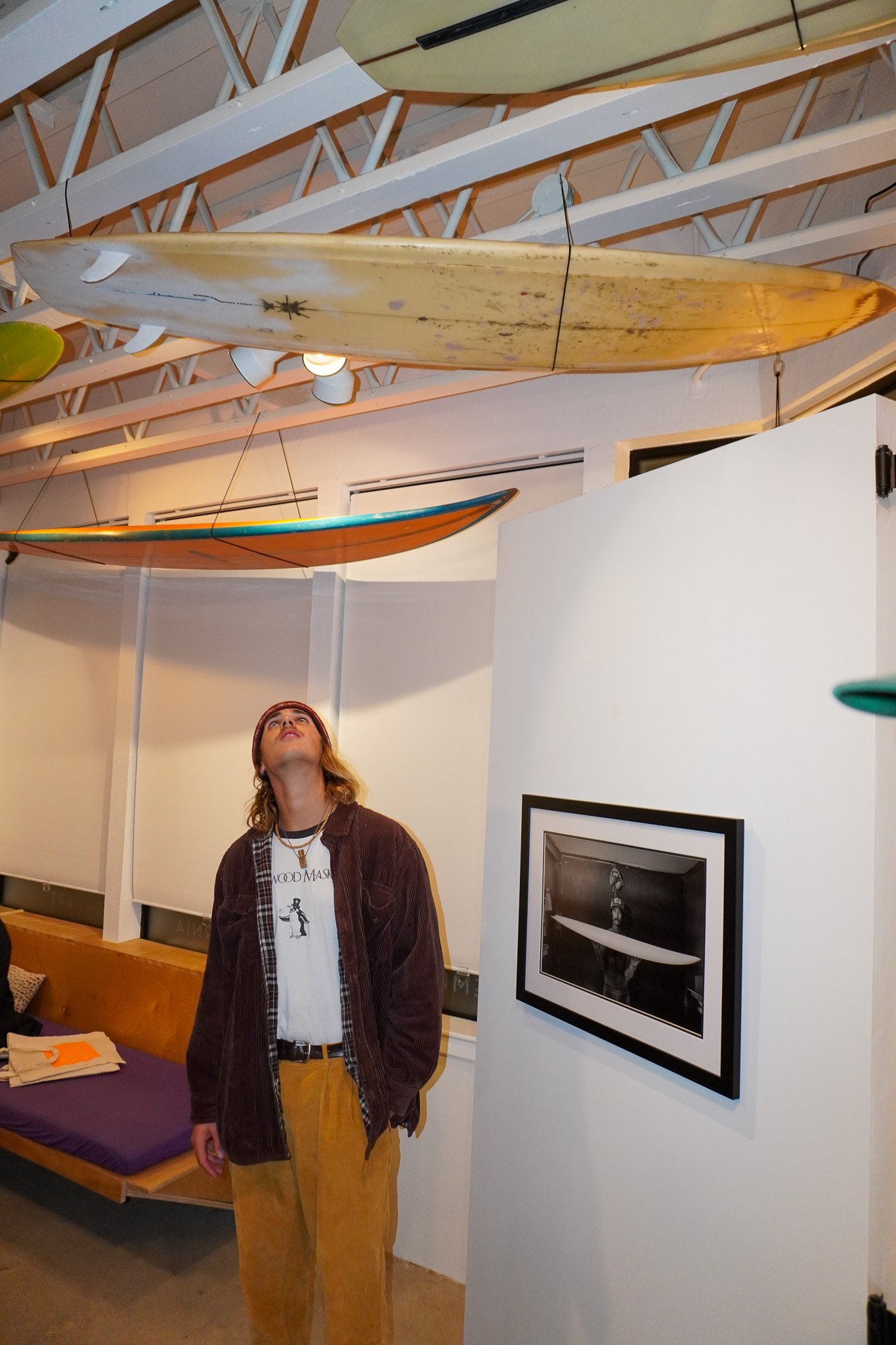
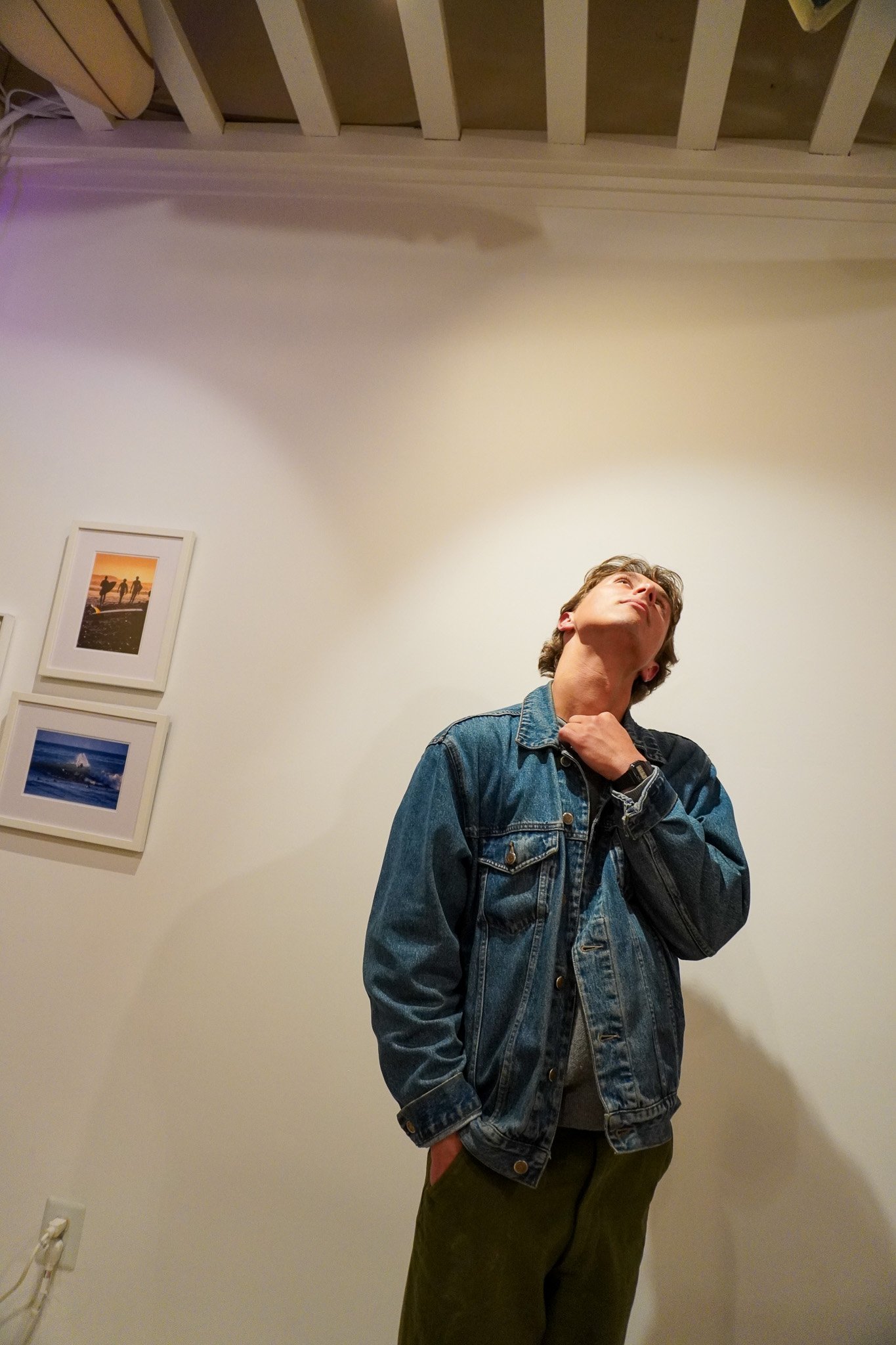
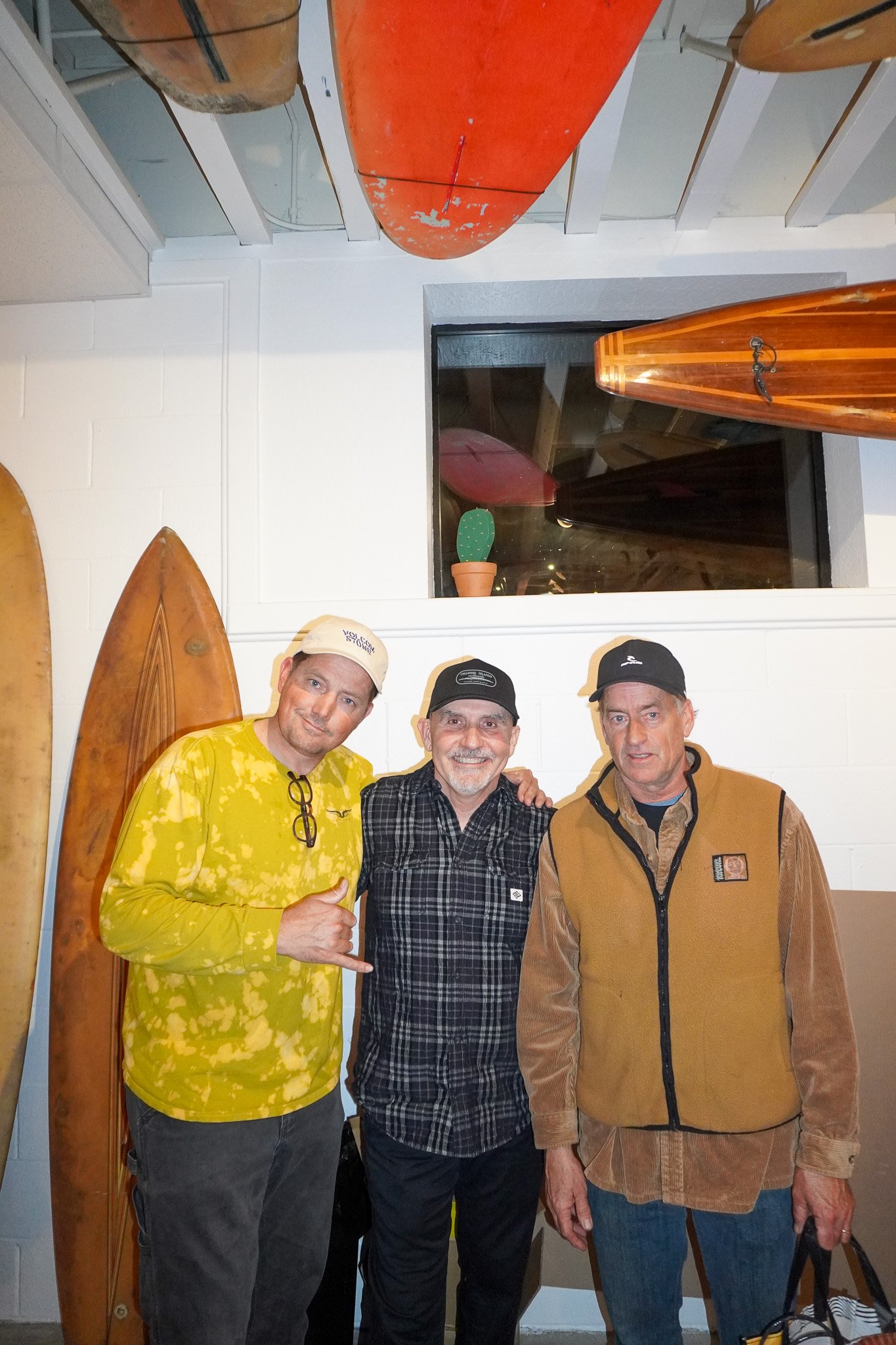
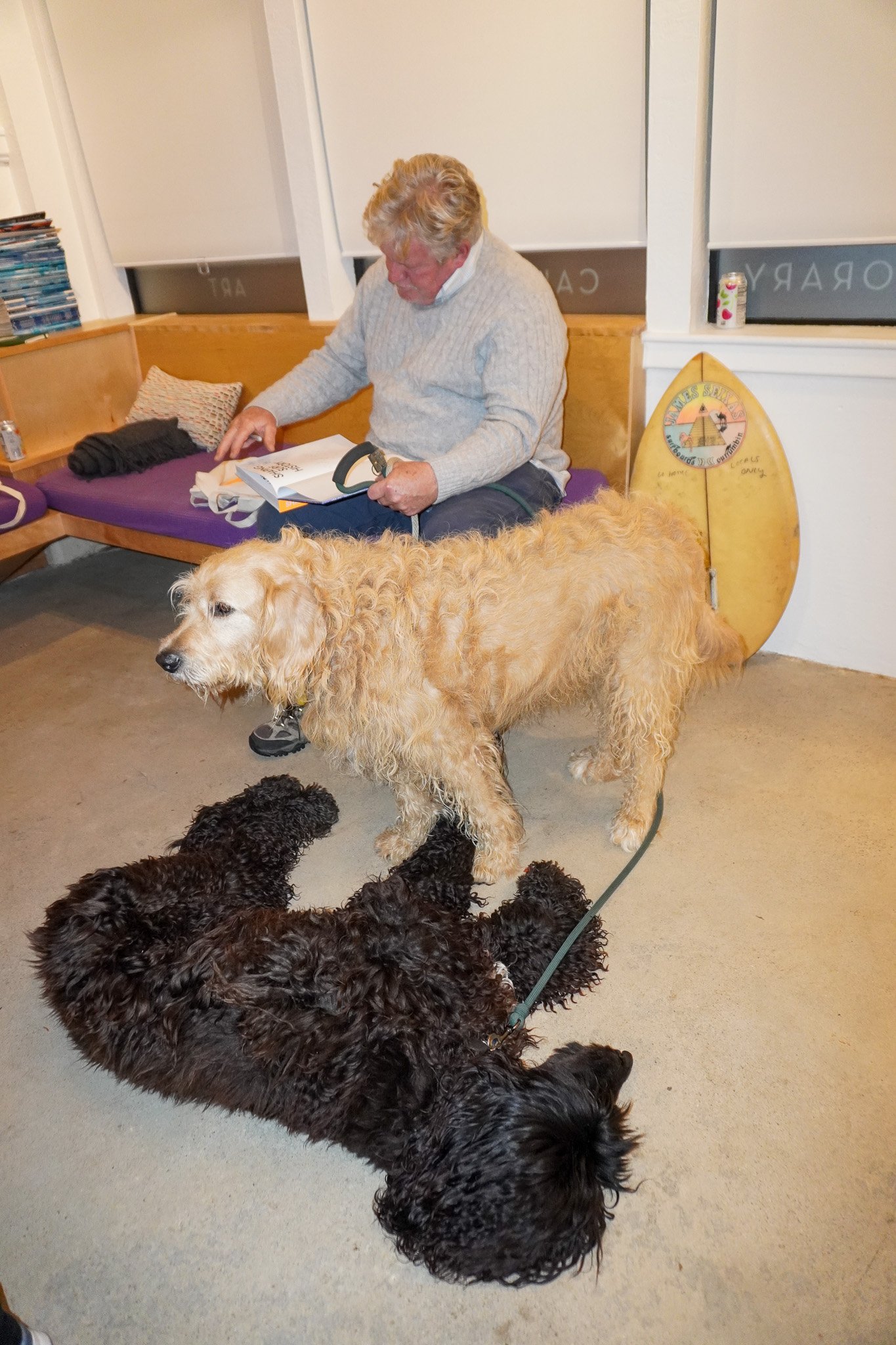
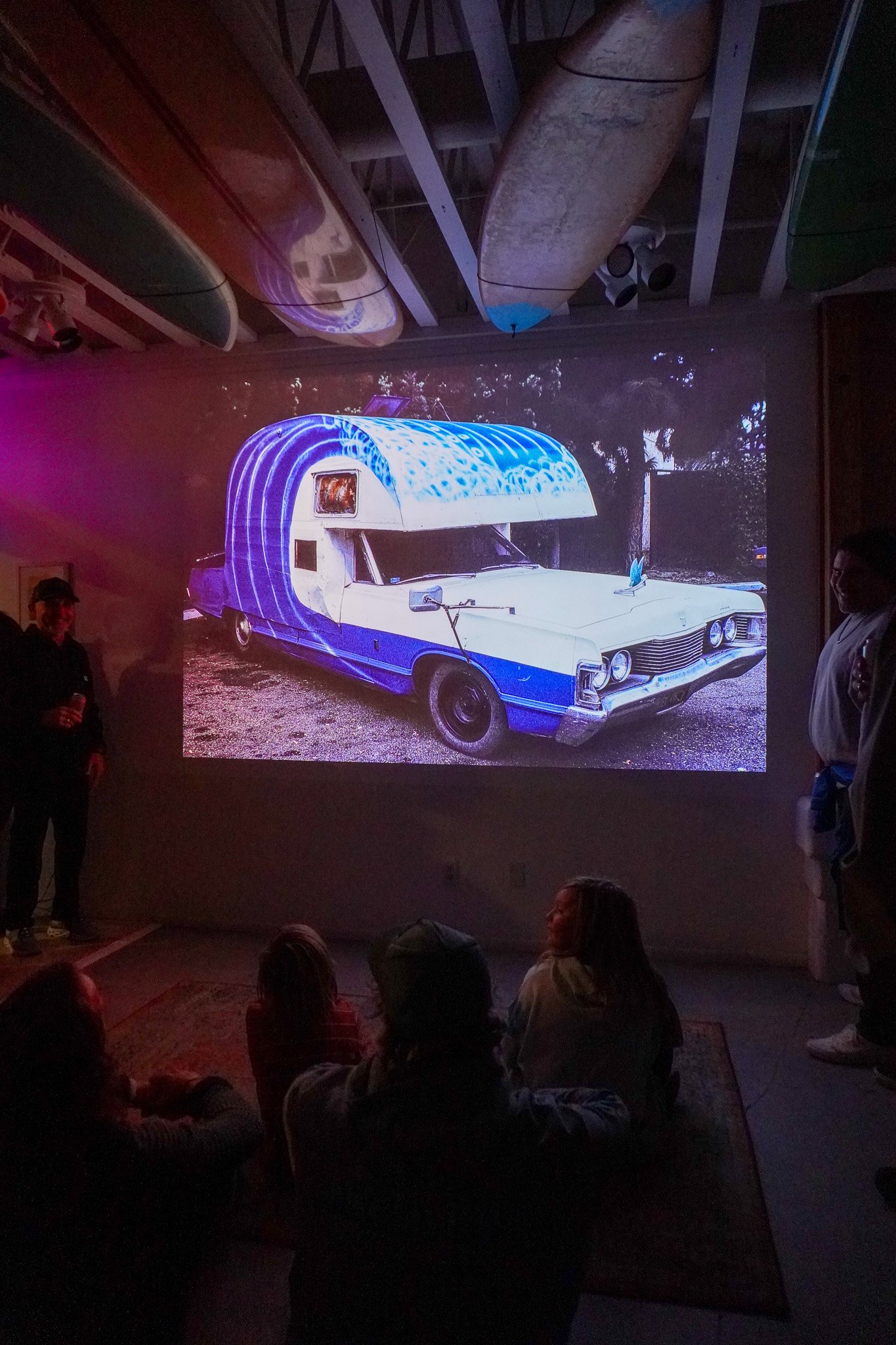
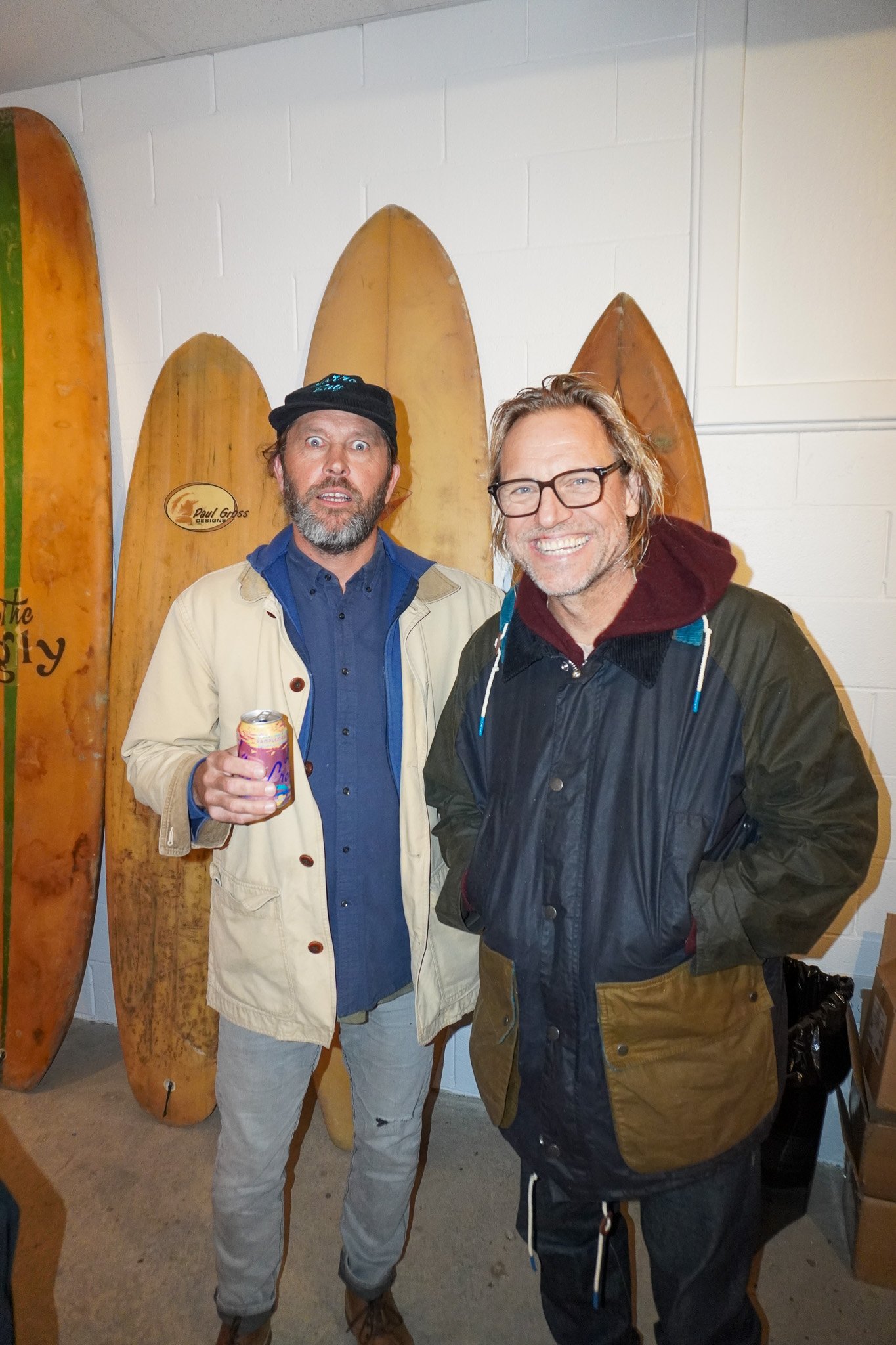
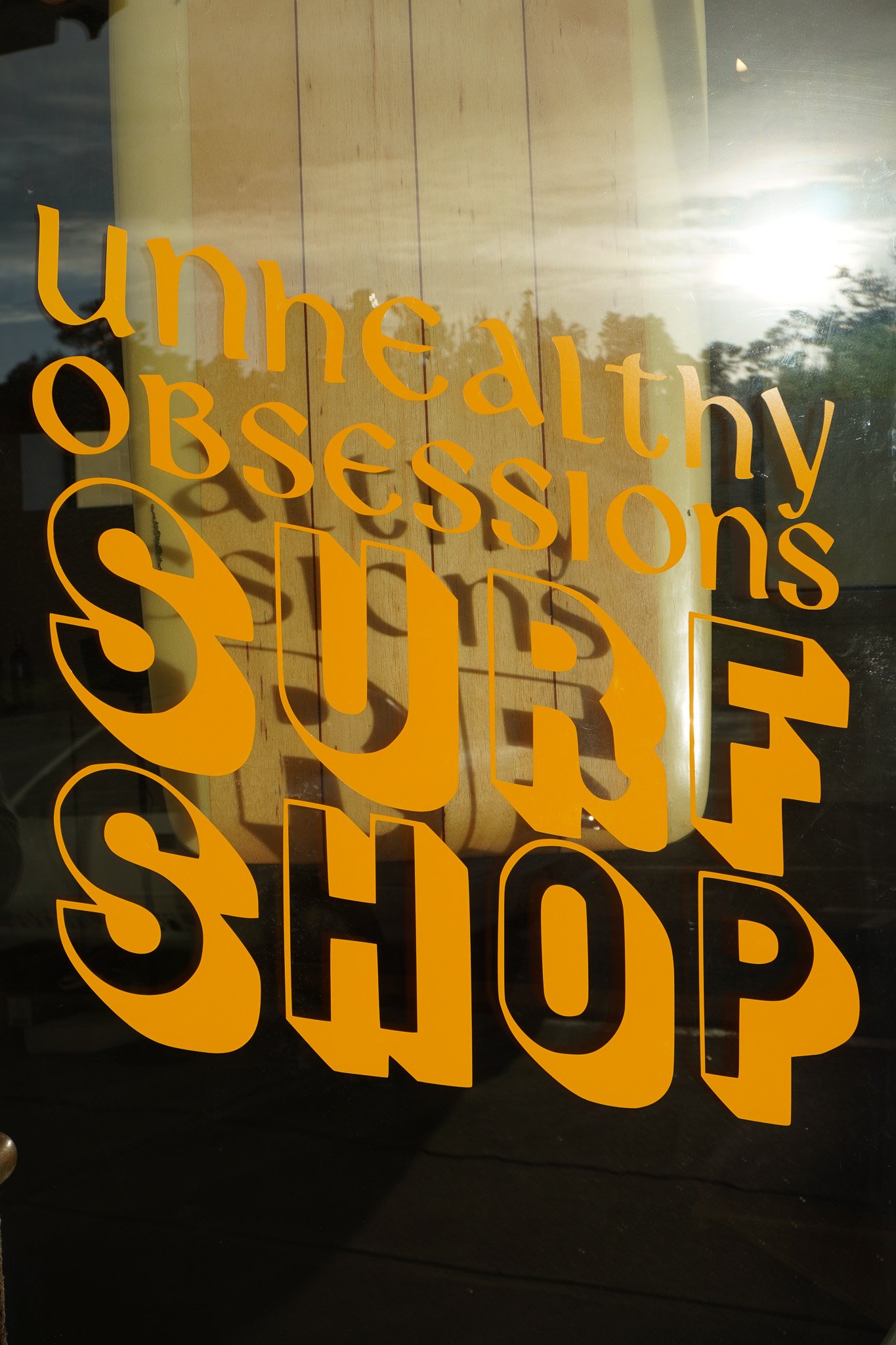
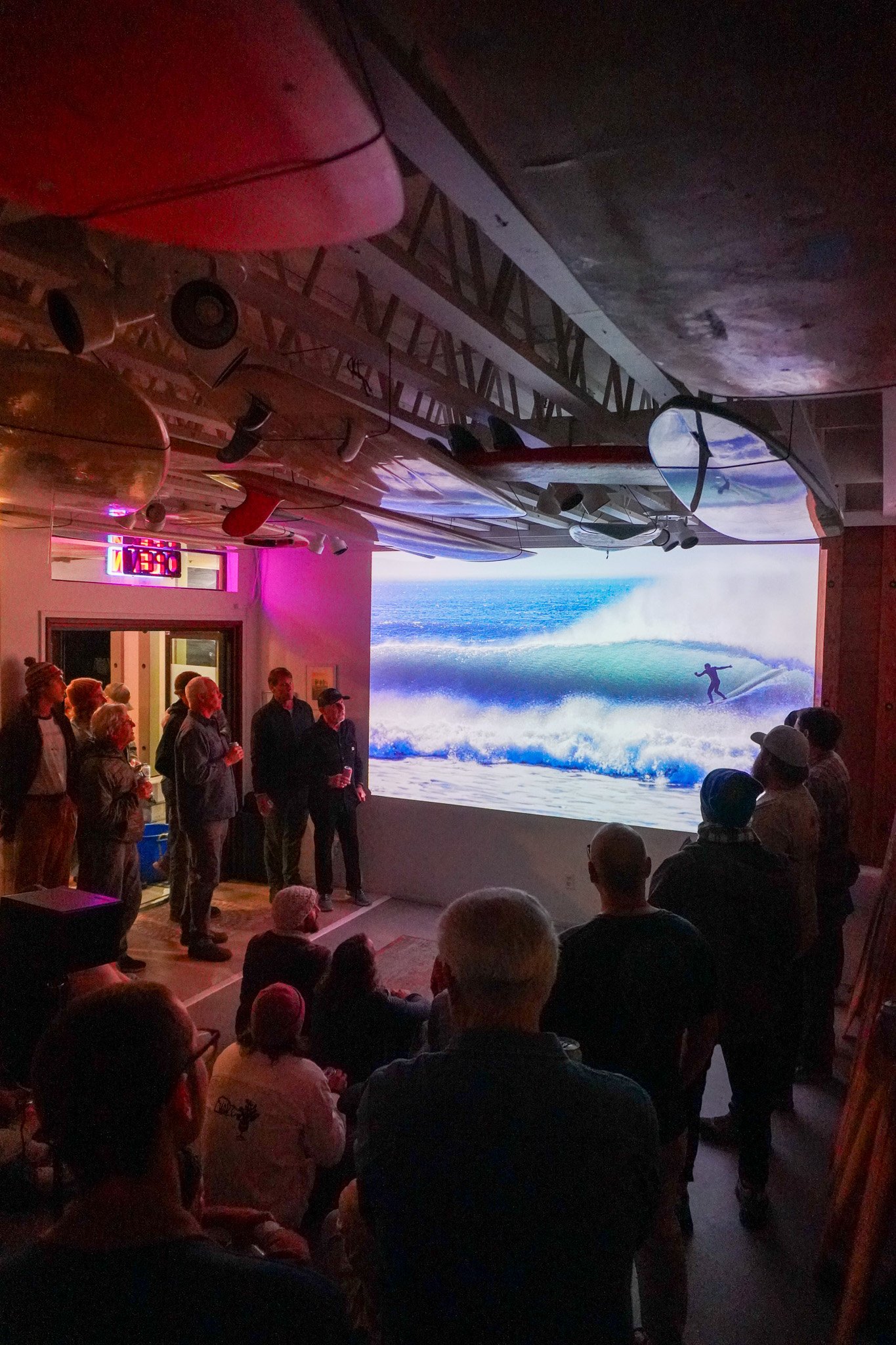
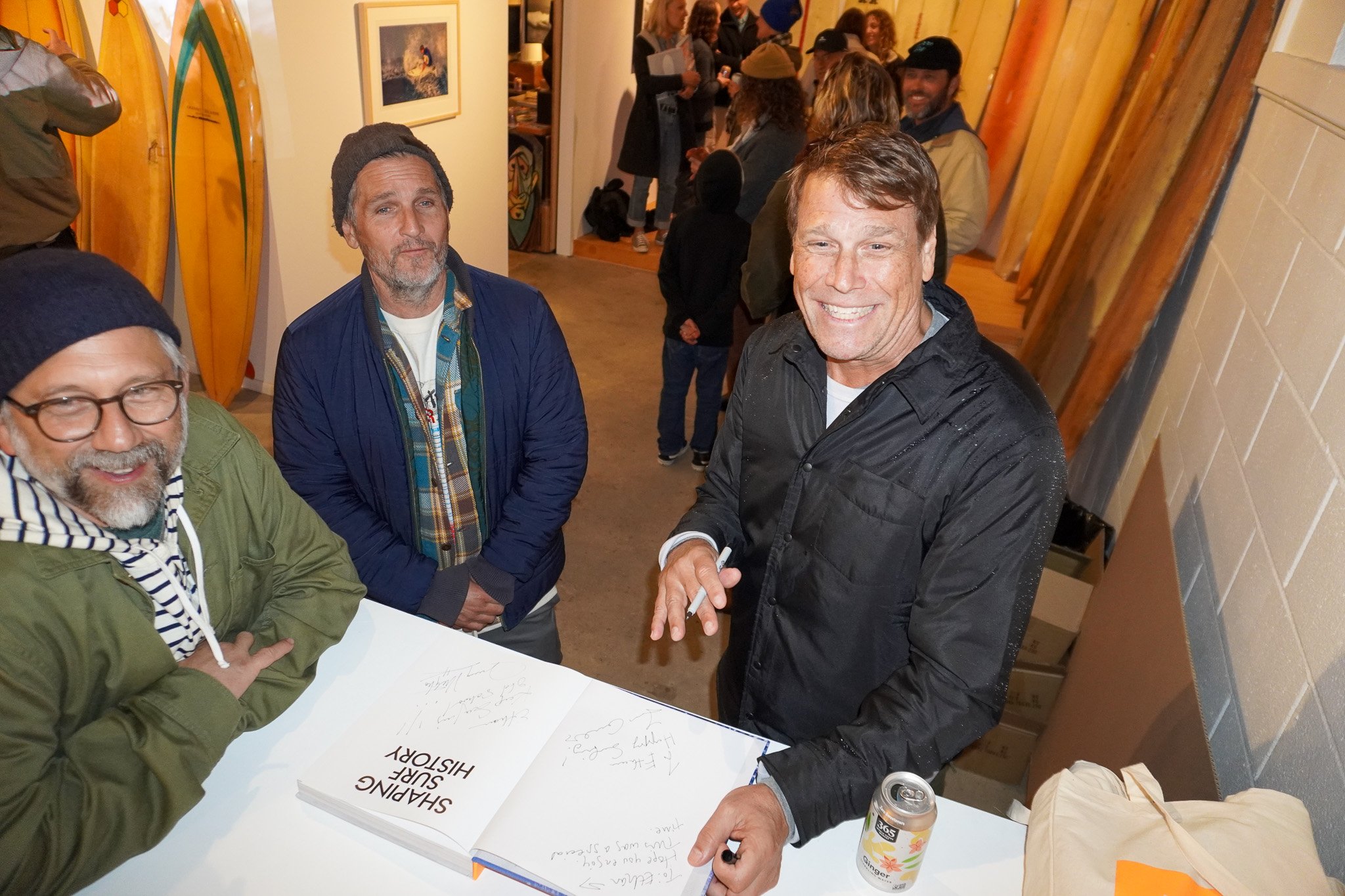

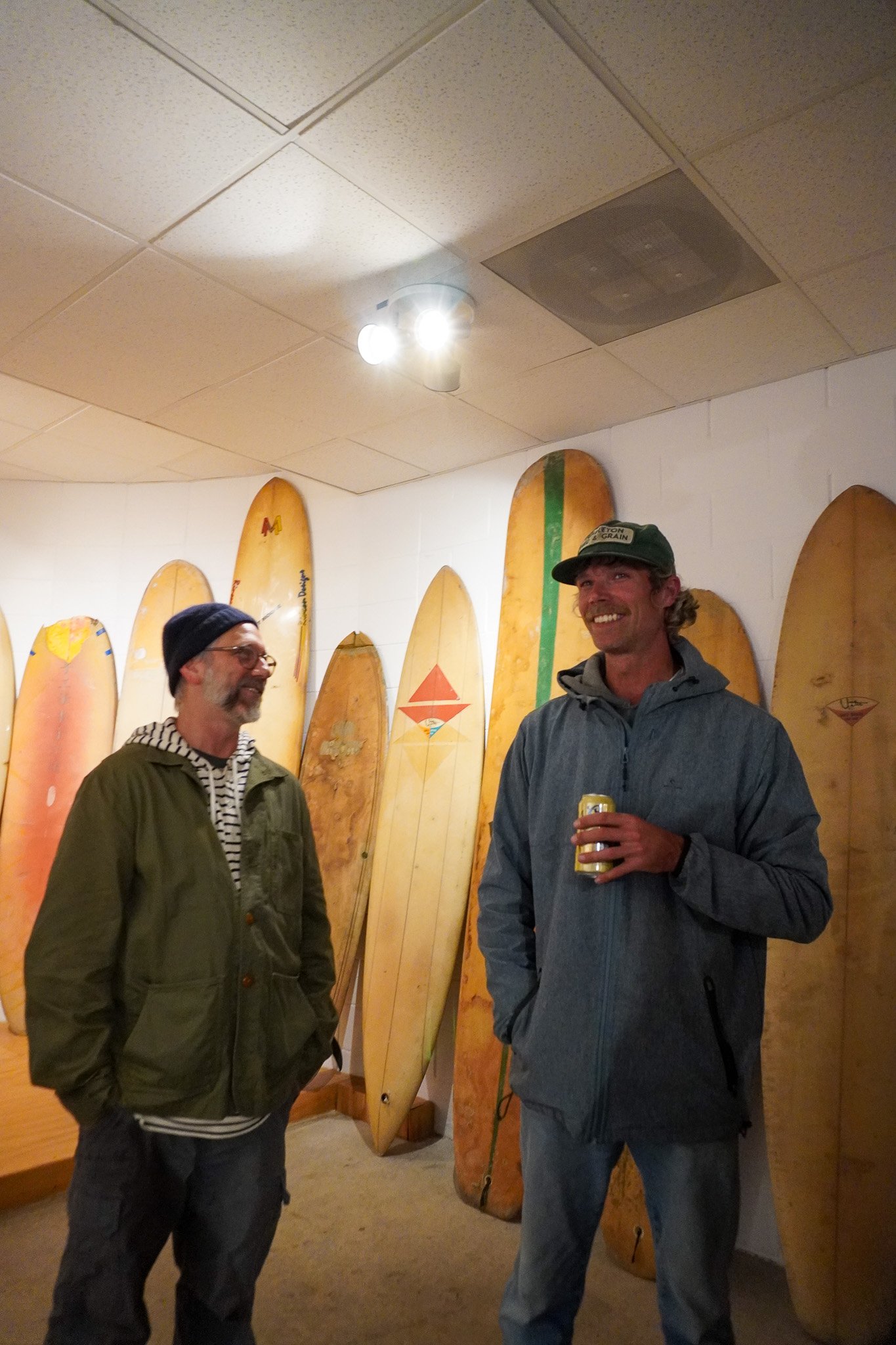
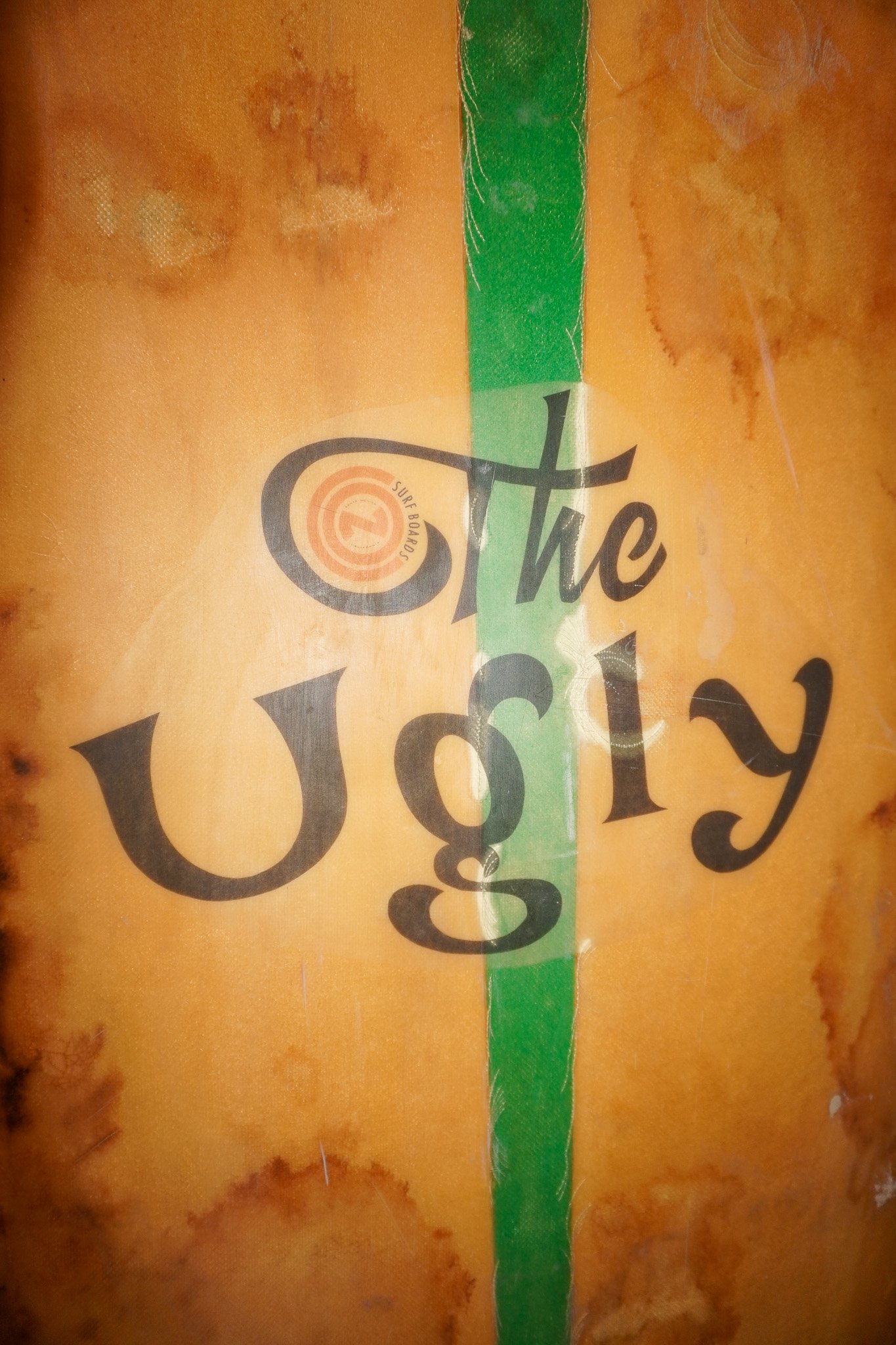
SHAPING SURF HISTORY BOOK SIGNING
In the Fall of 1979, Jimmy Metyko left his Texas Gulf shores and moved to Santa Barbara, California, to attend the prestigious Brooks Institute of Photography. There he found himself perfectly situated to extensively chronicle one of the most influential epochs in surfing history. With his unique eye and images, he was embraced by a dynamic collection of young surfers who were determined to redefine progressive surfing. Under the tutelage of soon-to-be legendary surfboard designer Al Merrick, most notable of these surfers was future world champion Tommy Curren, with whom Metyko developed a close working relationship. The resulting images from that time are the primary subject of Shaping Surf History: Tom Curren and Al Merrick, California 1980-1983, recently published by Rizzoli Books.
ELLE WILLSON (b. 1996) lives, works, breathes and embodies the more enviable aspects of living a life here on the central coast of California. The colored pencil on paper works from this show are reductive in only the most complimentary of ways. Her works are an exercise in the art of appreciation and a tribute to the devout nature of actionable expressions taken over time. These iterations on a theme are carried not to any logical conclusion, but a repeated meditation of strokes and markings with a reverence for nature’s little colorful gifts.
Within these pieces, flowers and their essences are broken down, color blocked, and spread across multitudes even as they are built back up. Flat planes of color give way to infinite depths upon a cursory inspection. Her precise hand gestures grace the accumulated evidence with learned diligence and a preternatural wink towards the sublime. The mechanics of this perhaps carry over from her day job as a cleaner of other’s spaces.
In that world, the harder and more deliberate the work, the more invisible it becomes. To imbue her repetitious and exacting movements of purpose into her personal artistic expression is a subtle act of rebellion. In turn making the unseen seen, rather than continually disposing of the unsightly.
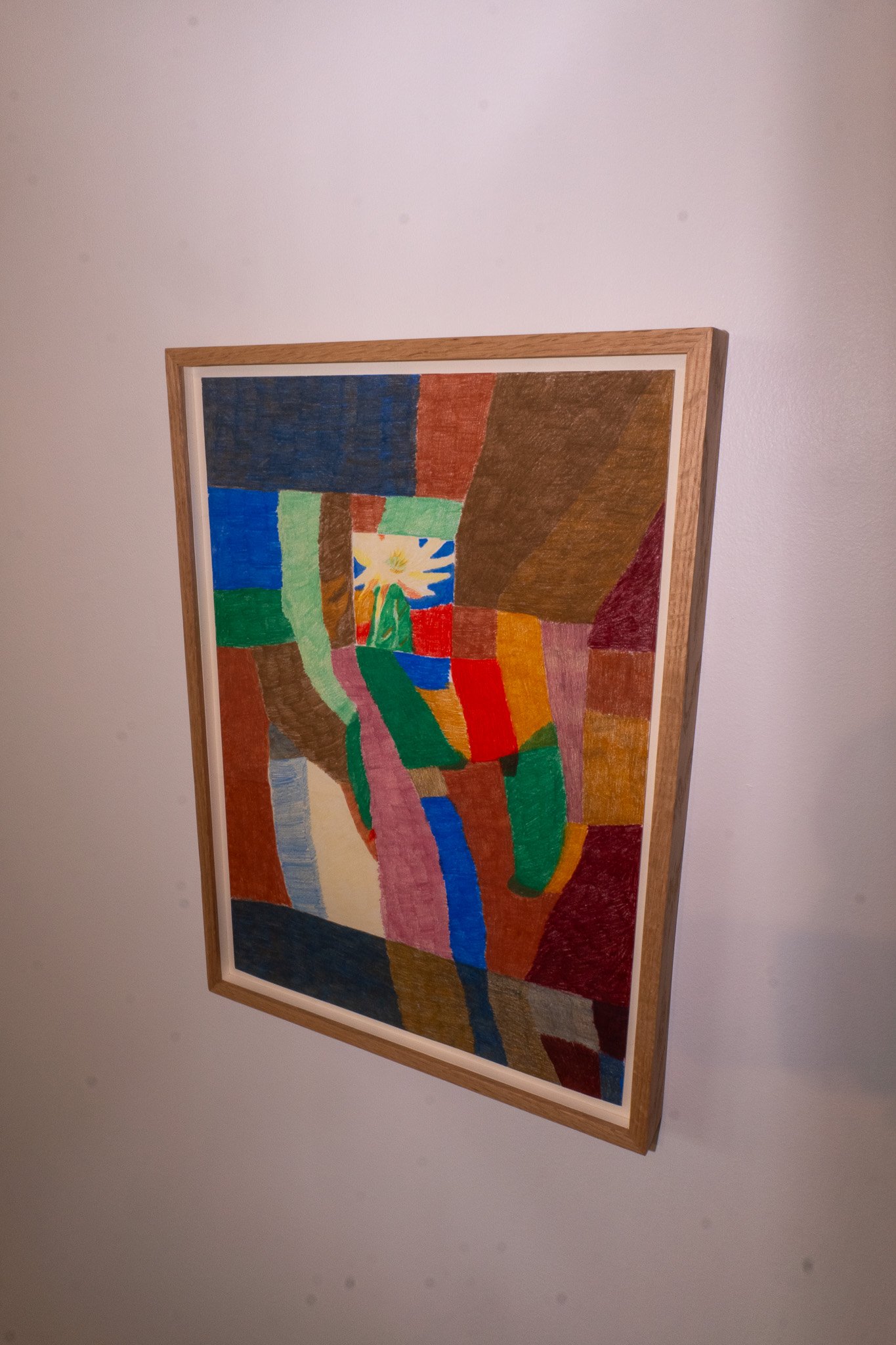
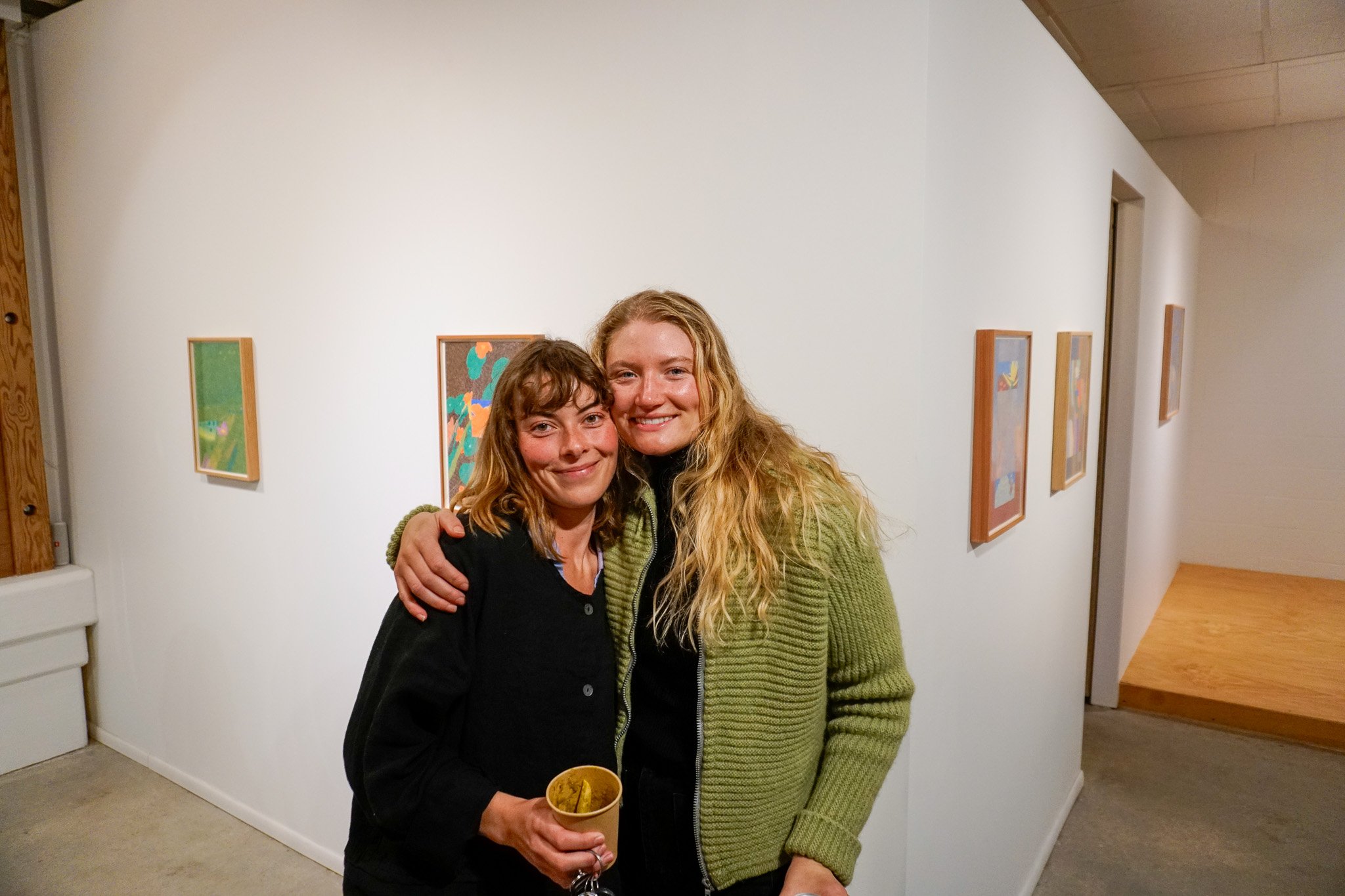
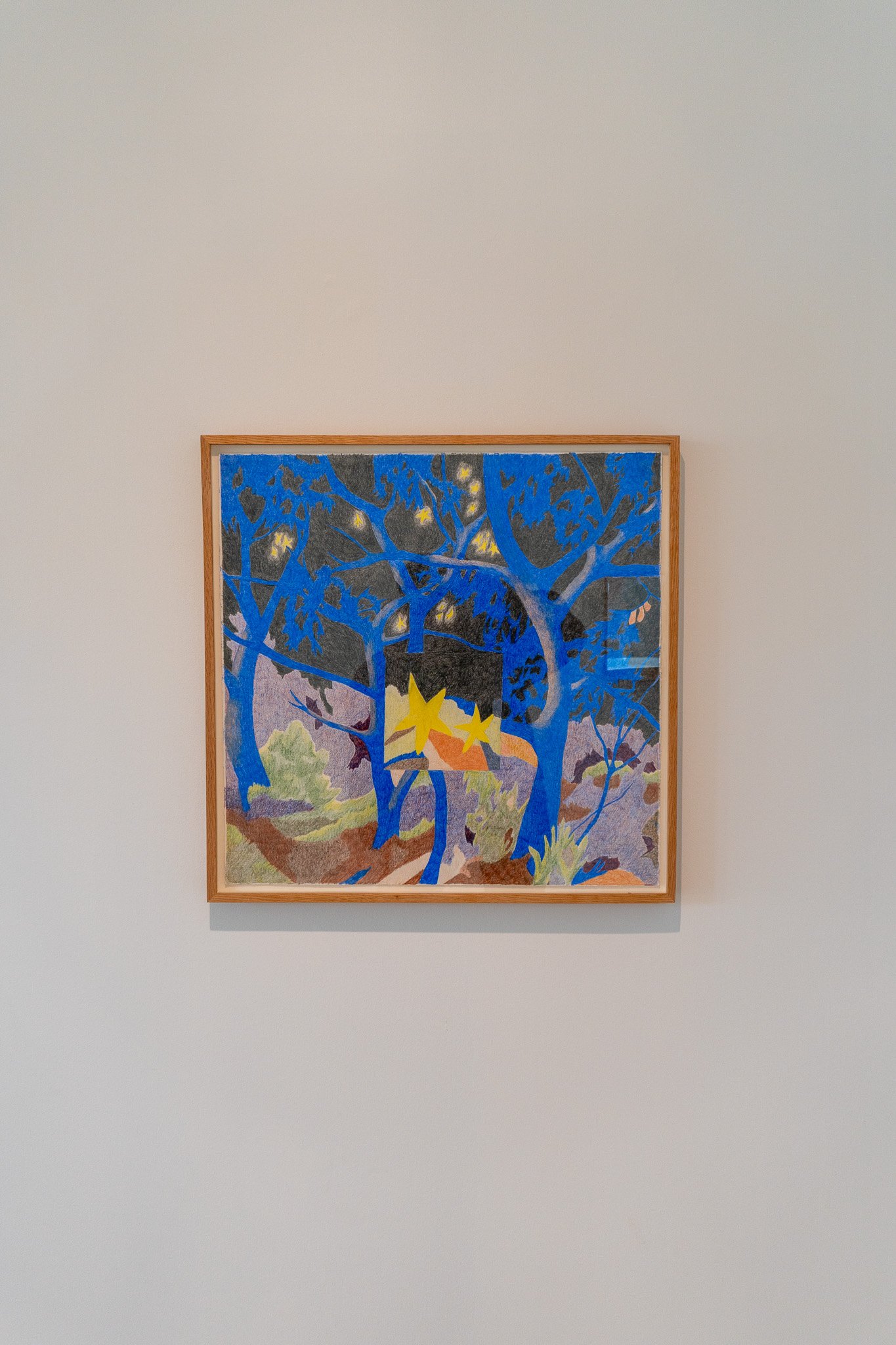
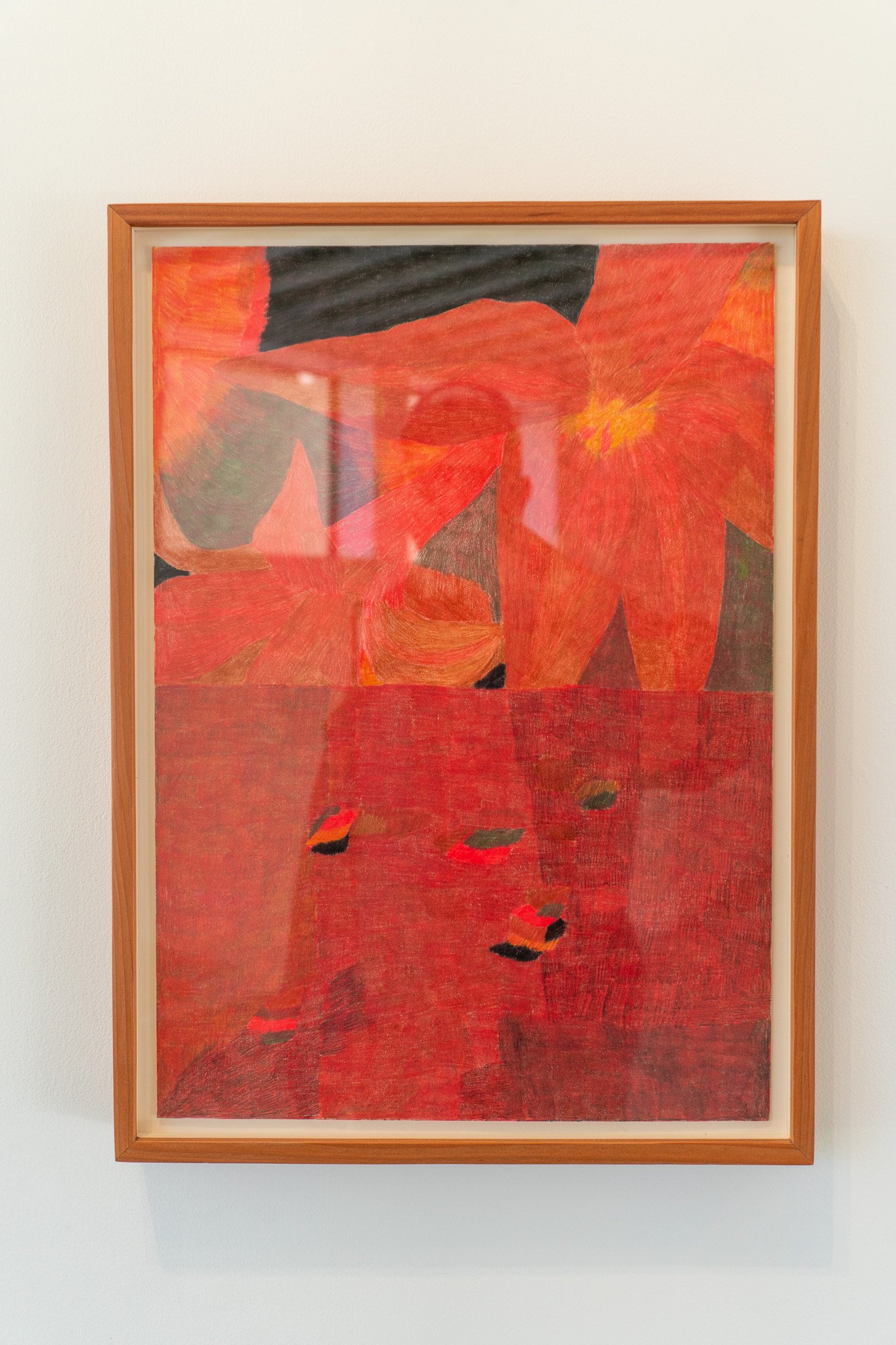
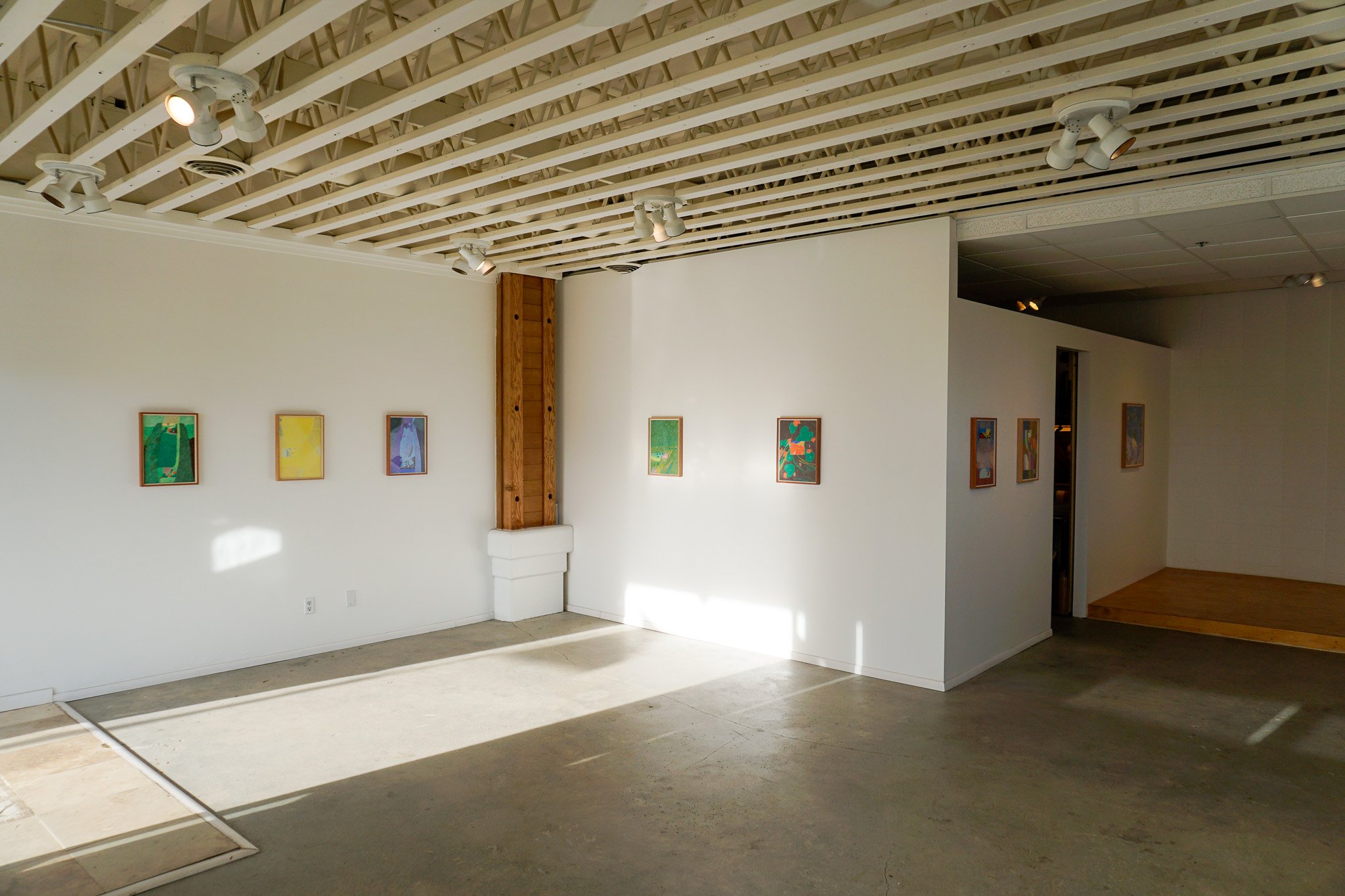
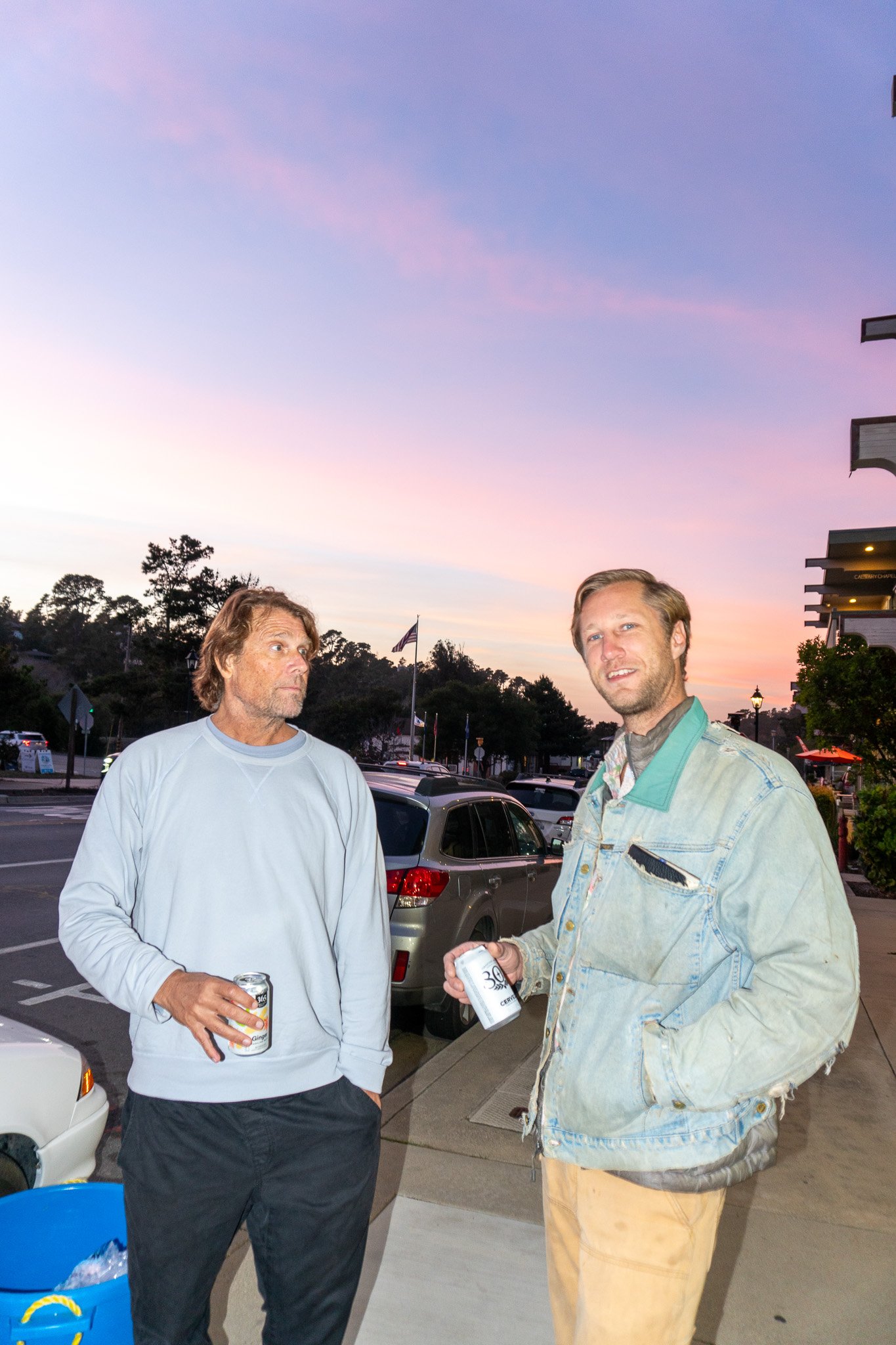

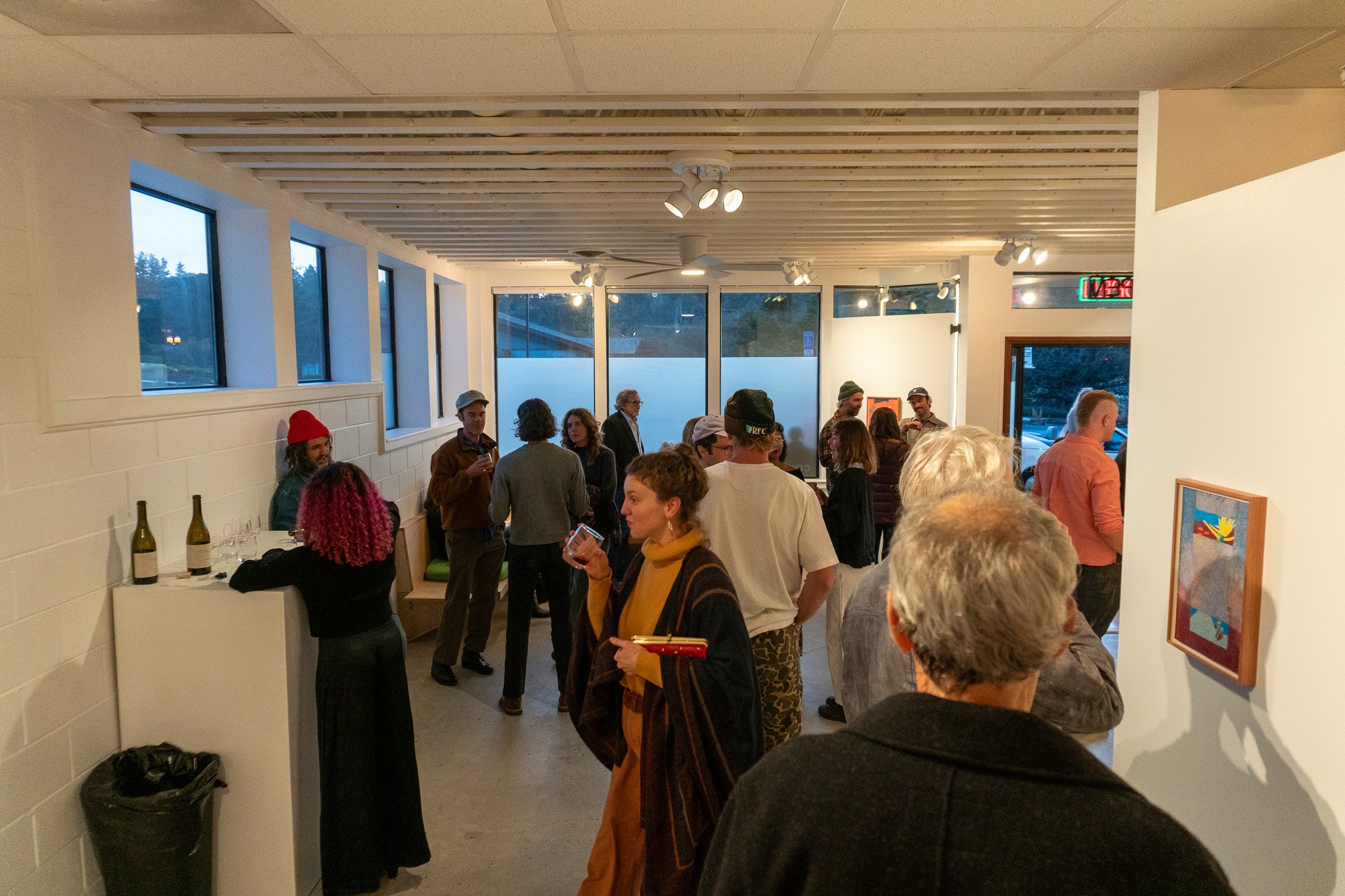
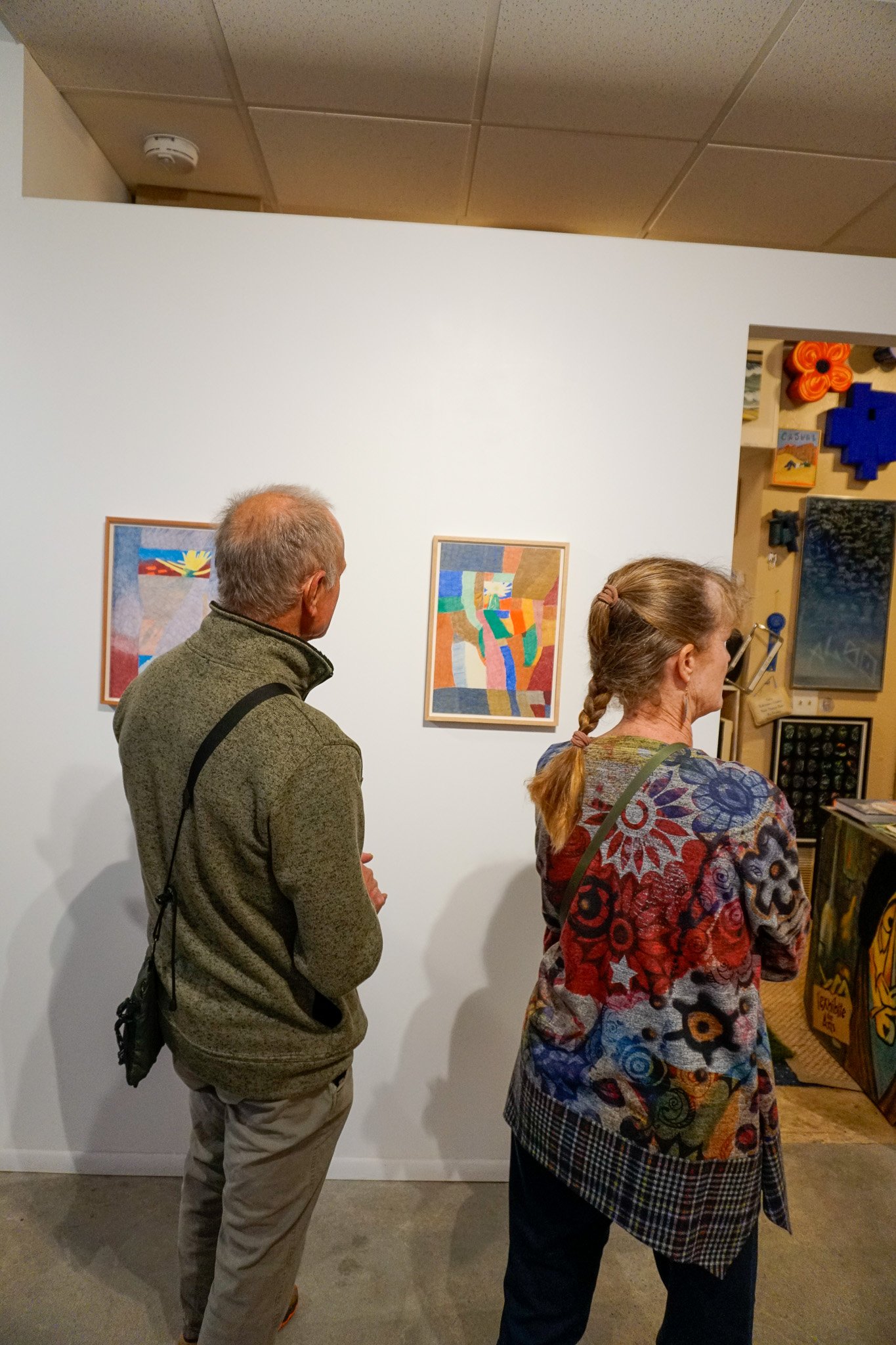
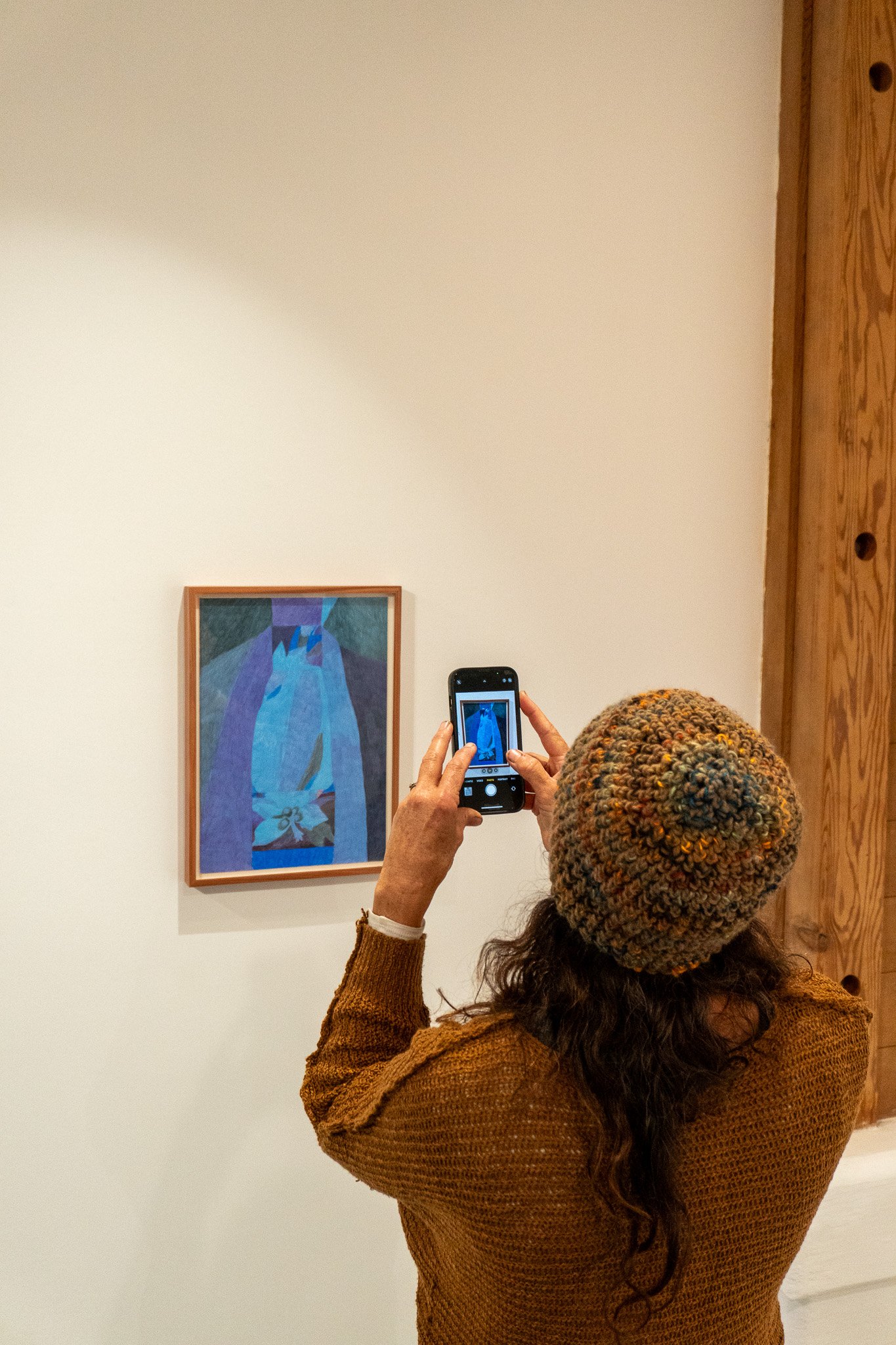
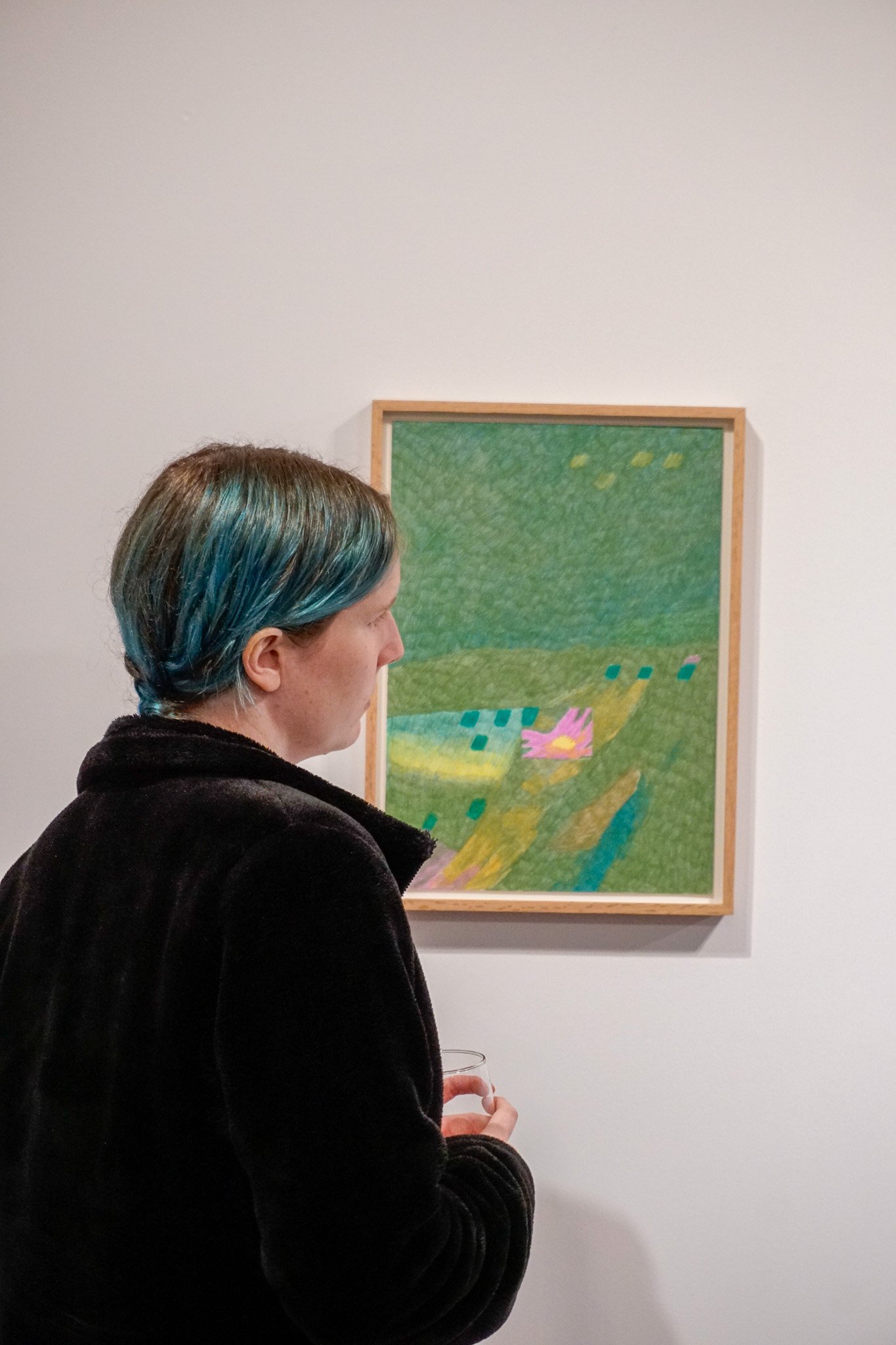
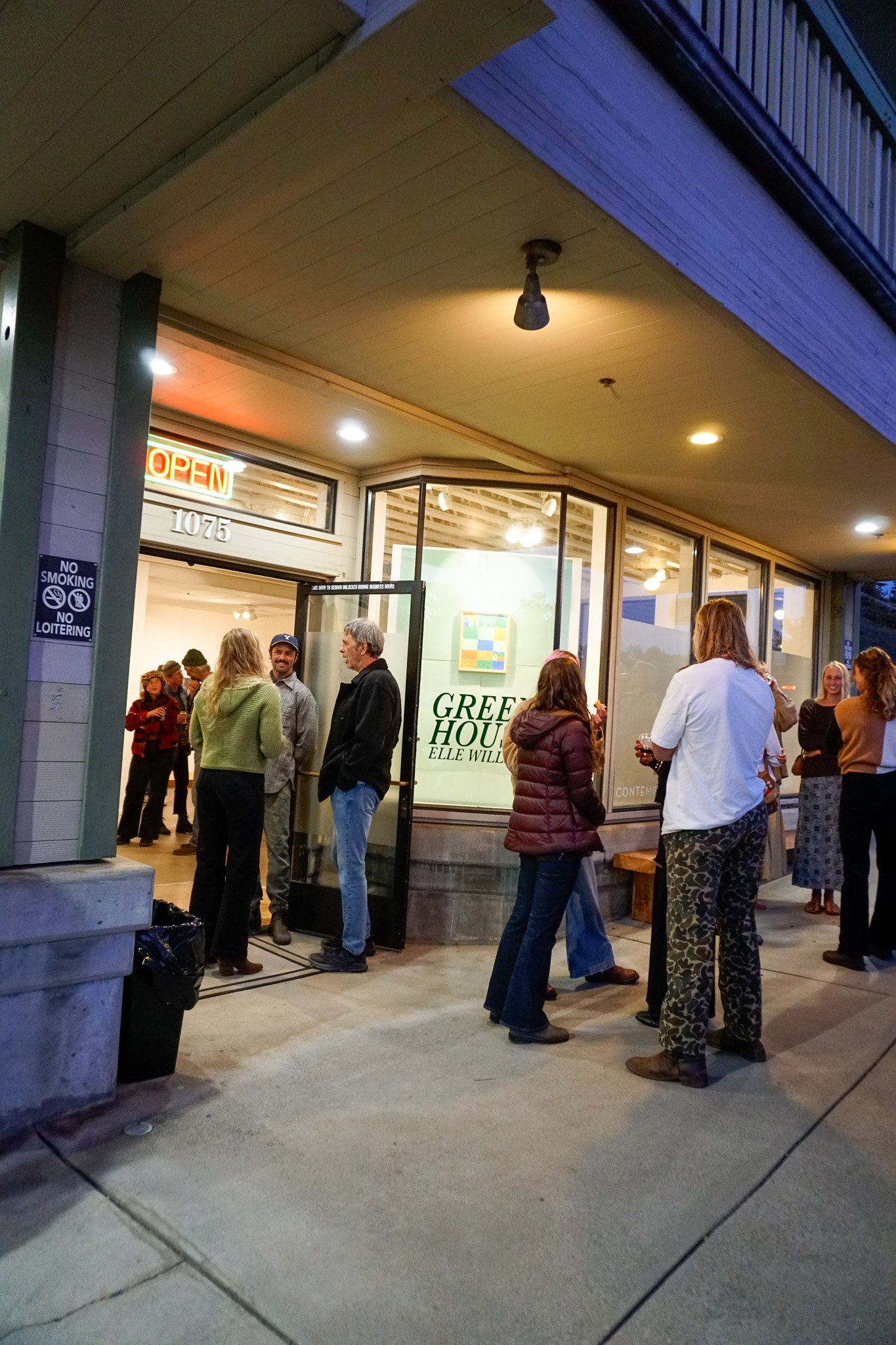
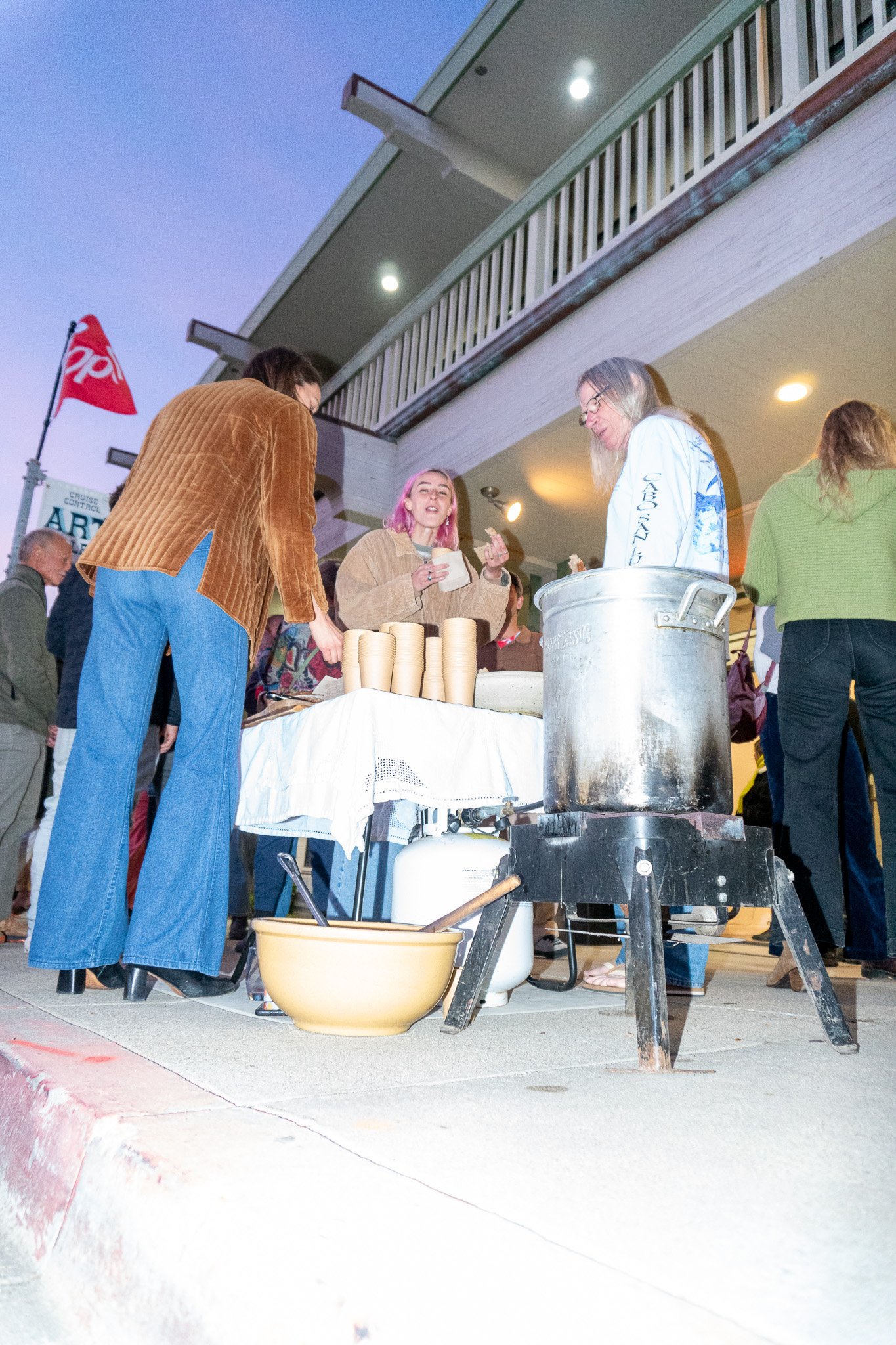
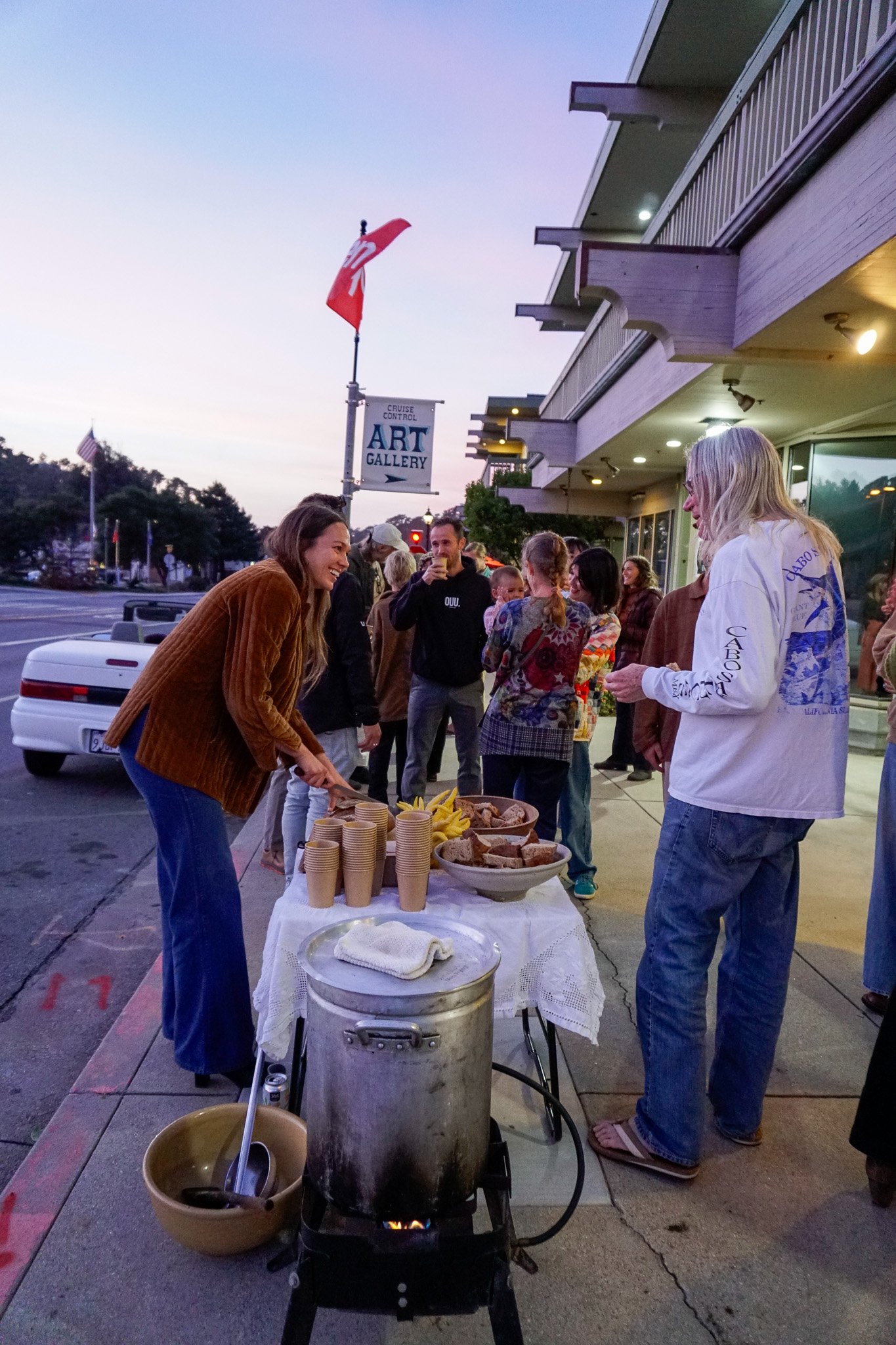
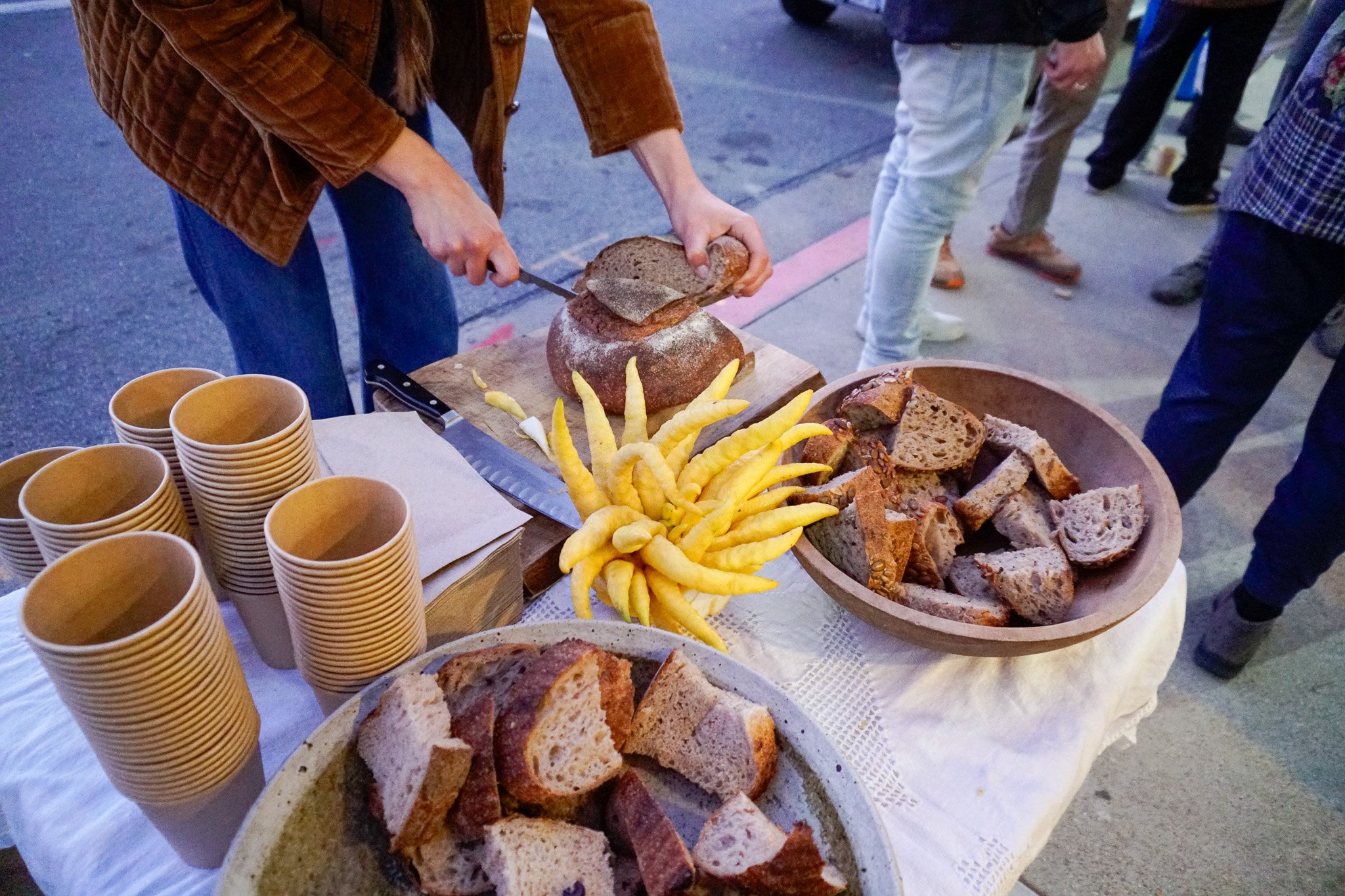
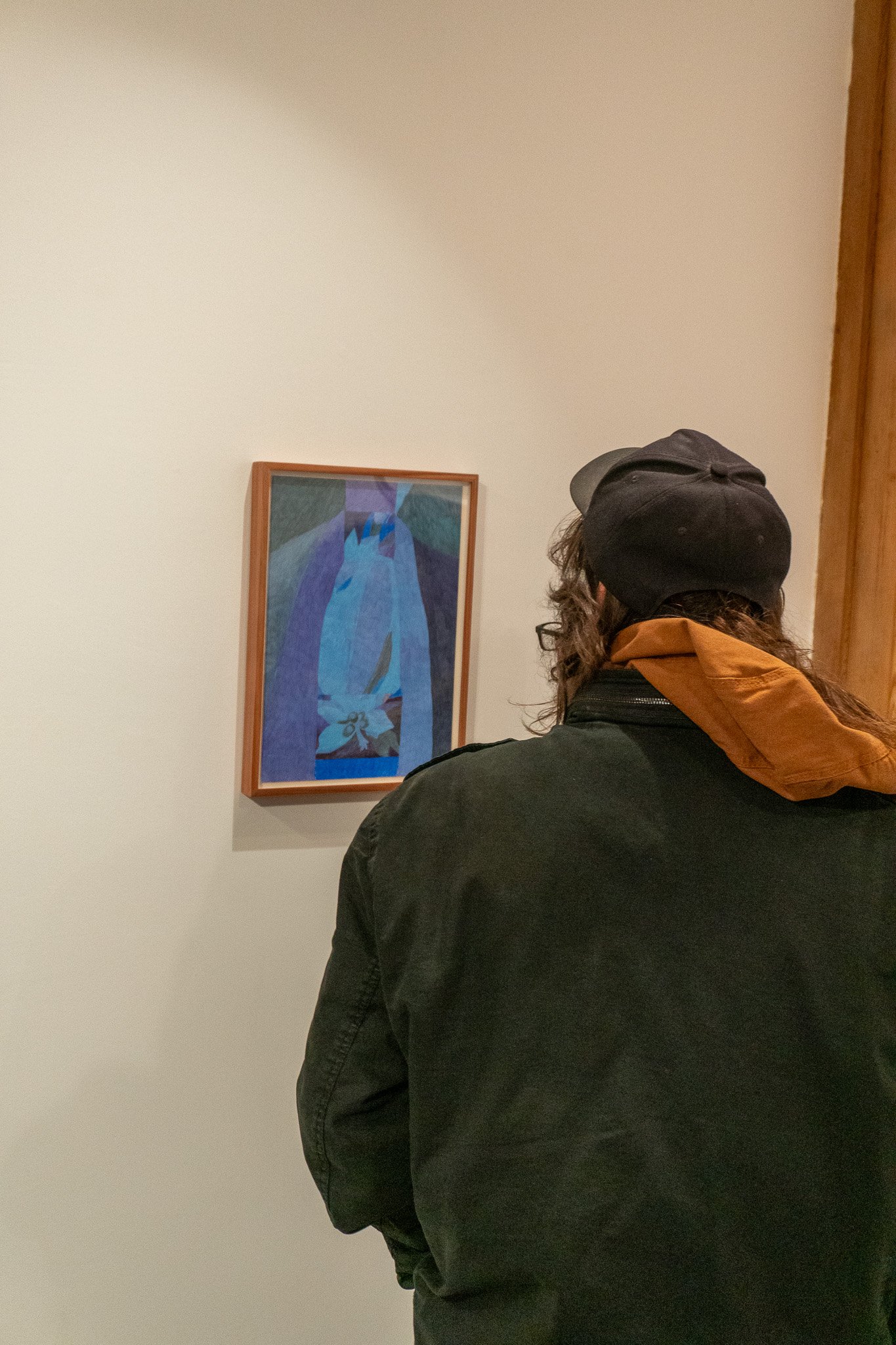
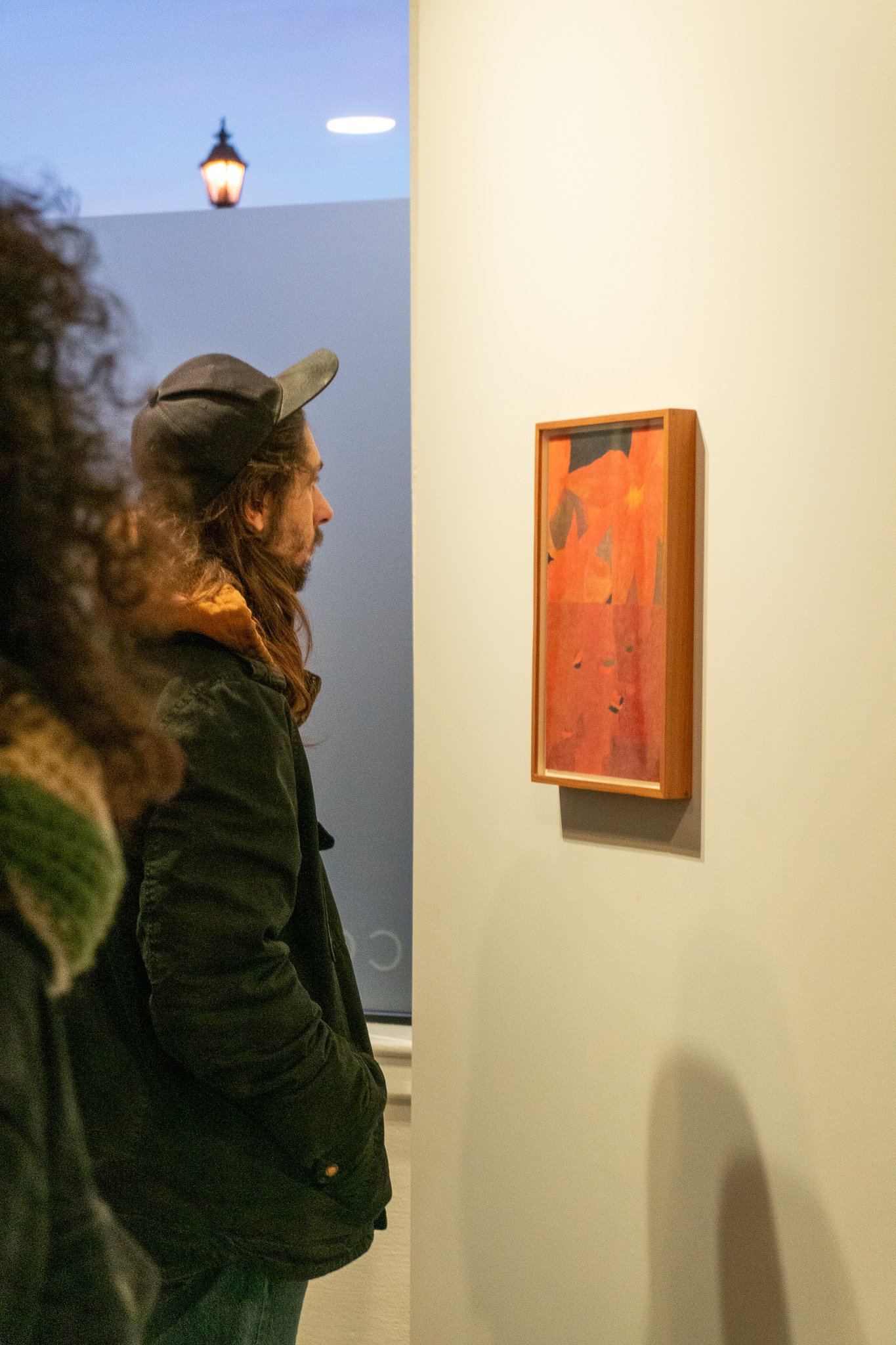
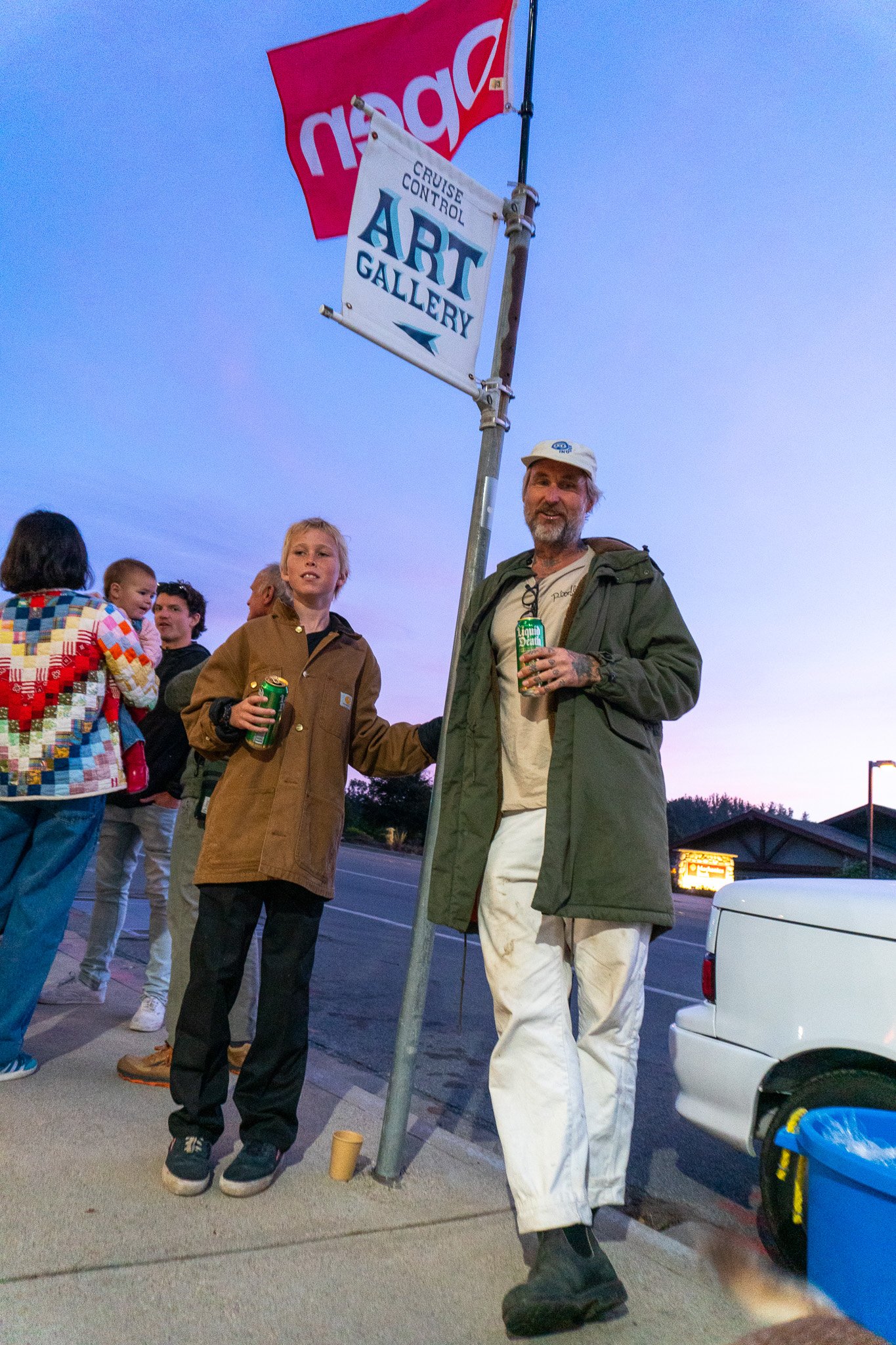
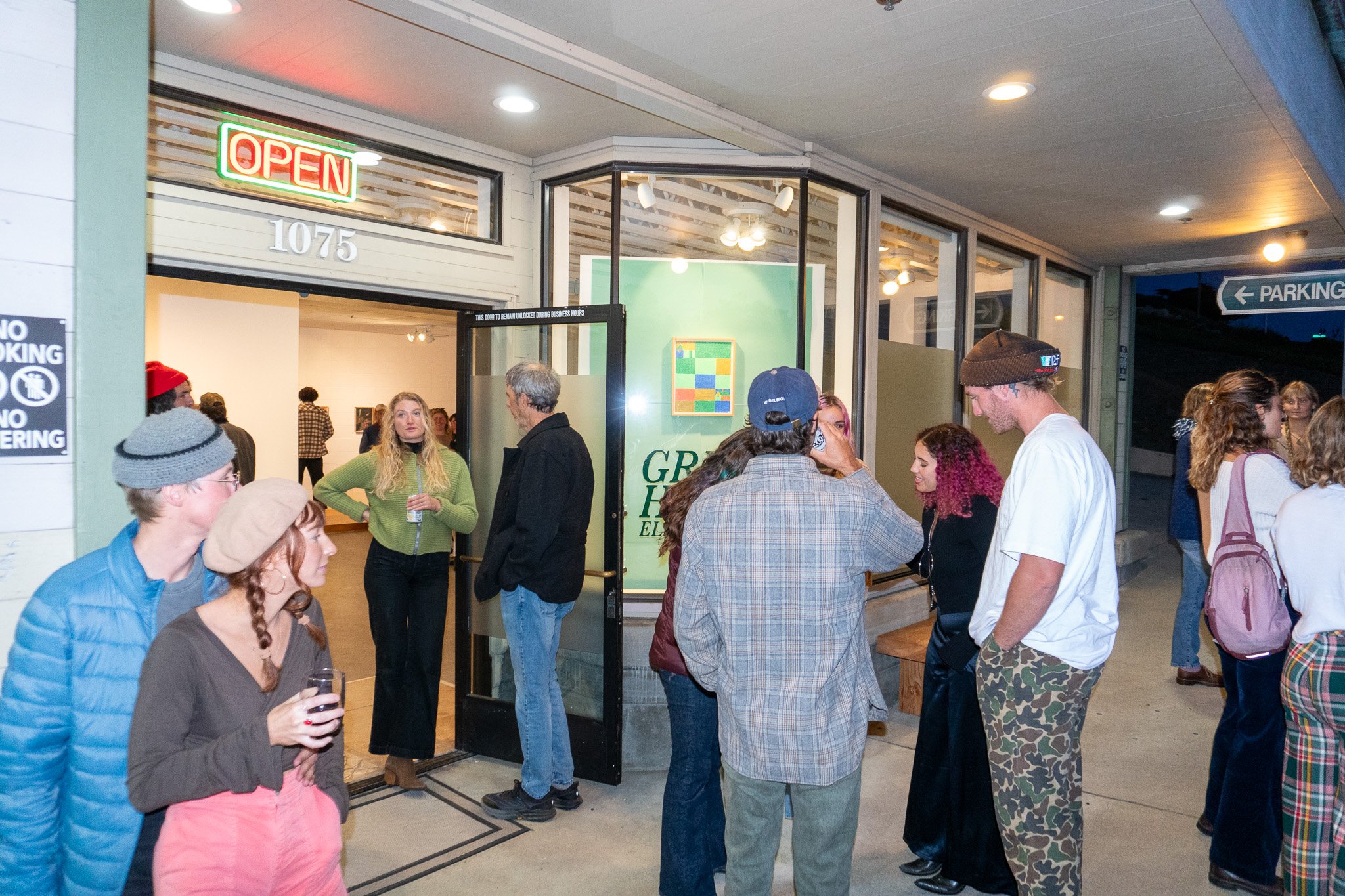
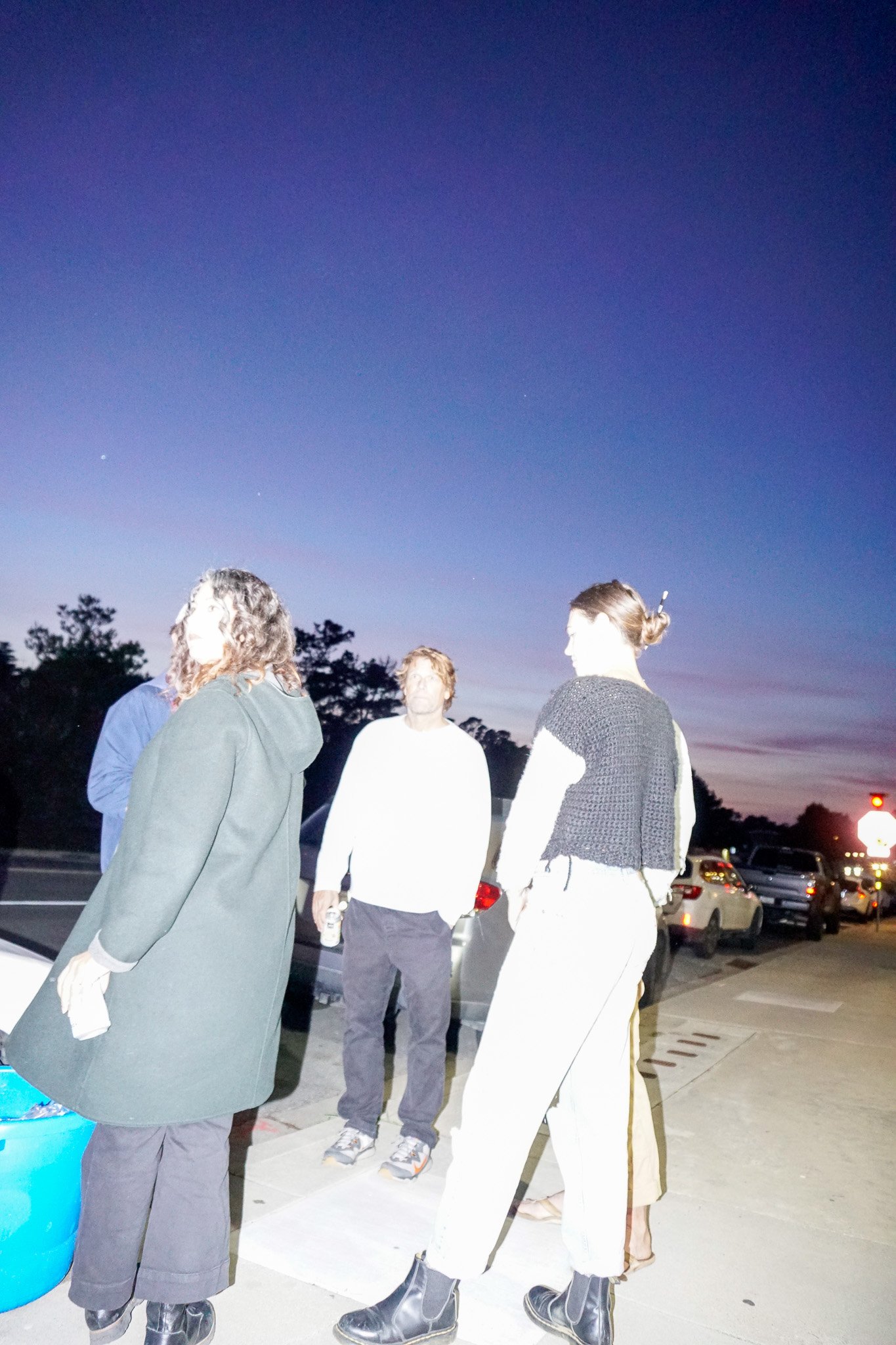
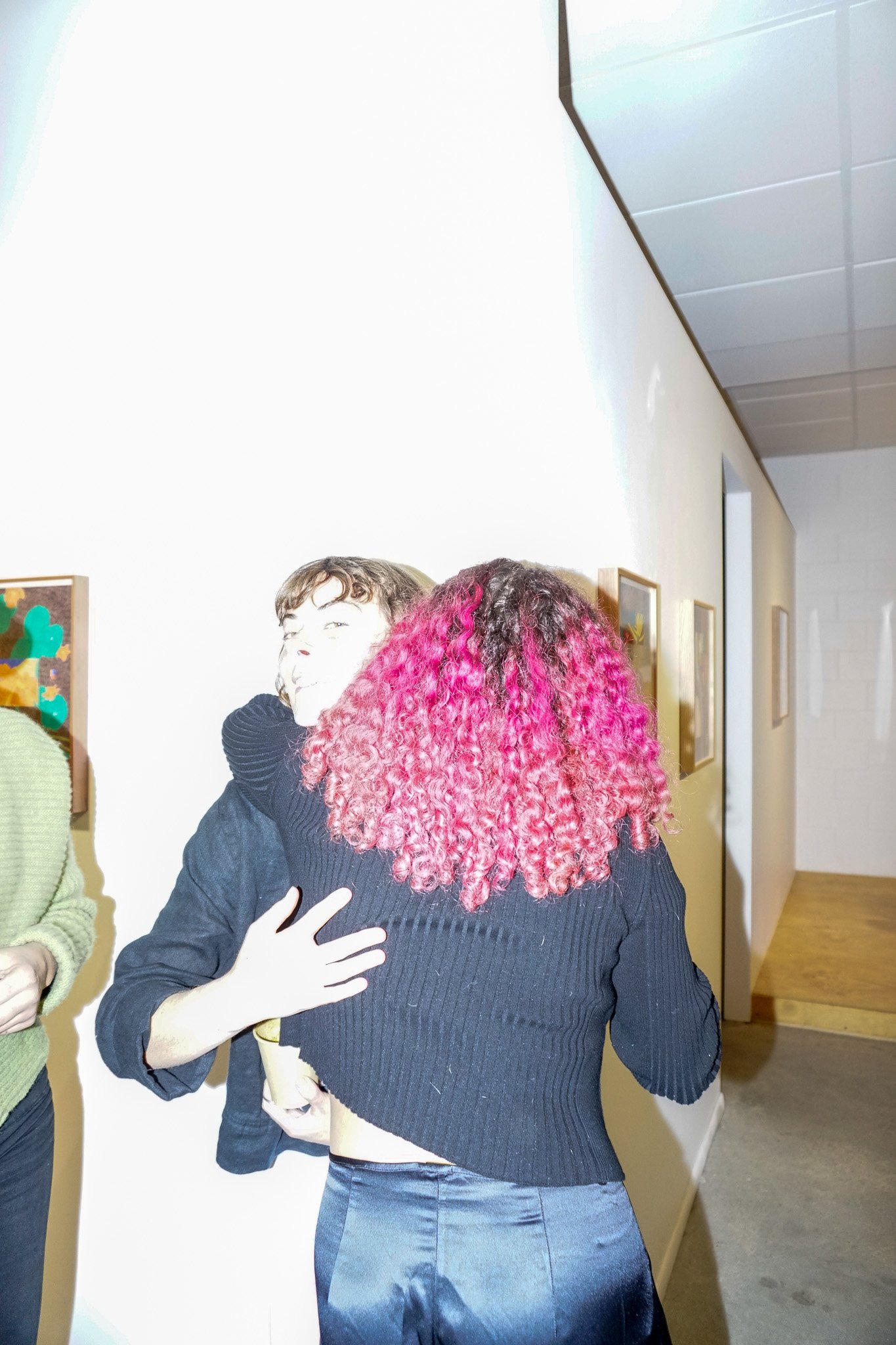
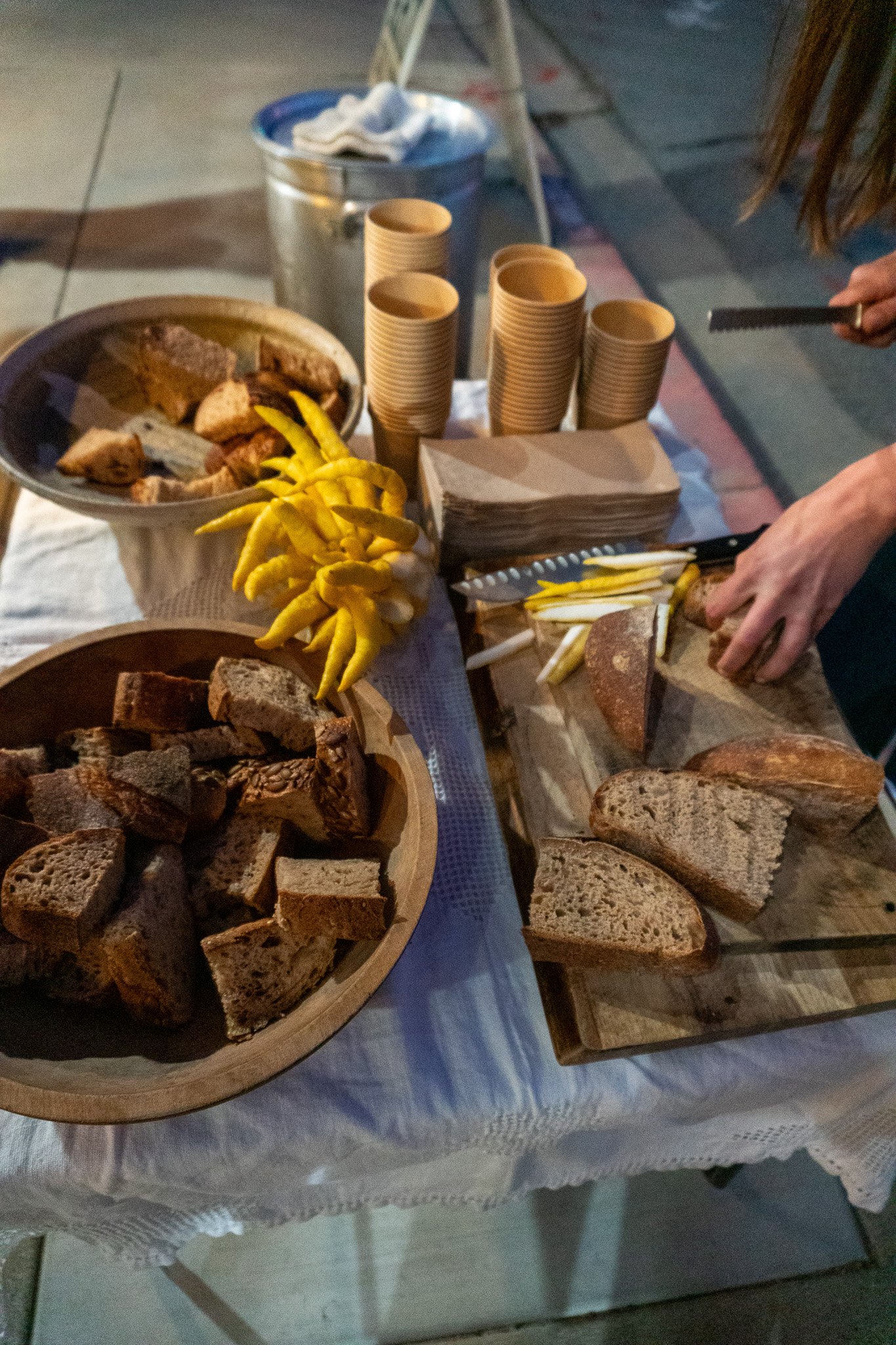
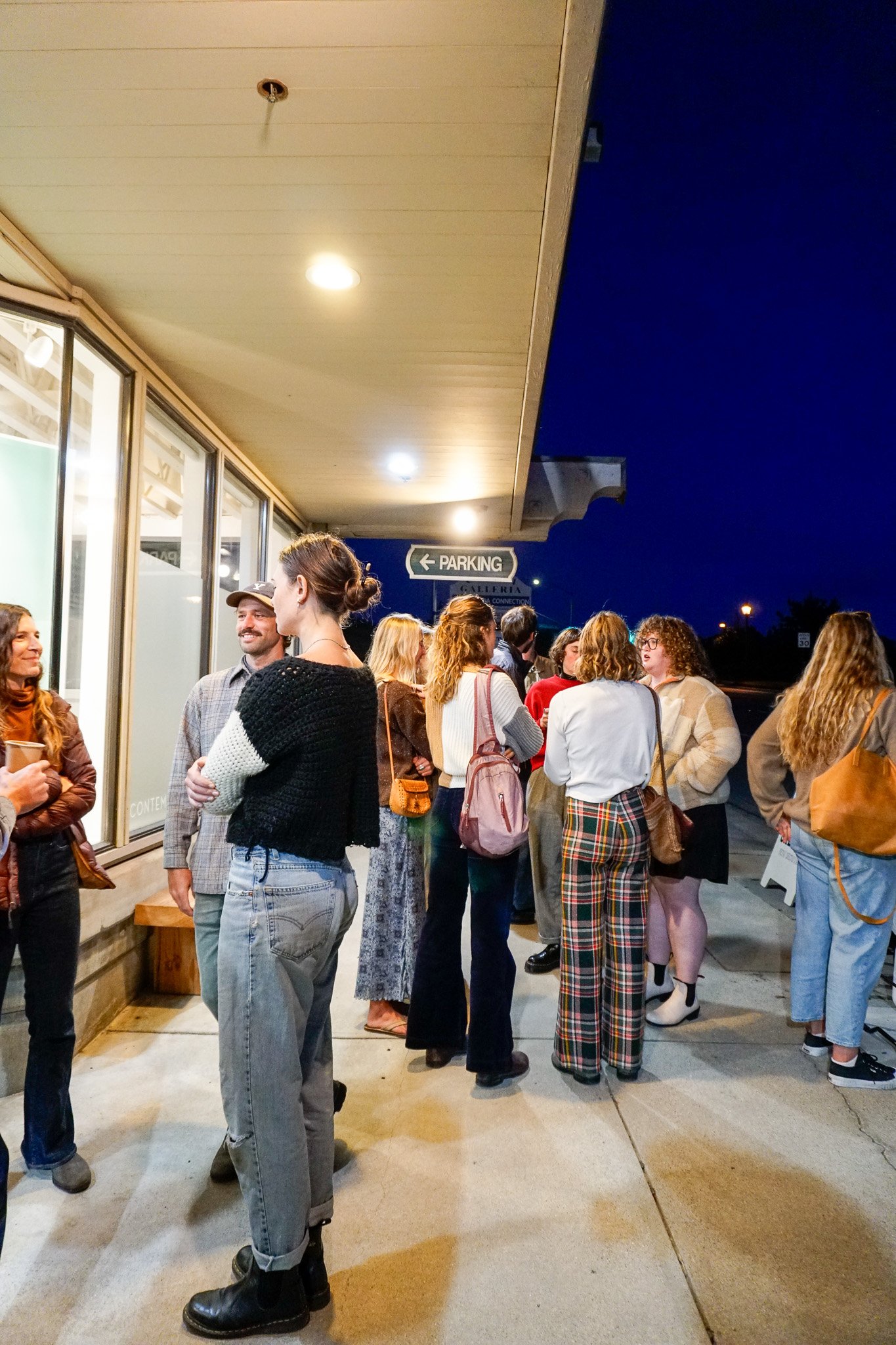
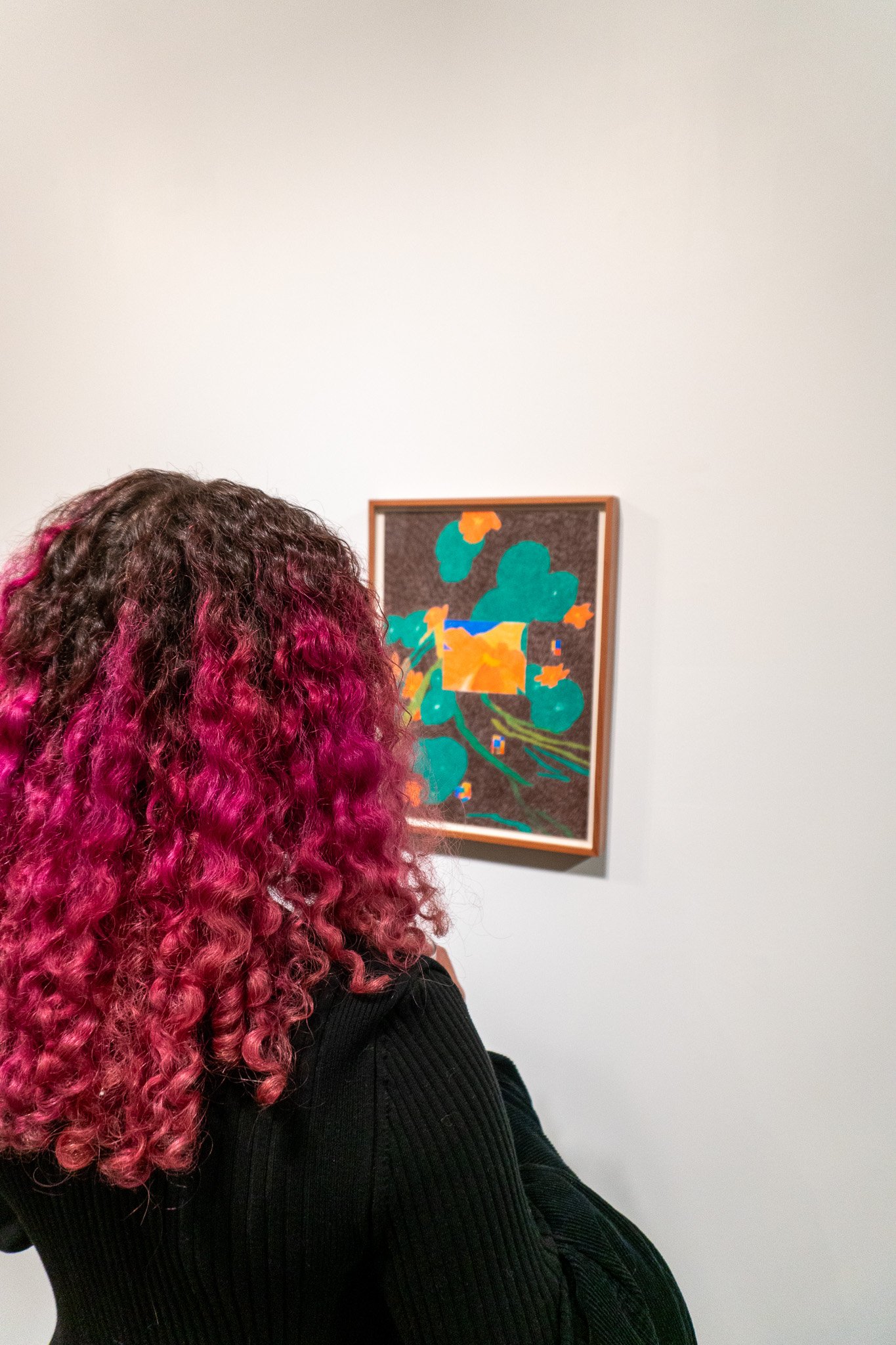
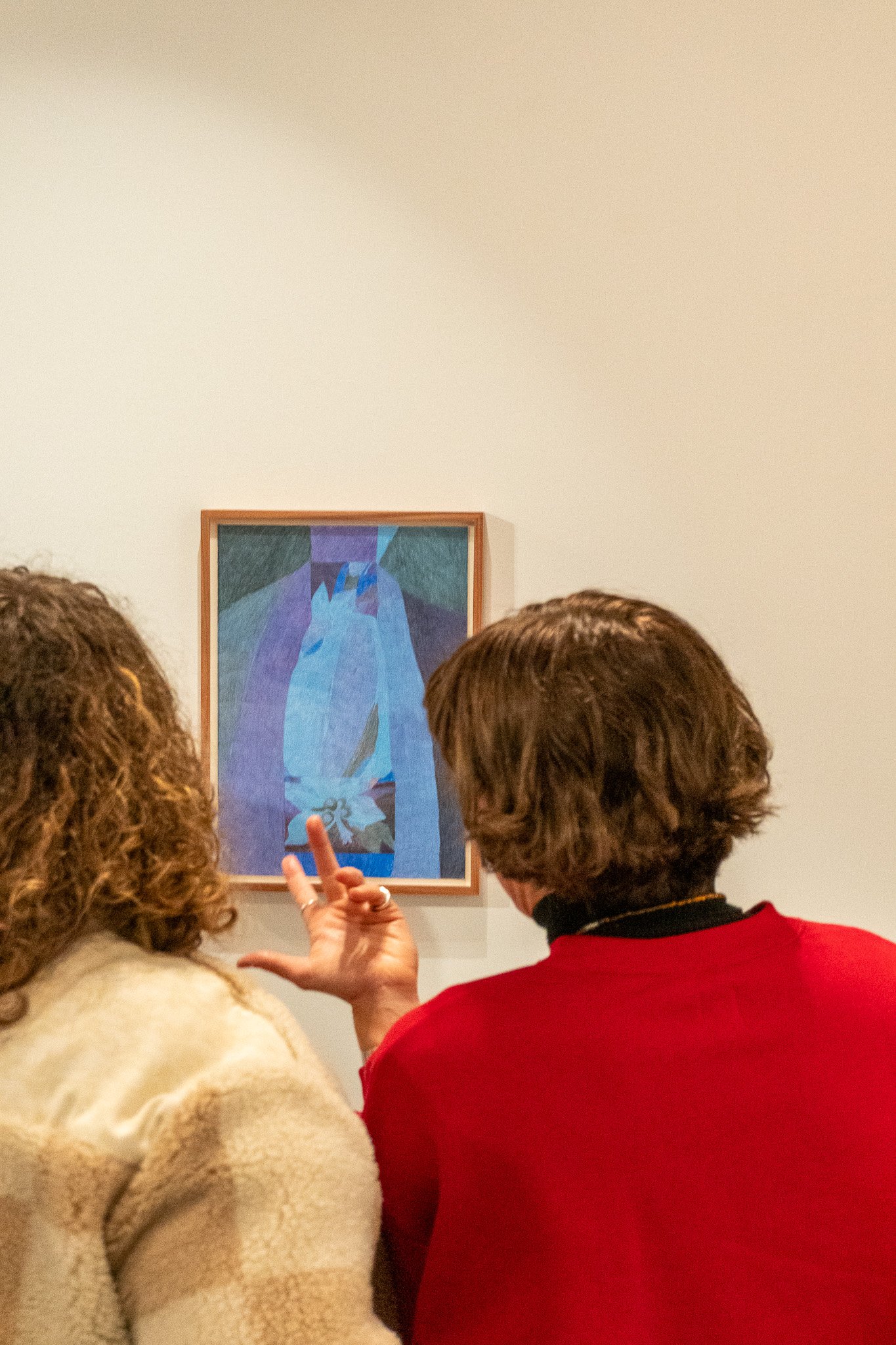
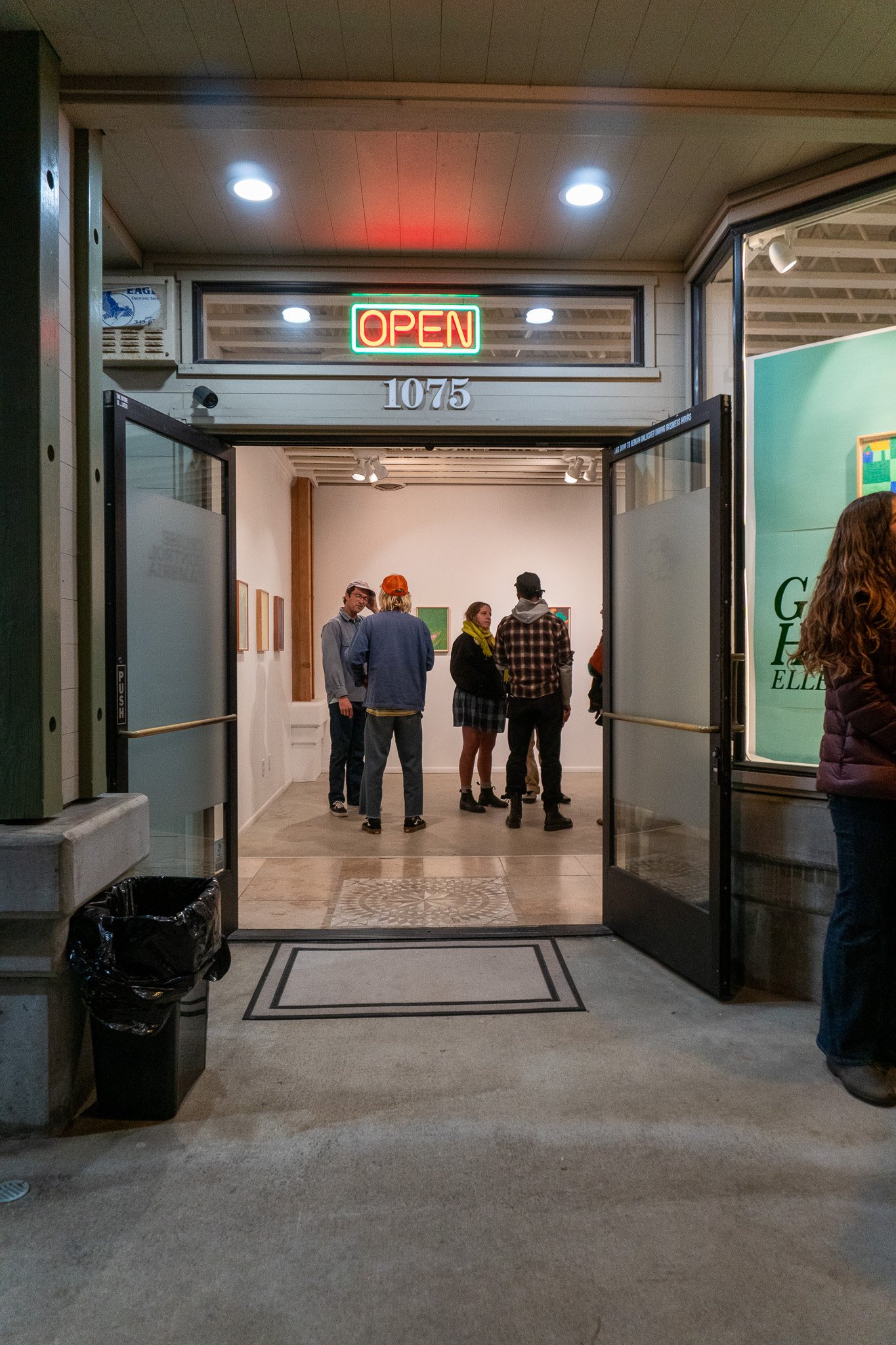
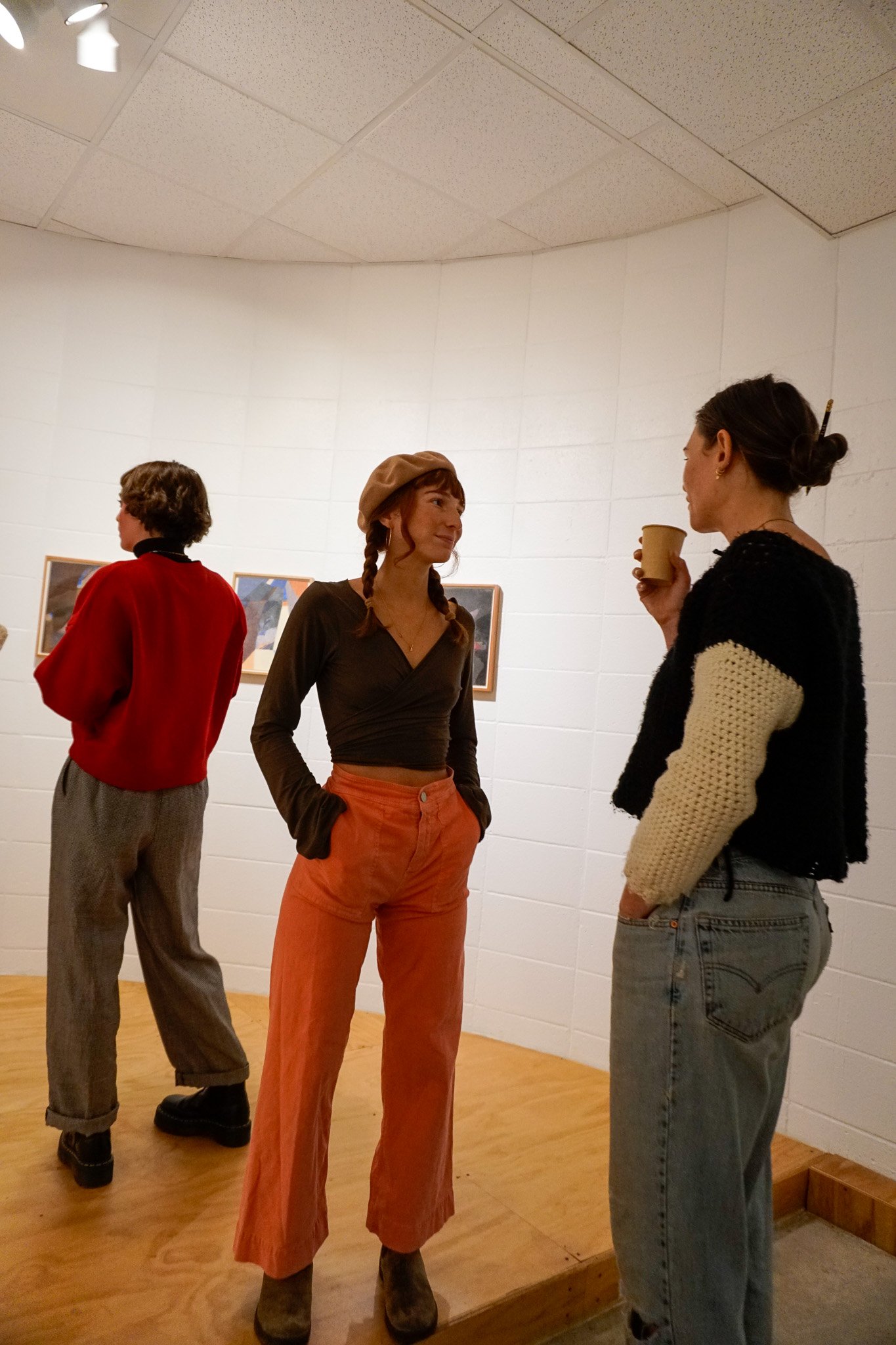
Inbar Levi b.1987 is a photographer, a creative director and a fashion designer. Born and raised on the coastline of Israel, Inbar has spent almost a decade in London completing her fashion menswear design undergraduate, and postgraduate degrees at Central Saint Martins in London. Inbar had stints at Maison Martin Margiela in Paris and Wendy&Jim in Vienna. Following her graduation from the Masters fashion design program at Central Saint Martins in London and studying under the direction of the late Louise Wilson OBE, Inbar had relocated first to New York City, and later on to Los Angeles where she launched her own fashion label.
Inbar was selected by Vogue Italia to present her collection at Pitti Uomo in Florence, and had also showed several collections at the NYC showroom Capsule.
Inbar has photographed and creative directed videos and editorials for the likes of Vogue Italia, i-D magazine, Tank magazine and Rollercoaster, and her collections have been featured in numerous international publications such as Man About Town, Wonderland and Highsnobiety.
Inbar’s photo books and photo zines are carried at bookstores such as Photo-eye Santa Fe, Arcana in Los Angeles, the Photographer’s Gallery London, Perrotin gallery New York and Salt and Pepper Tokyo and Printed Matter. ‘In Light of Darkness’ was published by Innen Zurich in 2021 the same year Inbar had a solo show ‘In Sync’ at the Icon. In 2022 Inbar’s work toured in Japan, the show traveled to different locations in Tokyo and Kyoto.
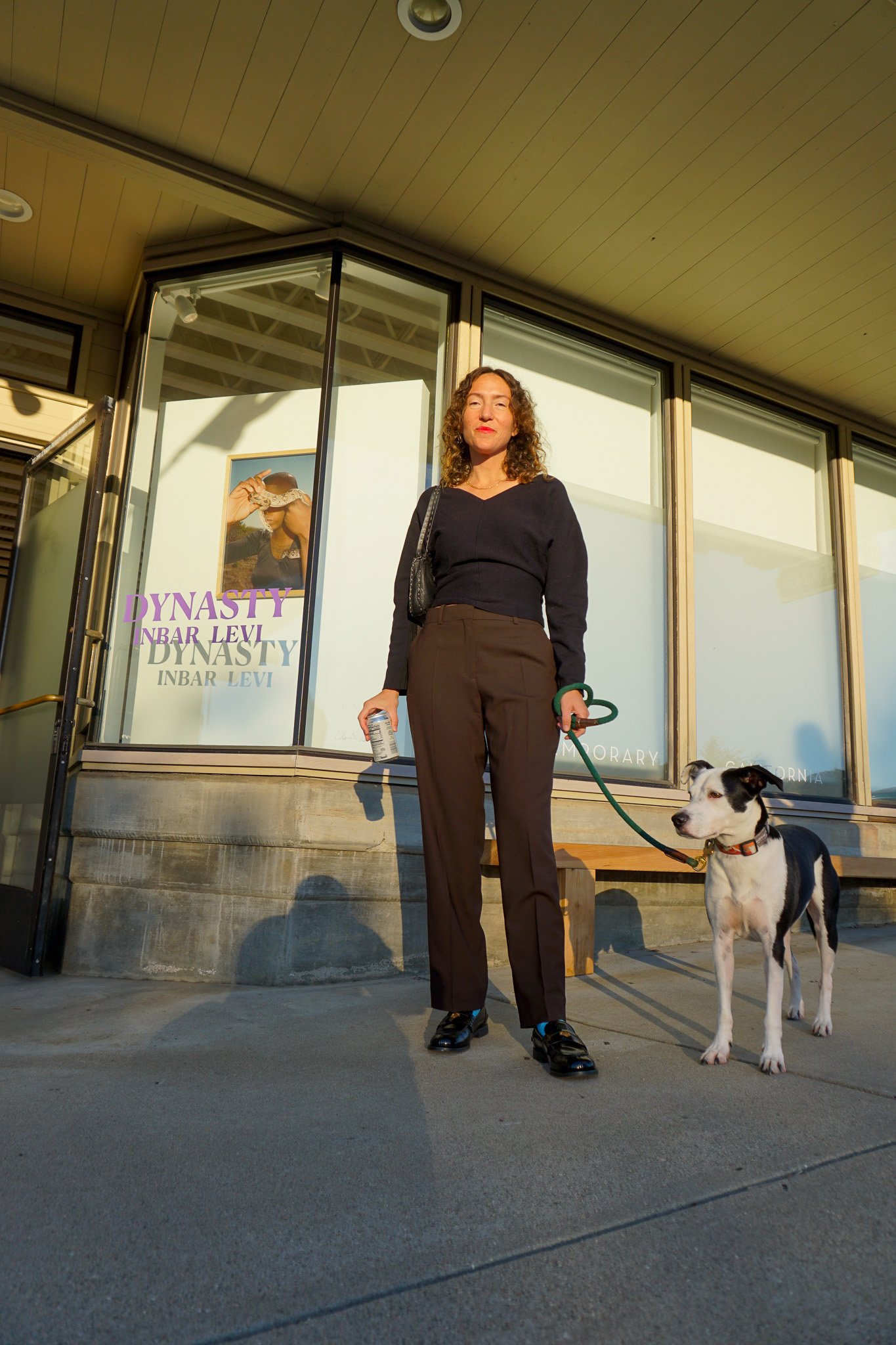
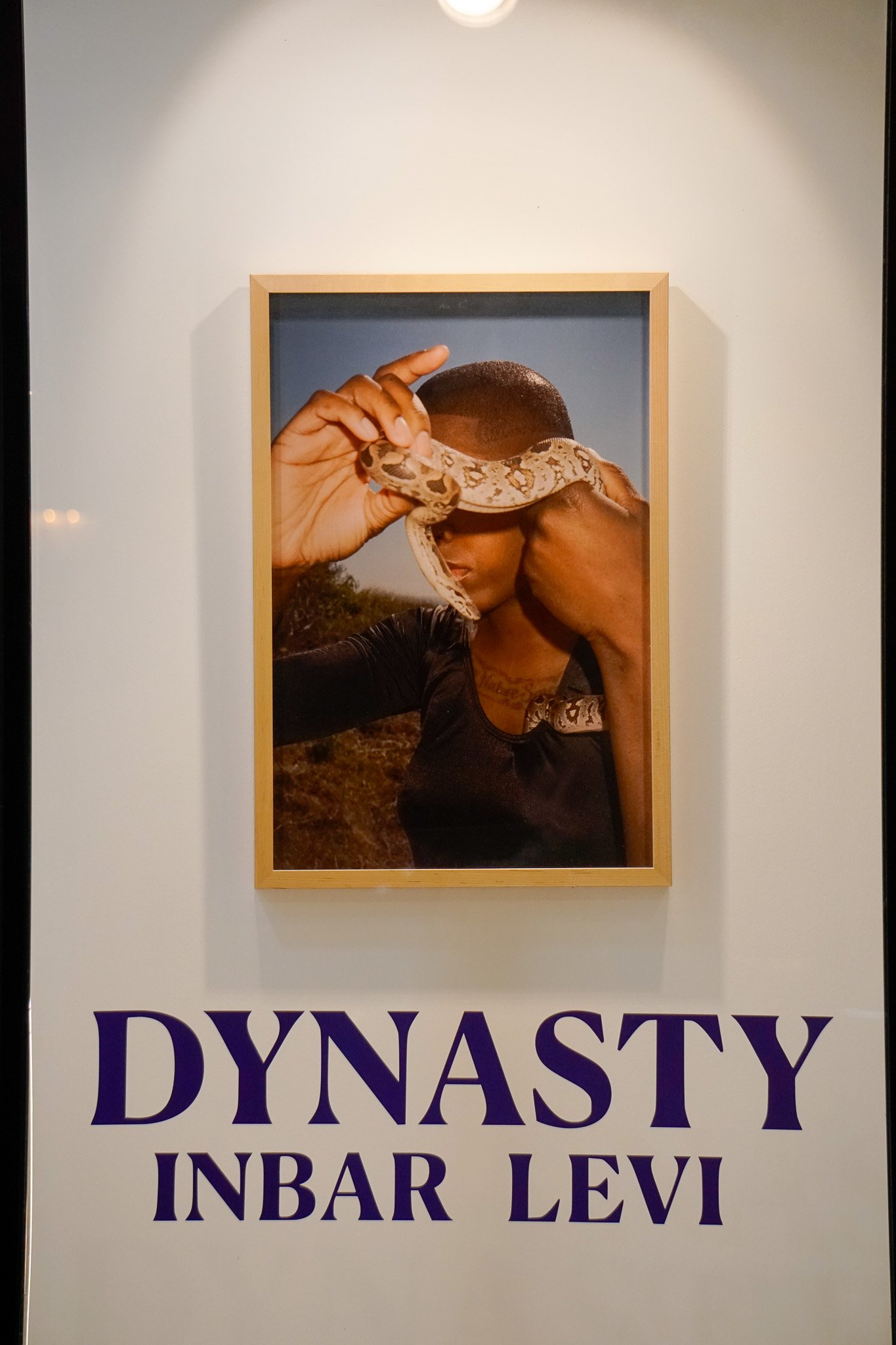

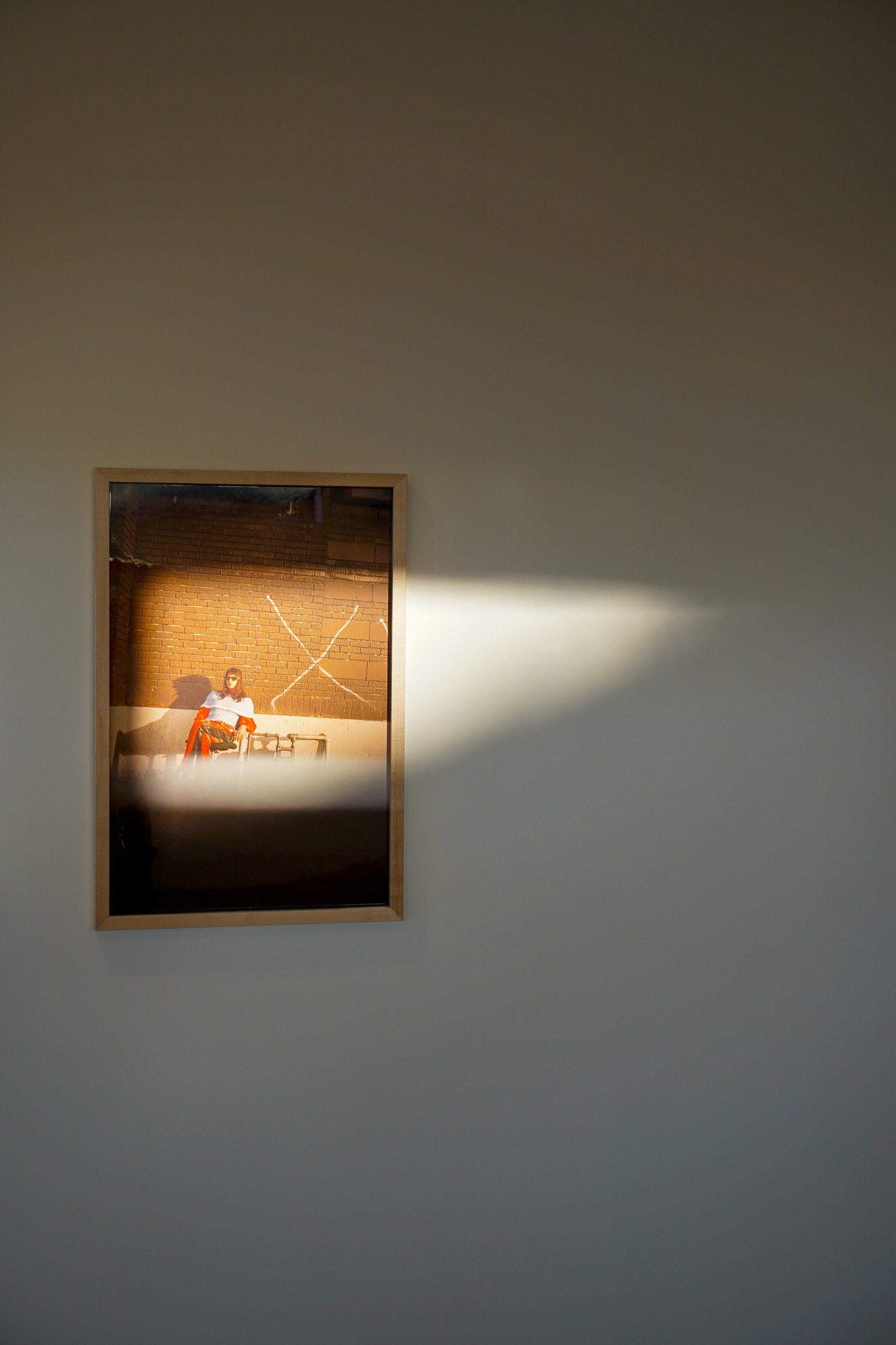
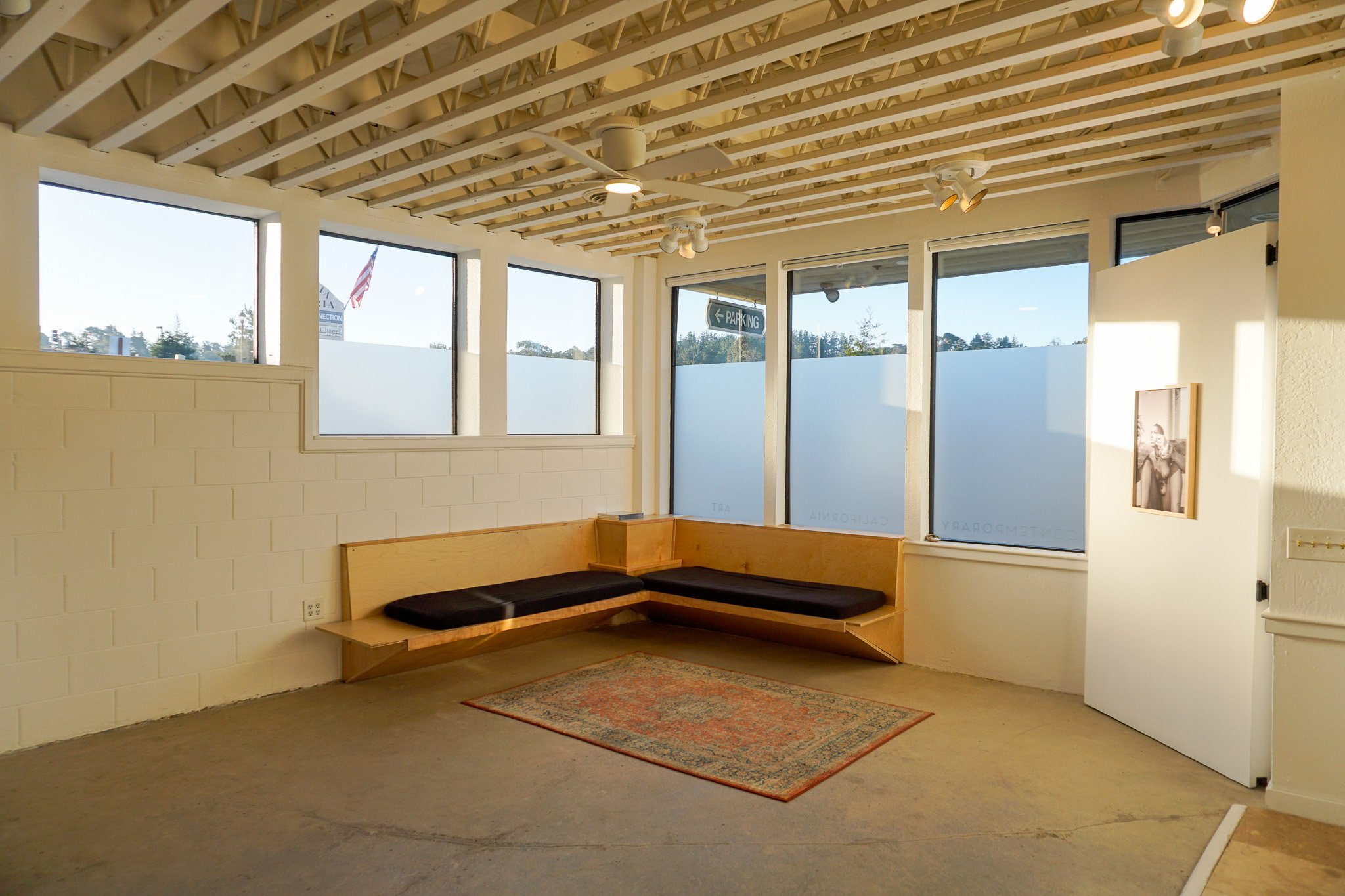
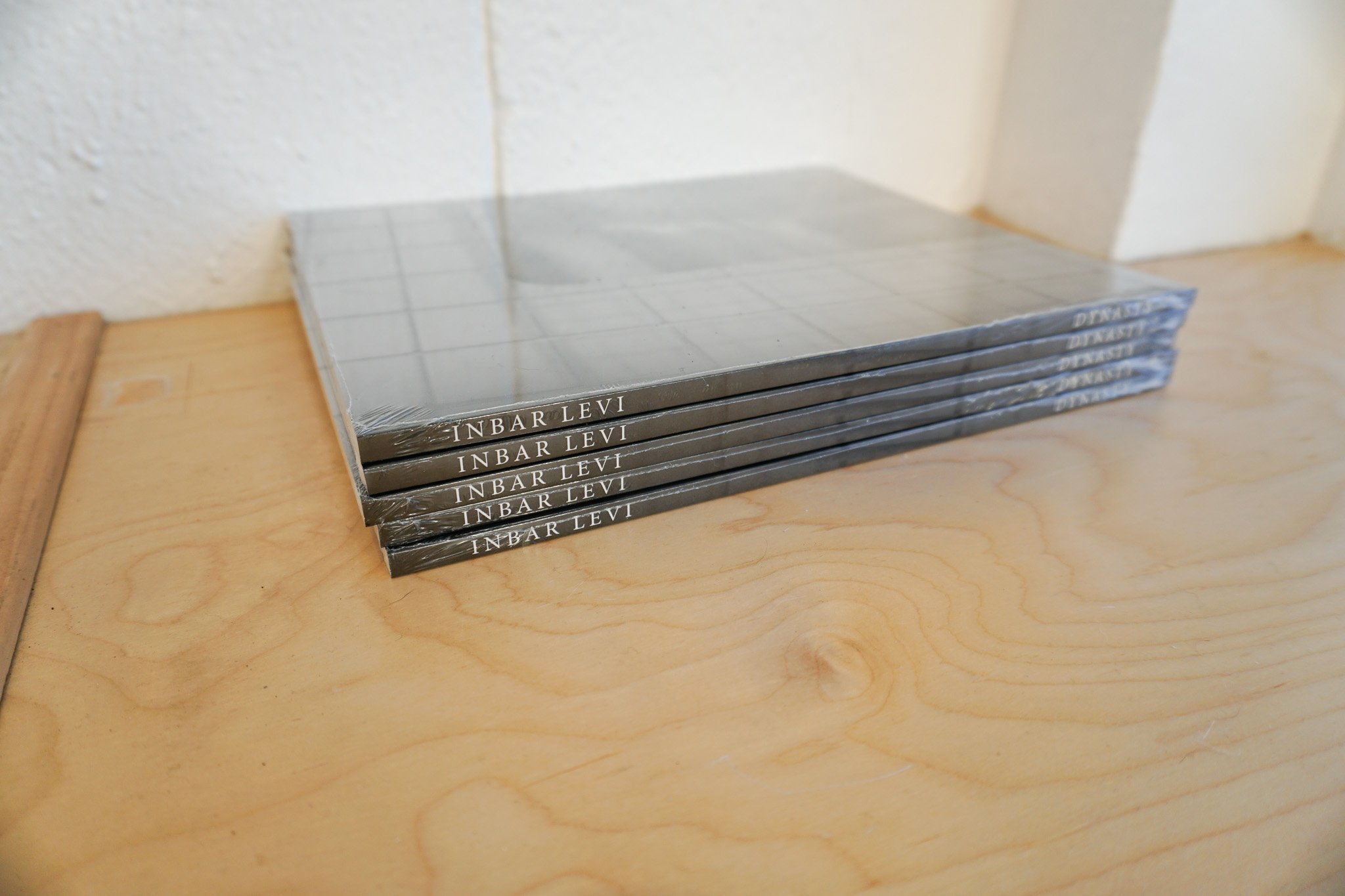
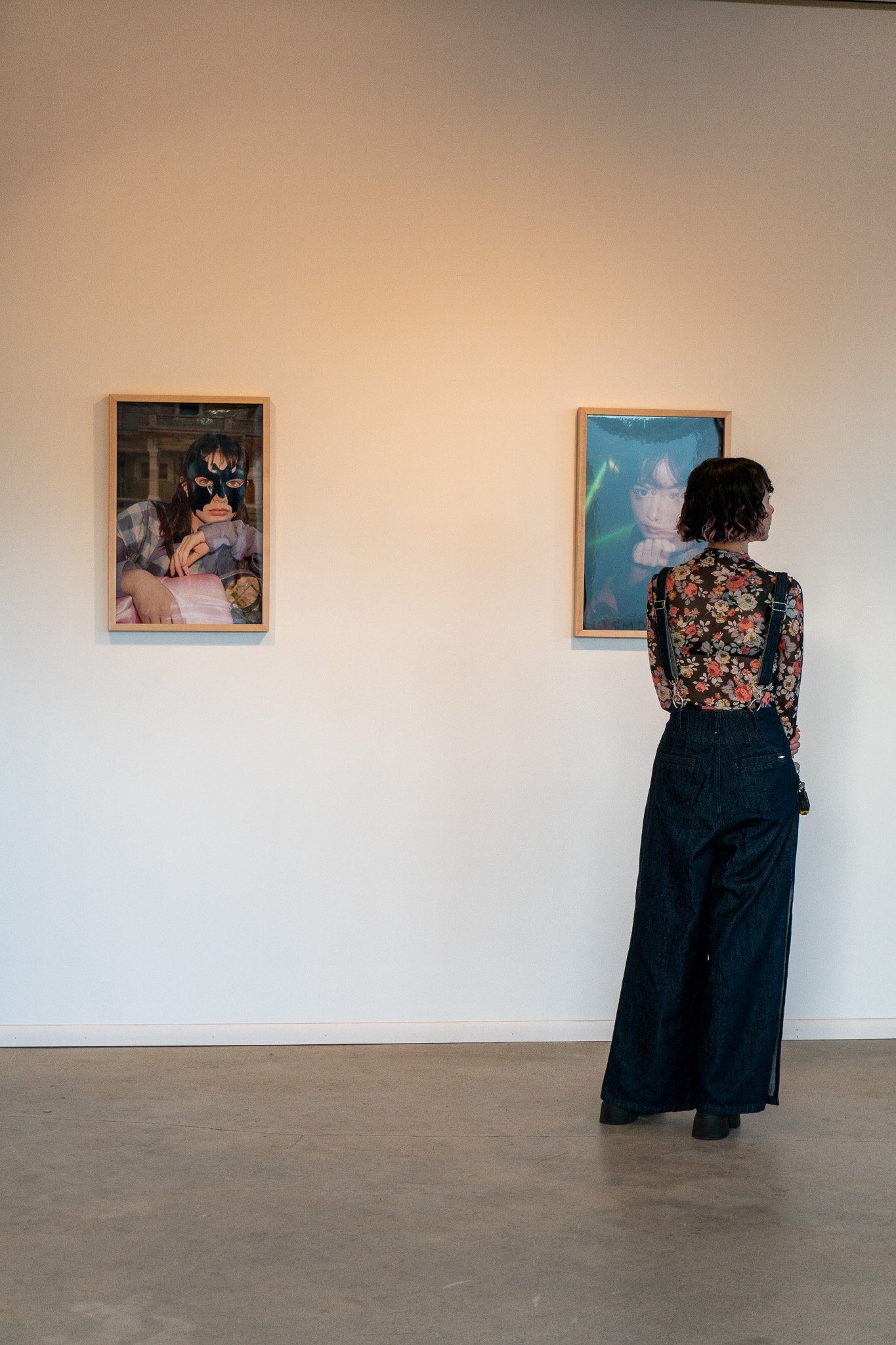

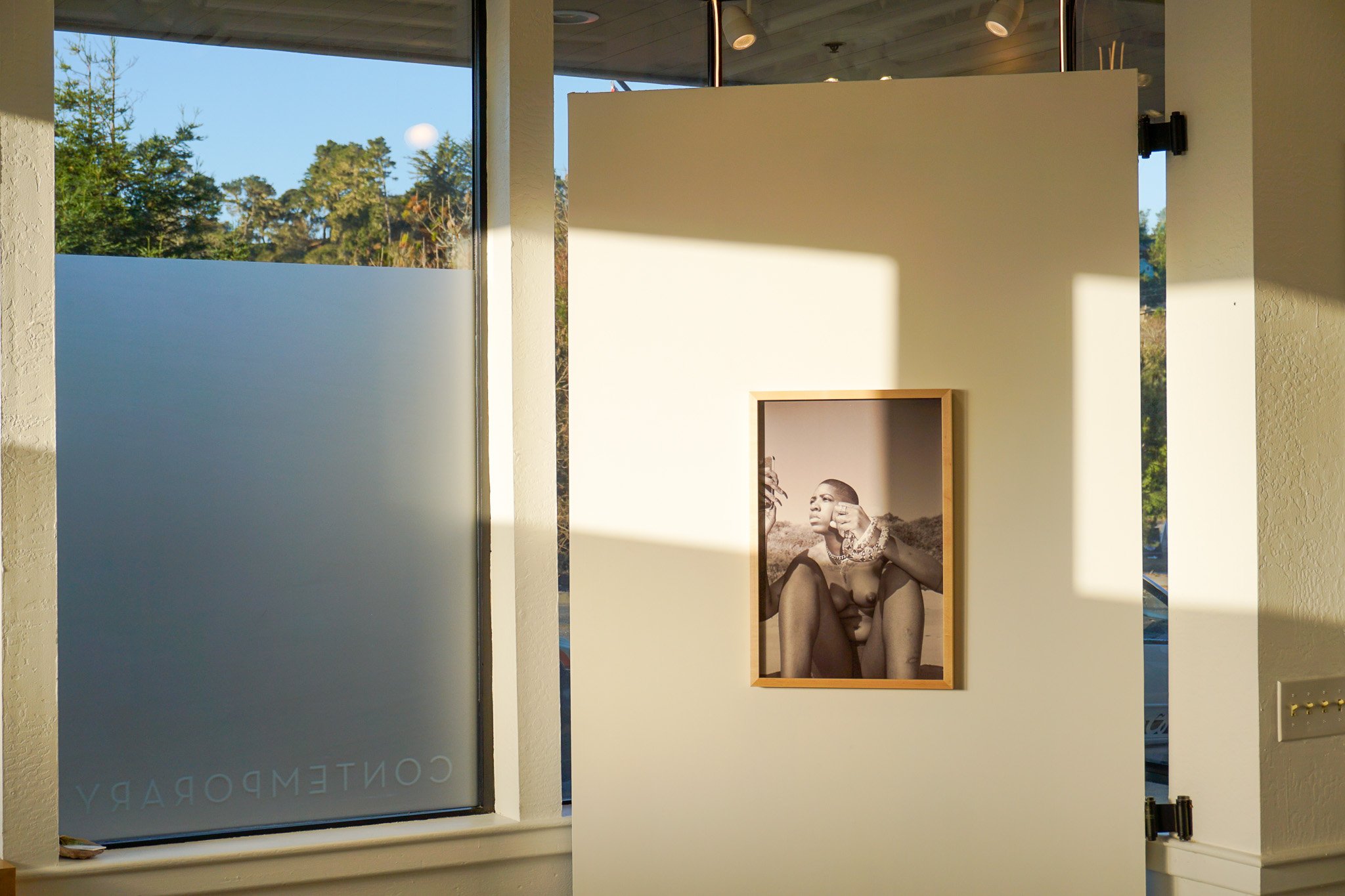
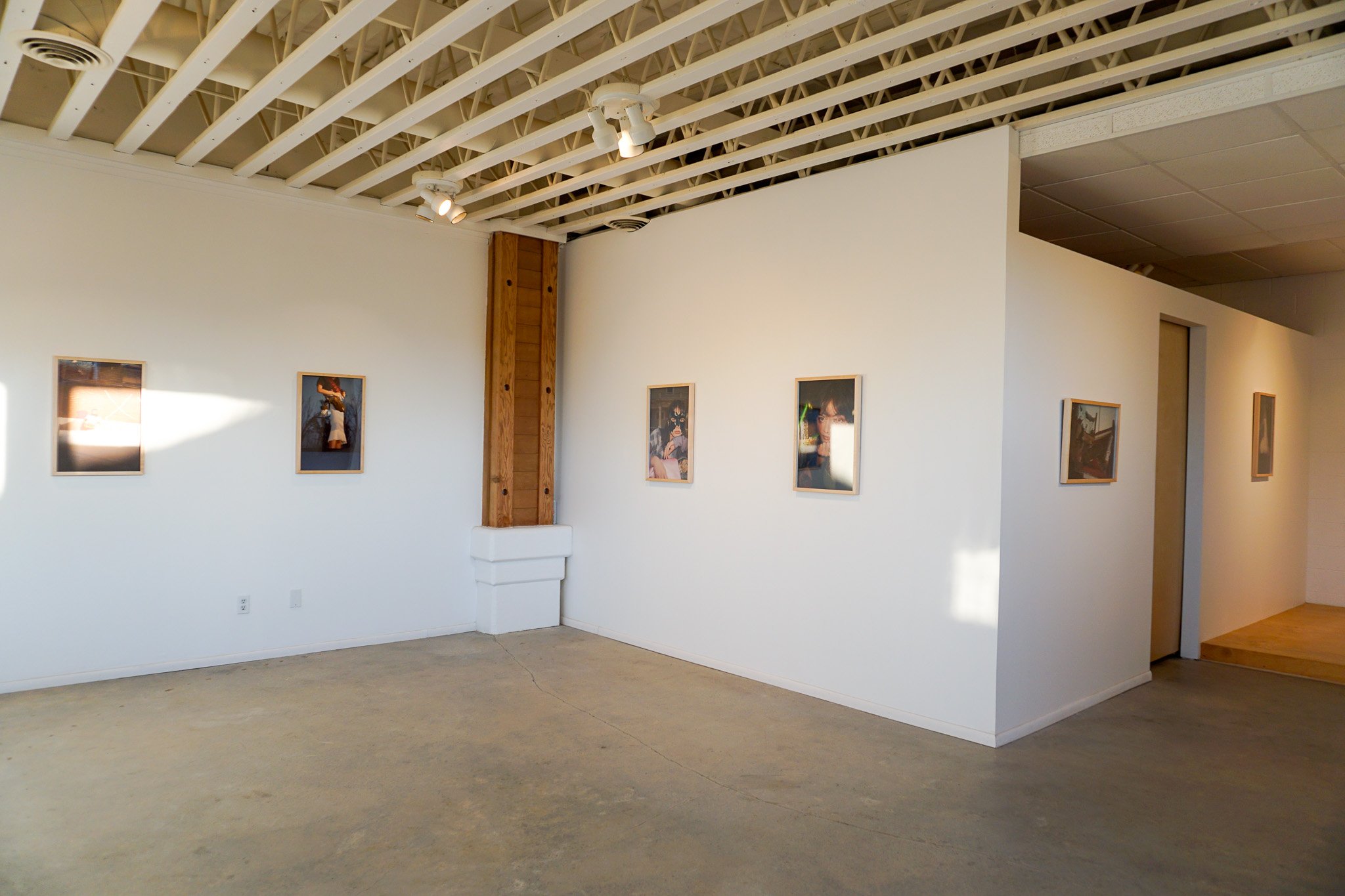
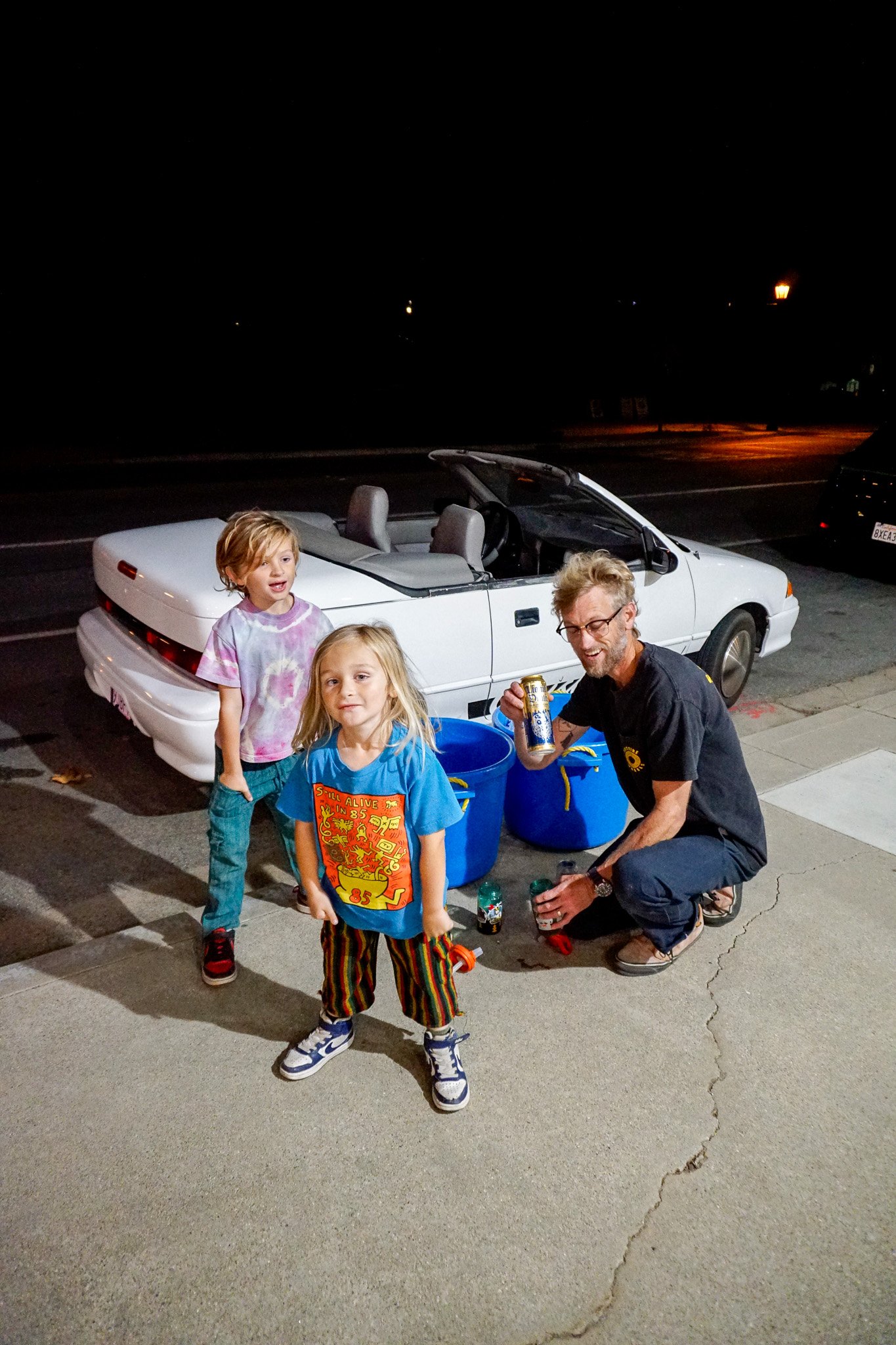
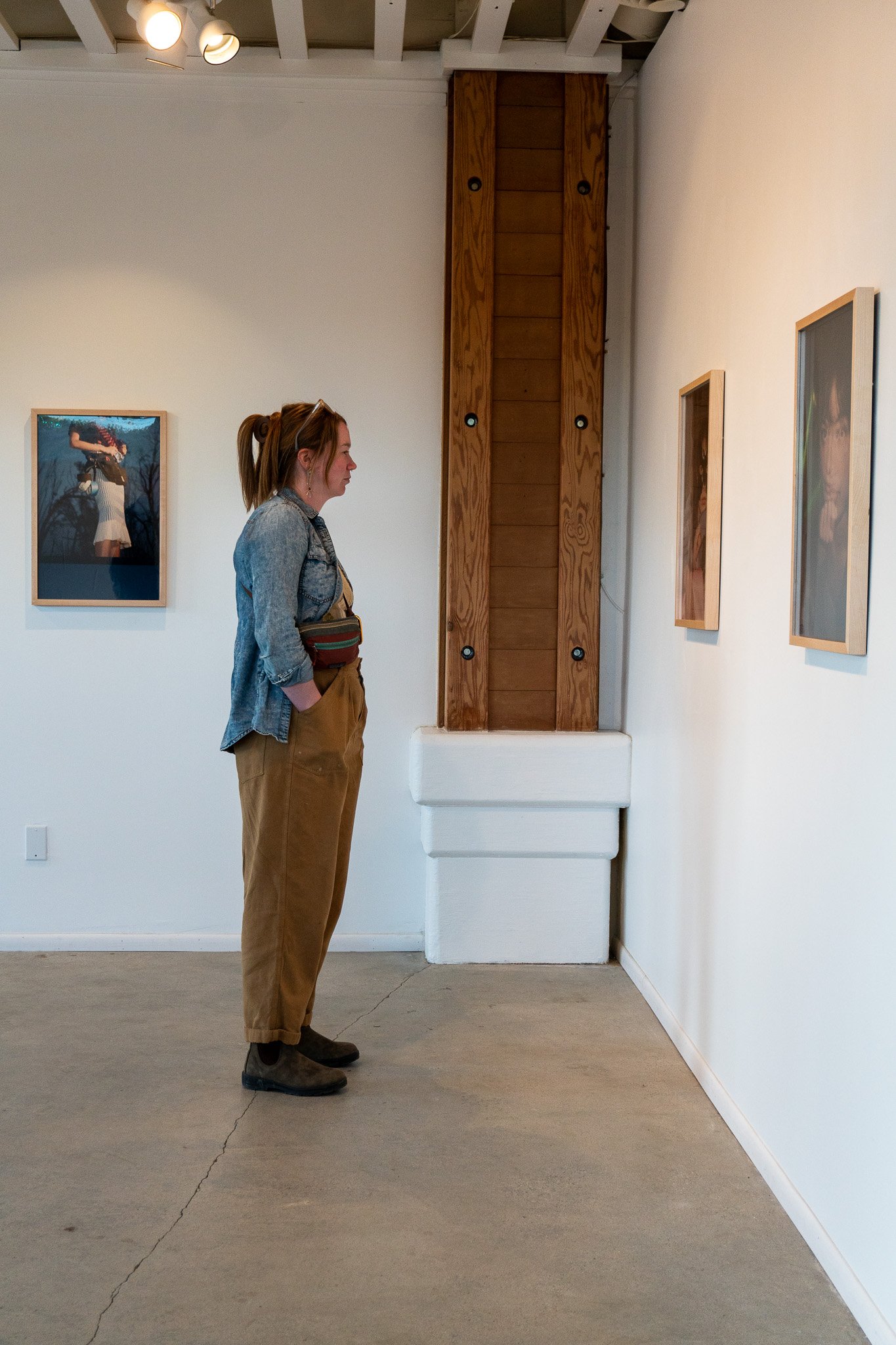
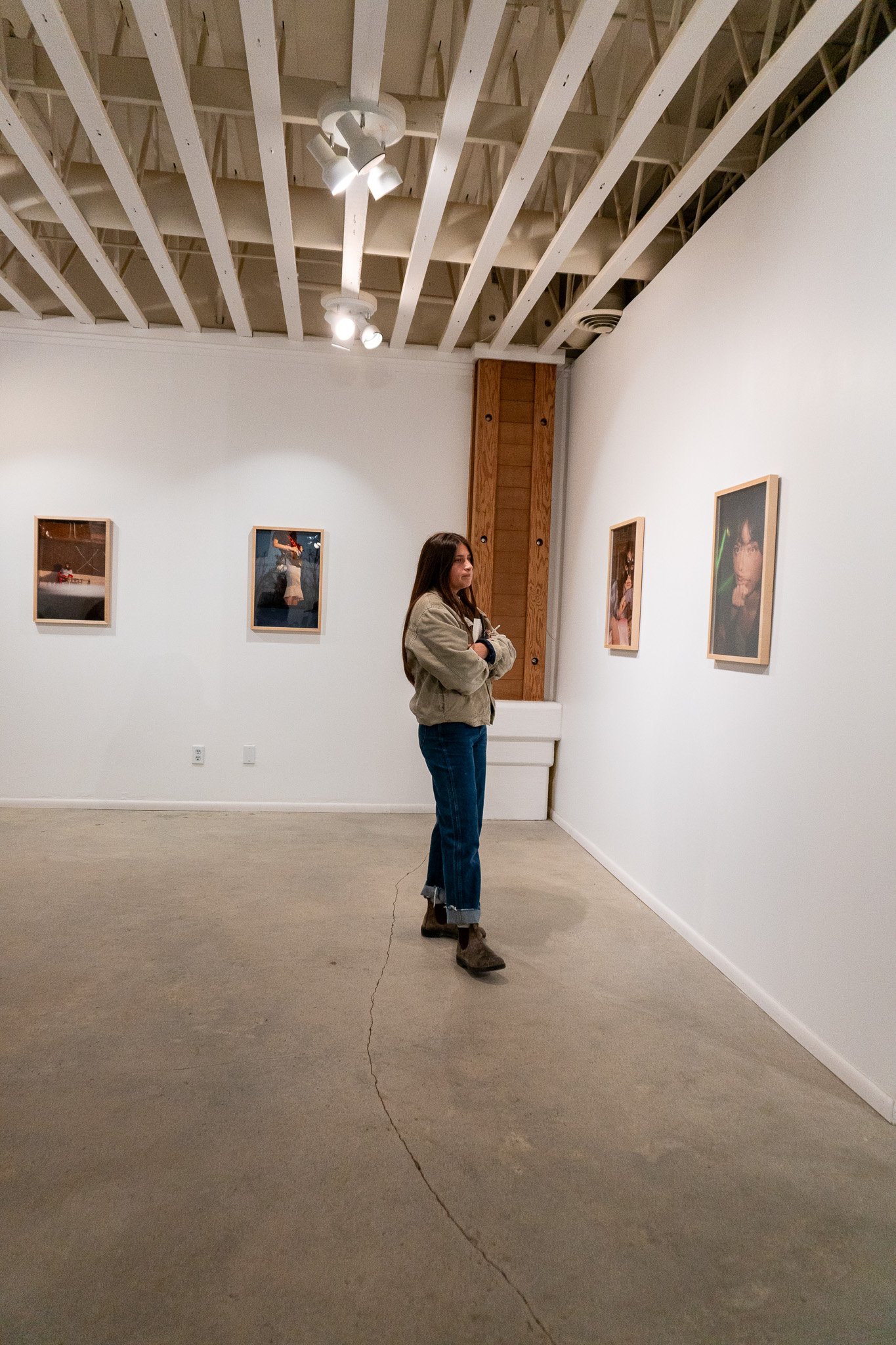
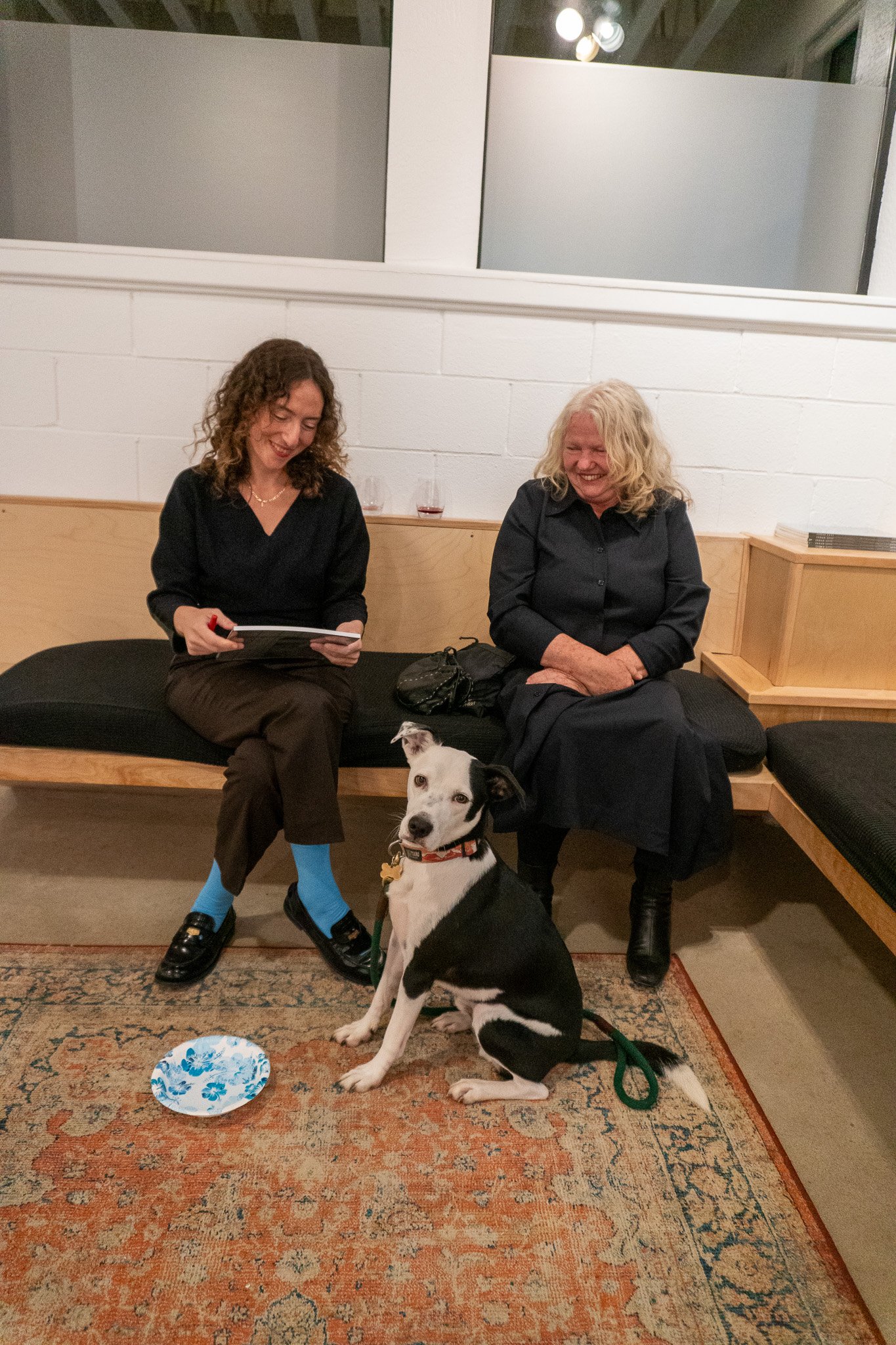
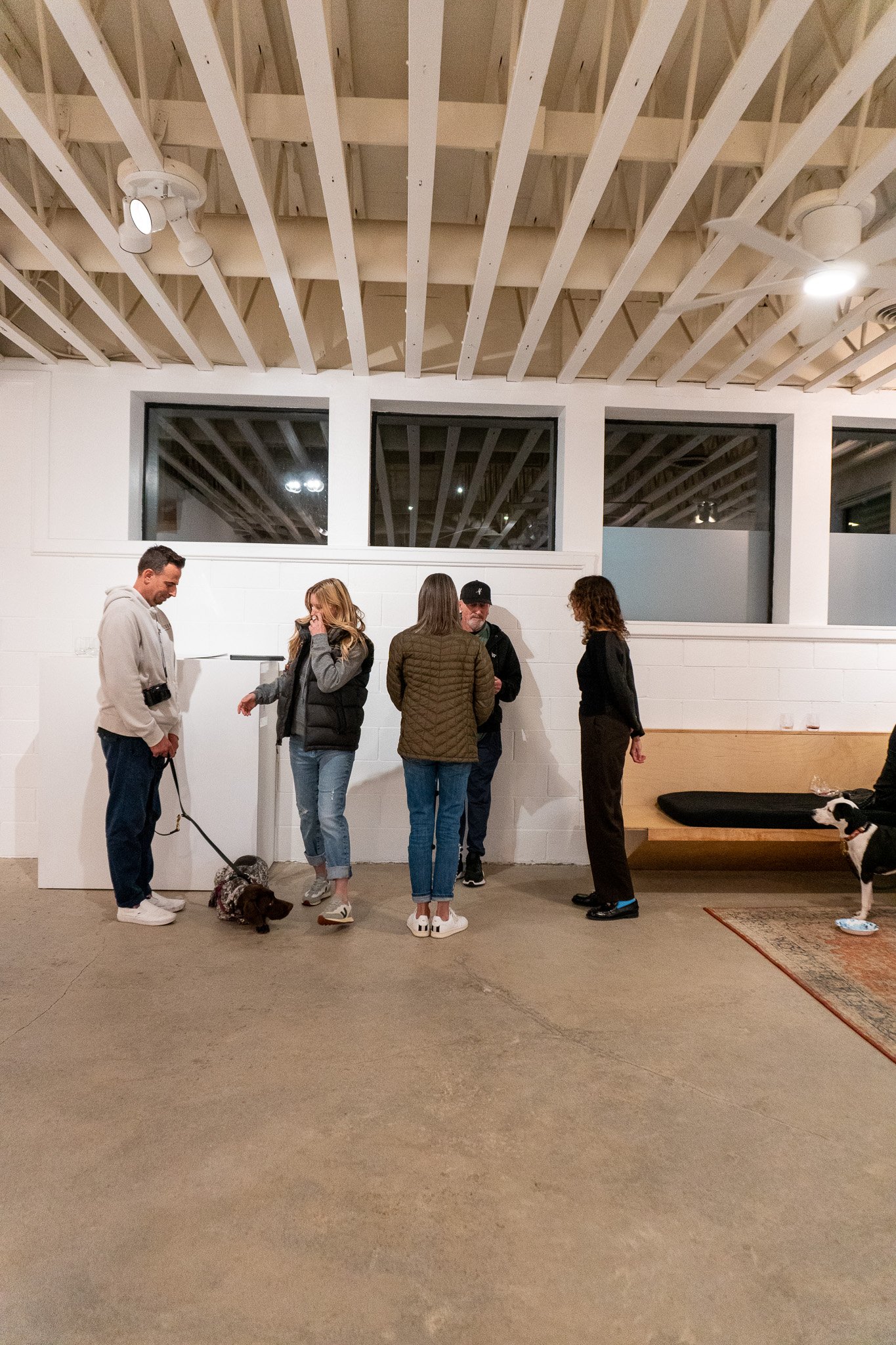

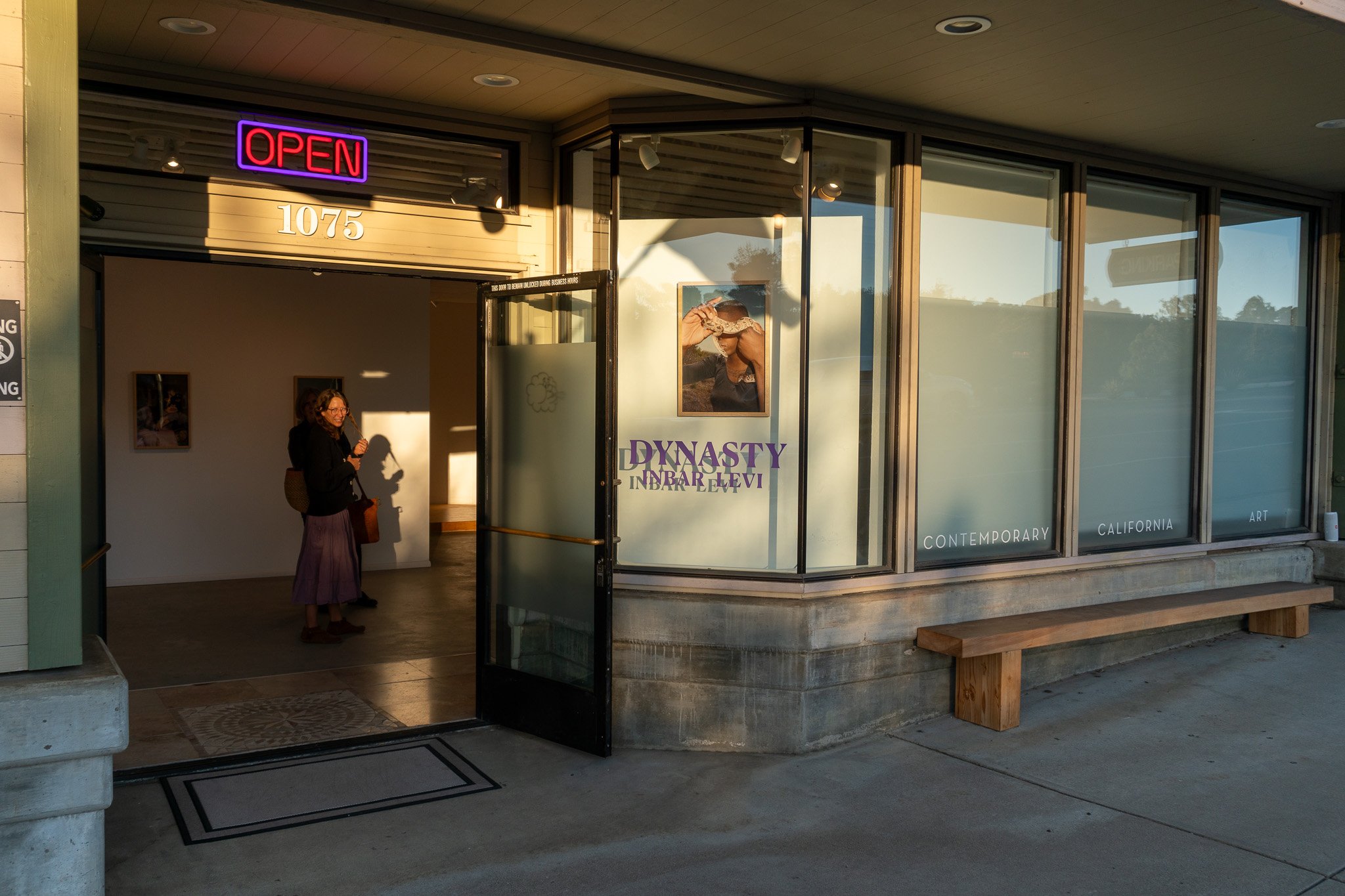
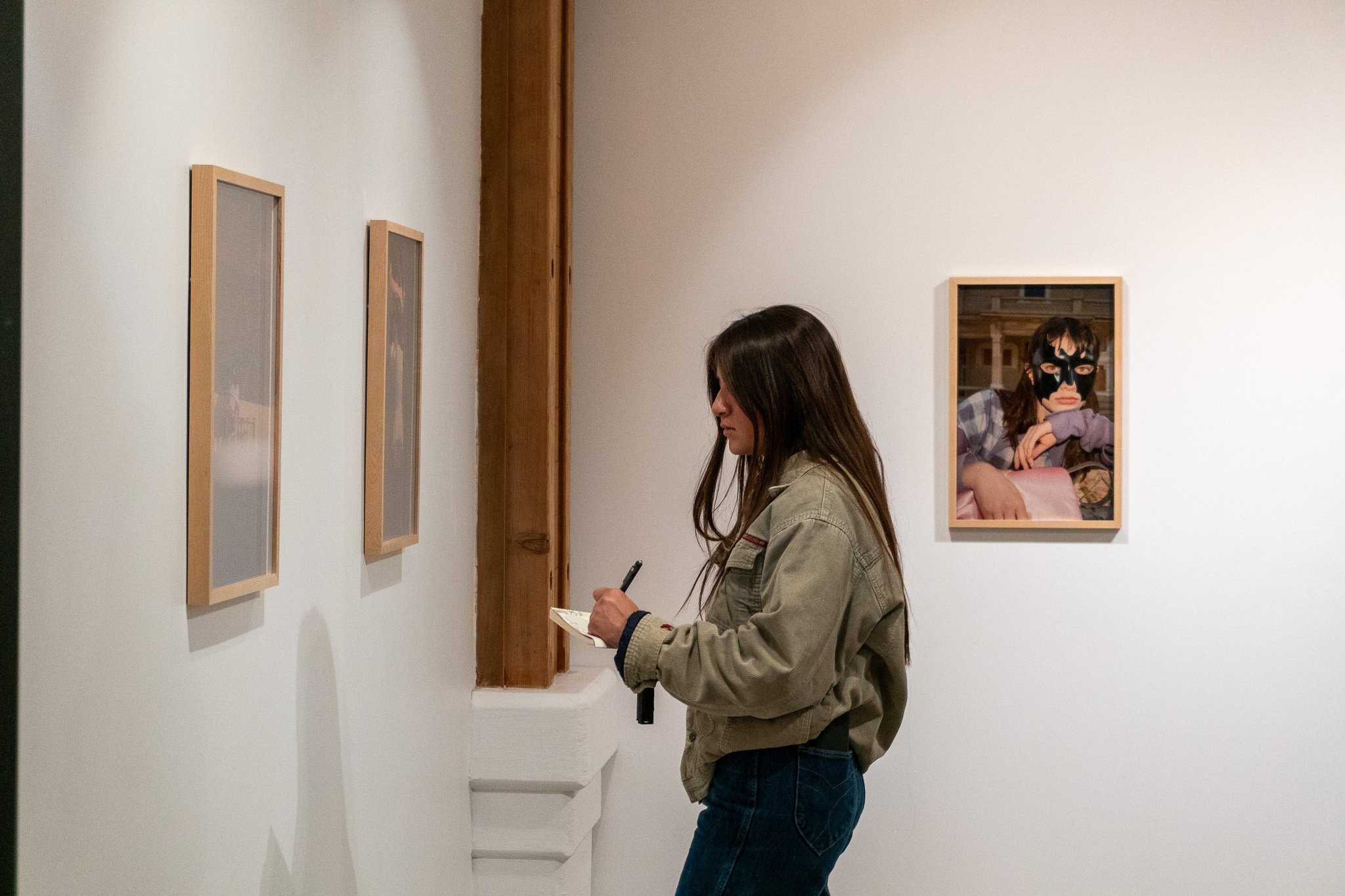
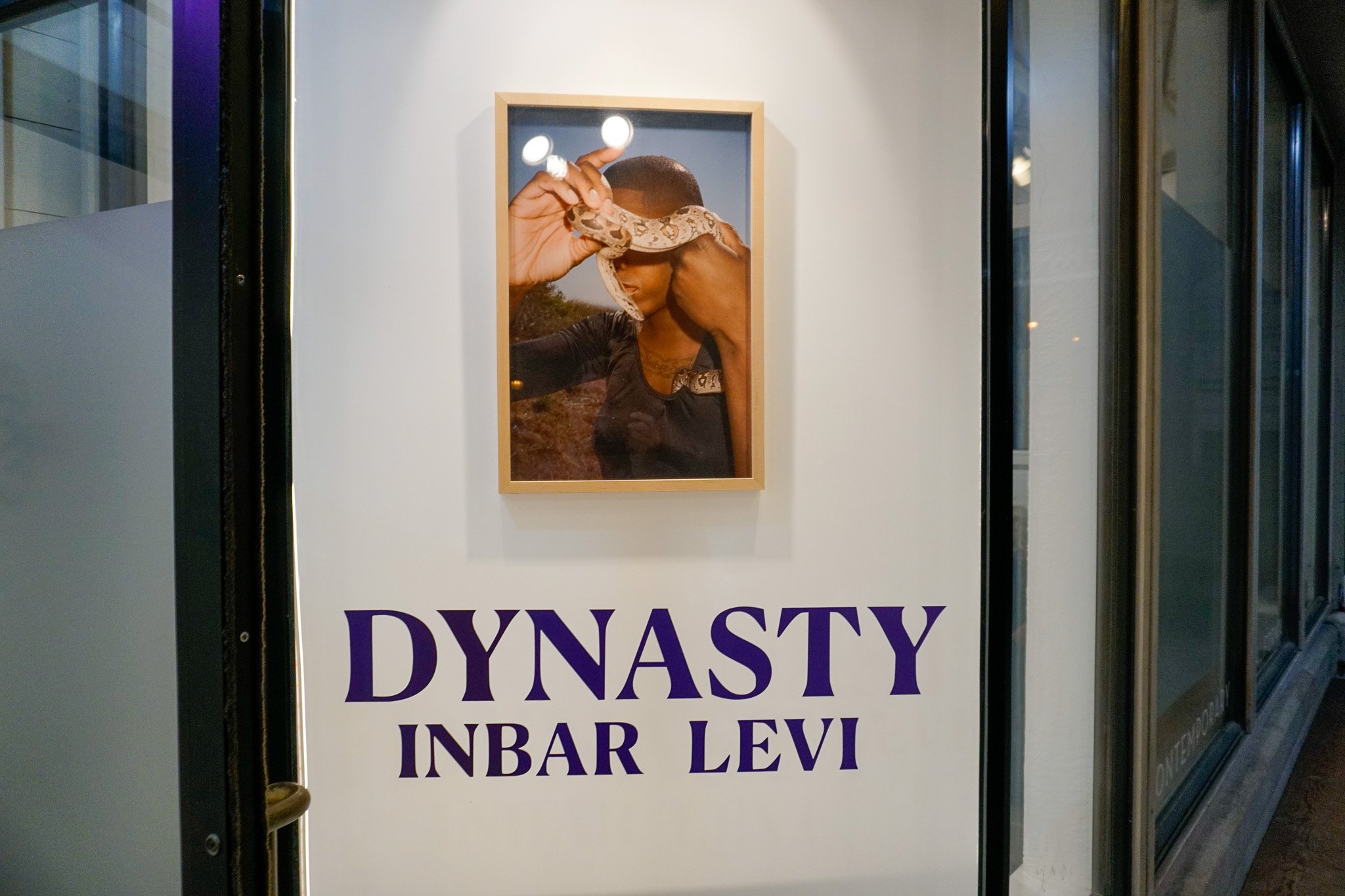



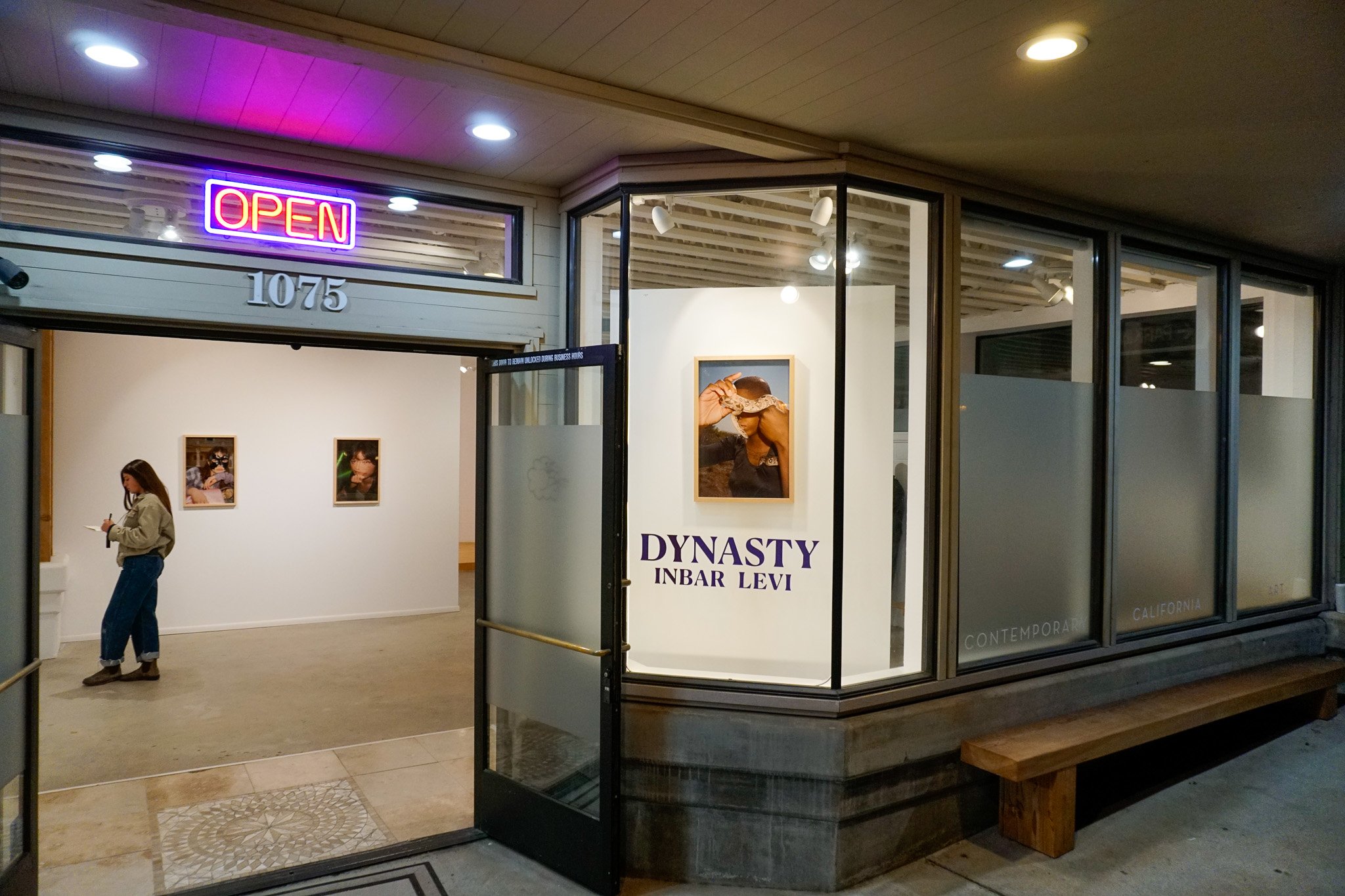

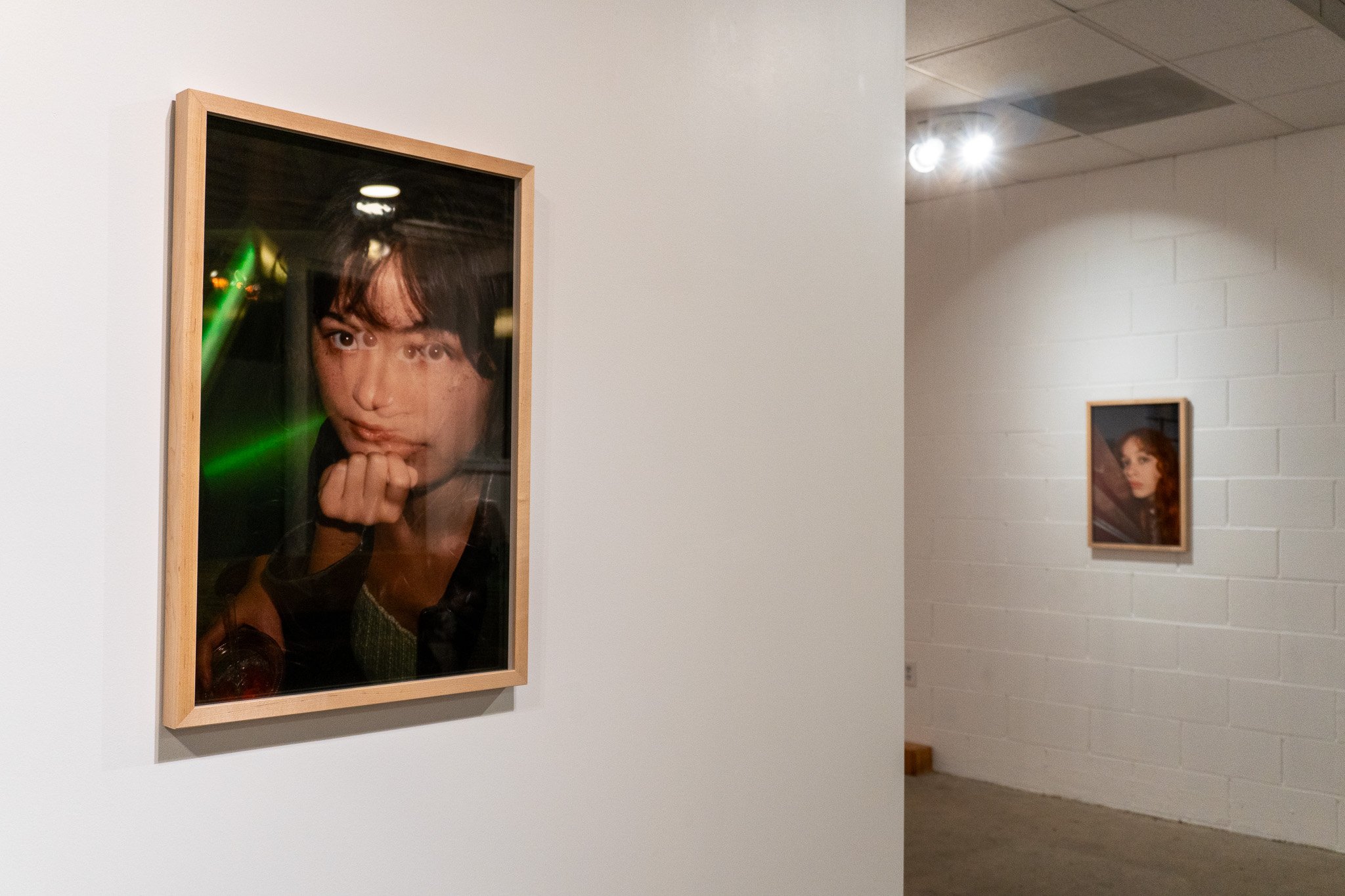
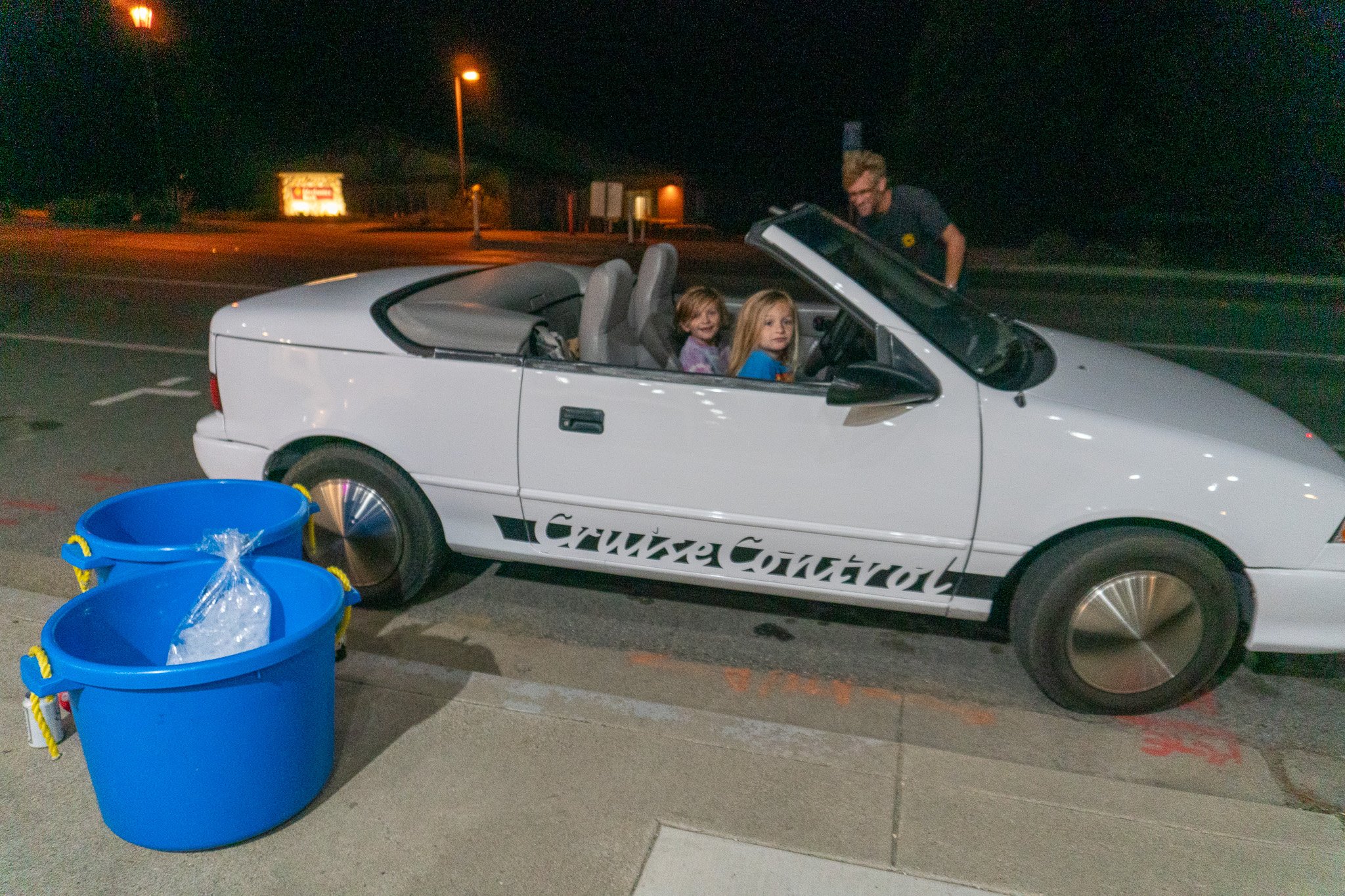


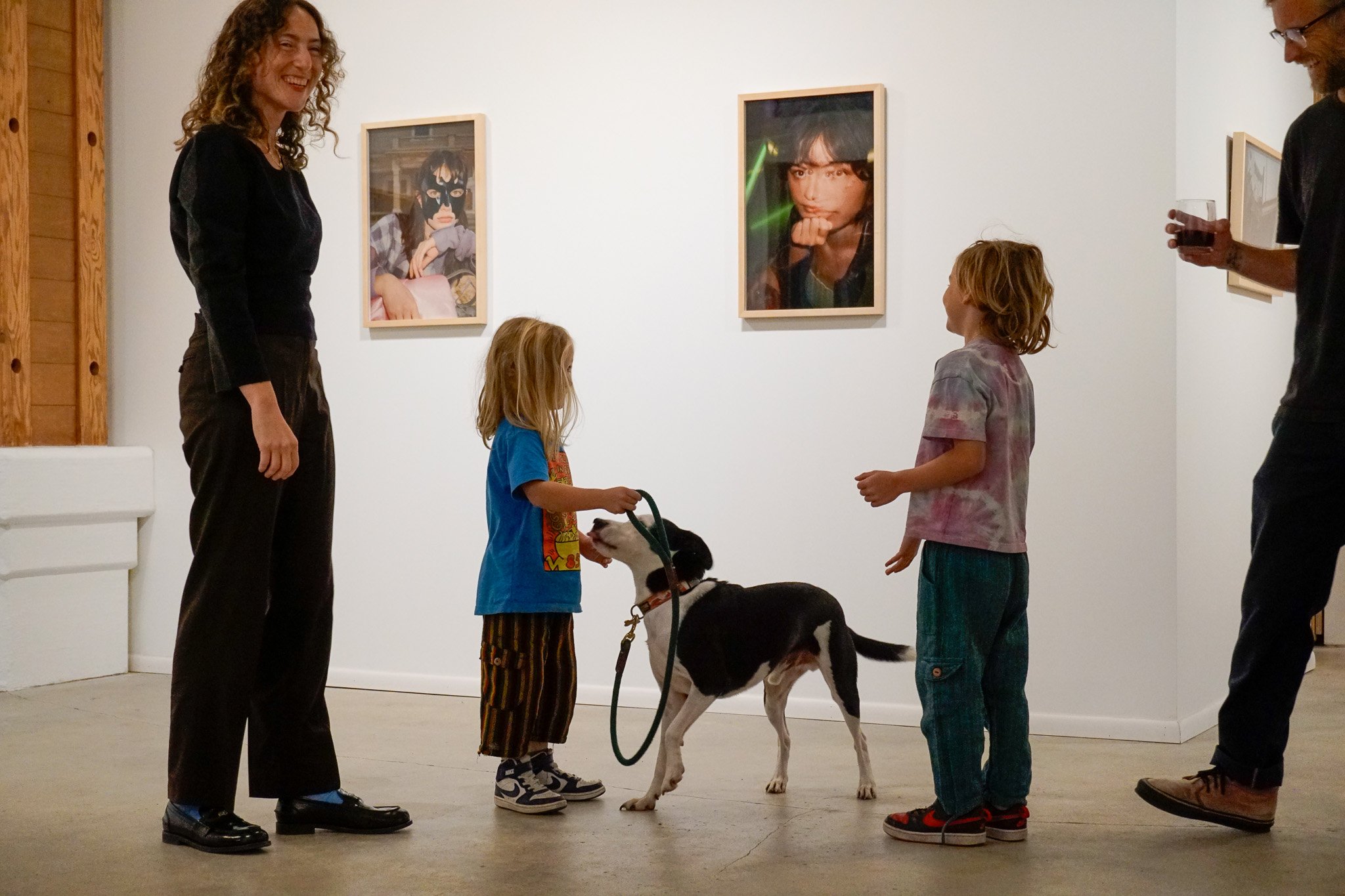
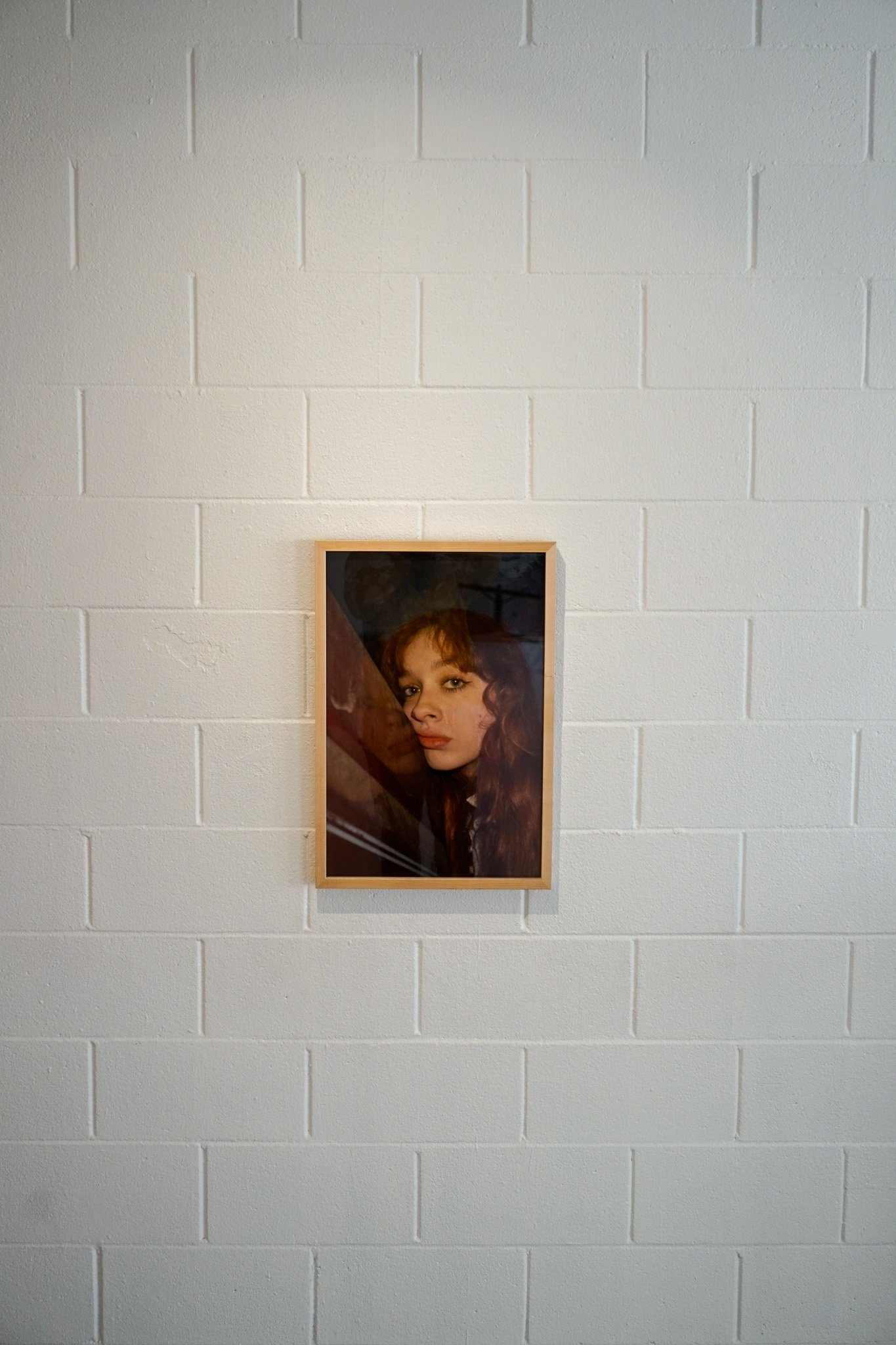


Jaimie Muehlhausen is a graphic designer, a folk artist, a musician, an author, a songwriter, and probably a few other things. Growing up in Oklahoma, Jaimie received one of the 12 prestigious “Young Talent in Oklahoma” art scholarships. He then moved on to Phillips University and studied art and graphic design. After school, Jaimie headed to California, where he fell into being the AIRWALK Creative Director. He had always dreamed of art directing a magazine, and was fortunate to take over as Art Director of Snowboarder Magazine, which became the top selling snowboard magazine in the world. Jaimie and a talented editorial staff helped set the tone for the world of snowboarding in the ‘90s. While at Surfer Publications, Jaimie also art directed the resurrection of Skateboarder Magazine. Jaimie jumped on board for the next 21 years as Brand Manager and Creative Director for Tony Hawk, Inc. and The Tony Hawk Foundation.
A fan of hunting vintage guitars at the goodwill, bizzaro pit stops on route 66, and all things AMERICANA designer/artist/ and branding wizard Jaimie Muehlhausen takes inspiration from the Shriners International, a fraternity based on fun, fellowship and the Masonic principles of brotherly love, relief and truth.
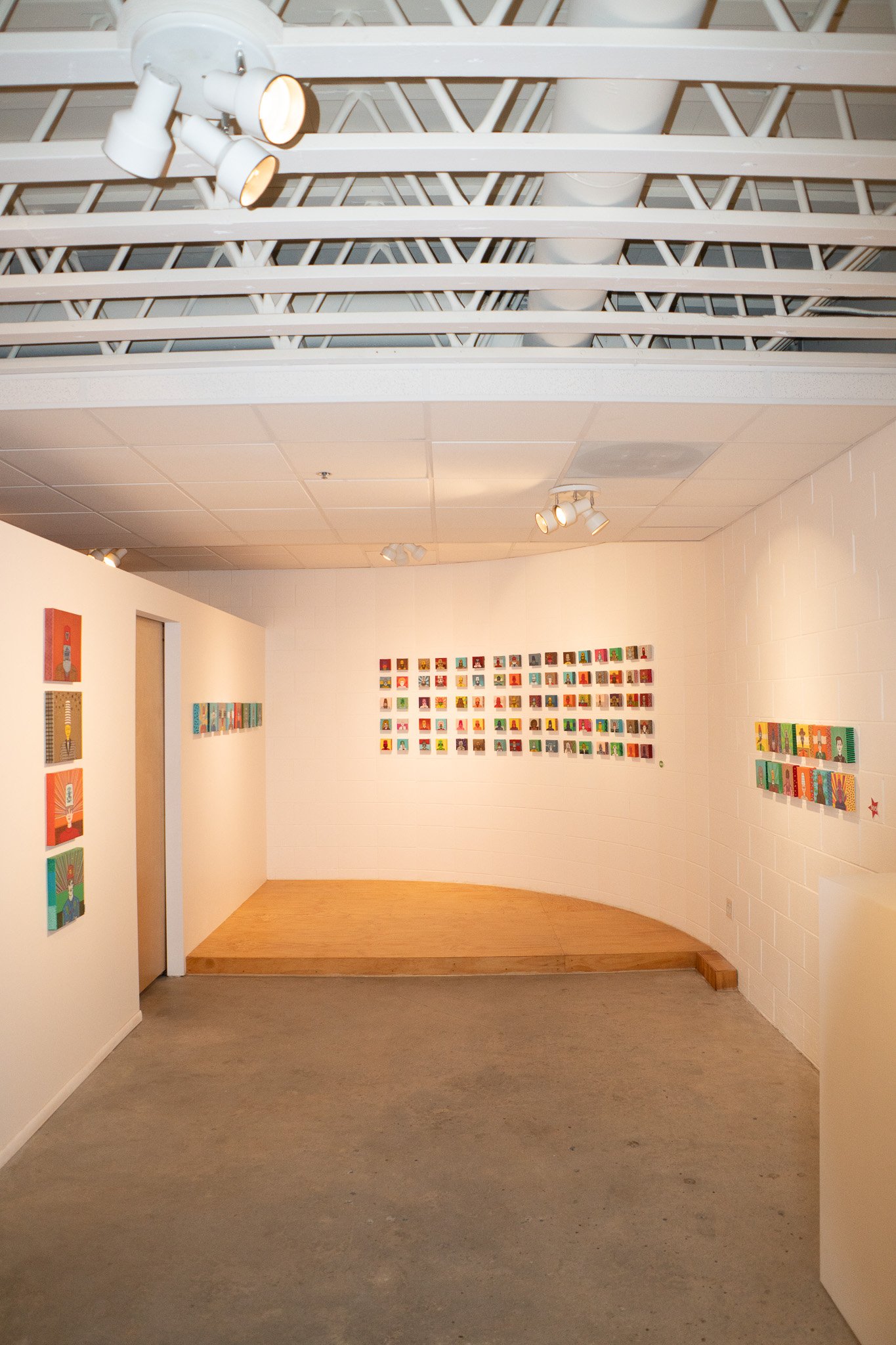
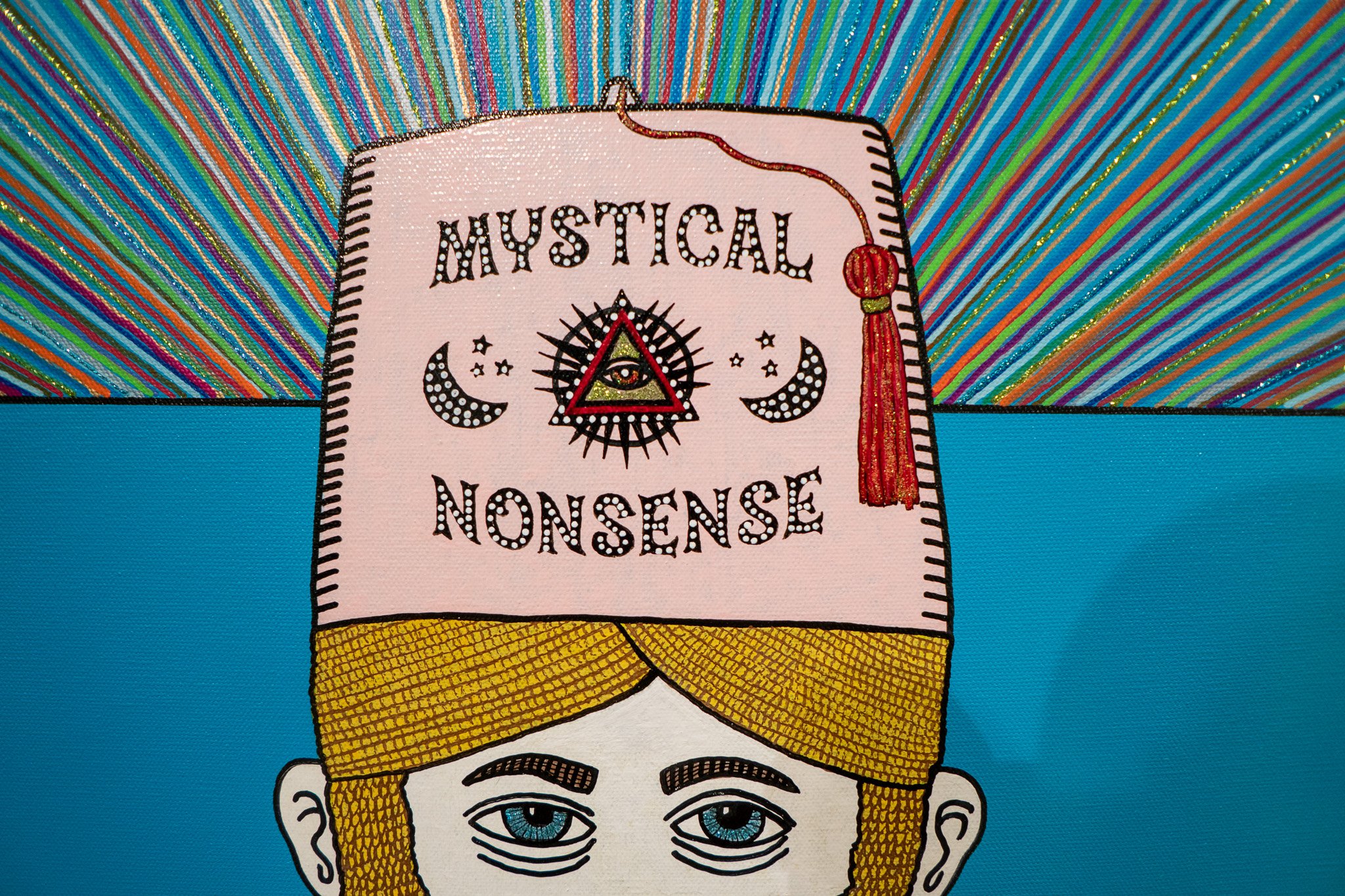
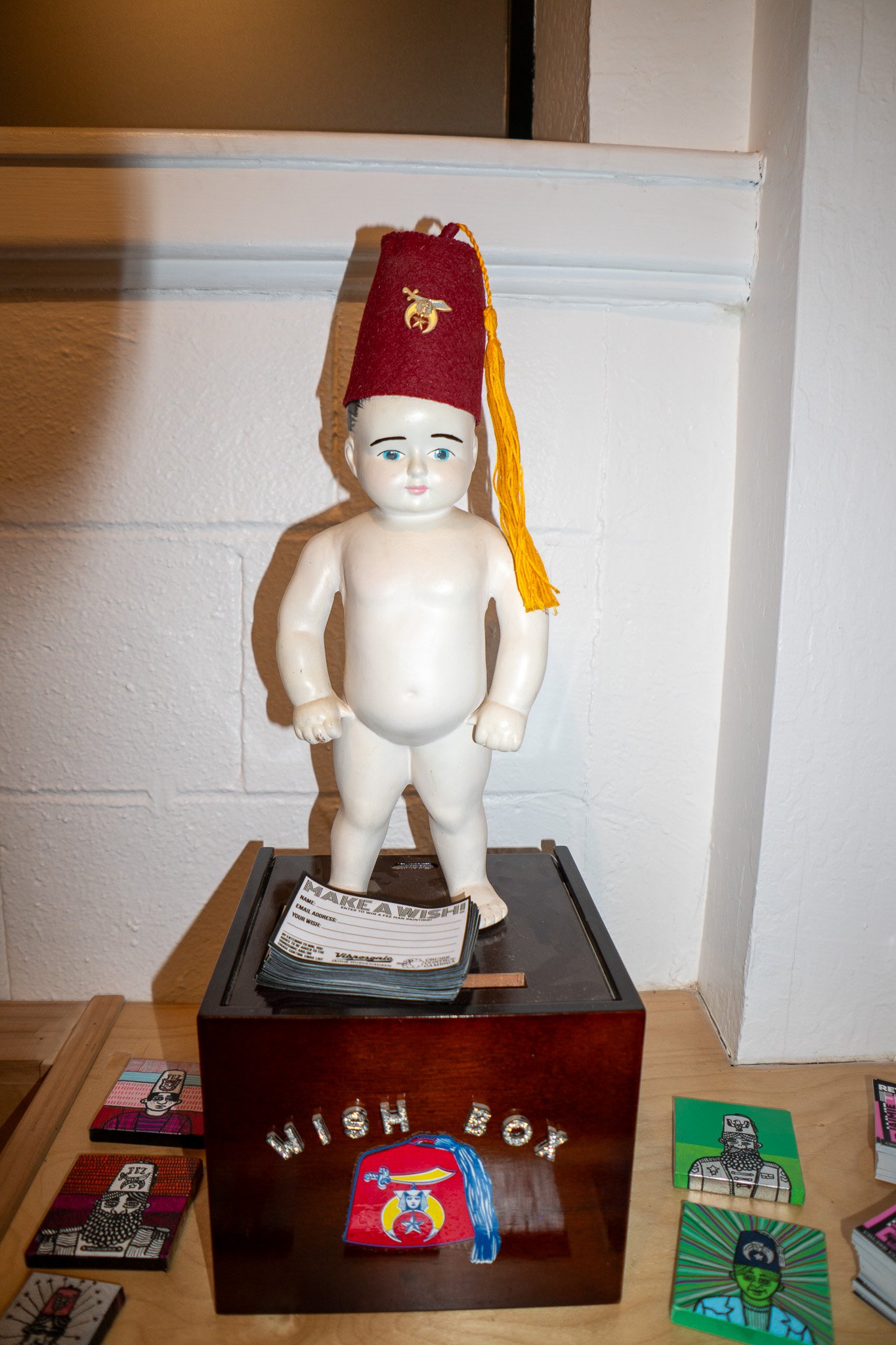
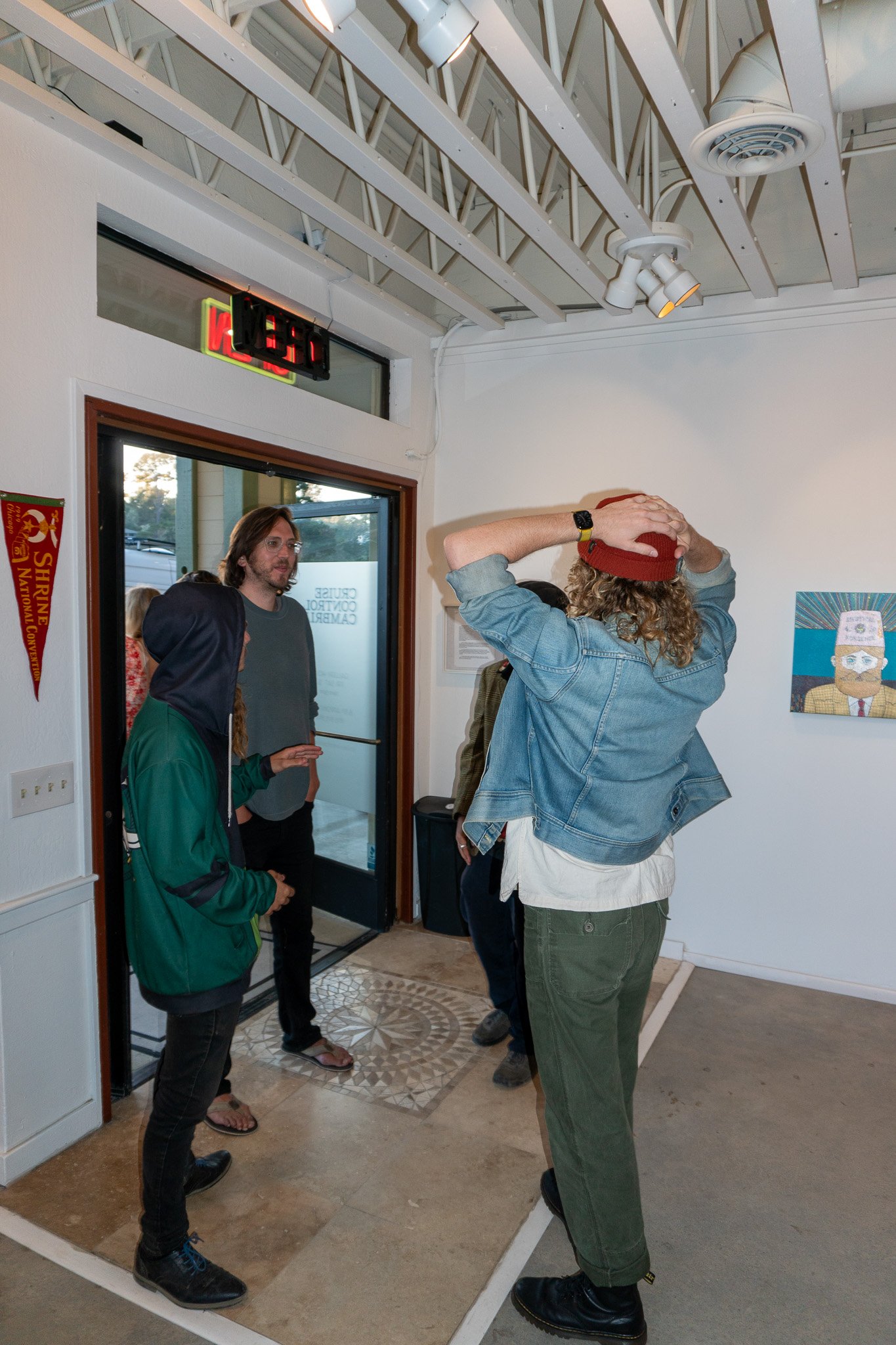
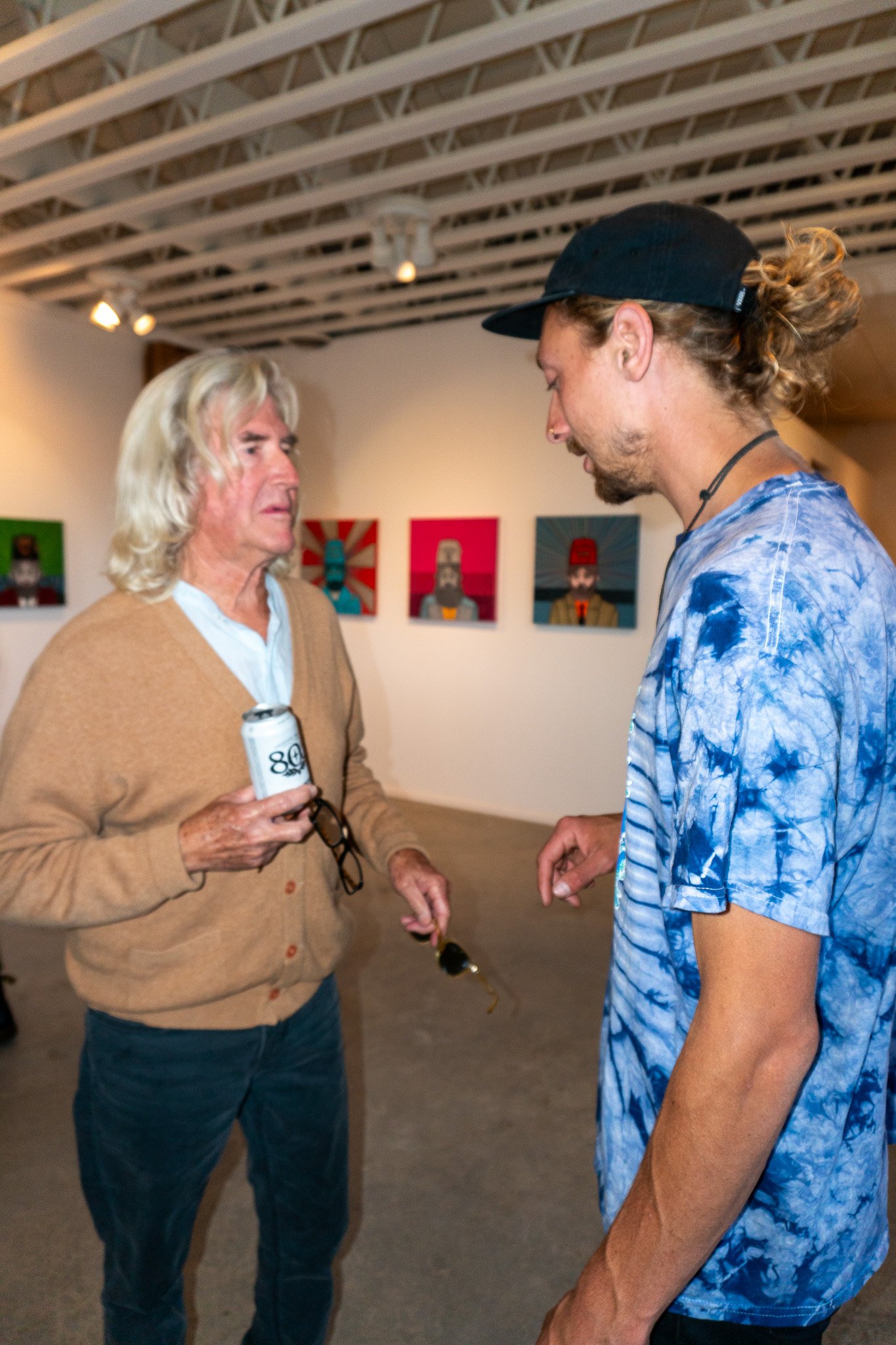
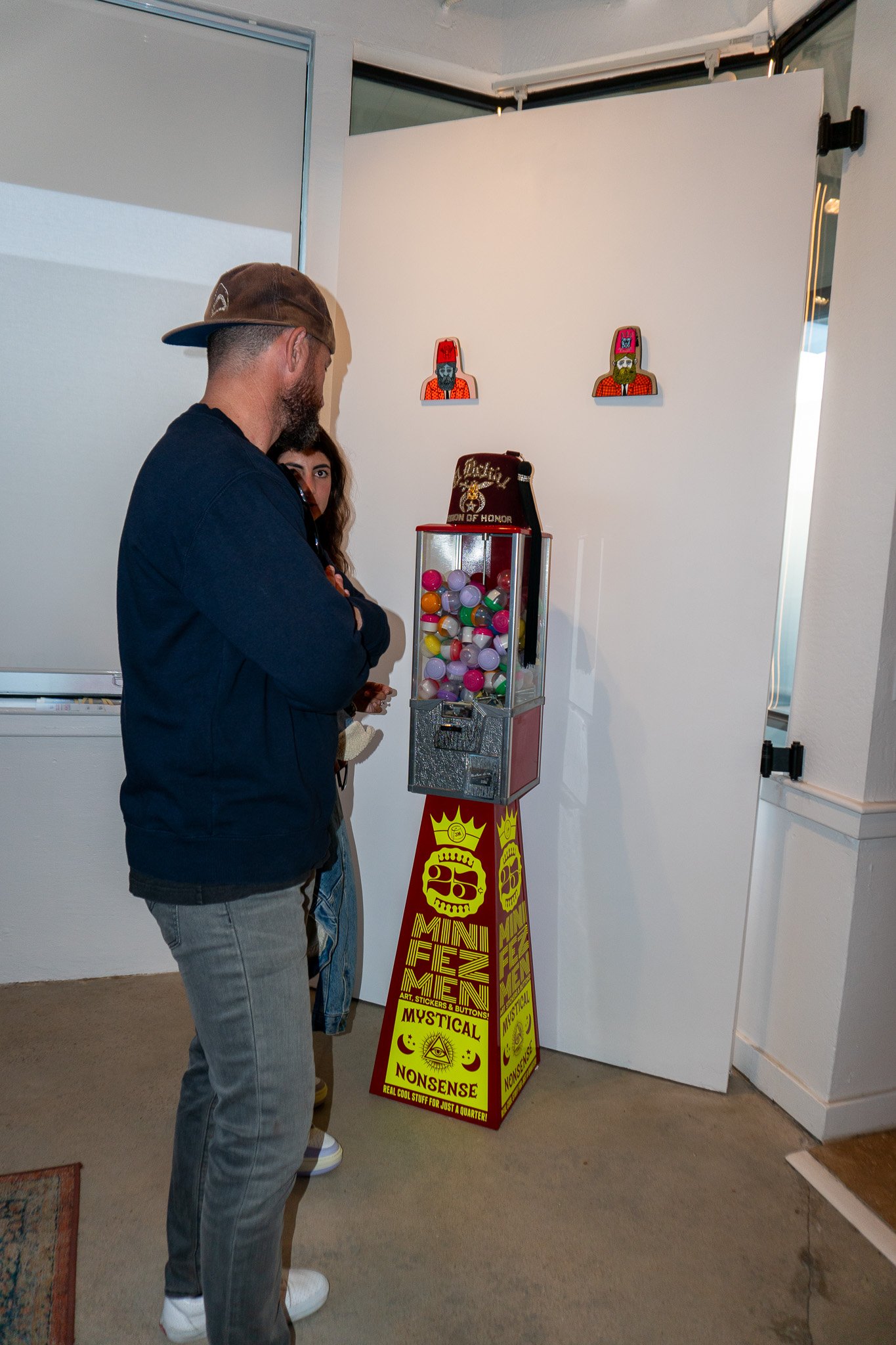
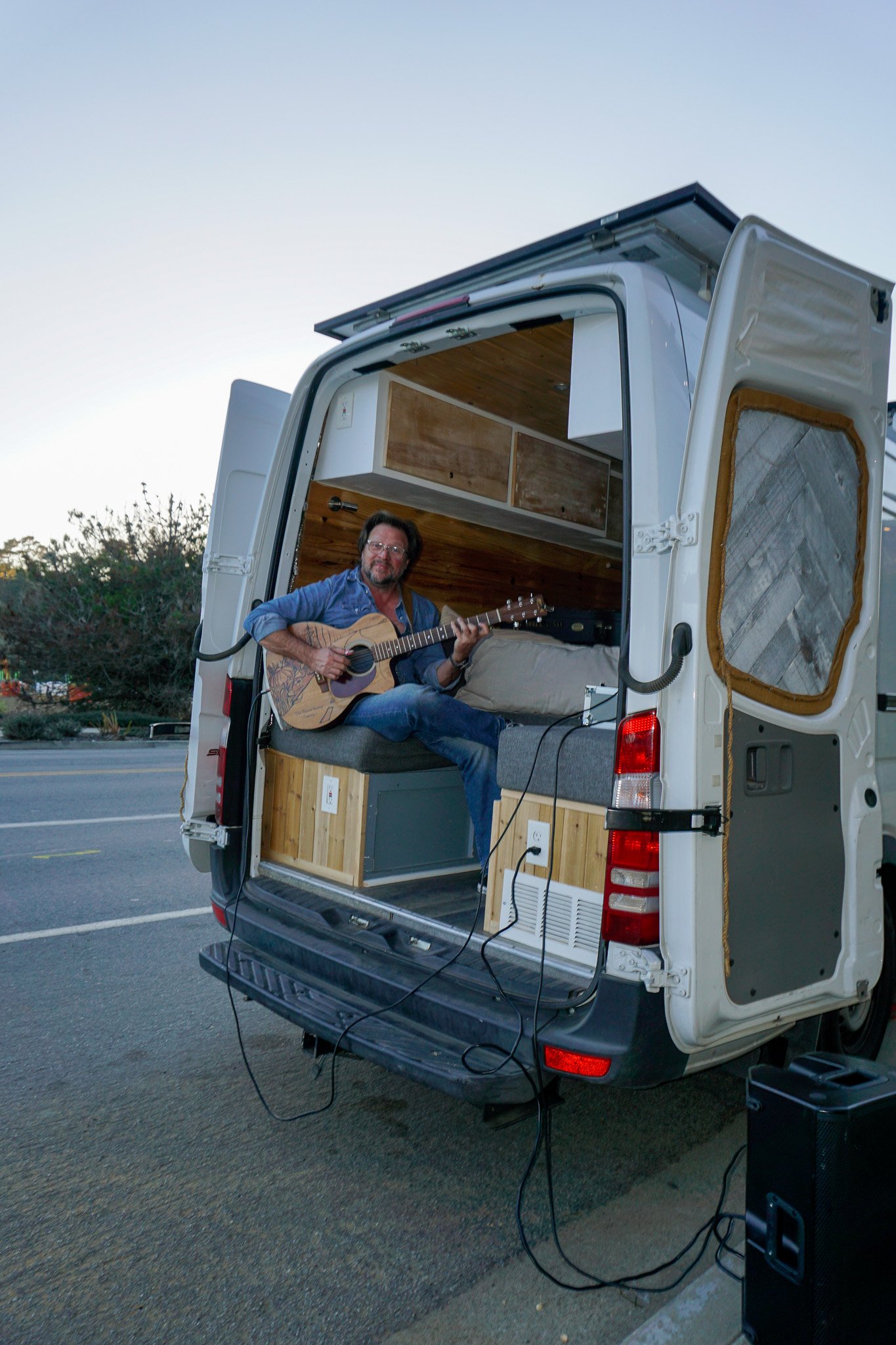
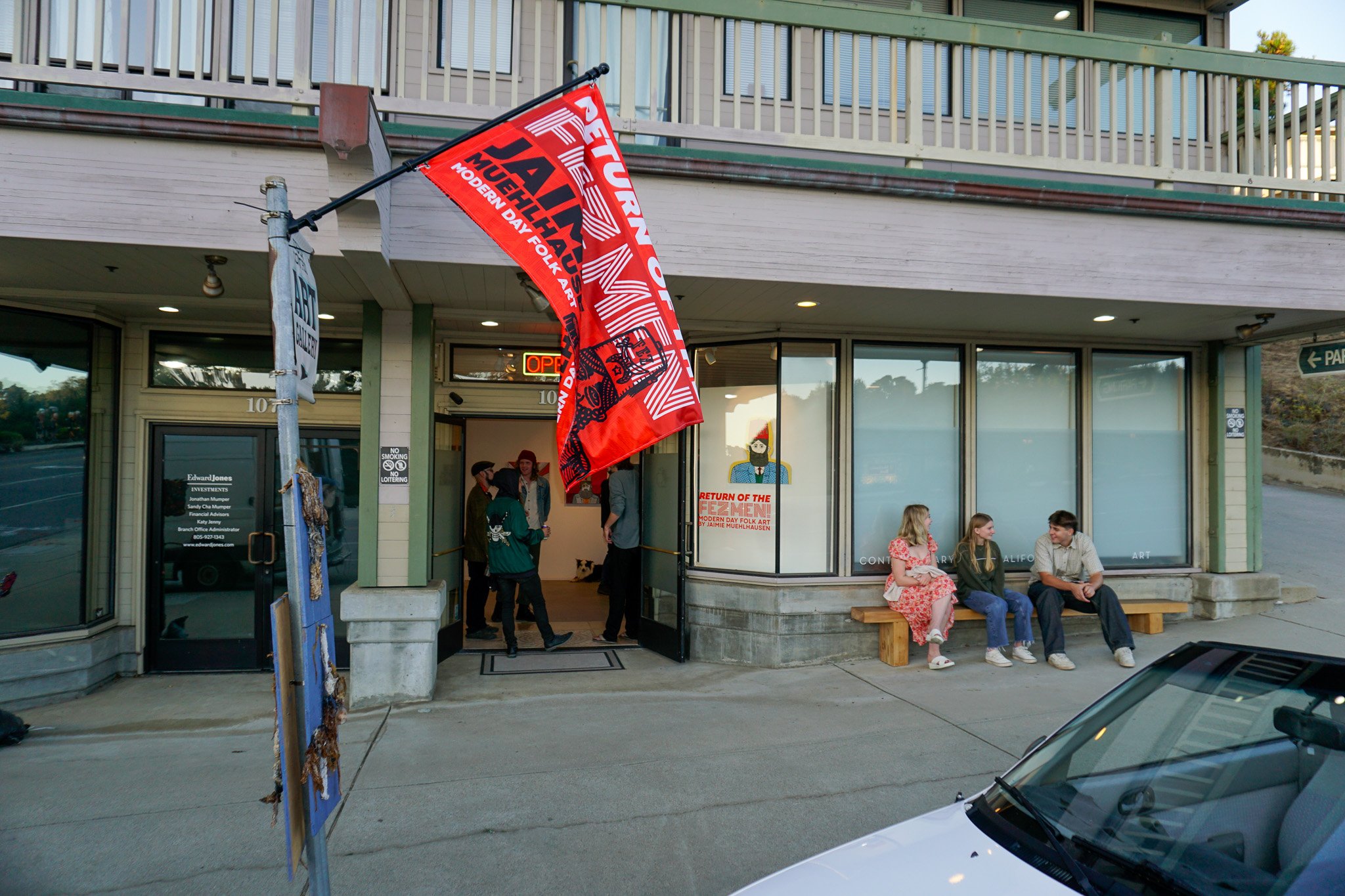
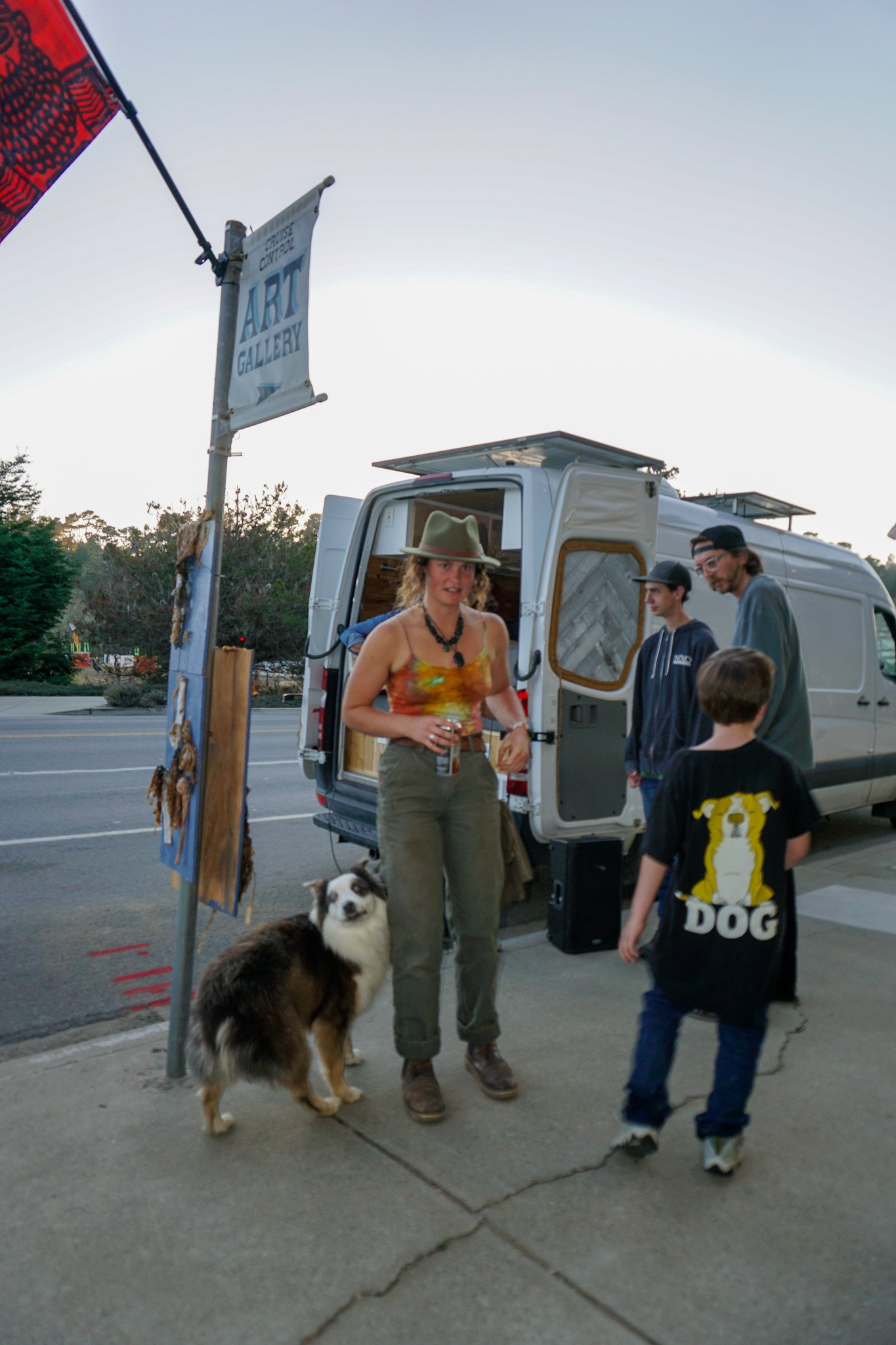
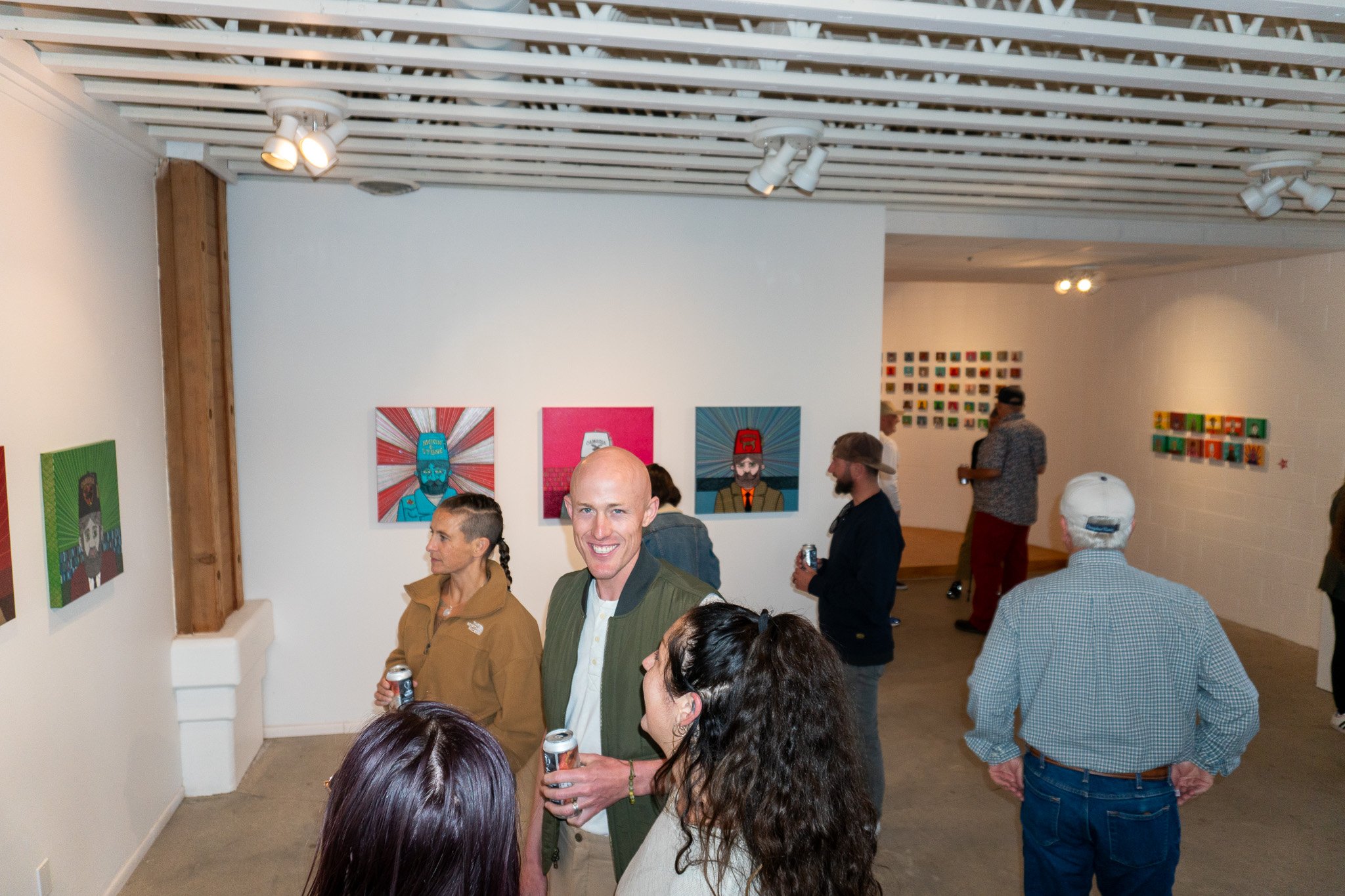
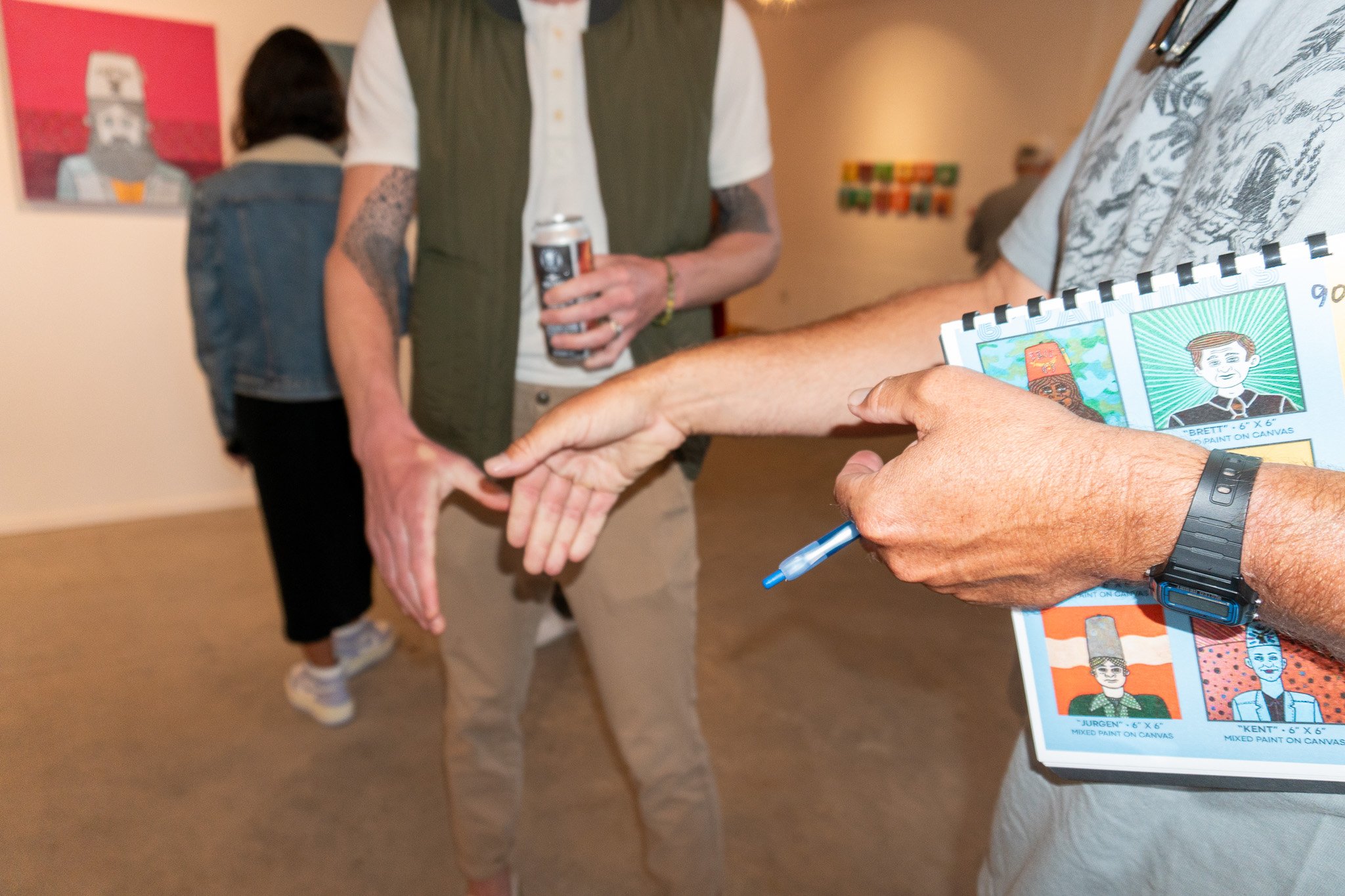
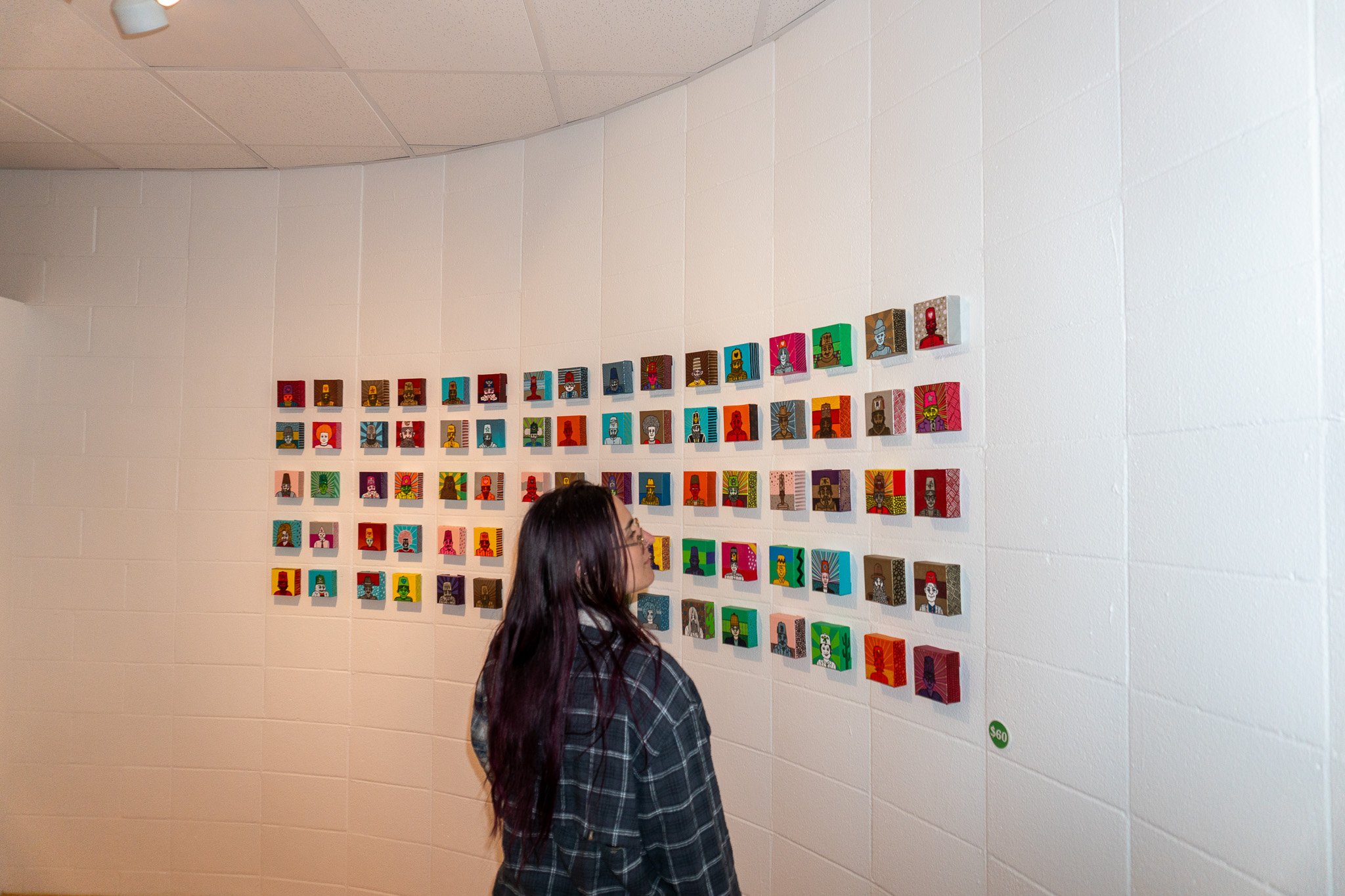

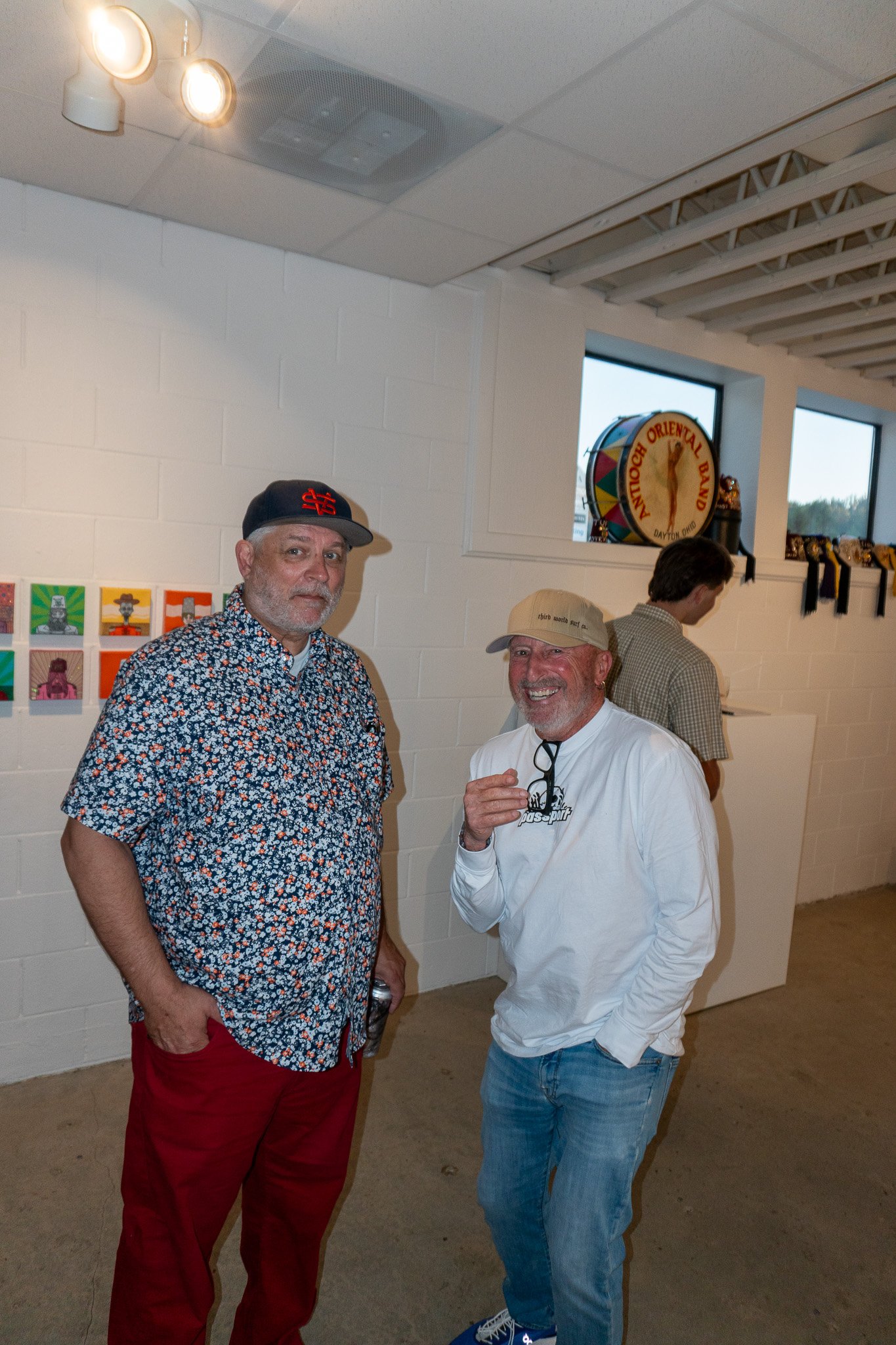
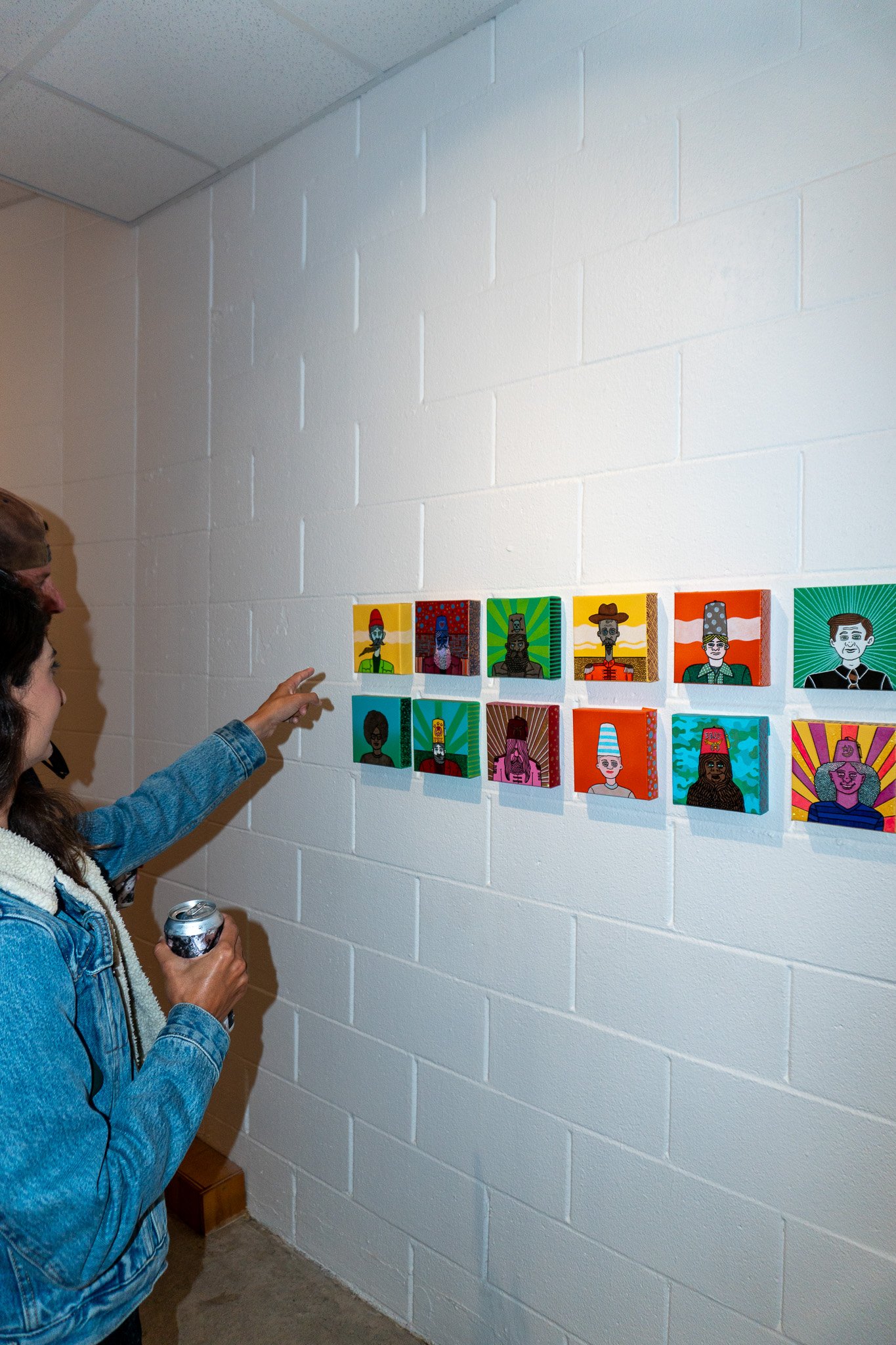
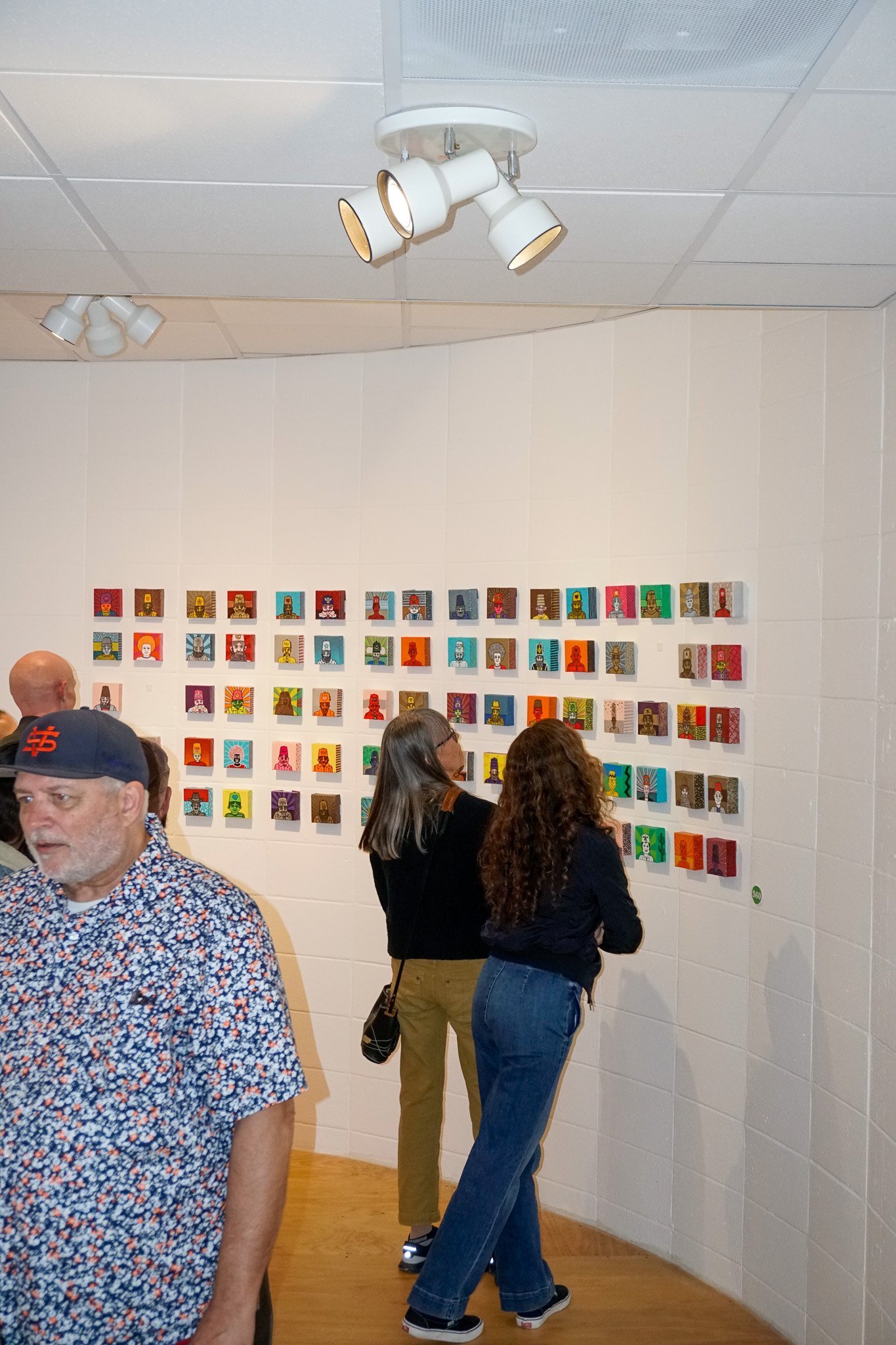
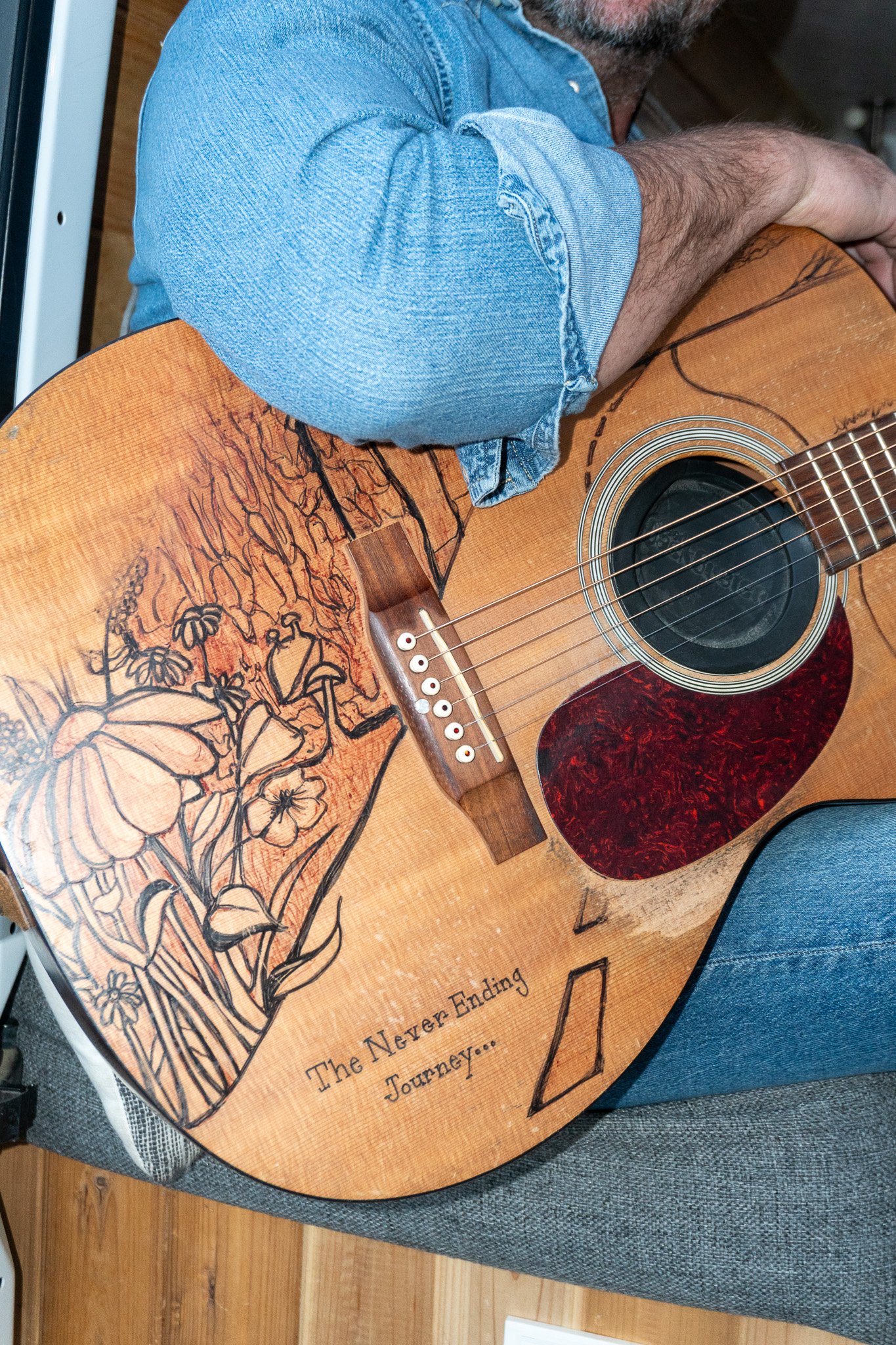
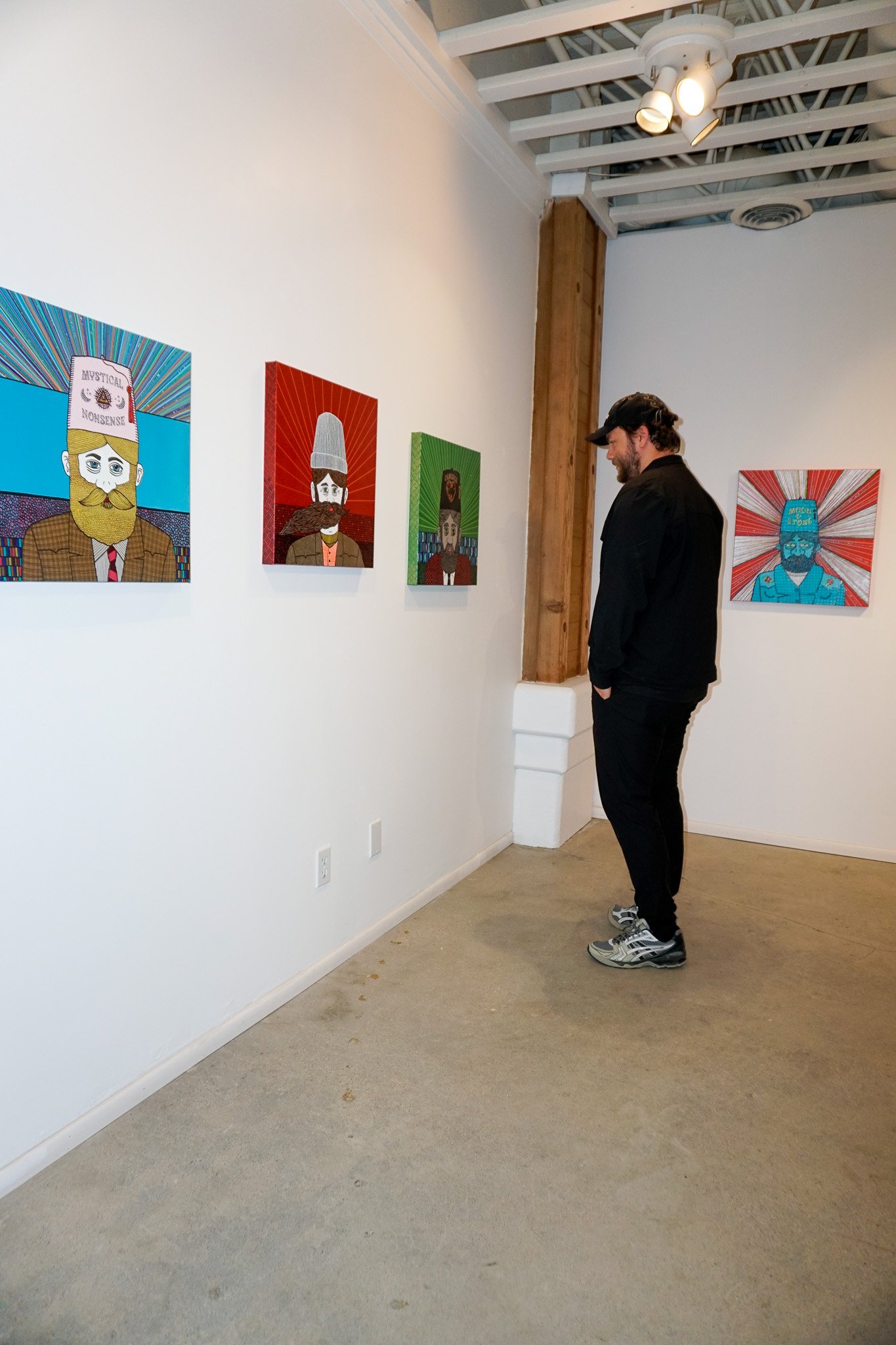
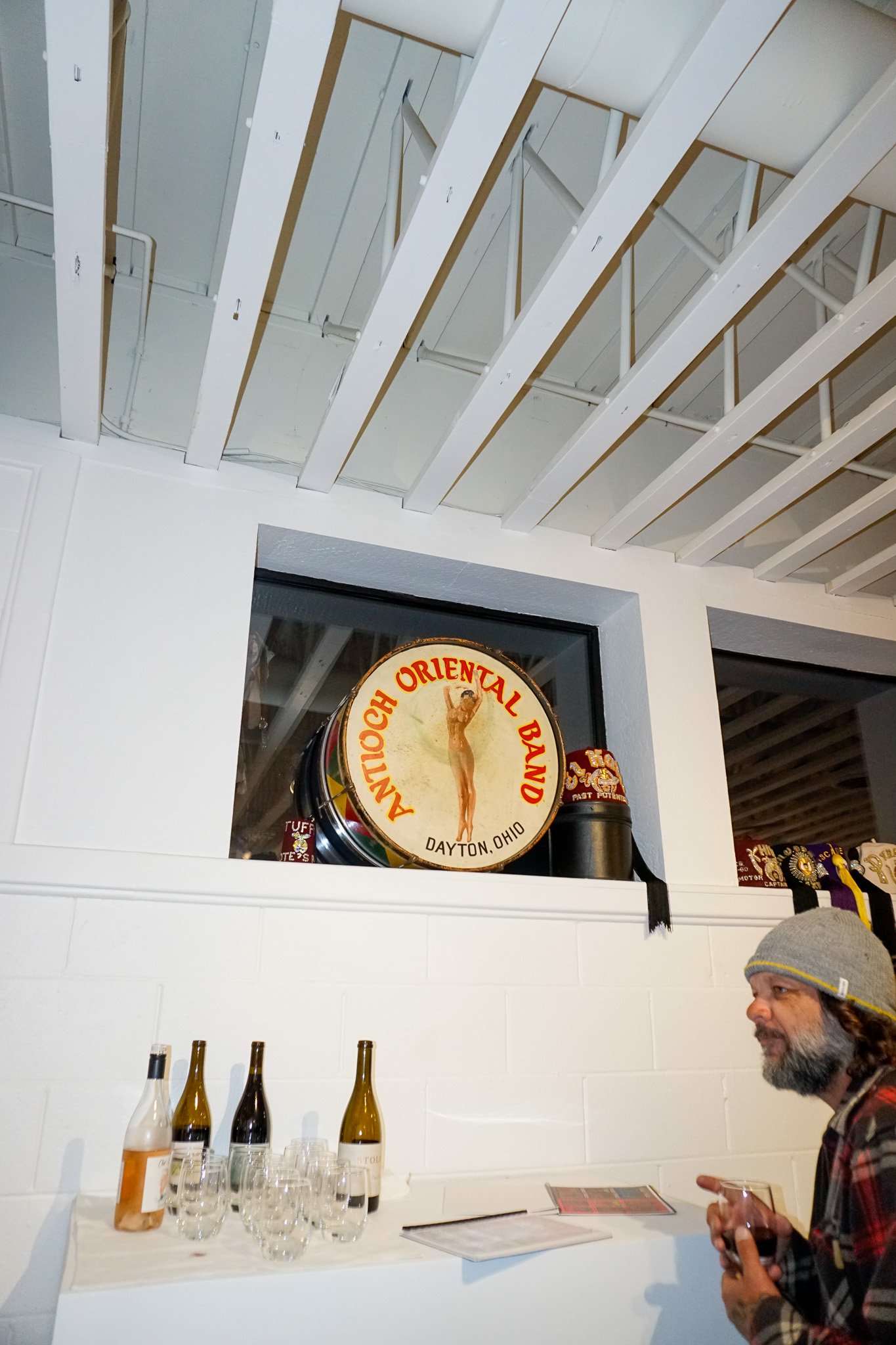
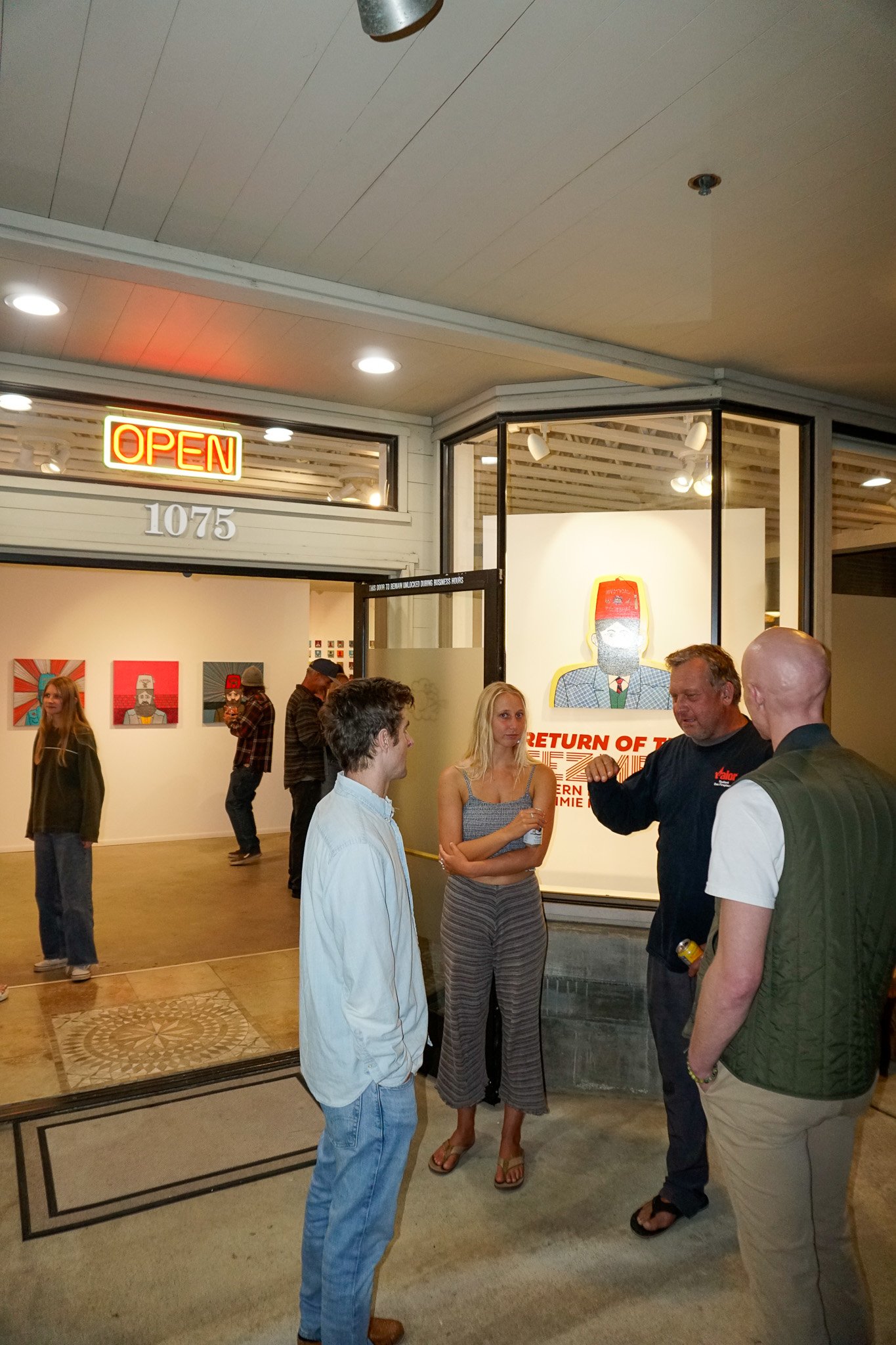
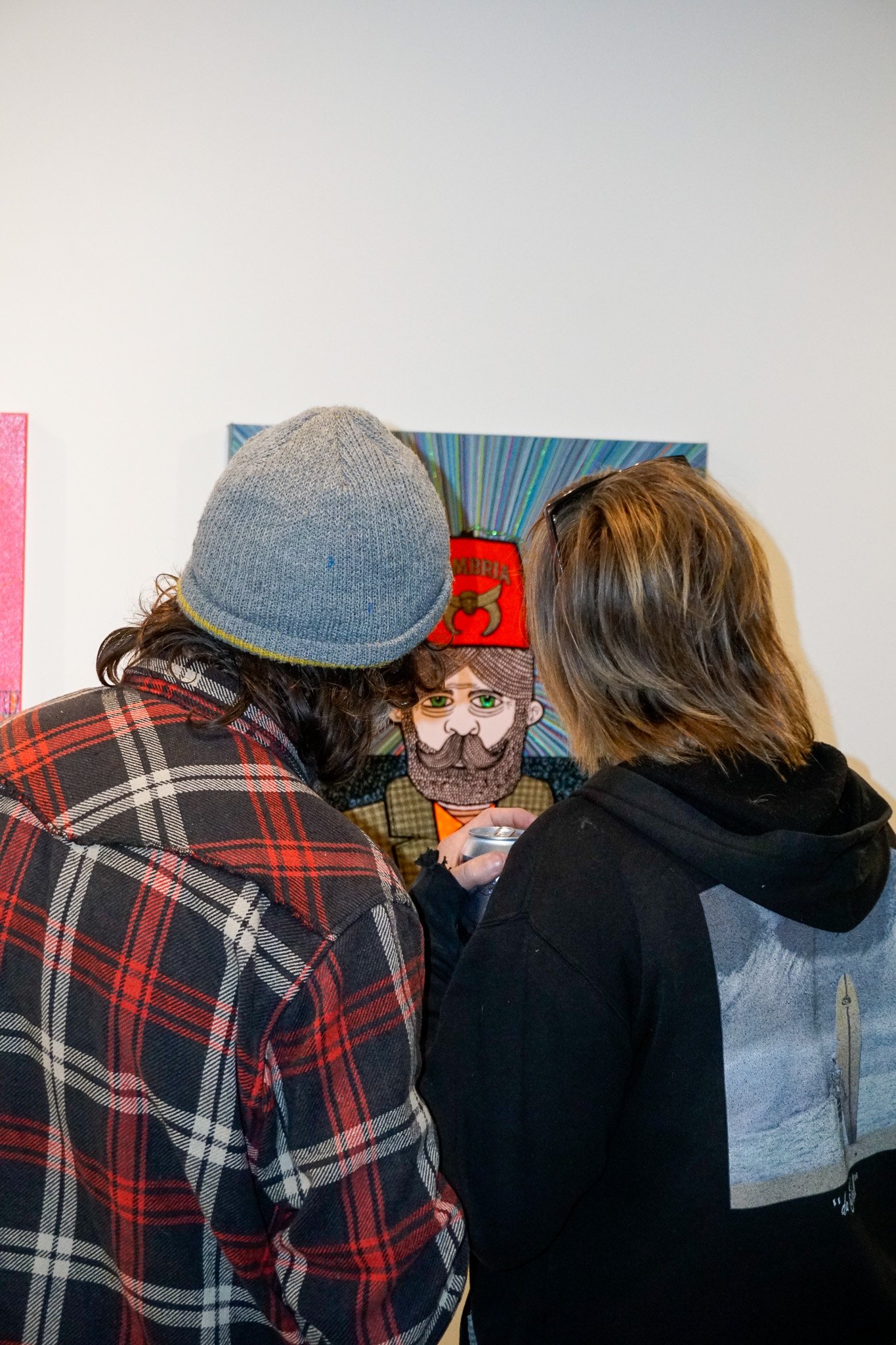
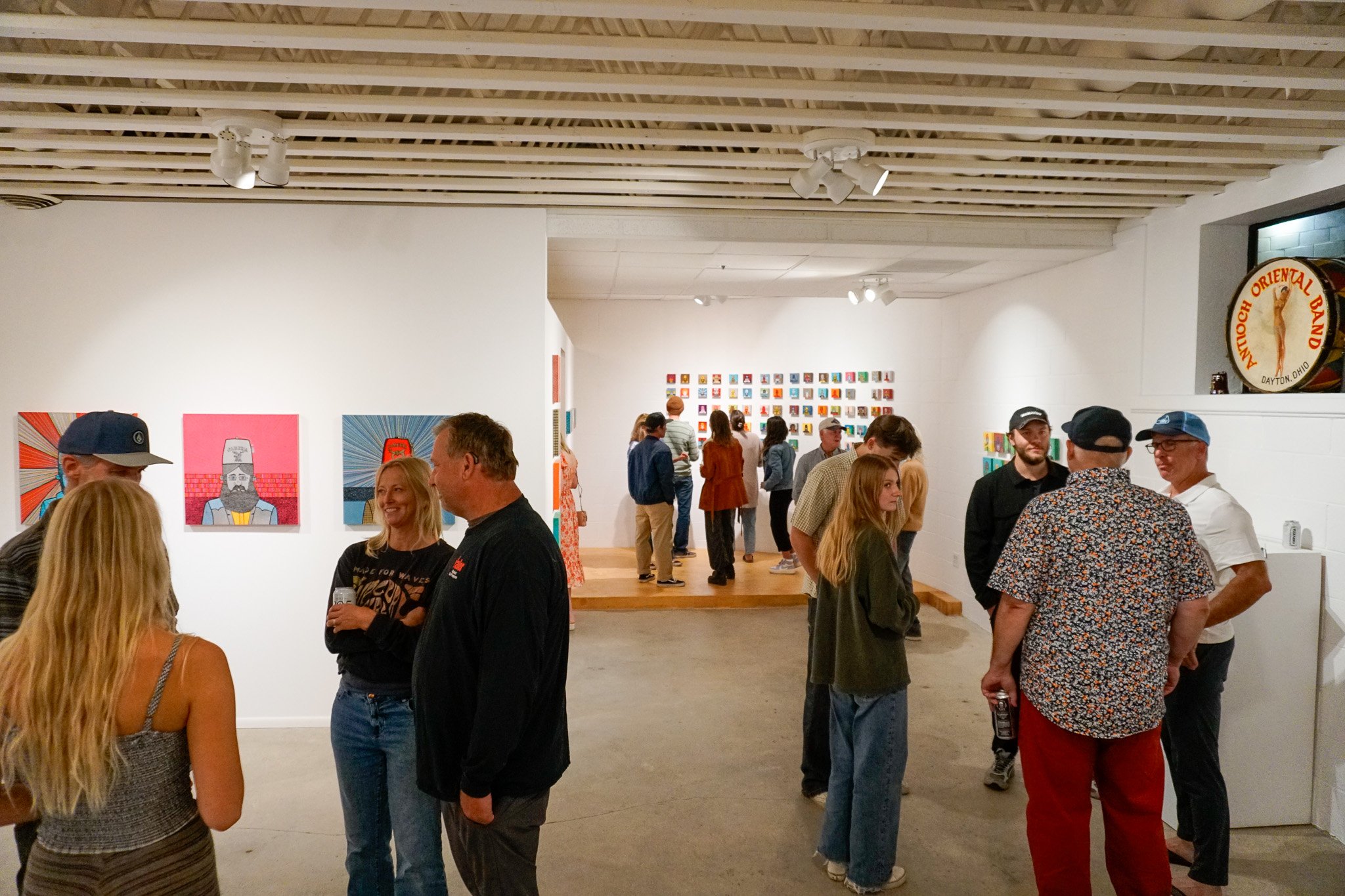
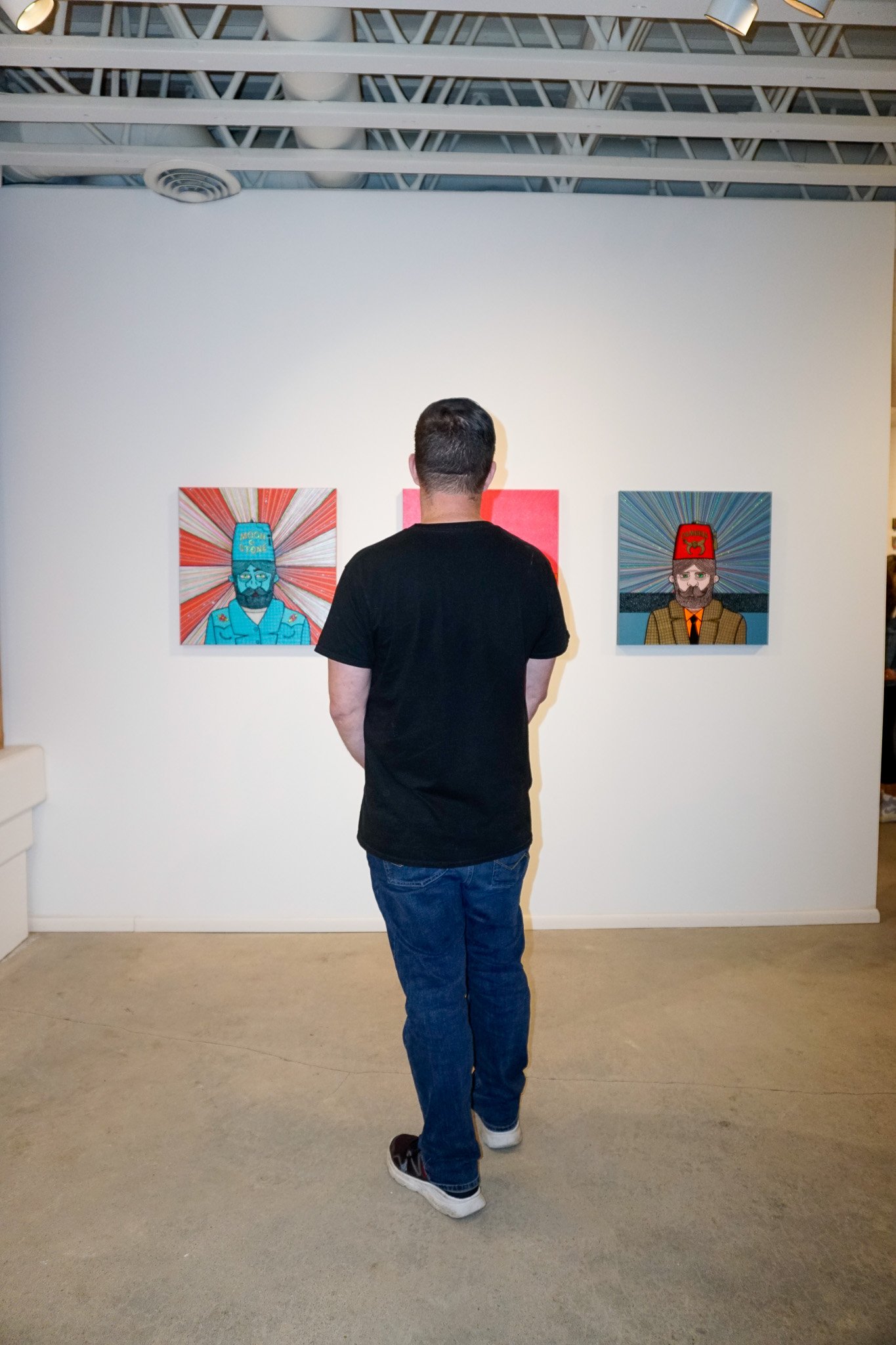
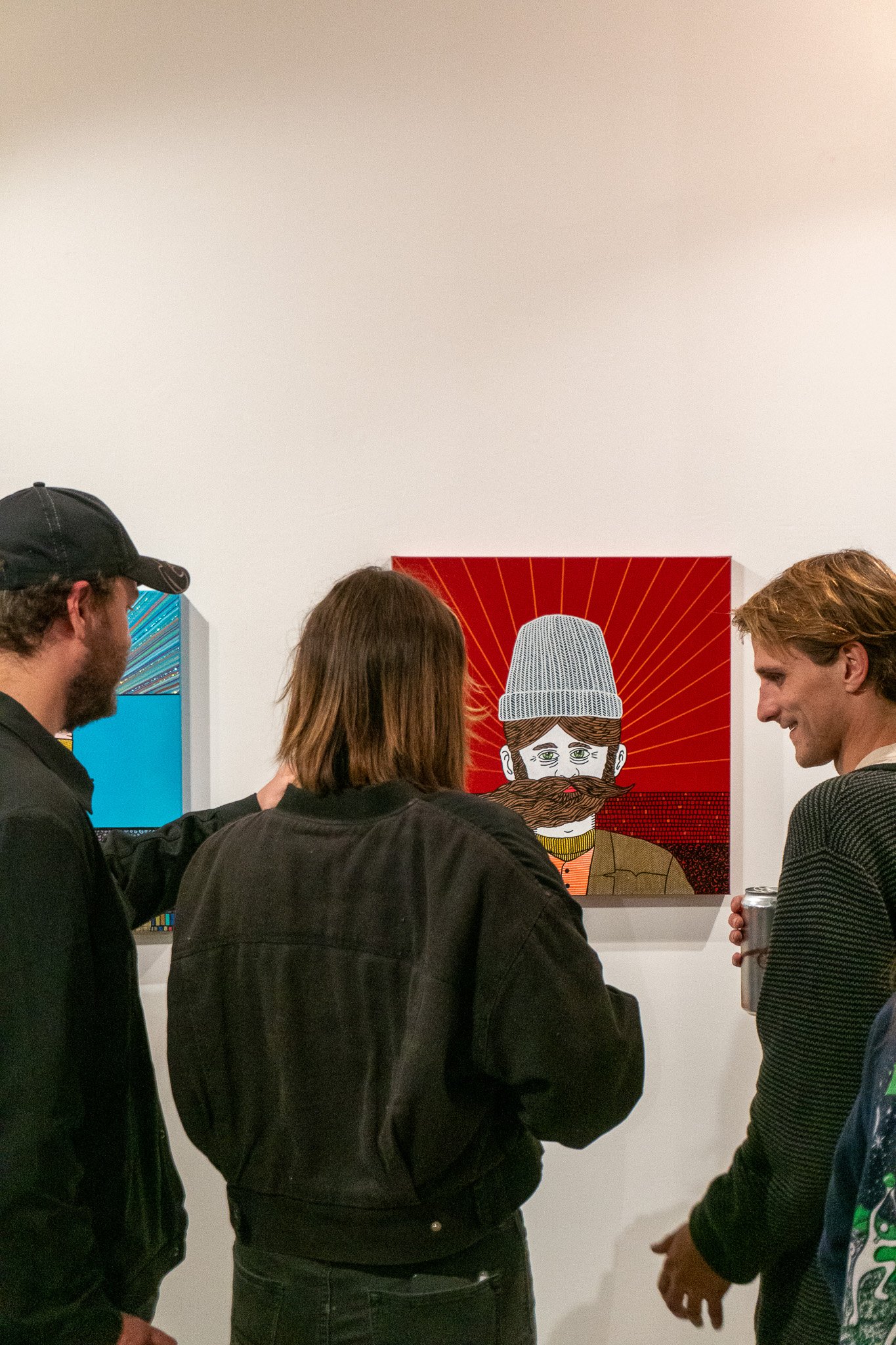

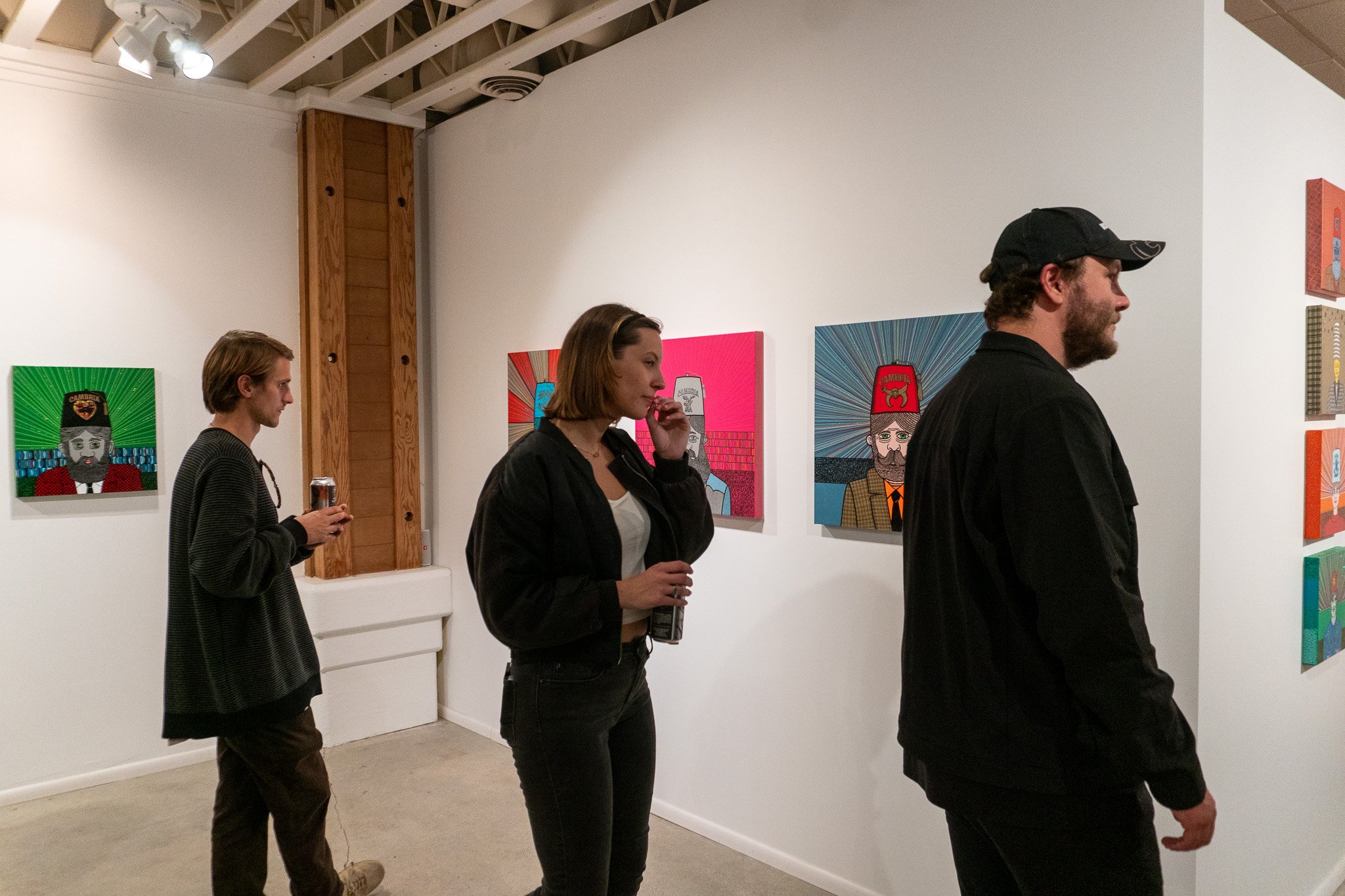
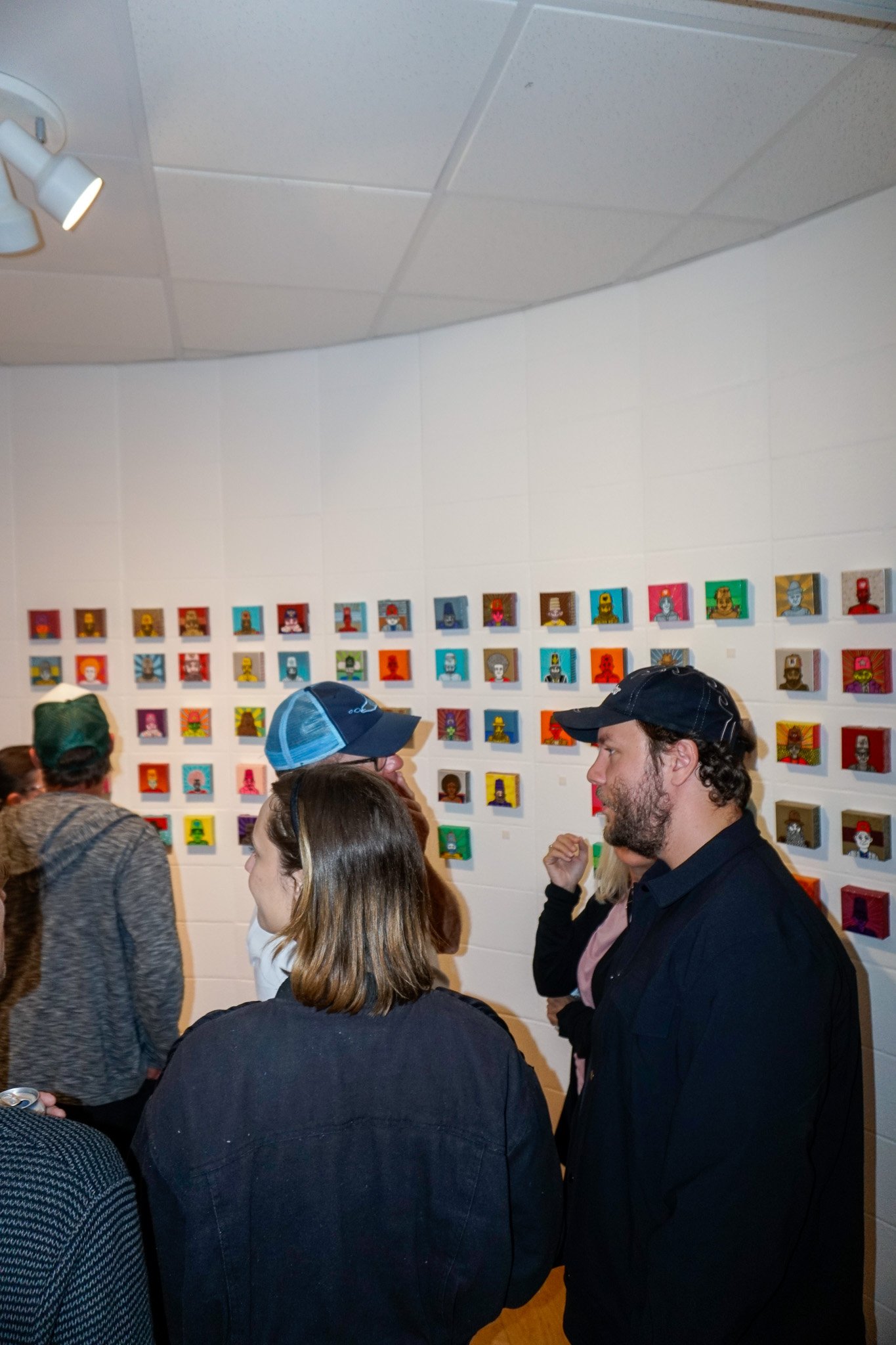
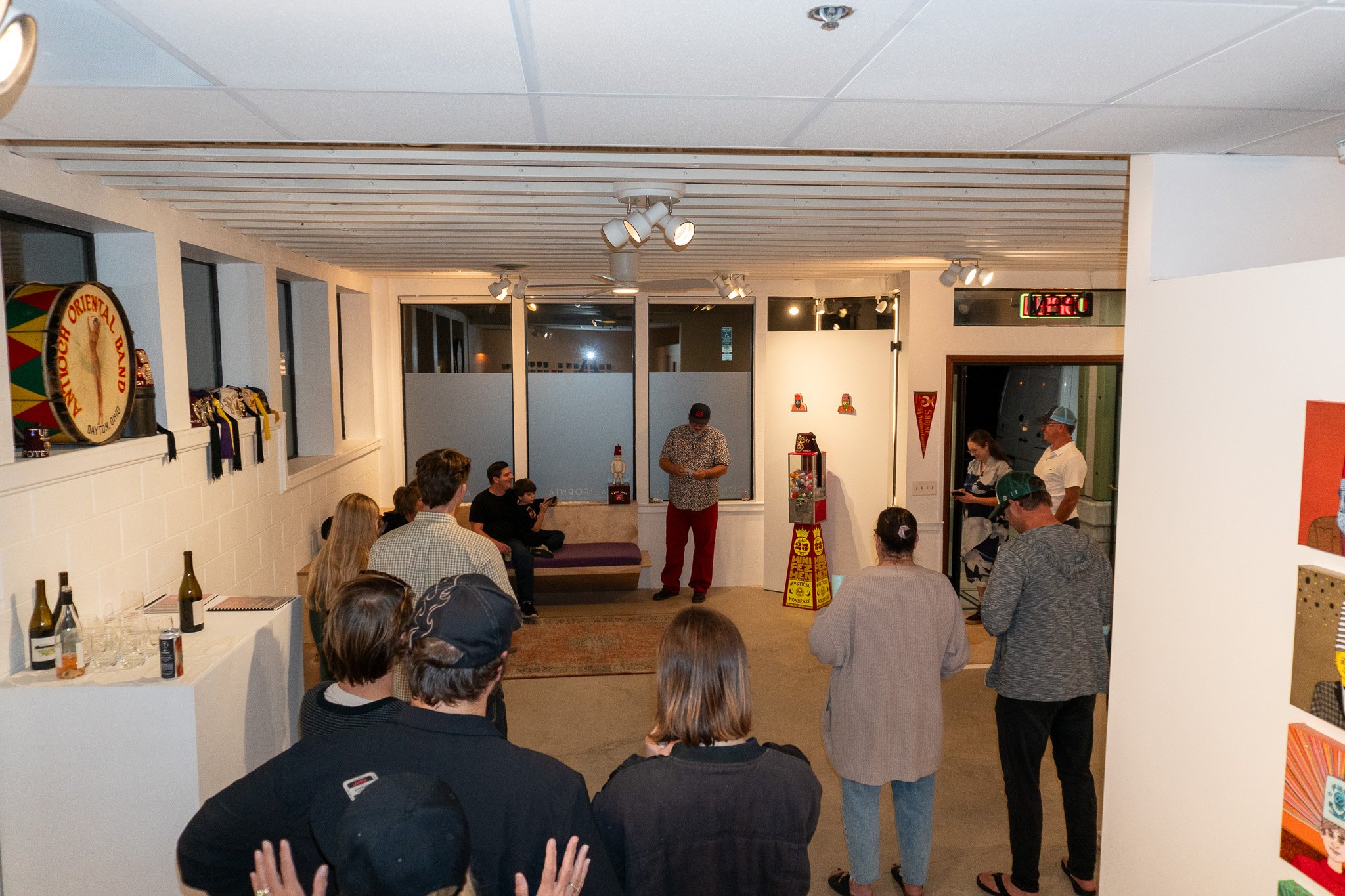

Cruise Control Contemporary is pleased to announce No Return, a solo exhibition of new oil paintings by Max Xeno Karnig. No Return features a series of portraits and still life paintings meditating on a painting’s ability to both represent and simultaneously occlude the subject at hand. The images conjured in the paintings more readily resemble a memory, idea, or dream of any given subject than any true photographic image. A metaphysical reconstruction that lies somewhere between the ideal and the surreal. Form itself becomes more predominant than any true resemblance. The image as it is conceived in the mind through an amalgamation of senses becomes its own type of revelation. To quote the great progenitor of “metaphysical painting” himself:
“When a revelation grows out of the sight of an arrangement of objects, then the work which appears in our thoughts is closely linked with the circumstance that has provoked its birth. One resembles the other, but in a very strange way, like the resemblance there is between two brothers, or rather between the image of someone we know seen in a dream, and that person in reality; it is, and at the same time it is not, that same person; it is as if there had been a slight and mysterious transfiguration of features. I believe and have faith that from certain points of view, the sight of someone in a dream is proof of his metaphysical reality – in certain accidental occurrences that sometimes happen to us; in the manner and the arrangement that things appear to us and awaken in us unknown sensations of joy and surprise: the sensations of revelations.” – Giorgio De Chirico, 1911
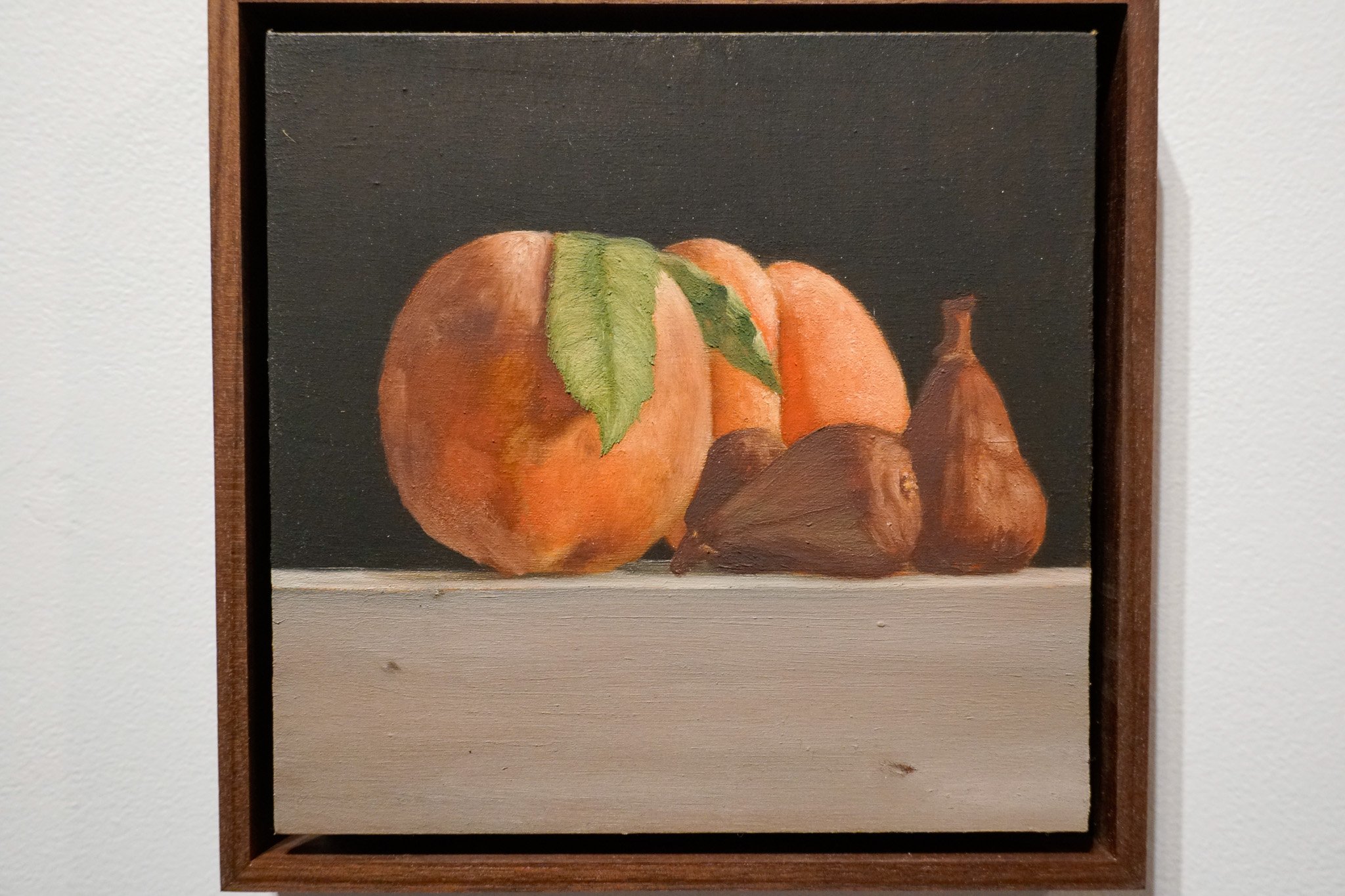
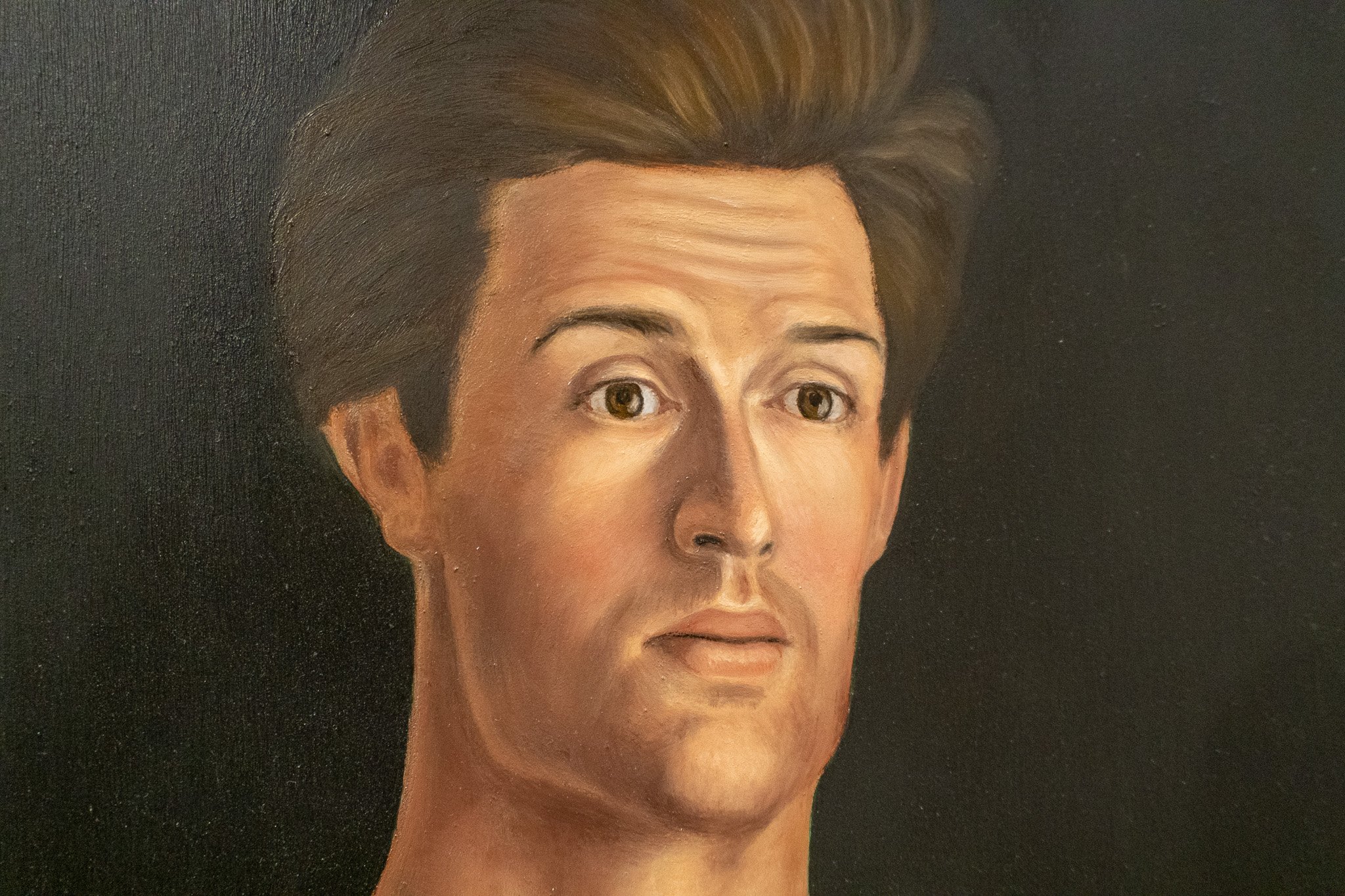
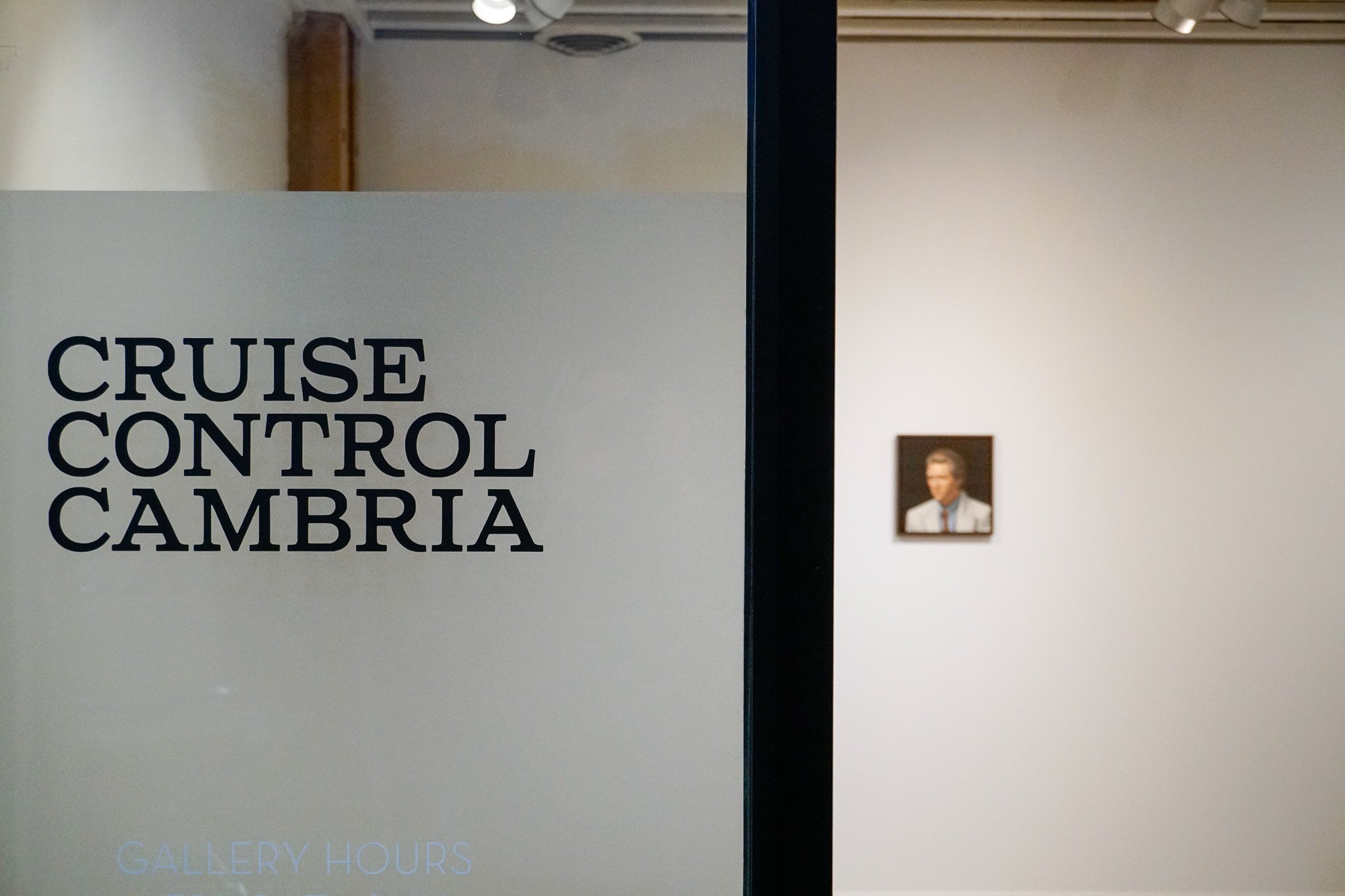
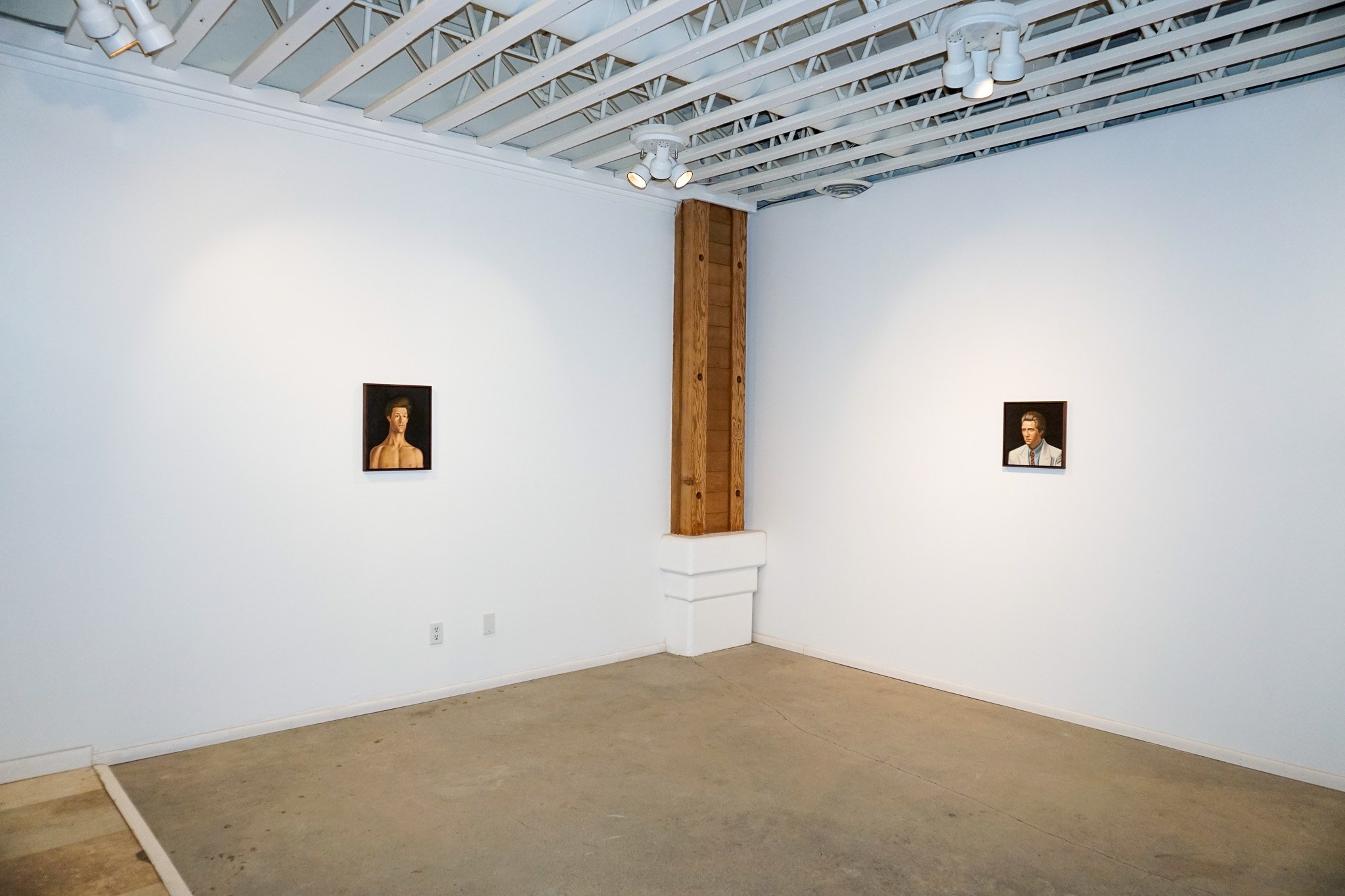
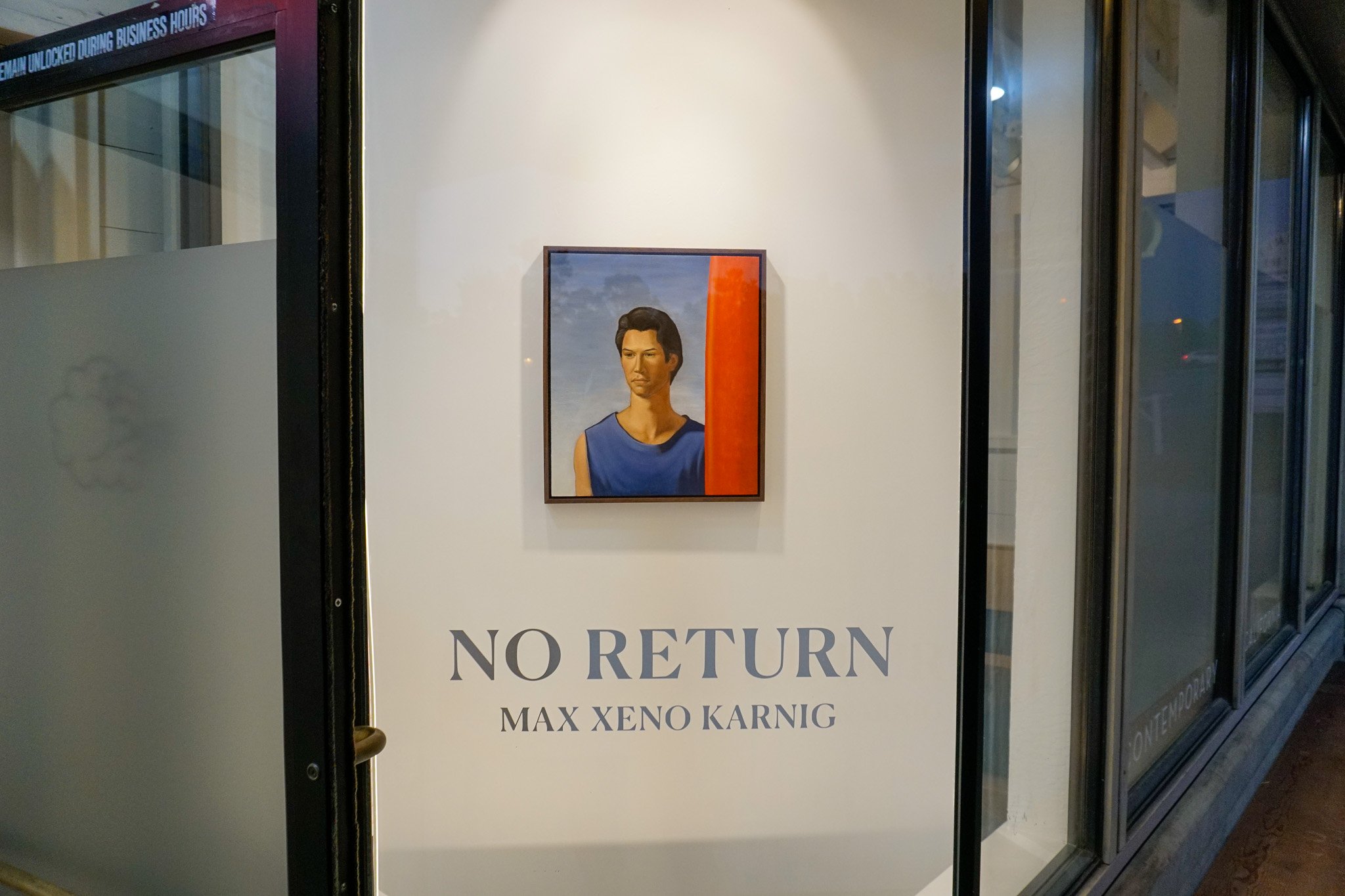
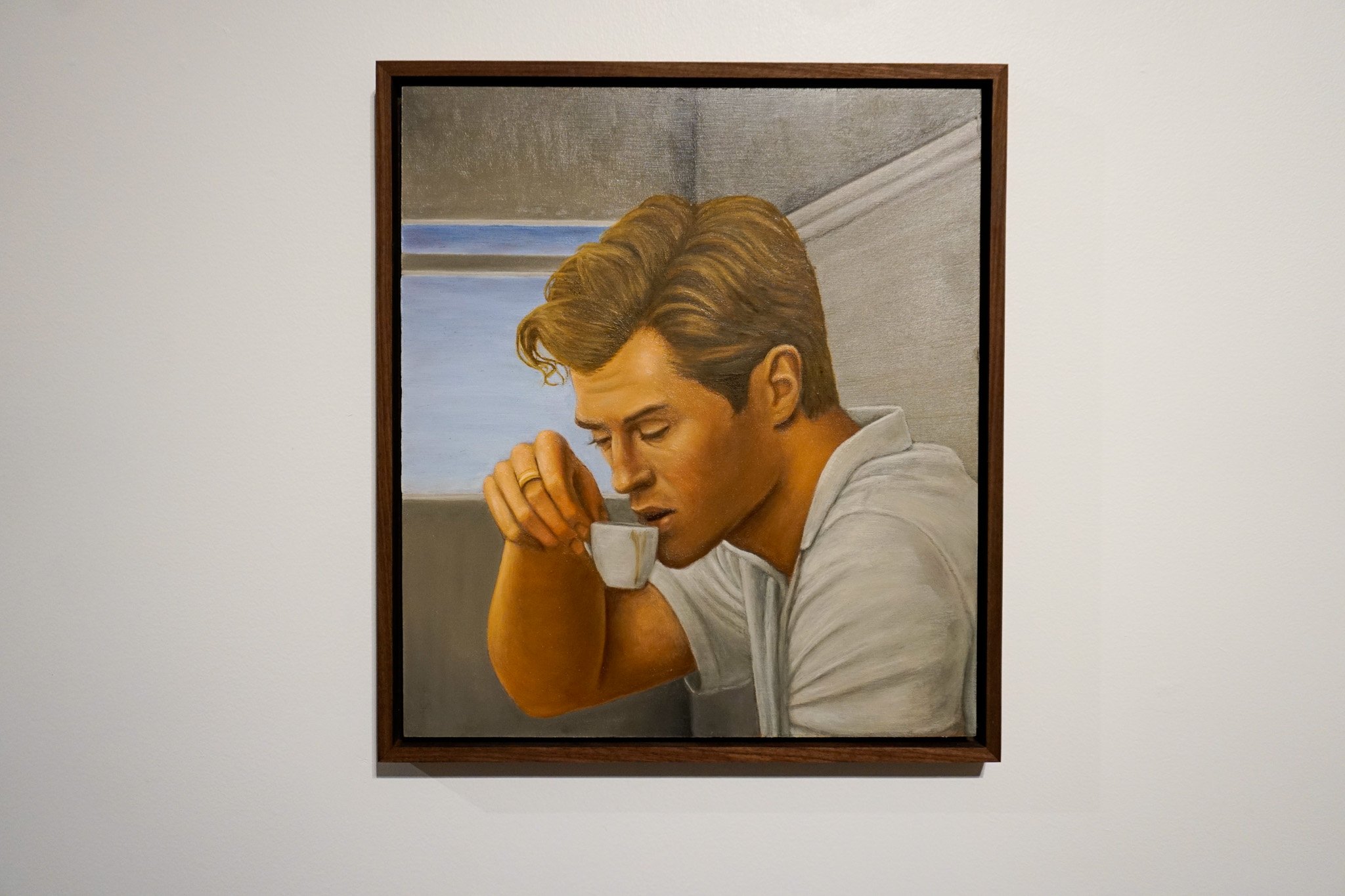
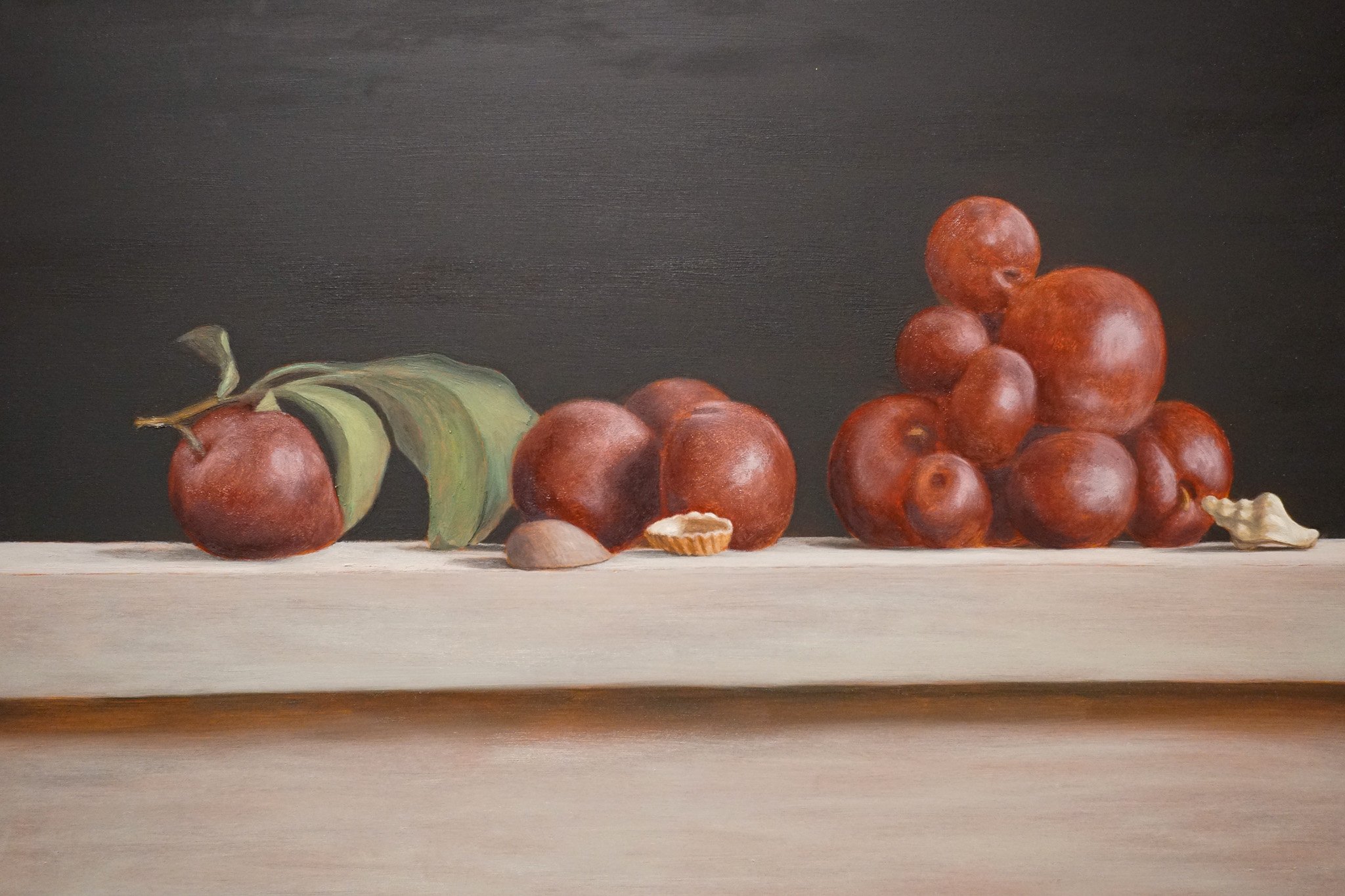
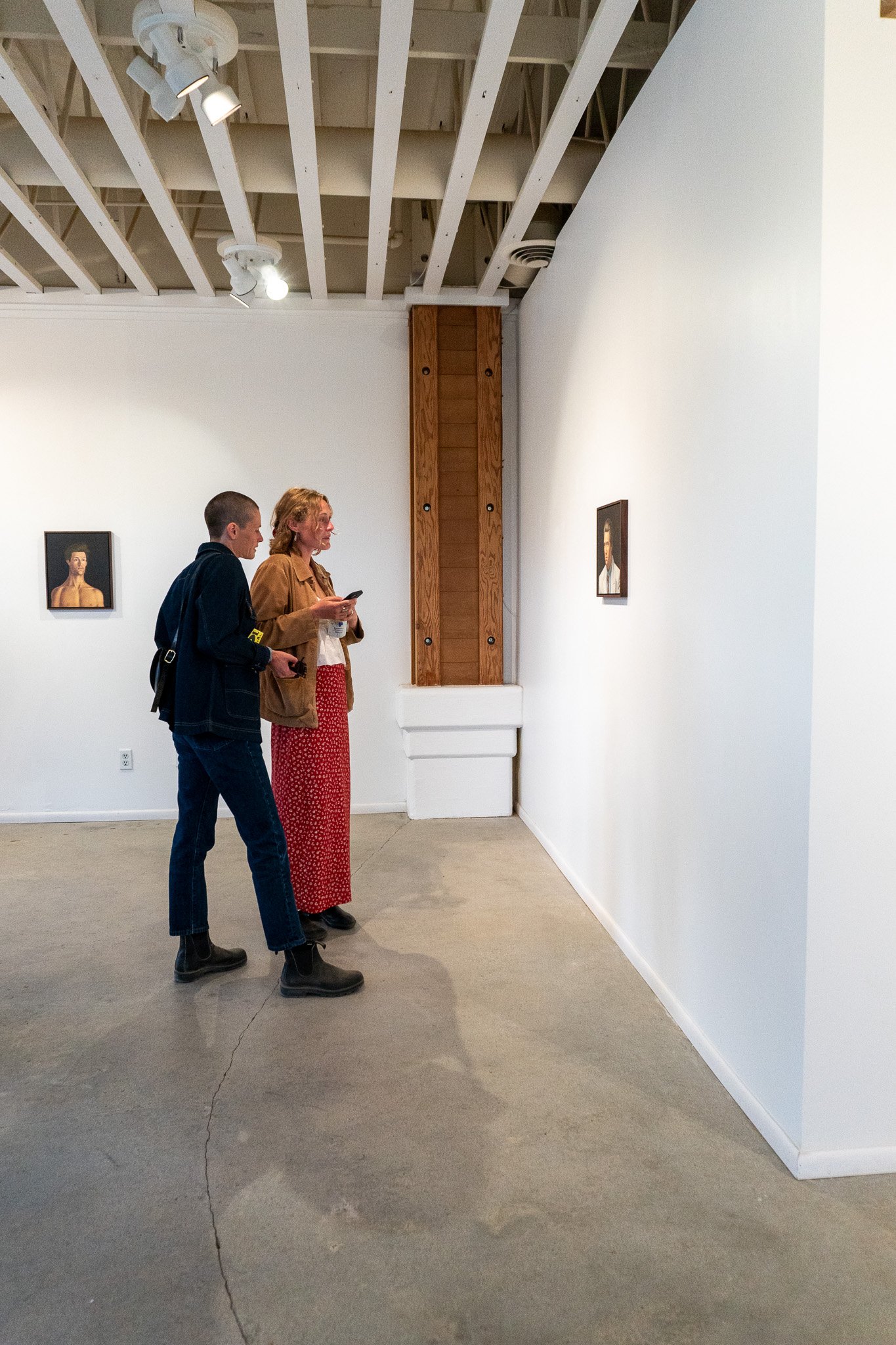
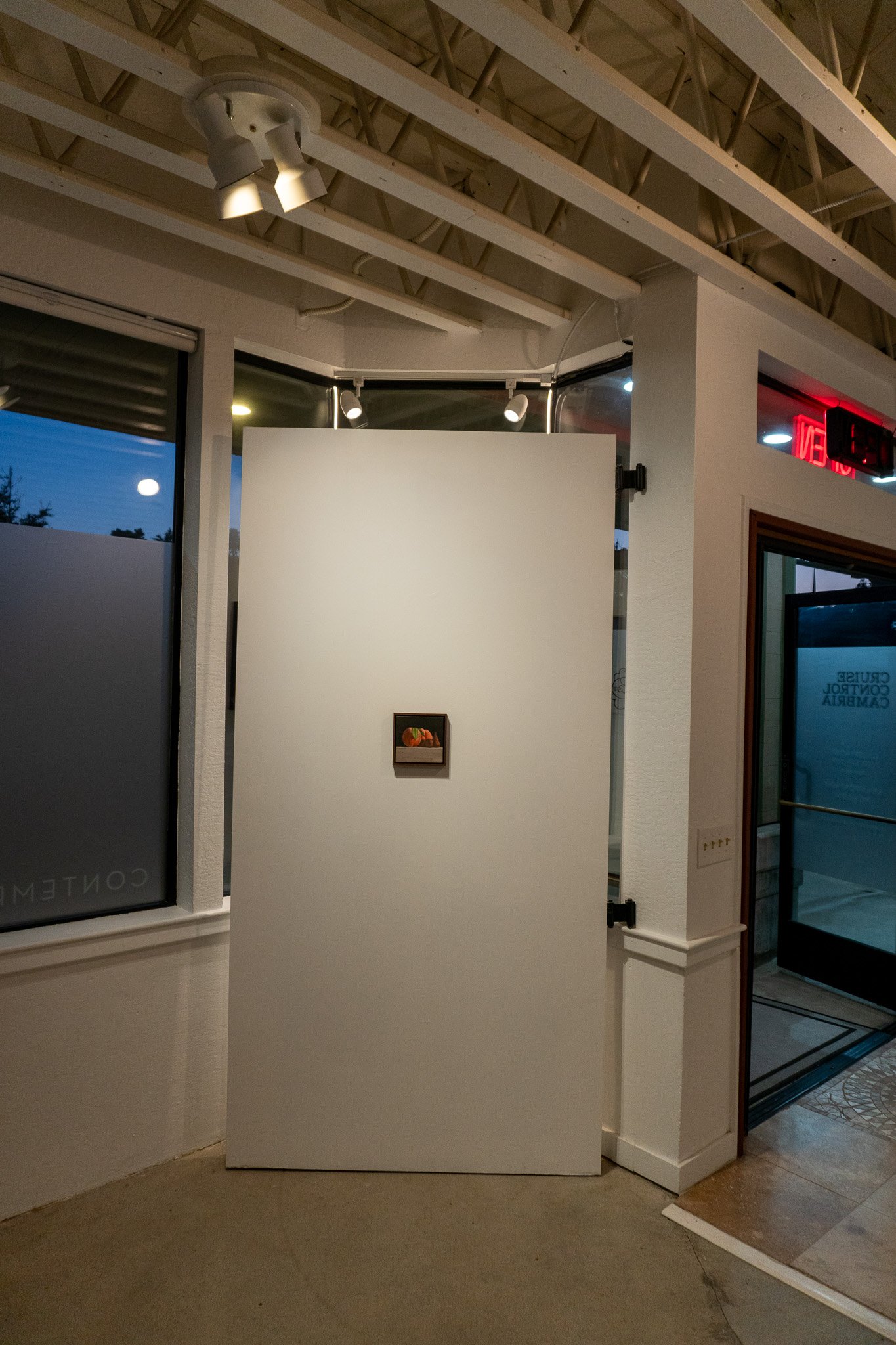

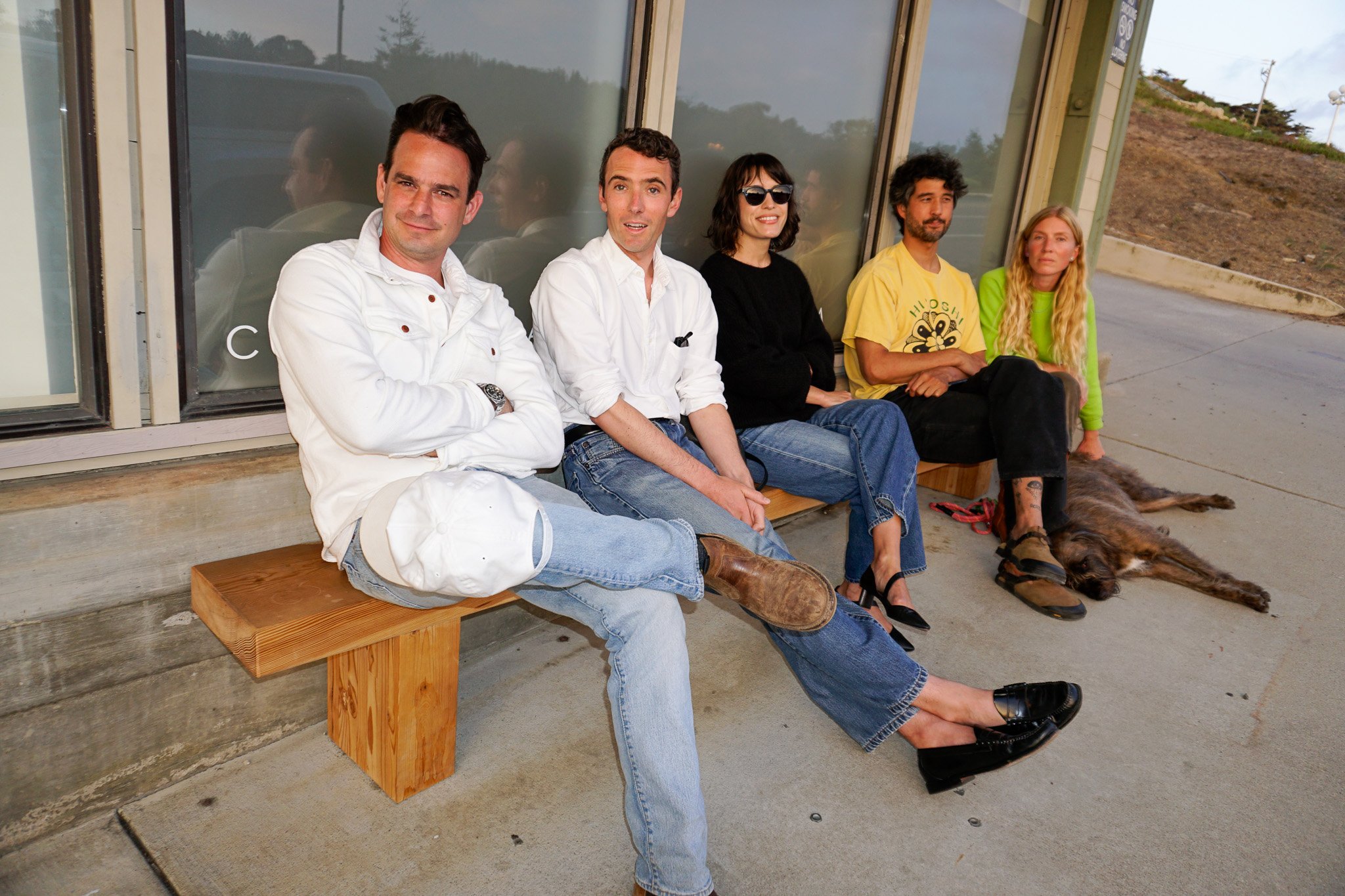
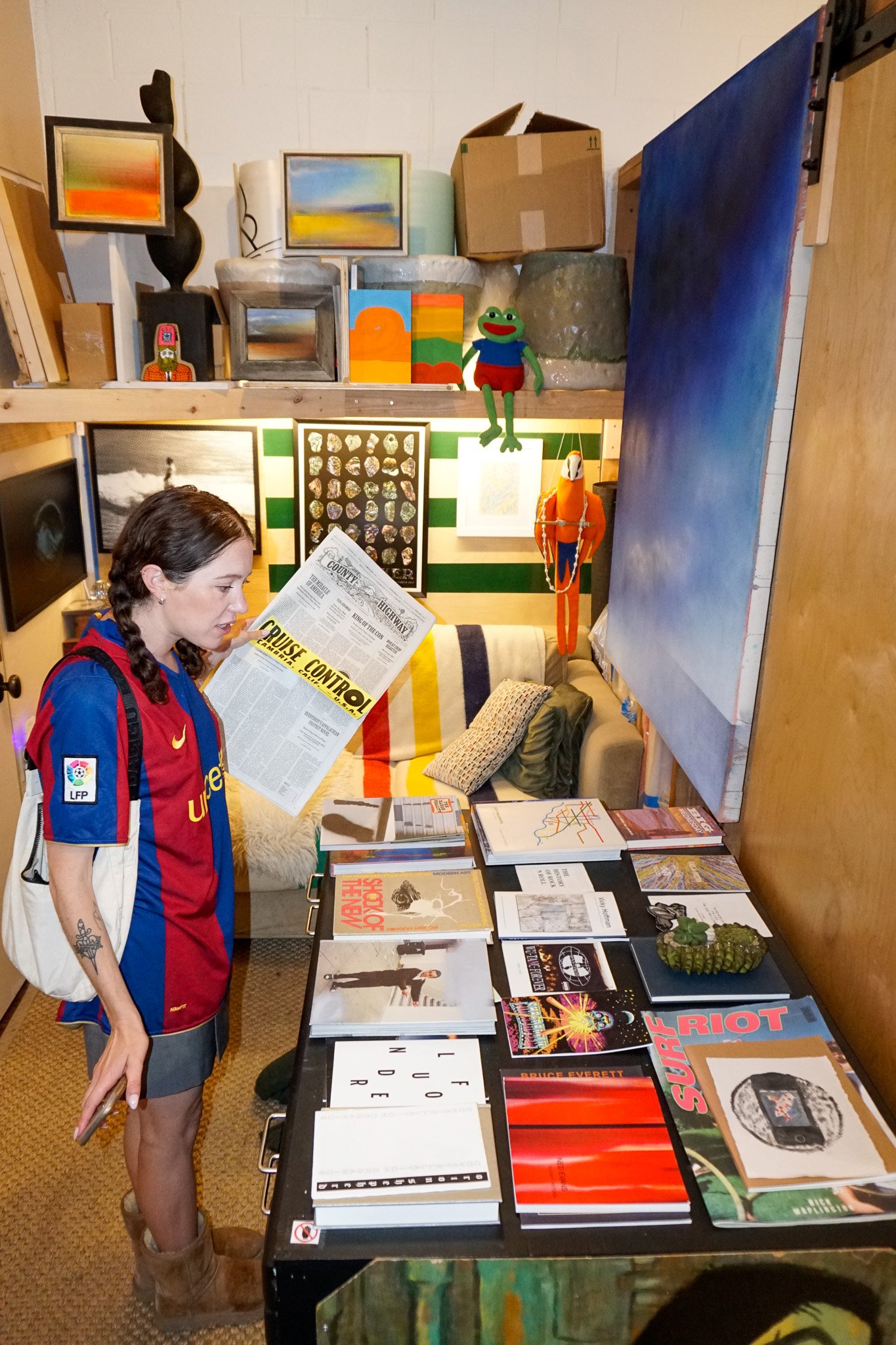
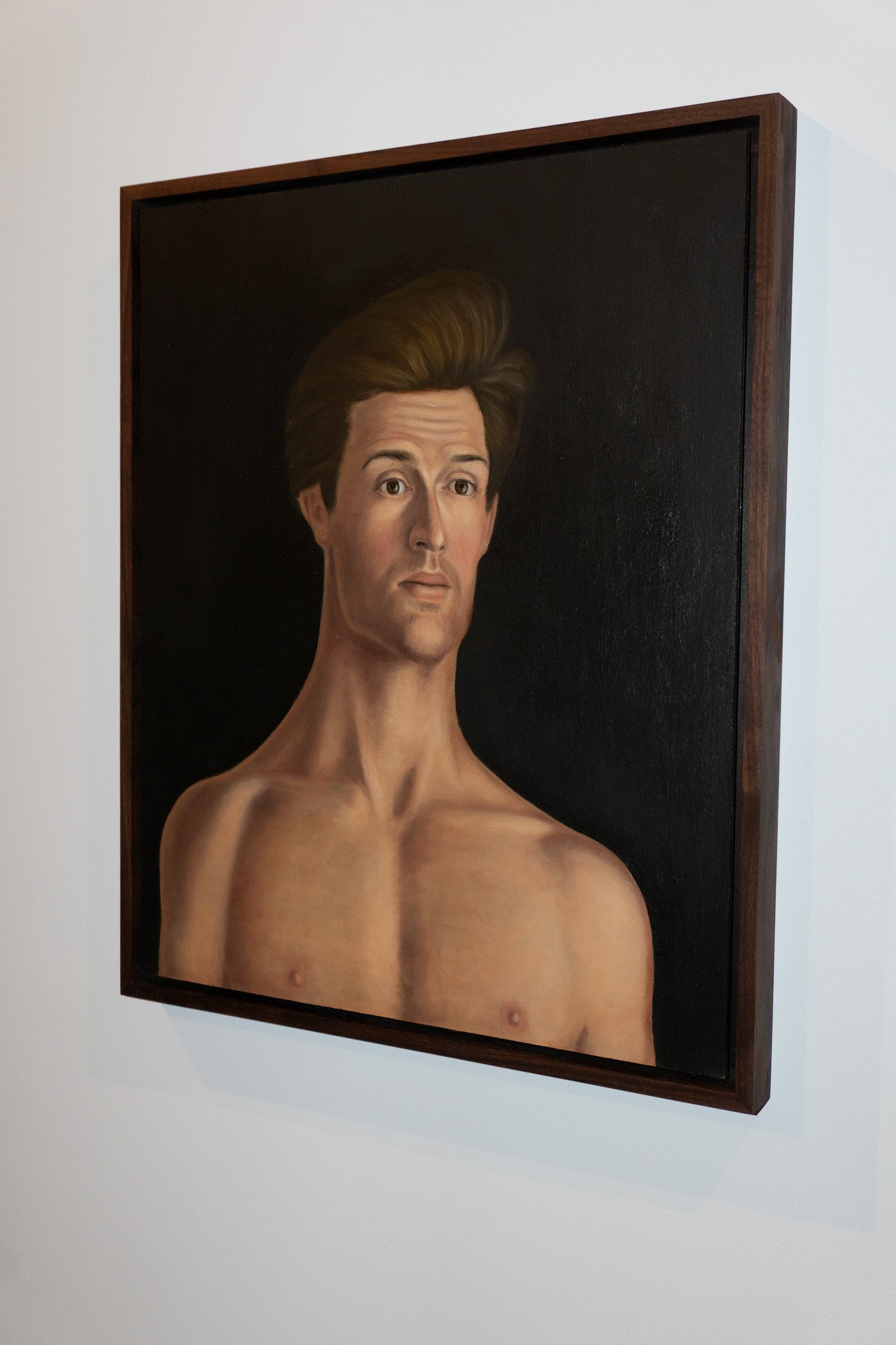
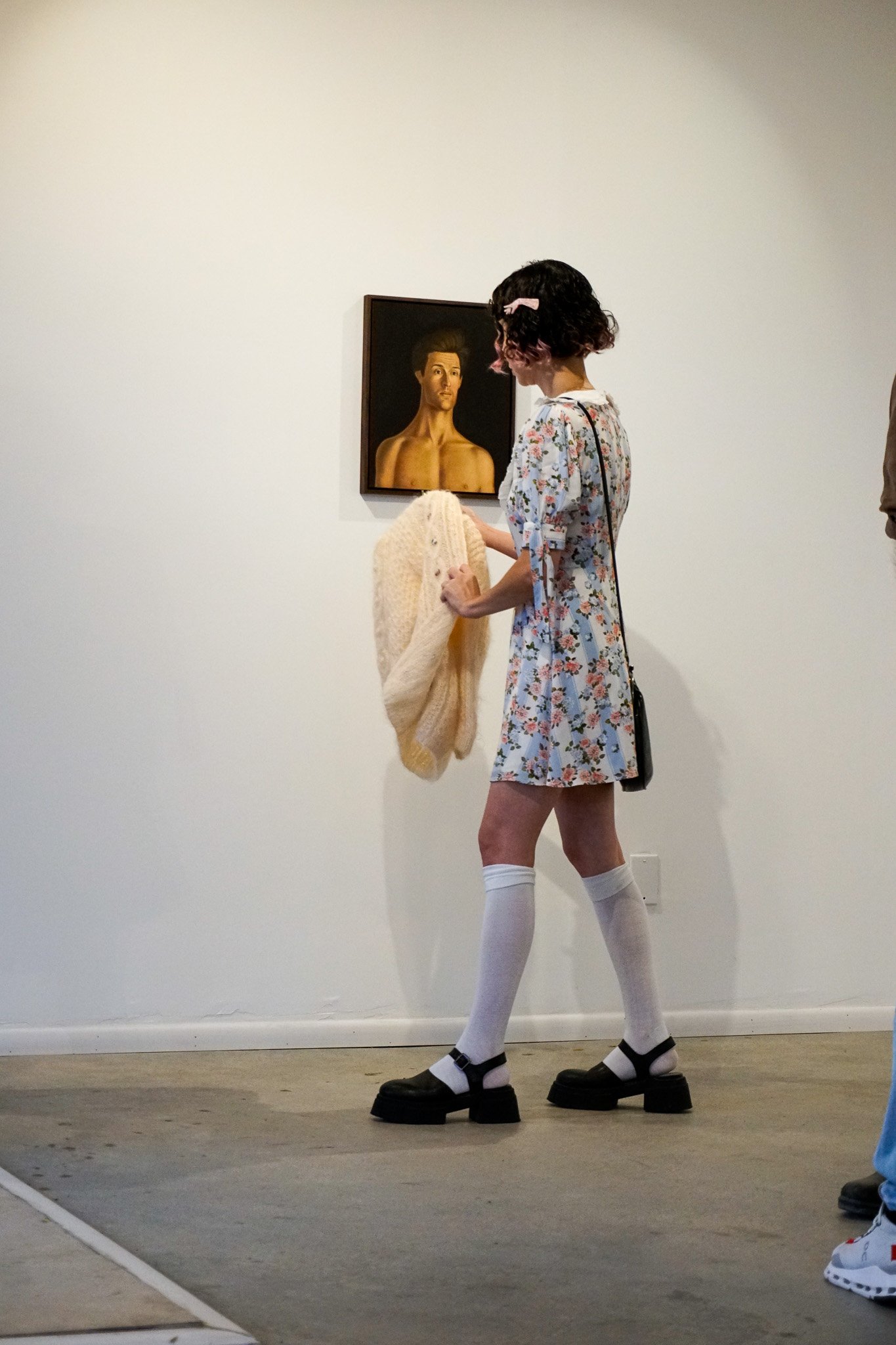
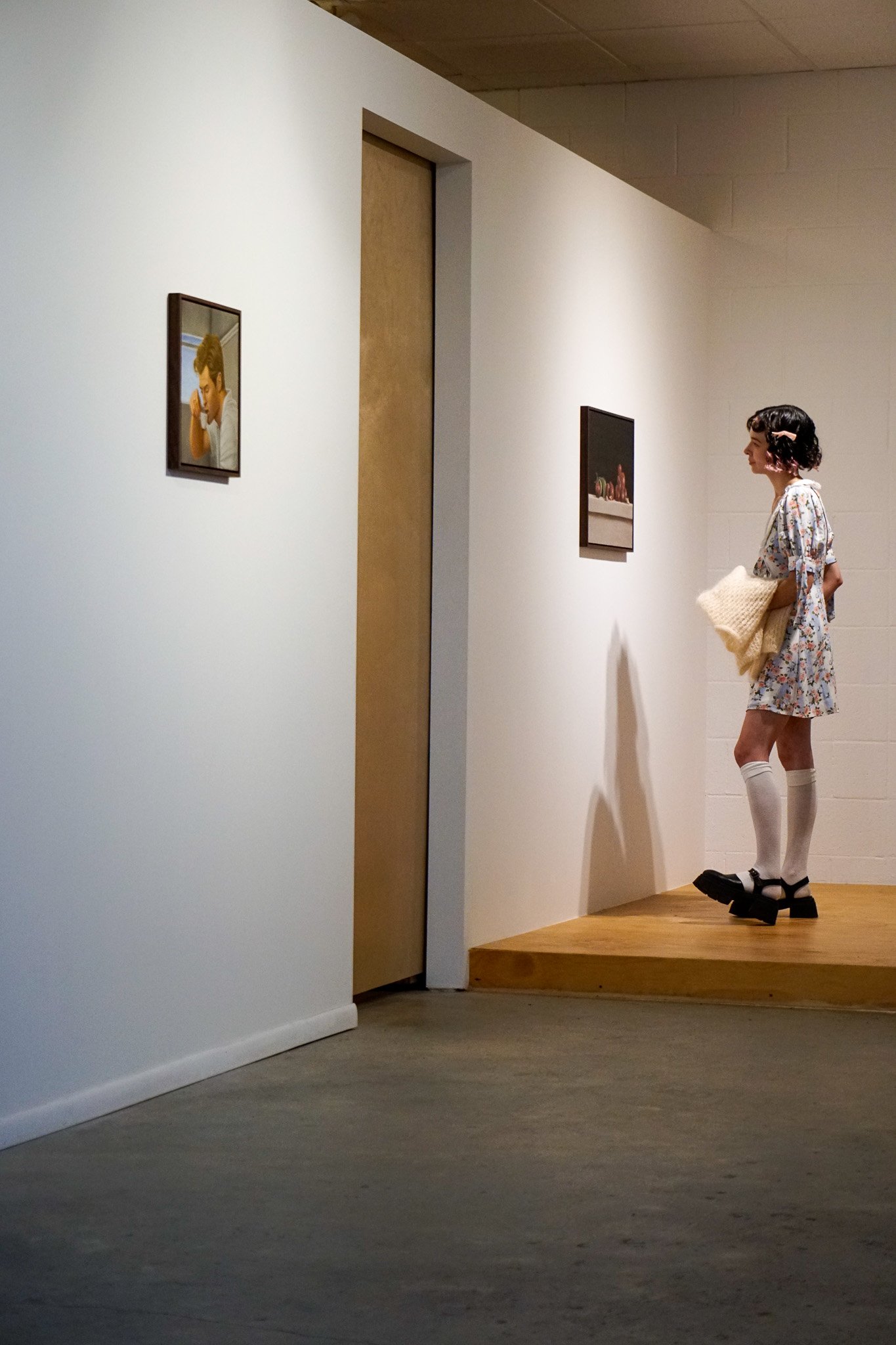
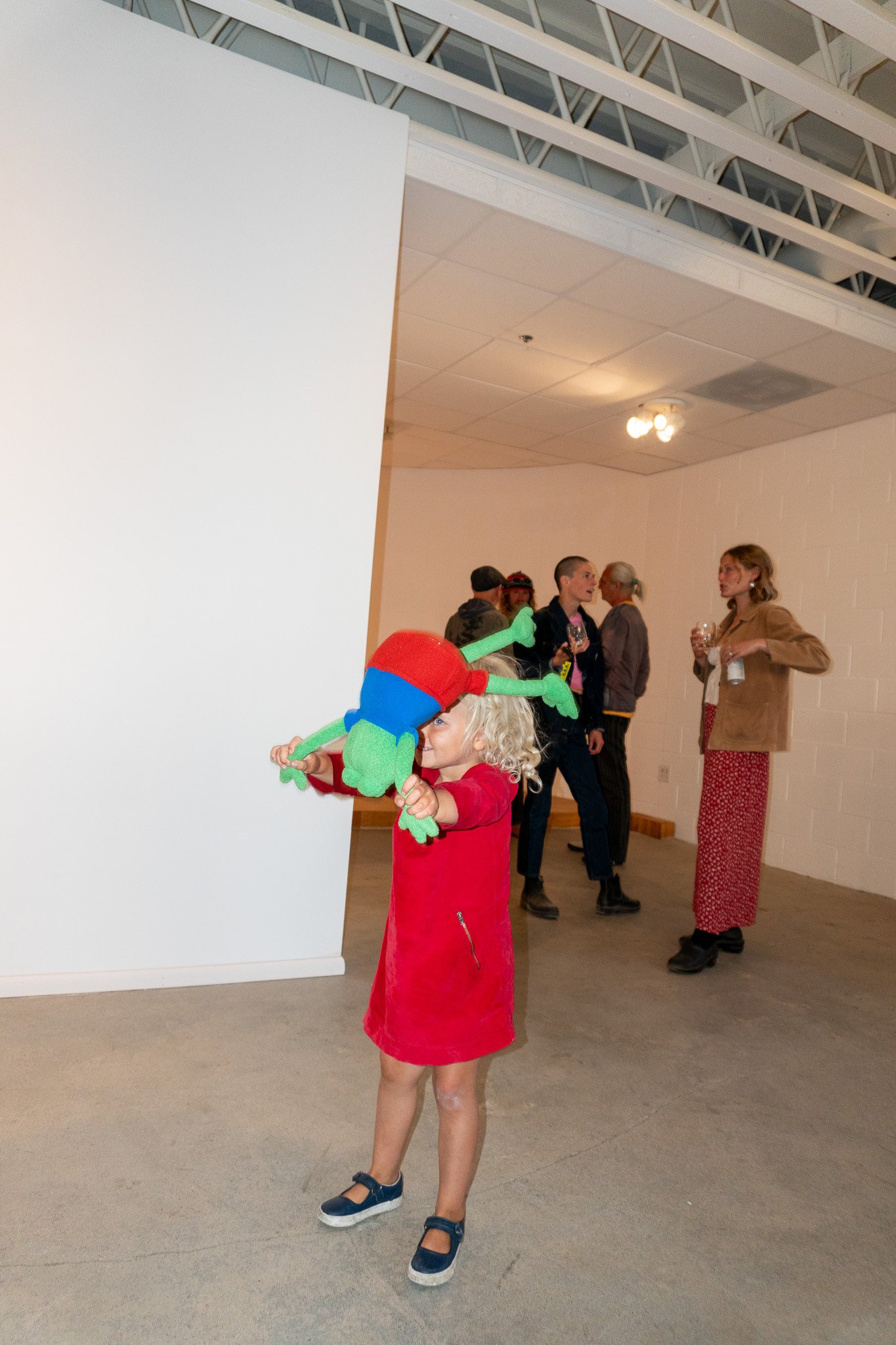
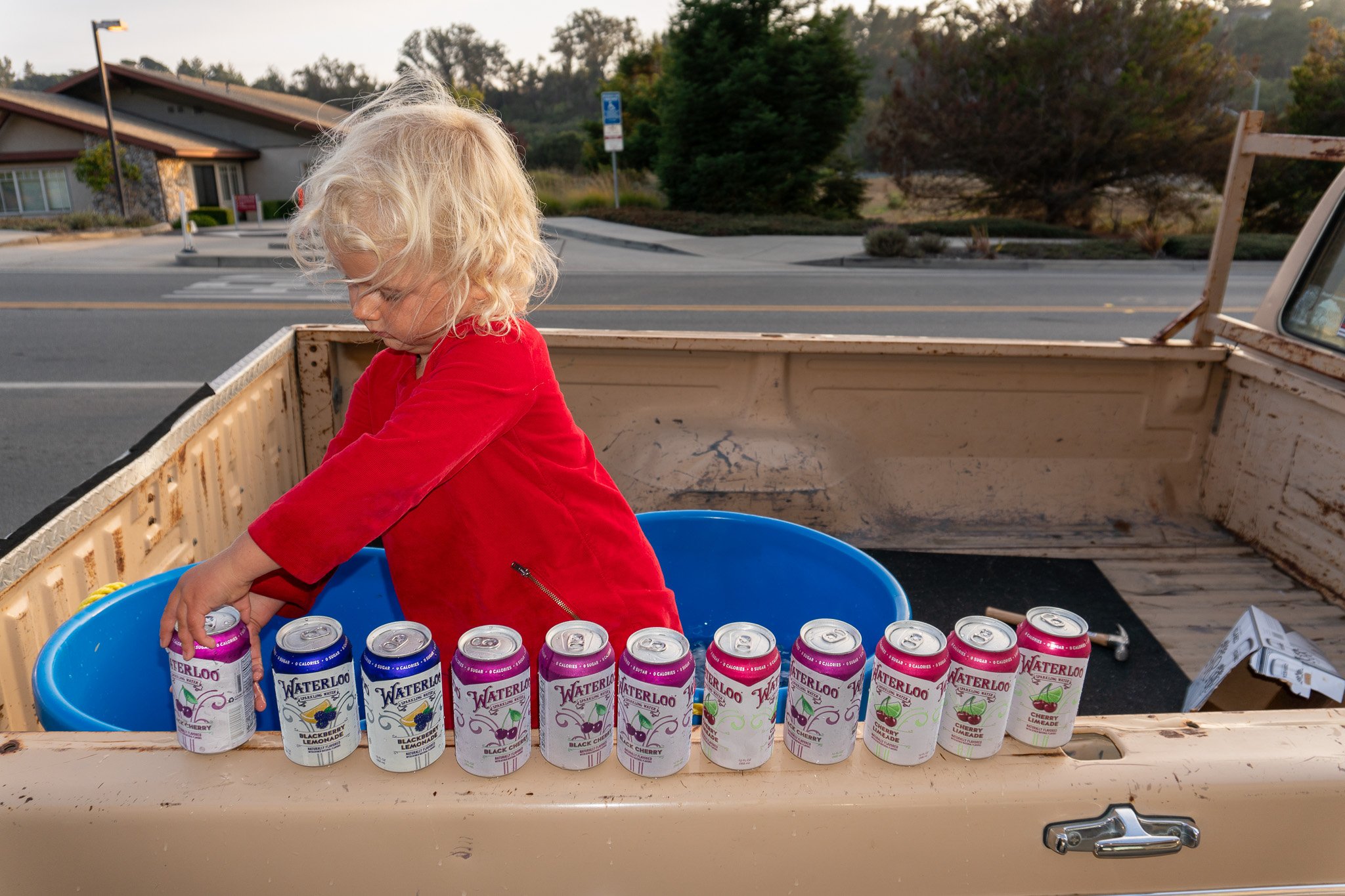
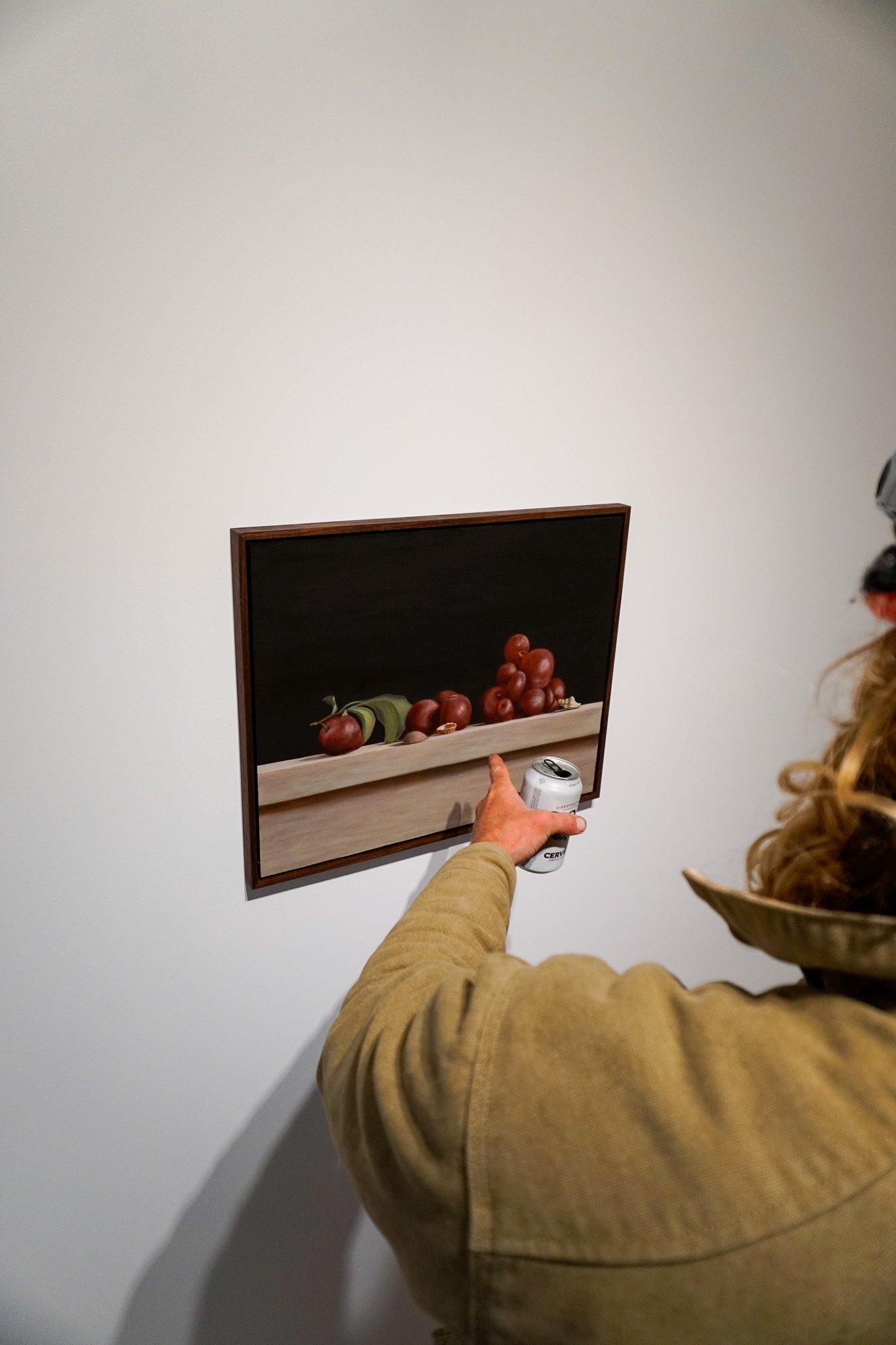

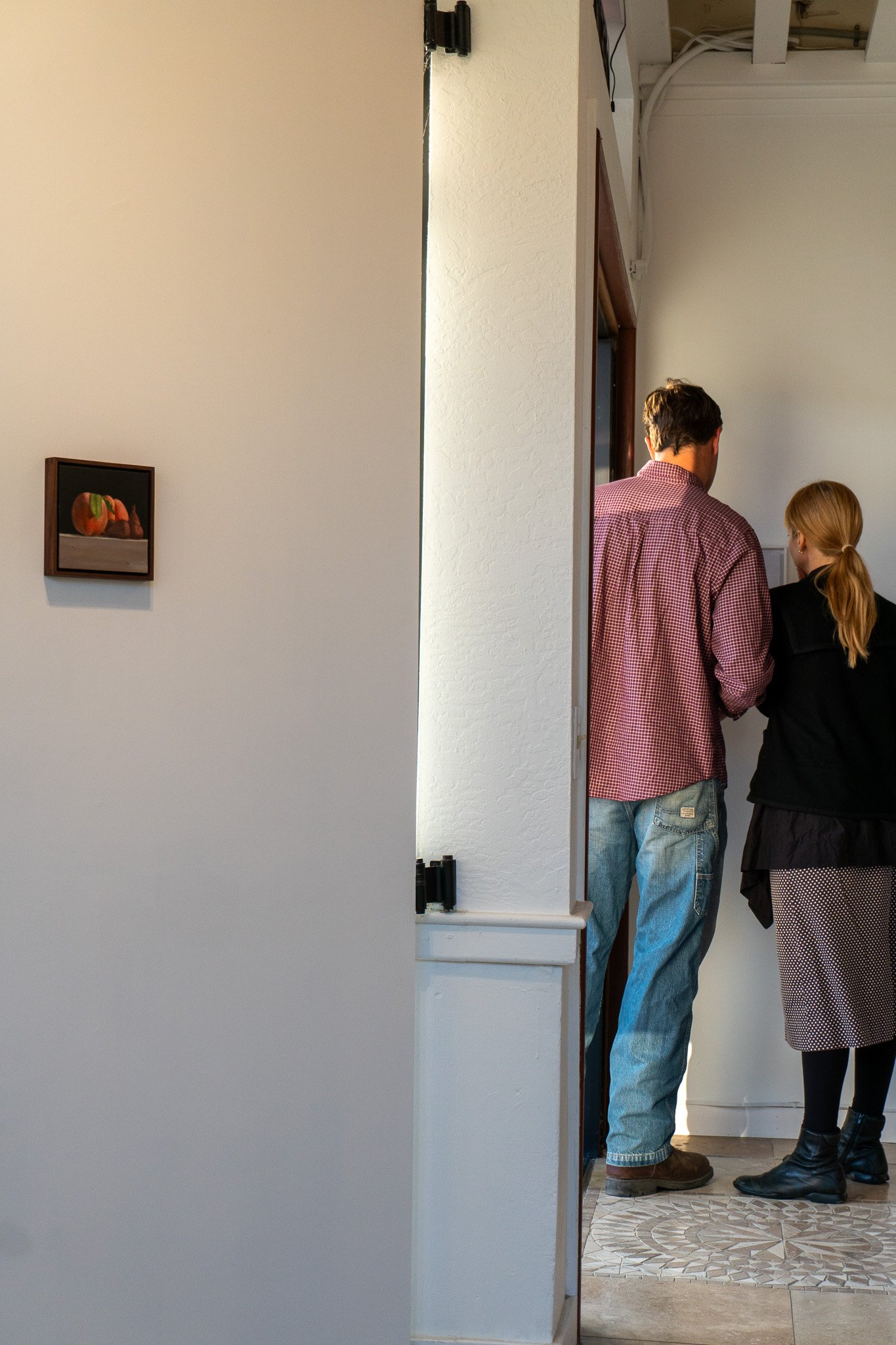
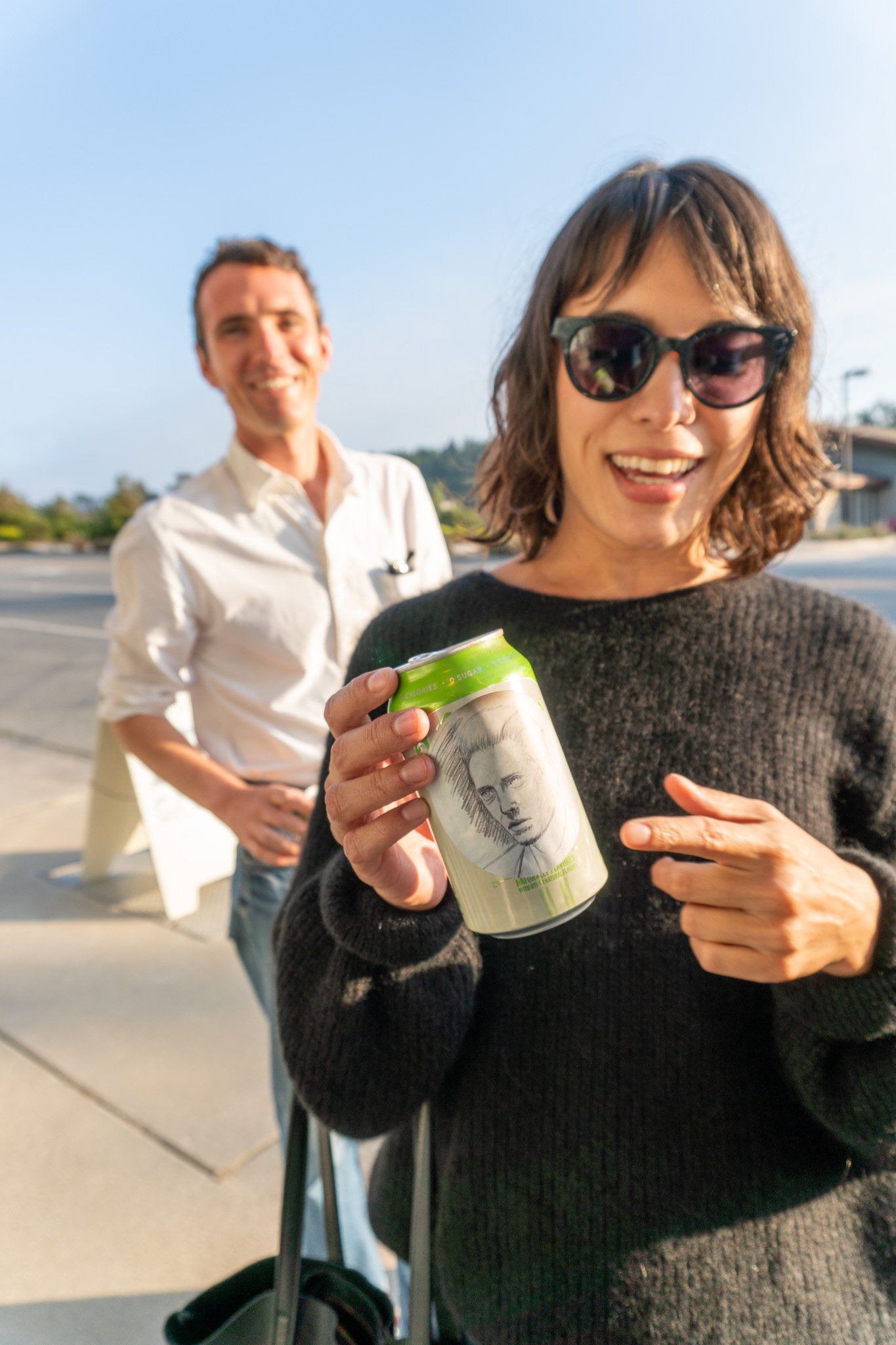
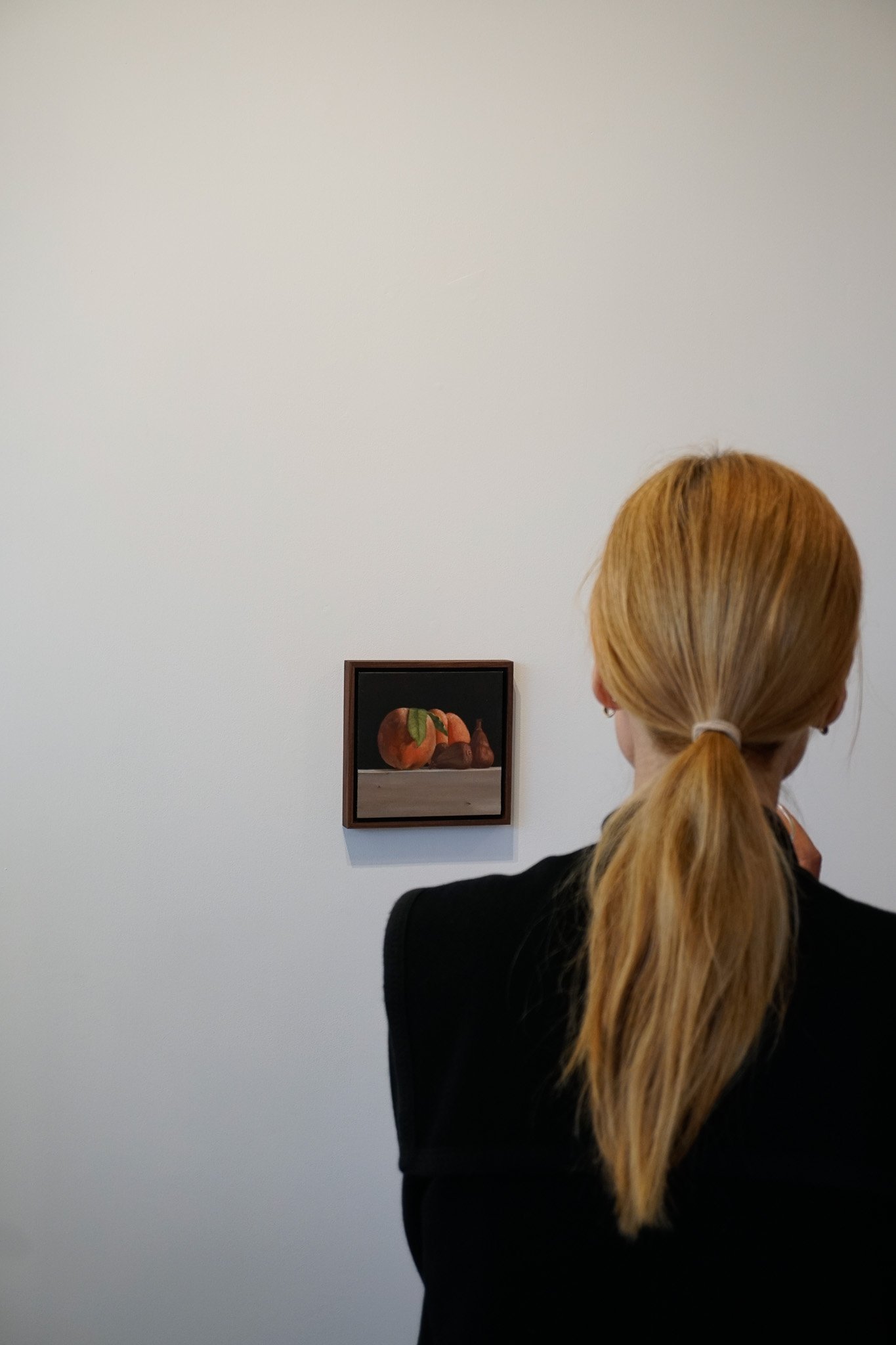
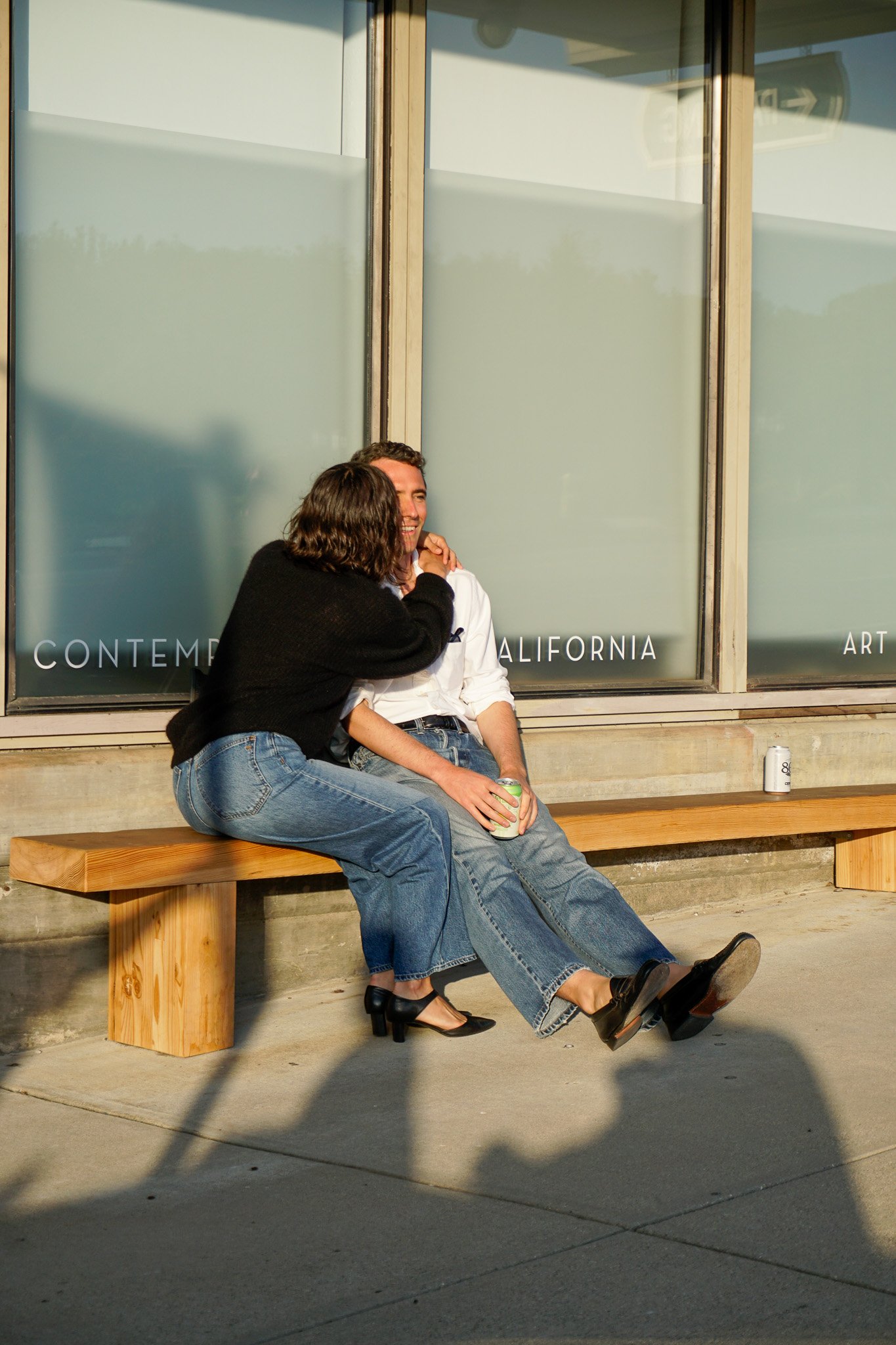
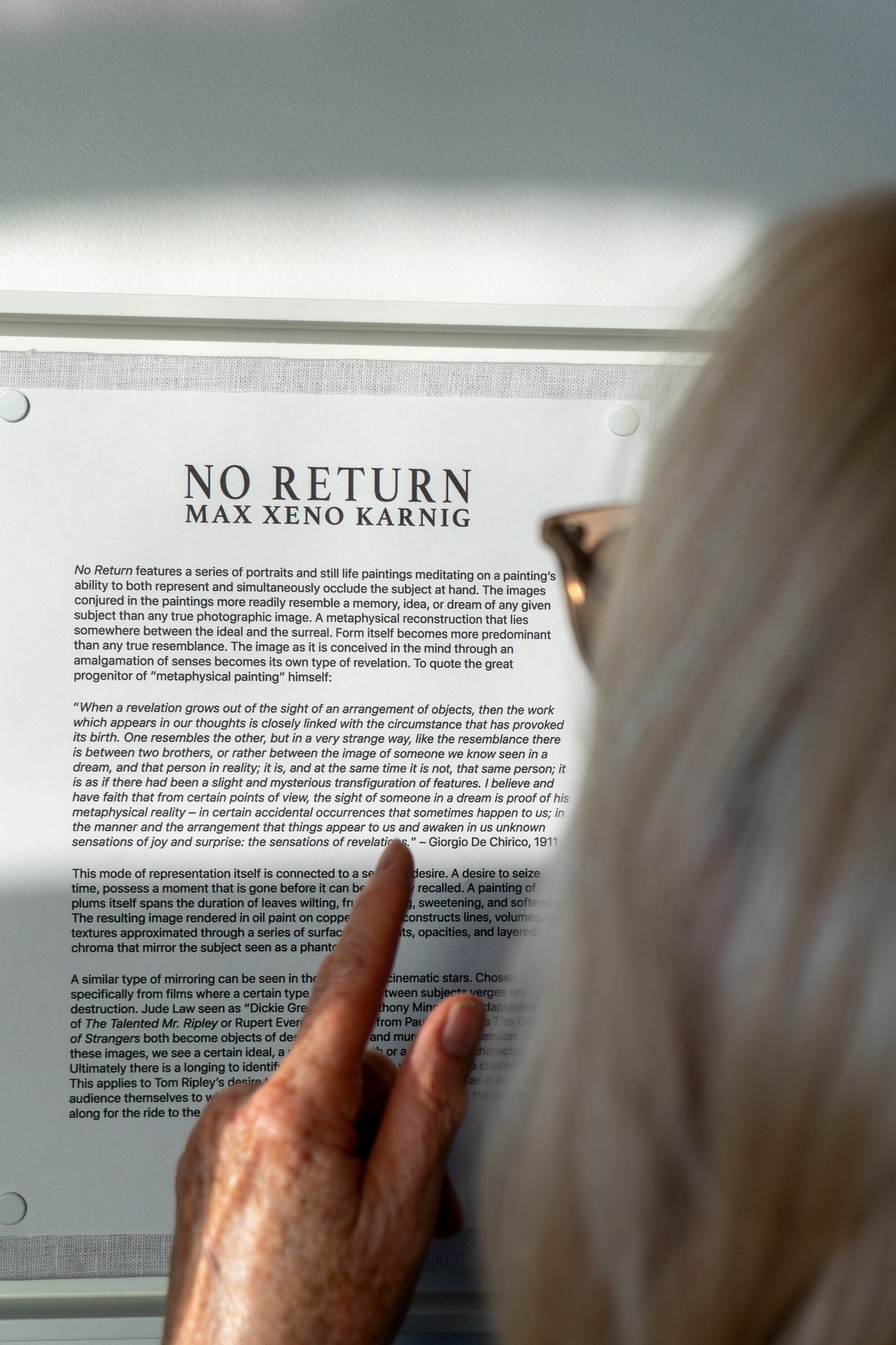
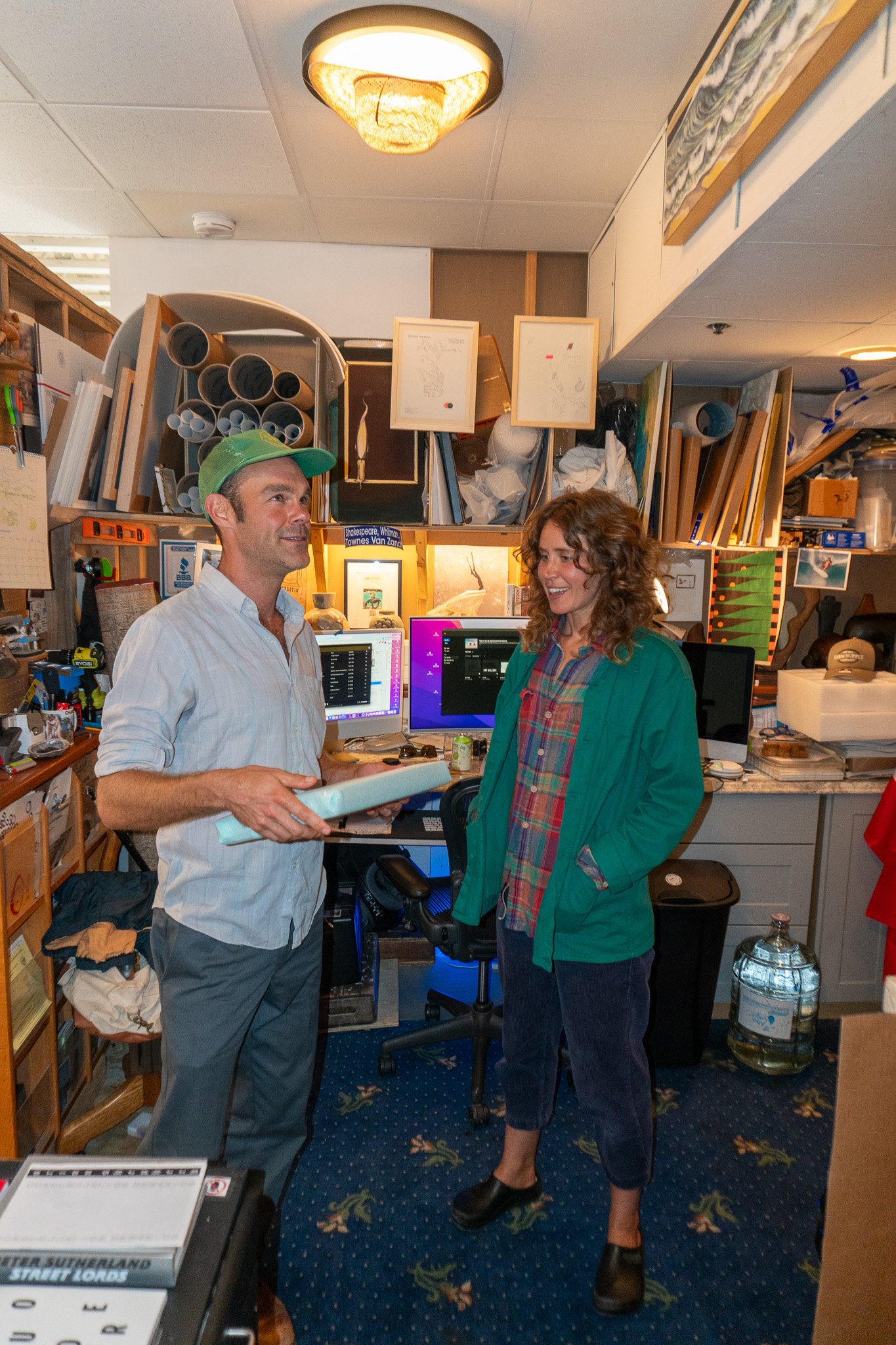
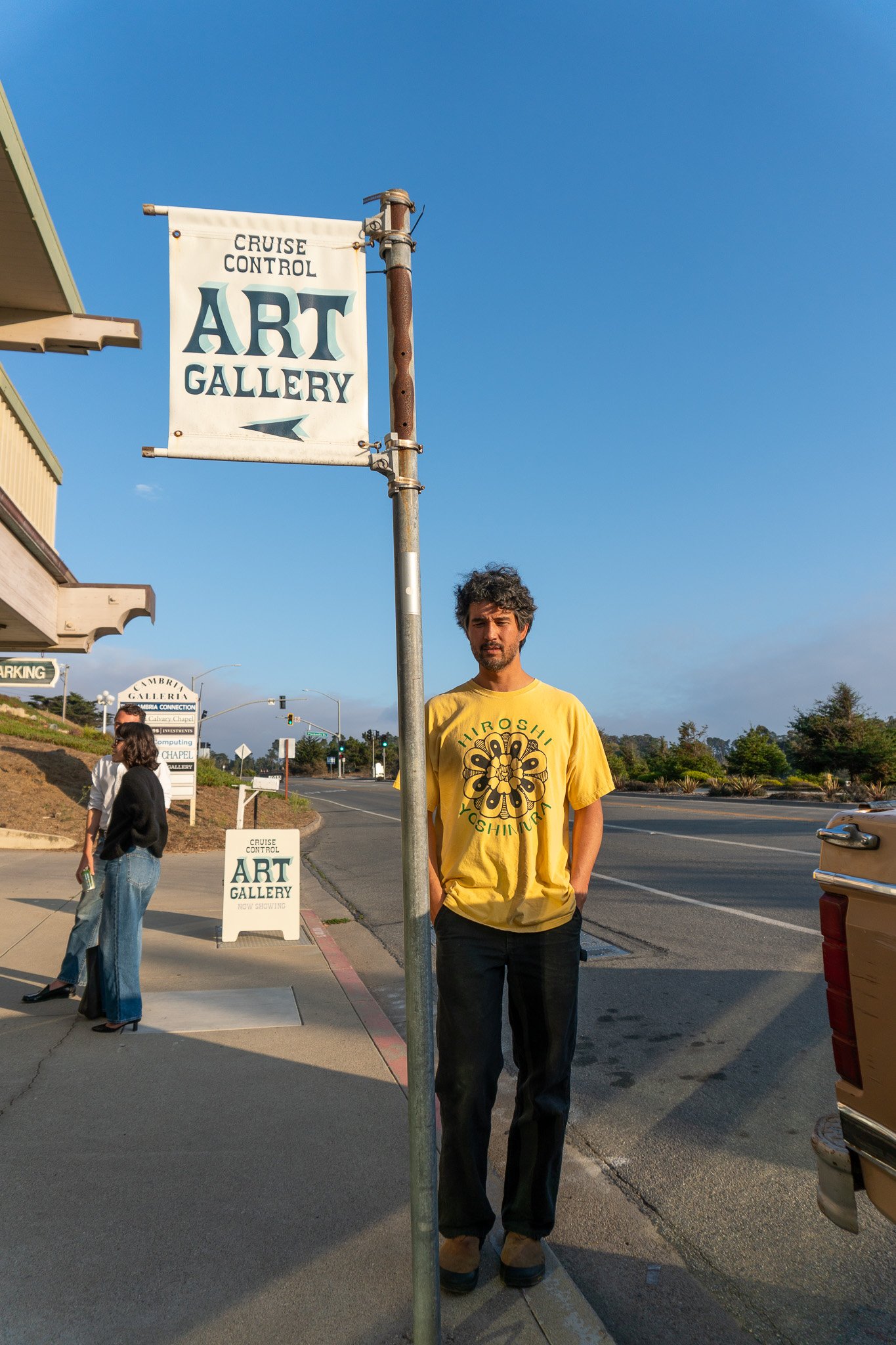
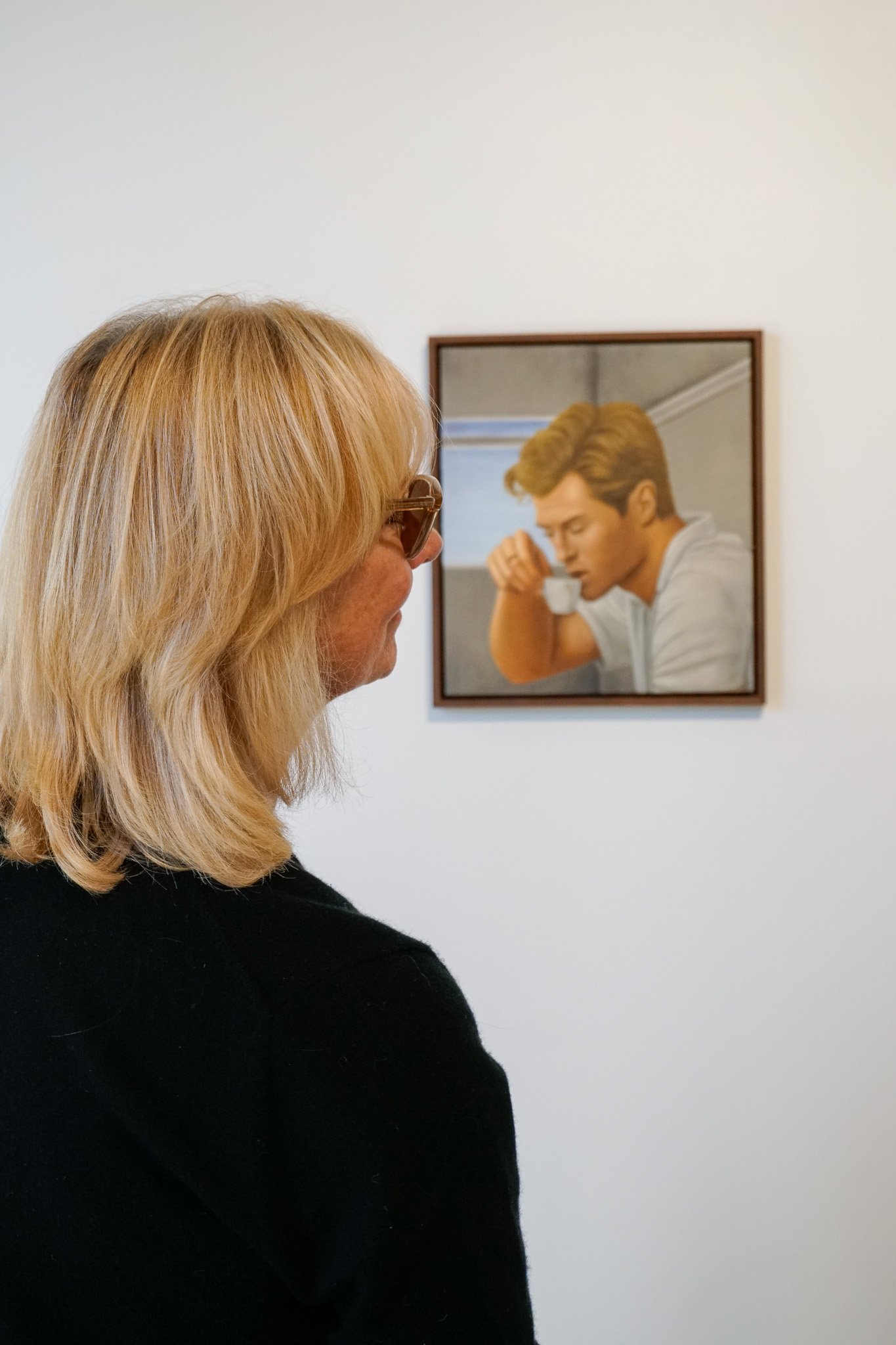
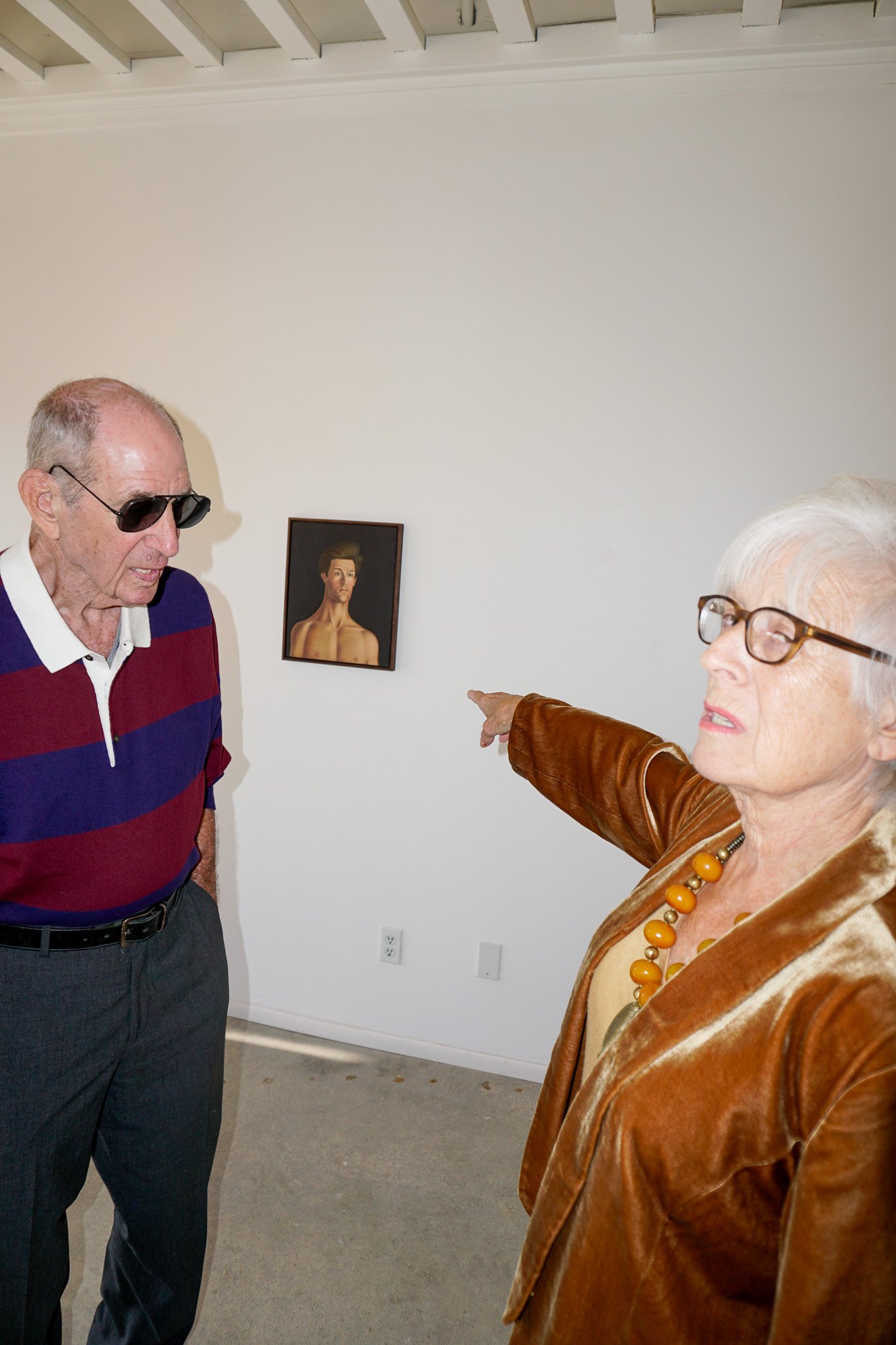
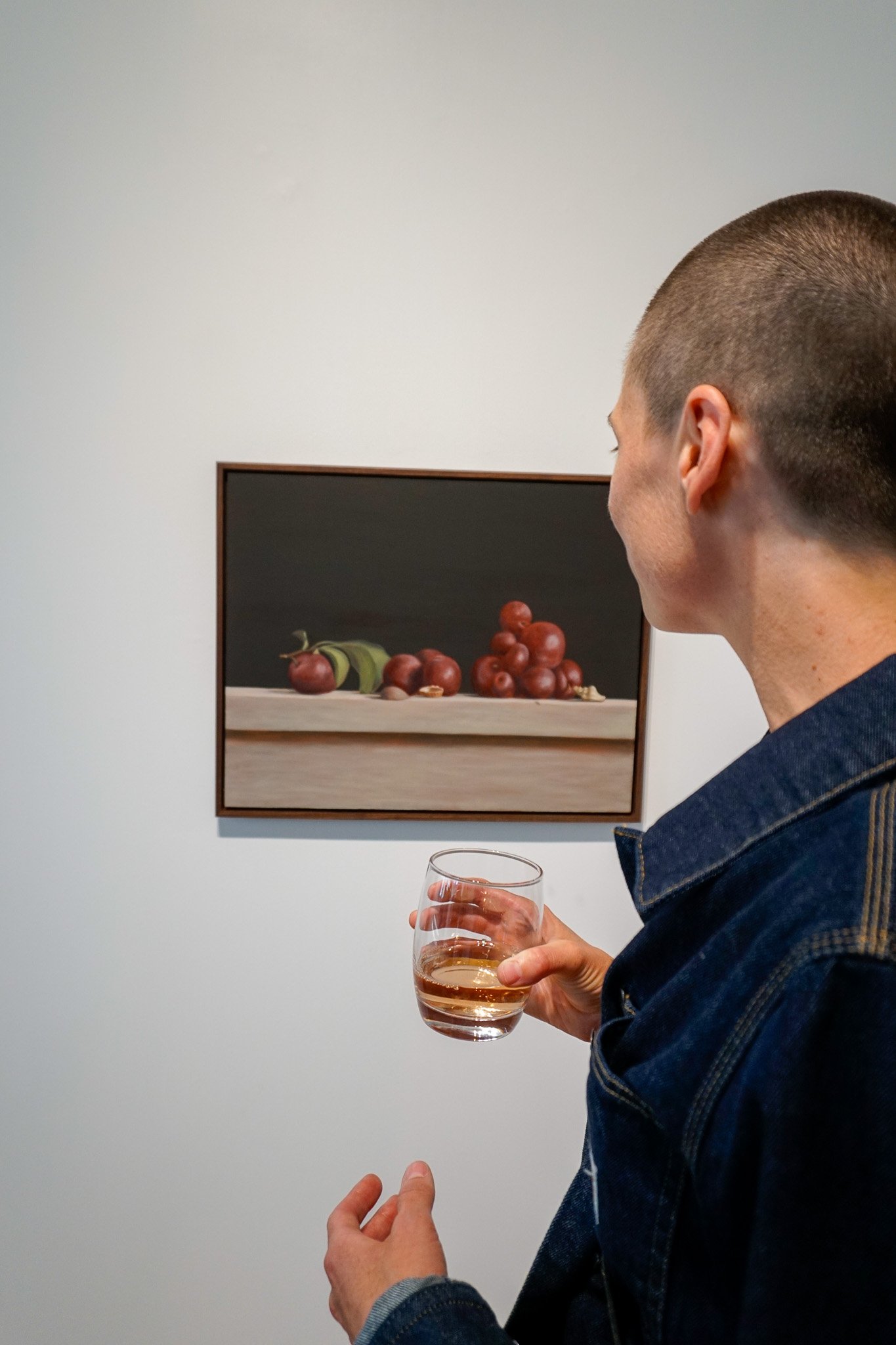
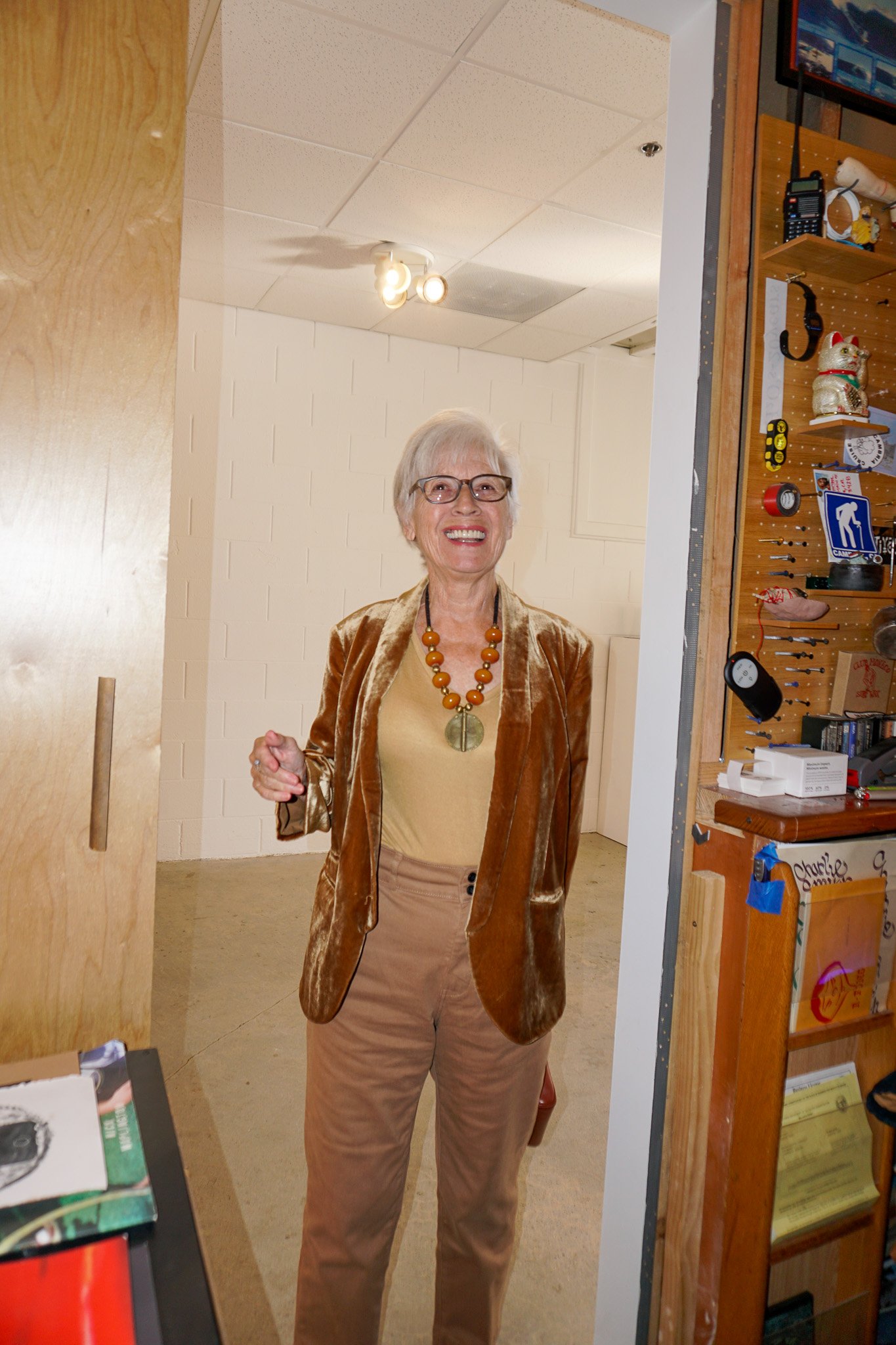
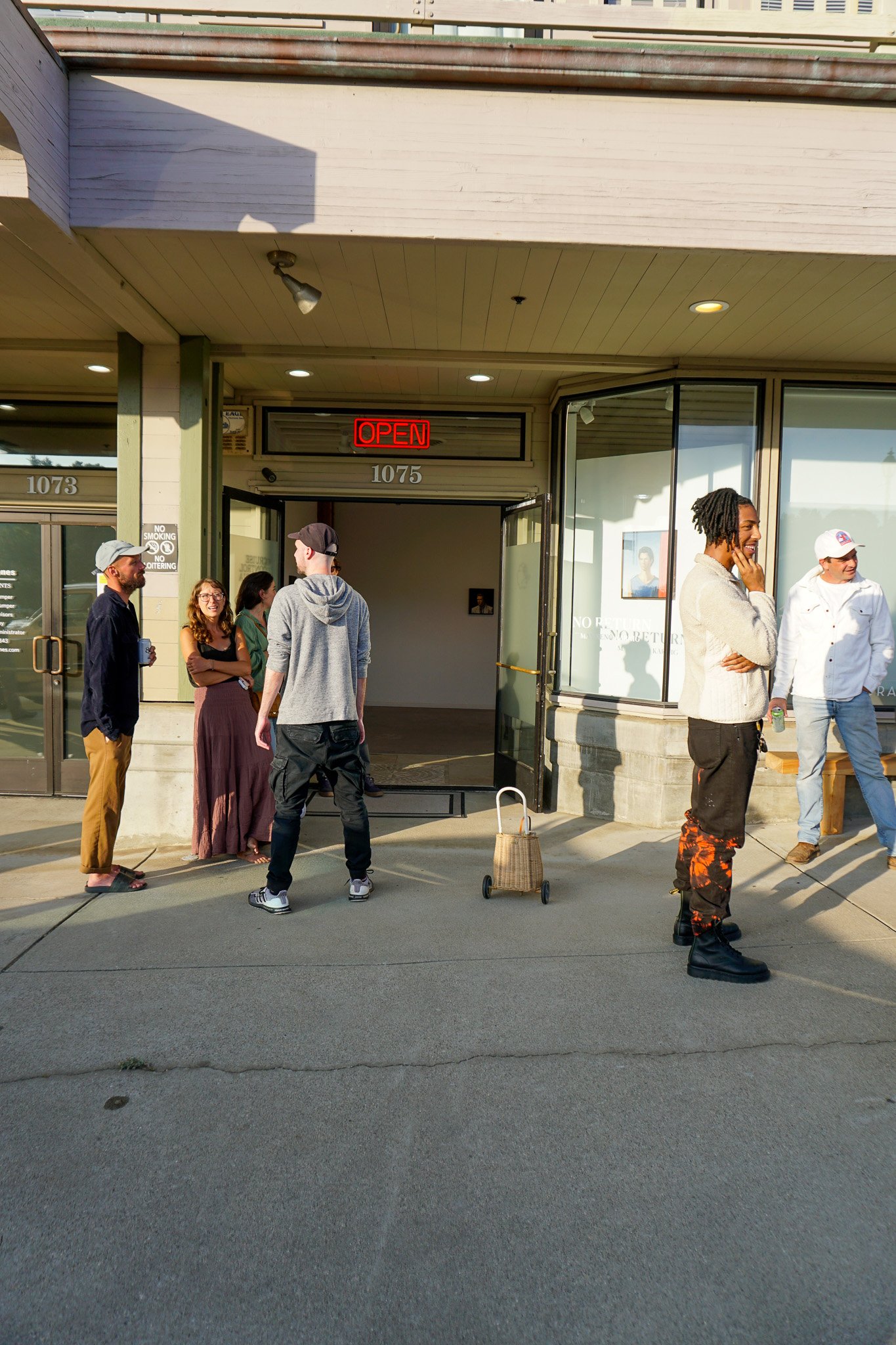
“My art derives from the forms and situations of the coastal environment; an area of ephemerality and continuous change; a region where extremes meet; where one is always conscious of infinite relationships of light and movement. A thread running through my work has been the effect of seeing and experiencing things from above. The aerial overhead component allows for vibrant, undulating space to mentally visualize within. Influences of global crisis within the natural world also drive the work.”
At age nine, Barry was peddling his Huffy bicycle home for dinner when he rounded a corner and ran head-on into a moving truck. The bicycle got eaten under the vehicle. Barry got thrown forty feet. He spent a month in the hospital with a skull fracture. When he got home, still recovering, he did a drawing of the accident—from a bird’s eye view.
Cut to the latter half of the 1960s when Barry serves four years in the Air Force. Among his various duties, one of them is to ride in the back of planes during their fuel tests, which had a clear plexiglass floor, i.e., a kind of aquarium-like view. “l would lay back there and just look at landscape from above for hours and hours and hours,” says Barry.
Over Head features paintings on gauze, paintings on canvas, assemblage, and found objects. It also features three large-scale paintings that Barry made for an exhibition in the 1980s. In the time that he began working on them to the opening of the show, his gallery moved to a new location. On the day of the install, Barry discovered that the work would not fit through the door, thus they’ve been sitting in his various studios for the last fifty years.
-Jamie Brisick; author, writer, and photographer whose work has been featured in The Surfer’s Journal, The New Yorker, The New York Times, and The Guardian.
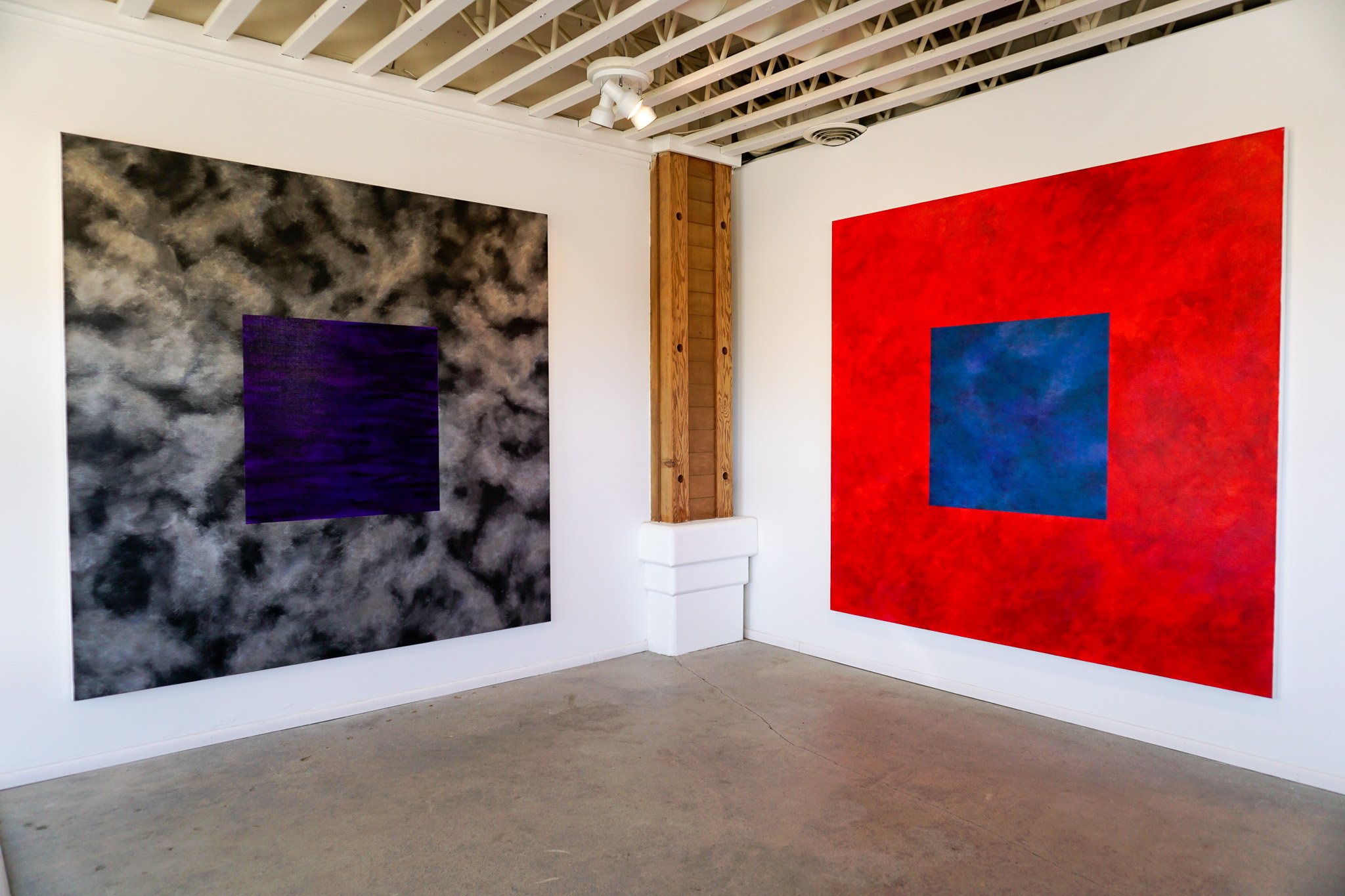
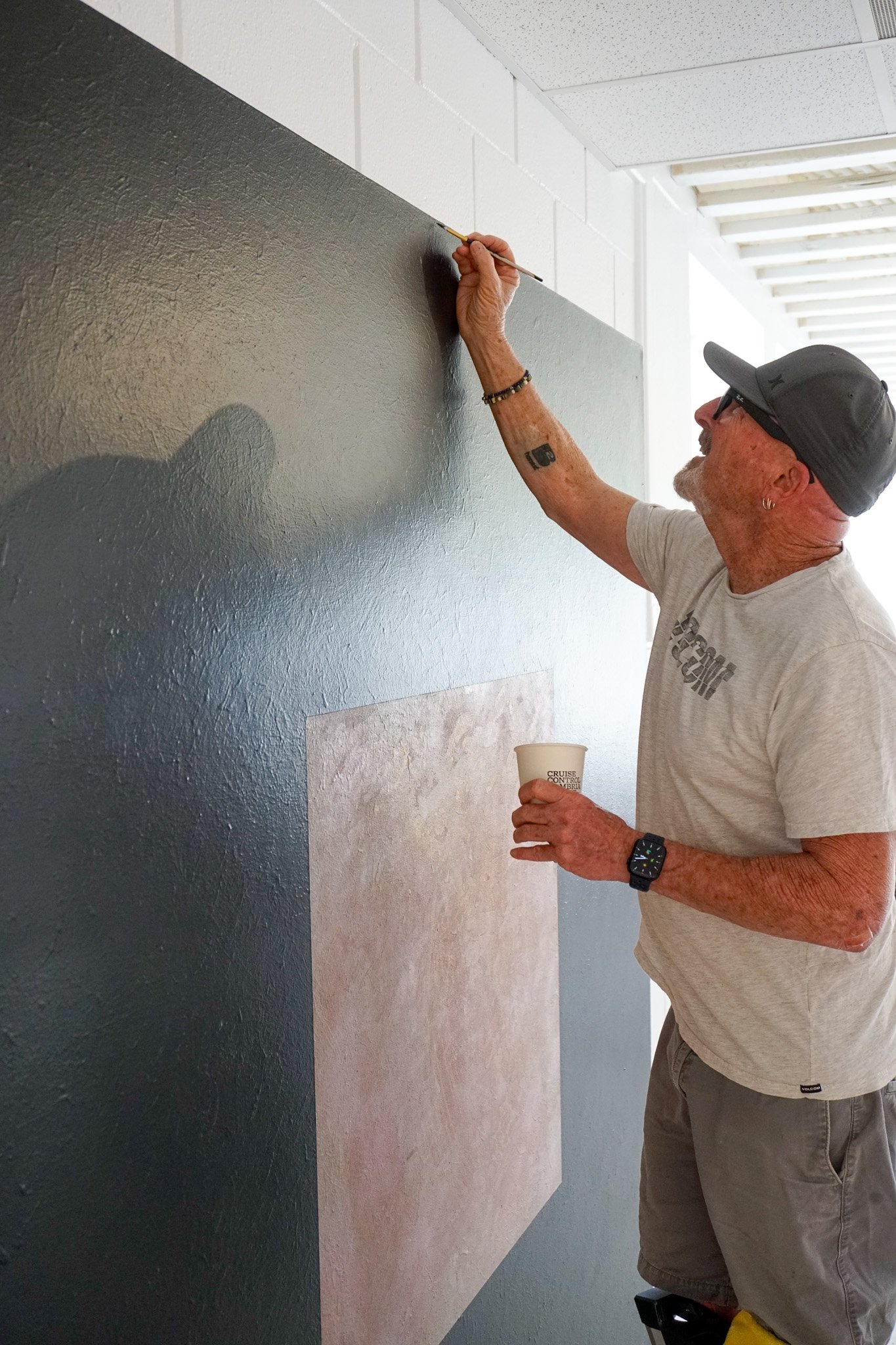
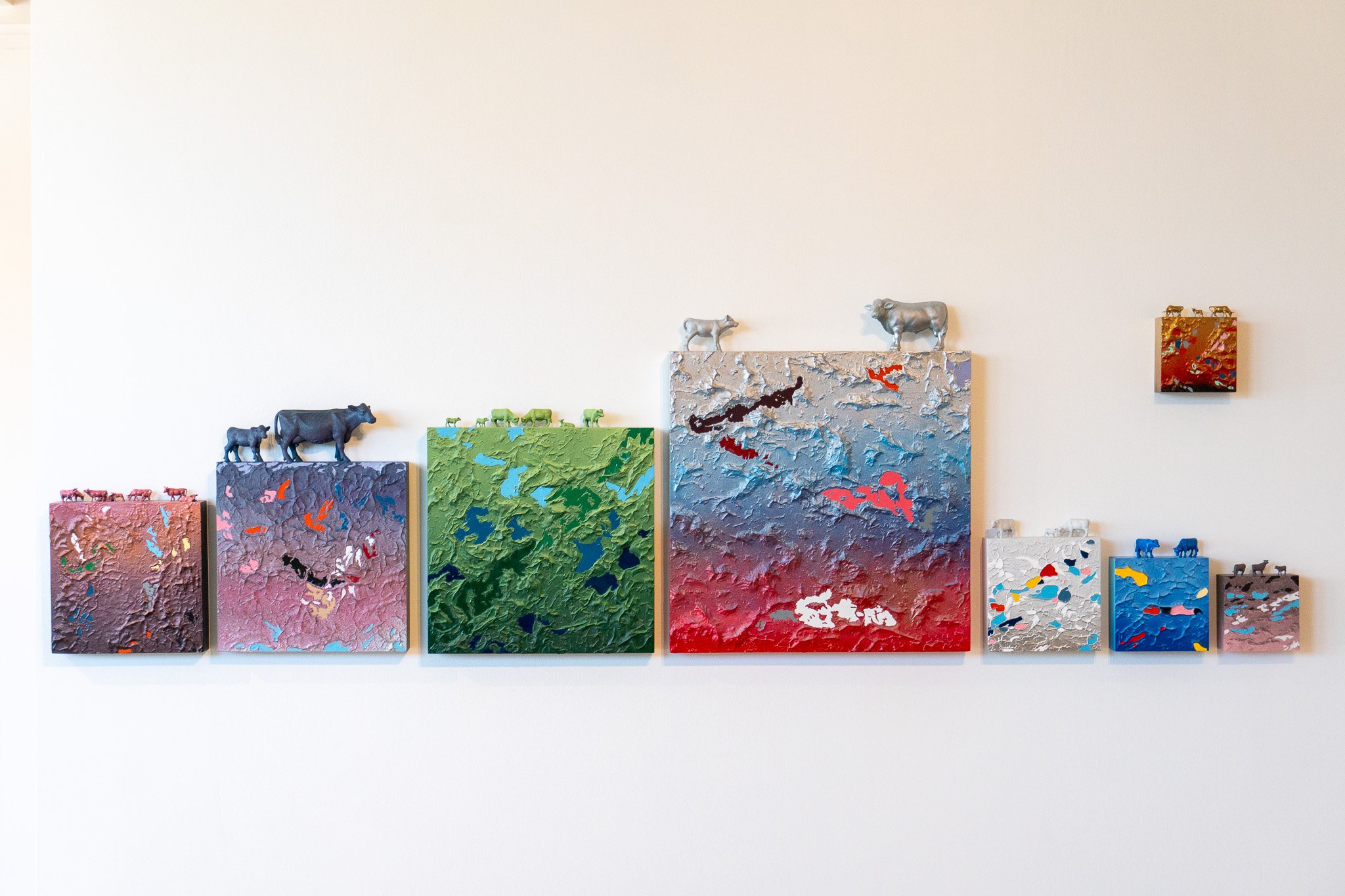
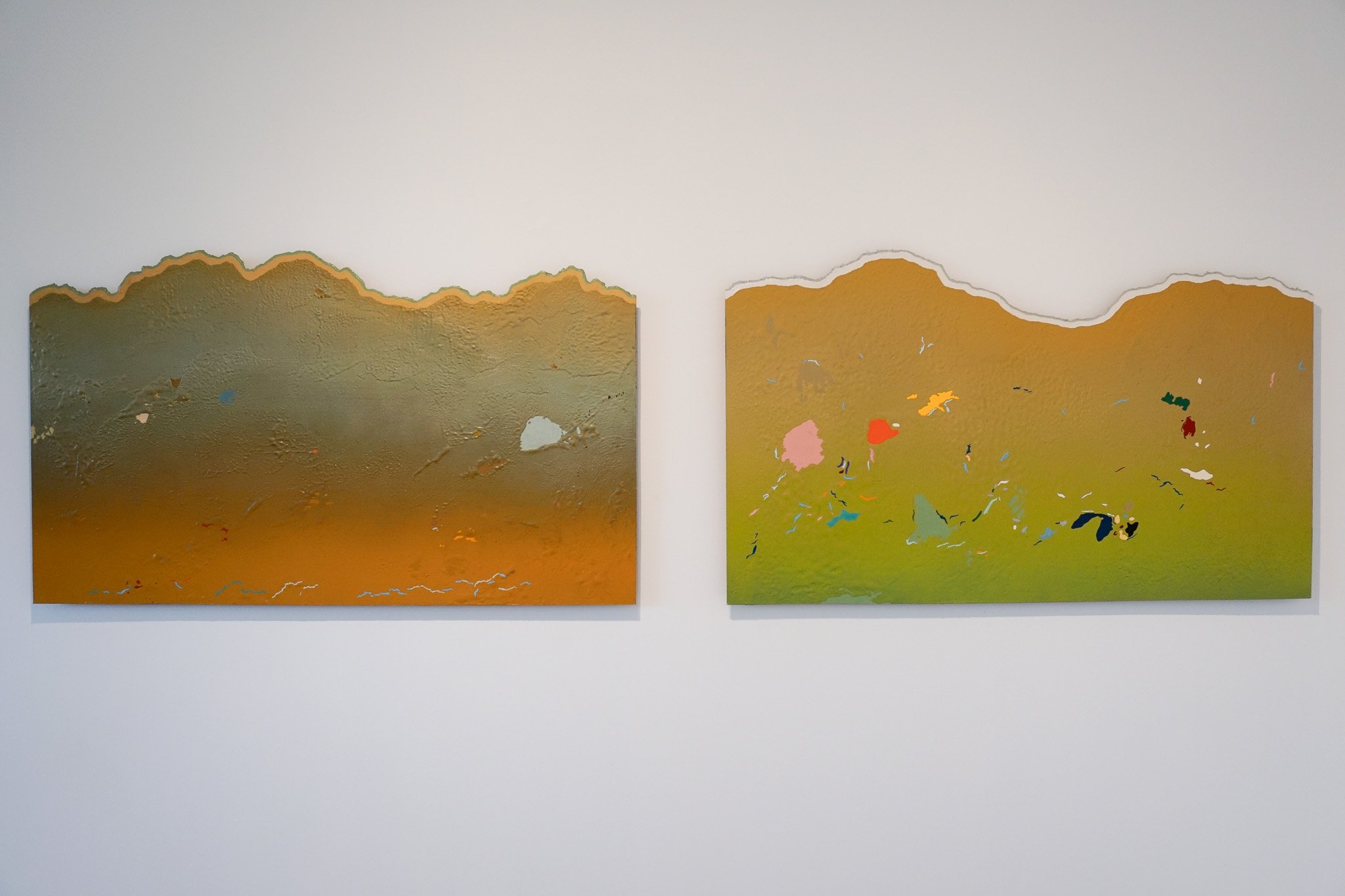
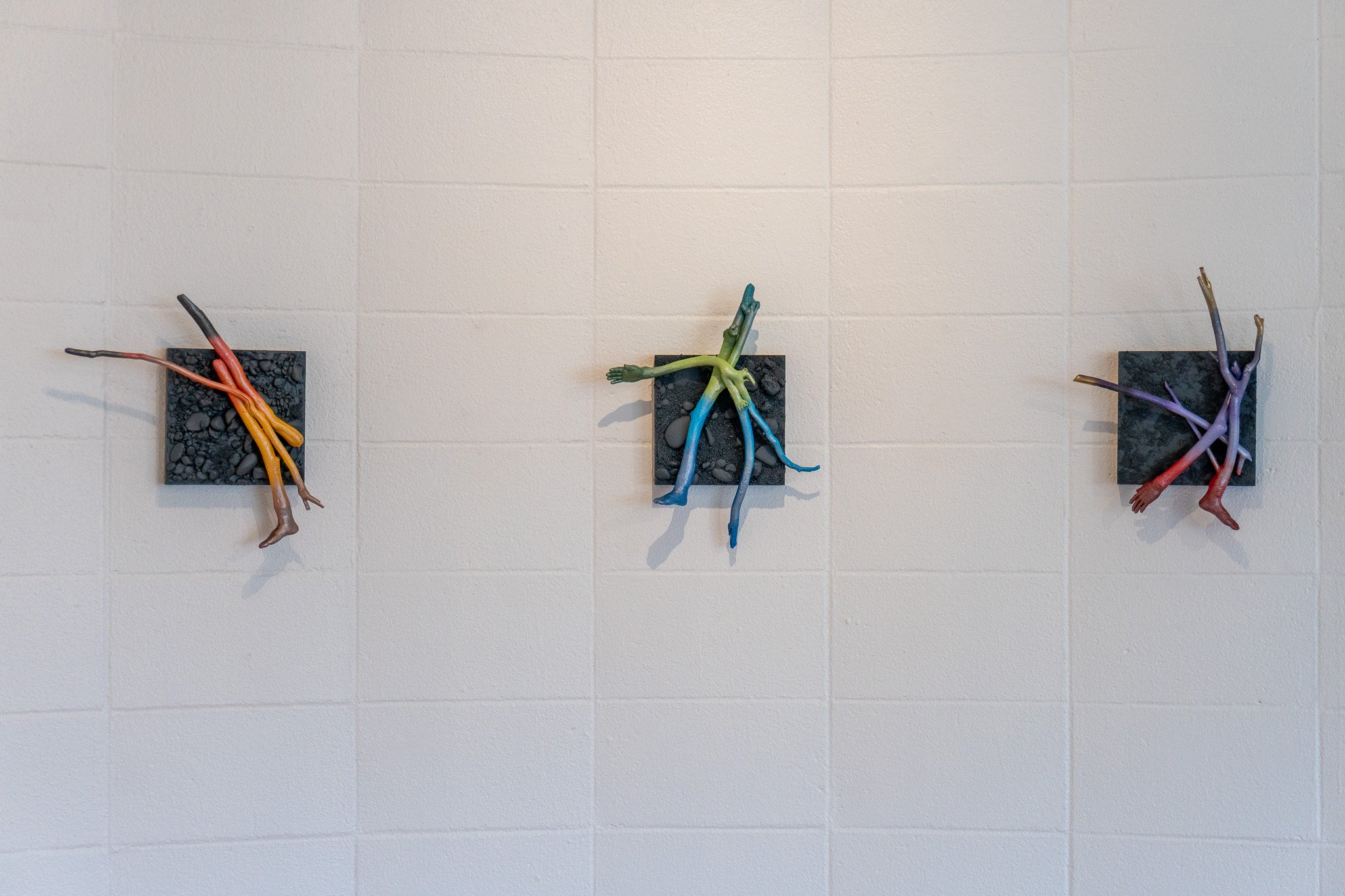
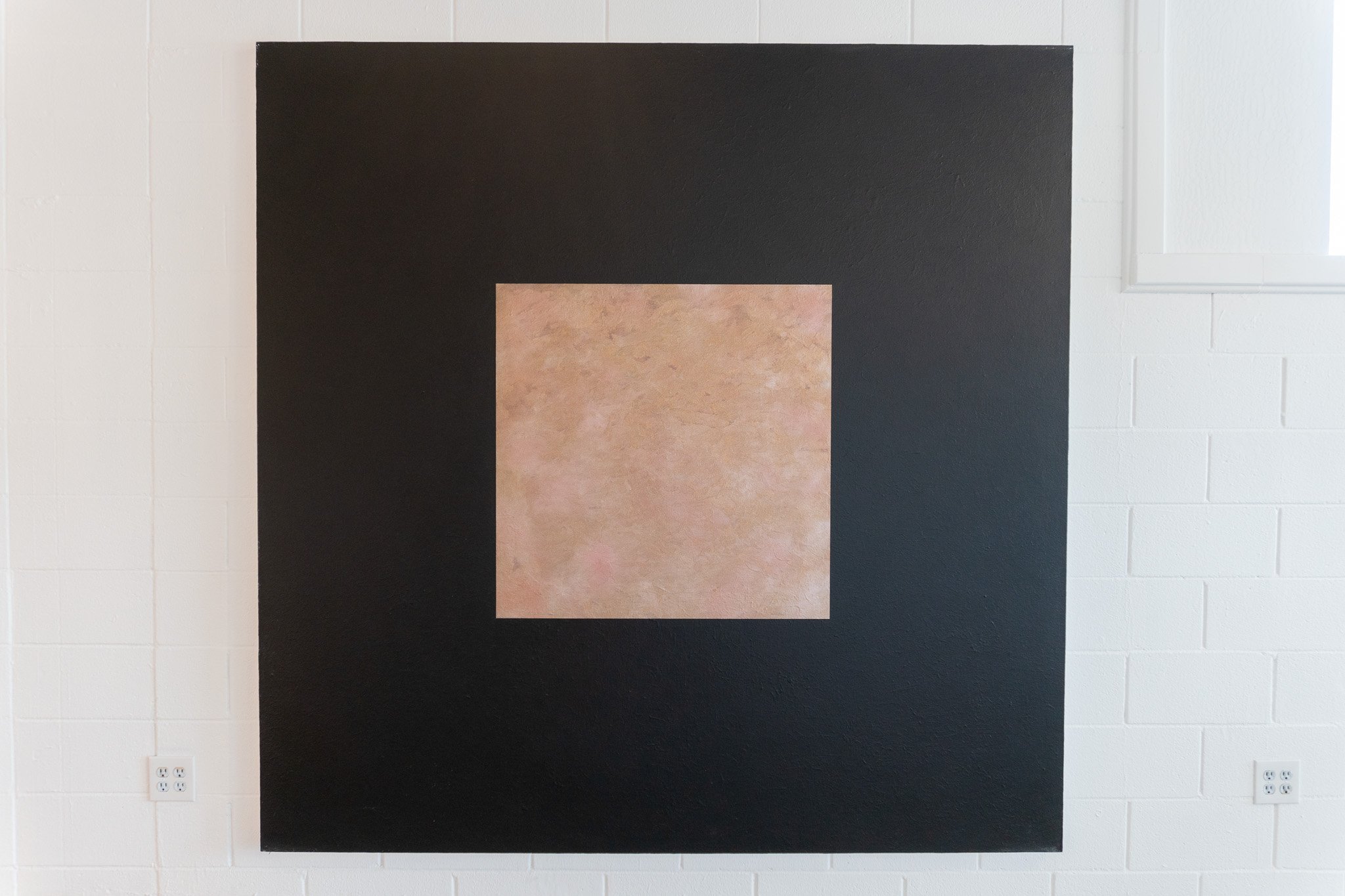

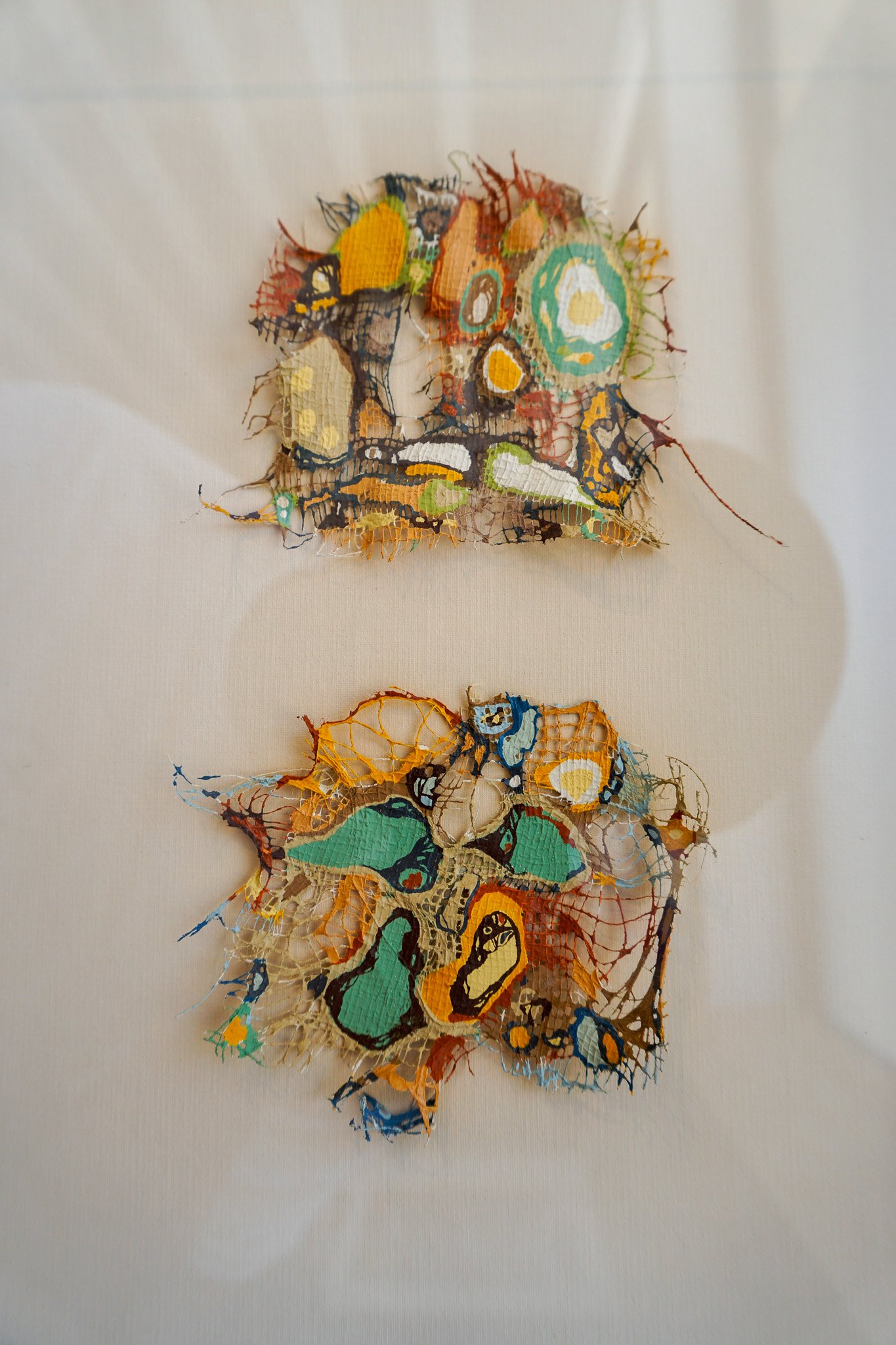
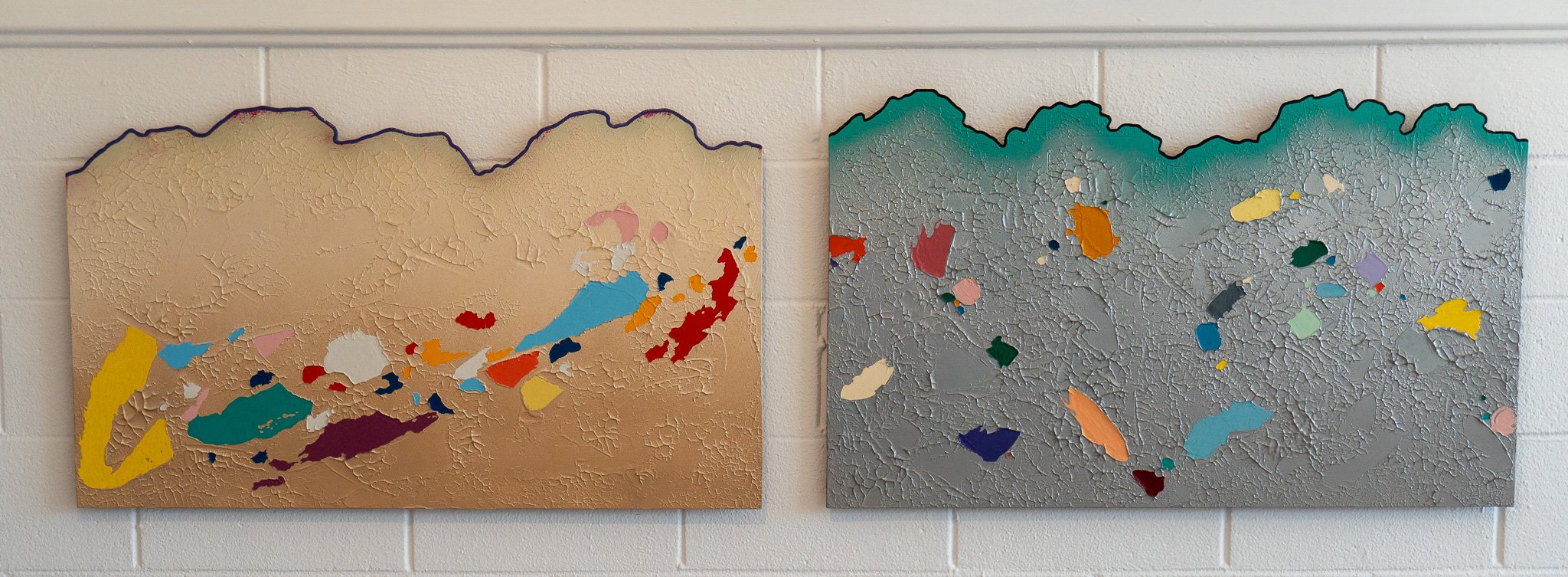
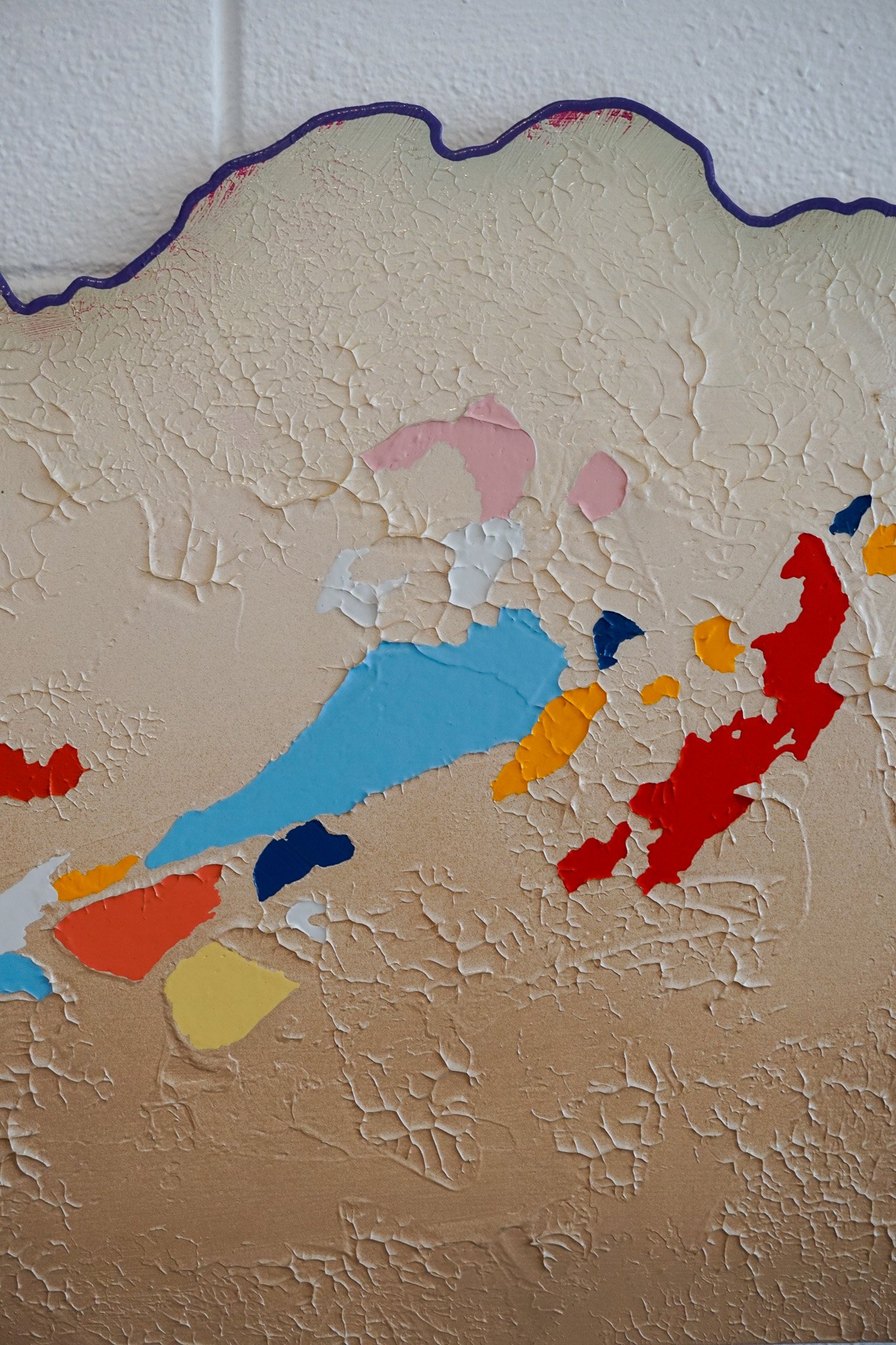

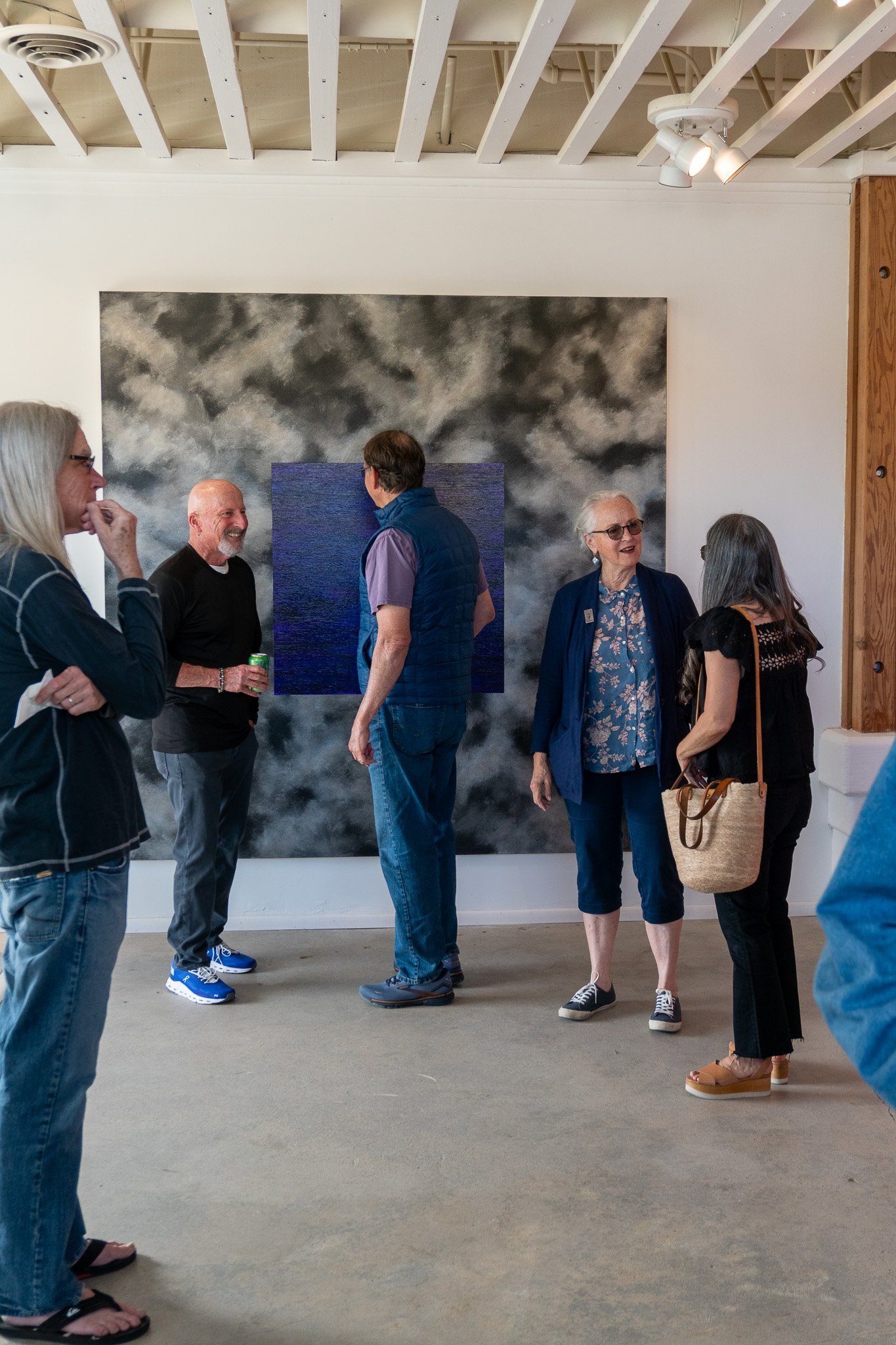
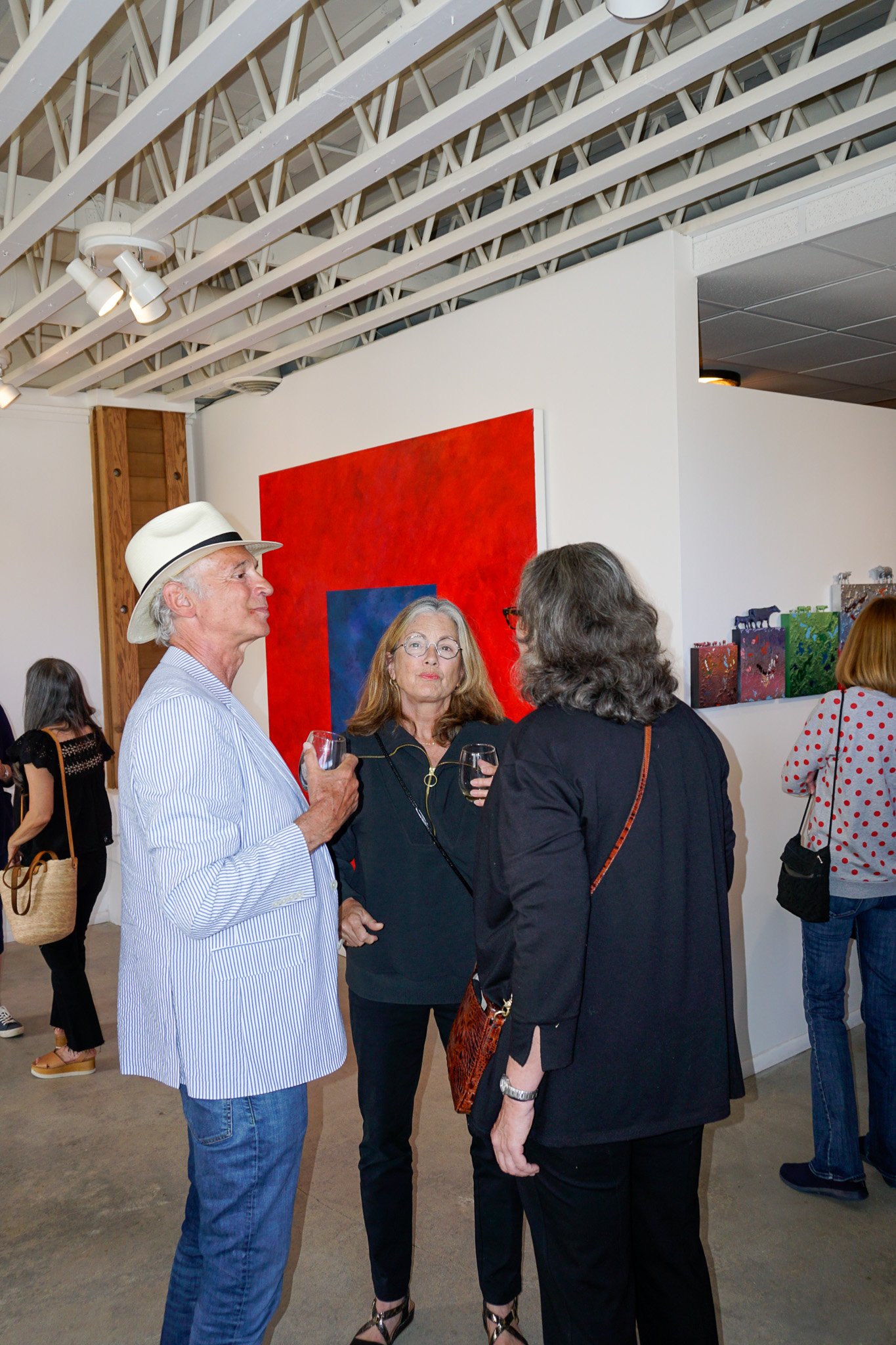
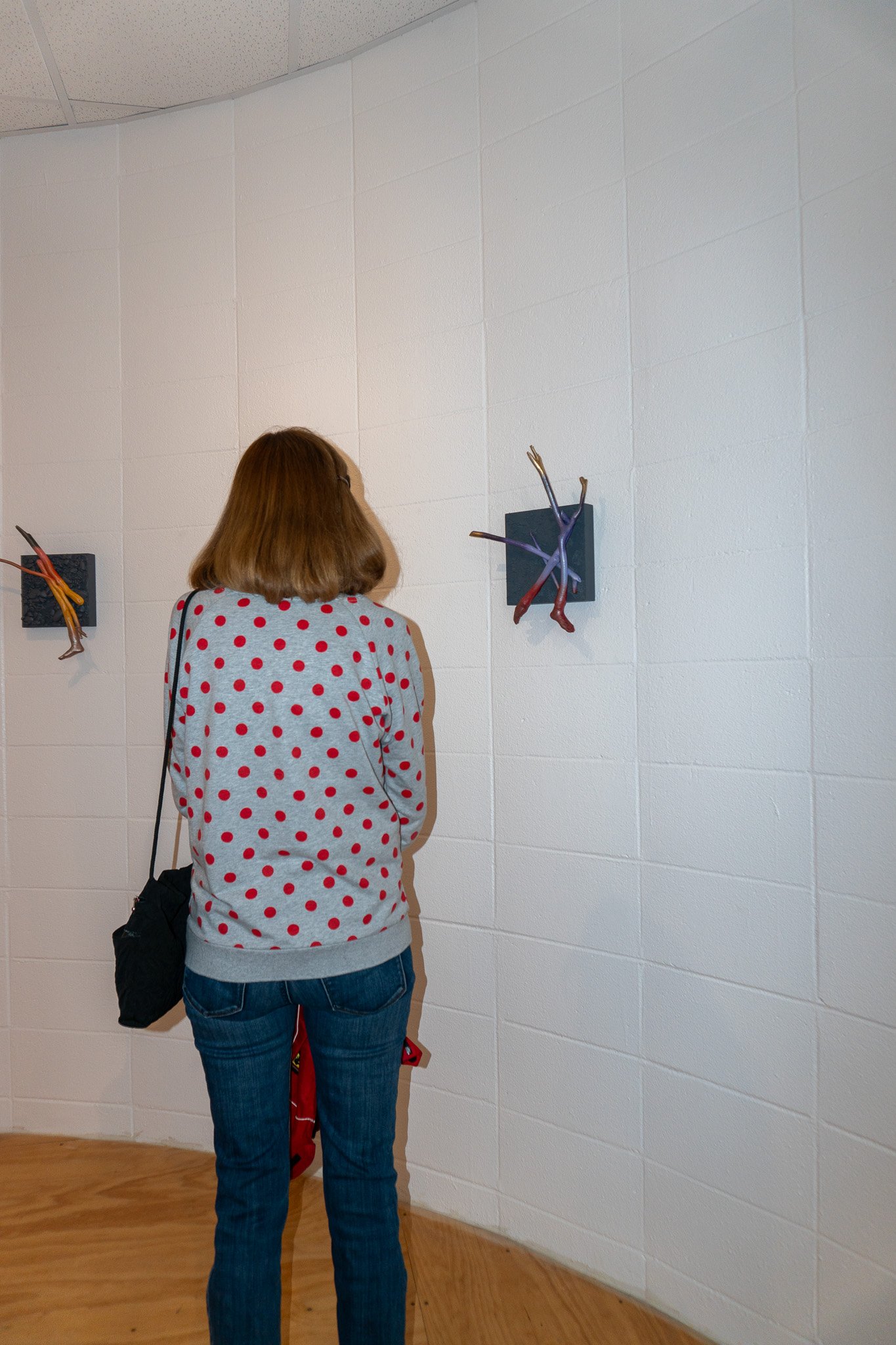
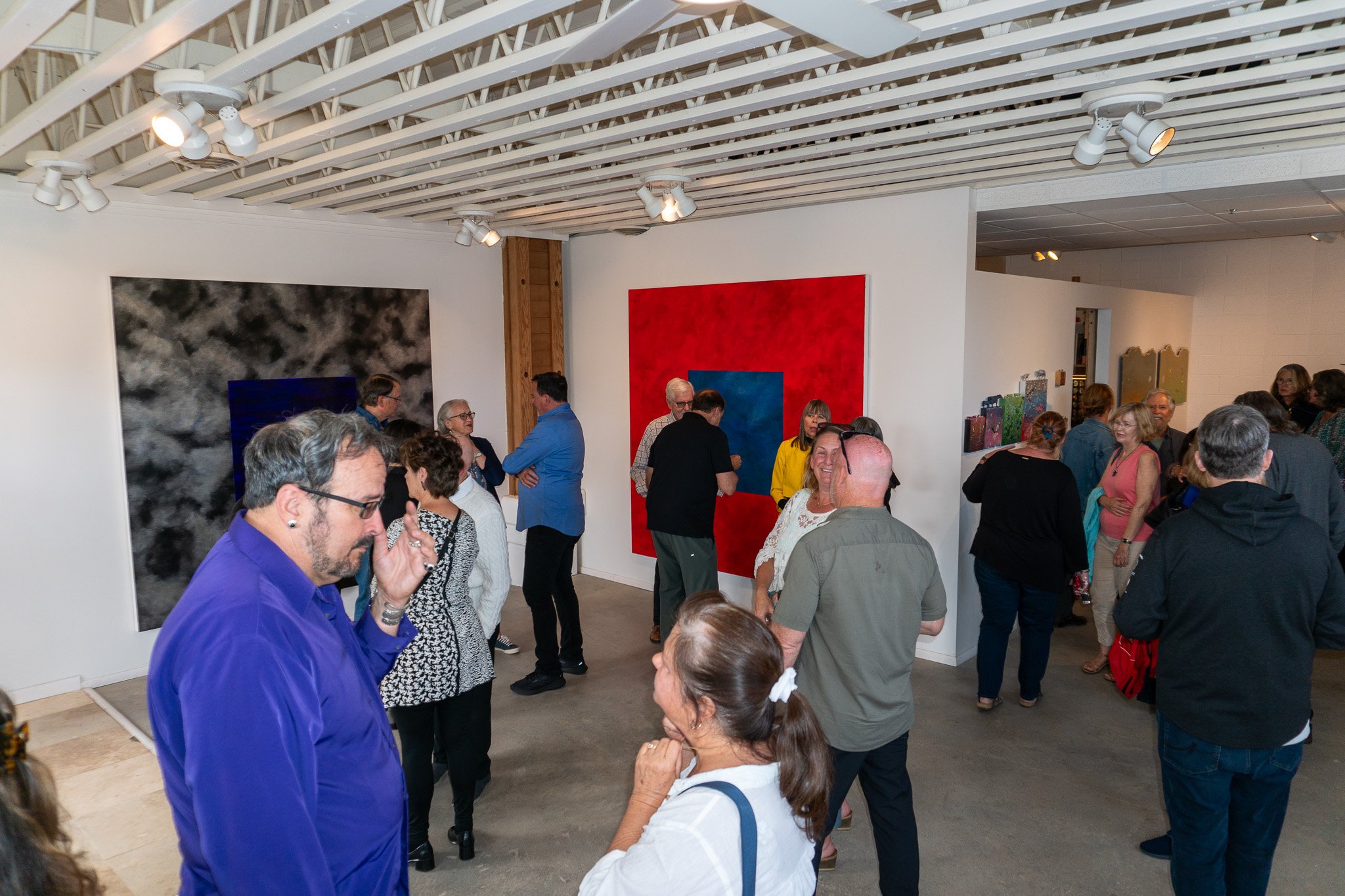
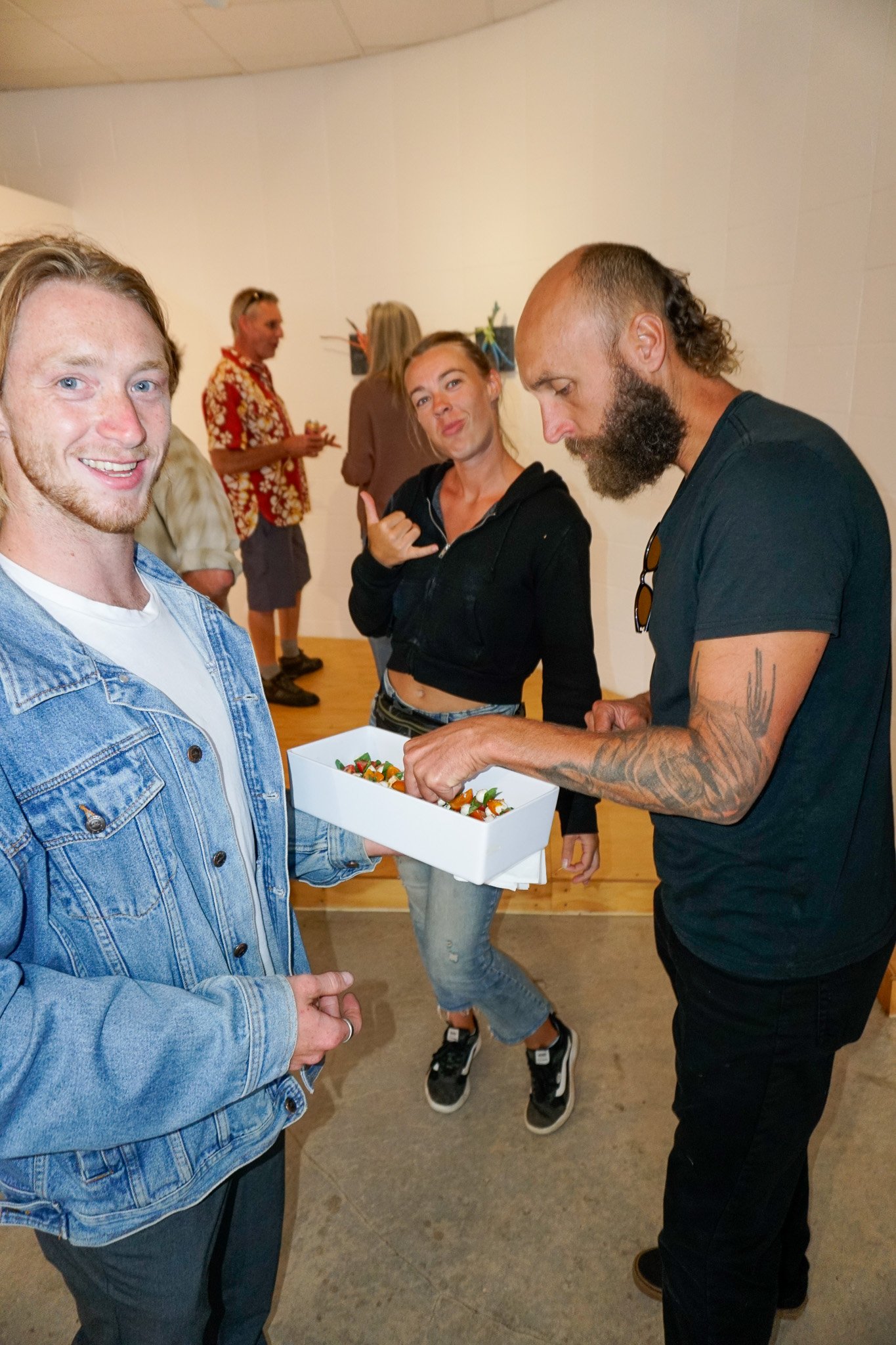
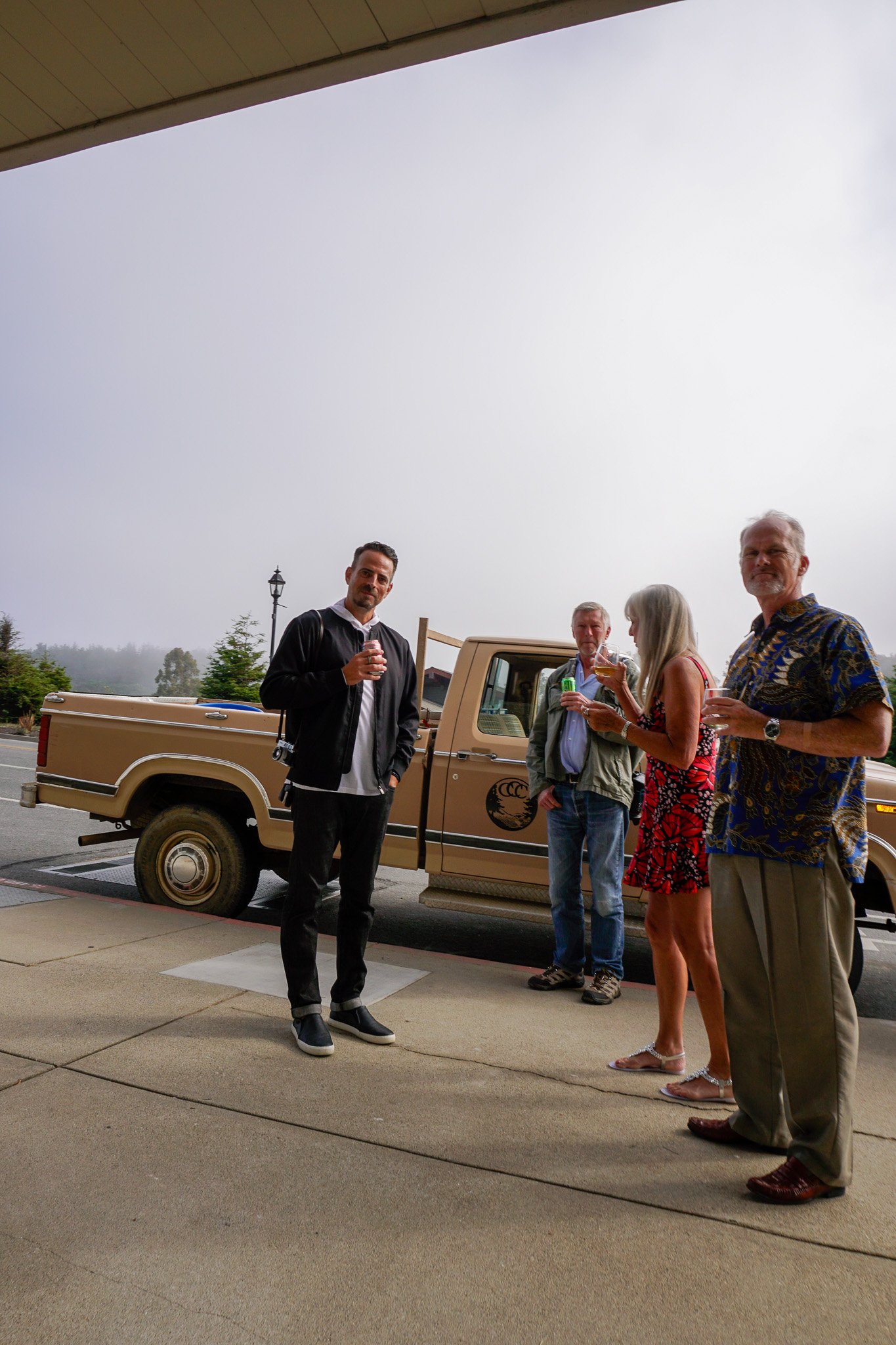
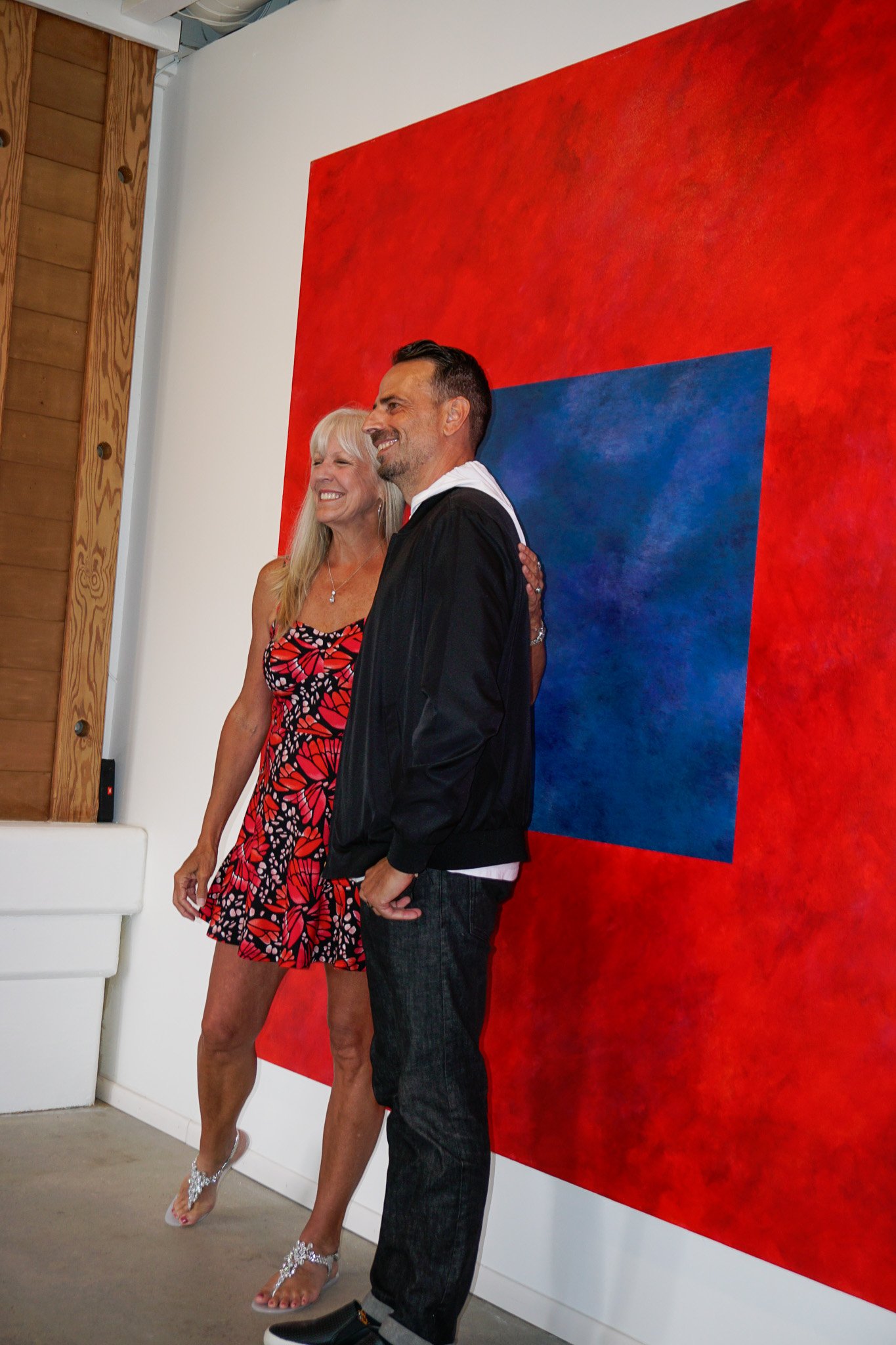
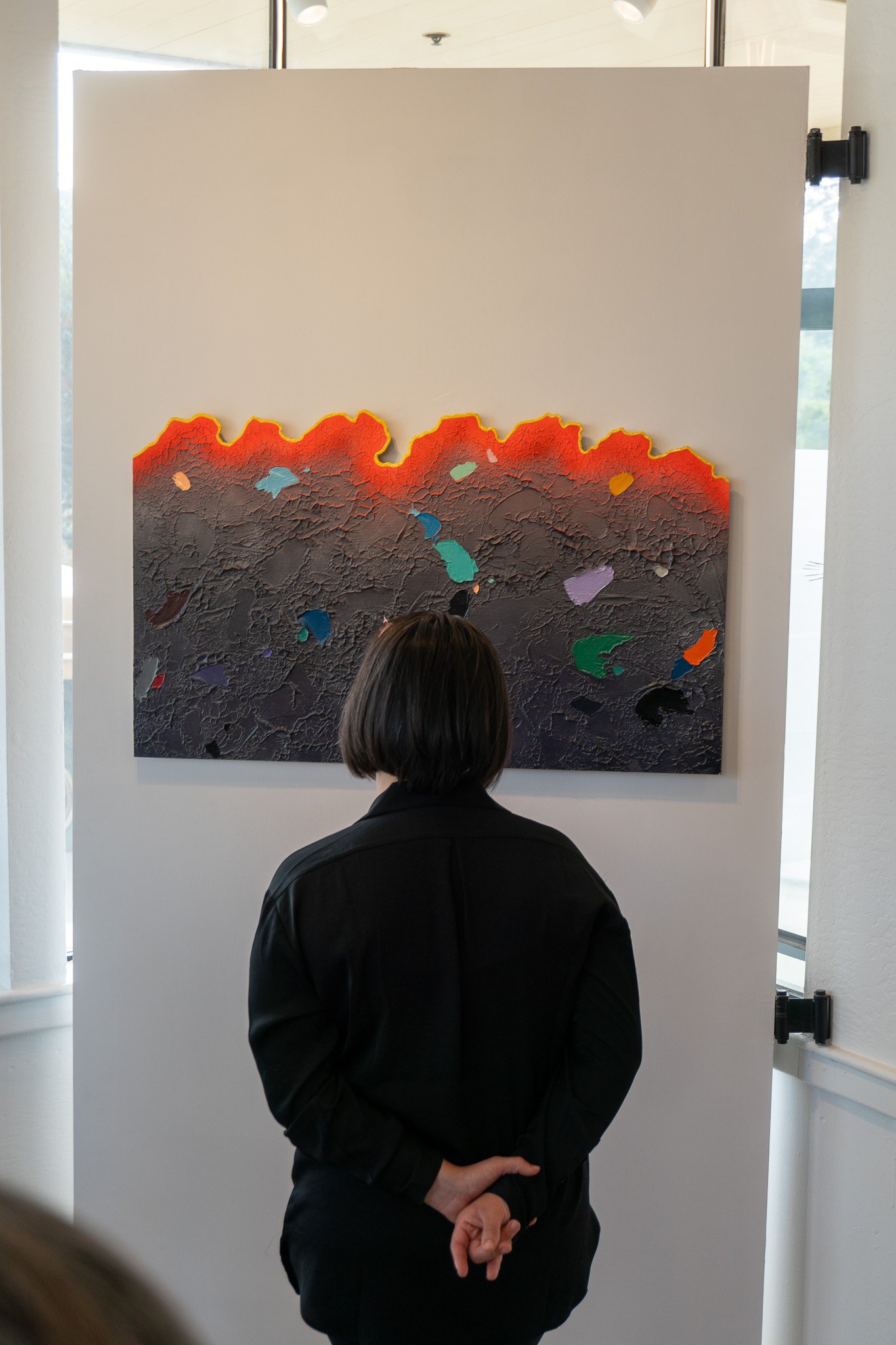
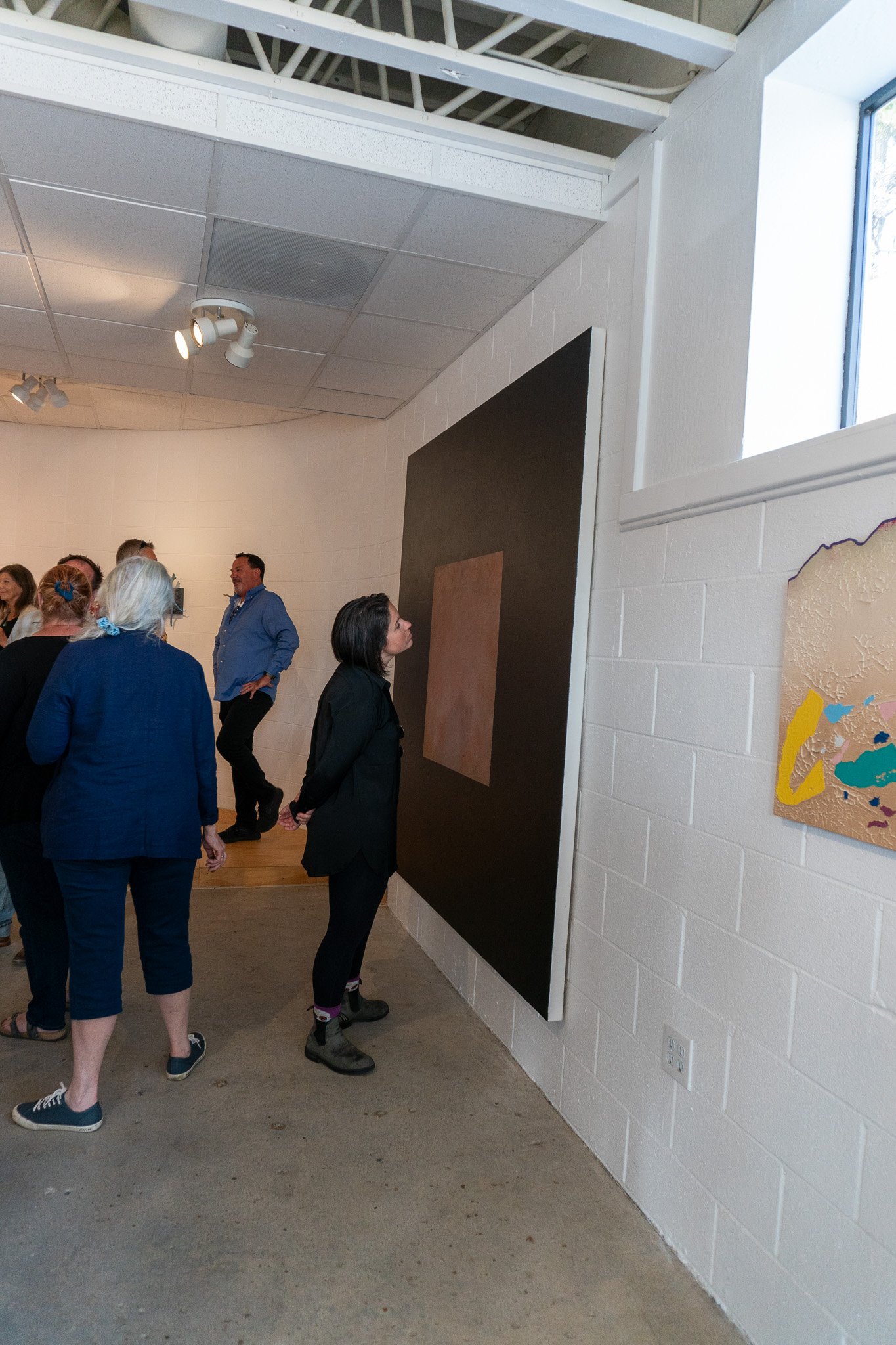
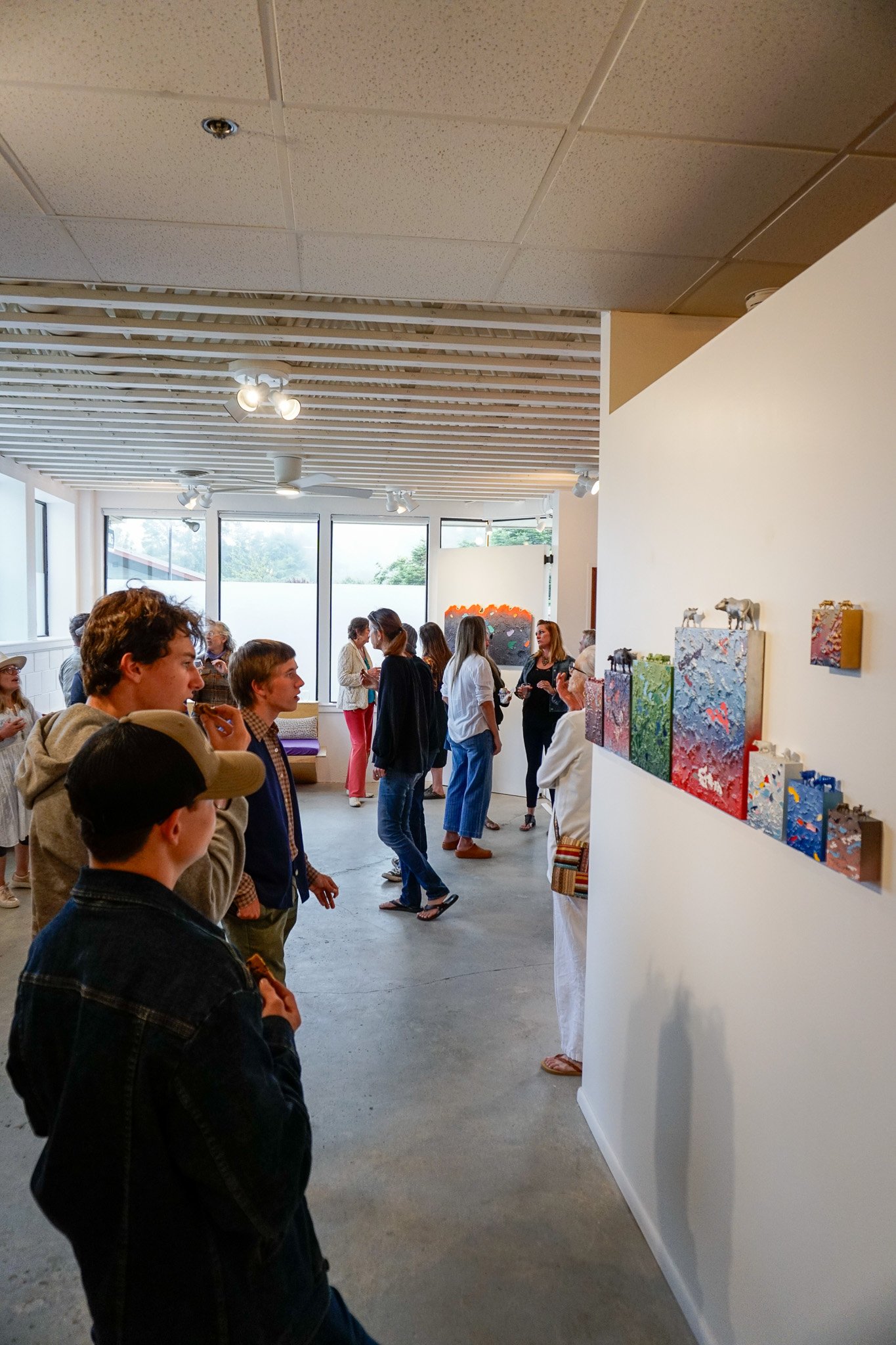
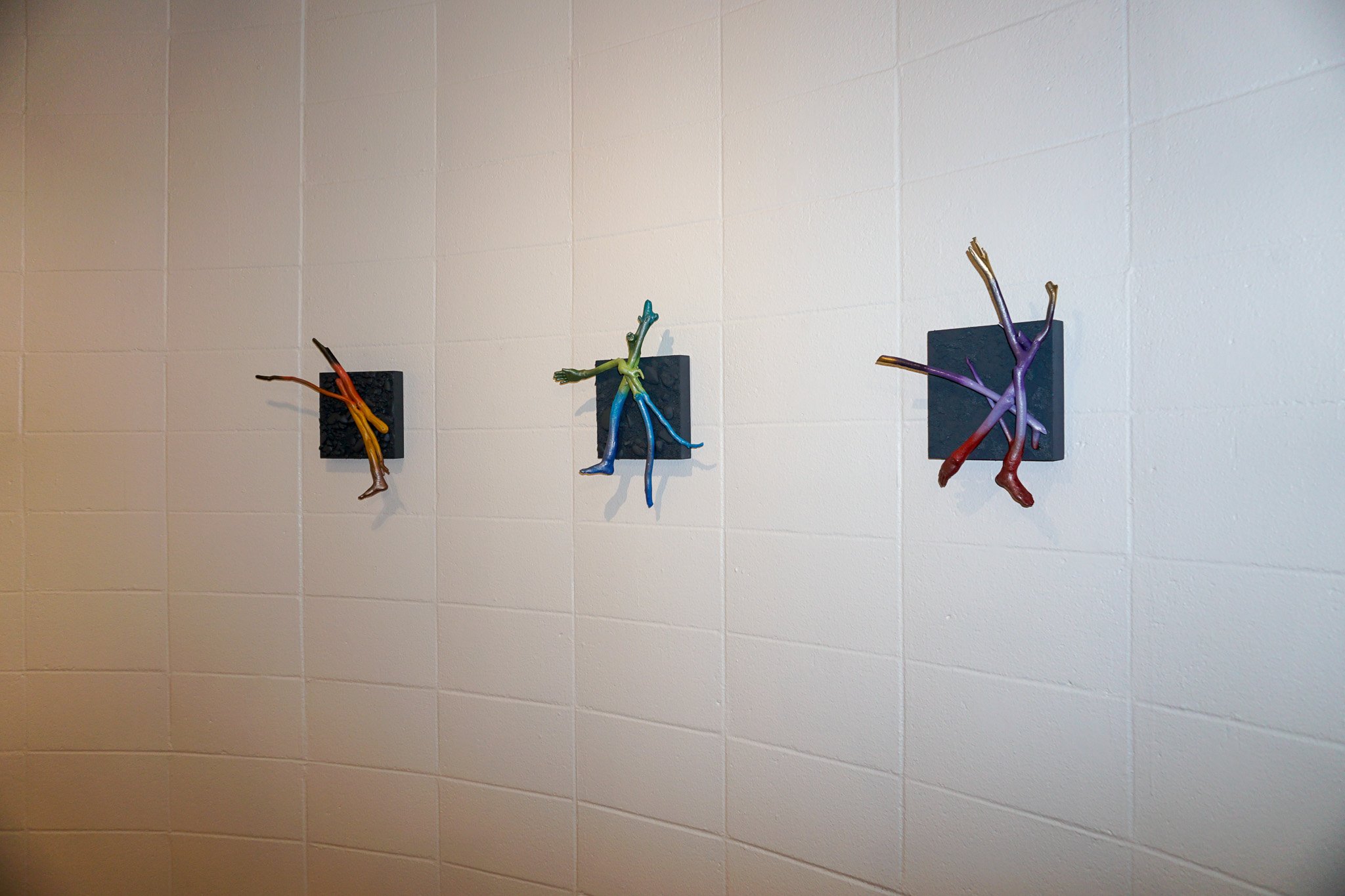
ALEX KOPPS
Alex Kopps lived in San Francisco and attended the California College of Arts. At CCA he focused on graphic design and painting while continuing to make and show fine art. Alex was introduced to film making through the amateur Super8 and VHS movies as he made traveling and surfing. This eventually led to directing music videos, commercials, short documentaries and other film related work such as title design, motion graphics and creative / art direction roles.
Always interested in process and discovery, Alex has worked in many mediums including painting, drawing, photography and a variety of film making styles and techniques. Alex takes much of his inspiration from contemporary urban culture, bad graffiti, street ephemera and the analogue video and film effects from the past. He has traveled extensively showing his fine art and working on a wide range of creative projects and finds intrest in the causal, chaotic, homemade and unexpected in art, surfing and life. Alex currently lives on the central coast, where he was raised.
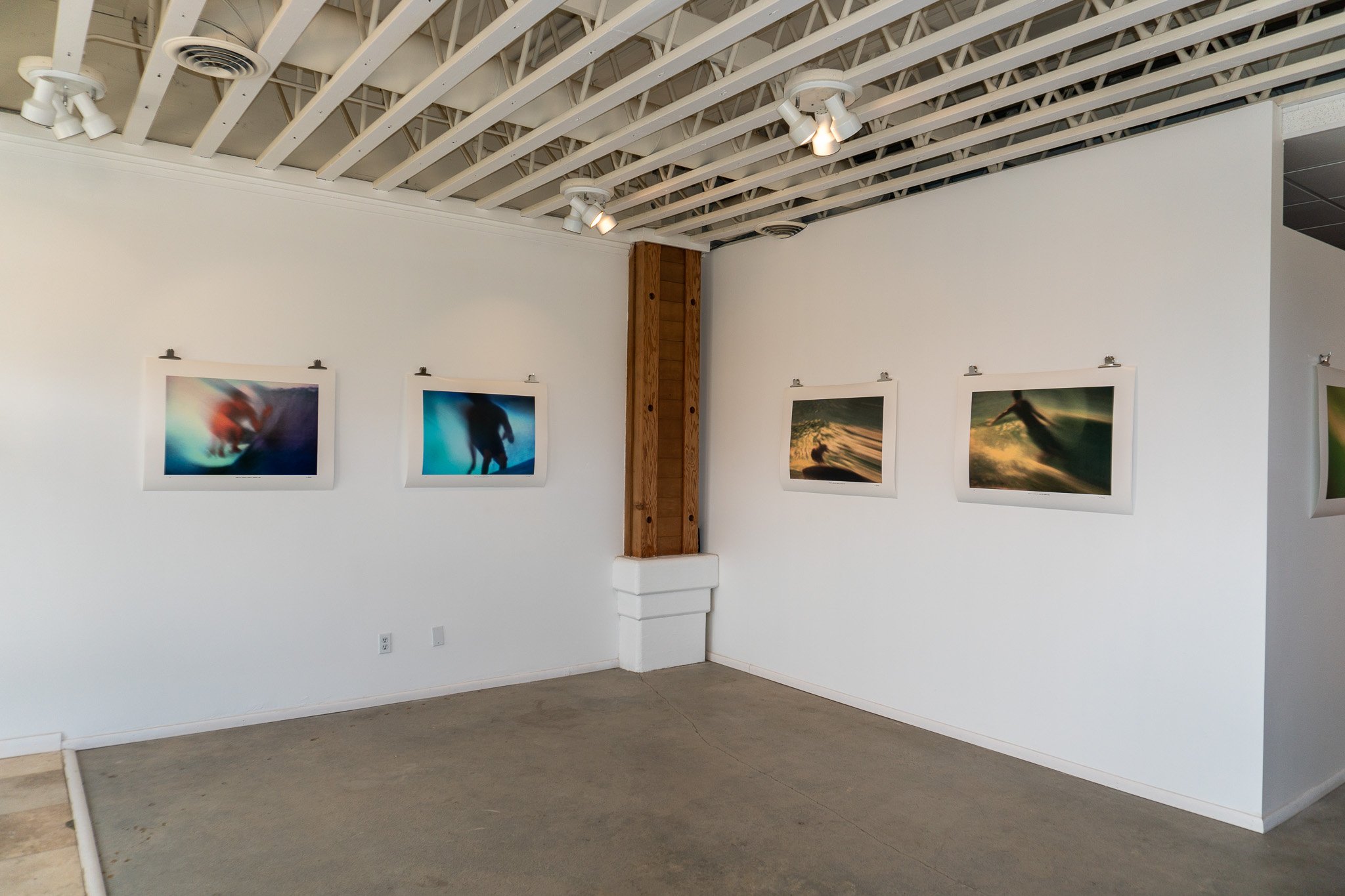
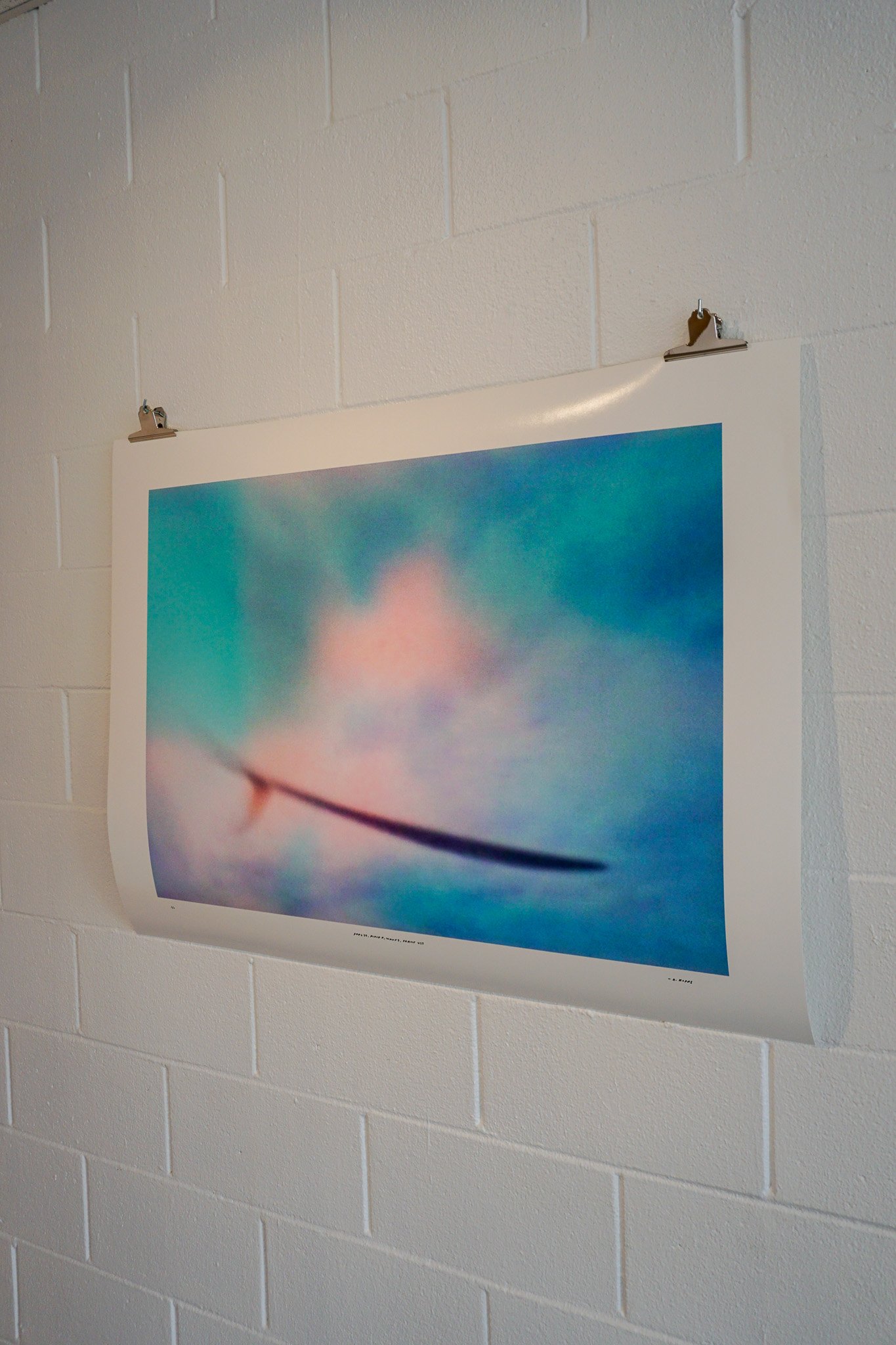
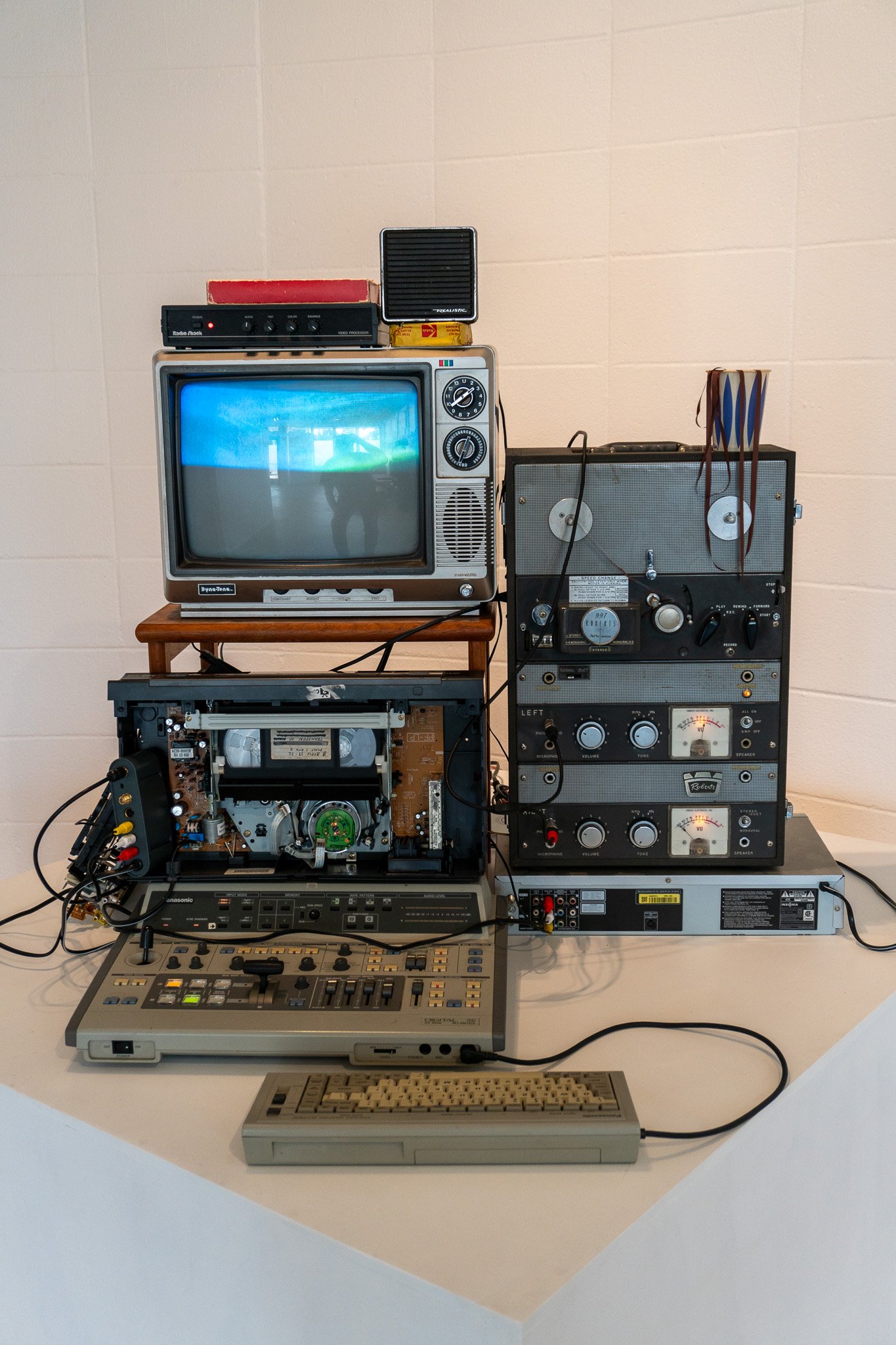
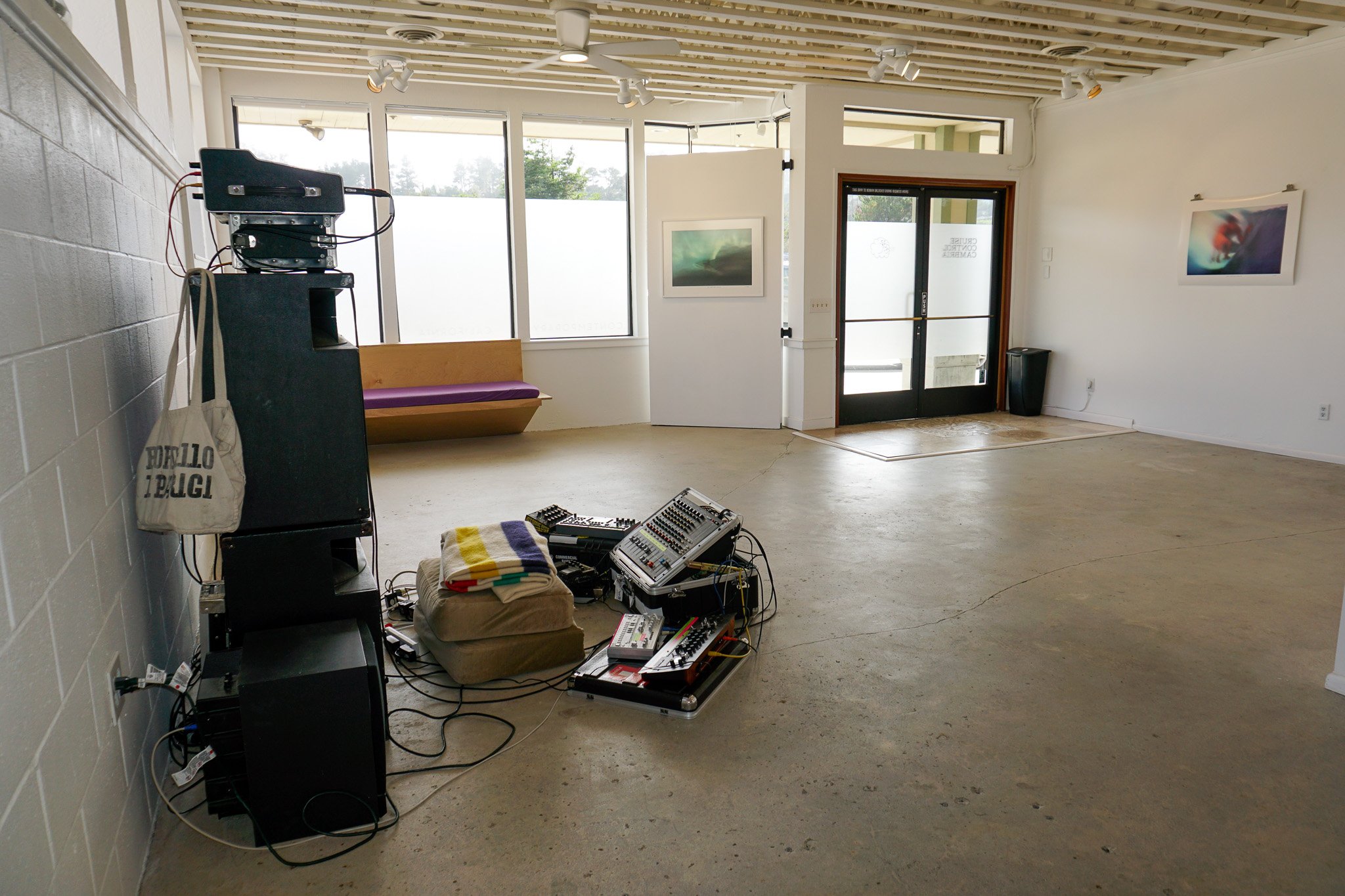
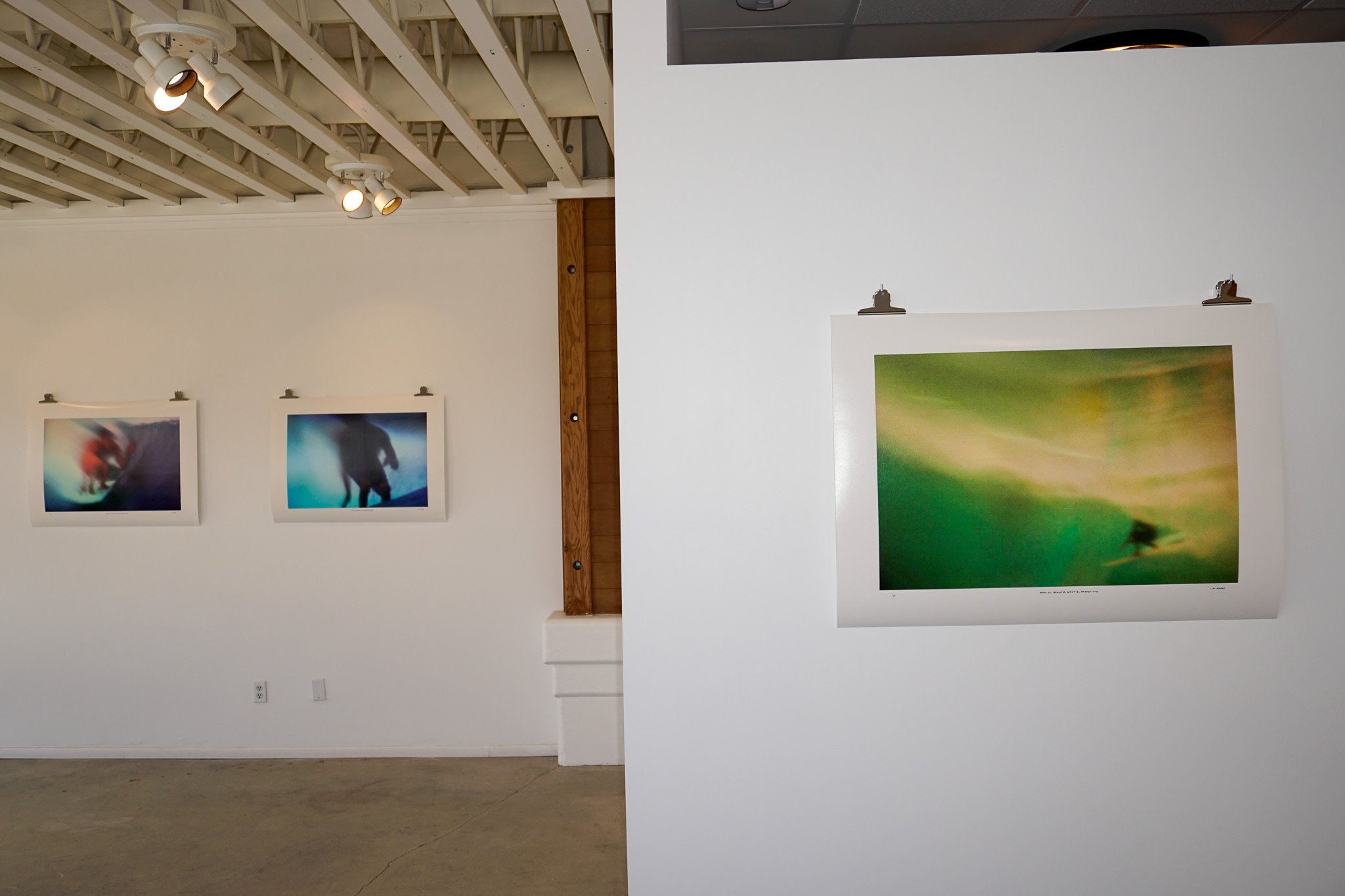
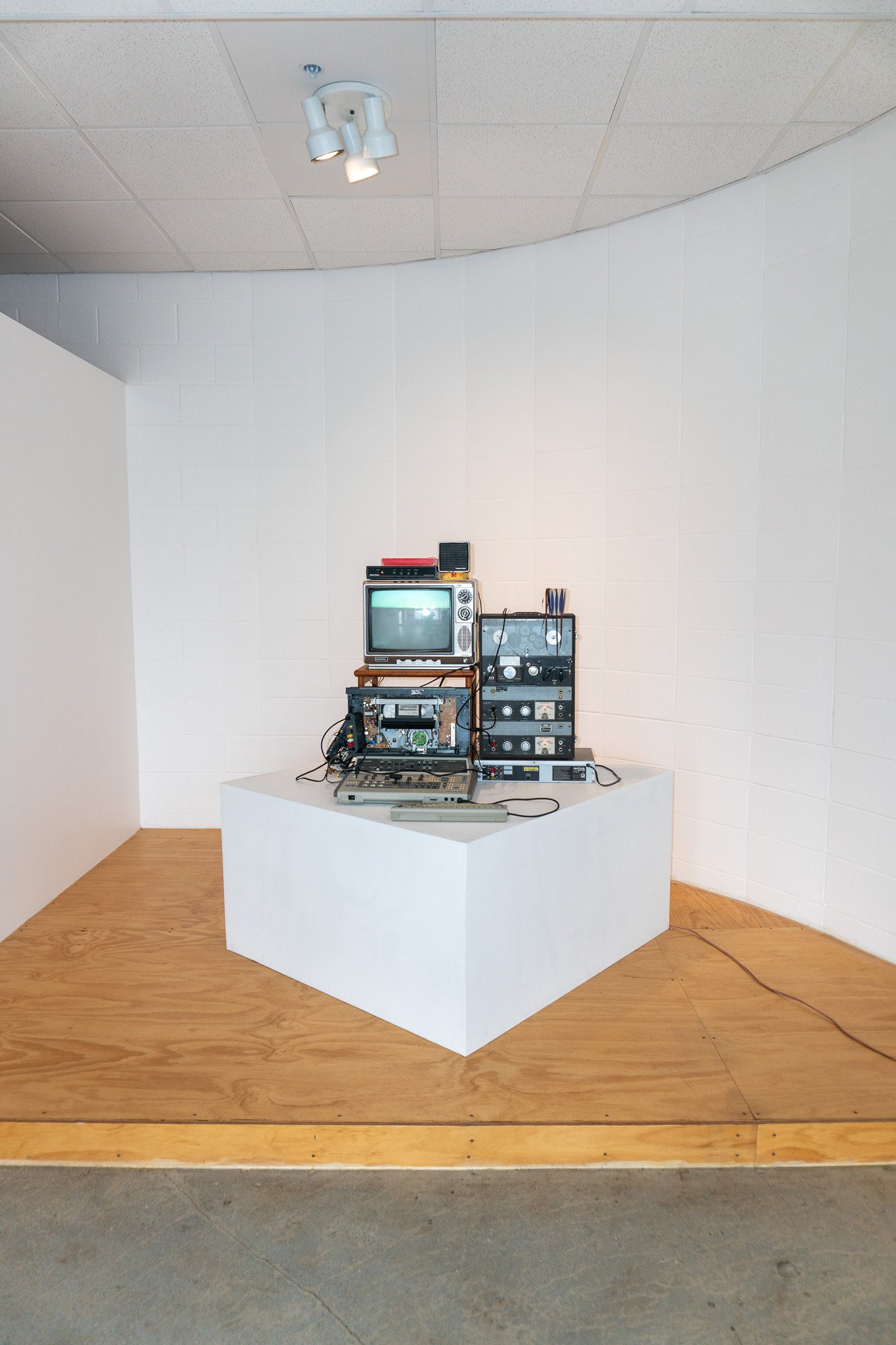
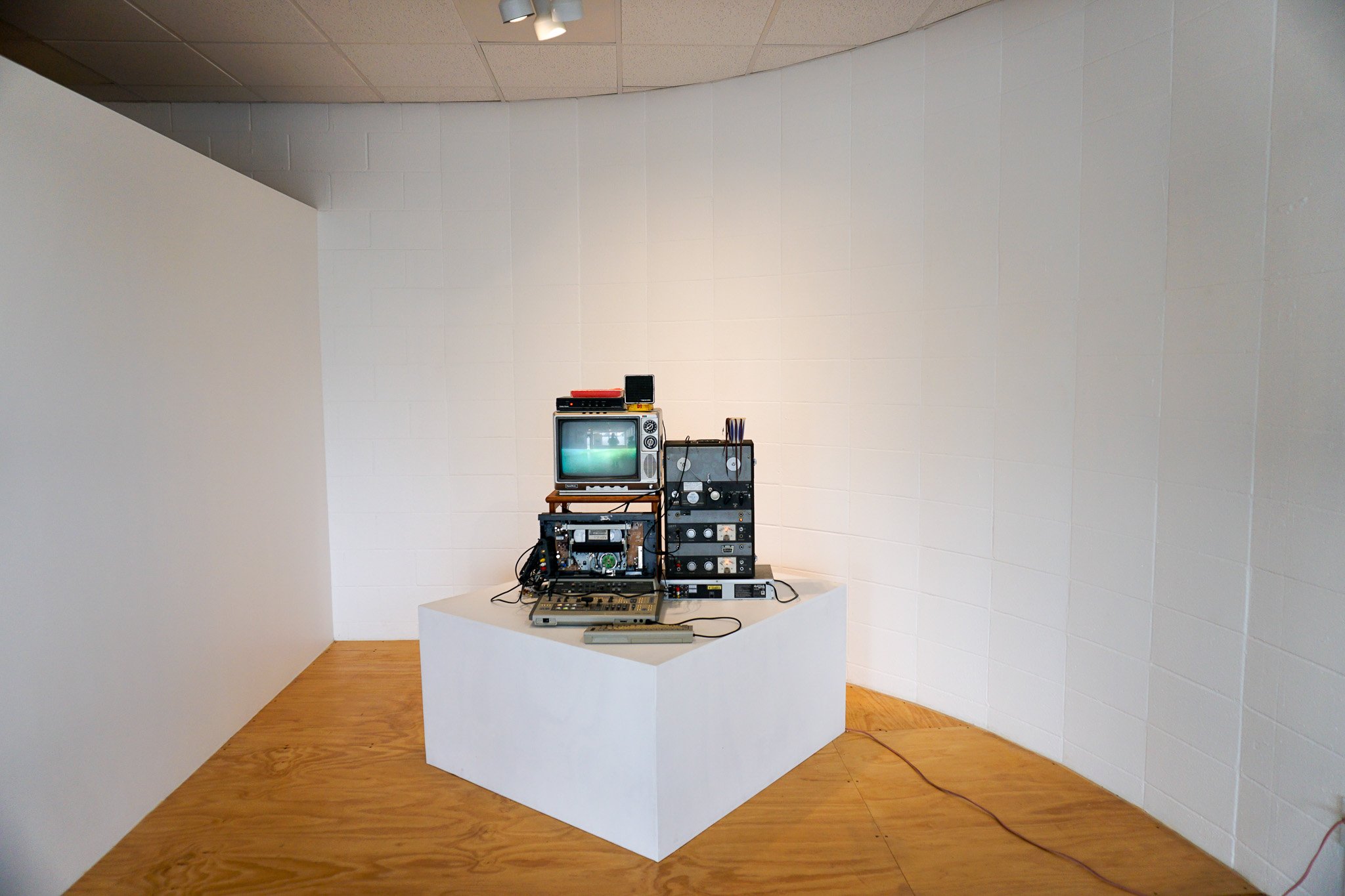

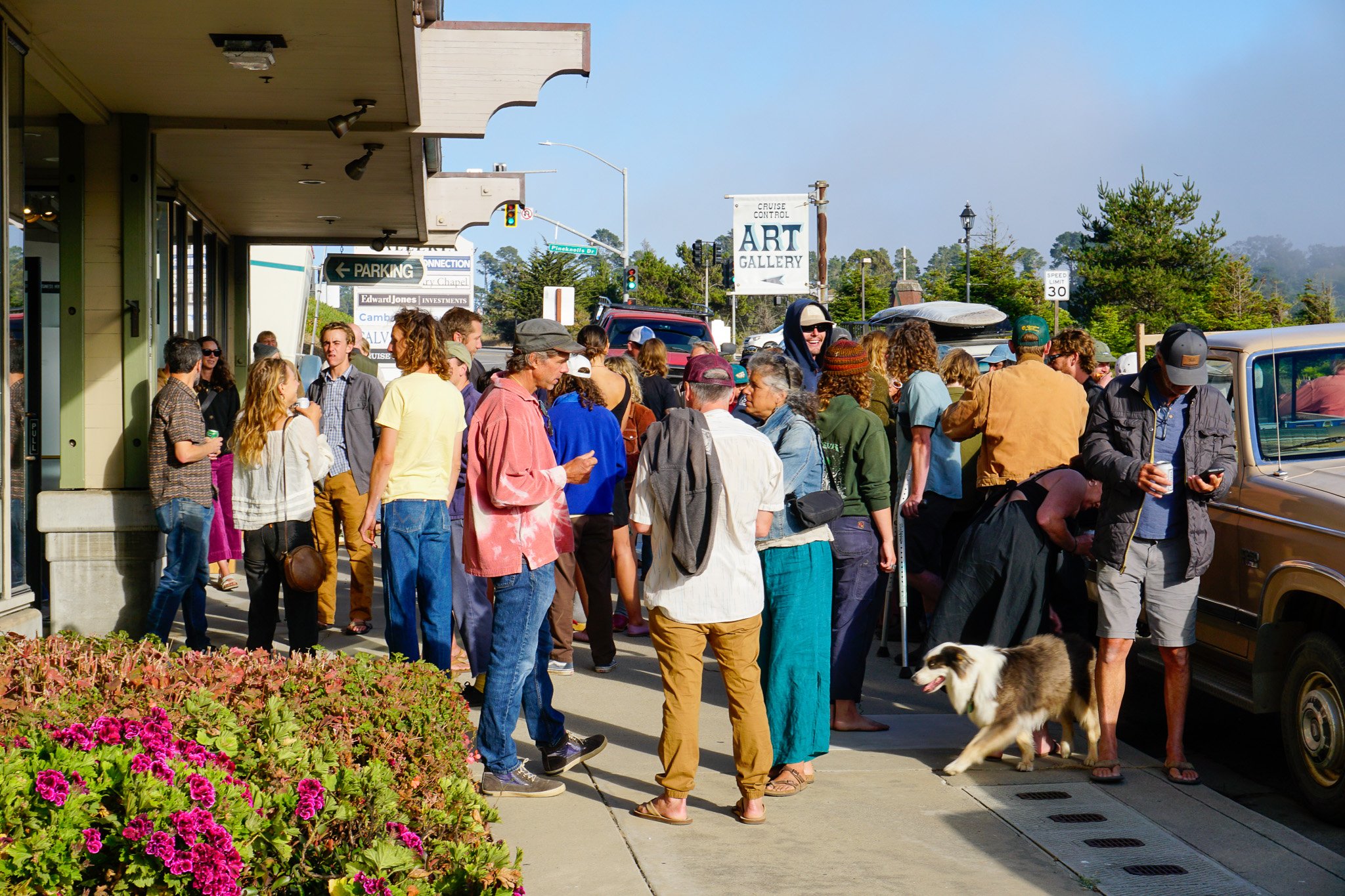
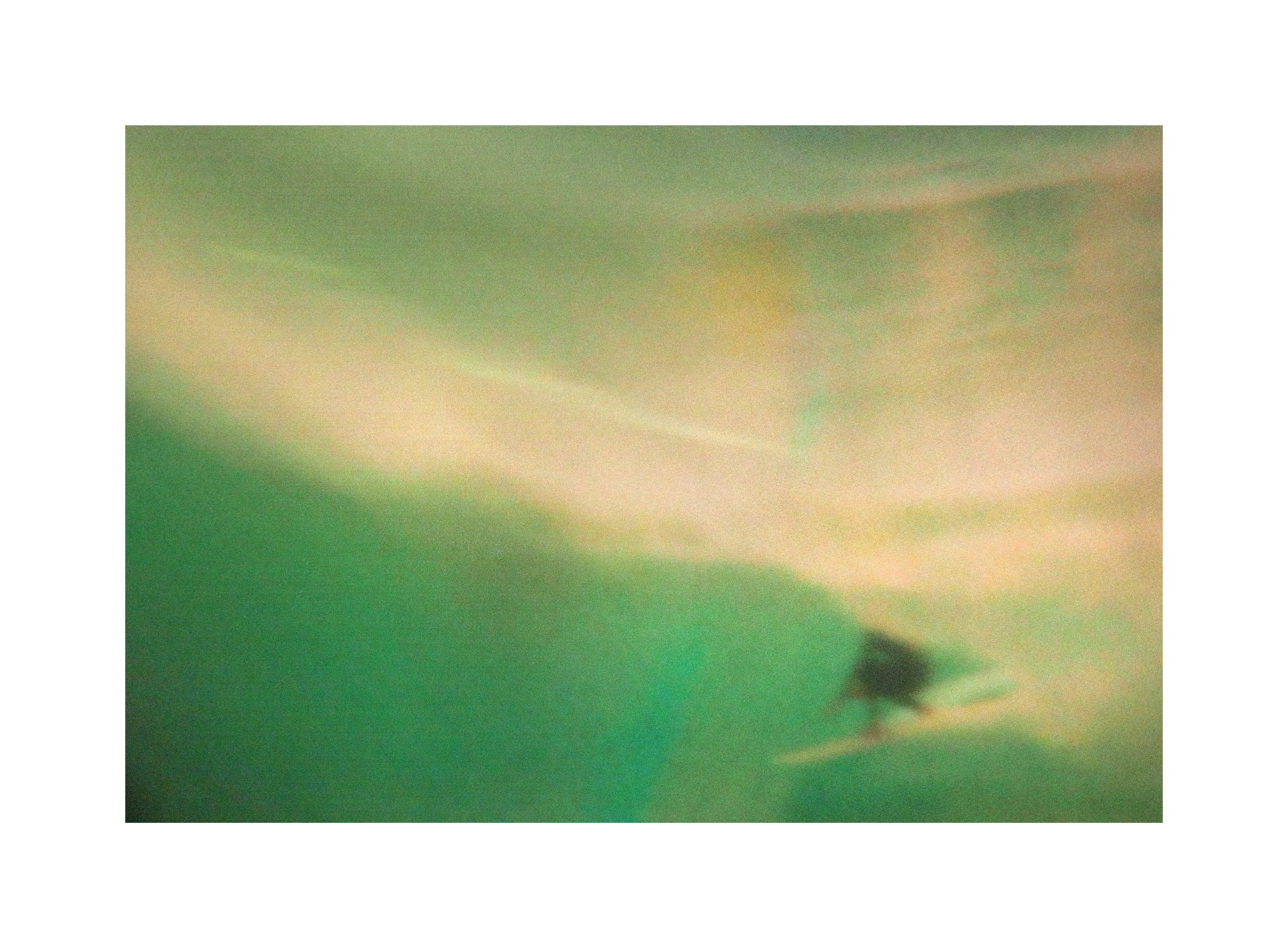
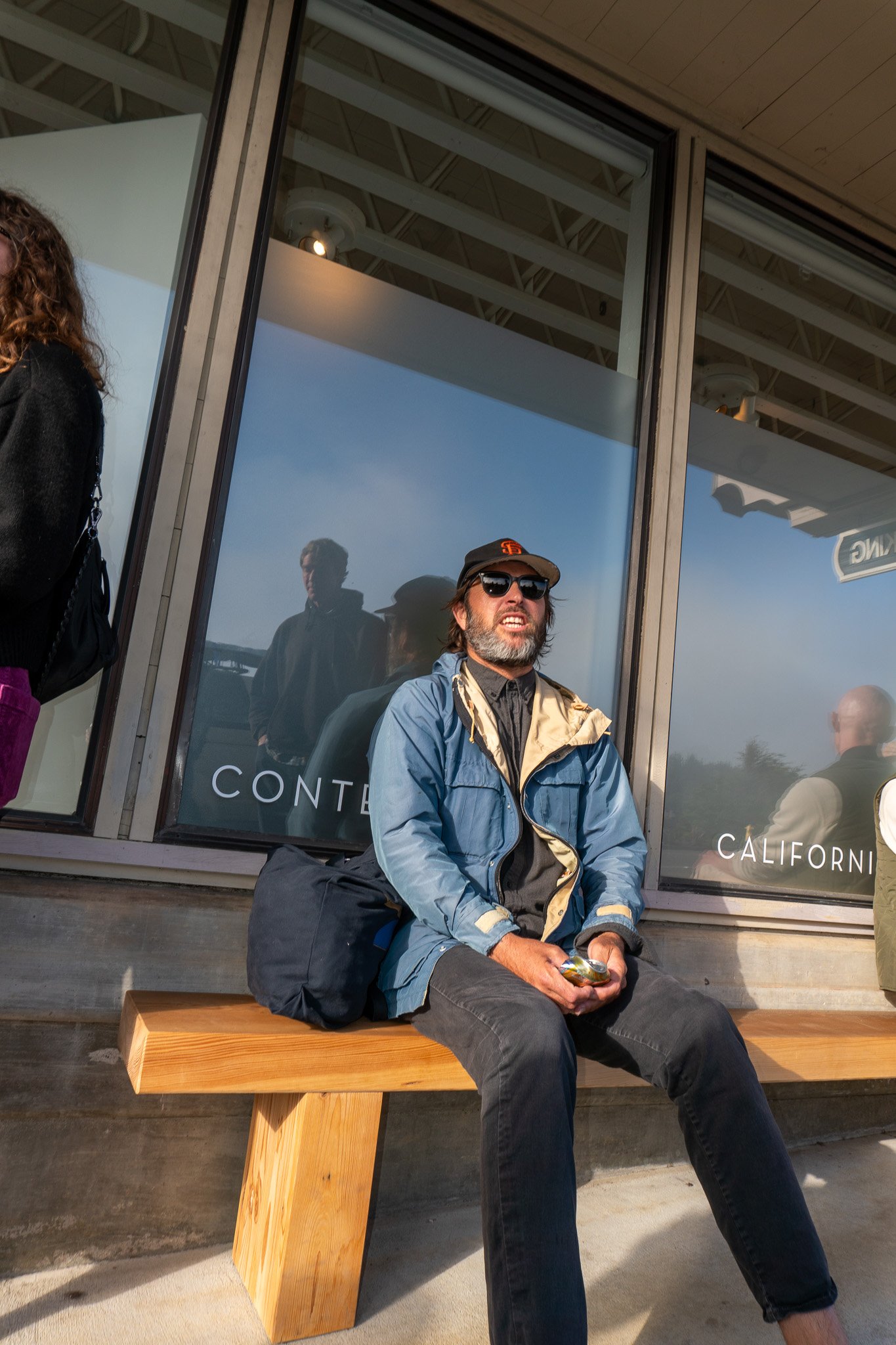
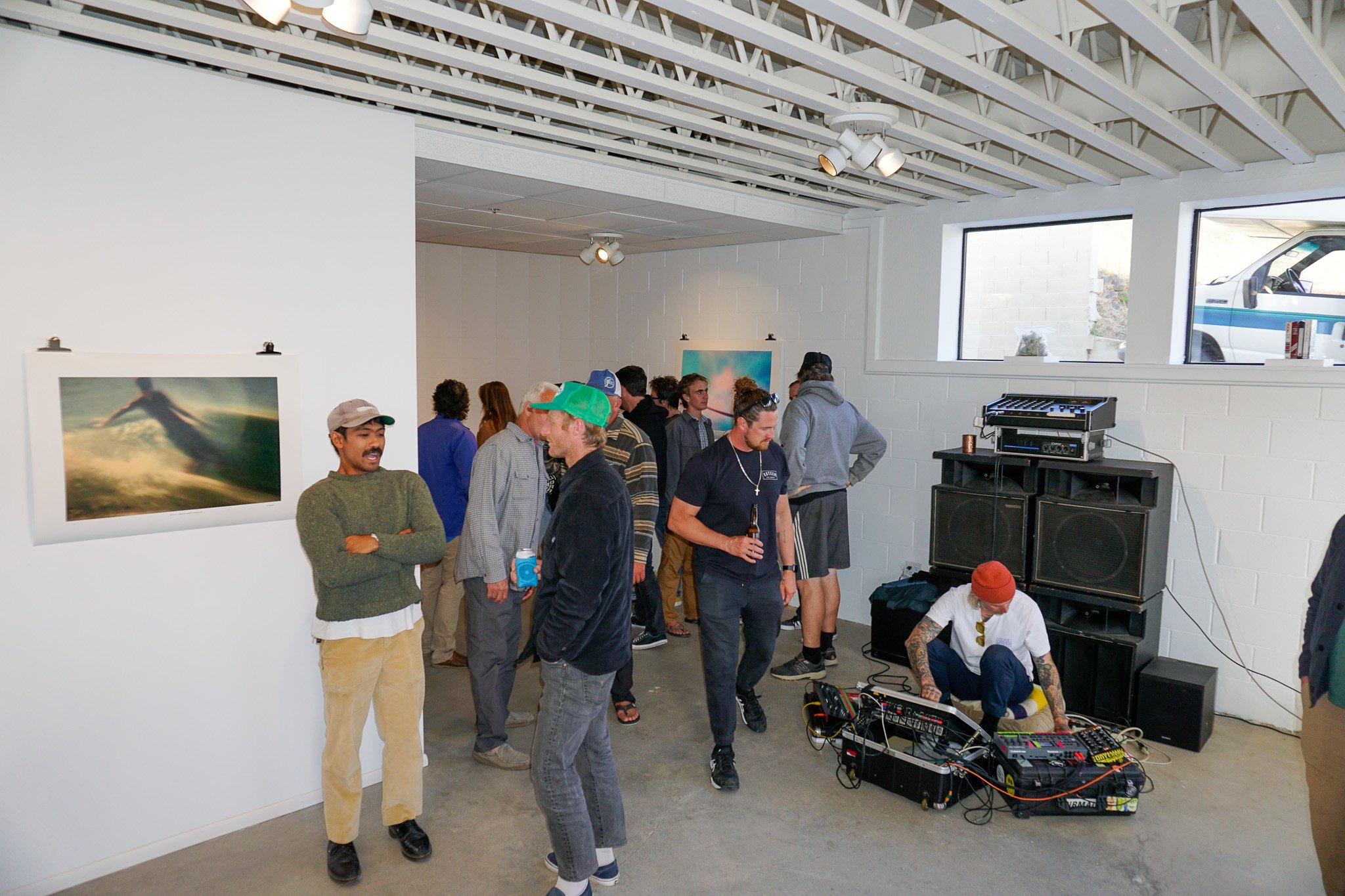

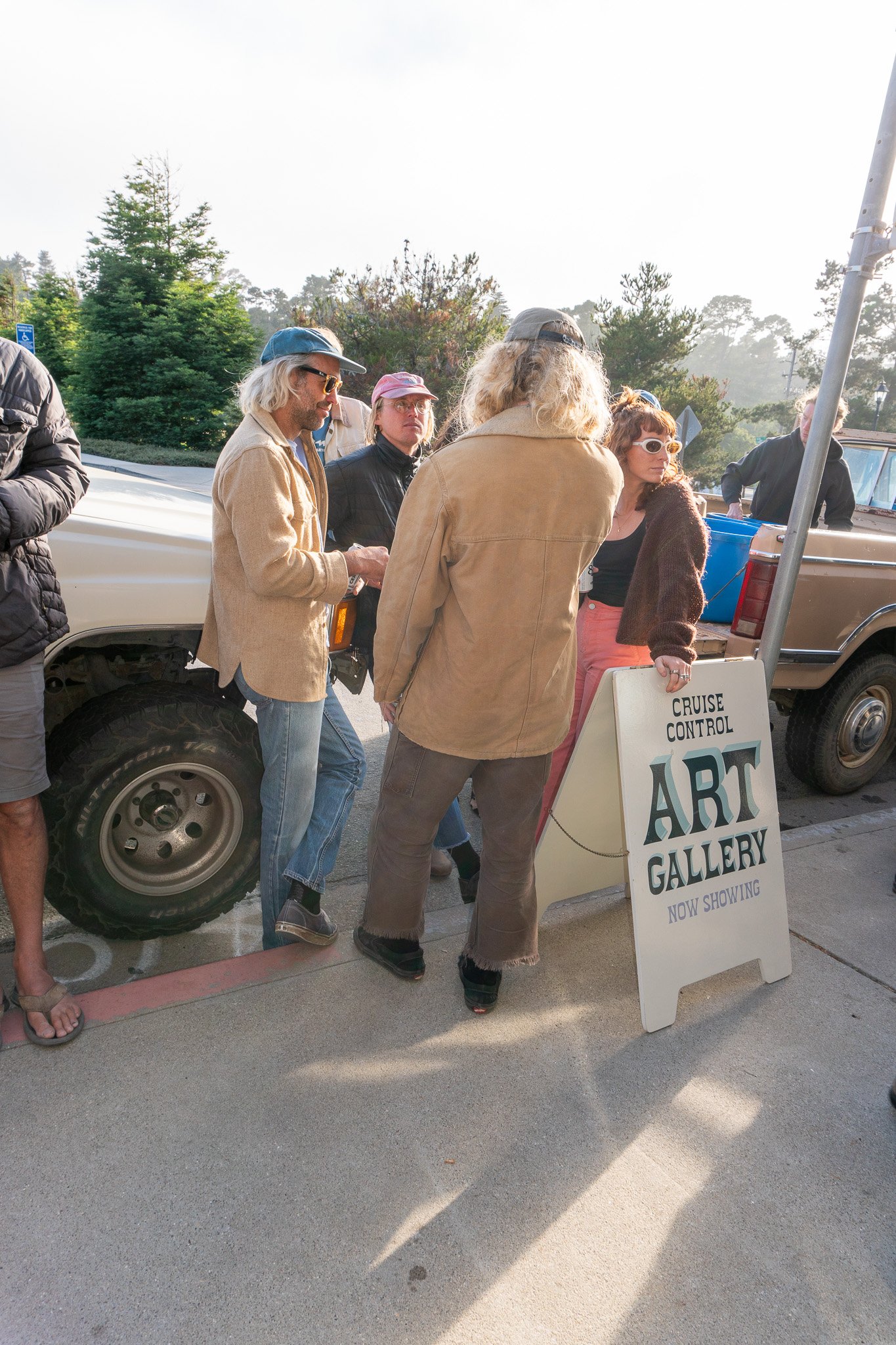
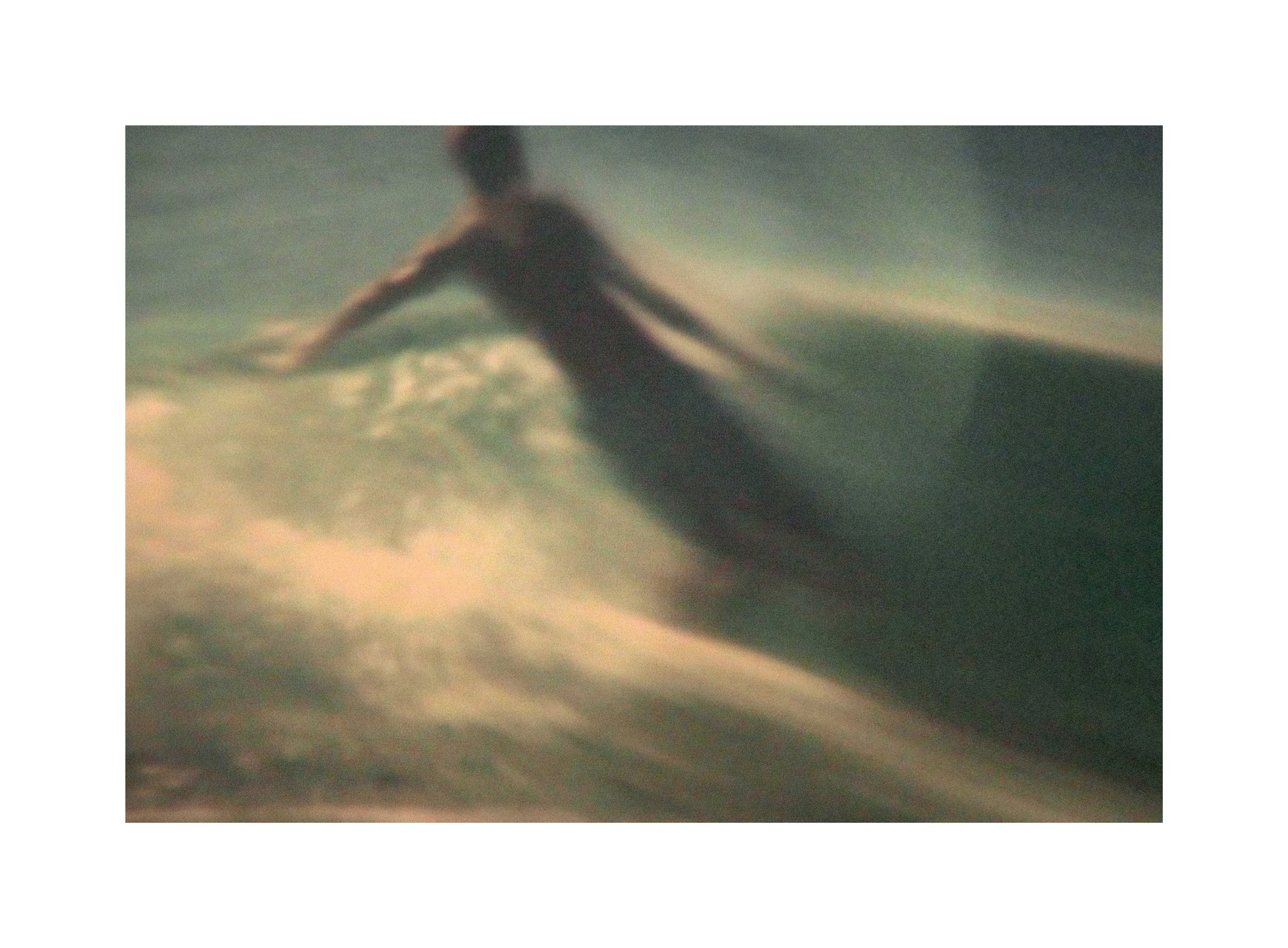
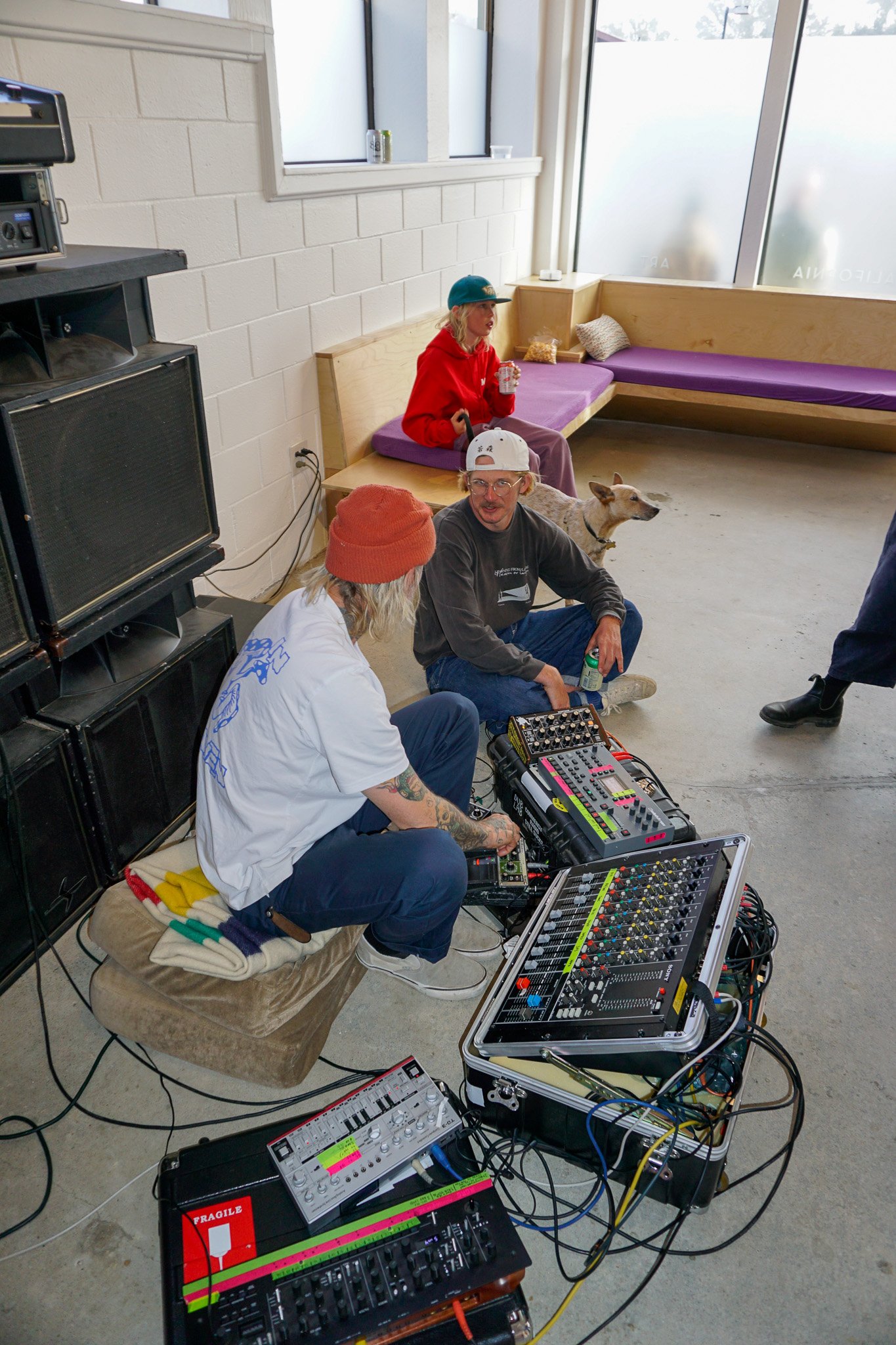
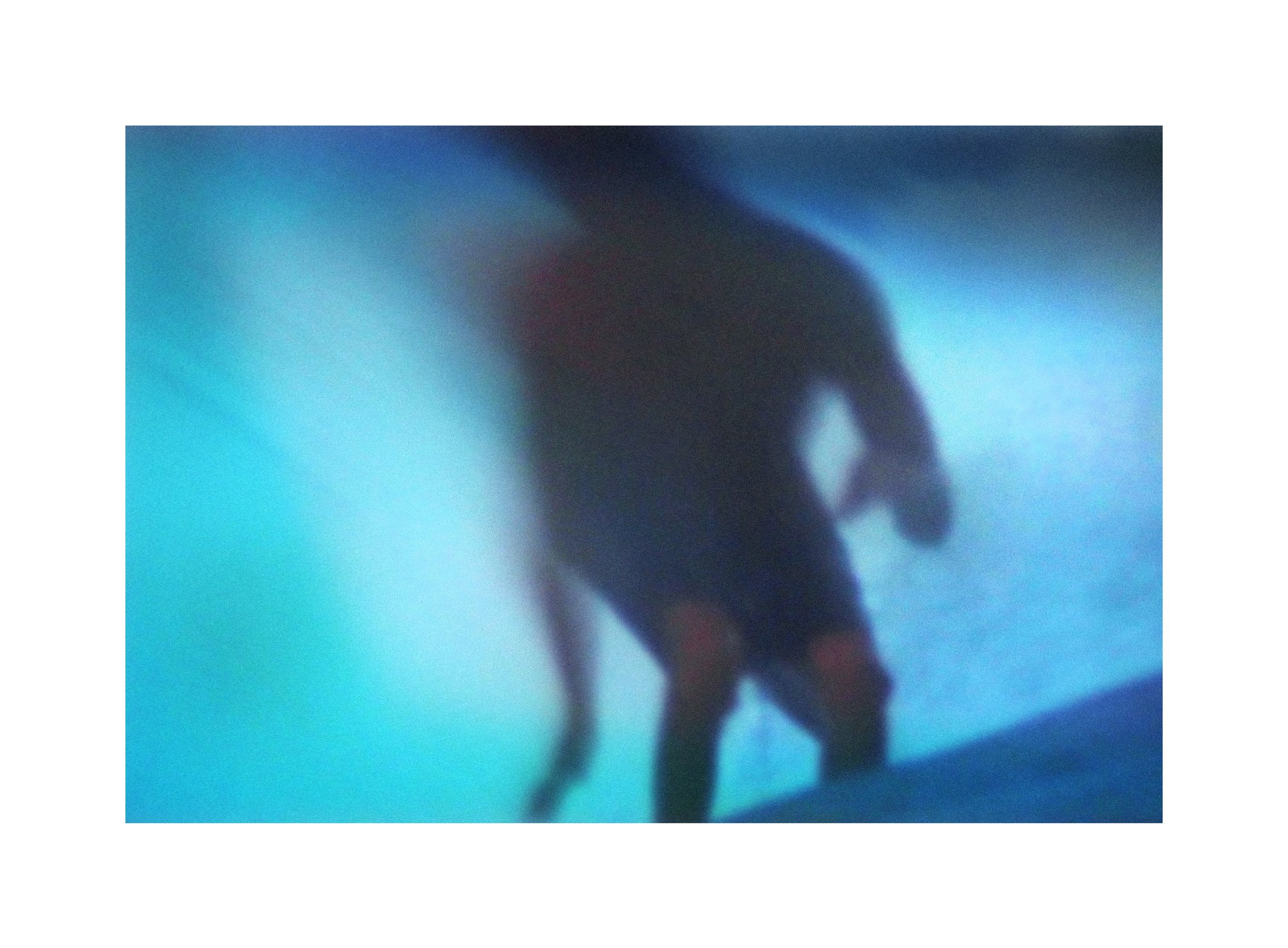
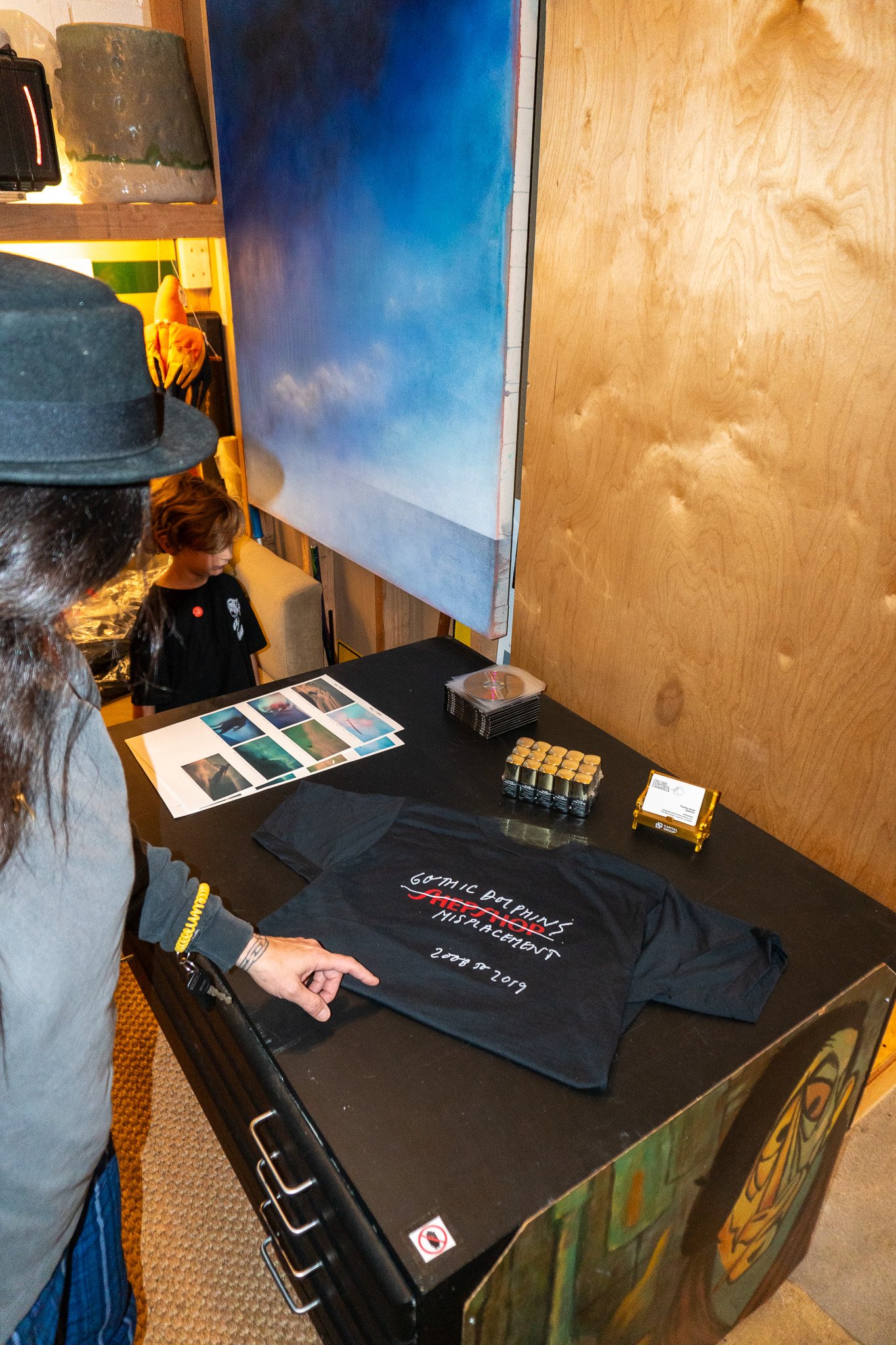
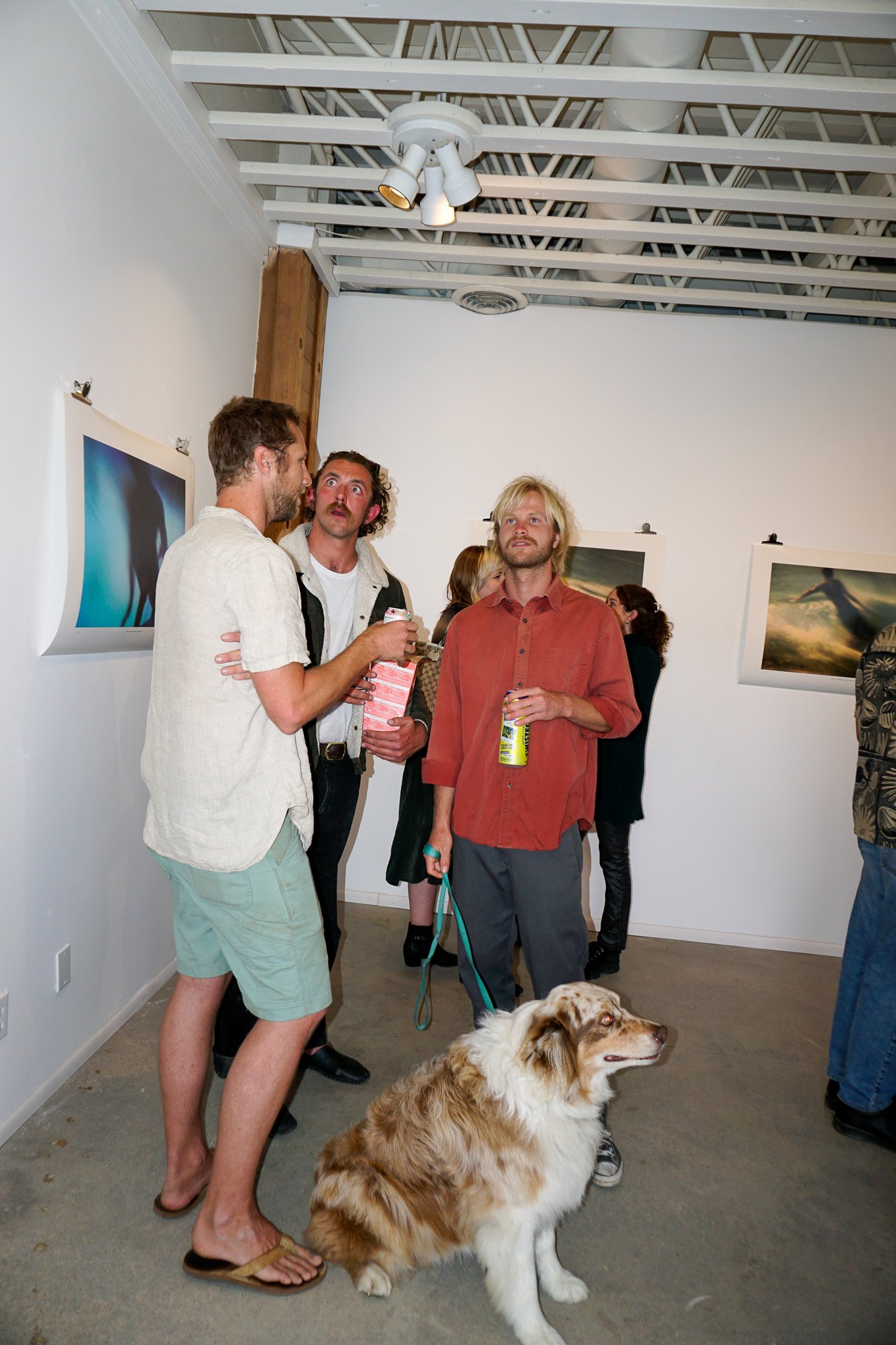
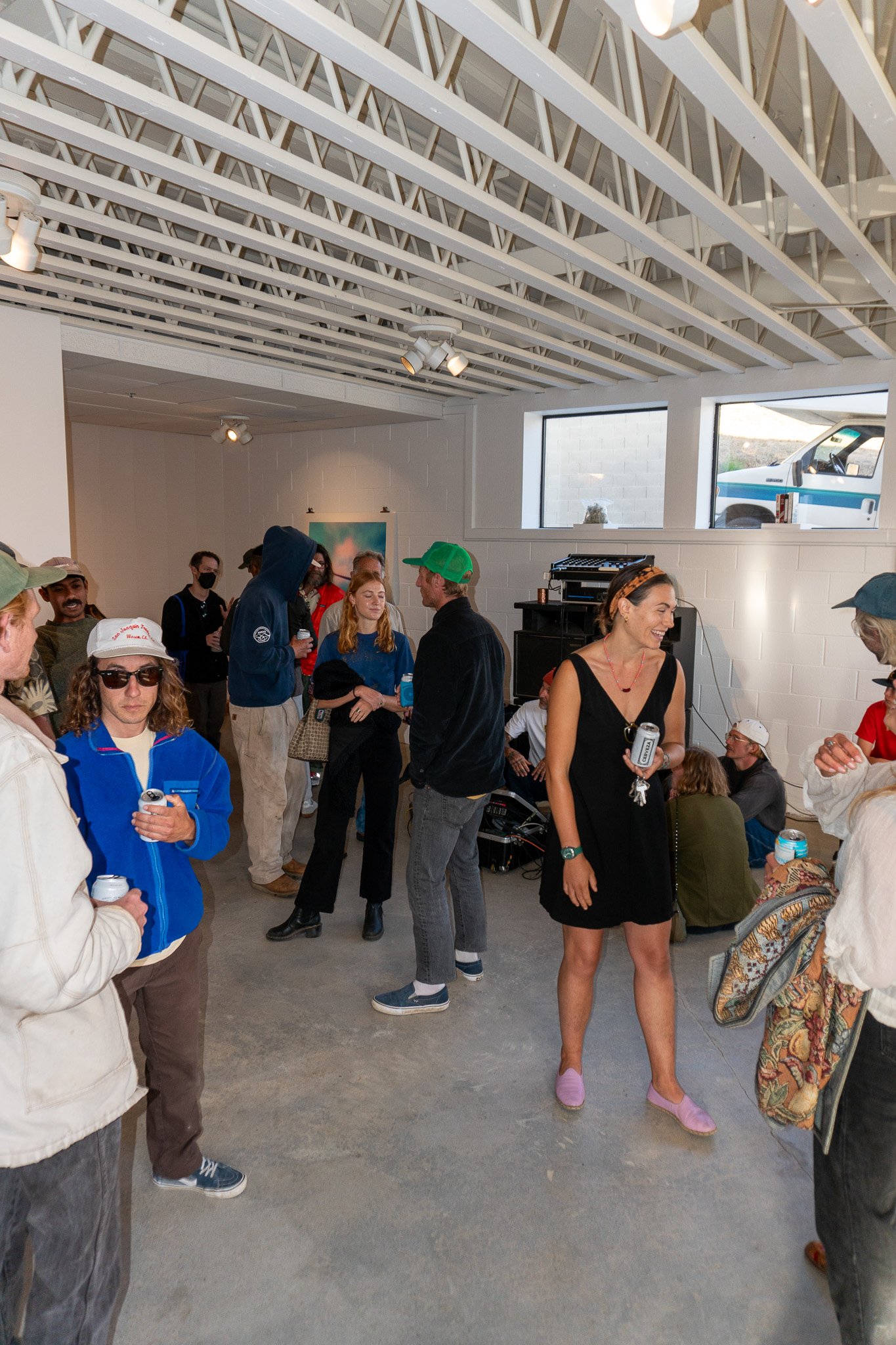
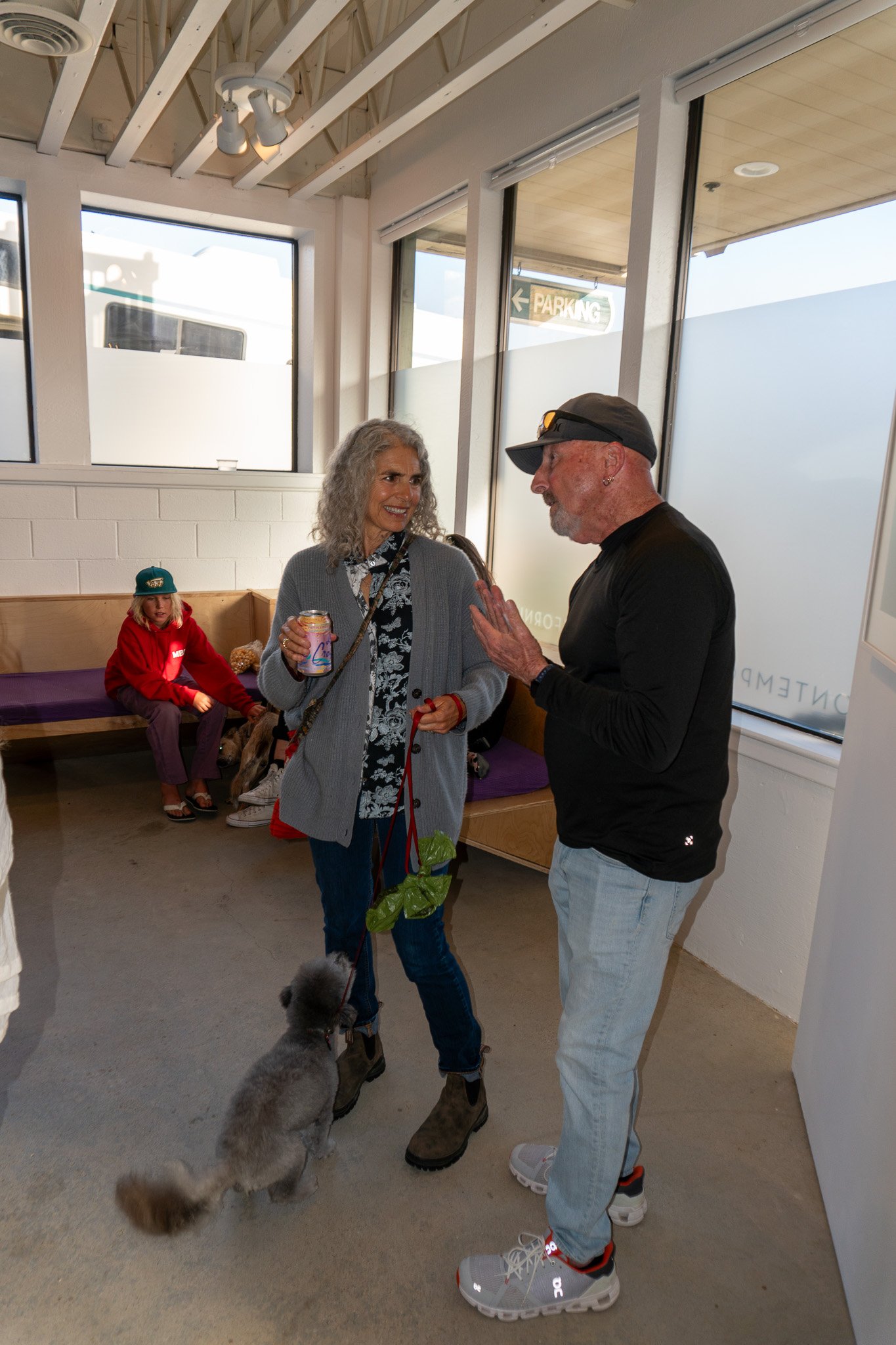
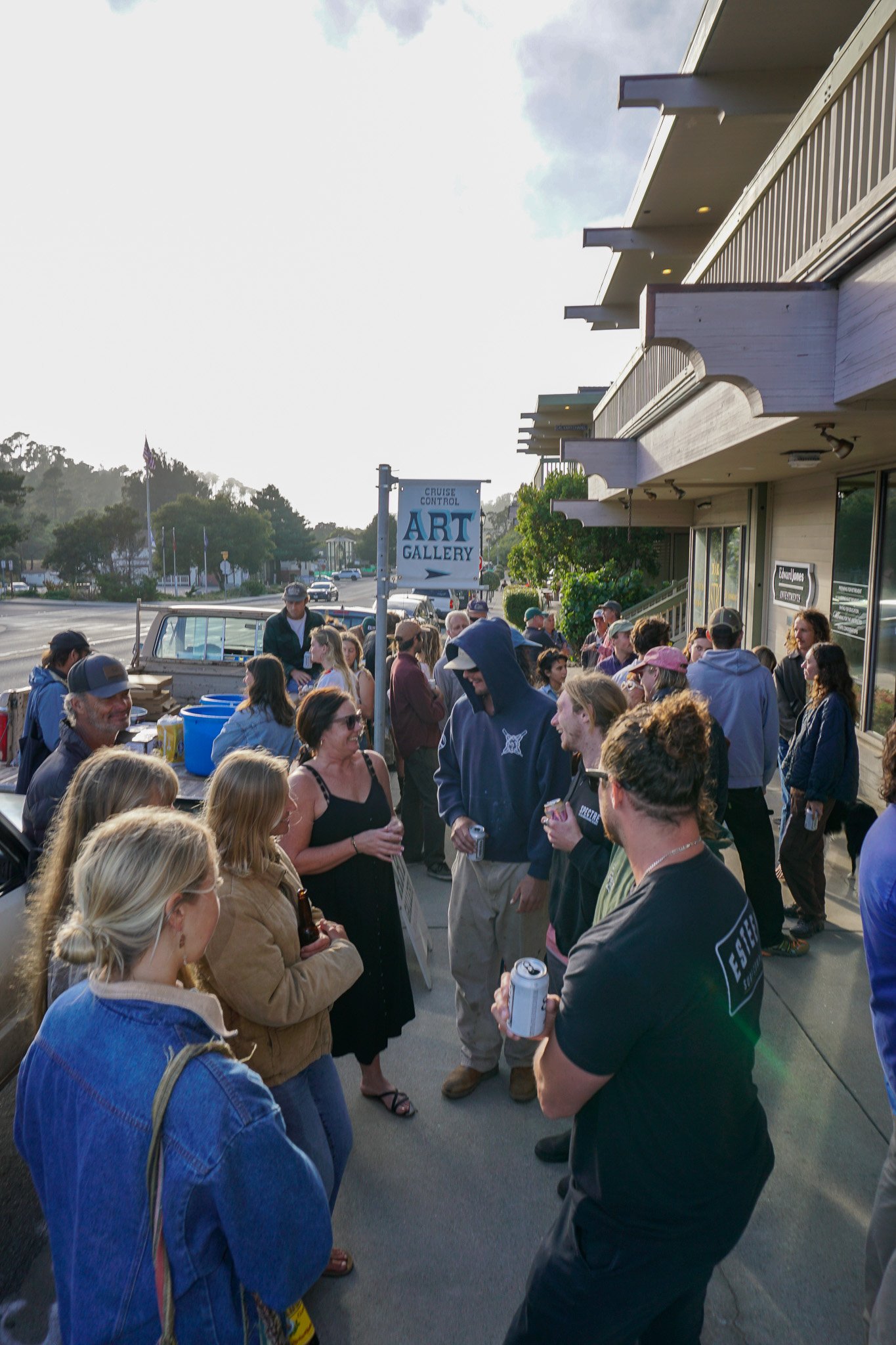
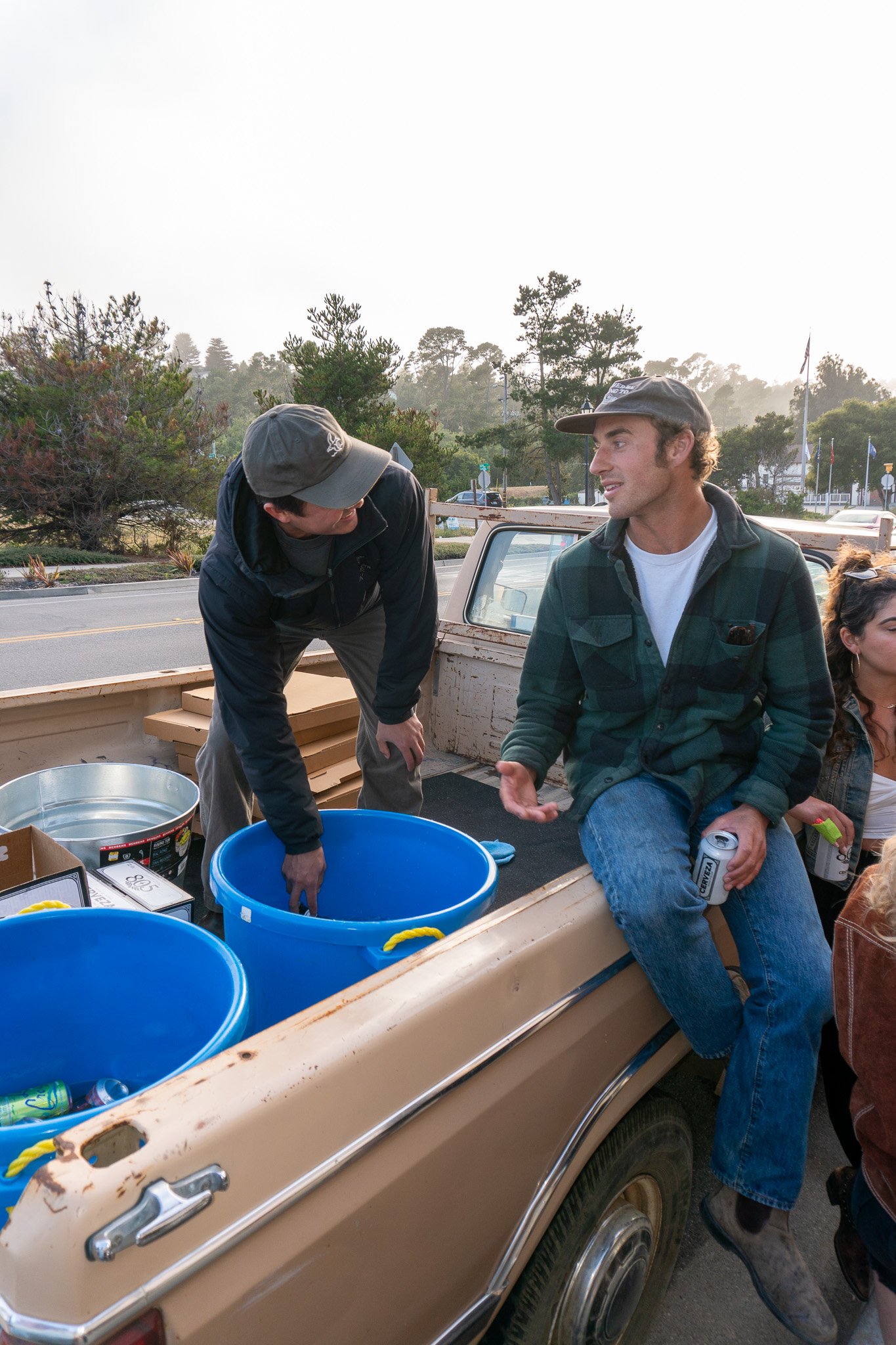
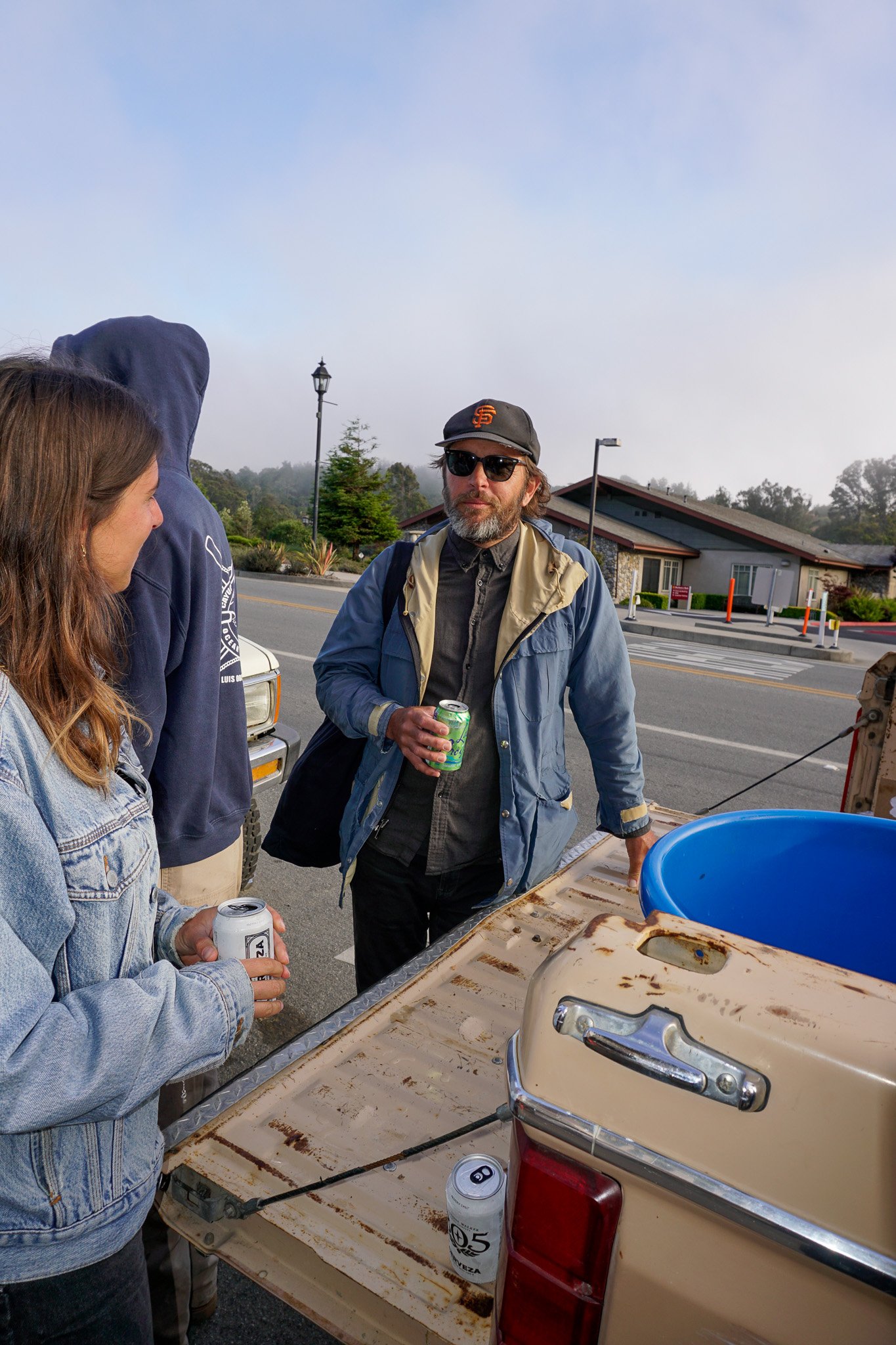

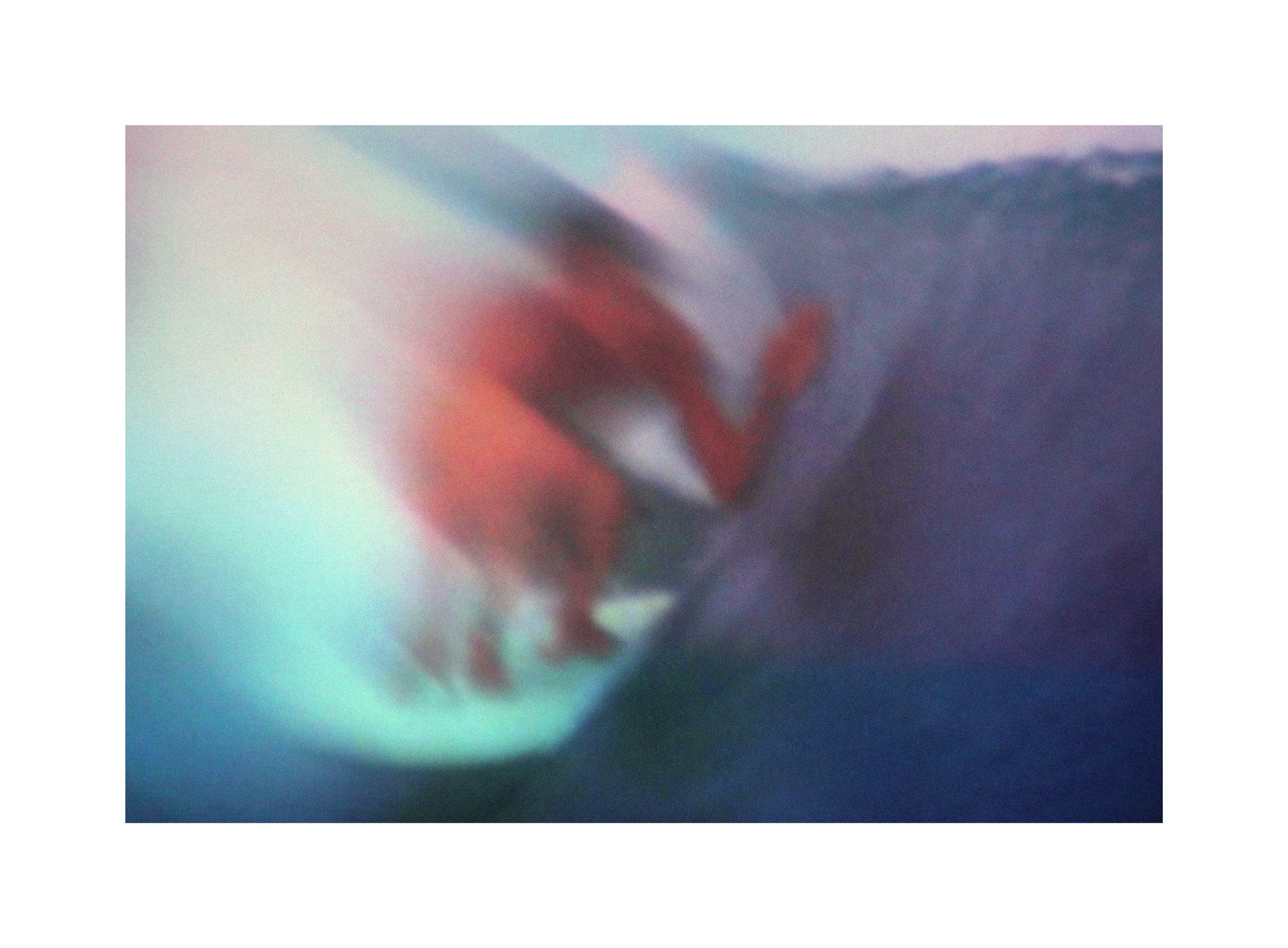
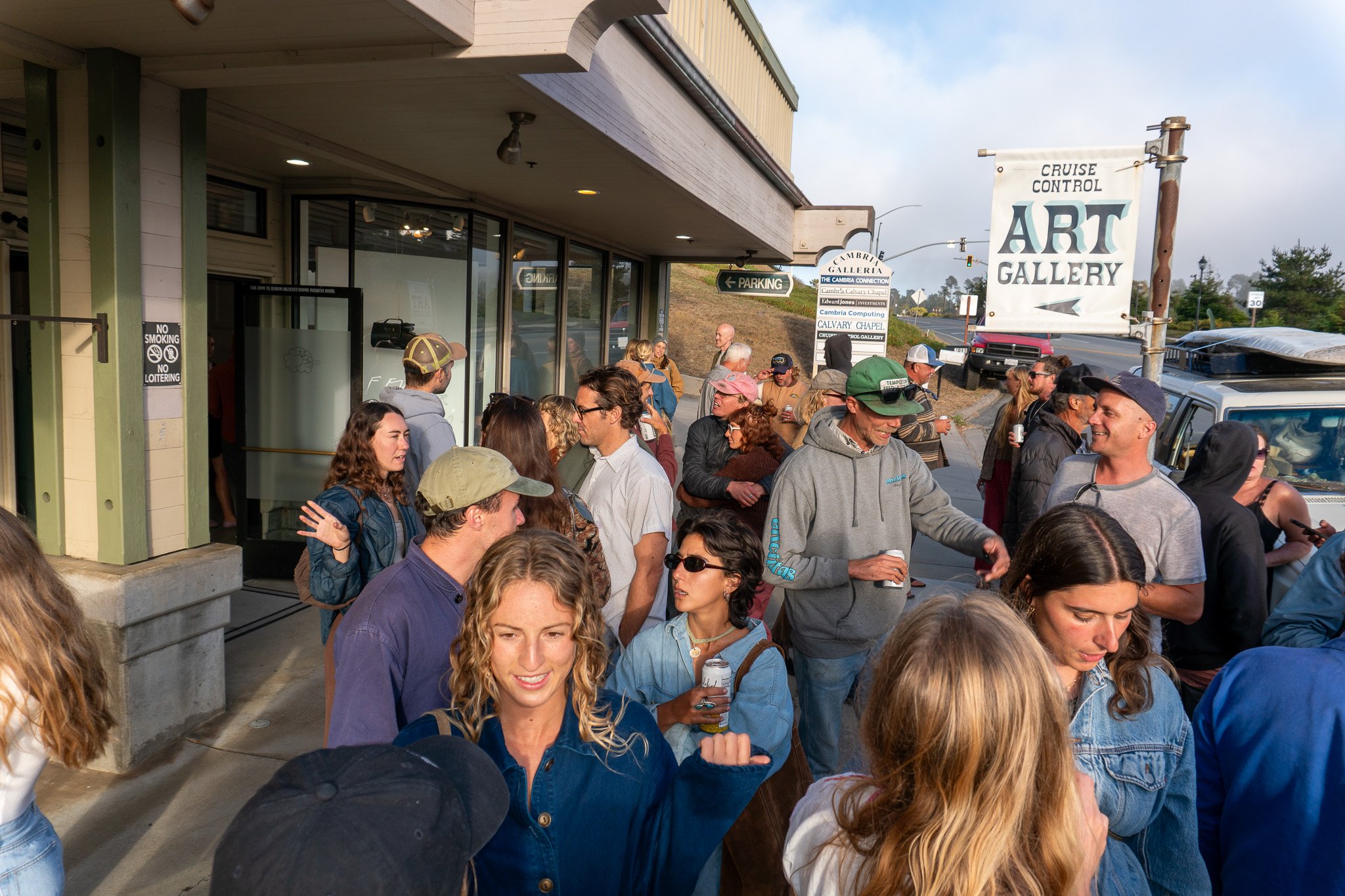
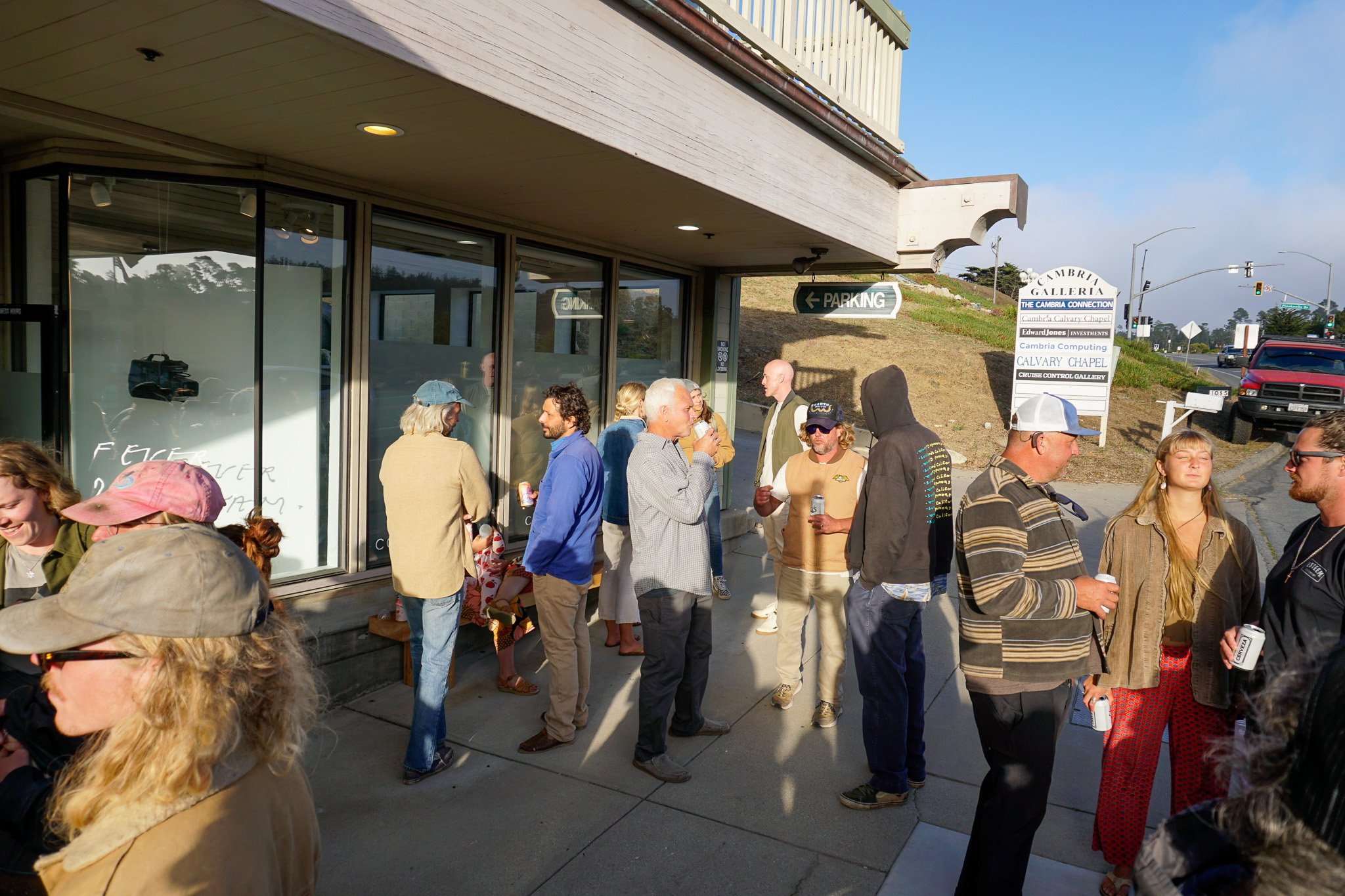
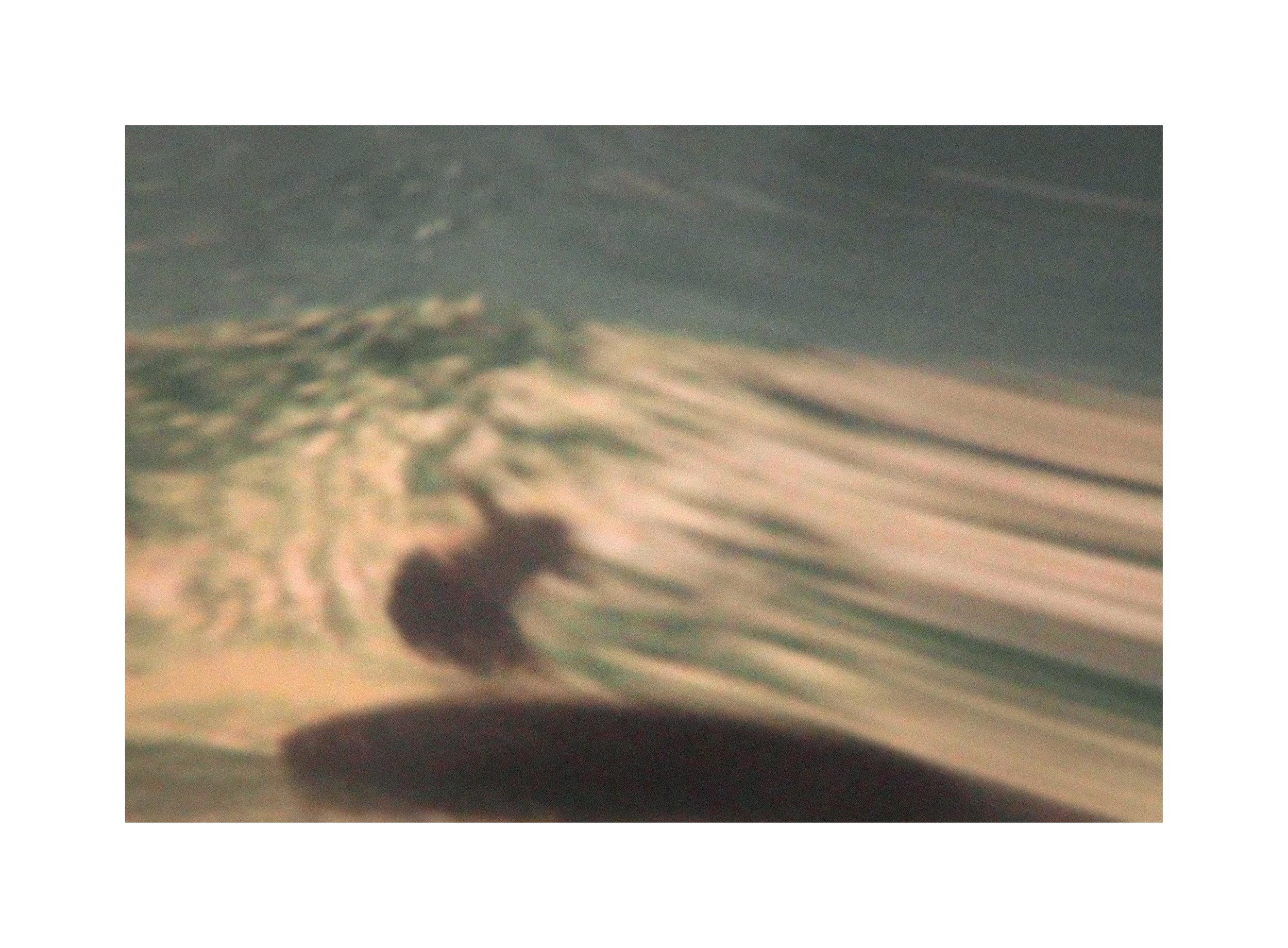
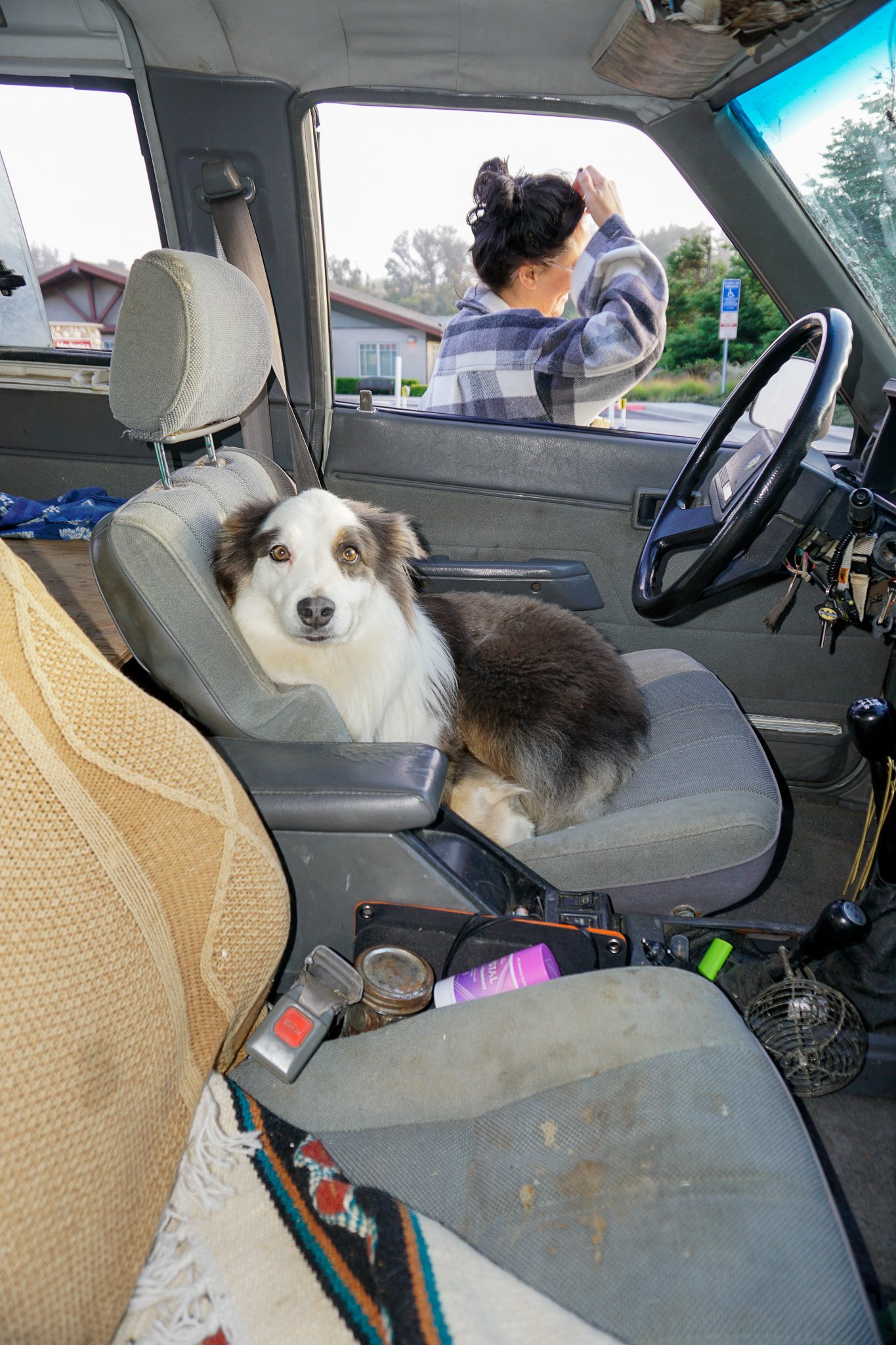
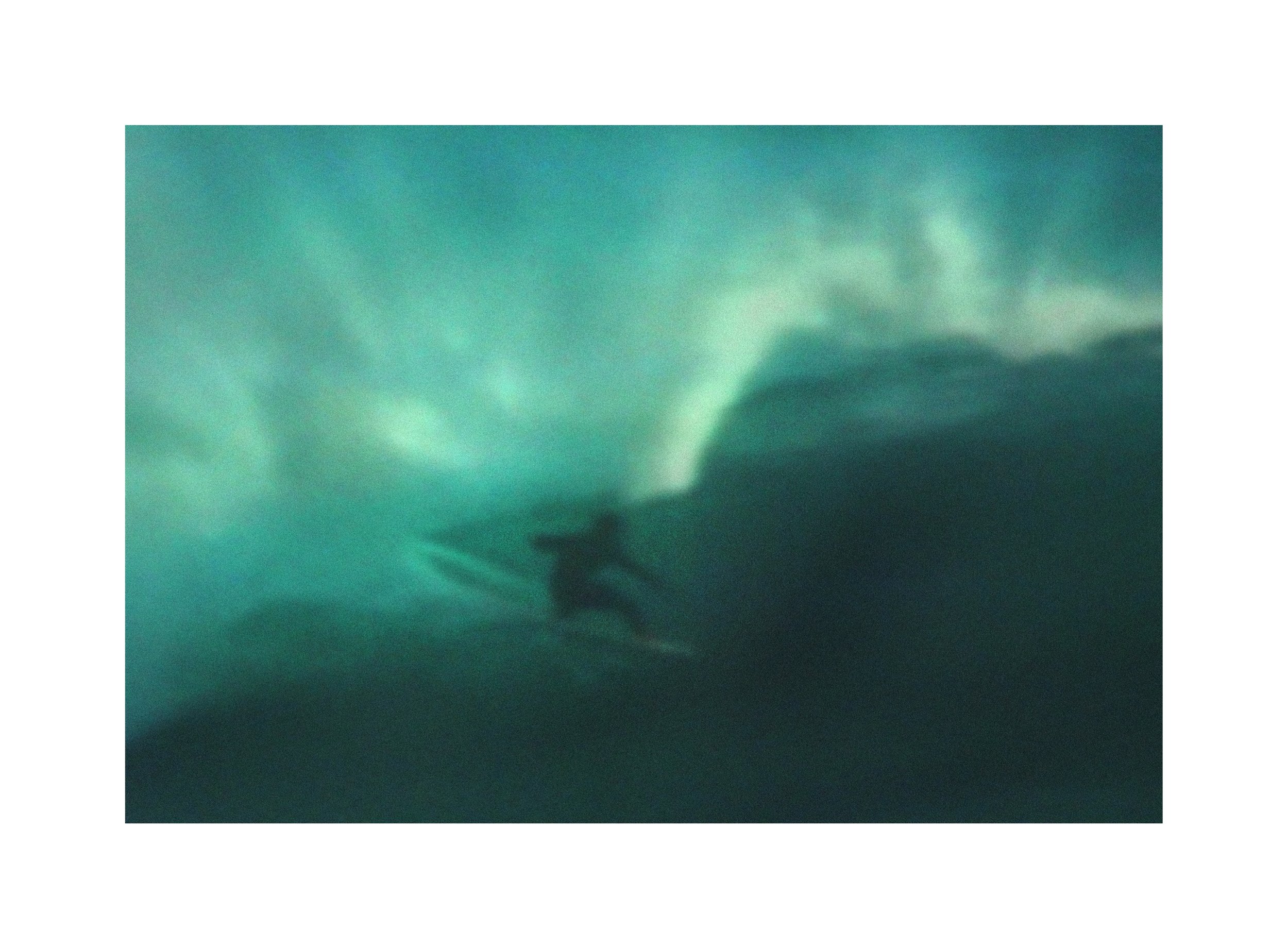
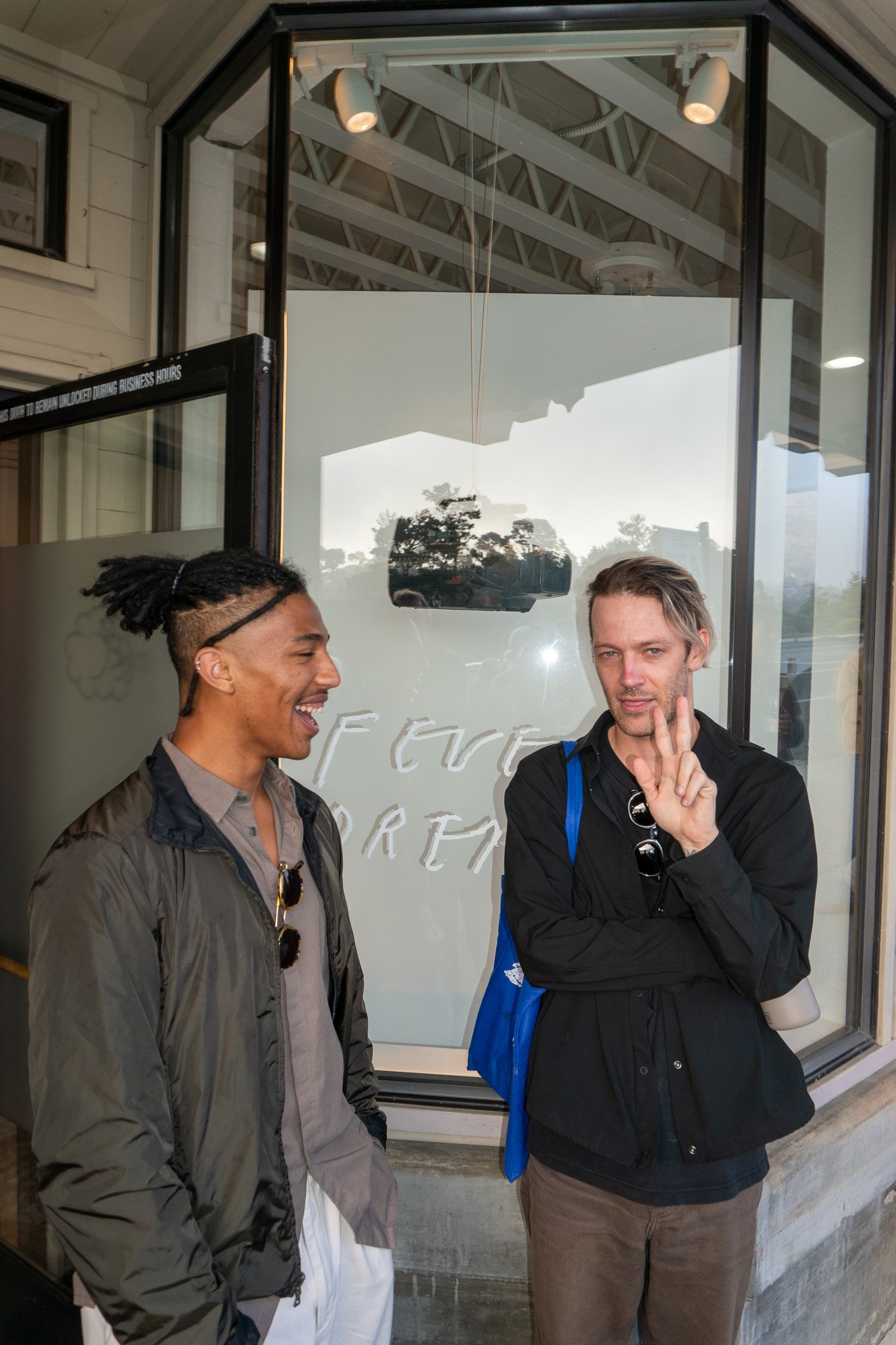
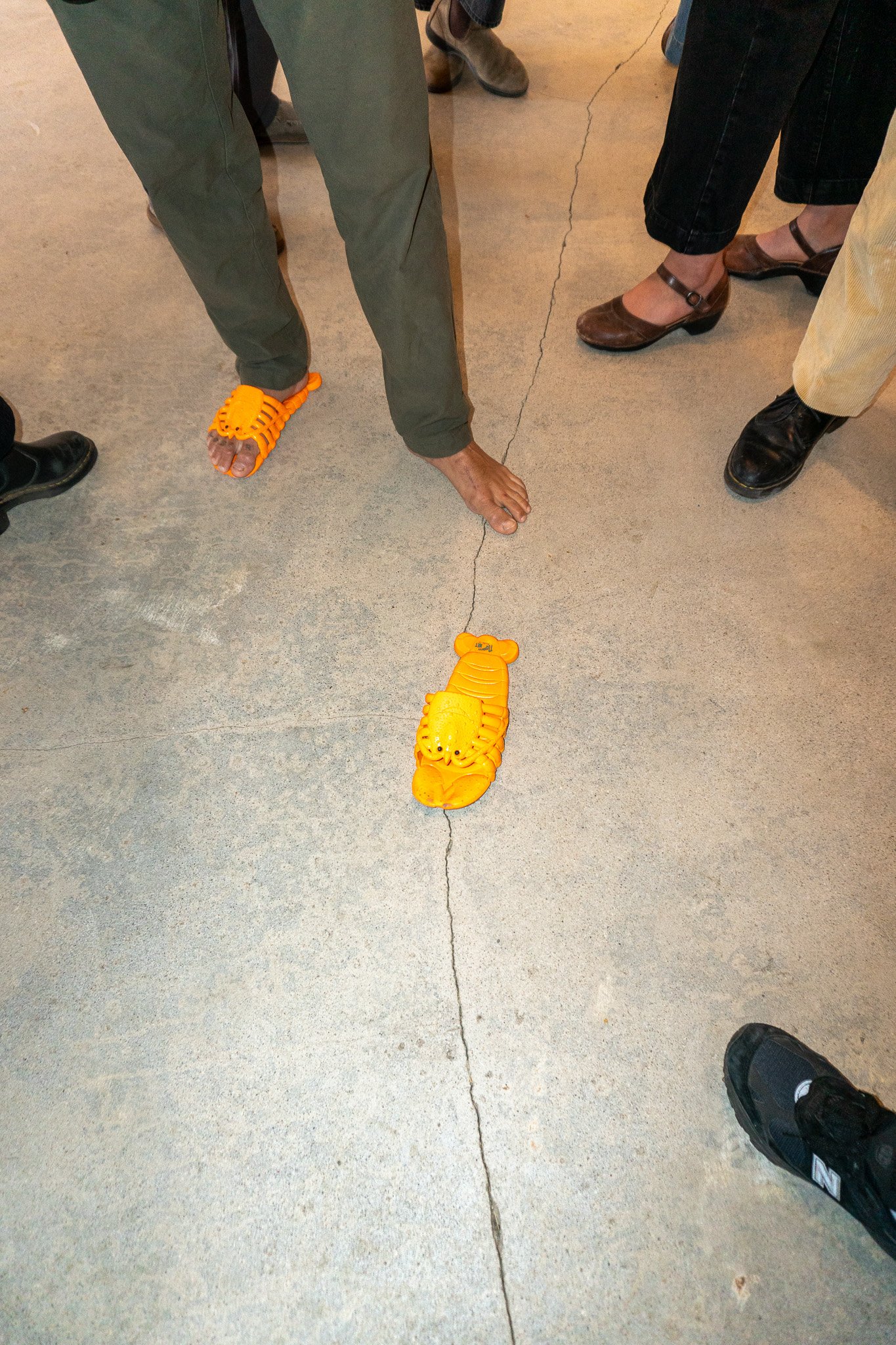
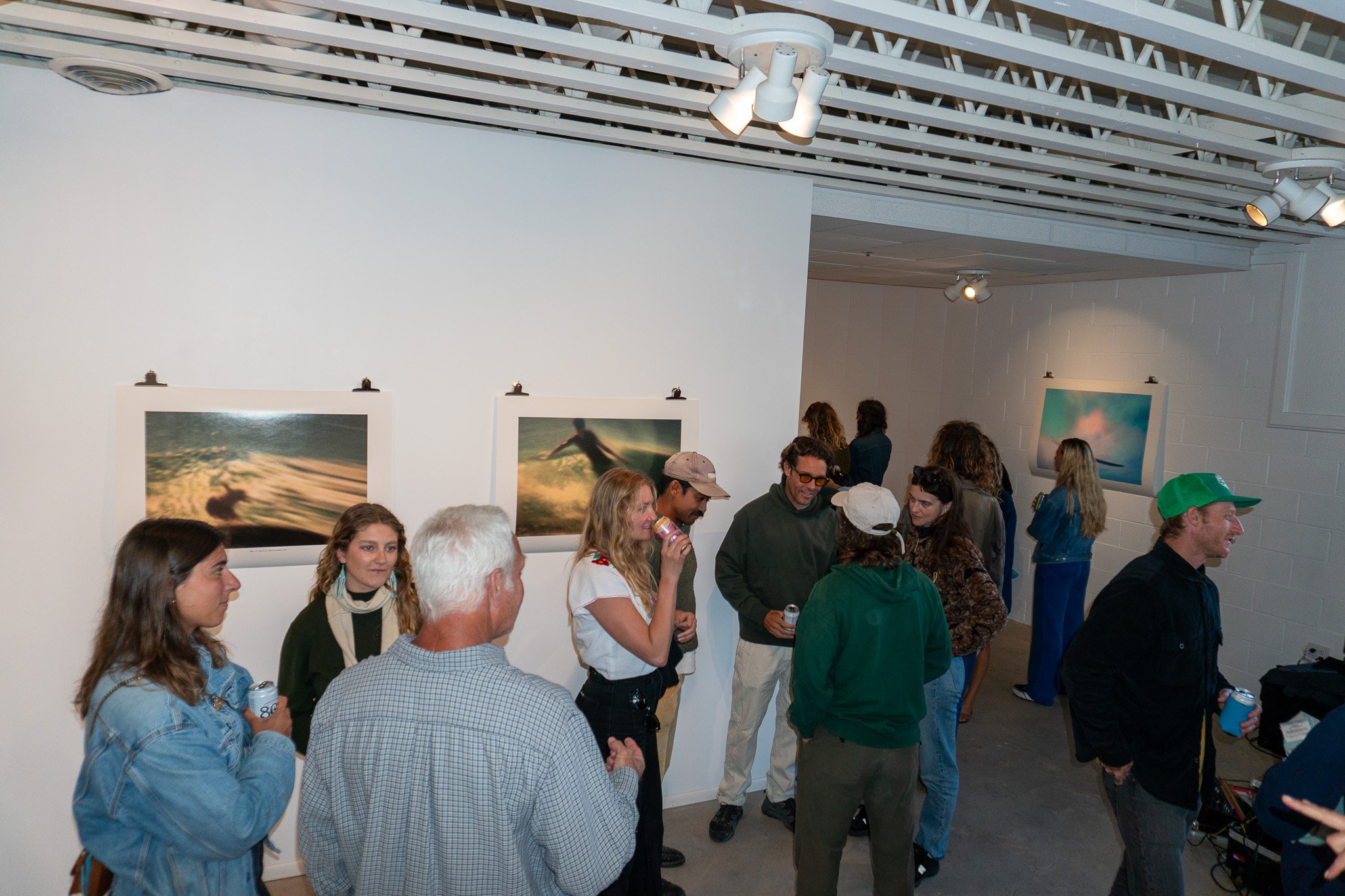
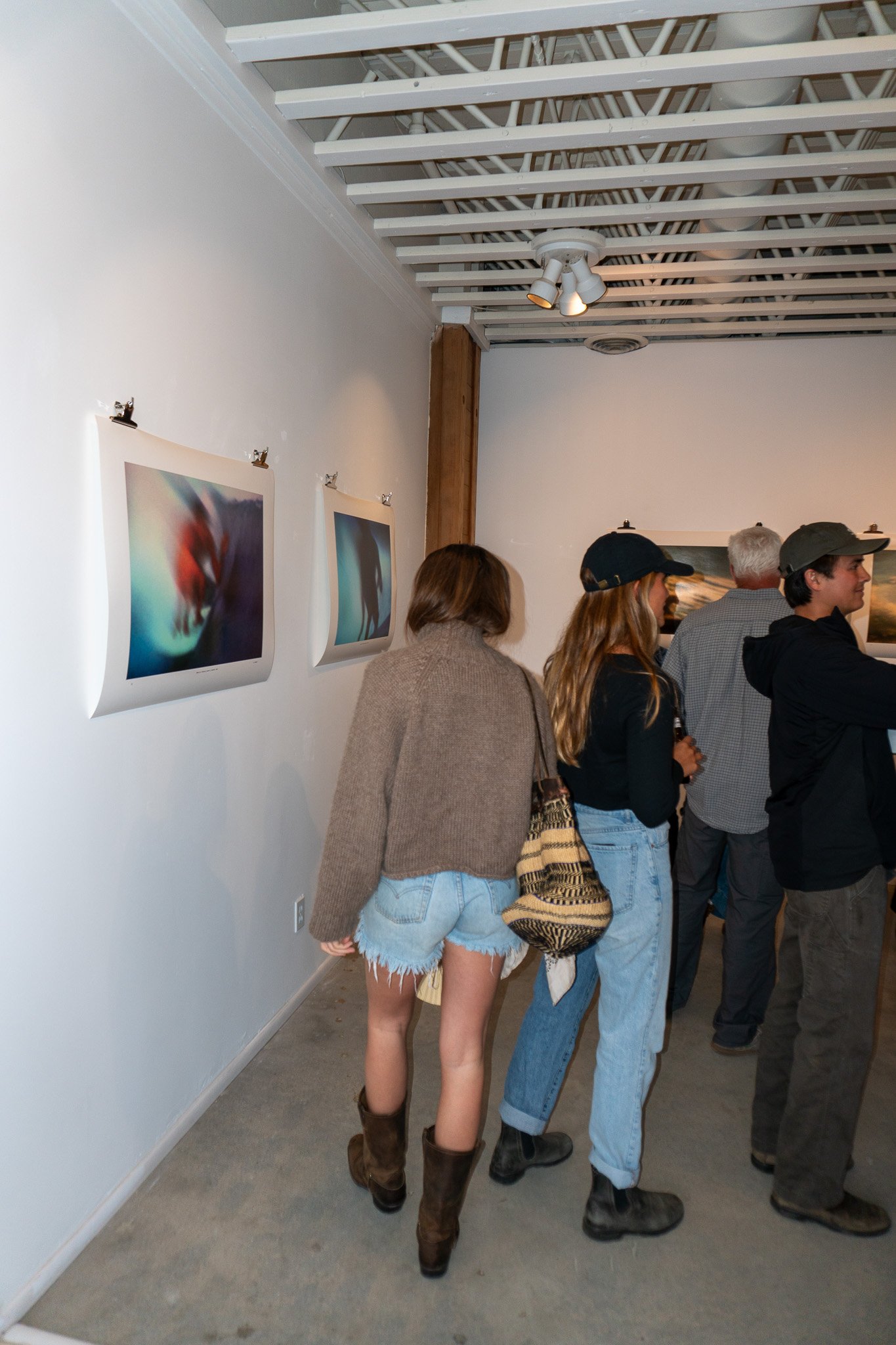
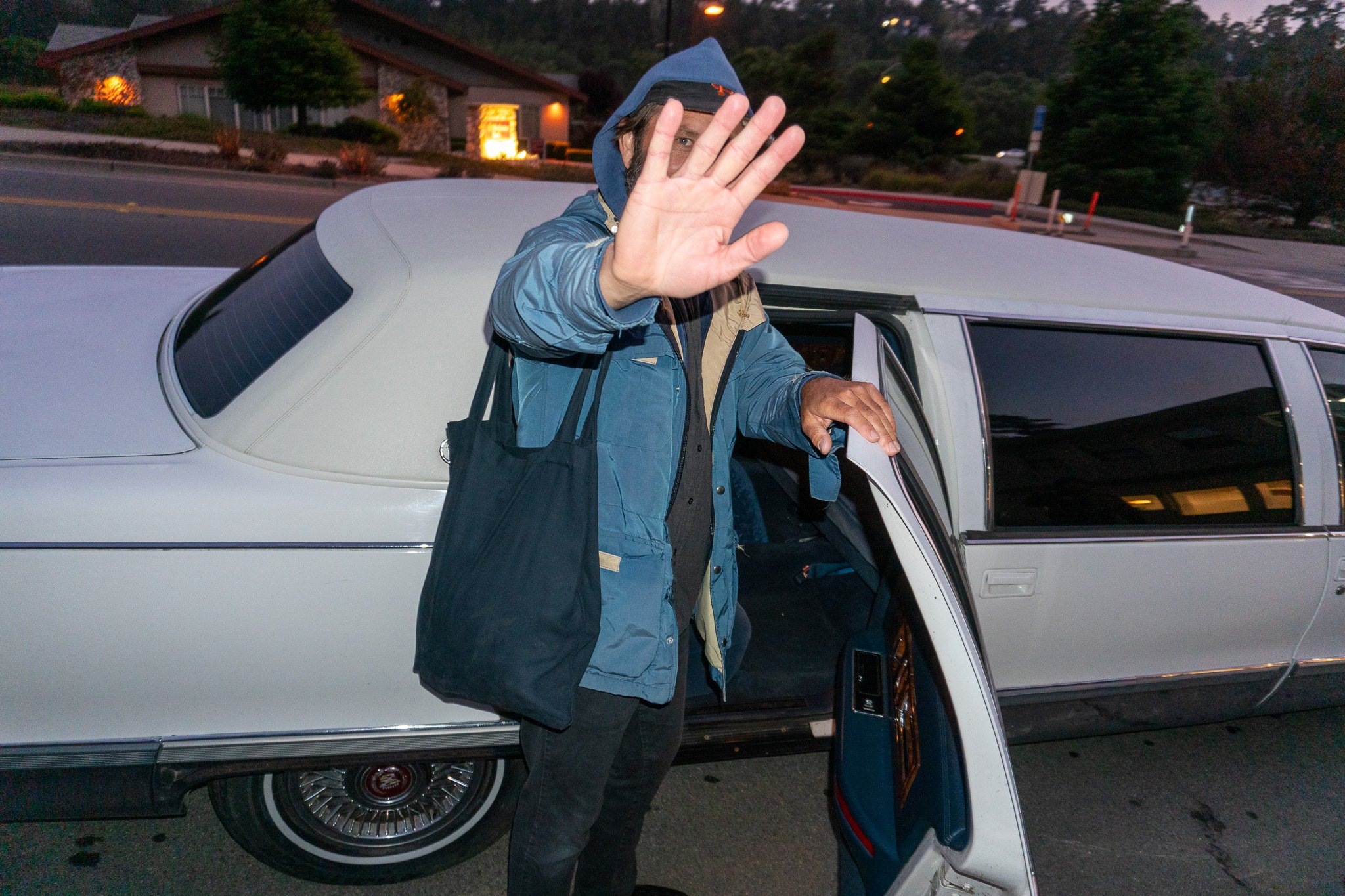
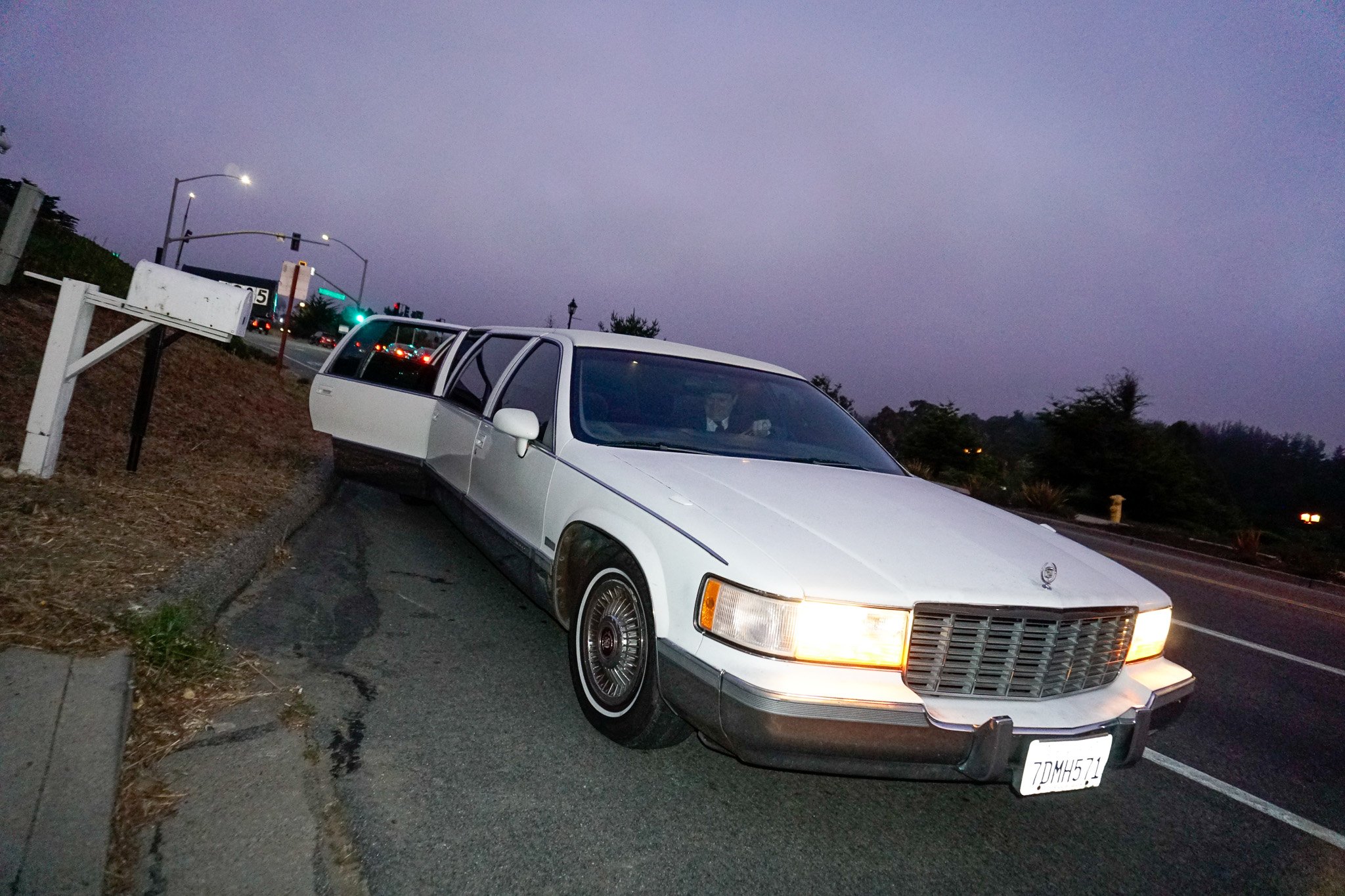
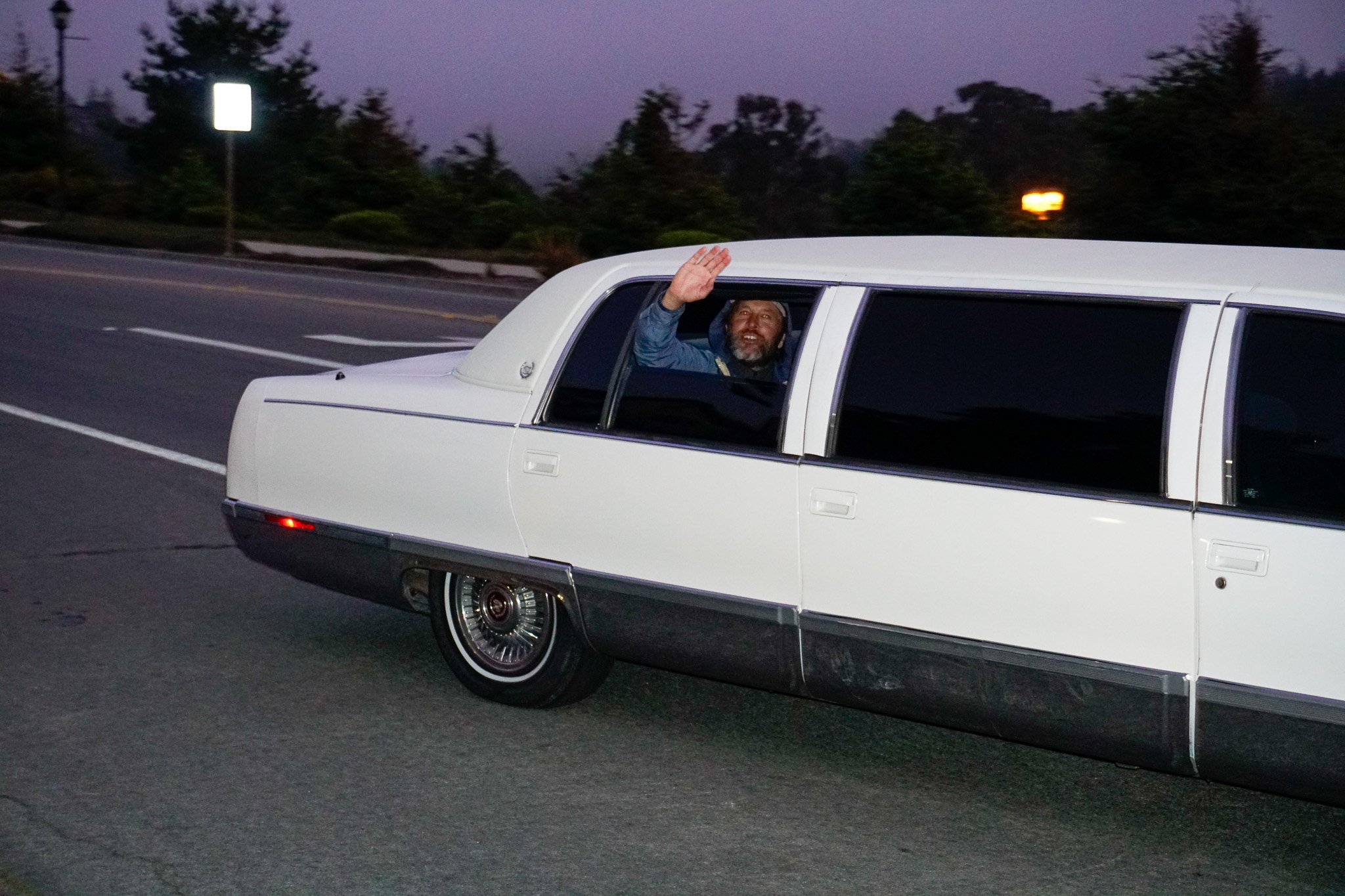
ANNA FUSCO
Mad Dog loved Jenny west, and everywhere they went Jenny asked Mad Dog, “Should we live here?” Though none of the rolling hills they got to know were theirs to own, they shaped their story for years to come.
Anna Fusco’s work for this show is born from a love and appreciation for pulp western comics and their place in framing the idea of manifest destiny in the American west, and that natural friction with the current sentimental and fleeting possibility of modern home ownership.
If nowhere is home then why can’t everywhere feel a bit like it? If everywhere is home then why is there still that incomplete feeling?
Her unearthing of the internal emotional landscapes at stake are heightened by the external evidence presented back to us. The concepts of safety and security through a place of ones own, in contrast to the revelations of life on the road are the compelling forces of her storytelling. Vignettes, asides, and anecdotes become the proof of life we can recall, and eventually become the truth we remember over time.
Anna currently lives, writes and creates in the hills of San Luis Obispo County.
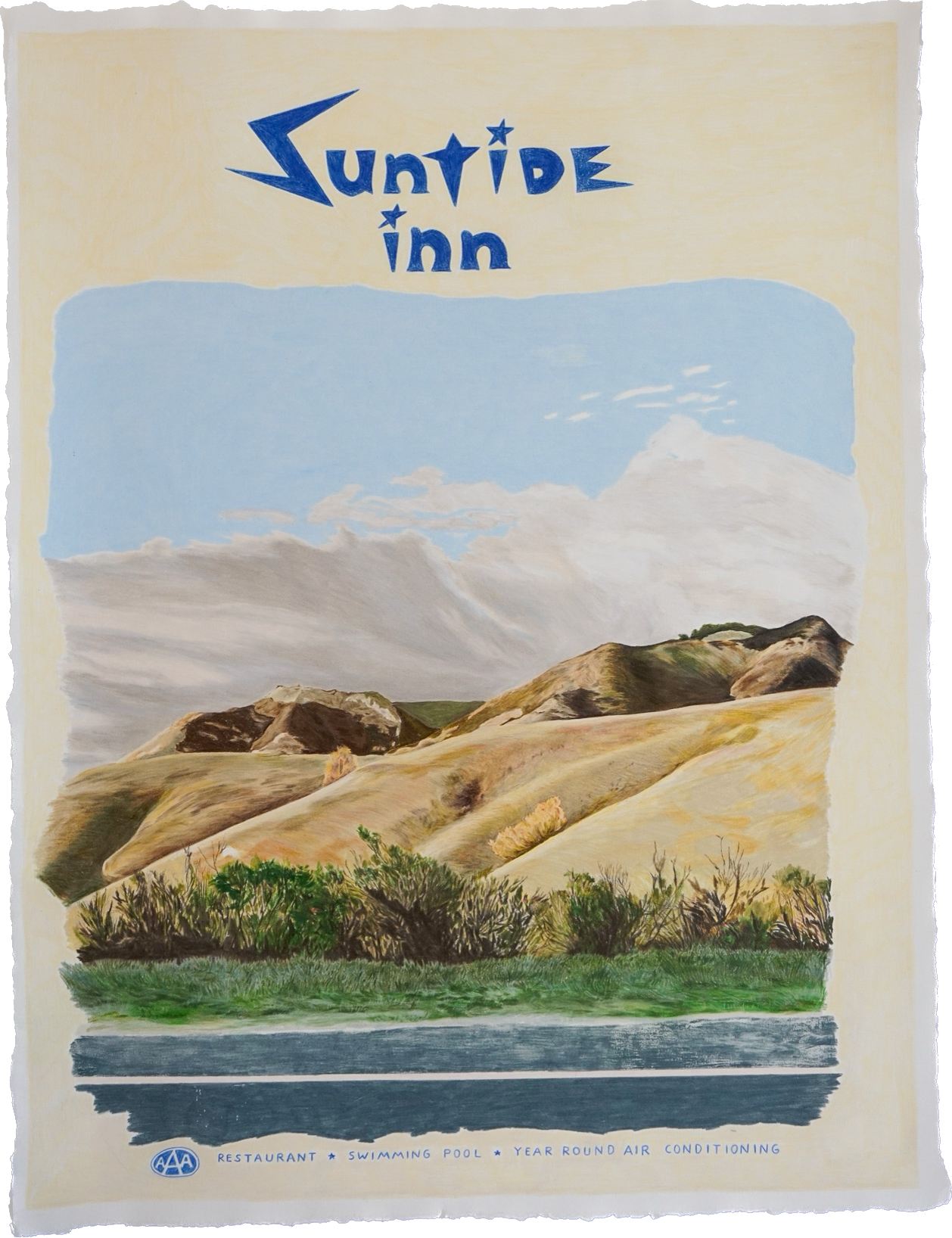
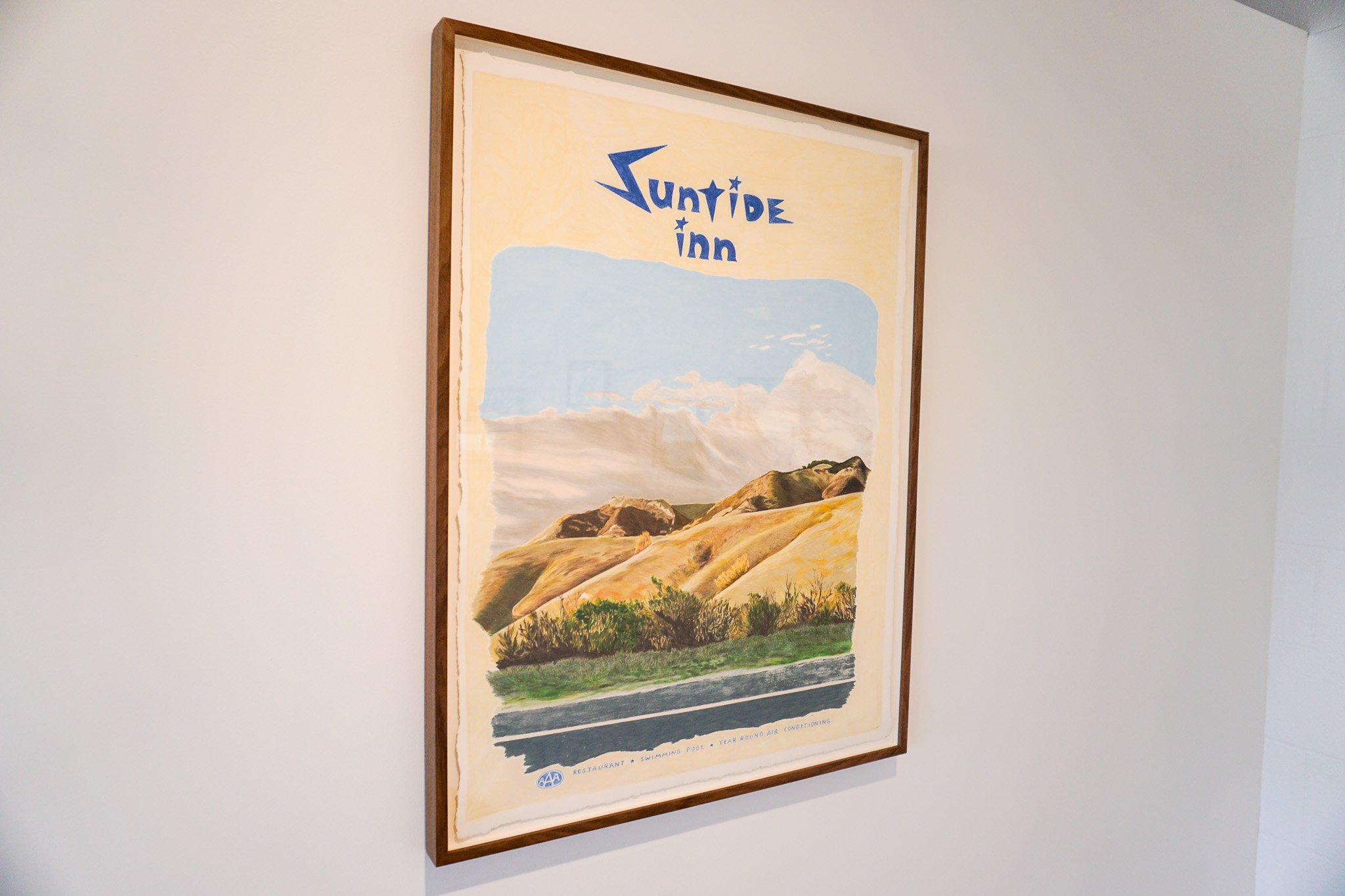
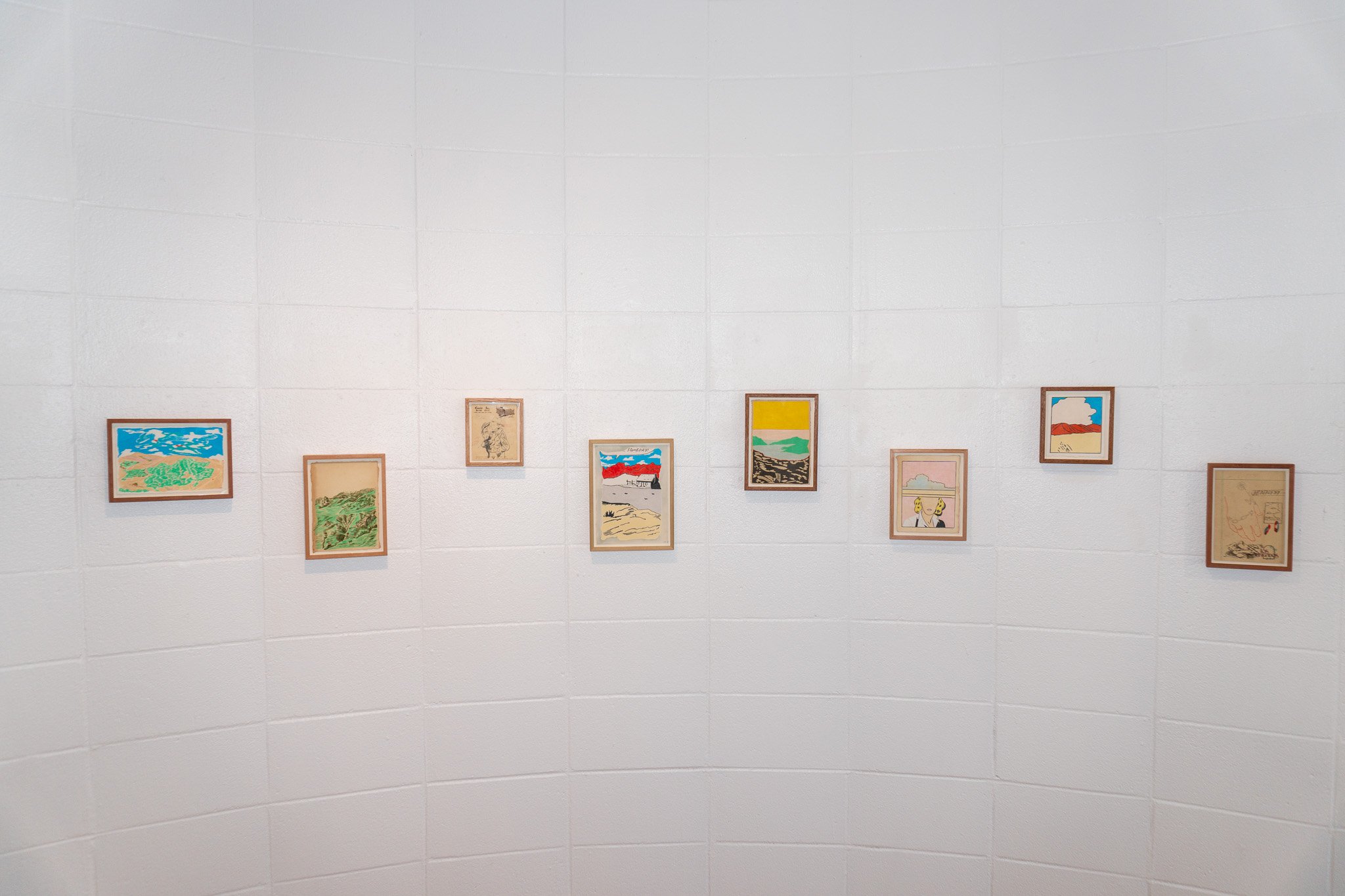
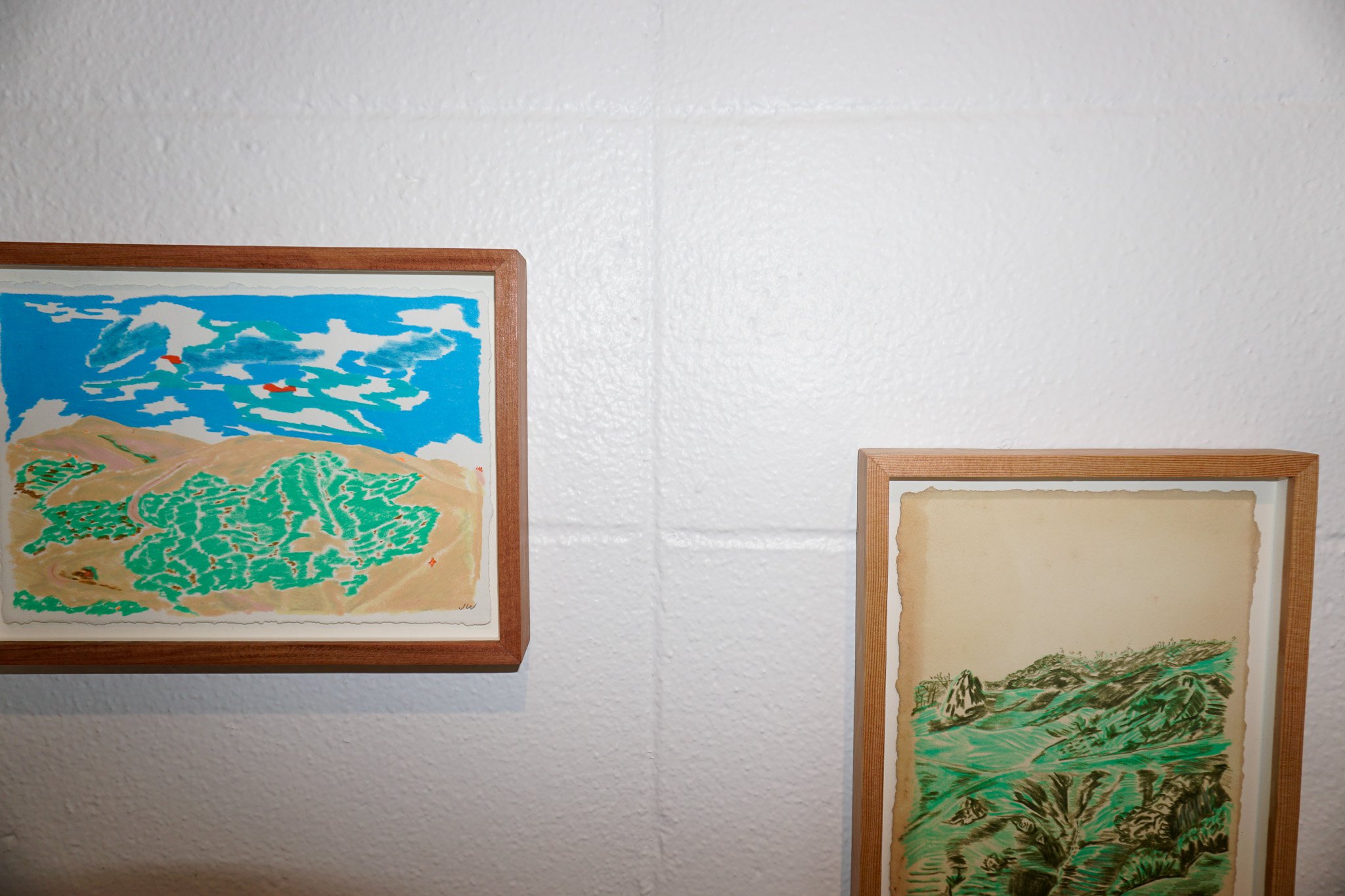

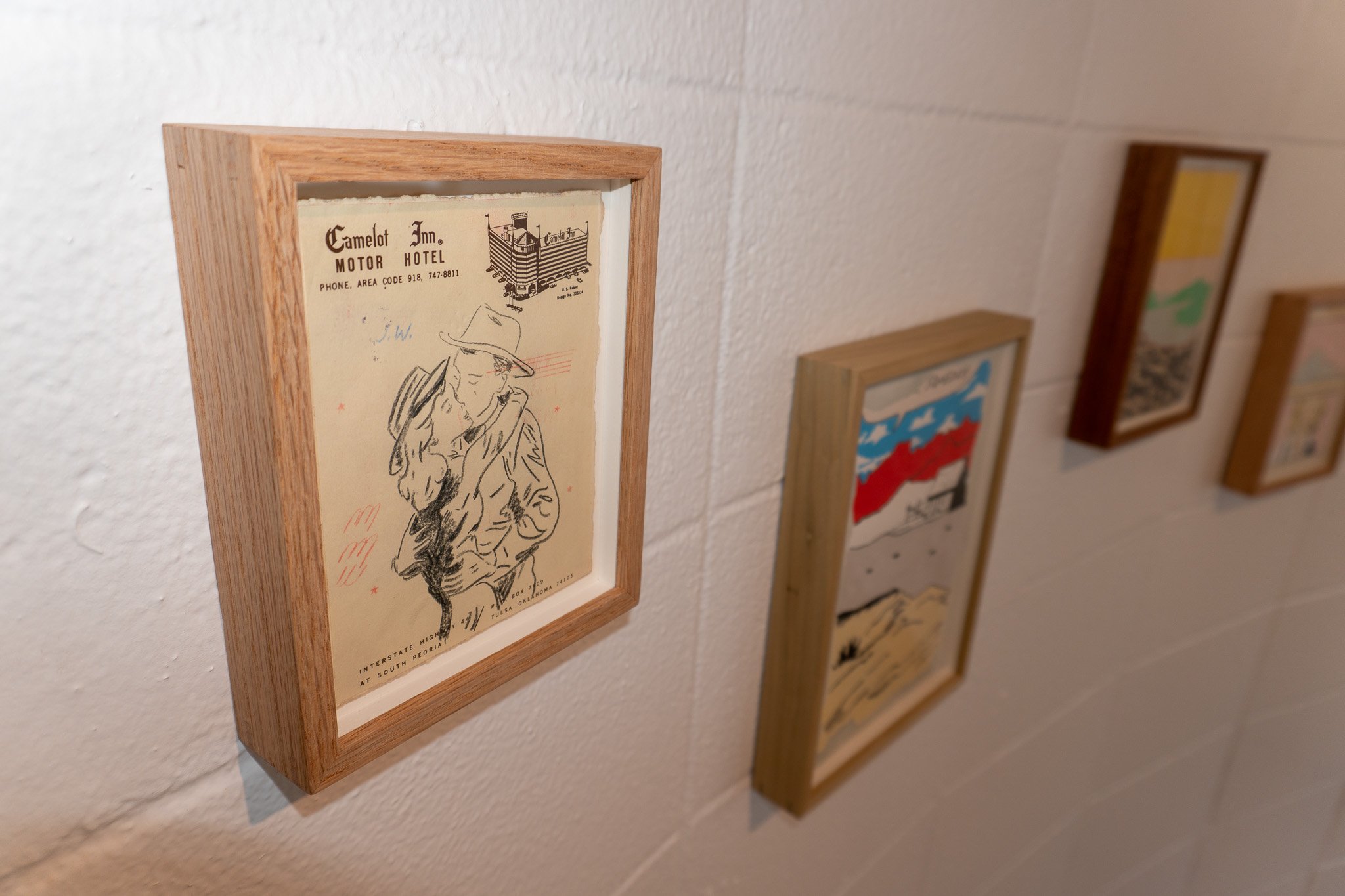
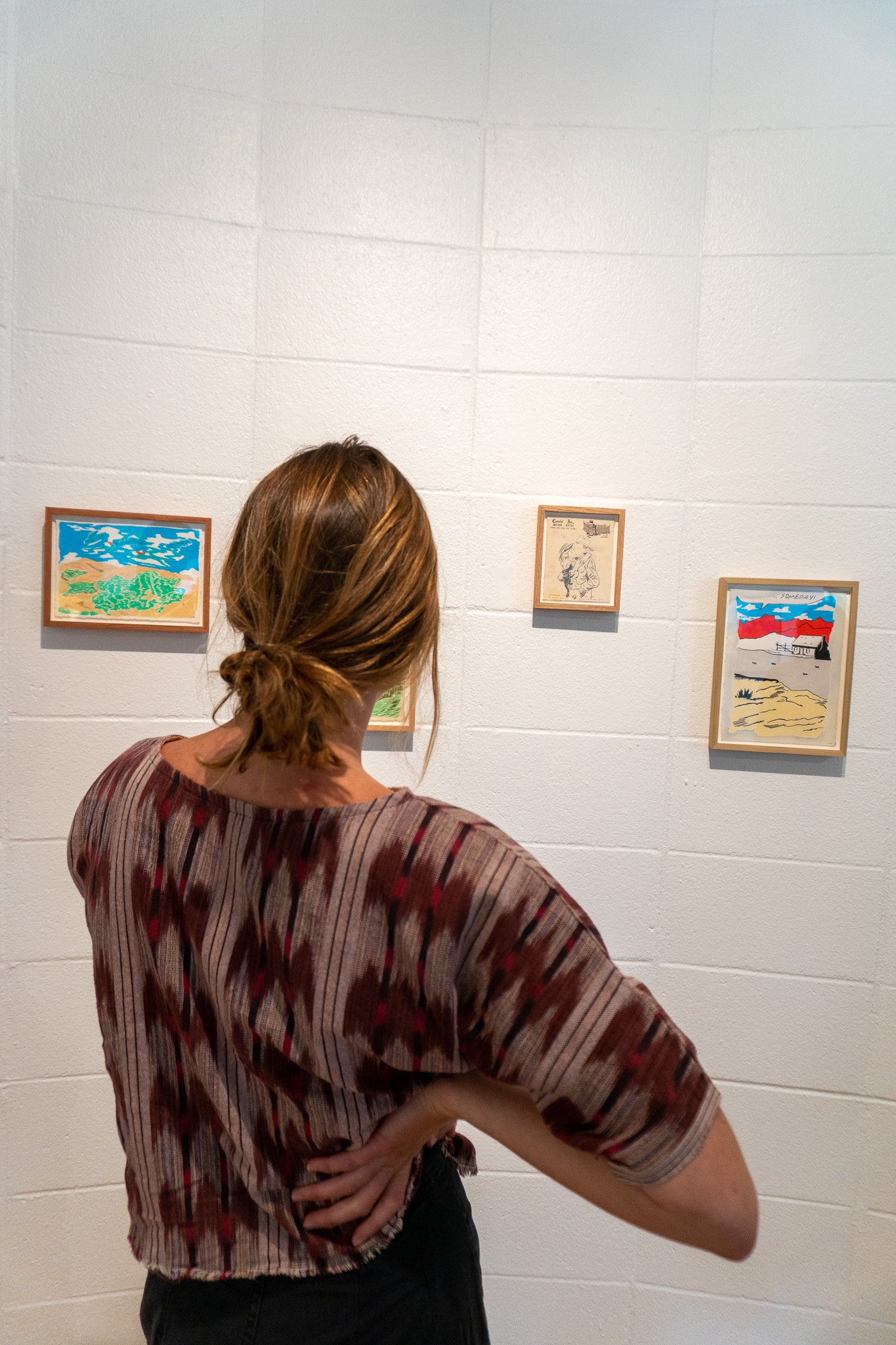
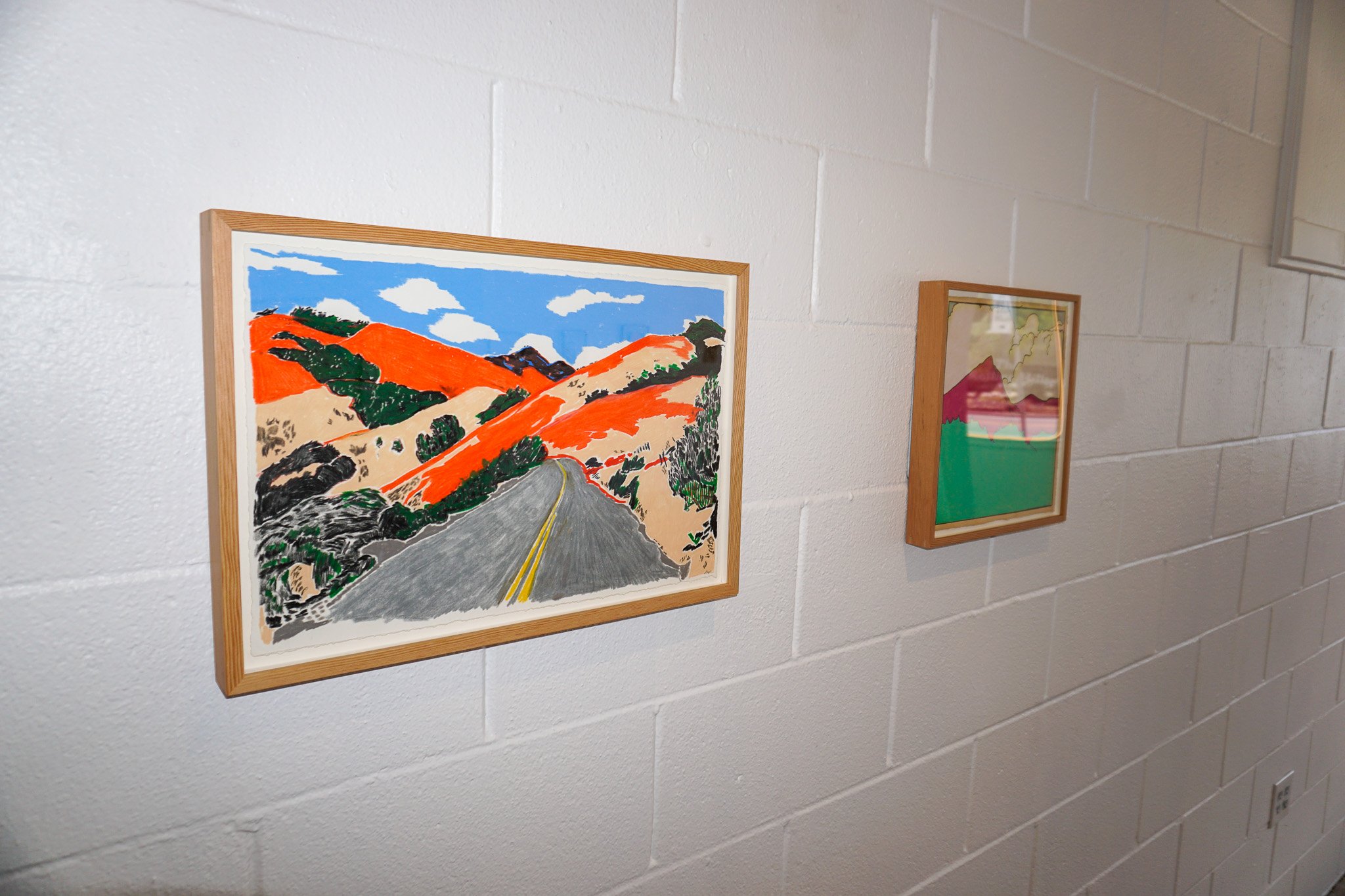
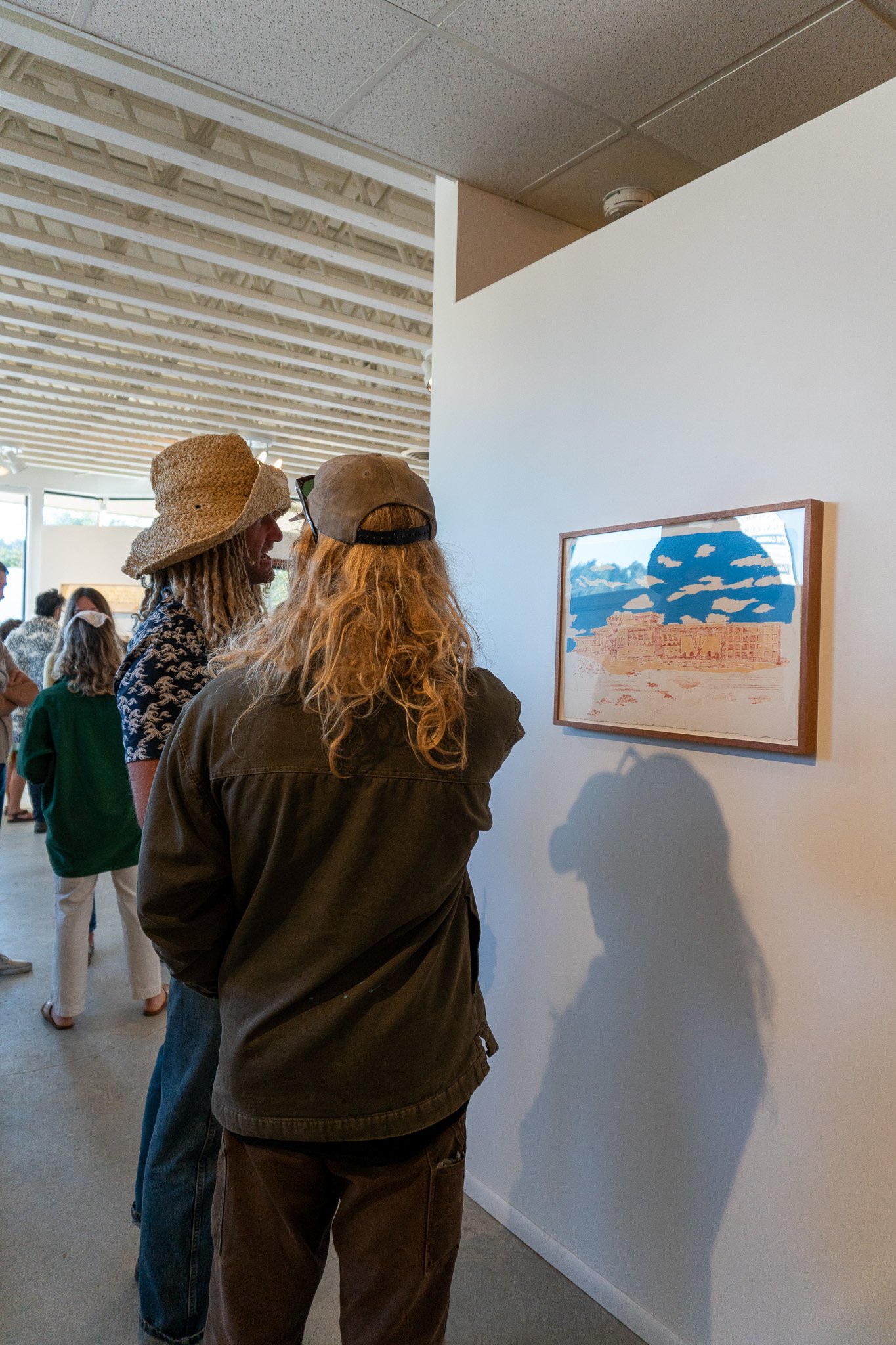
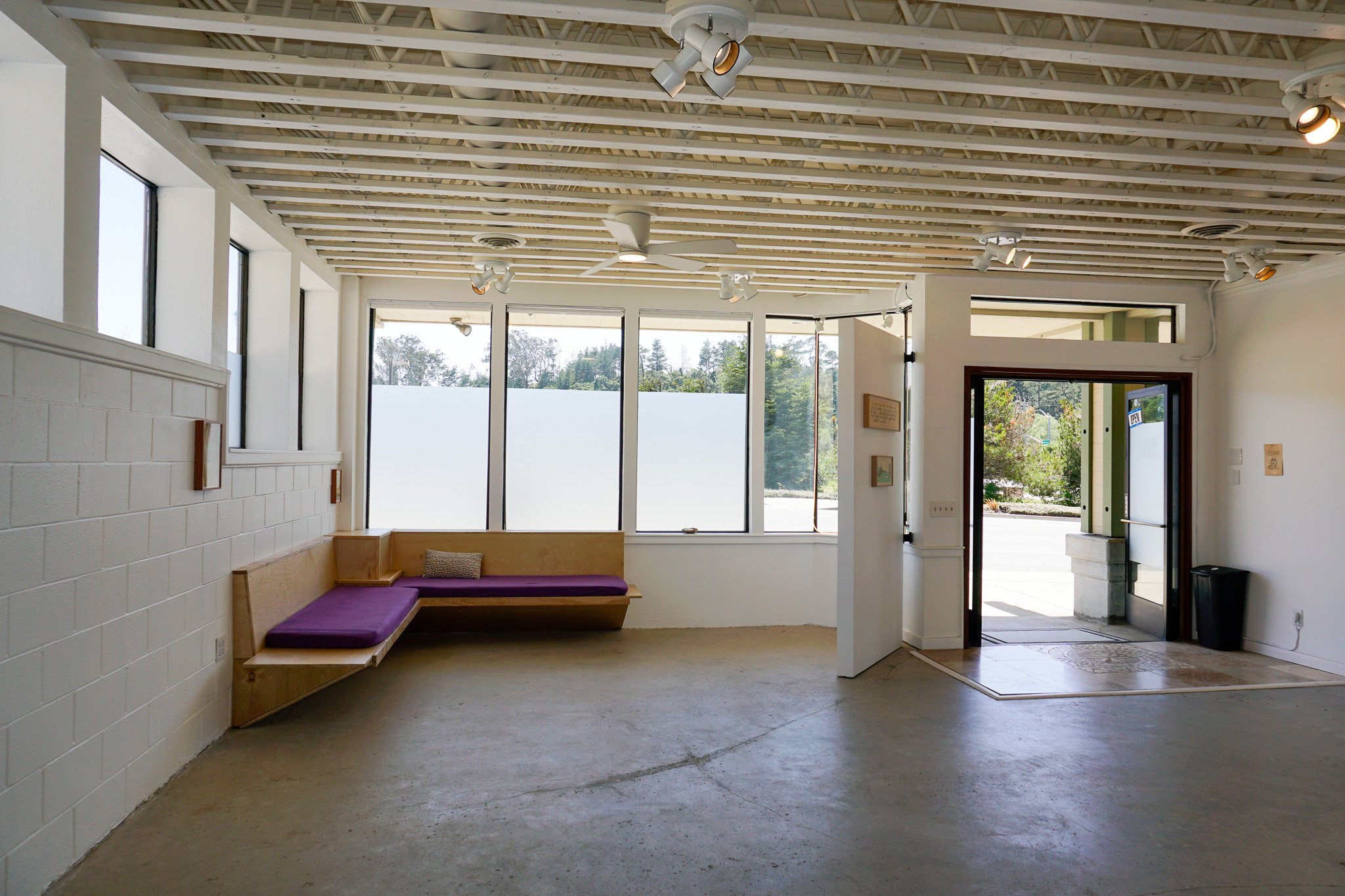
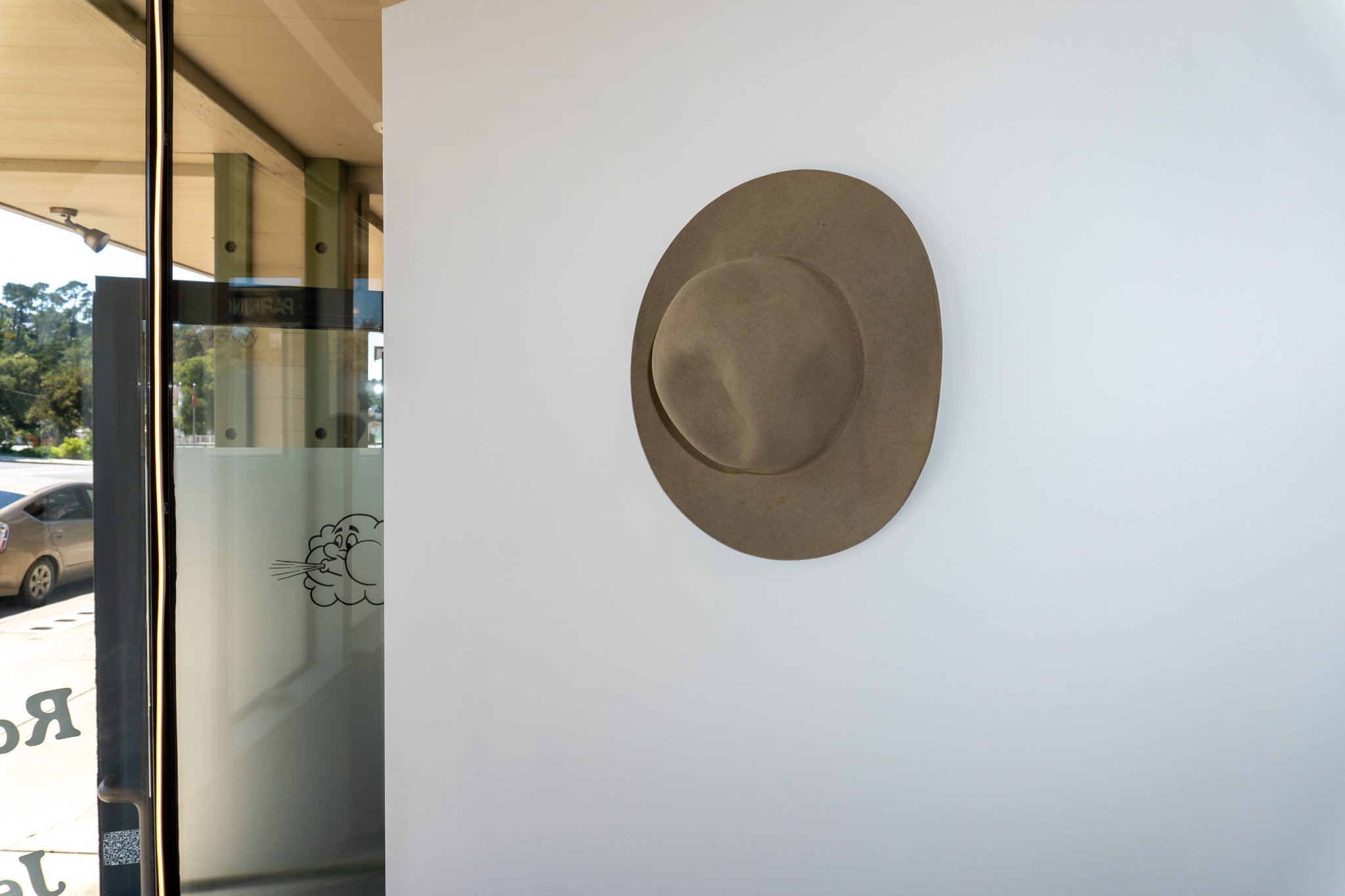
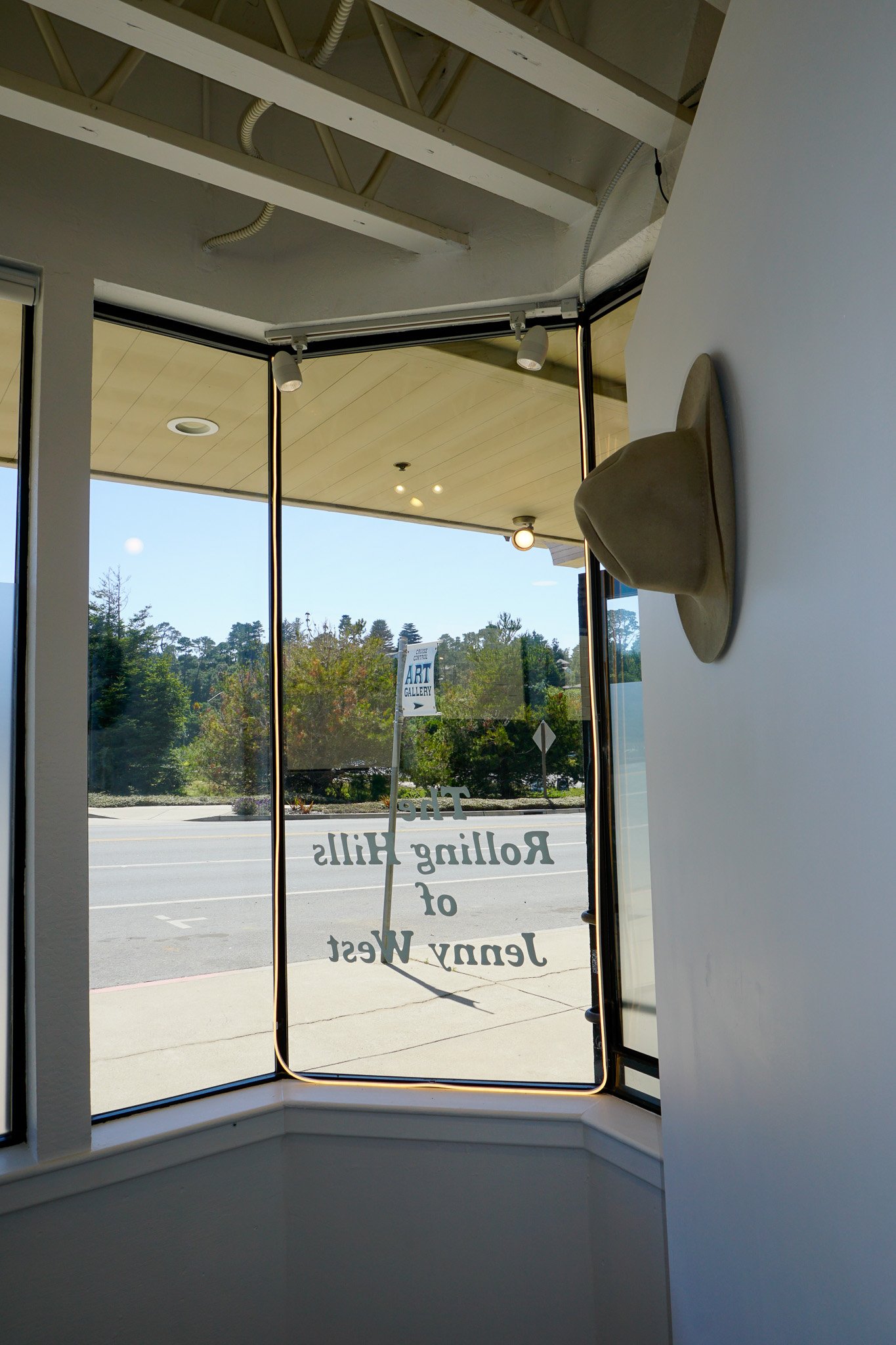
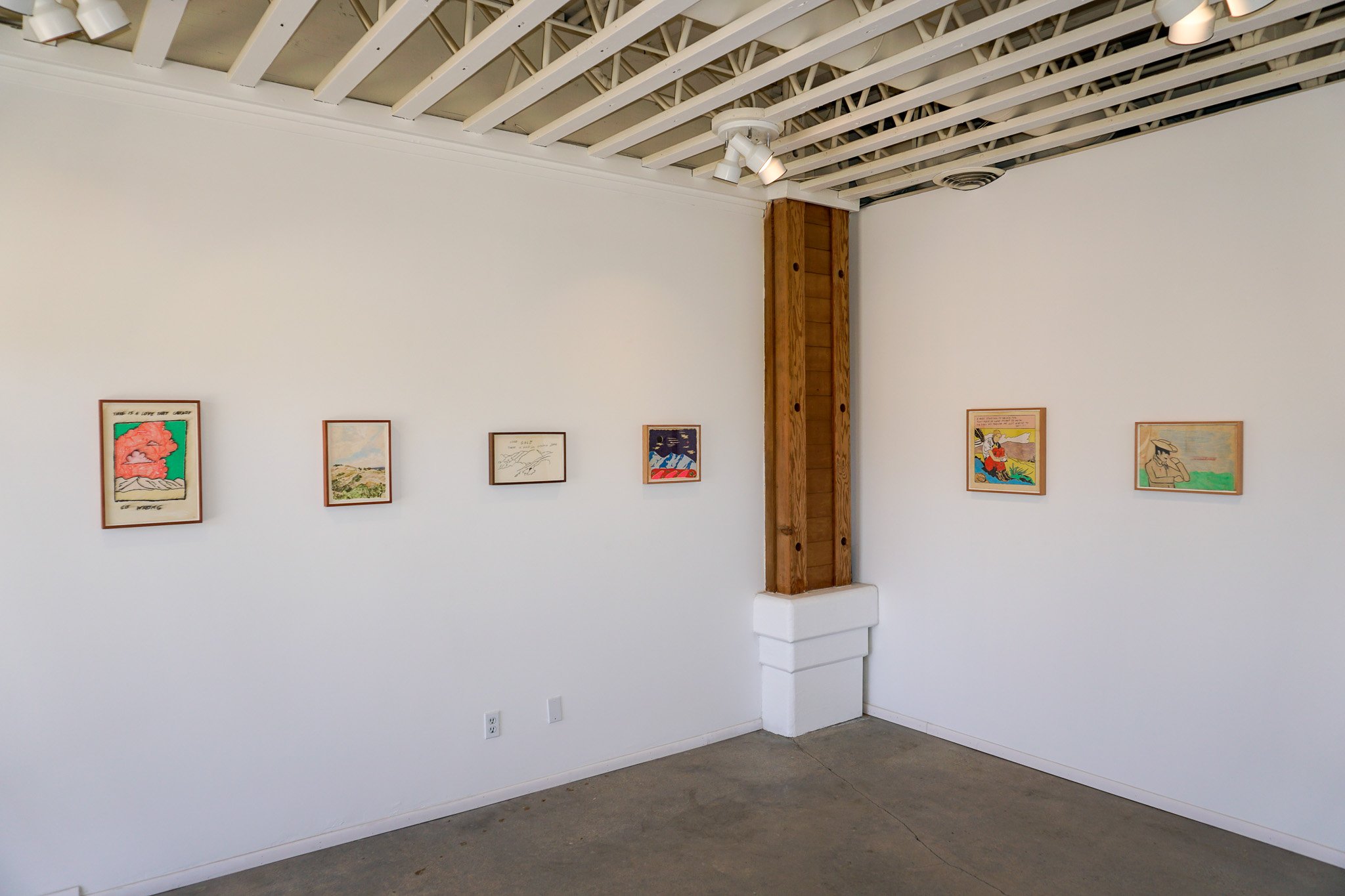
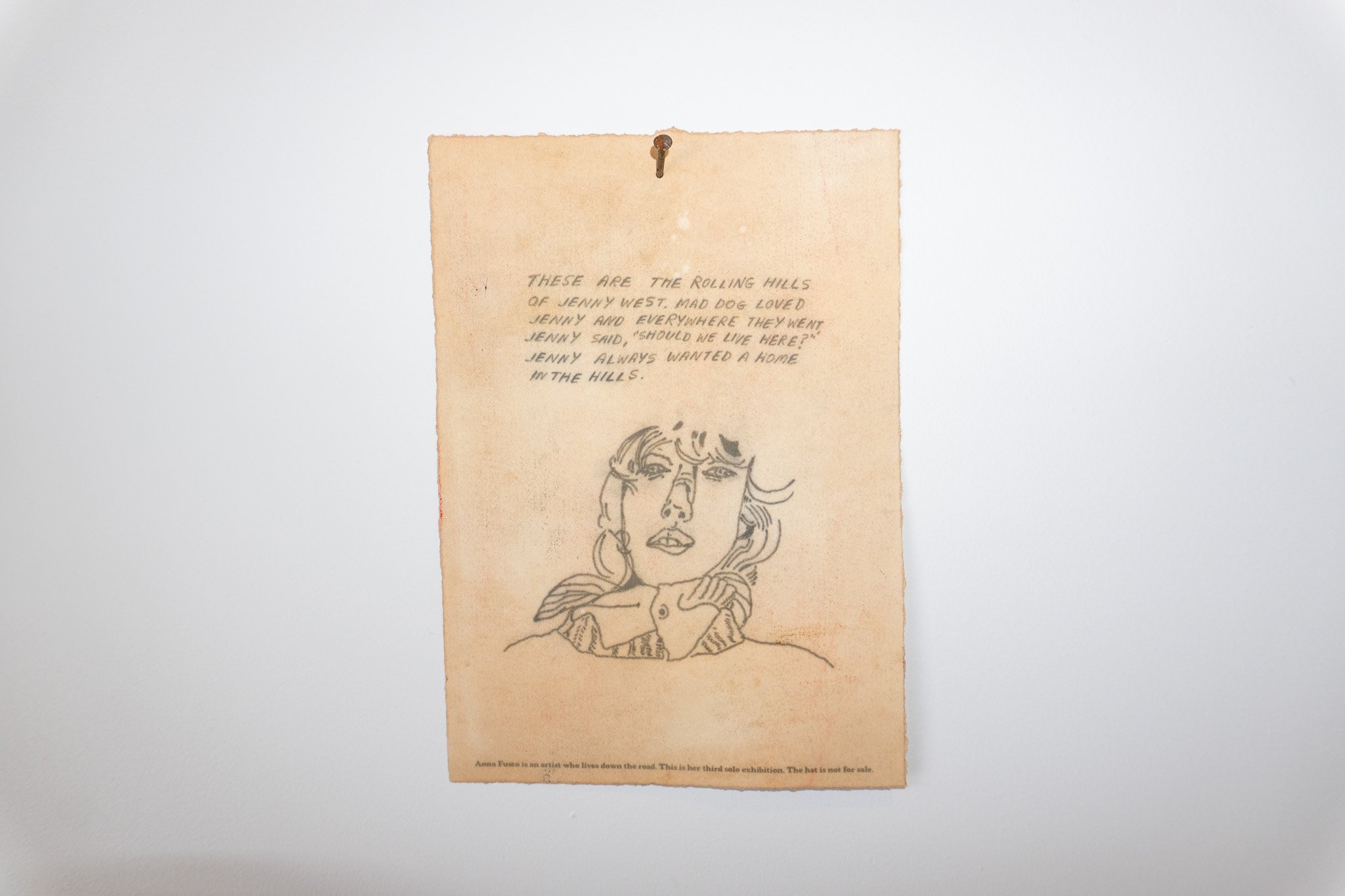
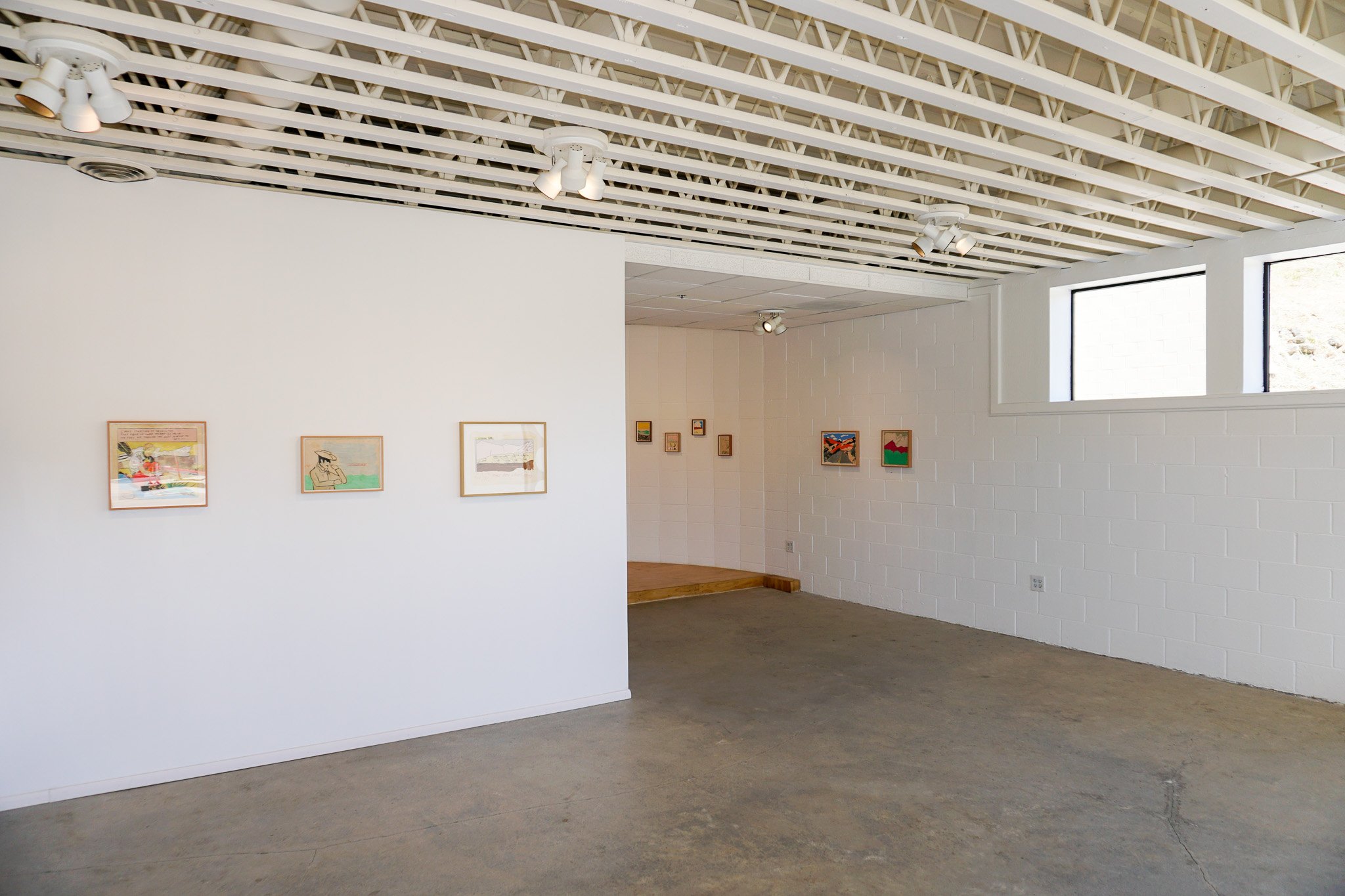
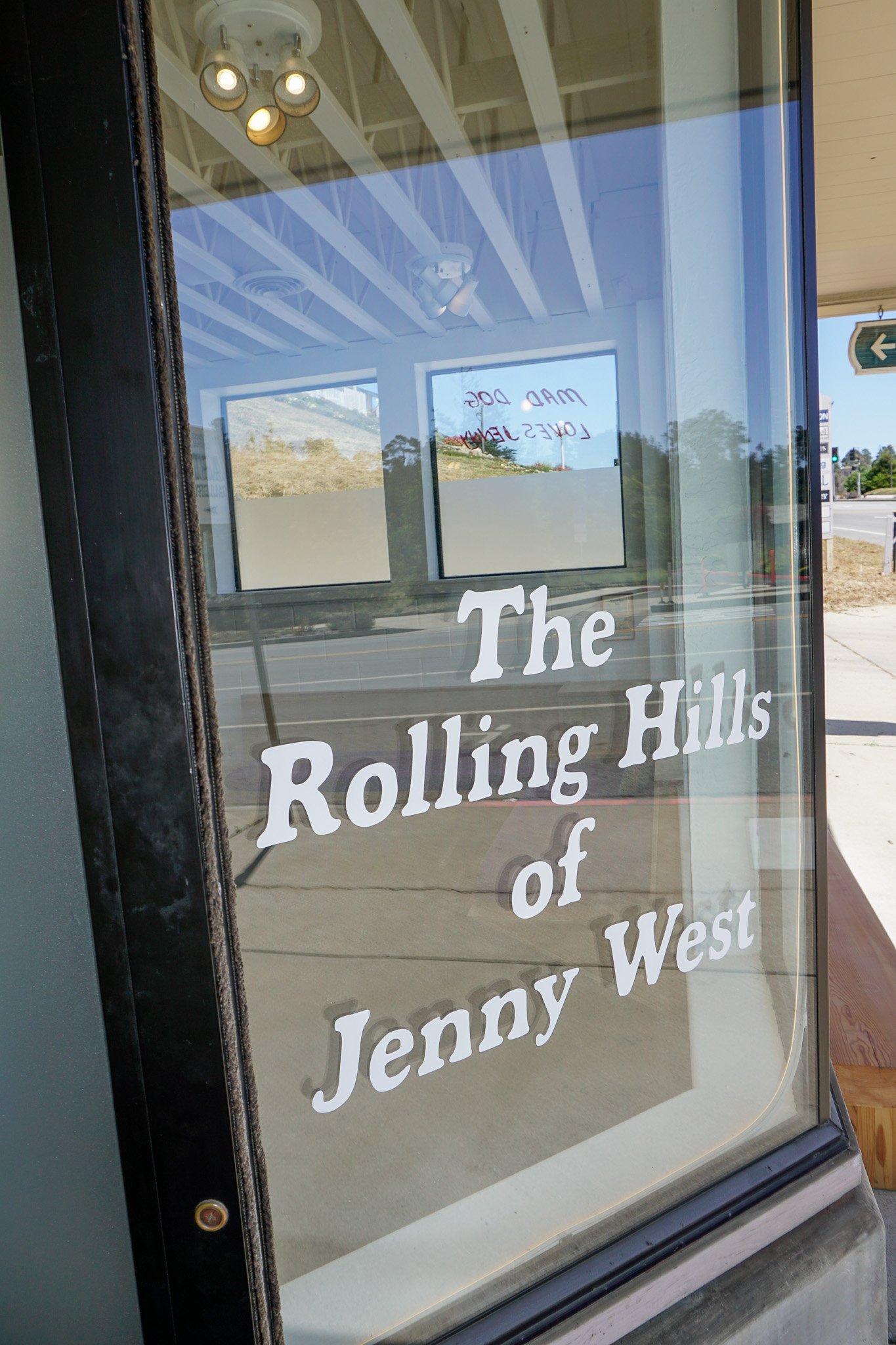
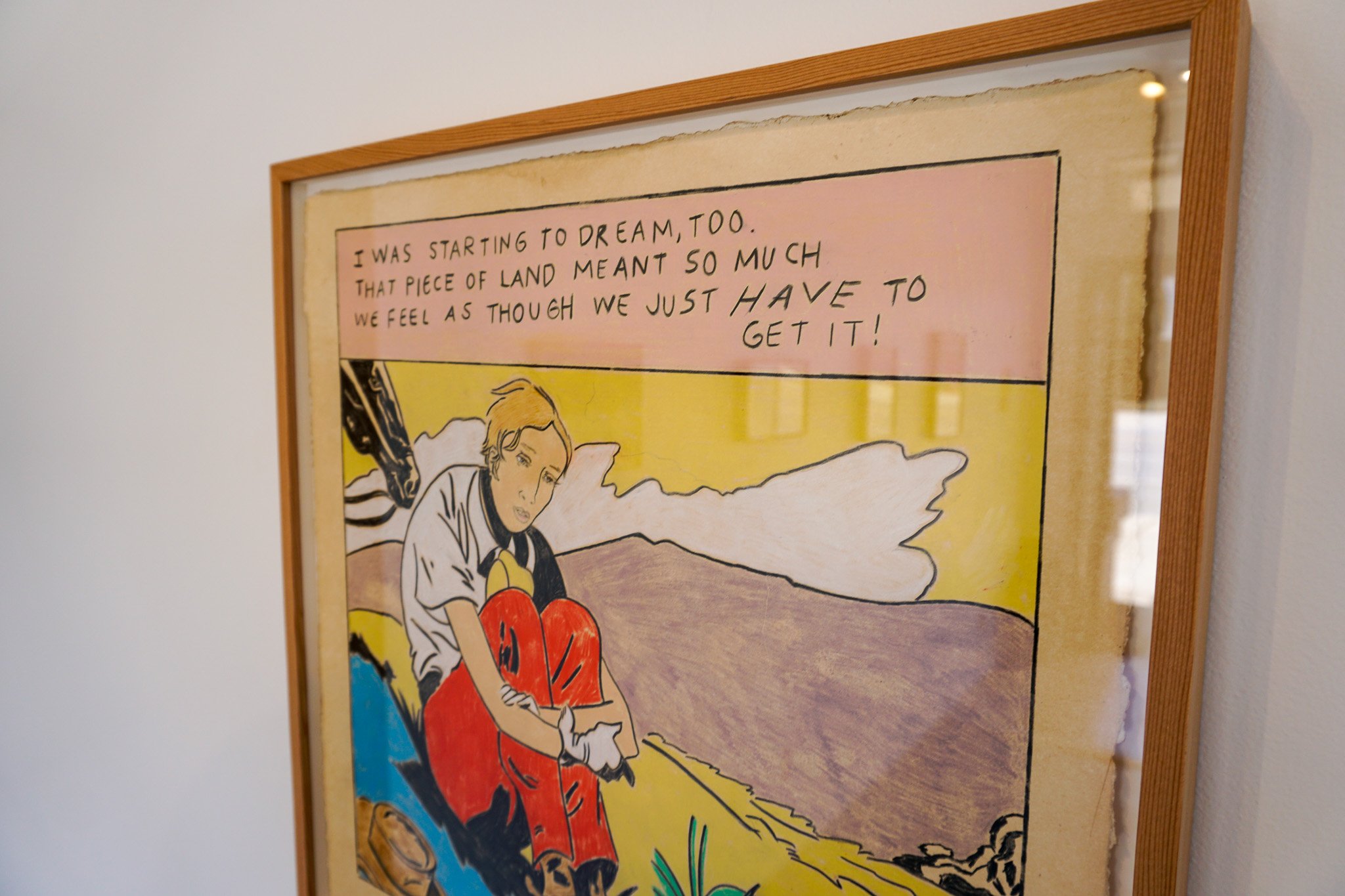
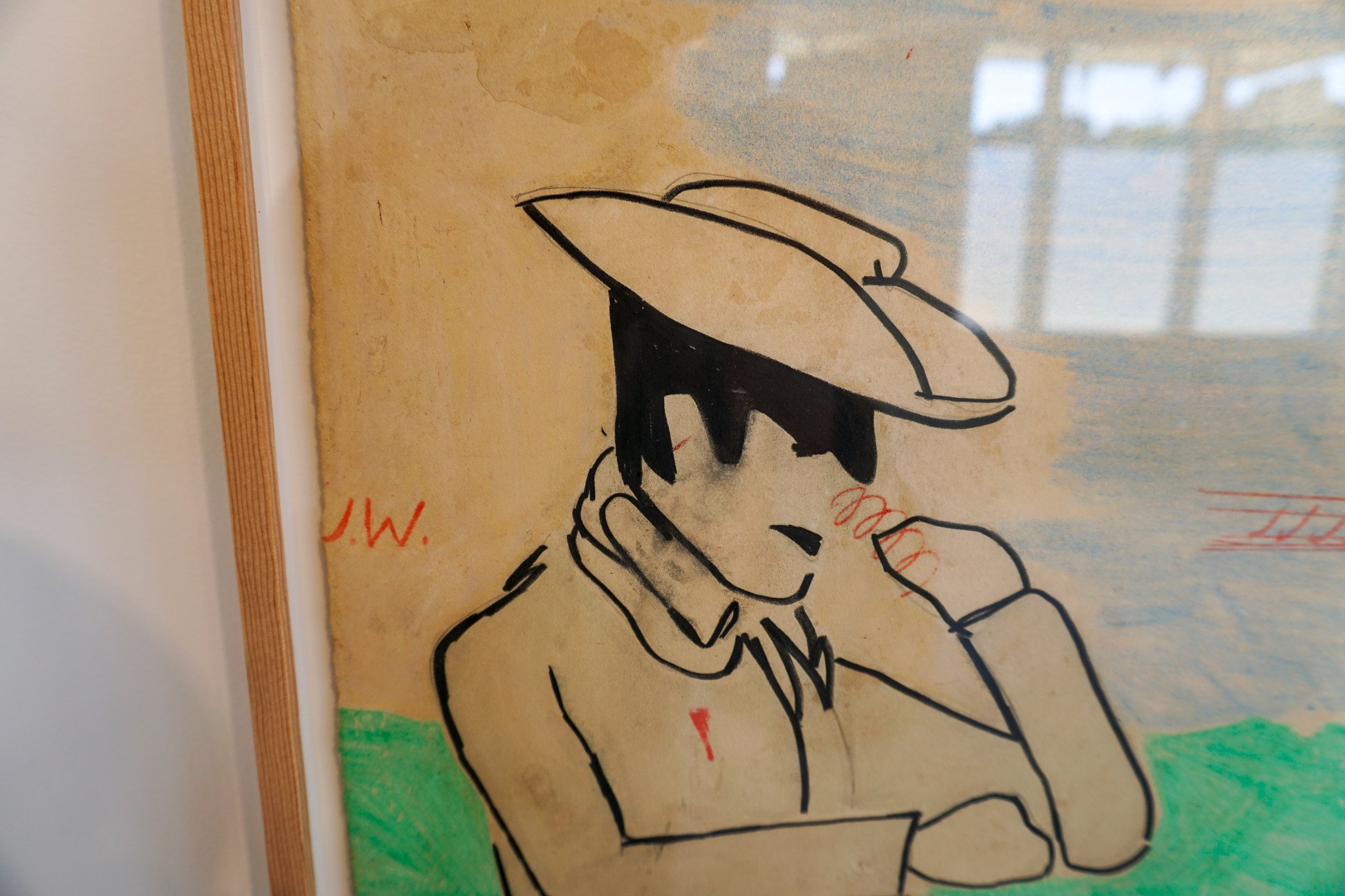
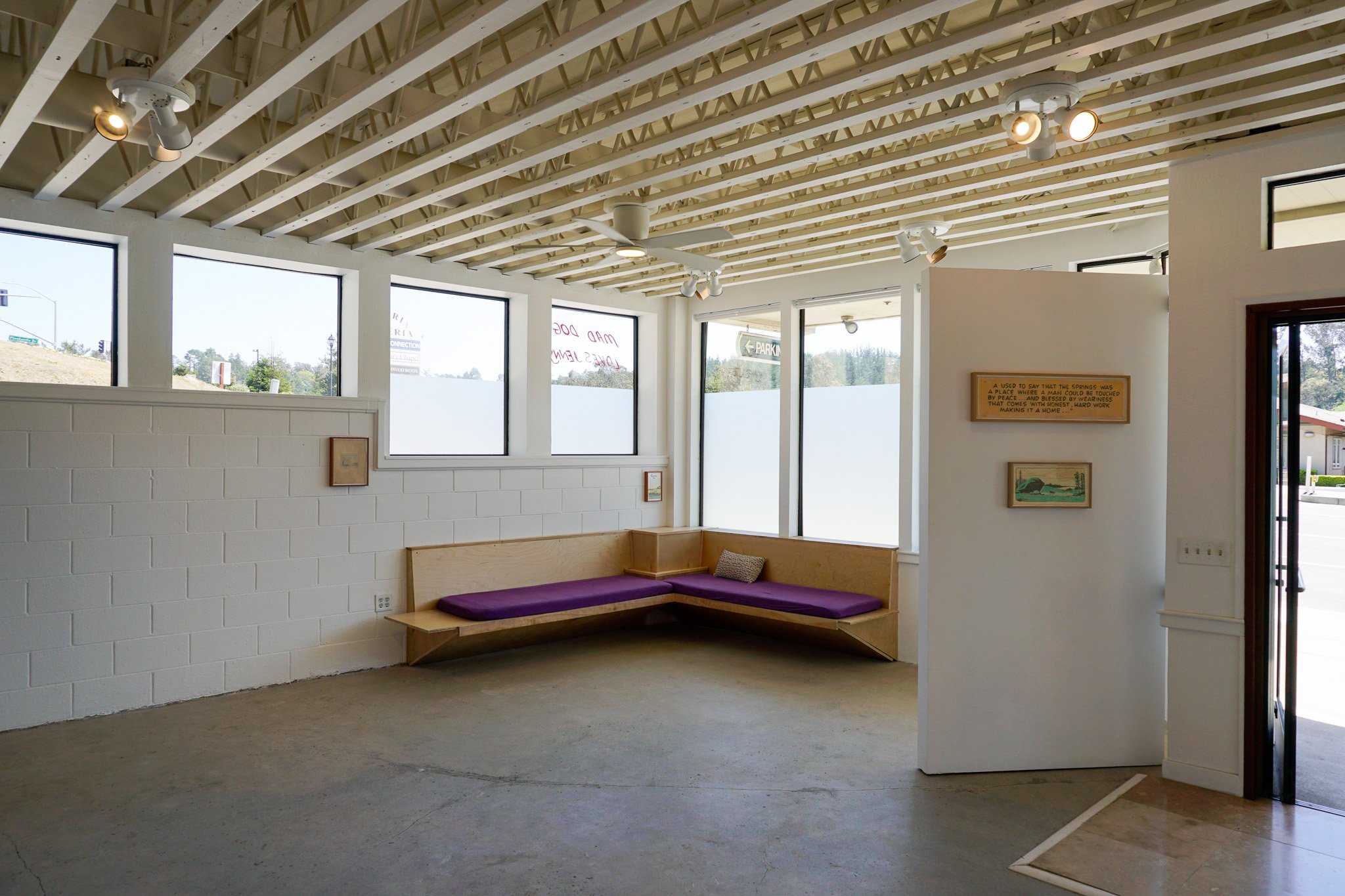
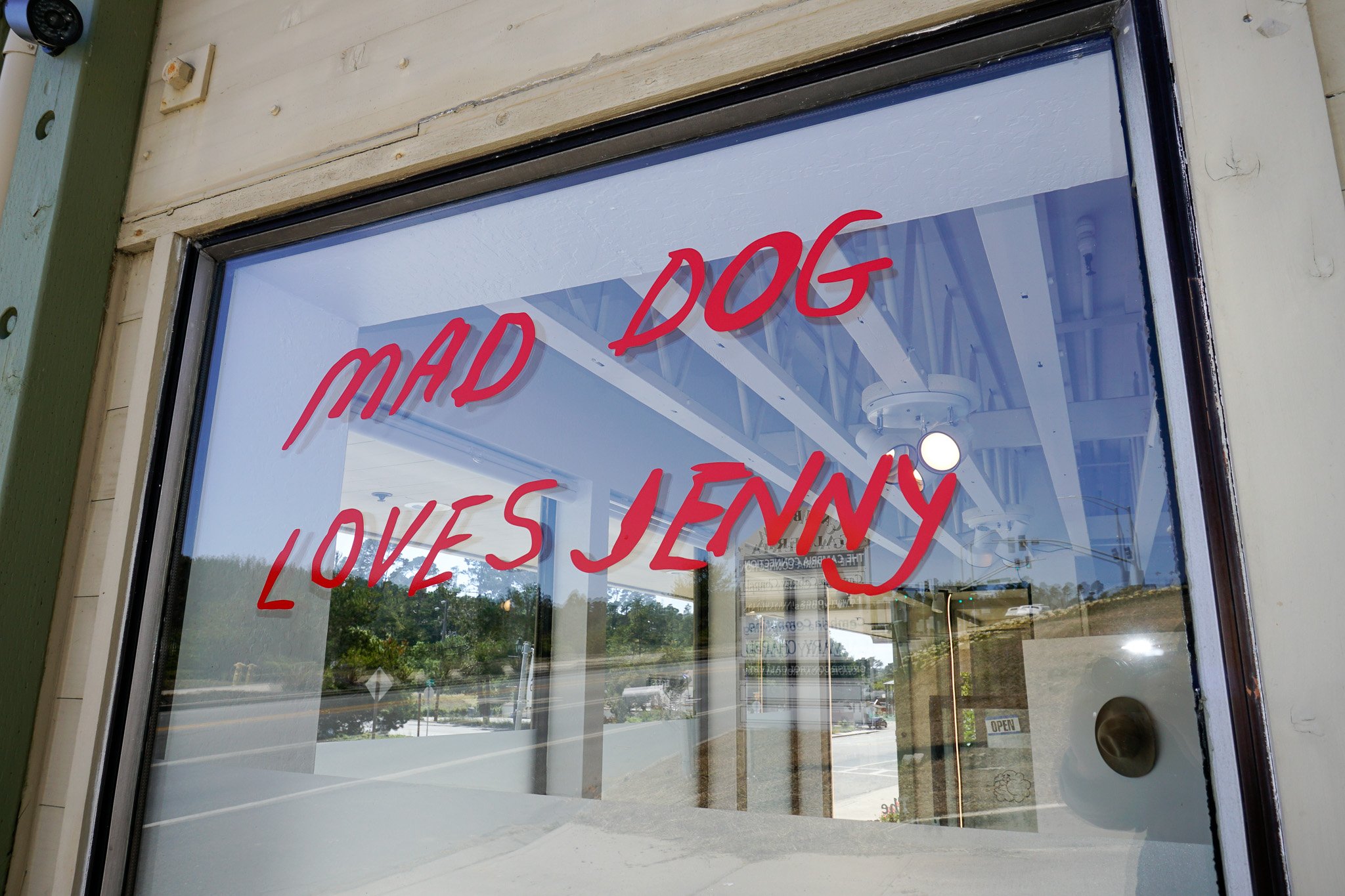
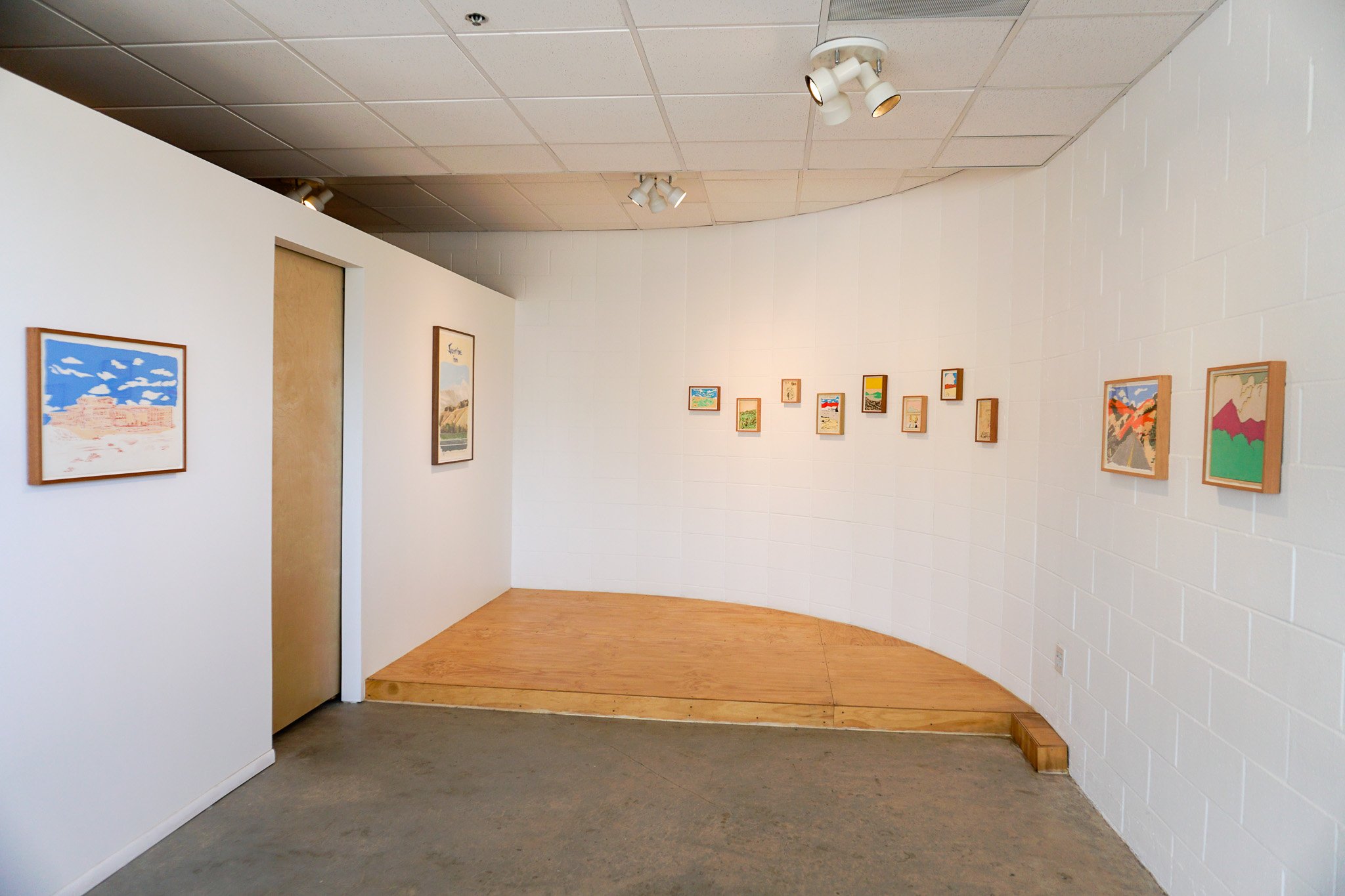
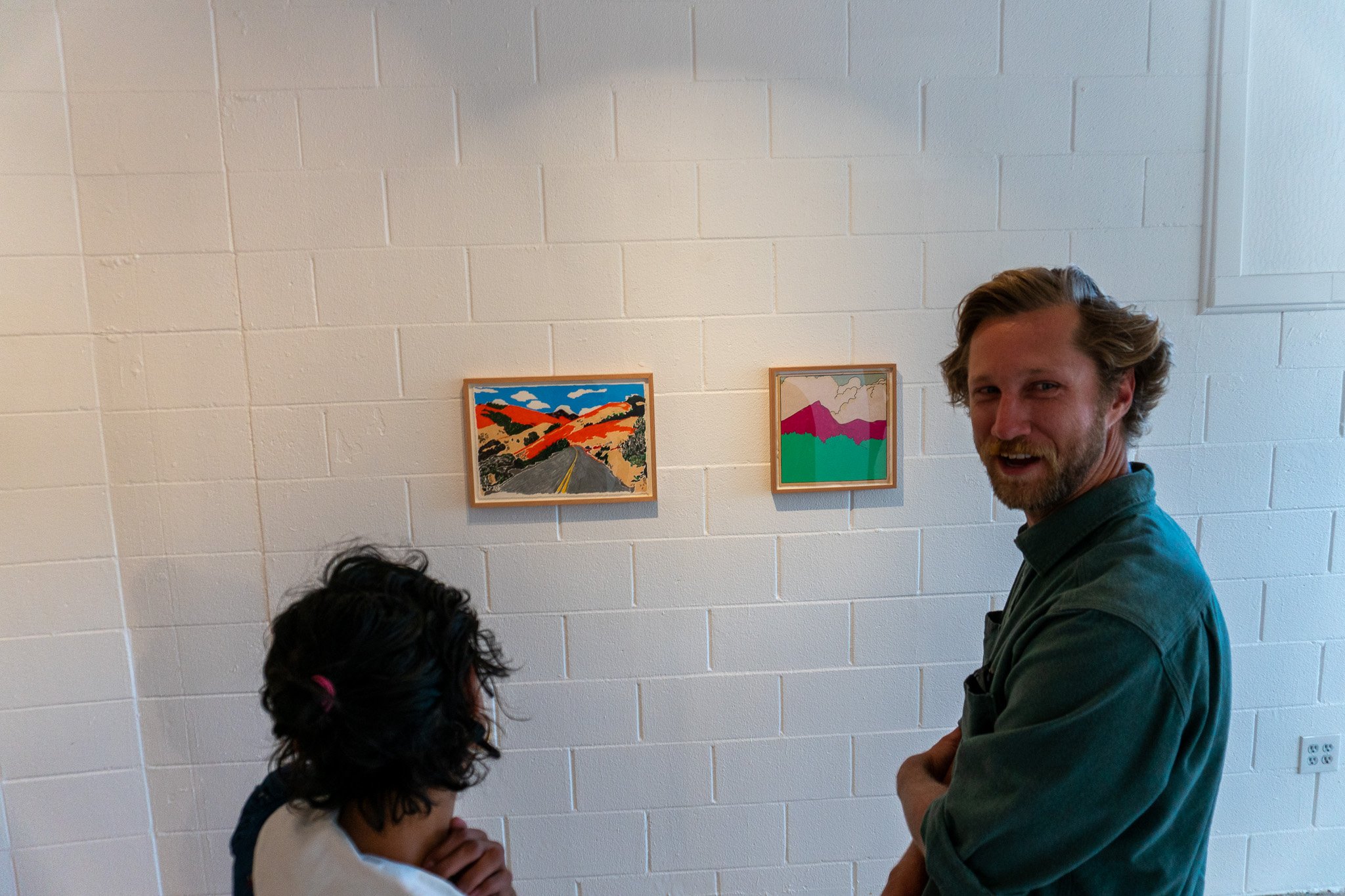
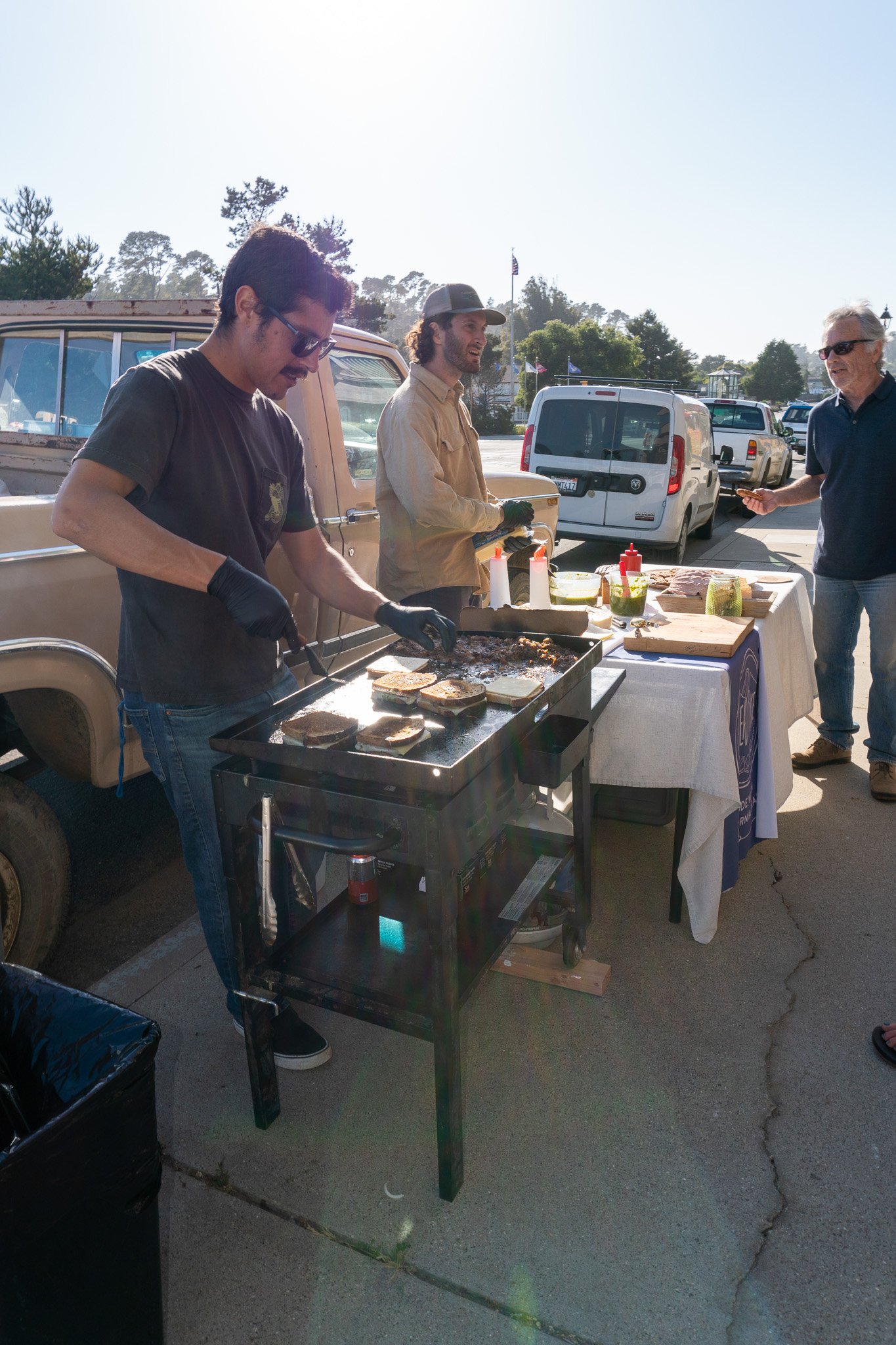
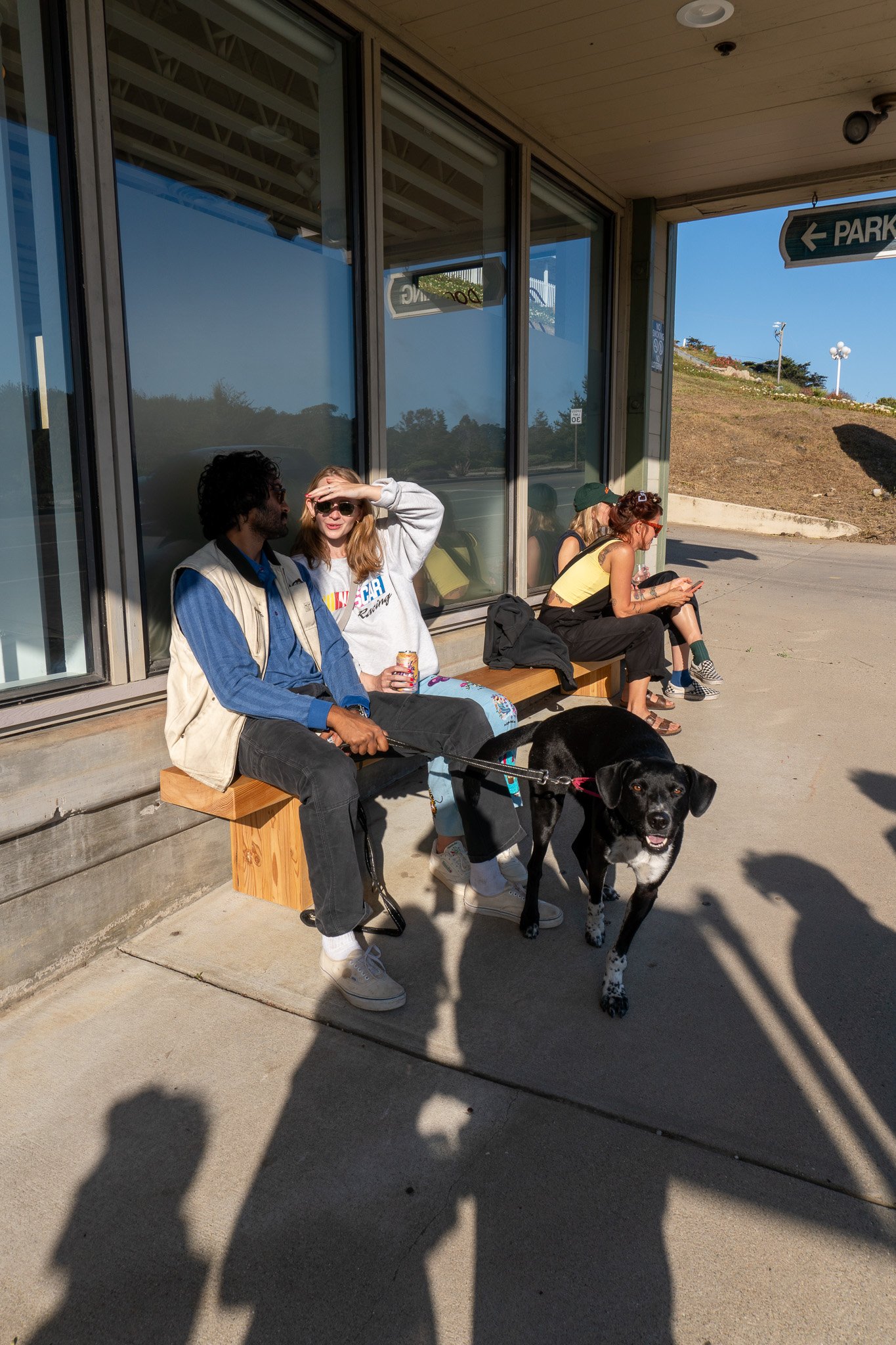
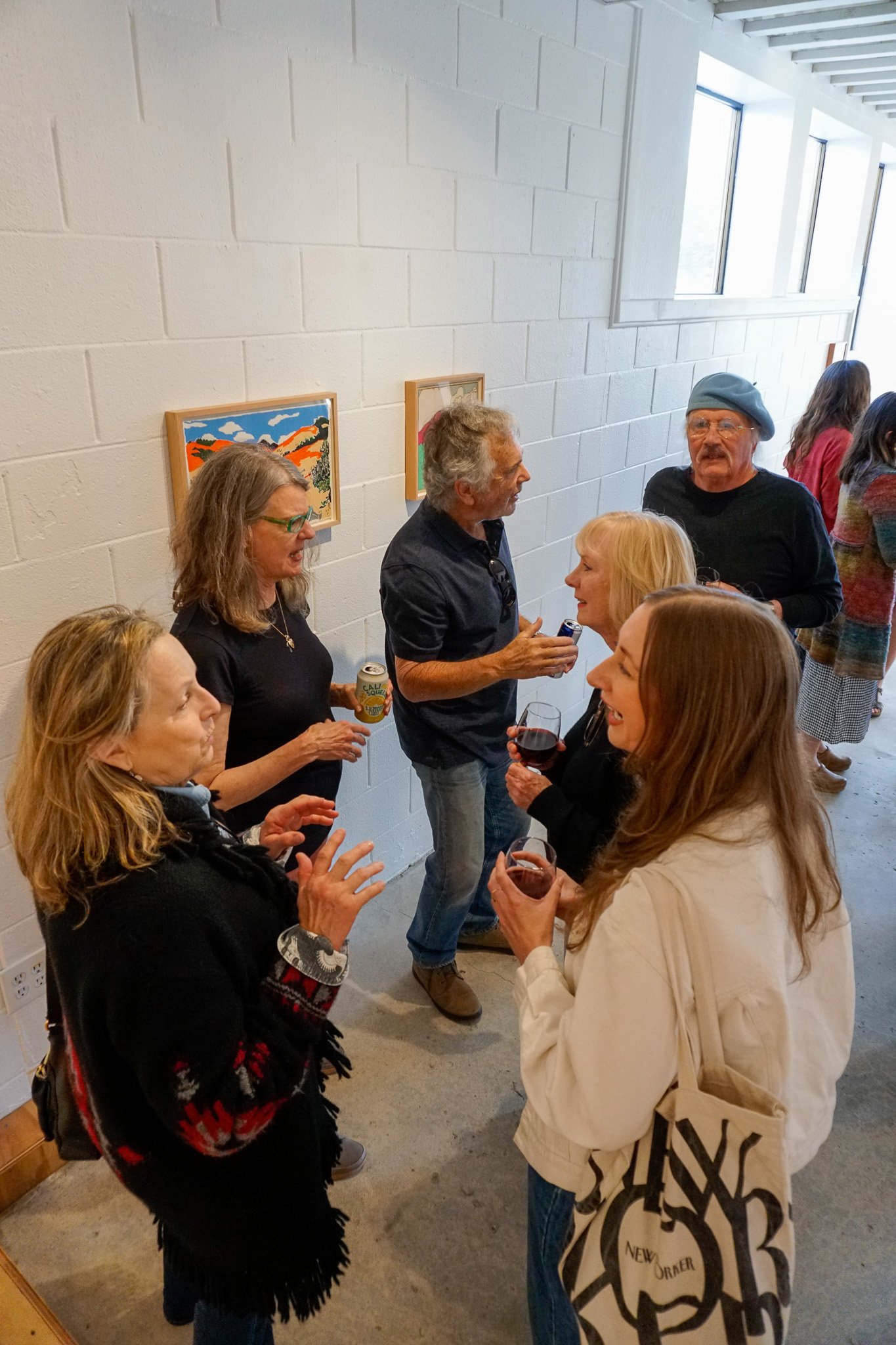
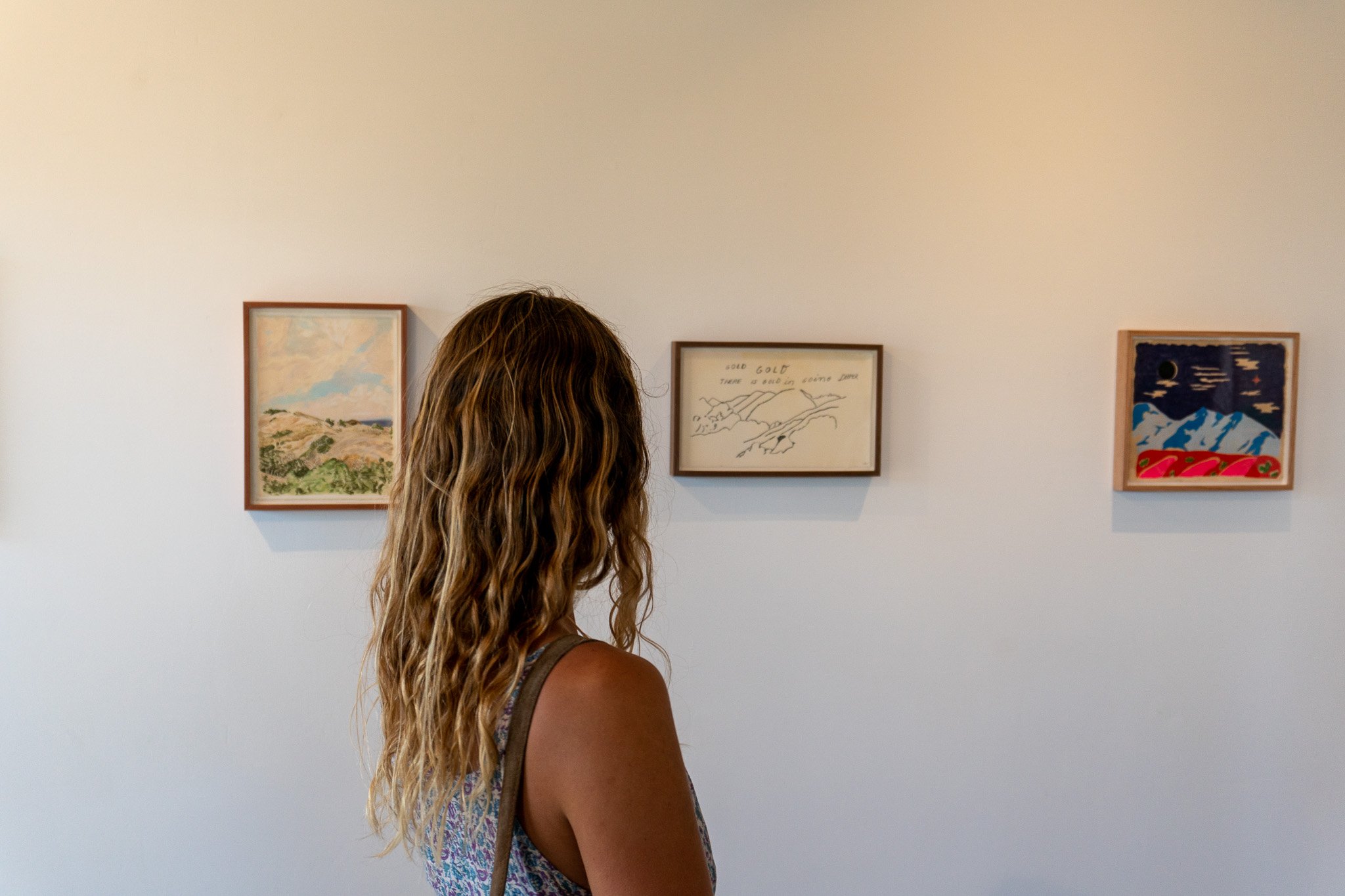
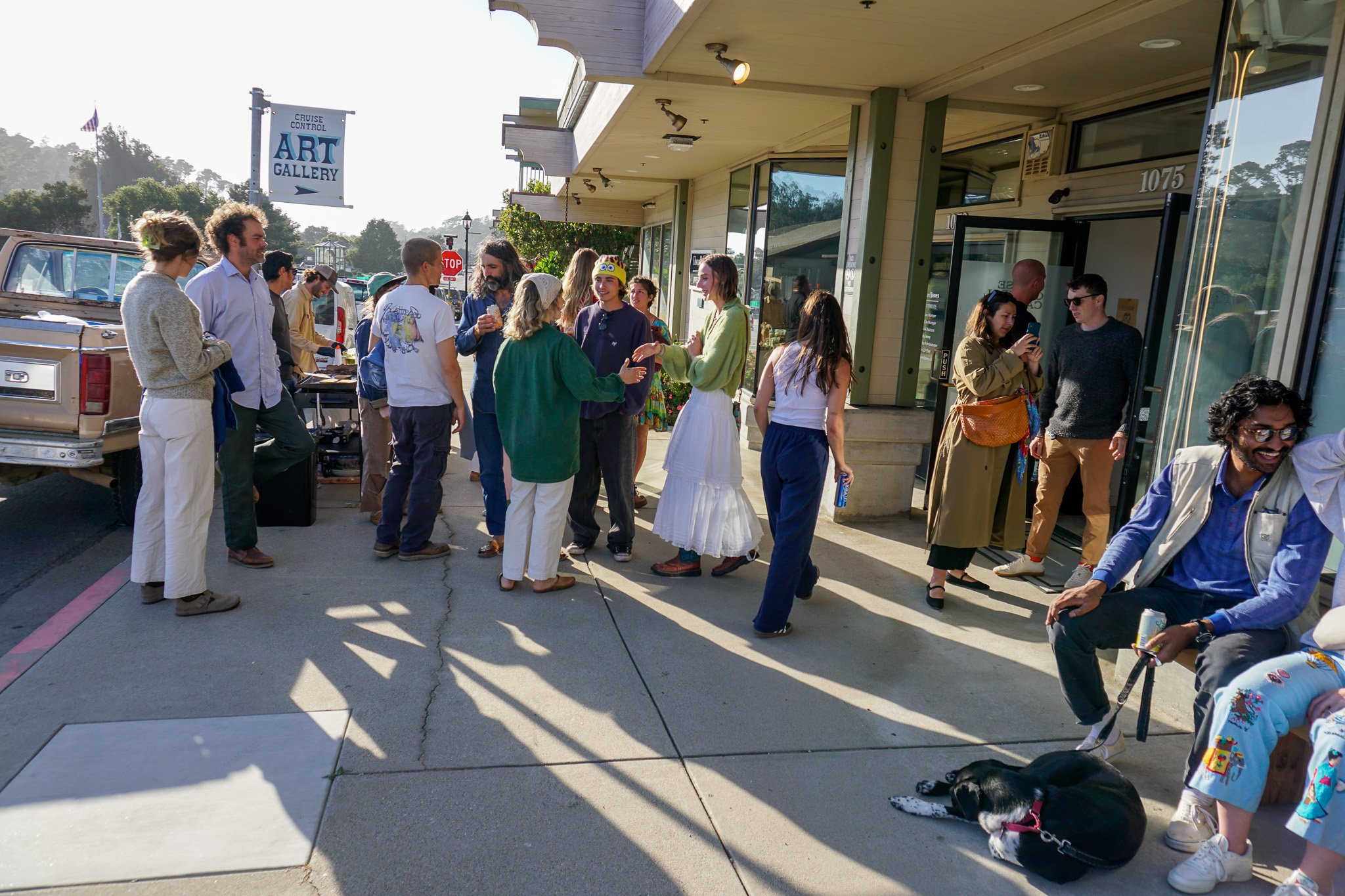
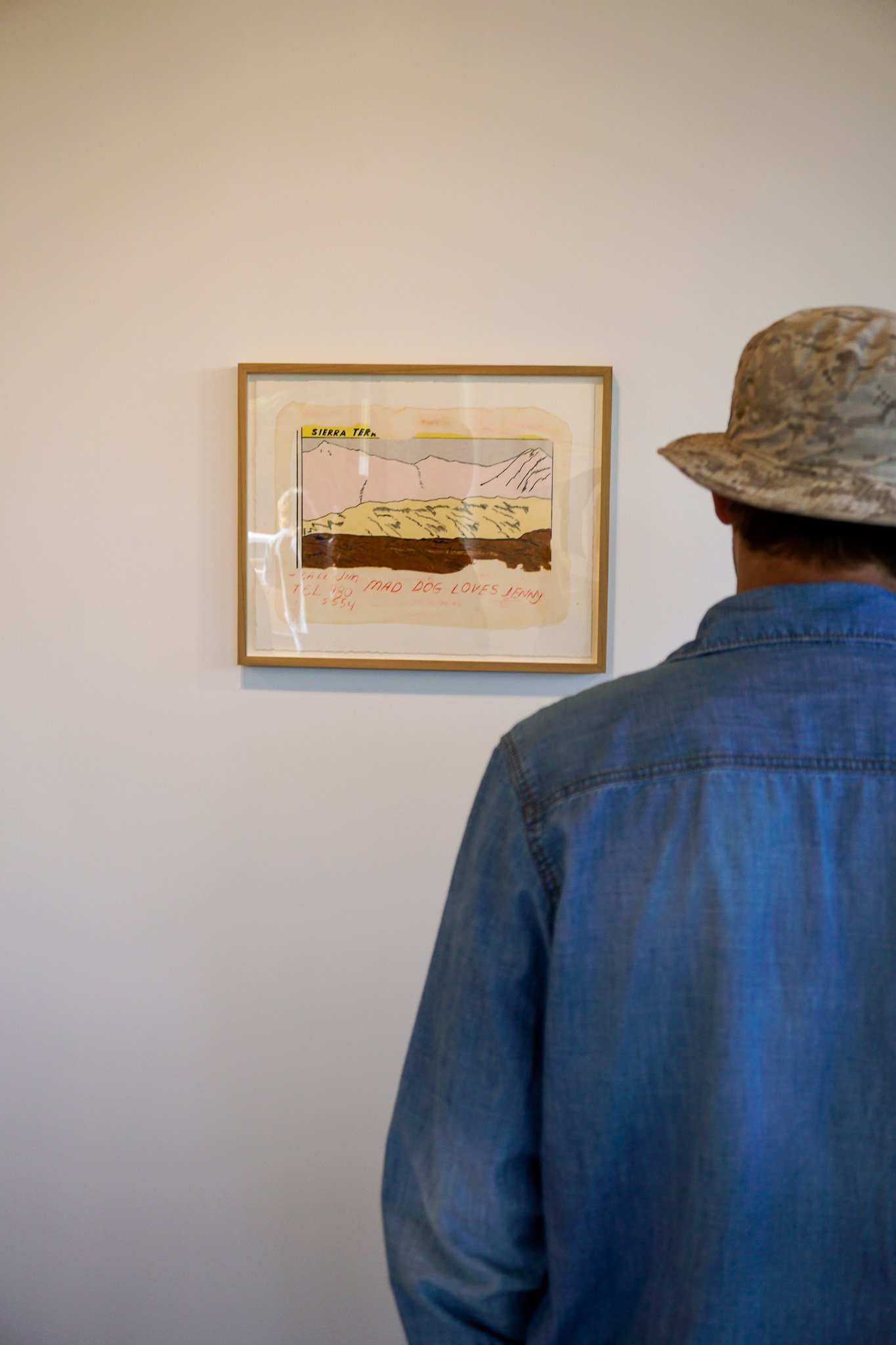
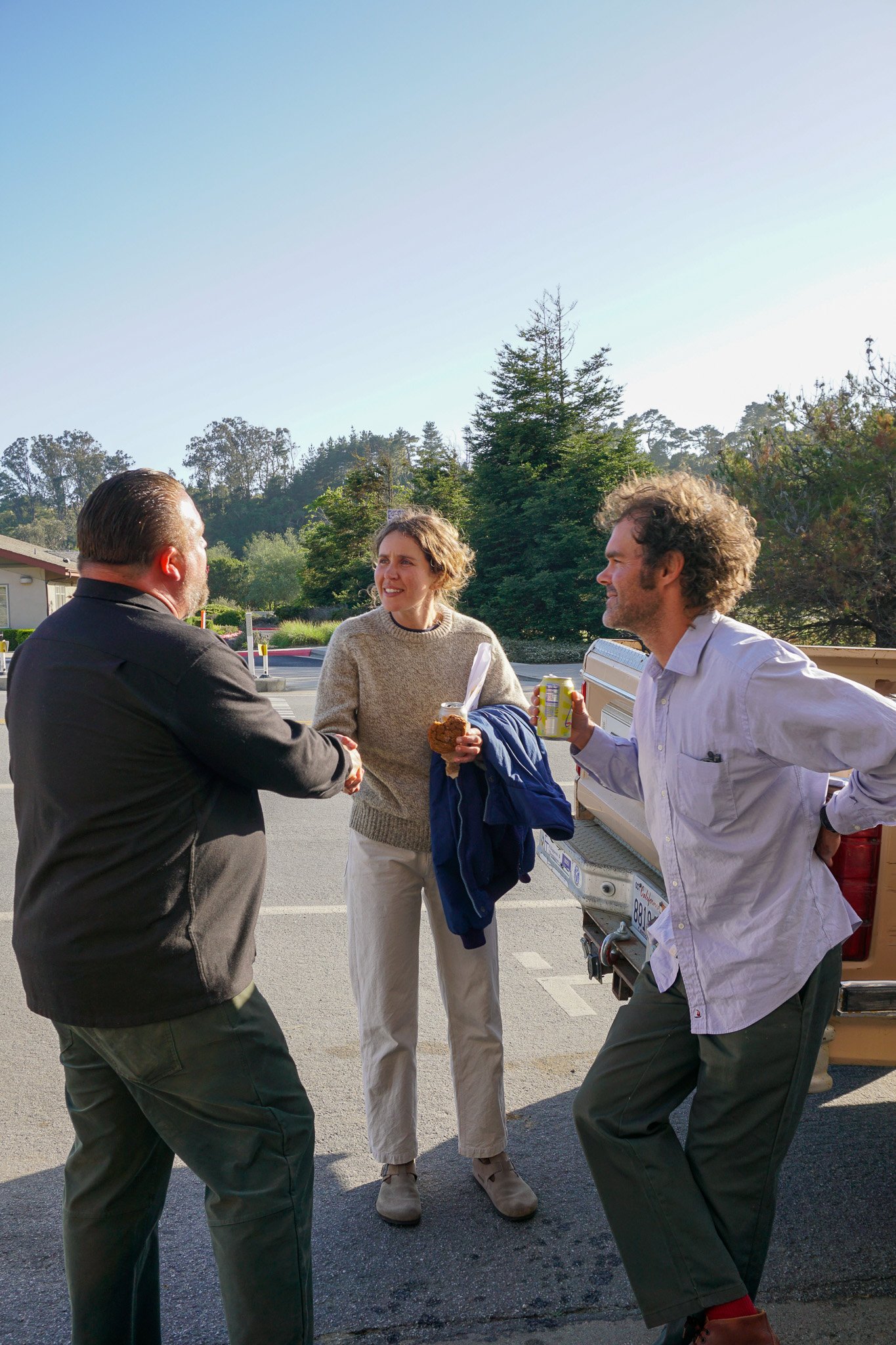
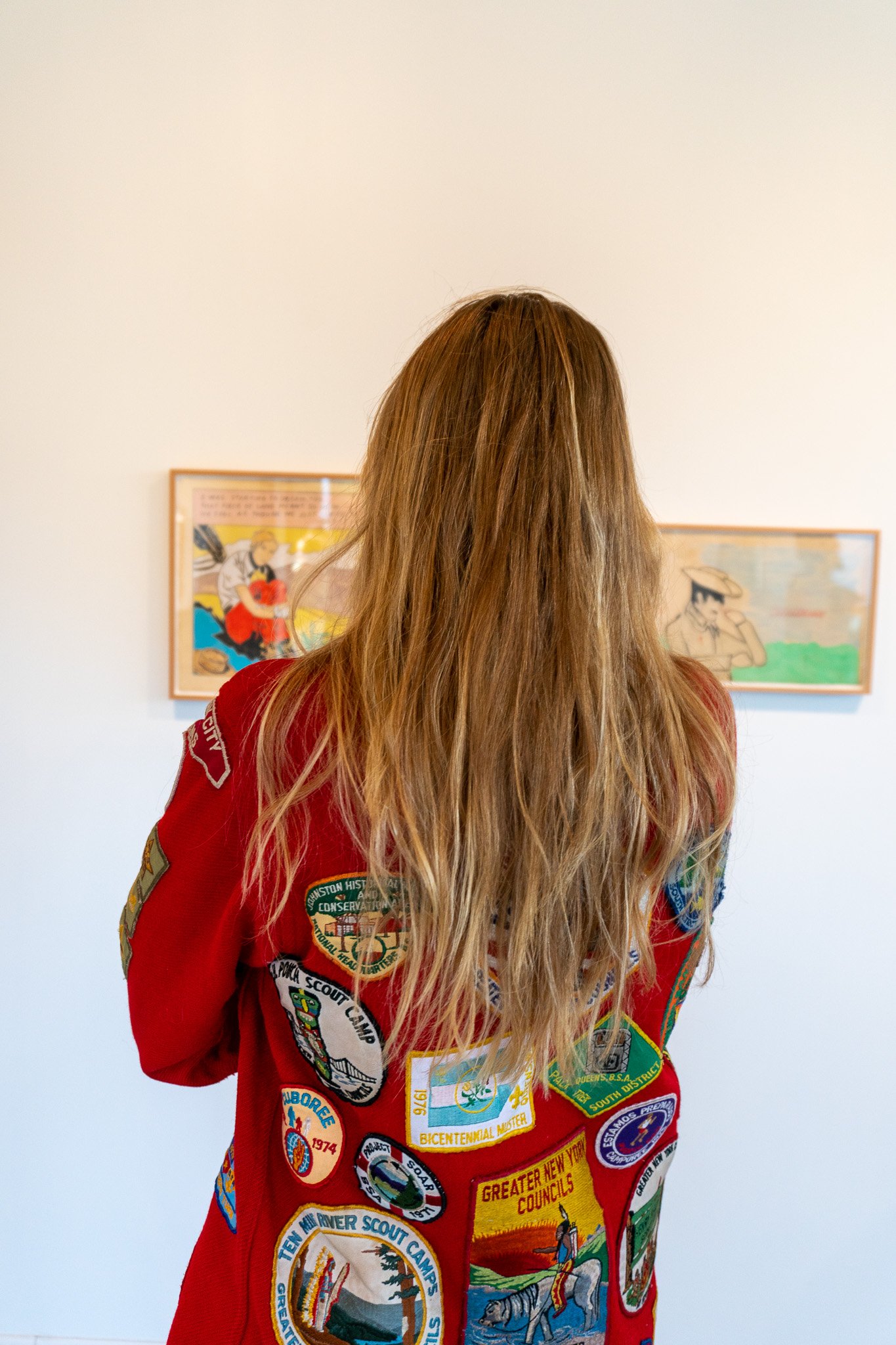
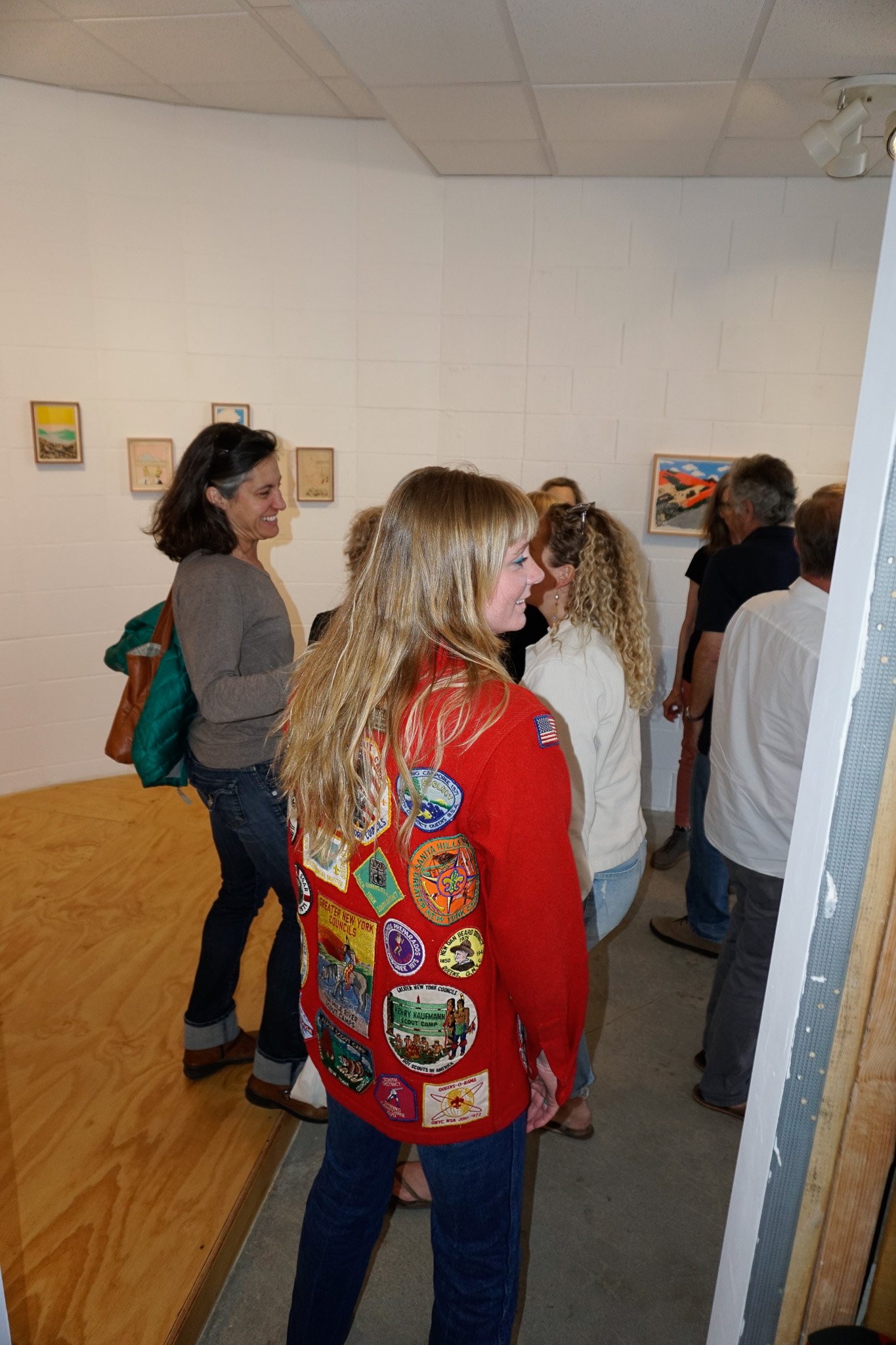
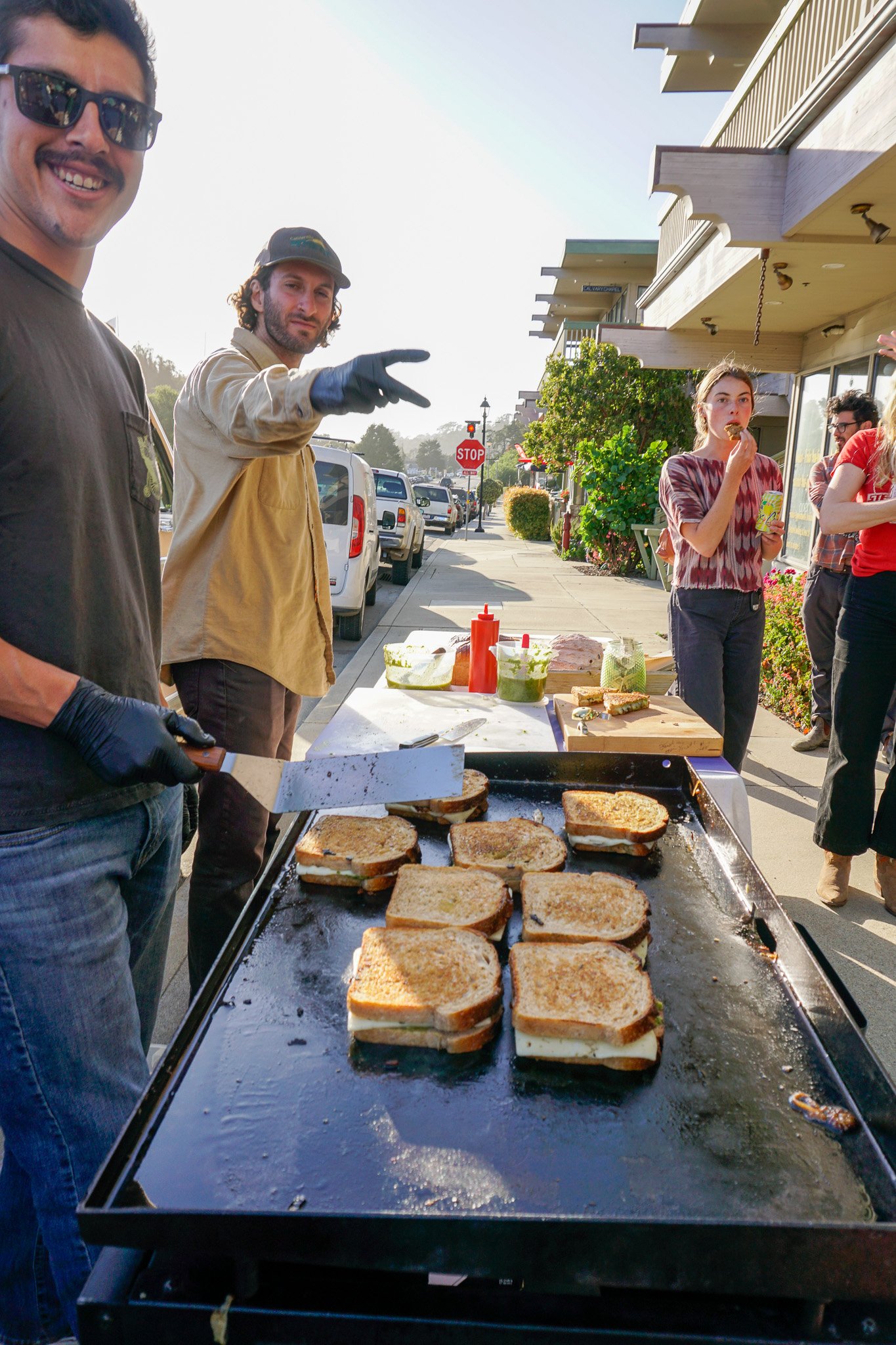
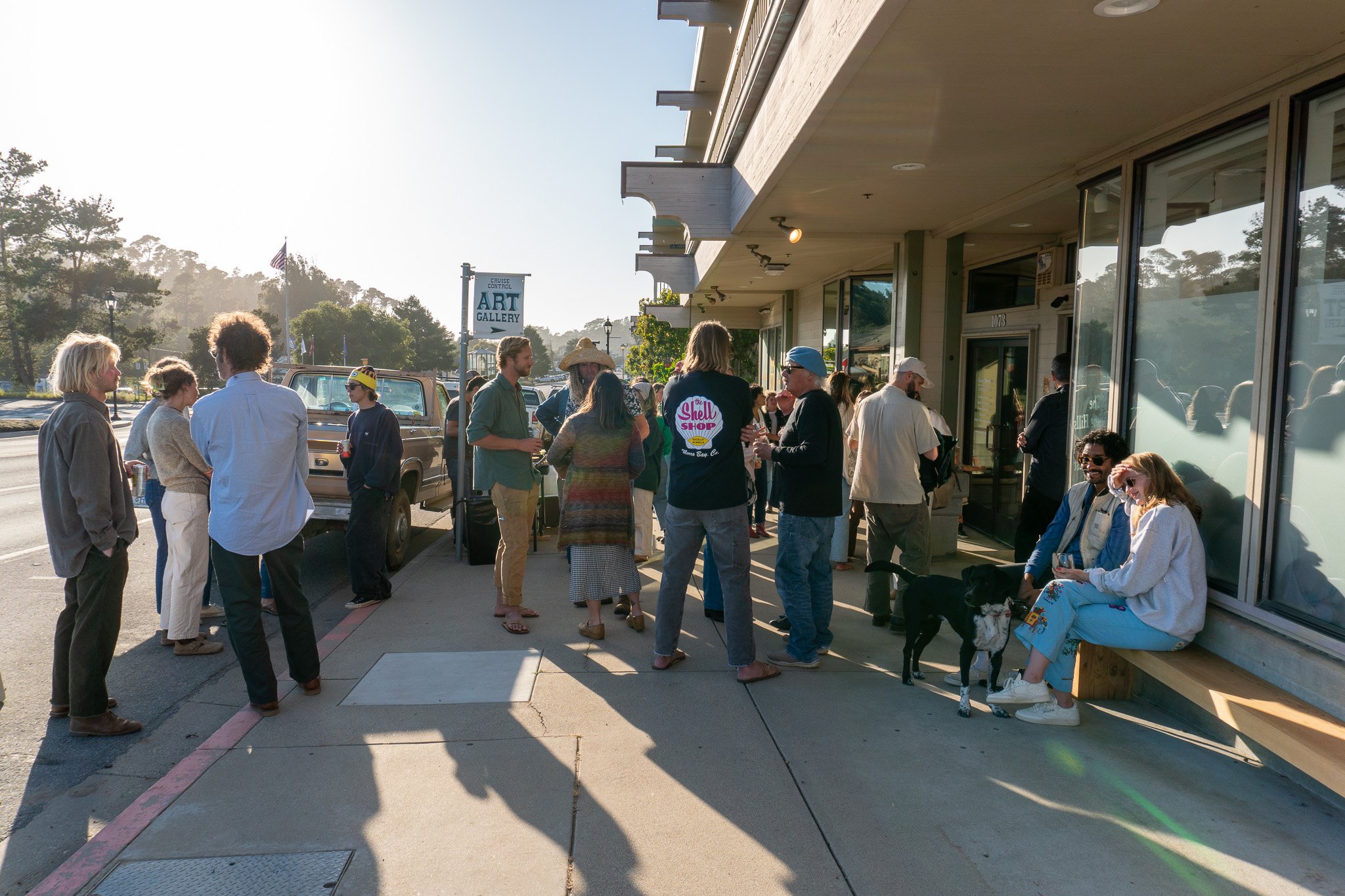

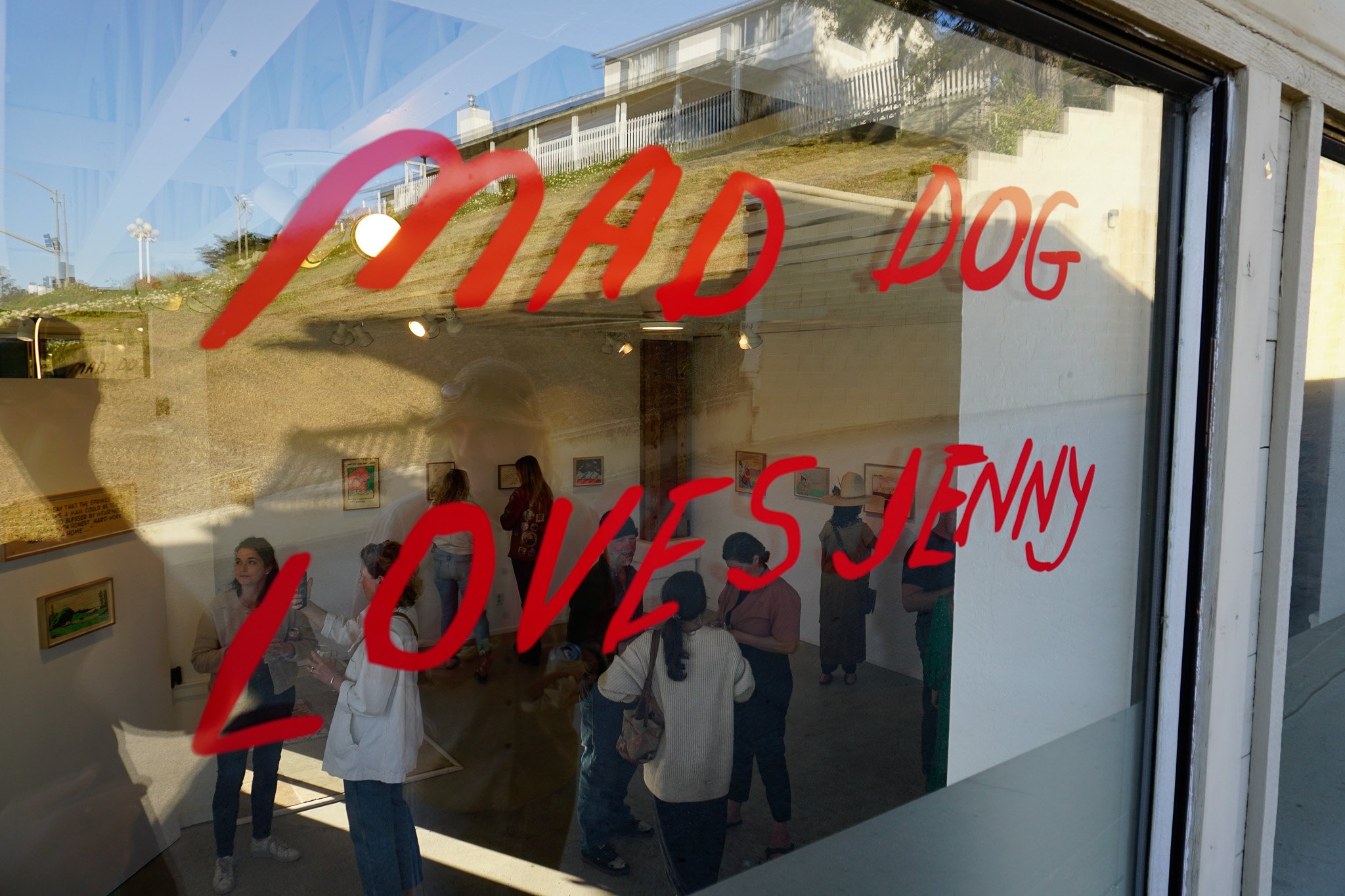

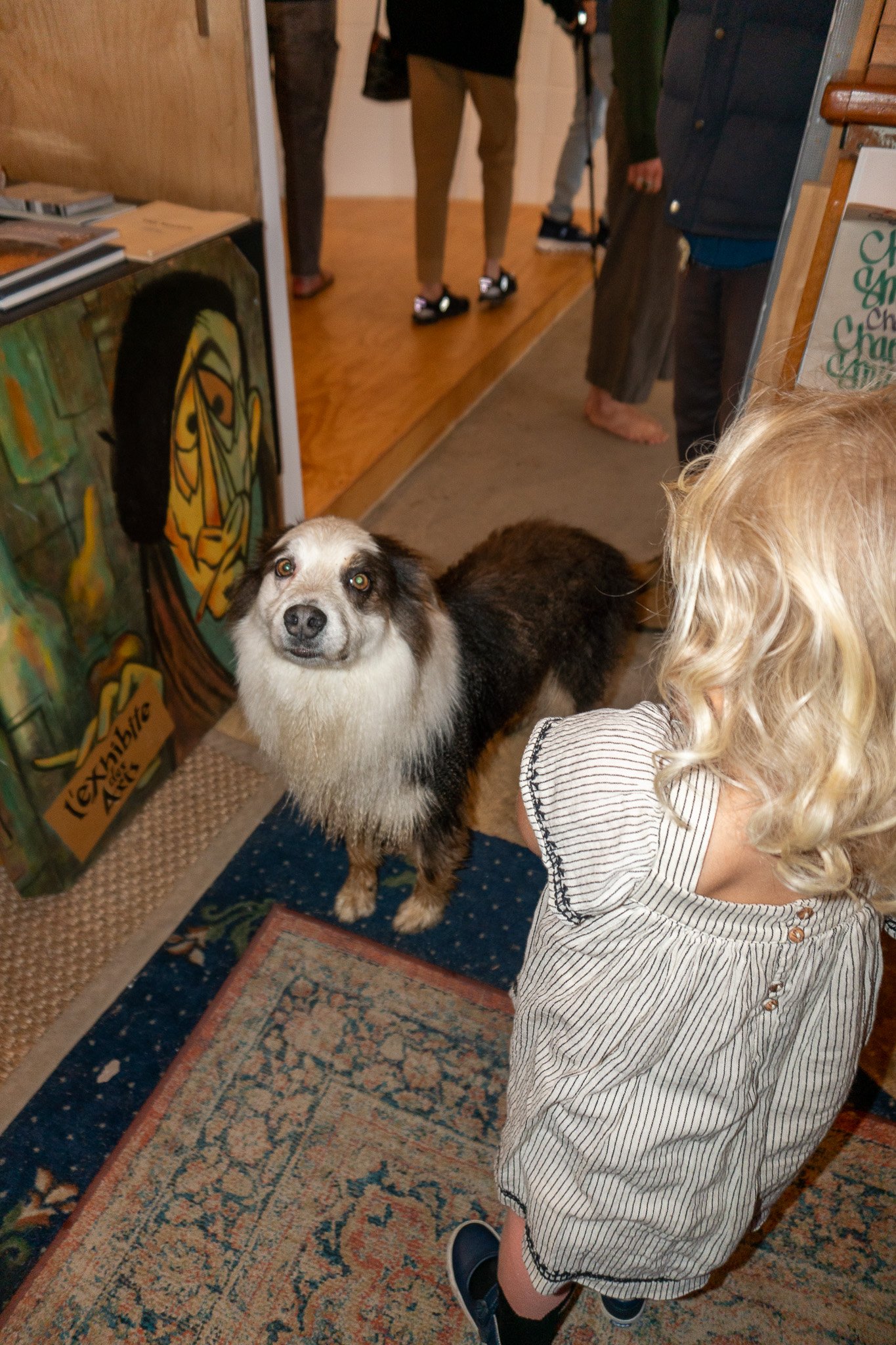
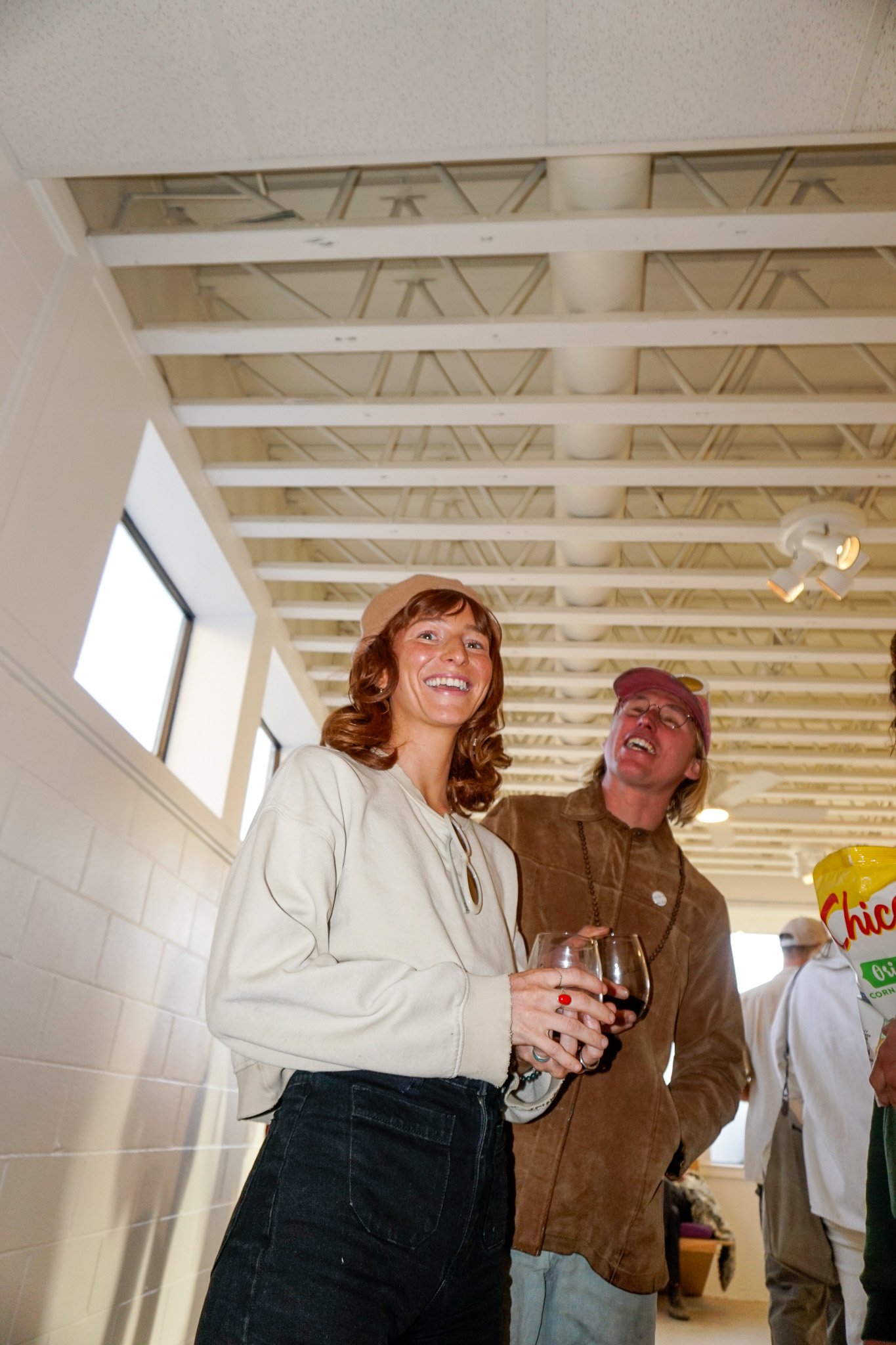
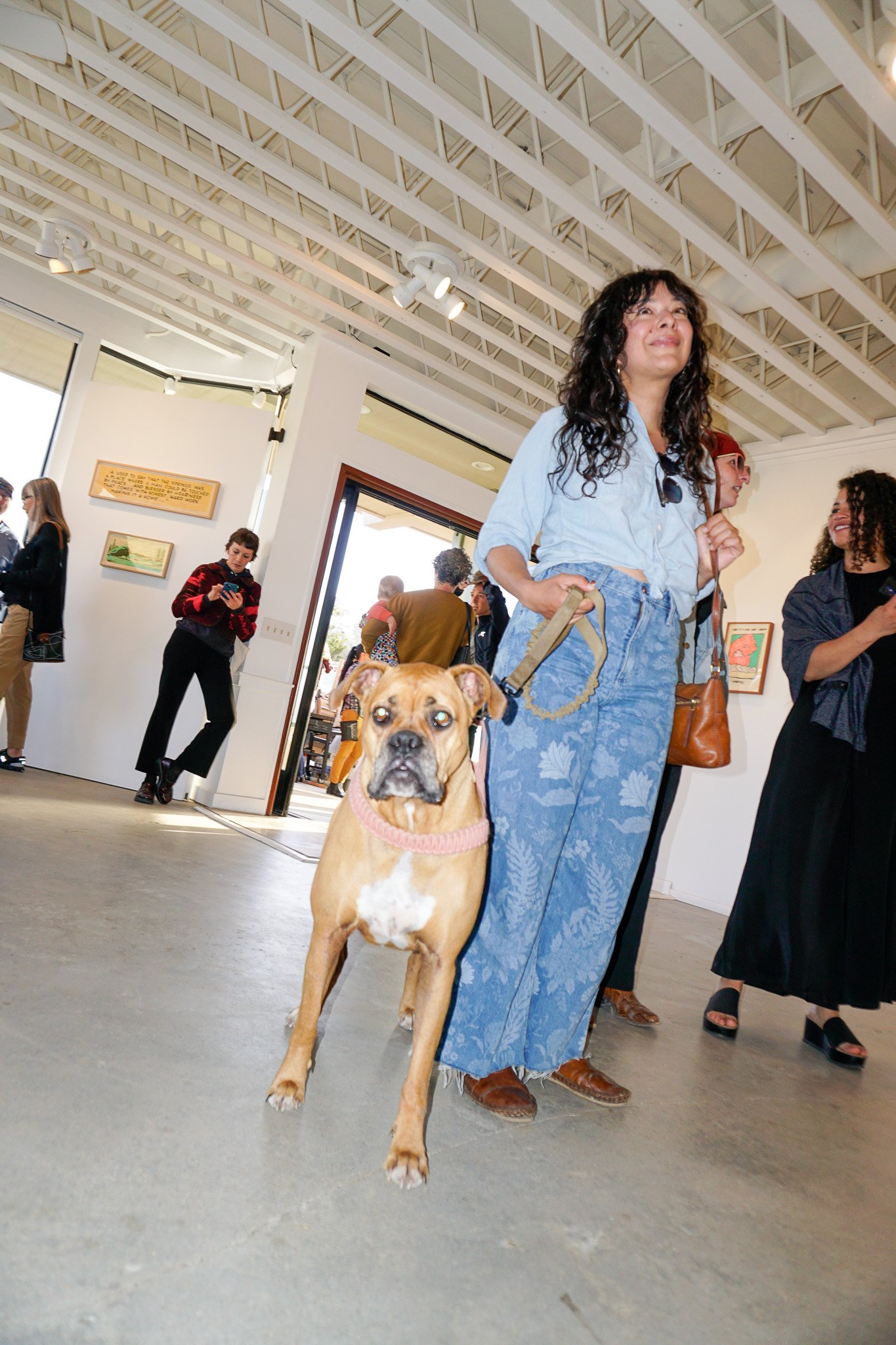
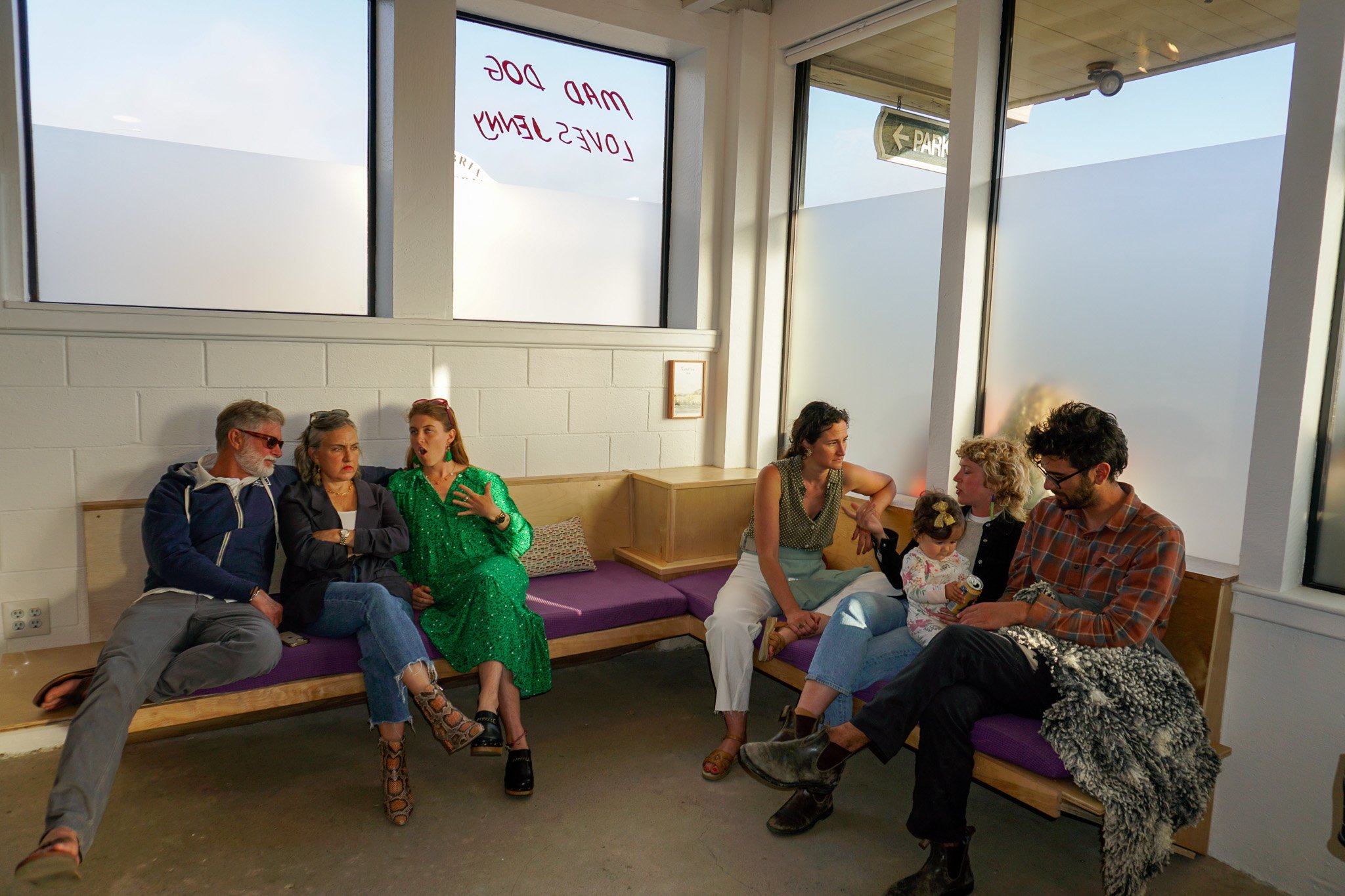
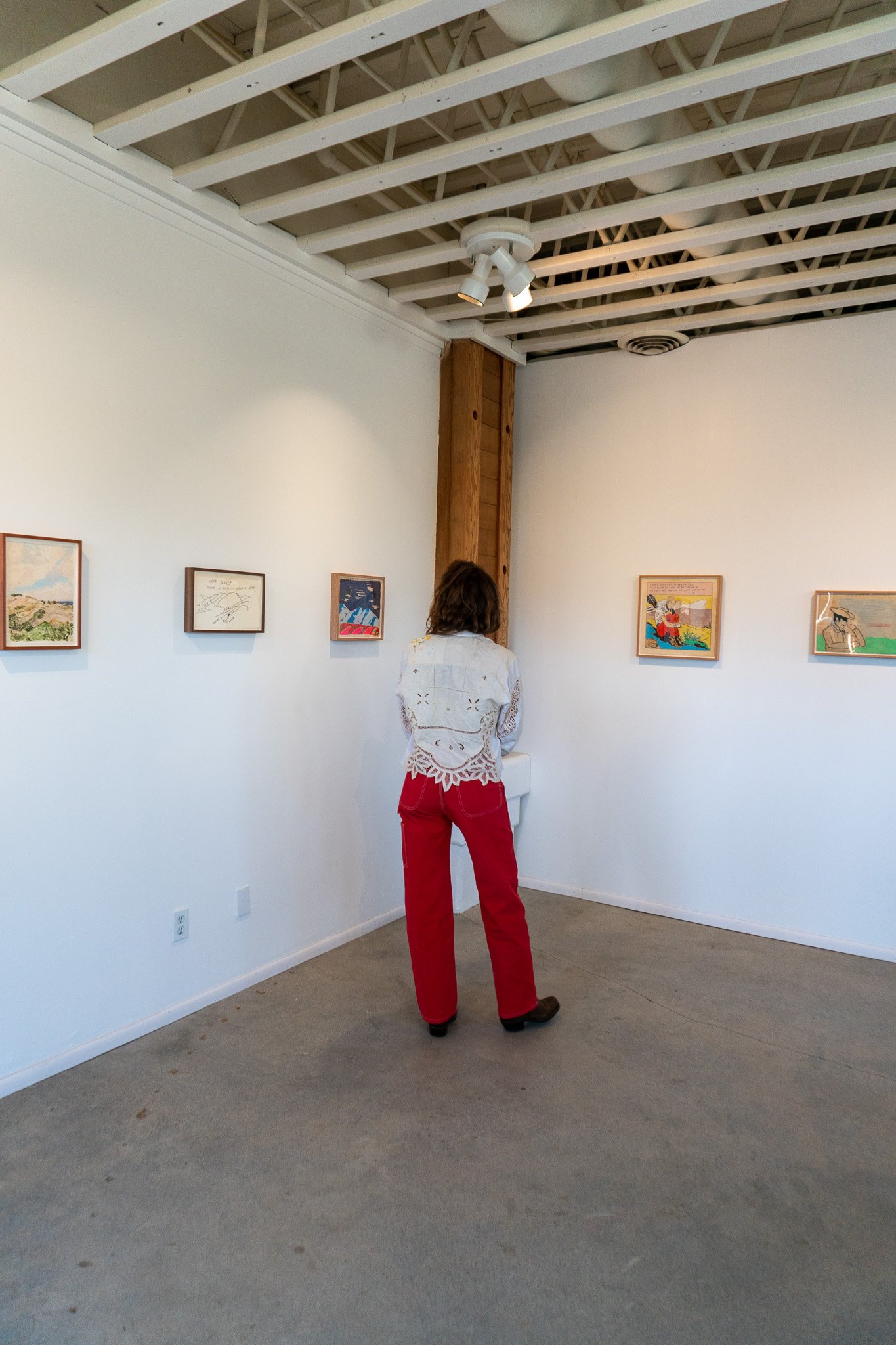

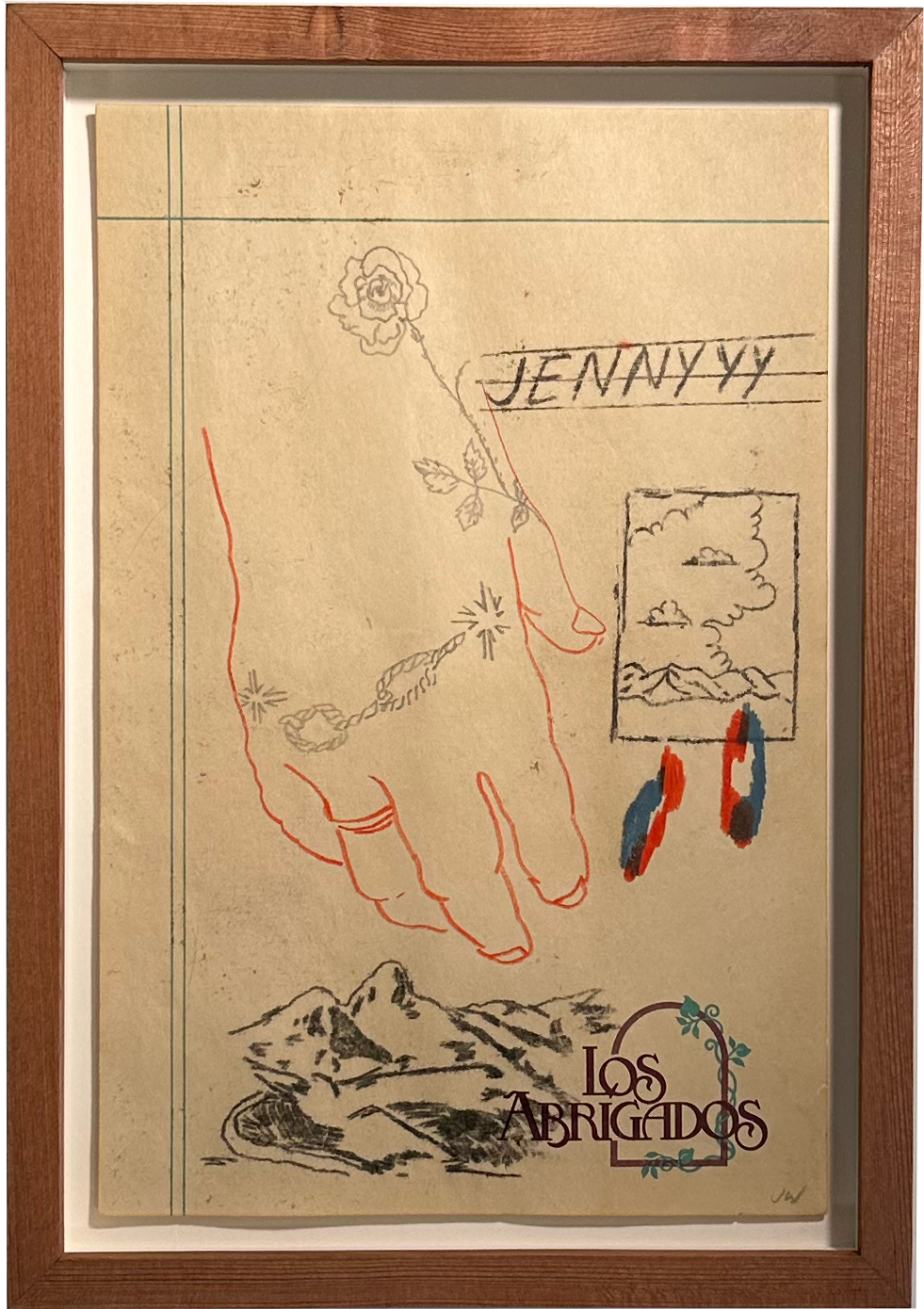
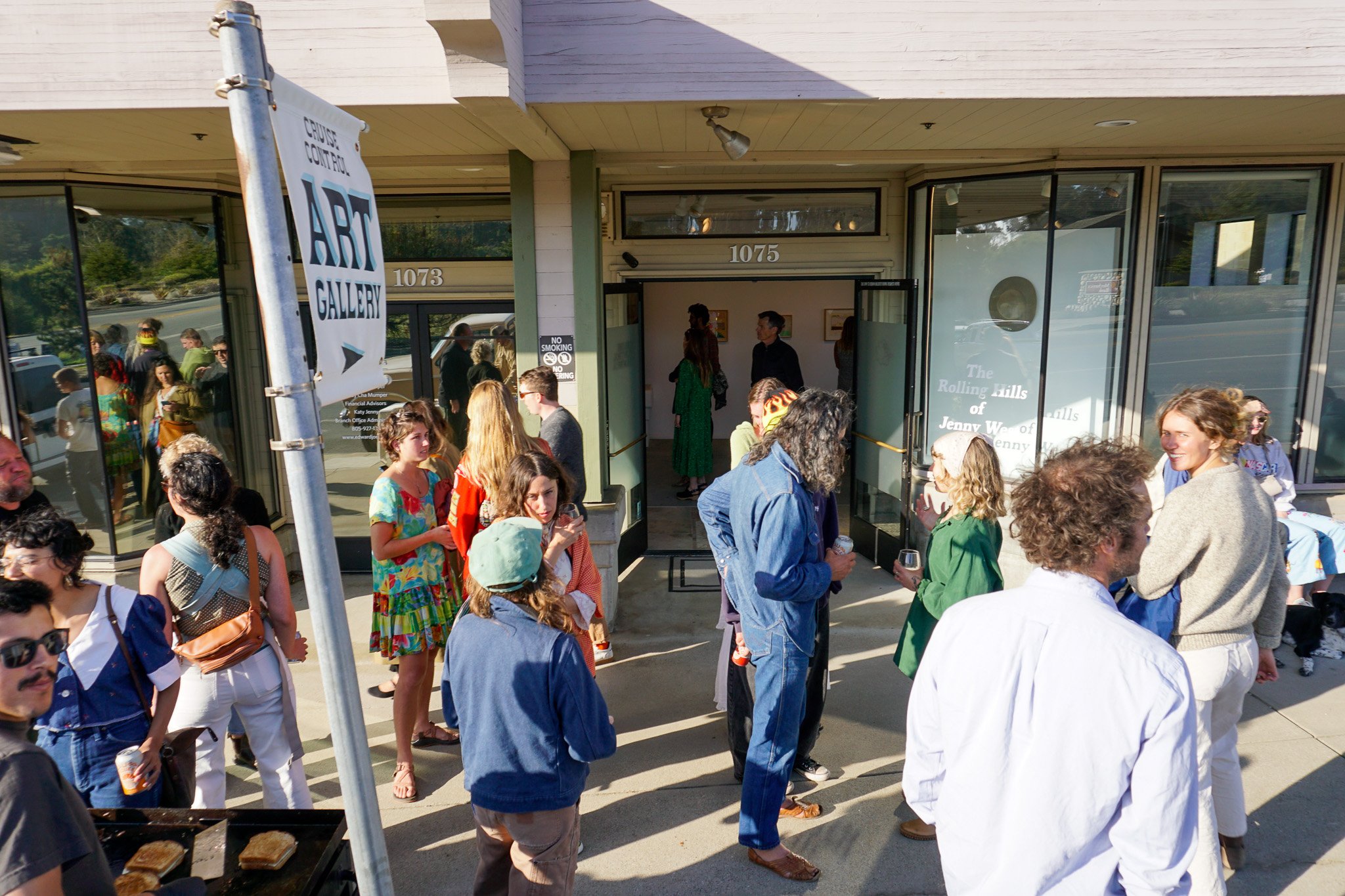

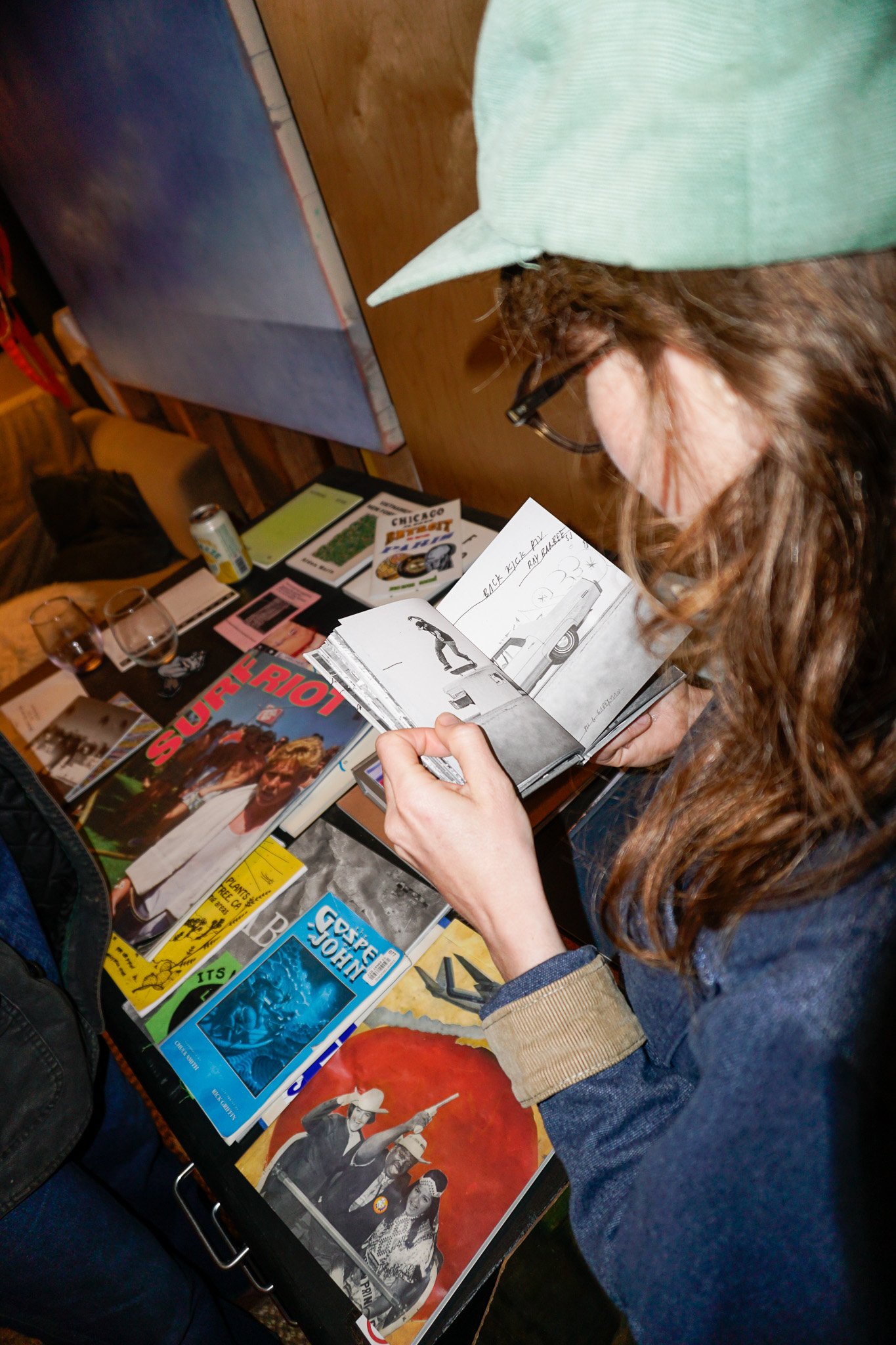
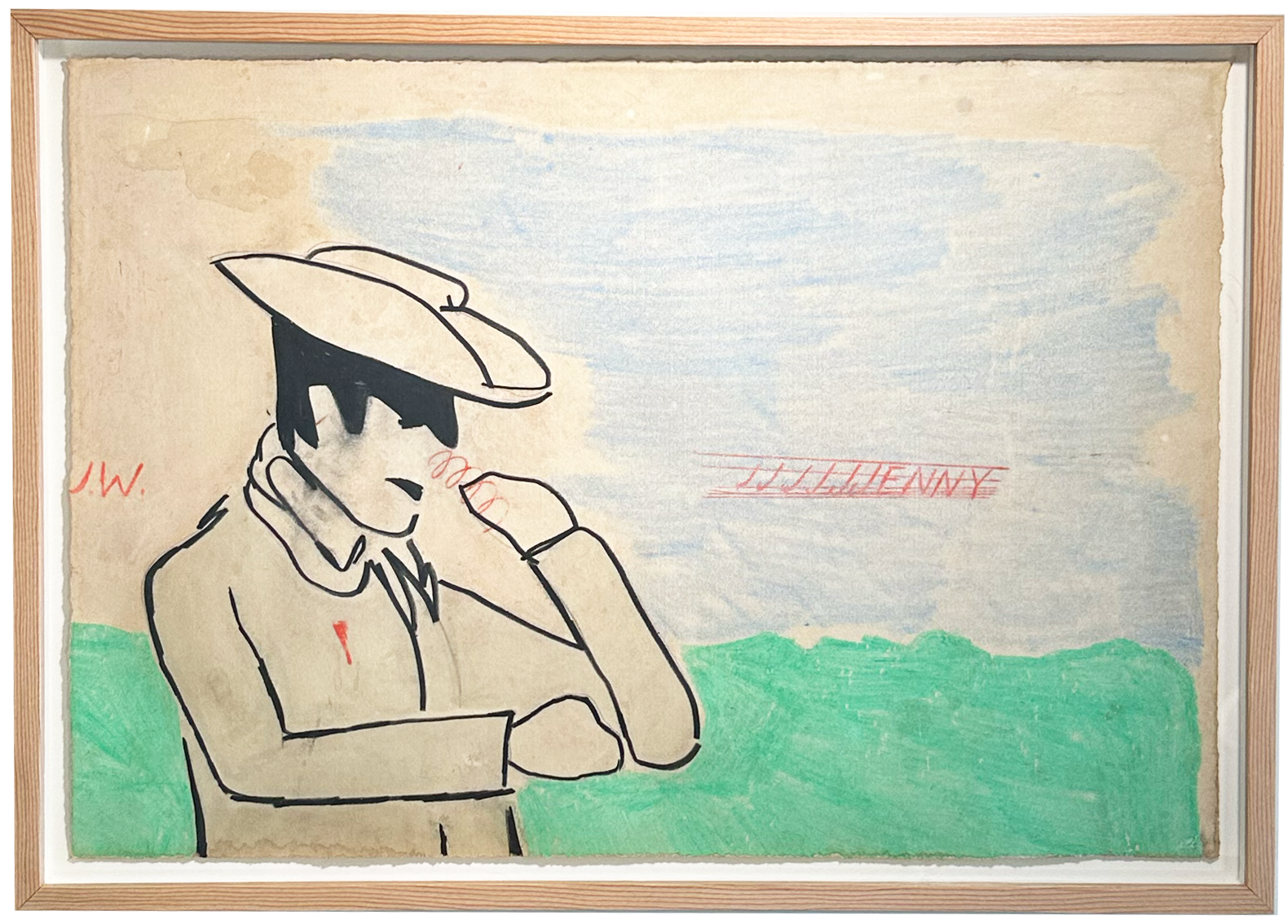
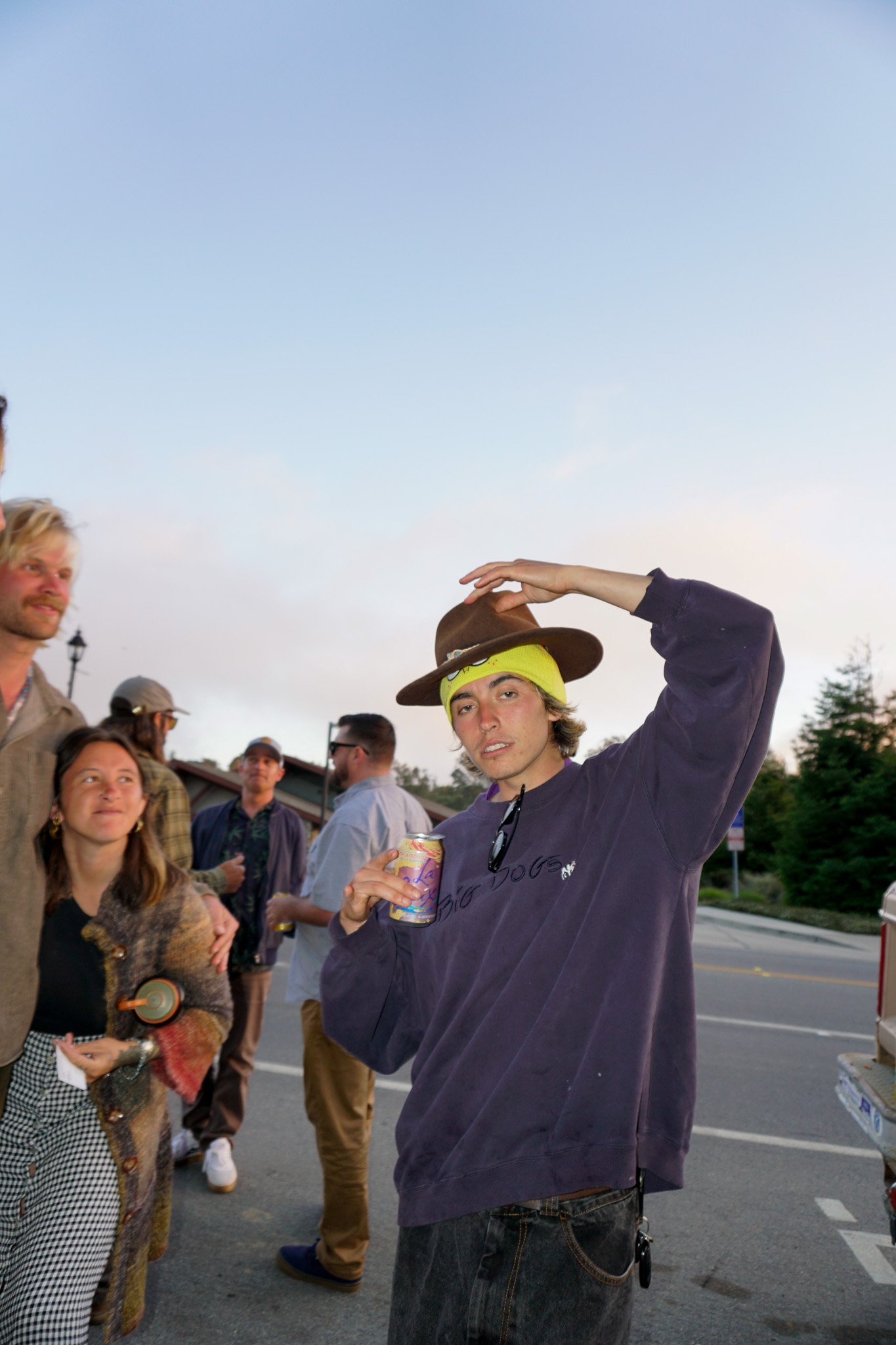

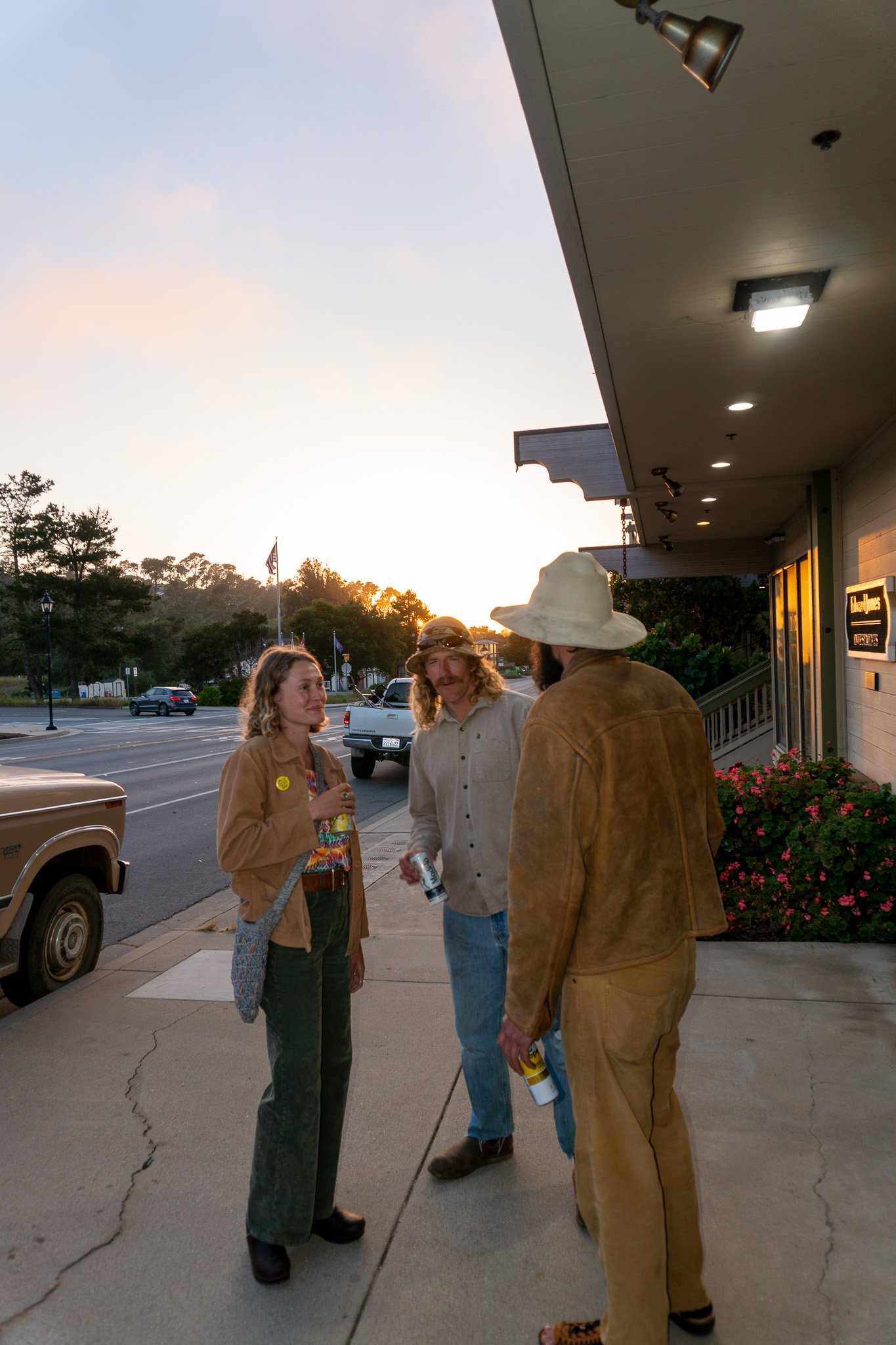

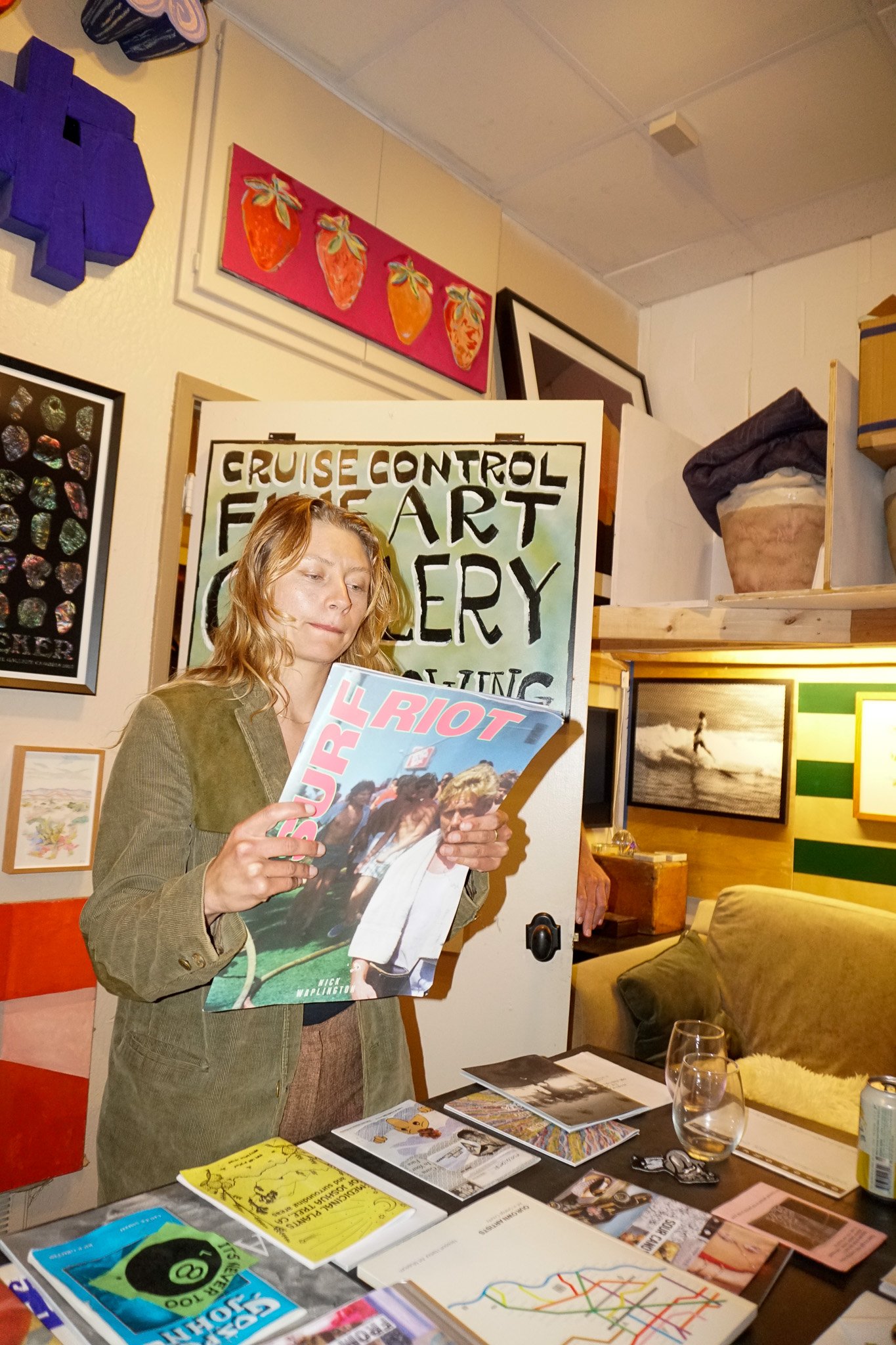

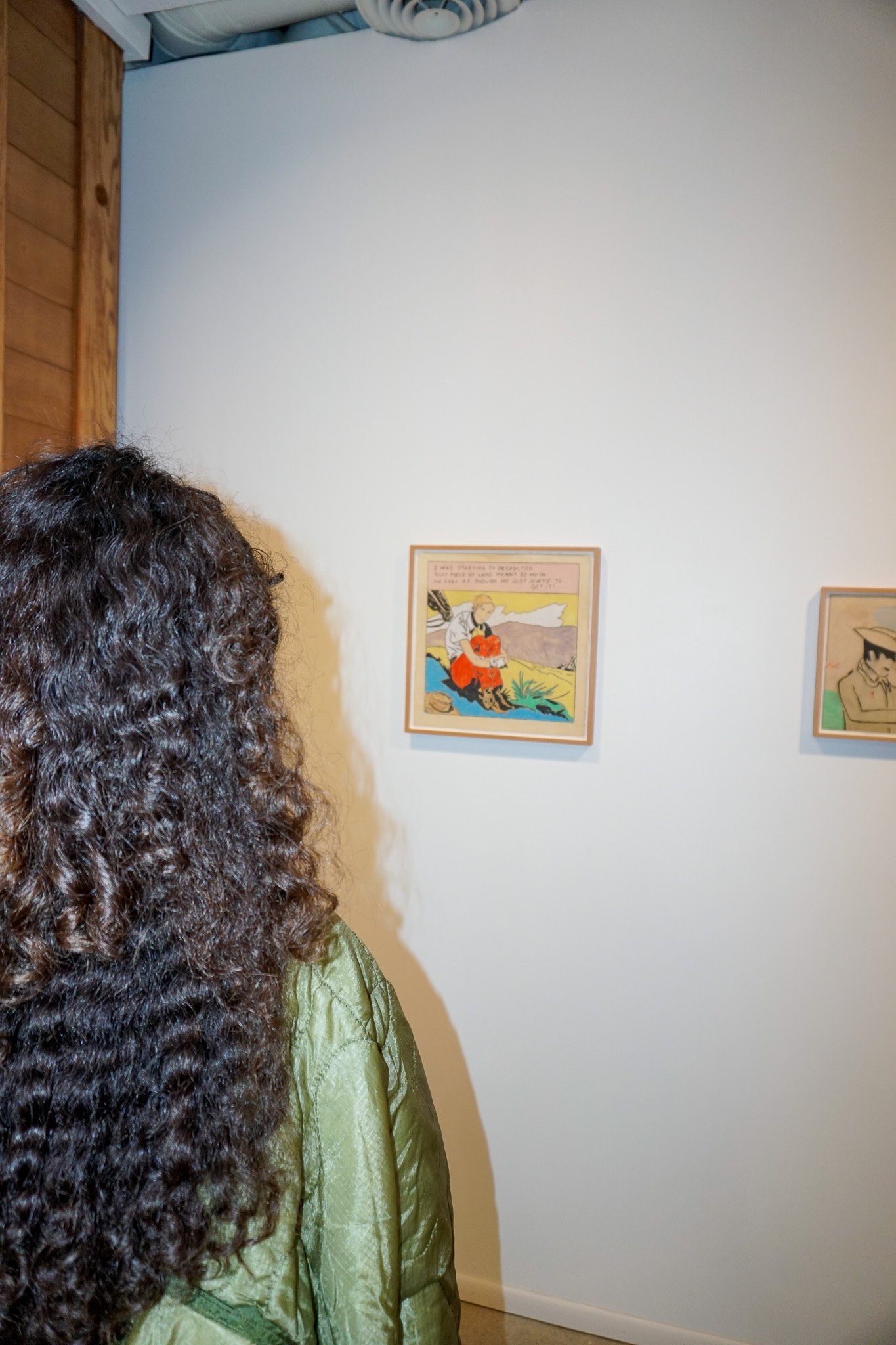

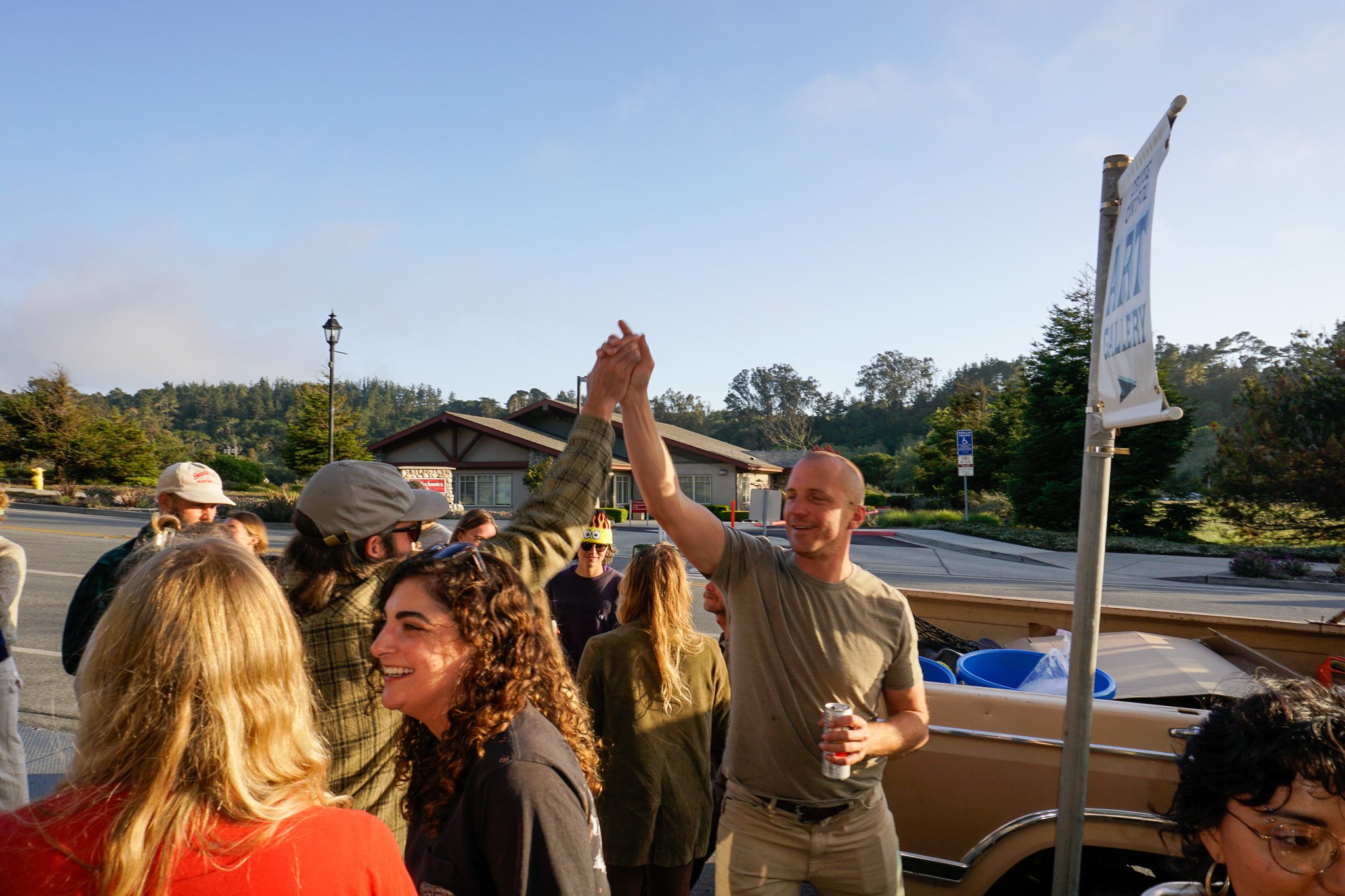

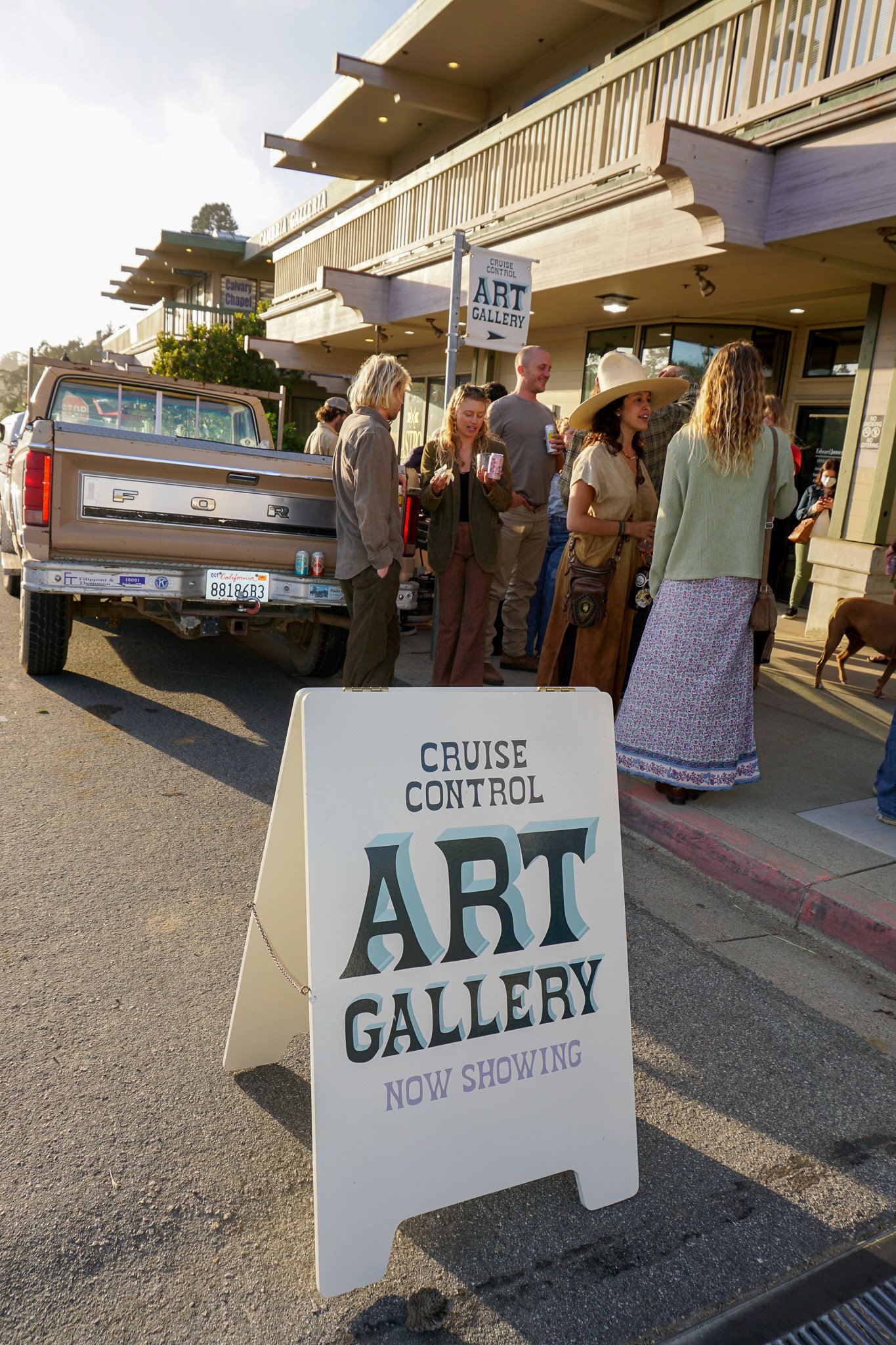
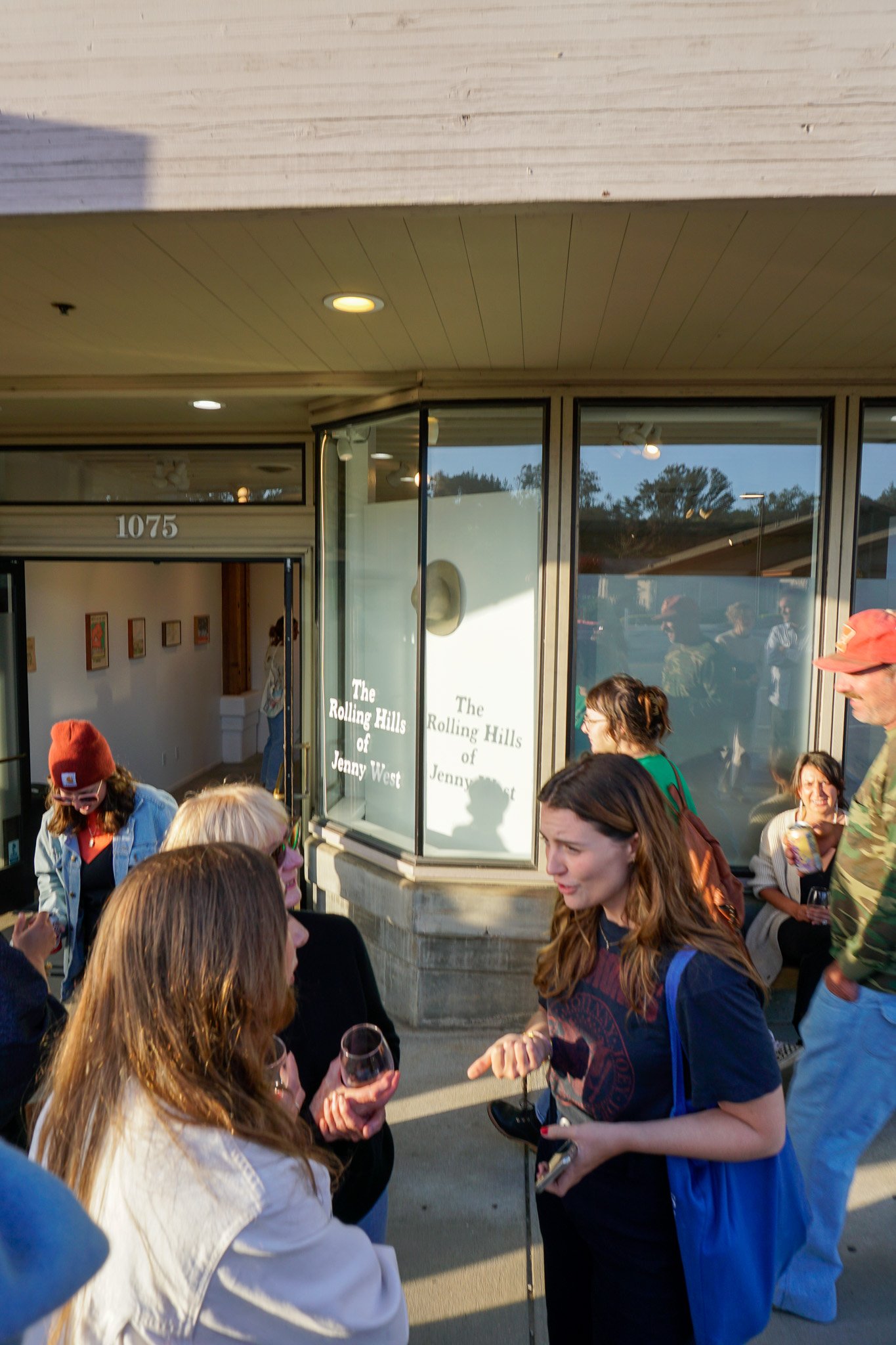
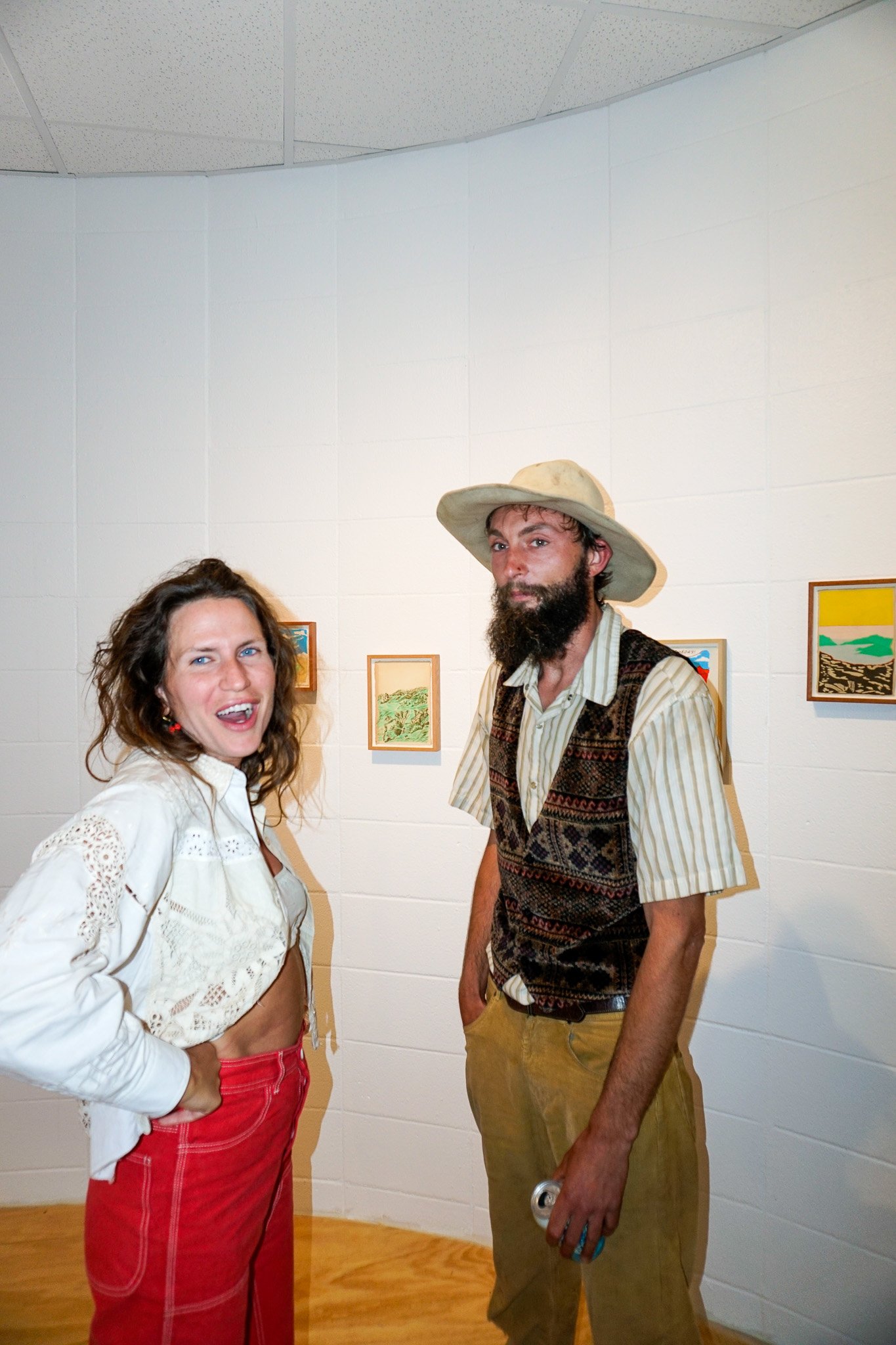
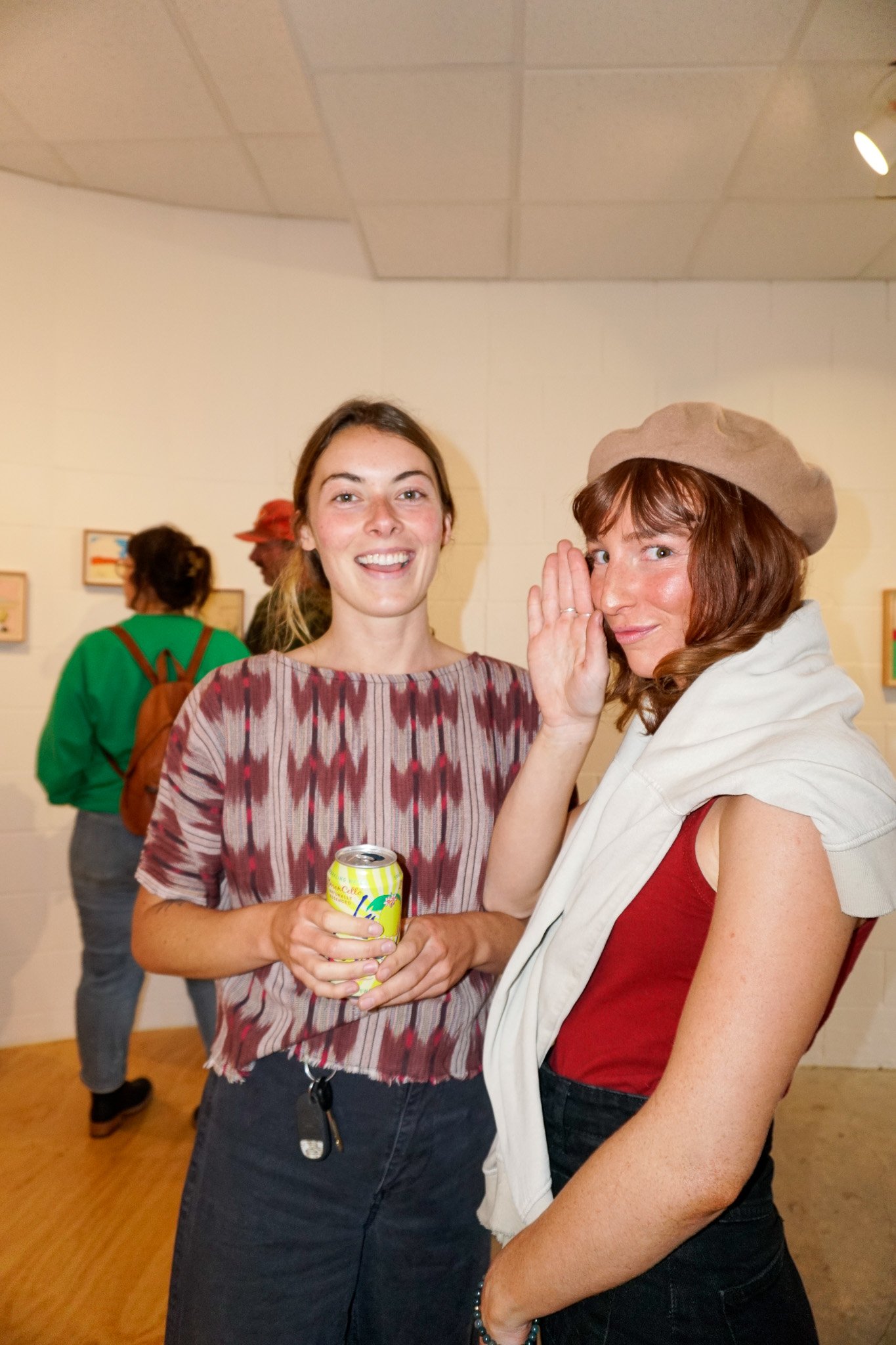

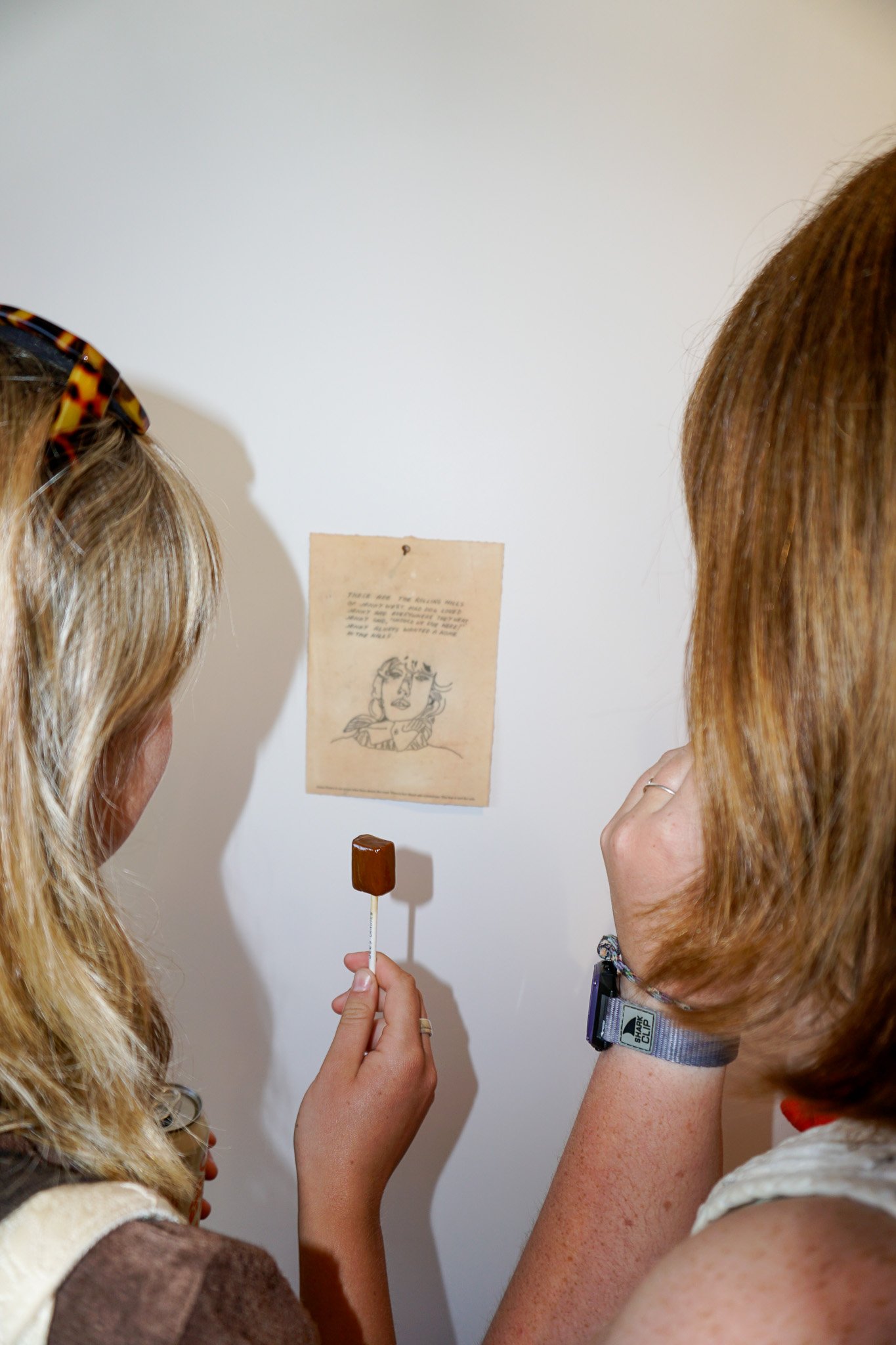
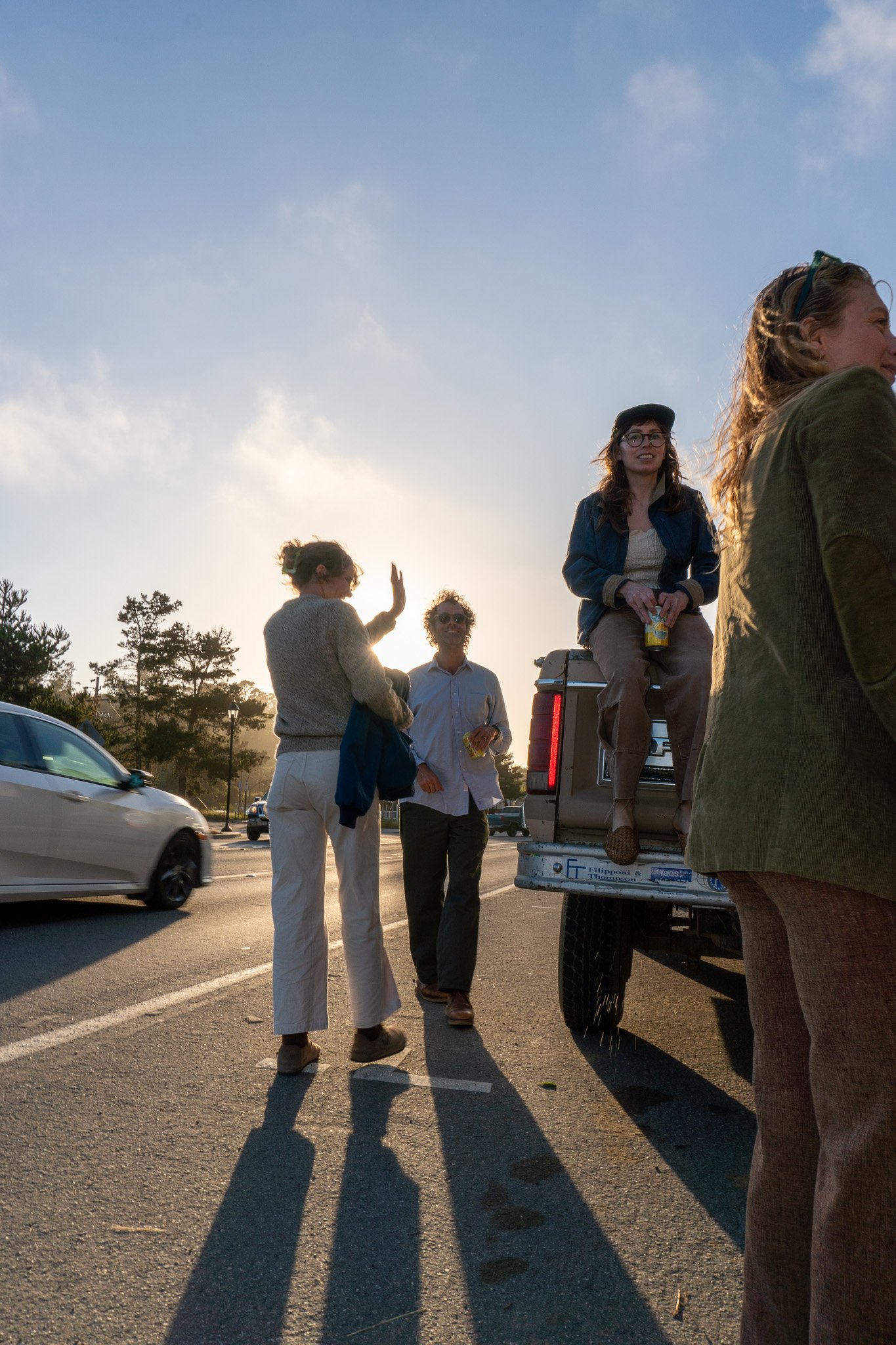
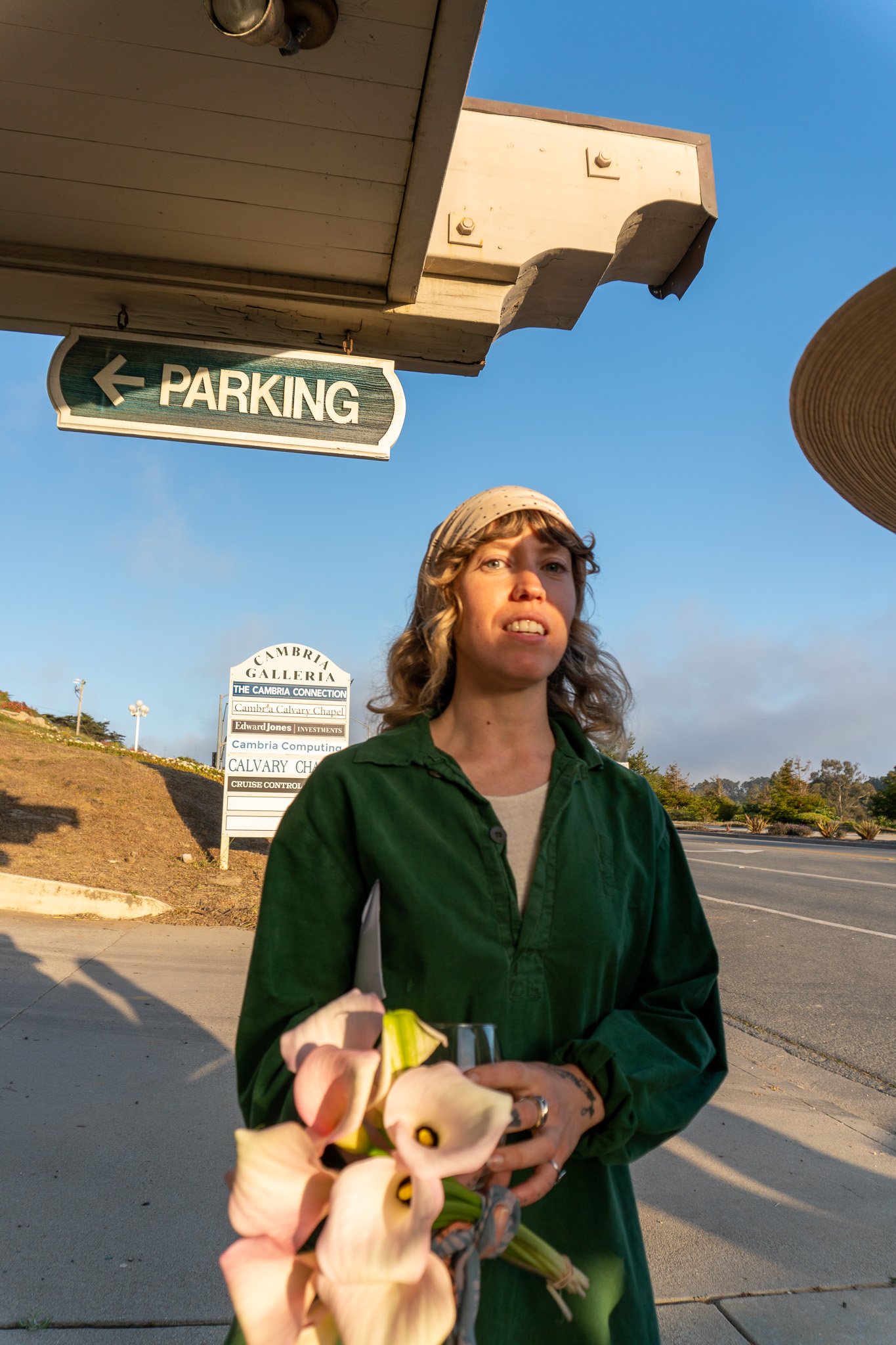

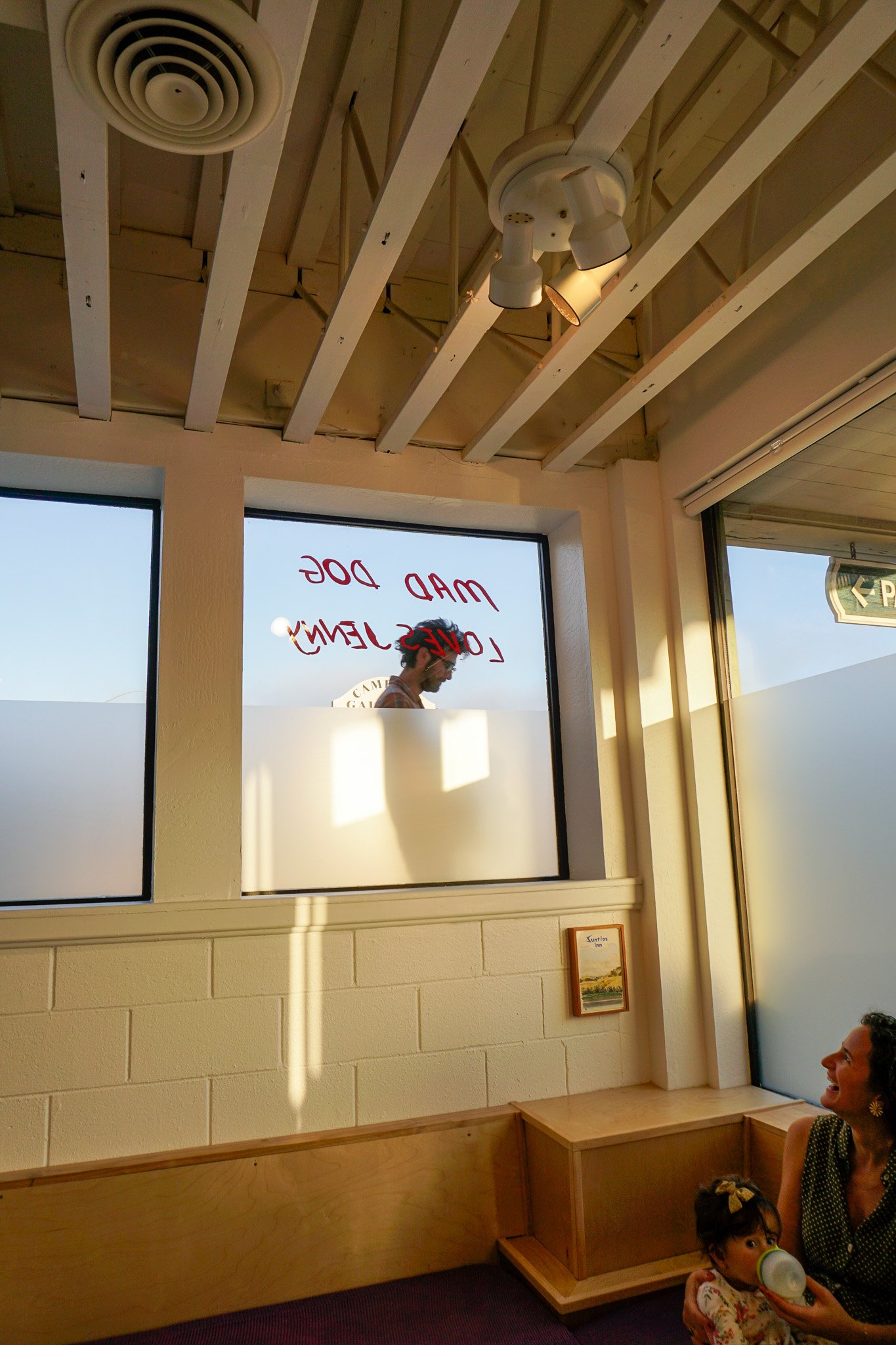
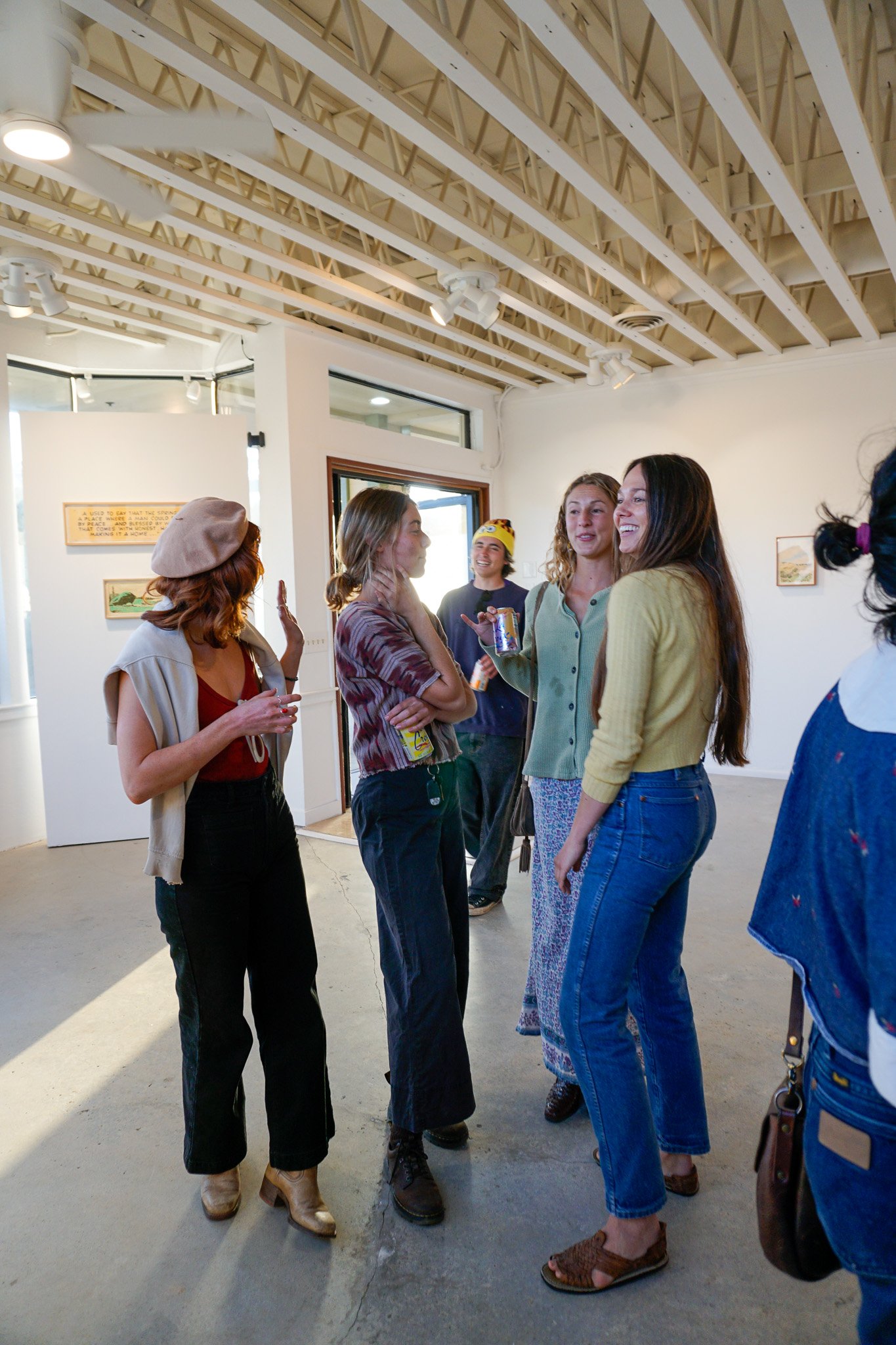


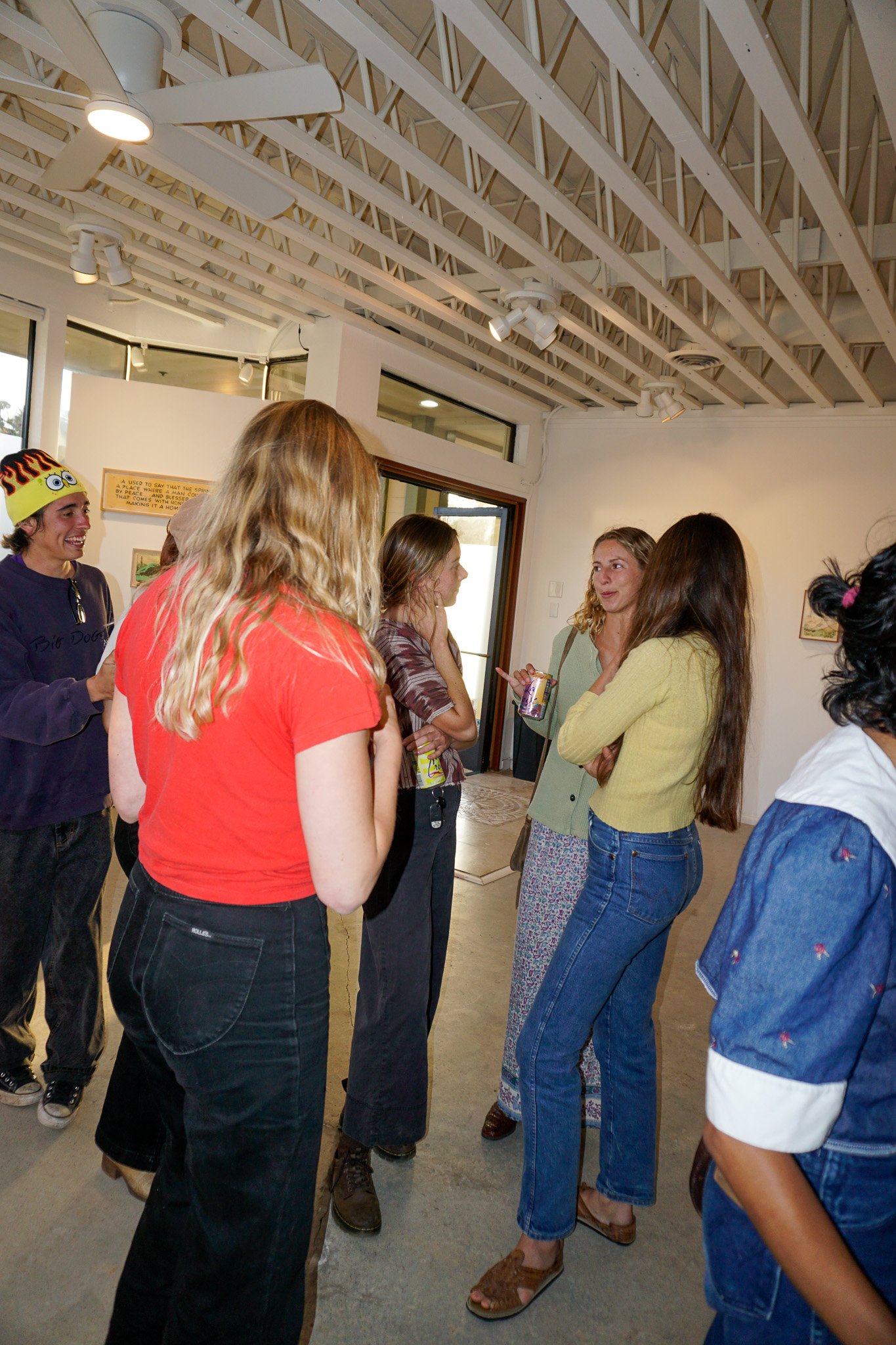
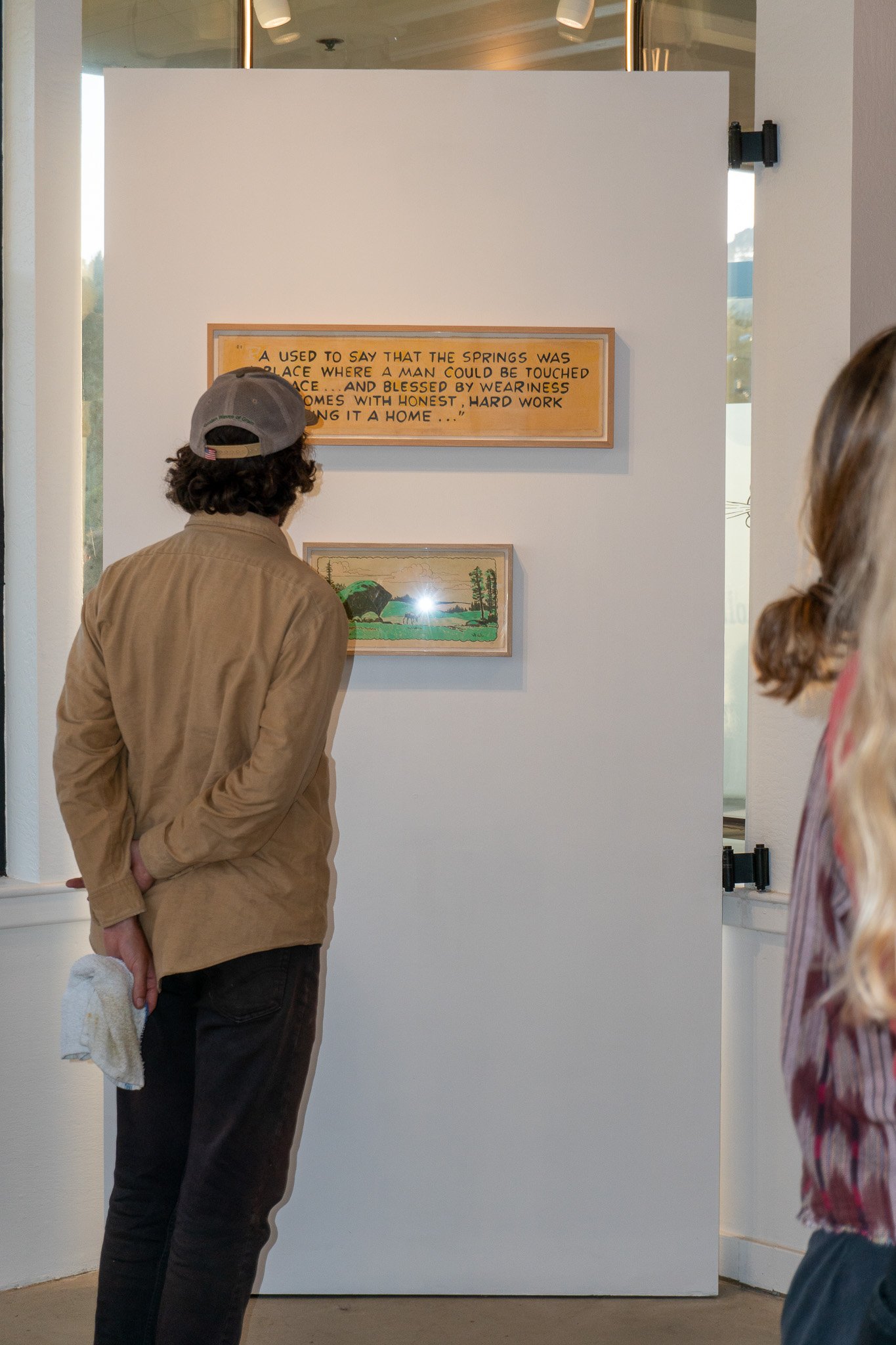
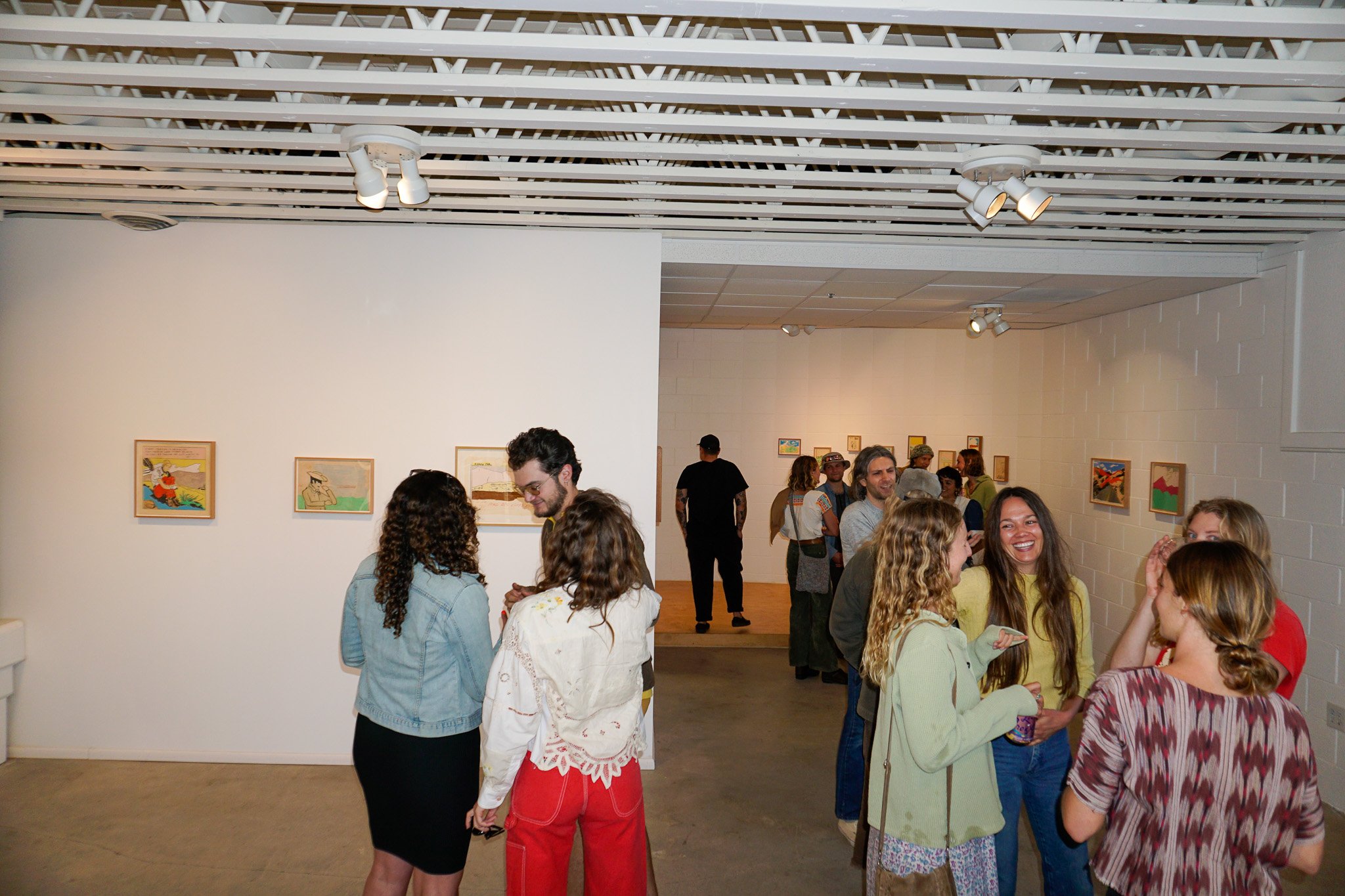



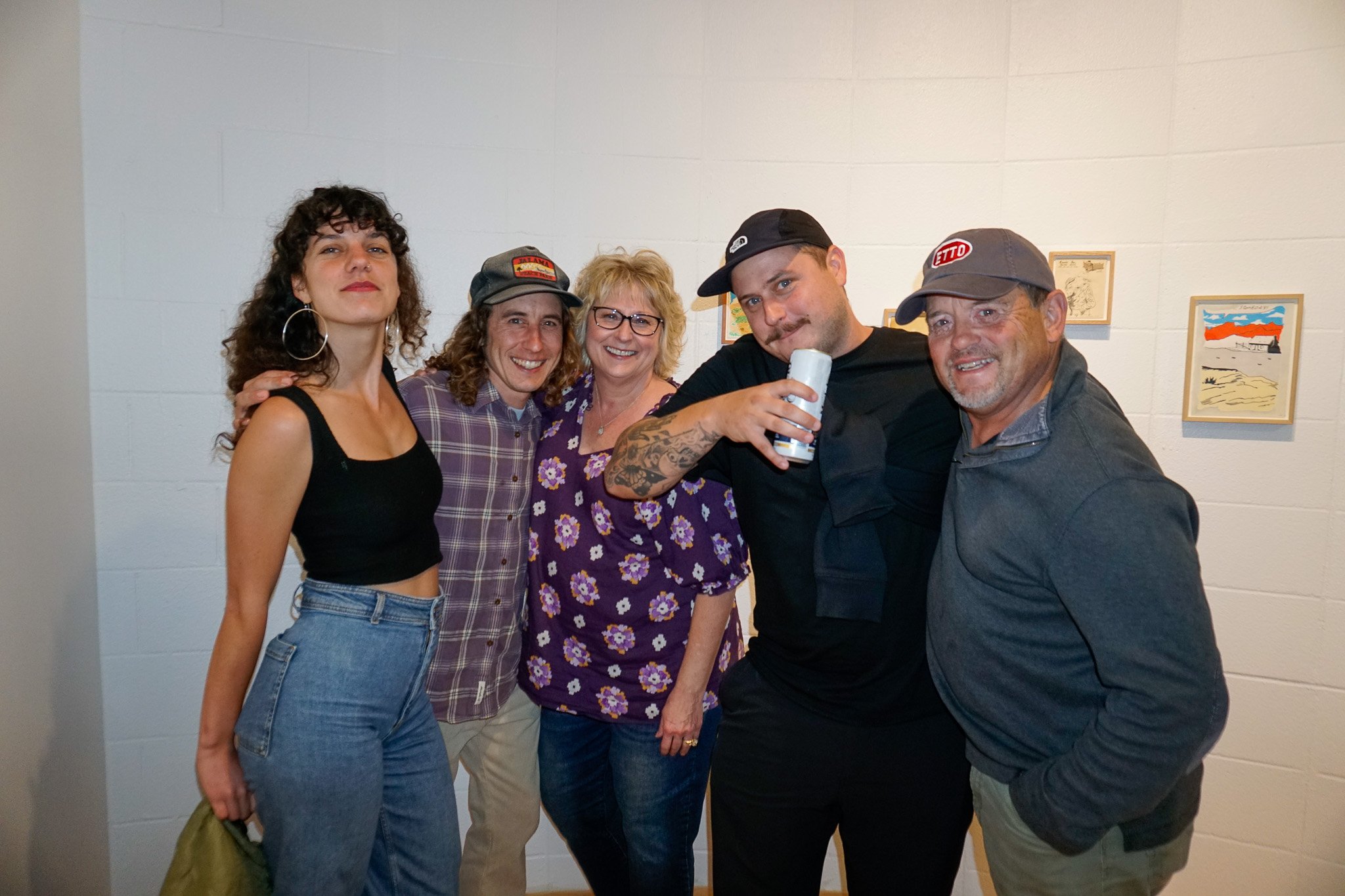


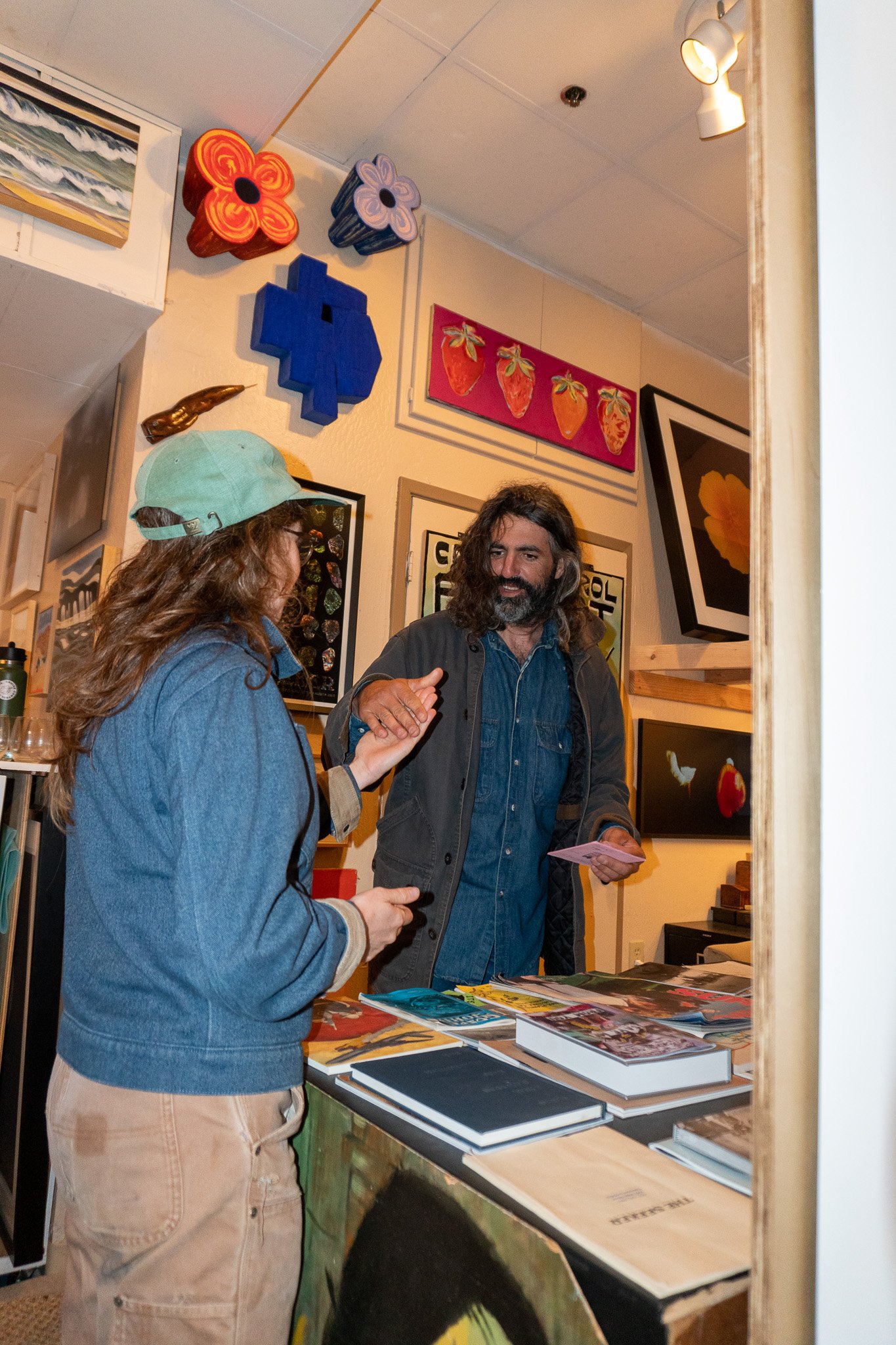

CRAIG ROBBINS
THE SEEKER
WORKS AVAILABLE
Craig Robbins (b. 1994) is an avid collector of sorts. Be it shards of abalone shells on the shores, the precise and solitary nature of his “Specimens” series, or his cross country adventure to document every FUTURO home in the United States, Robbins is unrelenting in his quest to discover, capture and share.
‘THE SEEKER’ is a culmination of his recent efforts. To simply call it “photography” would not be telling his whole story. Endless scouring for the perfect sample and source material to harvest with various light transfer techniques has revealed a refined selection over its many iterations. Scale and scope is interpolated as Craig’s various subjects reveal themselves over practice and time.
This fascination and obsession with such details is a driving force of his work, all derived from his innate curiosity with the world at large, and at small.
Craig currently lives and works in Santa Barbra and in the Pacific Ocean as a commercial urchin tender.
He graduated in 2018 from Art Center College of Design, assisted Photographer Mark Burns on “The National Parks Photography Project” and is currently featured at the PEARL FINCHER MUSEUM OF FINE ART, Houston, TX.
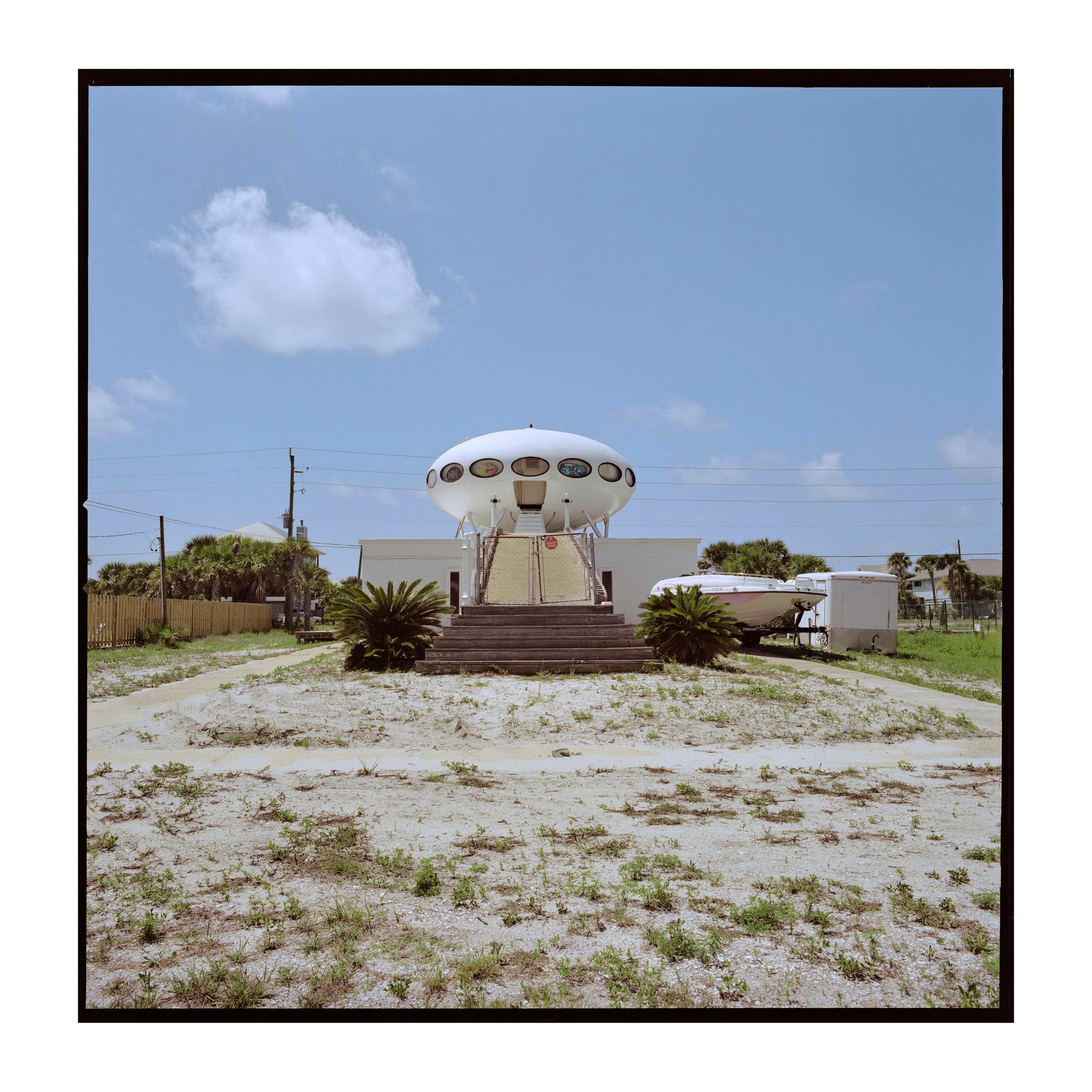
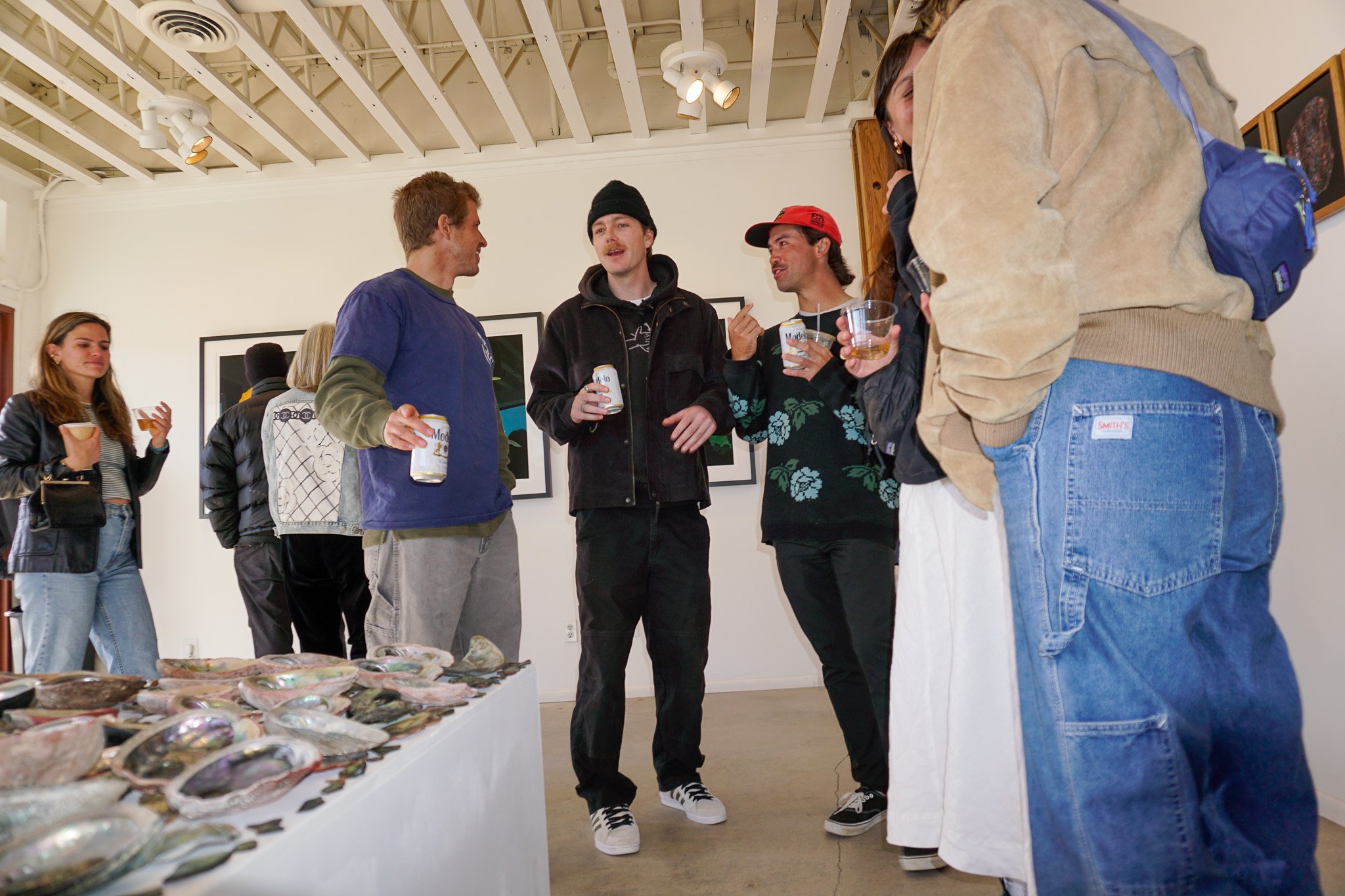


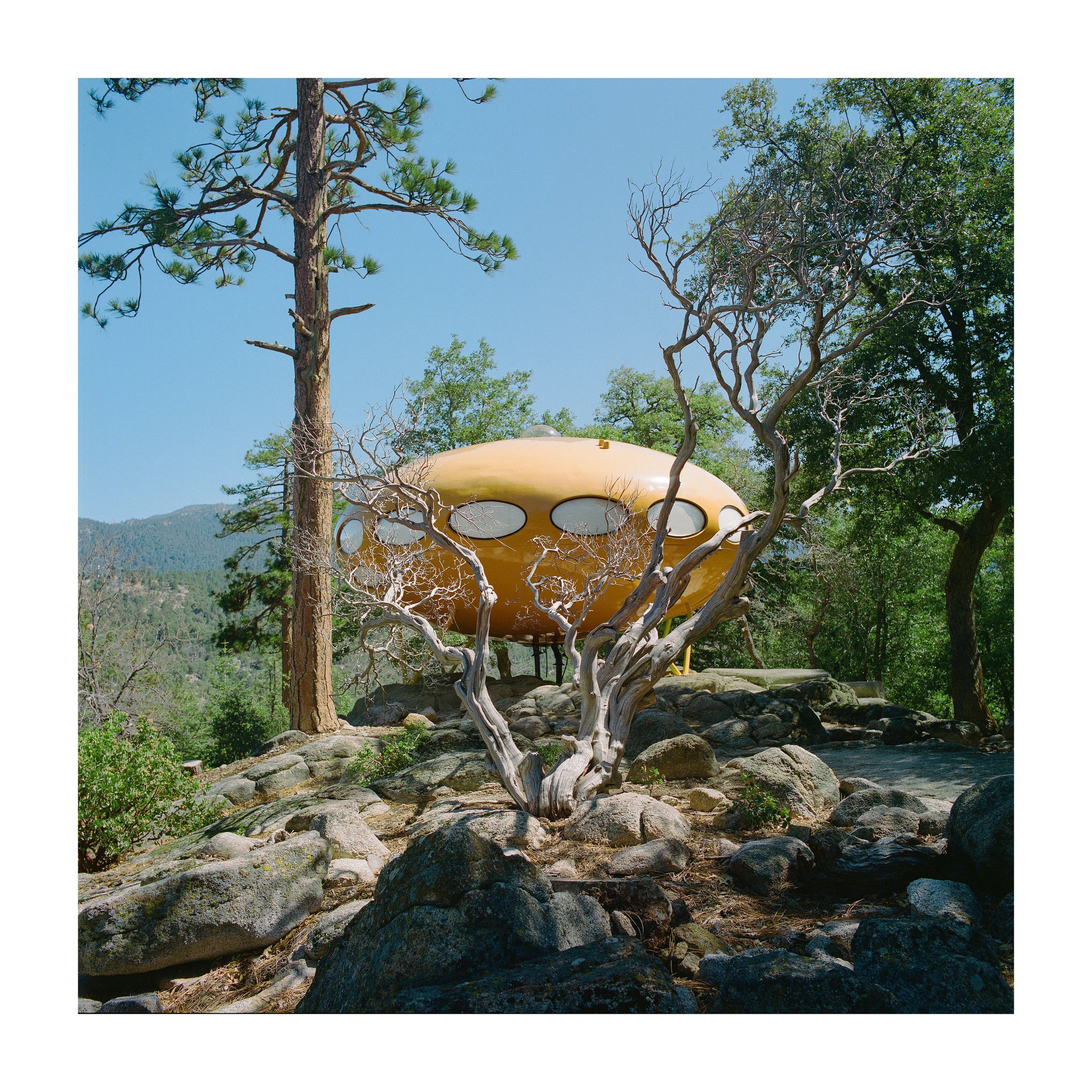
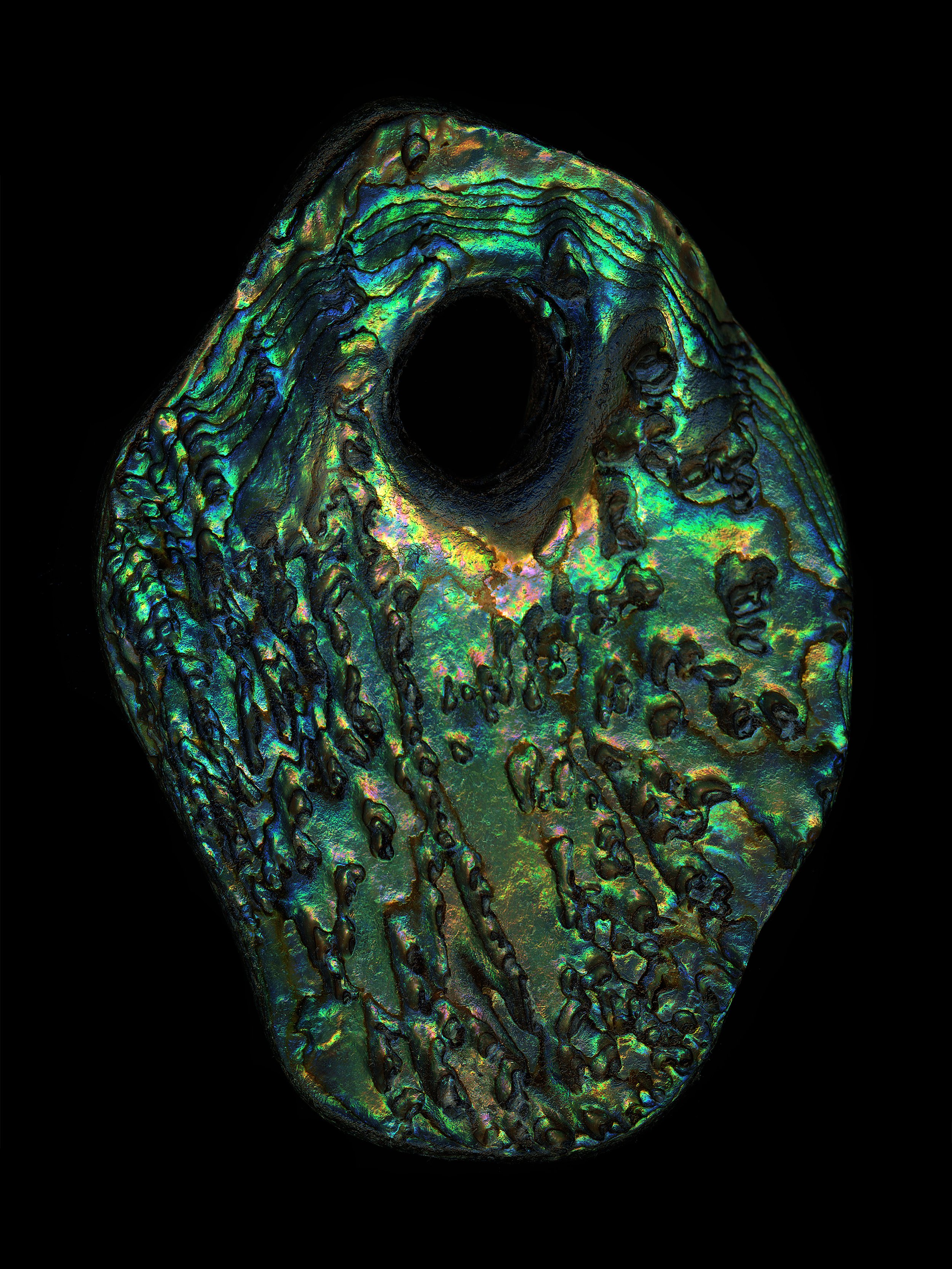
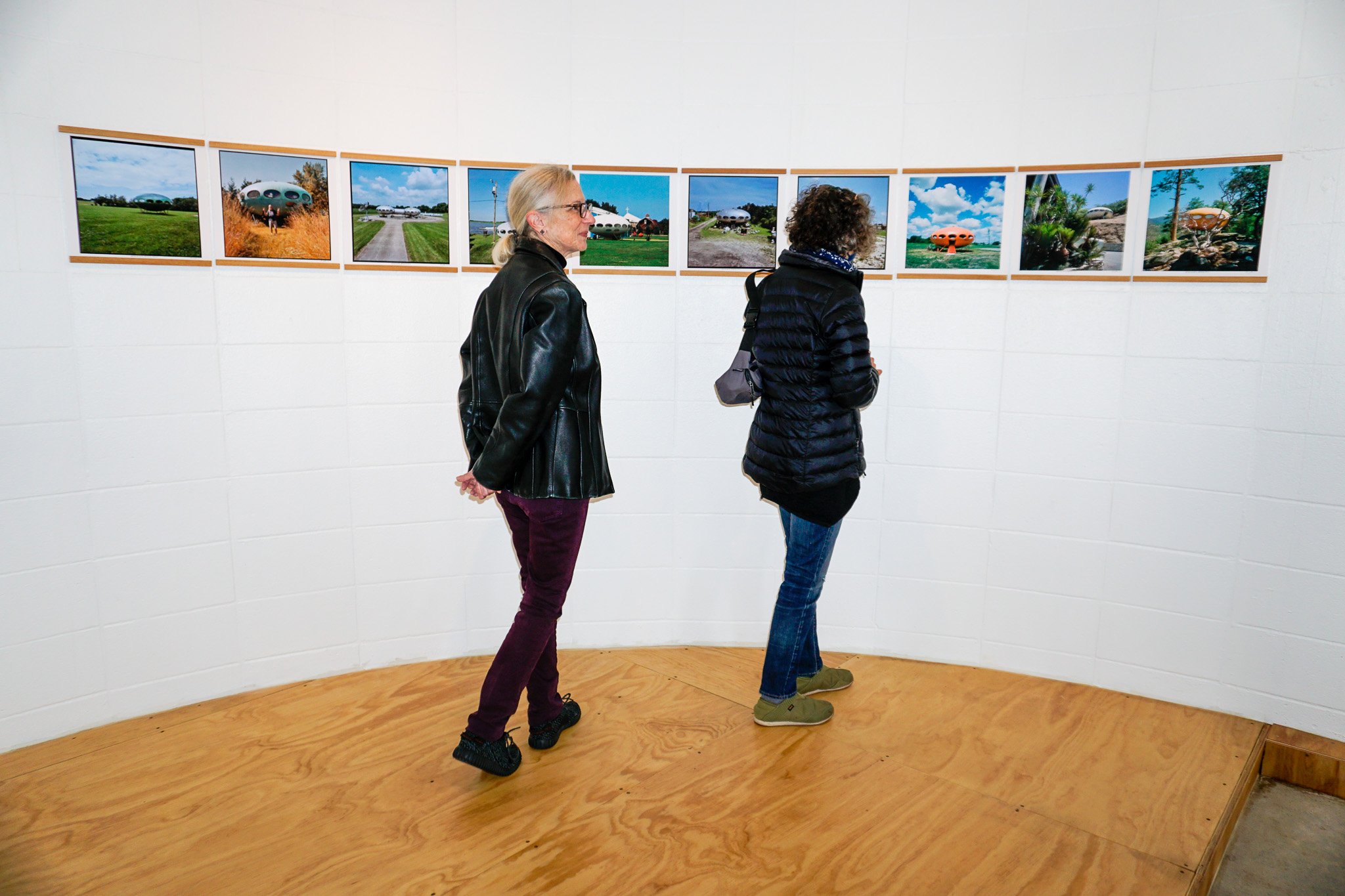



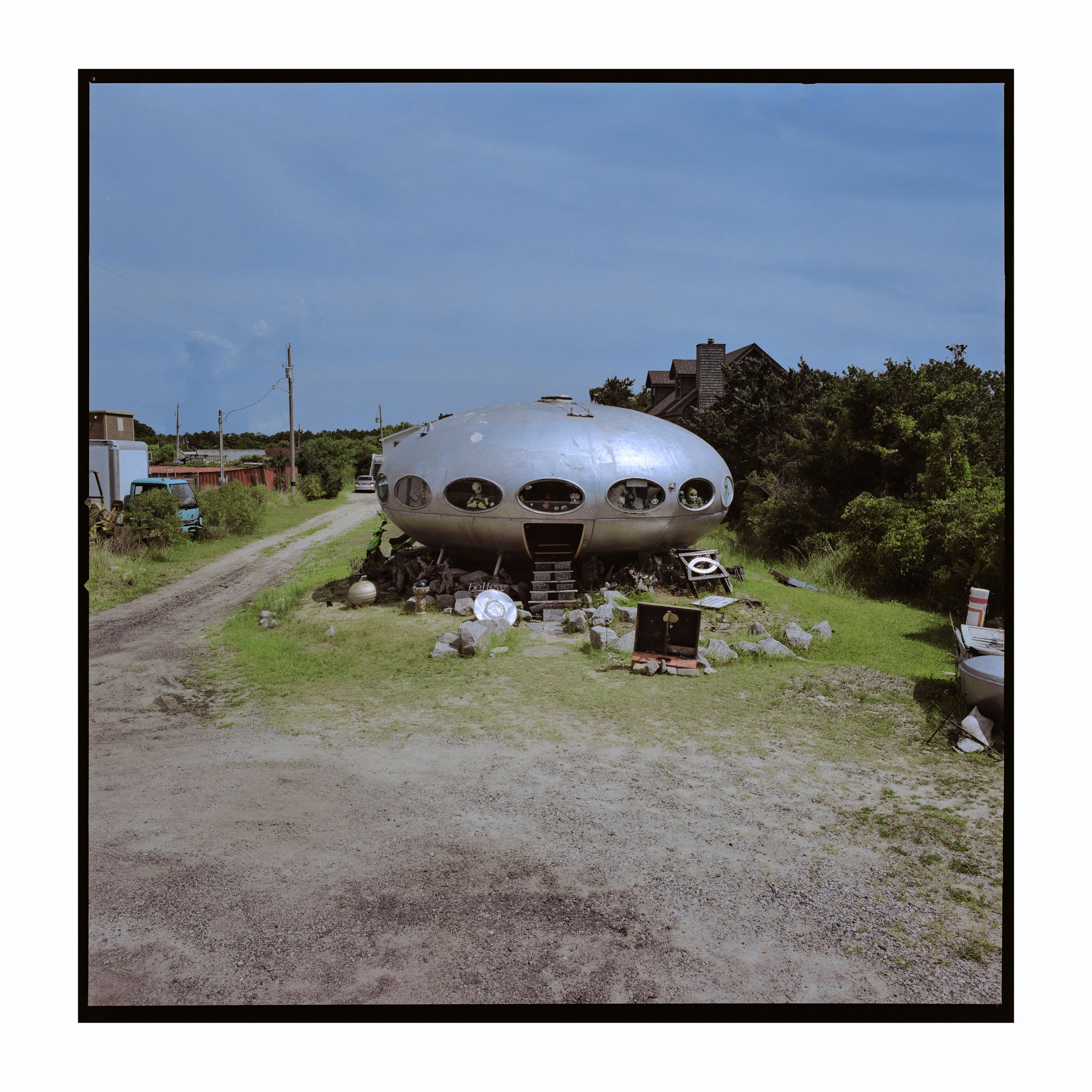
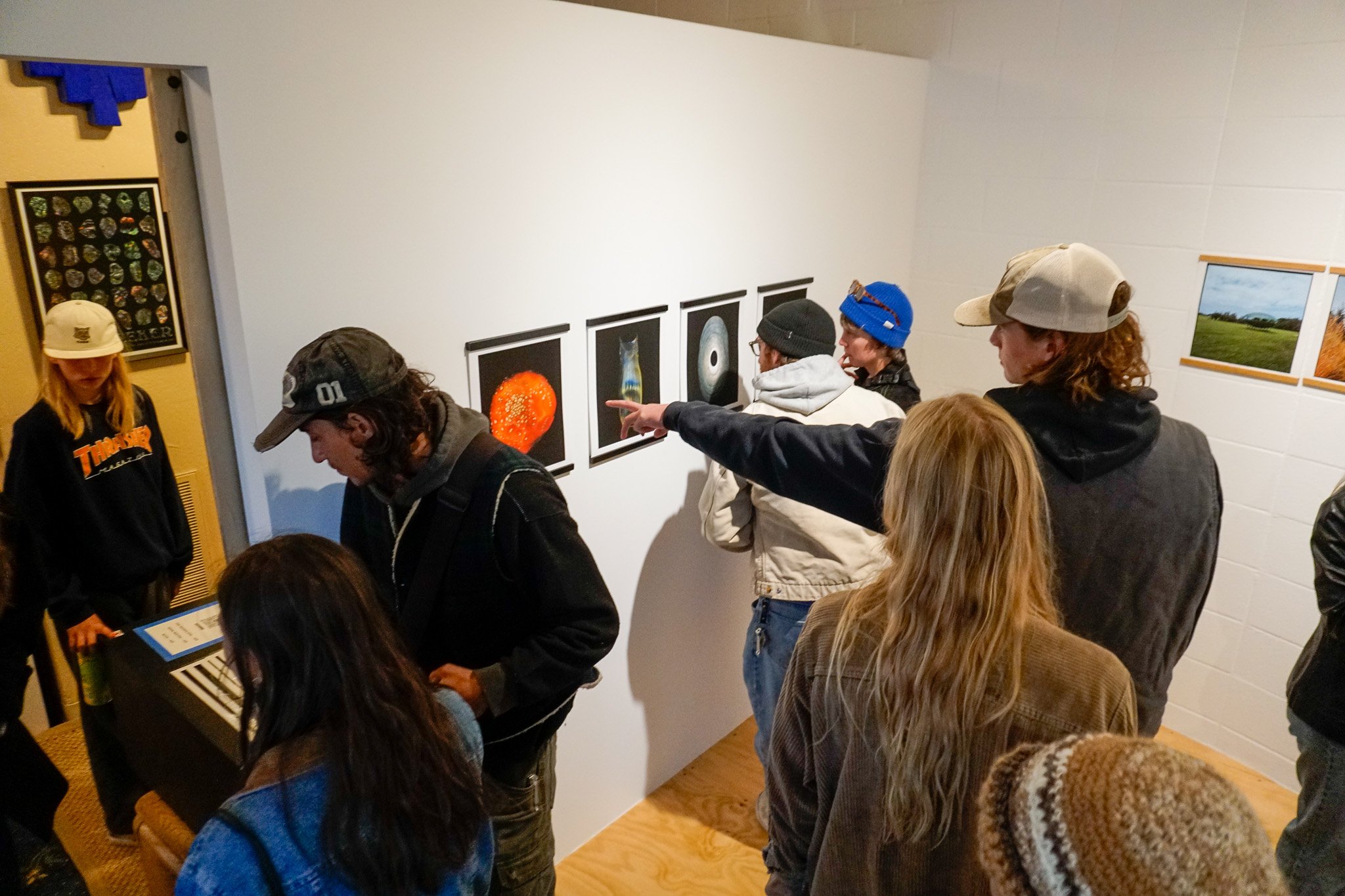
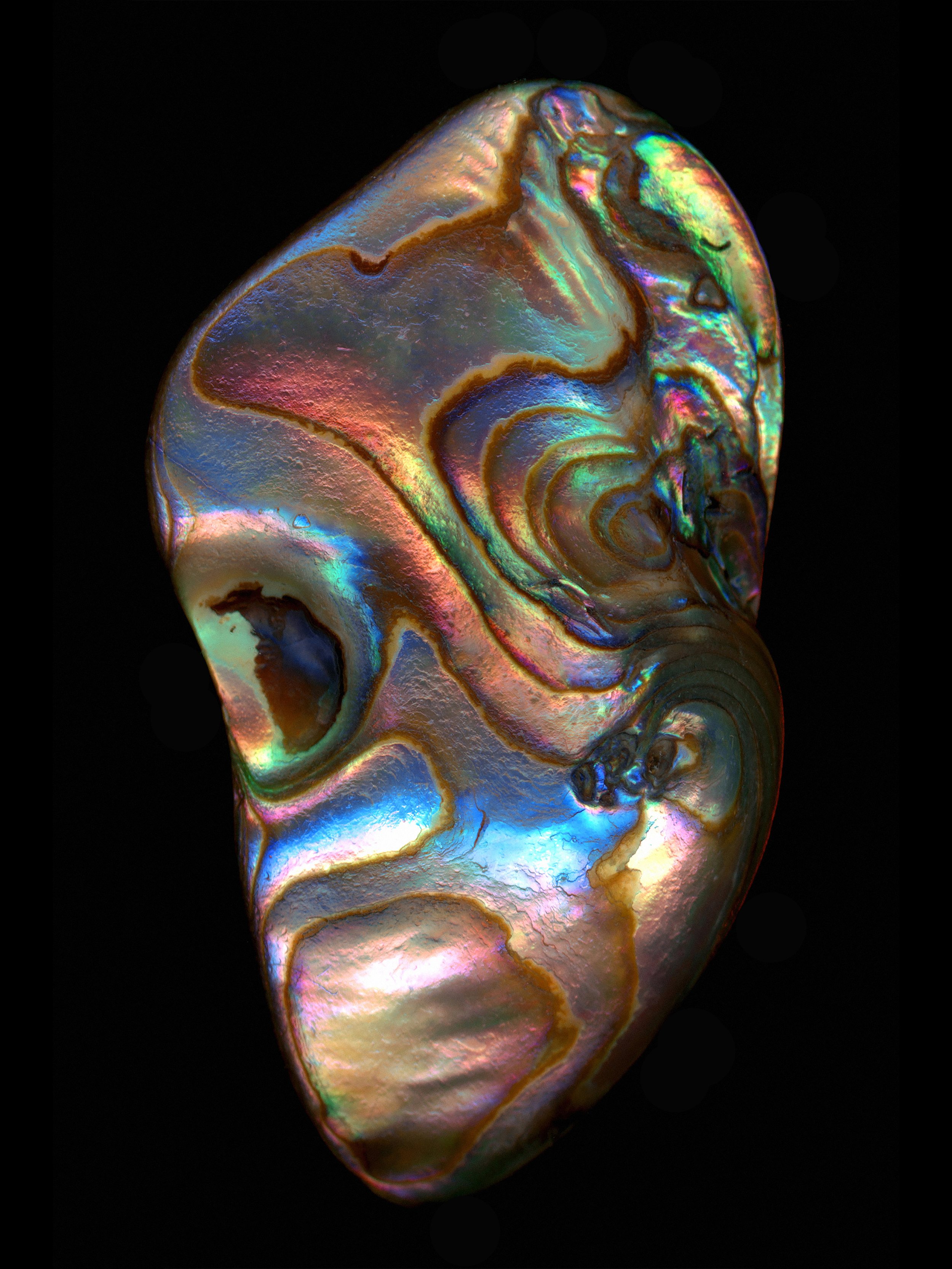
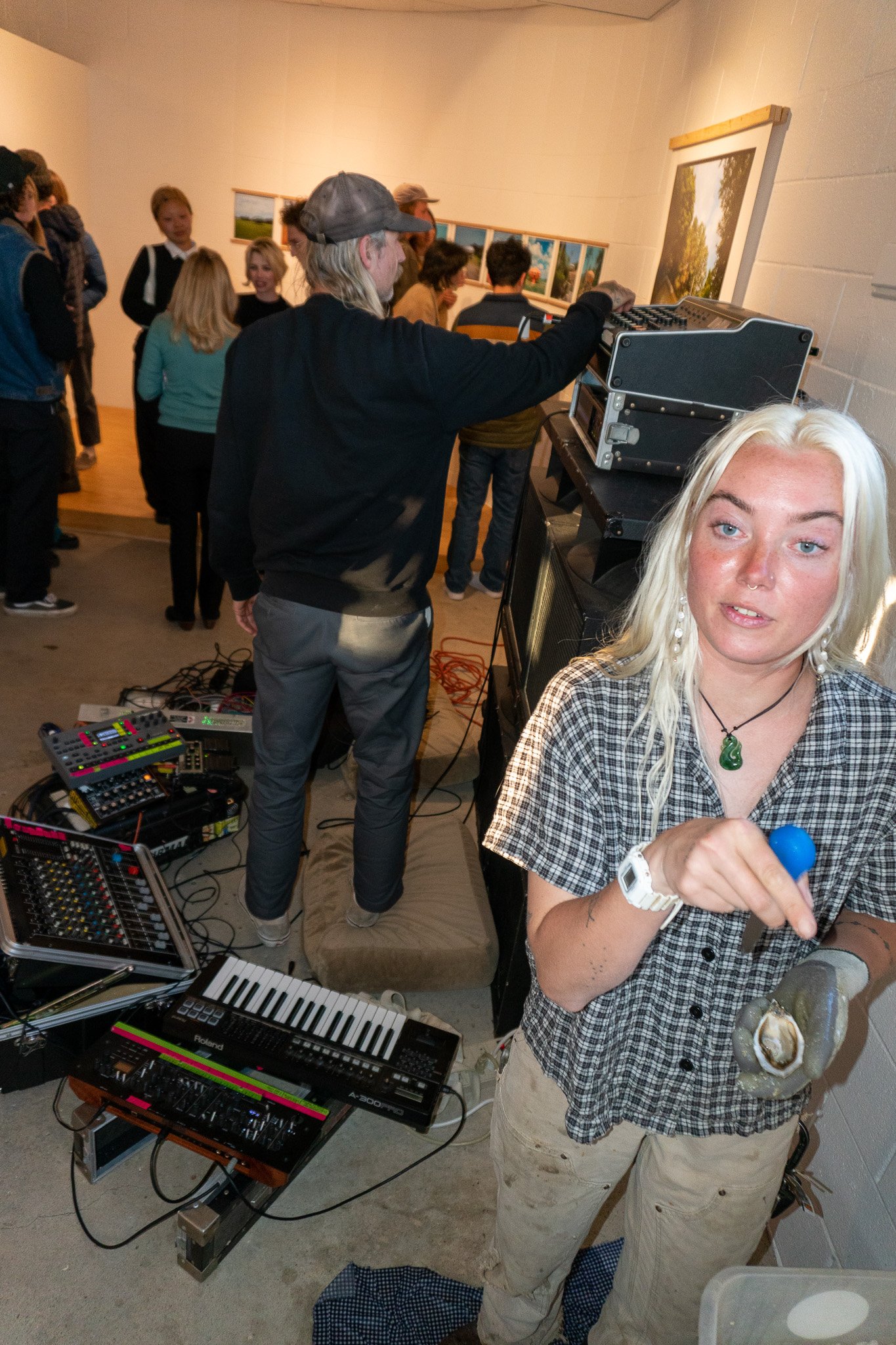
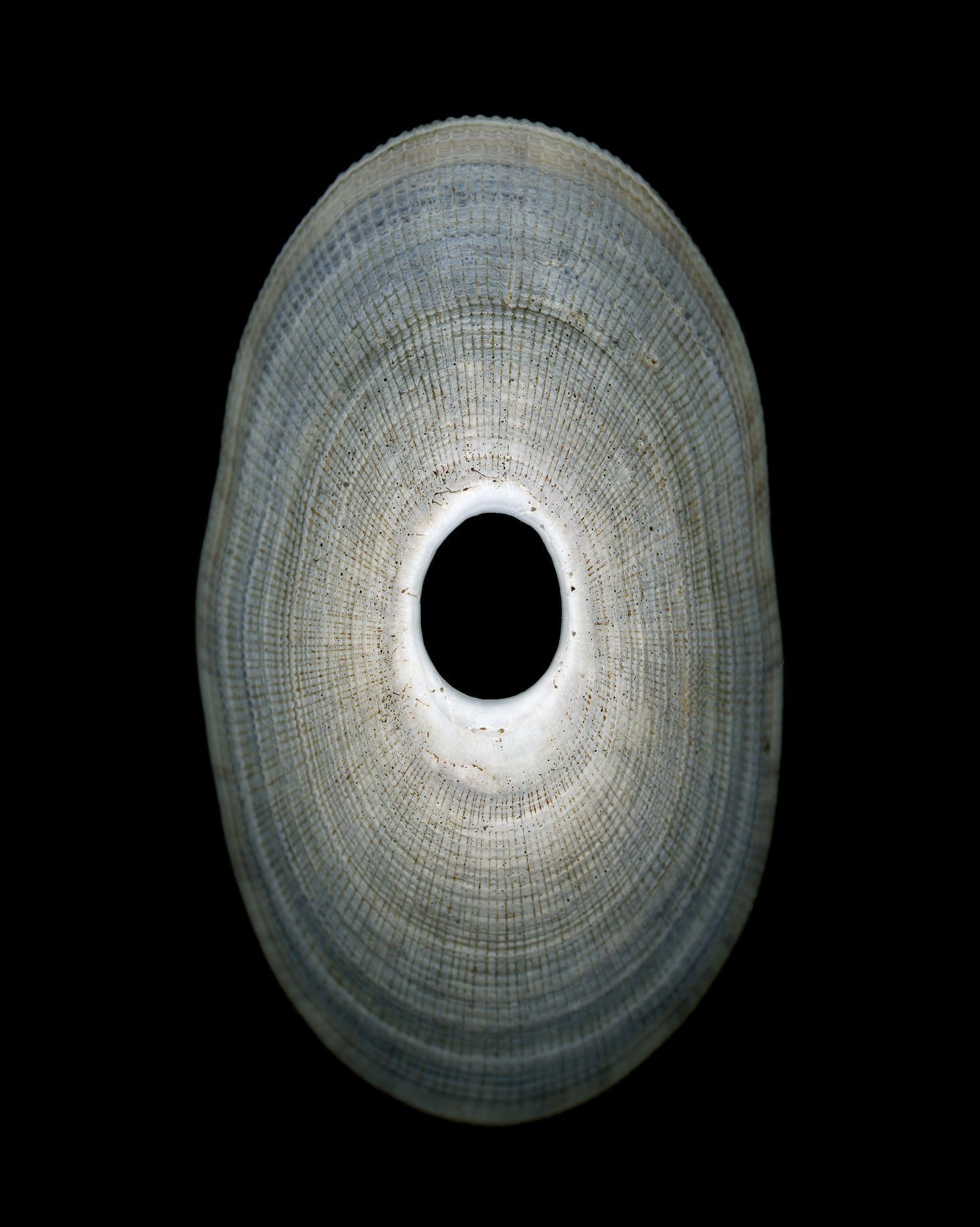

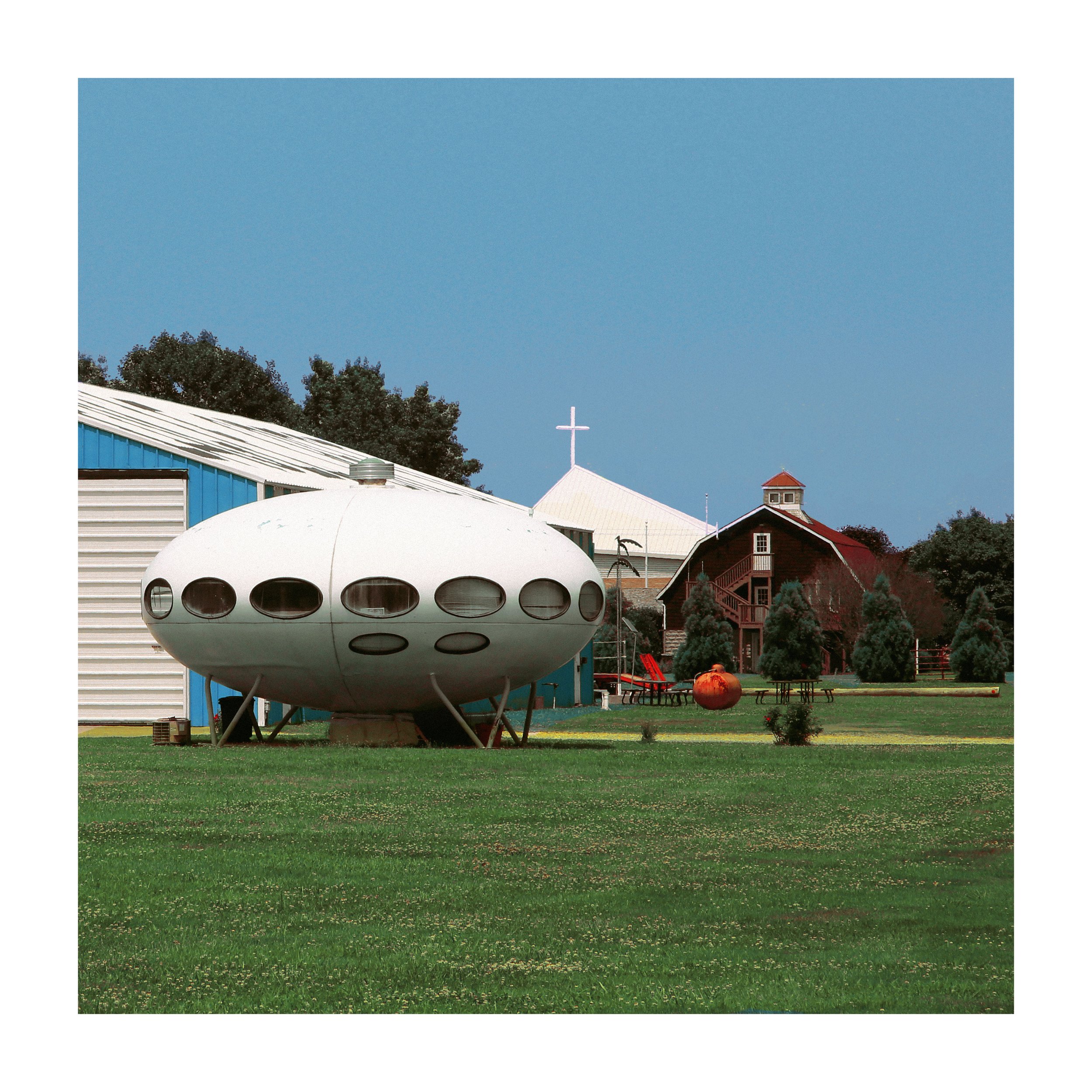
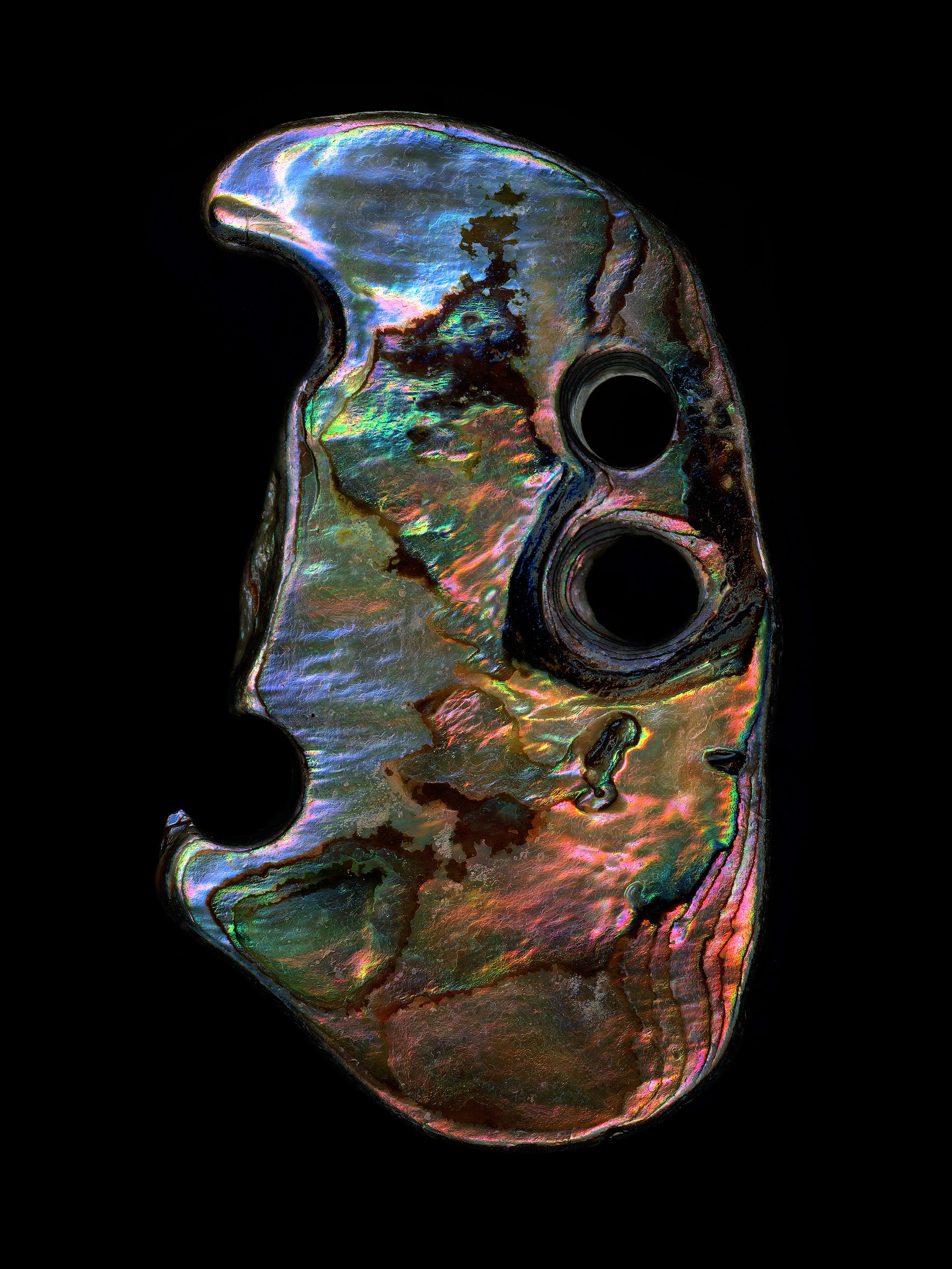

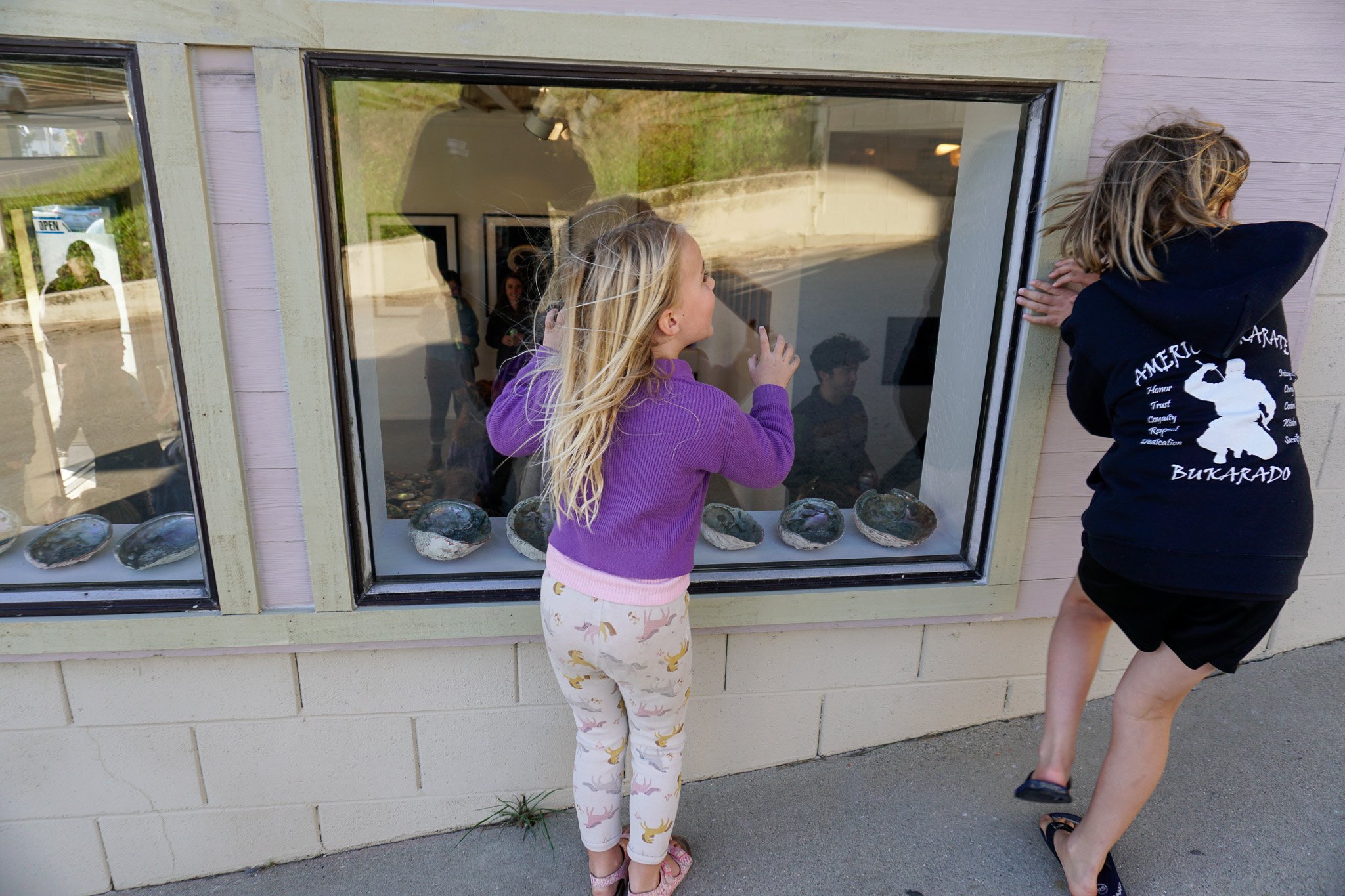
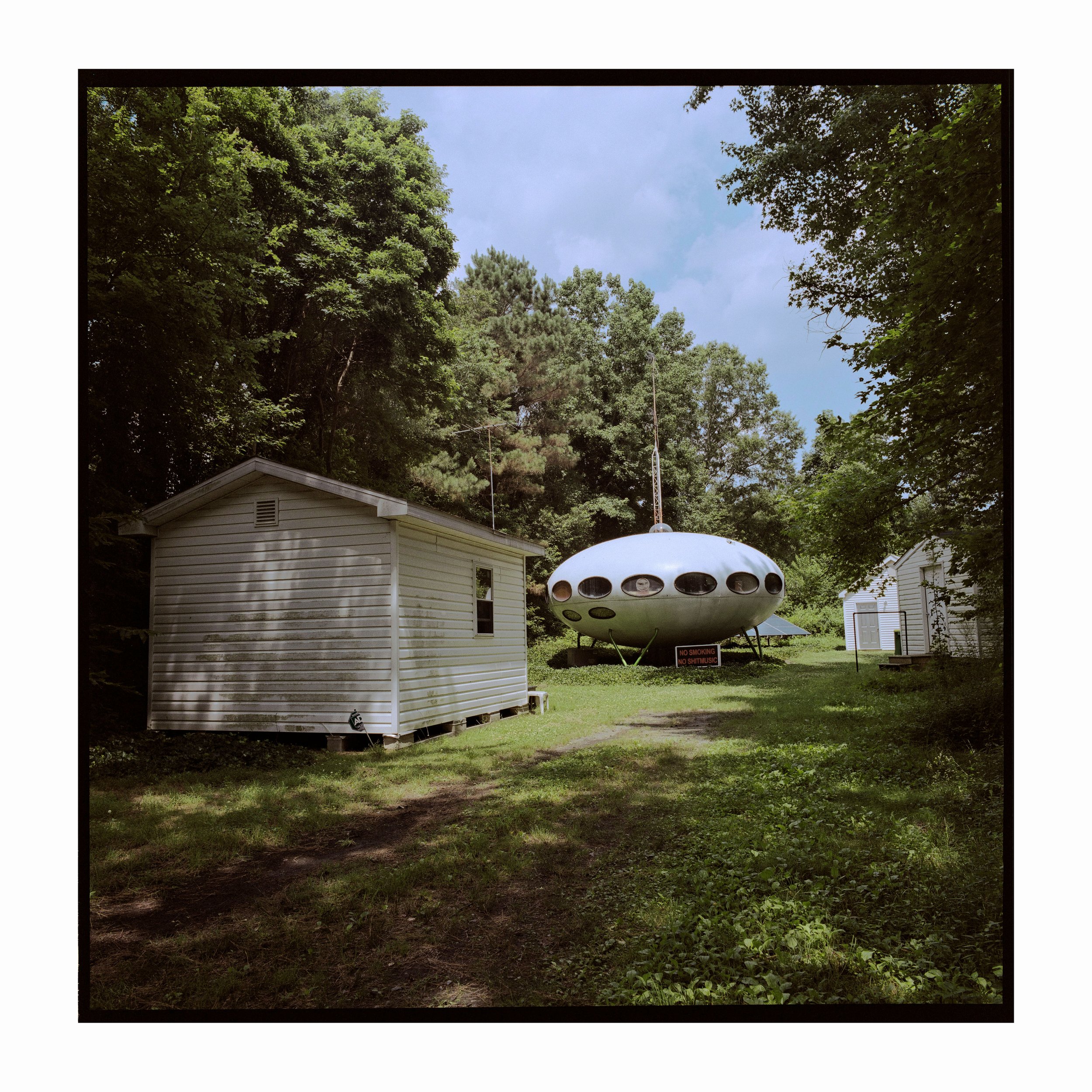
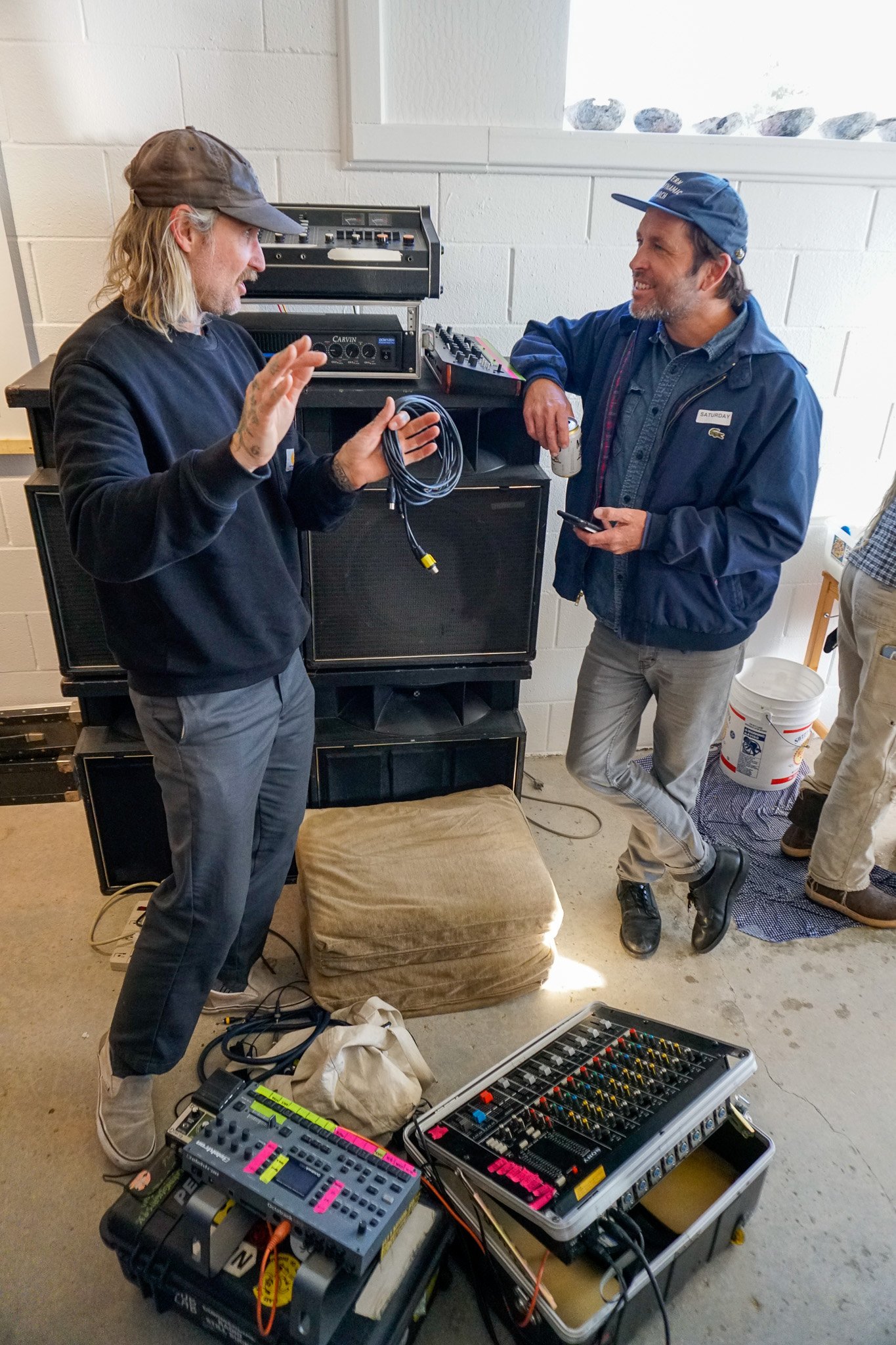
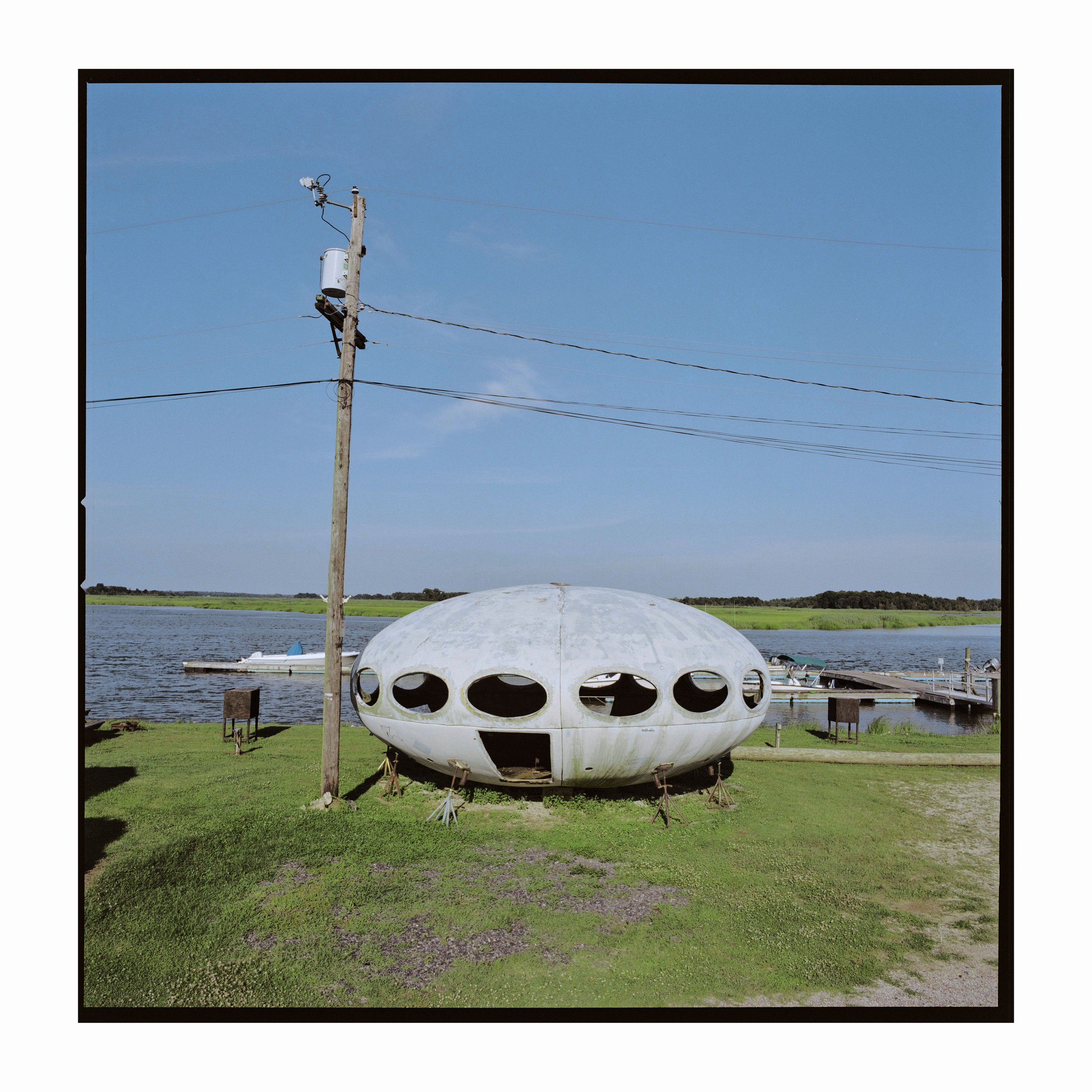

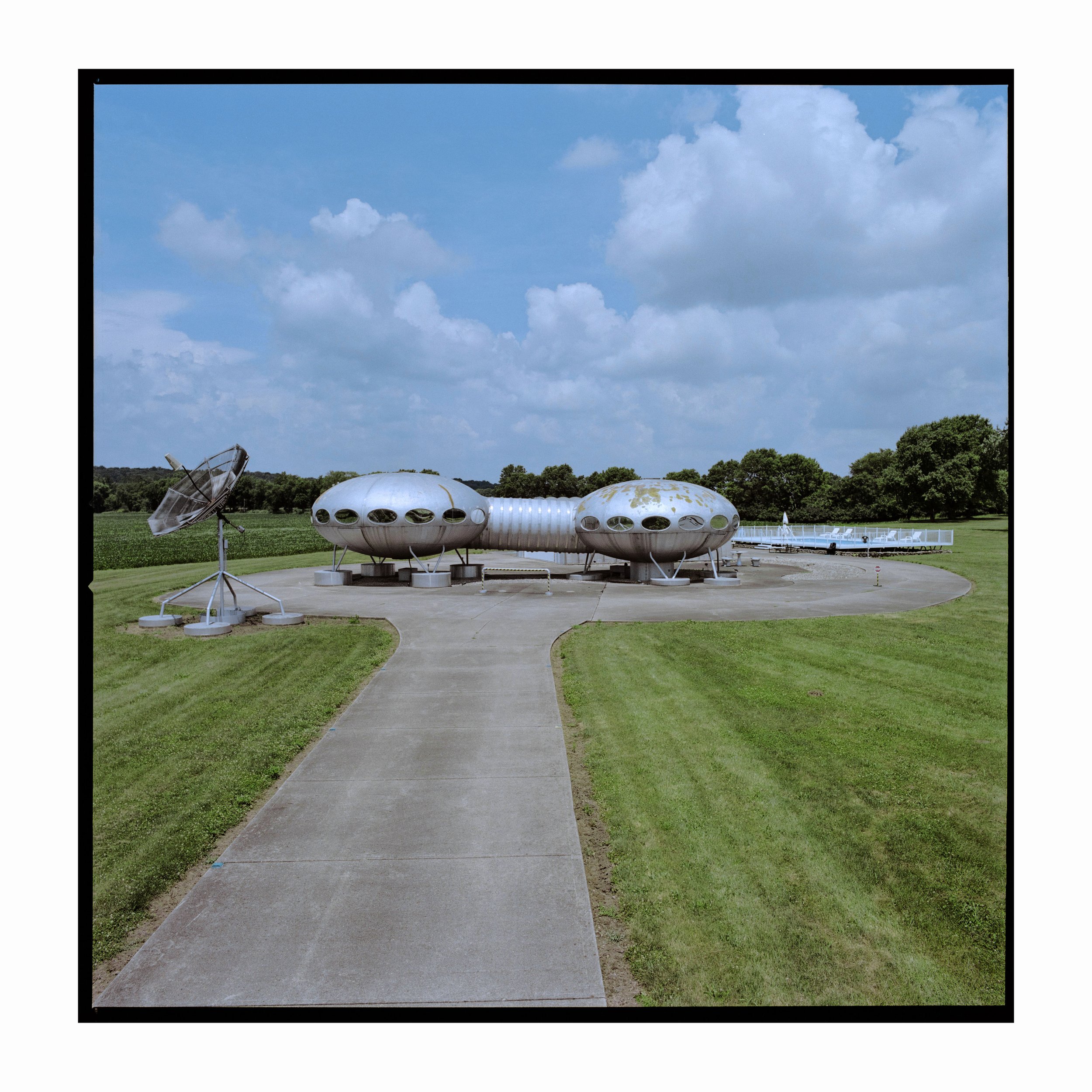

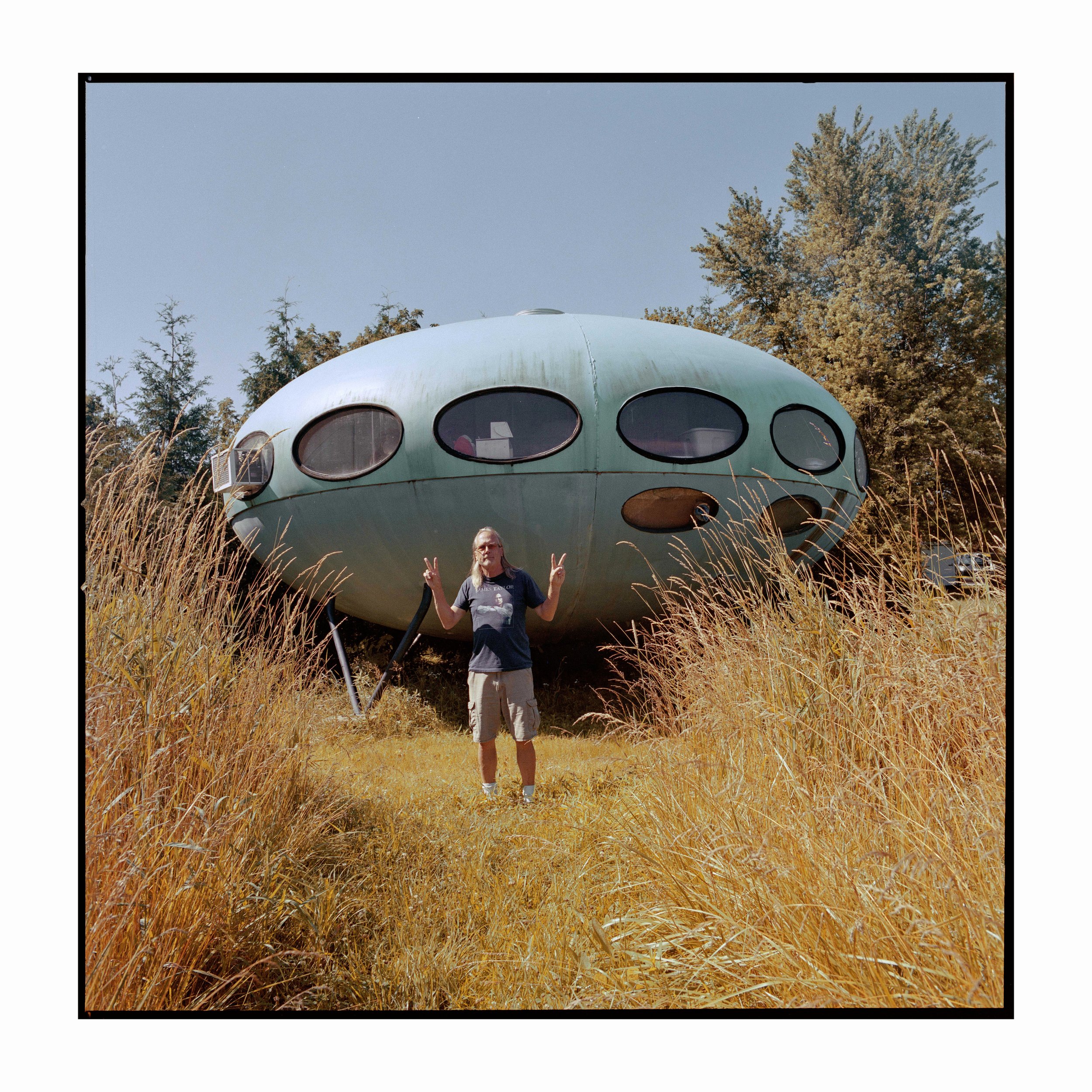
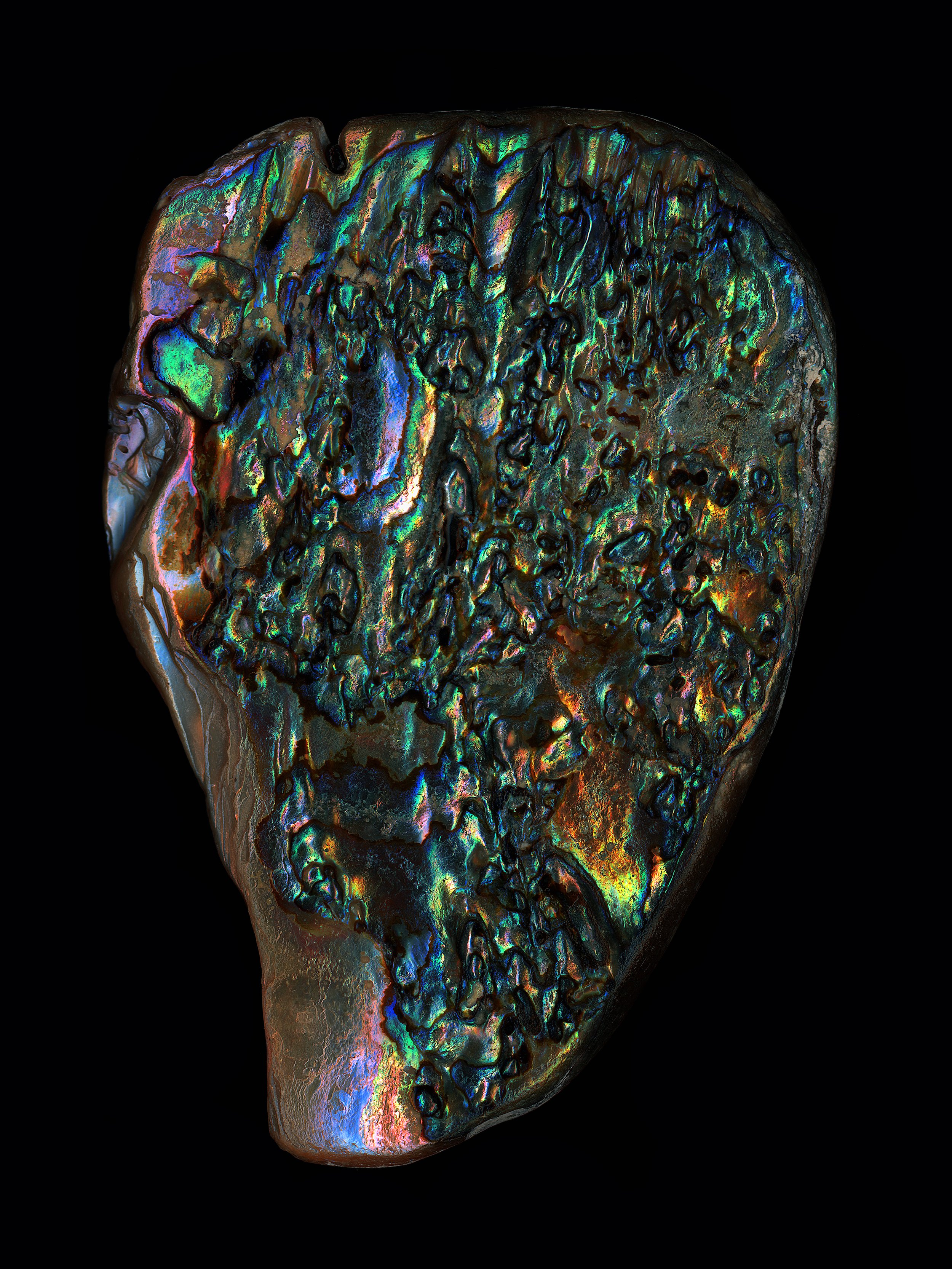


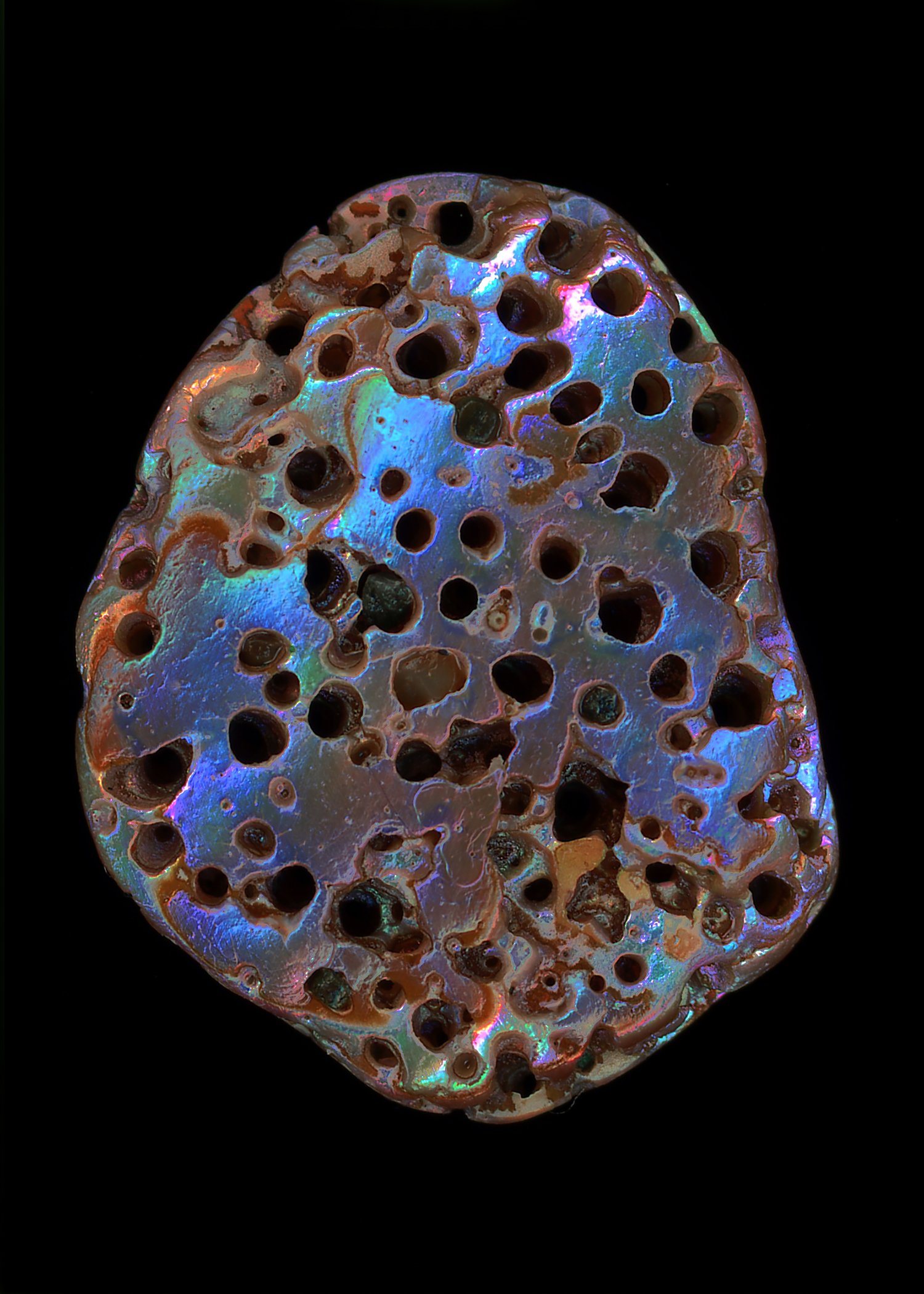
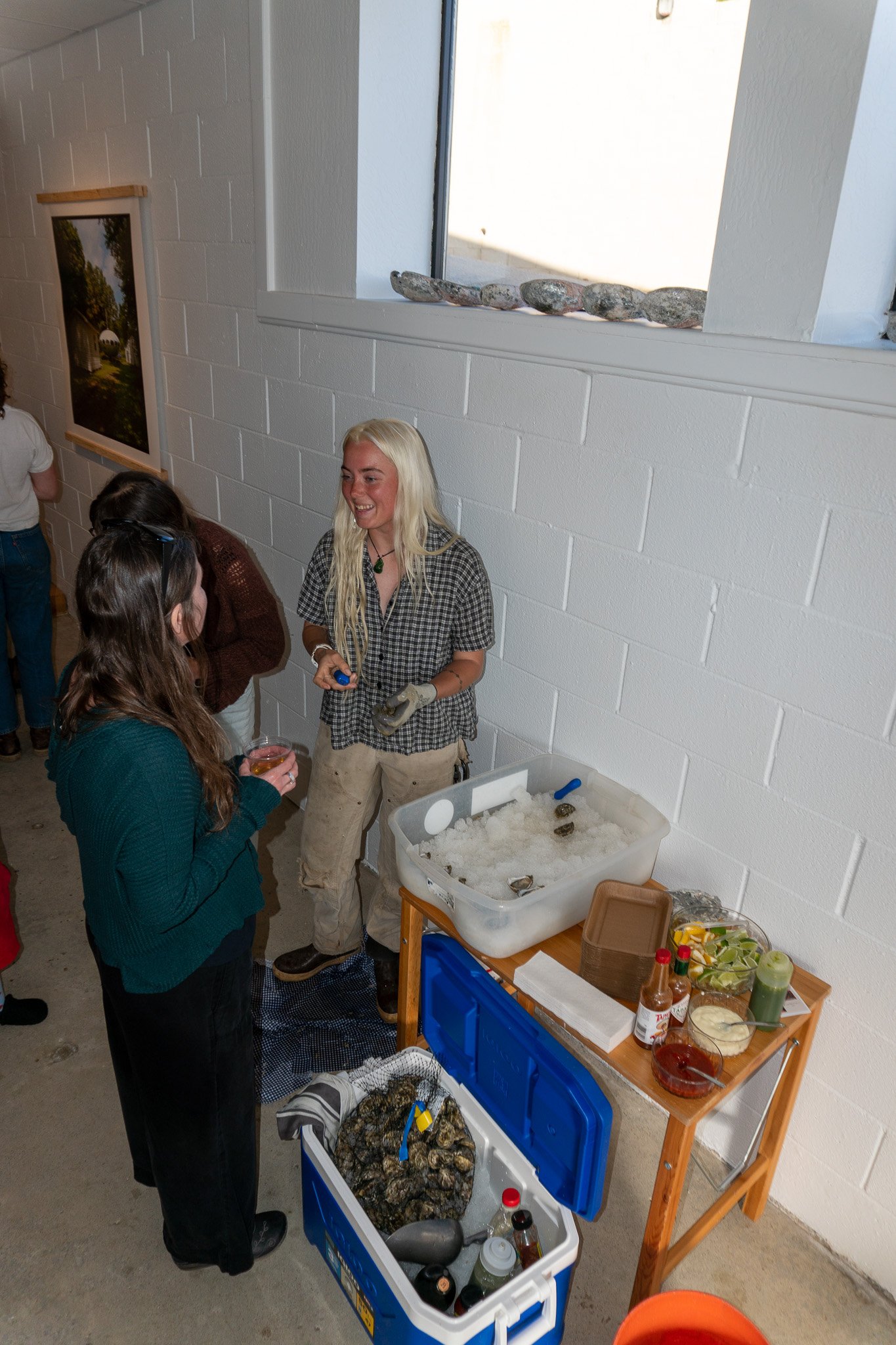

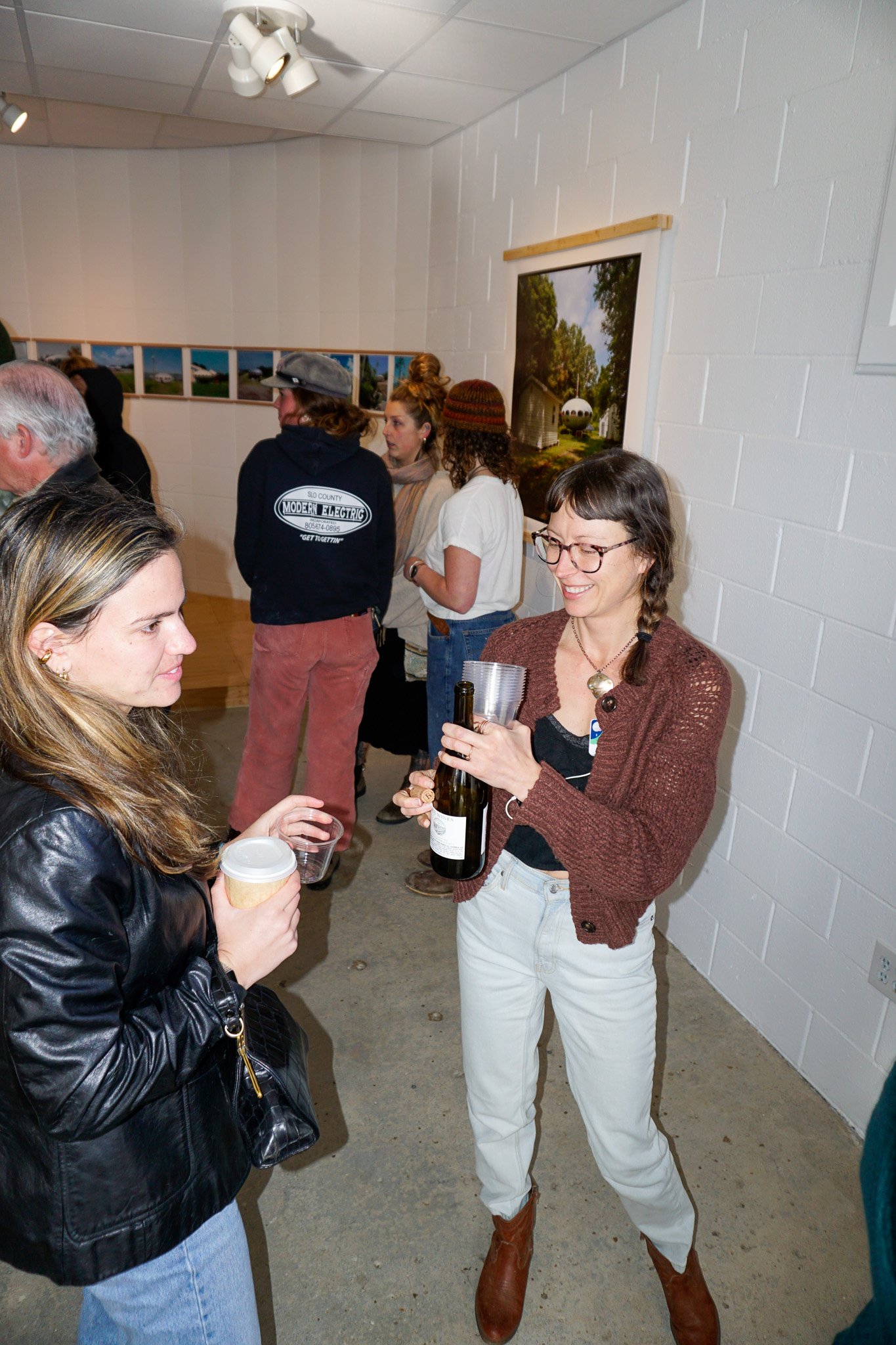
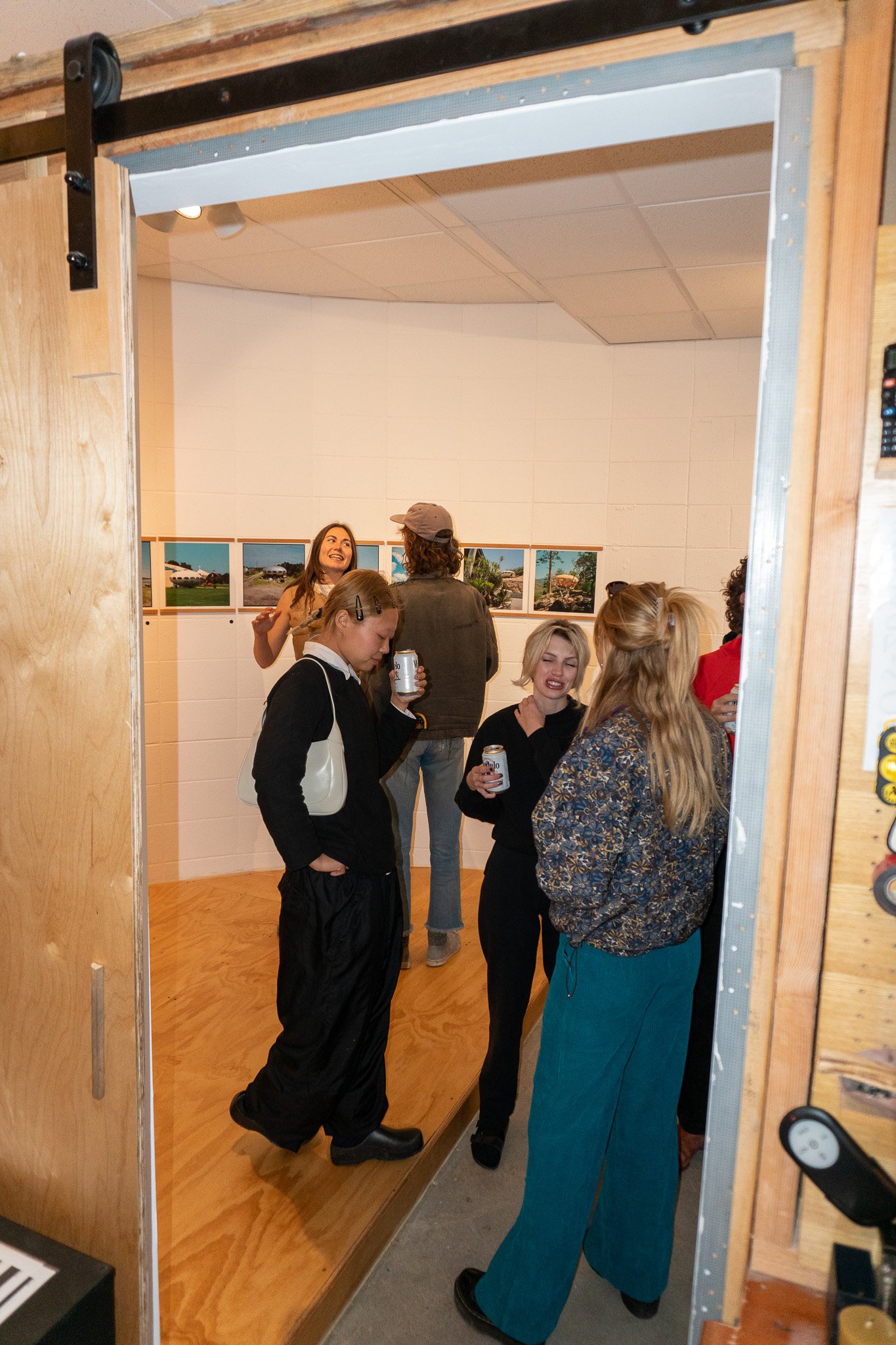
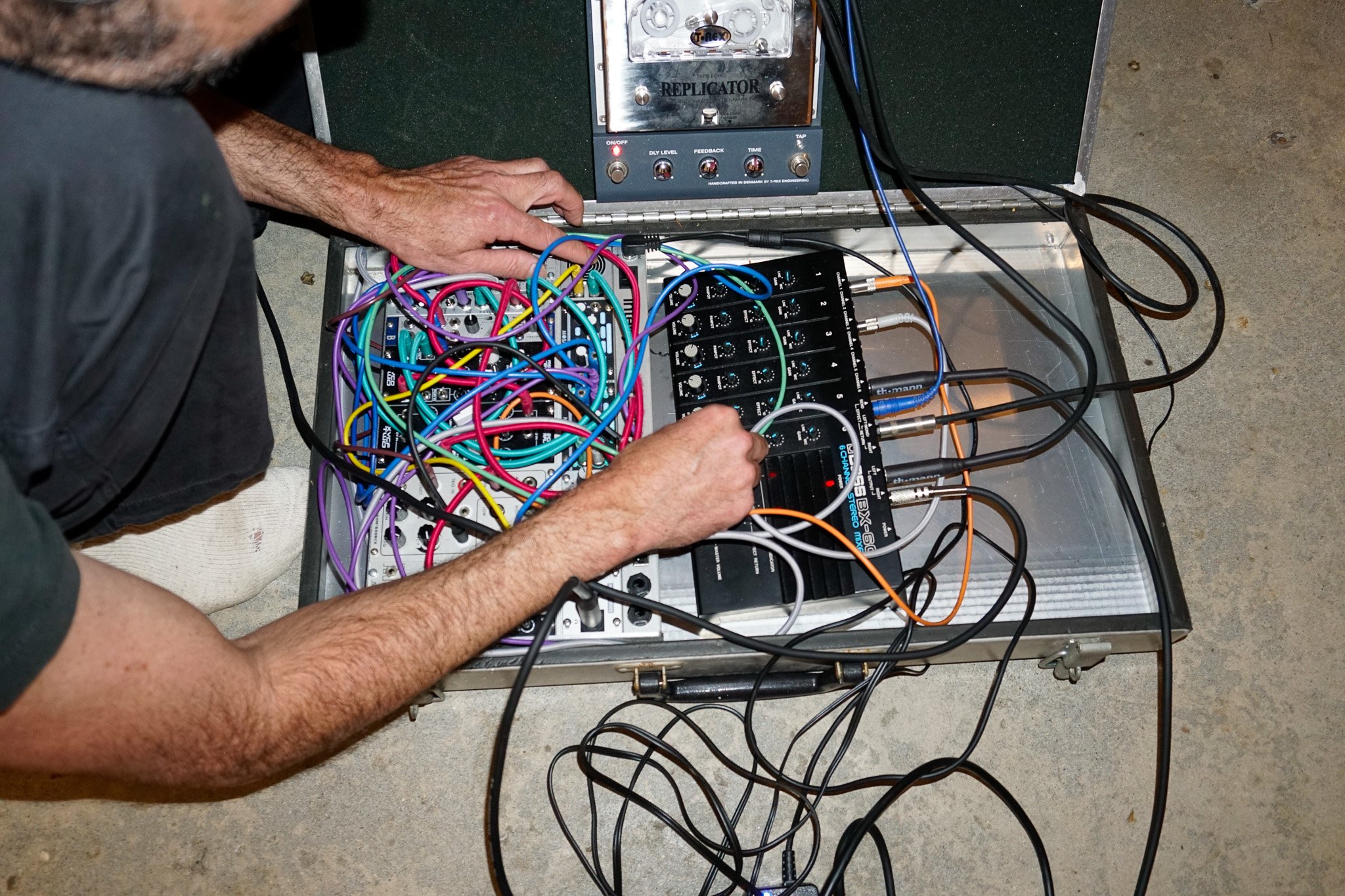

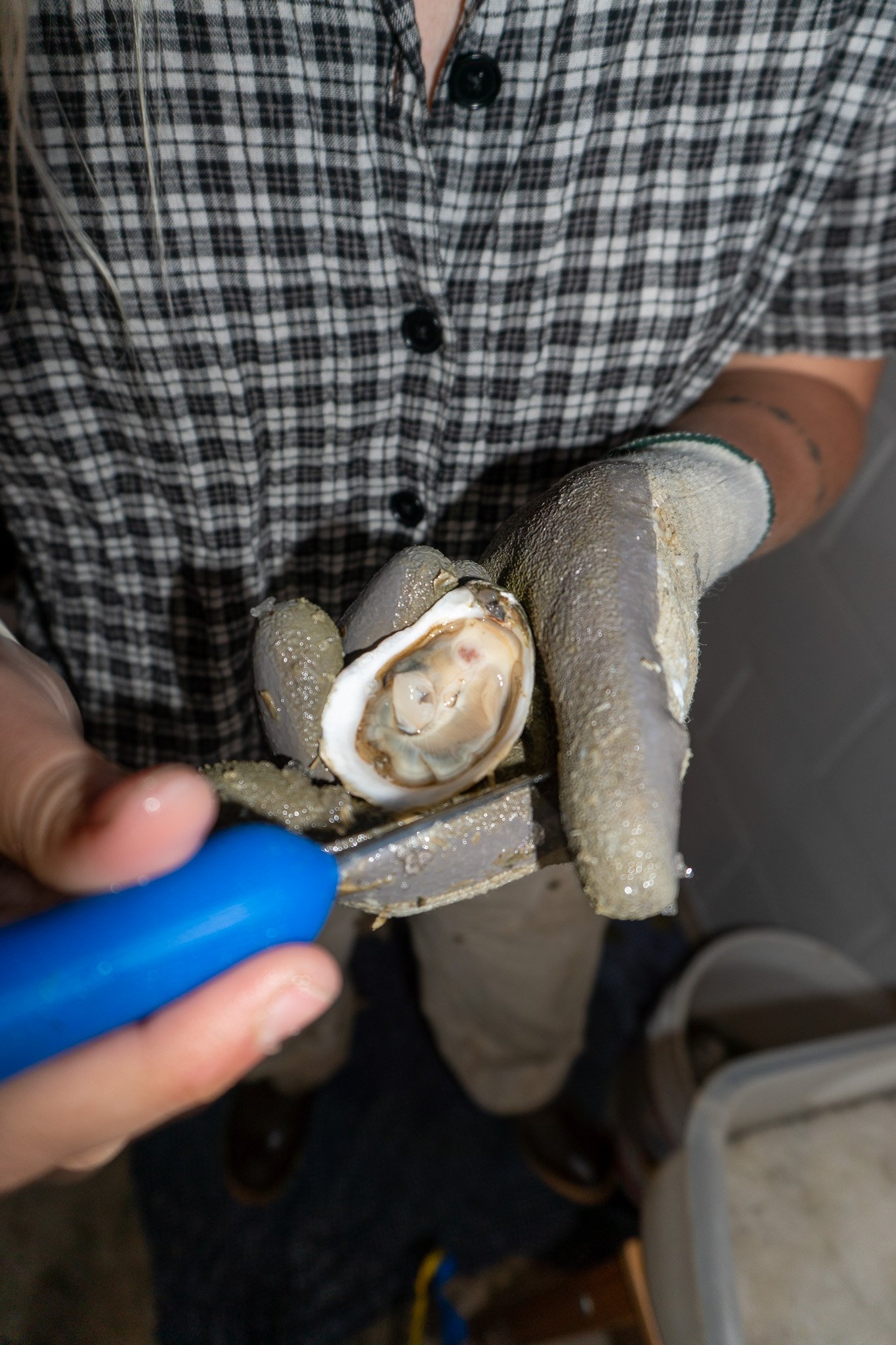
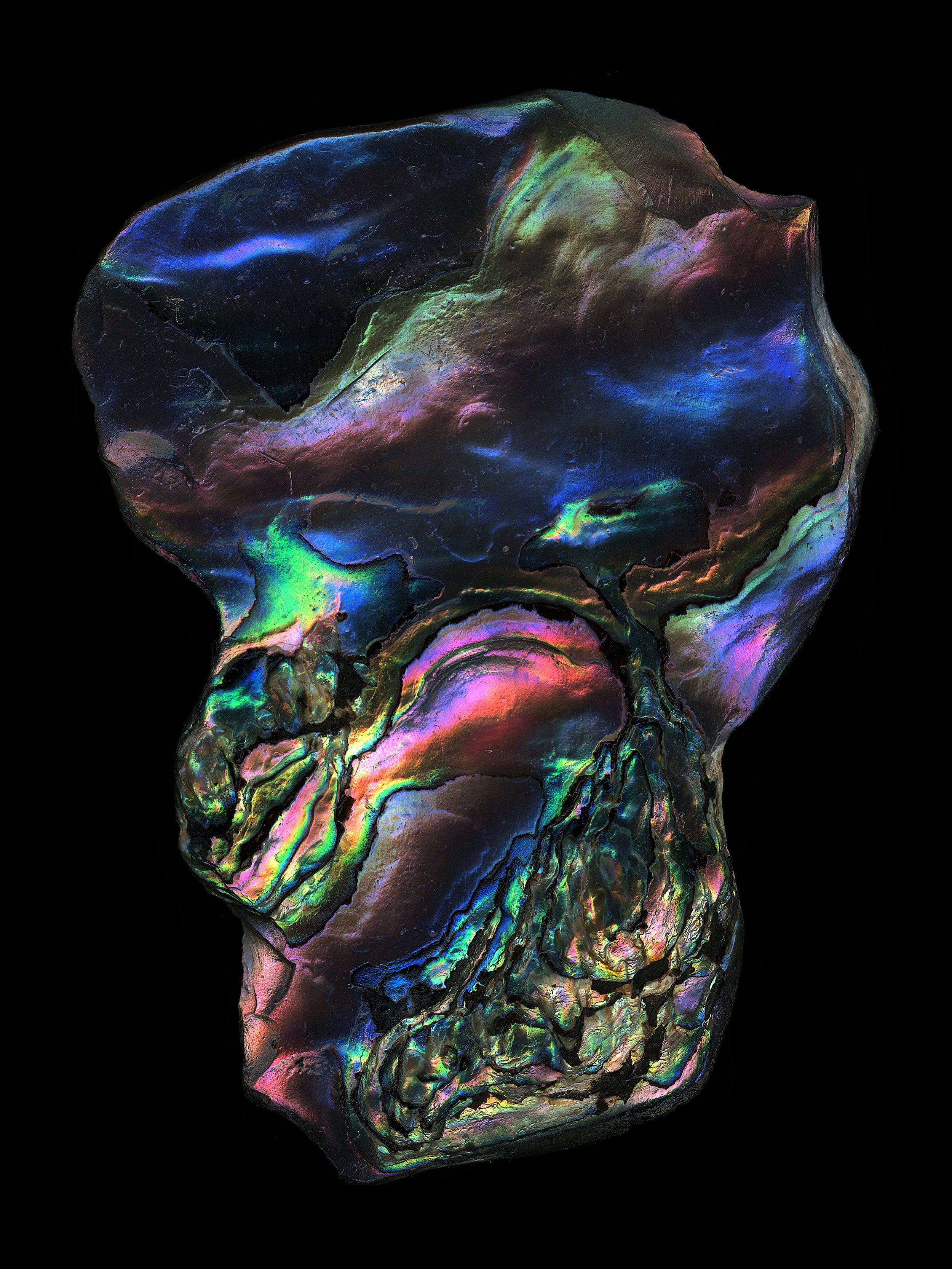
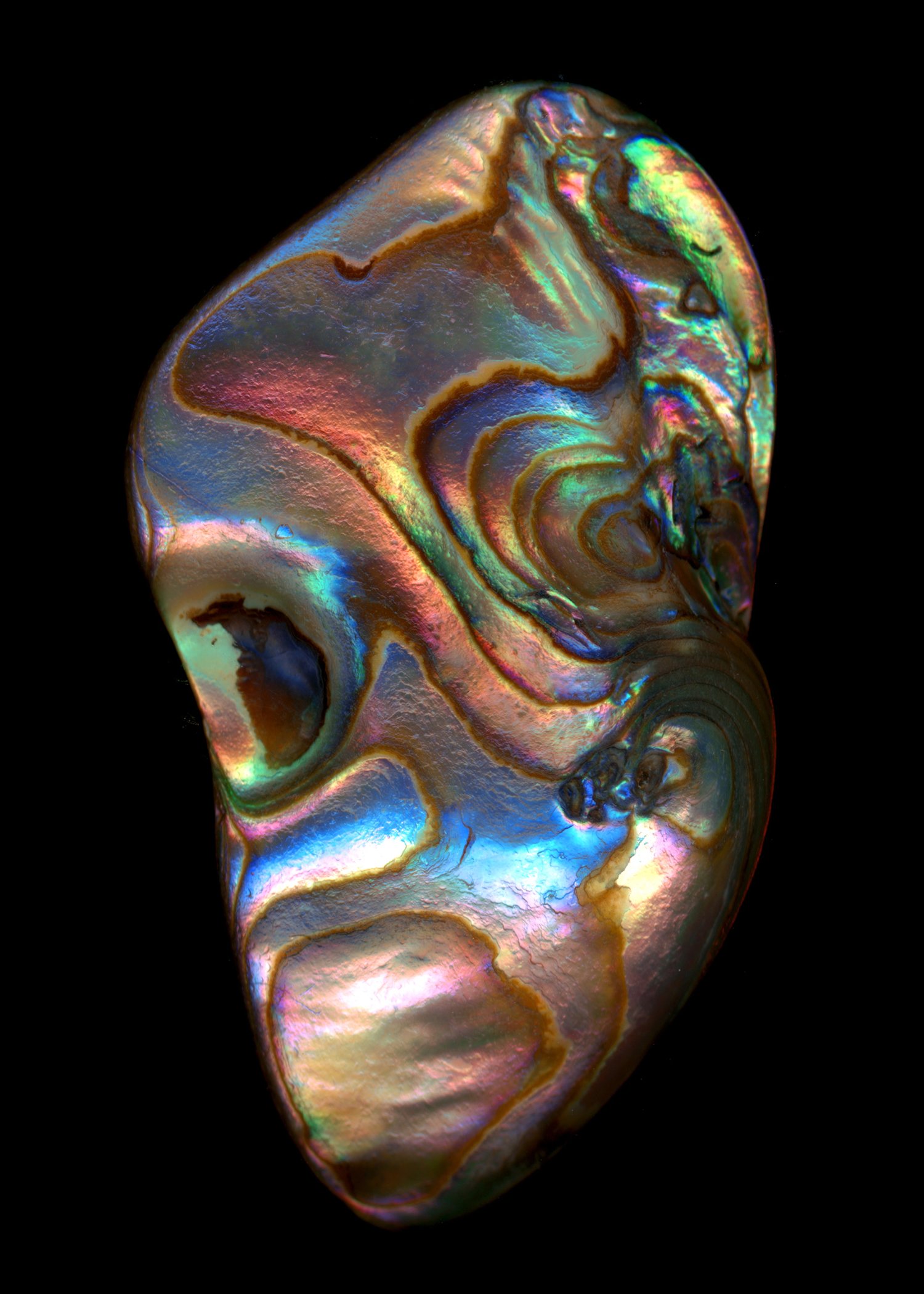
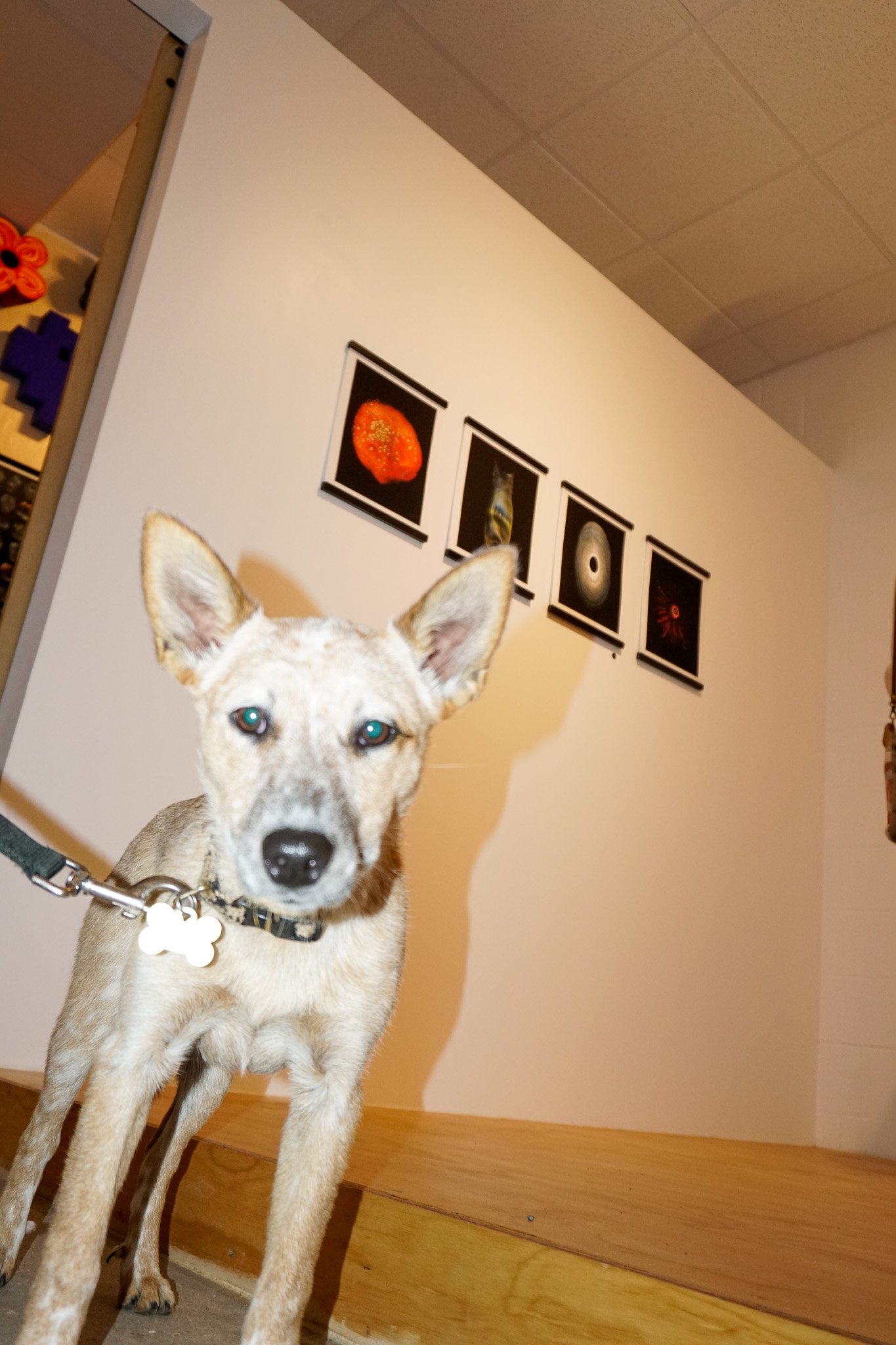
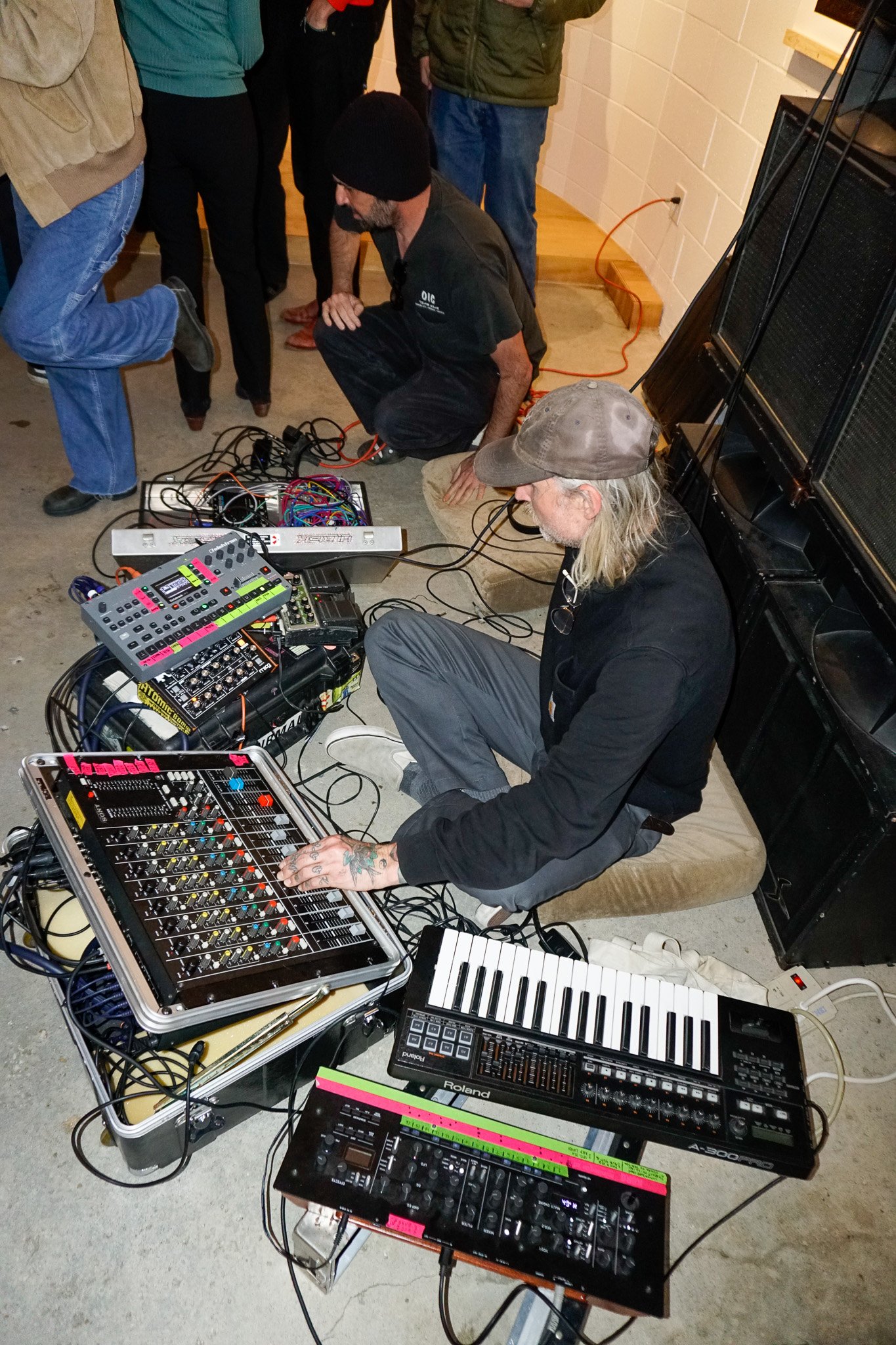
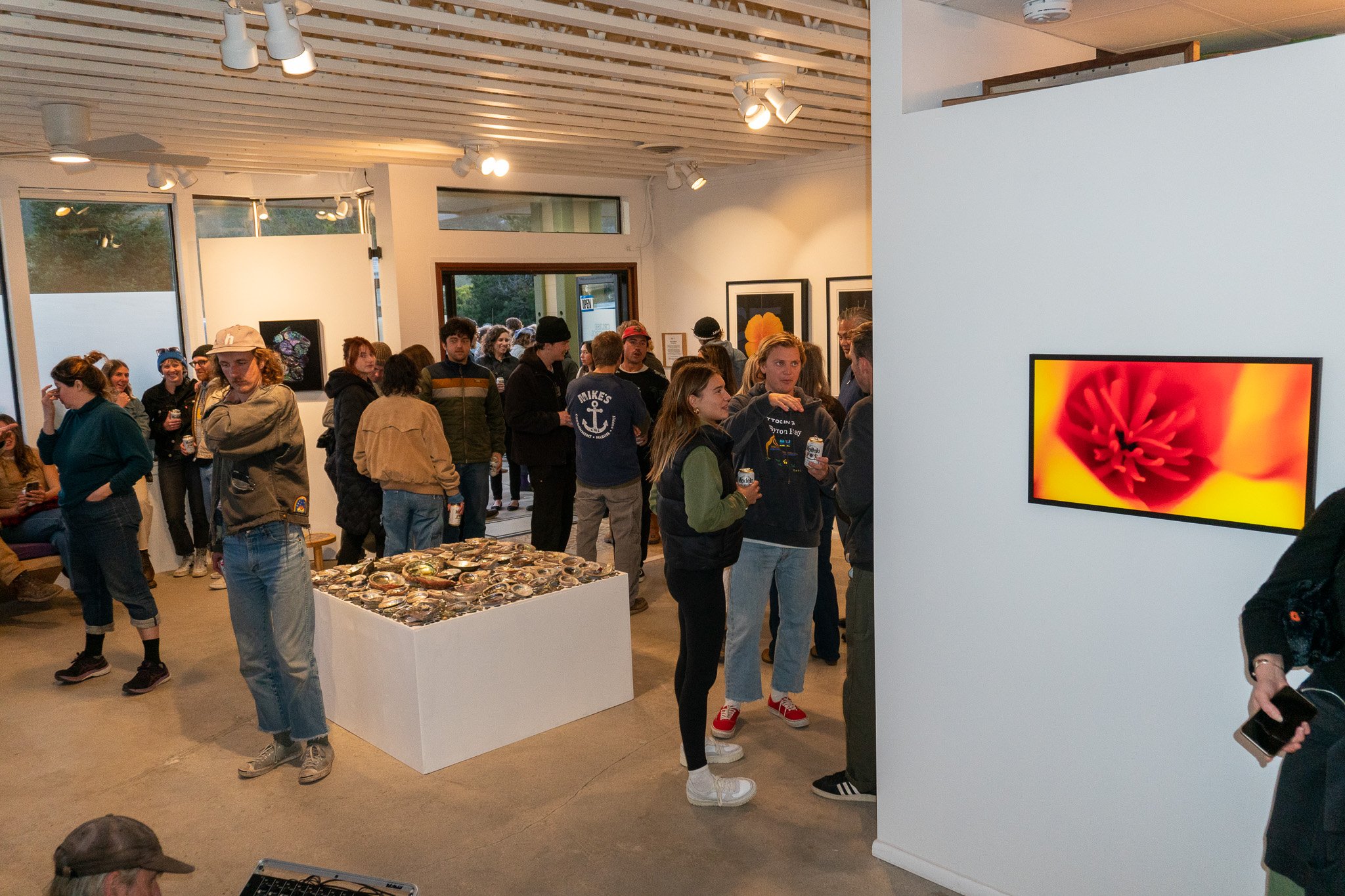
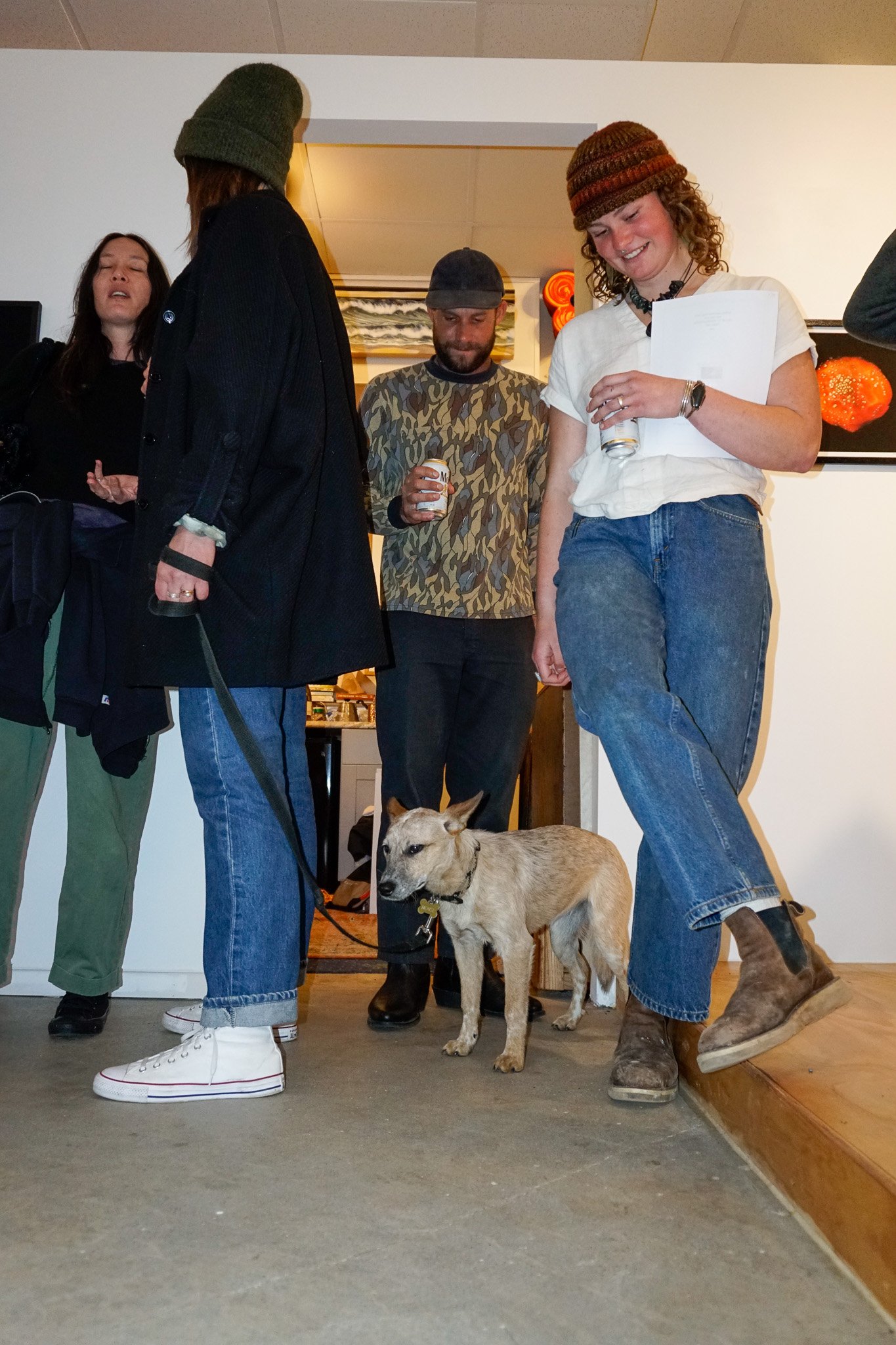
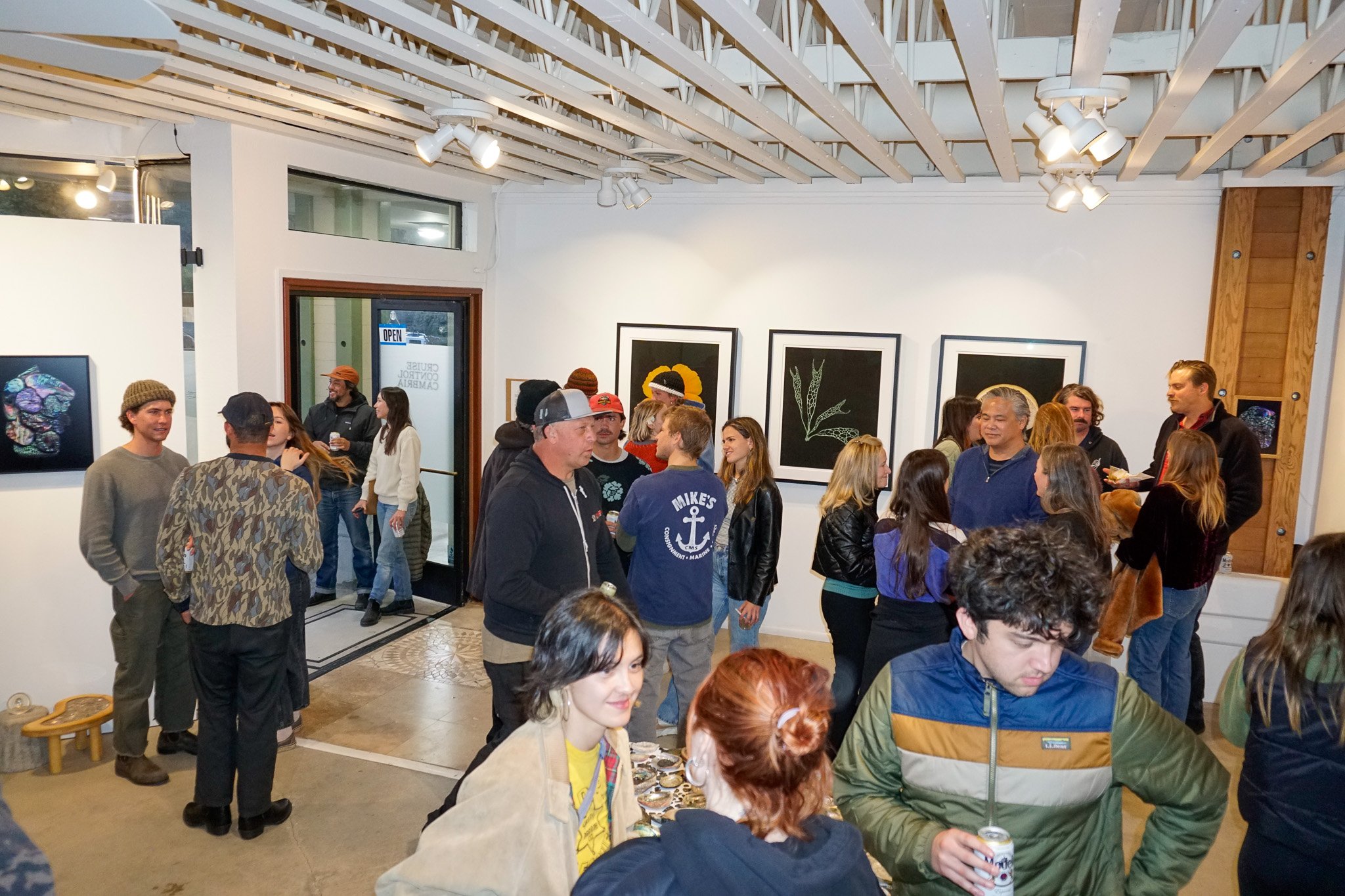
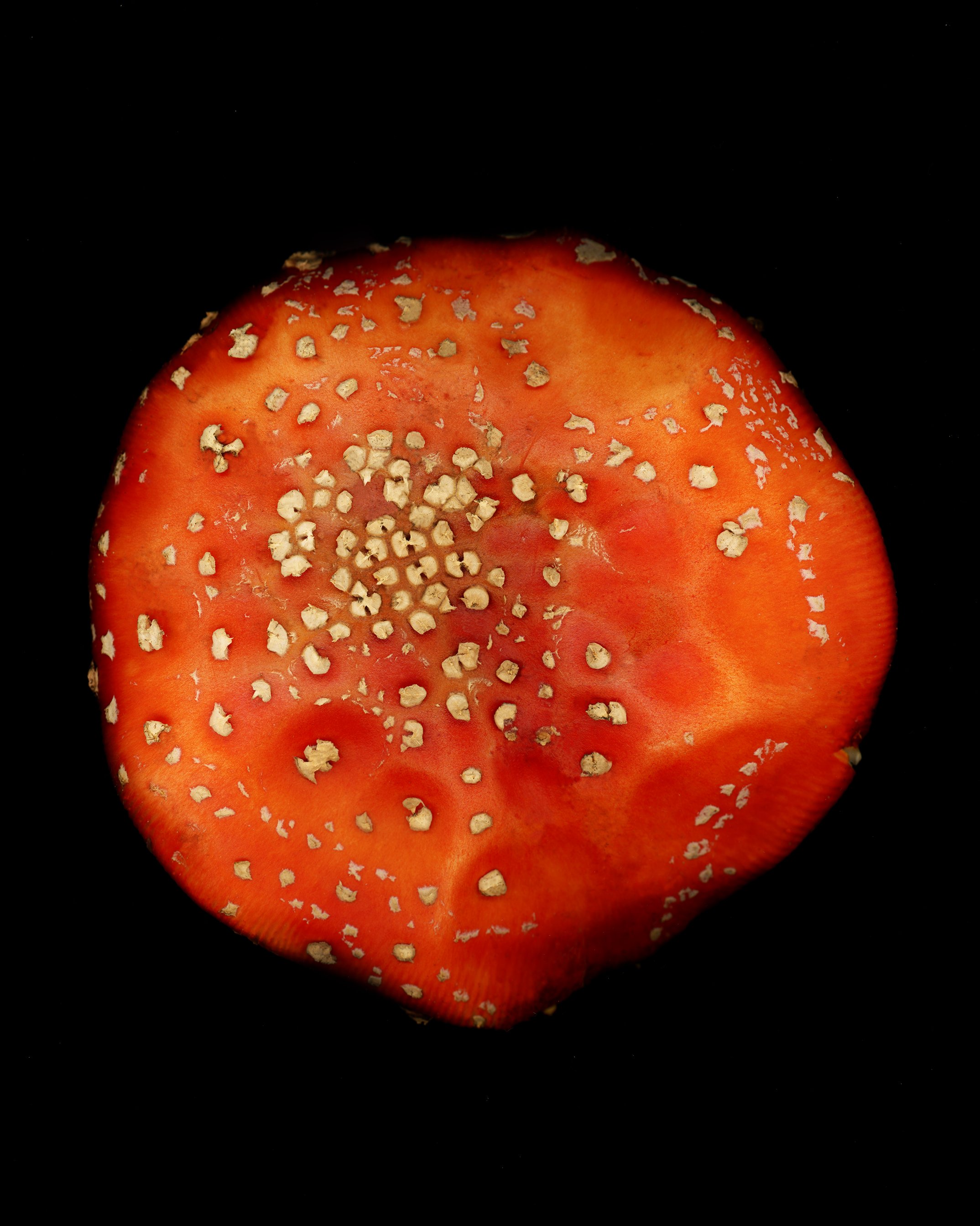
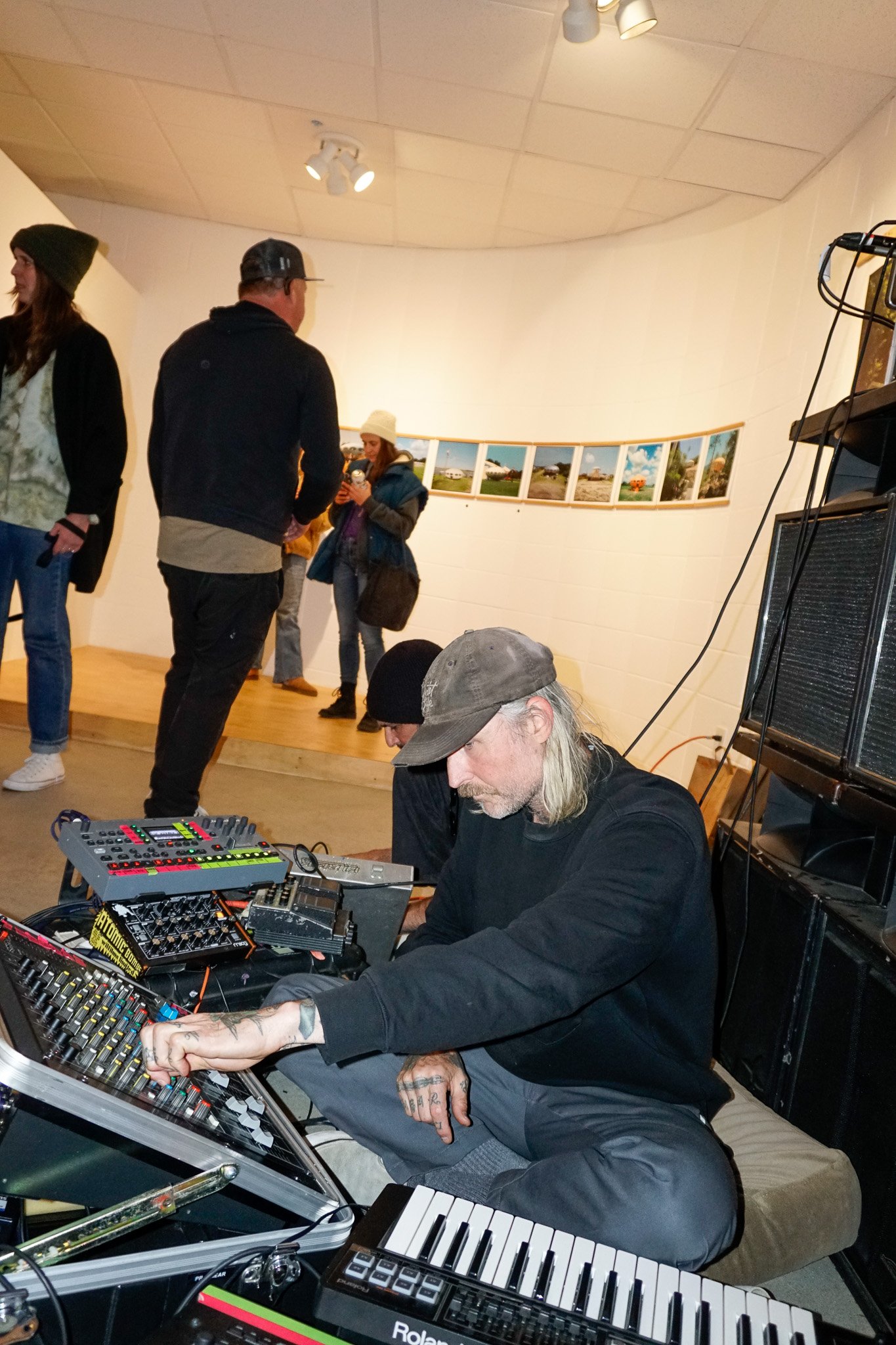
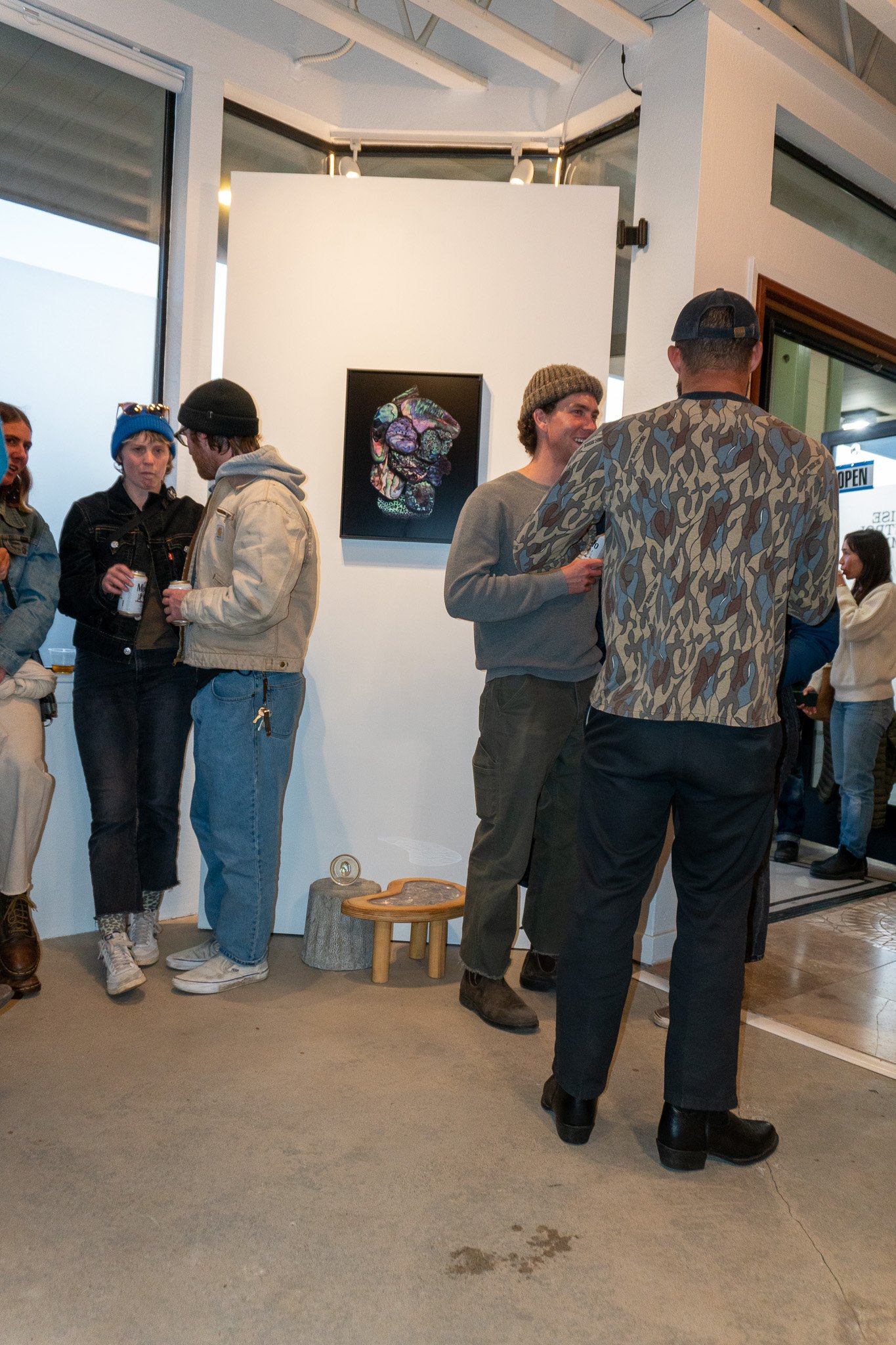
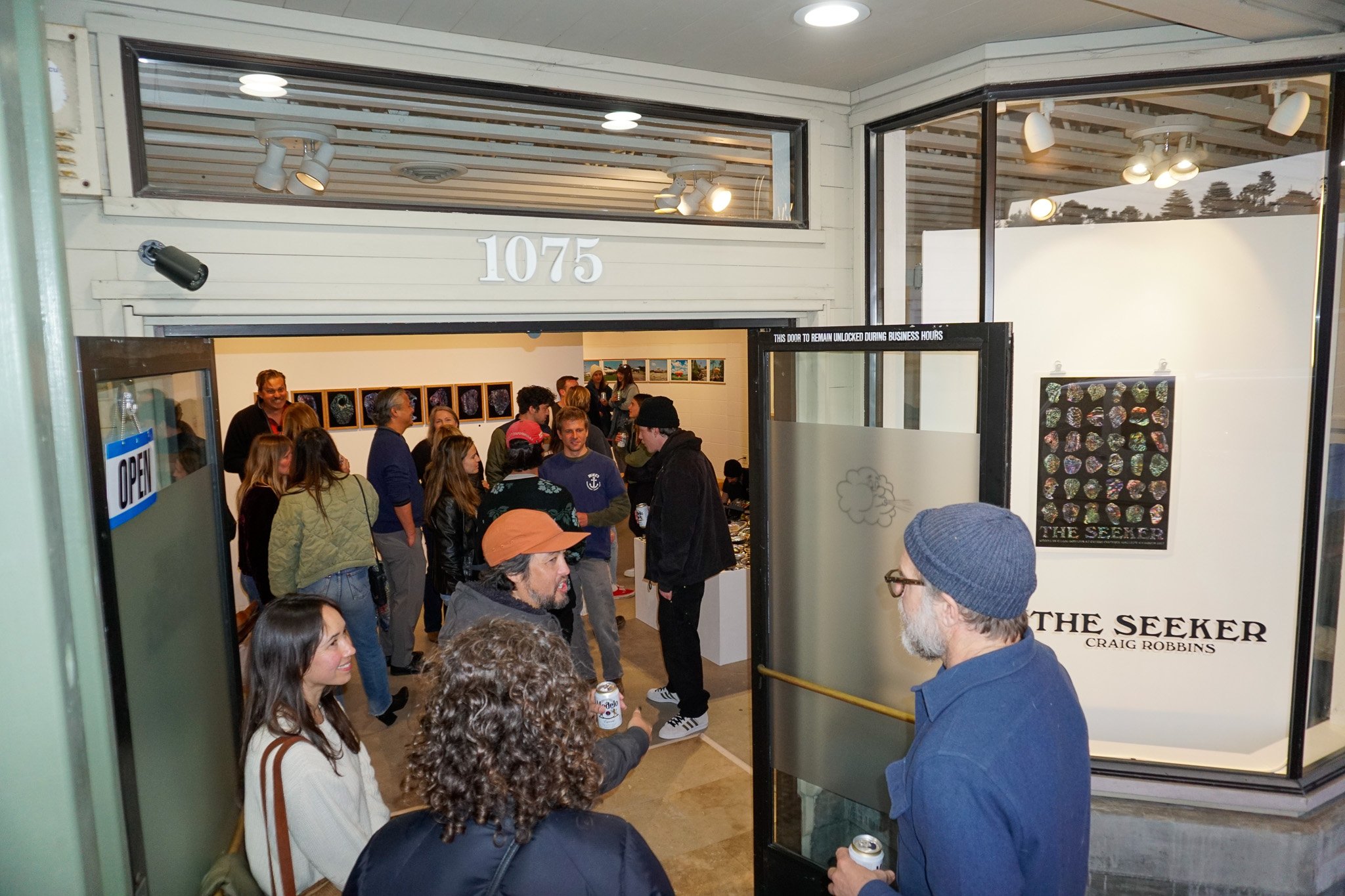
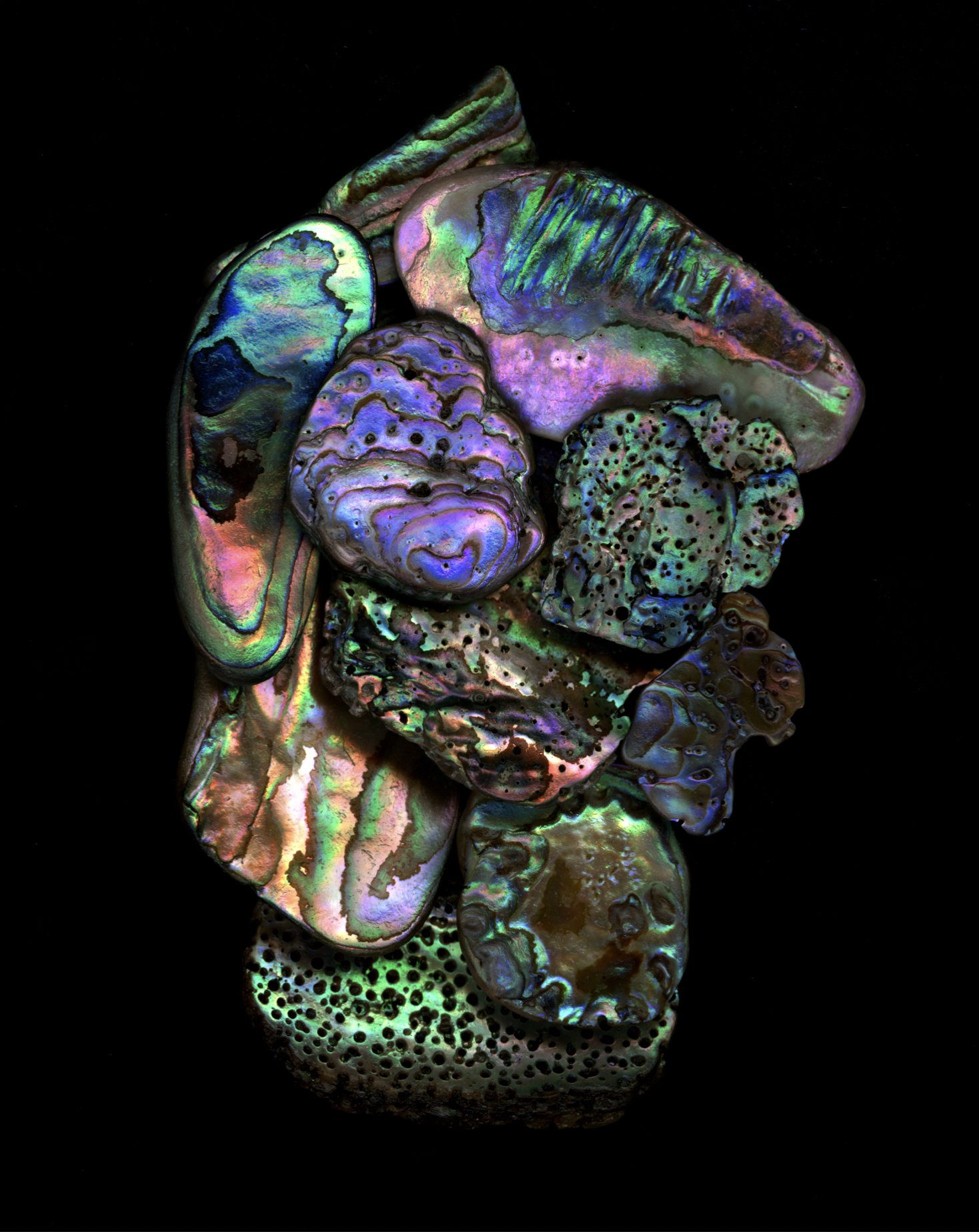
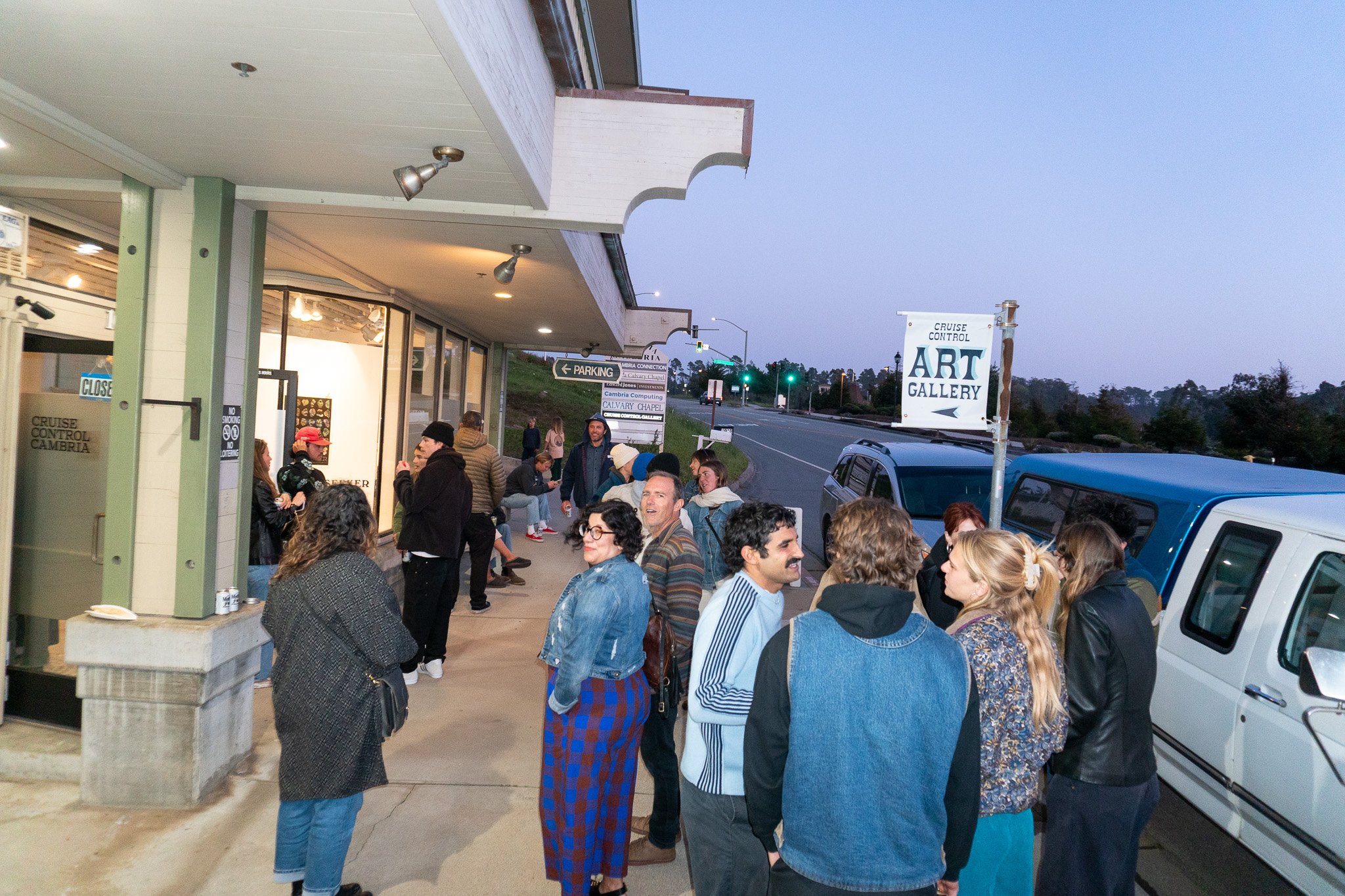
WORKS AVAILABLE
COOPER MCDONNELL
“HAND MADE”
Always surrounded by art and objects, Cooper’s journey with clay began before he can consciously recall. His late Grandfather, Ken Price, amassed a prolific body of ceramic works in his specific technique still undeniable to this day. Cooper was just lucky enough to witness and study Ken’s creative process during his formative years. Certainly, not all kids get to have a wet mound of clay to manipulate as a form of entertainment and exploration in a studio setting.
After majoring in ceramics at the University of Colorado, Boulder he returned to Los Angeles and worked under artists Rogan Gregory, Ernie Lee, and Jon Krawczyk.
Currently Cooper’s body of work resides within that space between form and function, how each modality can compliment each other to an extent. And how they can be their own distinctive stand alone representations.
HAND MADE is his most recent exploration in clay of that playful, joyful, and purposeful space between.
Cooper’s work is developed and fired both in Malibu, California and Taos, New Mexico.
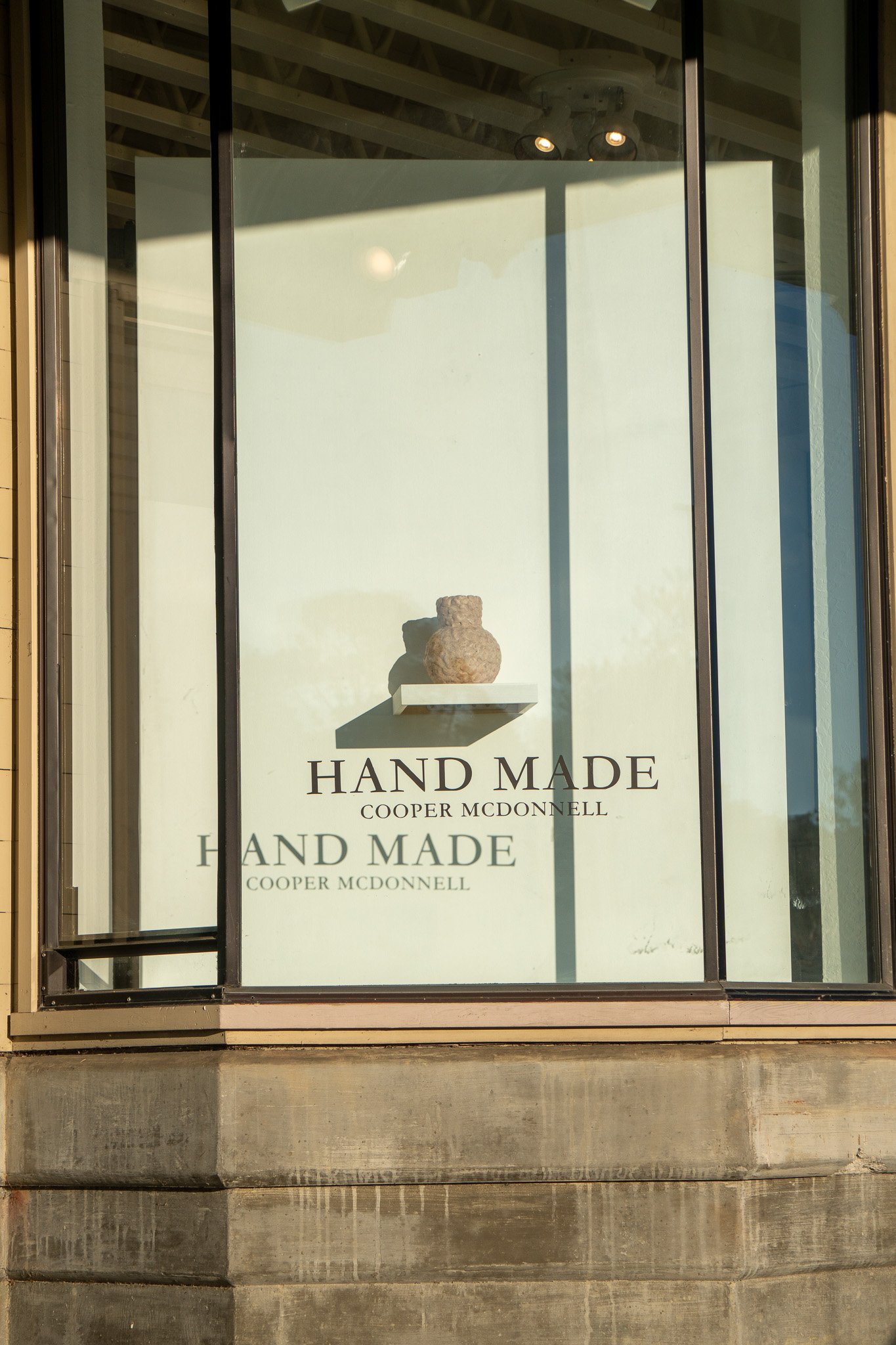
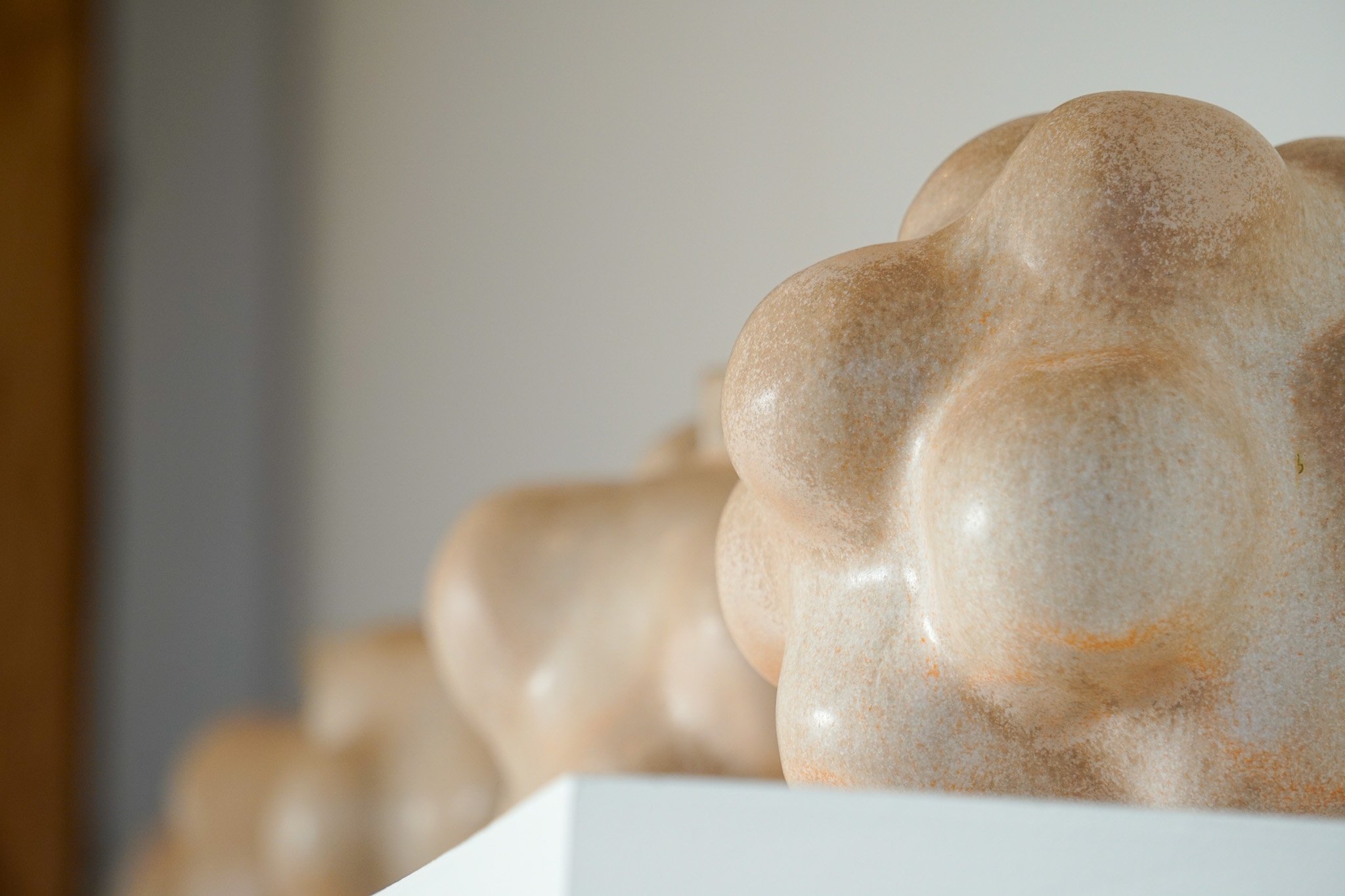
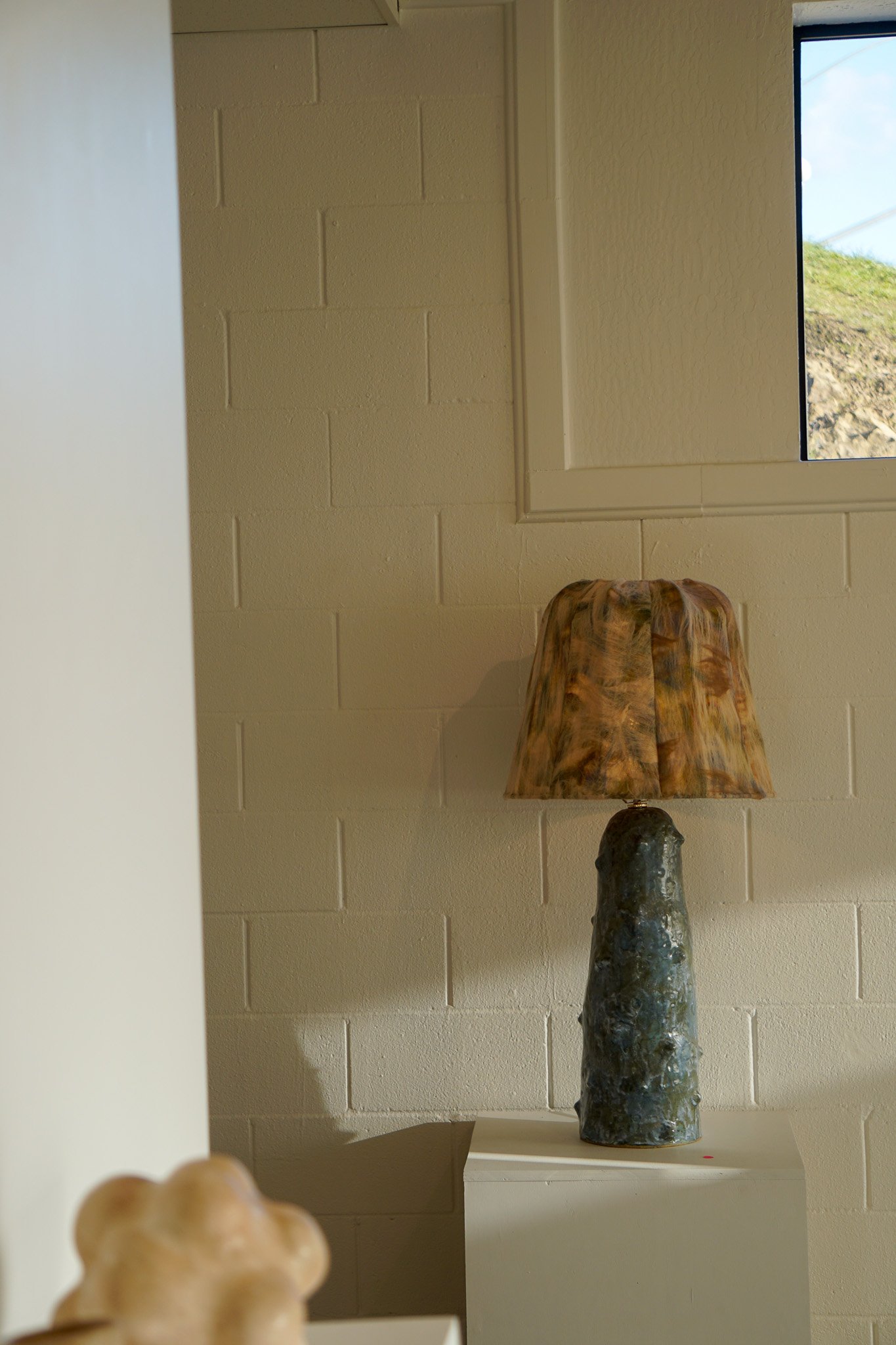
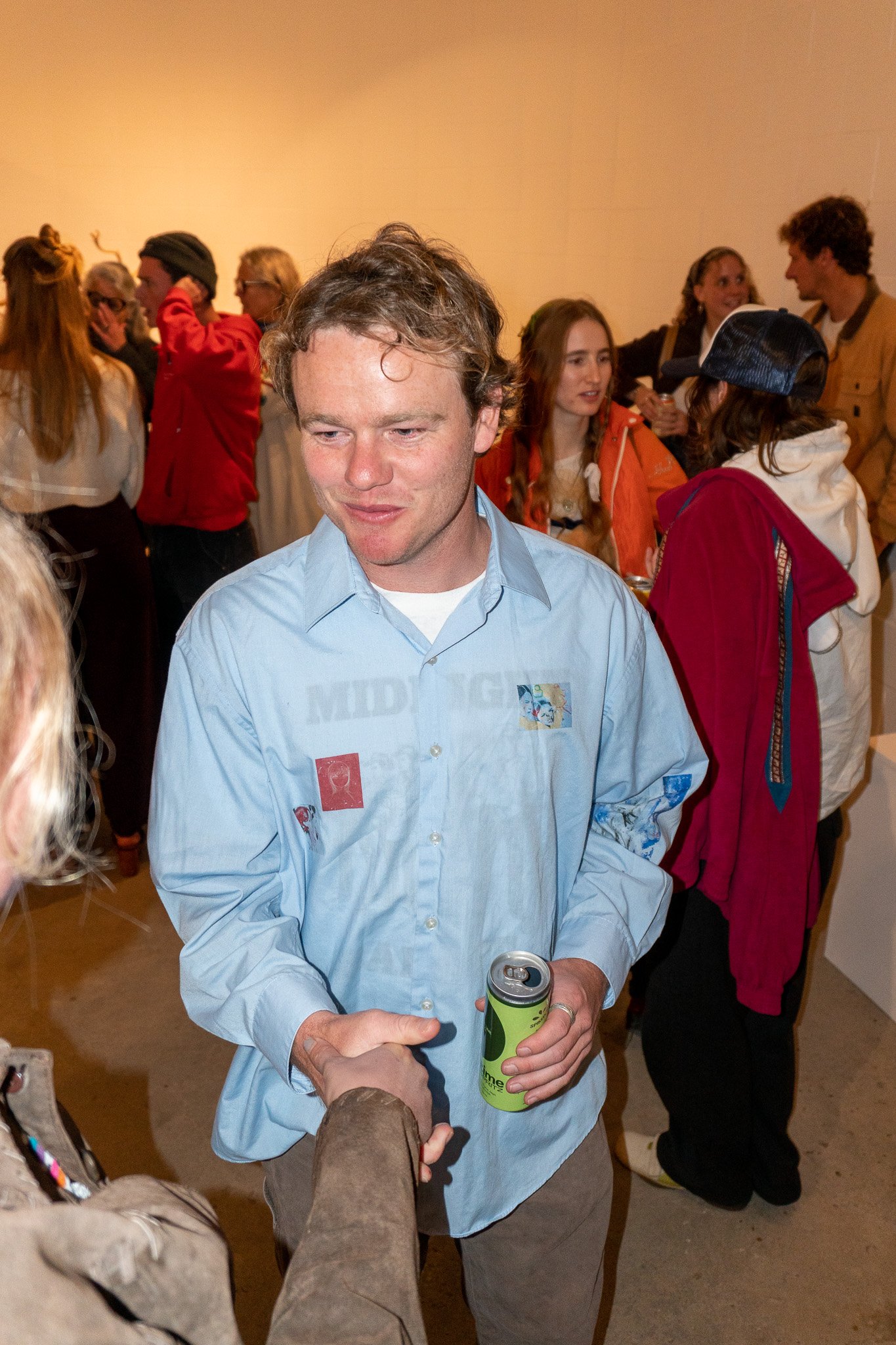
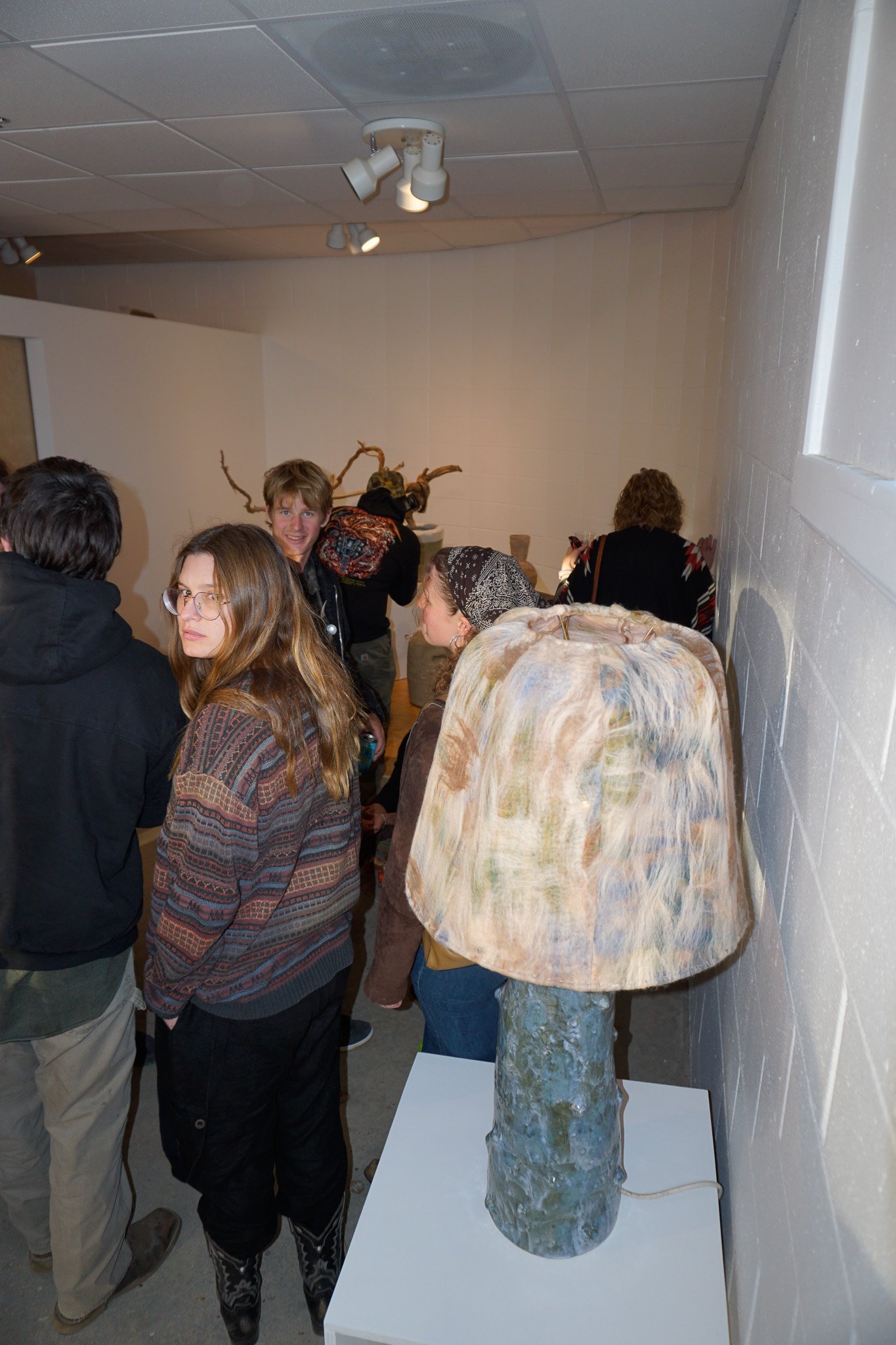
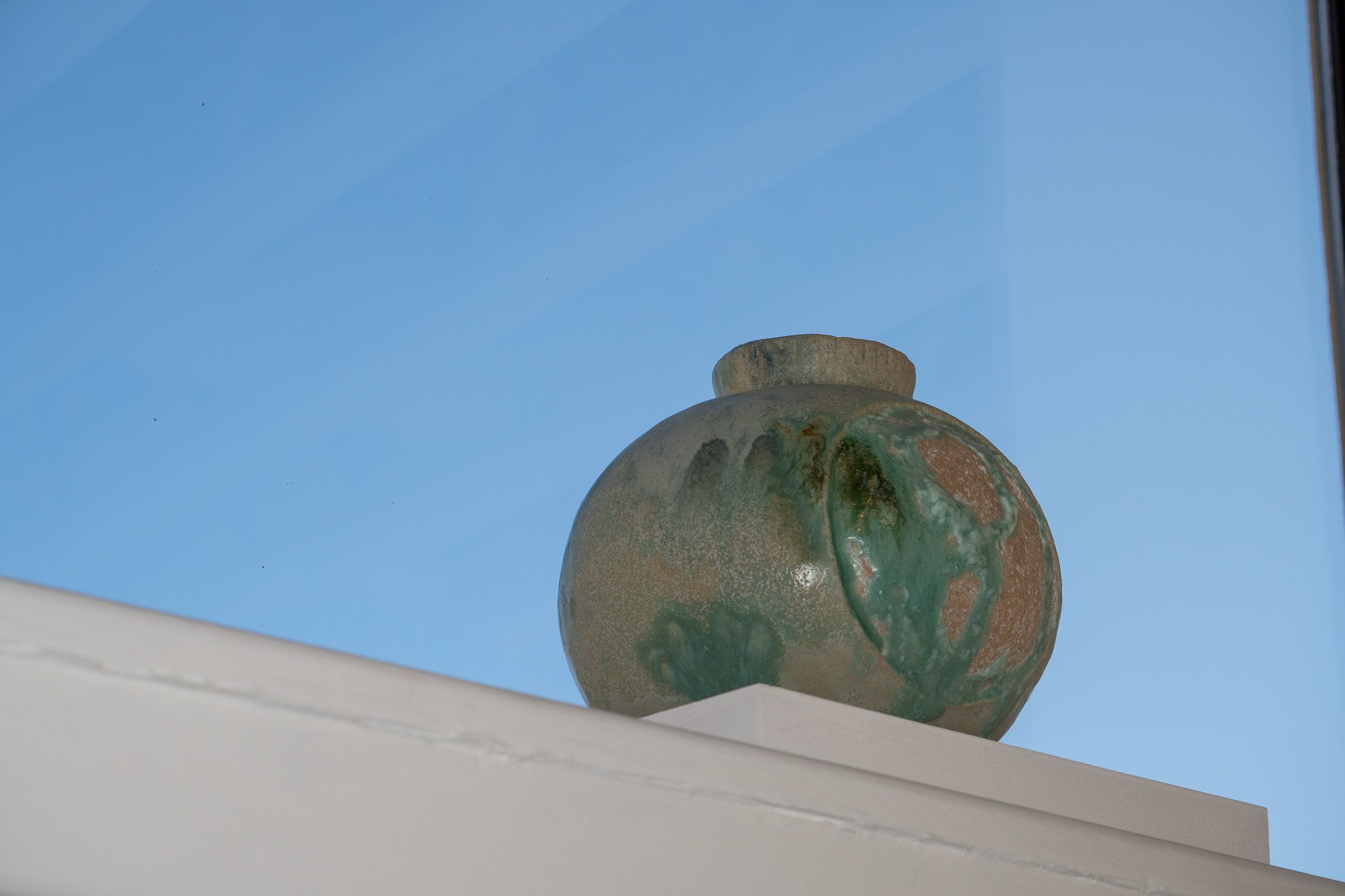

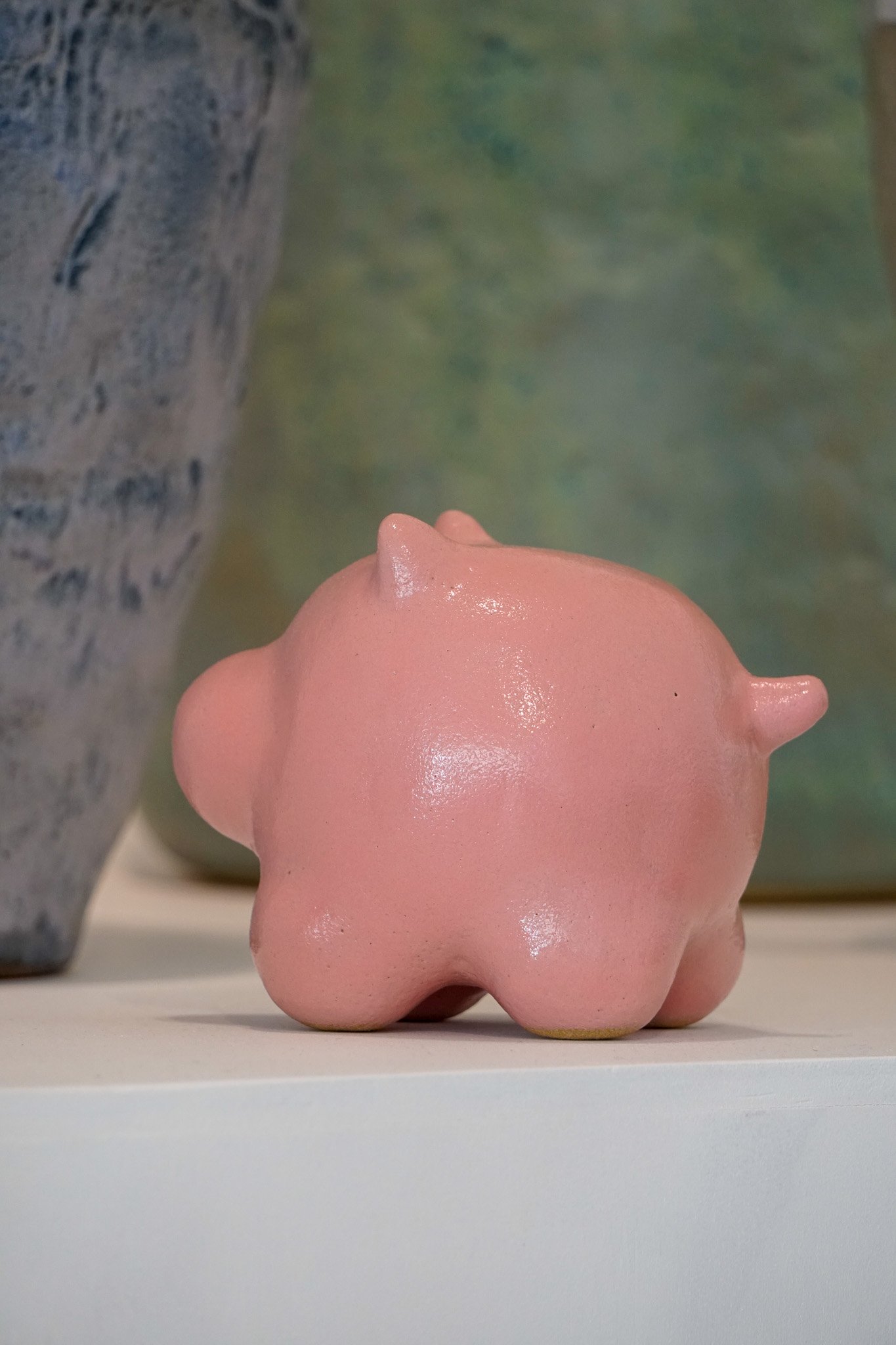
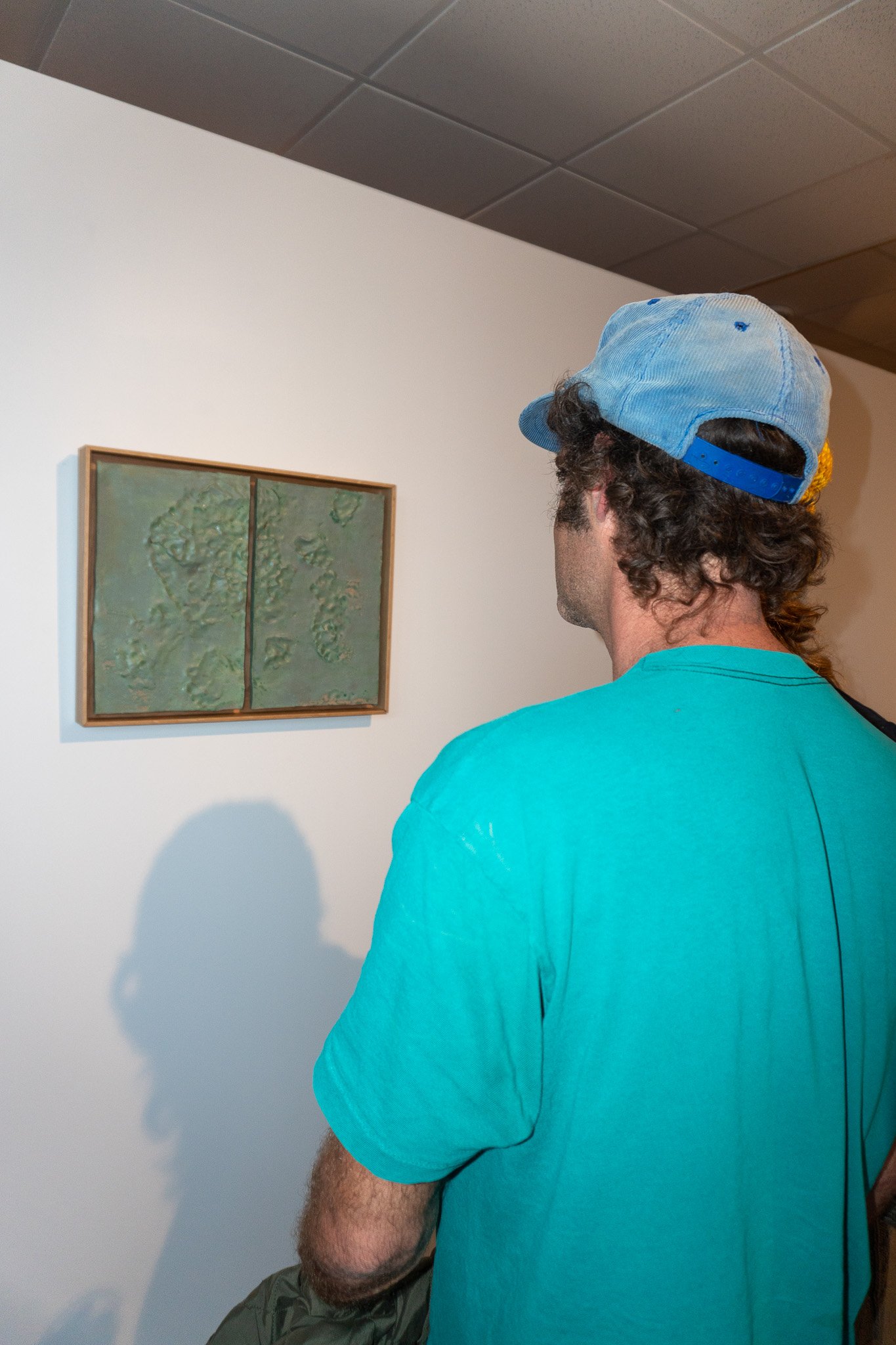
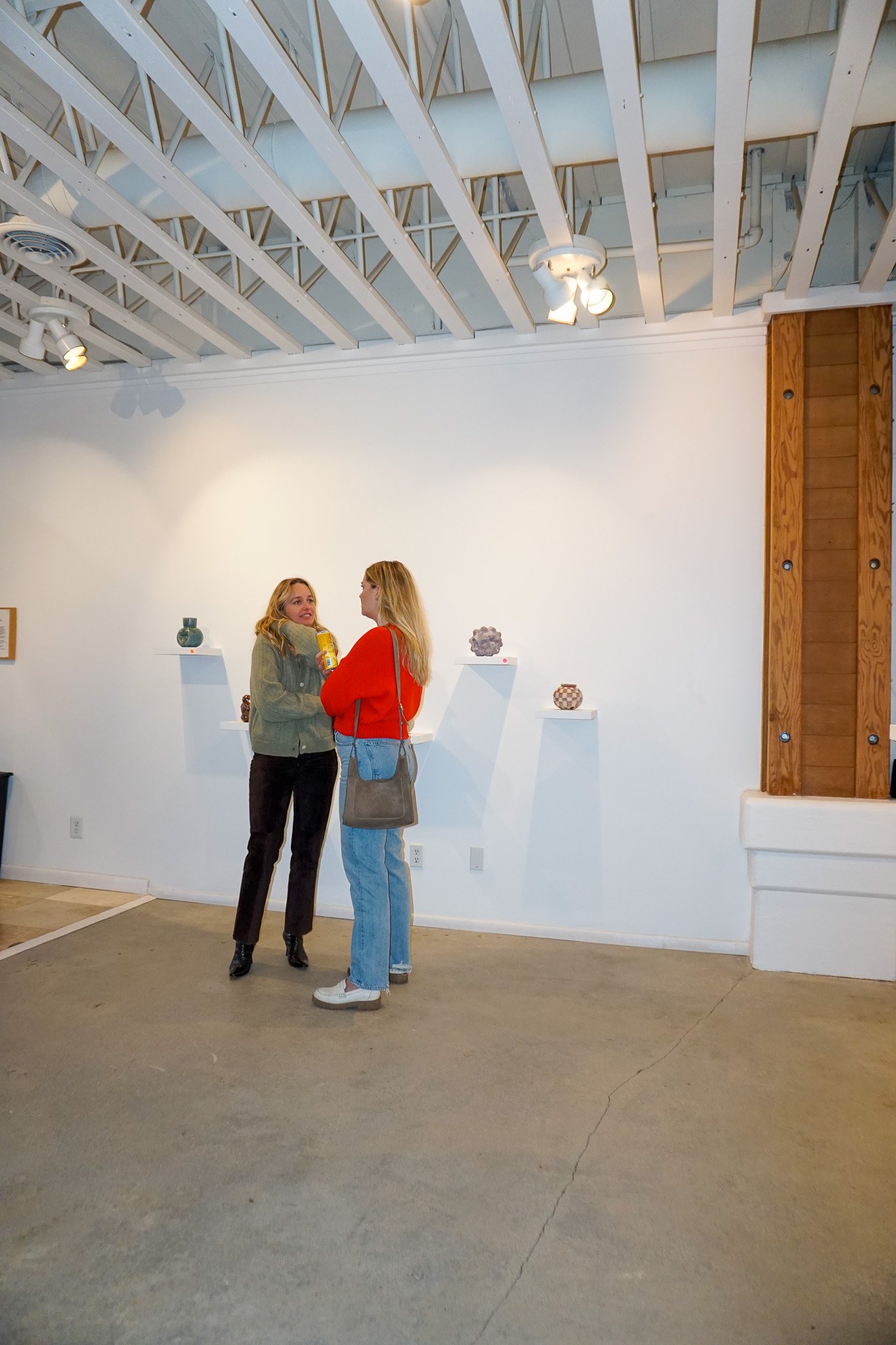
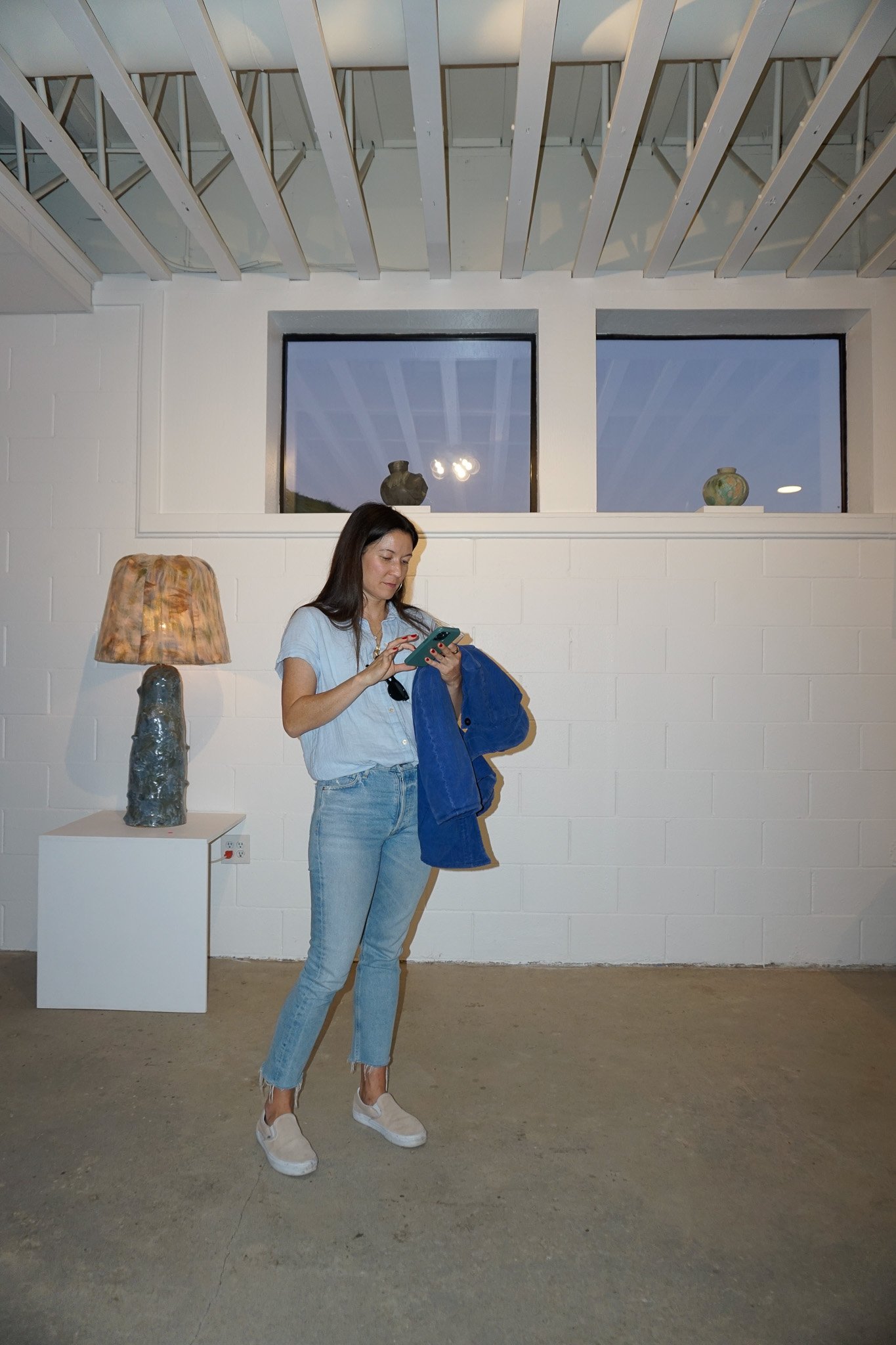
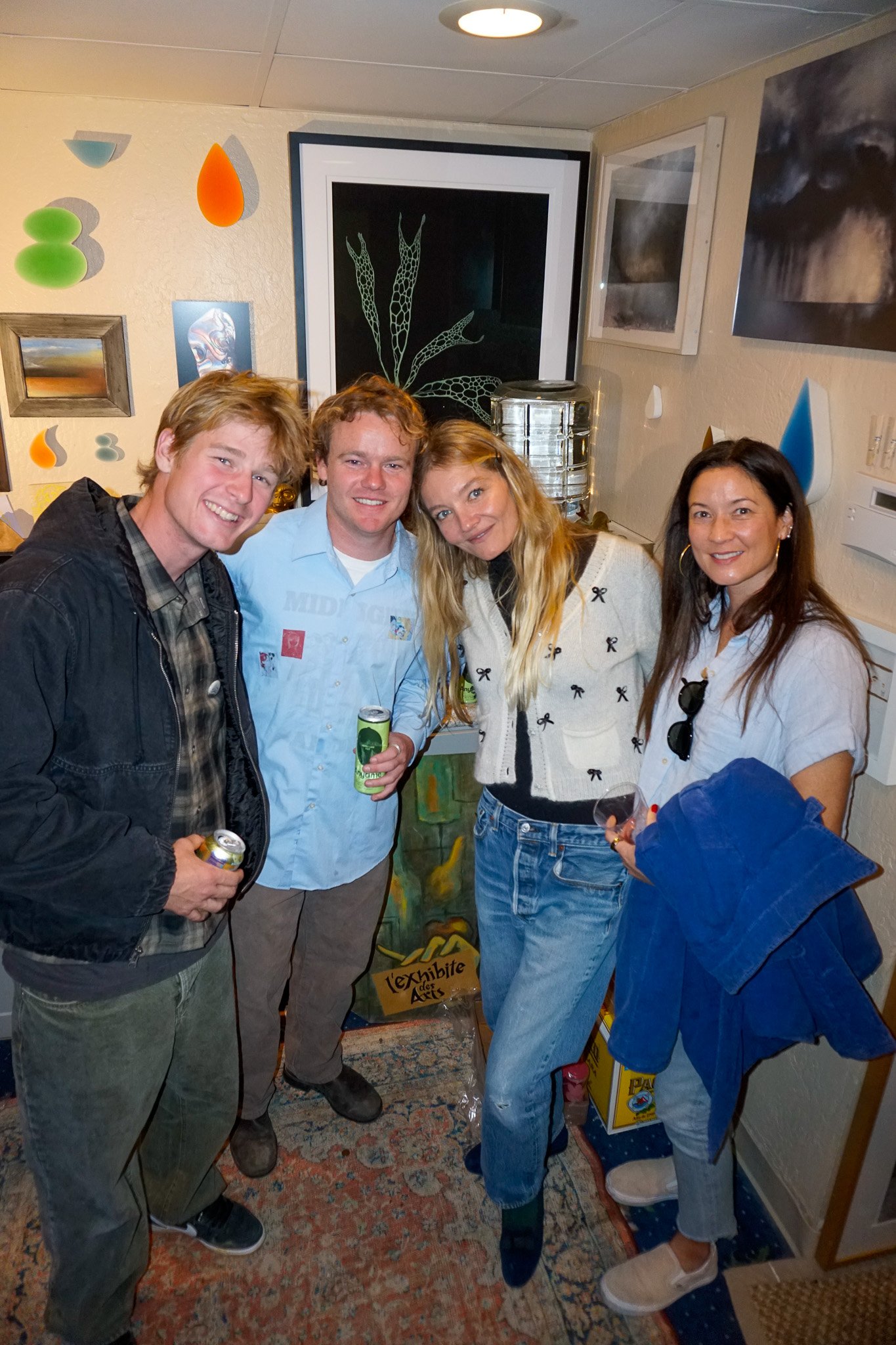
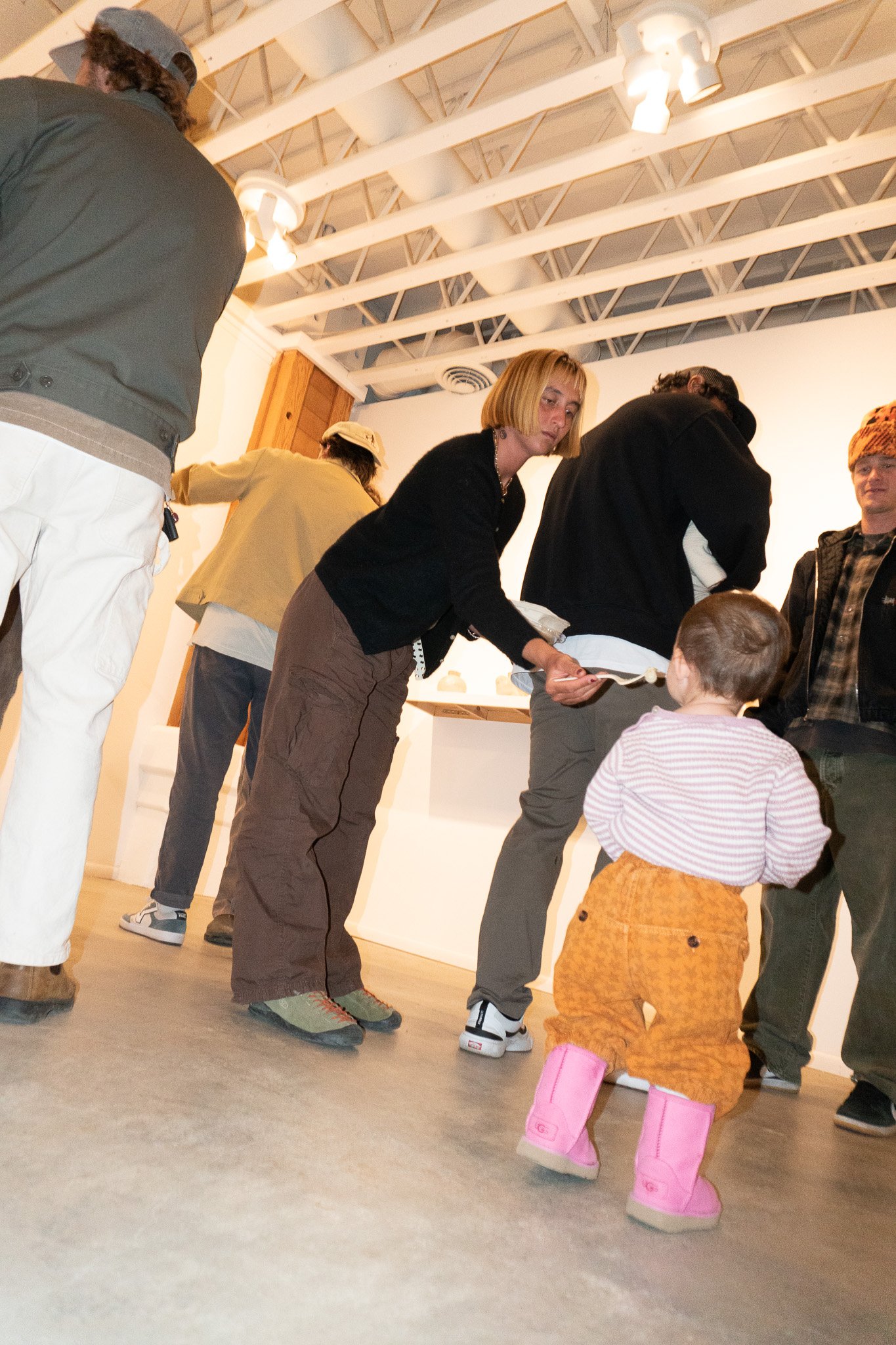
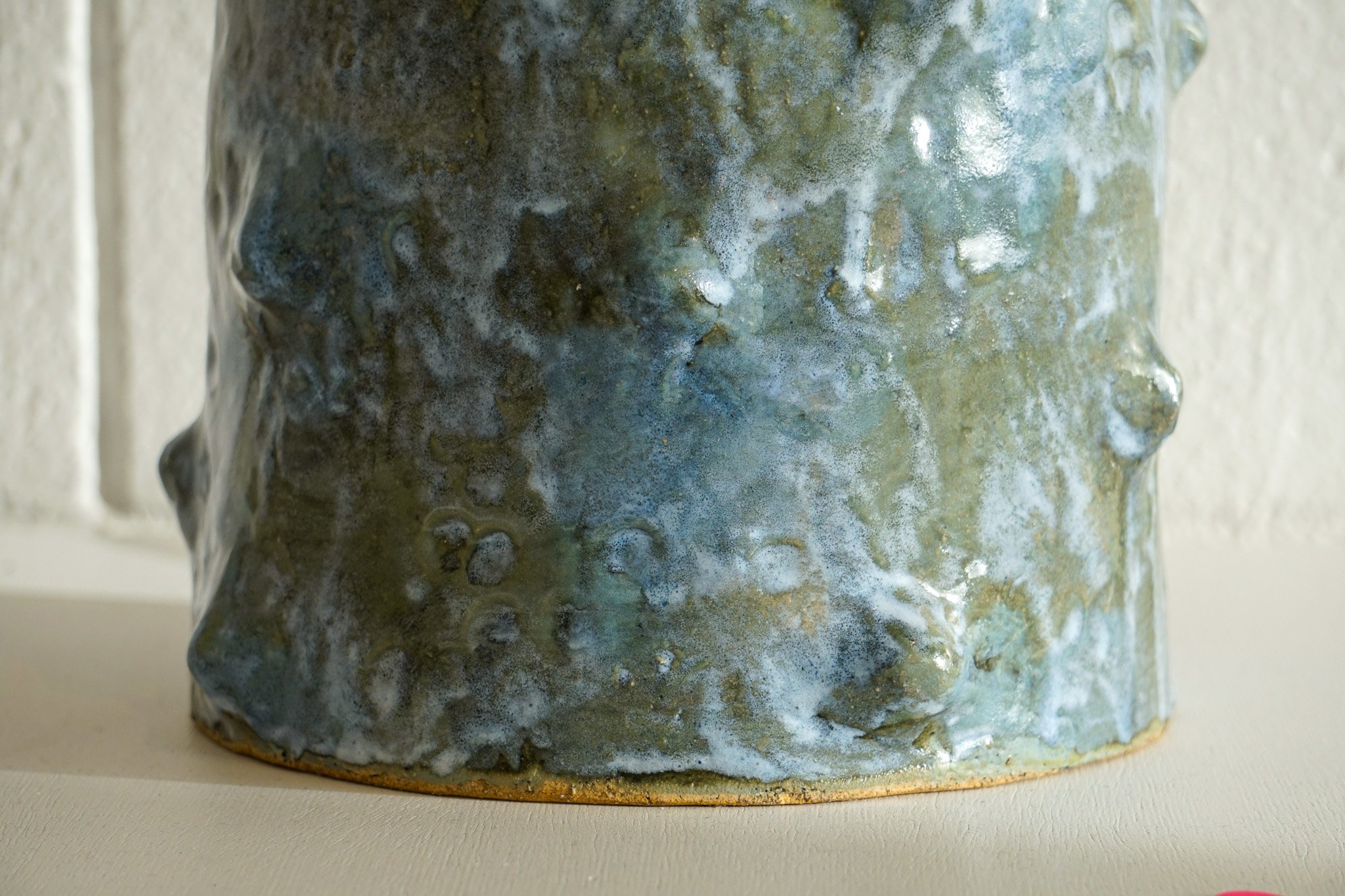
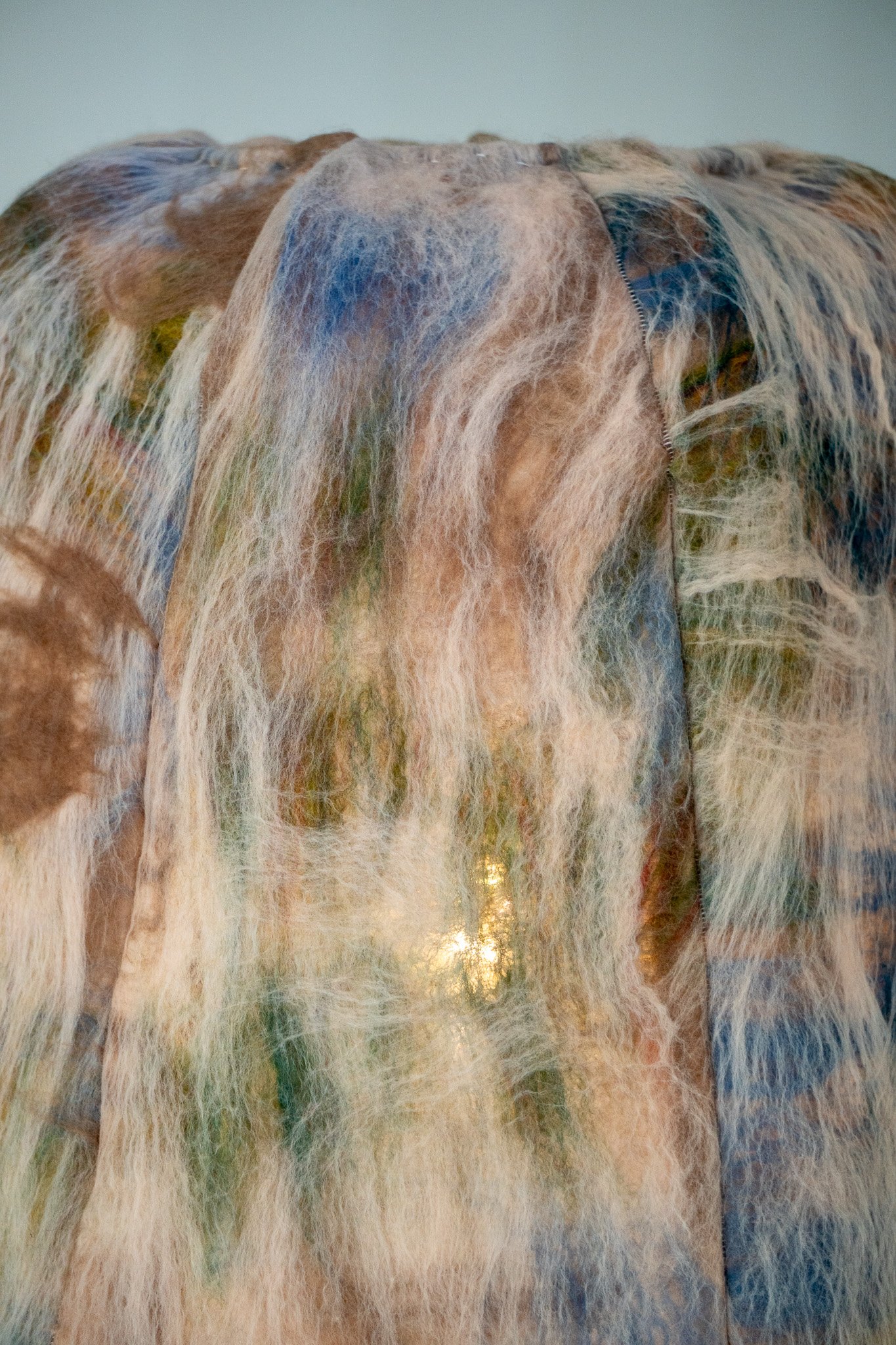
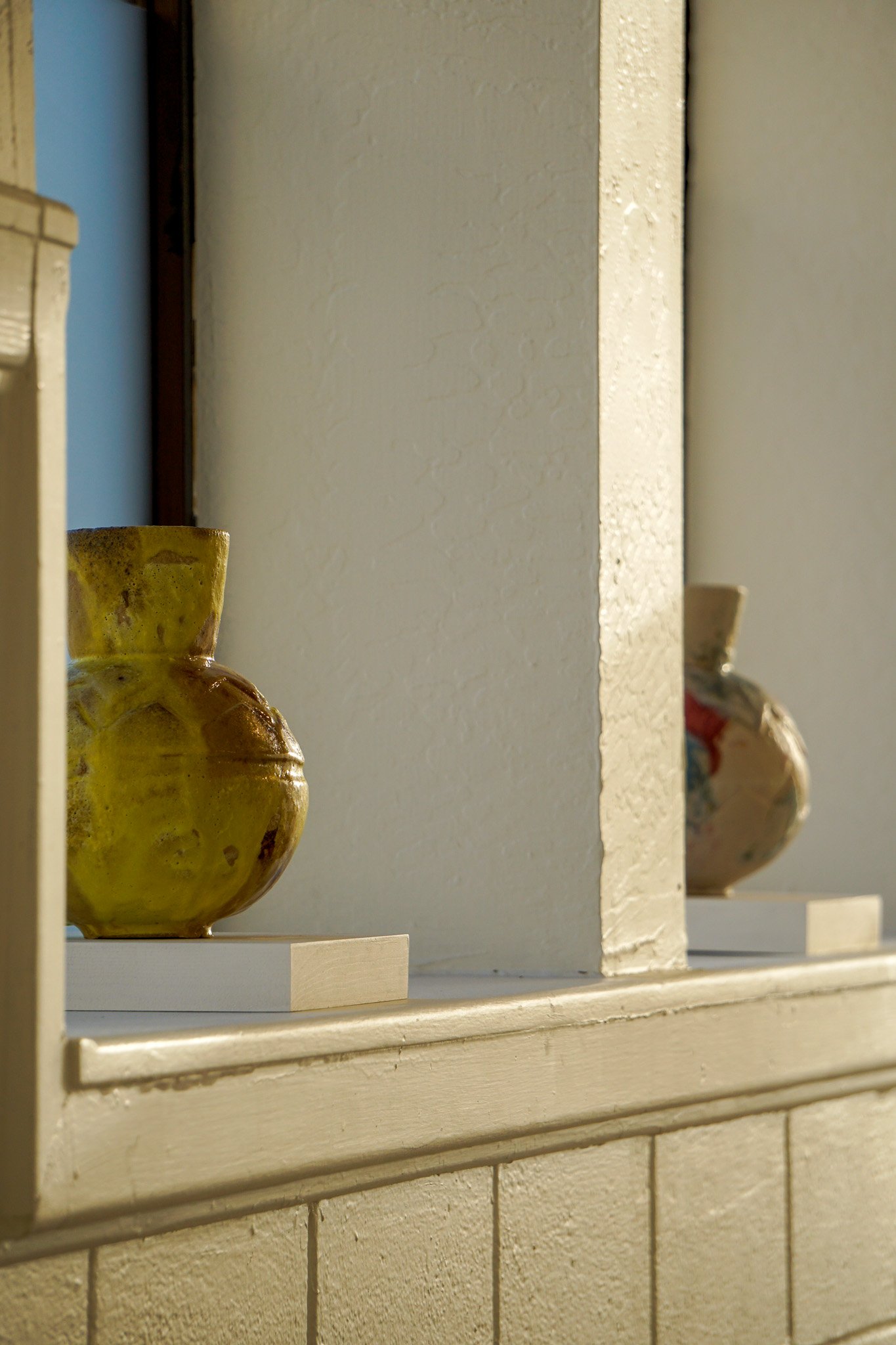
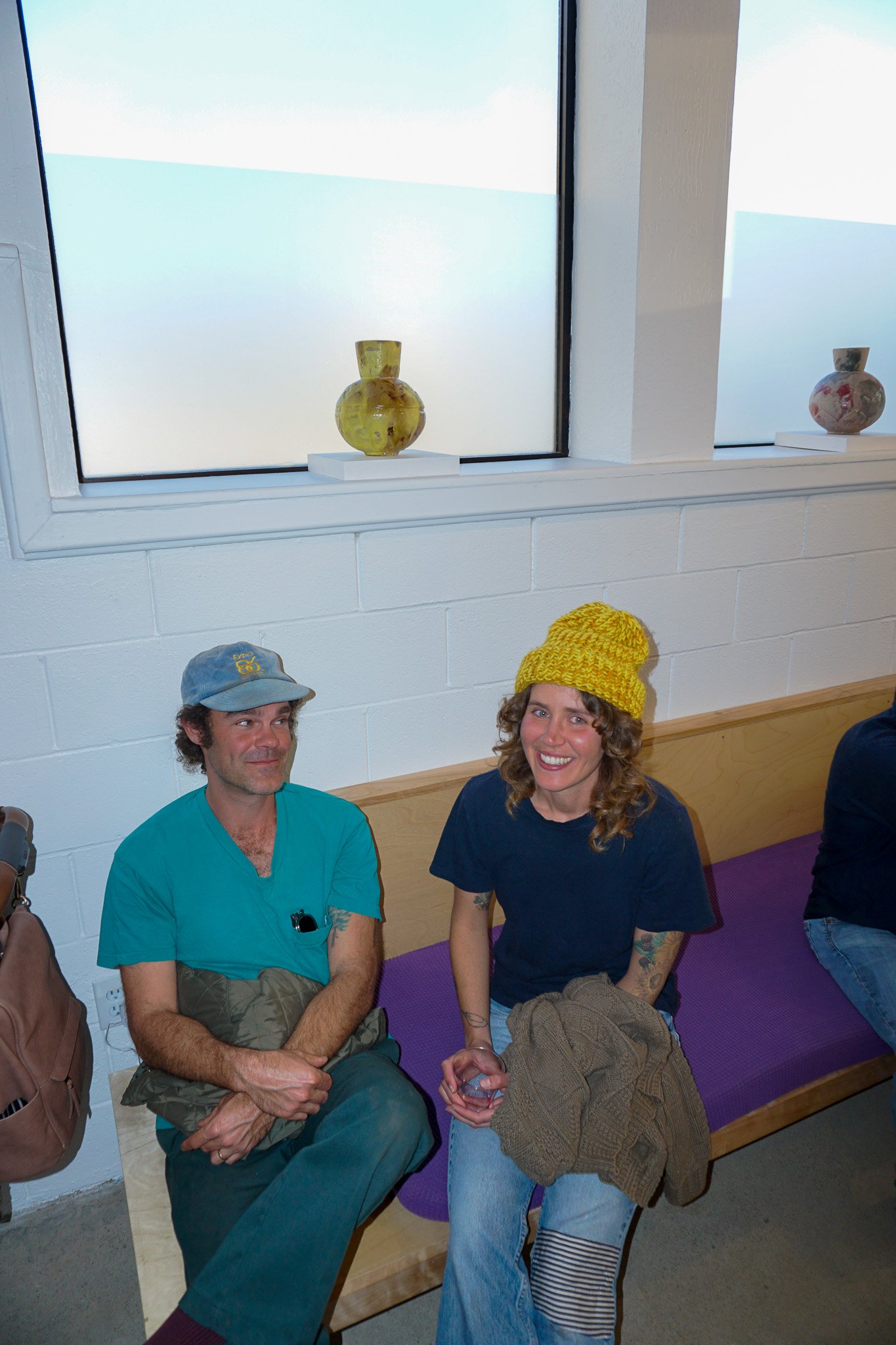
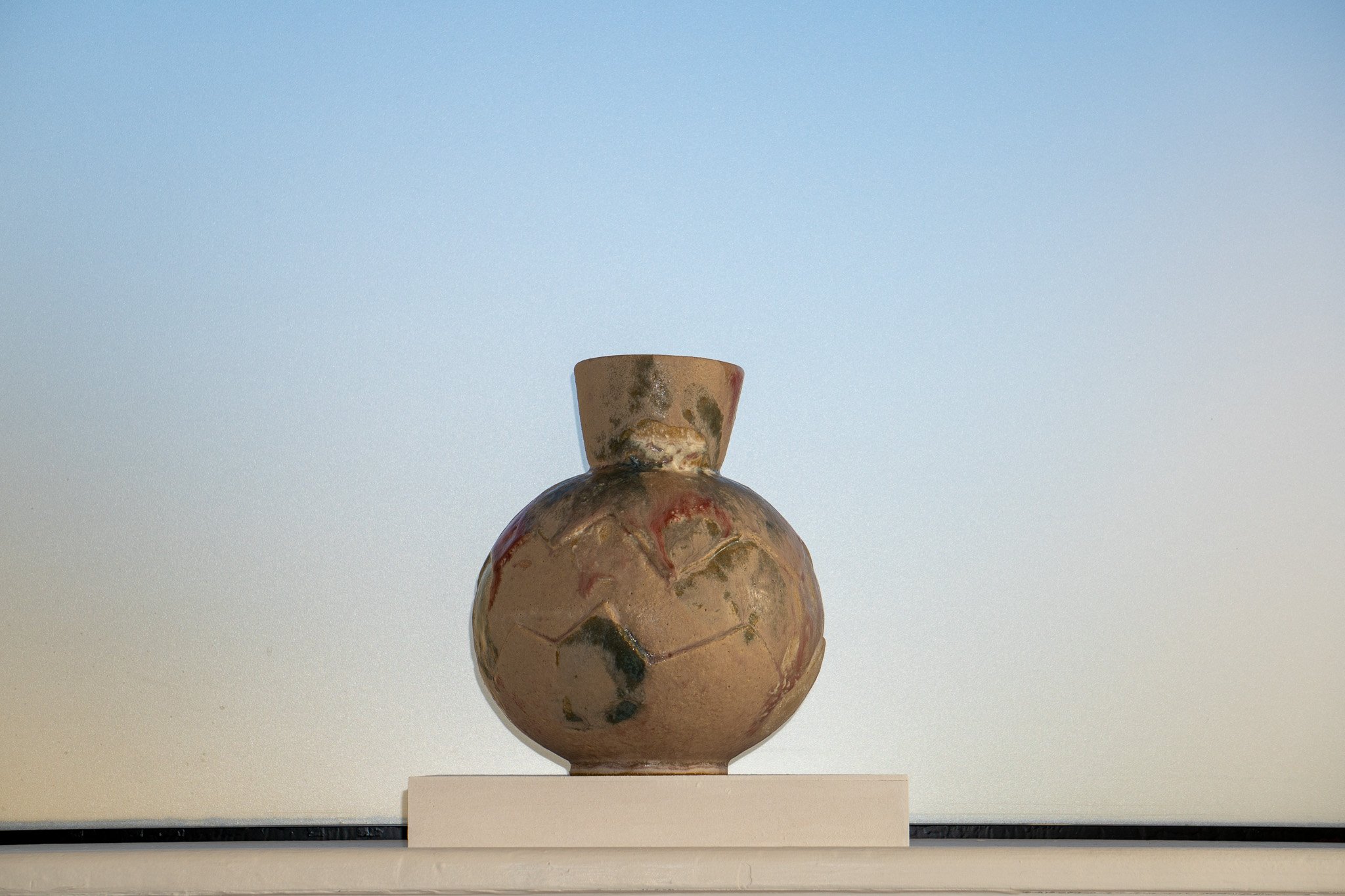
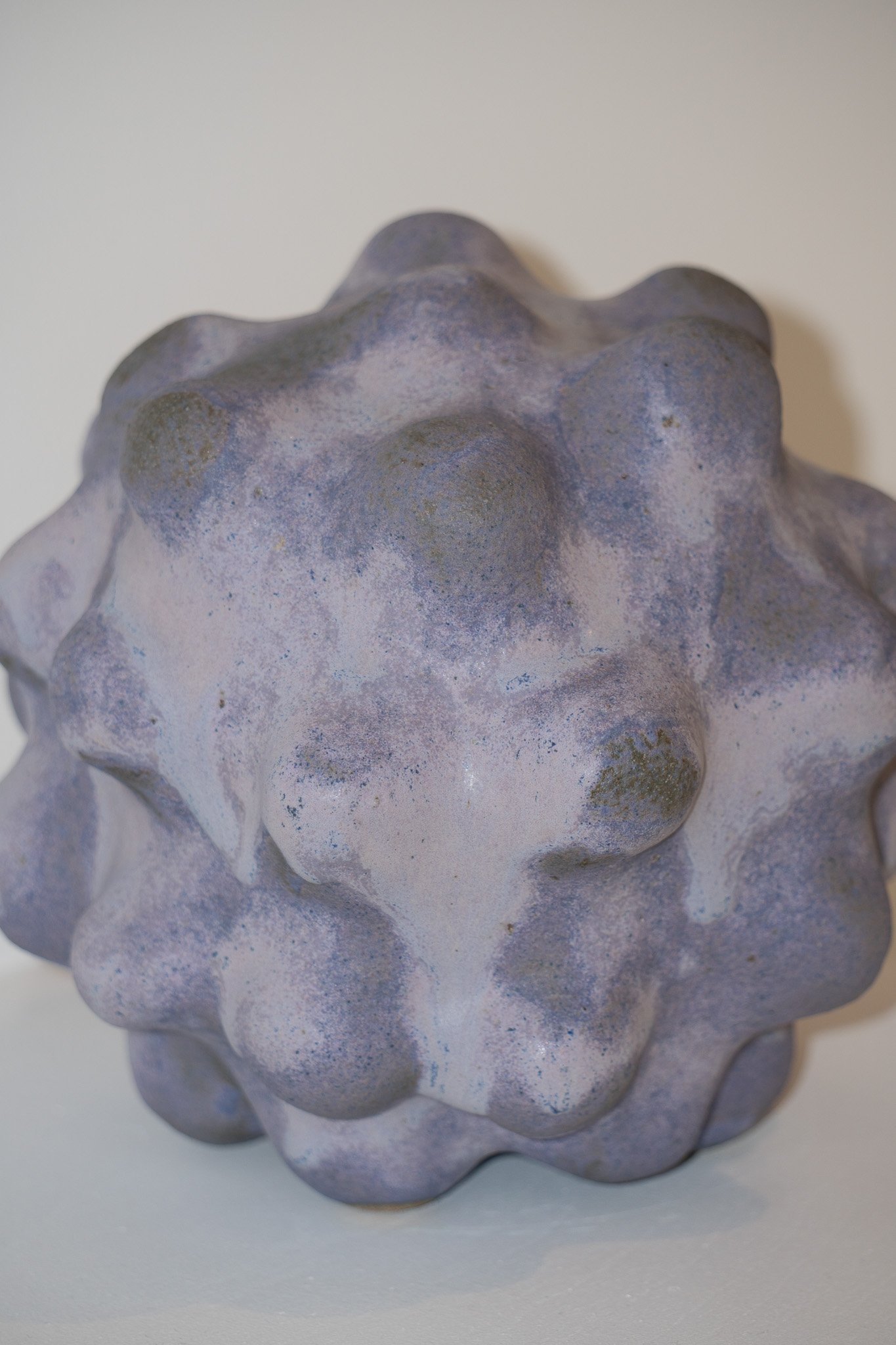
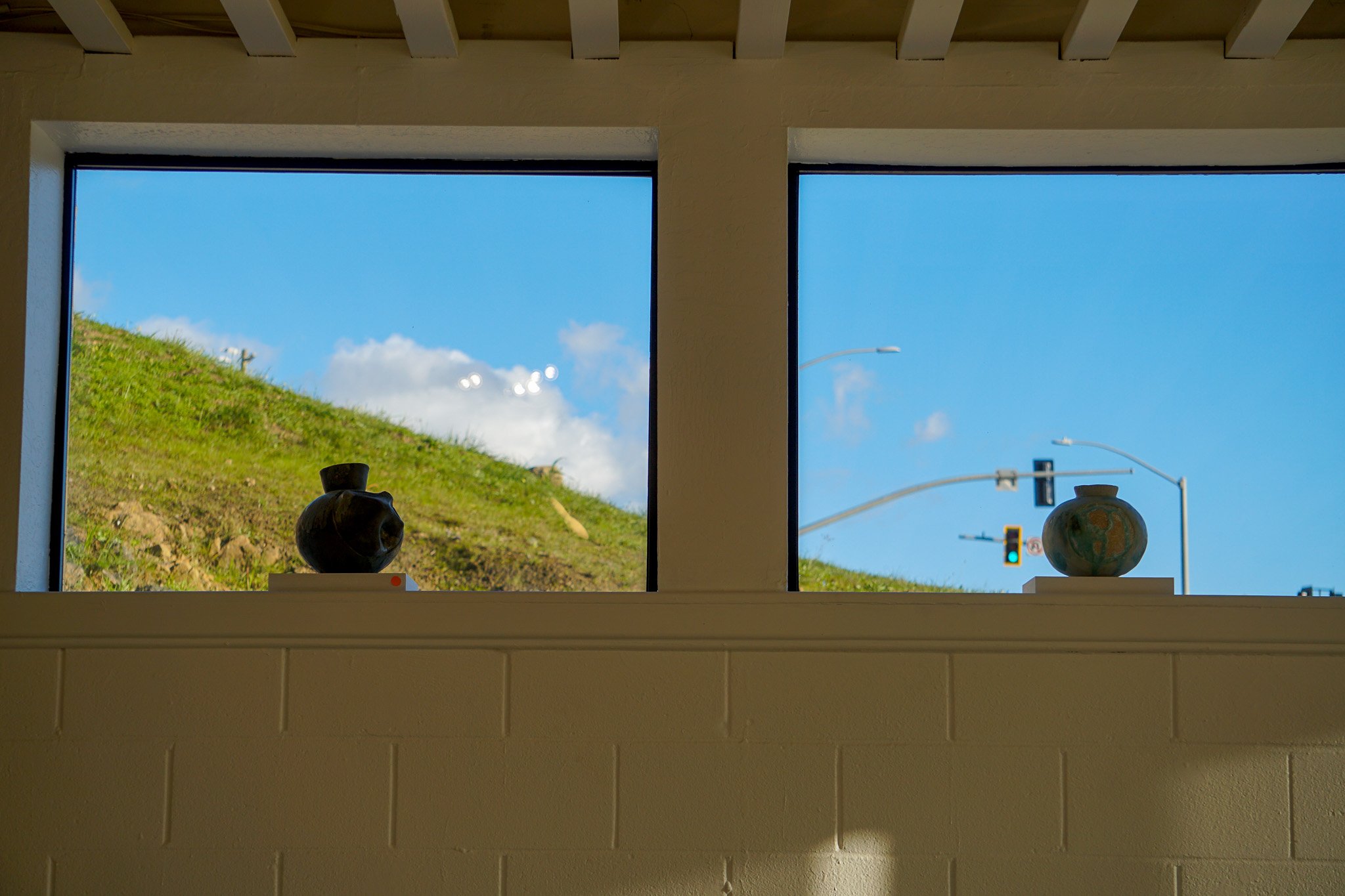
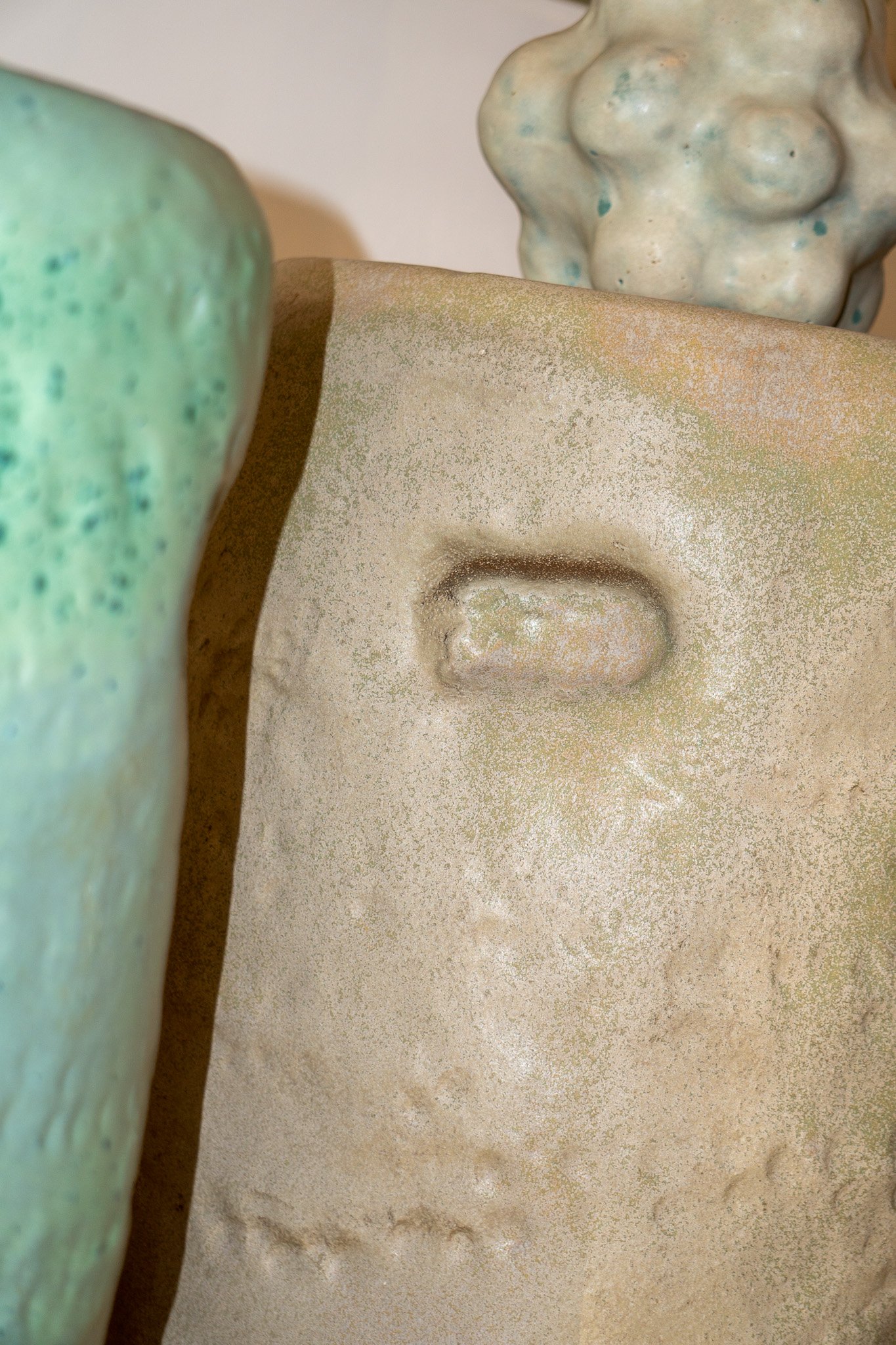

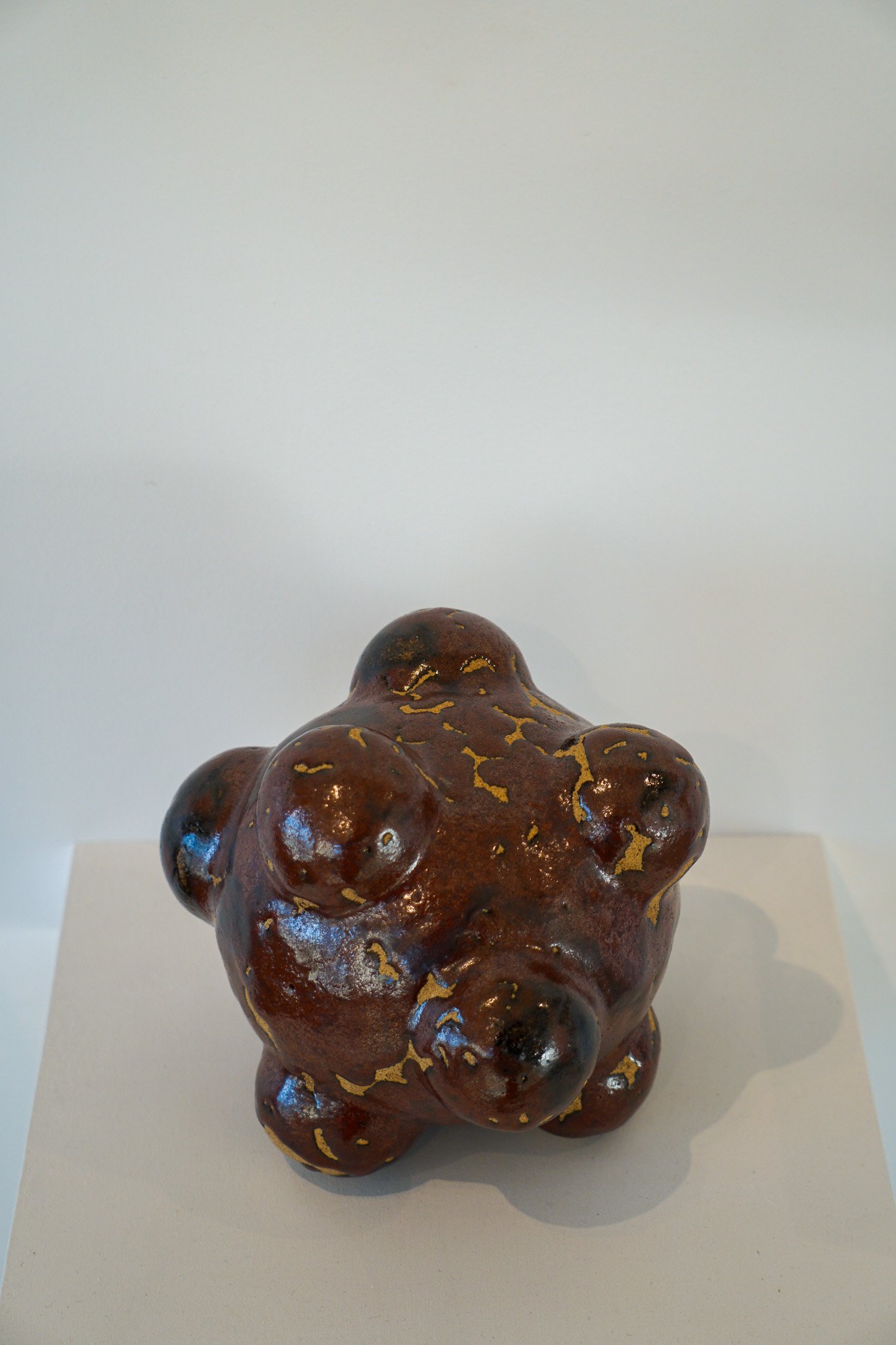

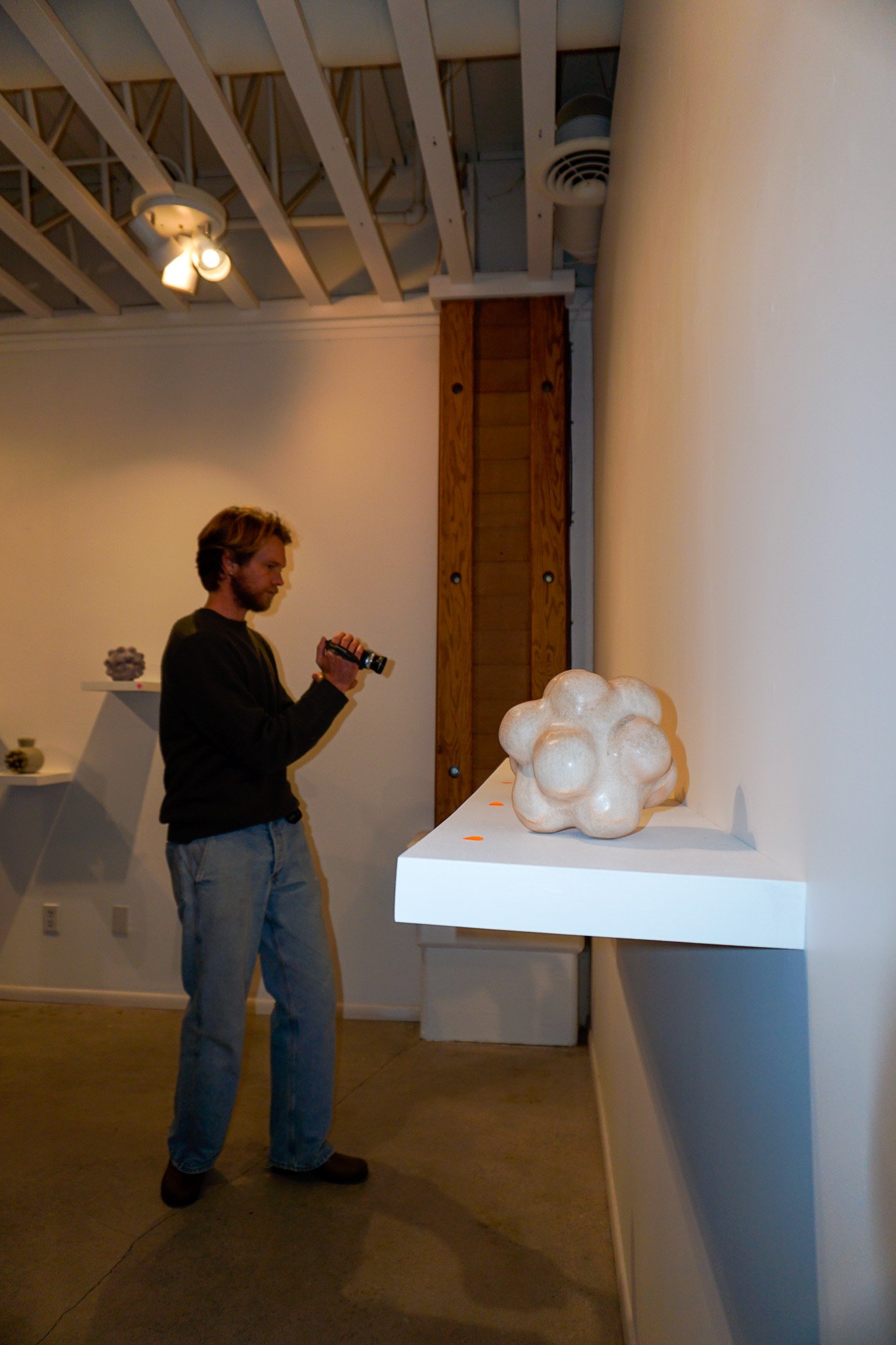
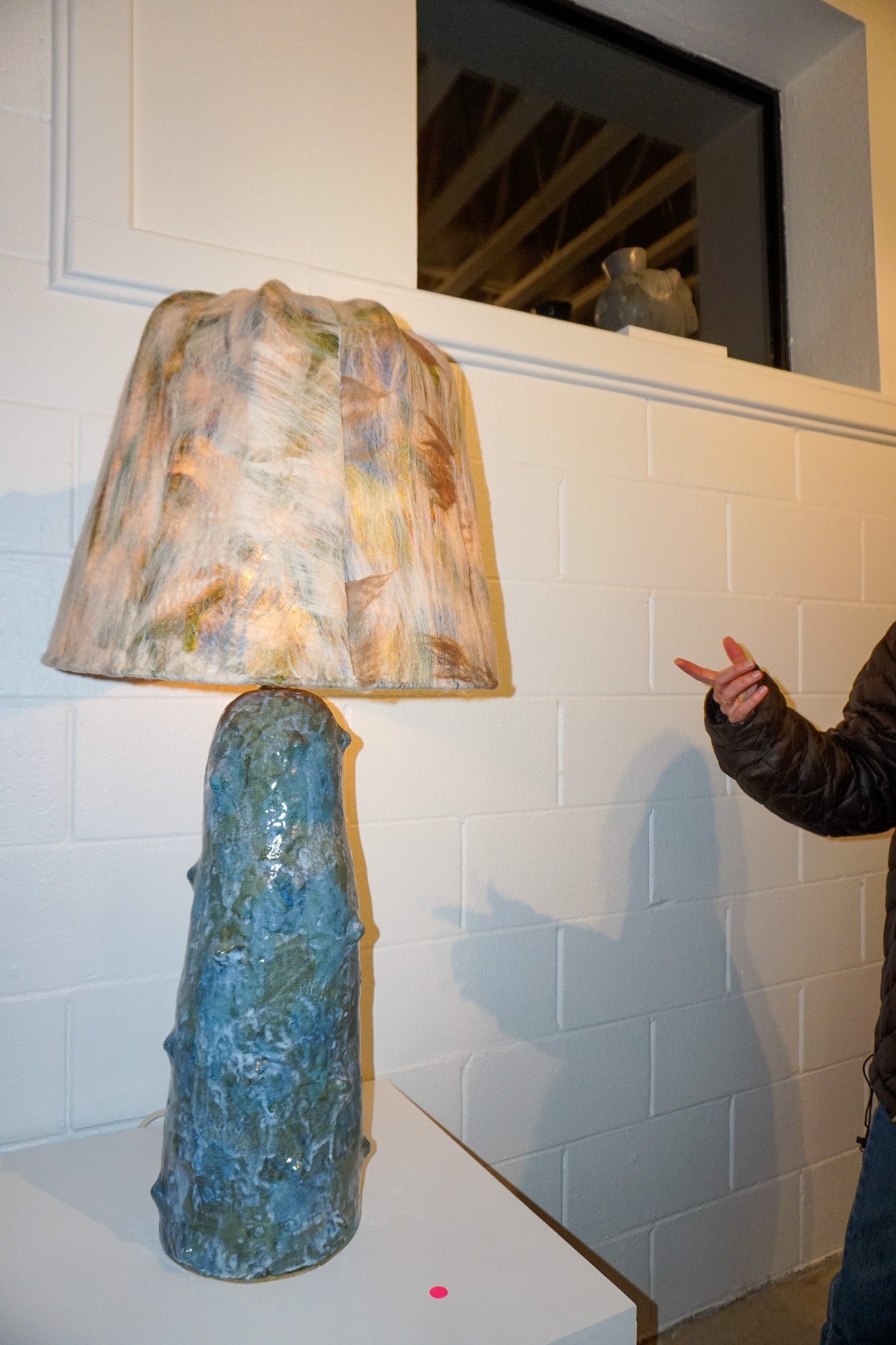
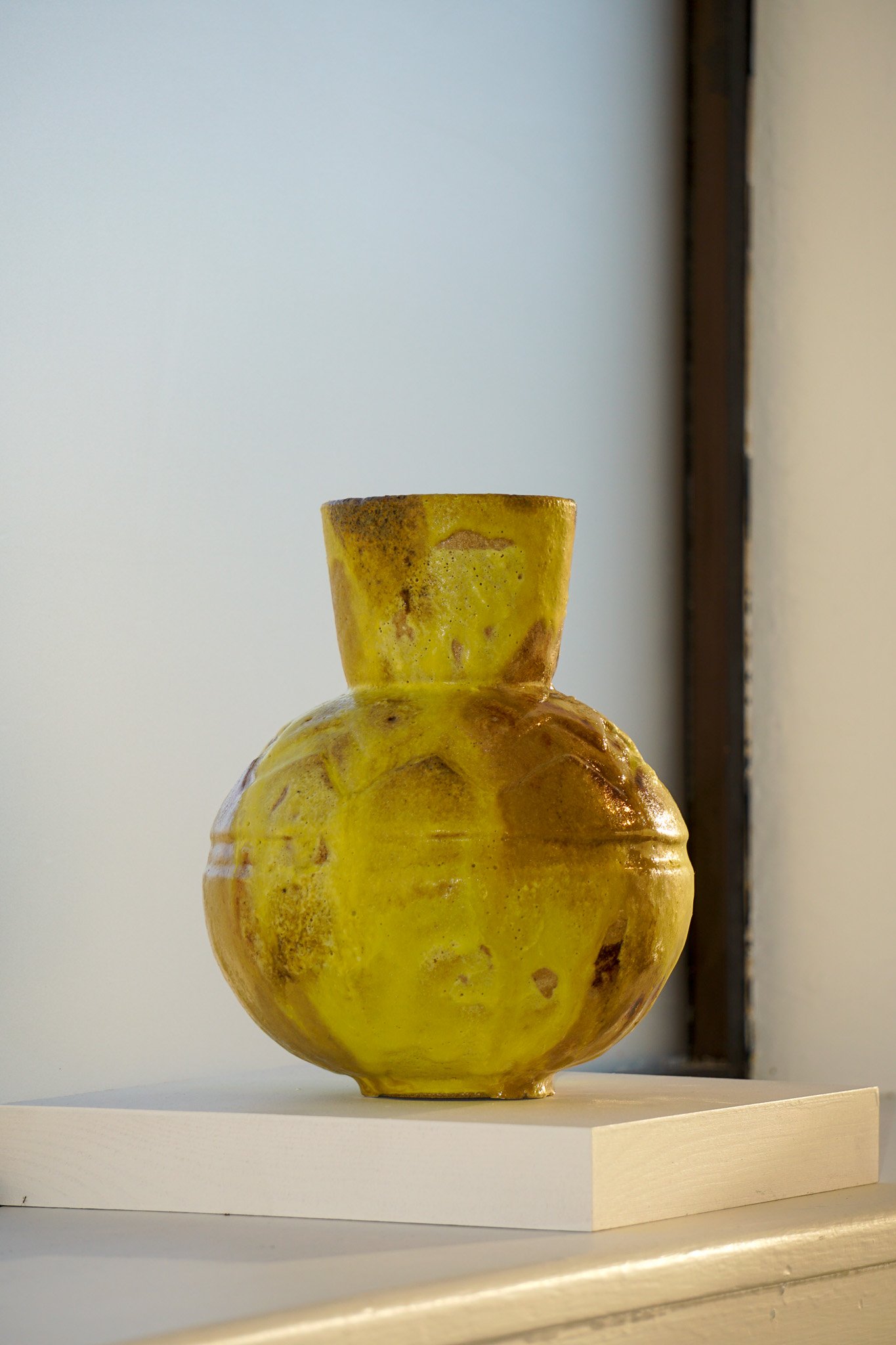
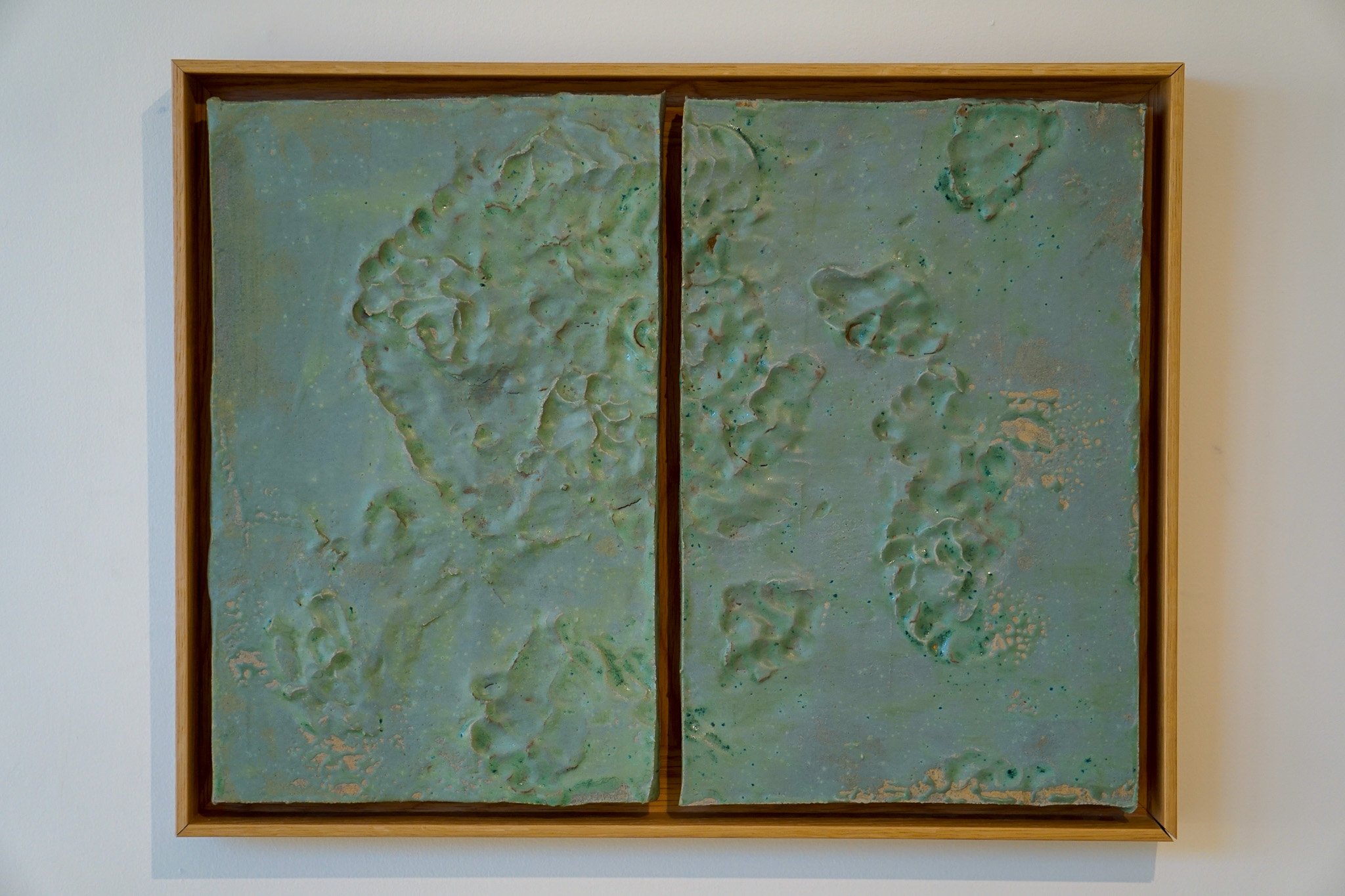
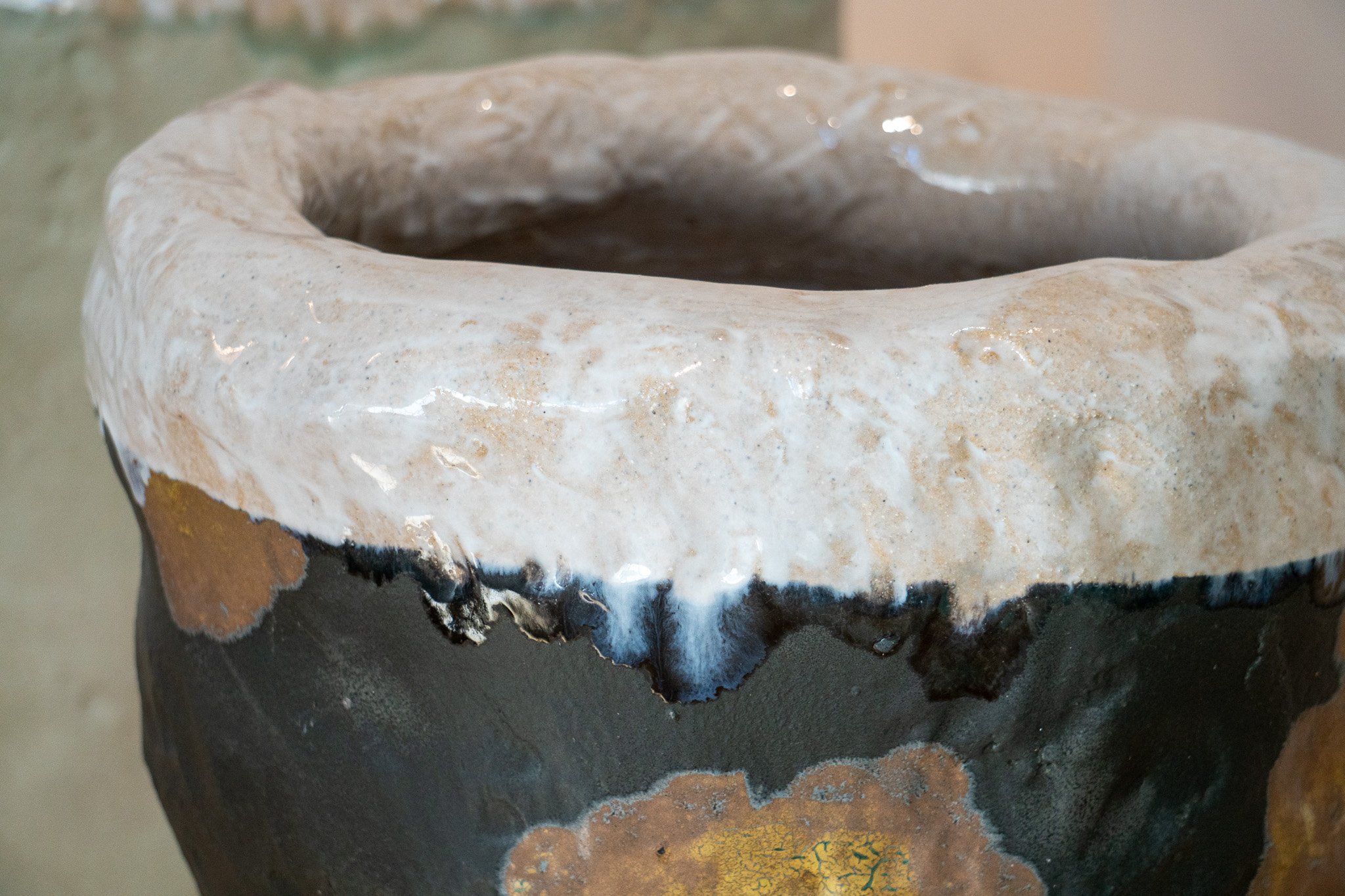
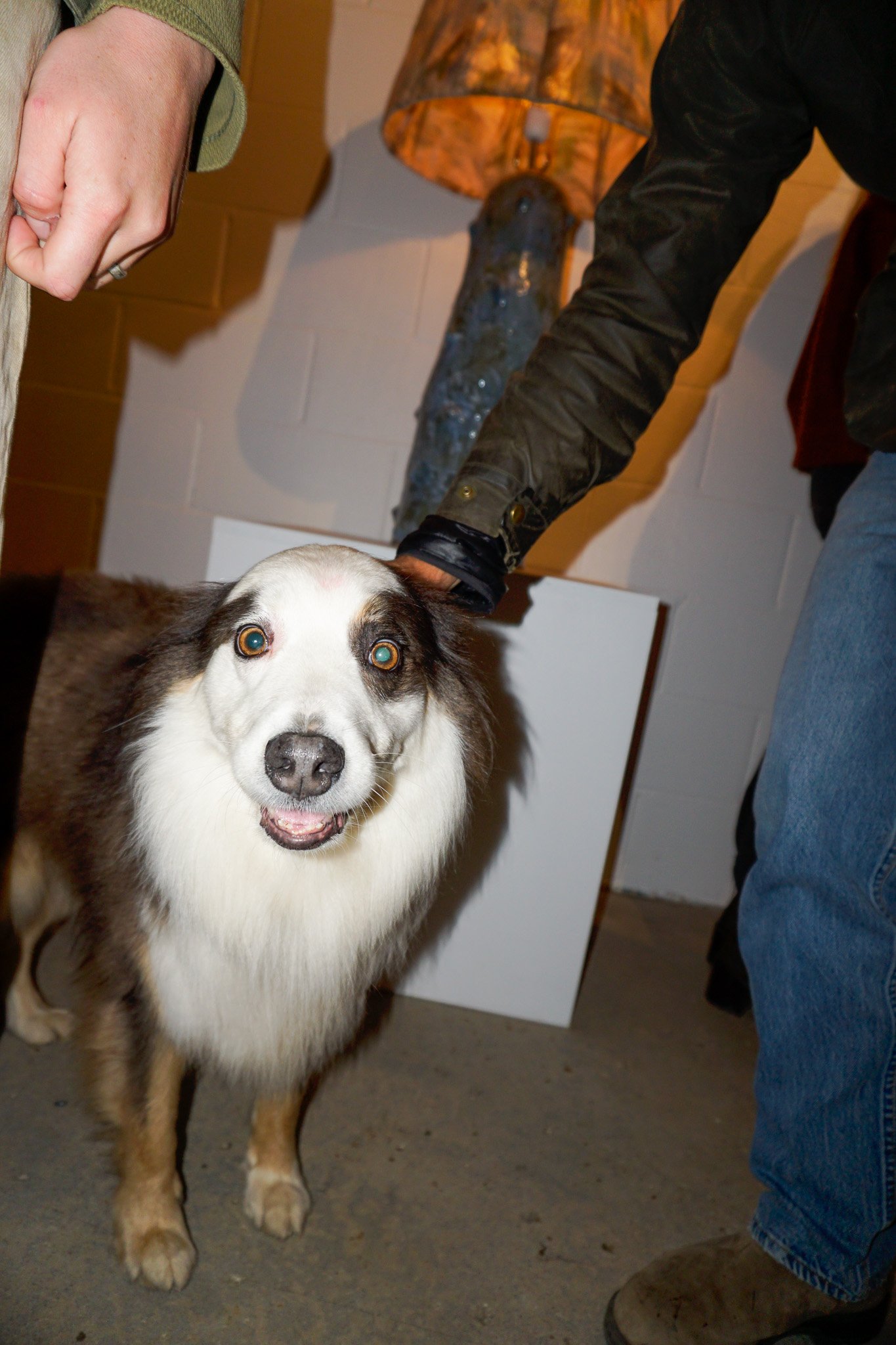
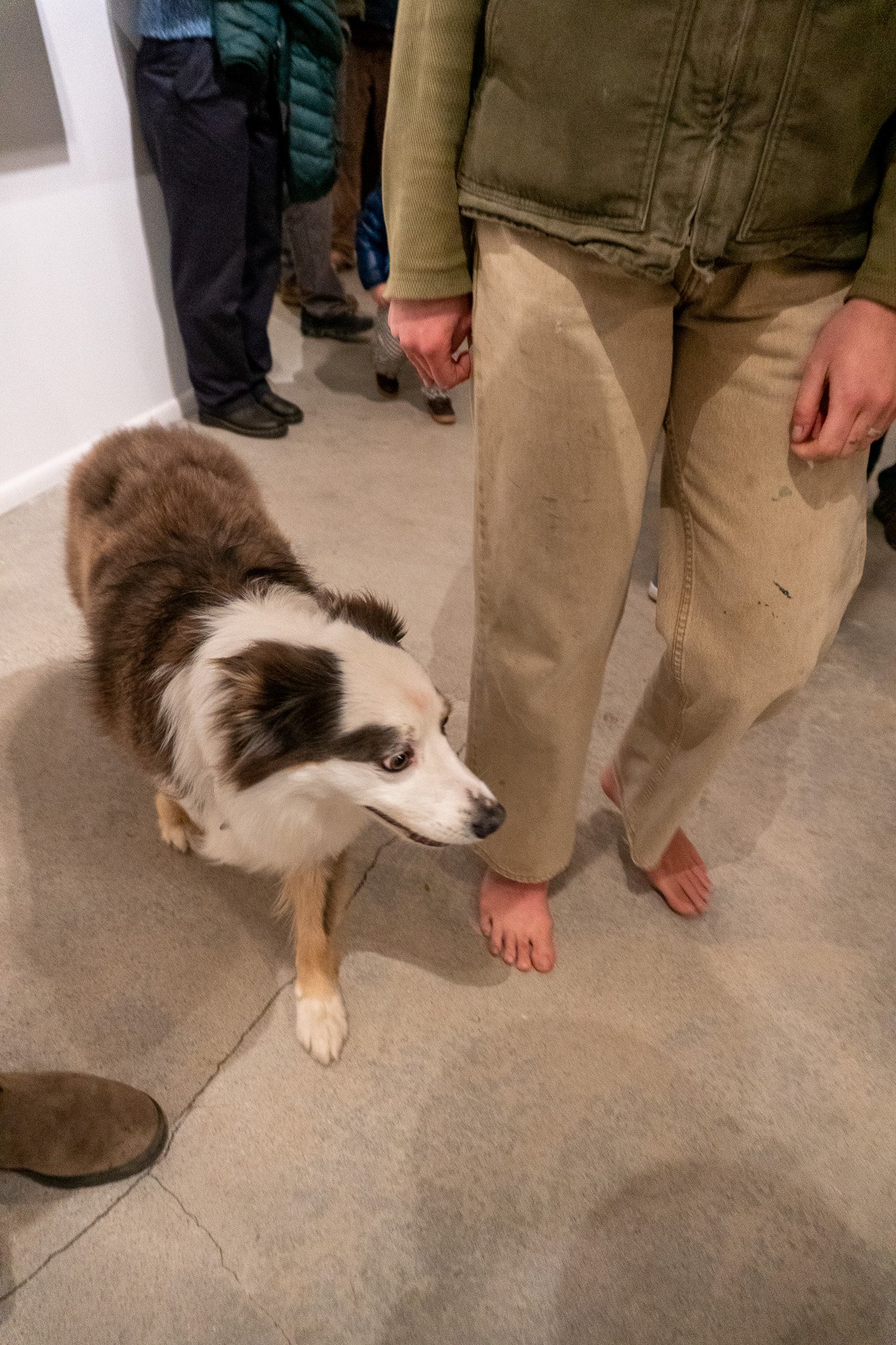
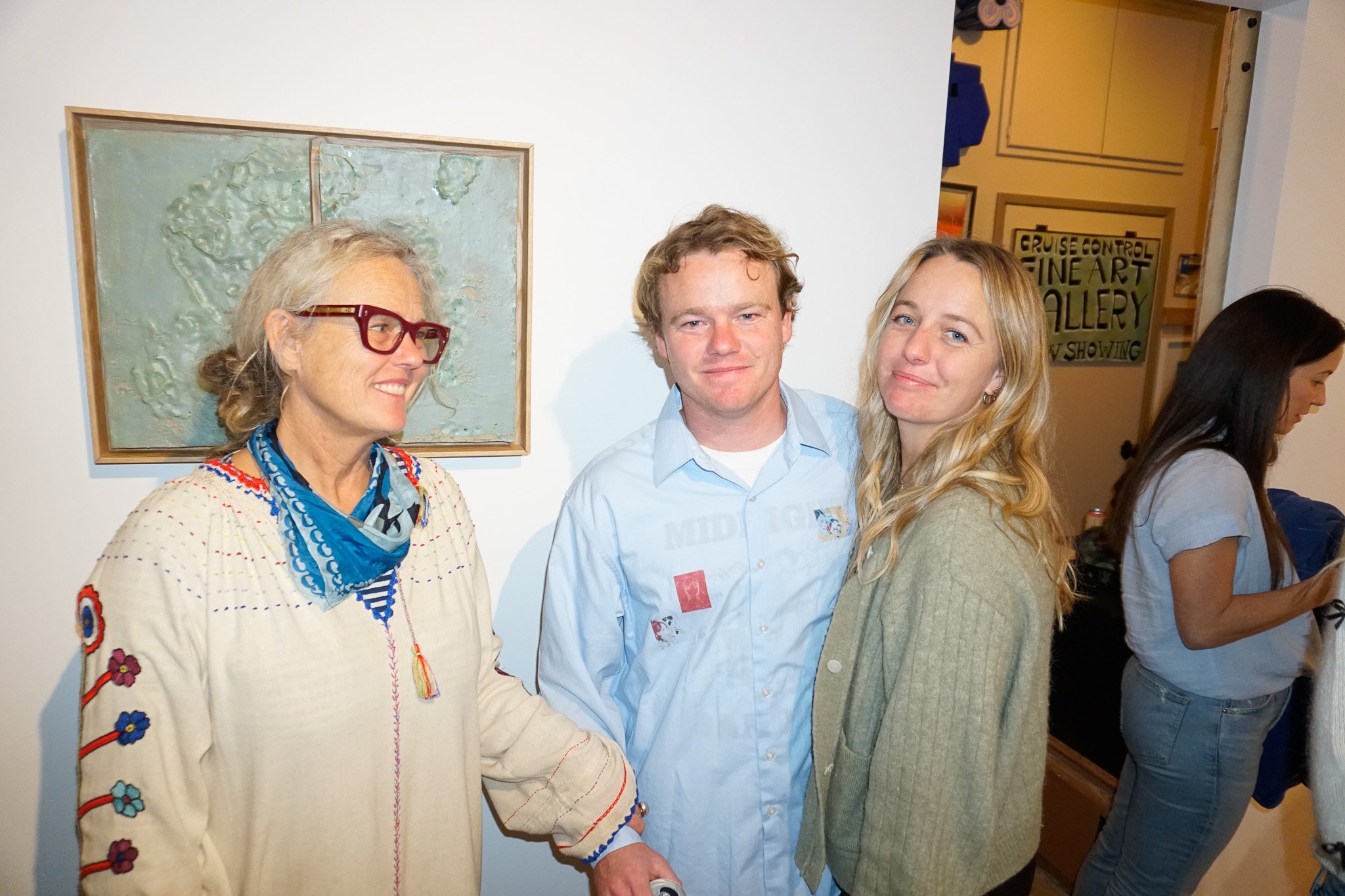
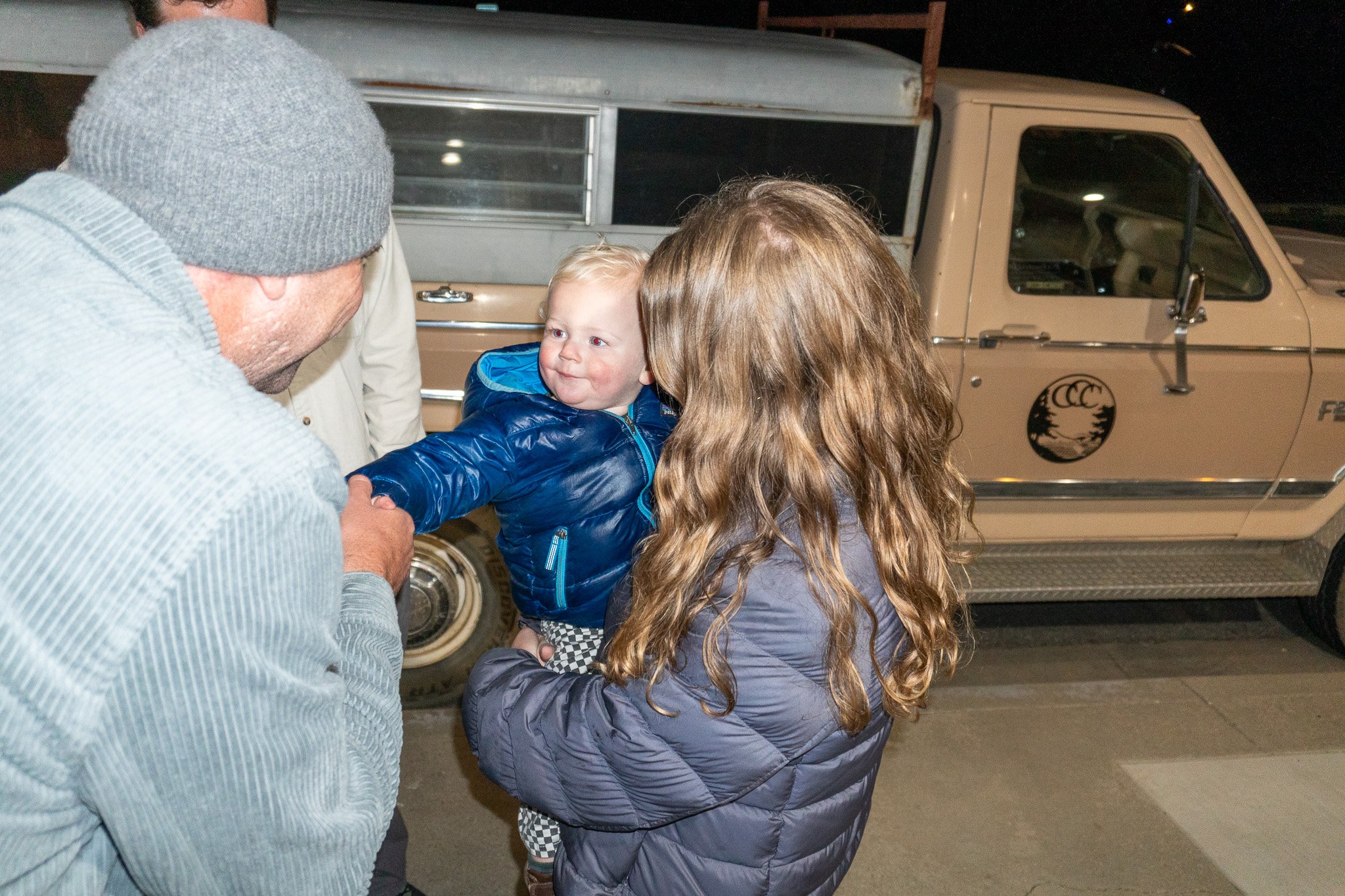


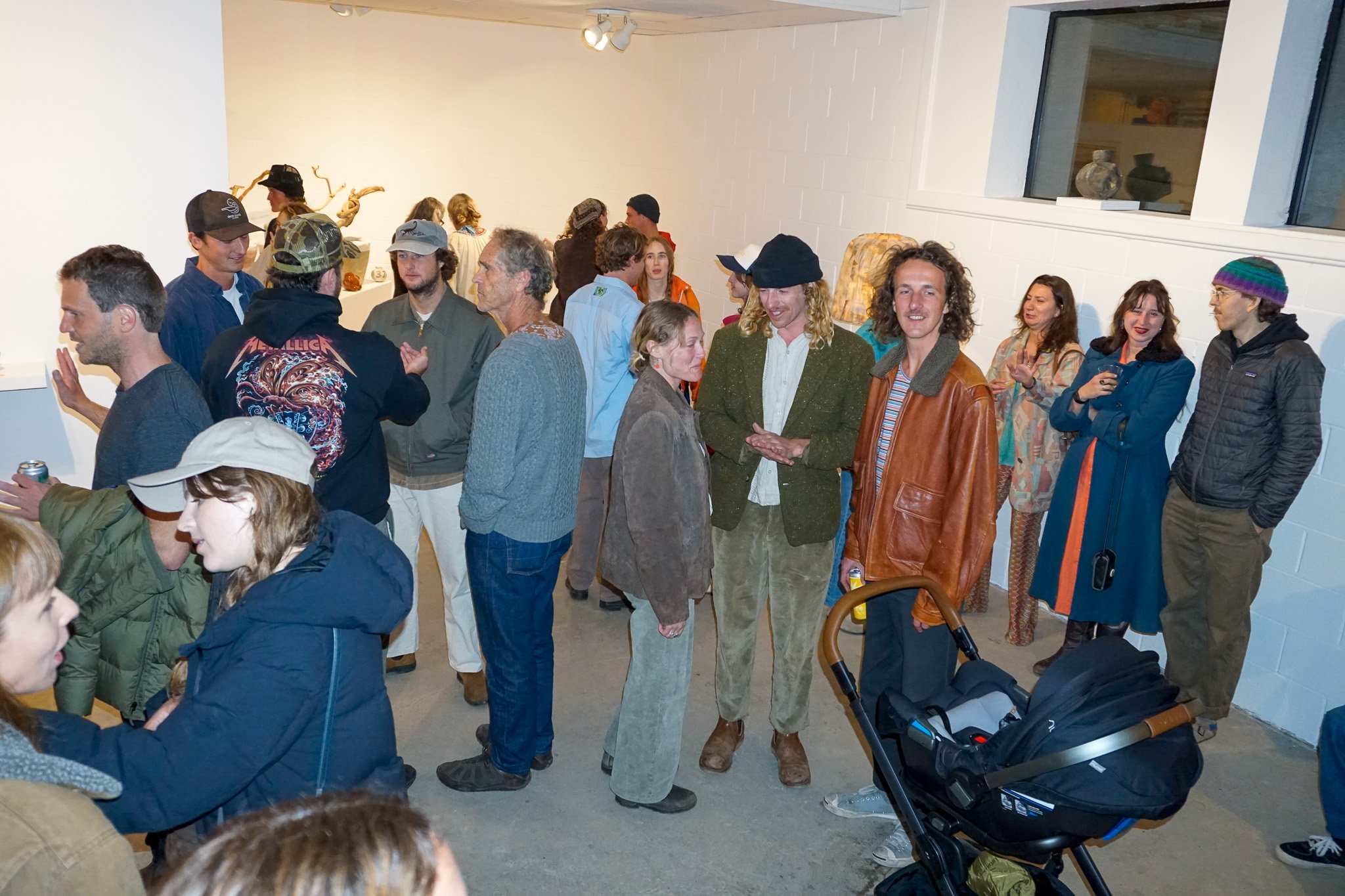
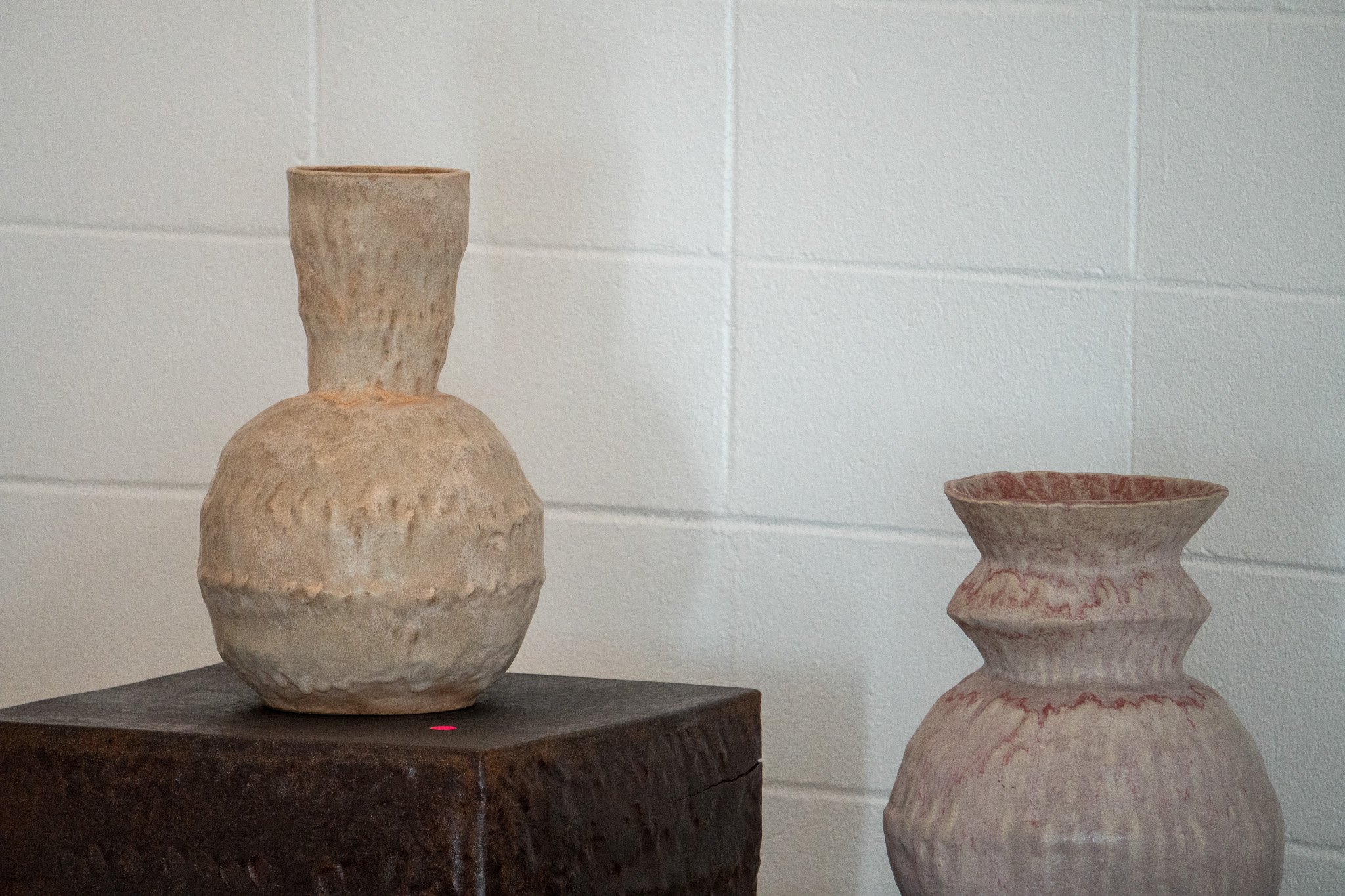
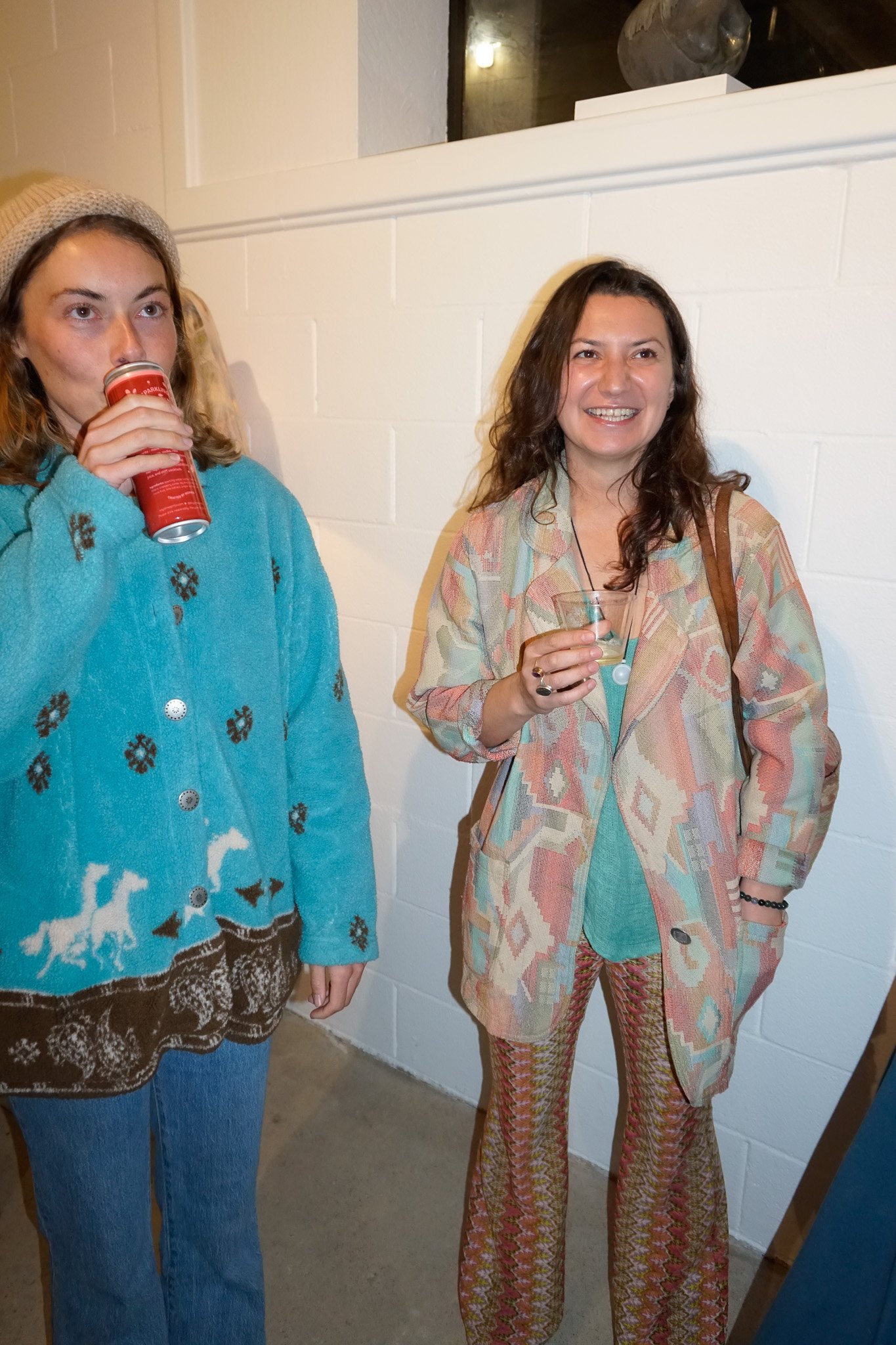
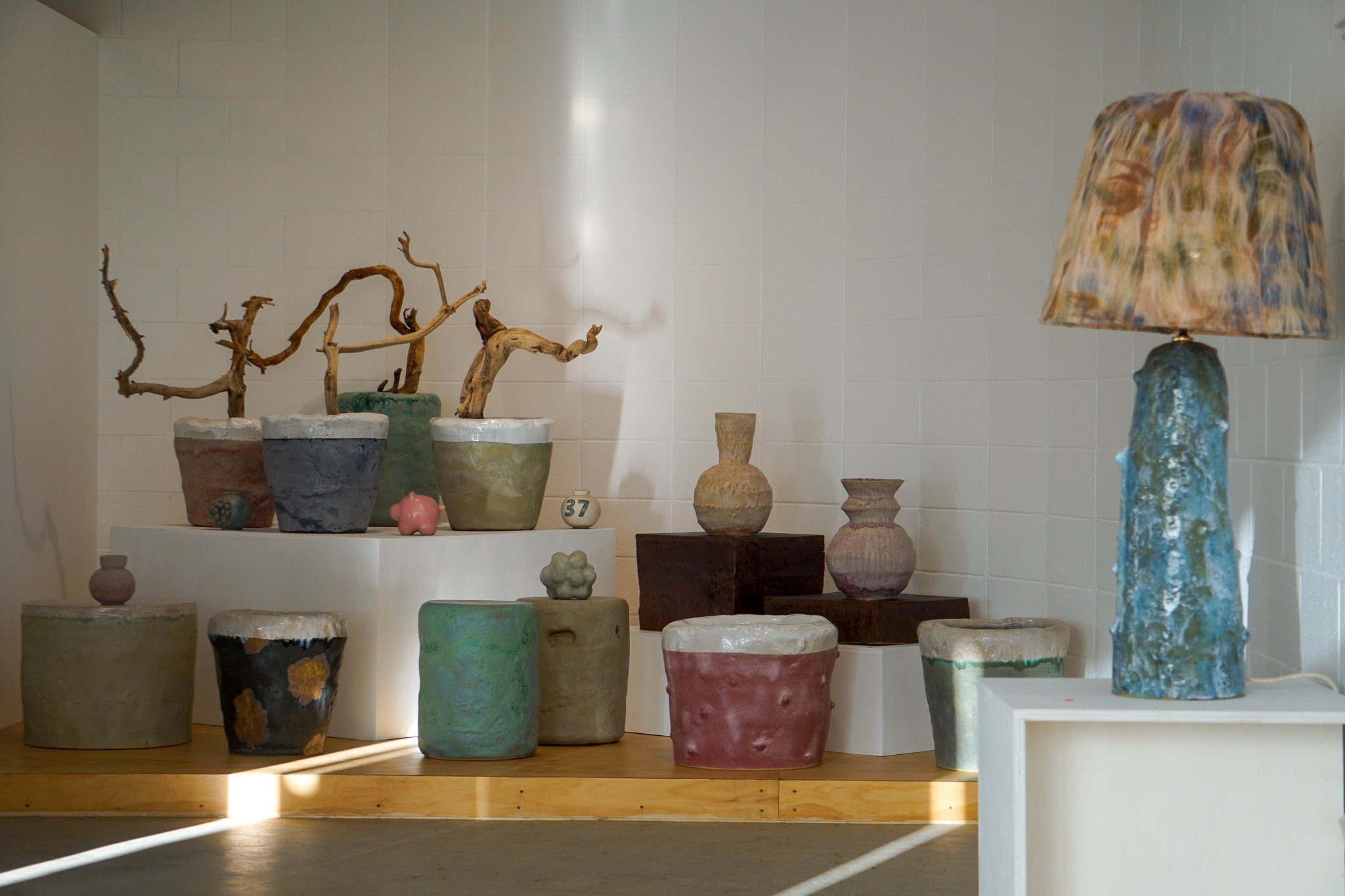
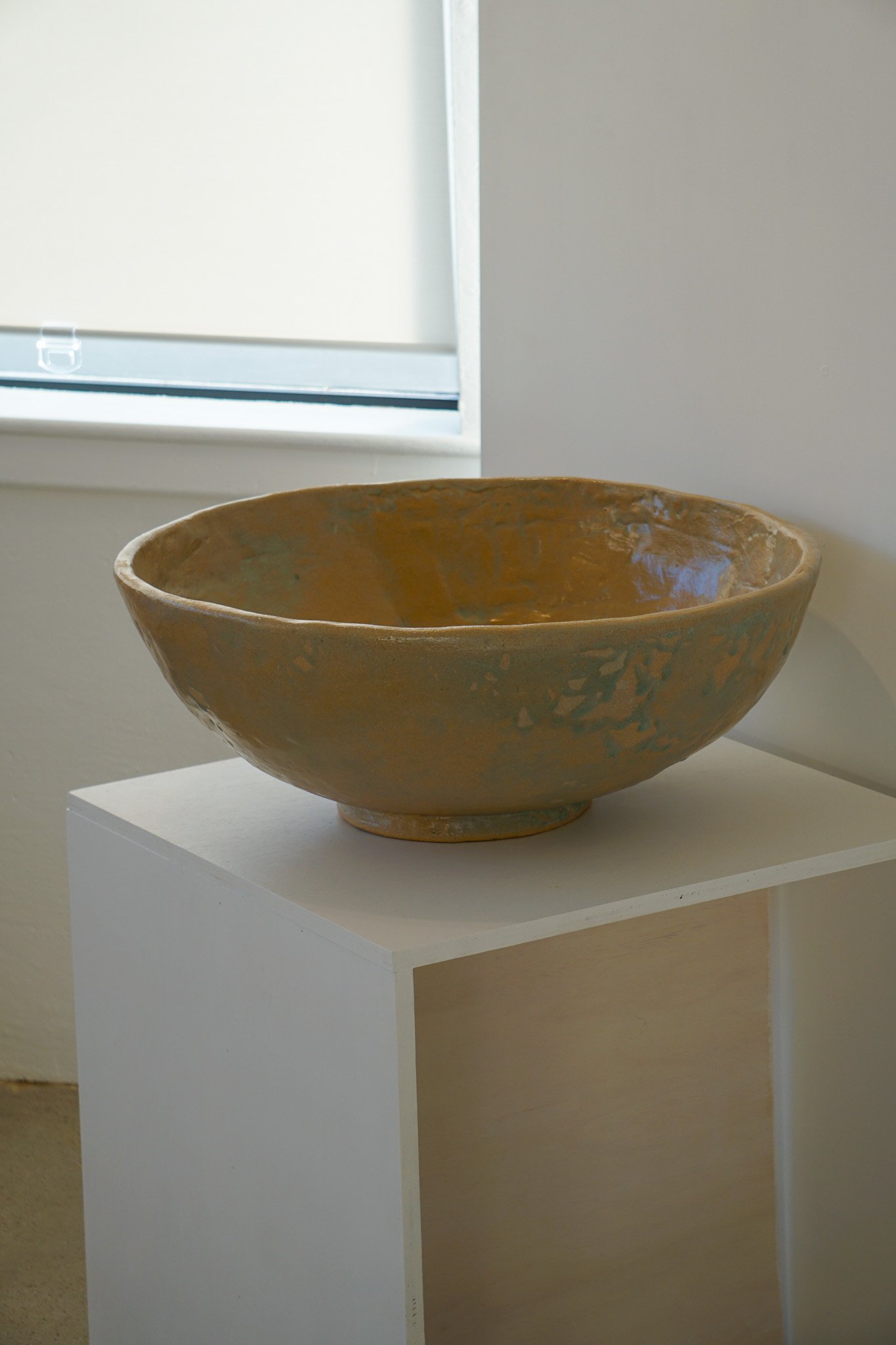
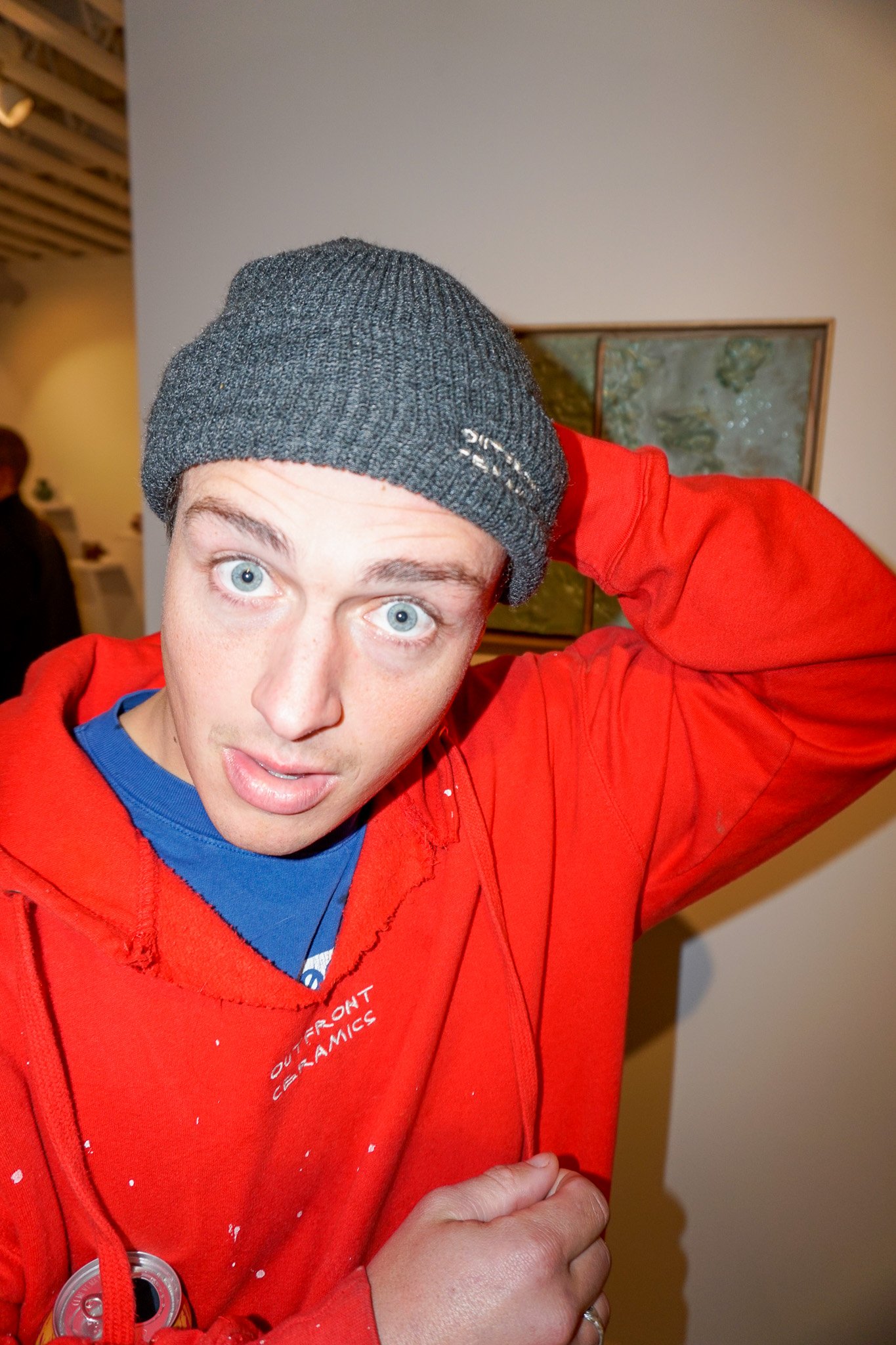
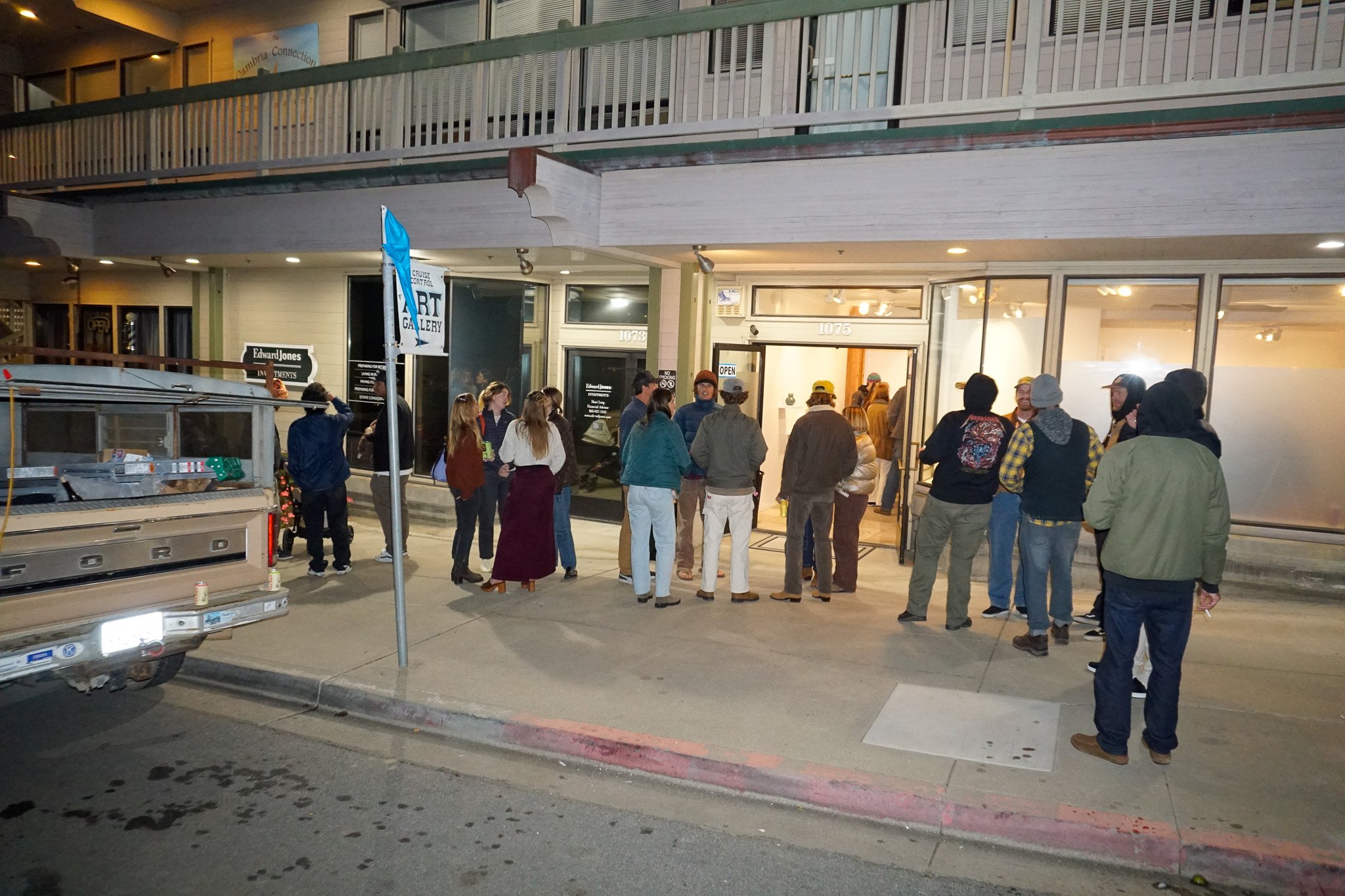
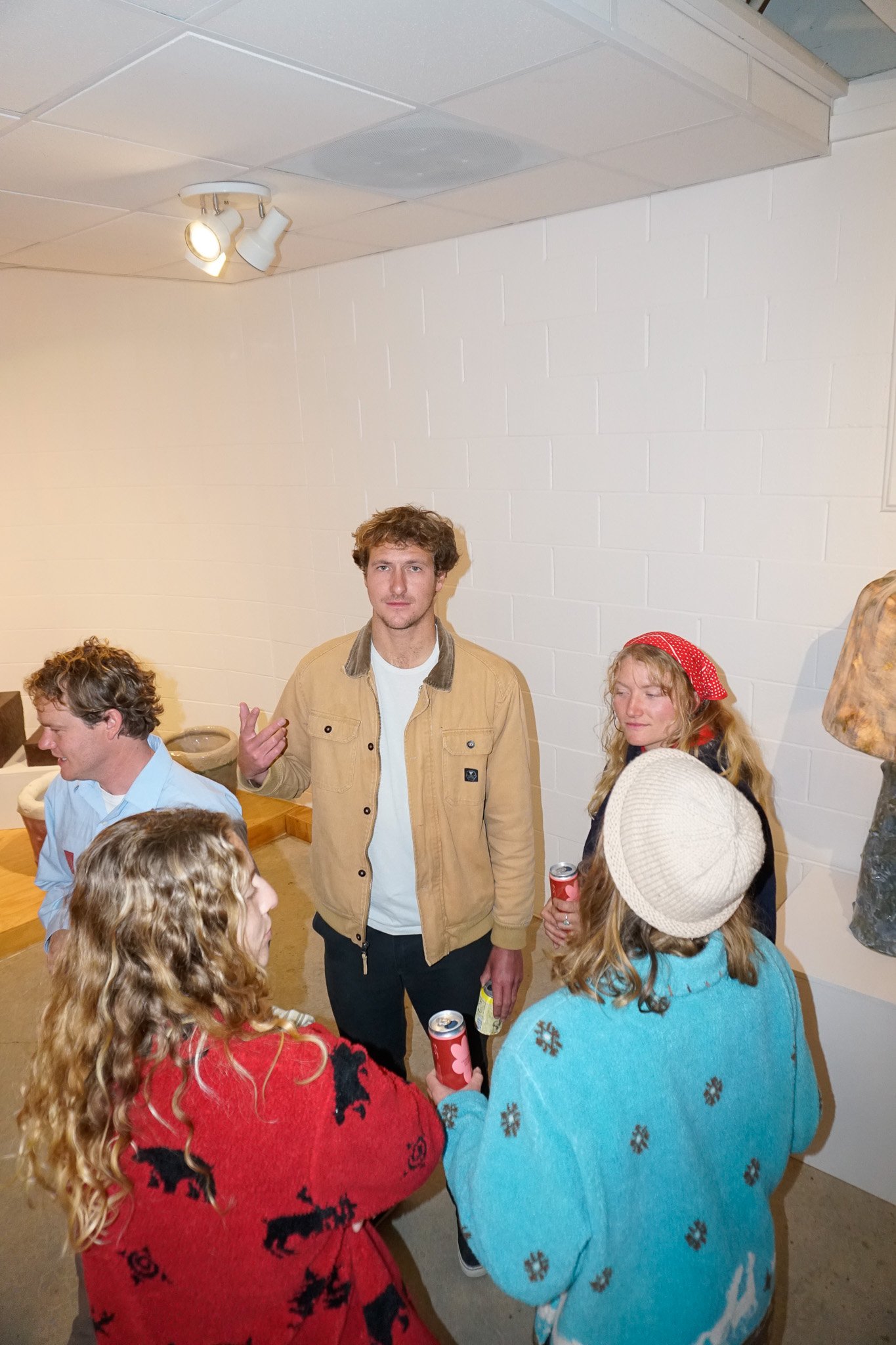
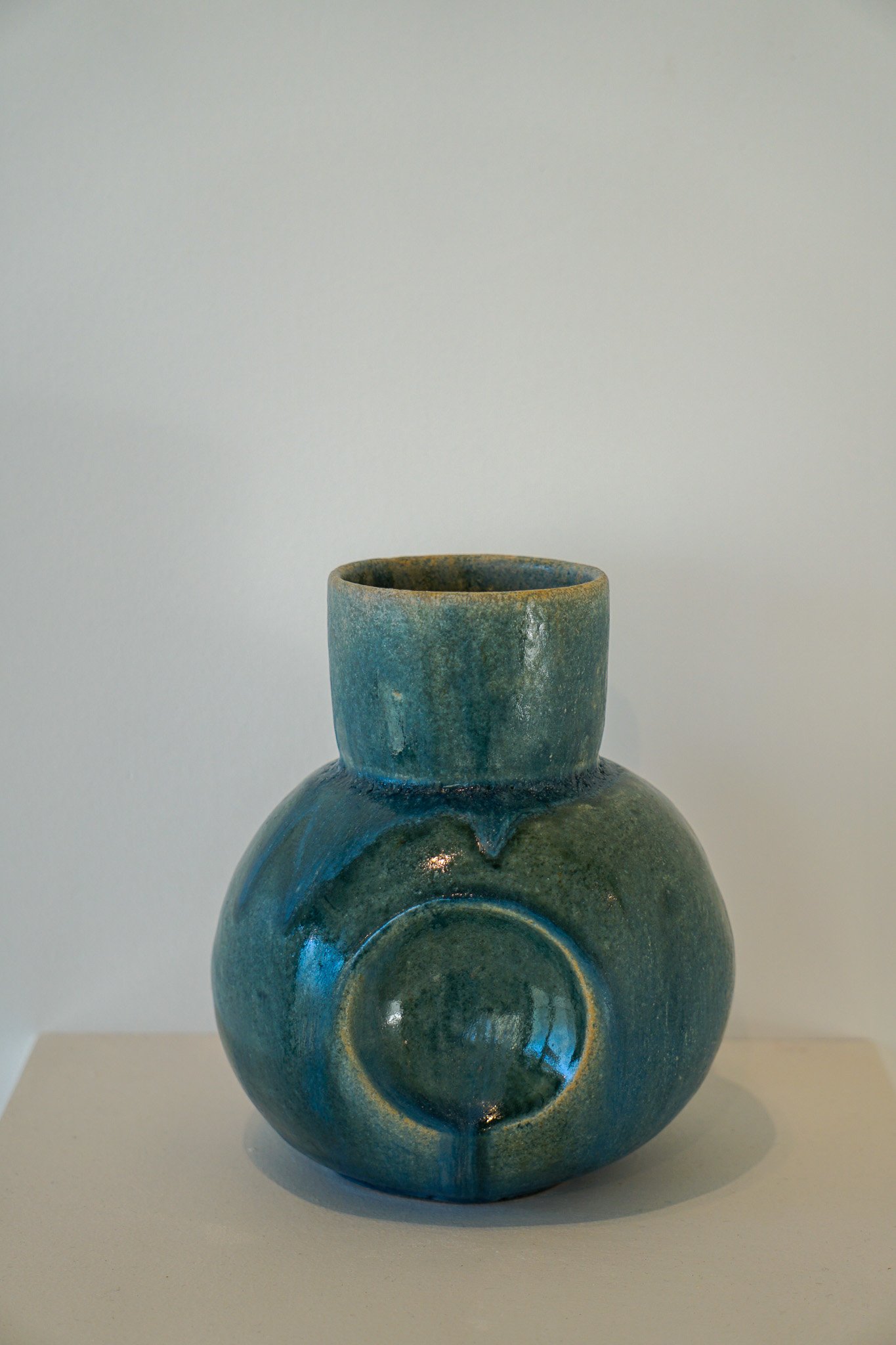
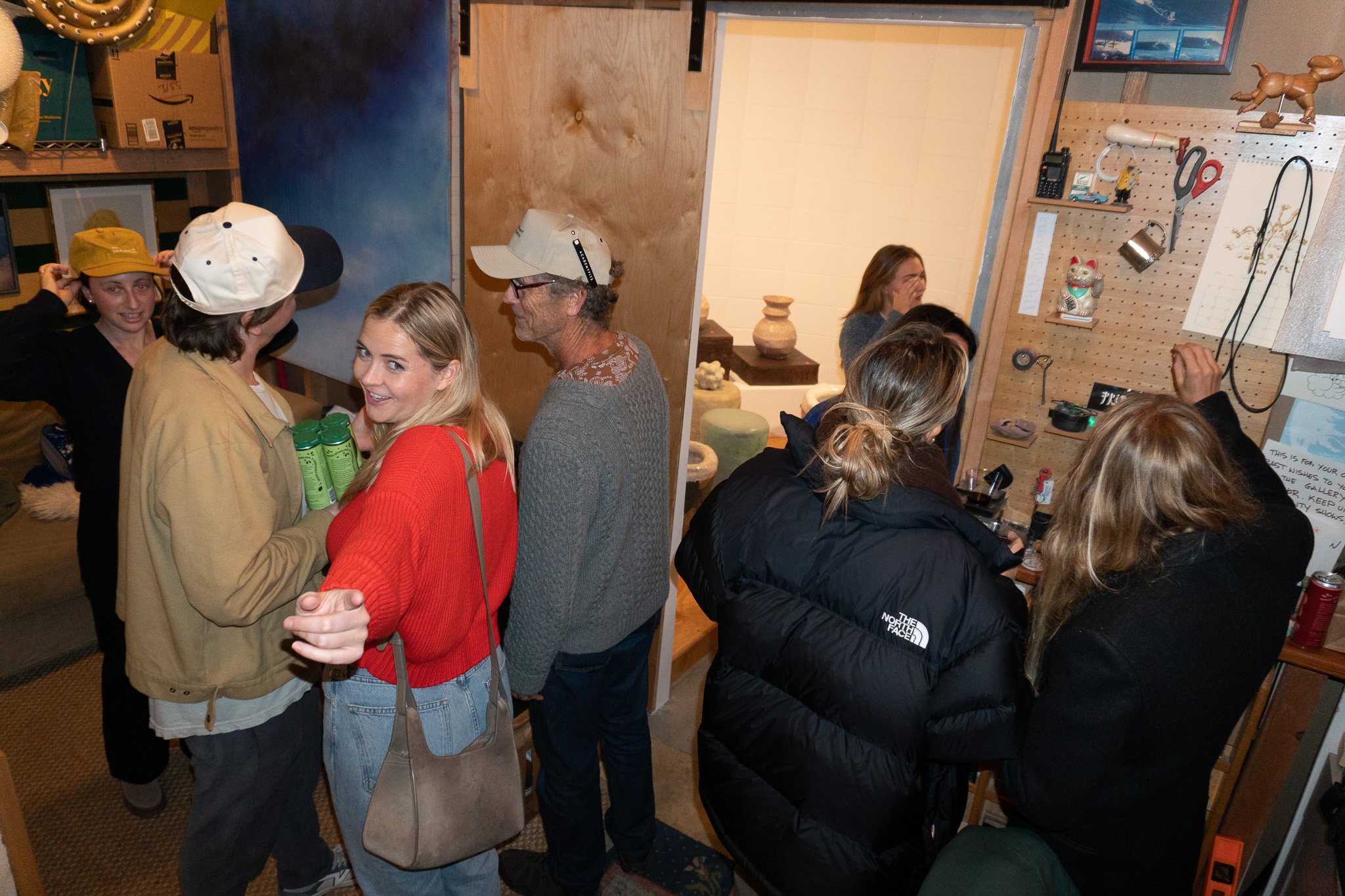
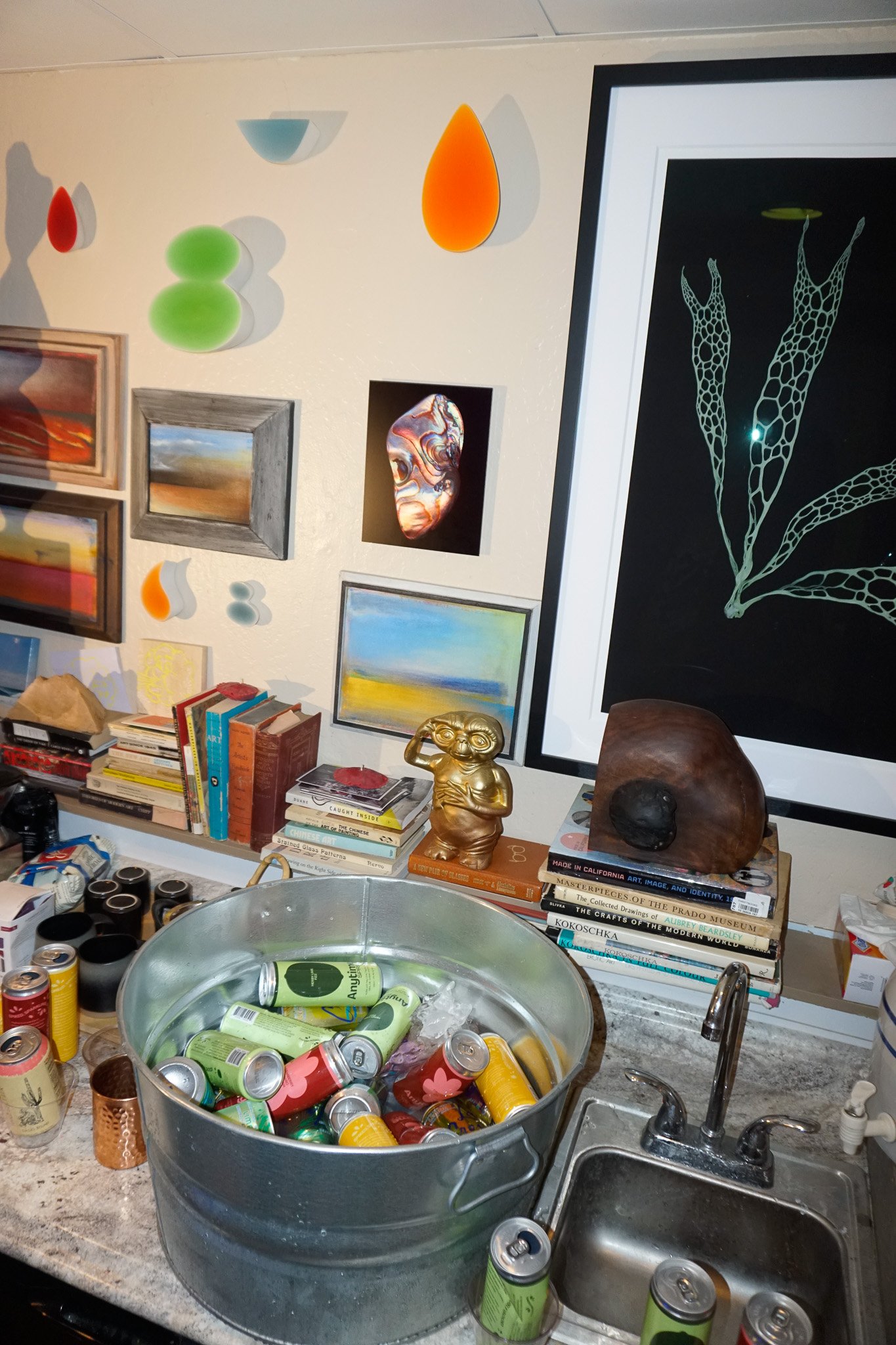
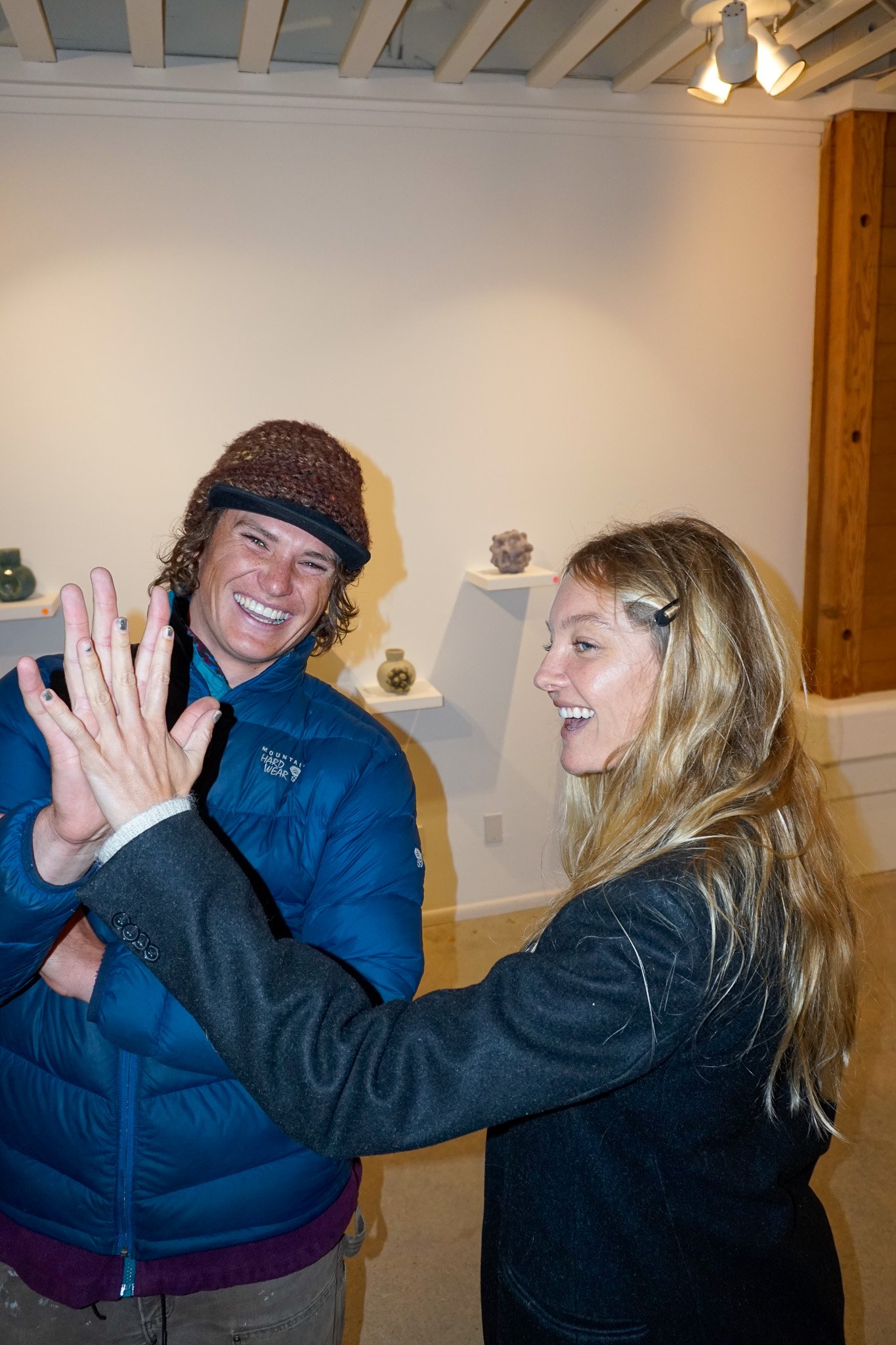

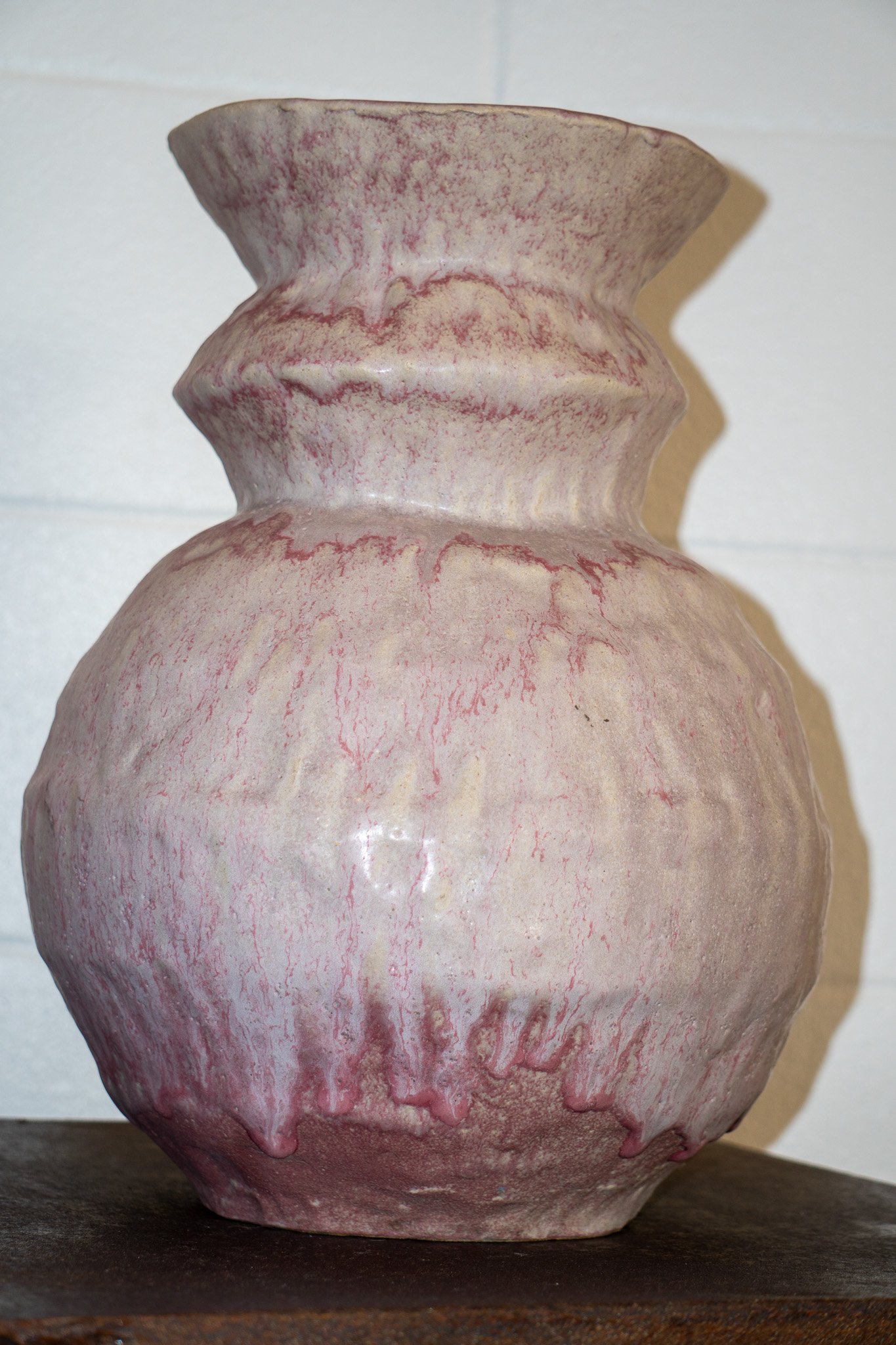
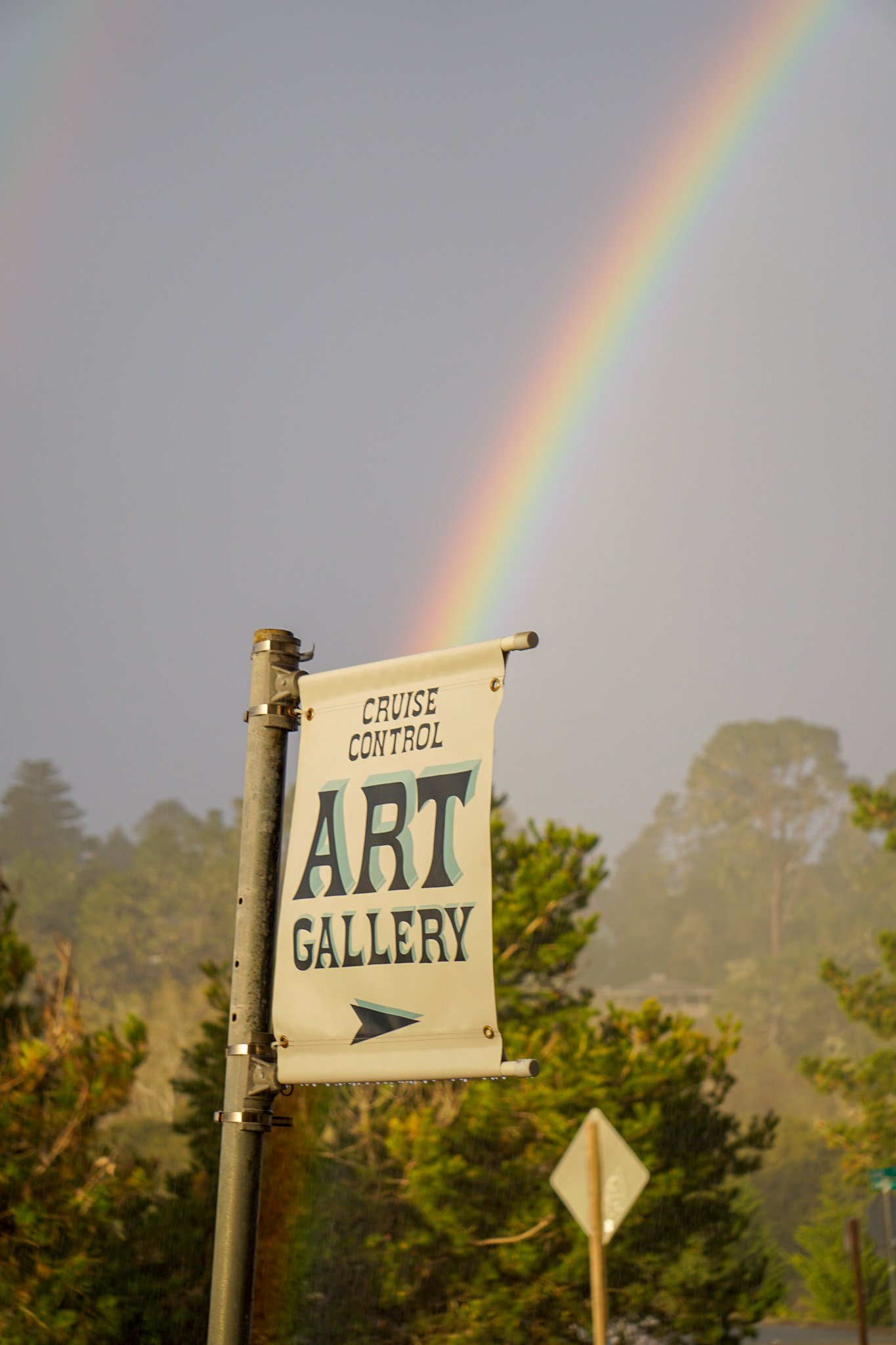
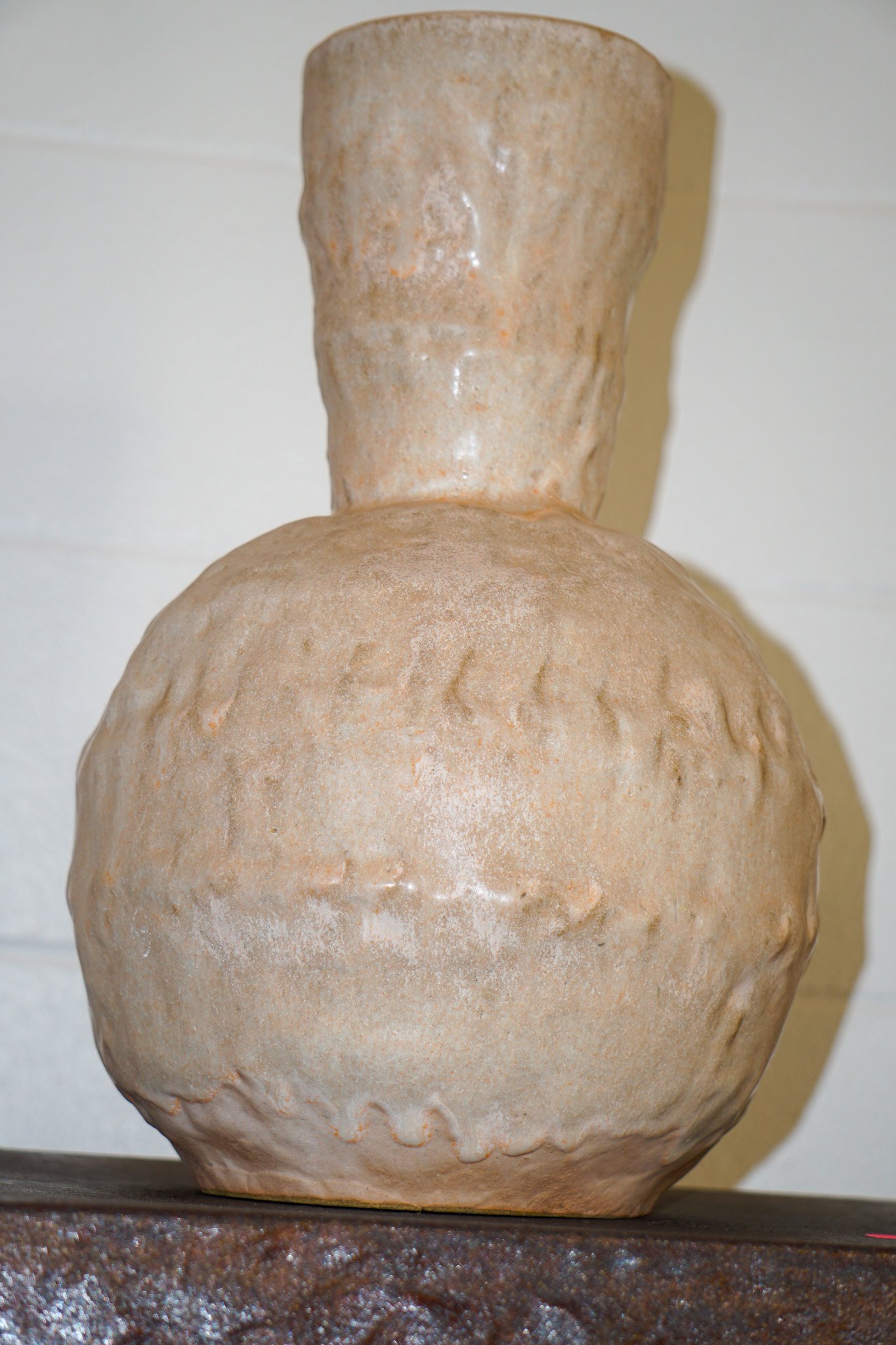
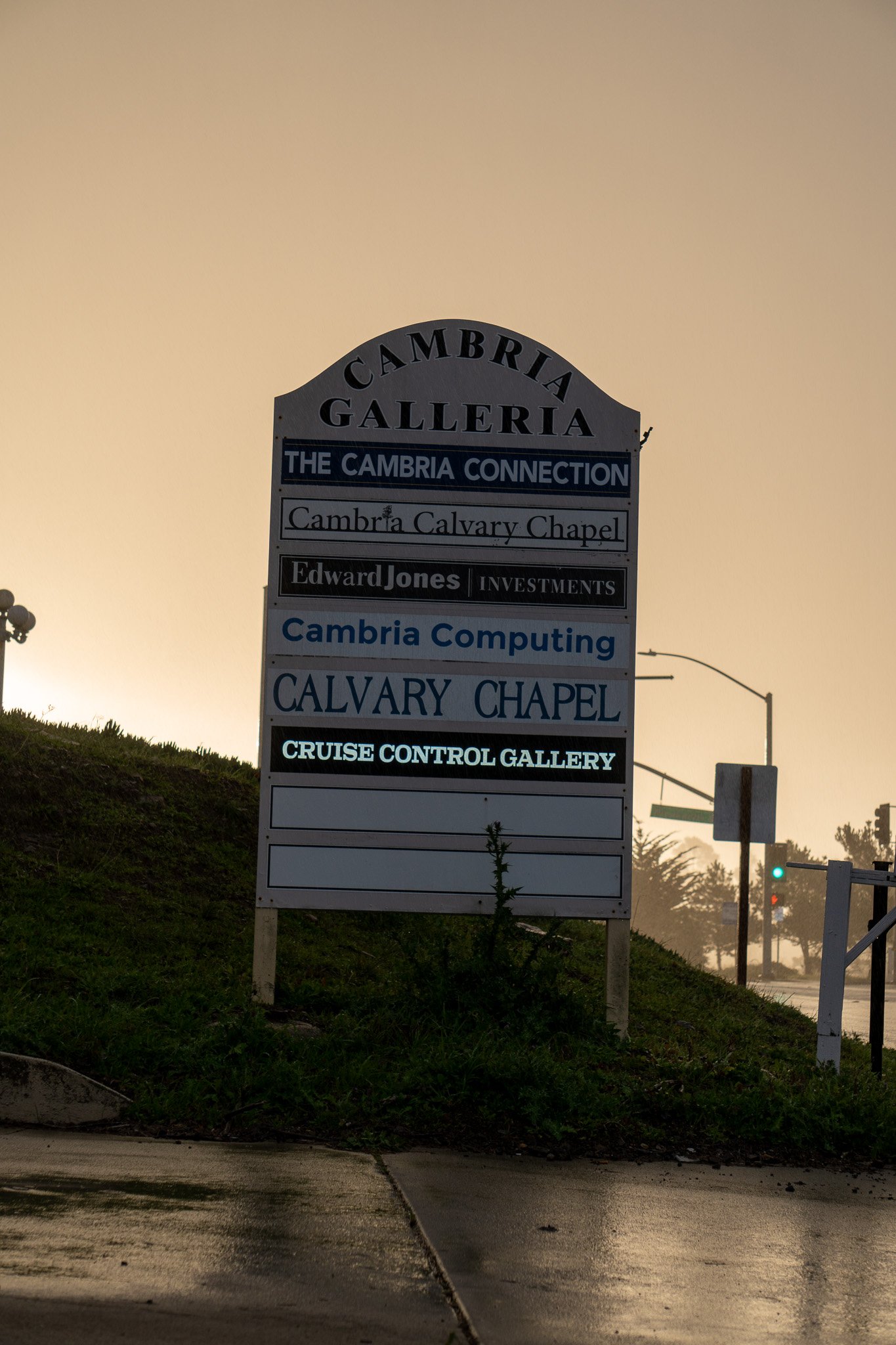
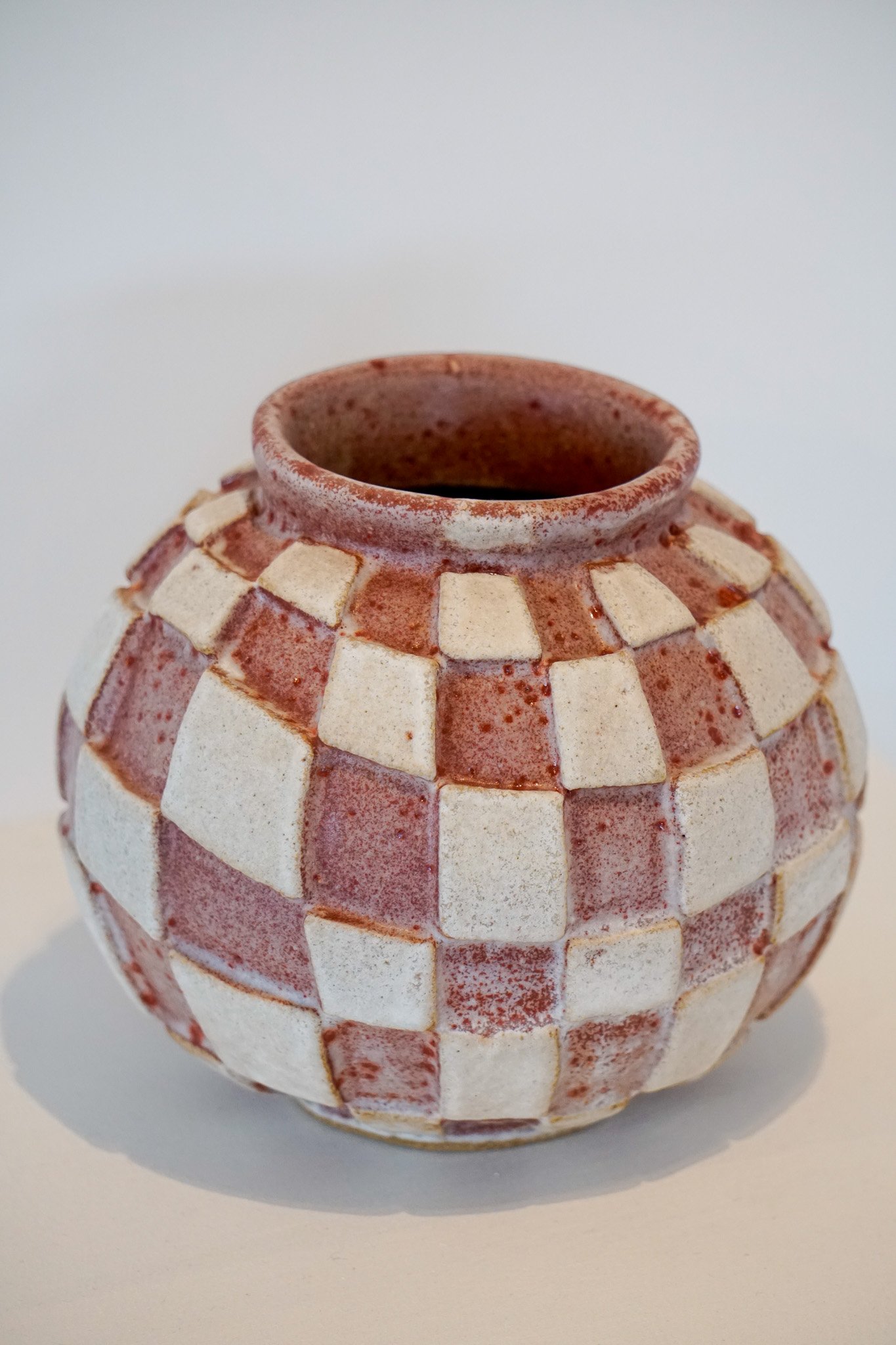
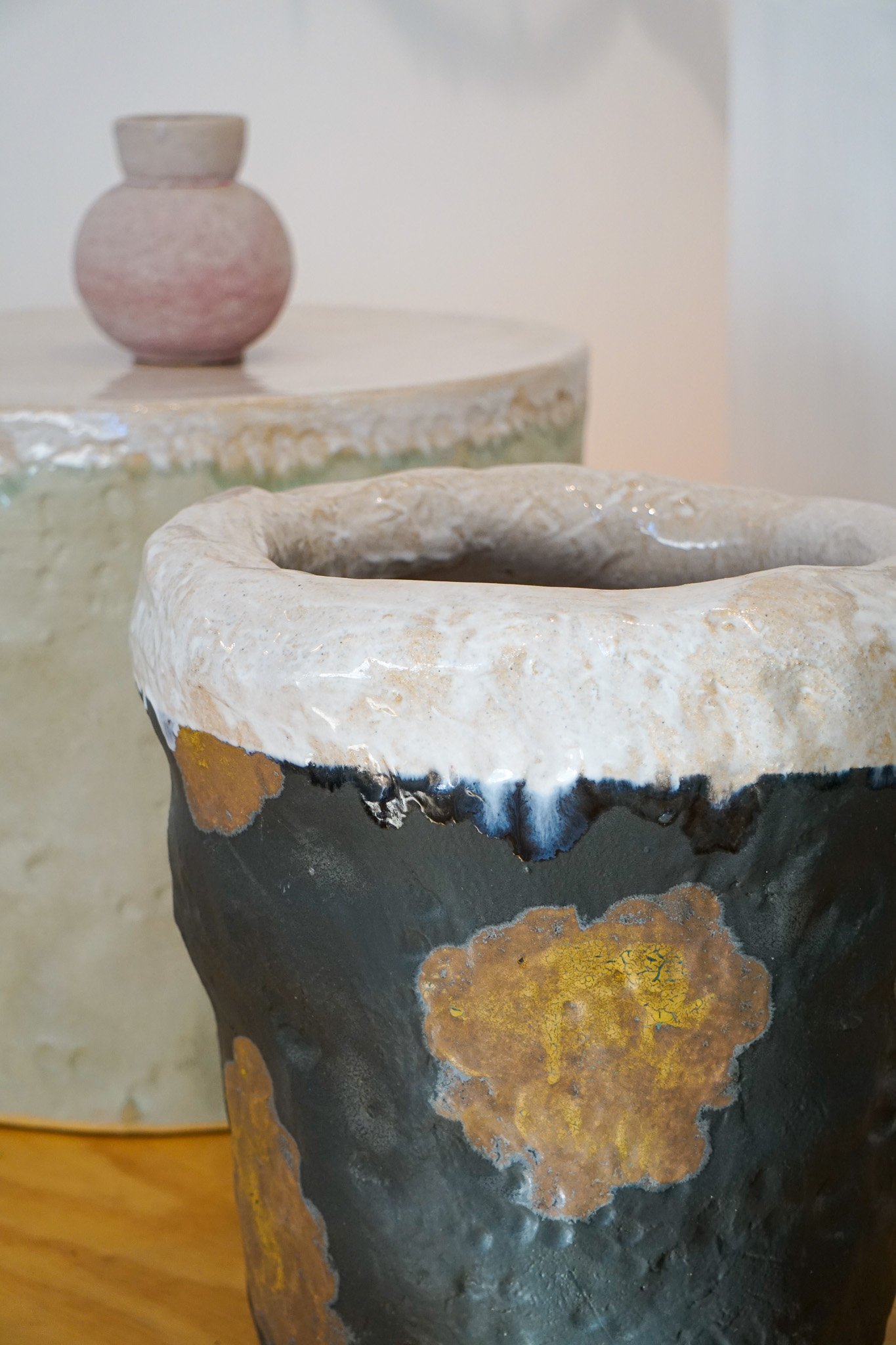
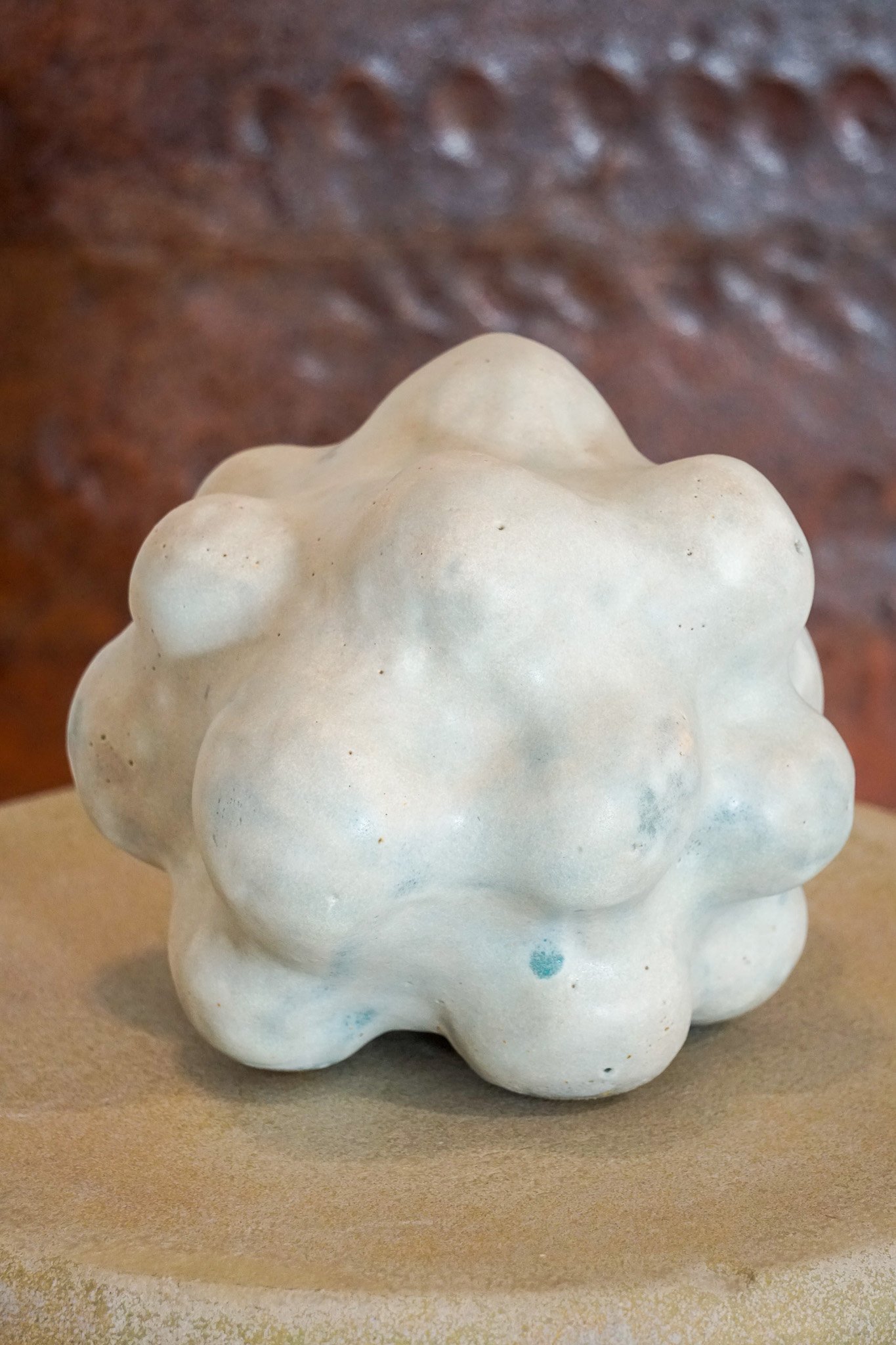
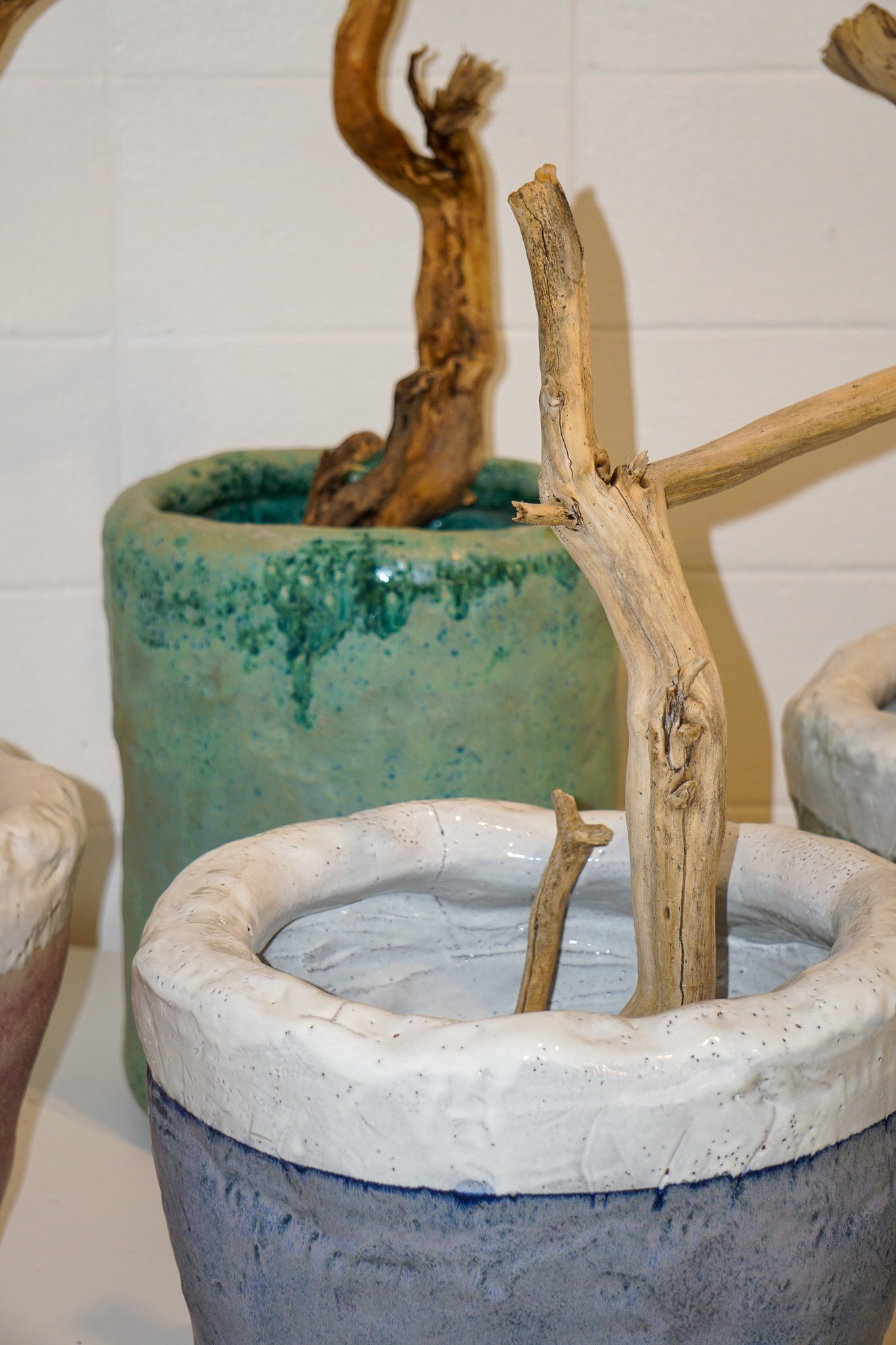
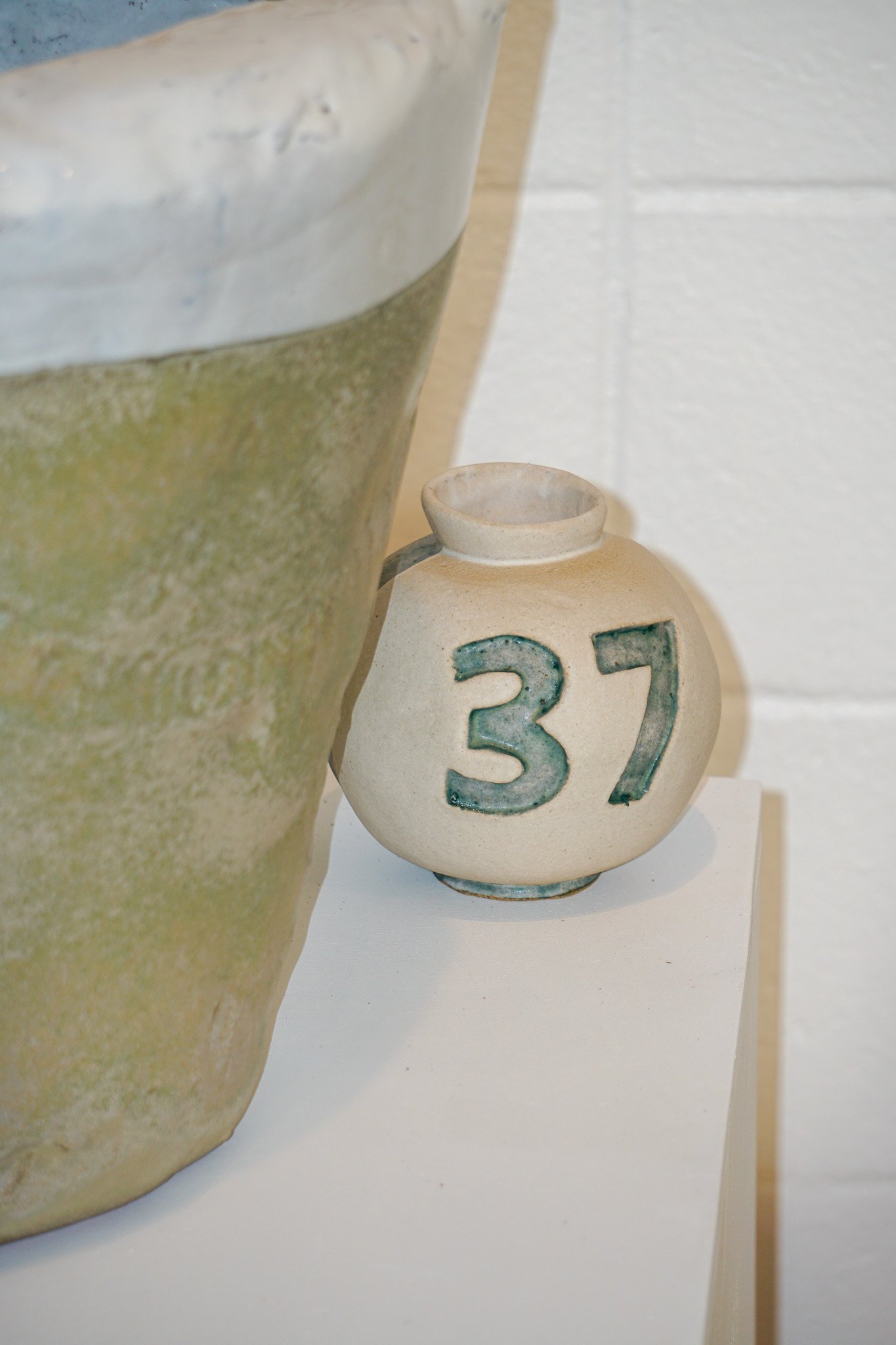
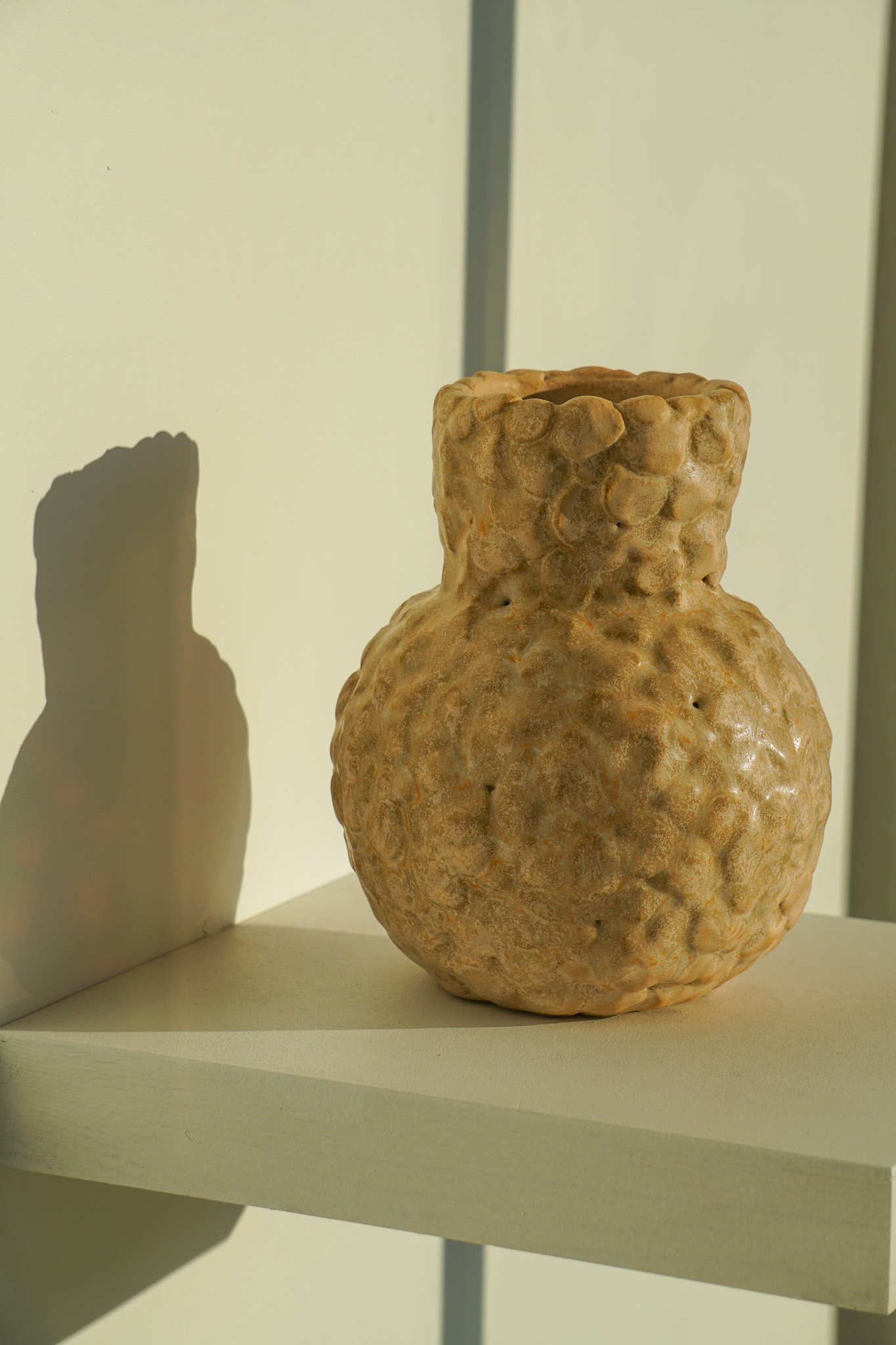
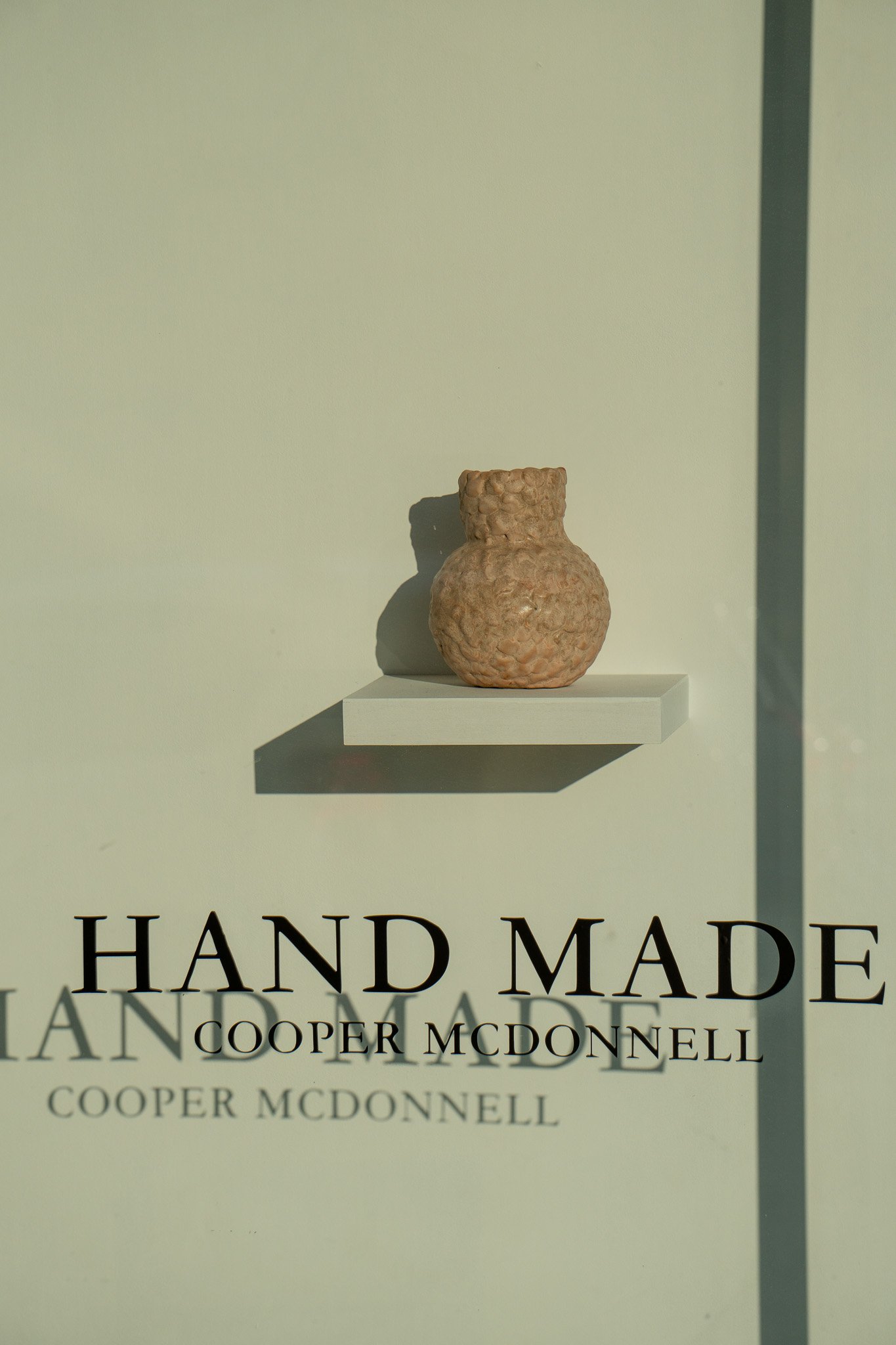
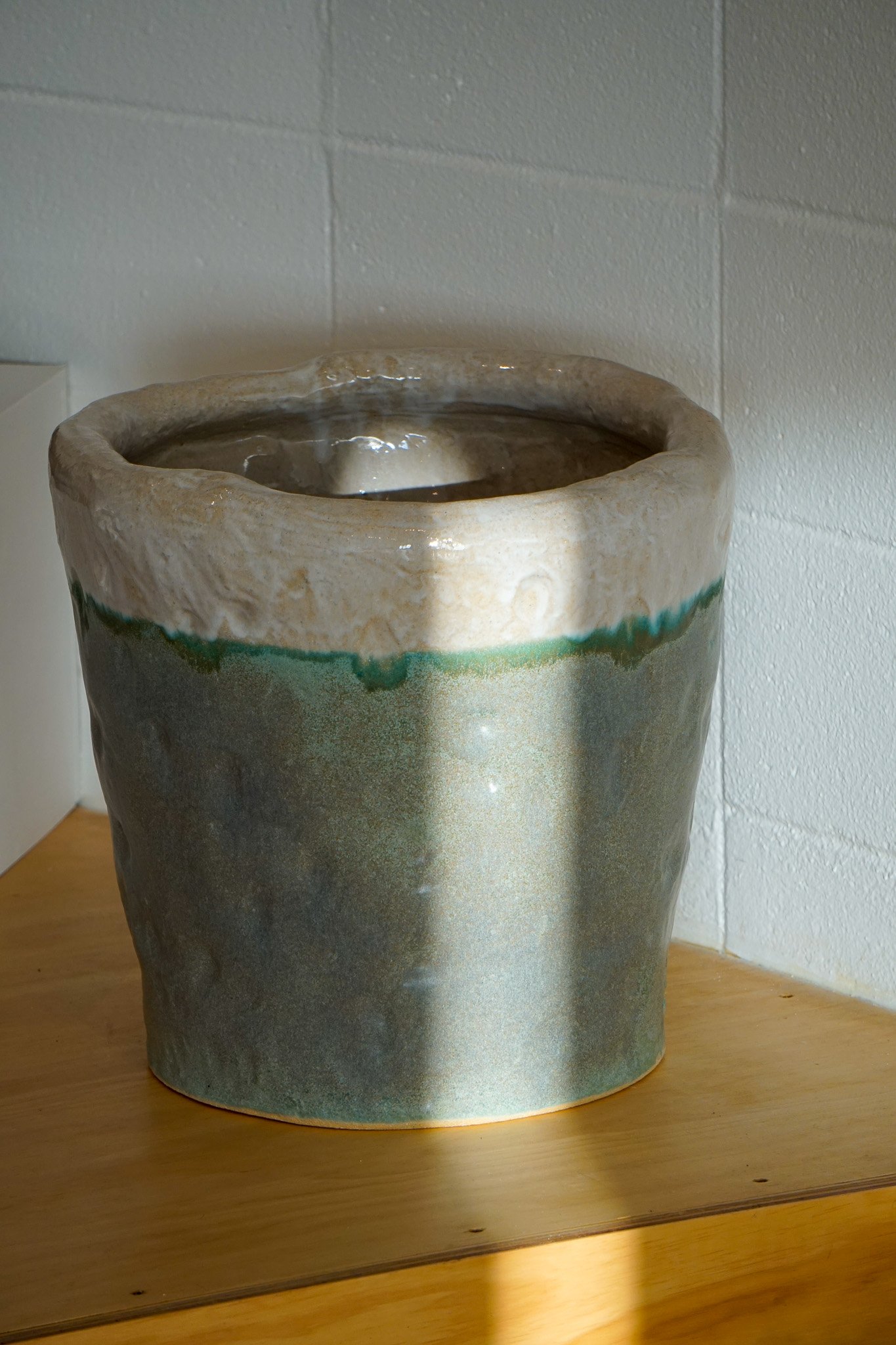
CHARLOTTE BEAVERS
RAINBOW
through 01/21/23
Charlotte Beavers brings her latest watercolor works on paper to her solo show; ‘RAINBOW’.
Subtle as they are refined, her practice takes into account a deep affection for not just the landscapes presented, but also her specific usage of undertones, washes and complexions. Within her created fantastic worlds, she allows for the paper itself to respectfully have its own identity in the compositions, ever present but weightless.
These offerings are a sublime reflection of what is an essential facet within the central coast experience; the access and ability to be in and a part of nature itself.
In addition, we will have on hand limited quantities of her hand printed calendars and silk screened shirts.
Charlotte Beavers is a painter who resides in Cayucos and has received her BFA at San Francisco State University. Her previous showings include the General Store in San Francisco, CA, Sweeney Kaye Gallery in Oakland, CA and Public Lands Sacramento, CA.

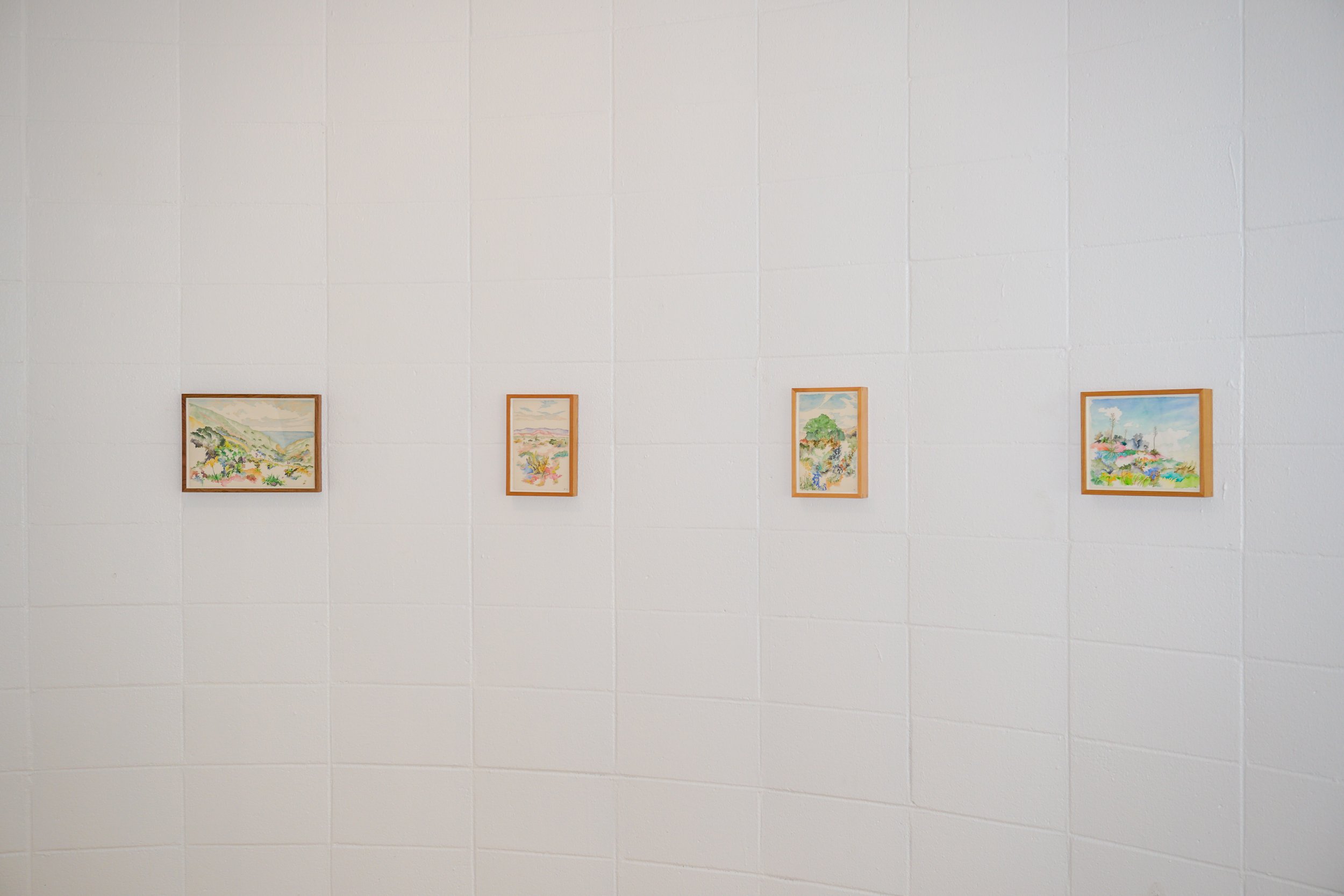
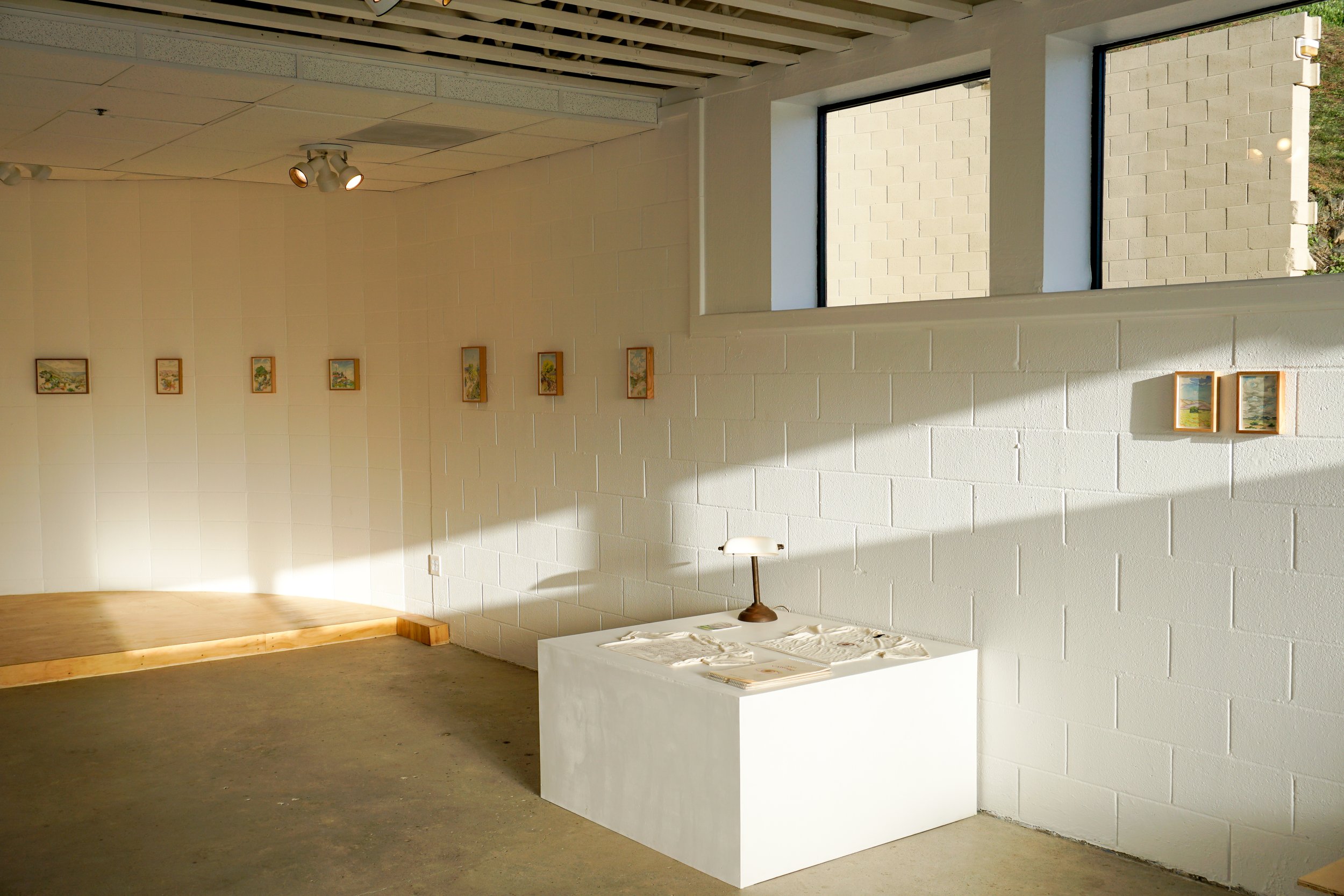
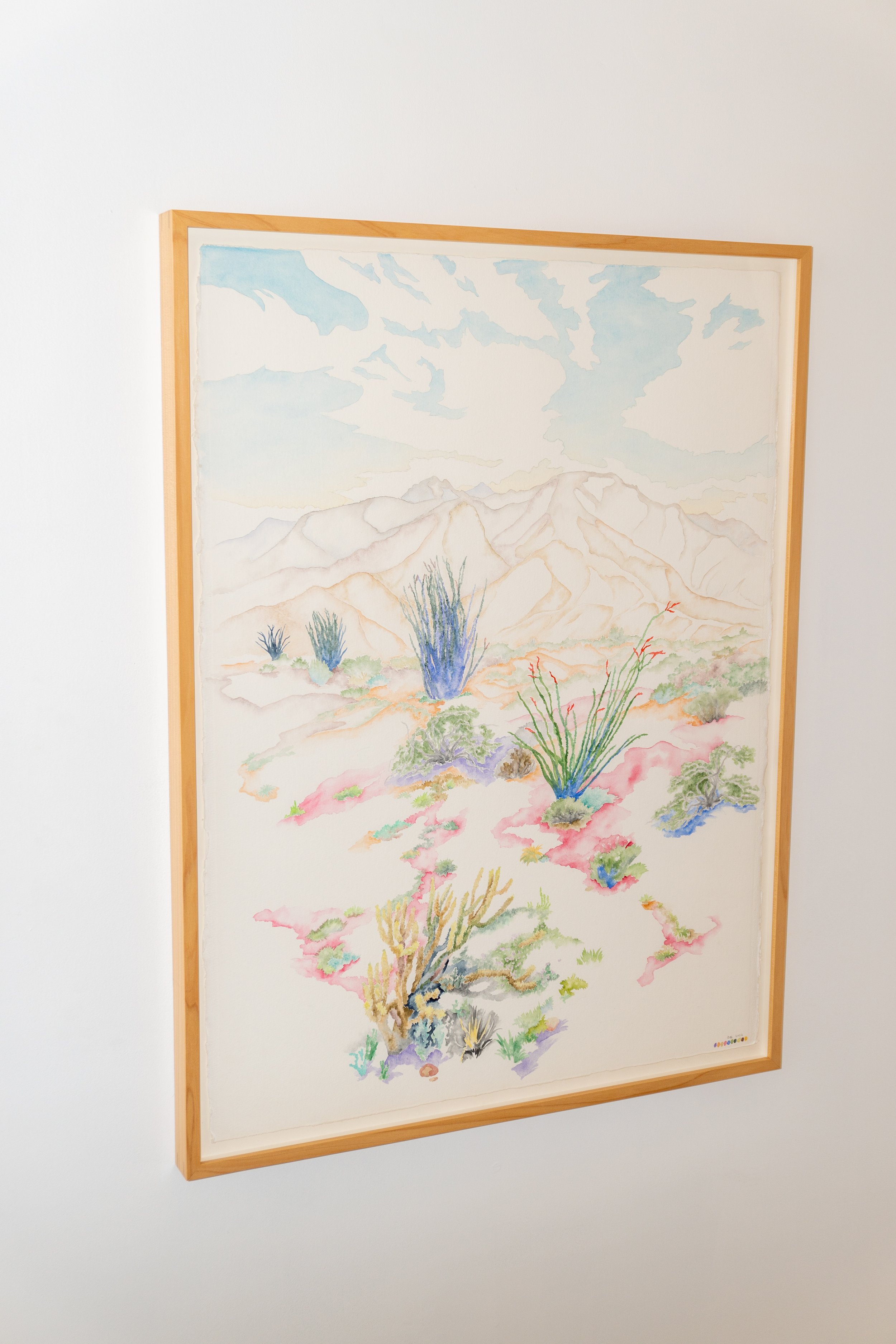
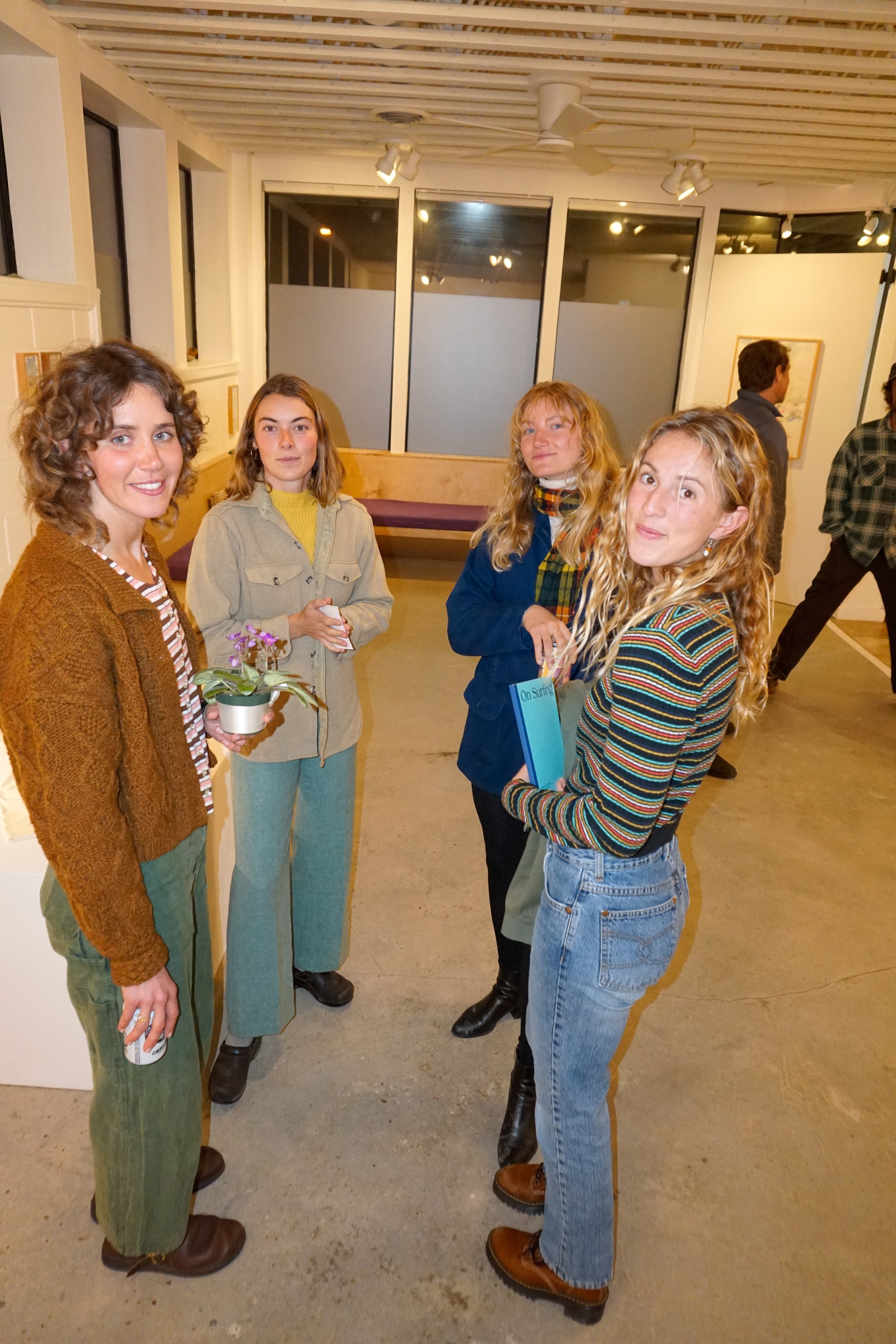
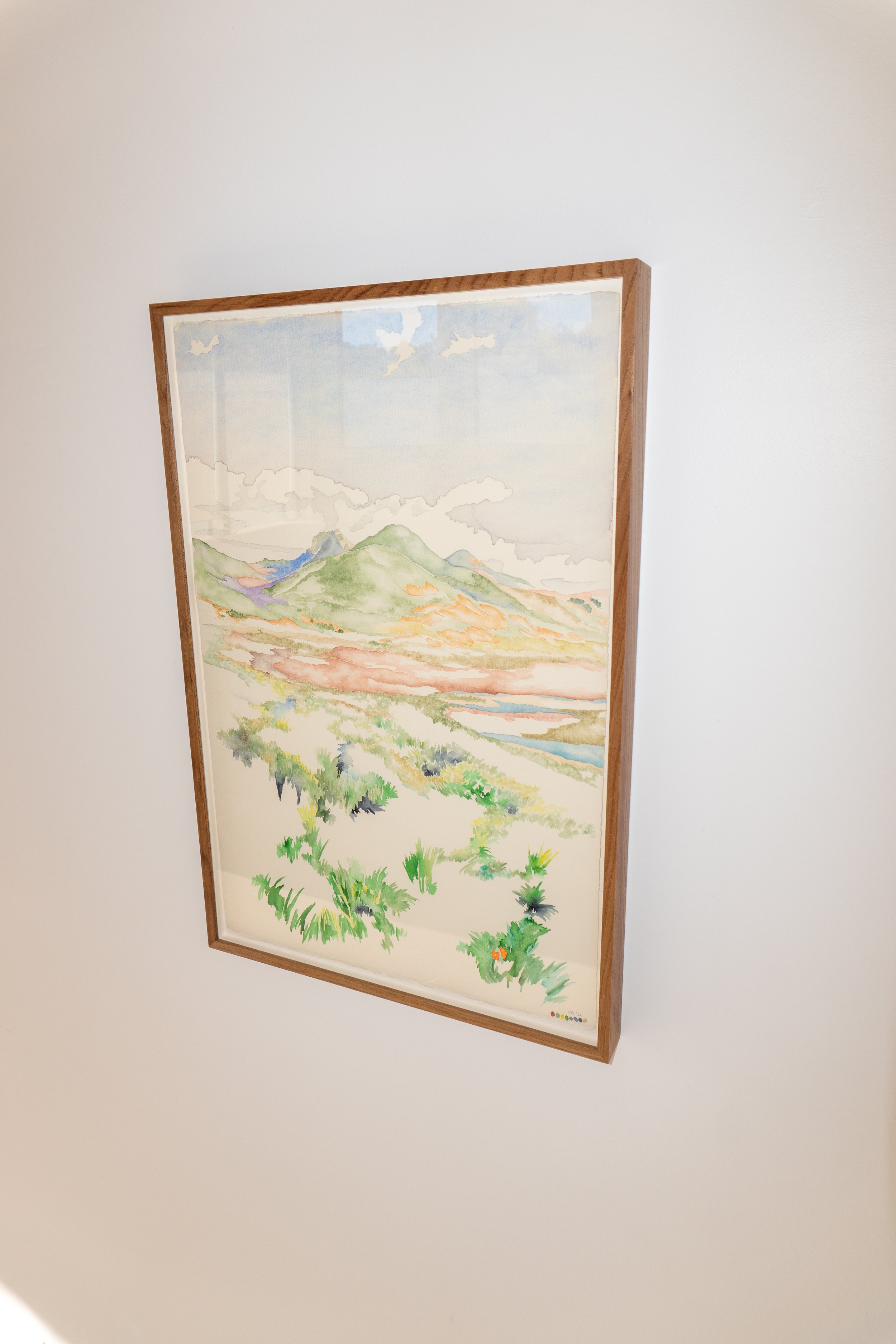
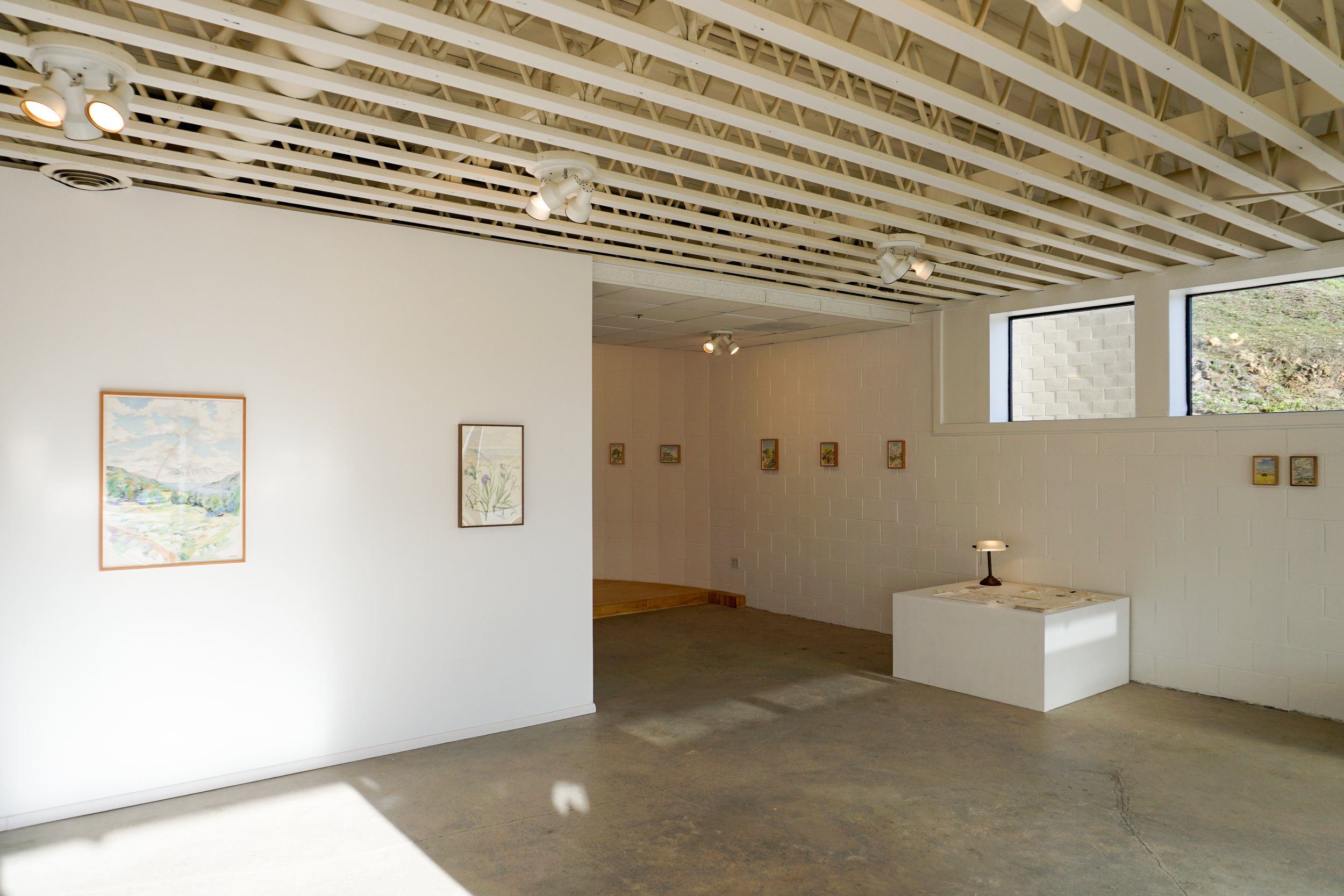
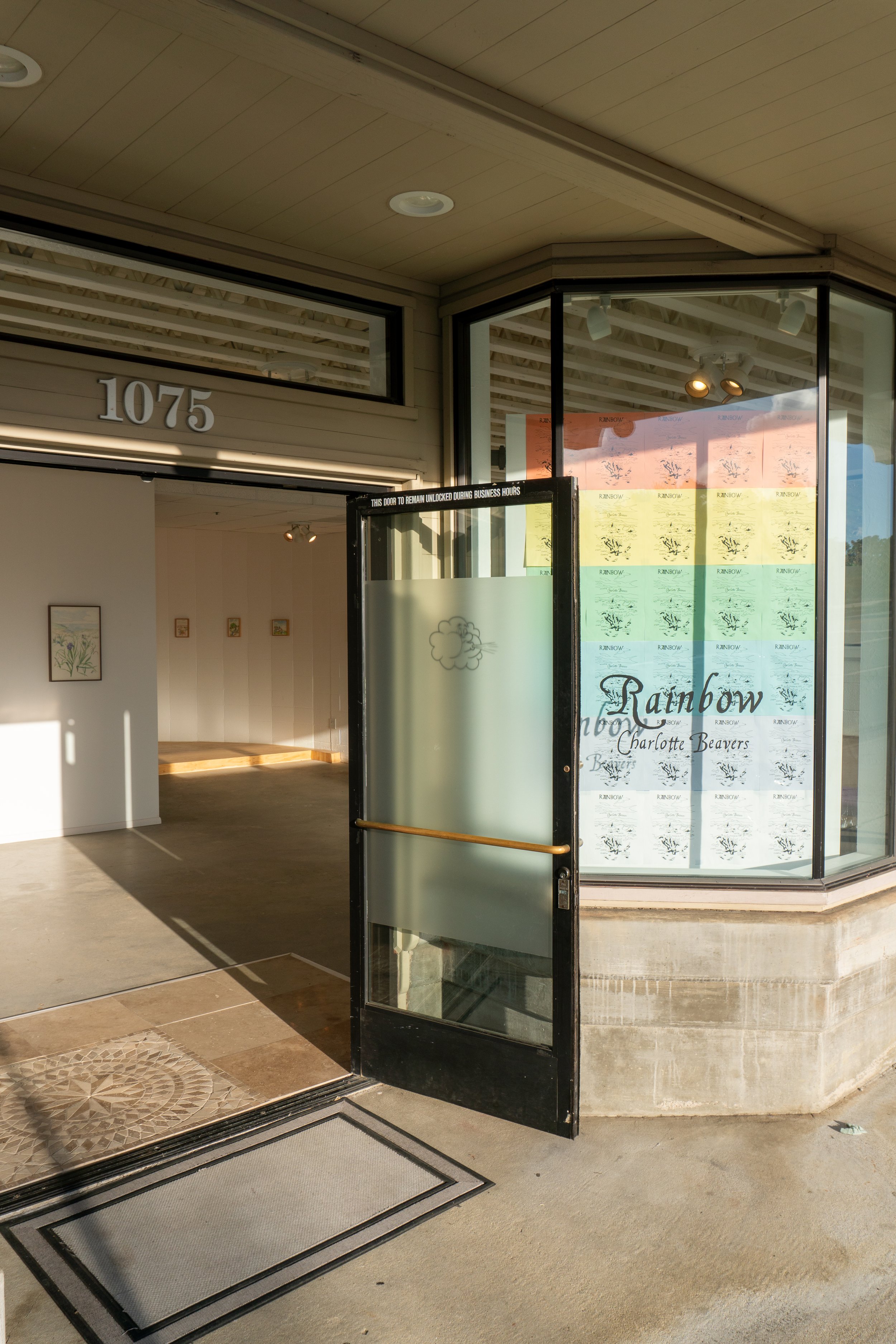
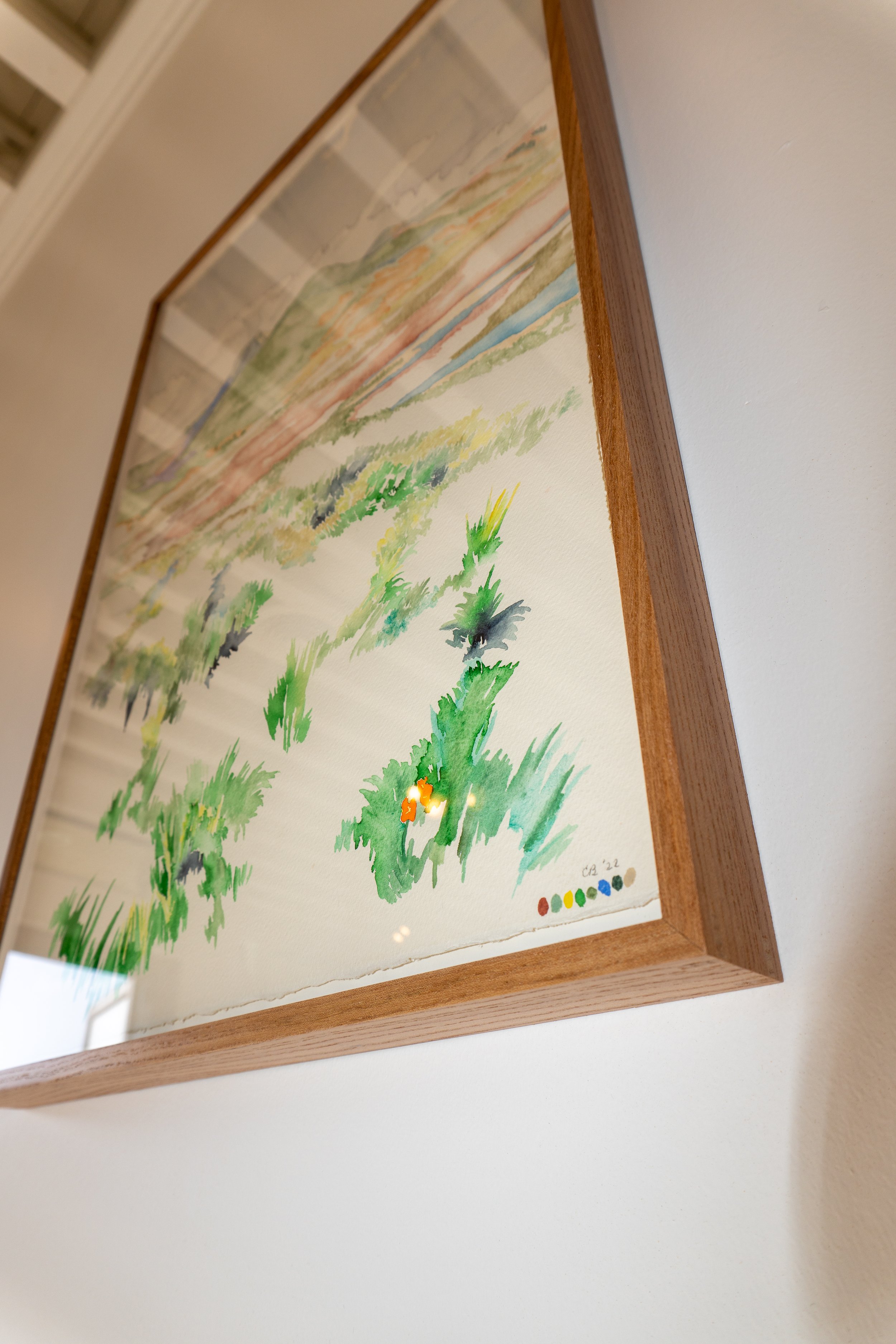
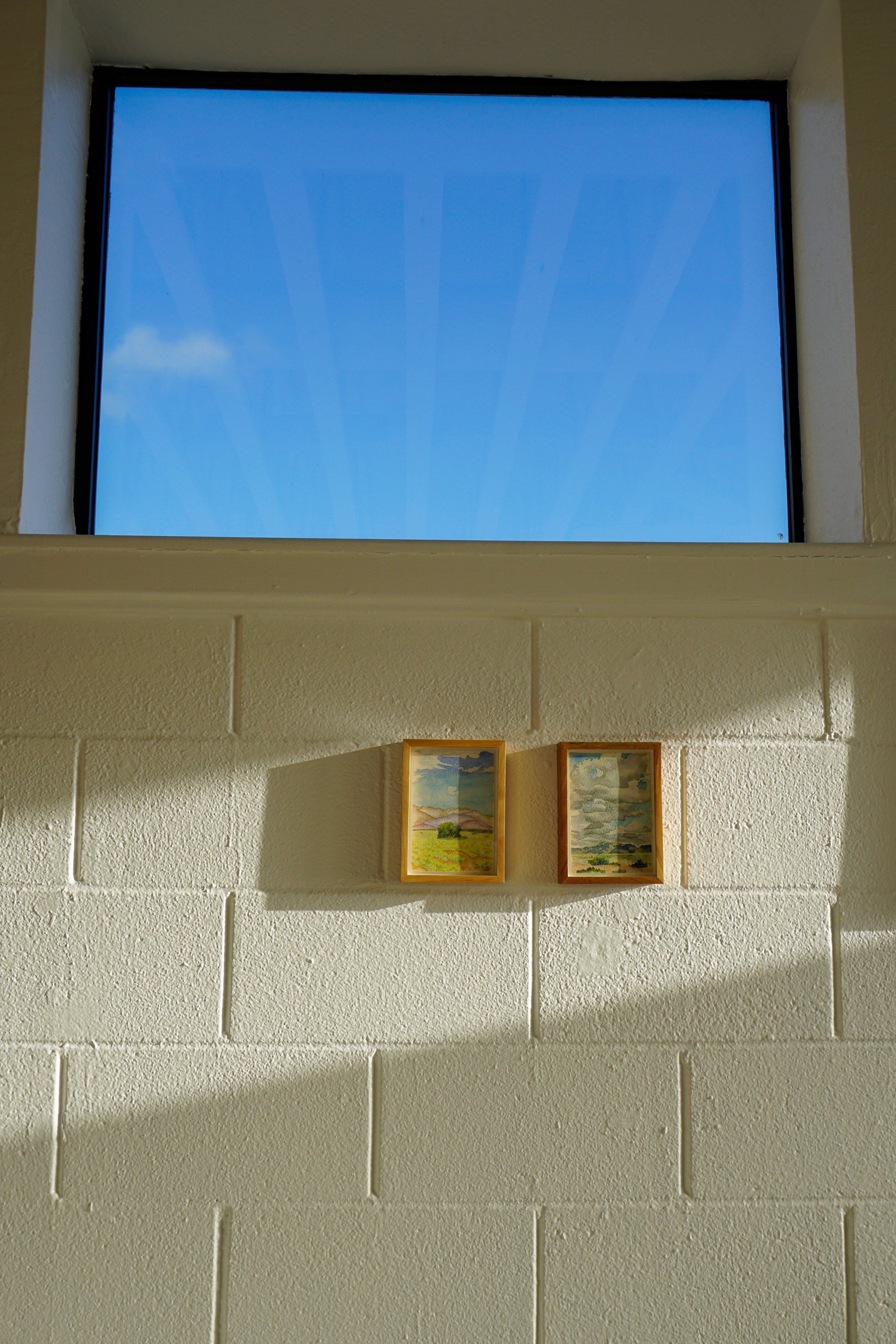
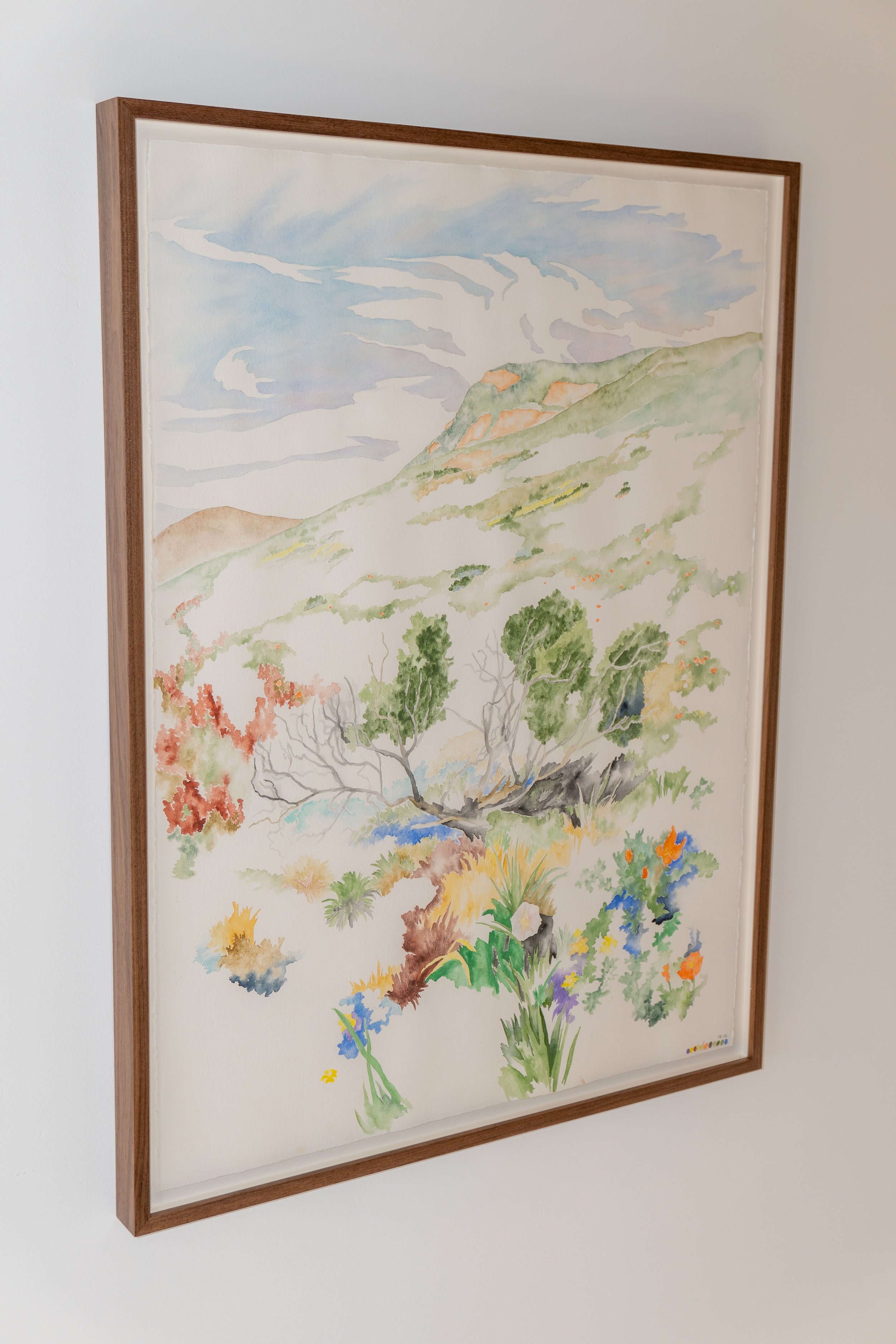
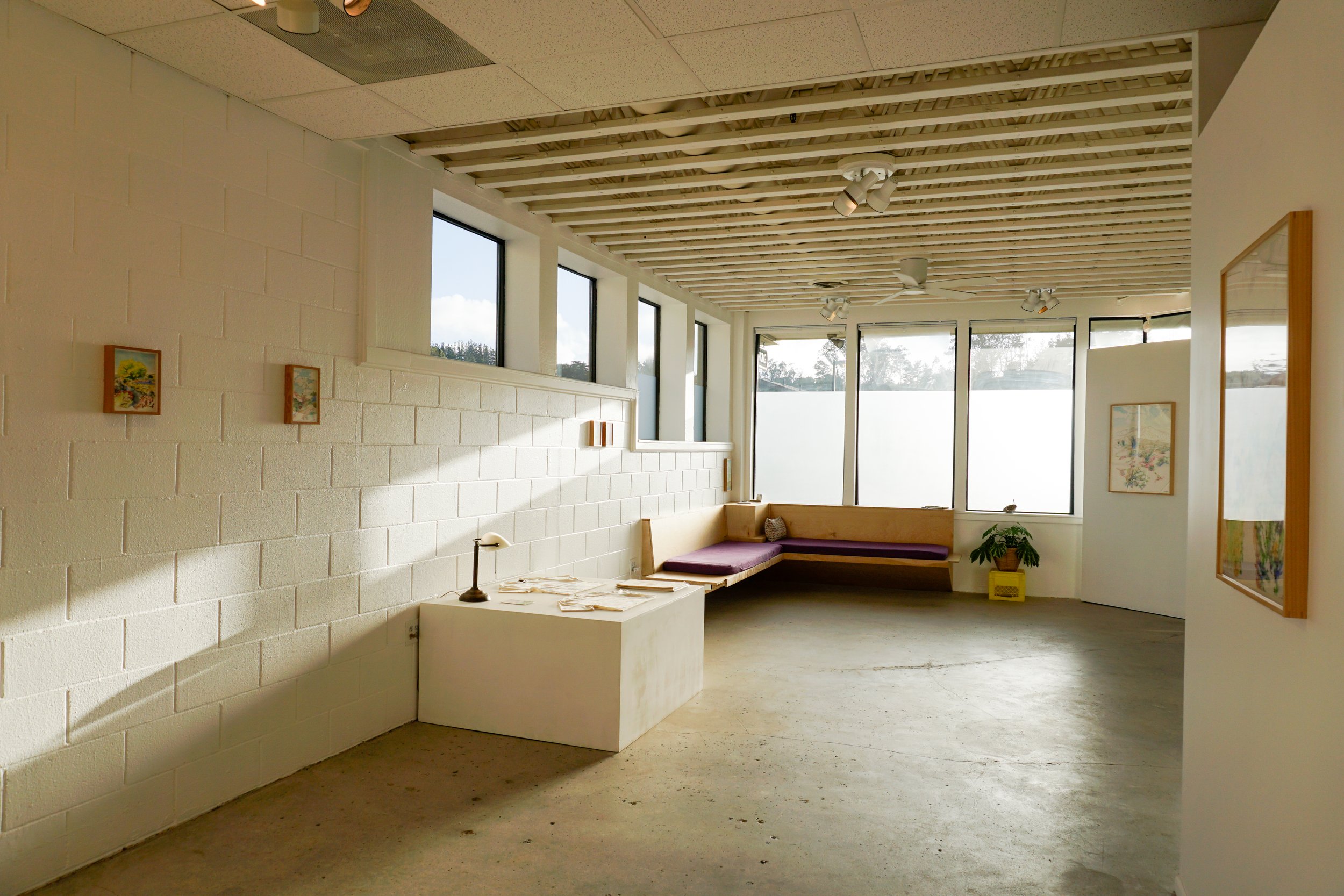
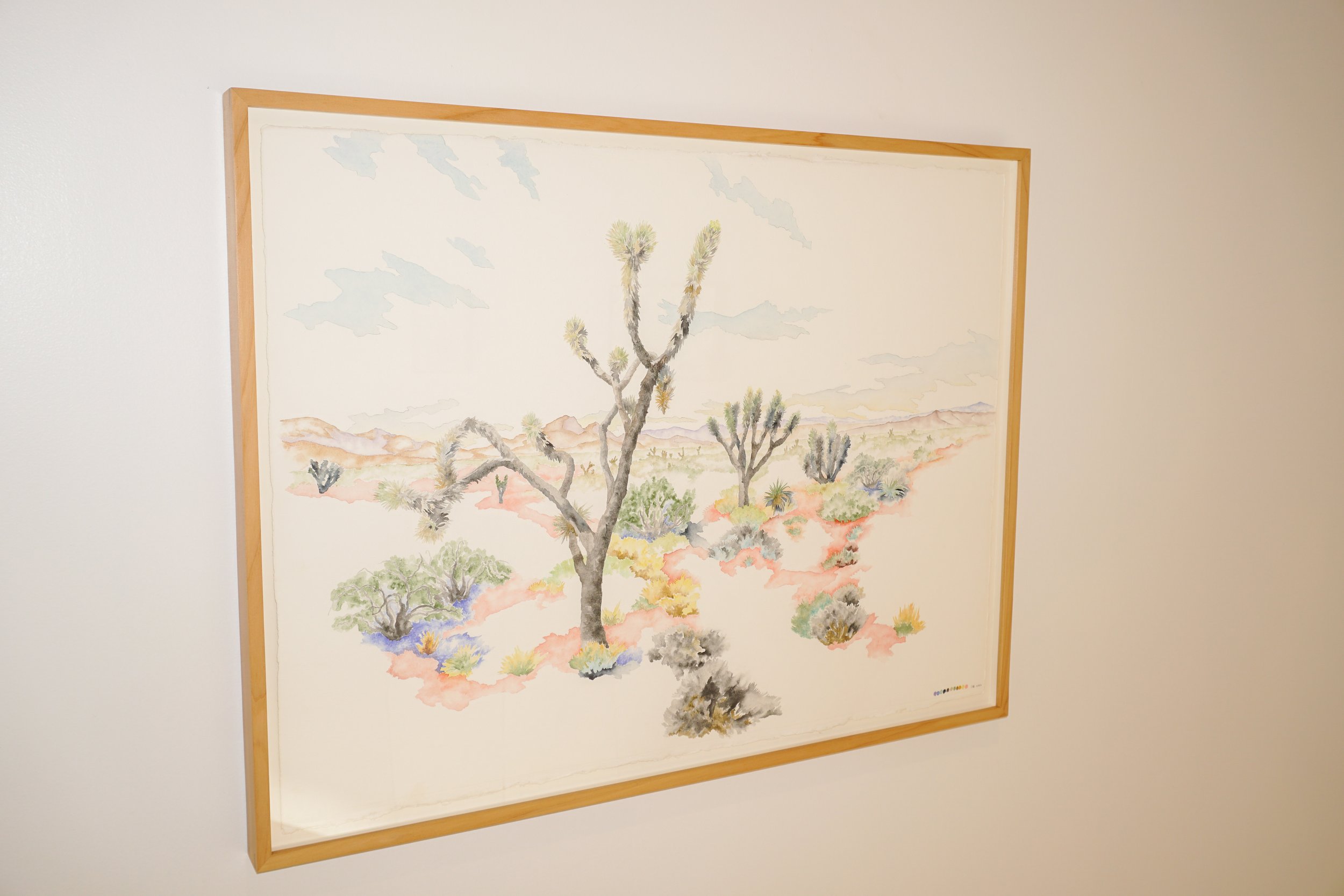
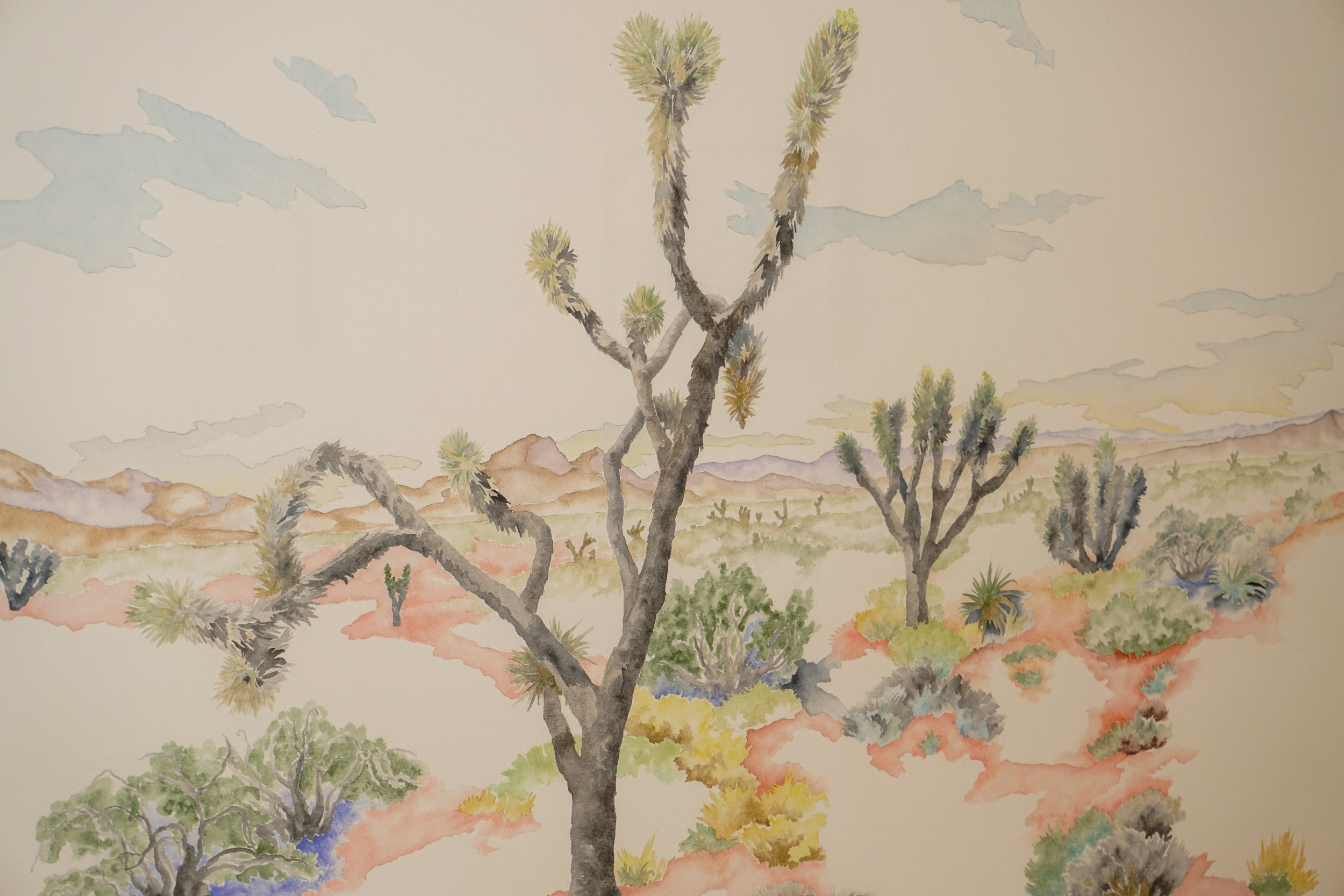
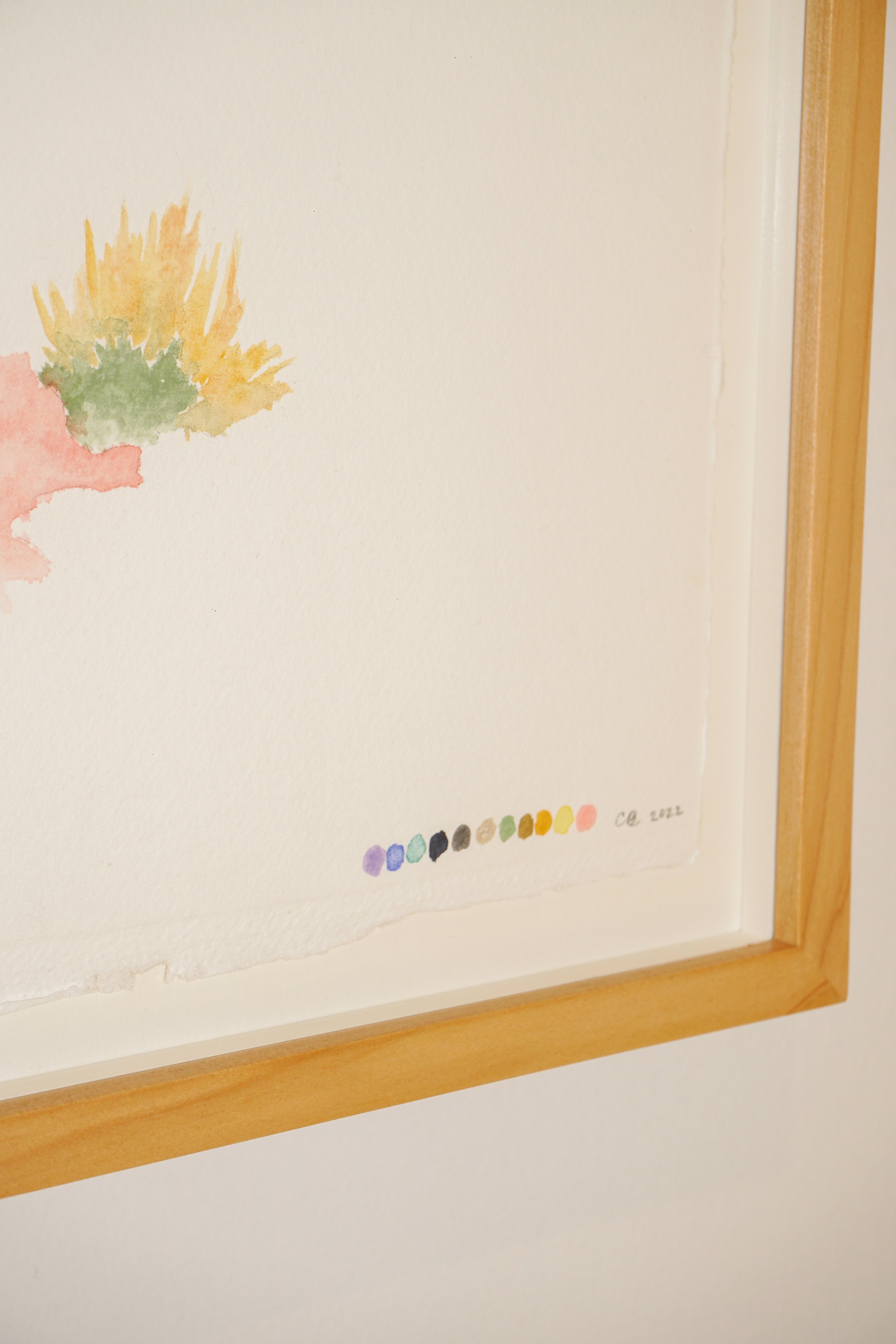
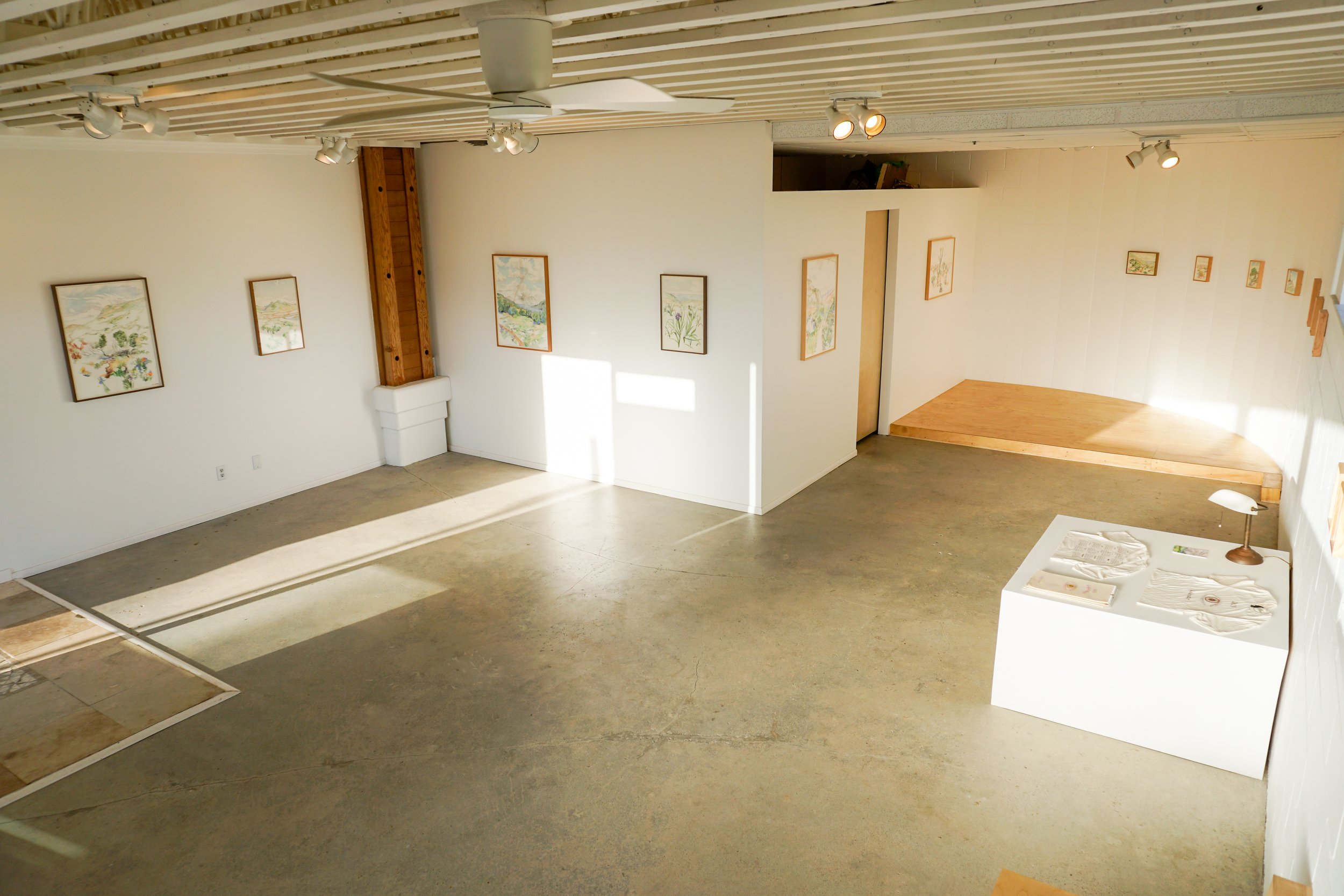

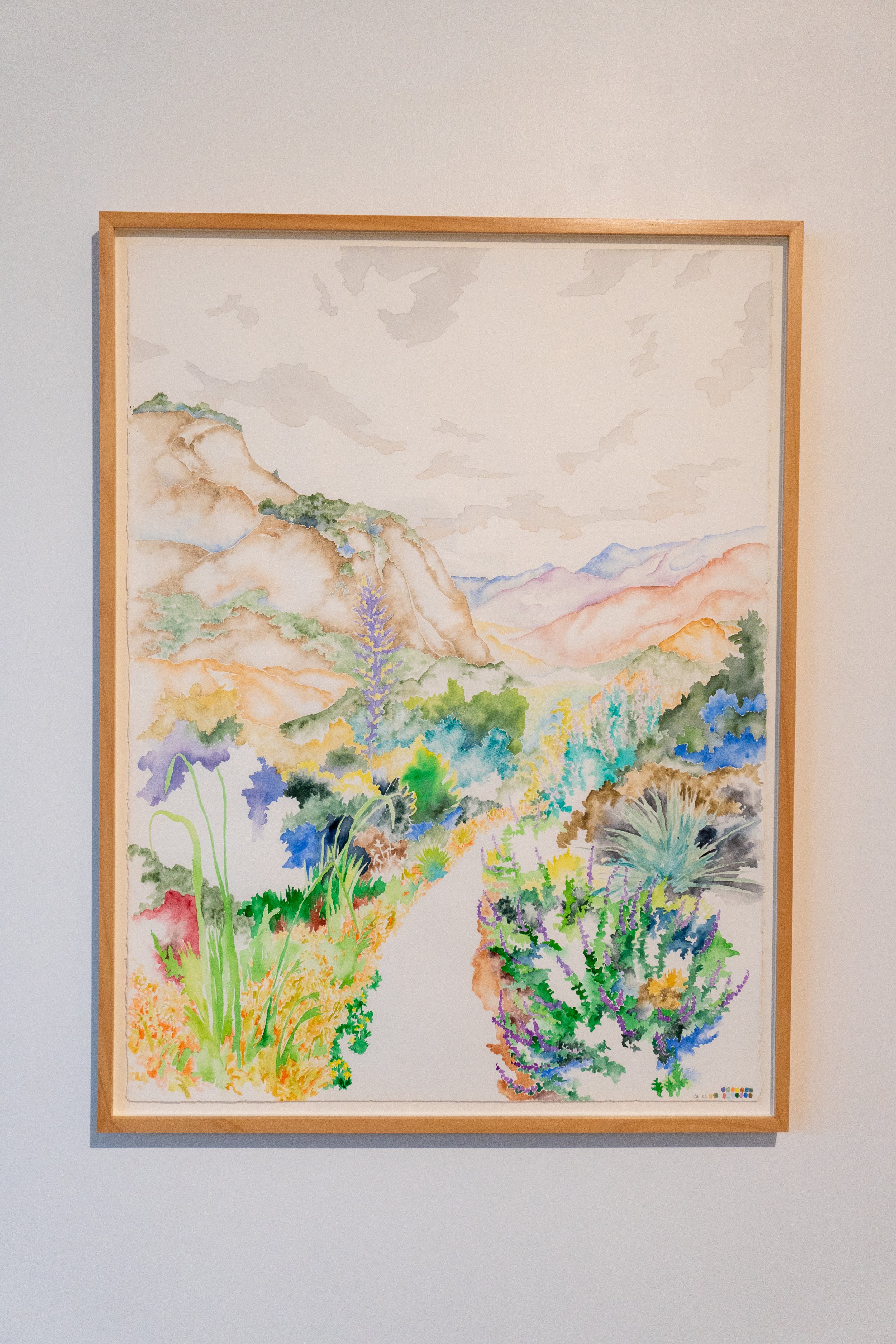
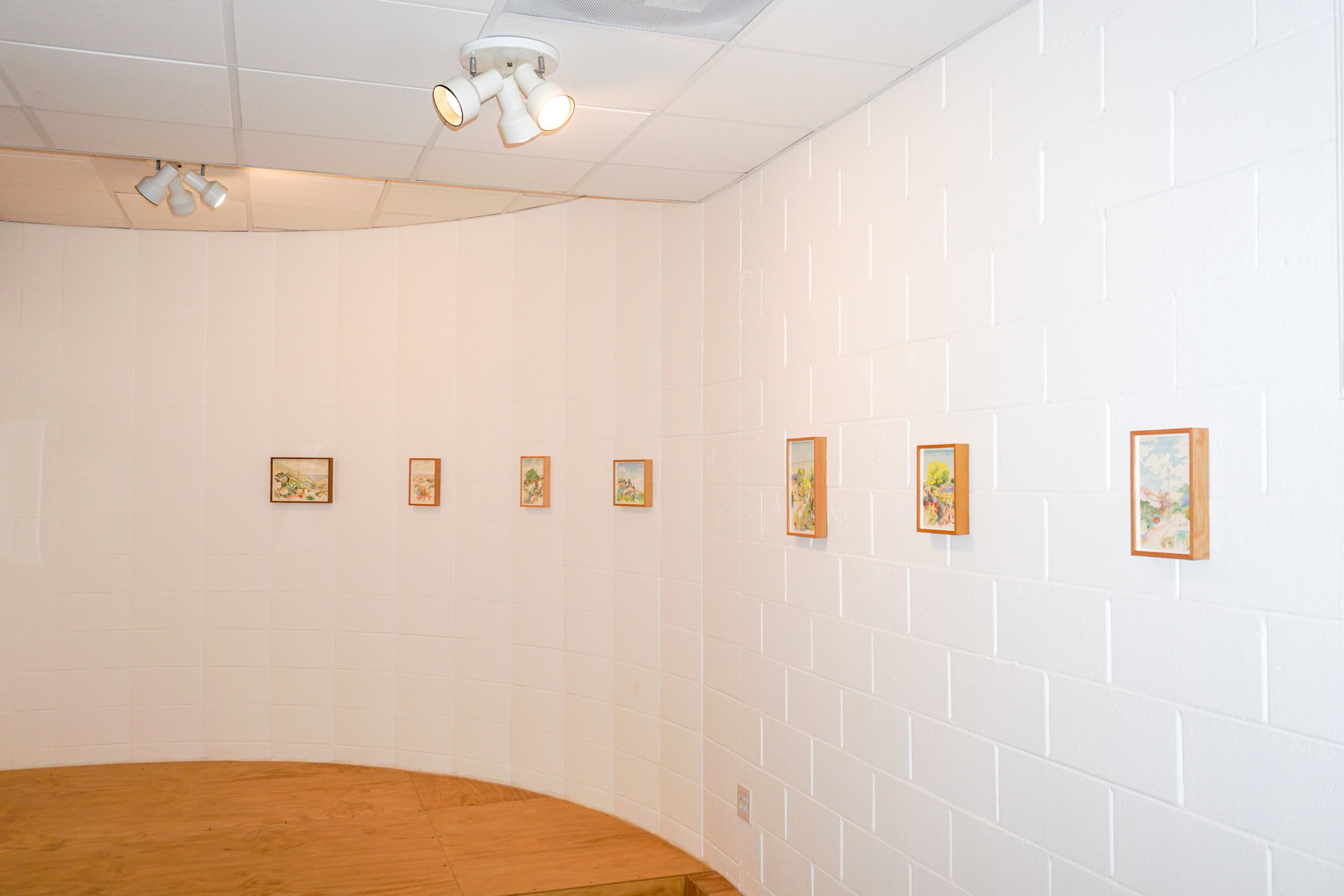
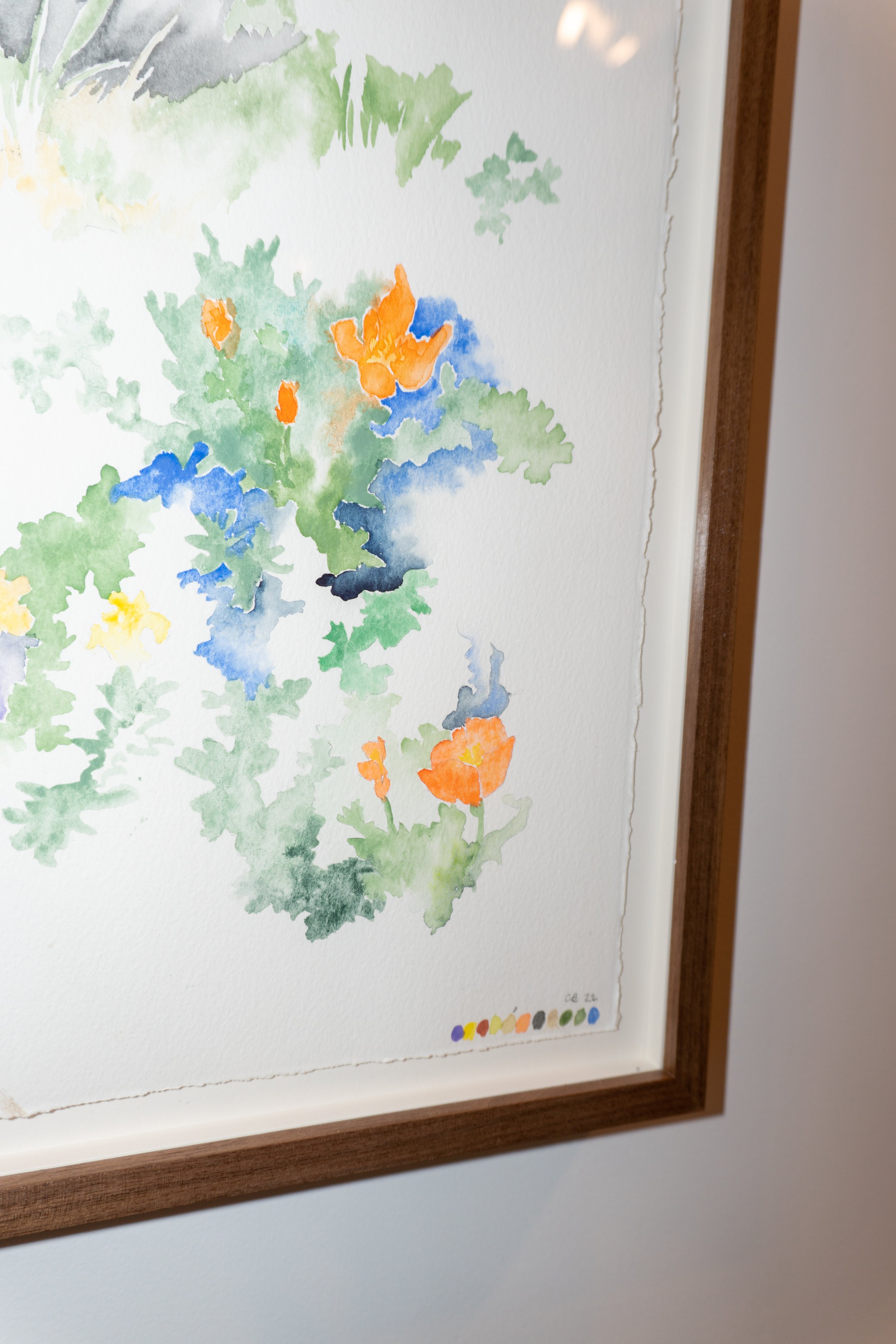
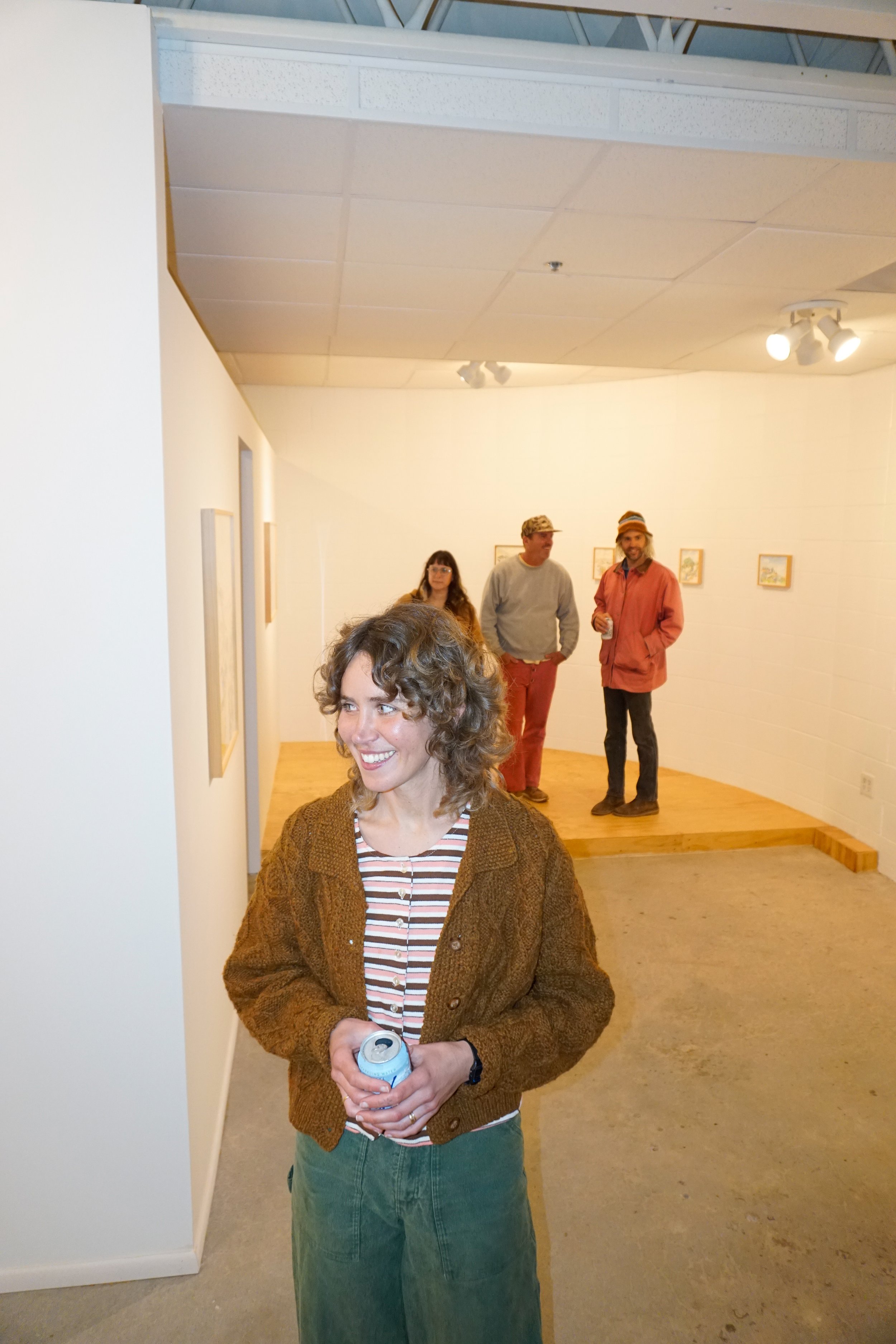
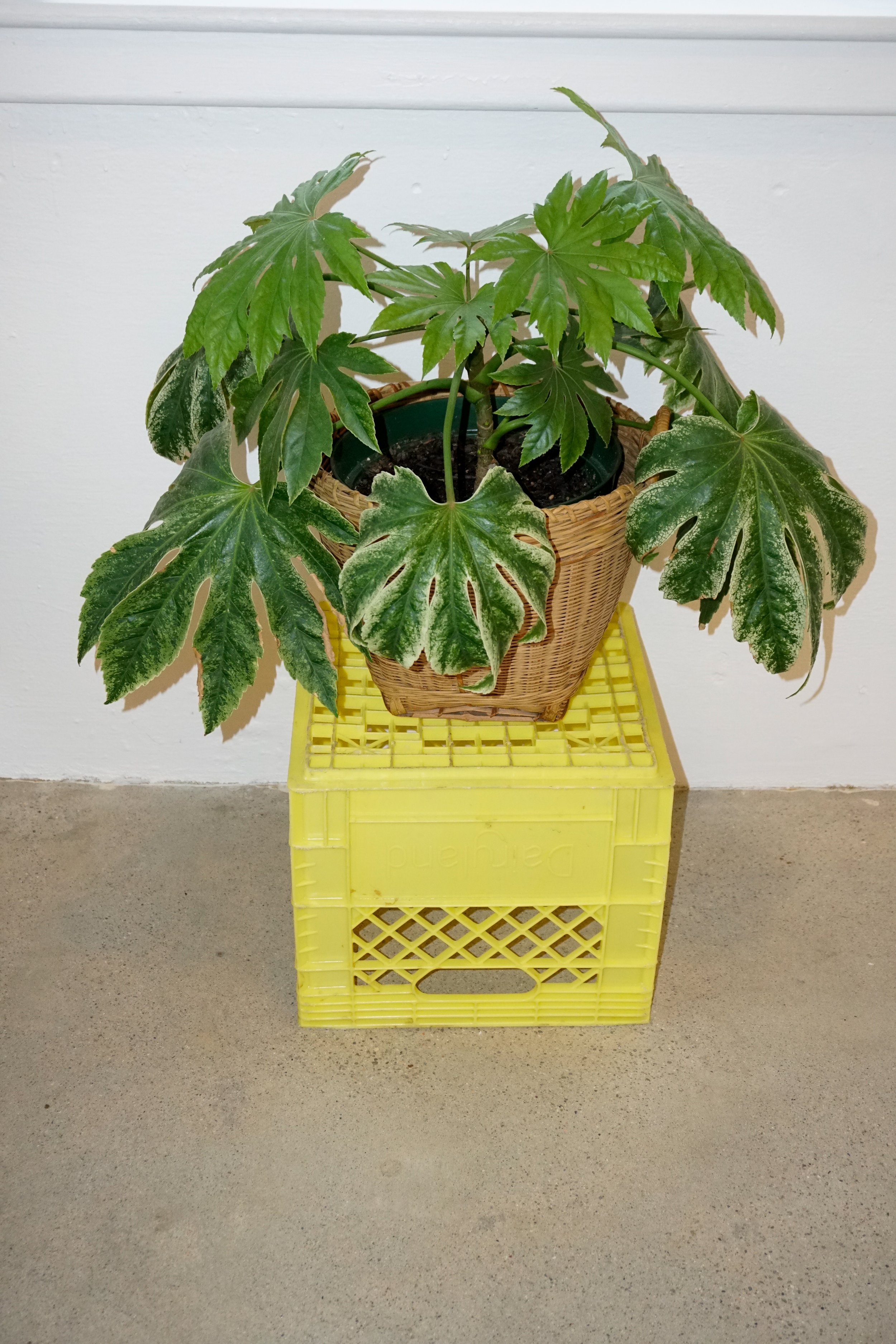

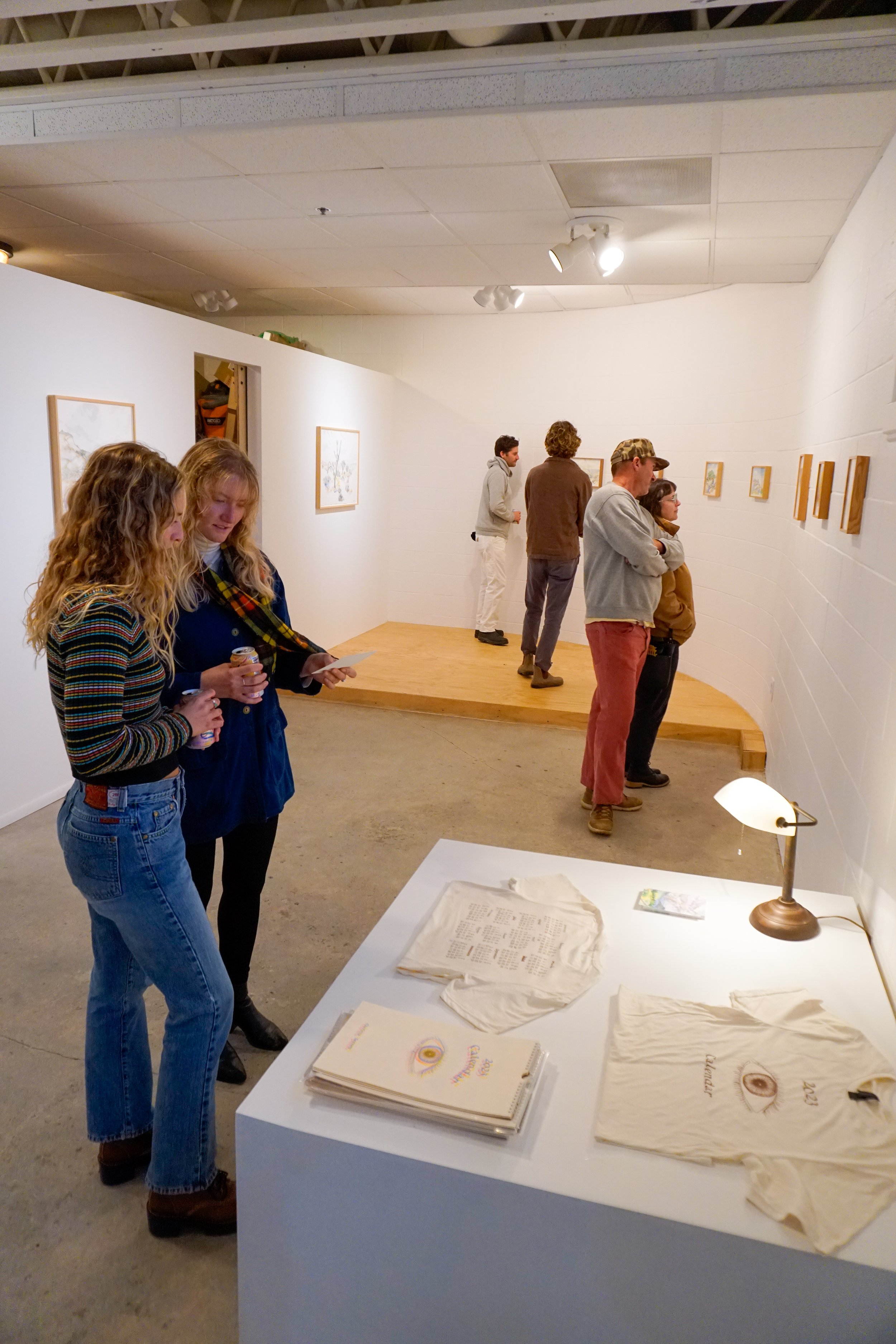
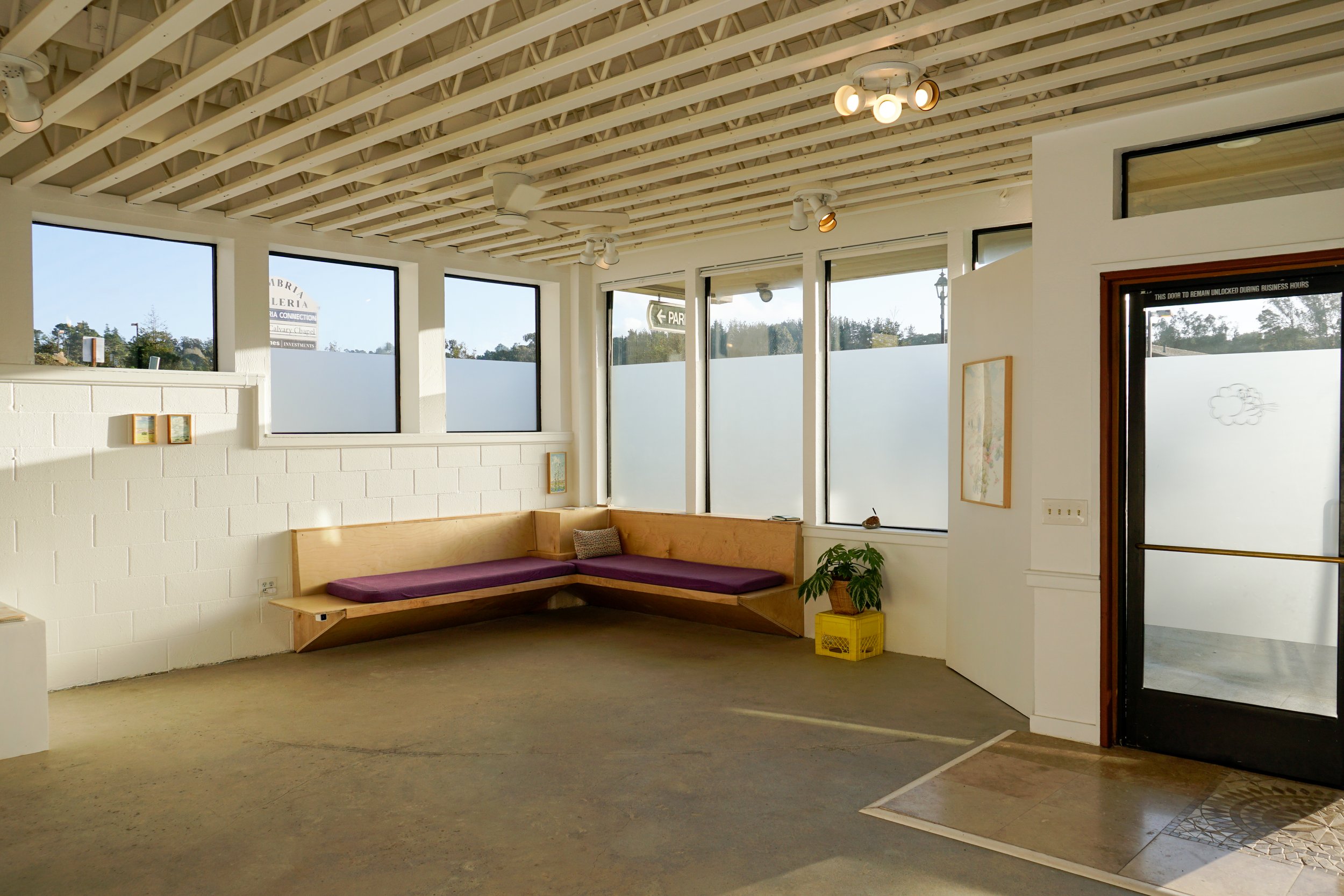
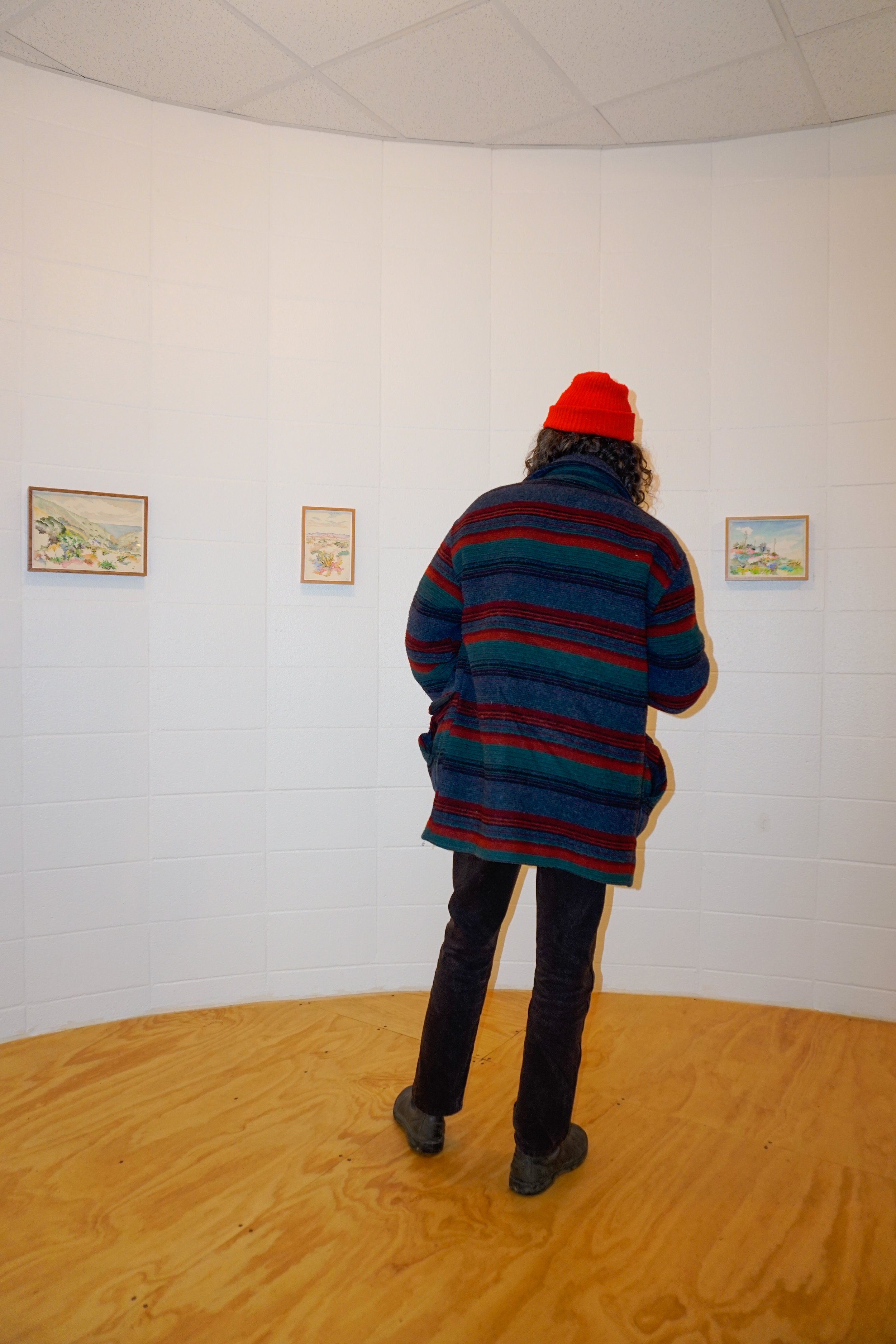
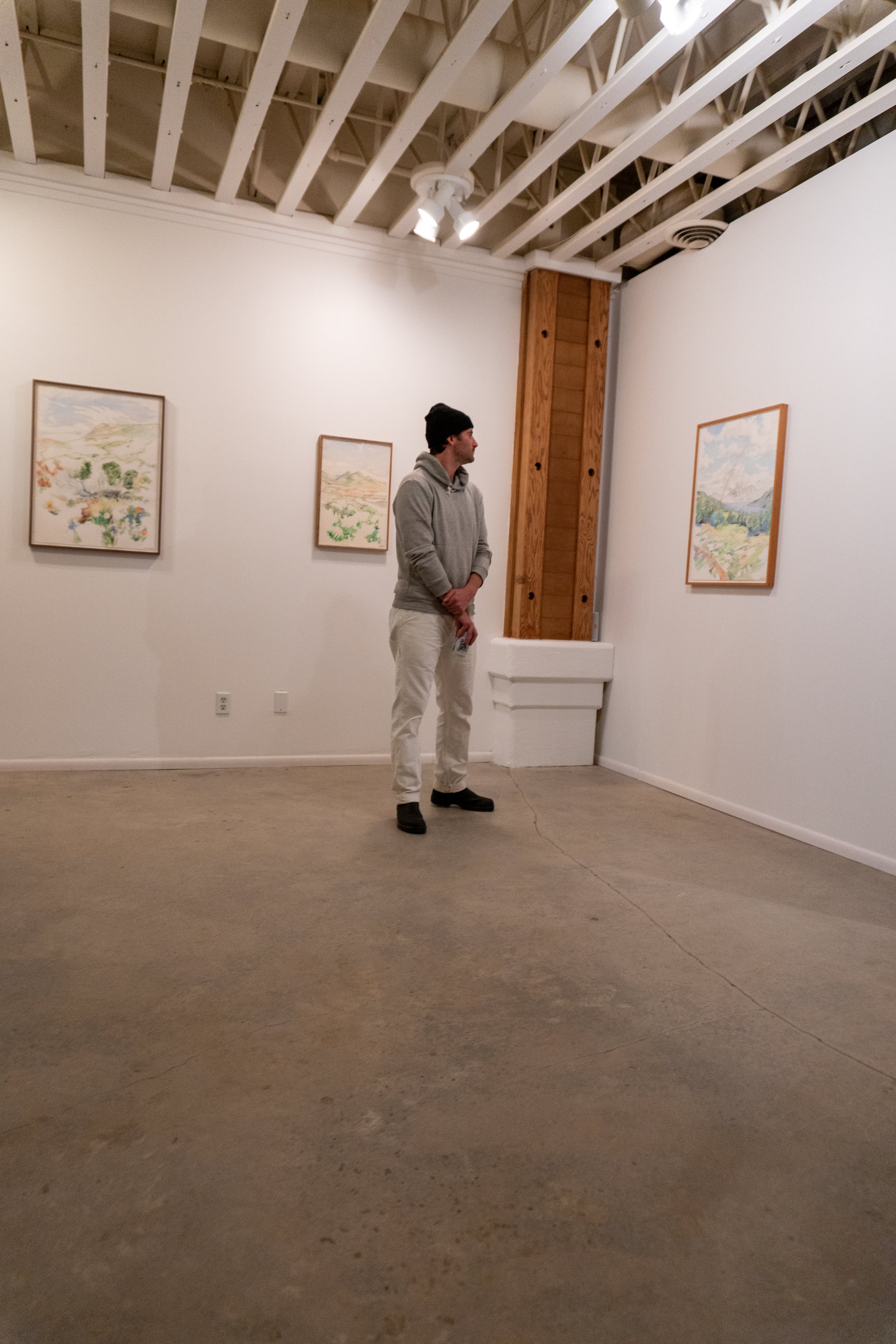
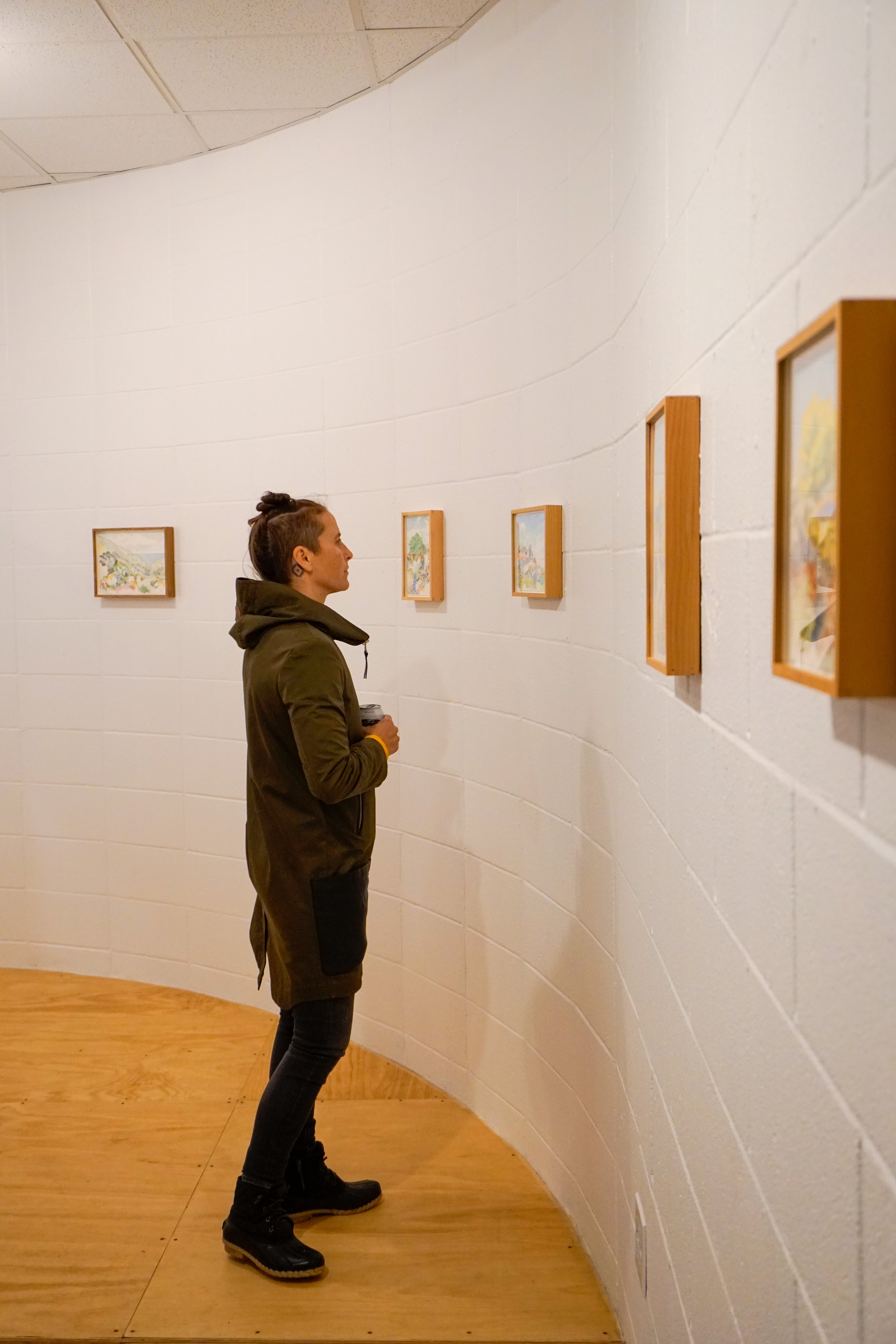
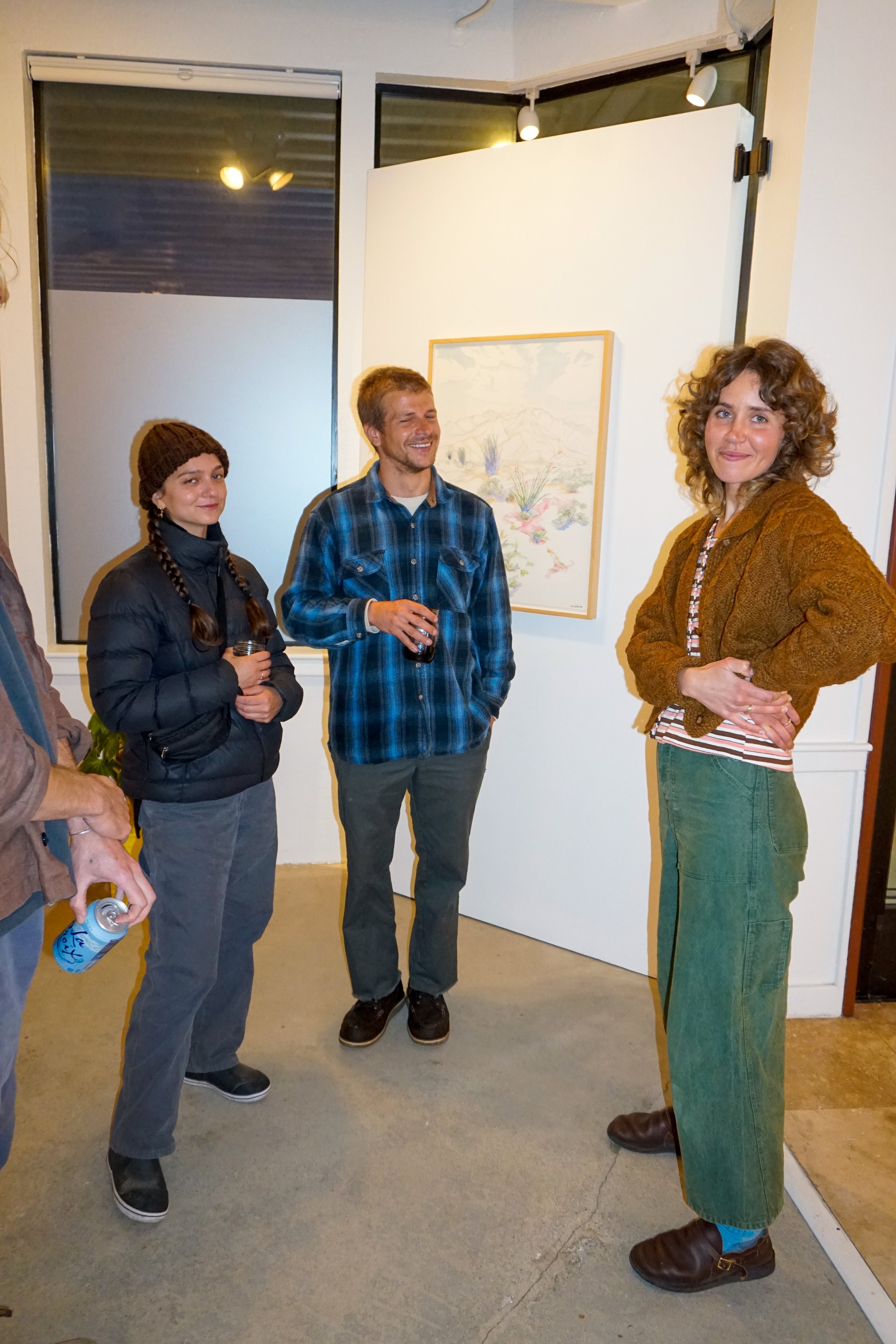
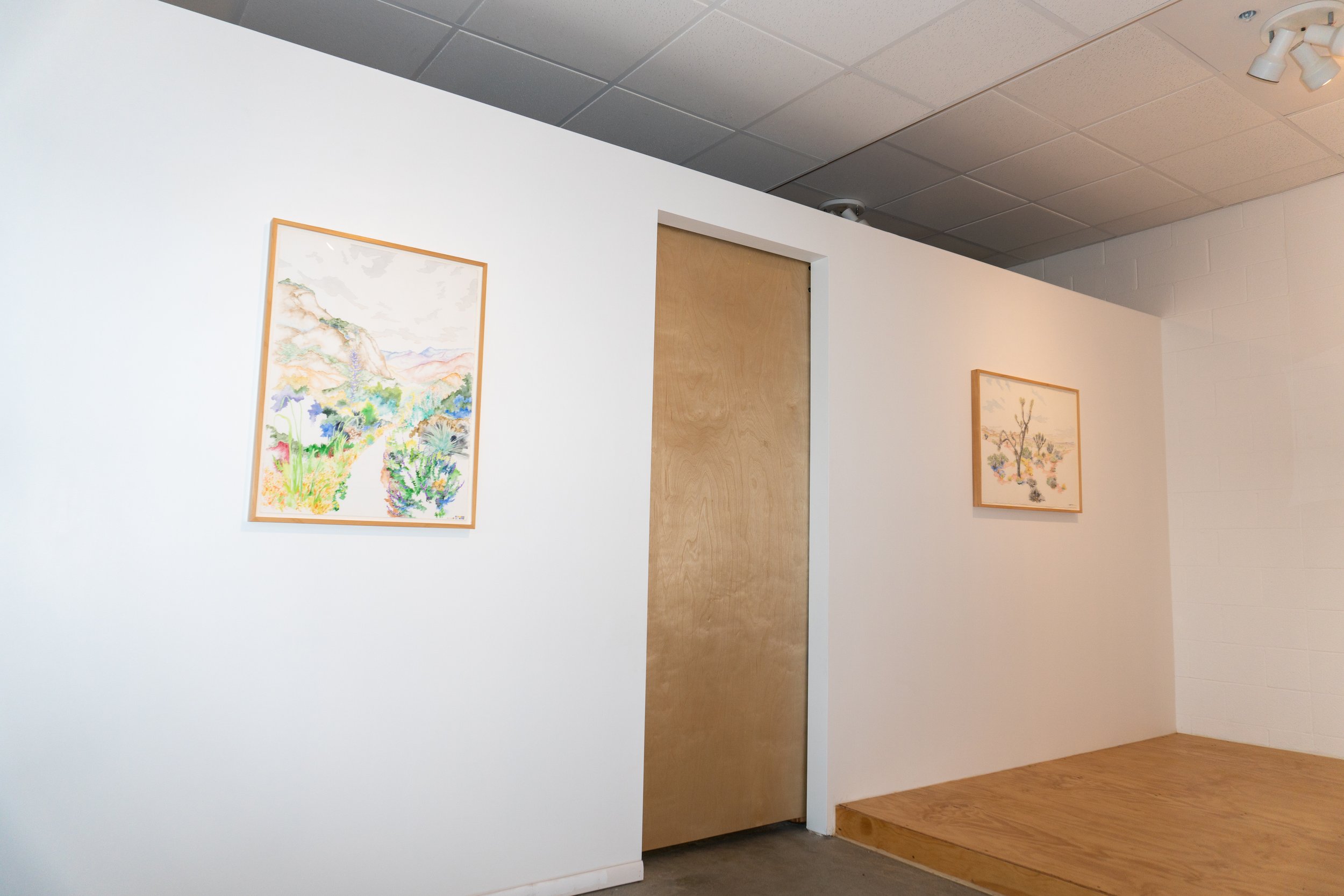

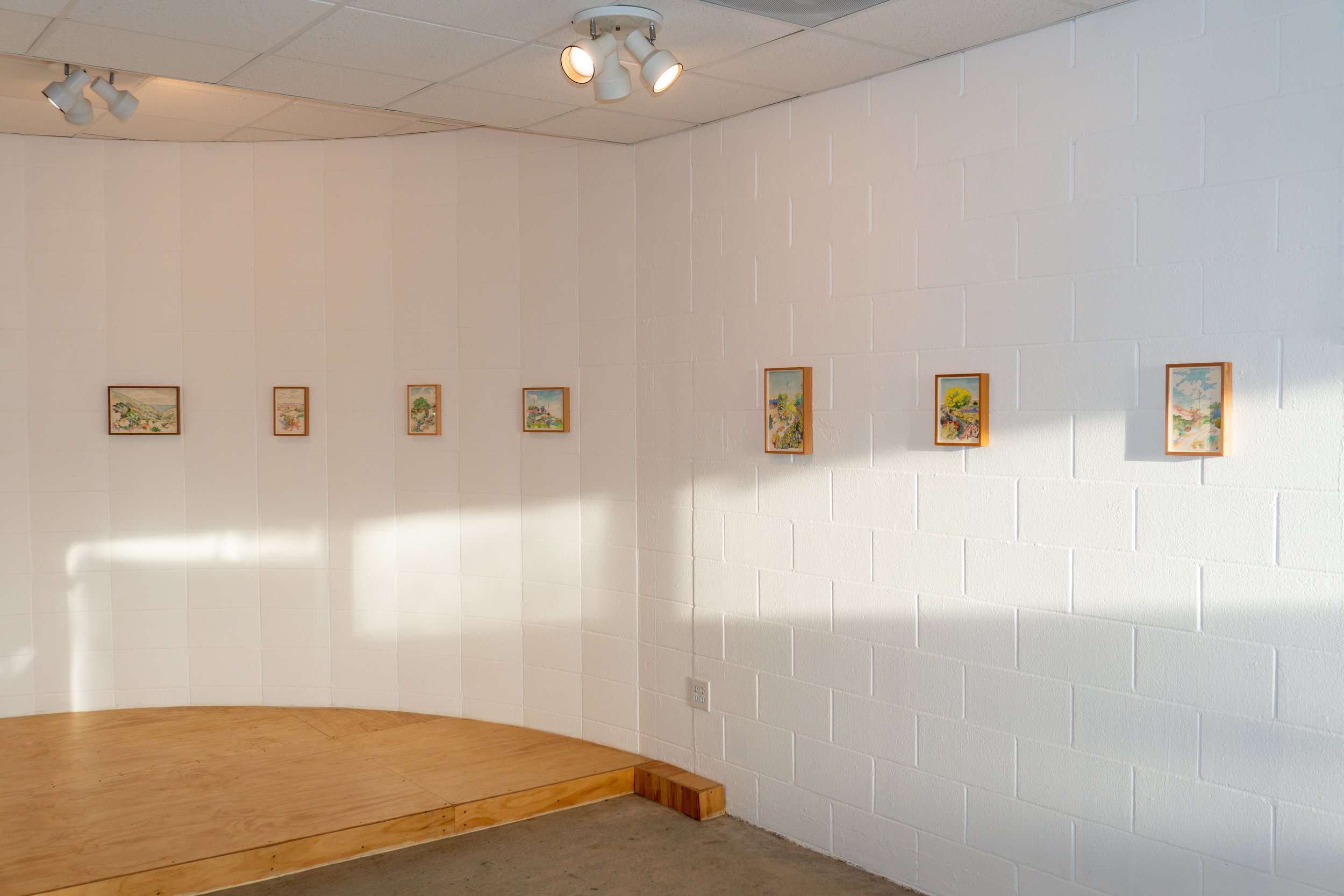
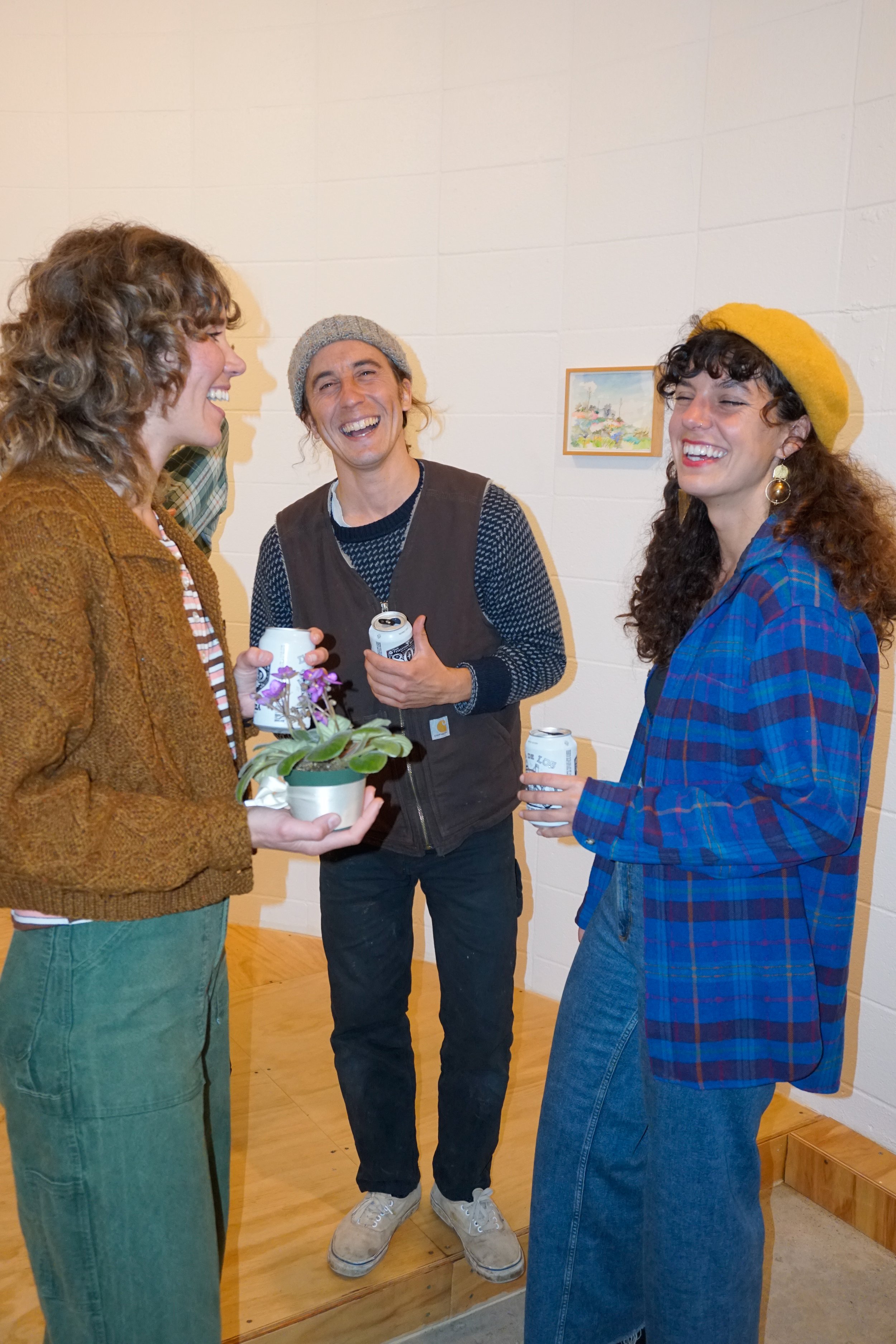
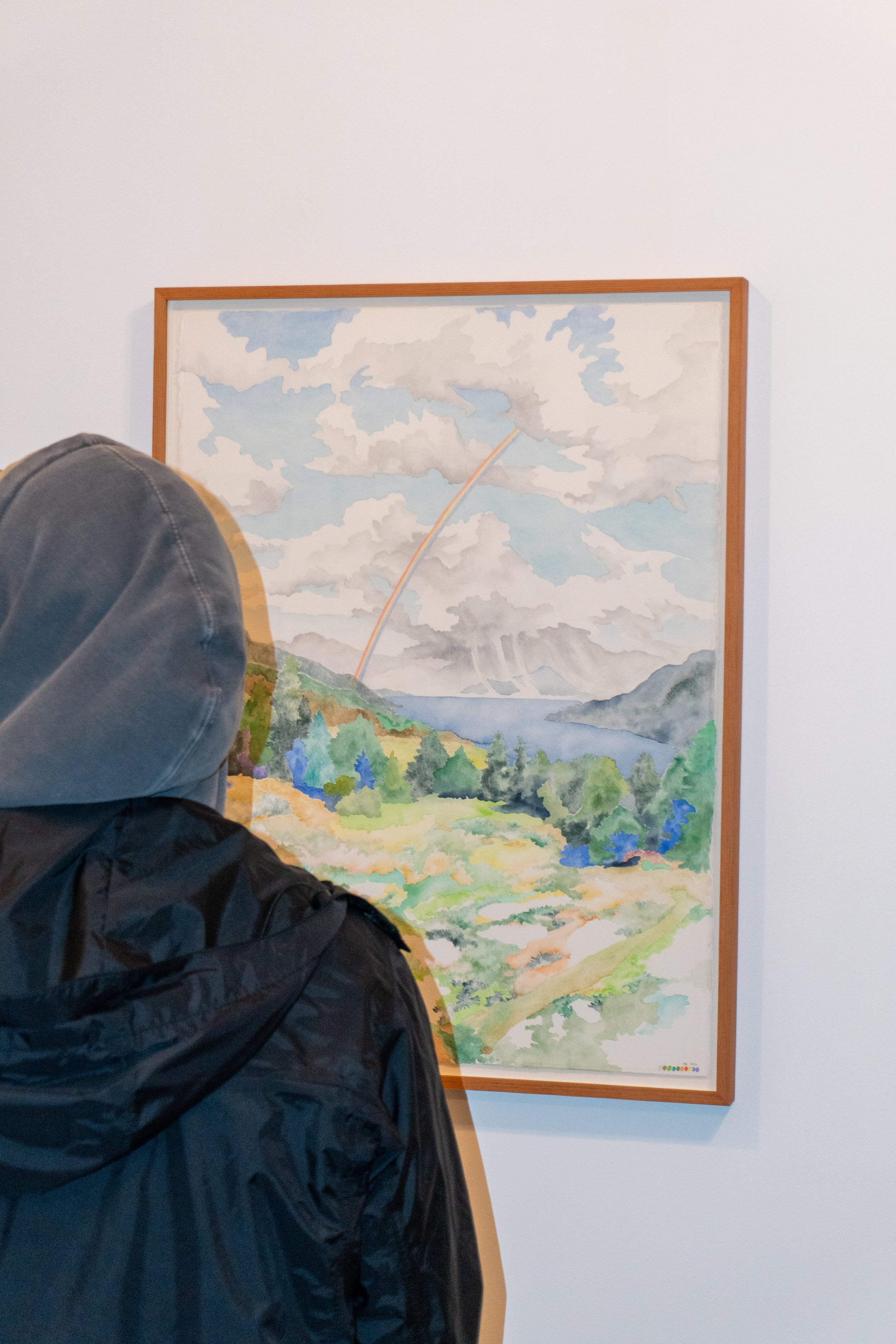
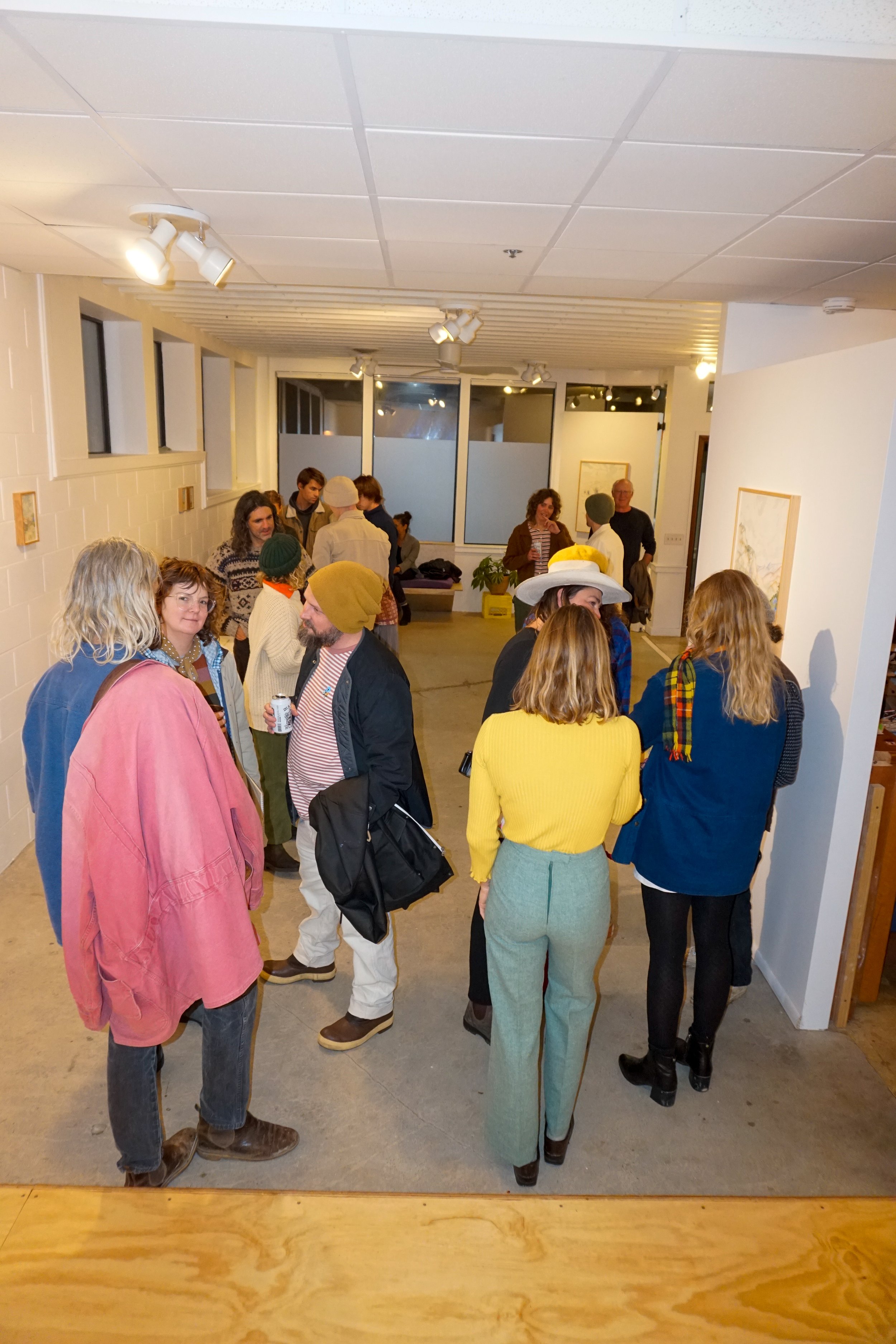
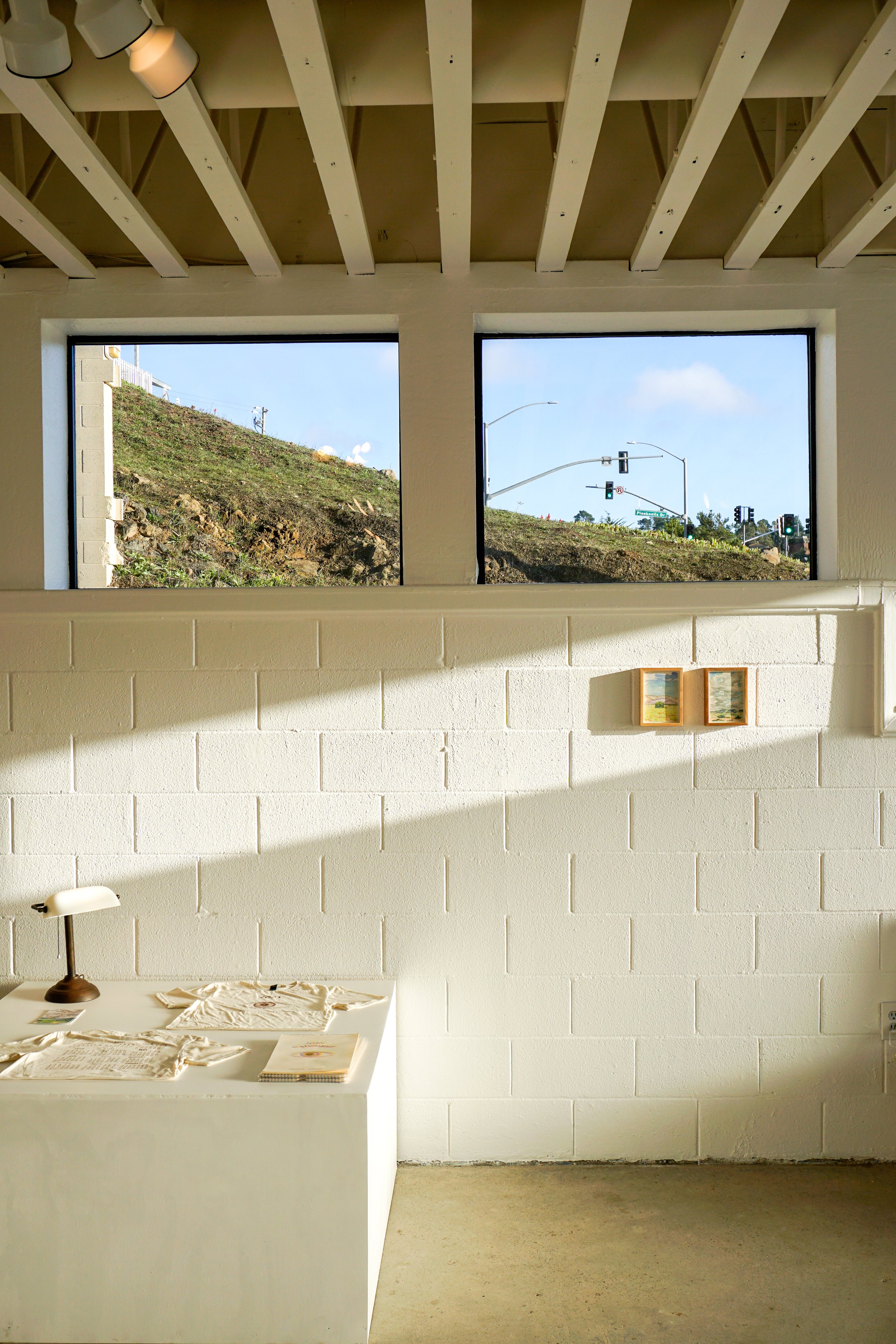
MATT WESSEN
GRIDLOCKED
WORKS AVAILABLE
Found, lost, discovered, recovered and discarded then reused and reframed bits of pixels, slides, screenshots, prints, objects and busted hard drives from the road less traveled will make up his solo show: ‘GRIDLOCKED’.
“I’ve spent a lot of time listening to old surfers talk about their experiences… it feels more like the tradition of Native American storytelling. I’ve heard the same story from so many people, from so many different perspectives. The difference between you buying one over another is because of what that person stands for.”
This type of undocumented, personal storytelling is a characteristic friction in Wessen’s artistic practice: a deep respect and nostalgia for the influence of the past, and a desire to preserve it. On one hand, the “underground” has been defined by its mystery, by its “if you know, you know” attitude. On the other, Wessen dutifully captures and preserves the sentimental objects that come from a communally imagined history by cataloging and presenting those objects and moments with his own personally redefined scope, scale and medium.
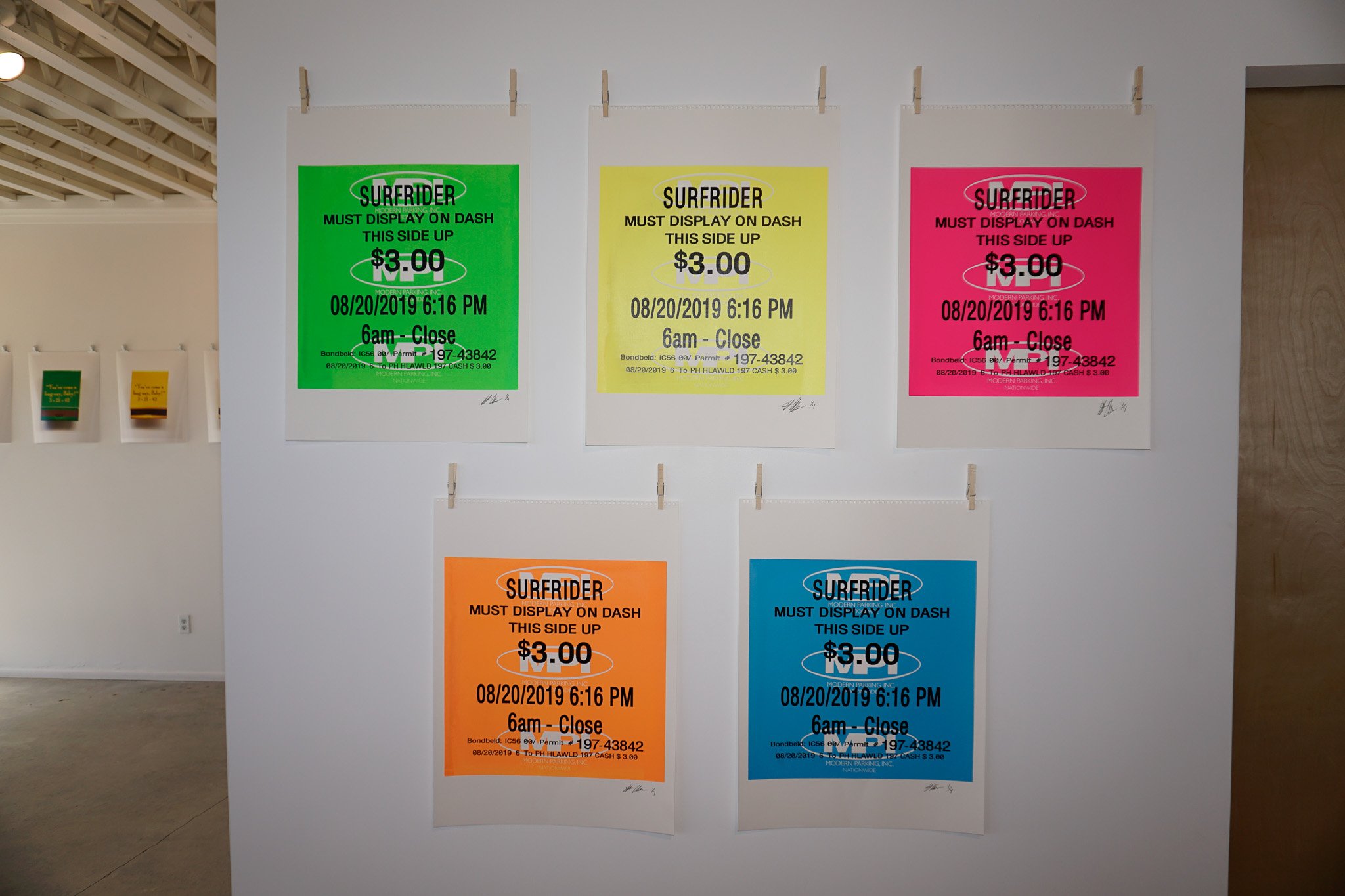

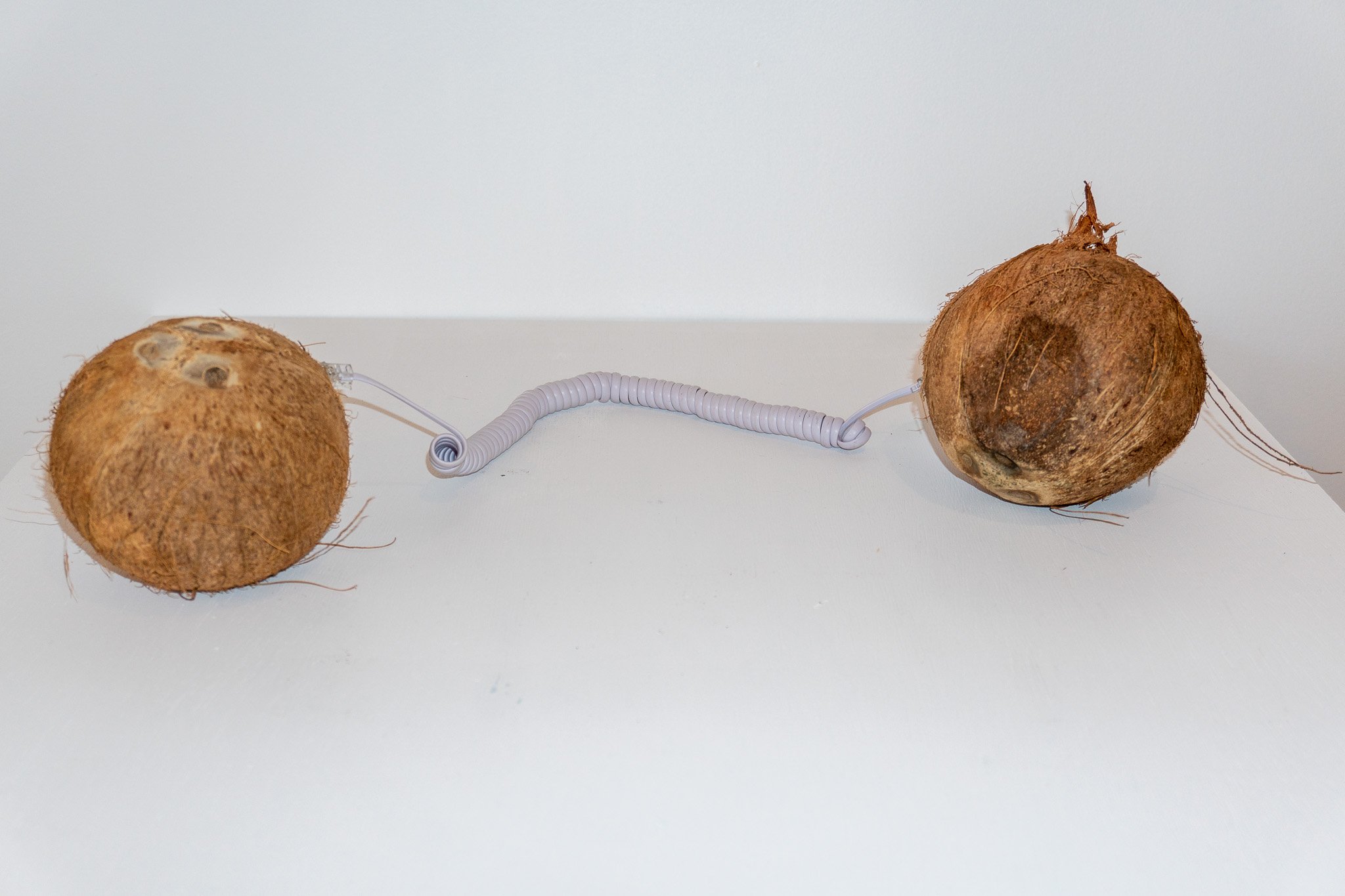
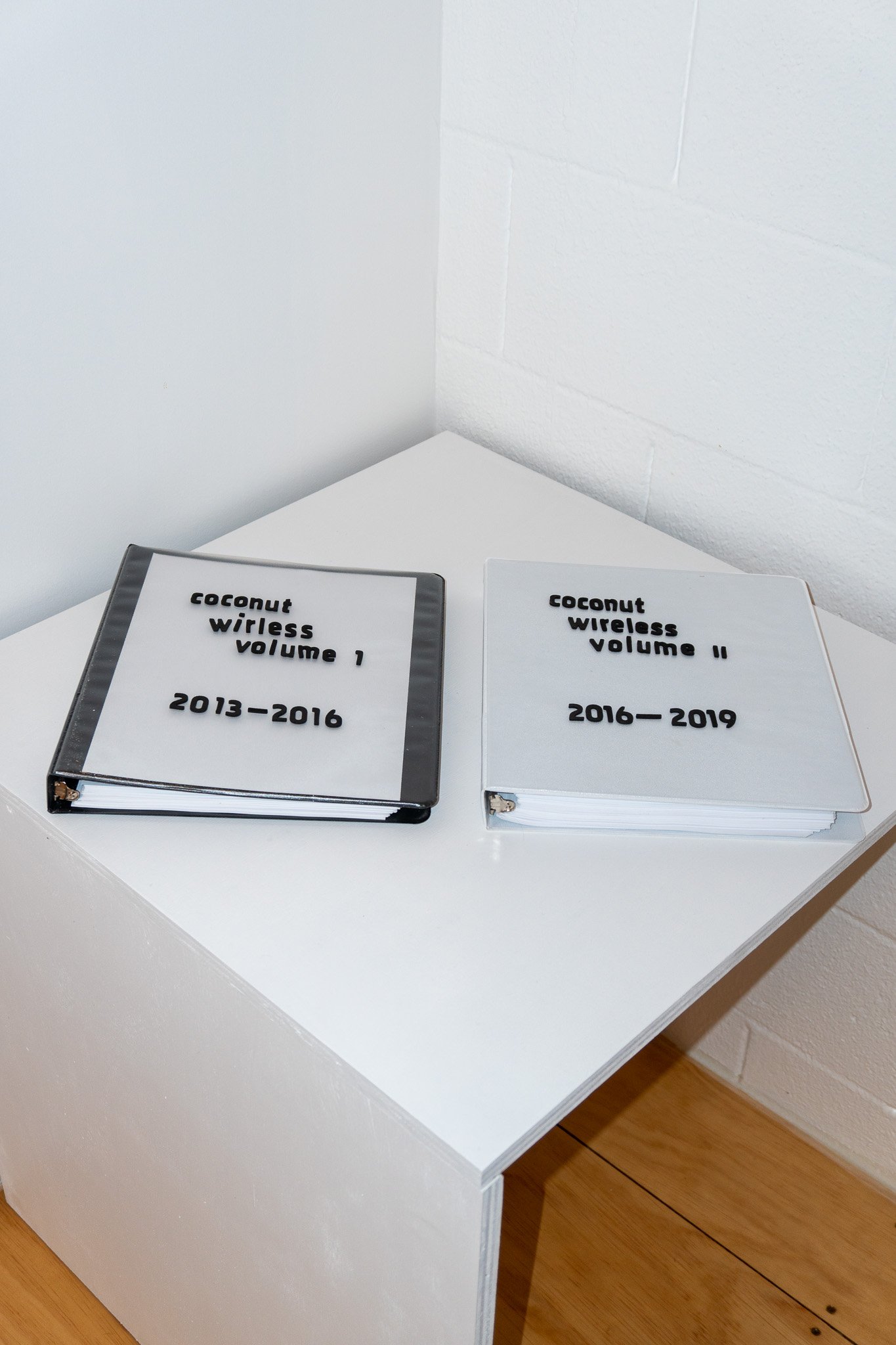
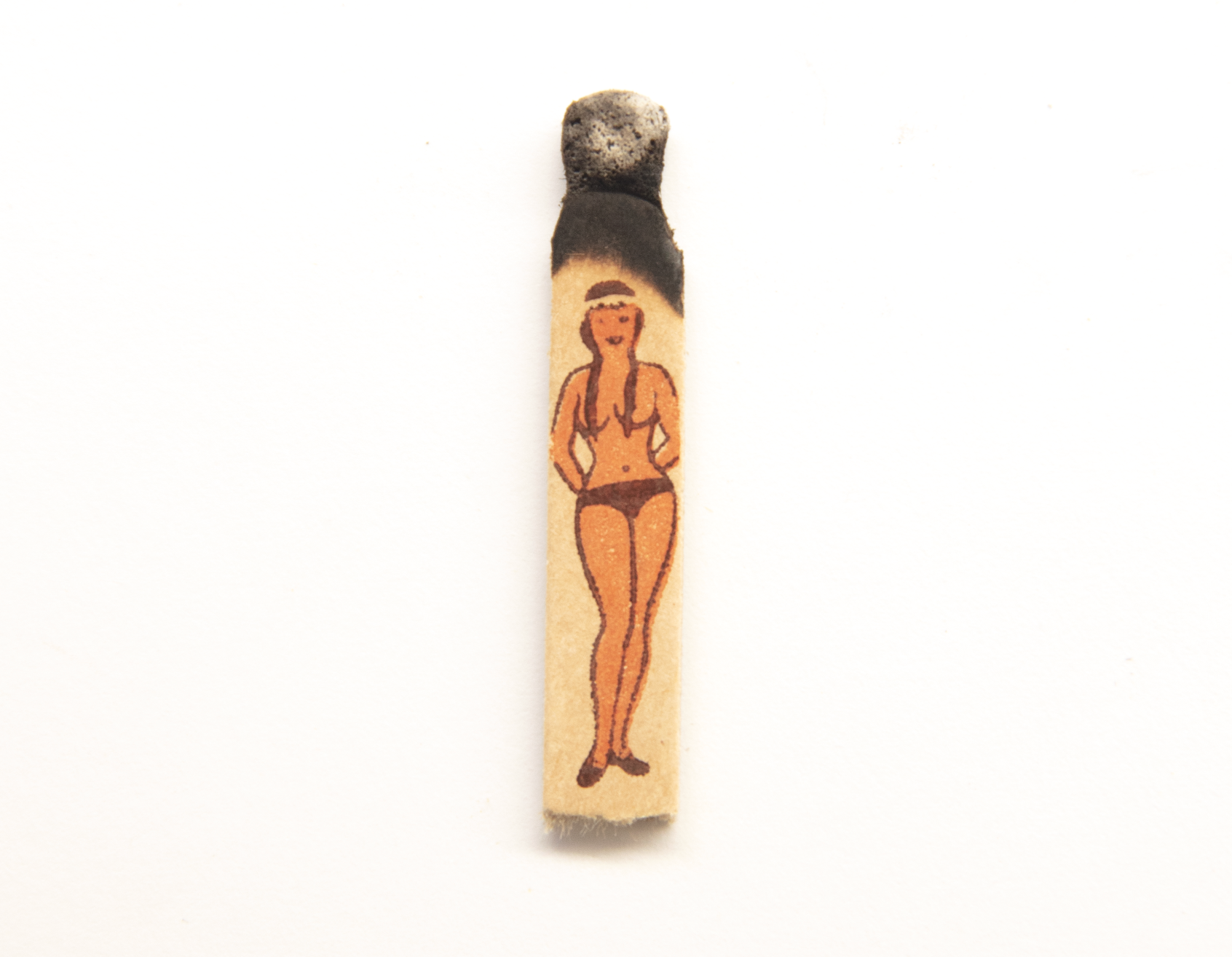
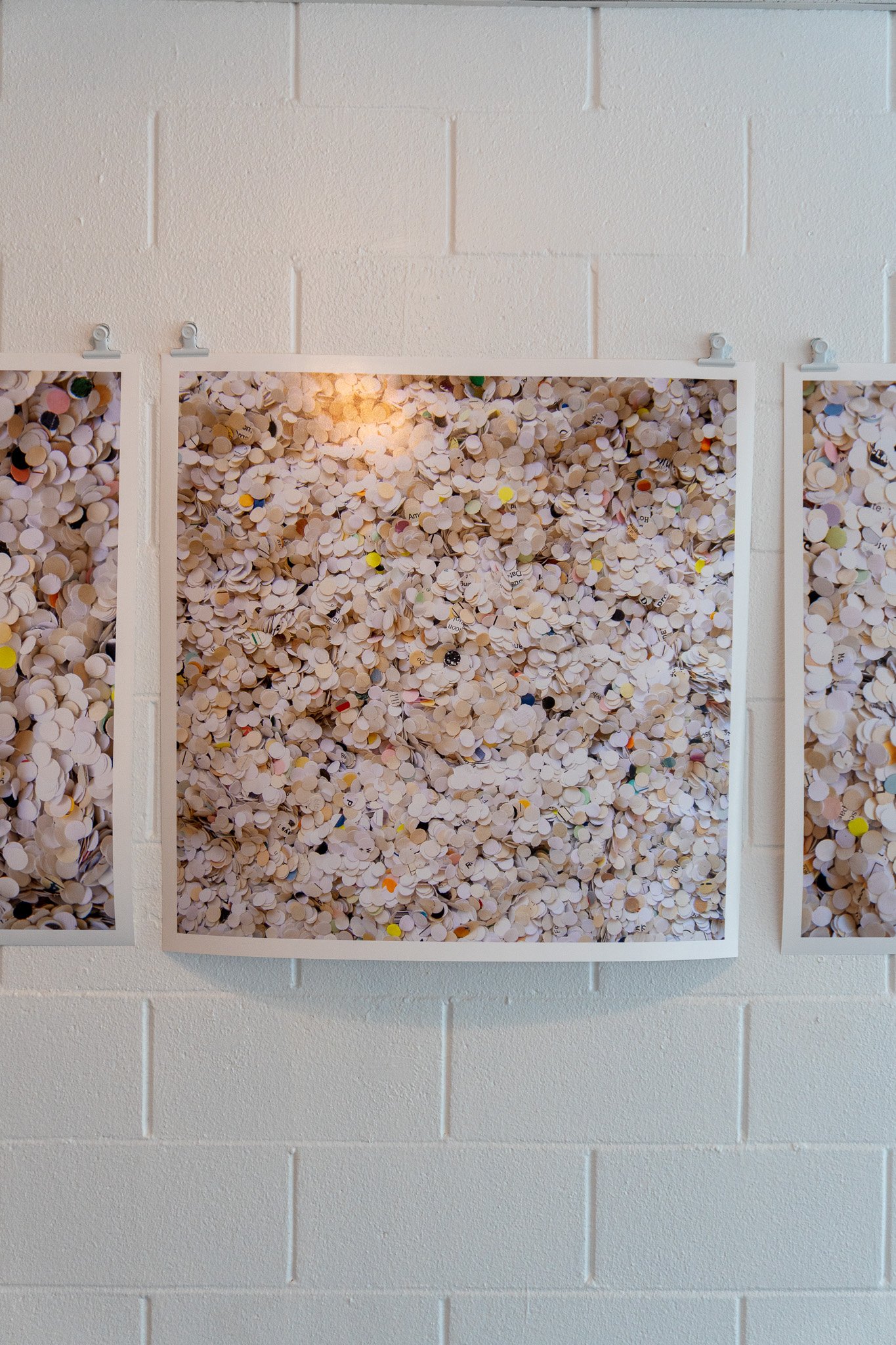
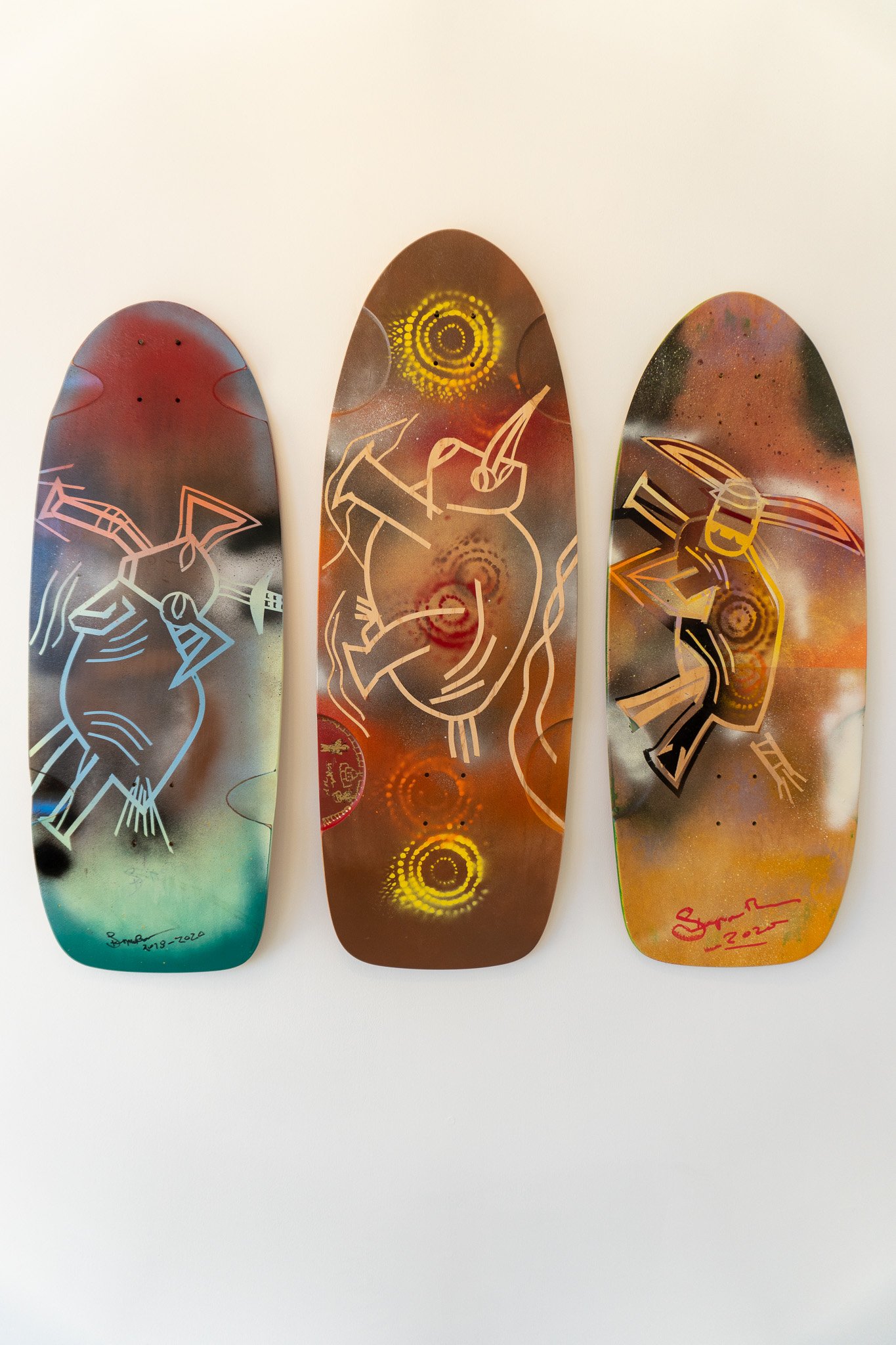
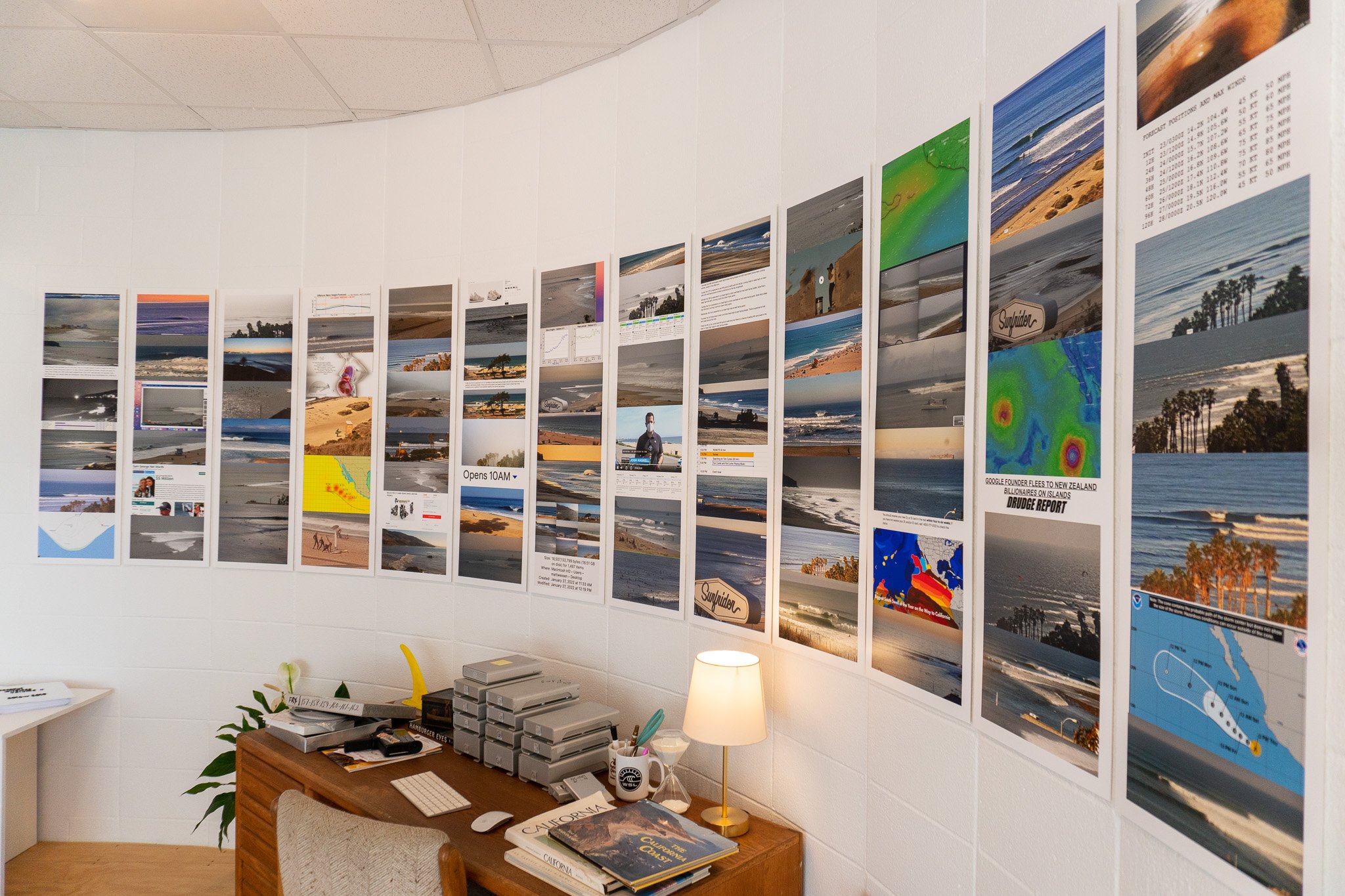
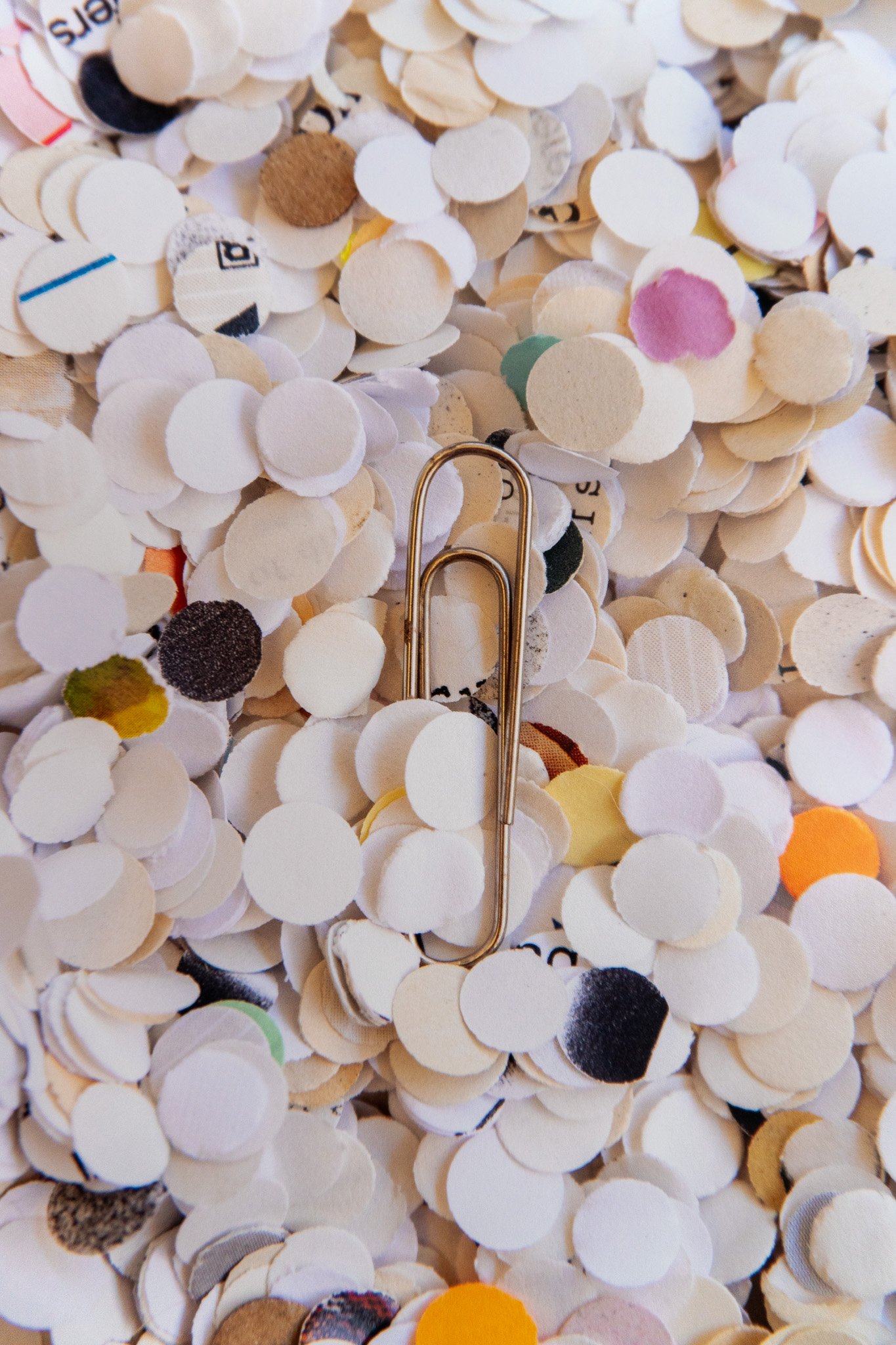
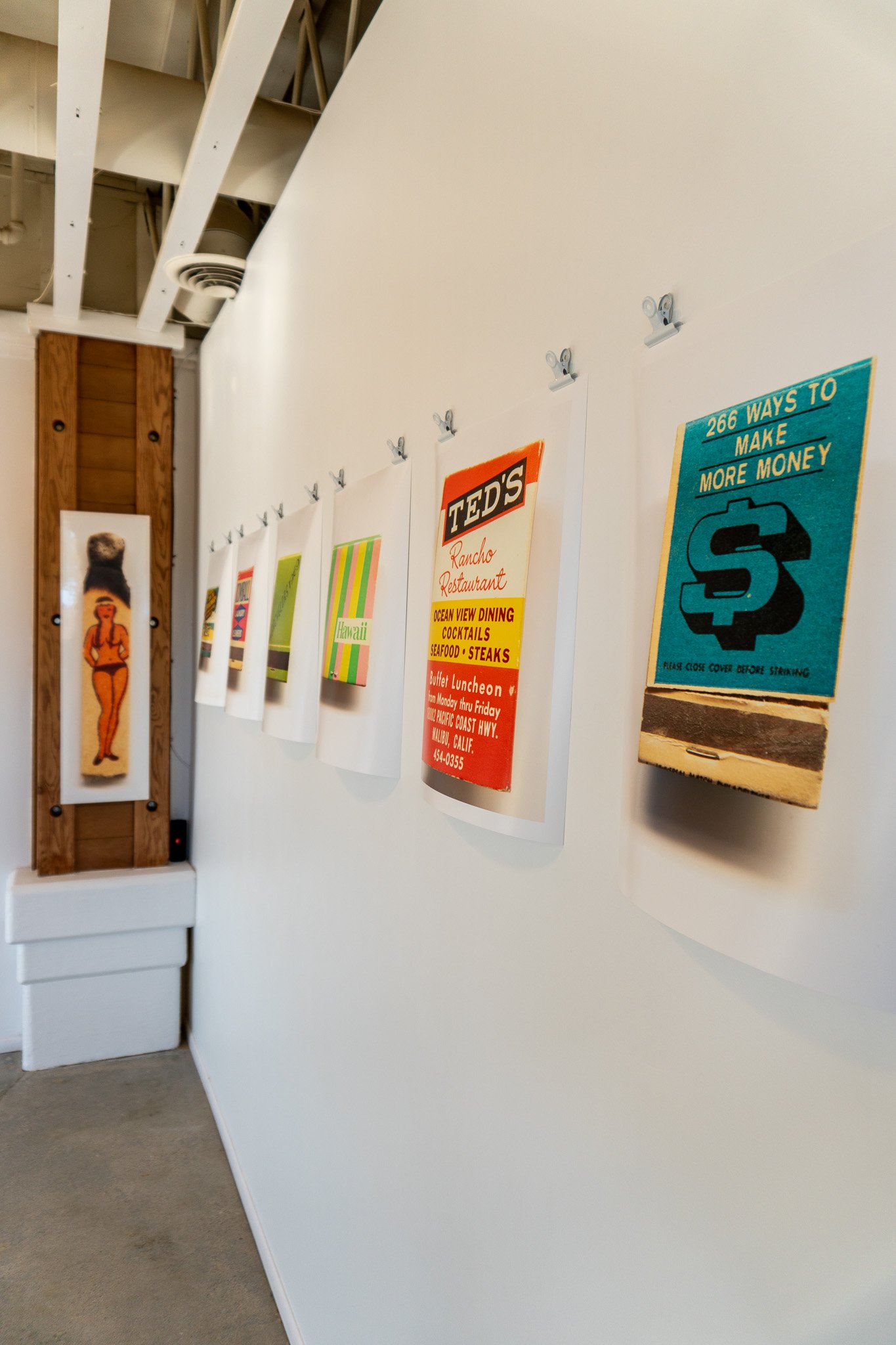
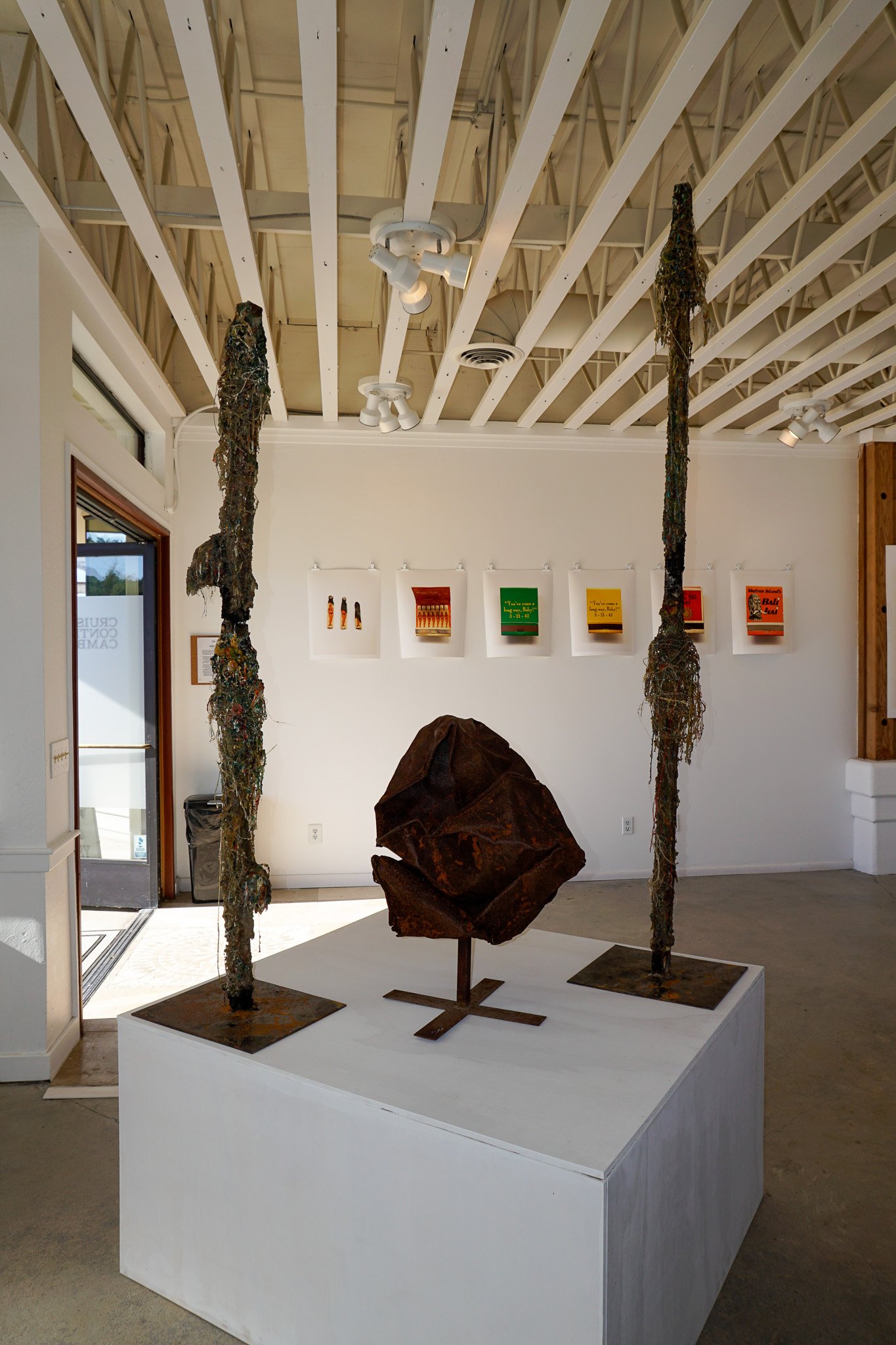
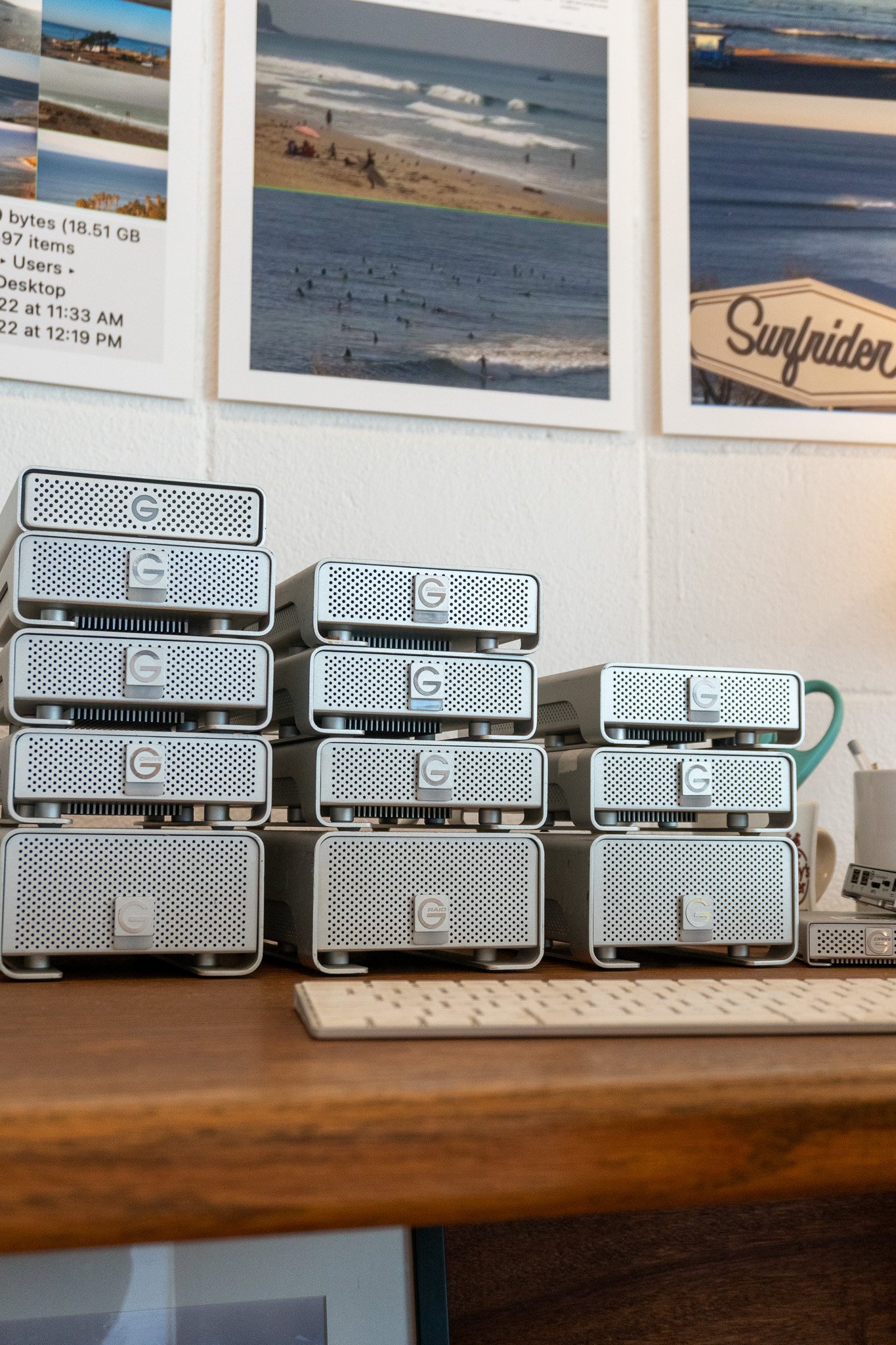
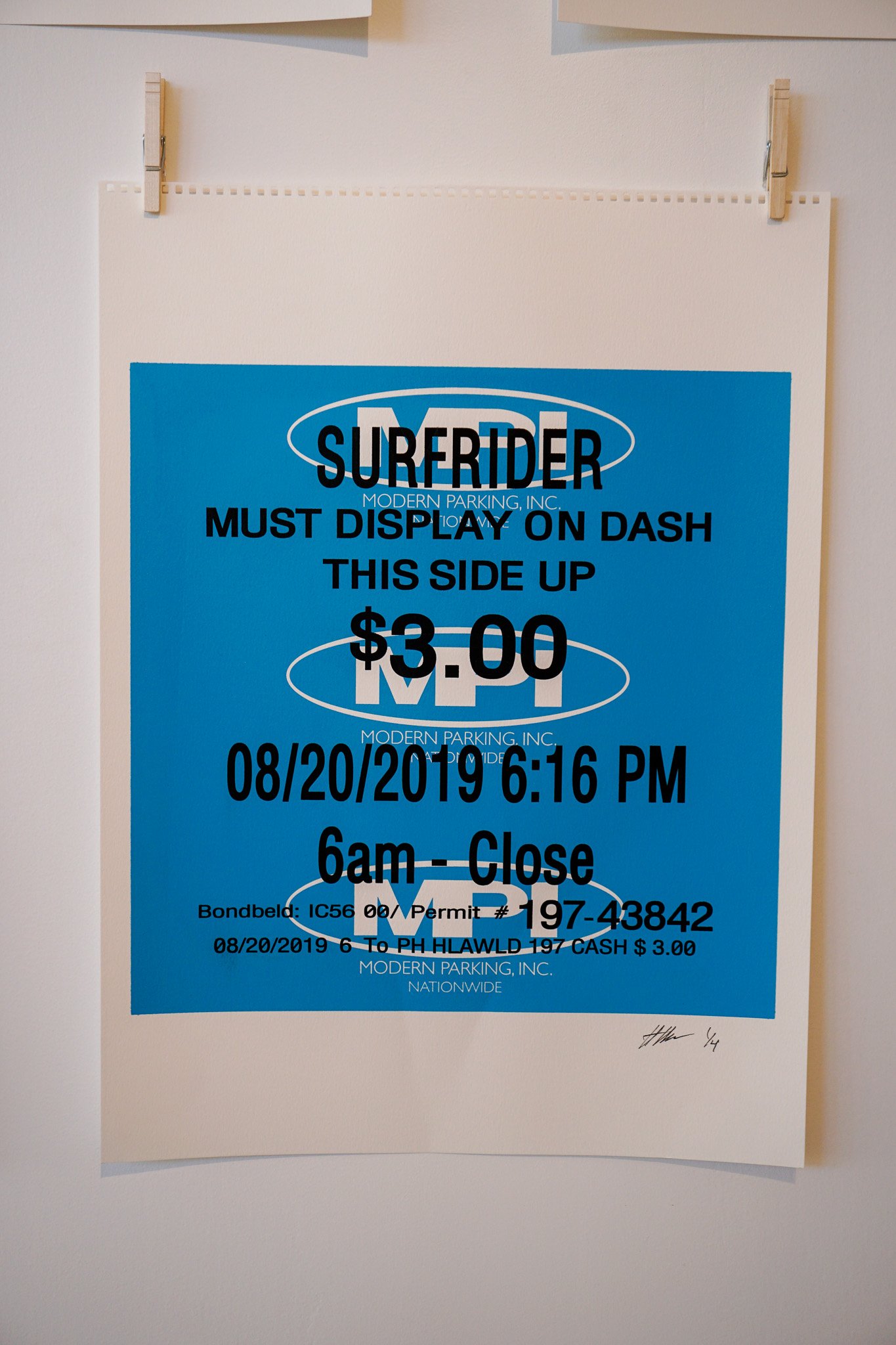
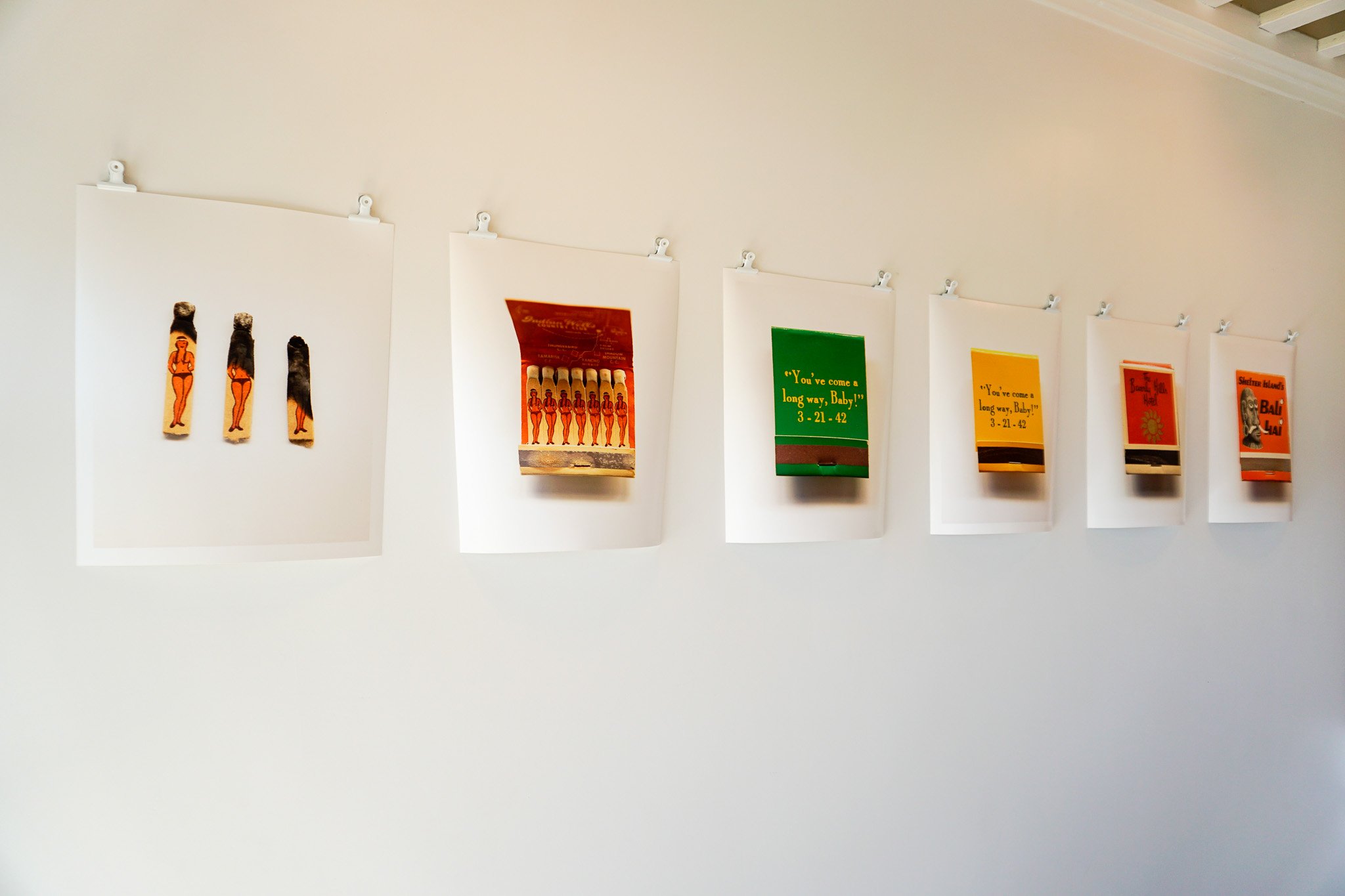
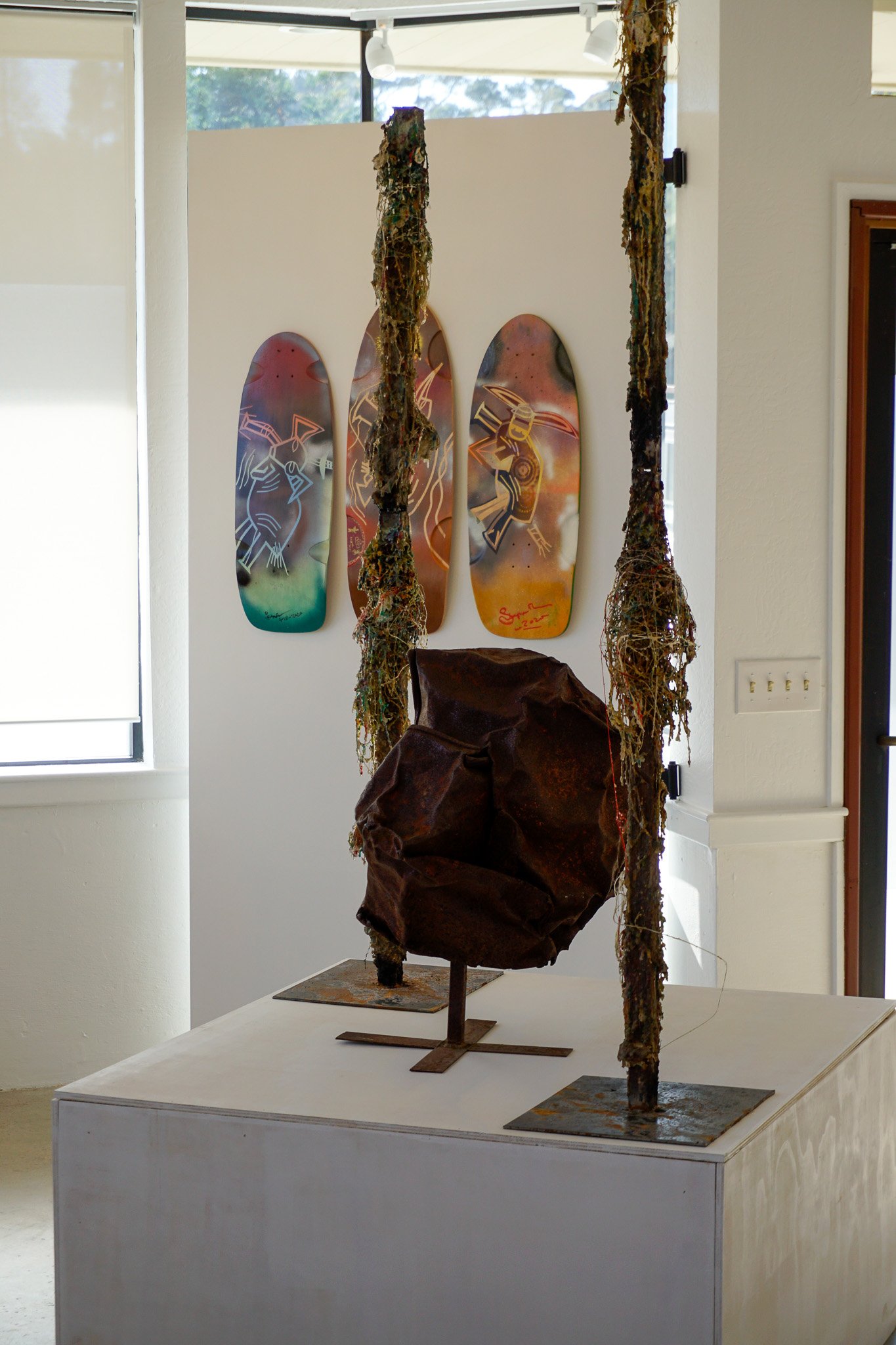
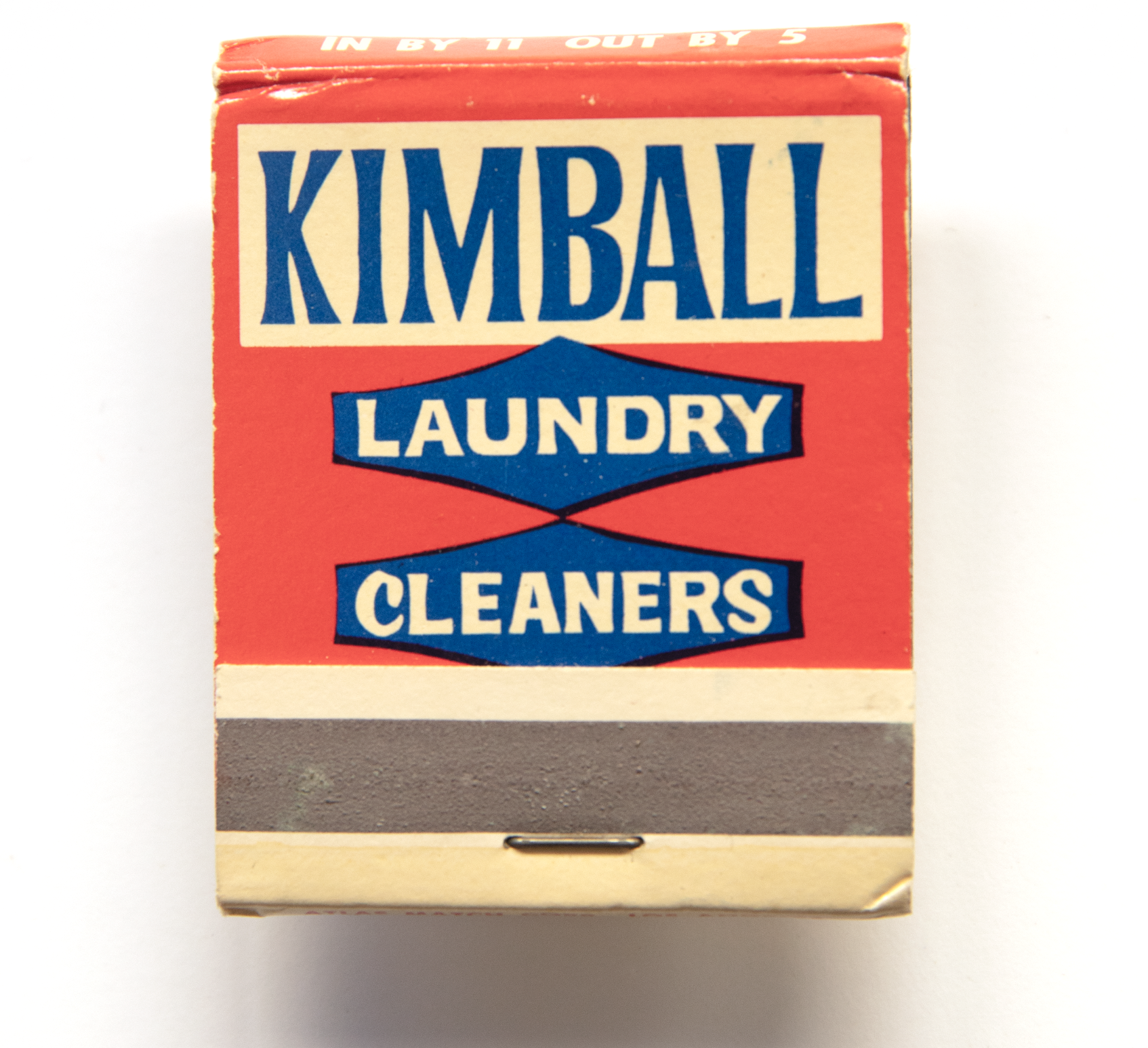
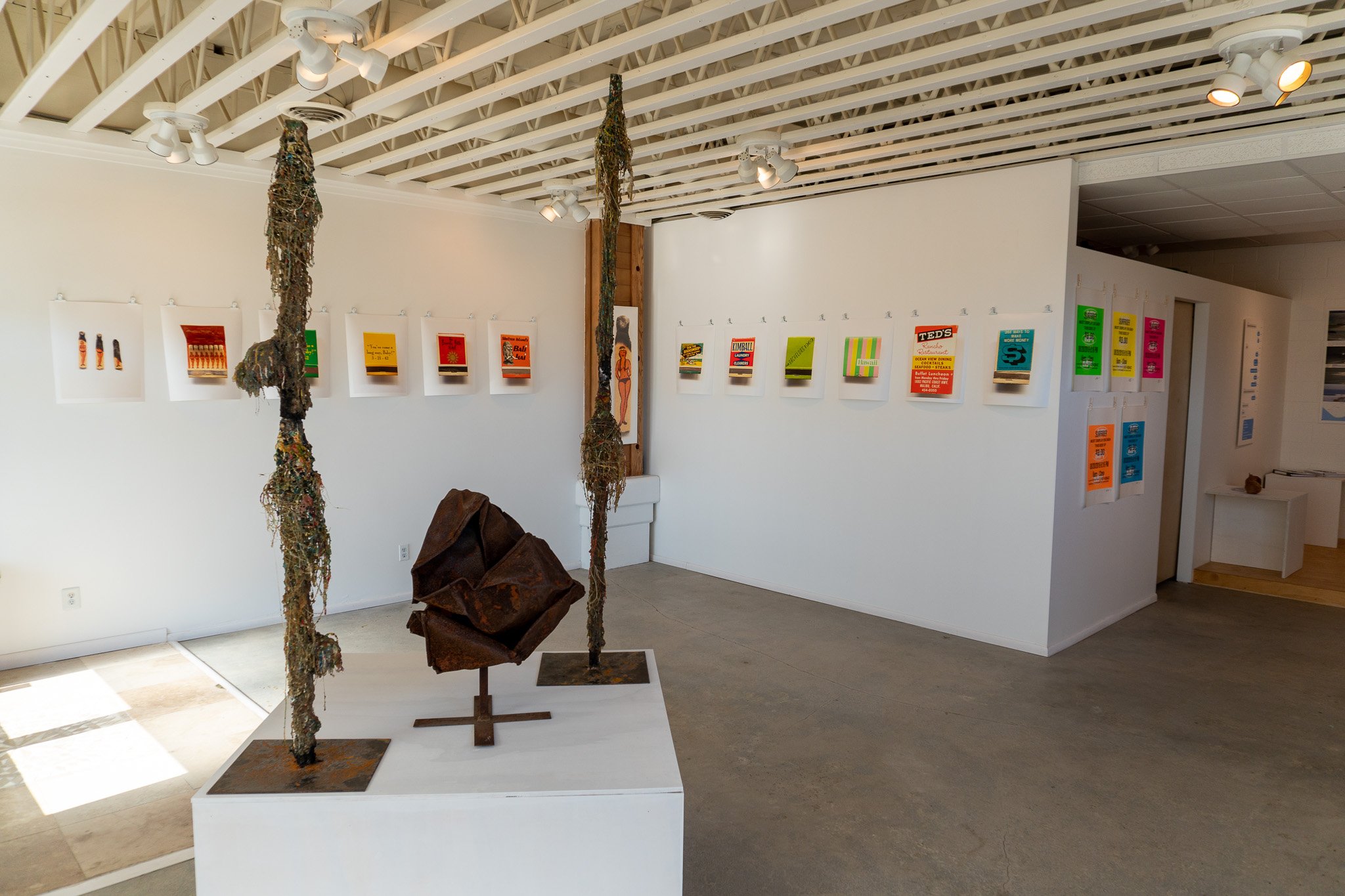

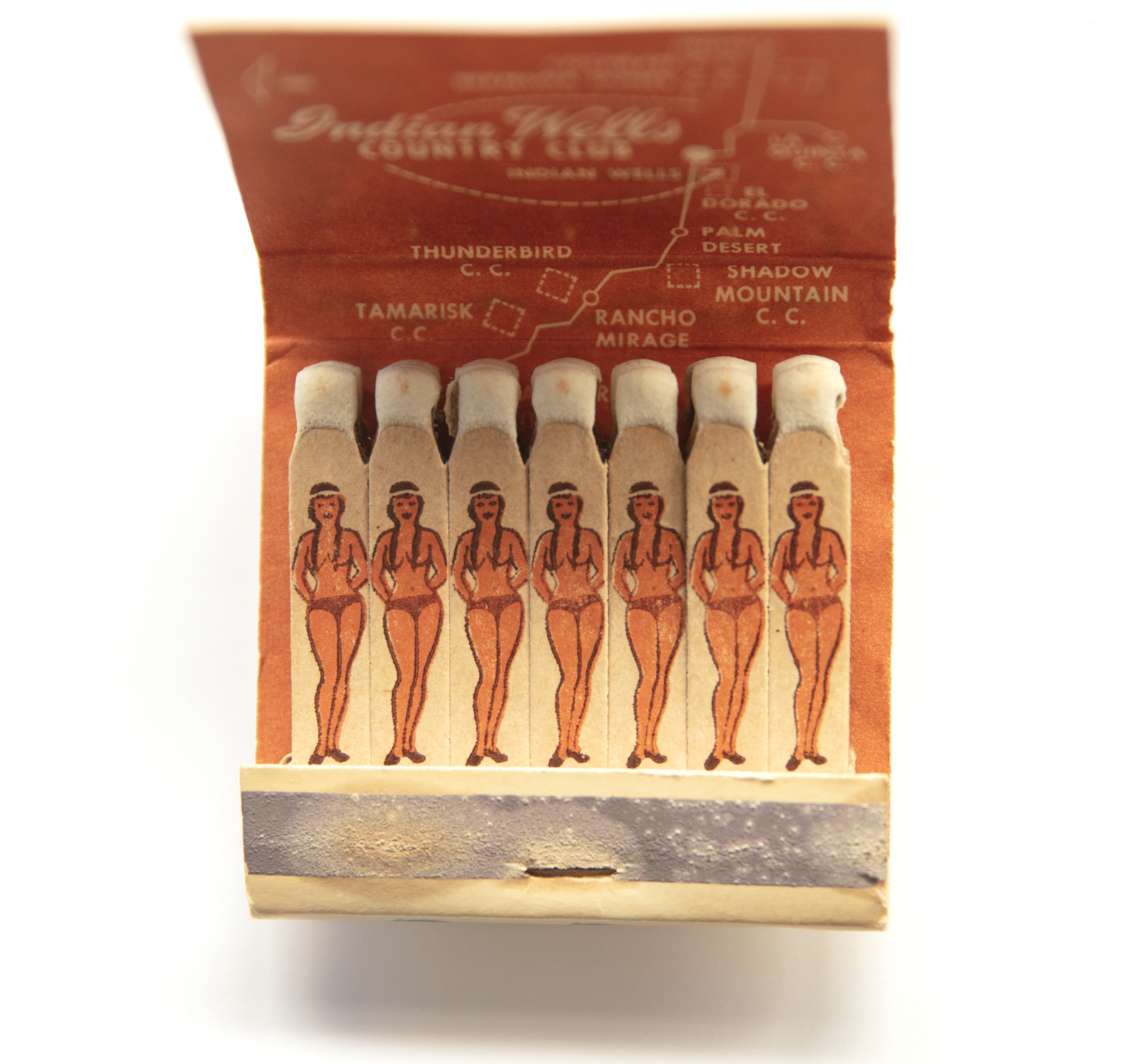
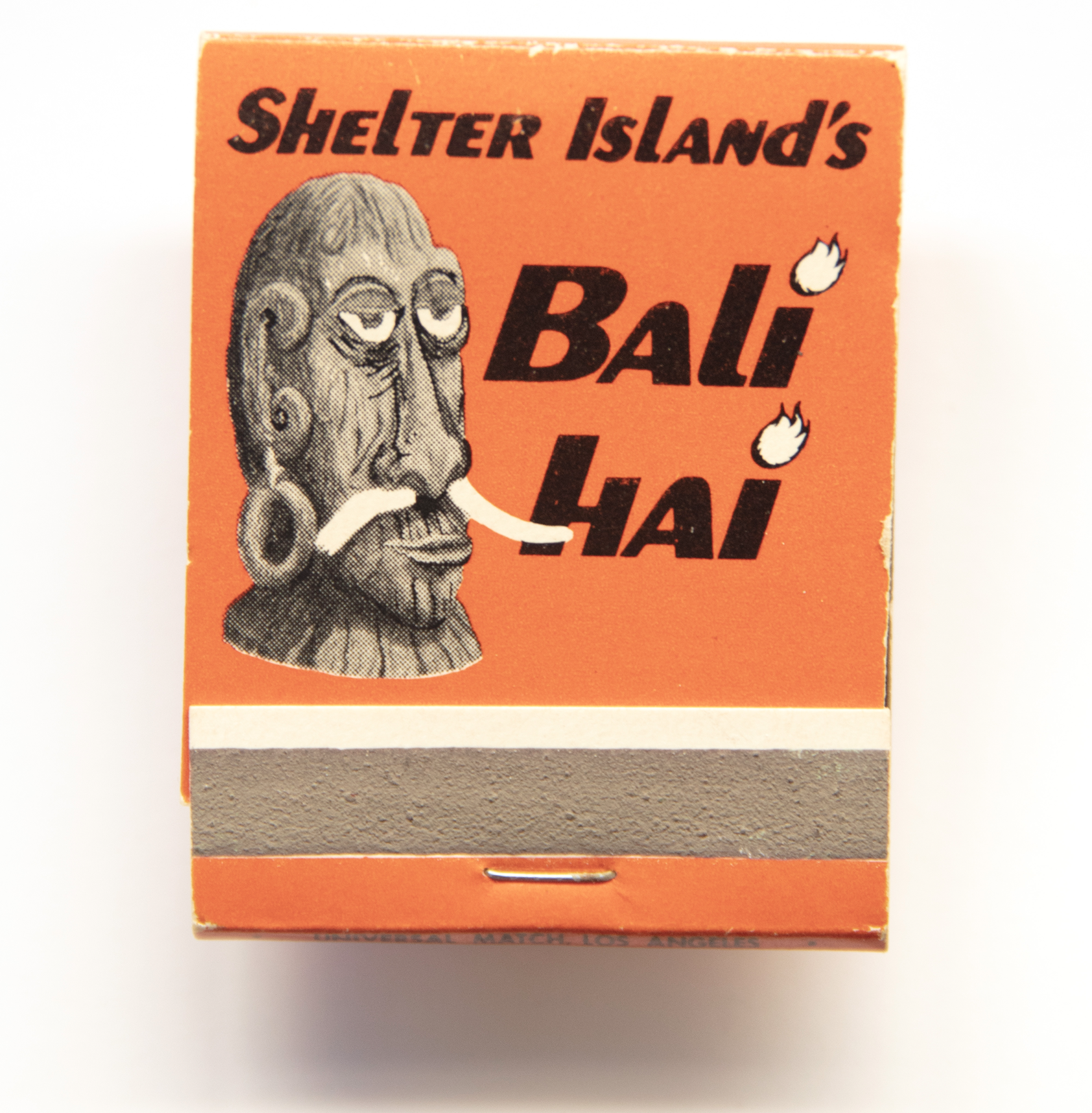
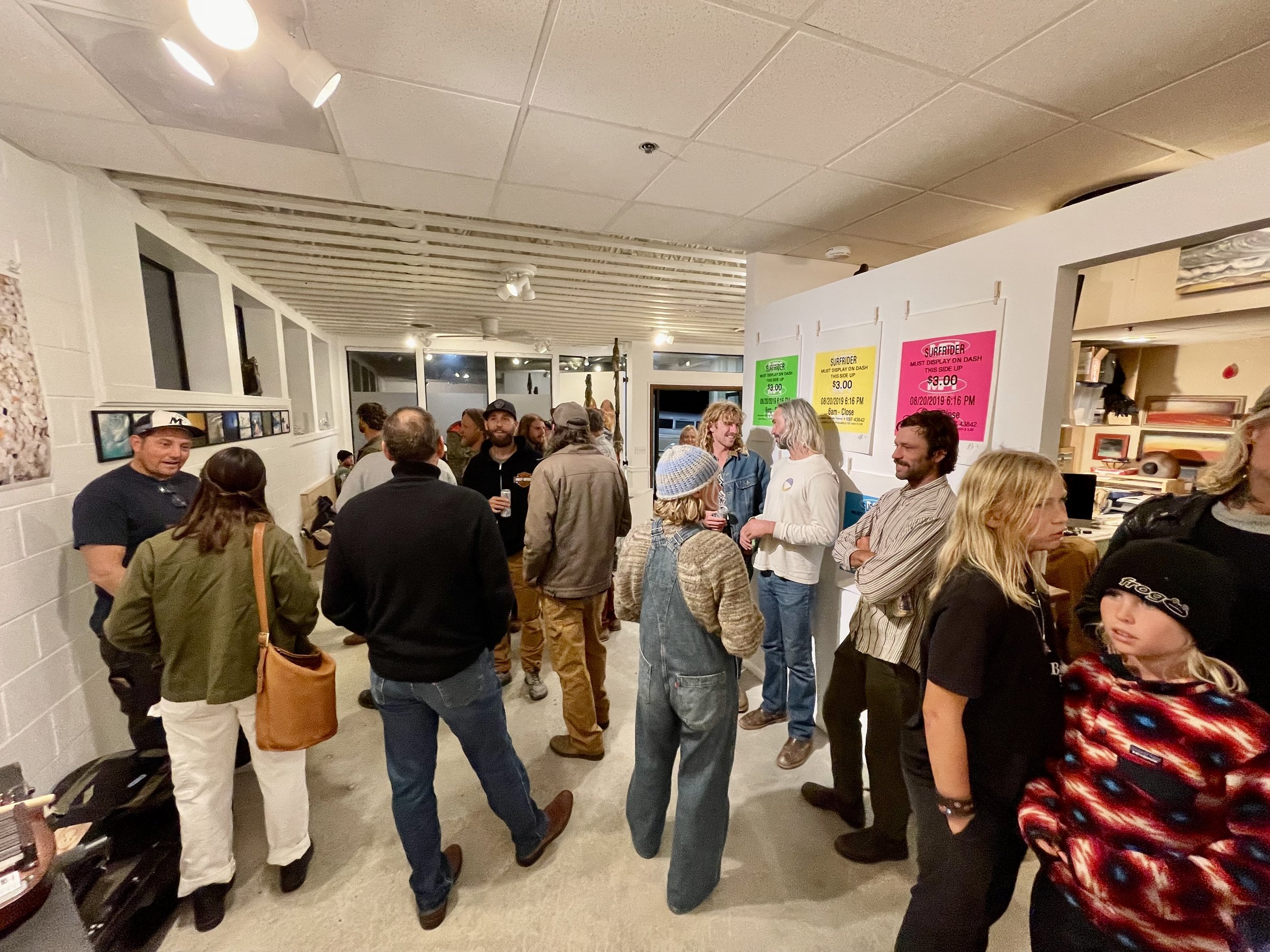
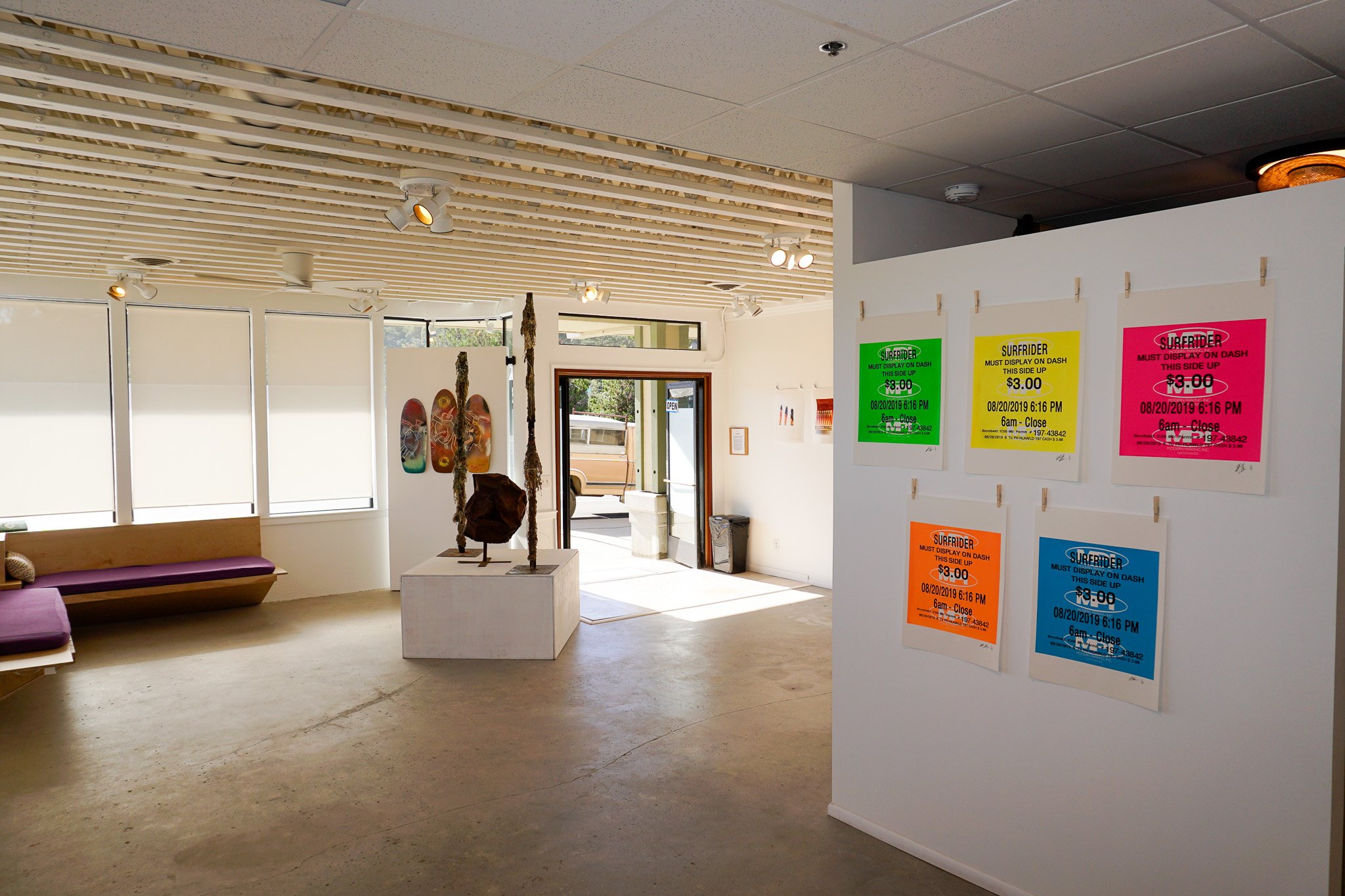

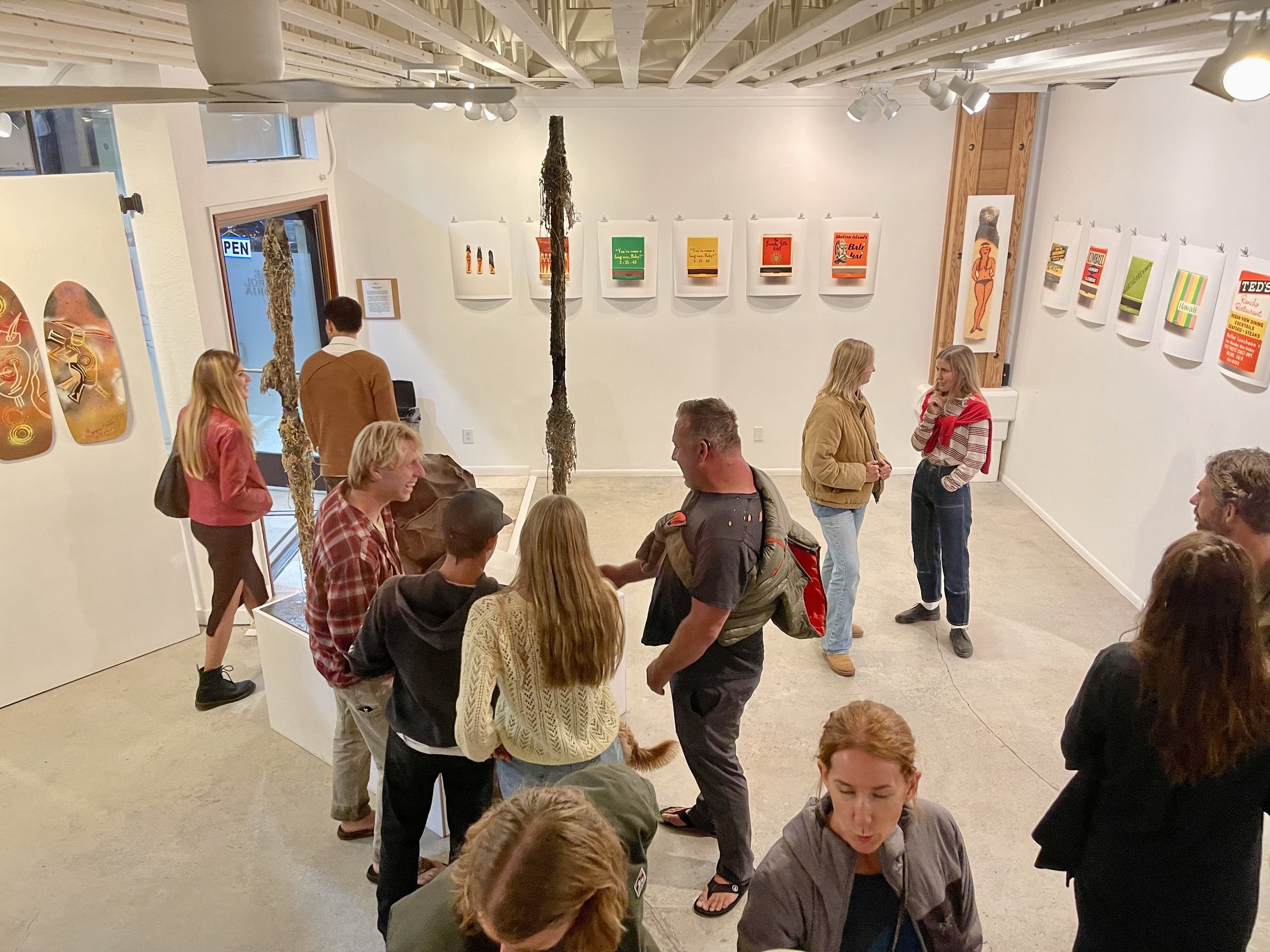
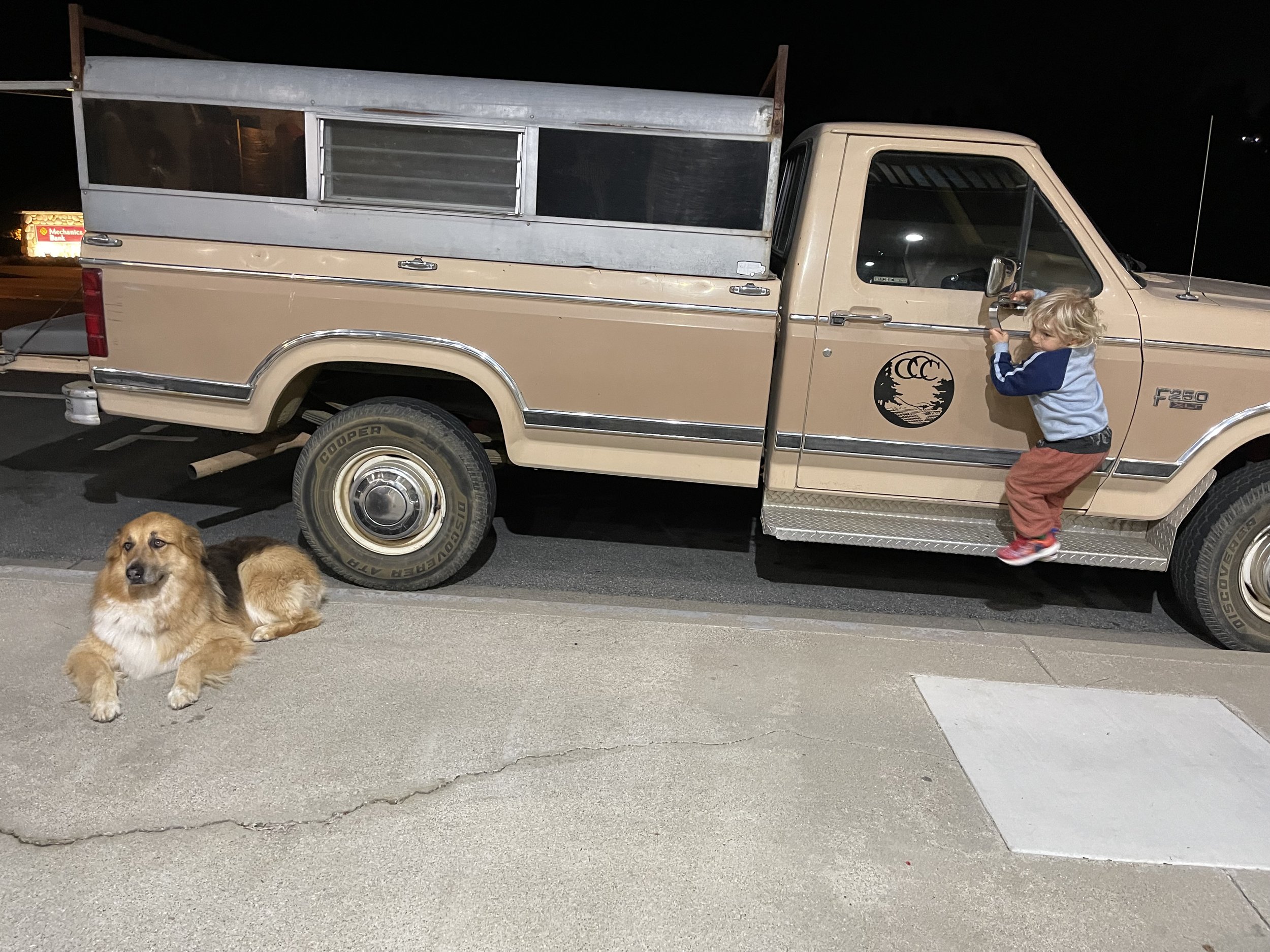

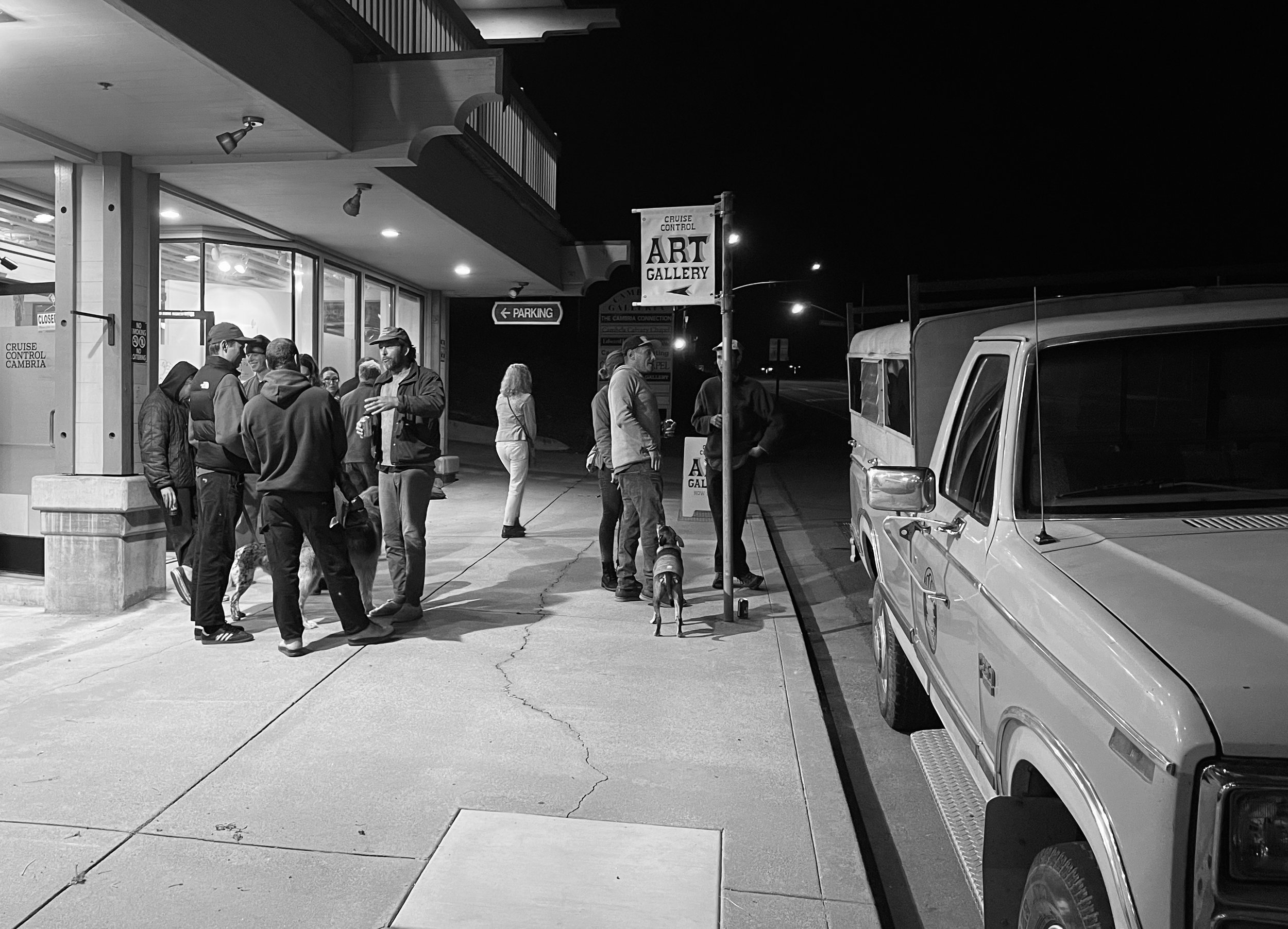

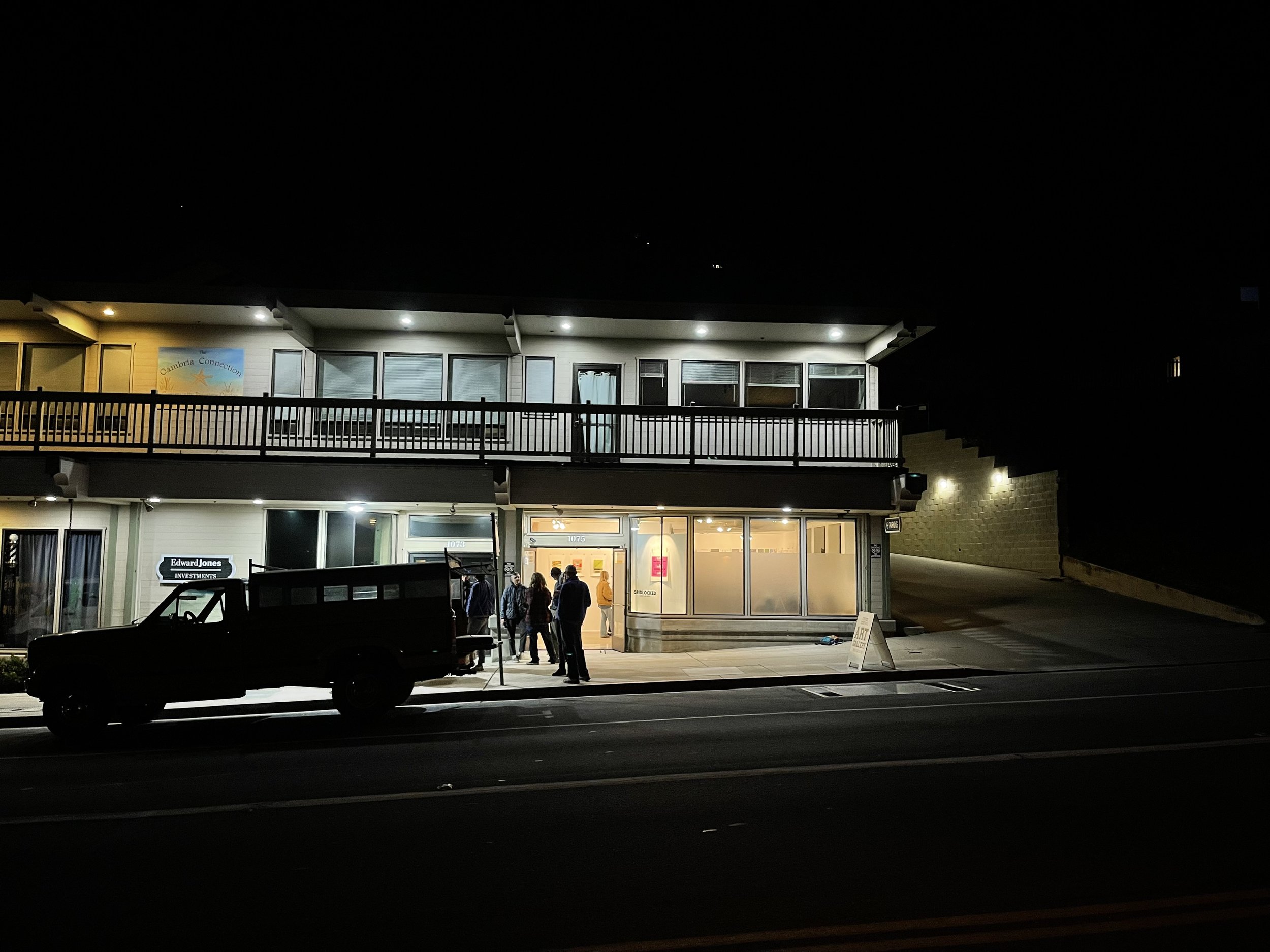

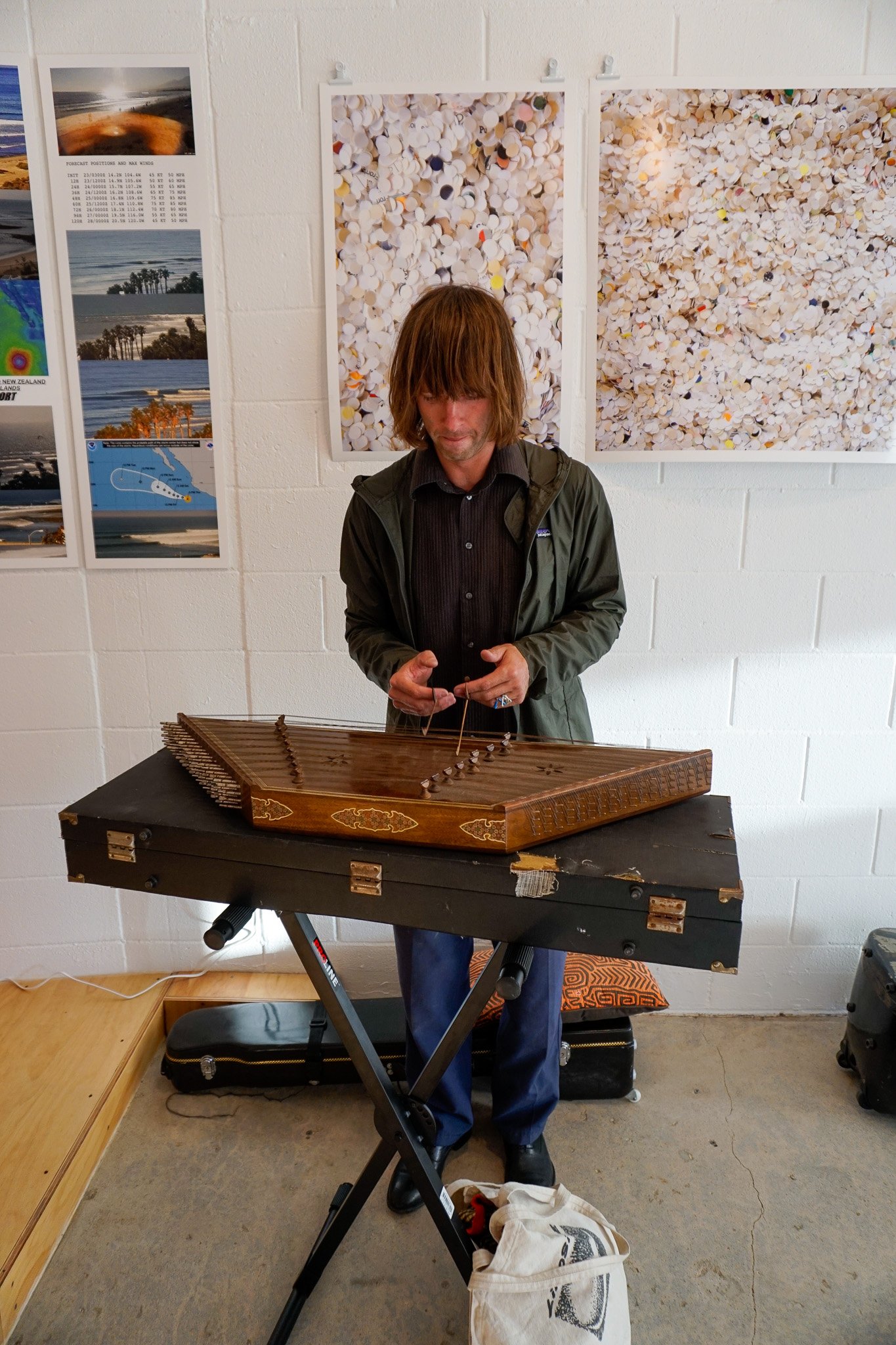

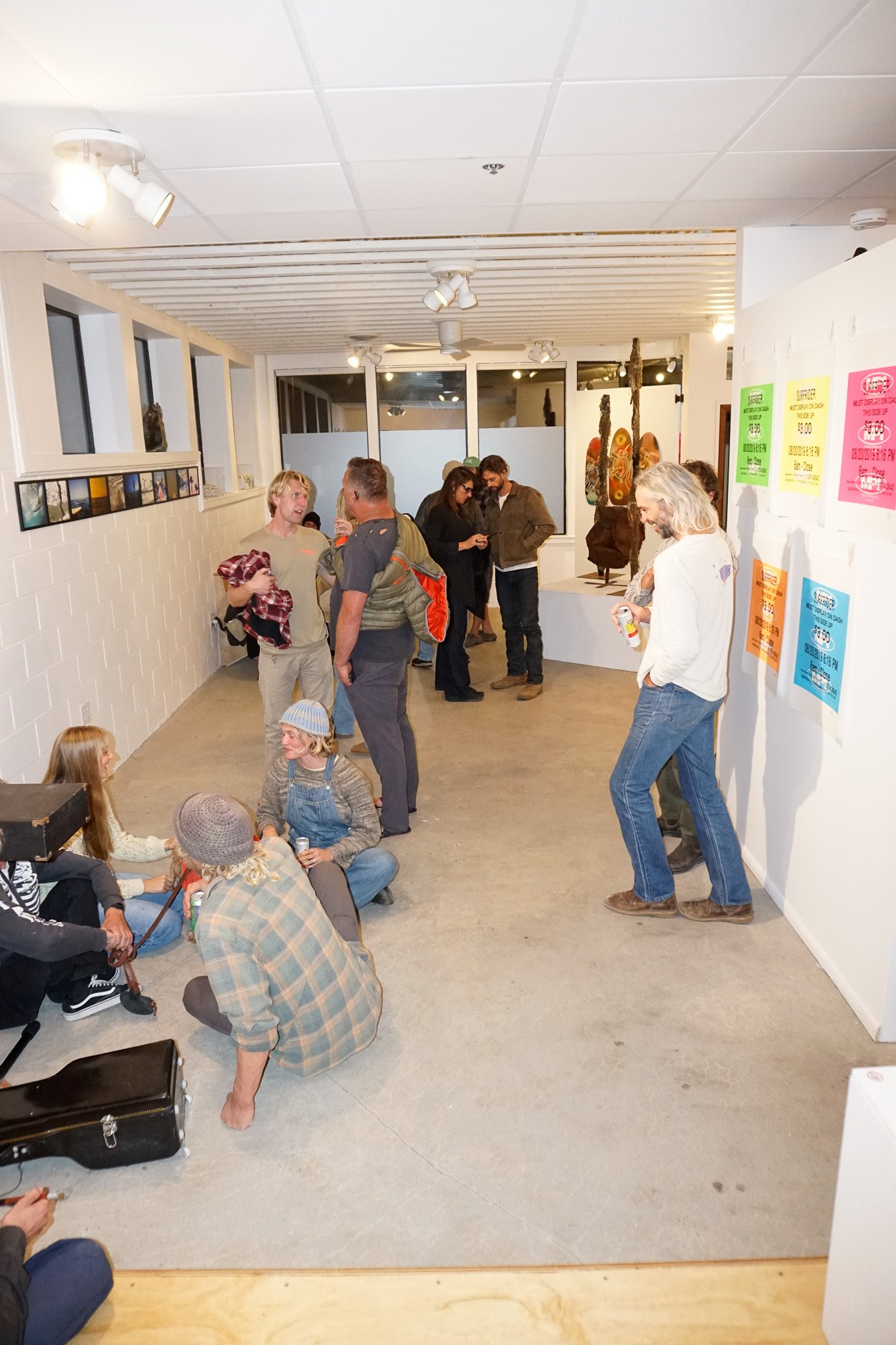

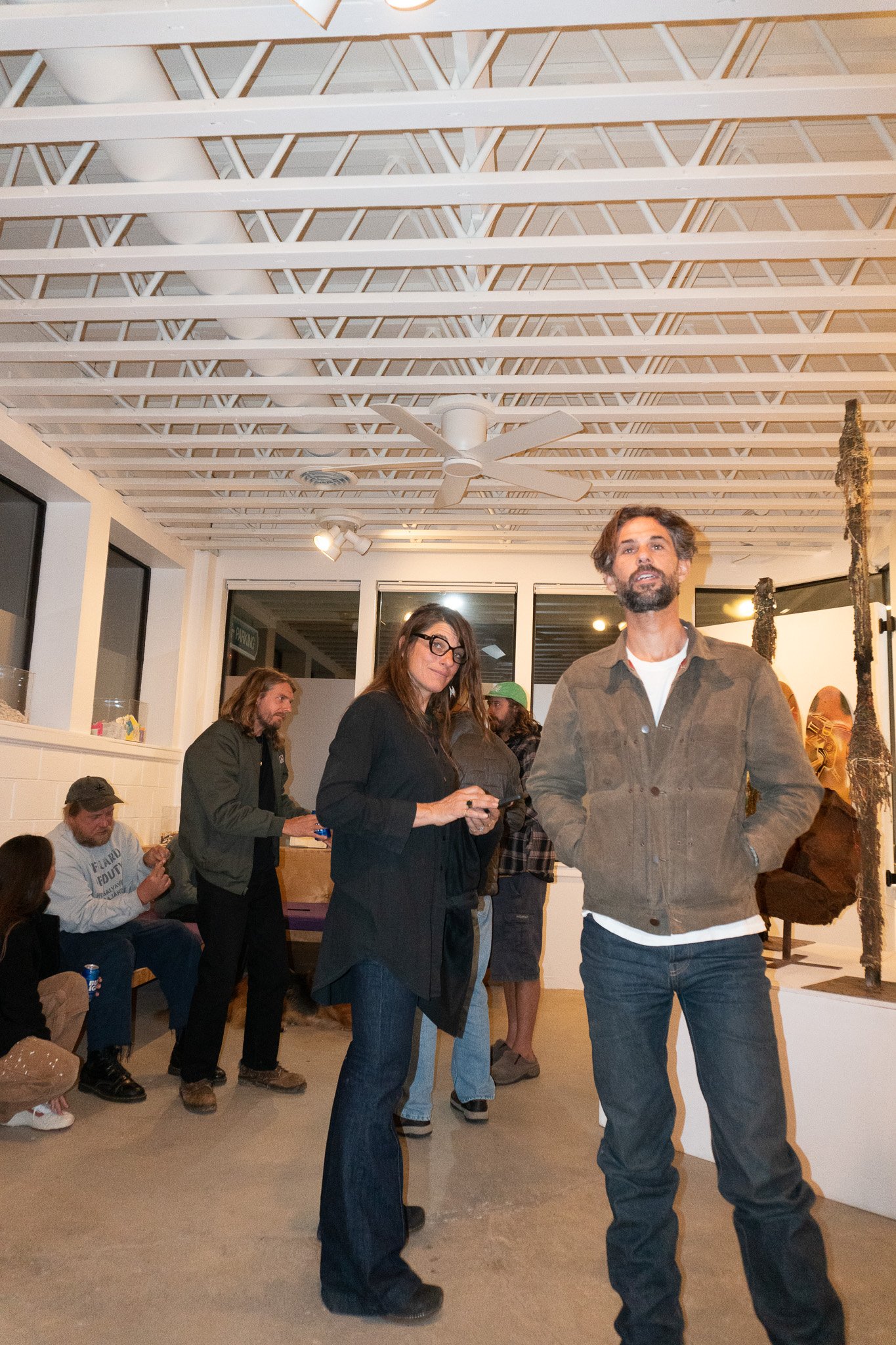
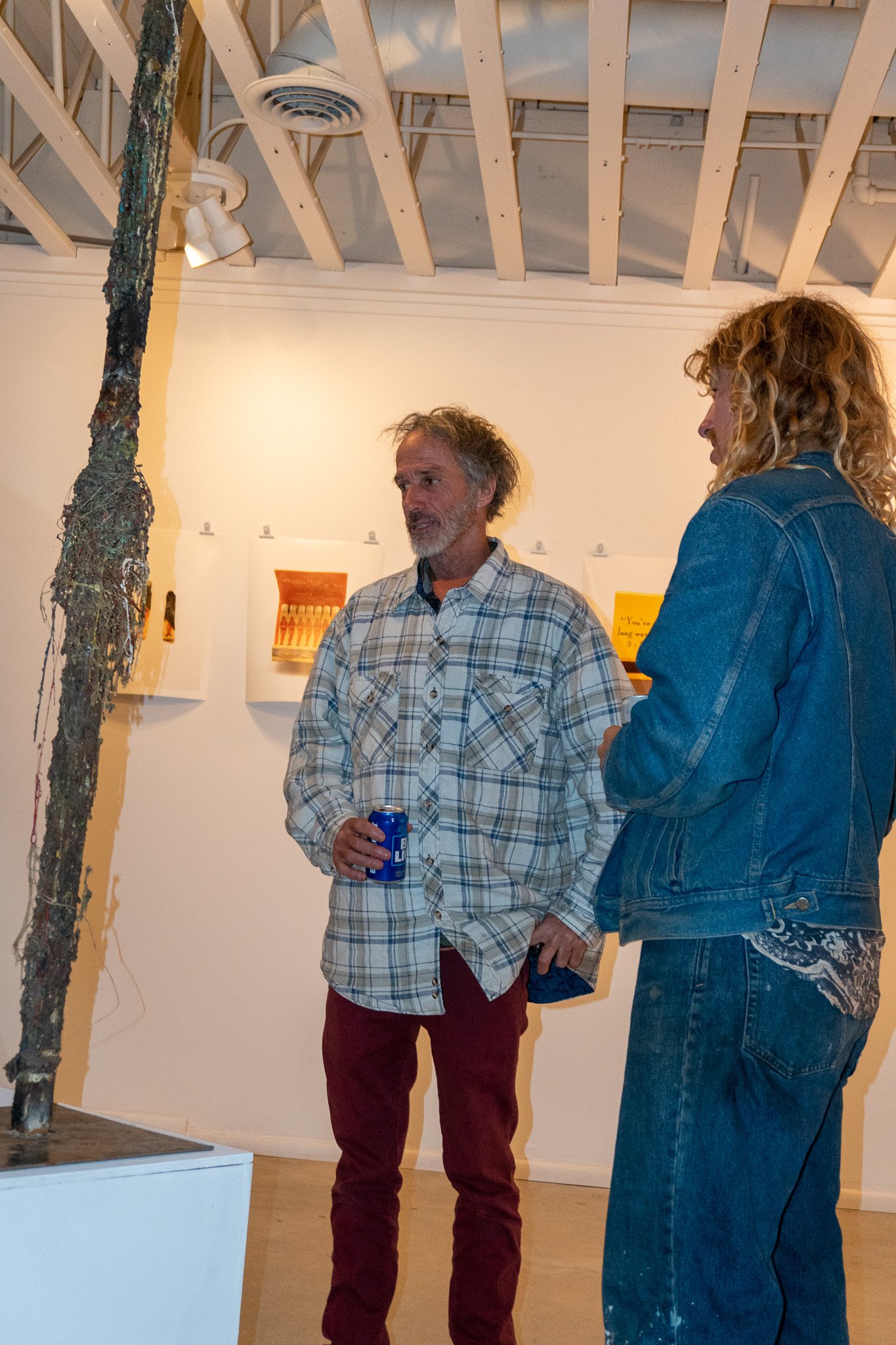

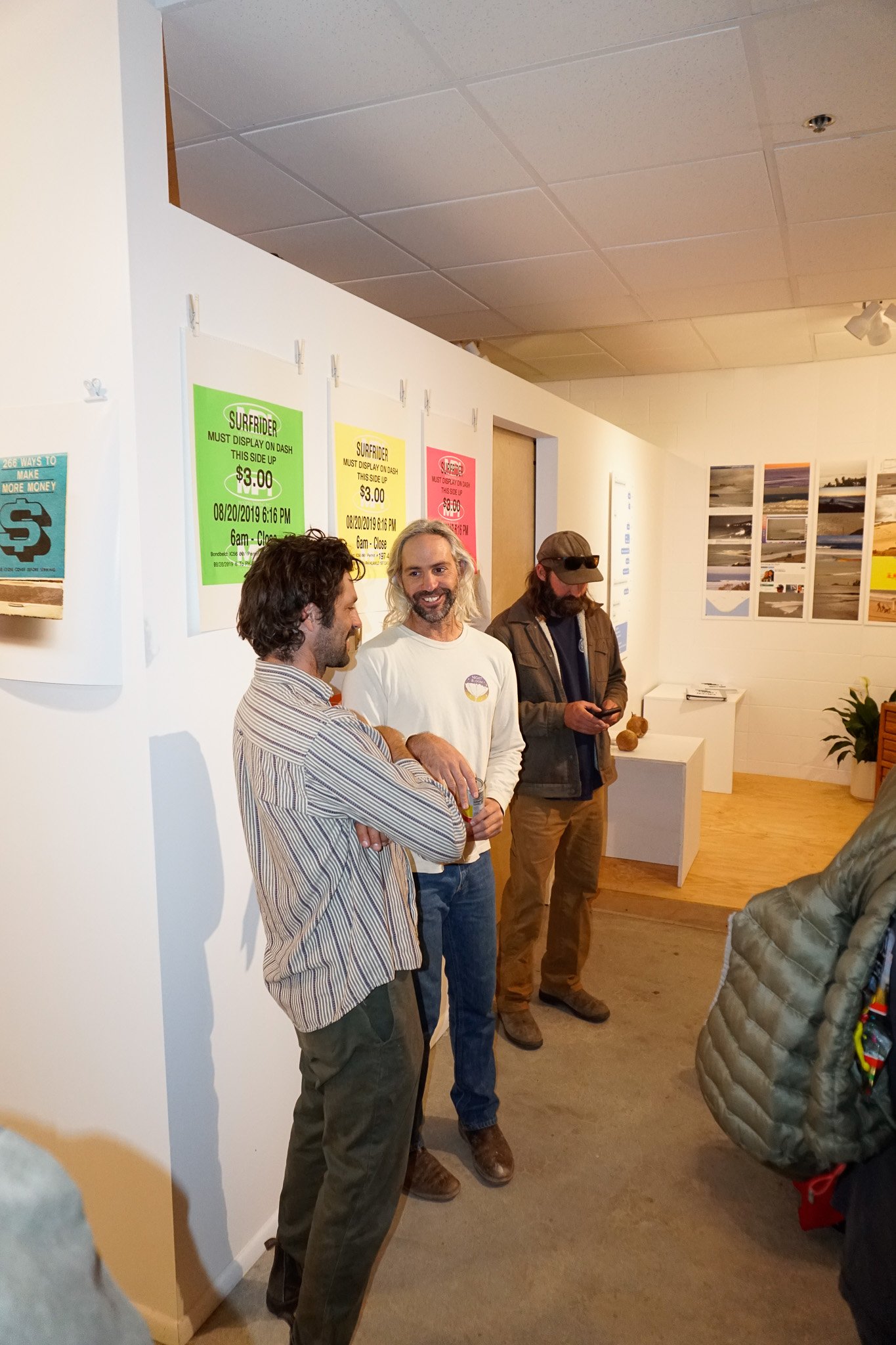

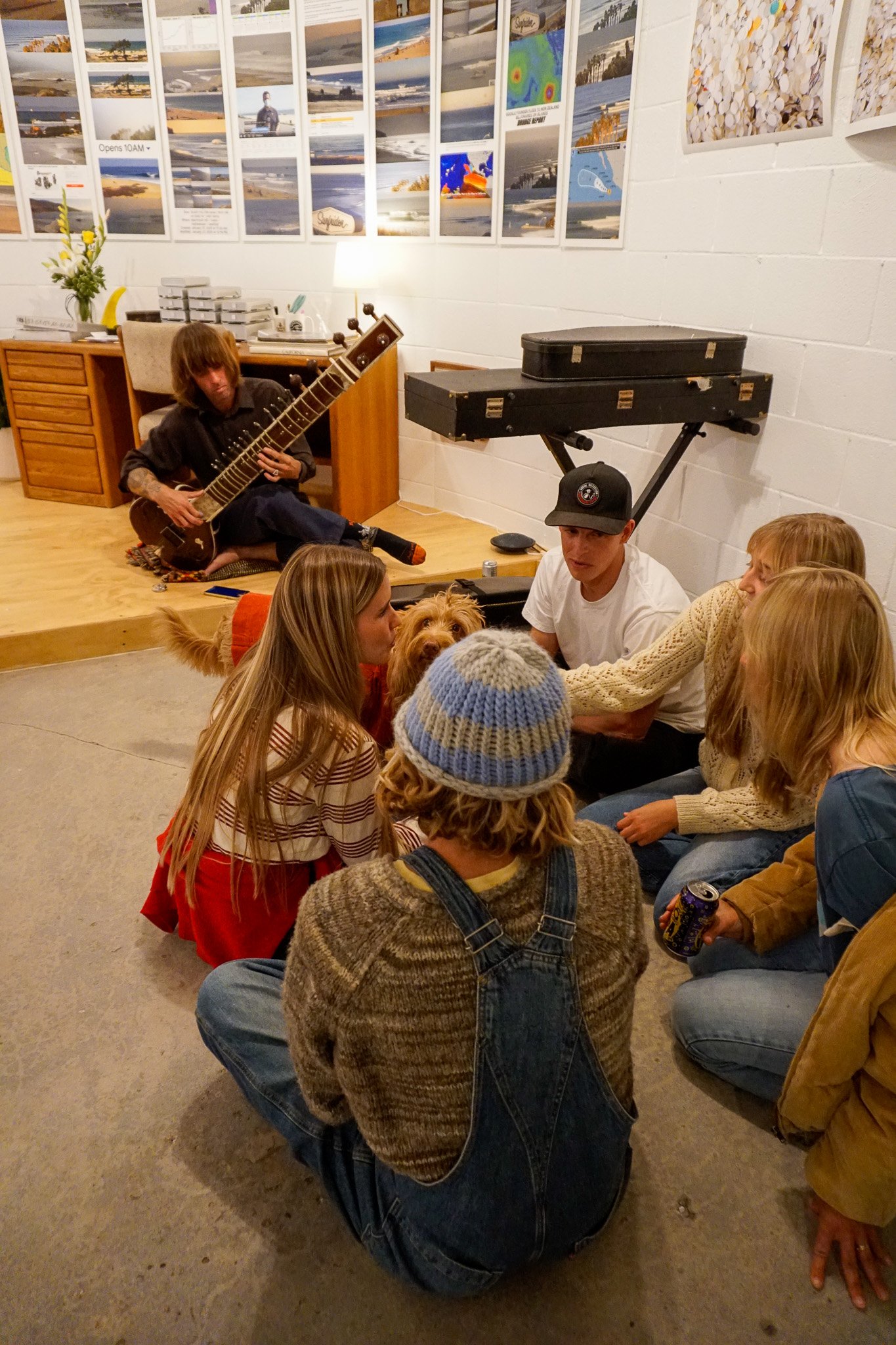

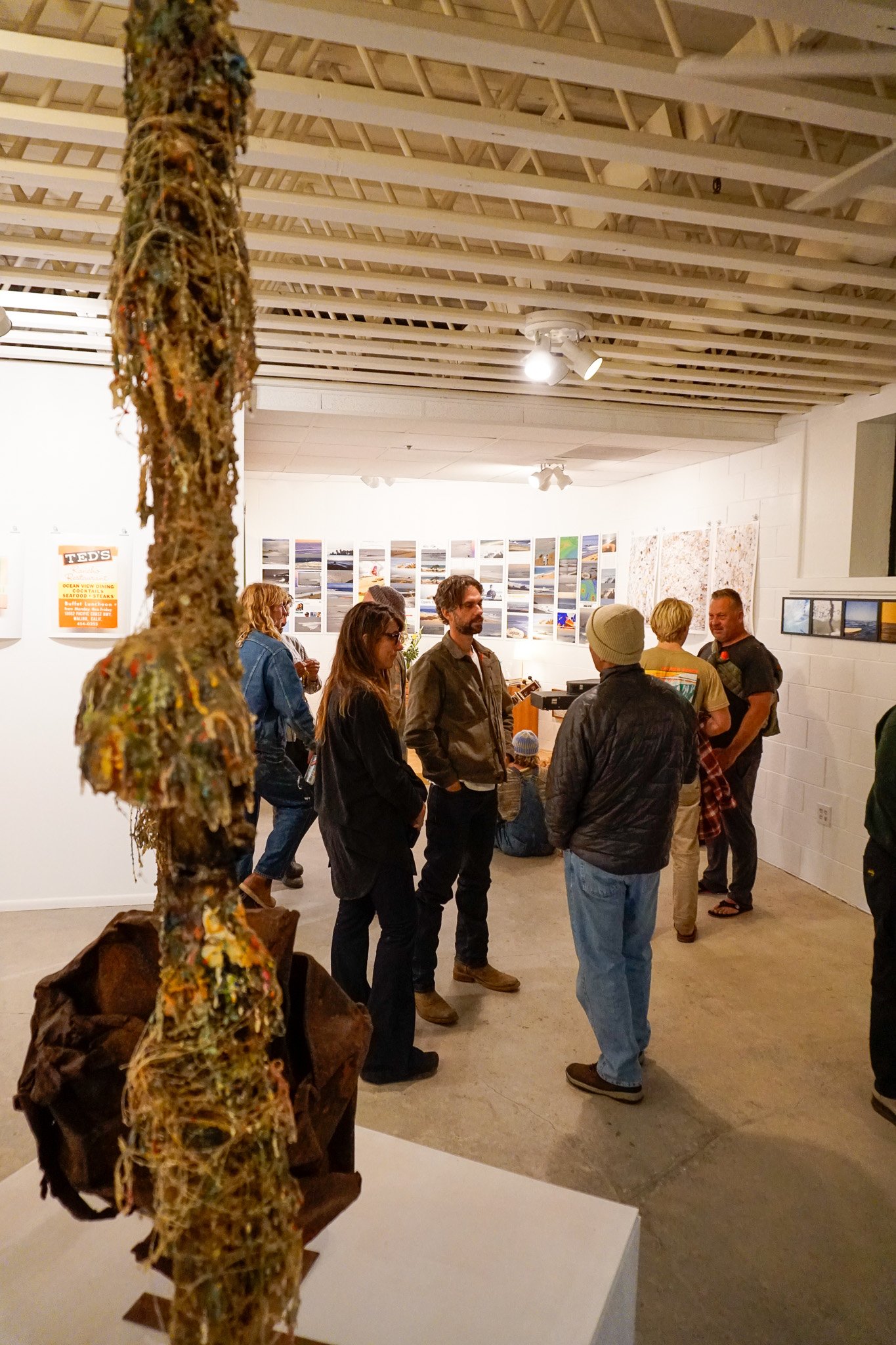
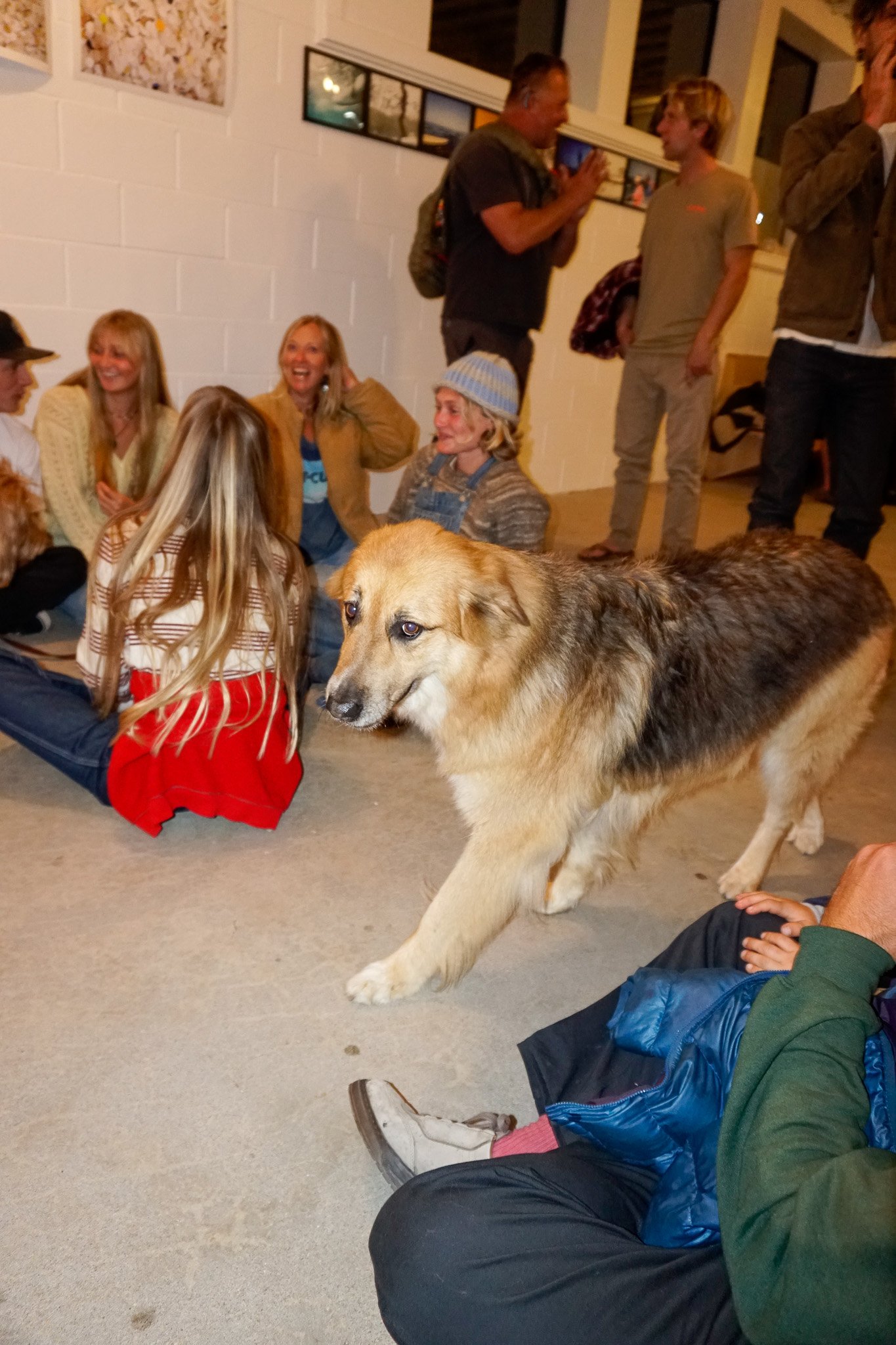
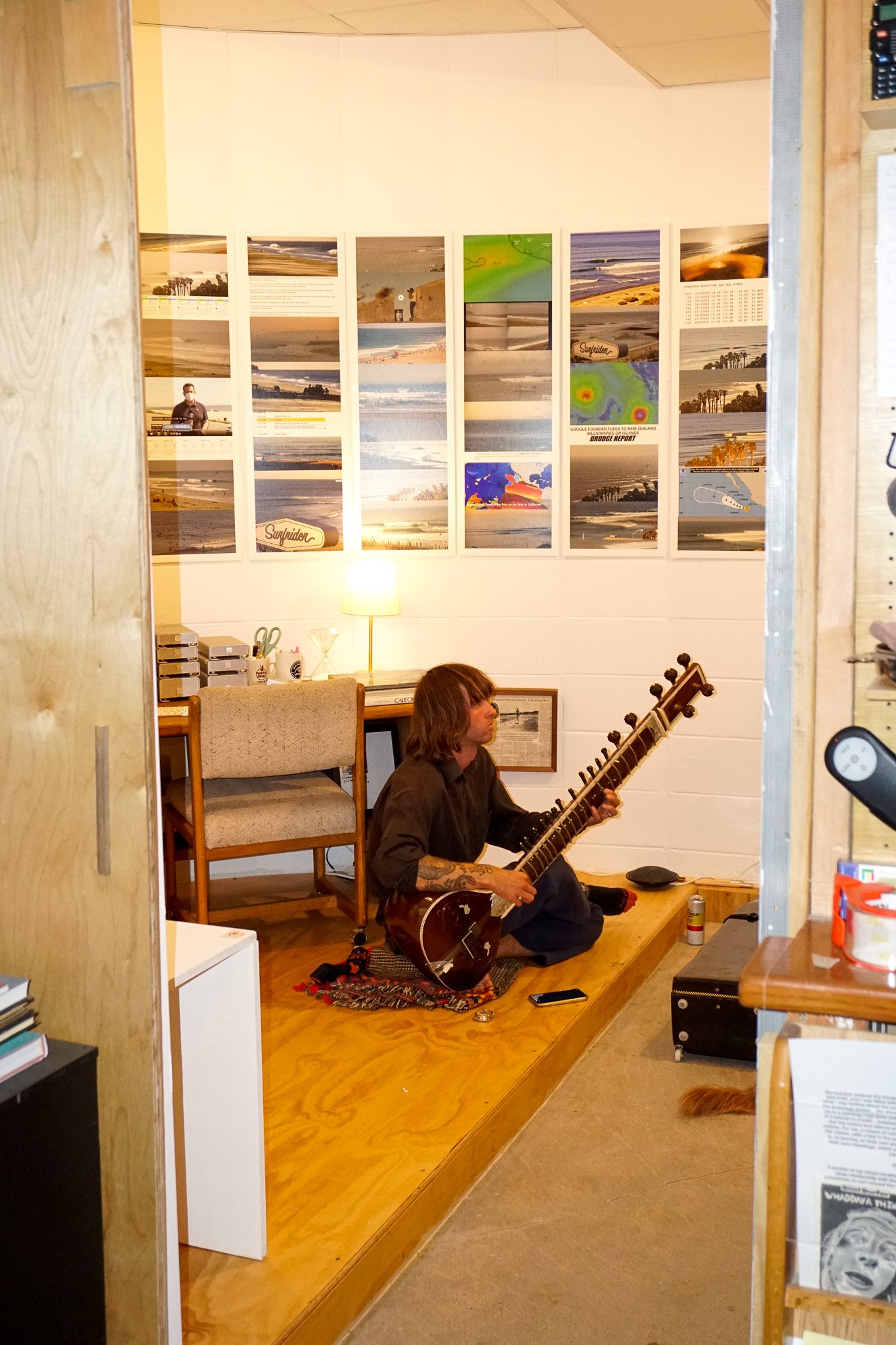
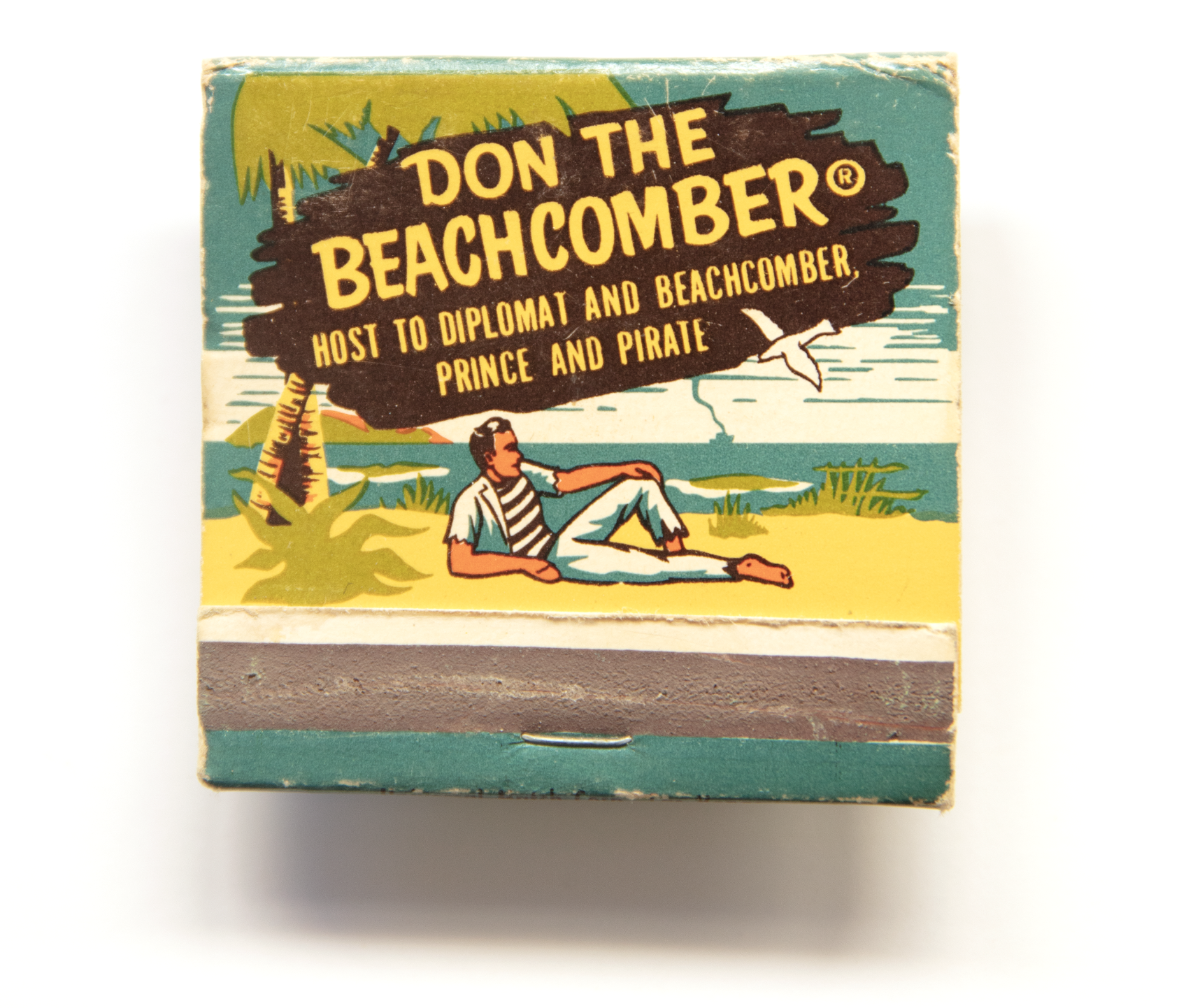



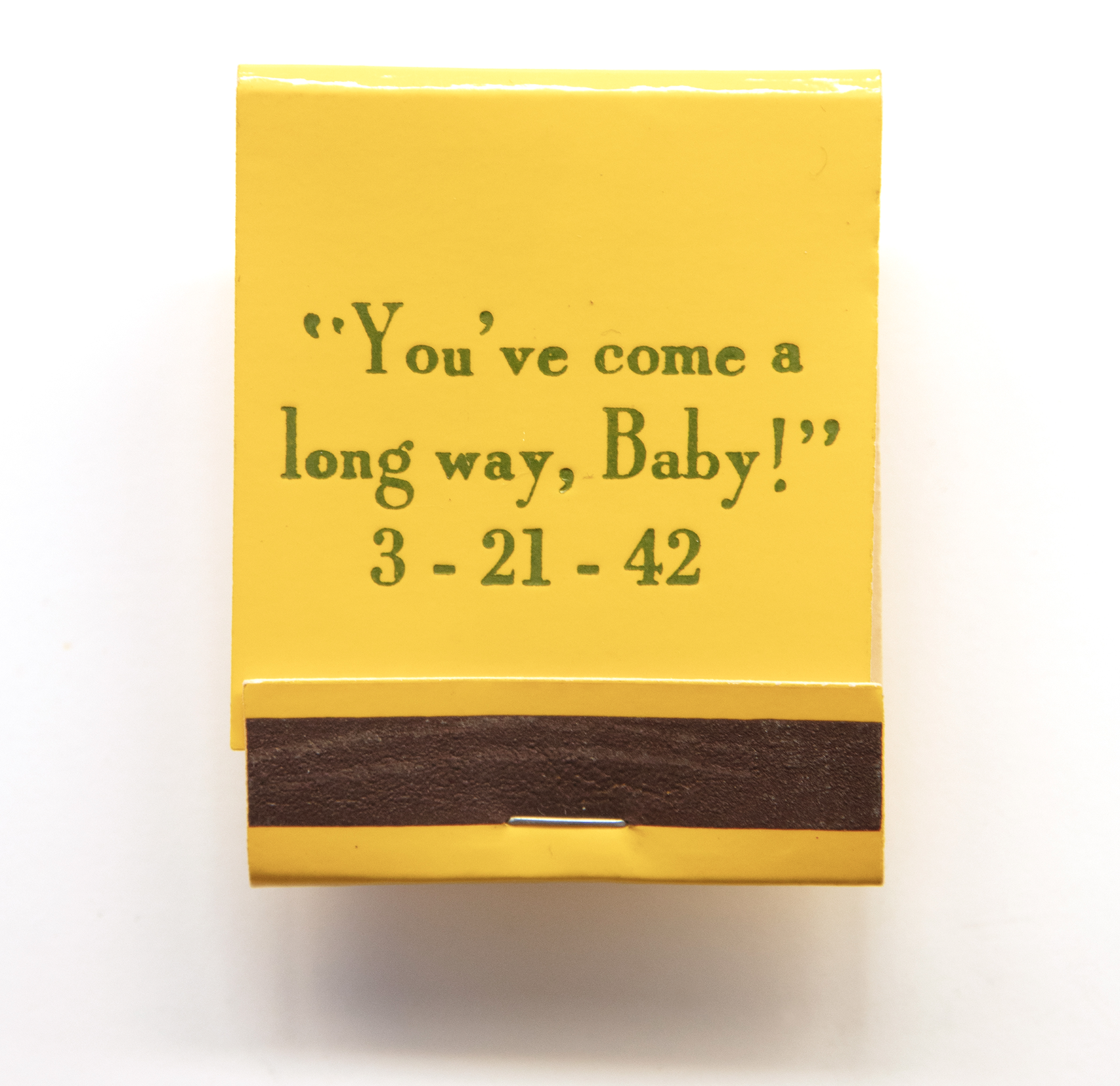

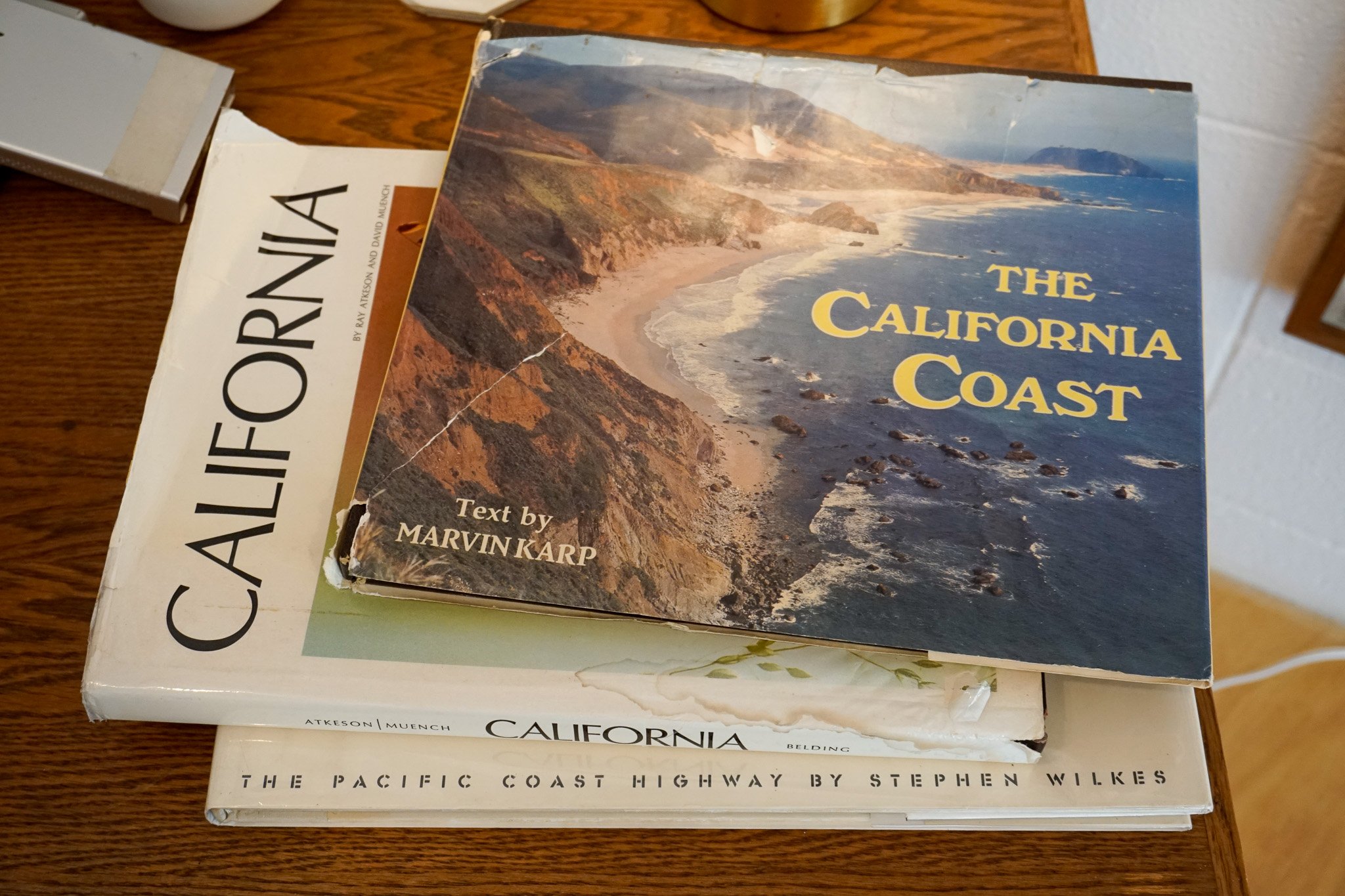

WORKS AVAILABLE
CHAD HAGERMAN
BEYOND THE PINES
Working as an apprentice to a furniture maker in Sweden who spoke little English, he learned new ways of engaging in profound communication without the use of verbal language; enhancing an energetic connection. He emerged from this experience with what would become the foundation to his design standpoints and a deeper comprehension of human nature through the power of intention, and then incorporated all of these impressions into his work.
It was in northern Europe that traditional Scandinavian aesthetic resonated immediately with him –he saw great beauty in the clean, simple and practical–, while his return to the US, settling in California in his early 20s, brought together a combination of attributes that would remain constants in his endeavors: With newfound skills in architectural development, he discovered sound value and admiration for elements found in the early stages of building –exposed wood and hardware, raw concrete, bare steel and other natural edge materials– that would define his contemporary style.
Today, his work reflects his belief in the social significance of the objects that we choose to surround ourselves with and the dynamic relationship we share with our day-to-day environment.
Through a decade of artisanal experimentation paired with a deep understanding of the energies of clients and spaces he works with, Hagerman crafted his artistic persona developing functional design in the form of site-specific furniture and limited edition collections.
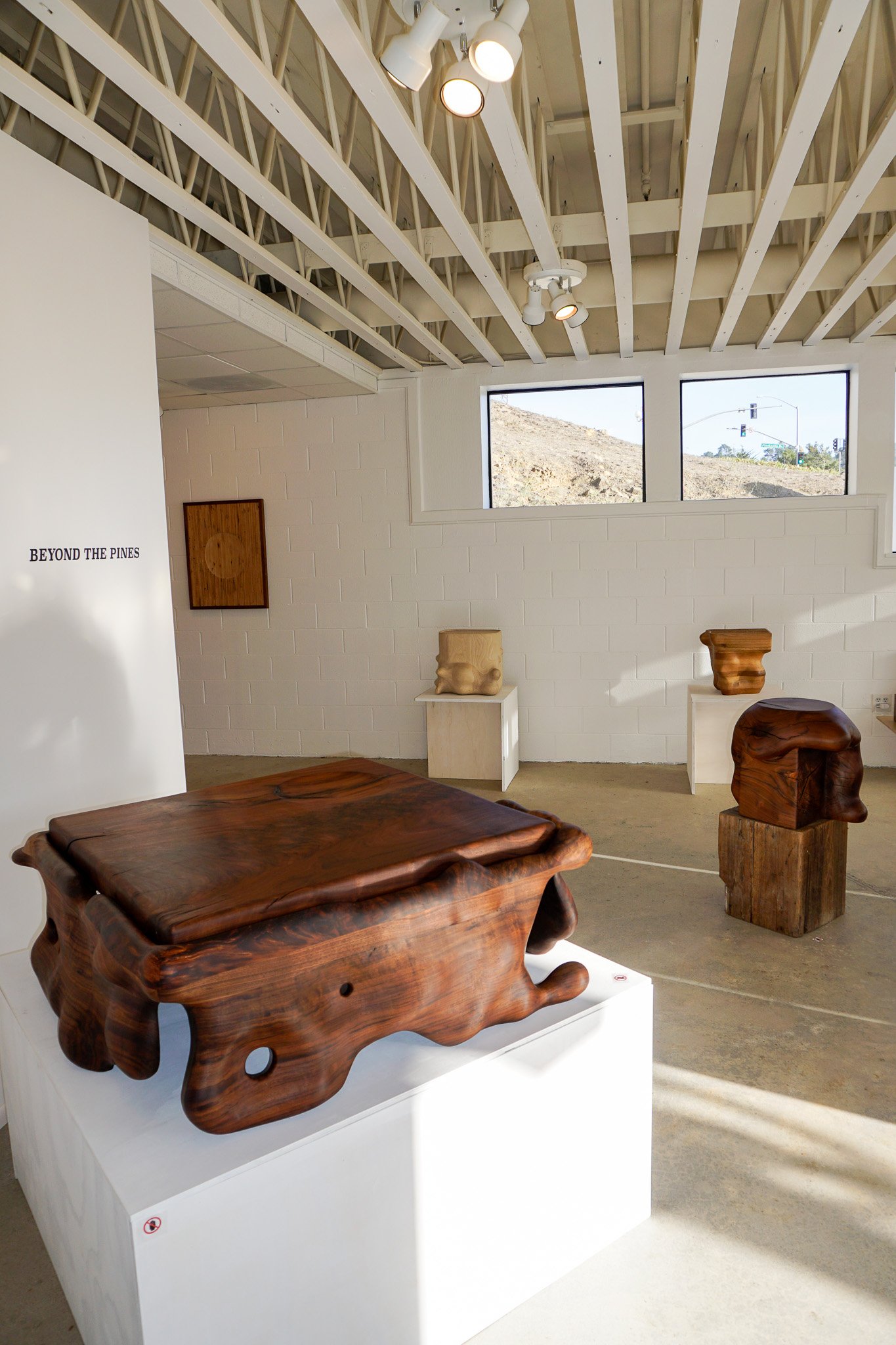
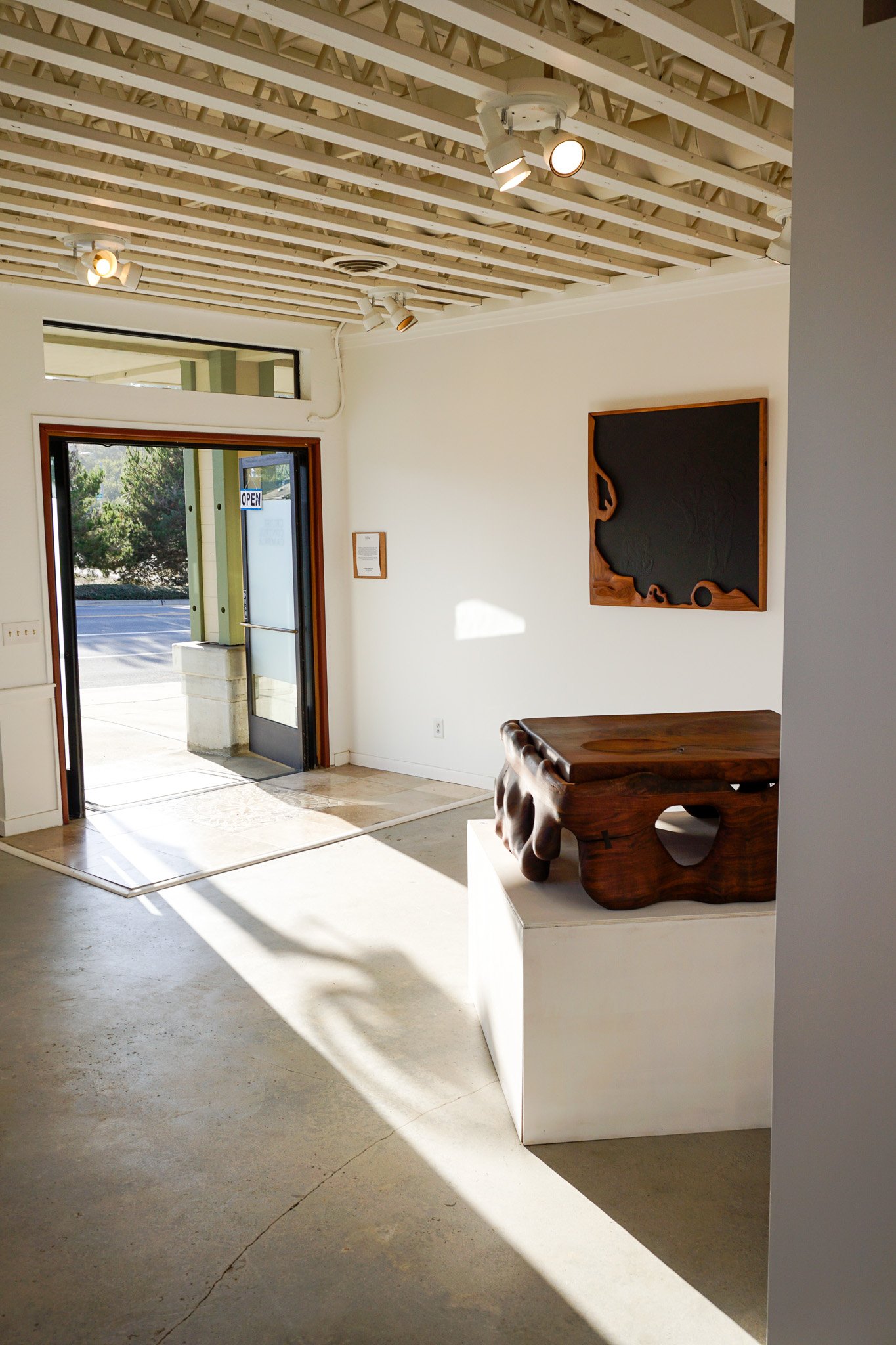
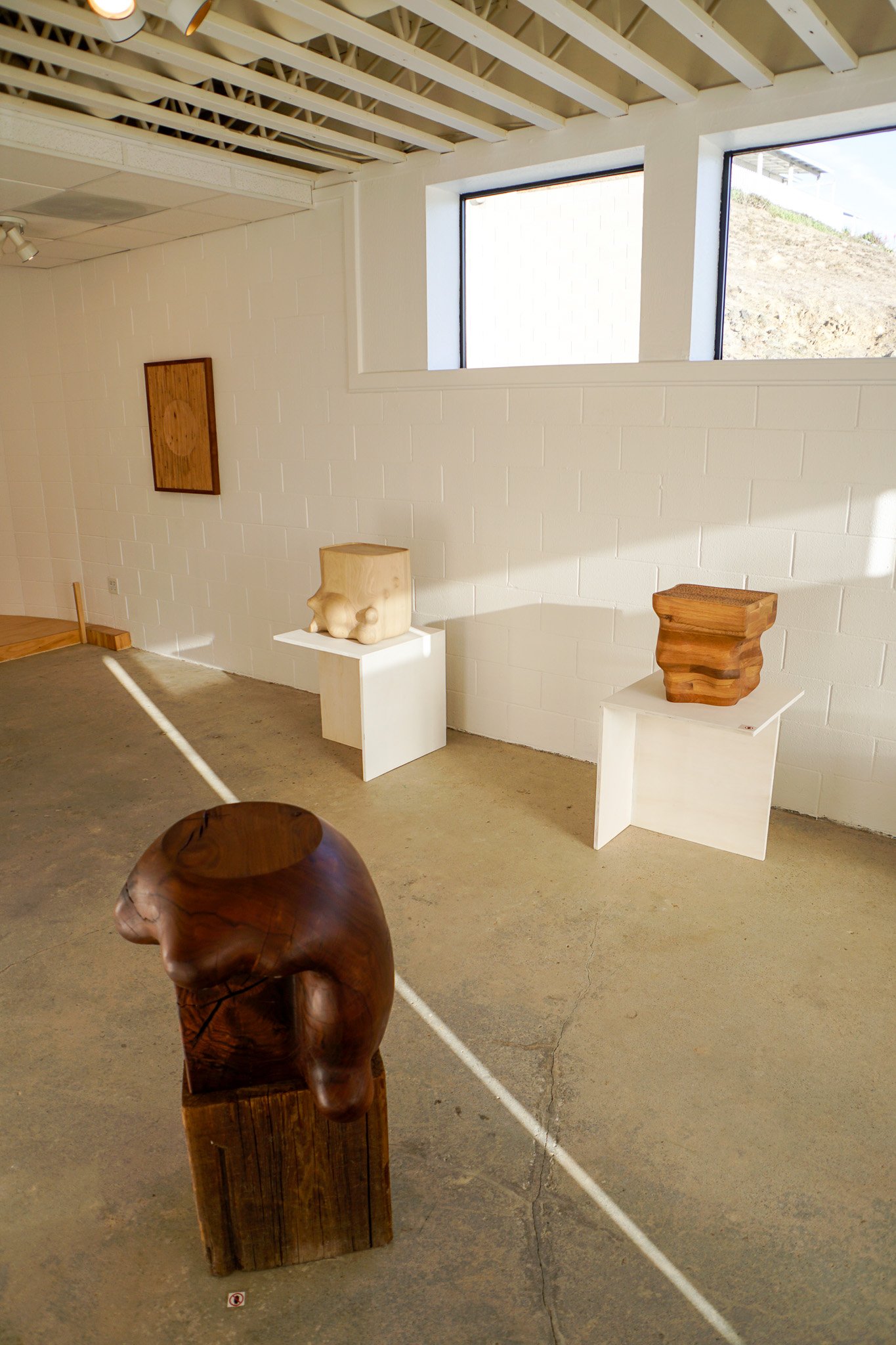
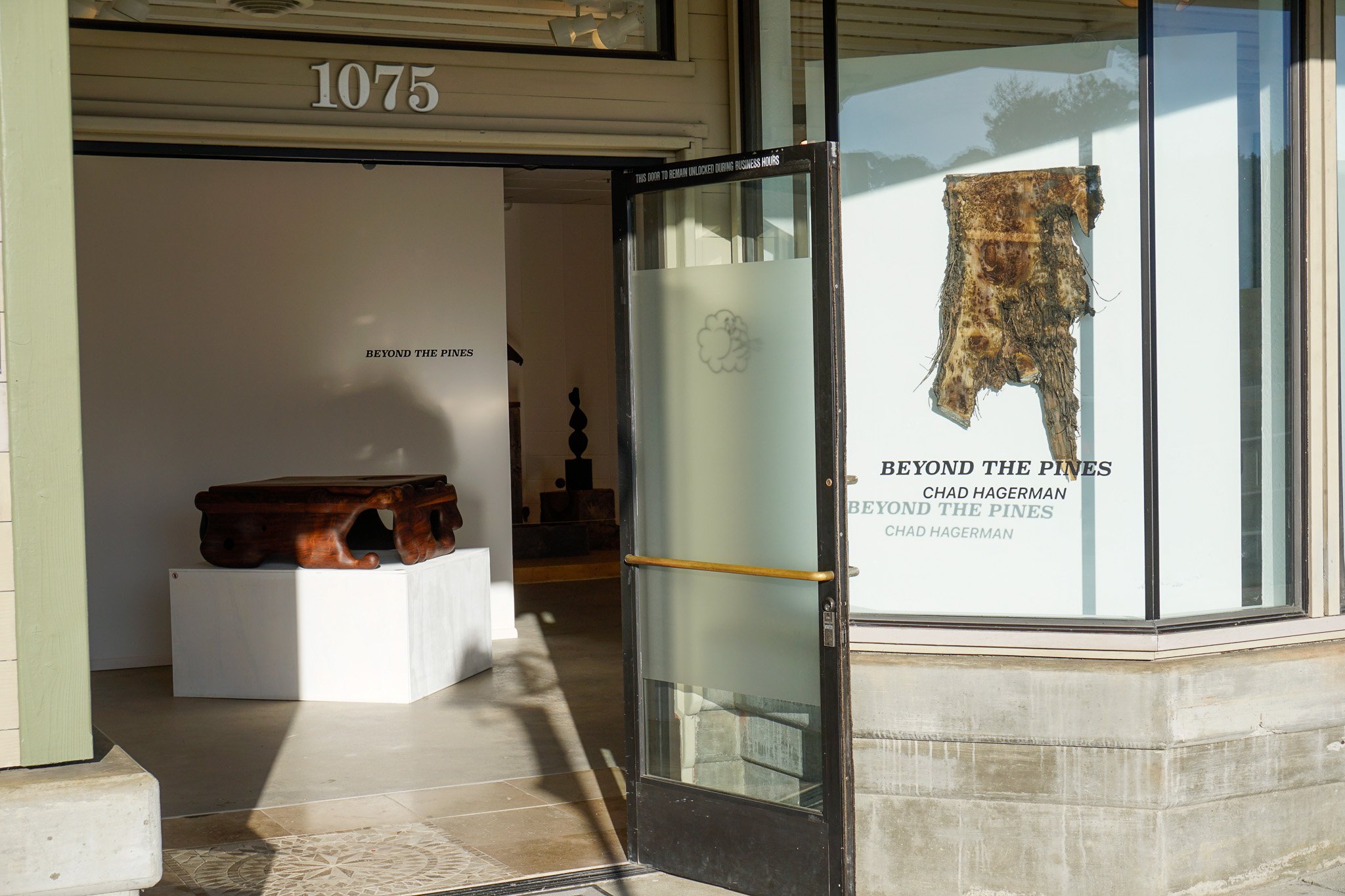
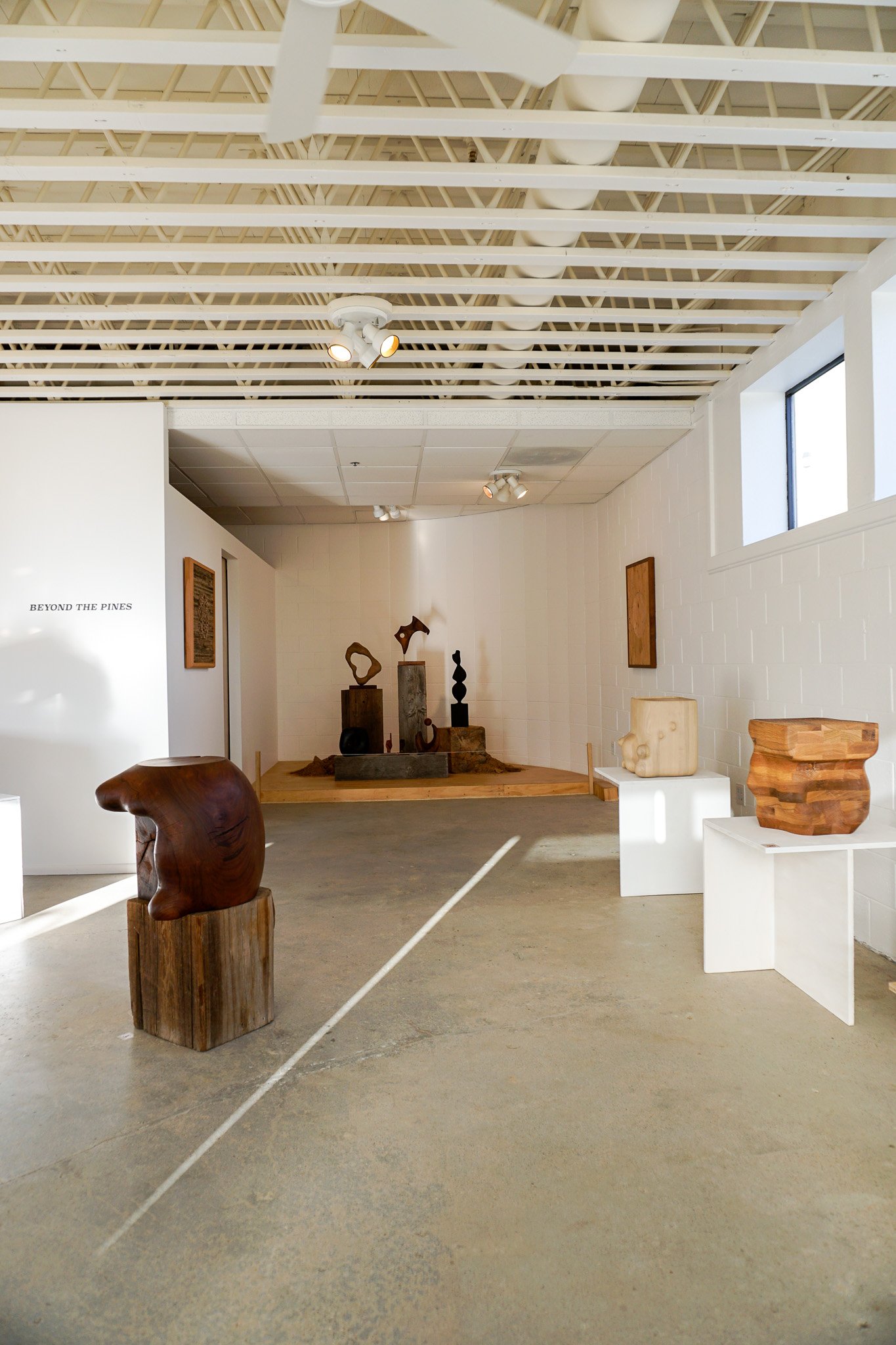
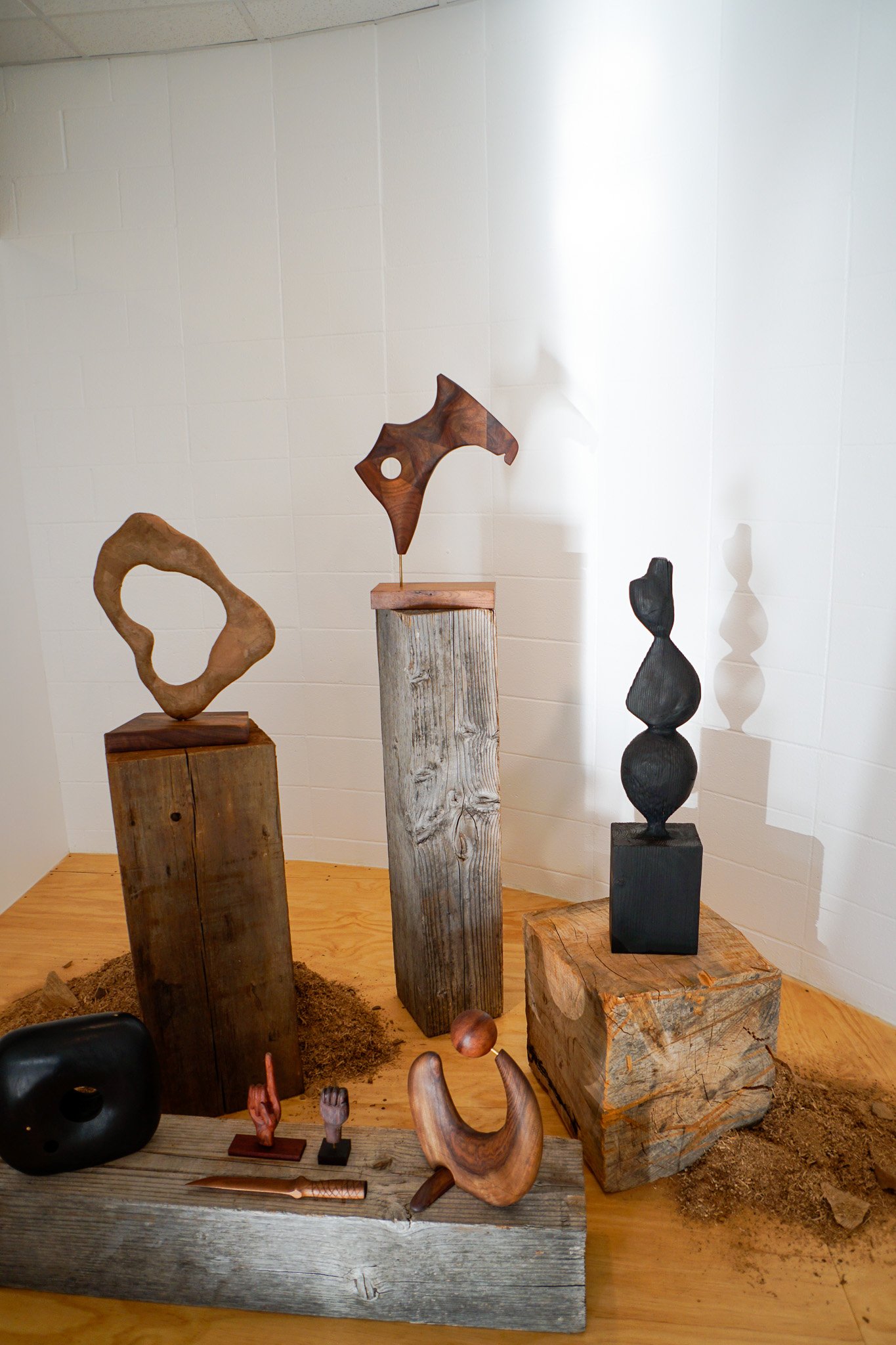

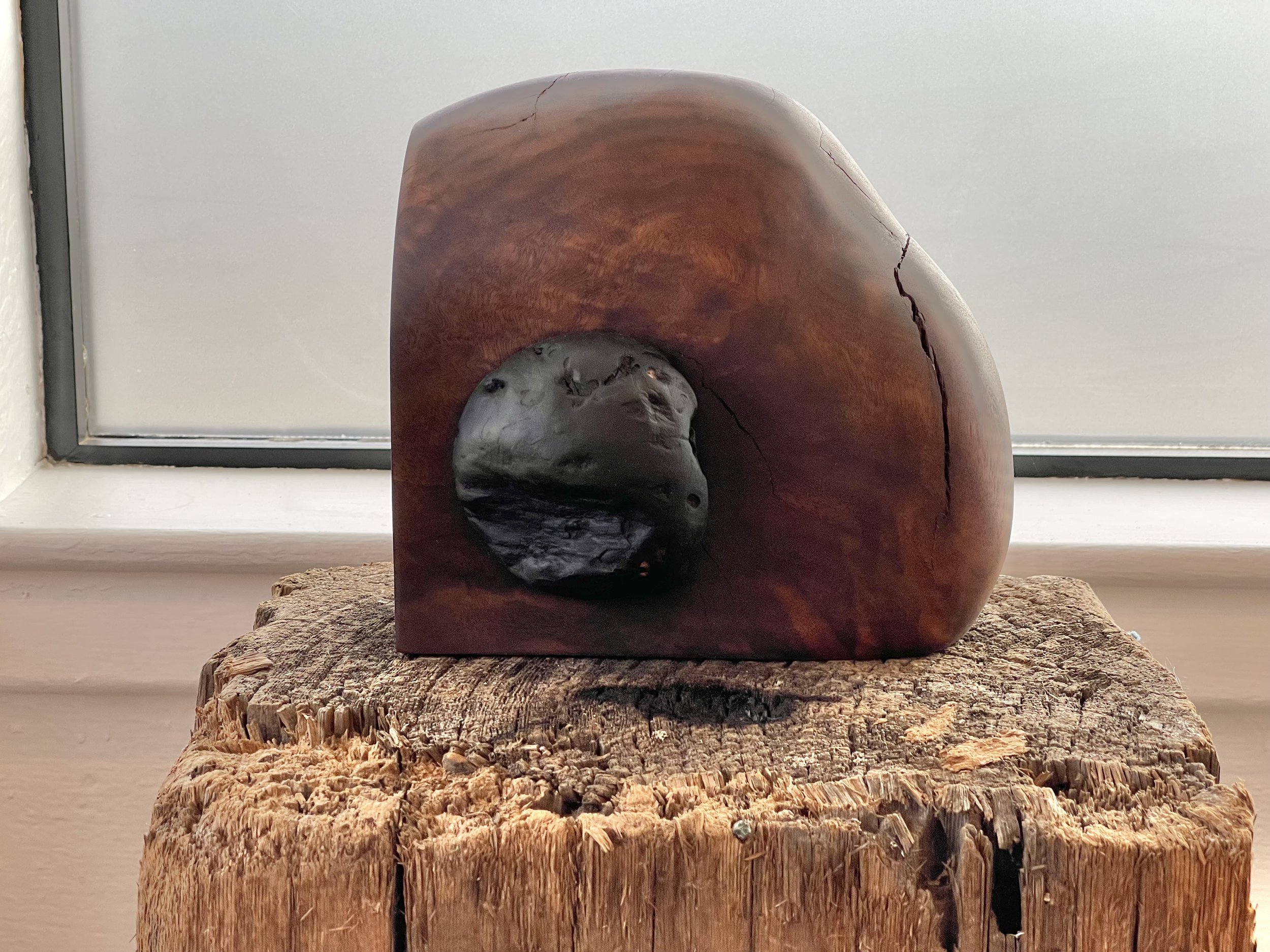
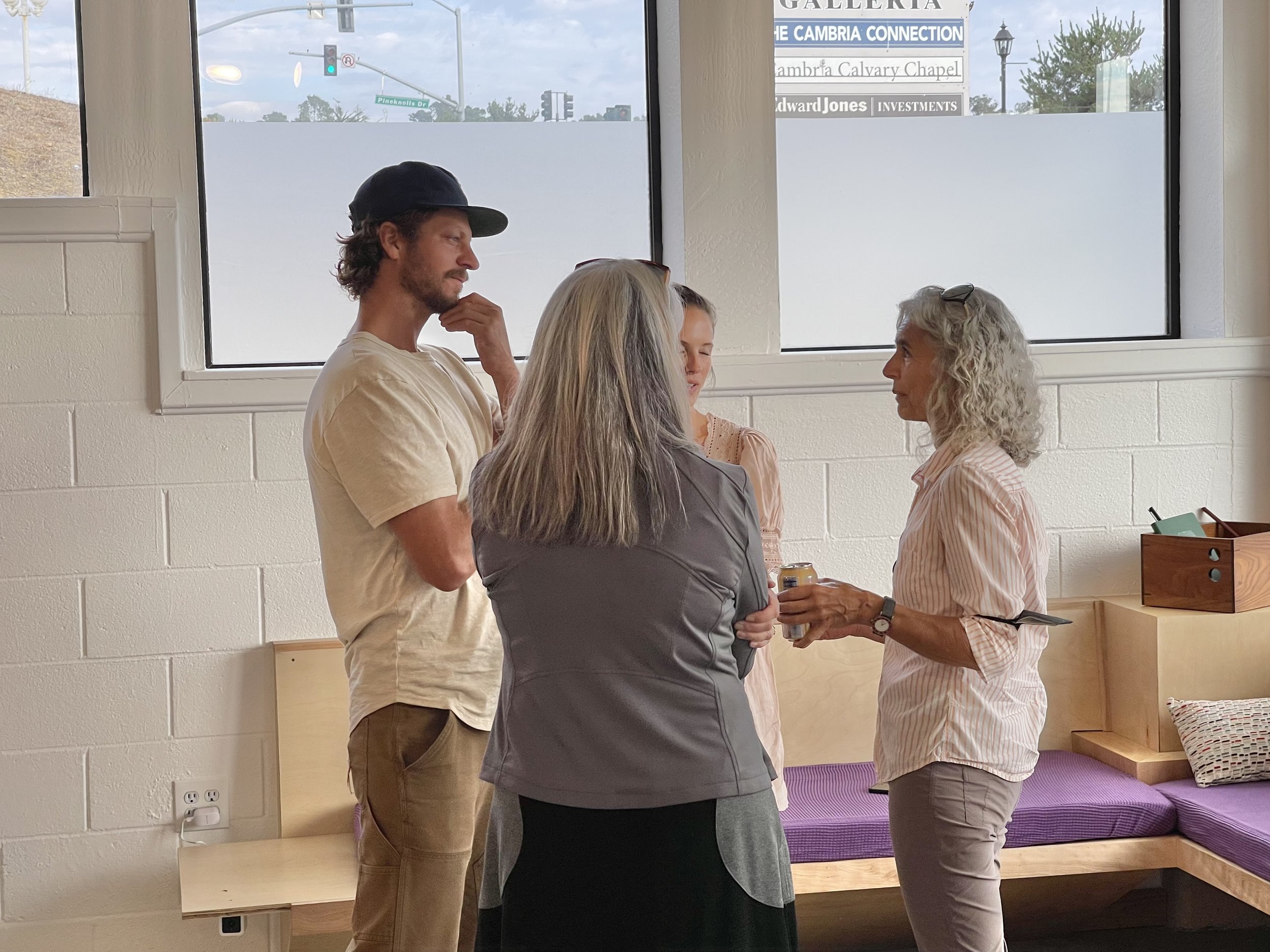
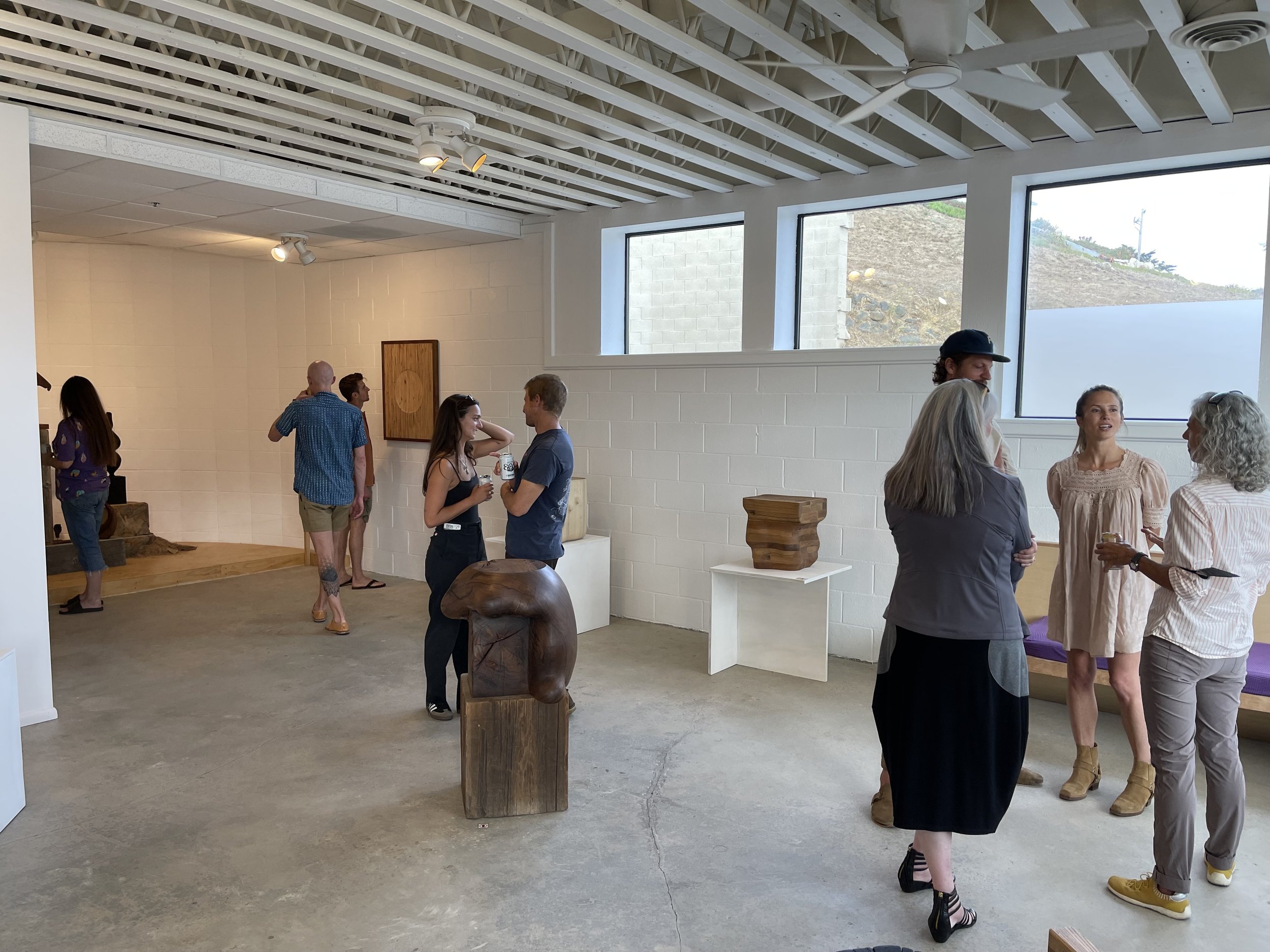

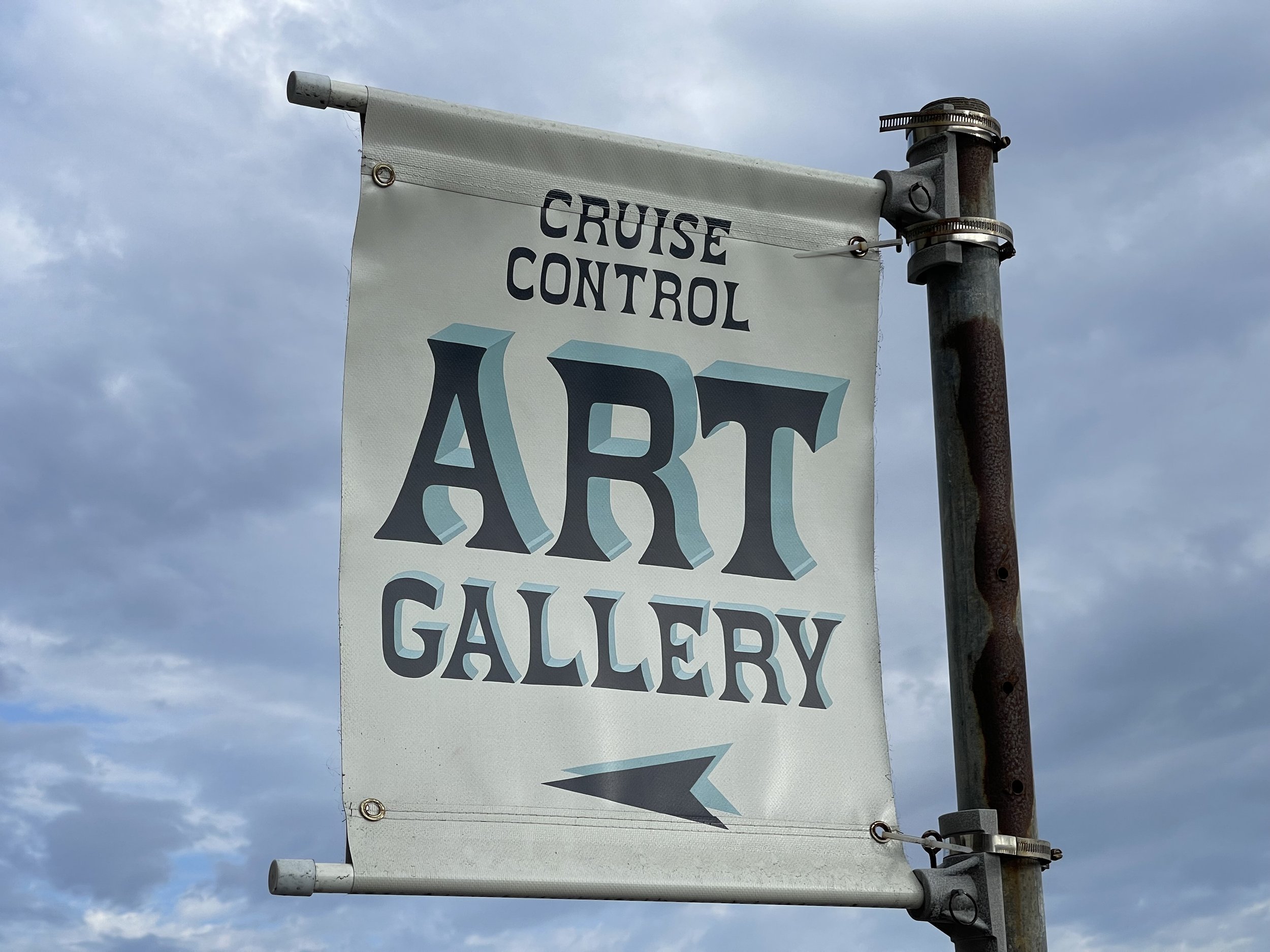
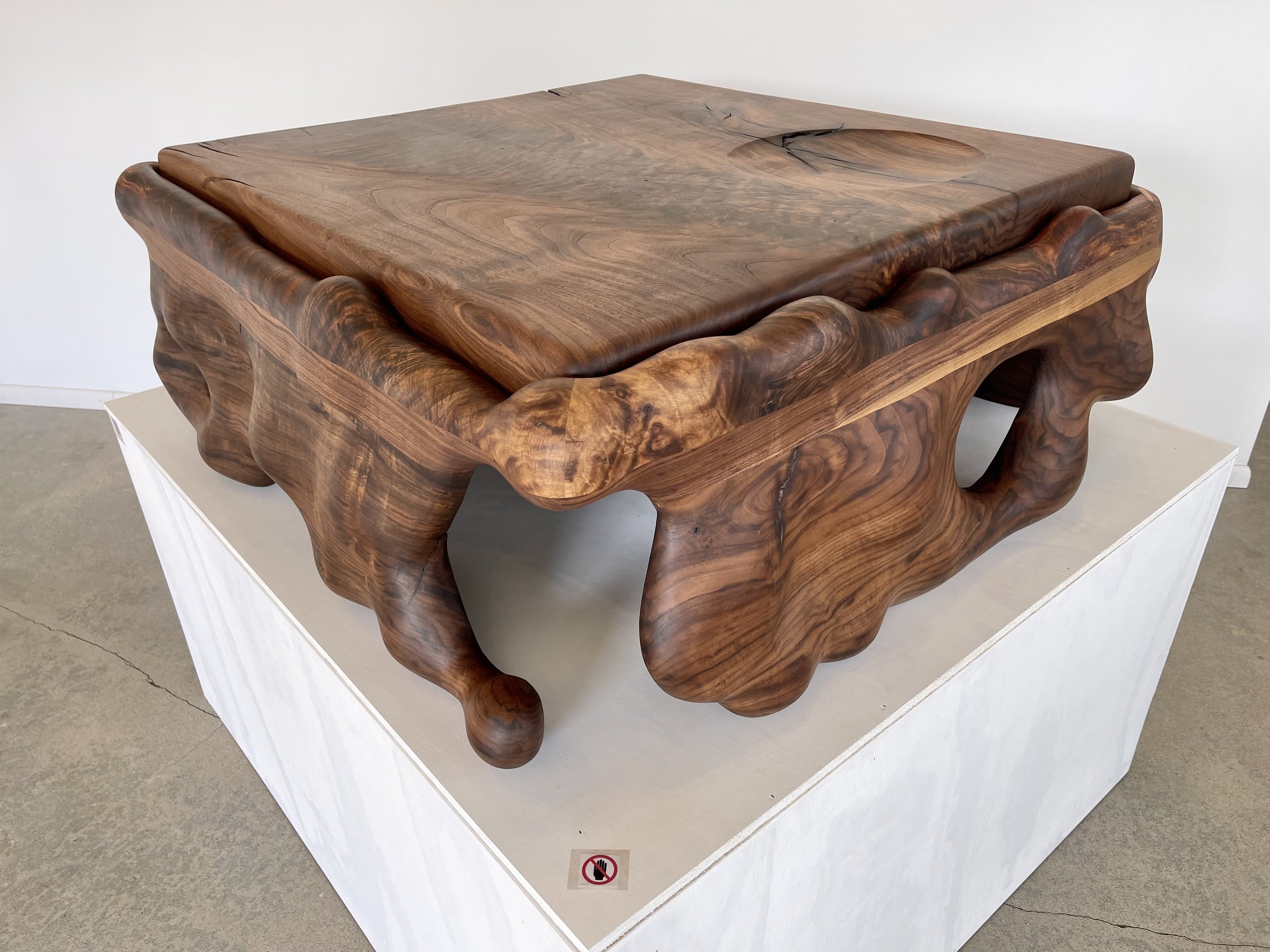
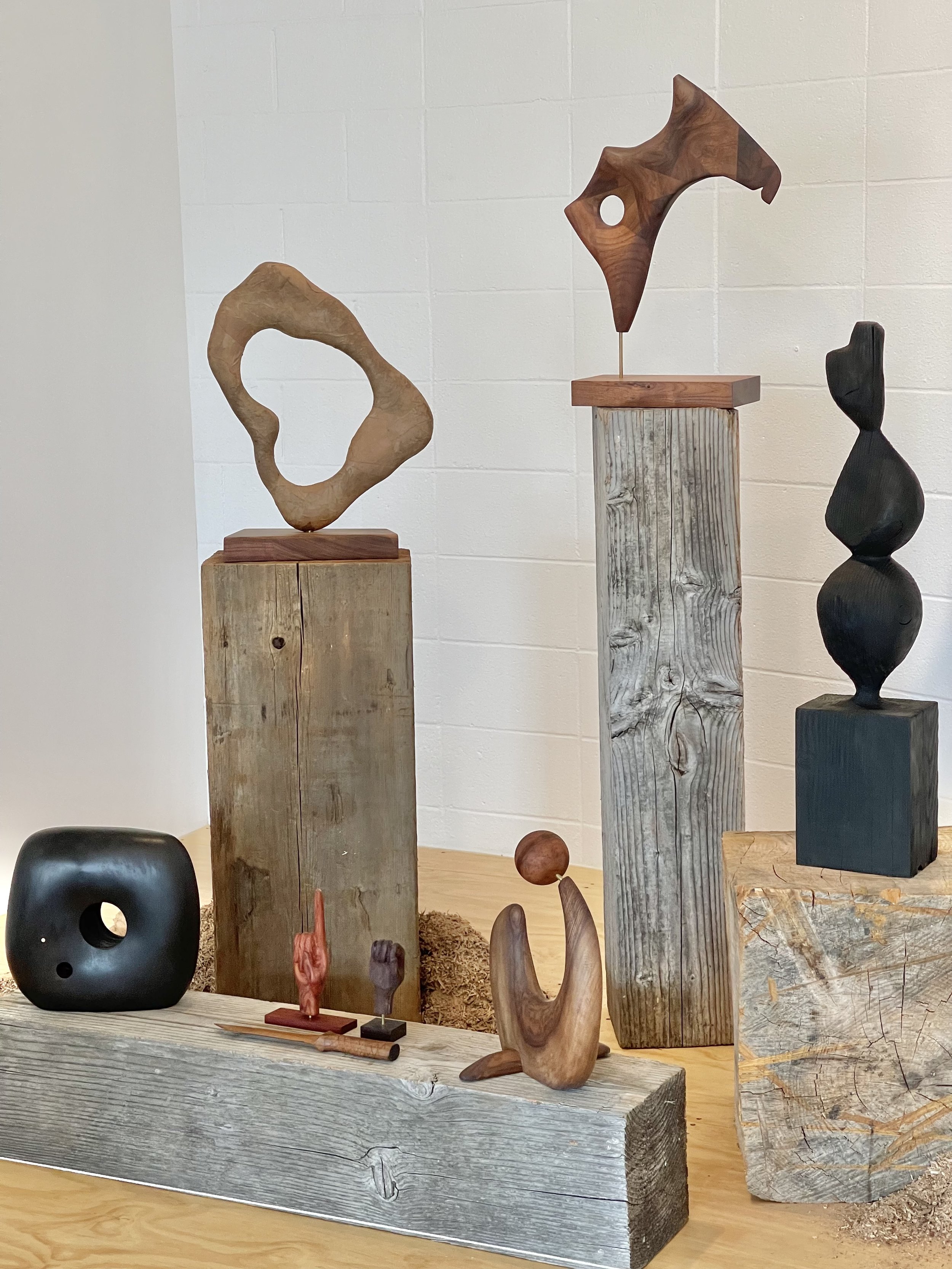
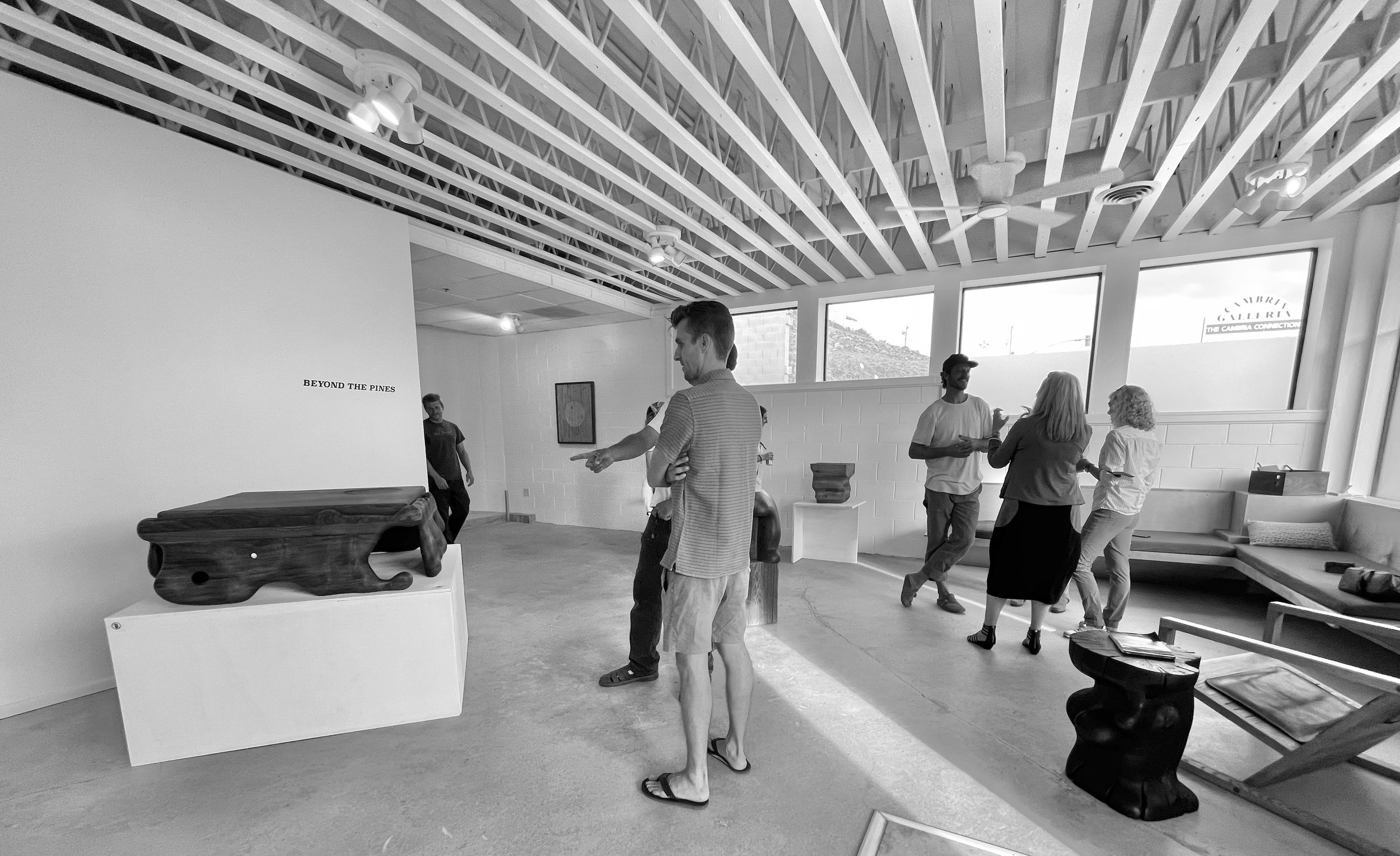
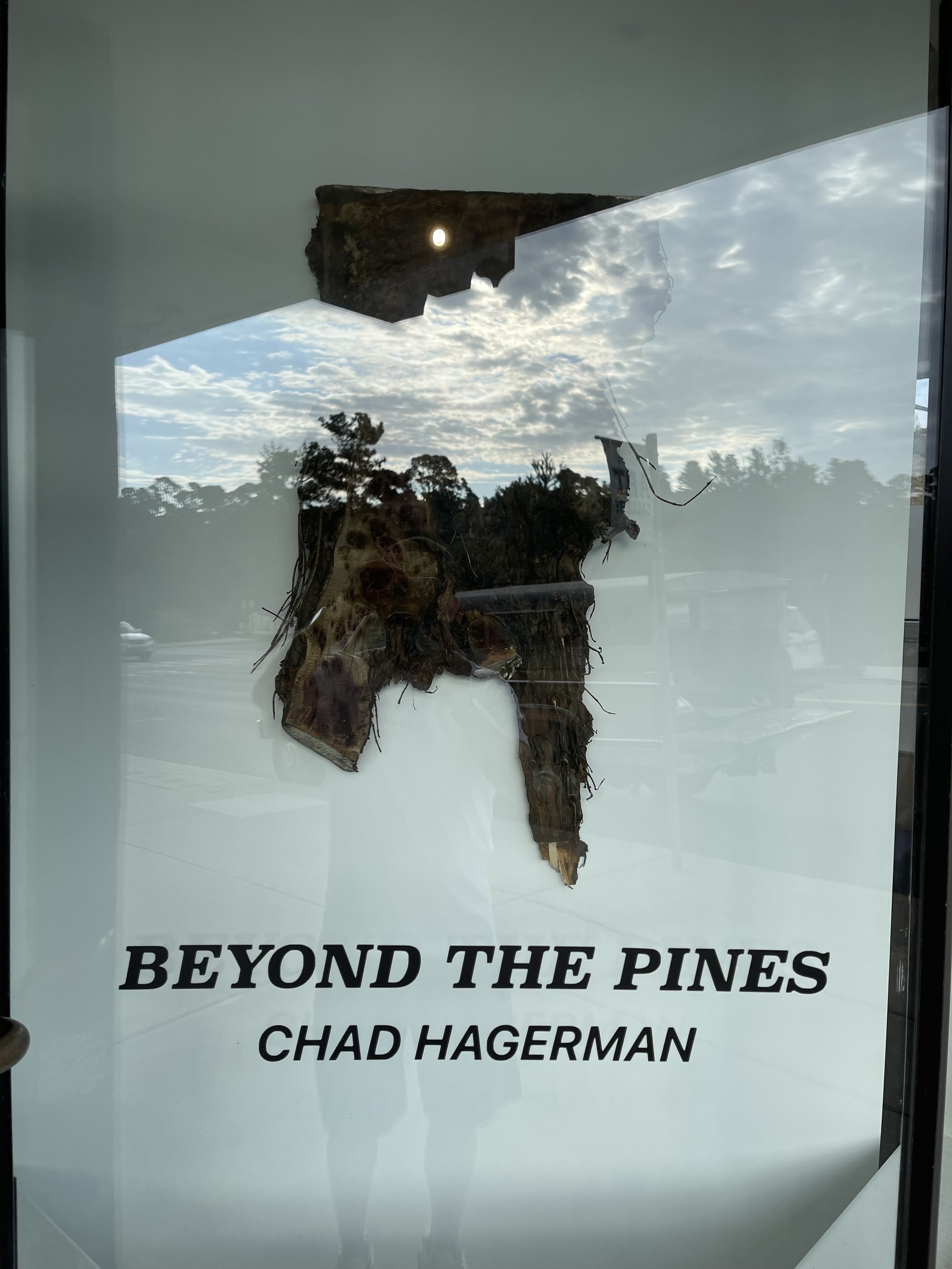

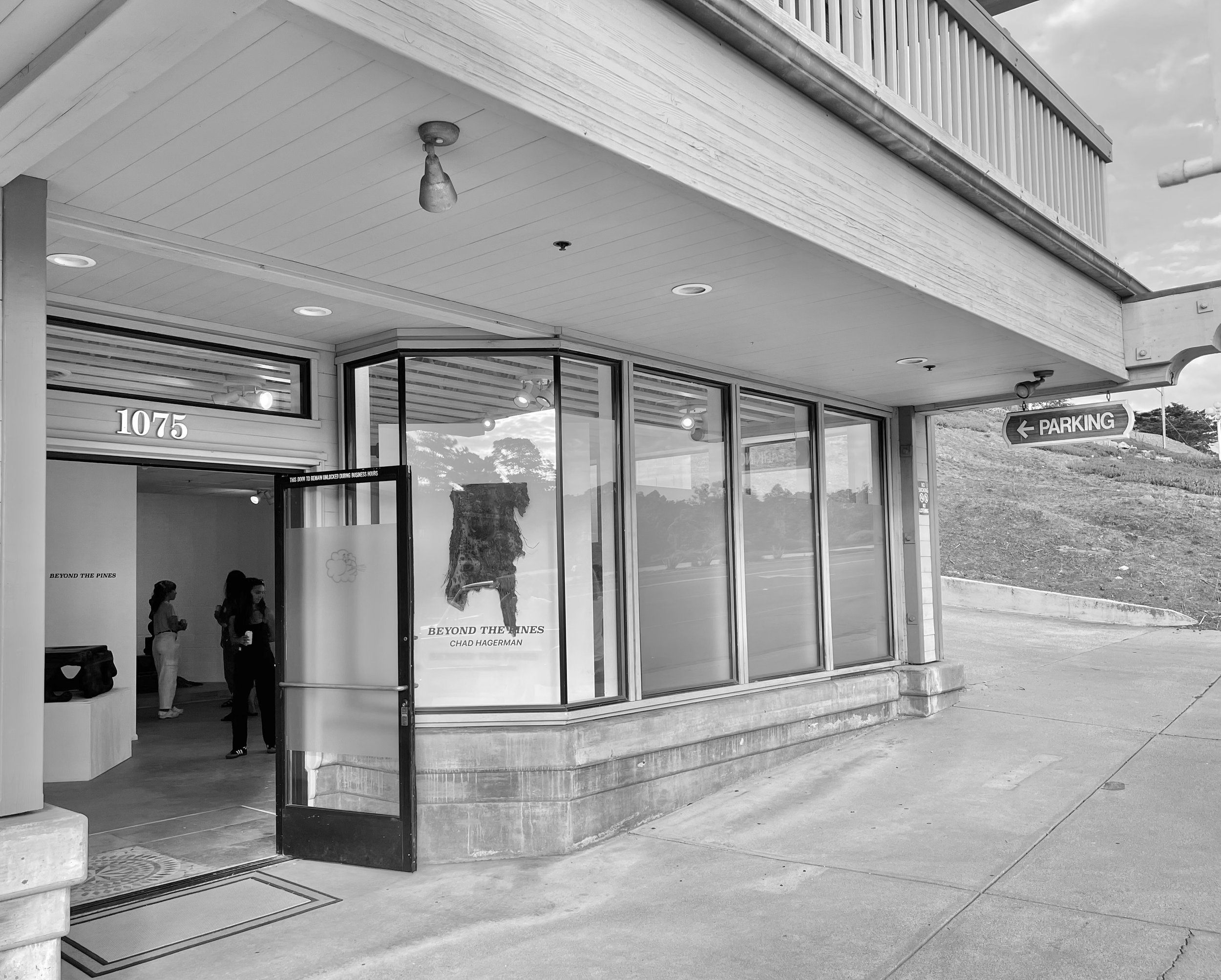
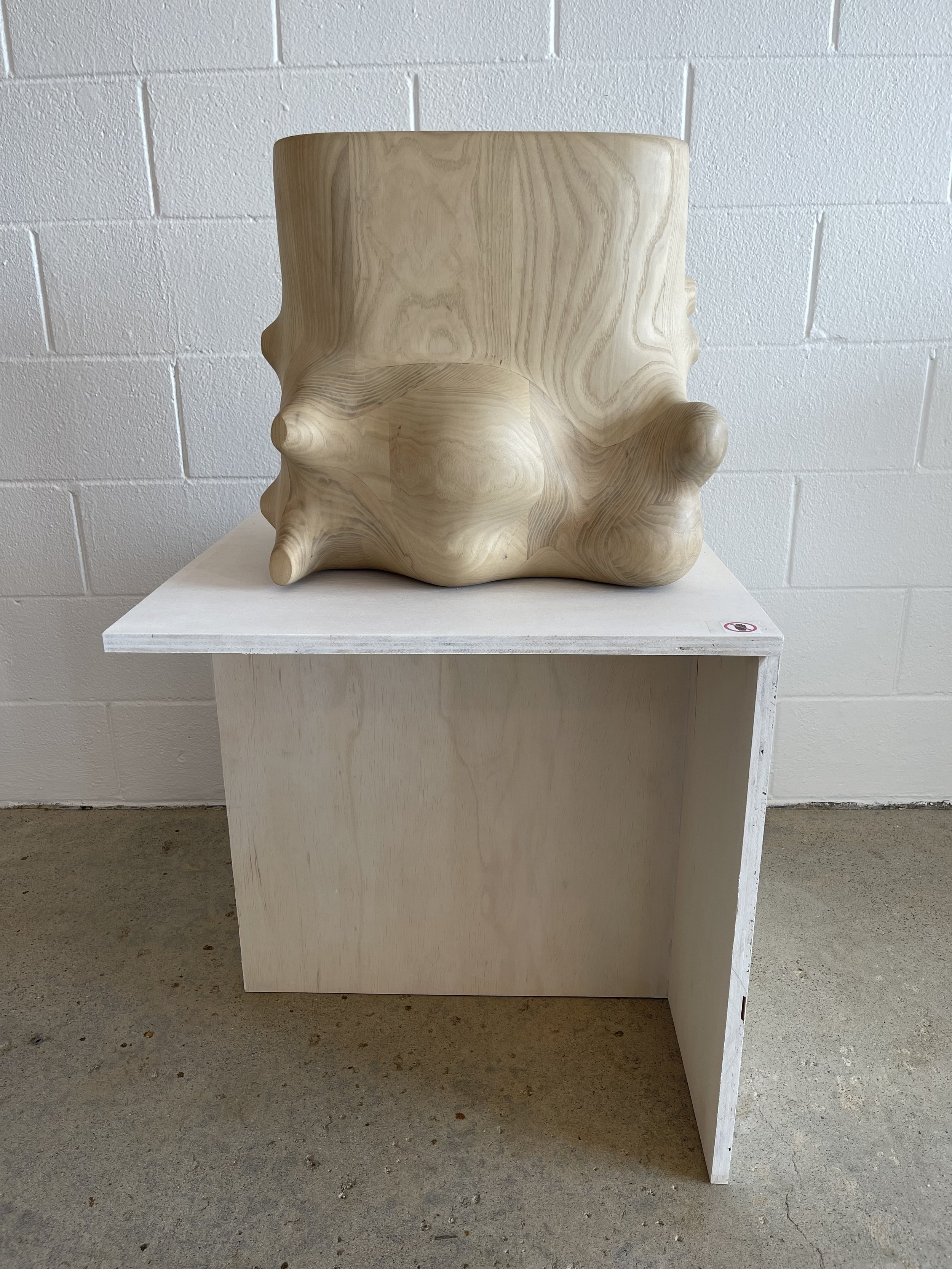
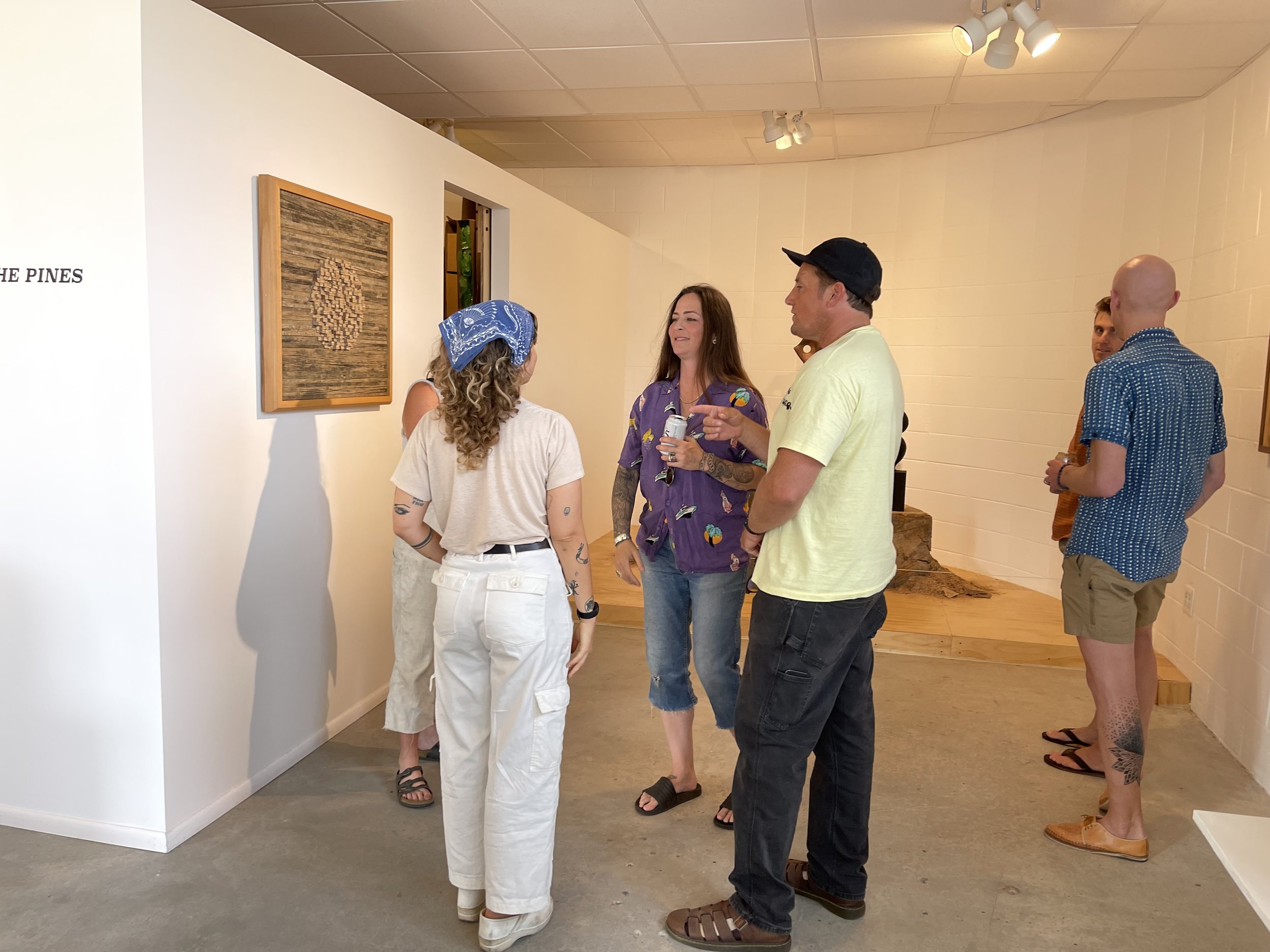
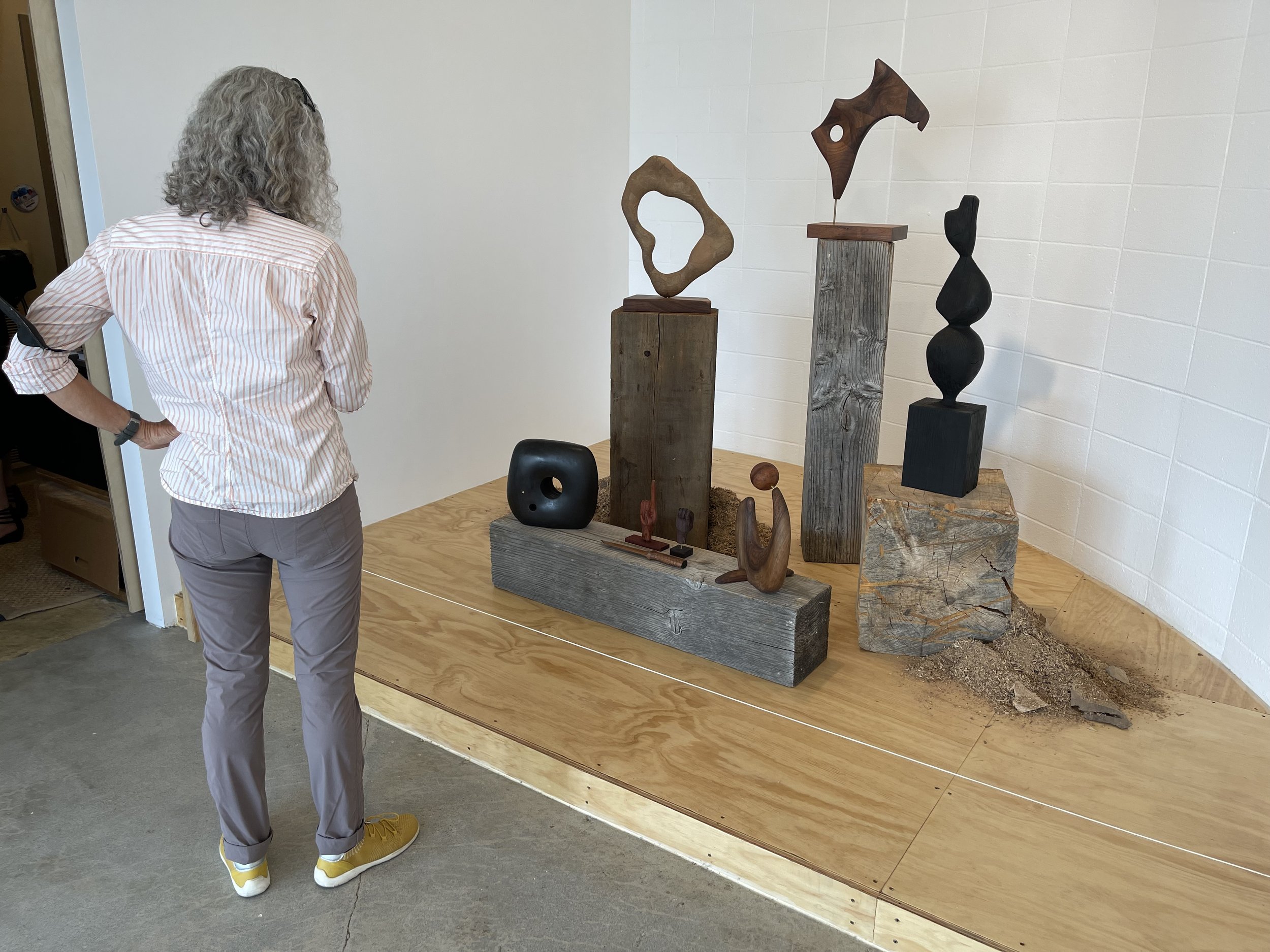
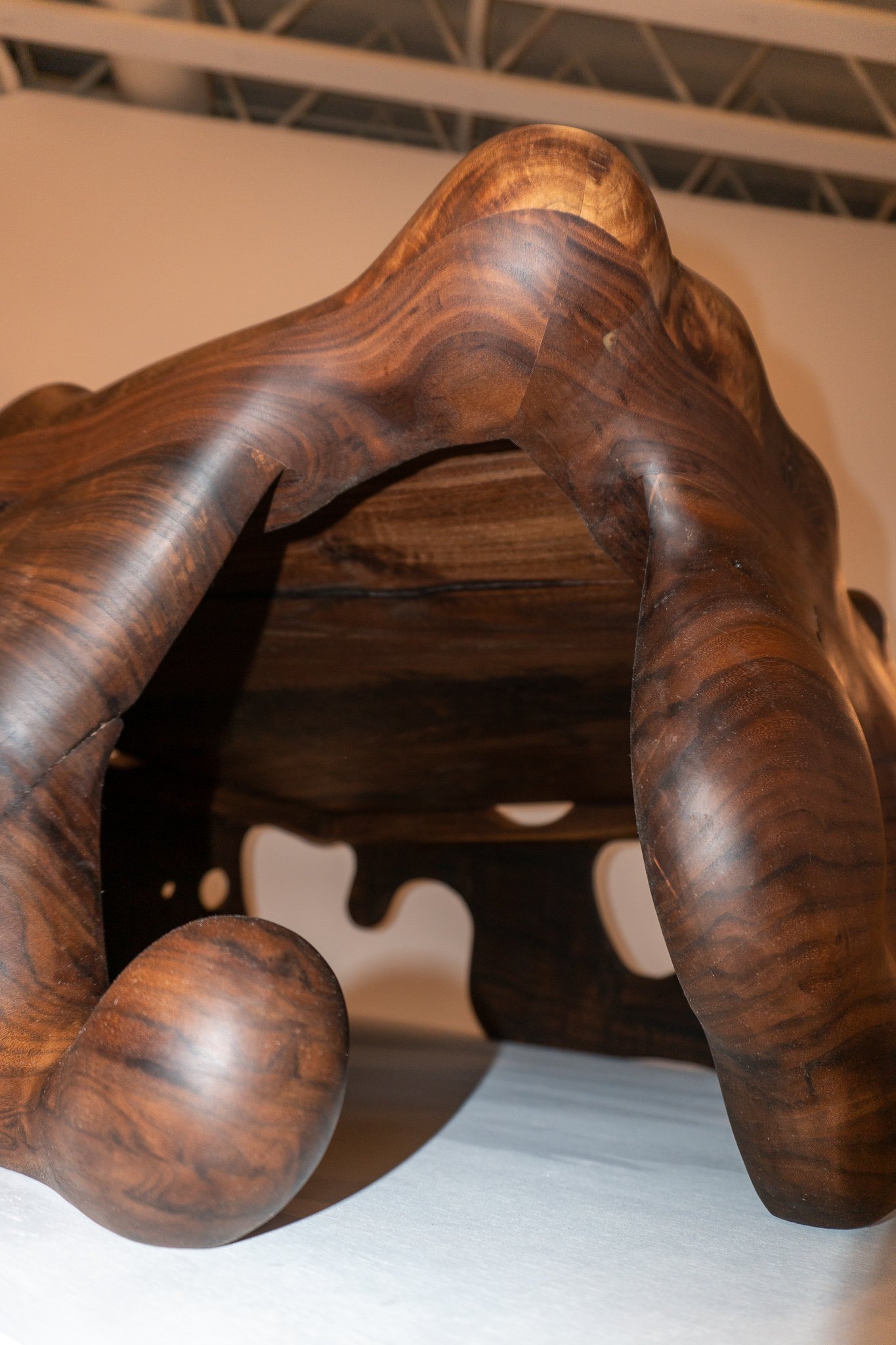
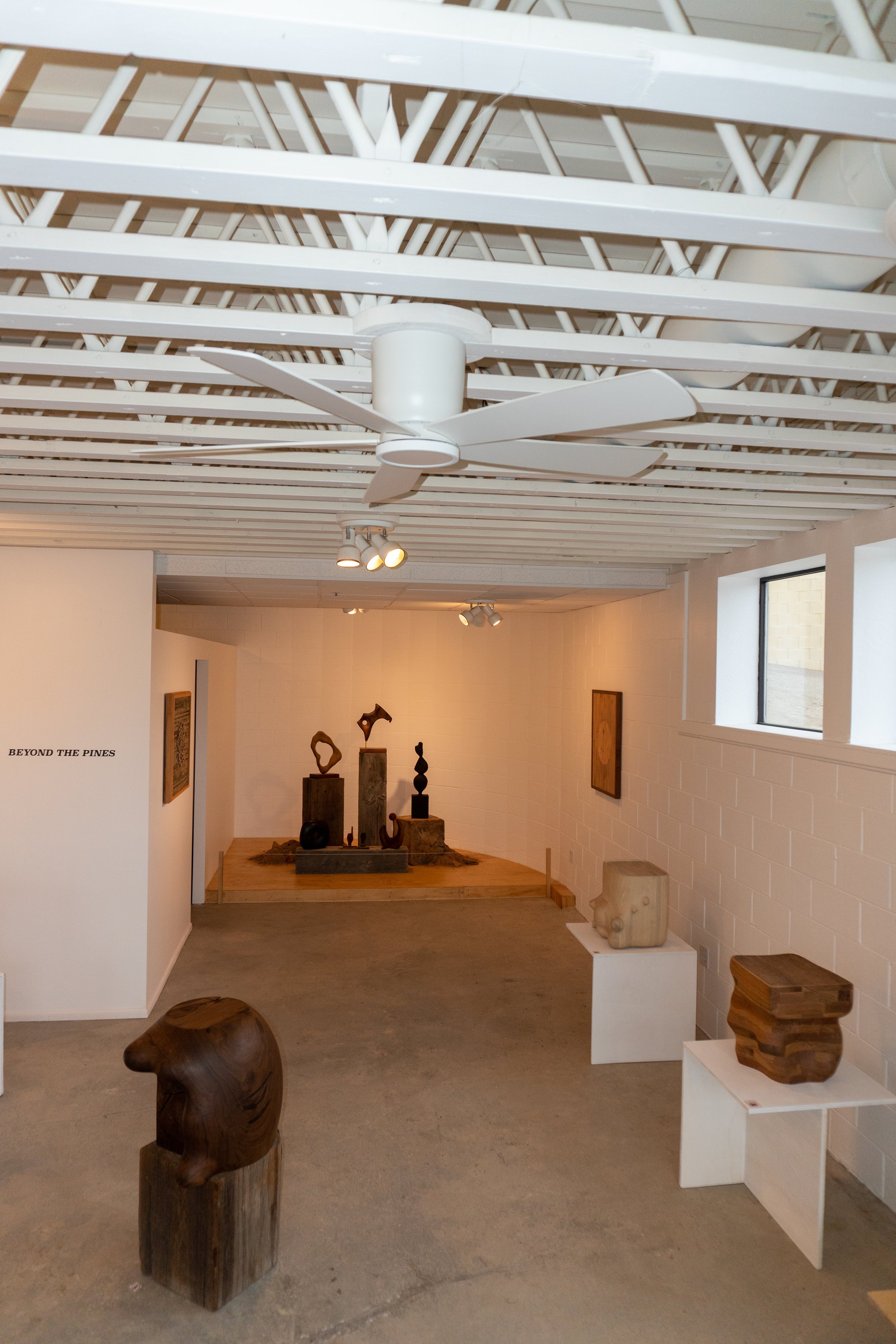
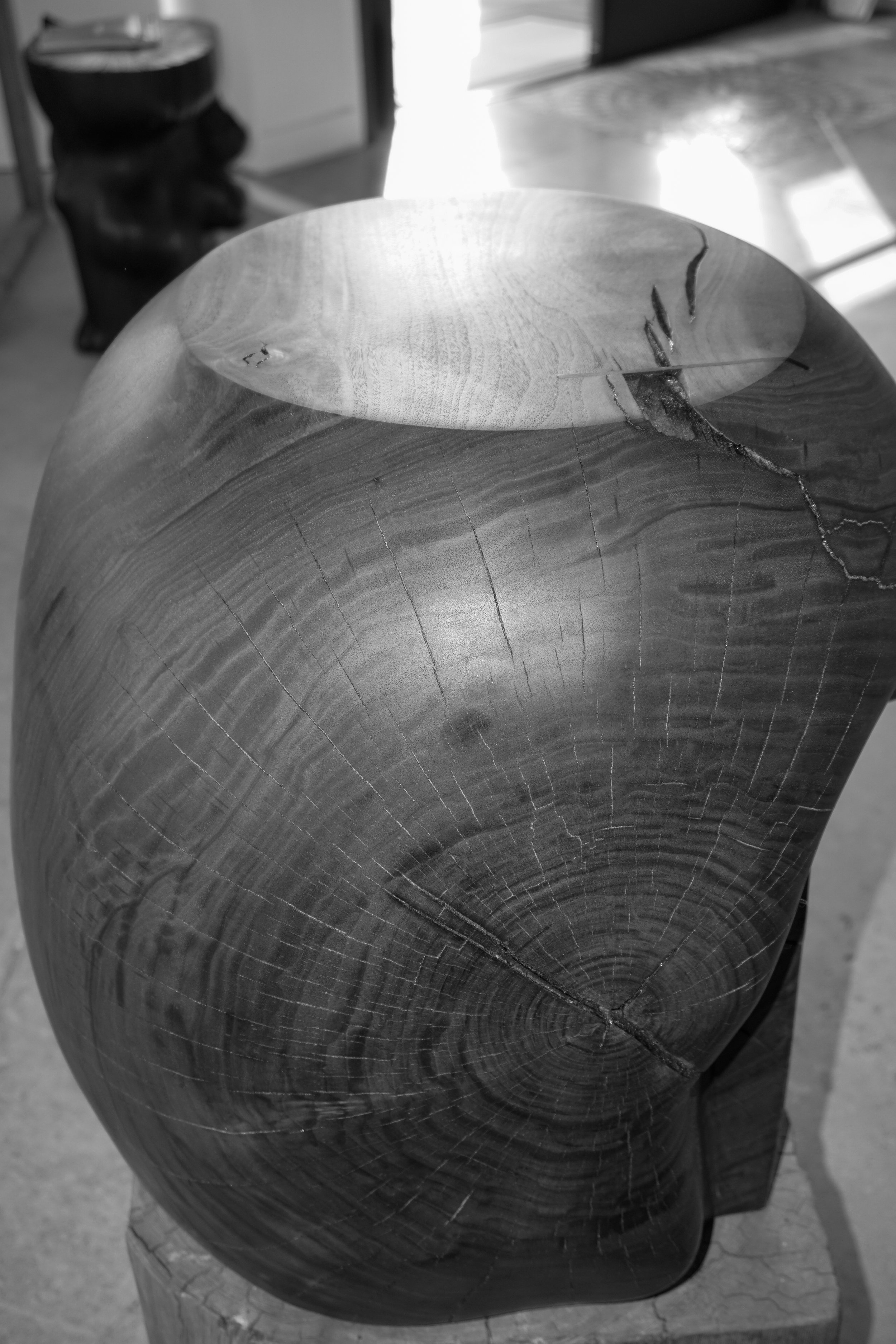
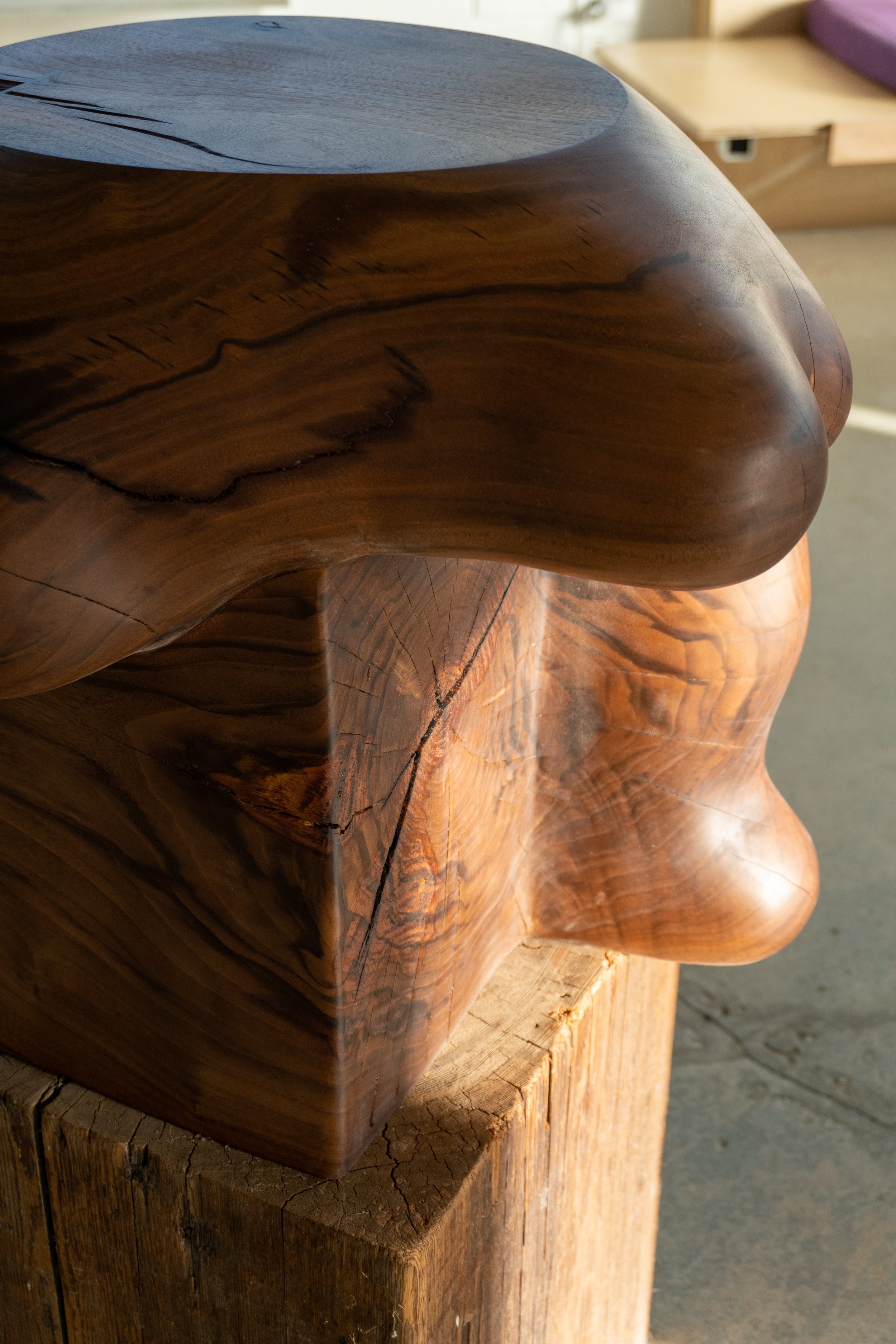
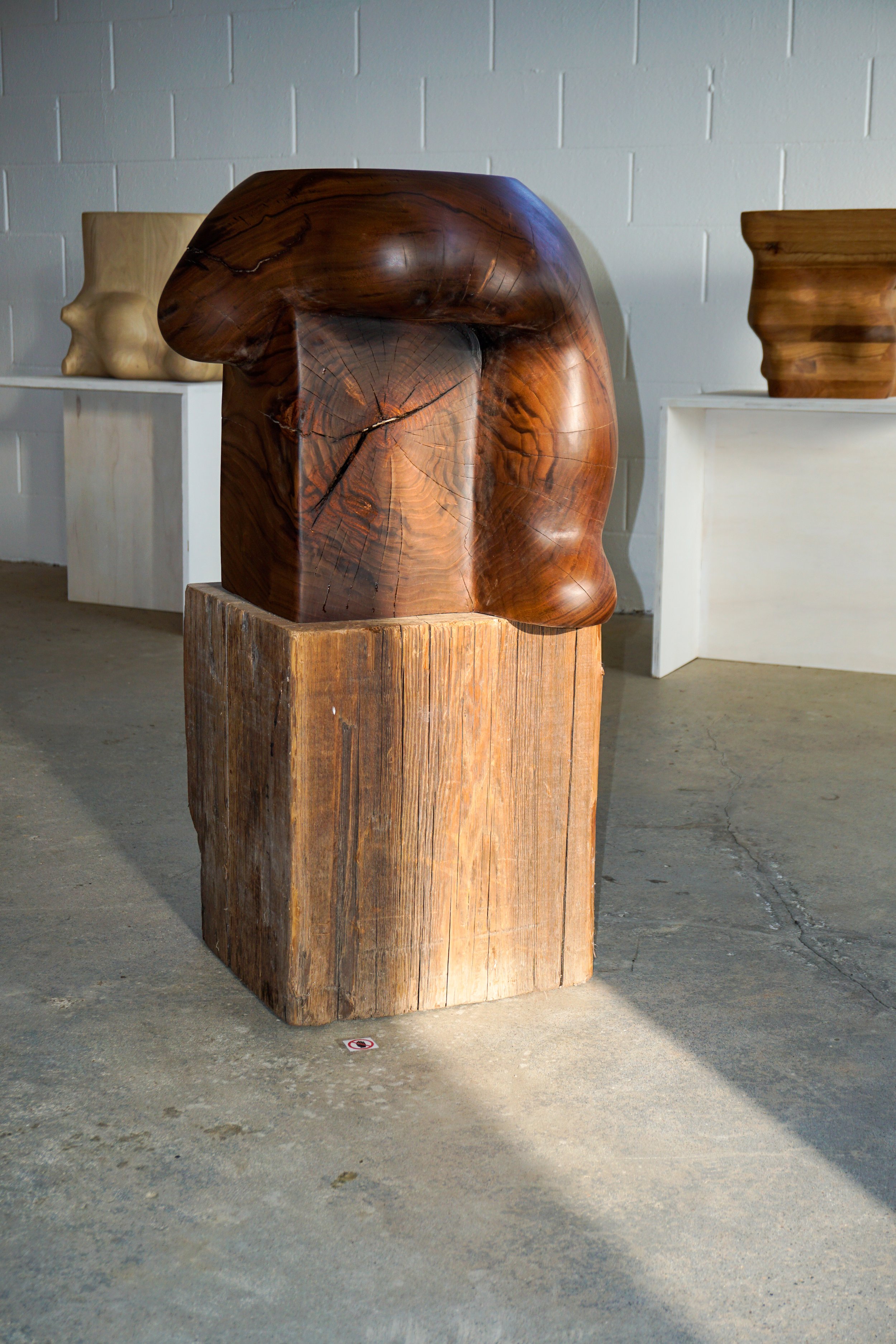
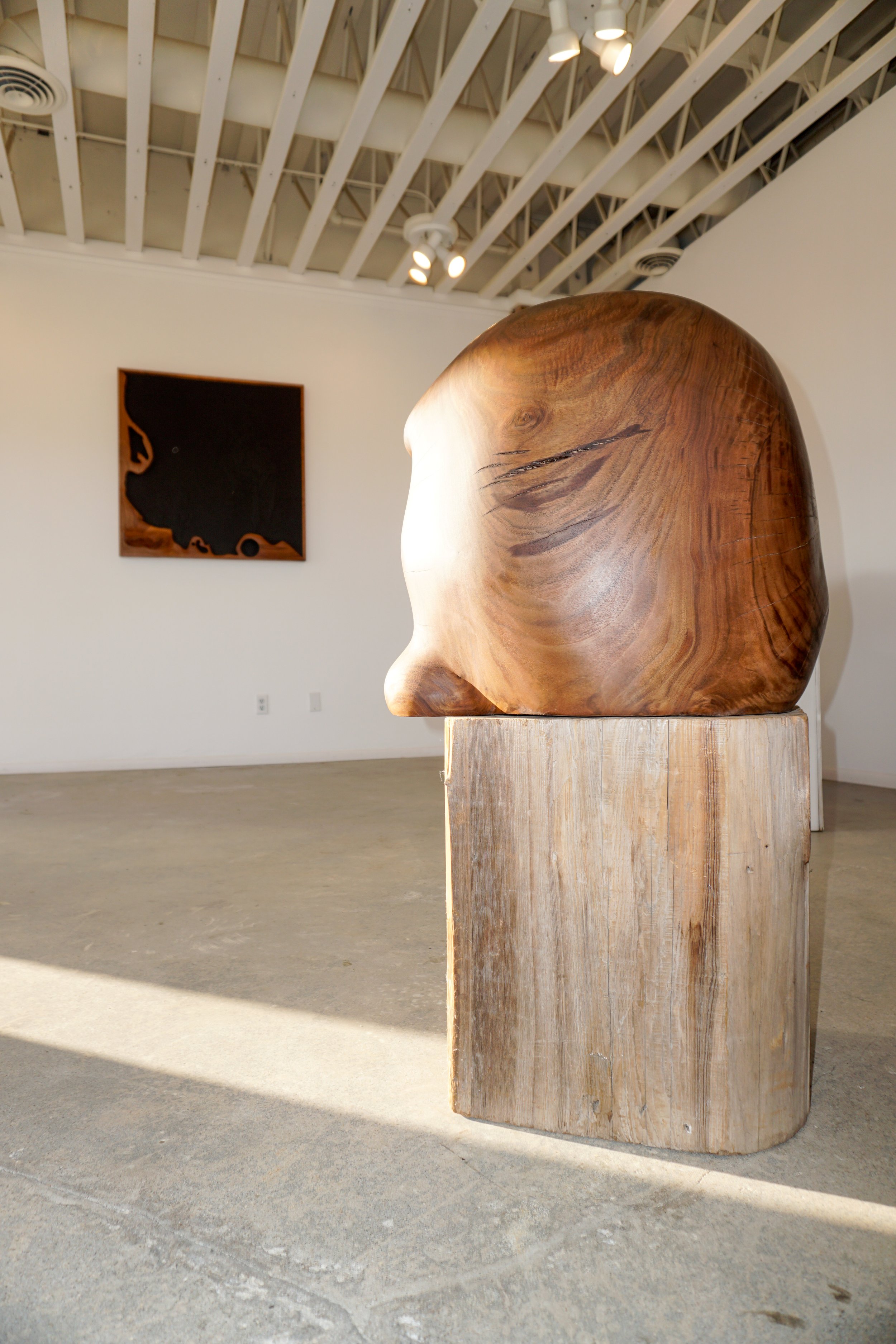
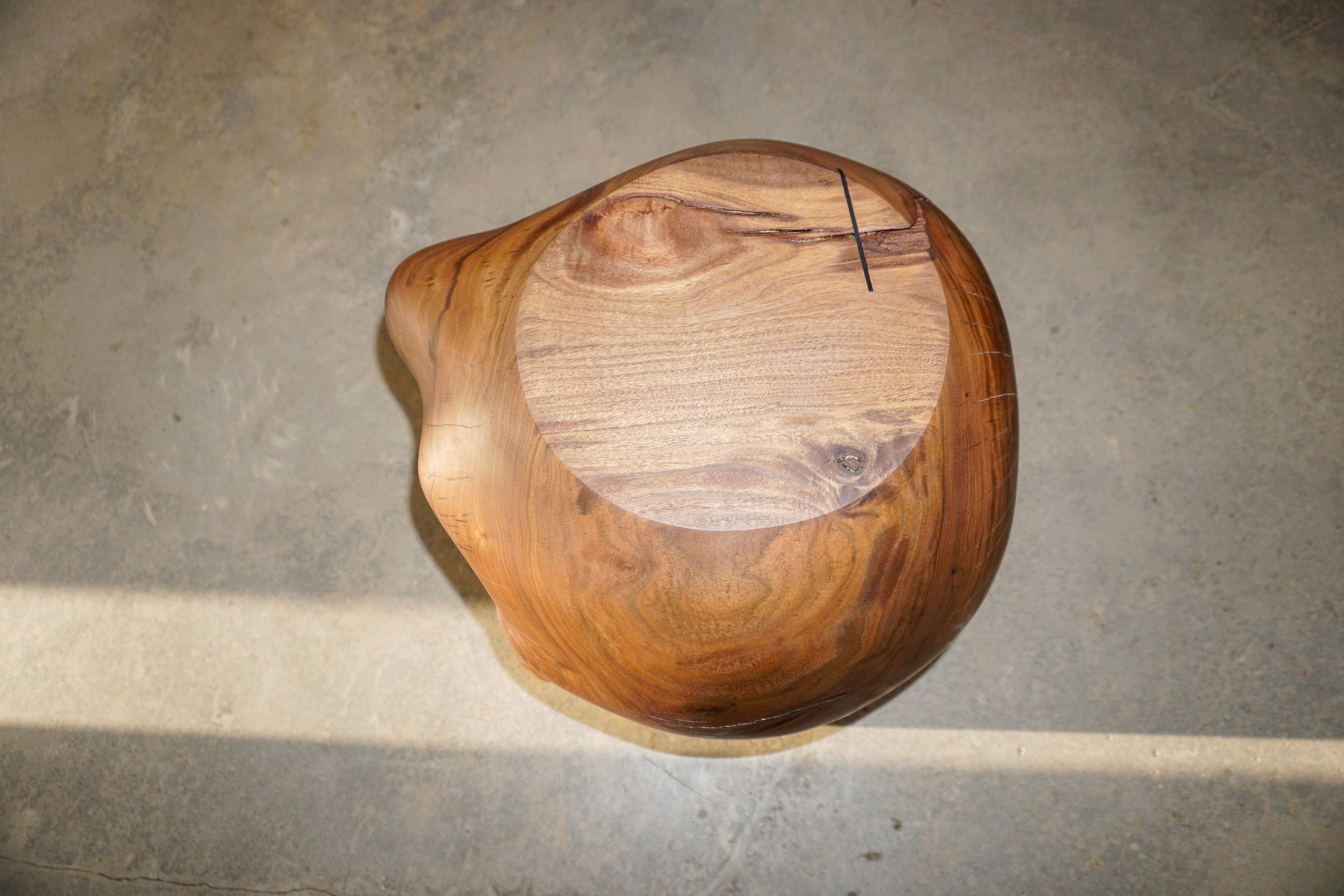
JEFF LANCASTER
HOUSE/DESTINATIONS
“We had just entered the Pandemic, early 2020, isolation was starting to take hold, and I was filled with a sense of purpose to chronicle much of what I was feeling about the world. The political climate, the environment, the American dream… the whole catastrophe. How to convey this came to me in a painting I had done of a house isolated in the trees, and another of a woman in a bath… isolated, solitary and alone, a beacon of humanity, but the solace and silence of it all. The use of a metaphor became my vehicle. For me, a means of communicating without browbeating, allowing the viewer, with a hint in the paintings title, and occasional humor added in, to journey on their own story and conclusion. Many people arrive at their own meanings, which are vastly different from what I personally intended. Perfect!”
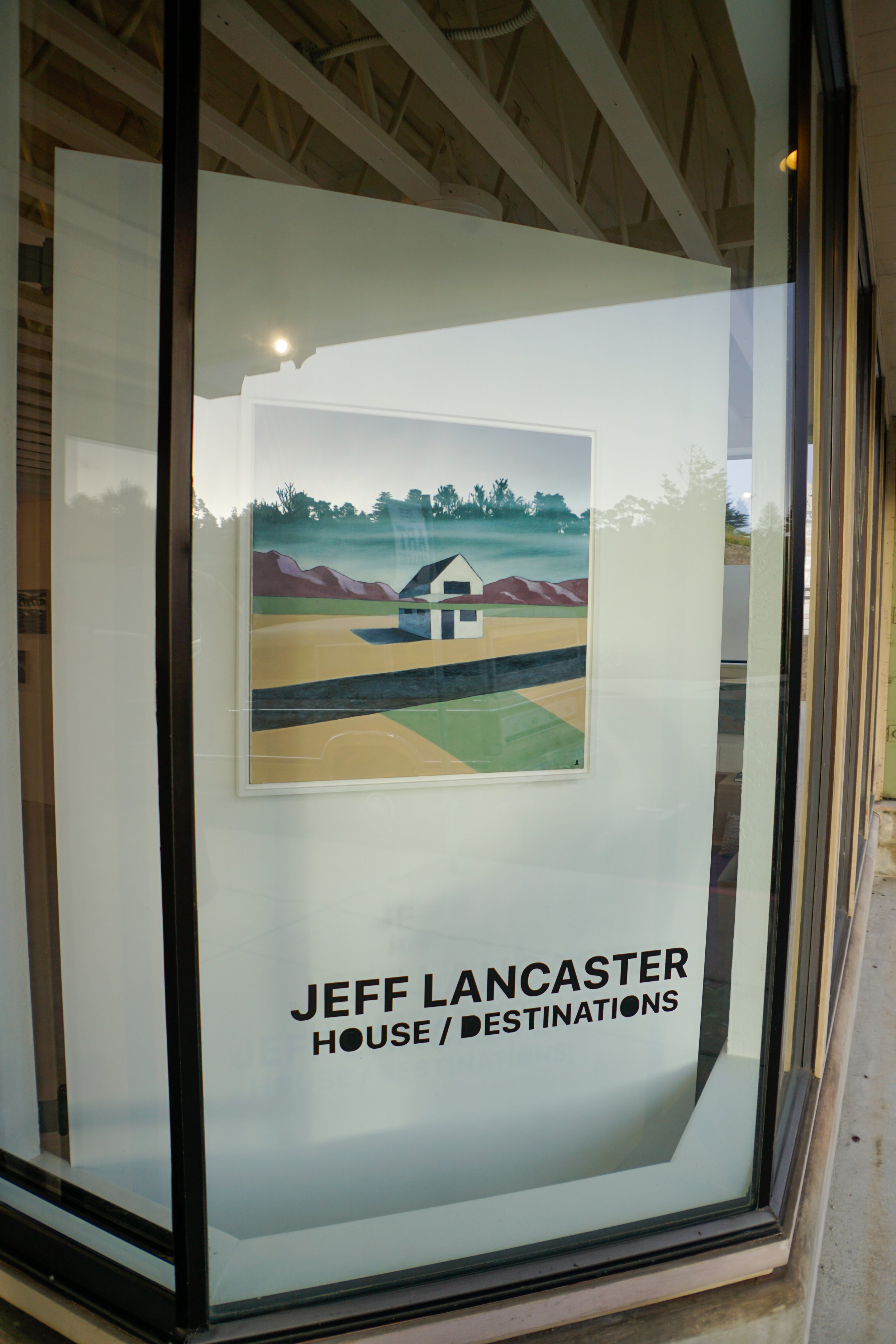

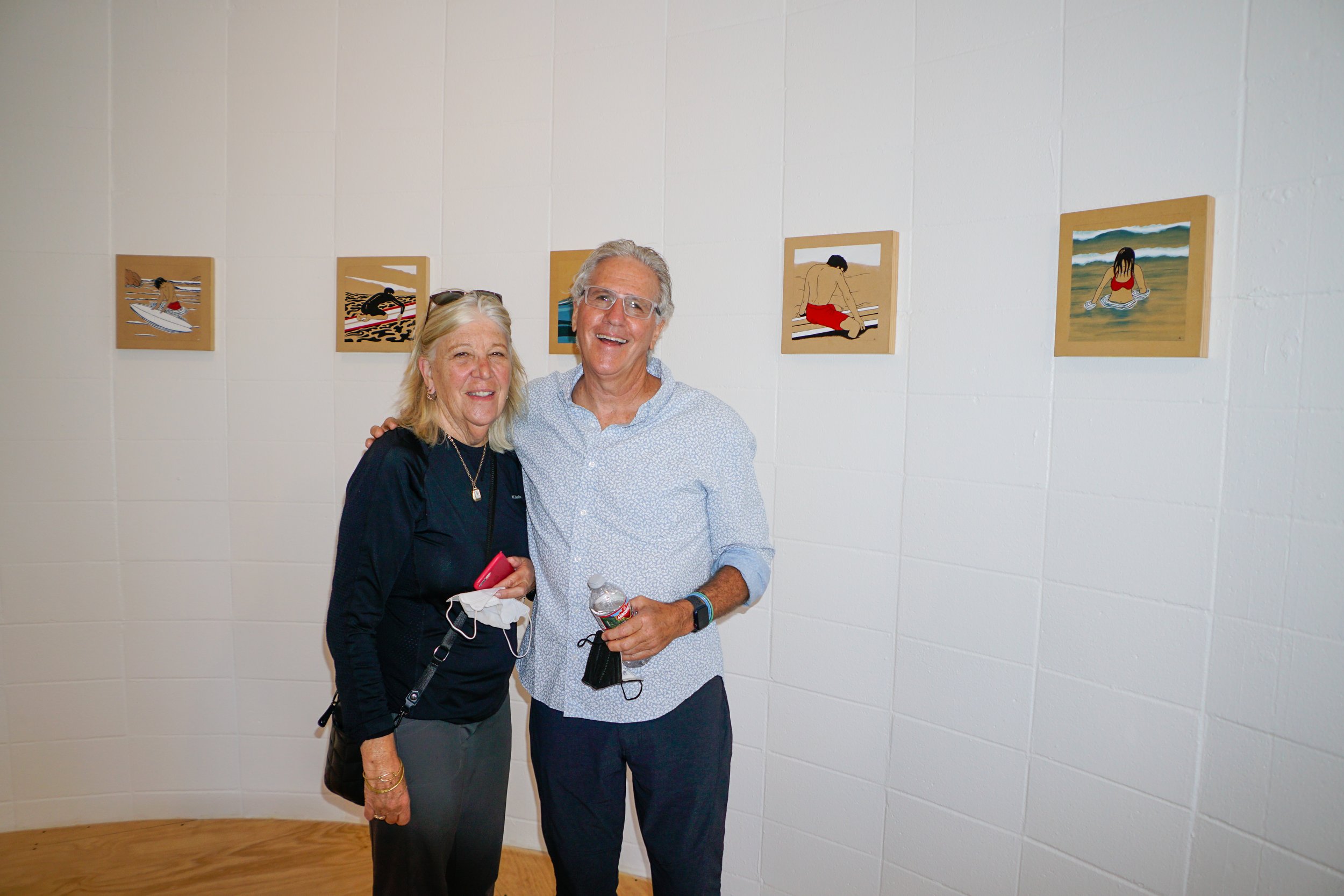

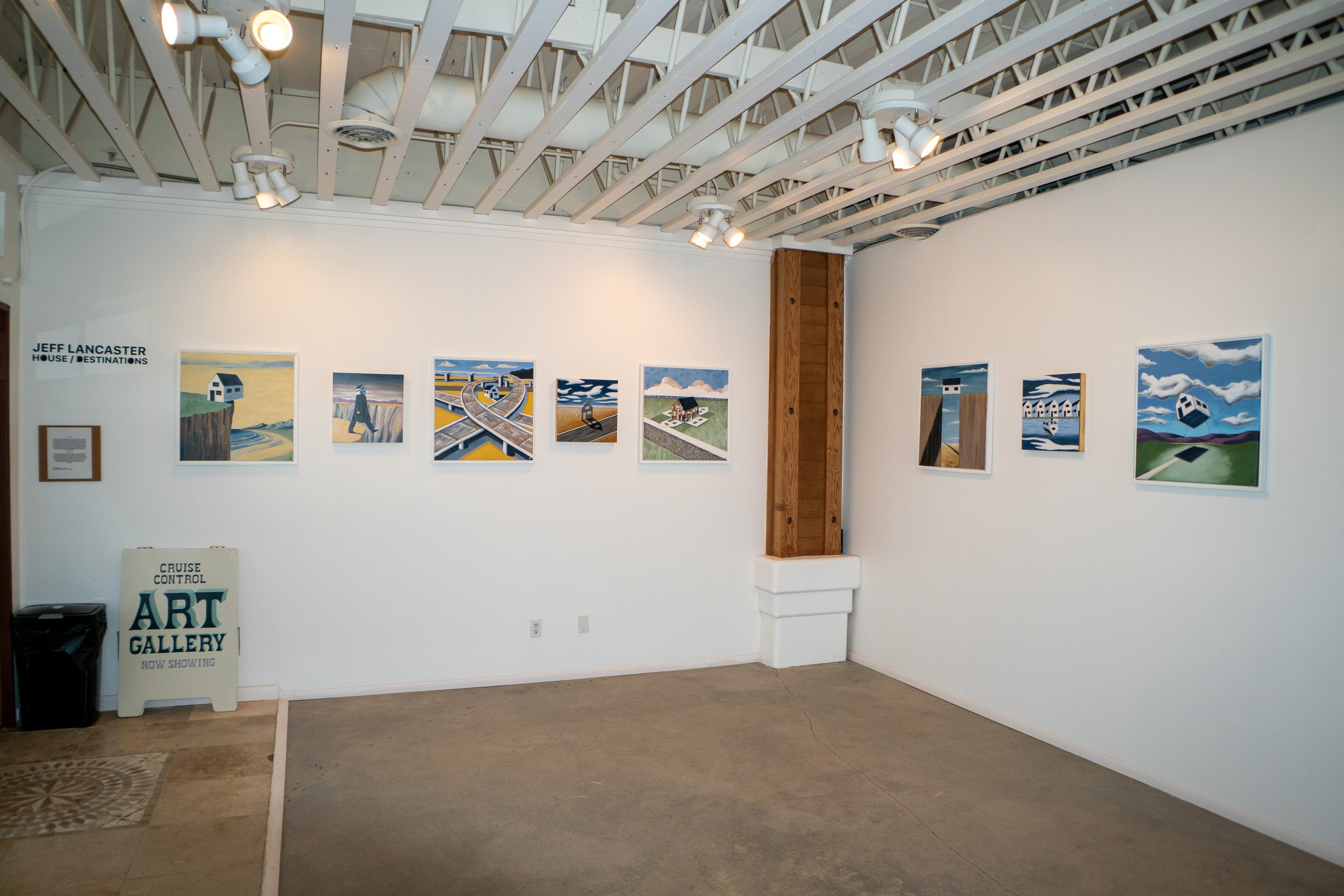

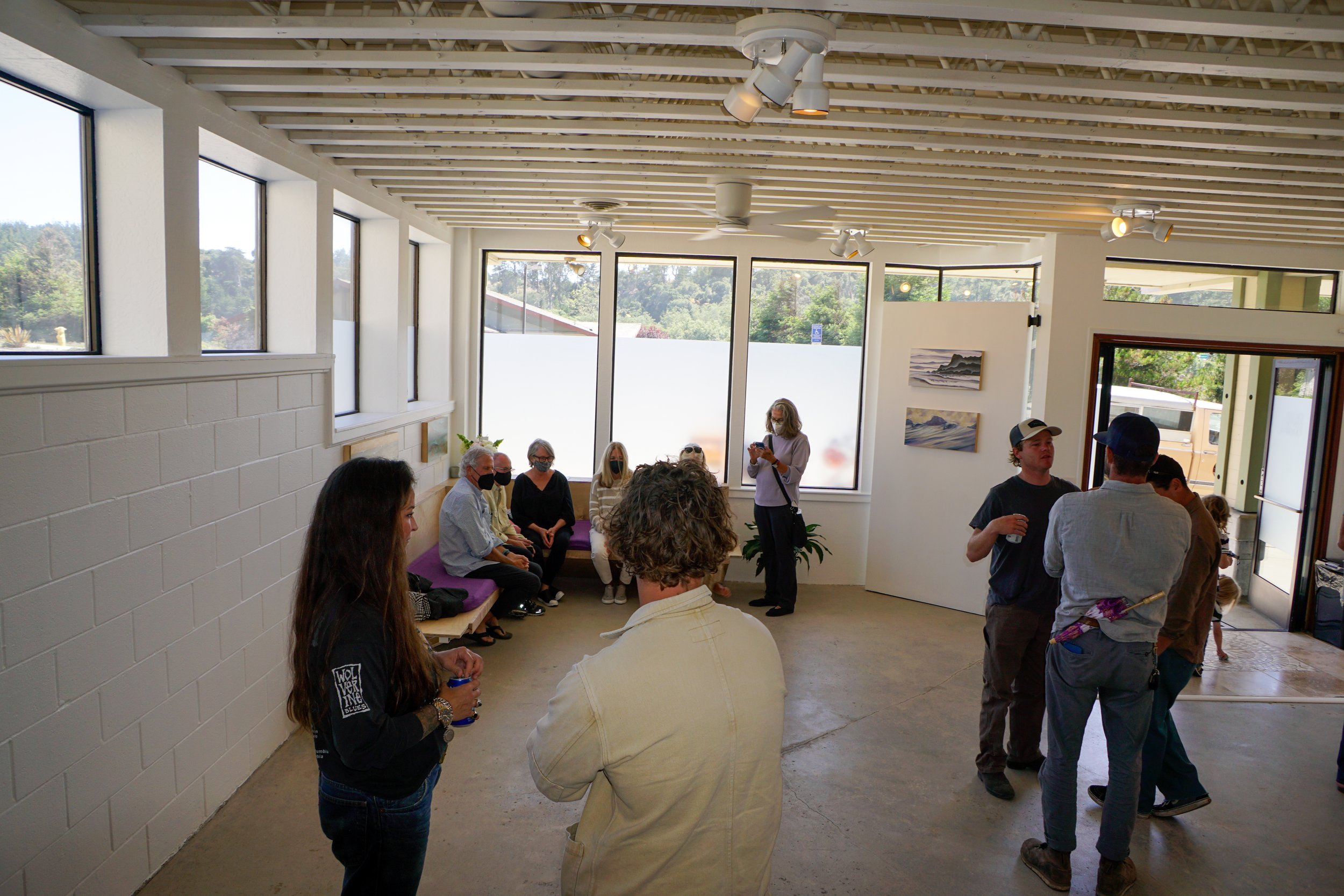

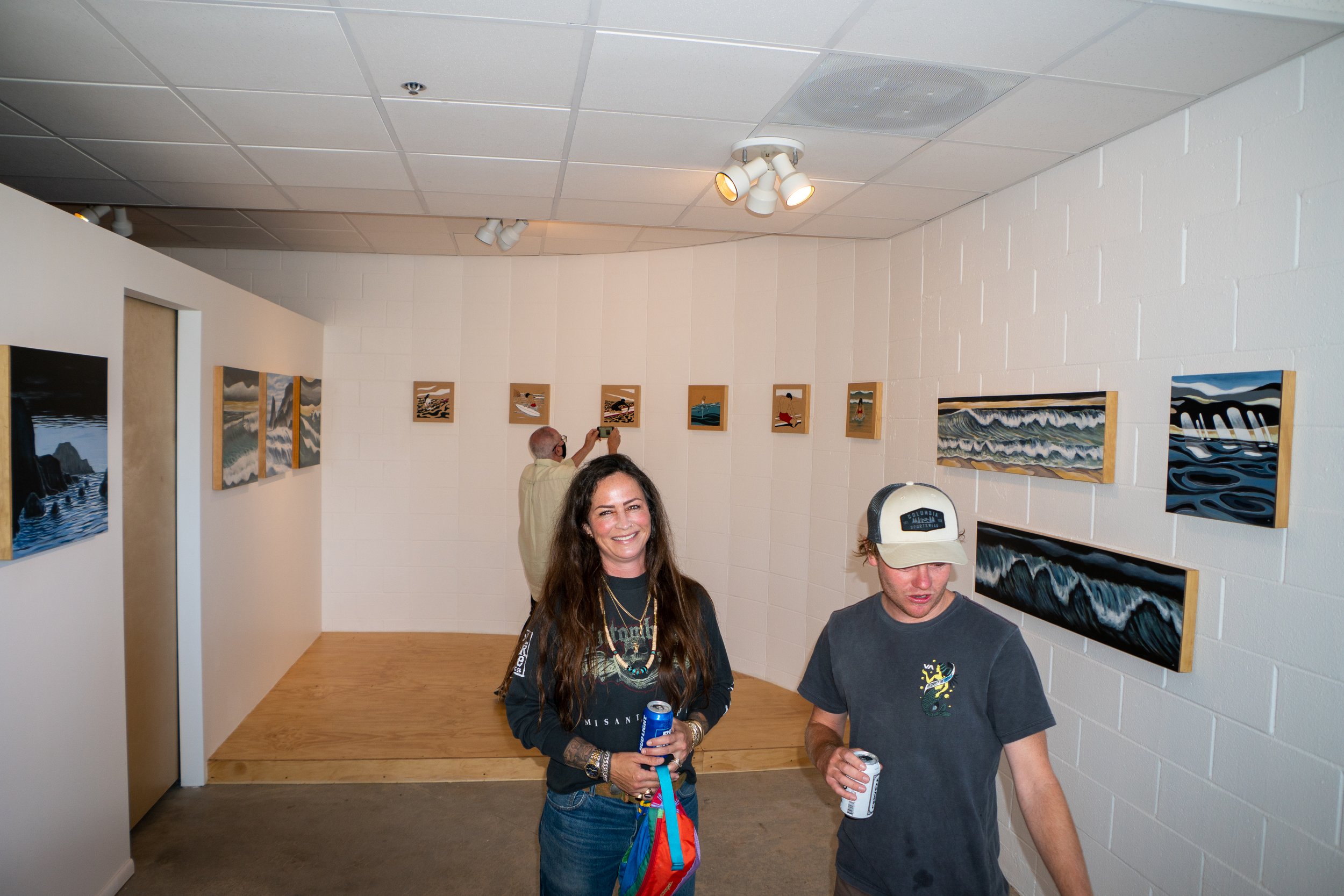
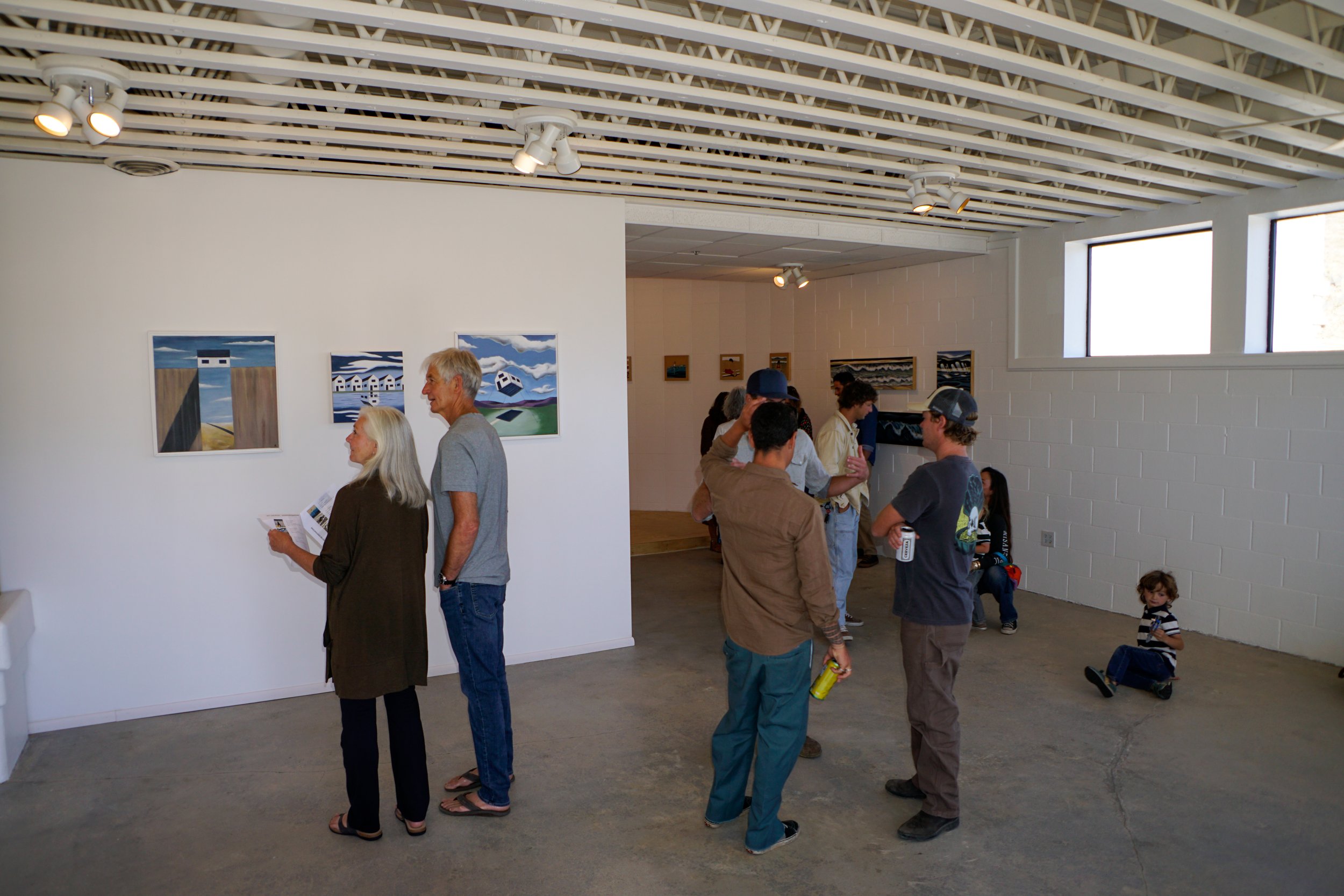

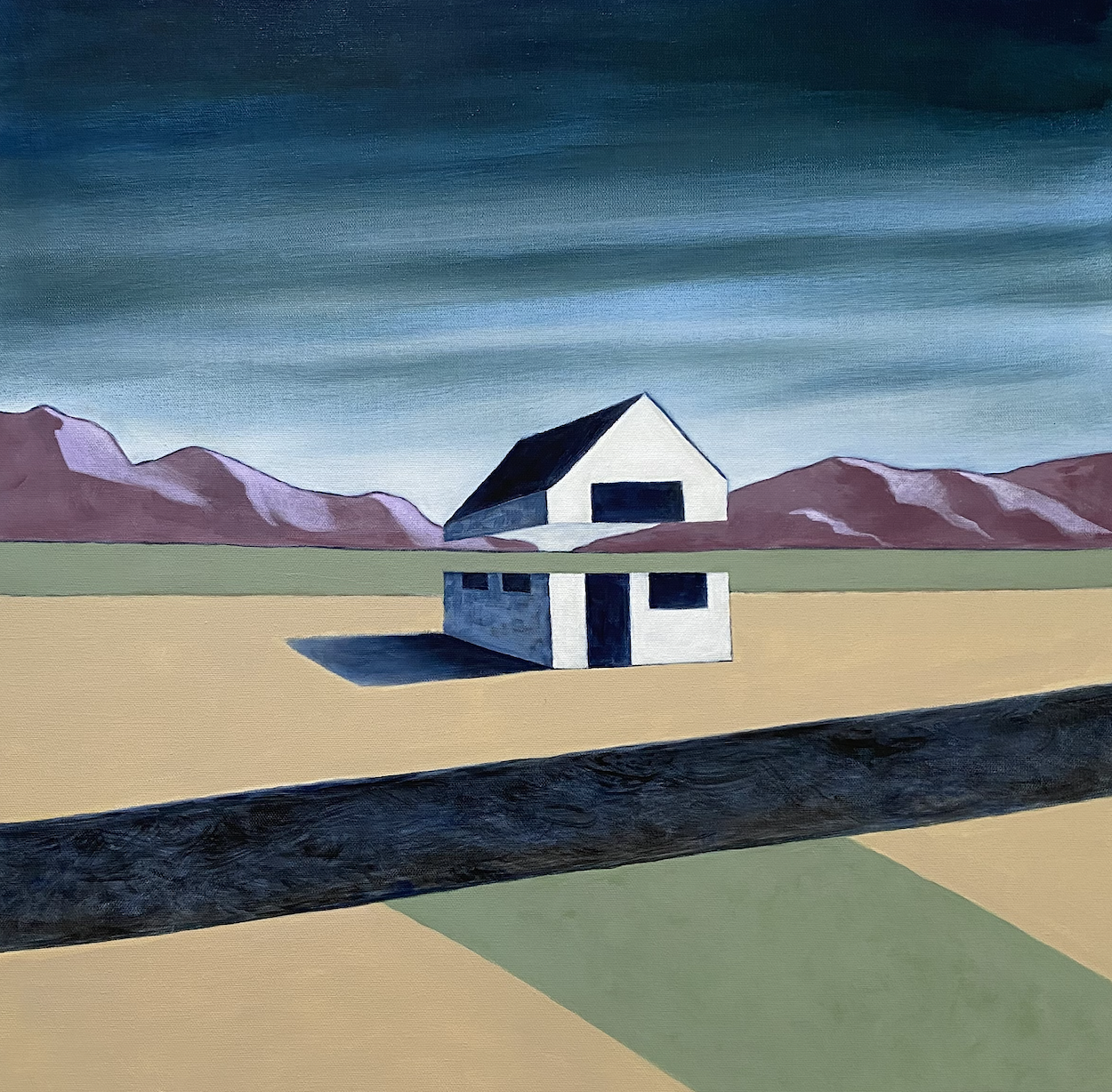
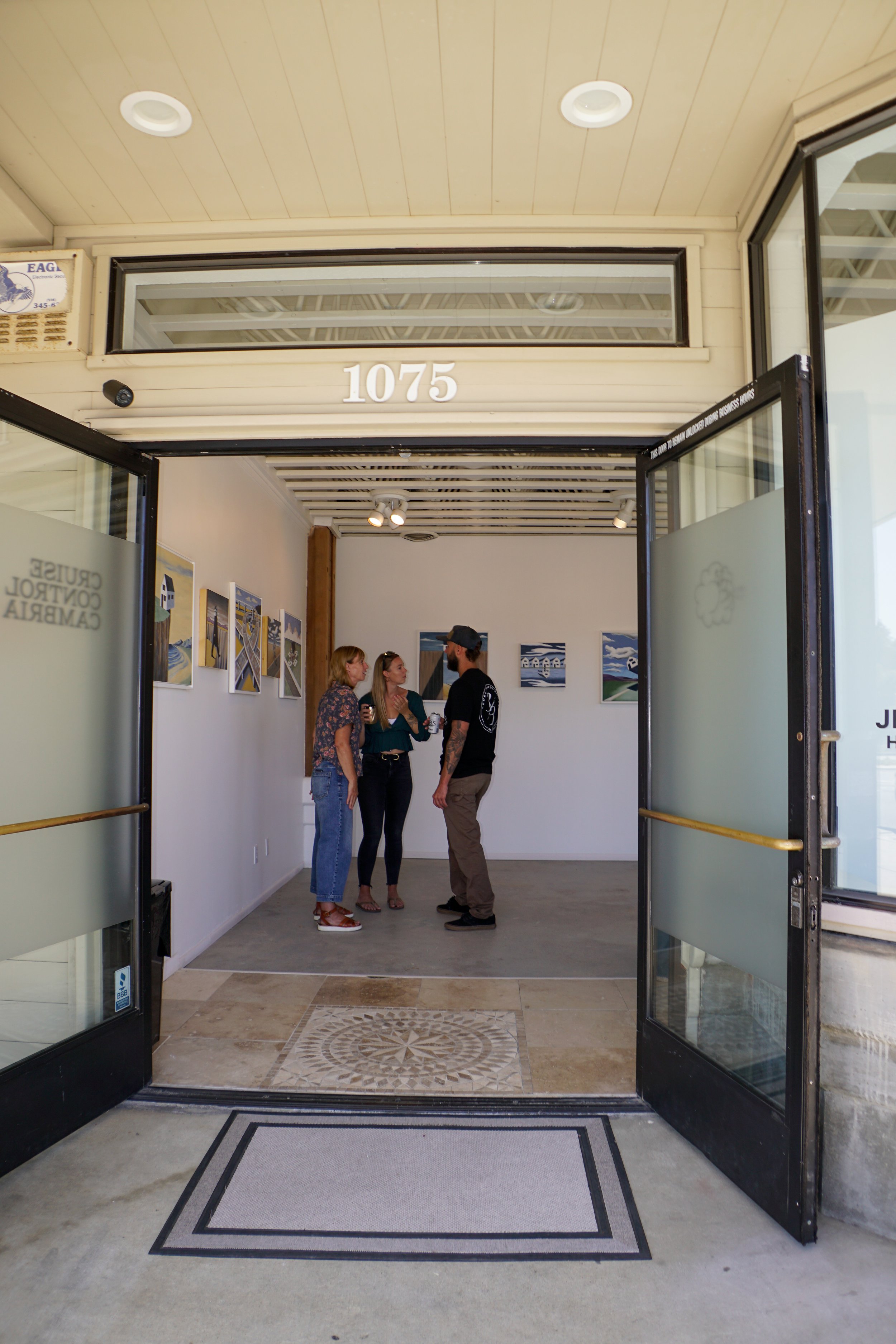

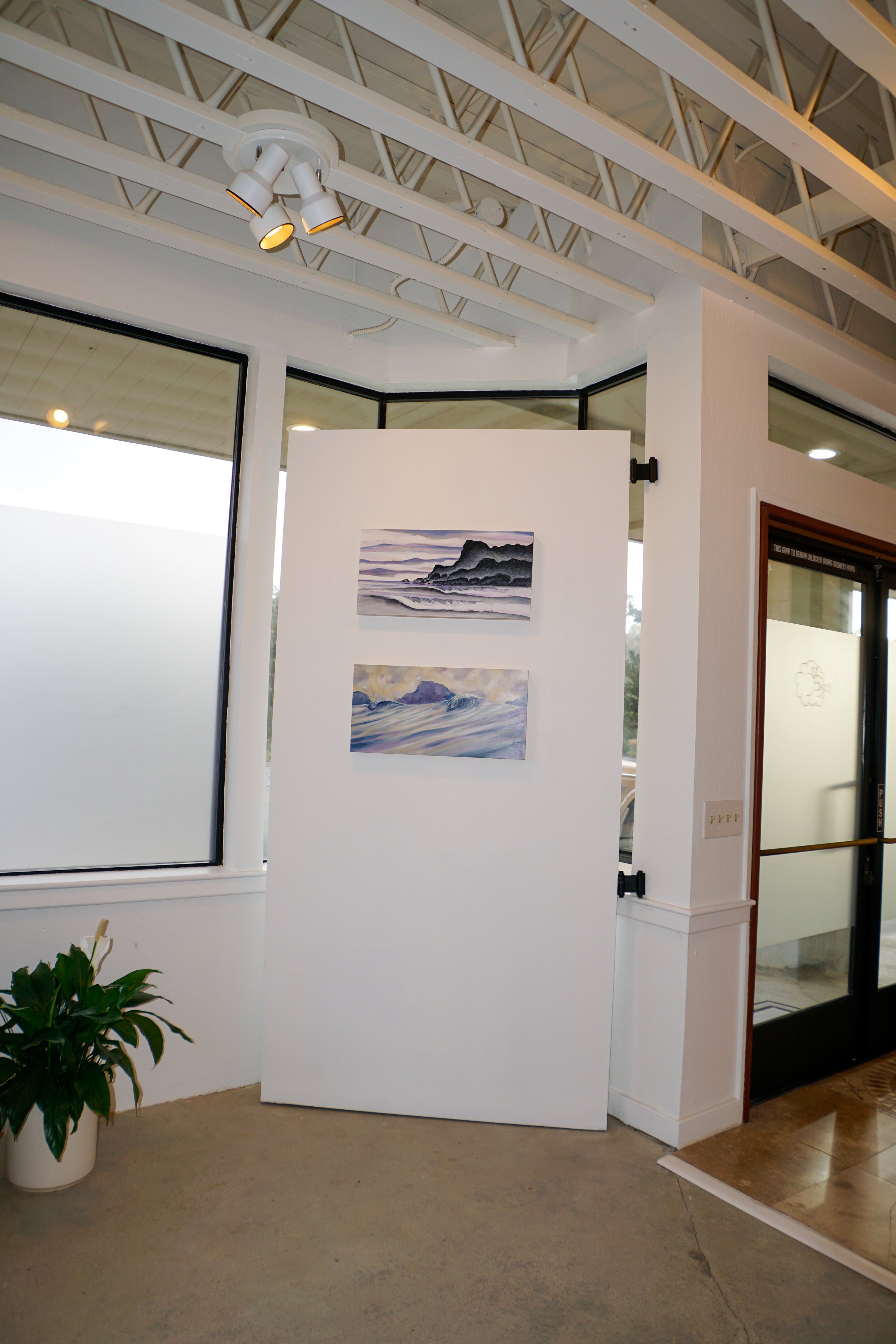

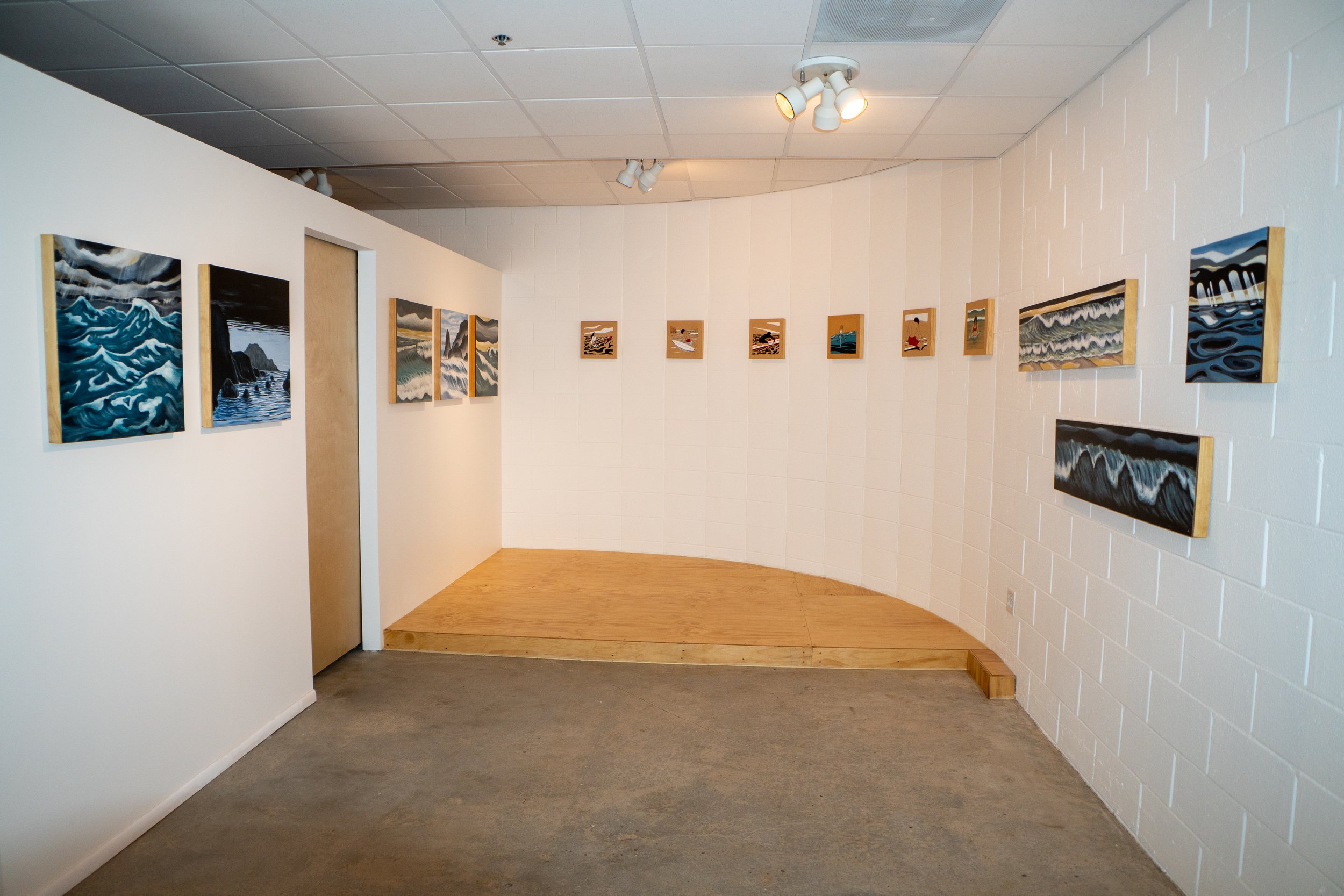

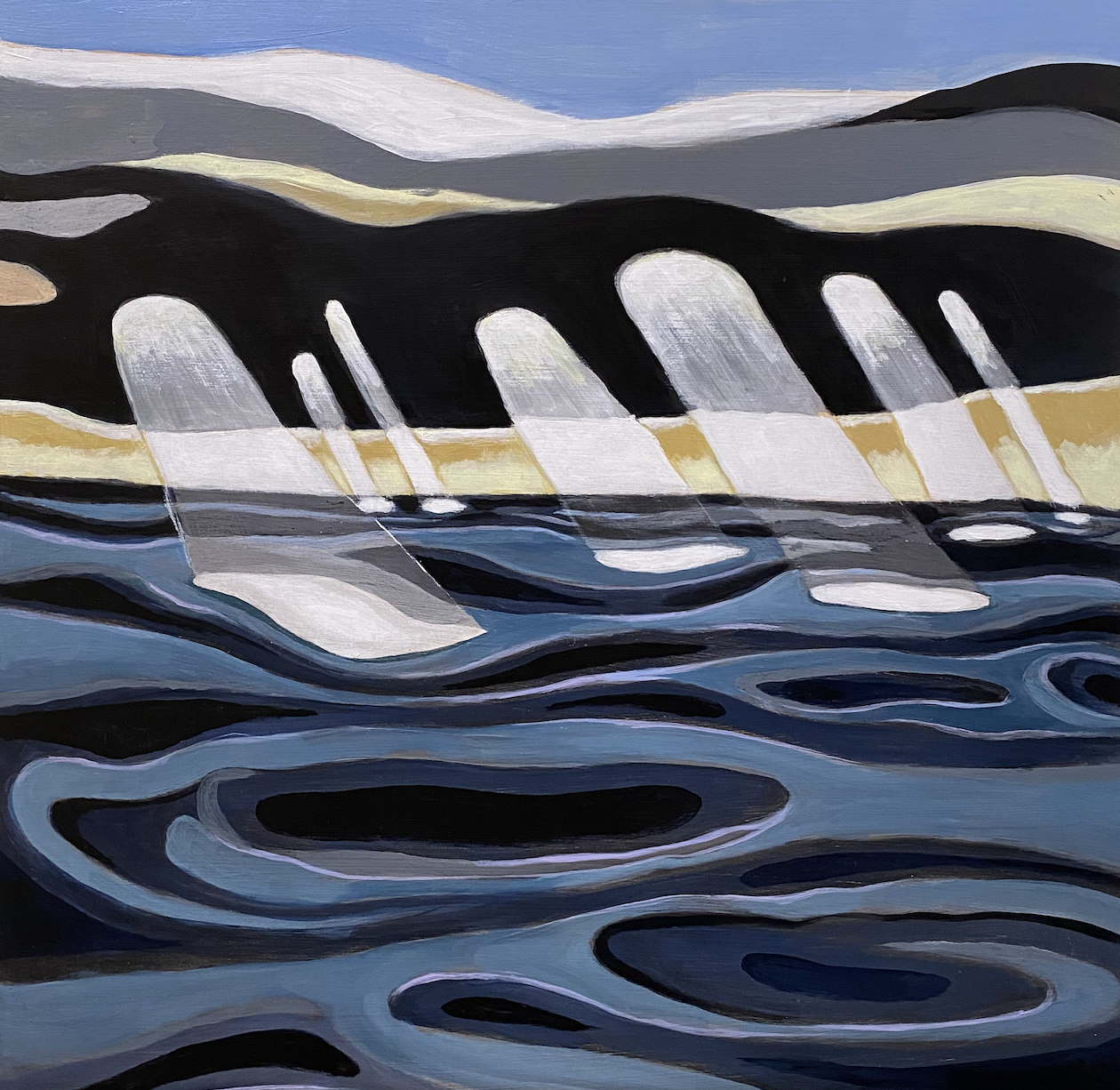
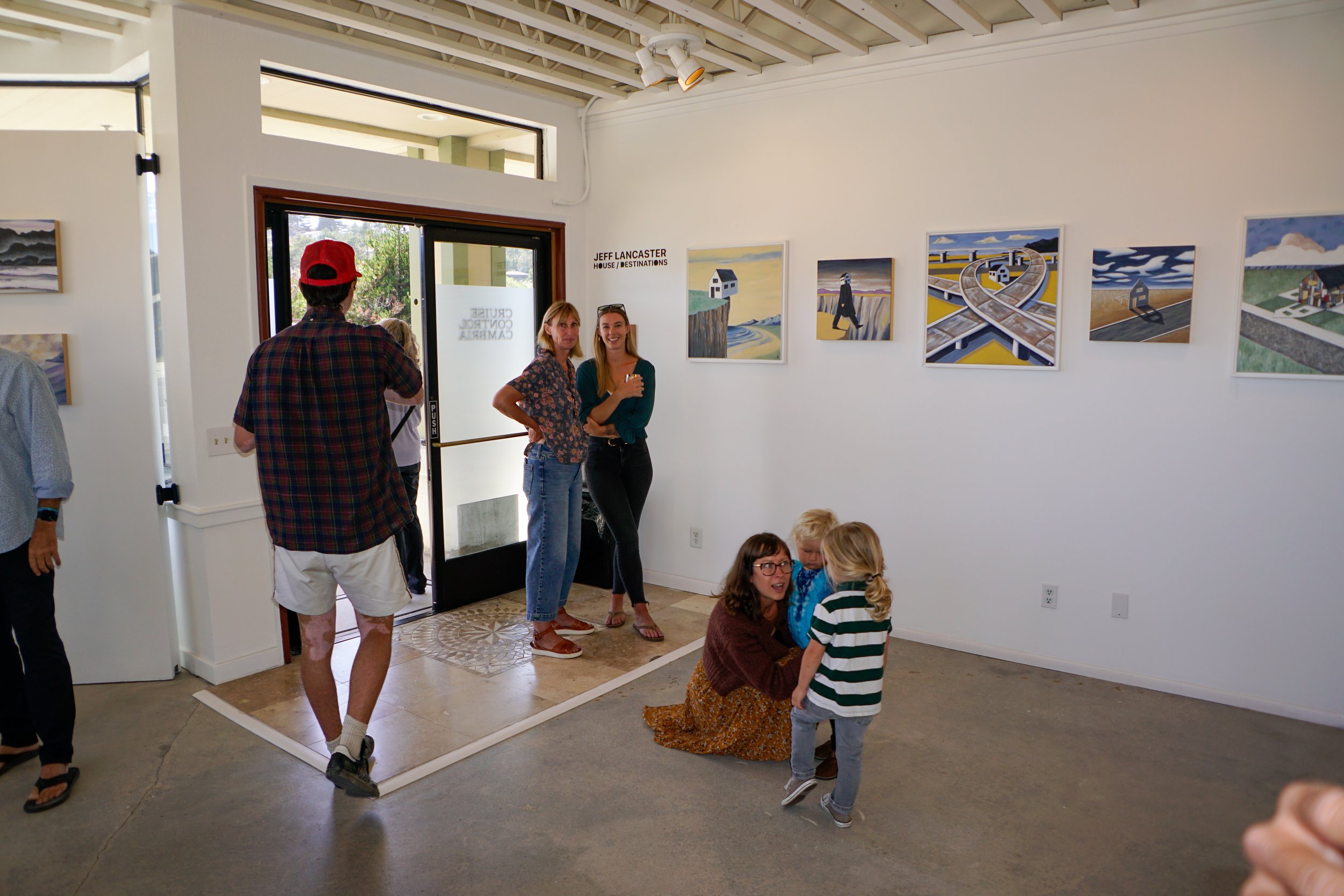

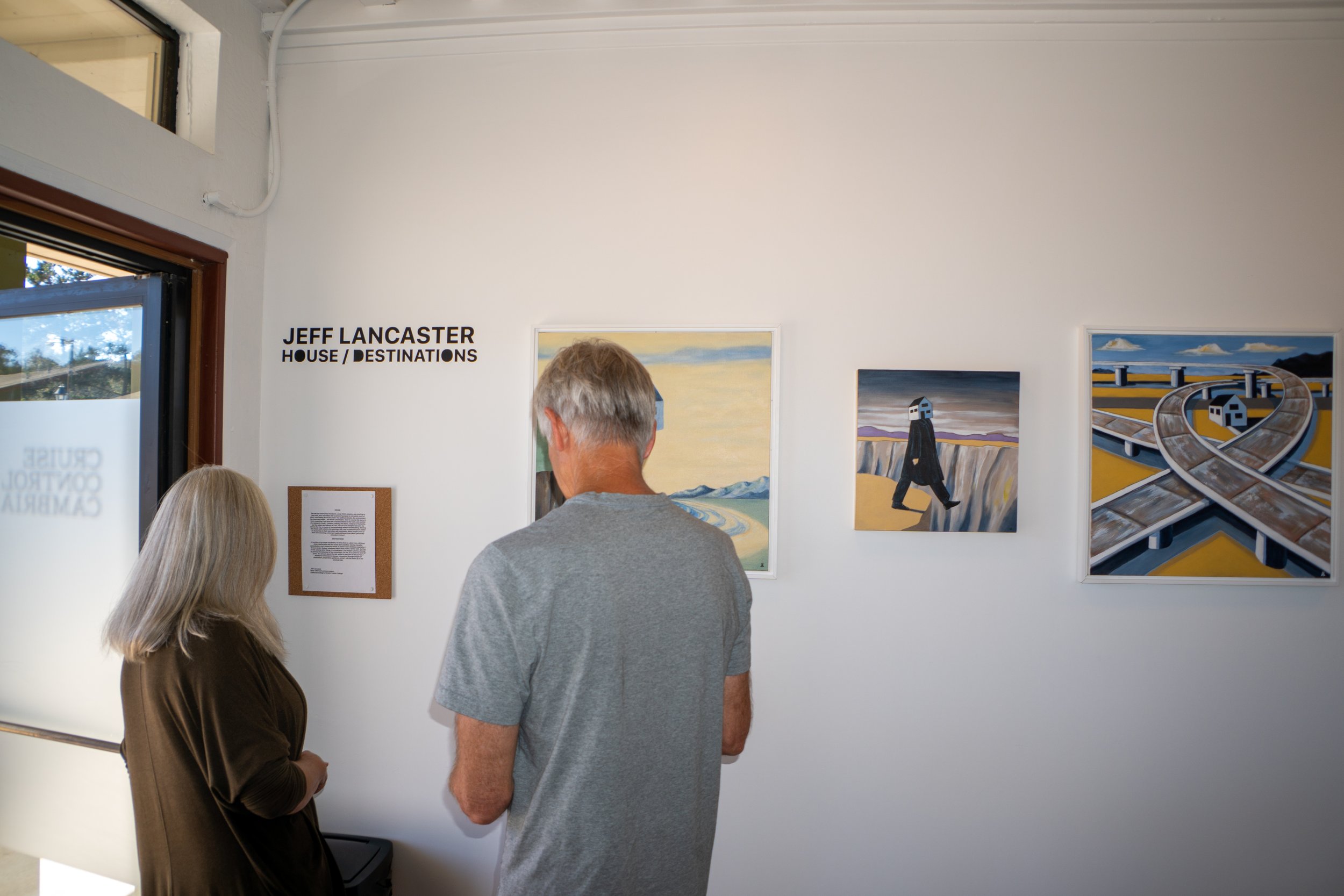

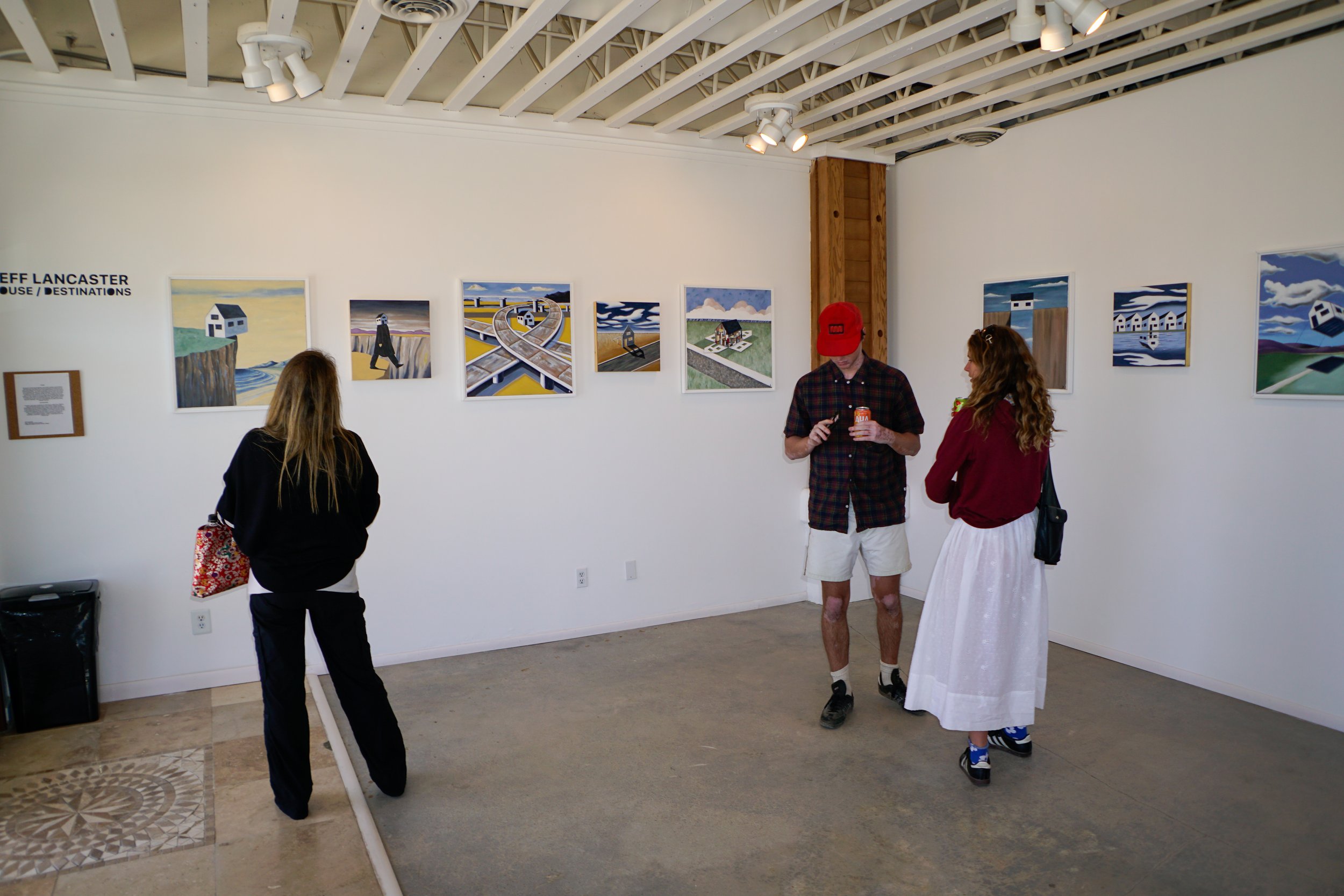

“A portion of my visual vocabulary for this show is culled from a lifelong, close relationship with the ocean and coastline. Having travelled extensively to surf around the world, it seems I have limitless inspiration. I do love darker themes, shadowy realms that evoke a darker side. Surfing to me, among other things, is a meditation. The images attempt to portray the deepness of my connection. For me, as a surfer for over 60 years, it’s not just about the ride, which is only part of the journey. I attempt to chronicle the deeper connection through images of destination, preparation, patience, arrival… all that leads up to the eventual ride.”
WORKS AVAILABLE
NED EVANS
H2O’s-2oyears
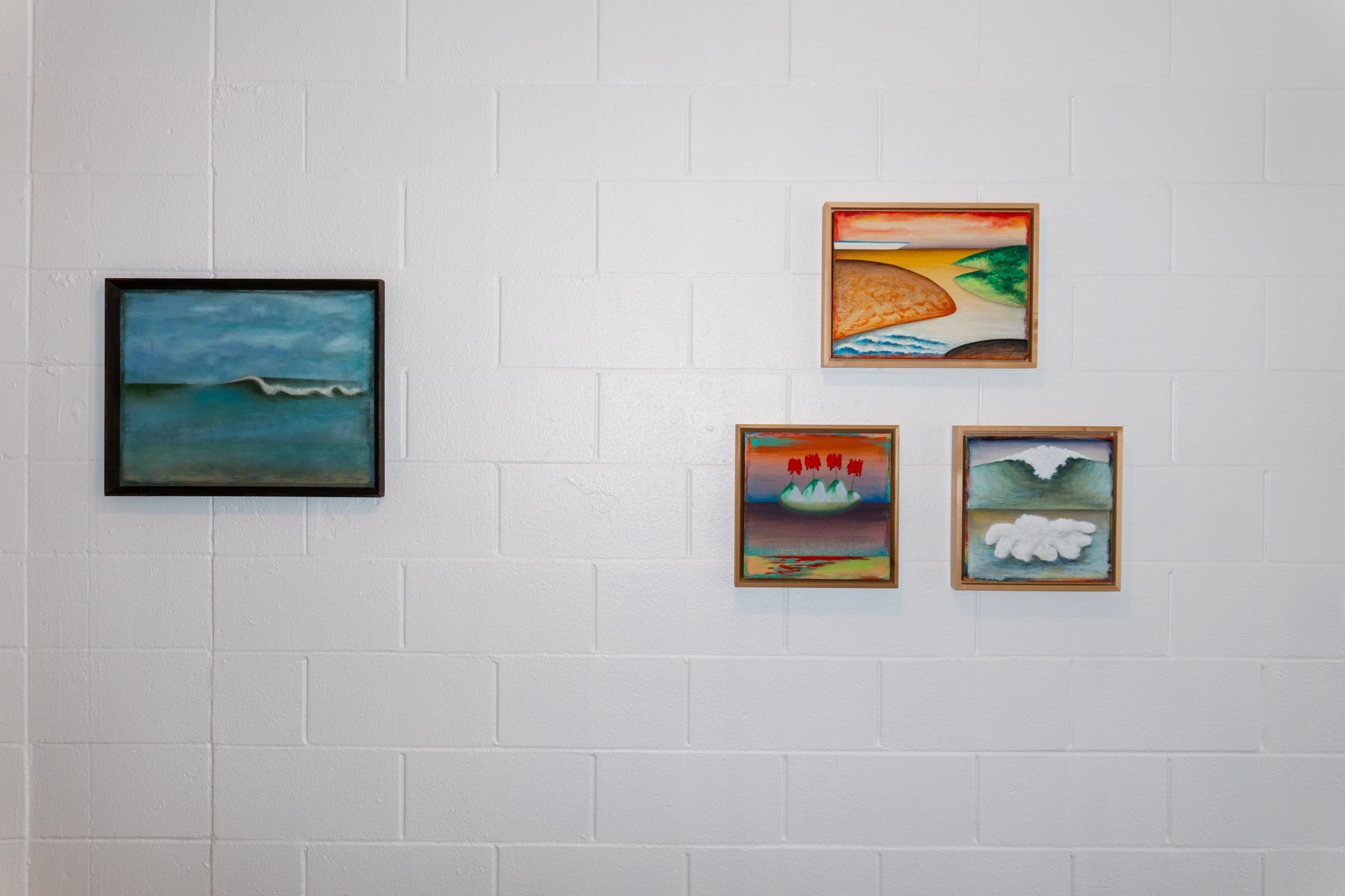
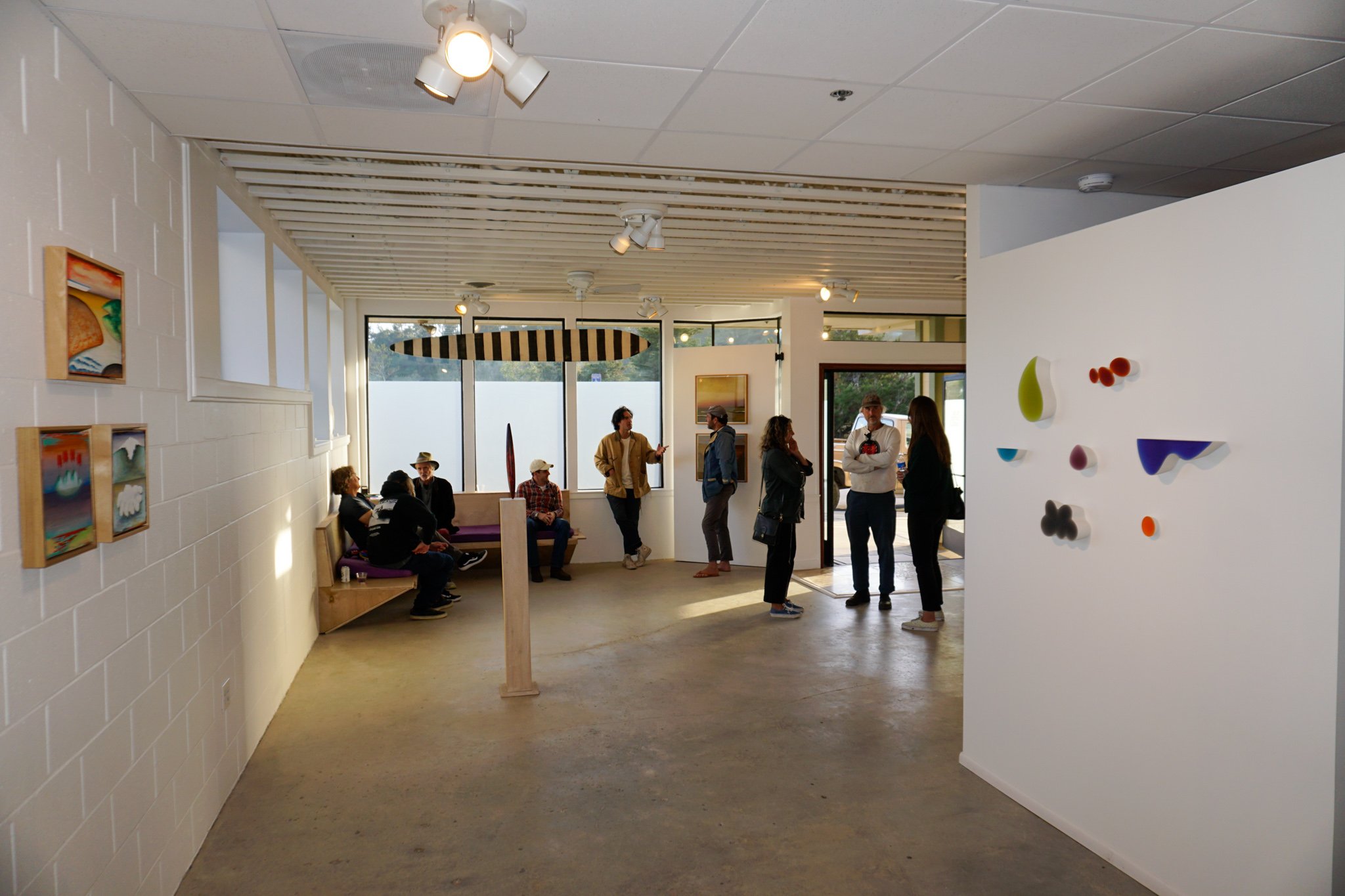
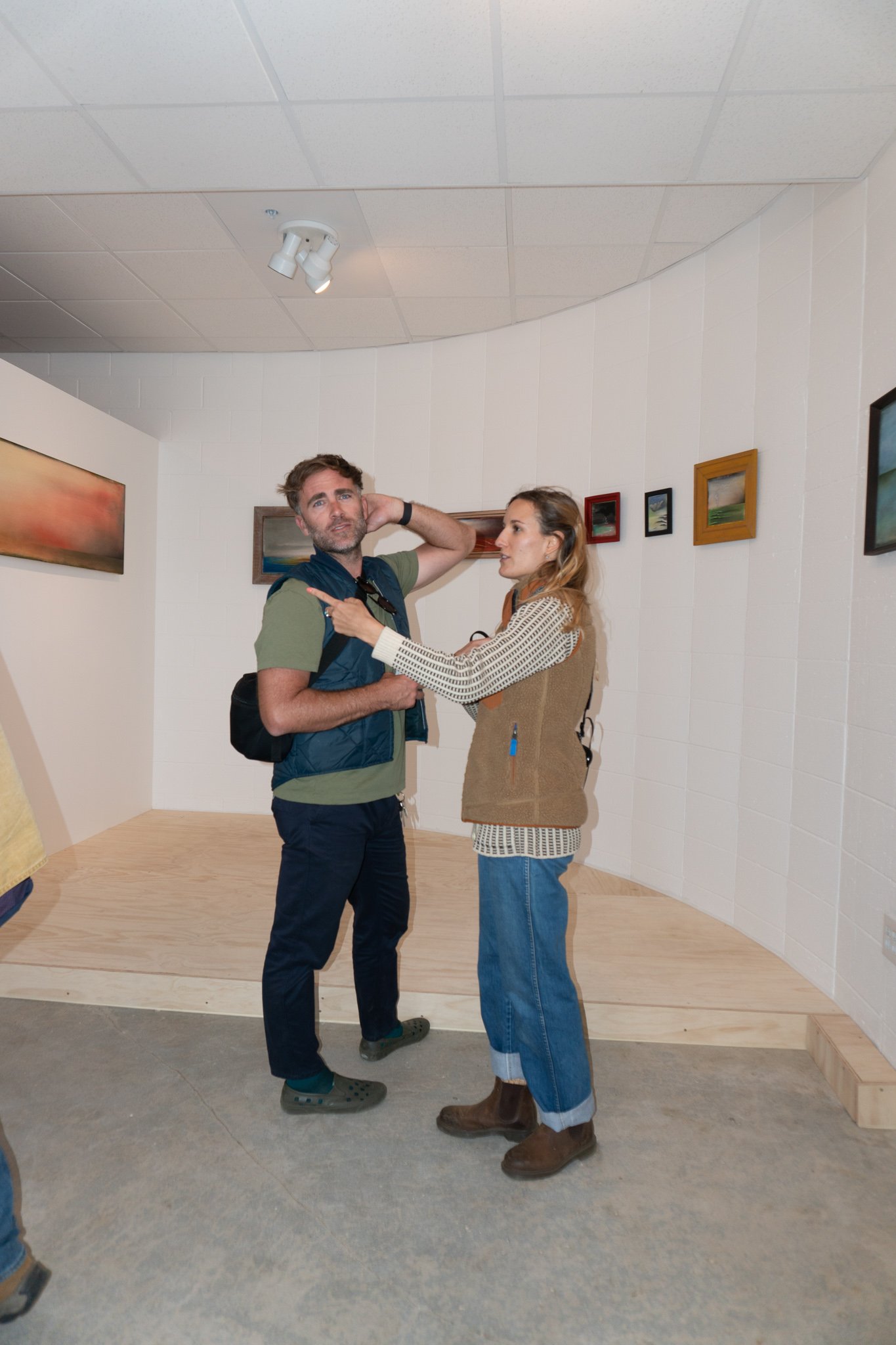

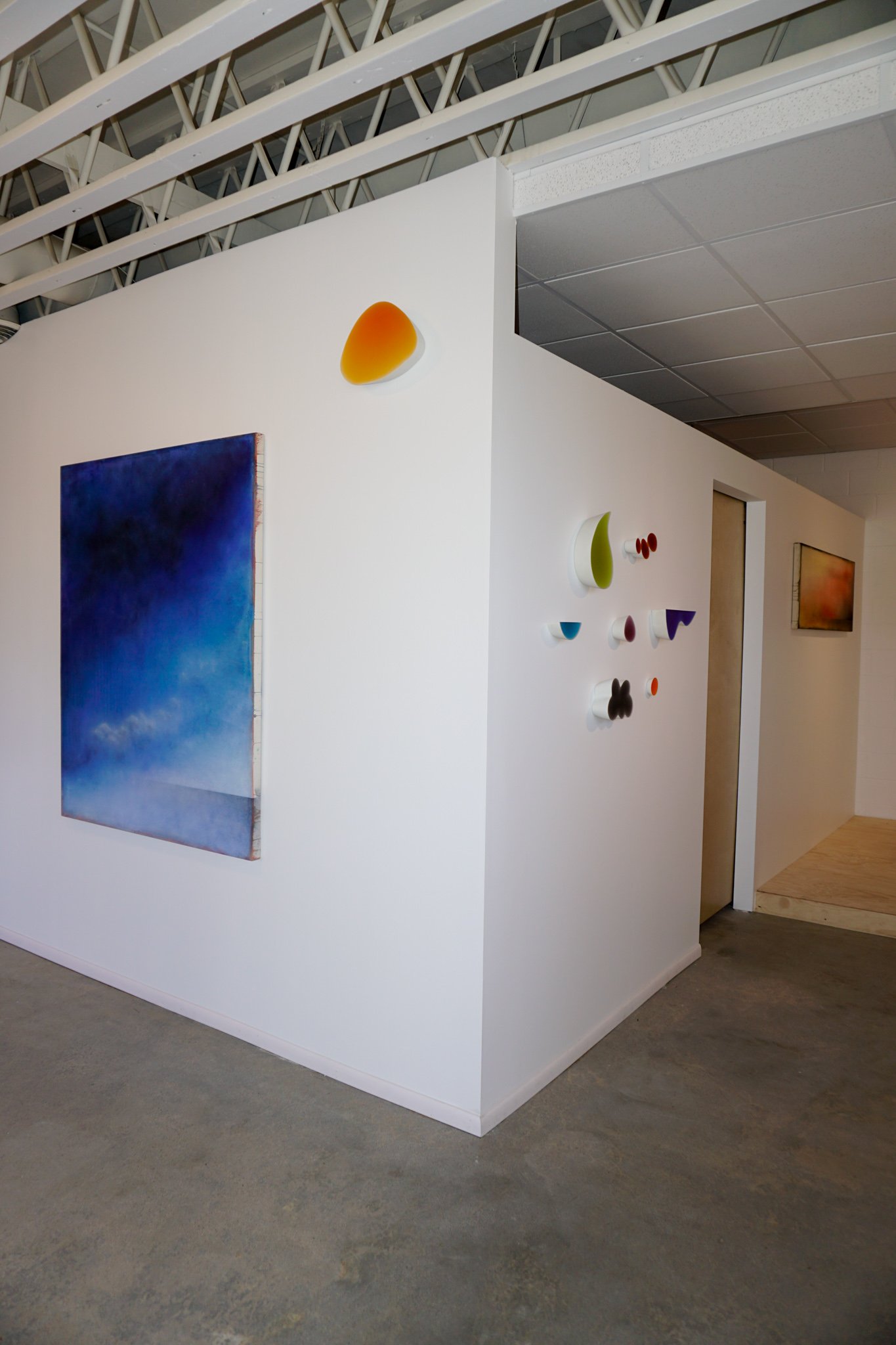
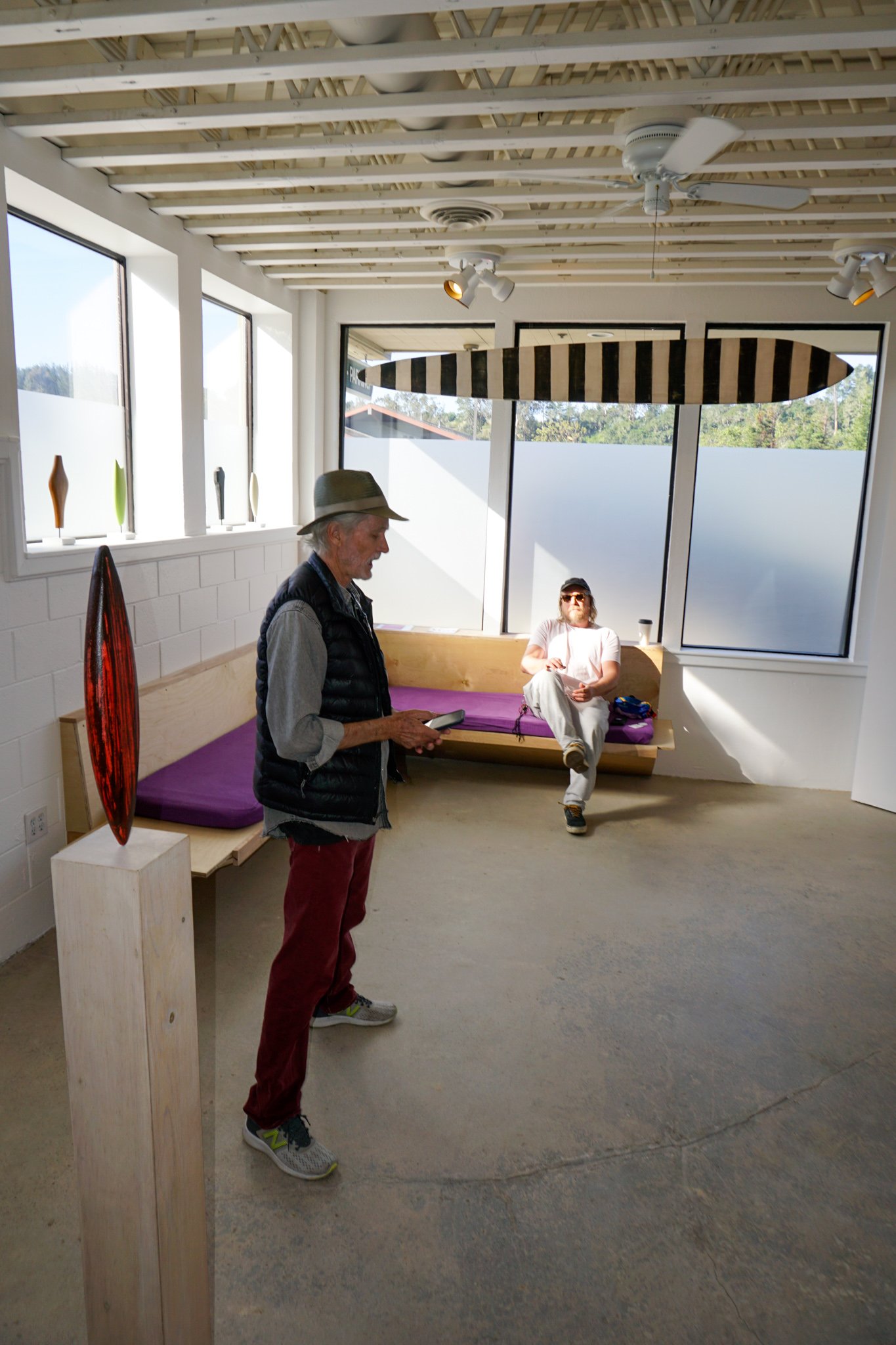
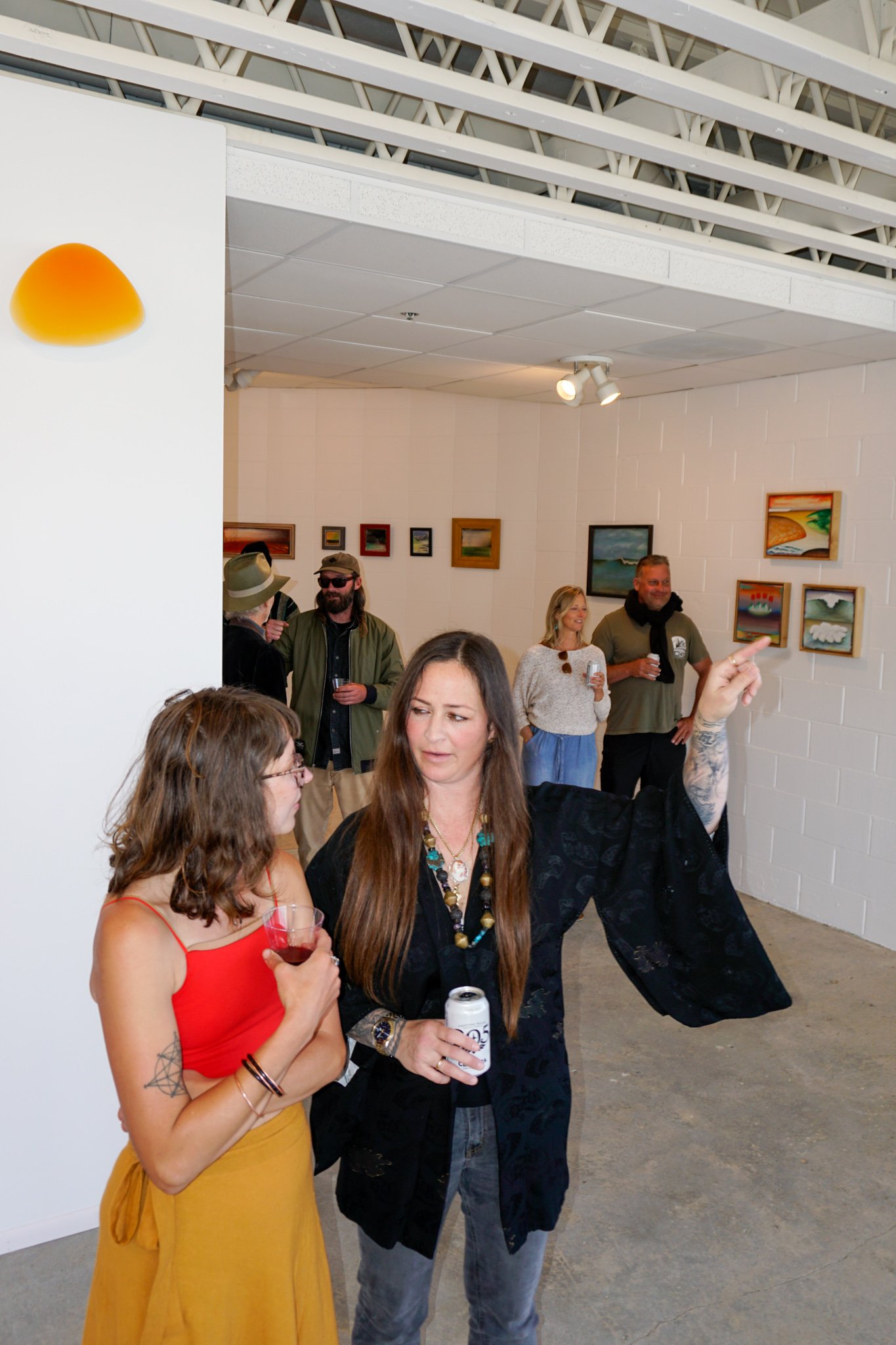
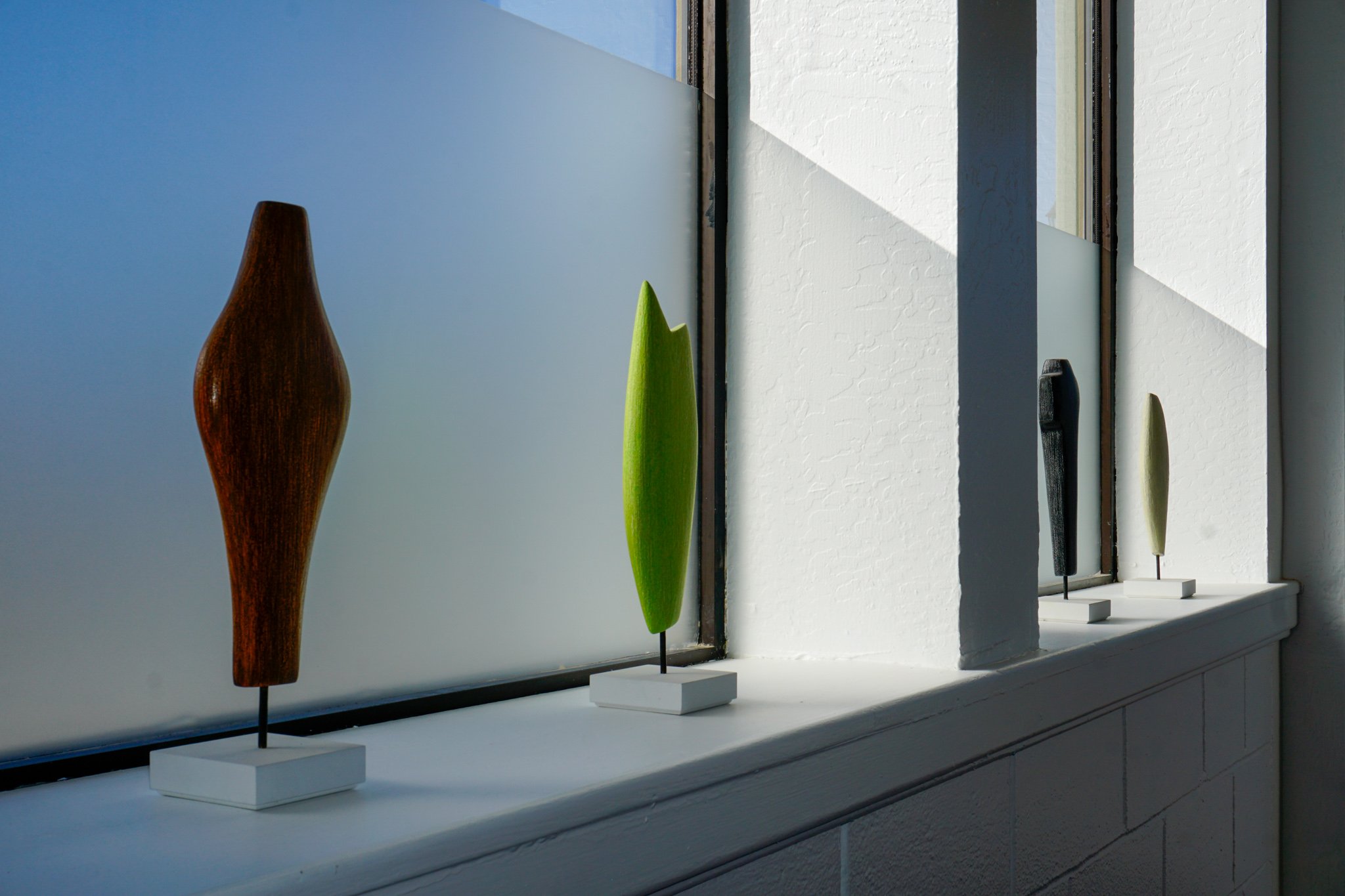

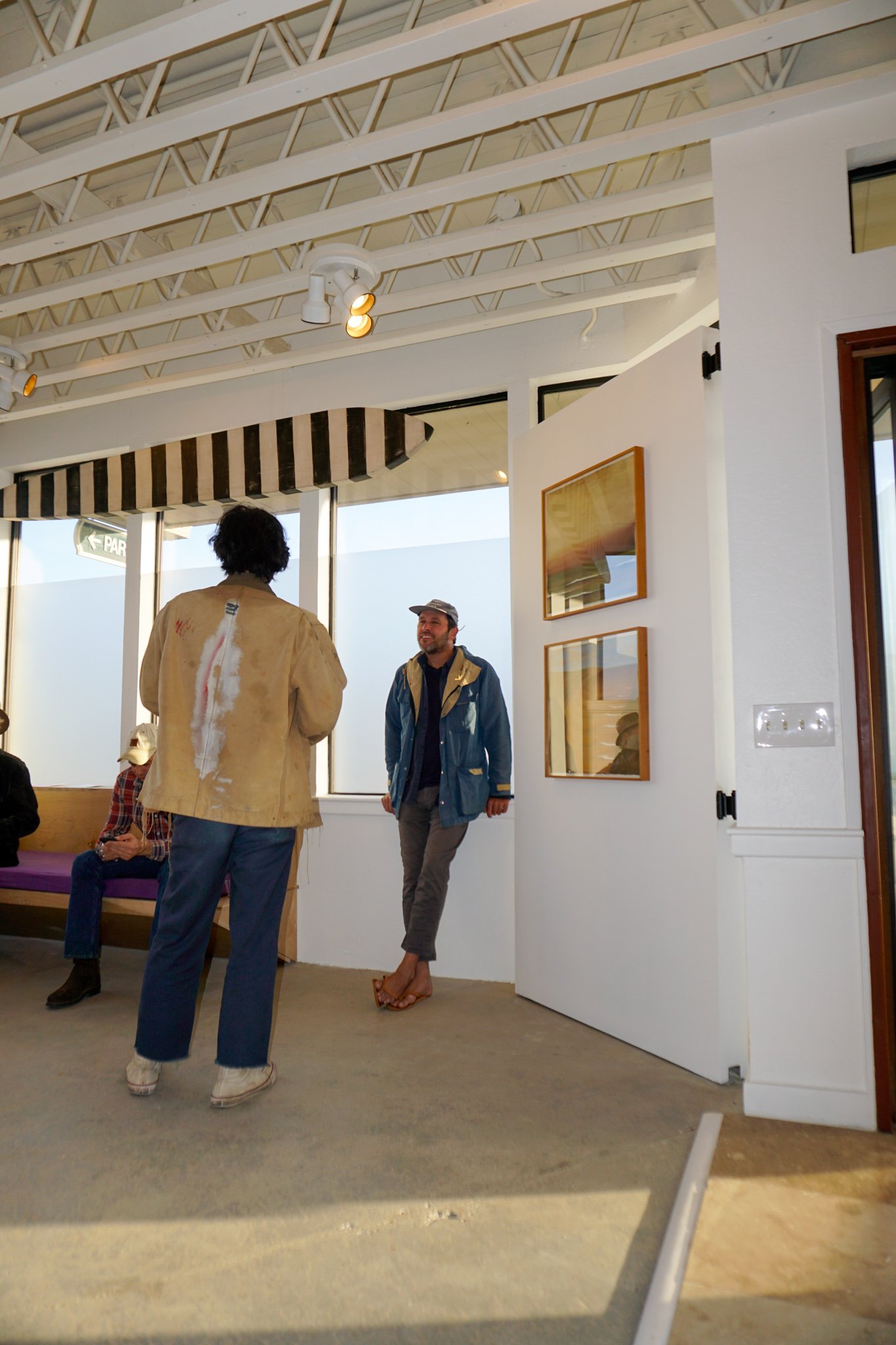
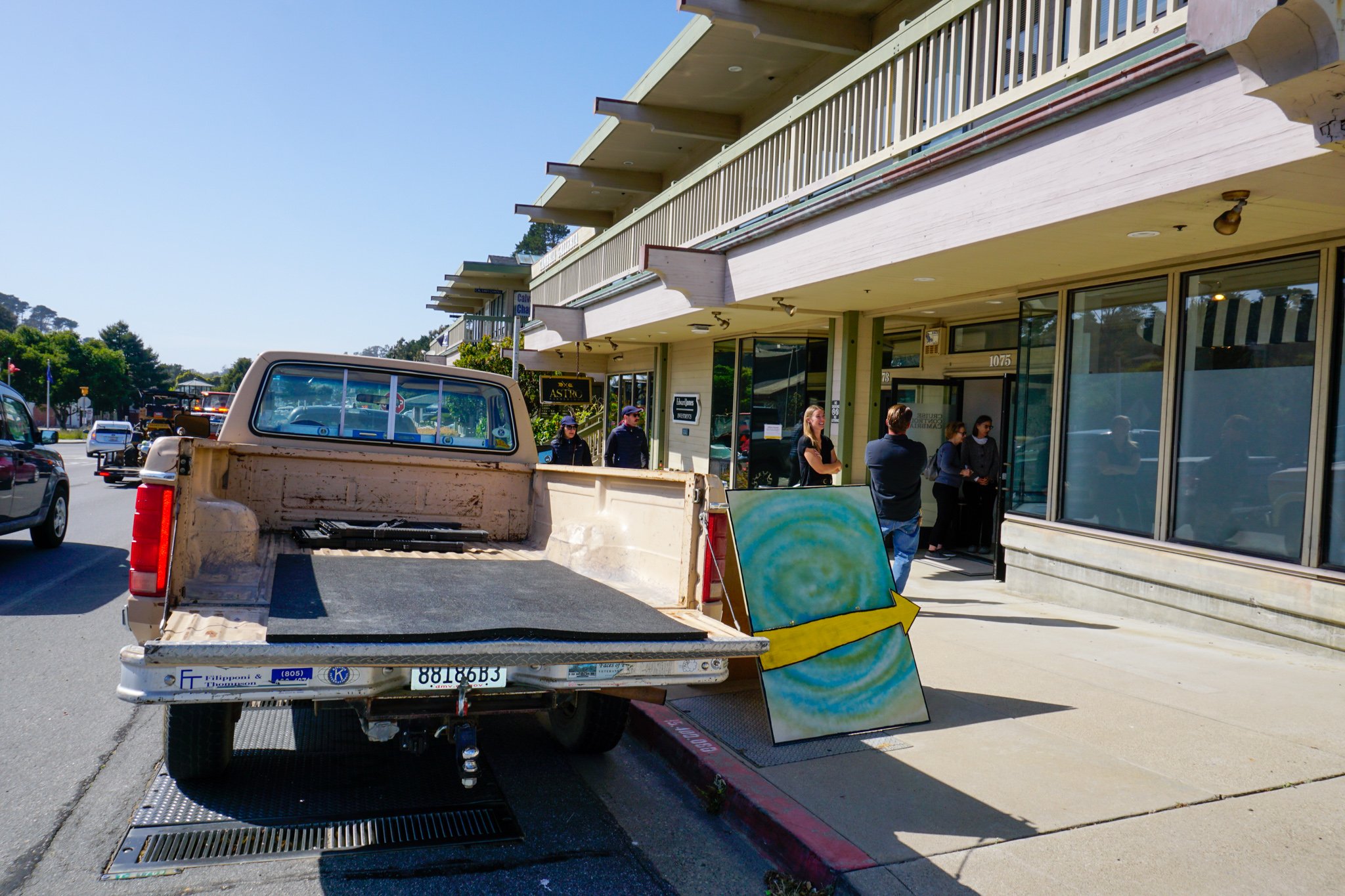
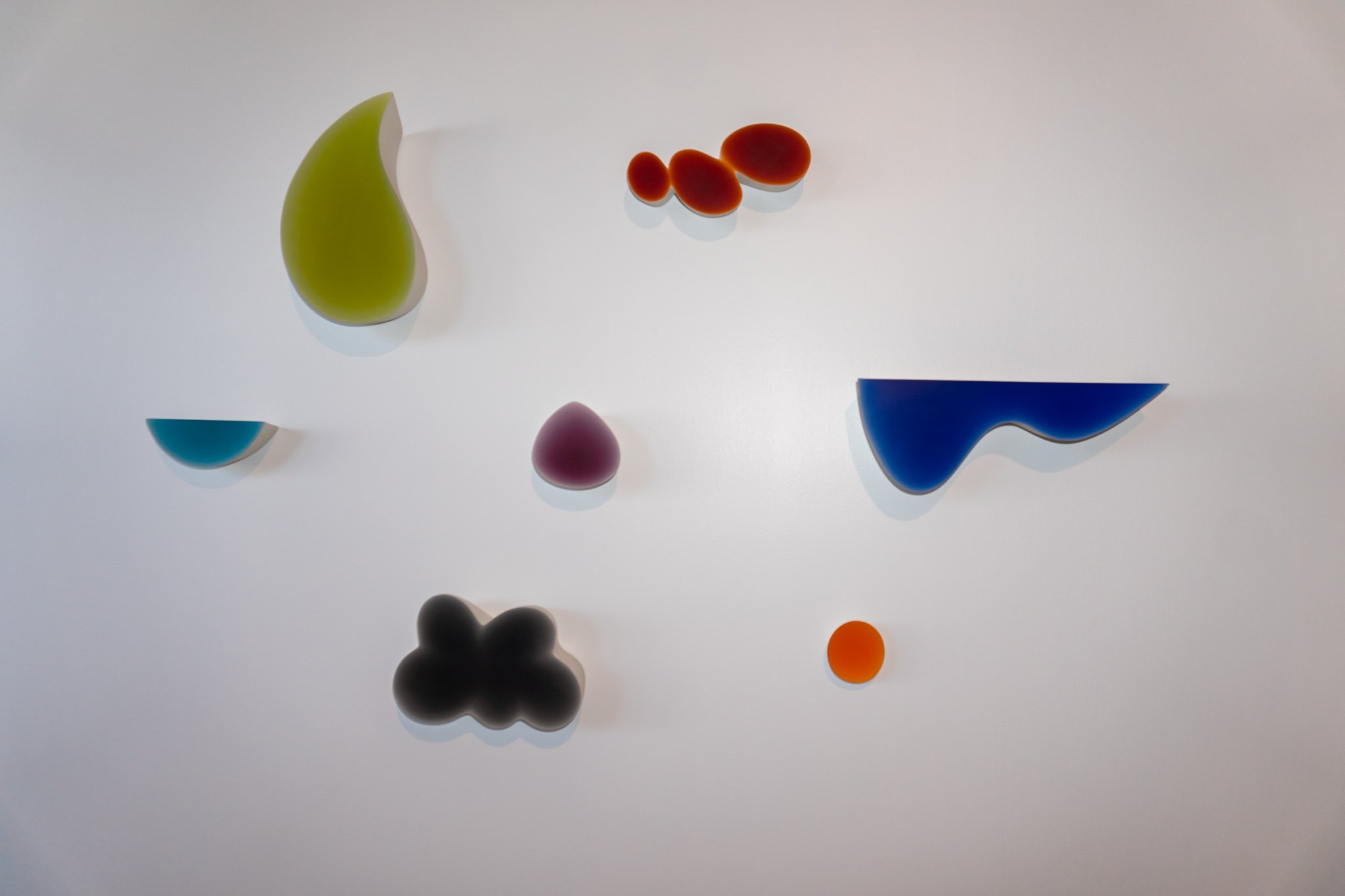
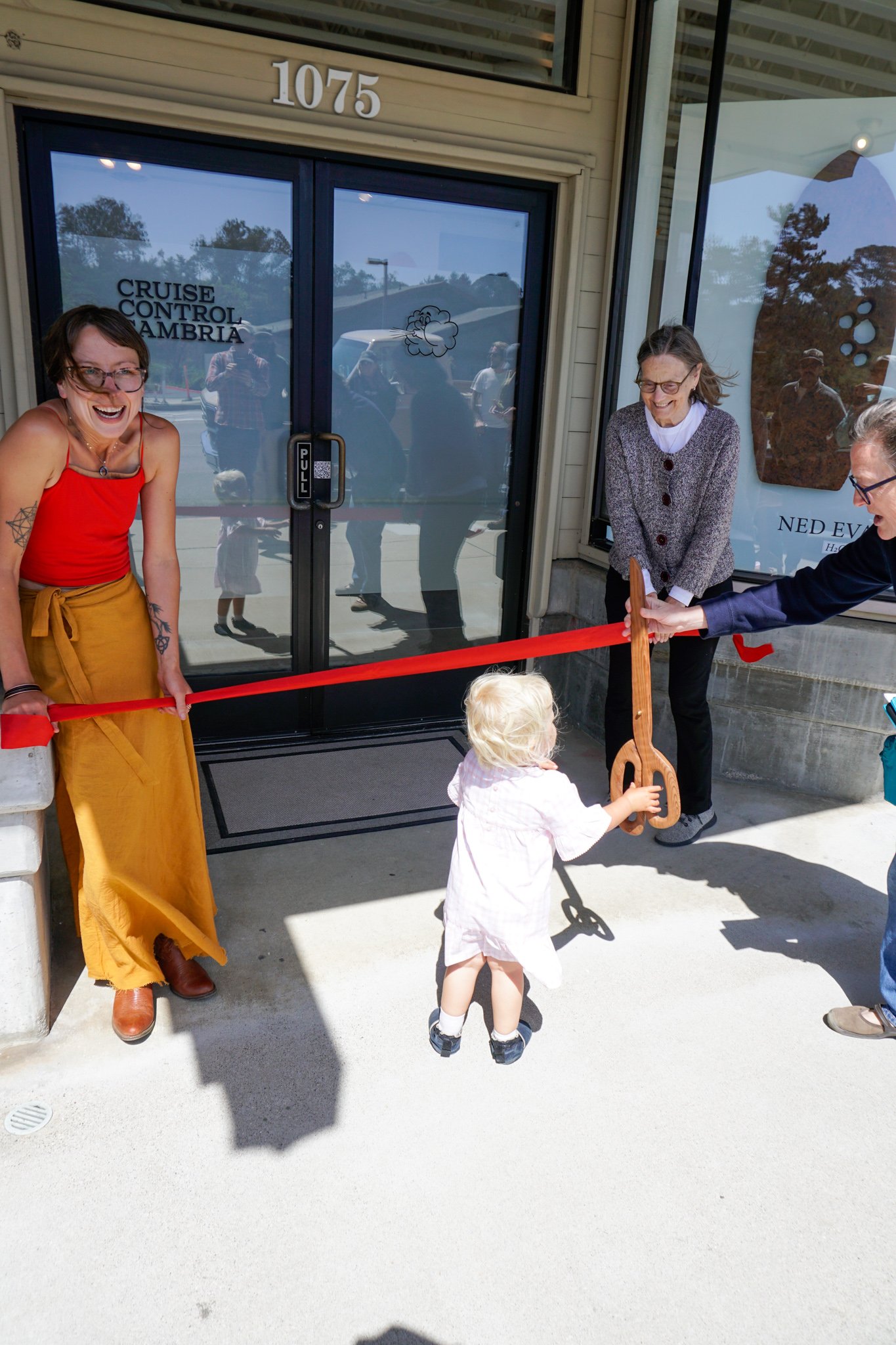
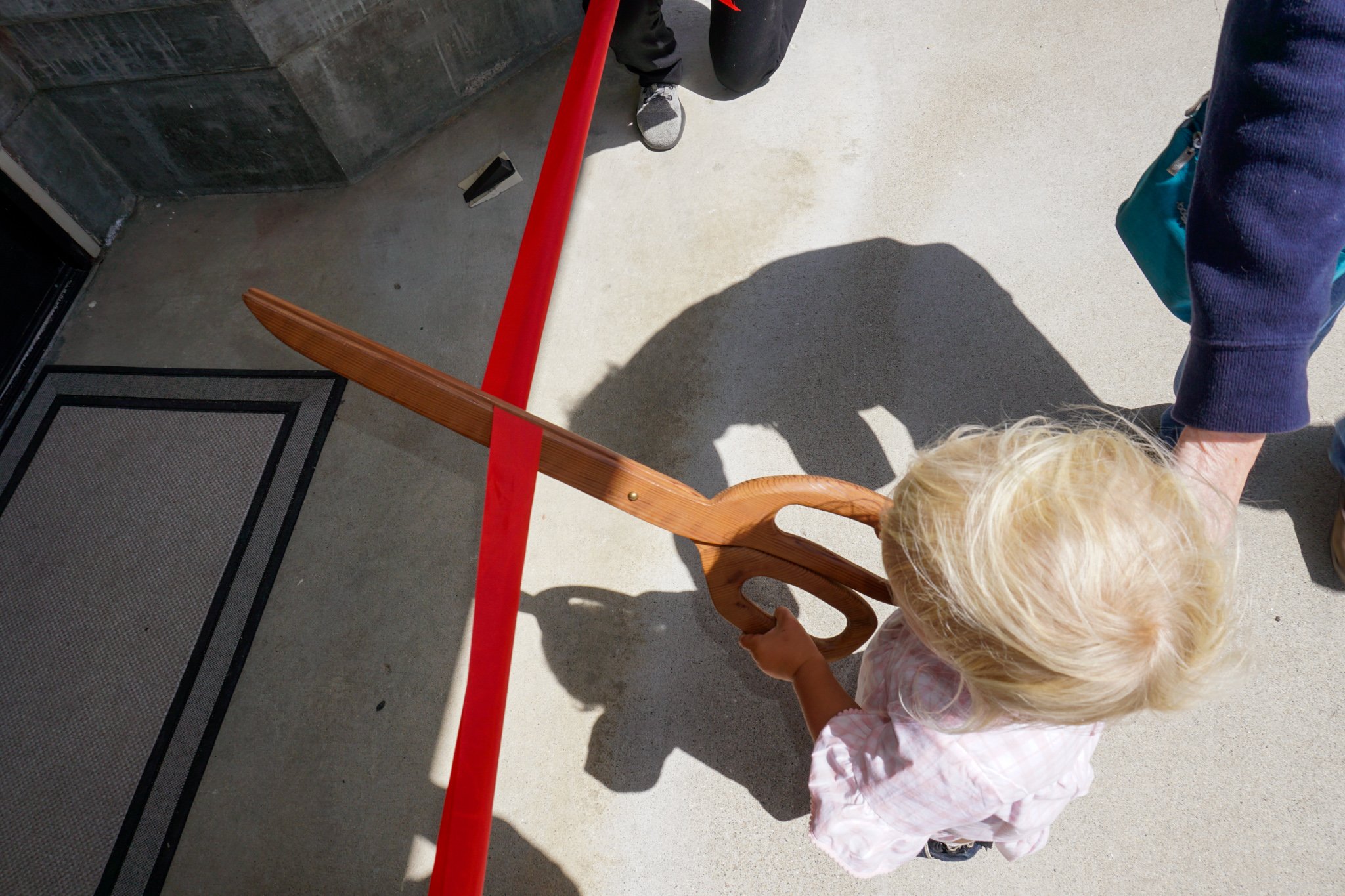
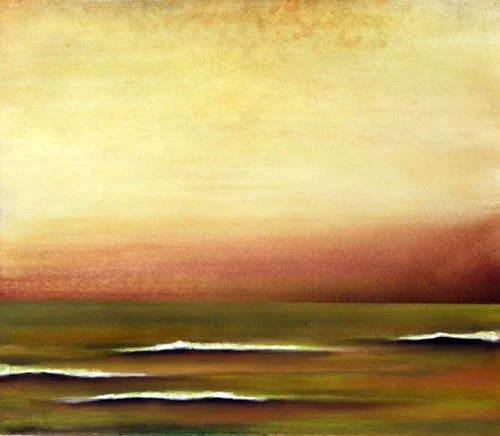
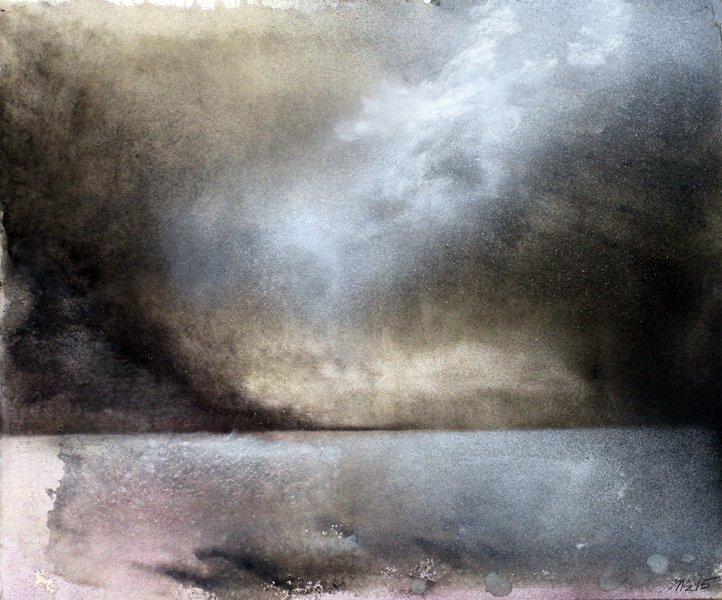
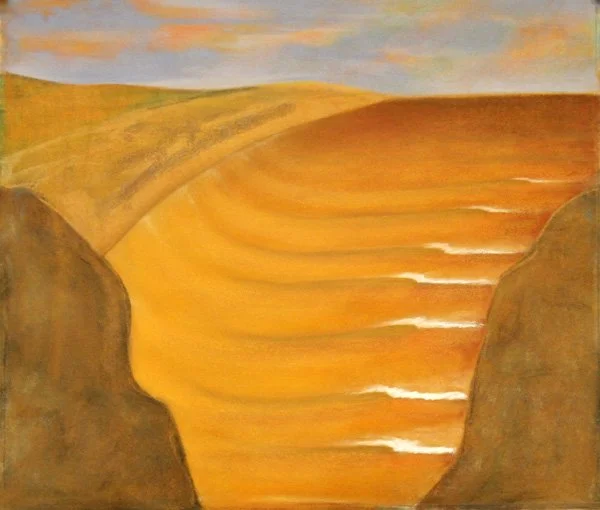
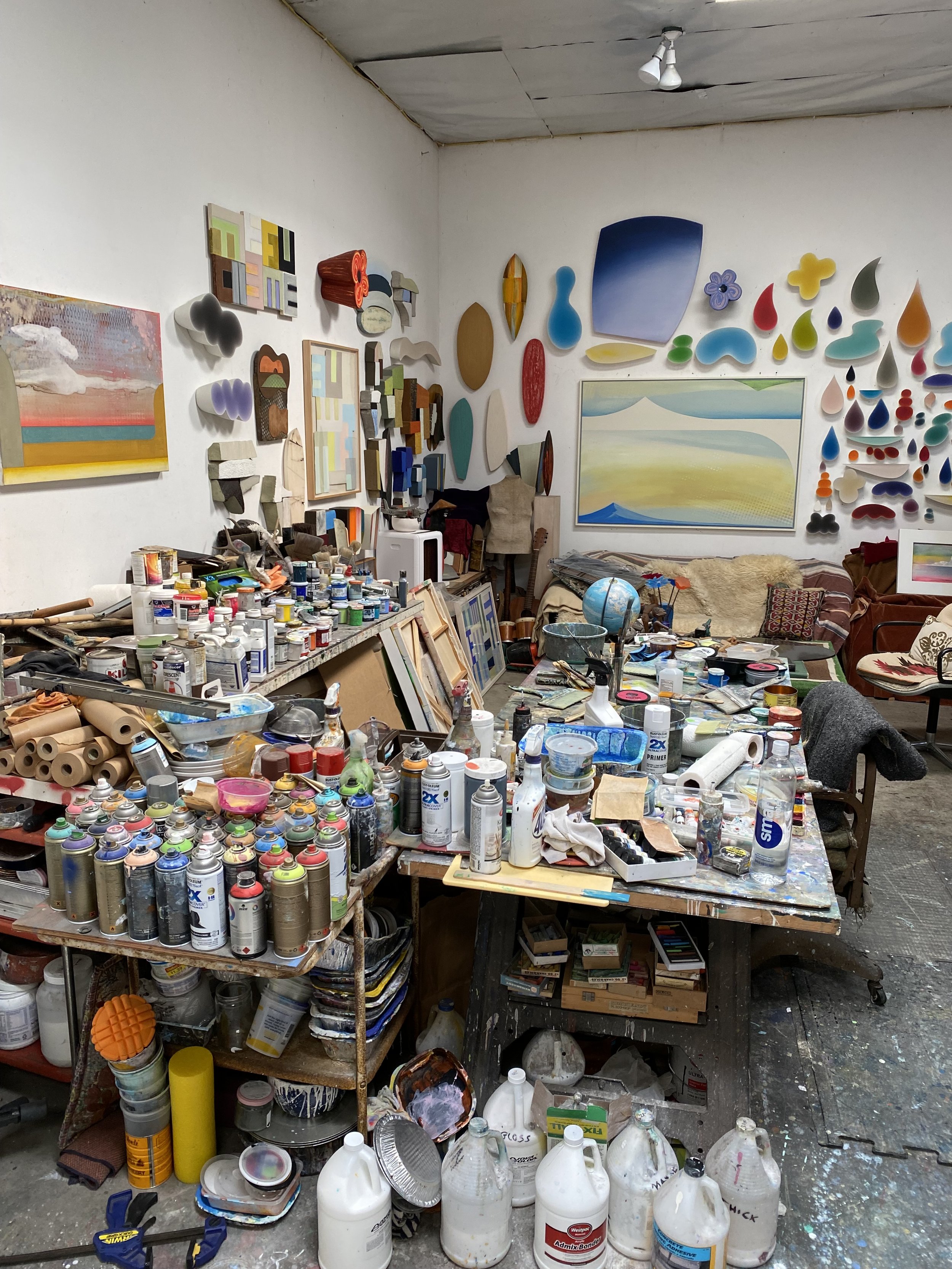
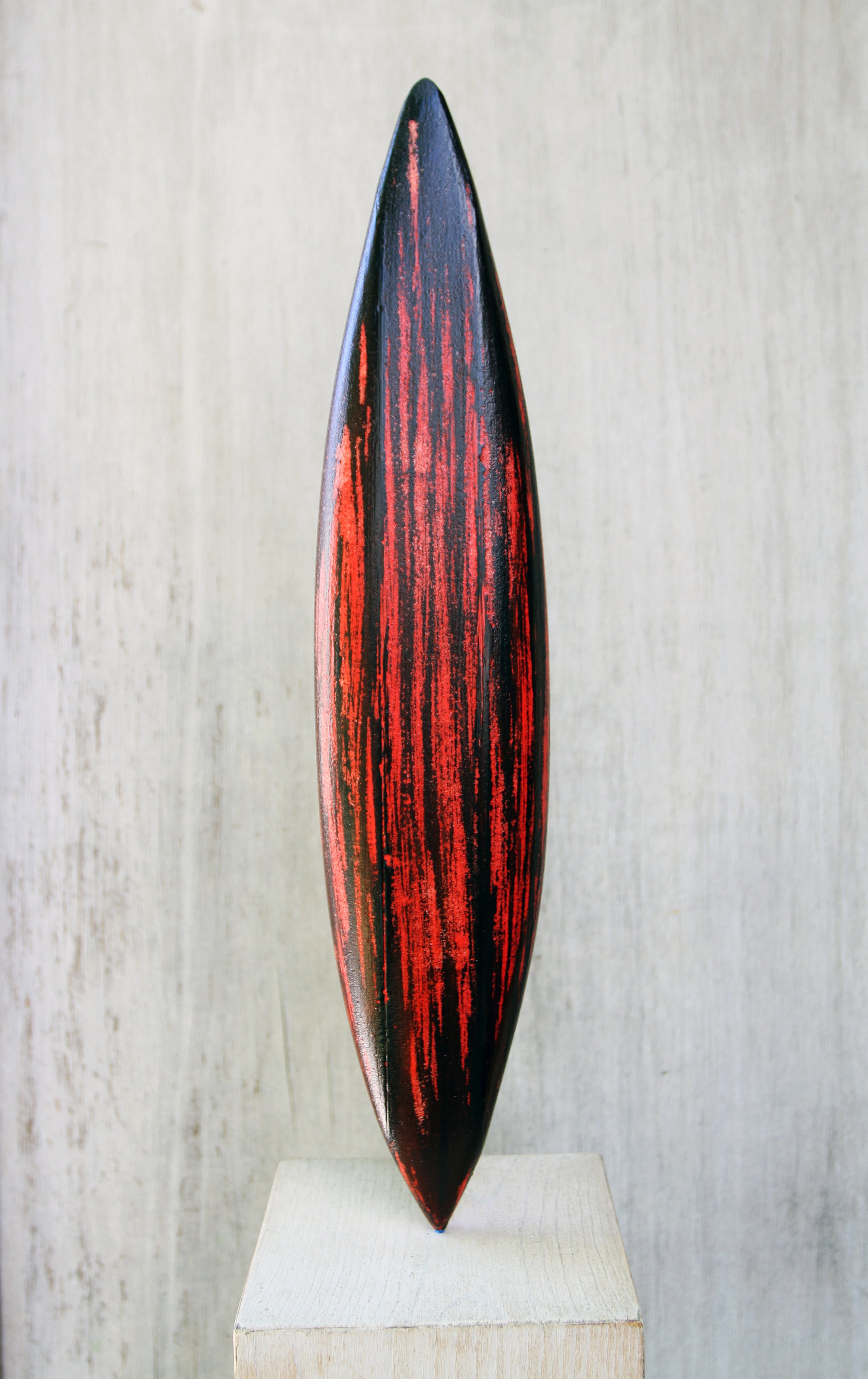
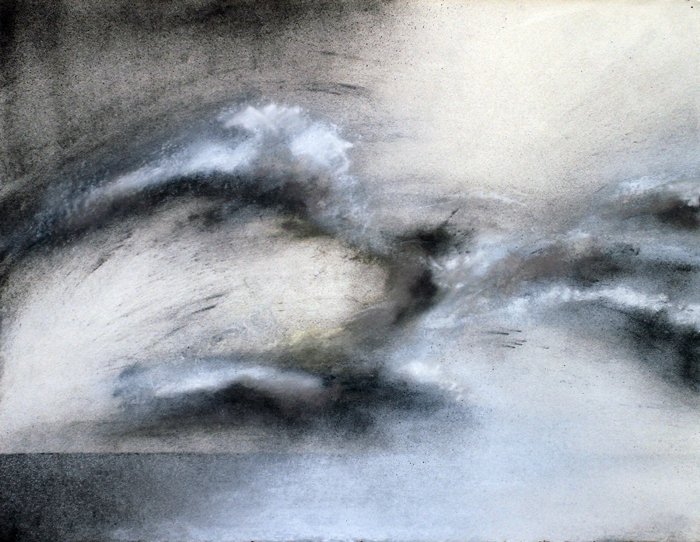
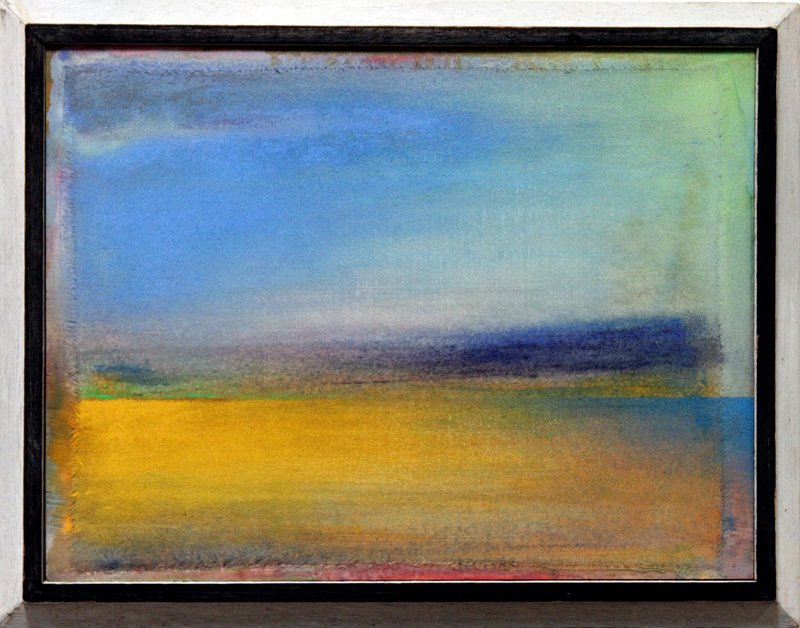
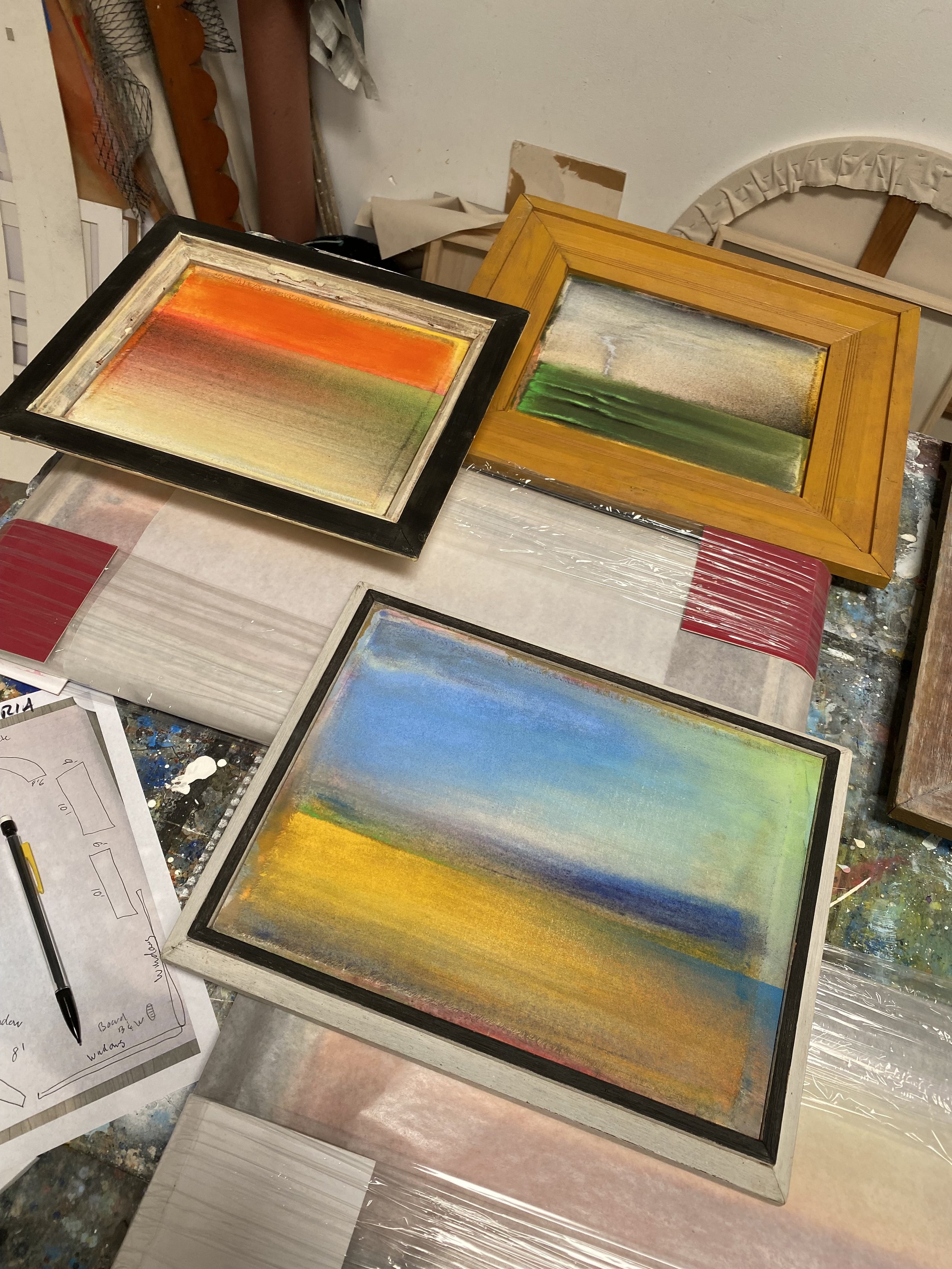
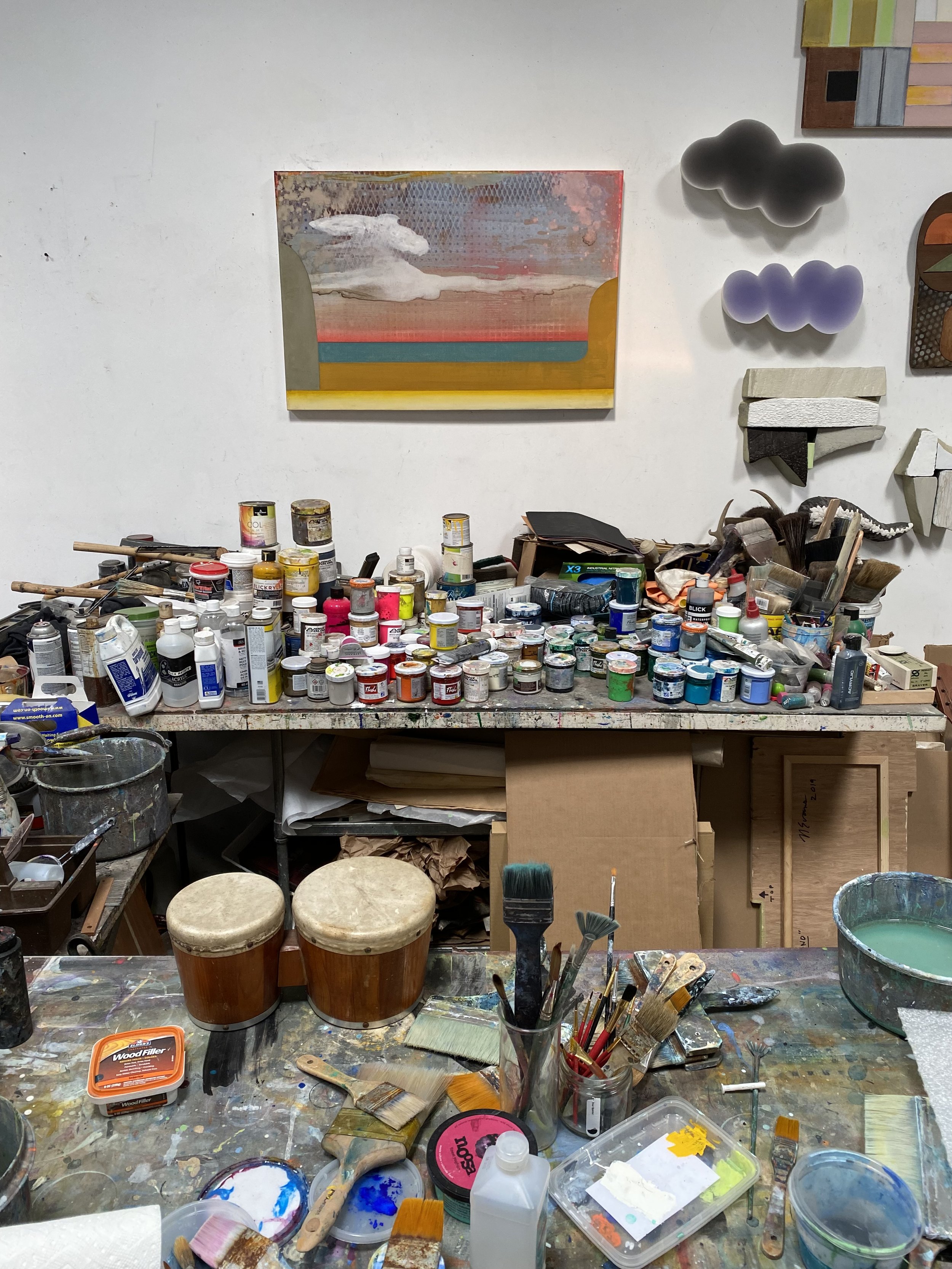

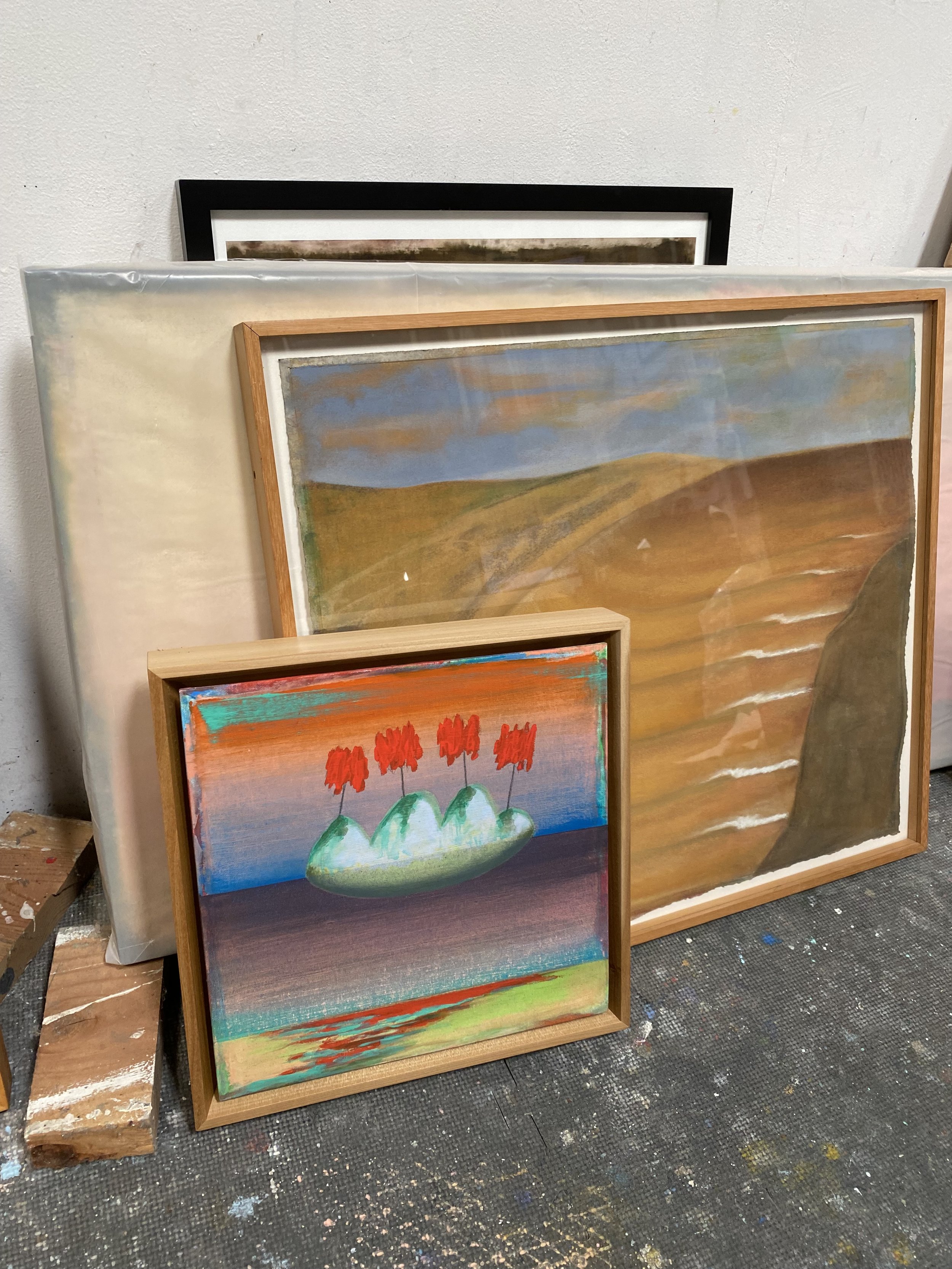
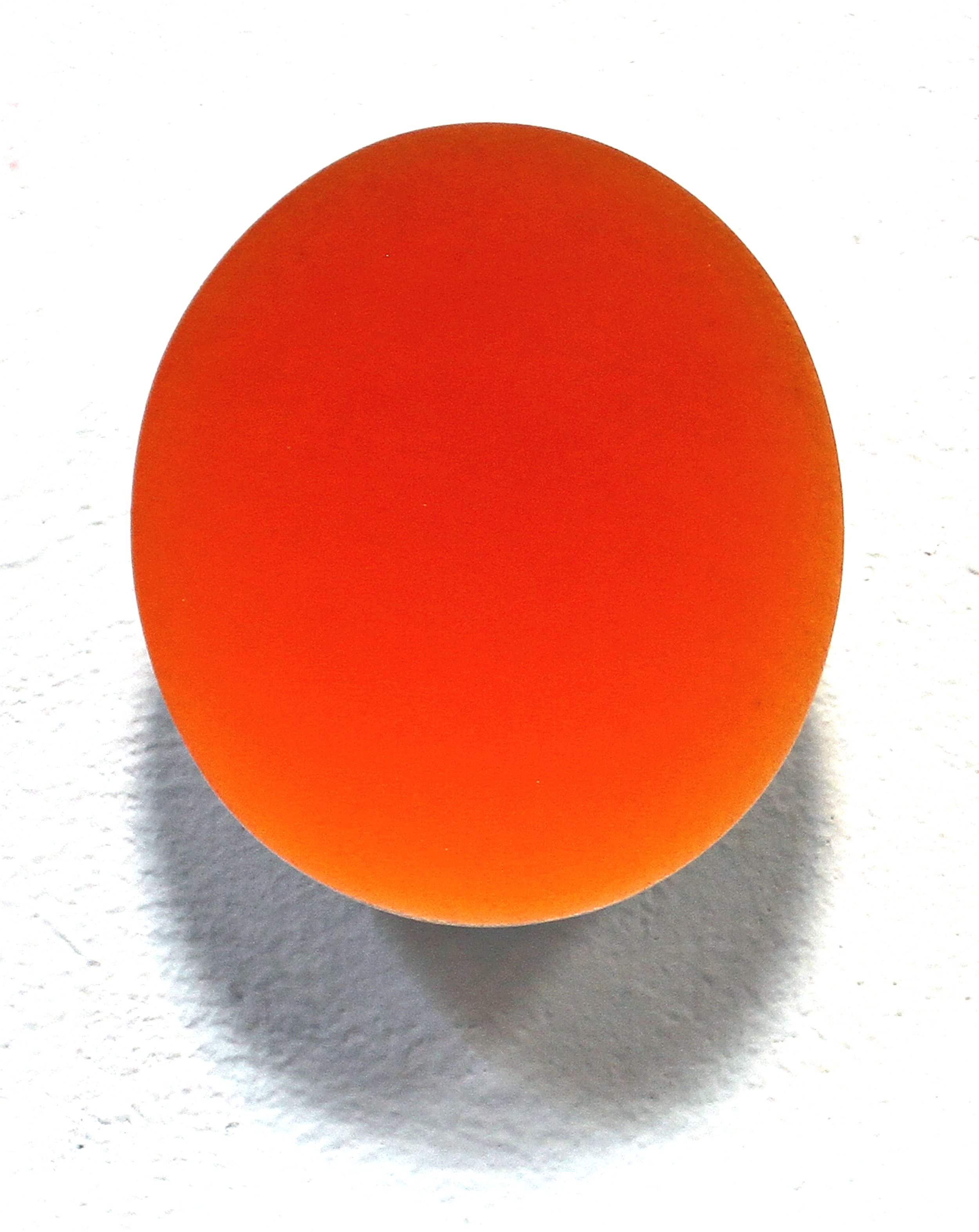
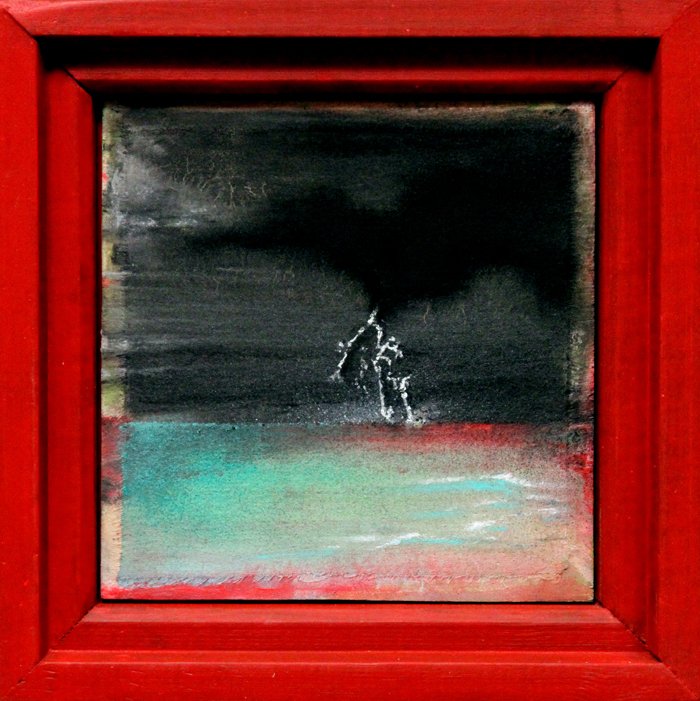
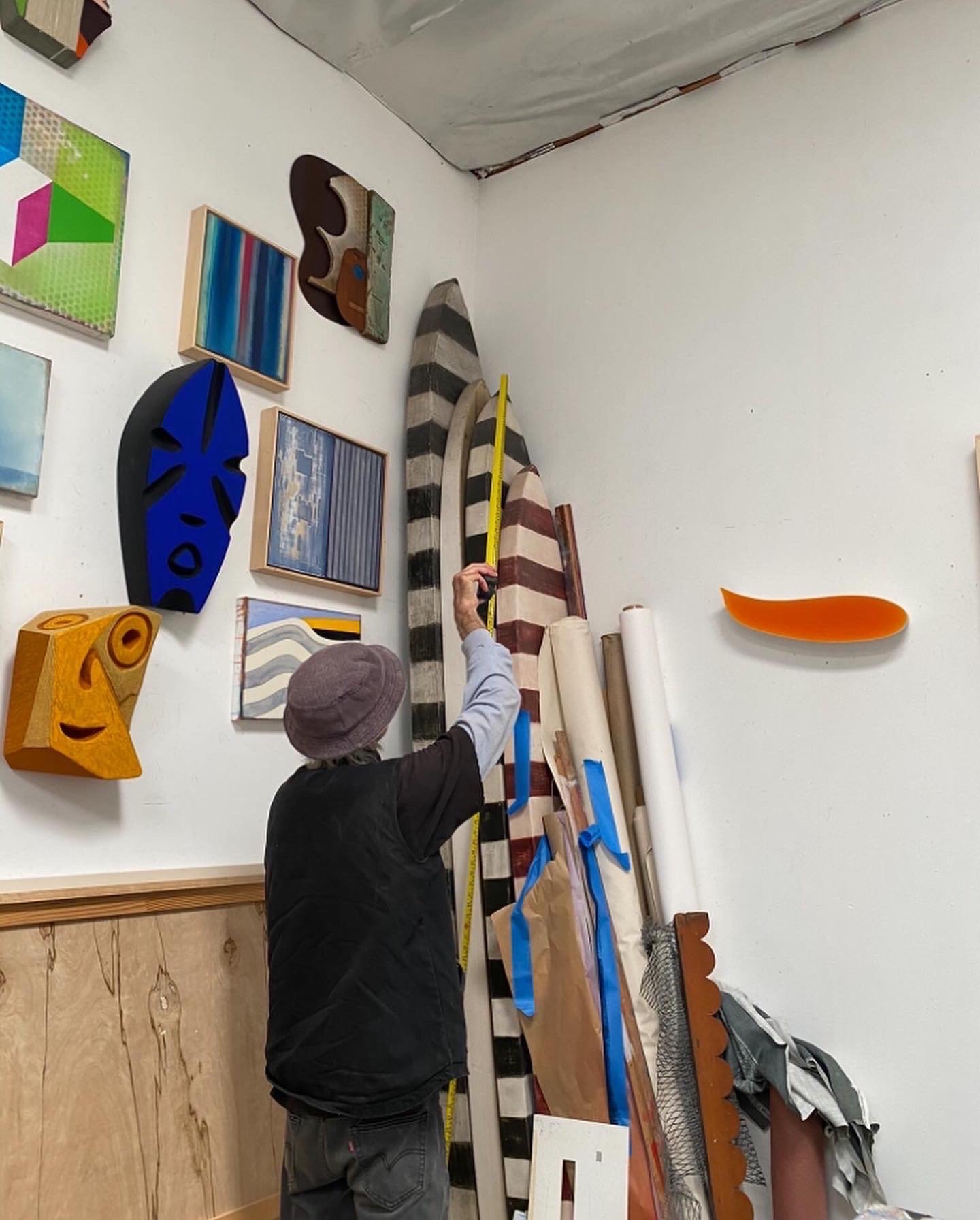

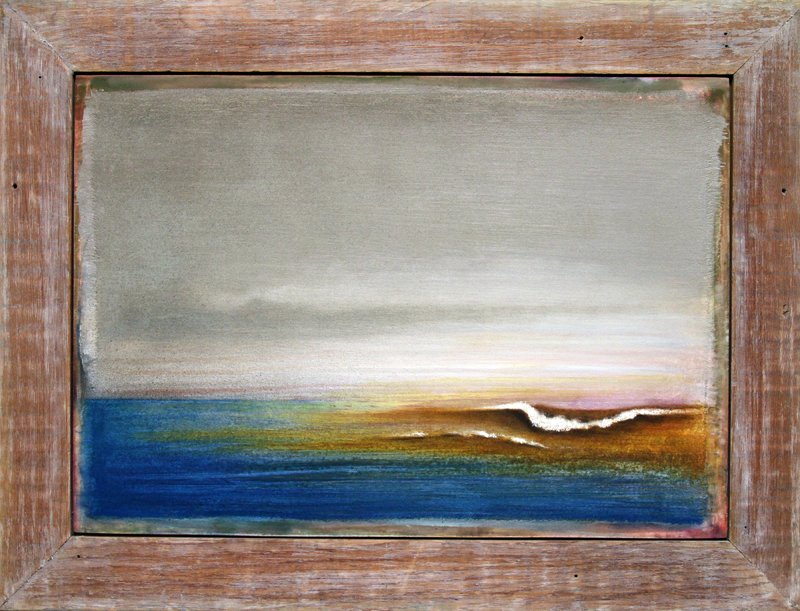
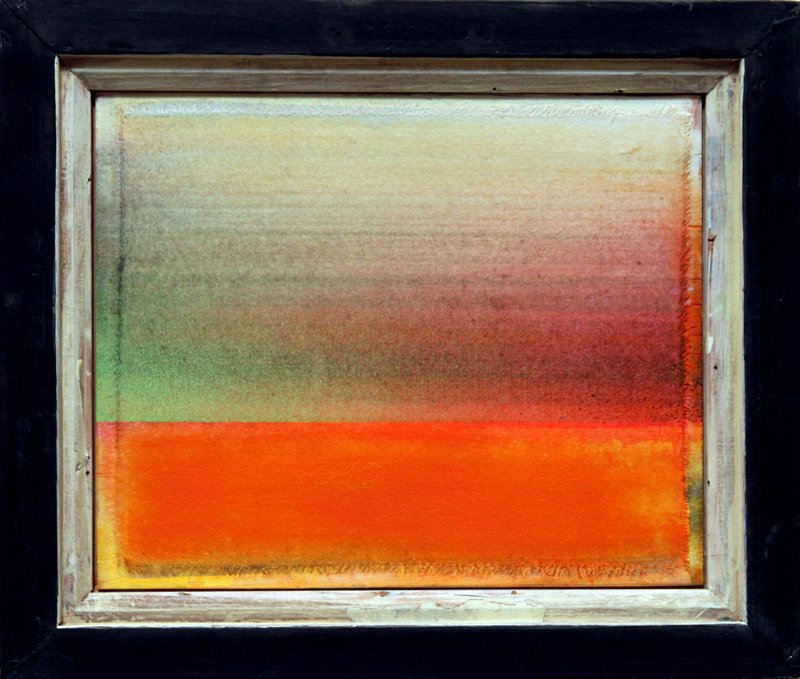
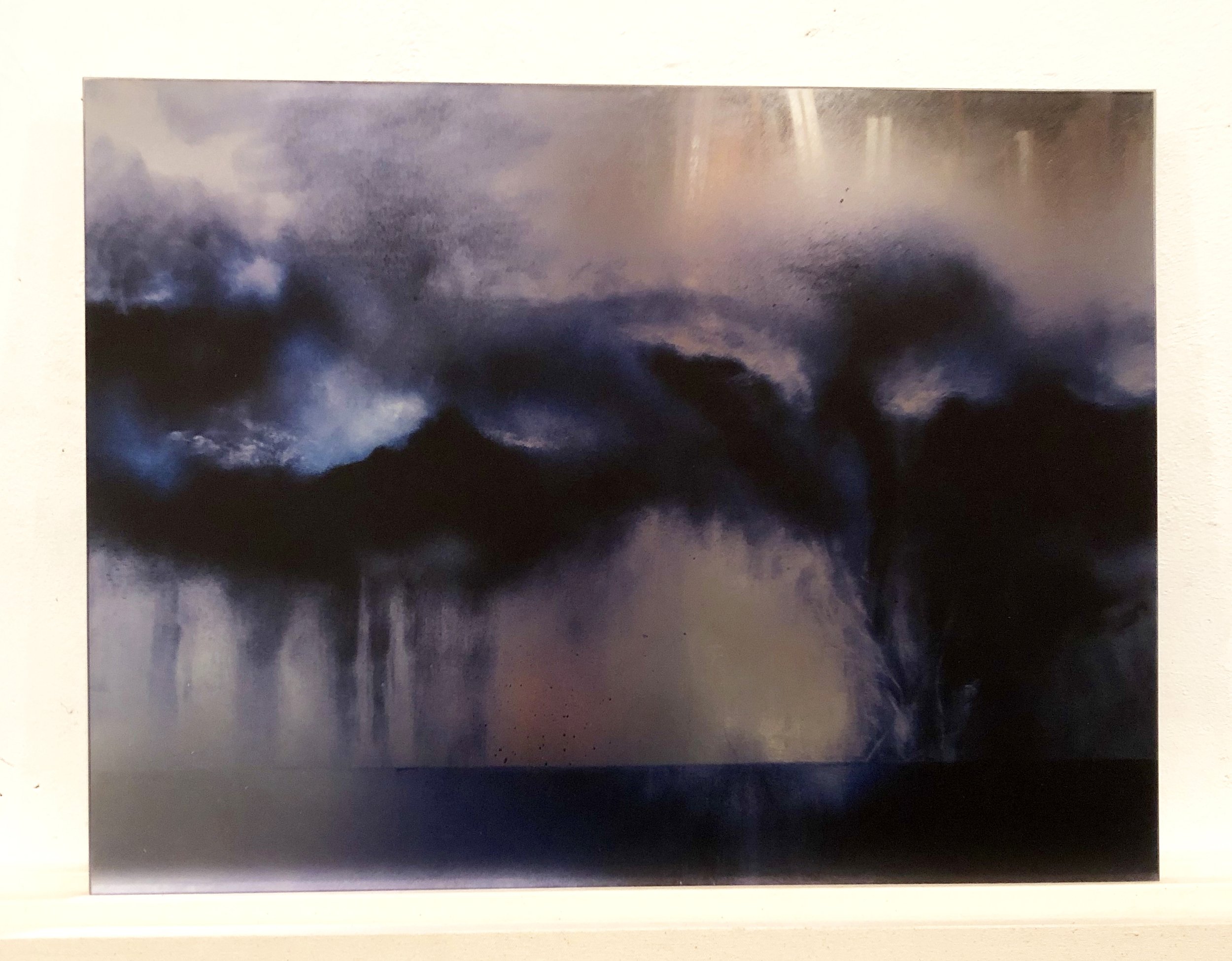
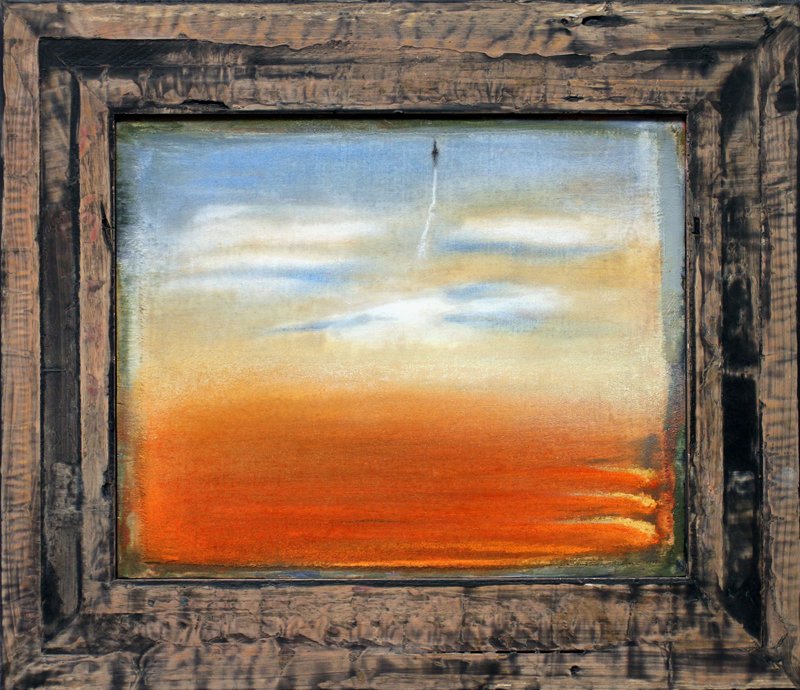
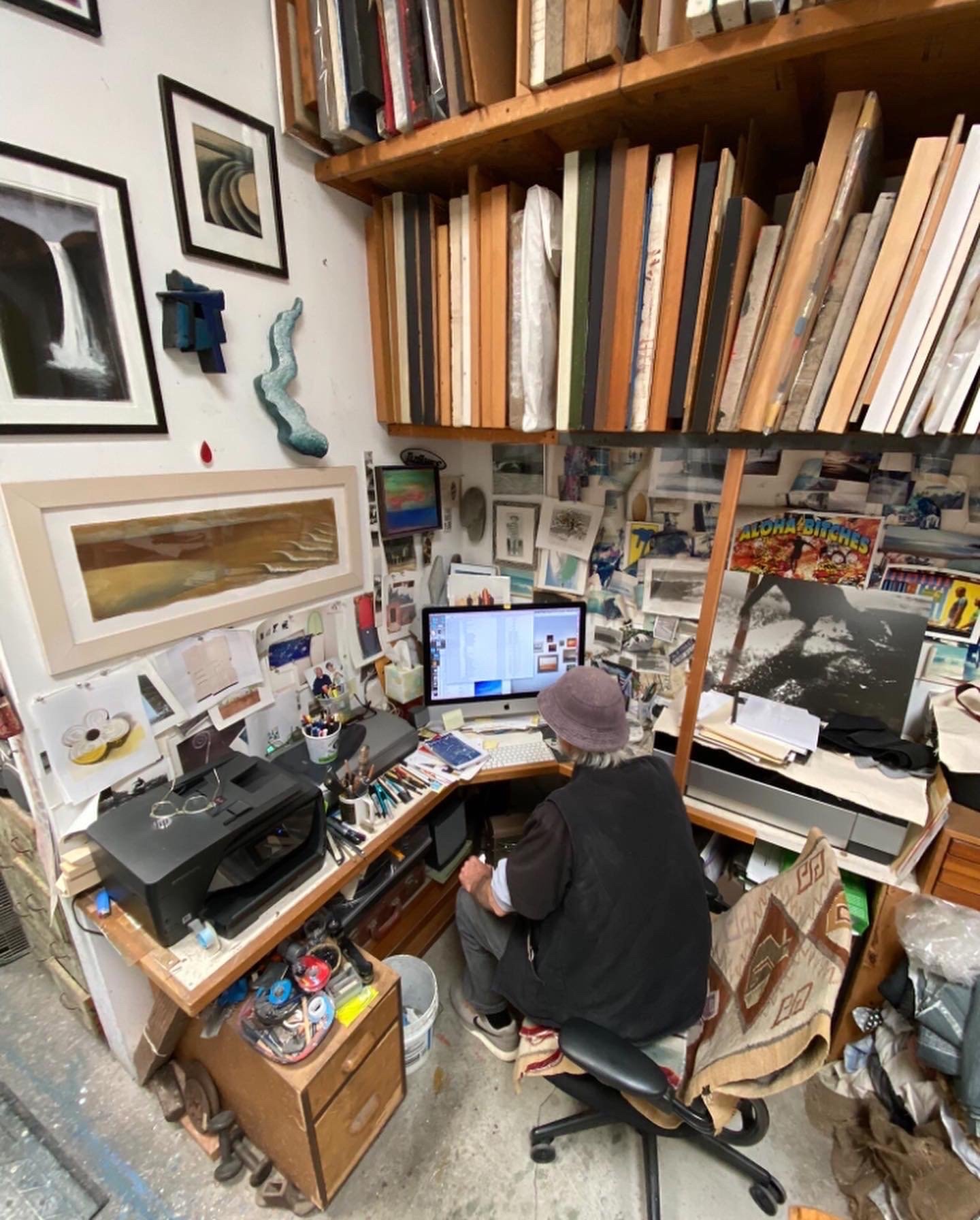
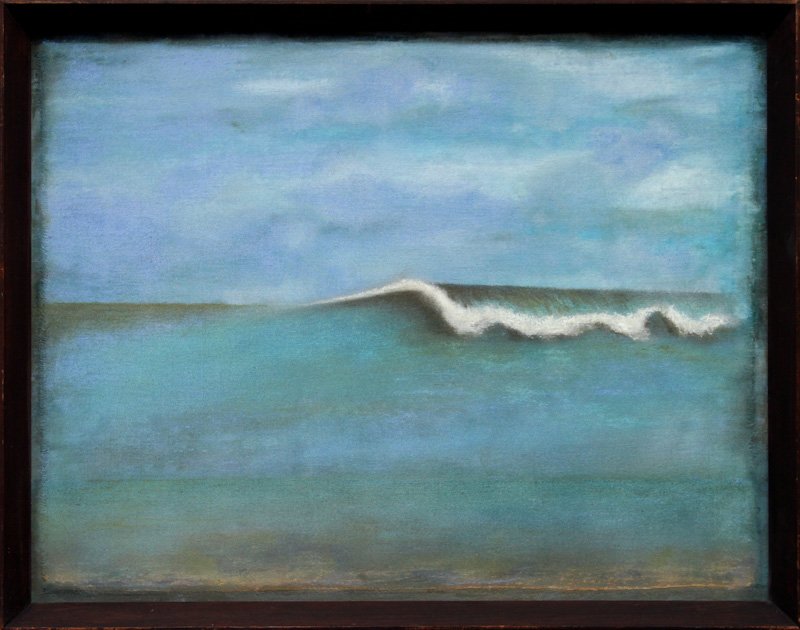
NED EVANS
H2O’s-20 years

Open house every Friday afternoon
To schedule a private gallery viewing click the button below
































